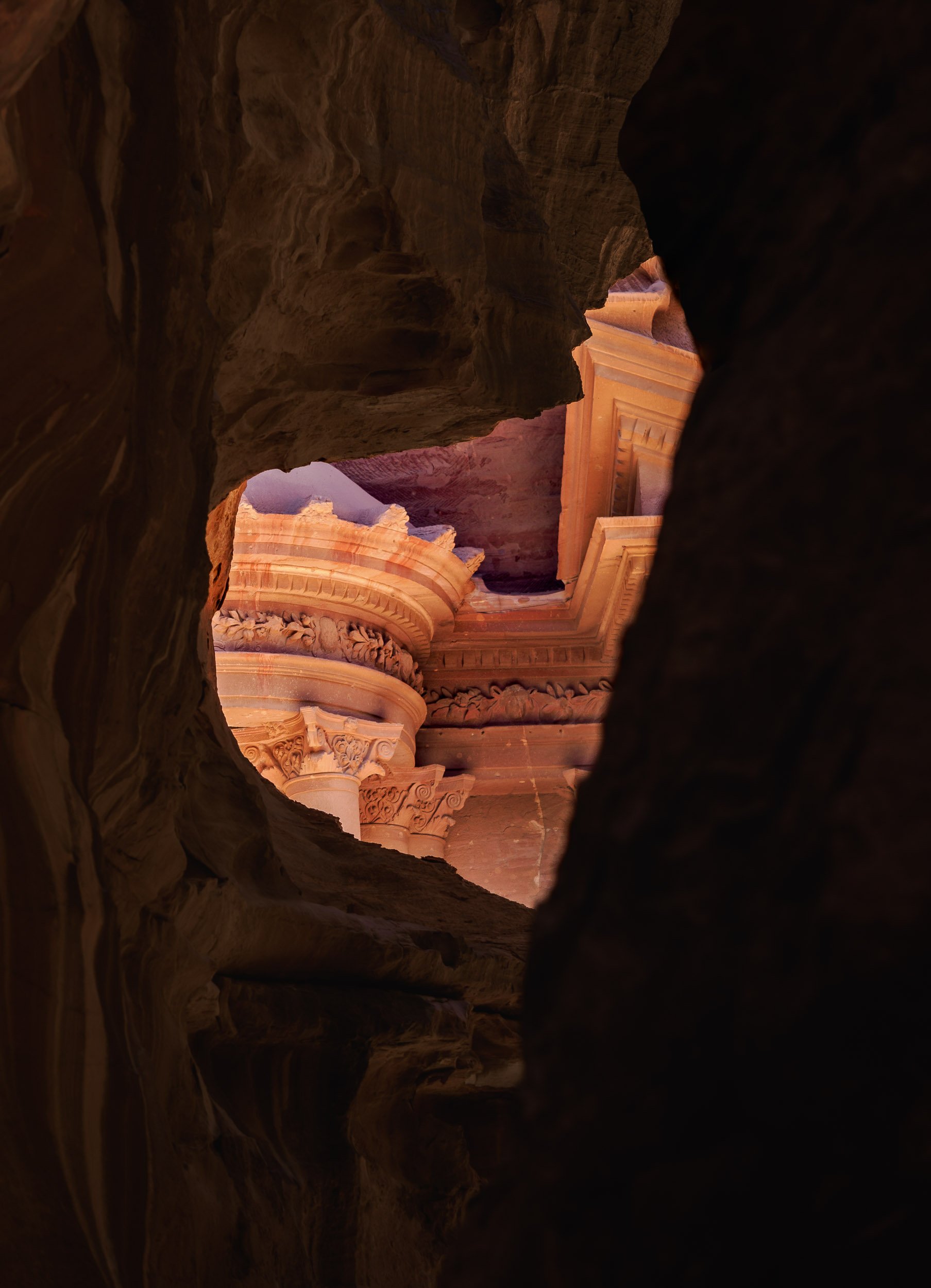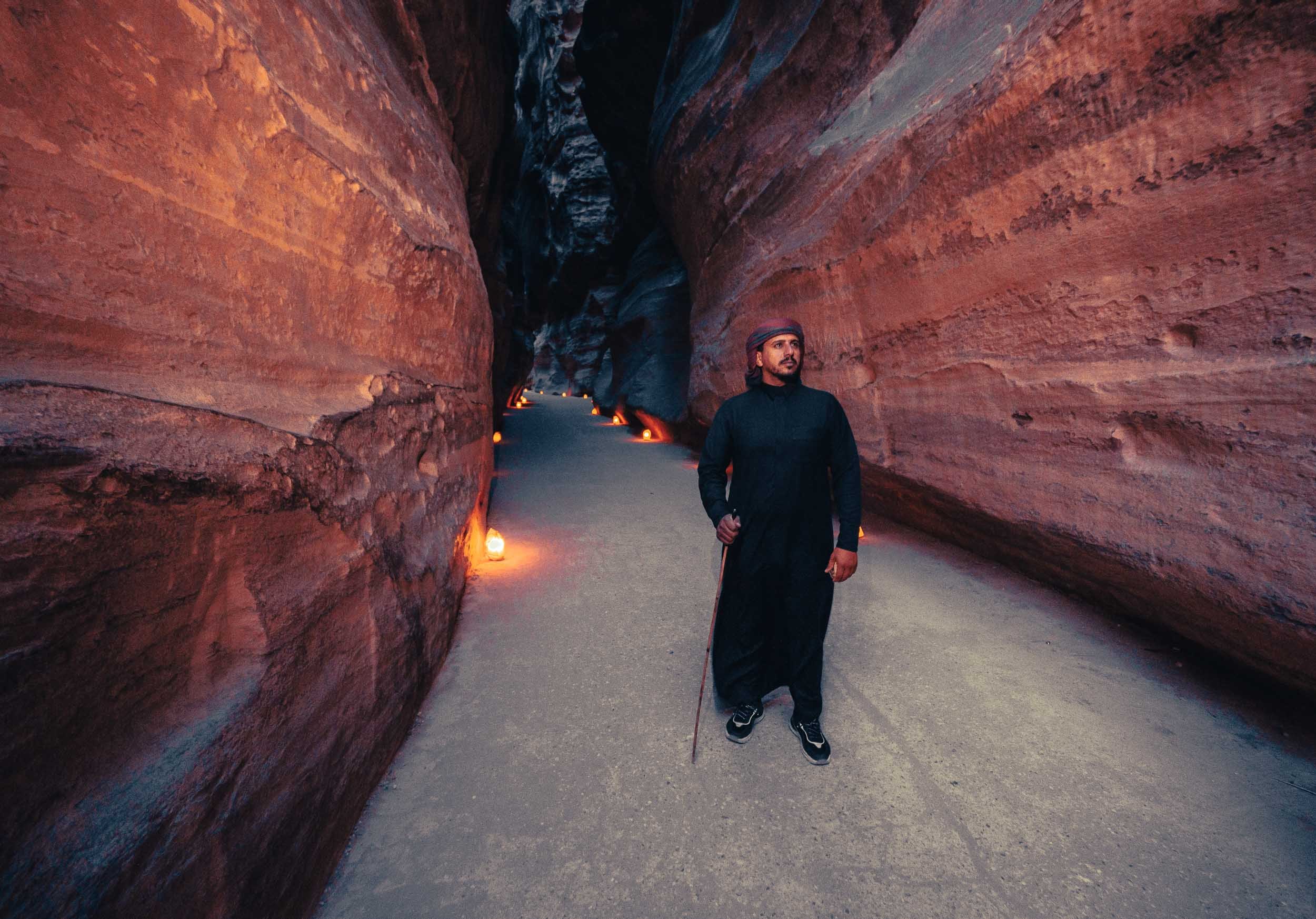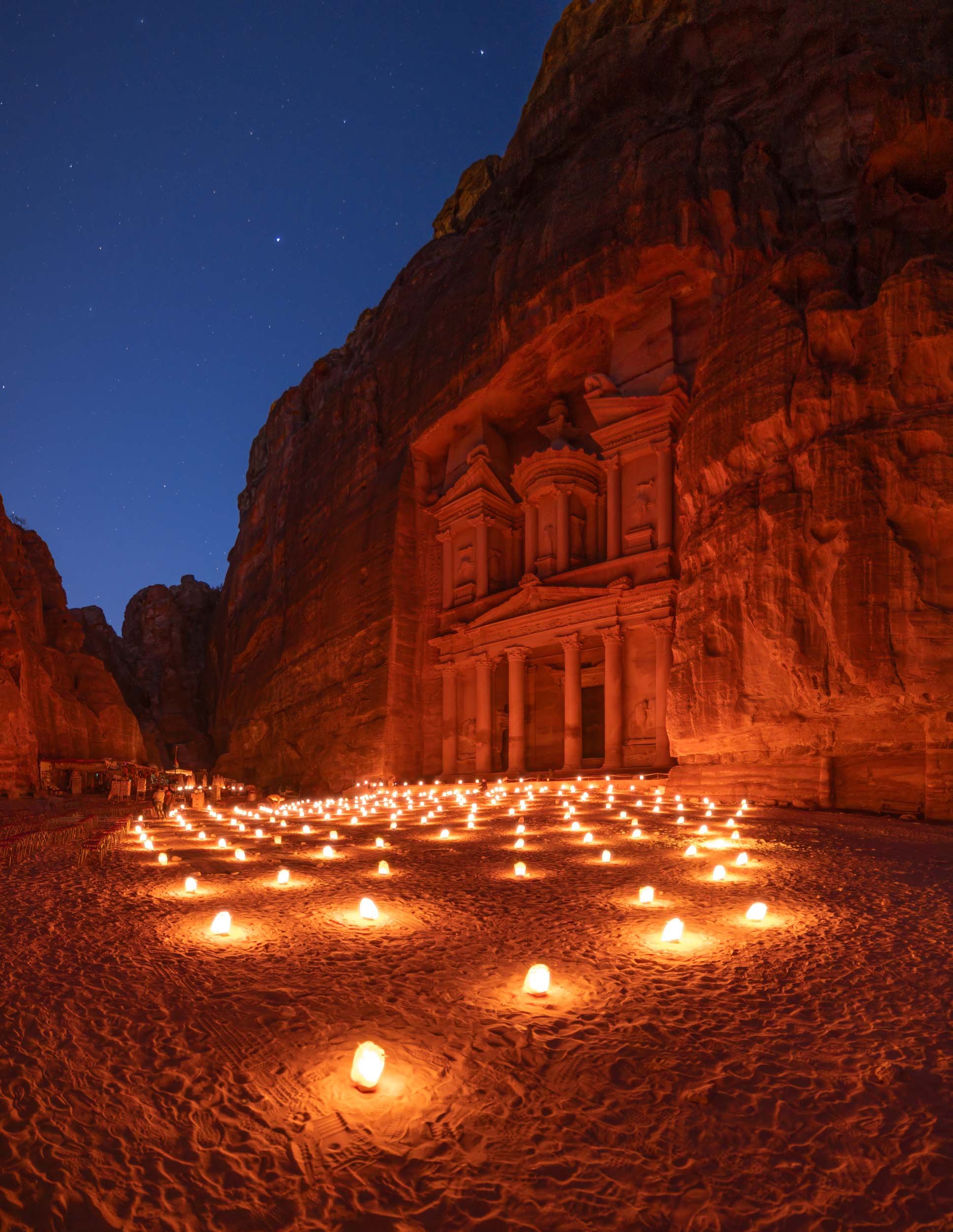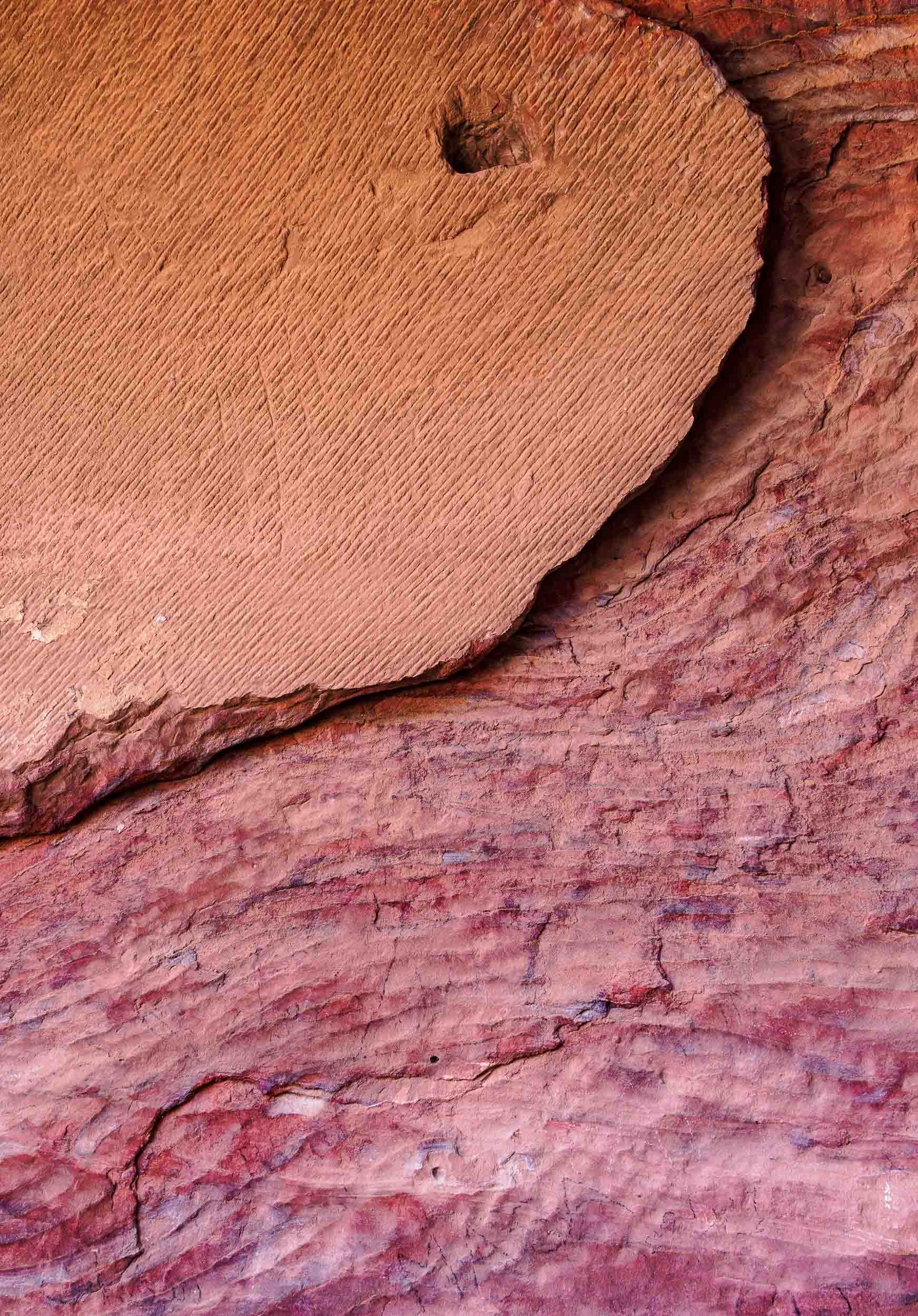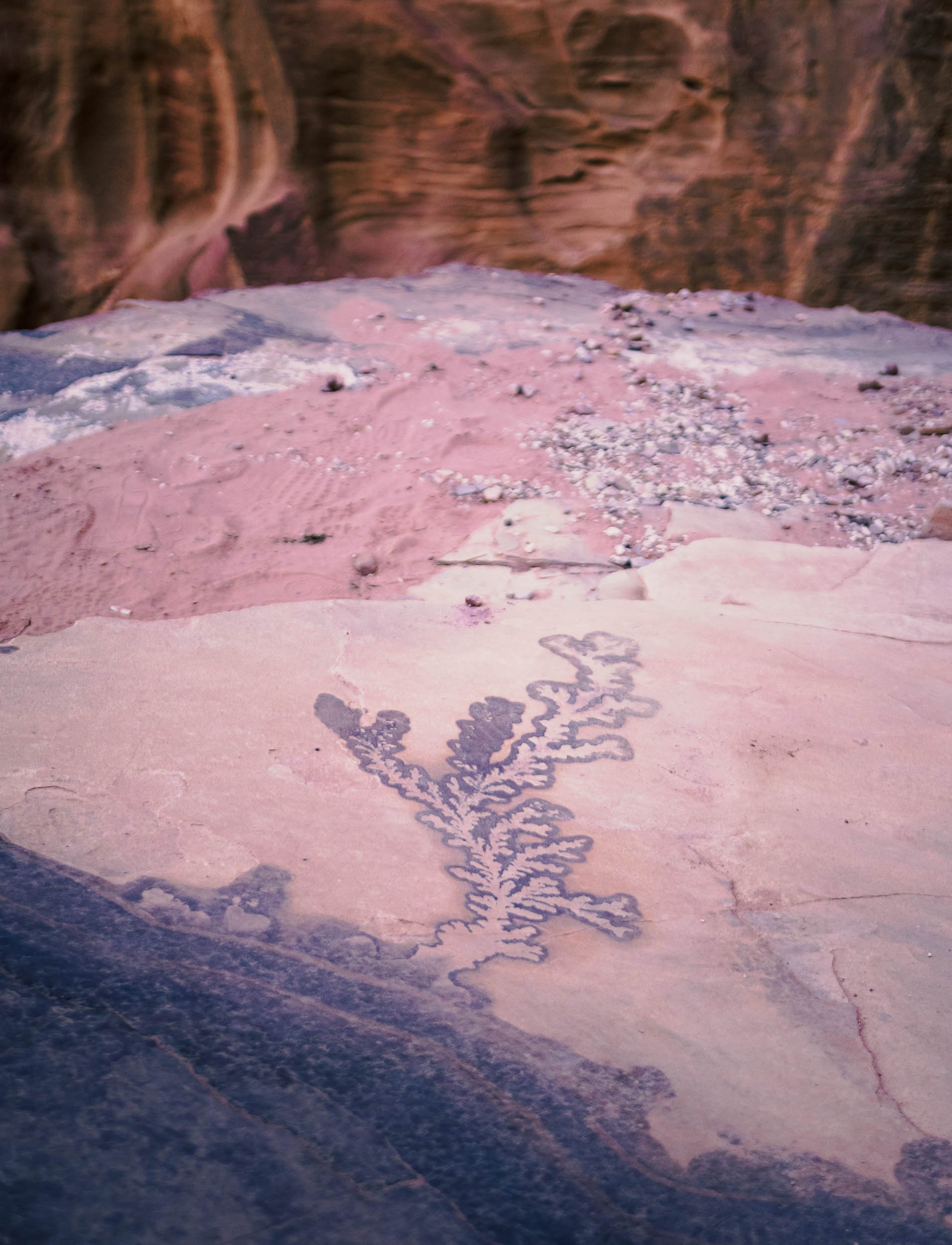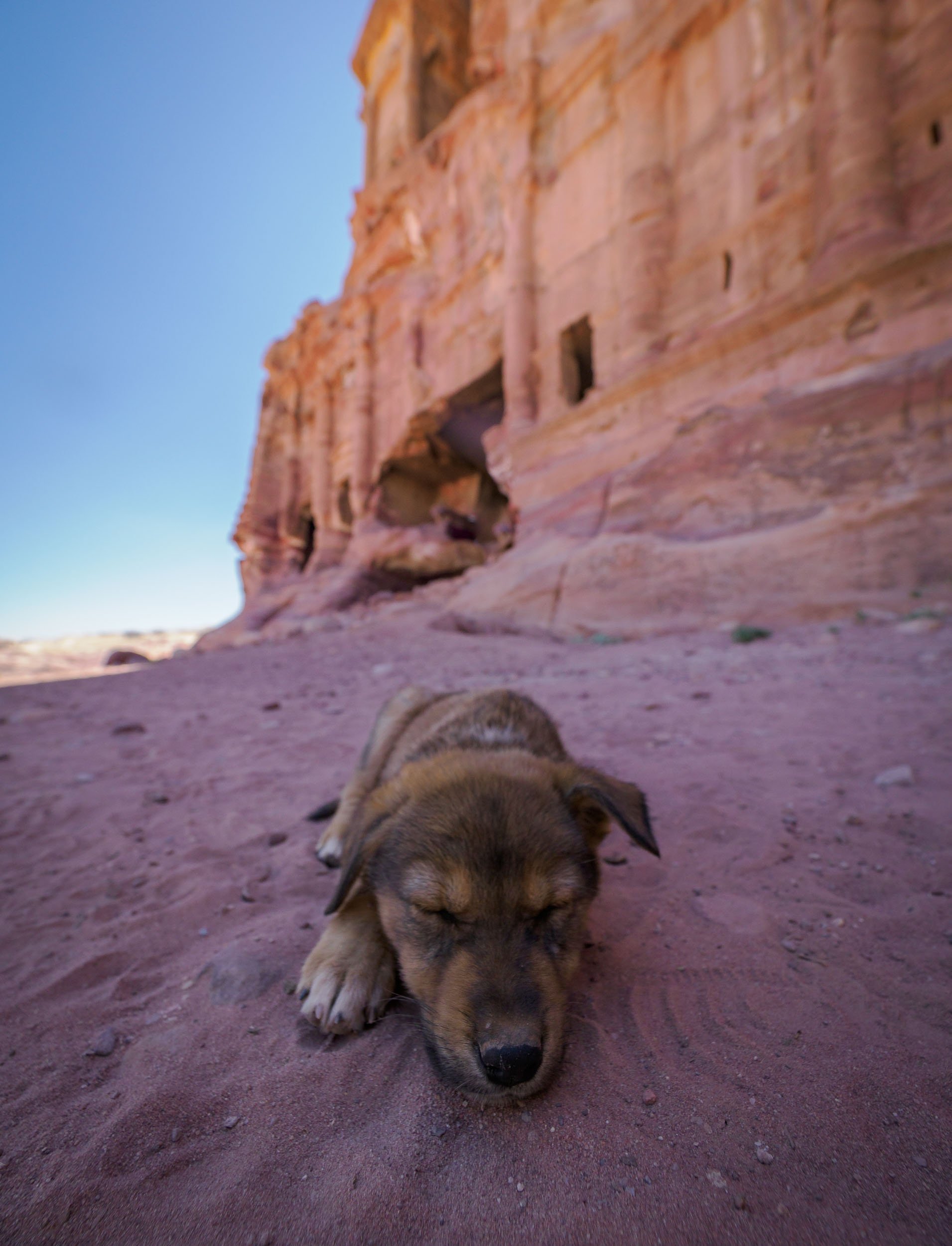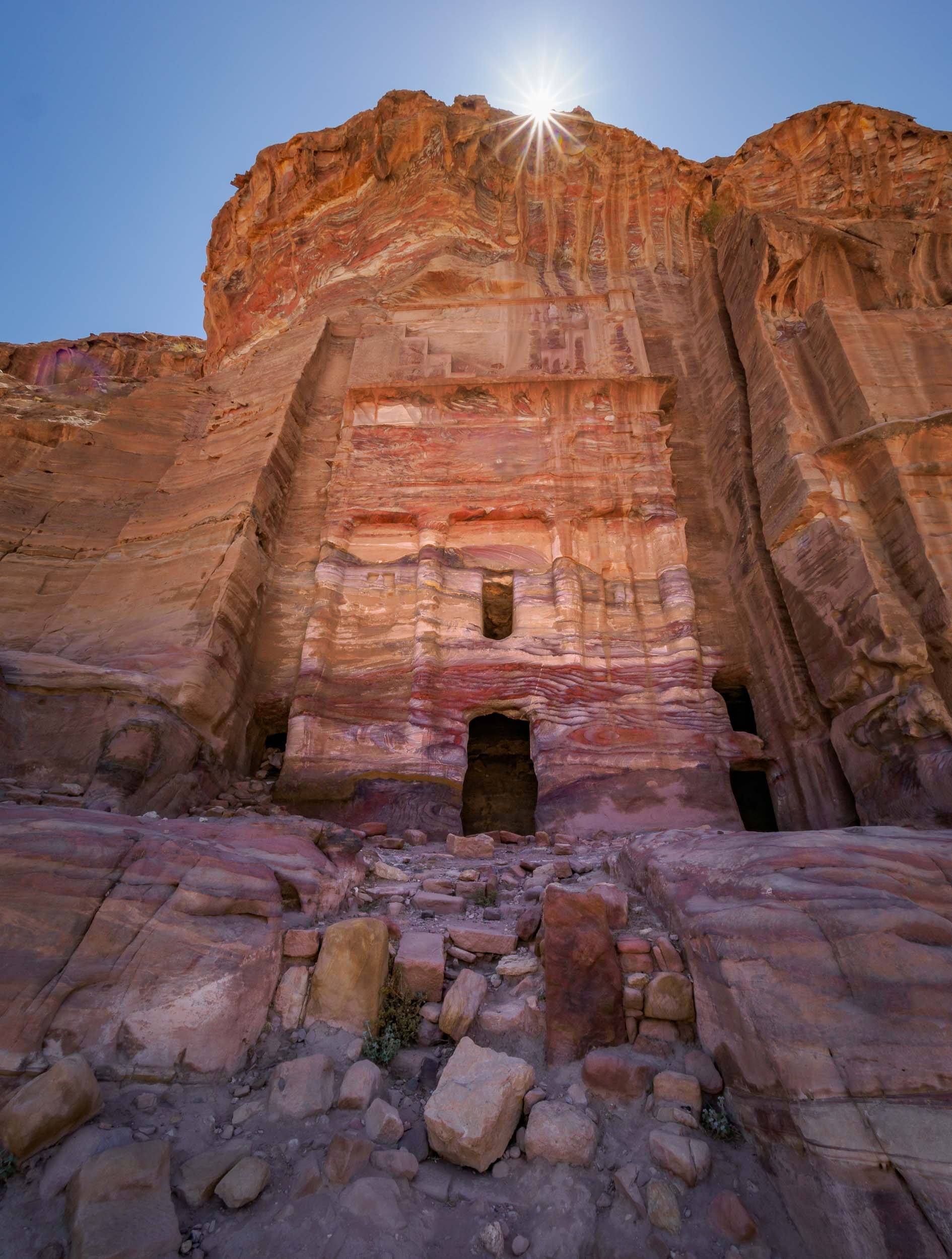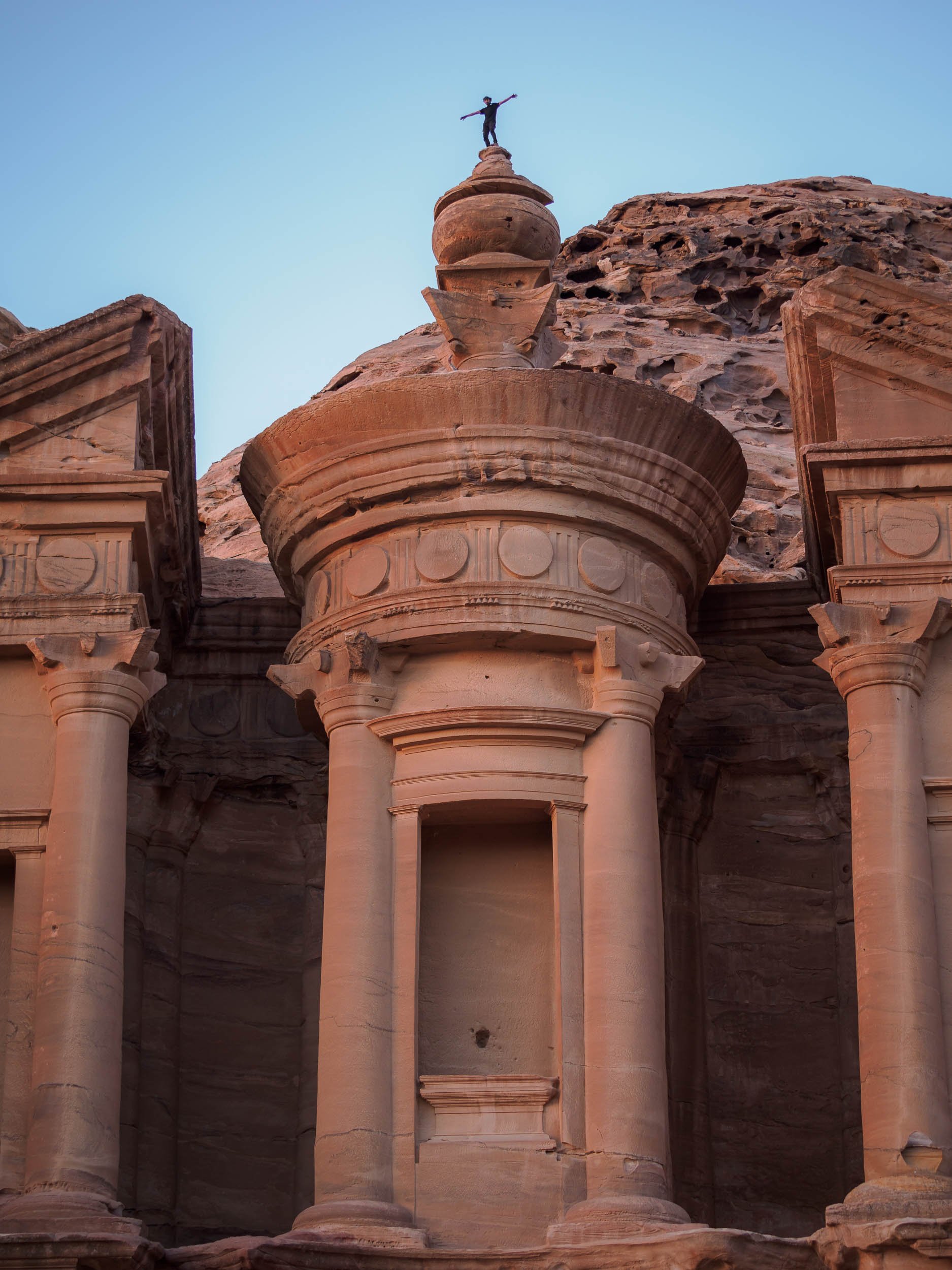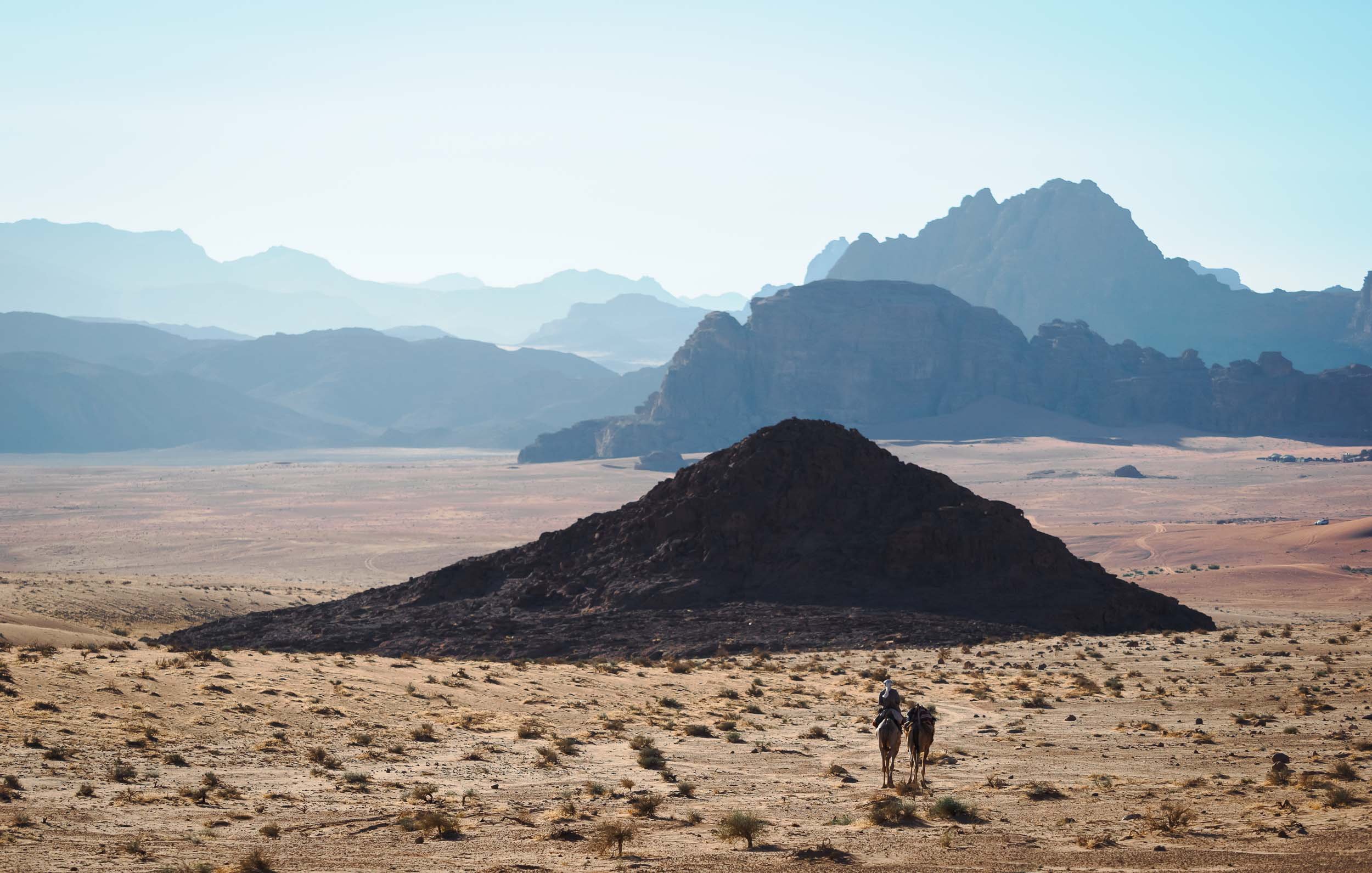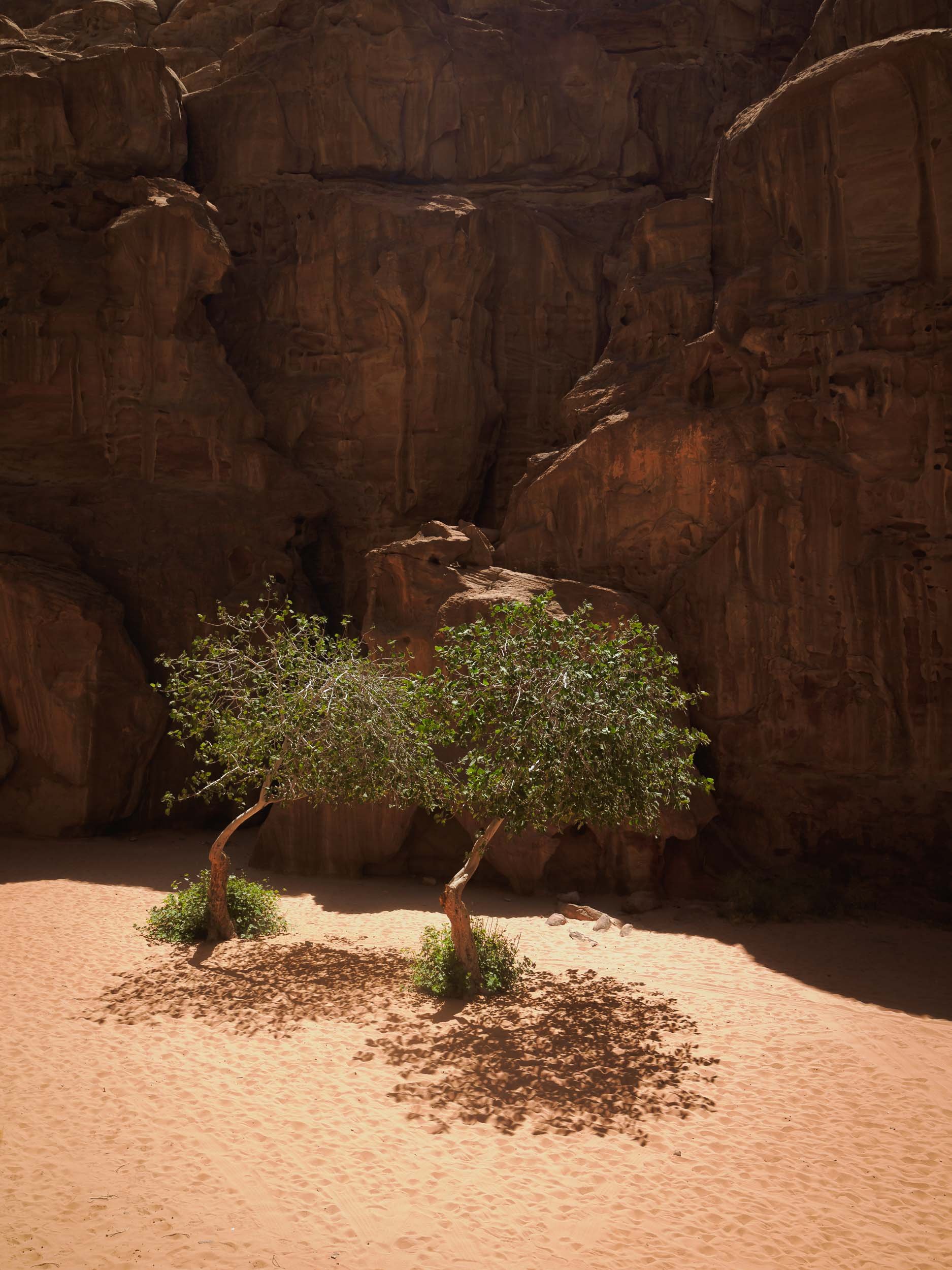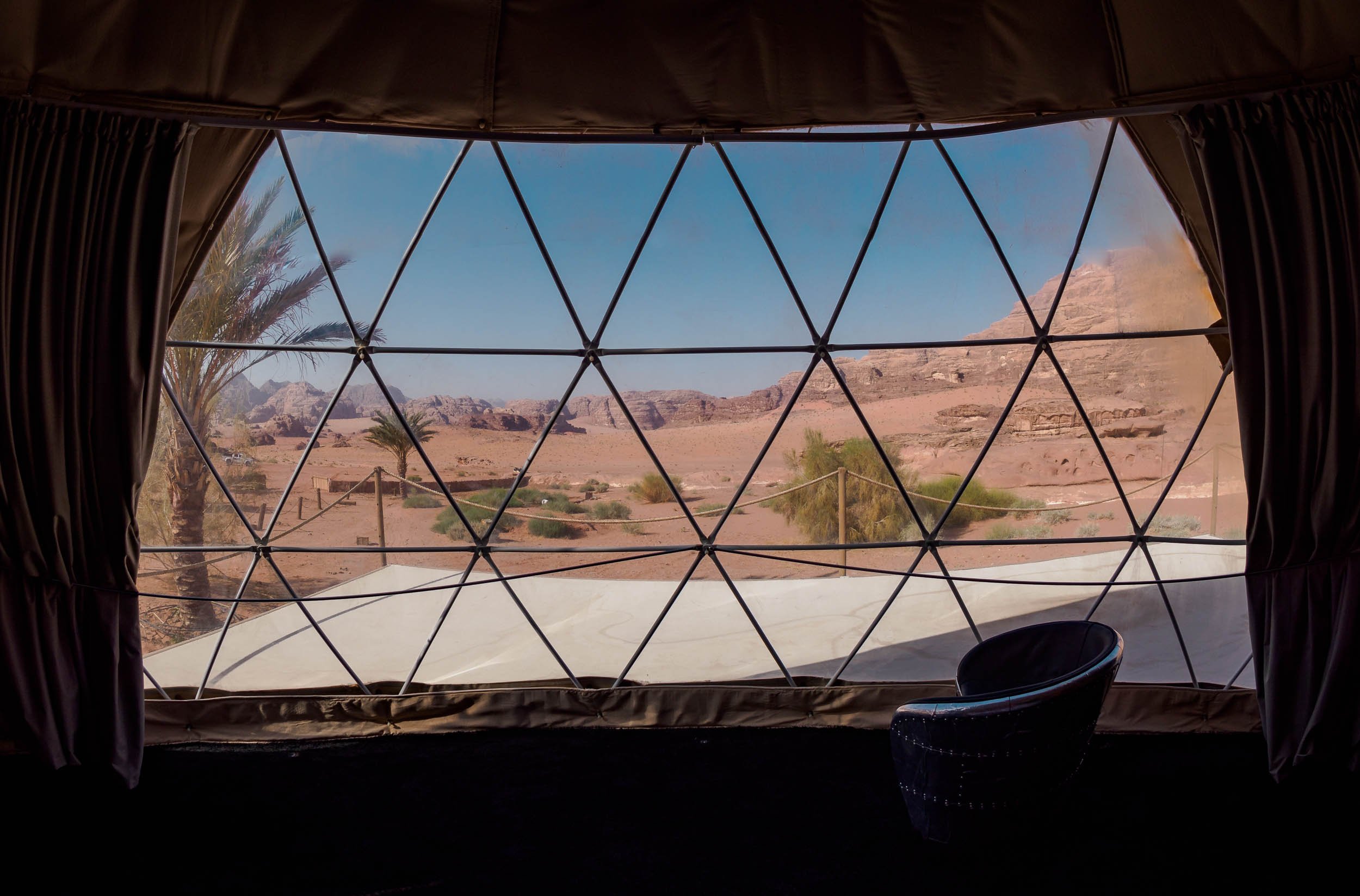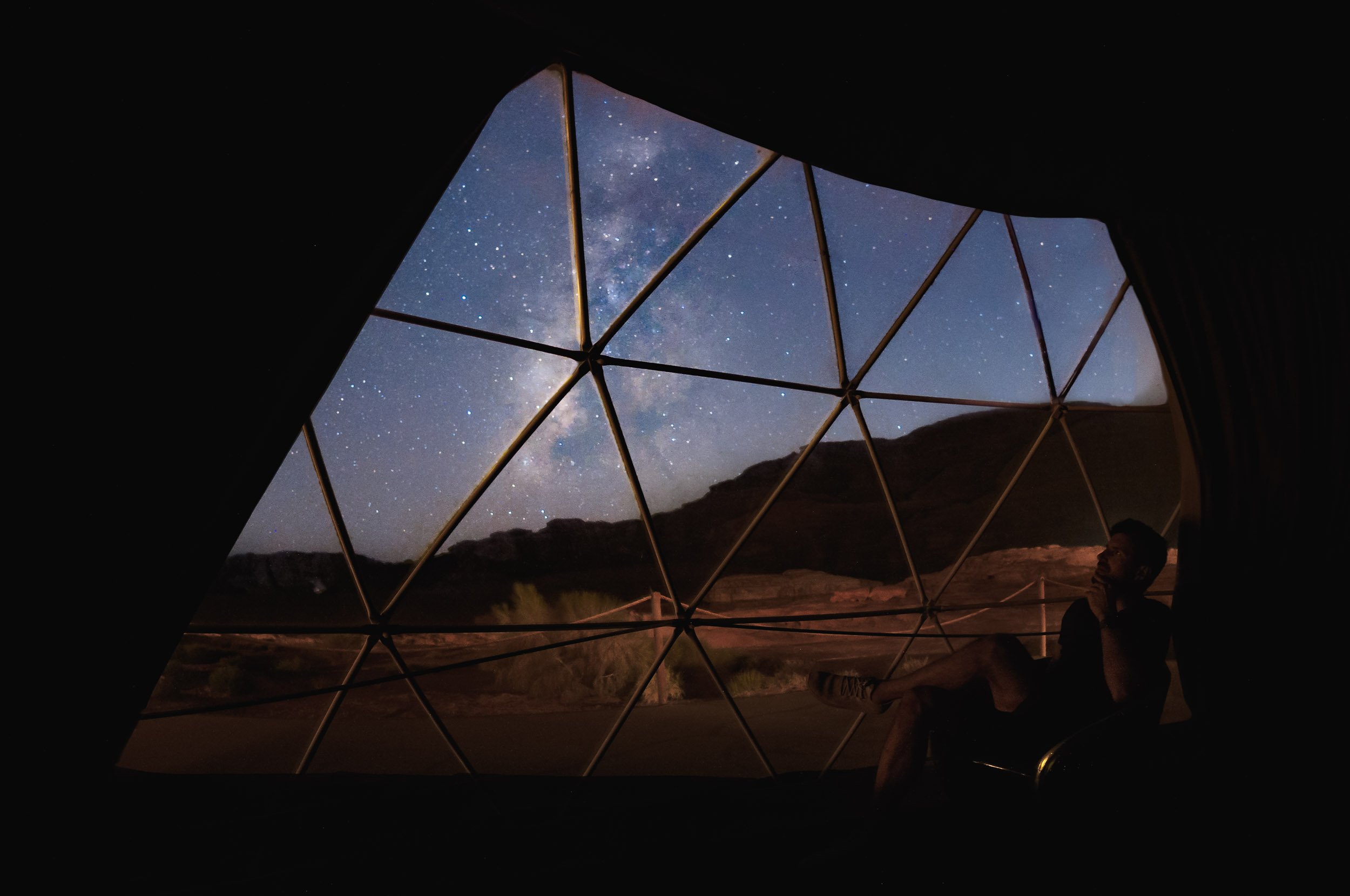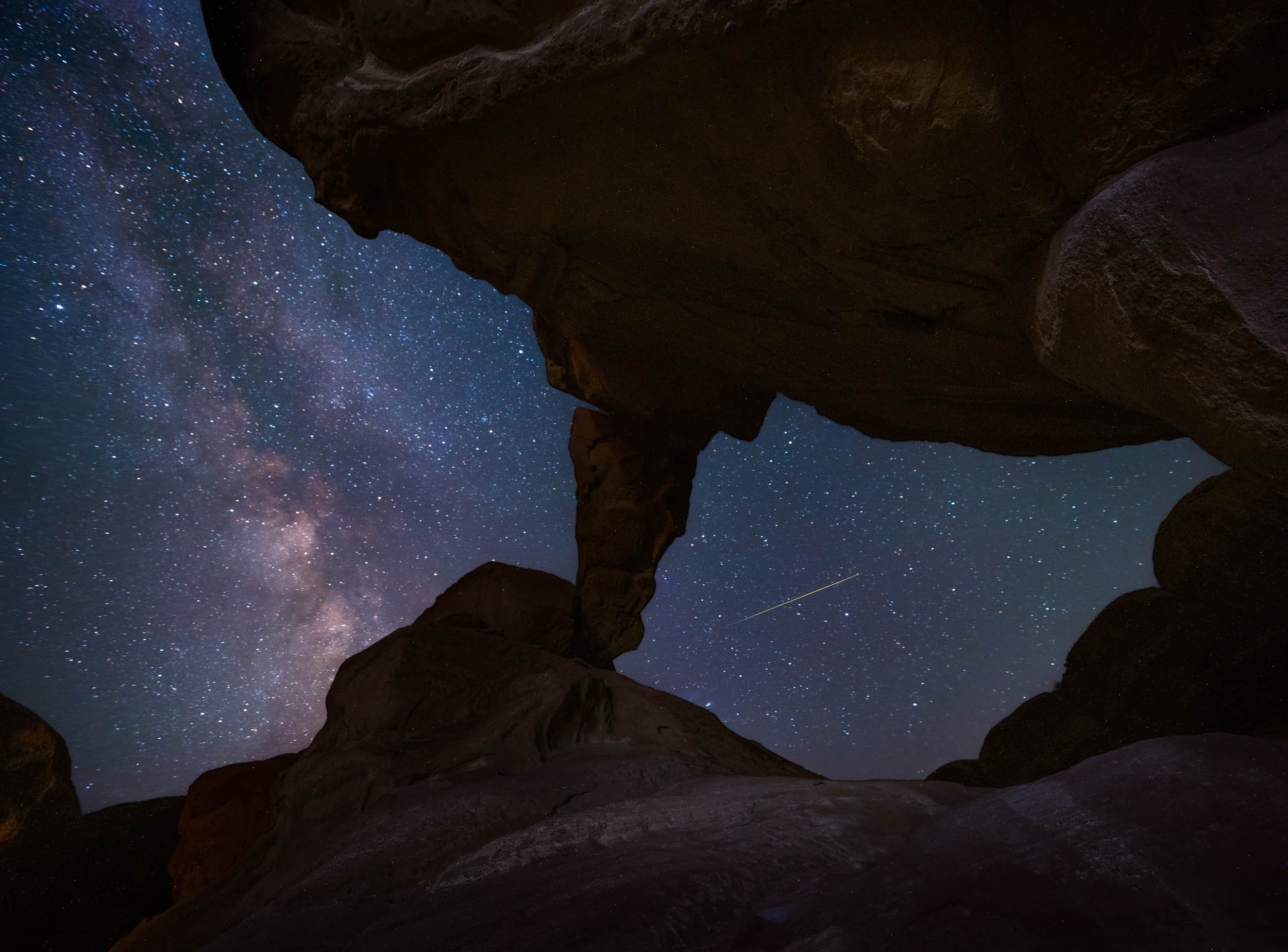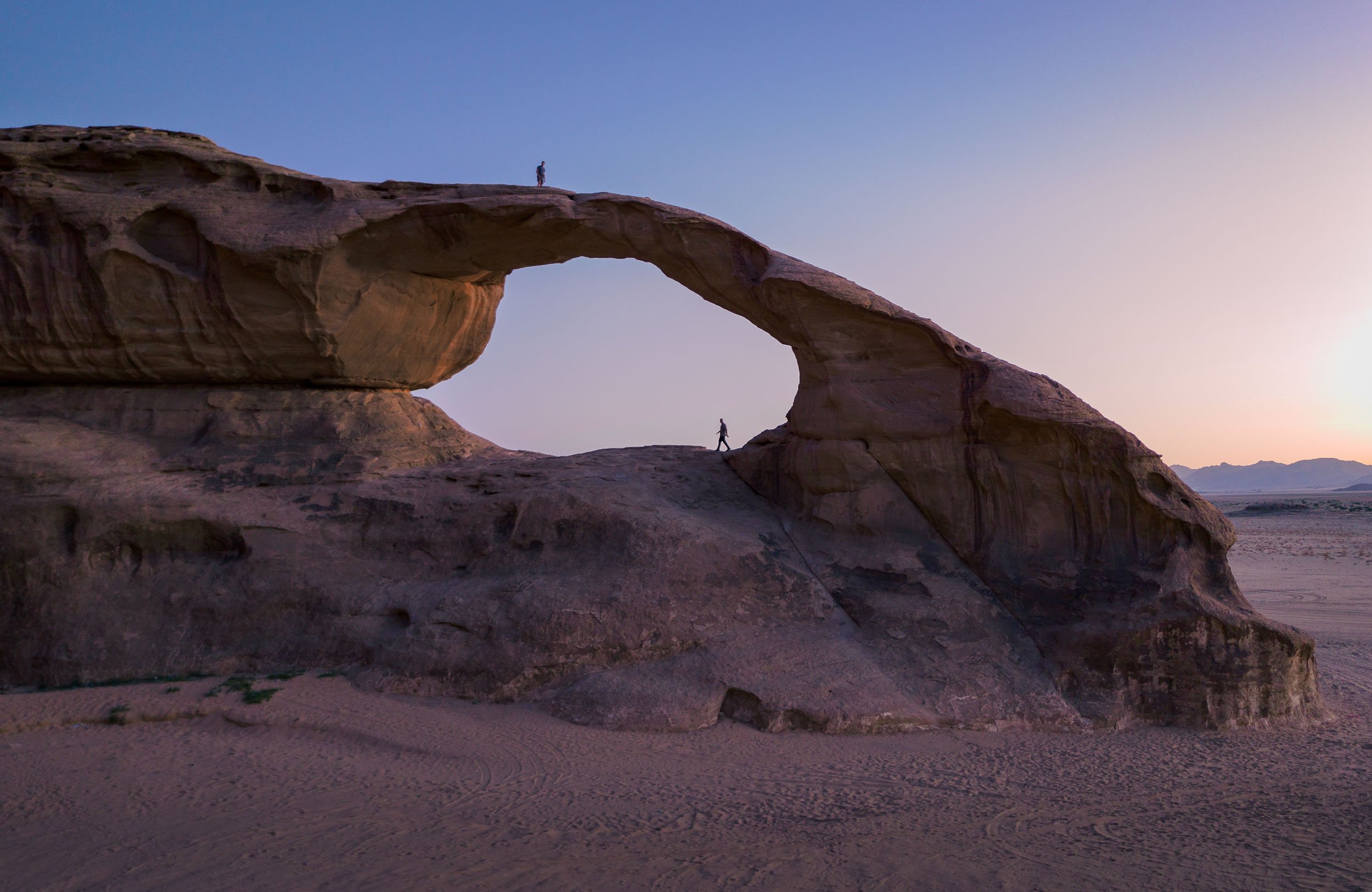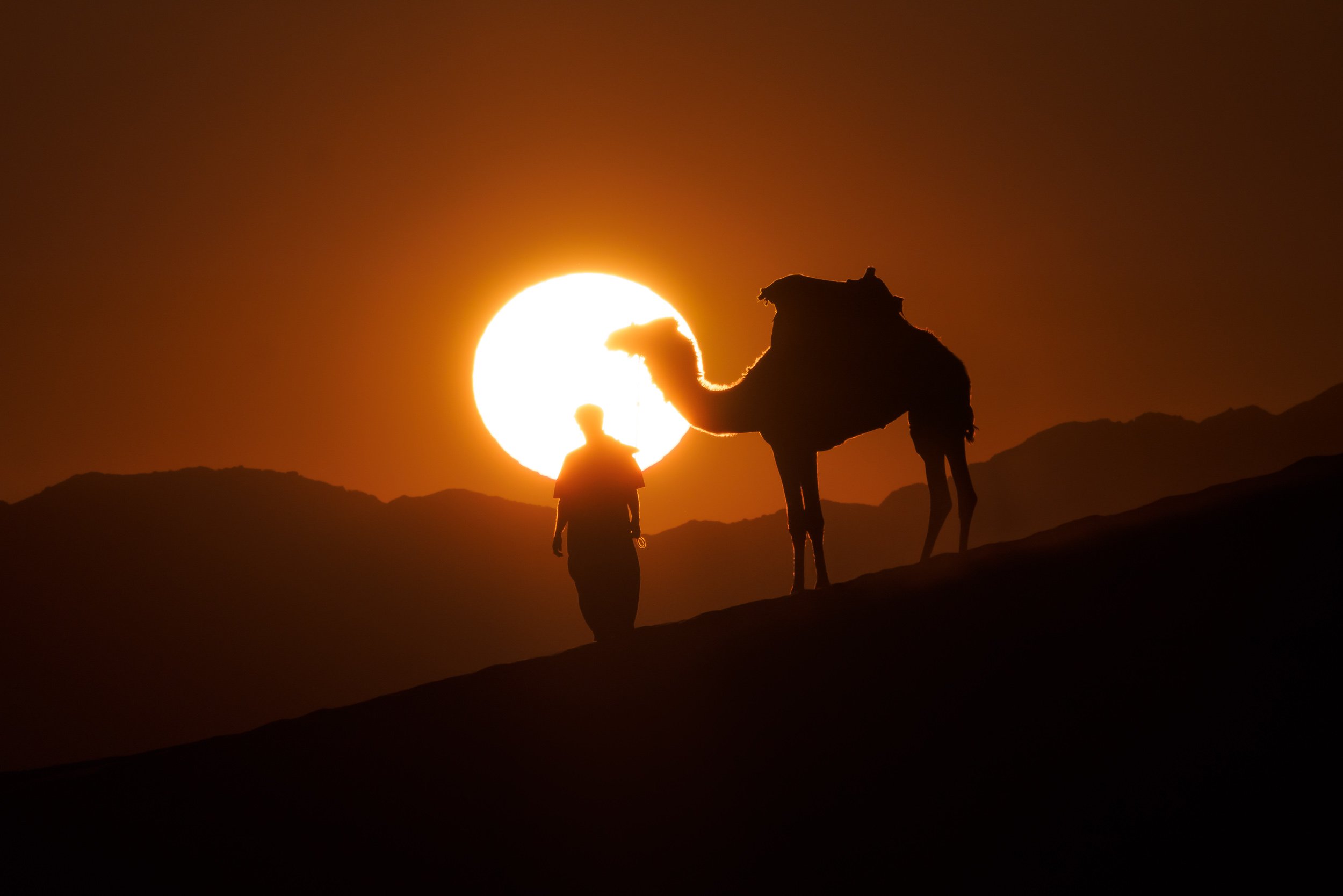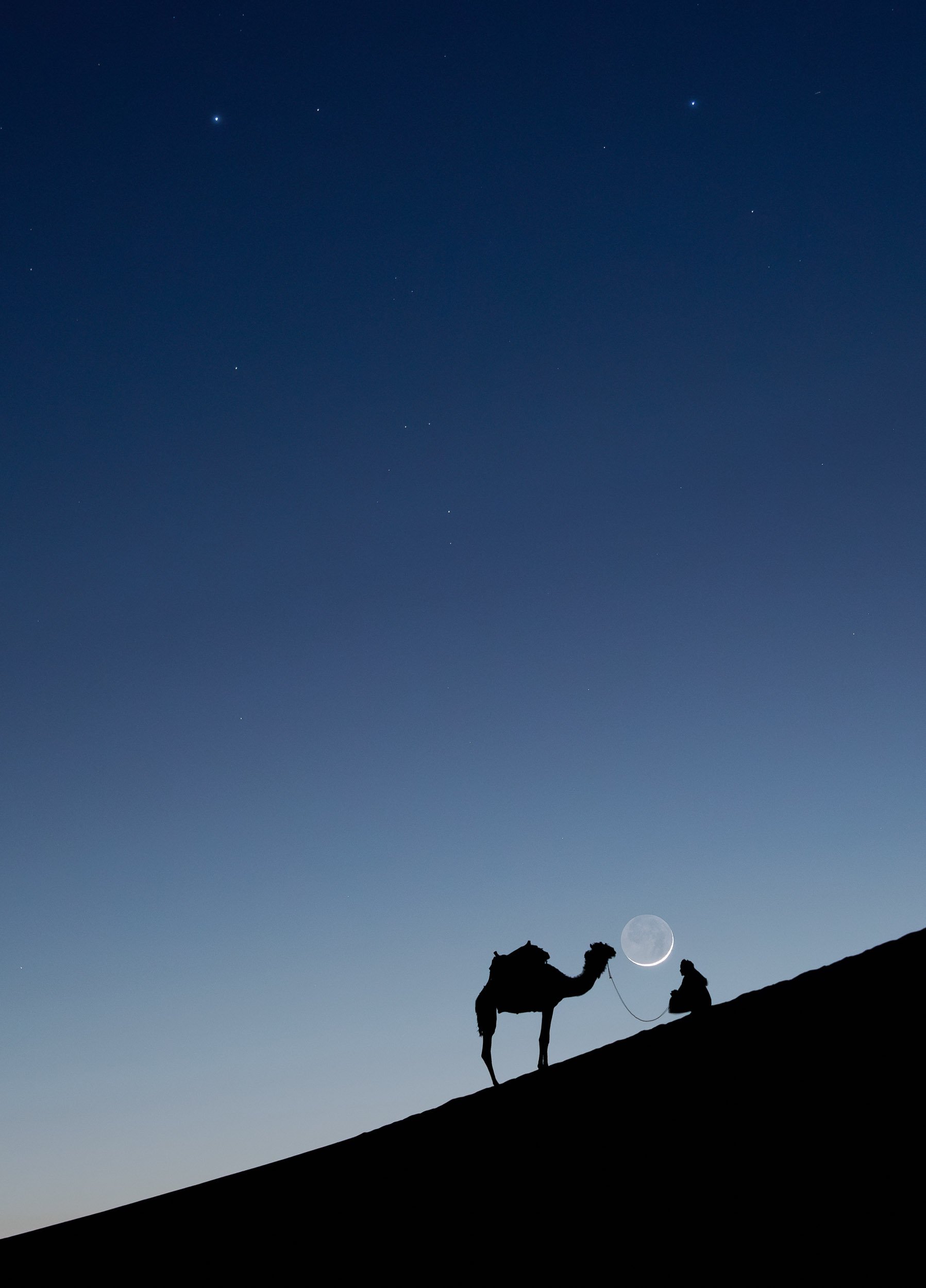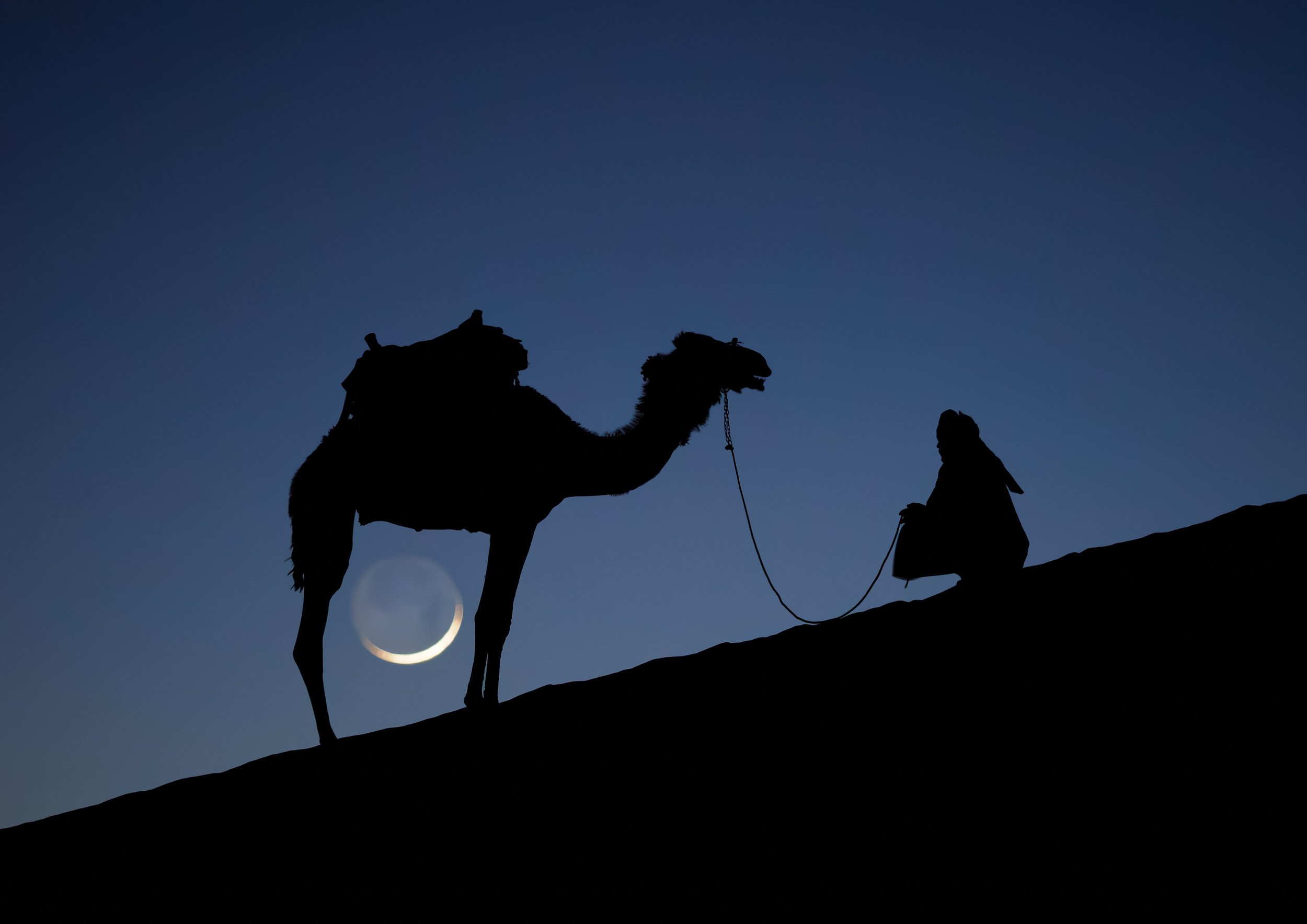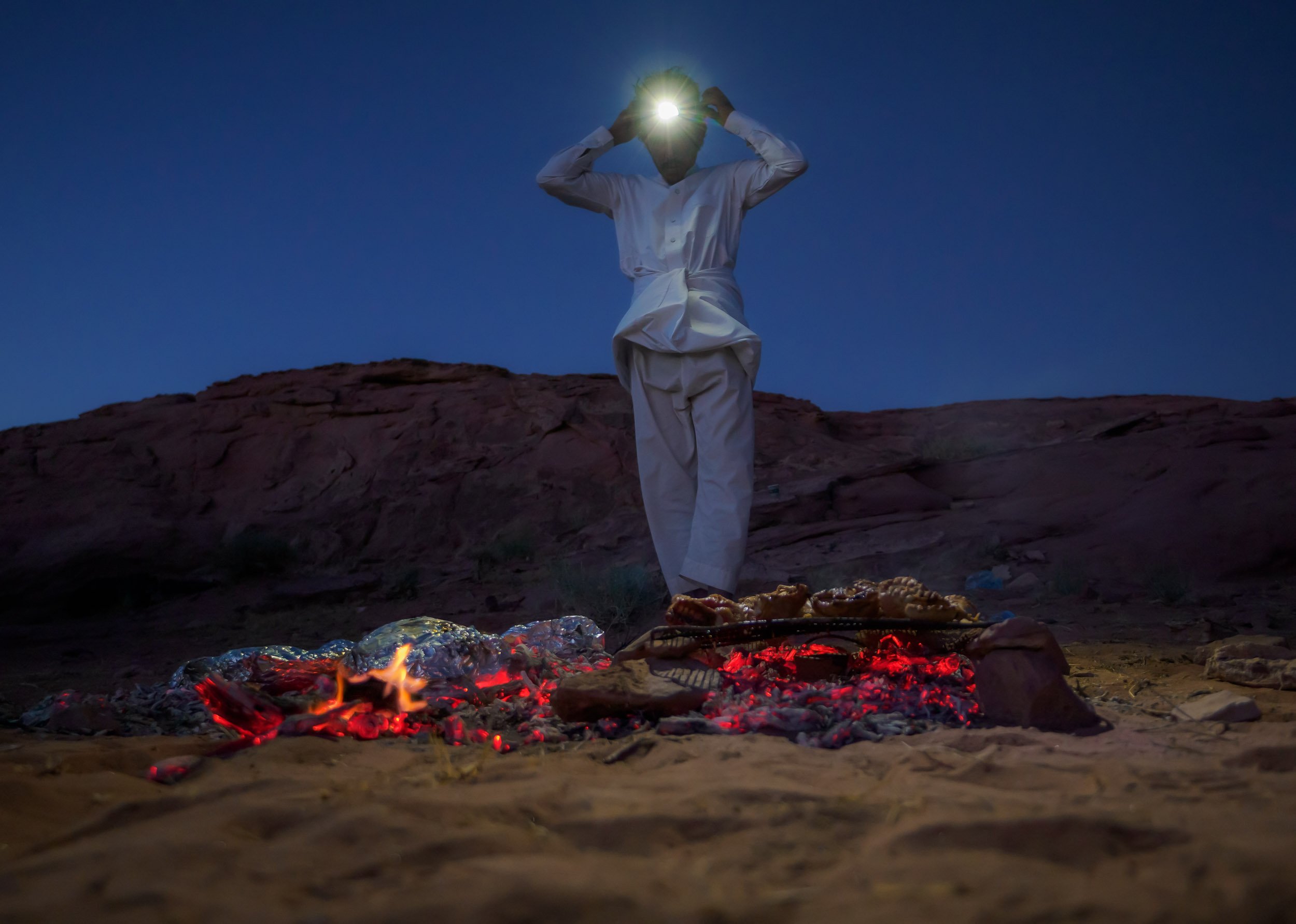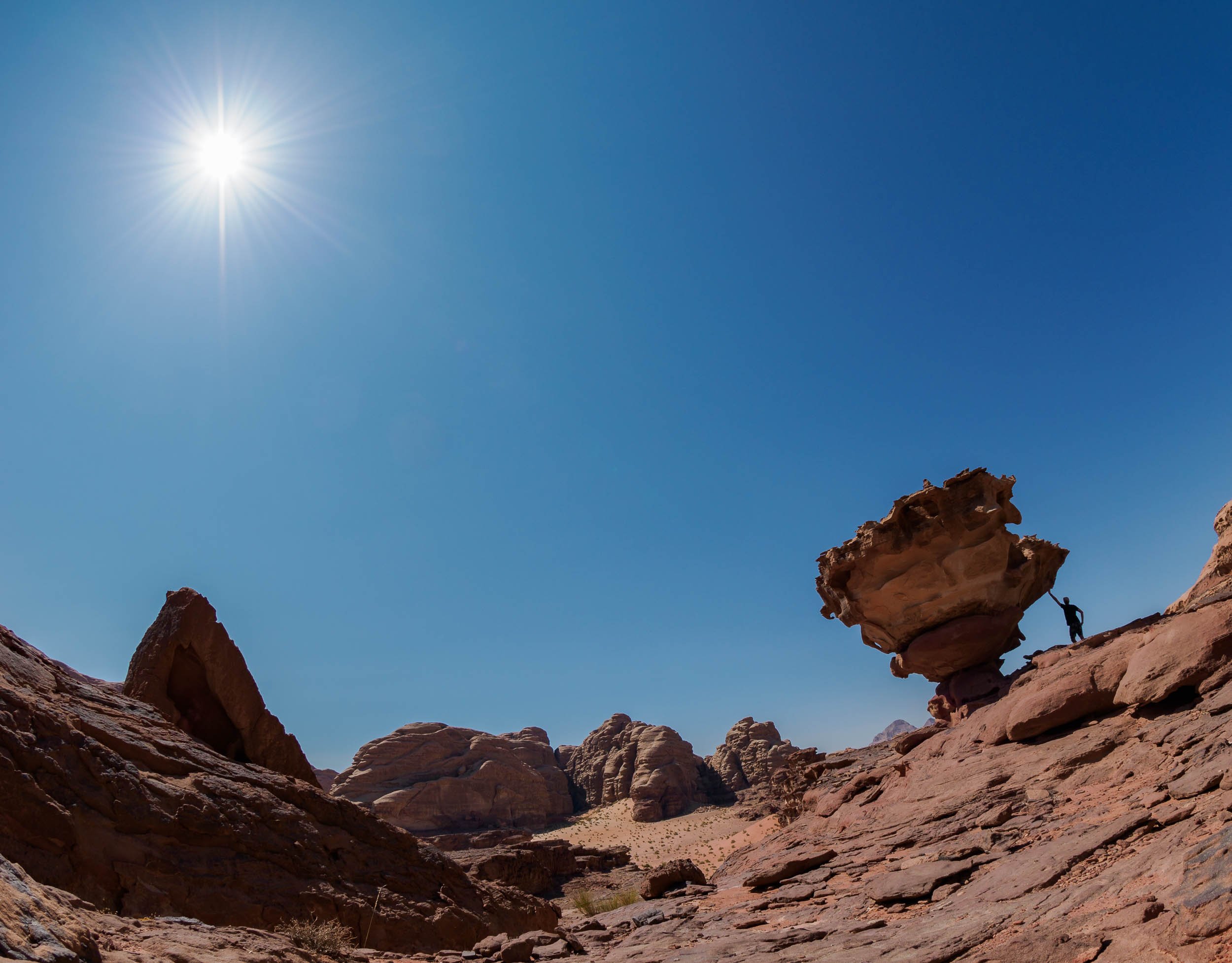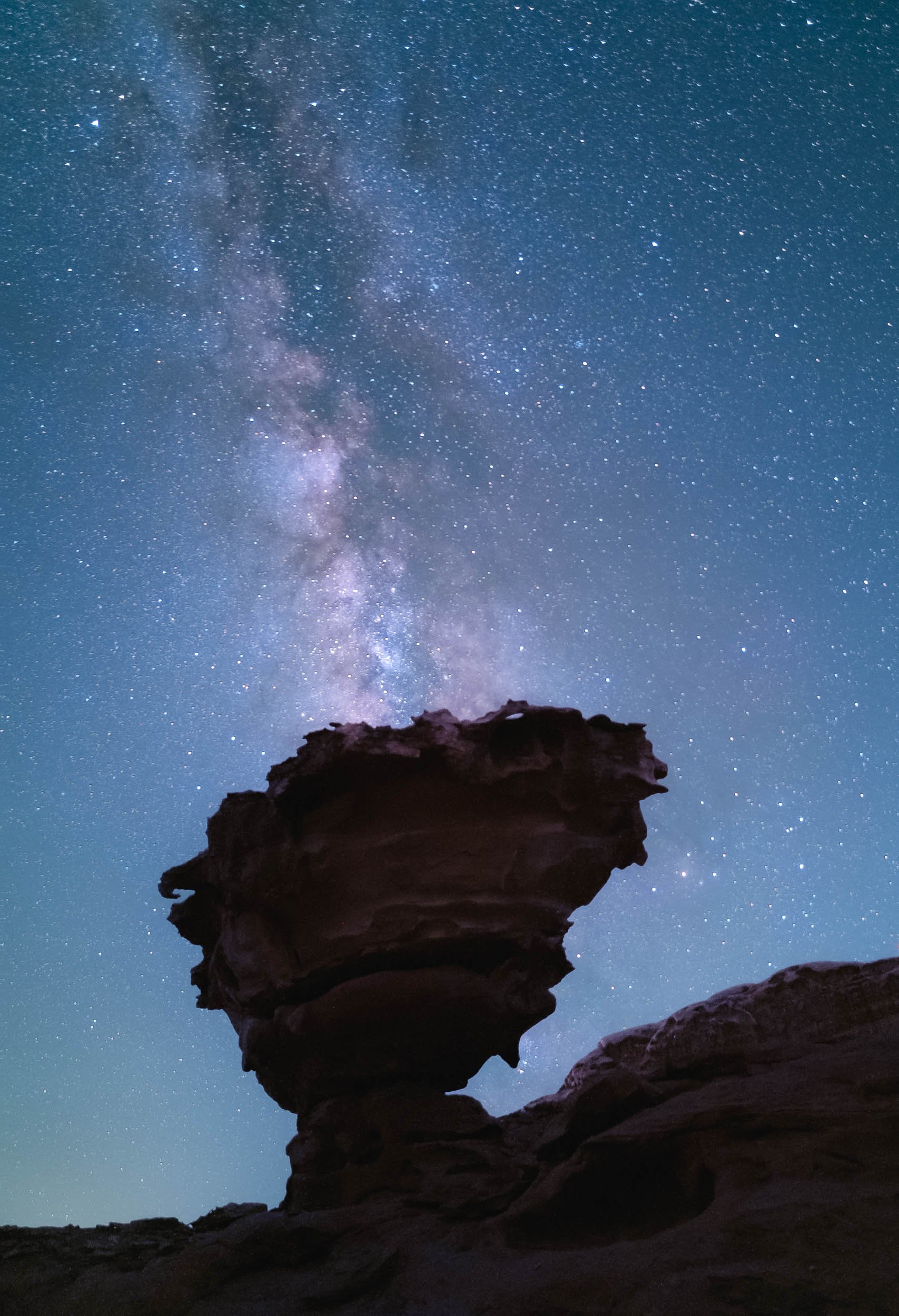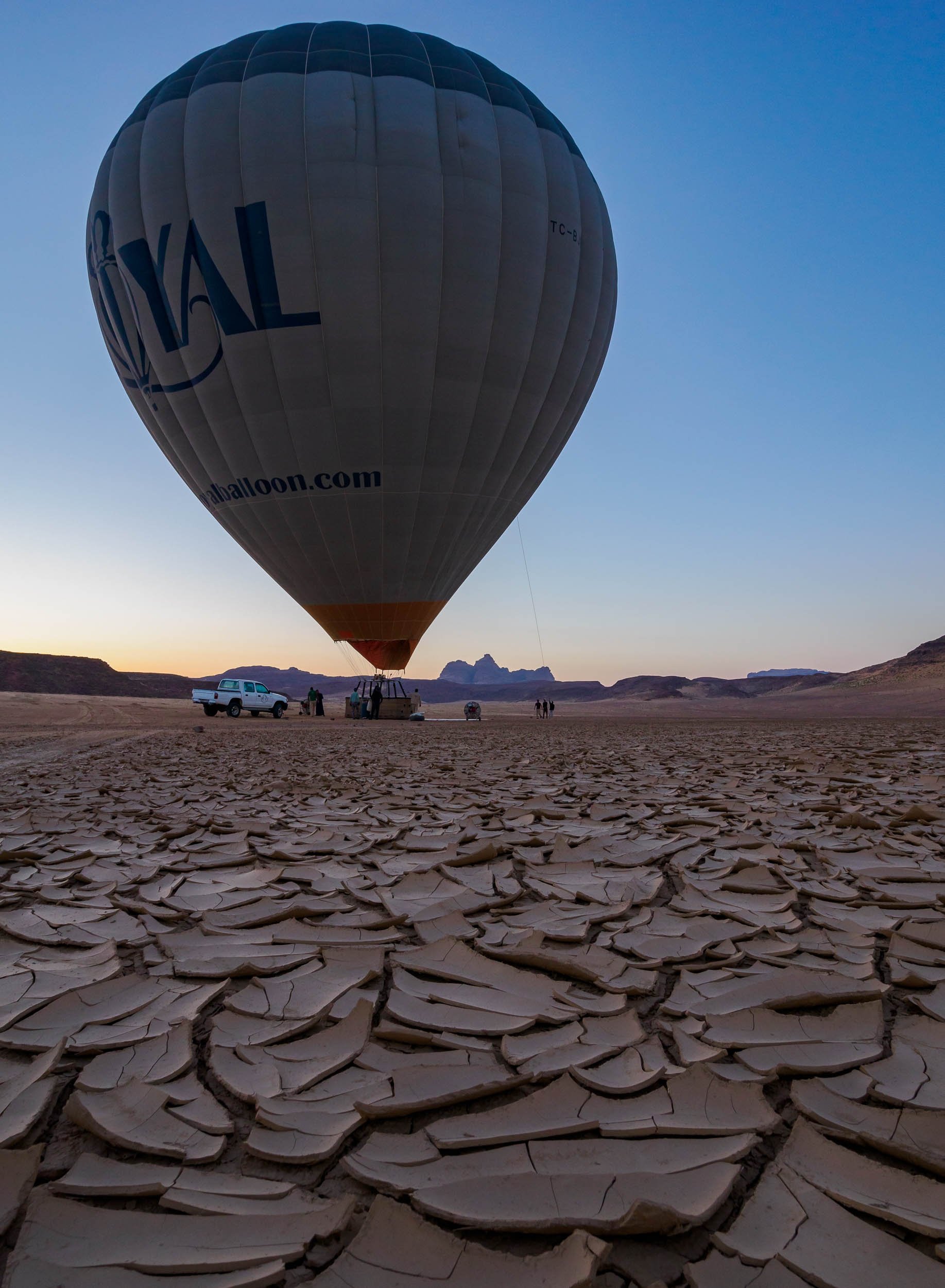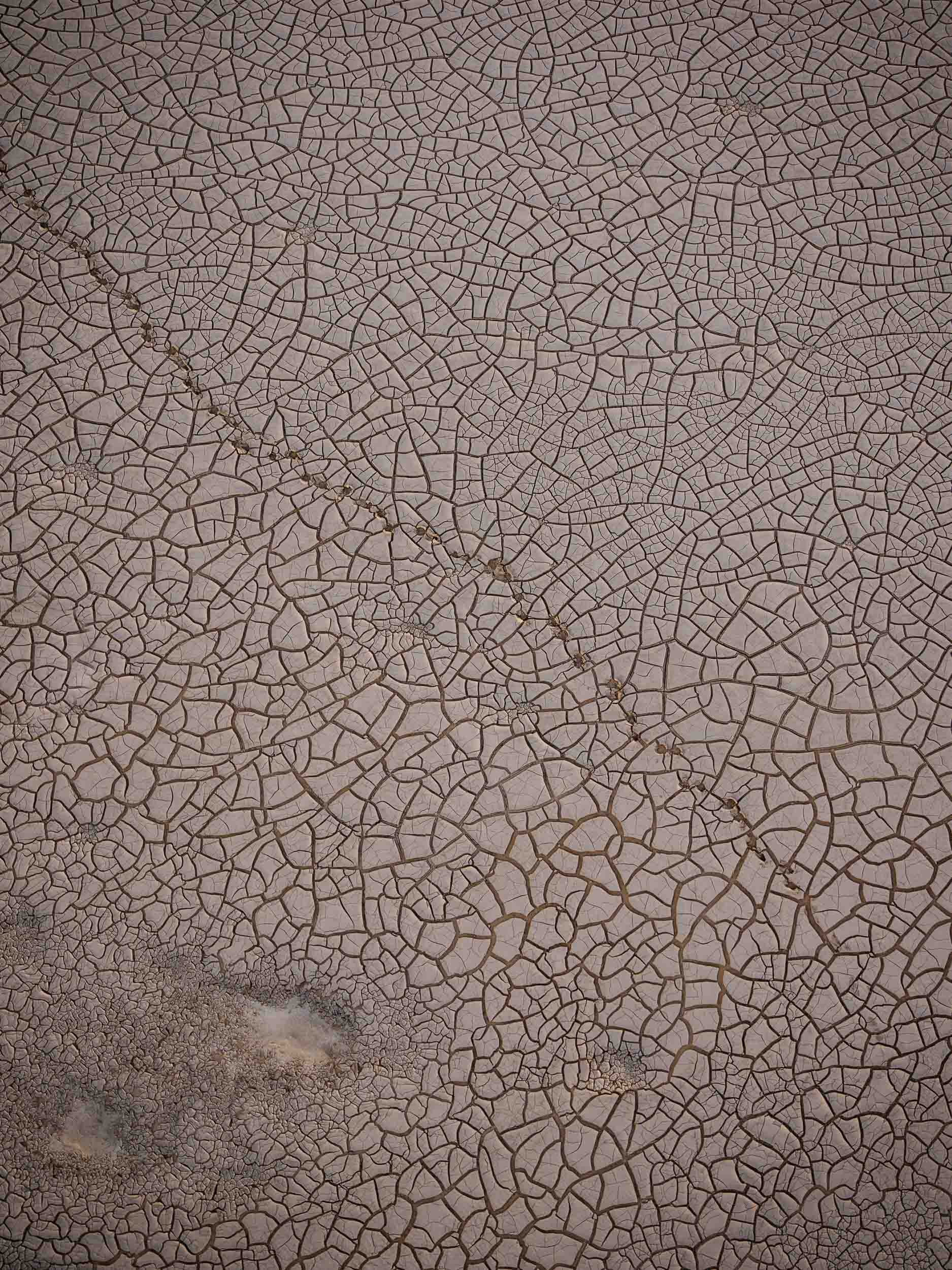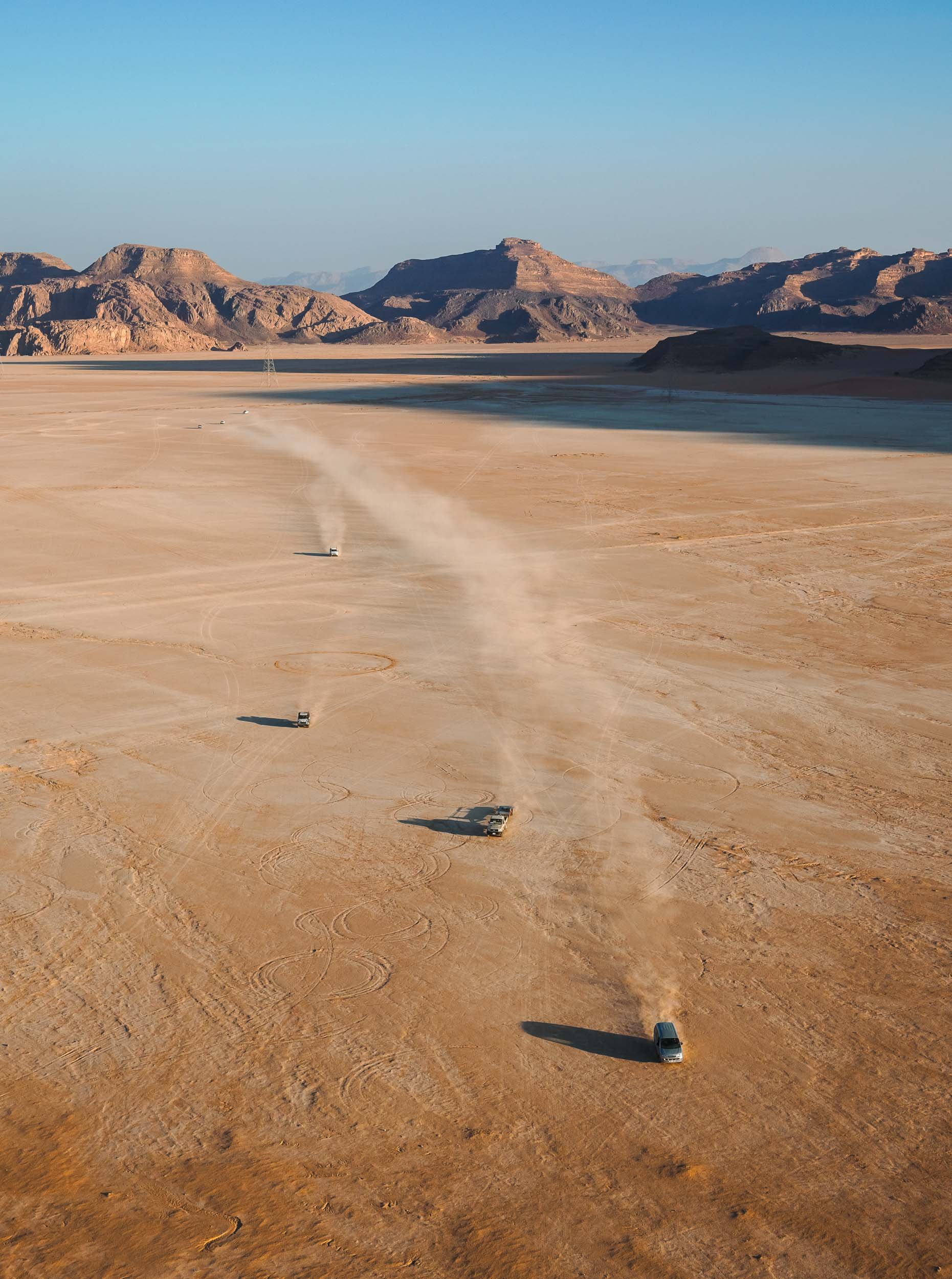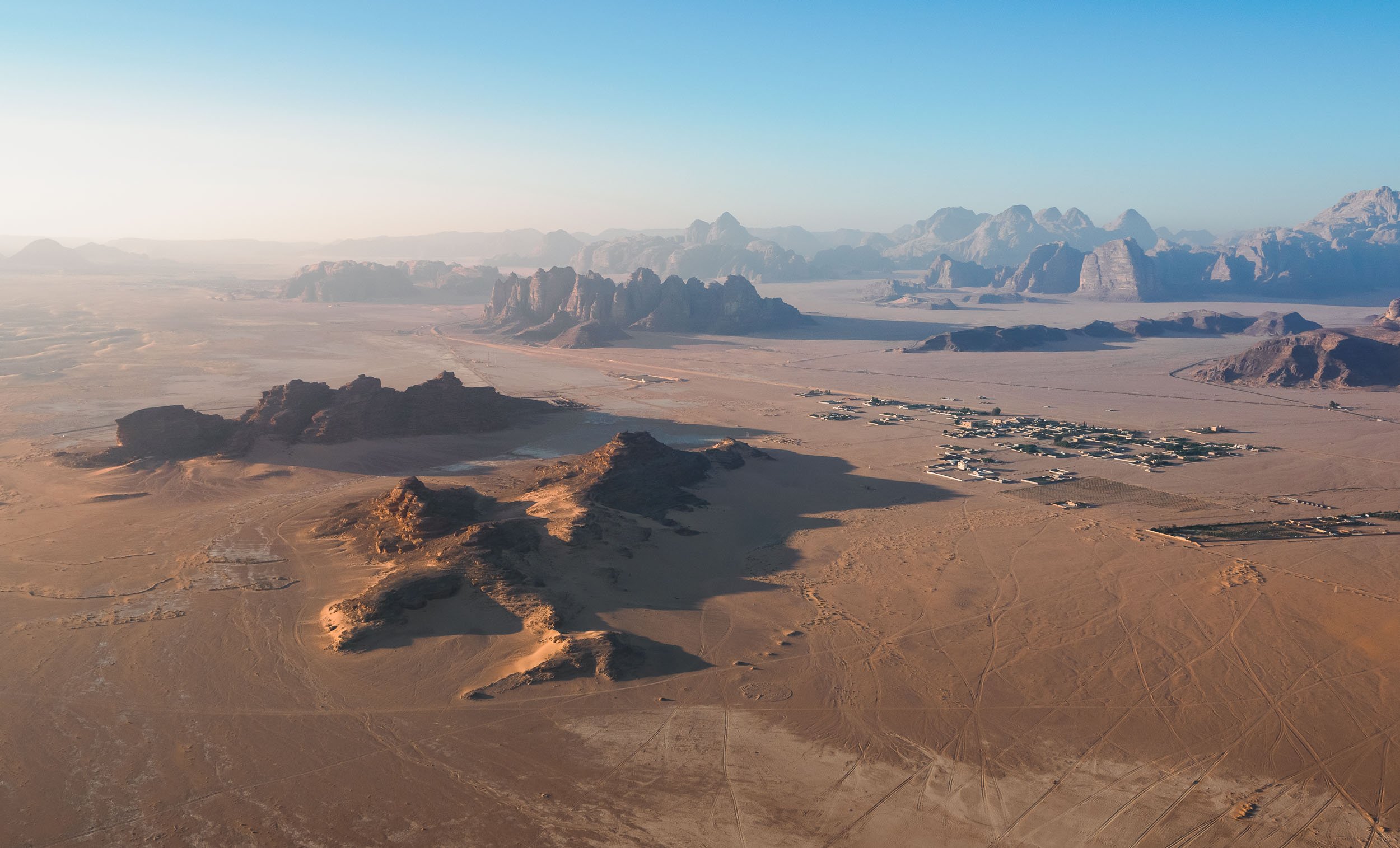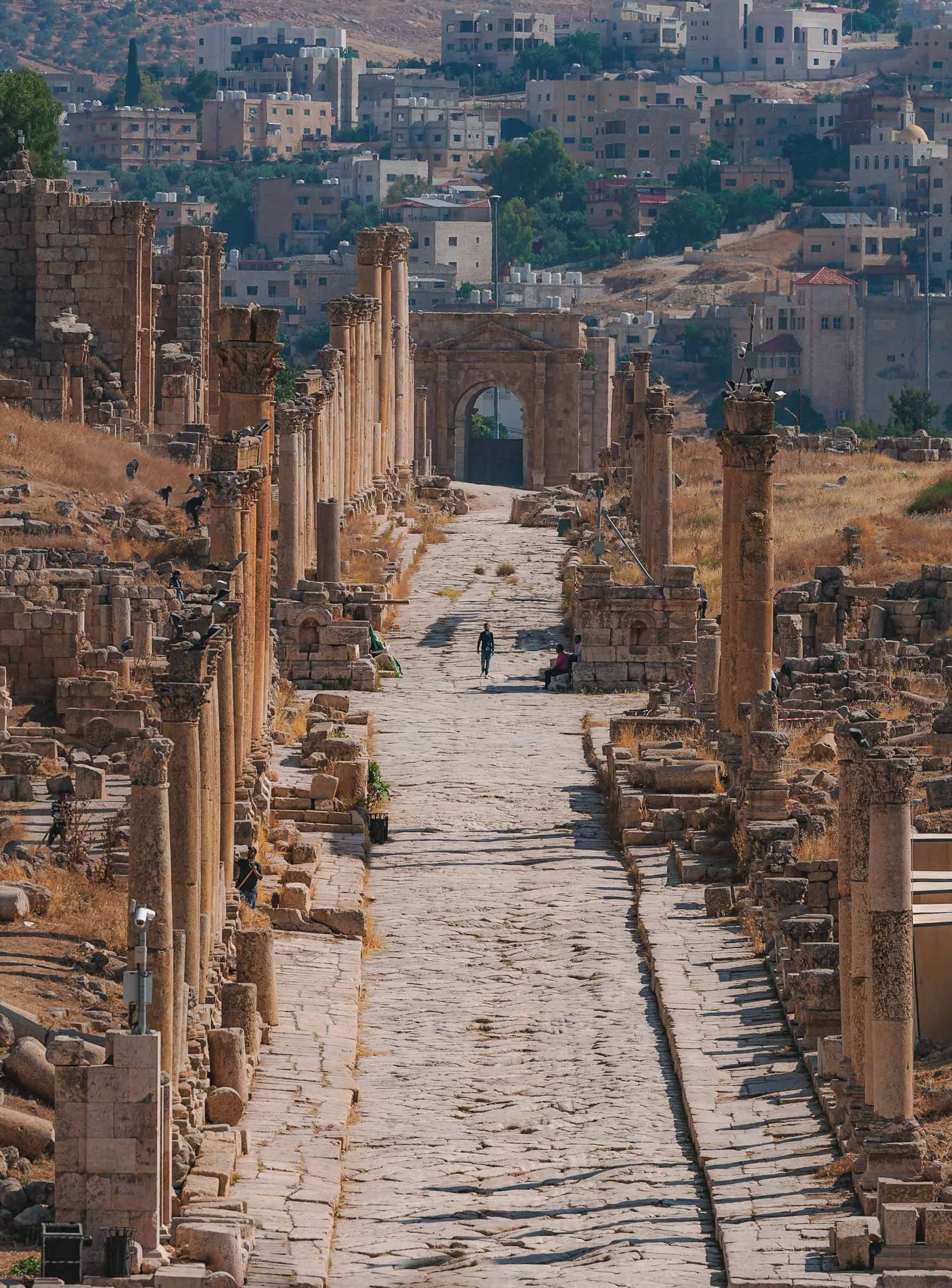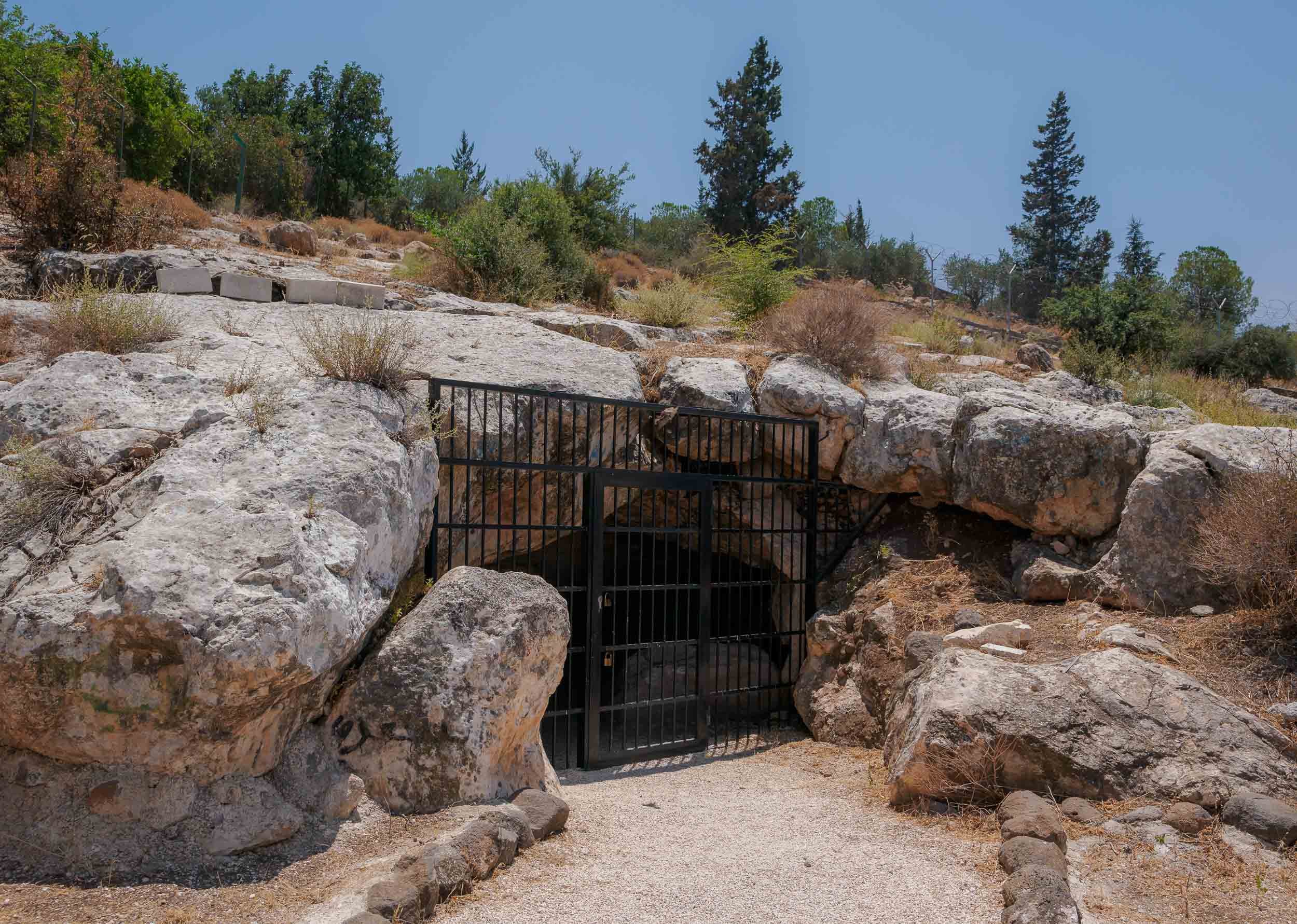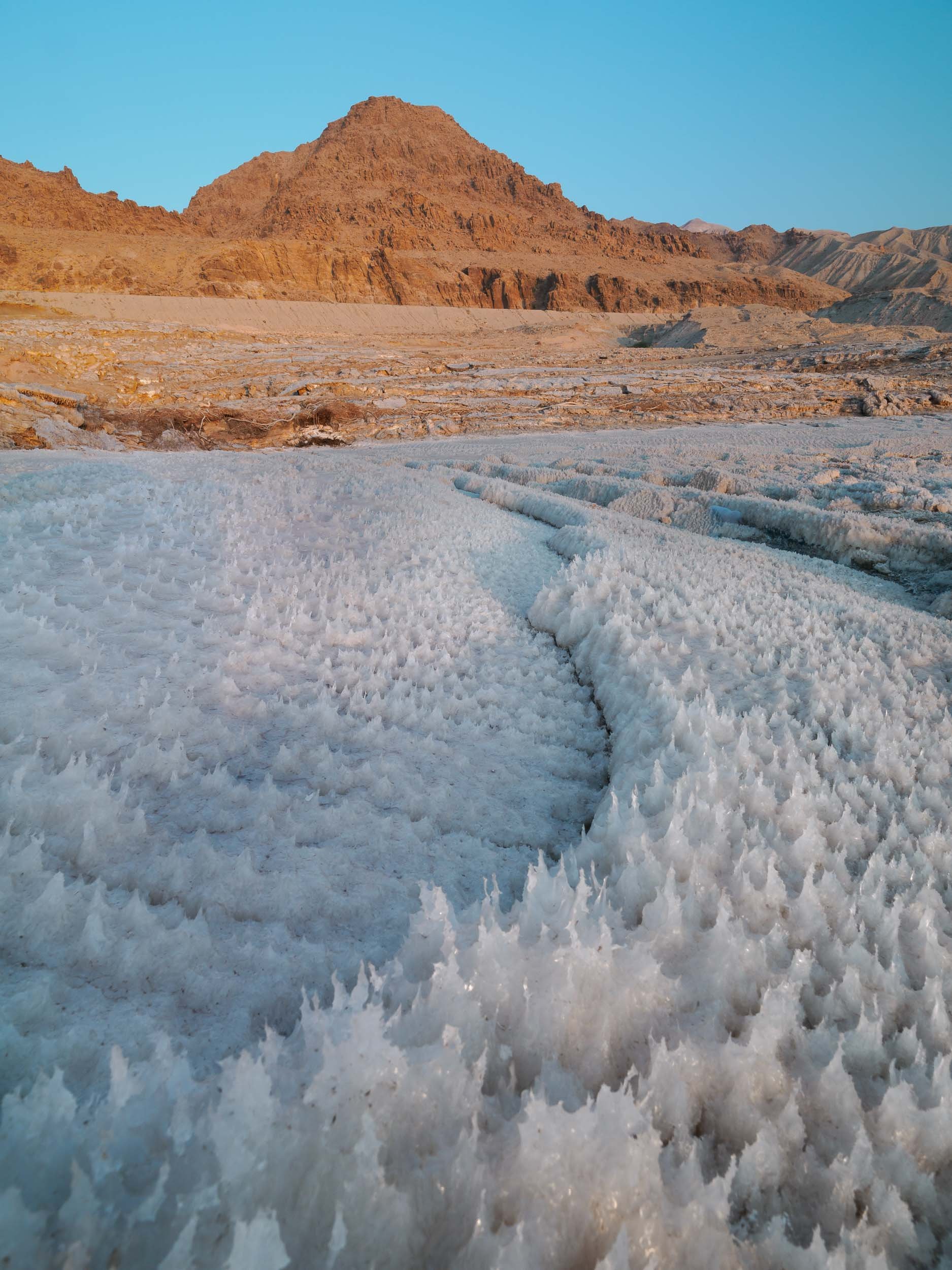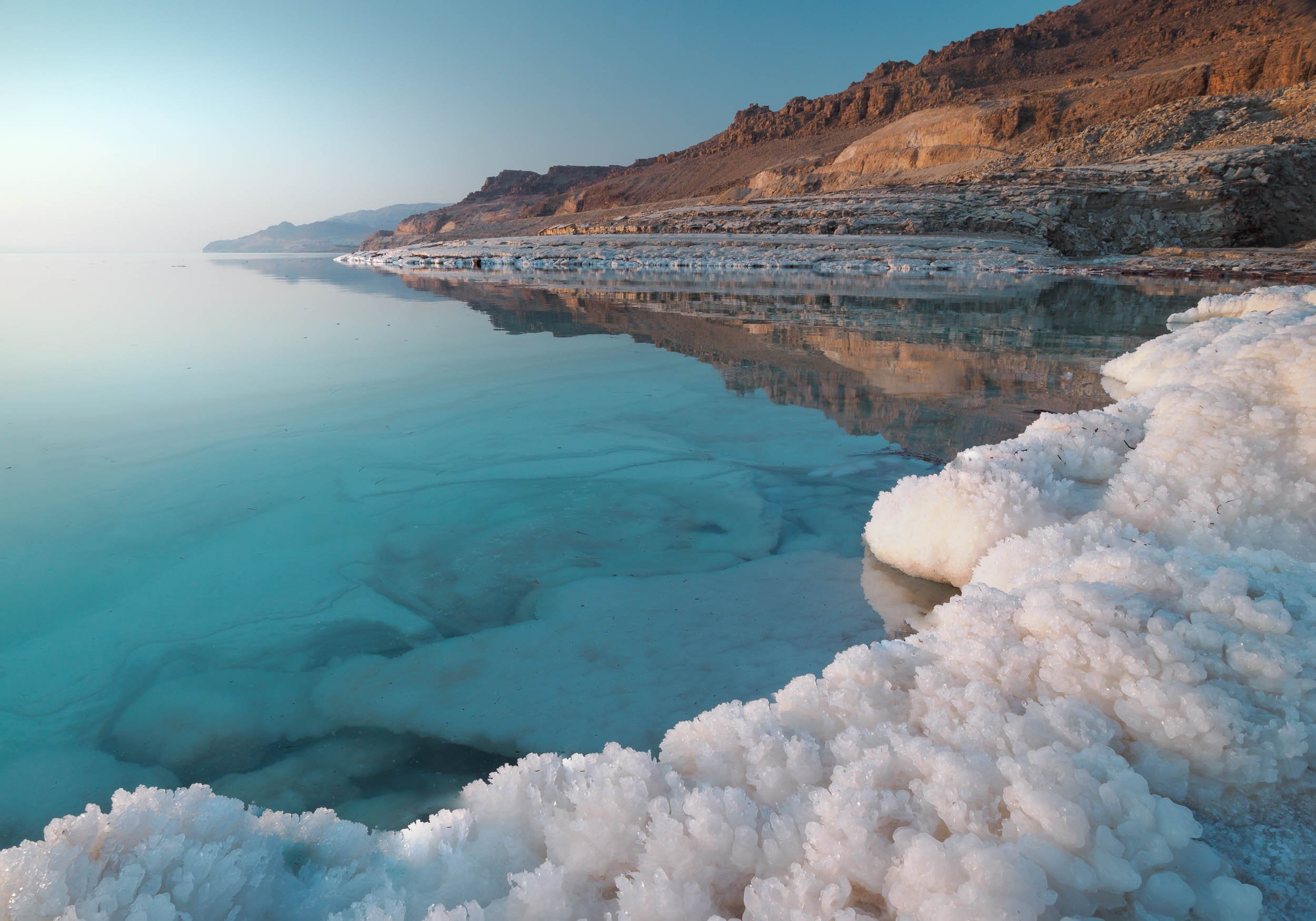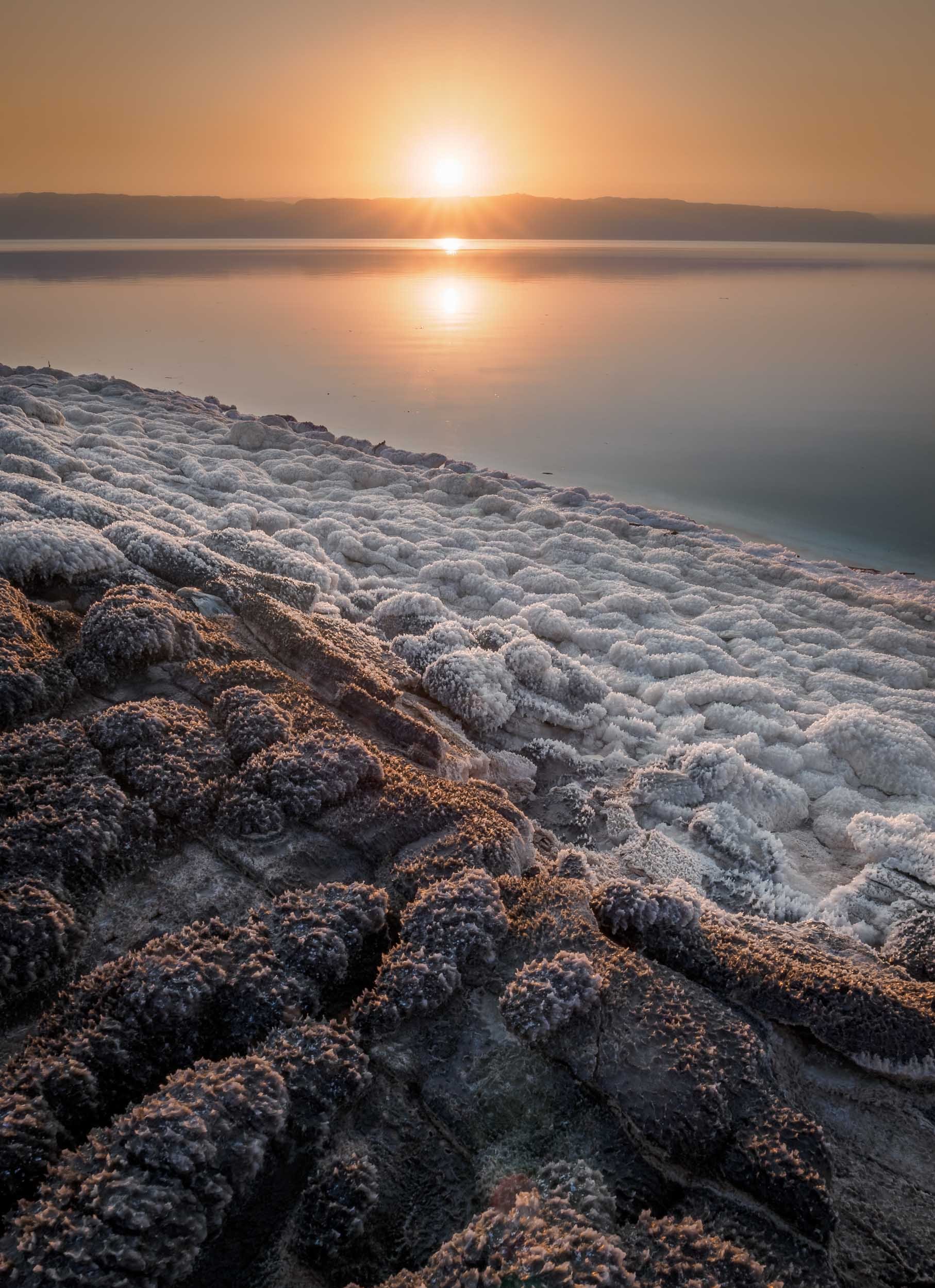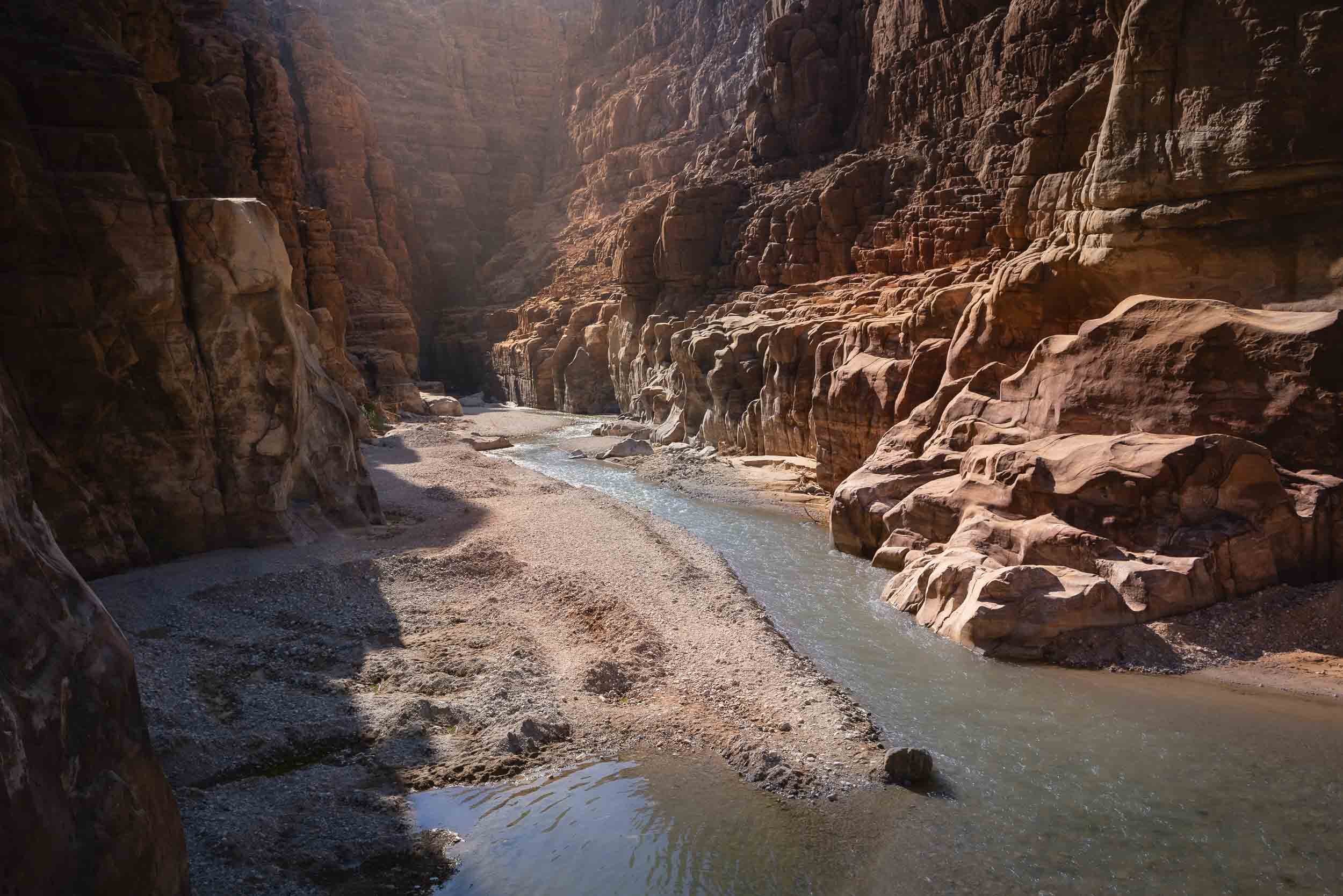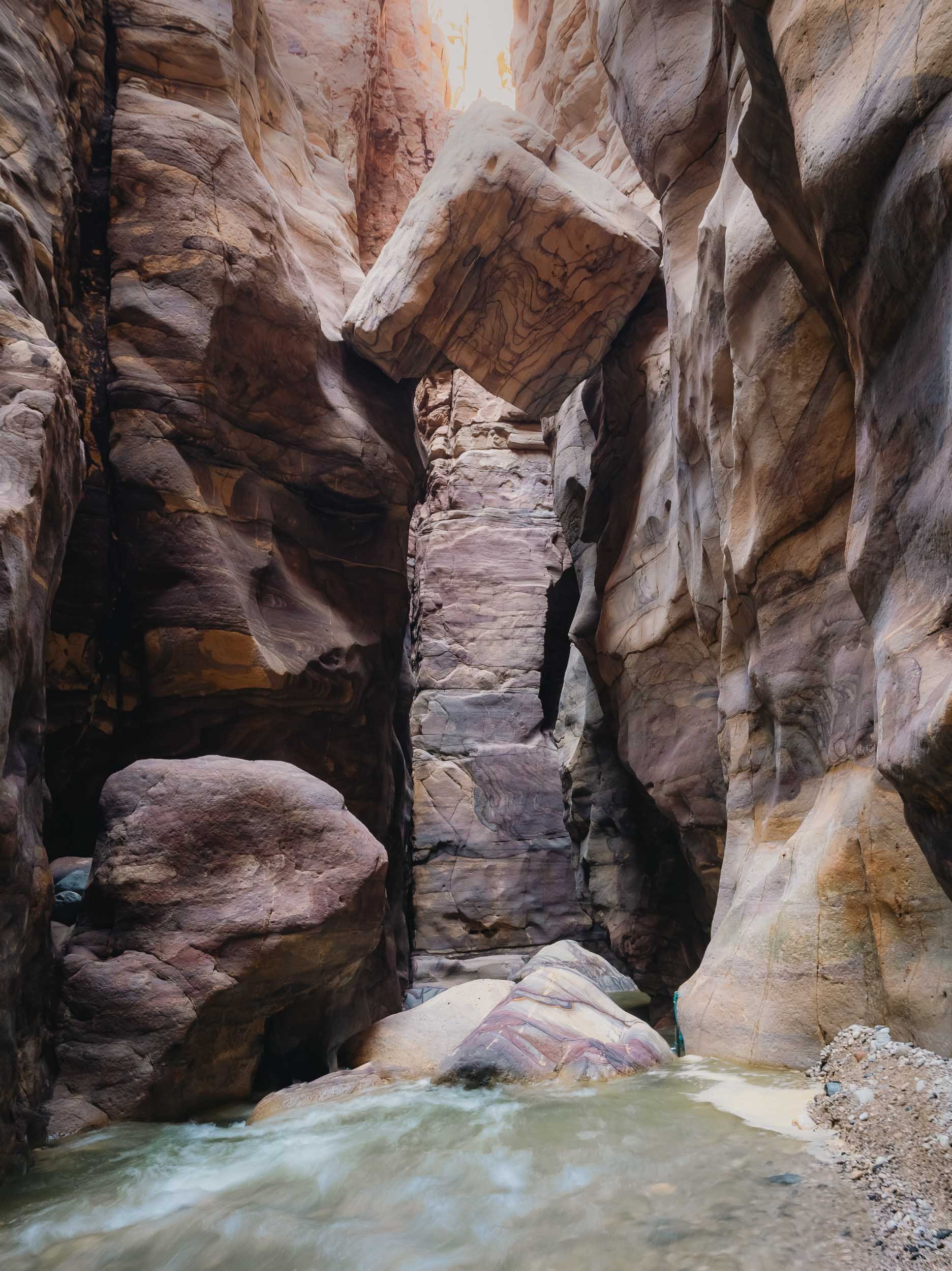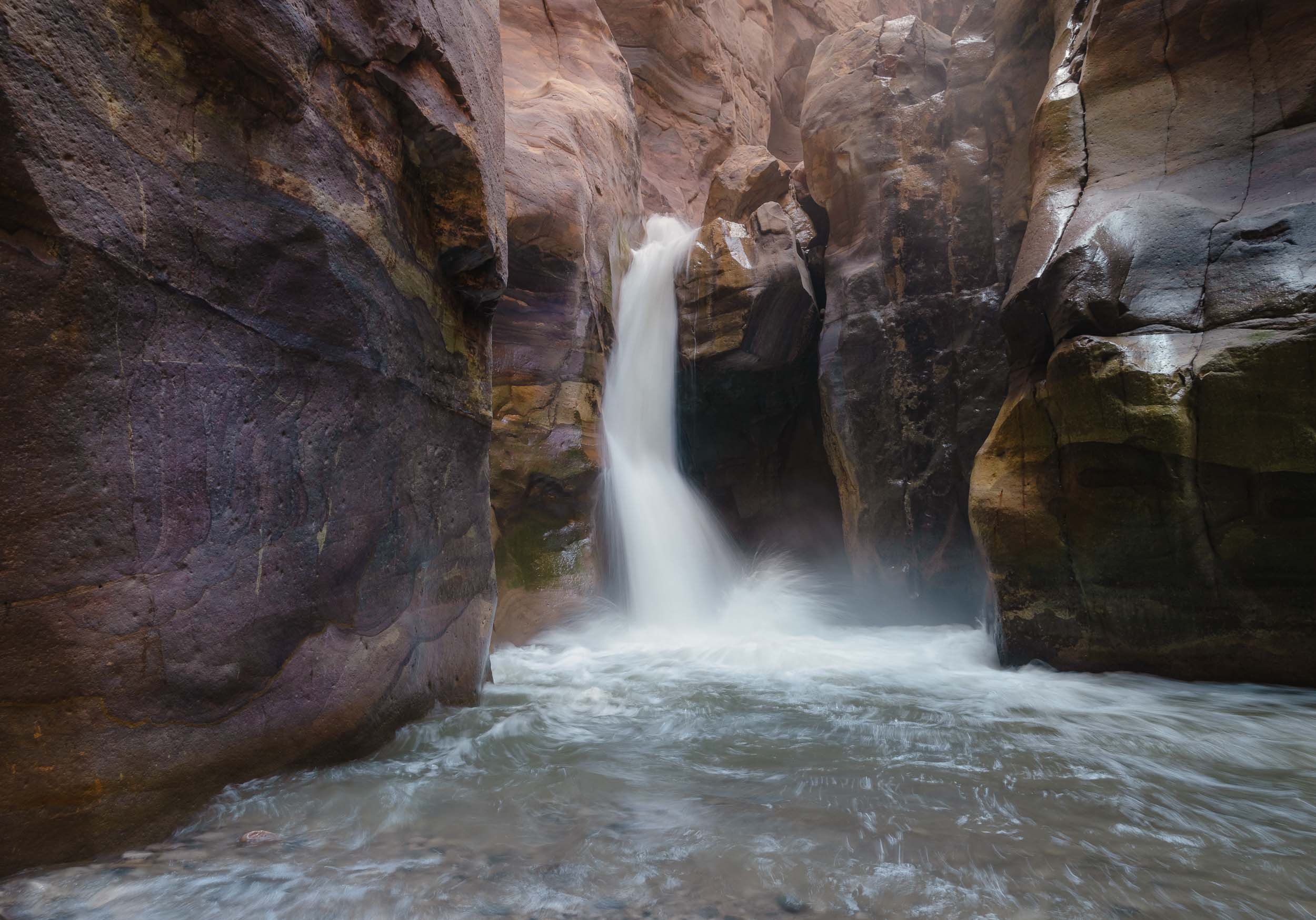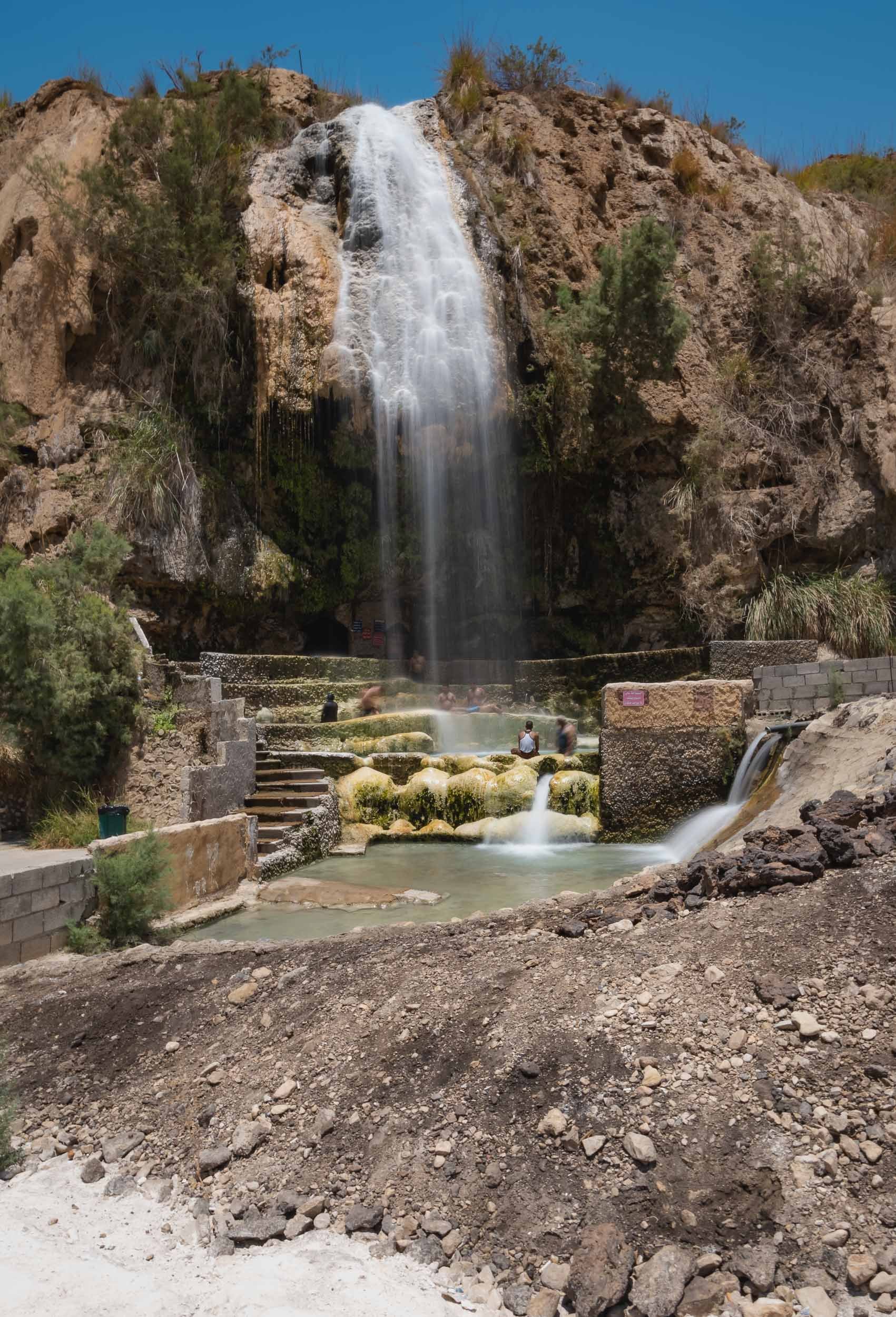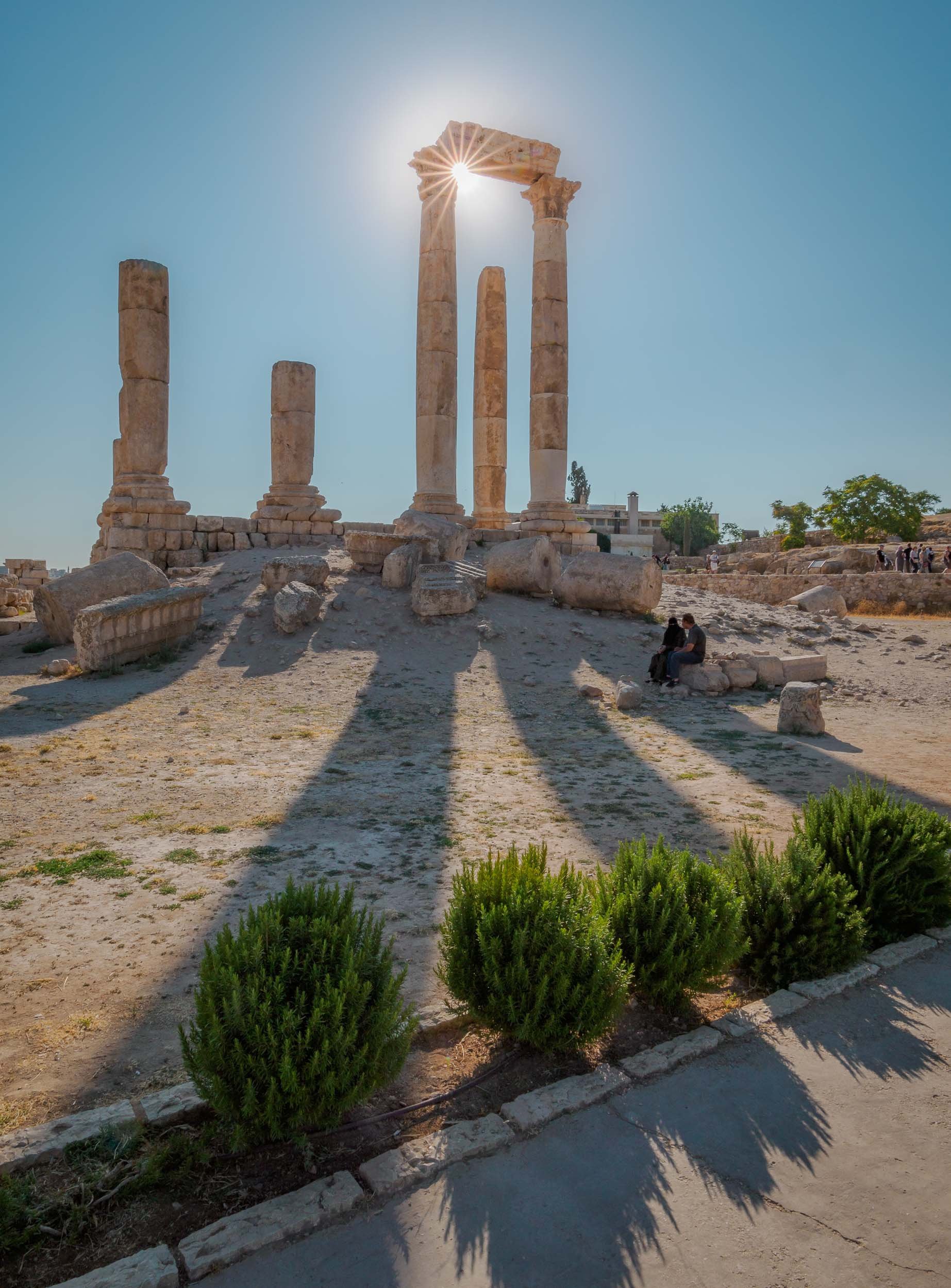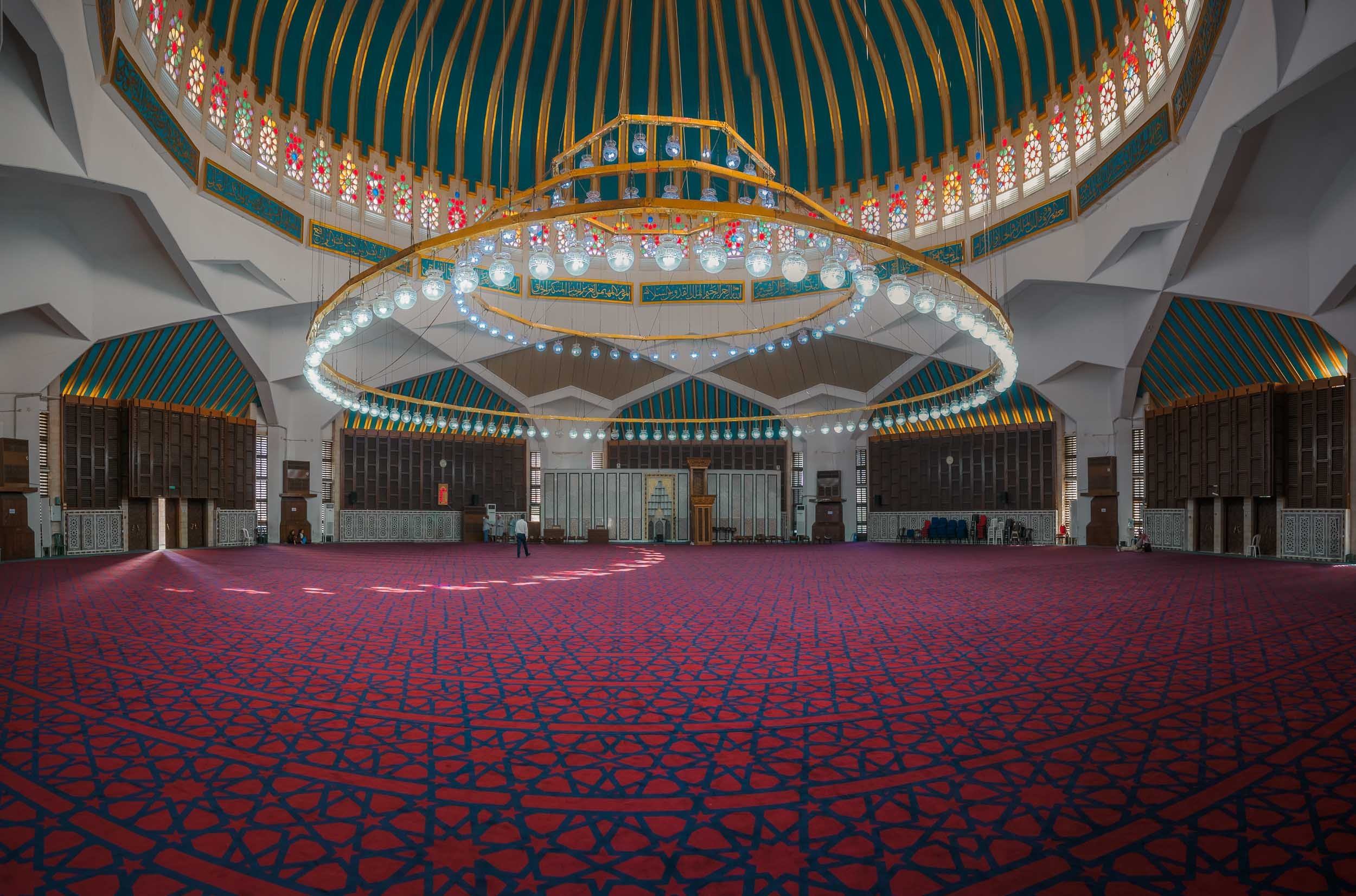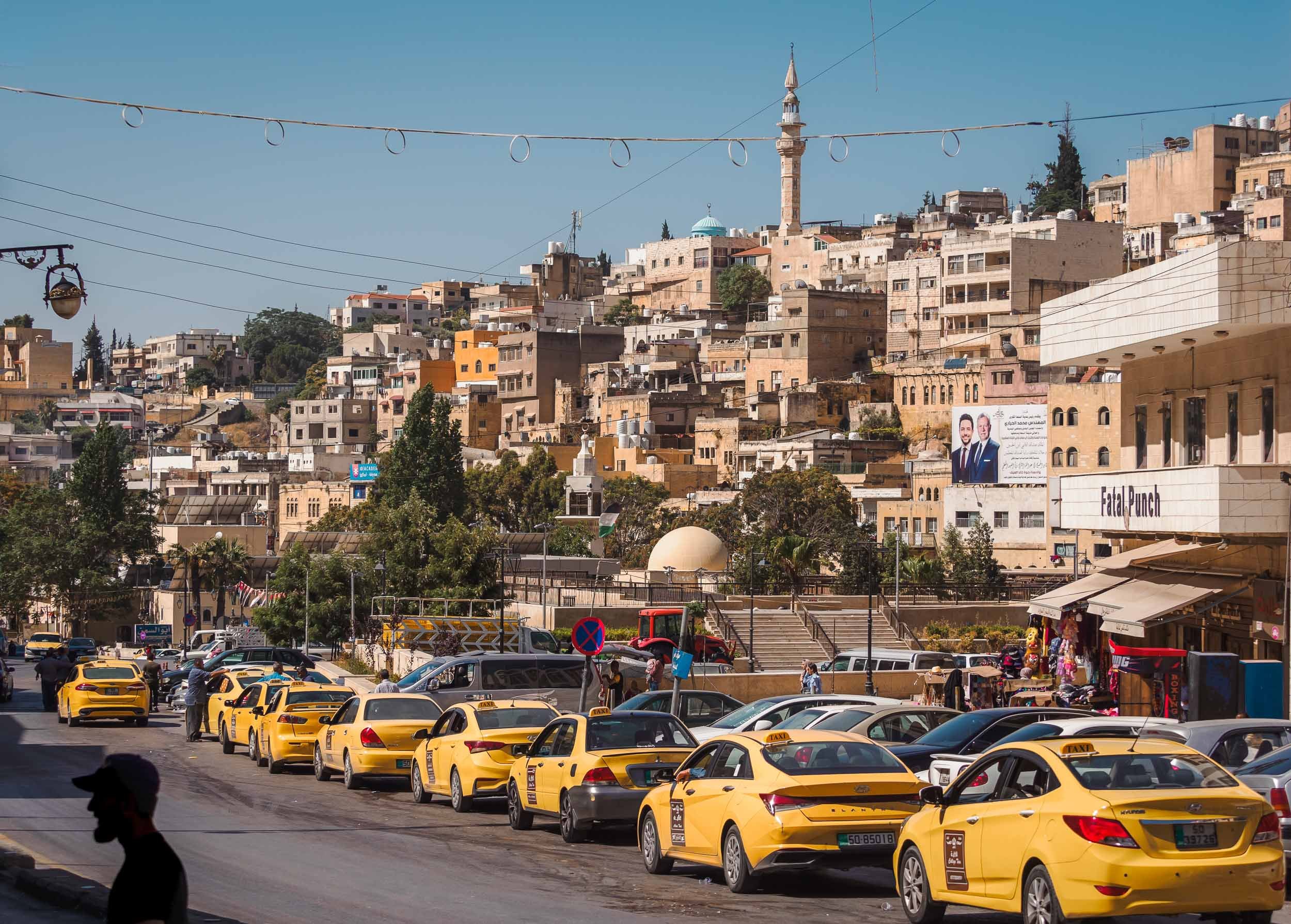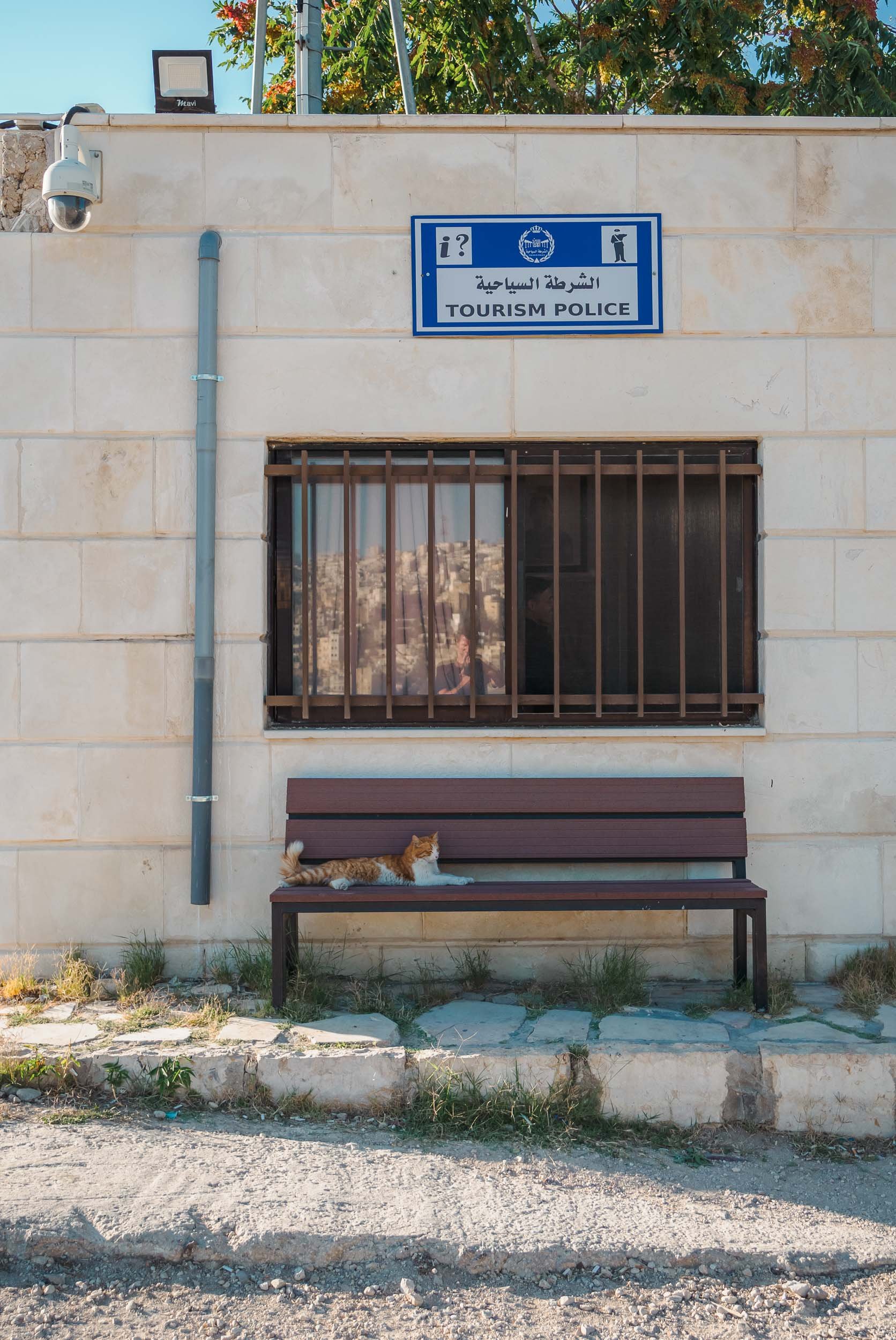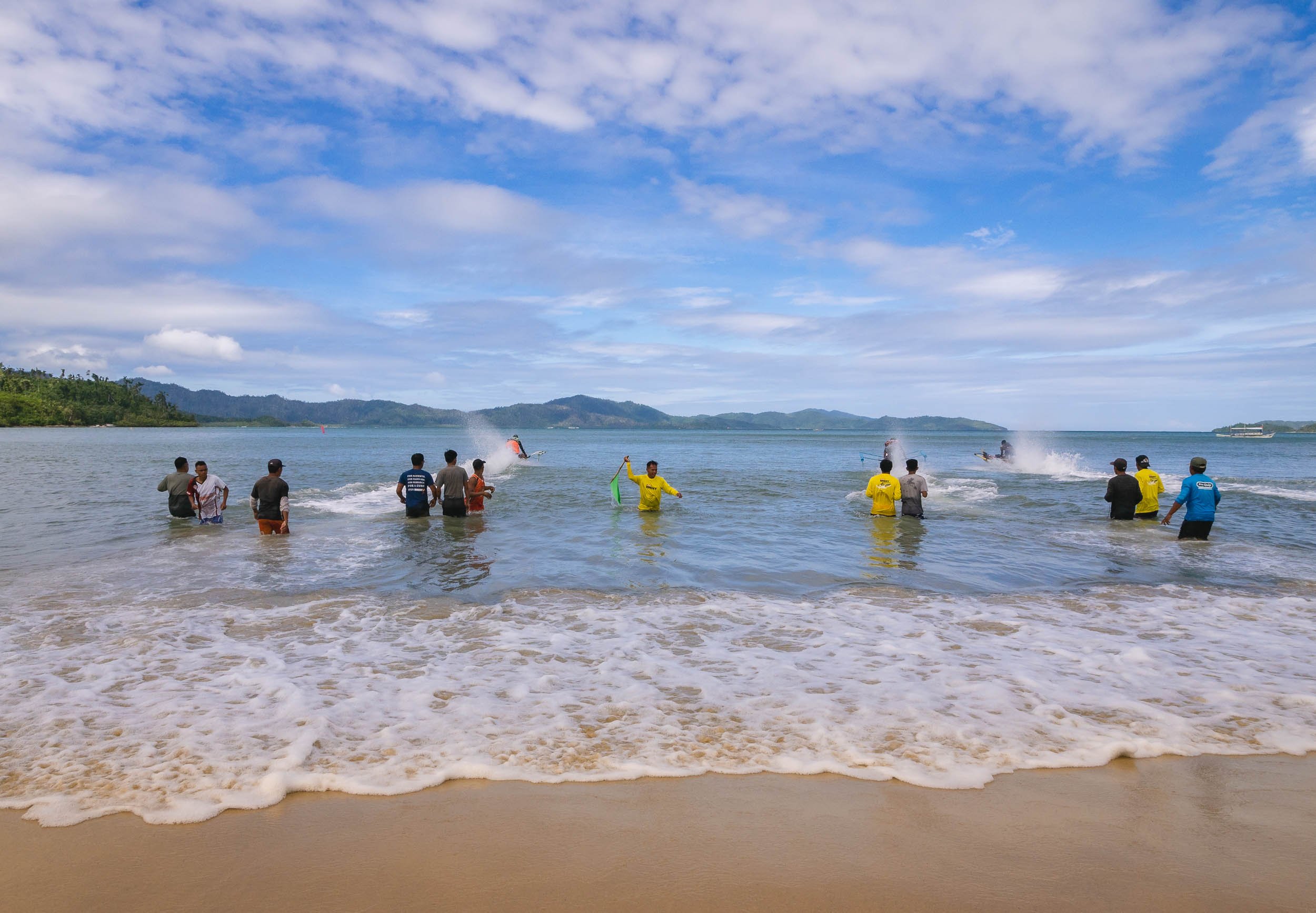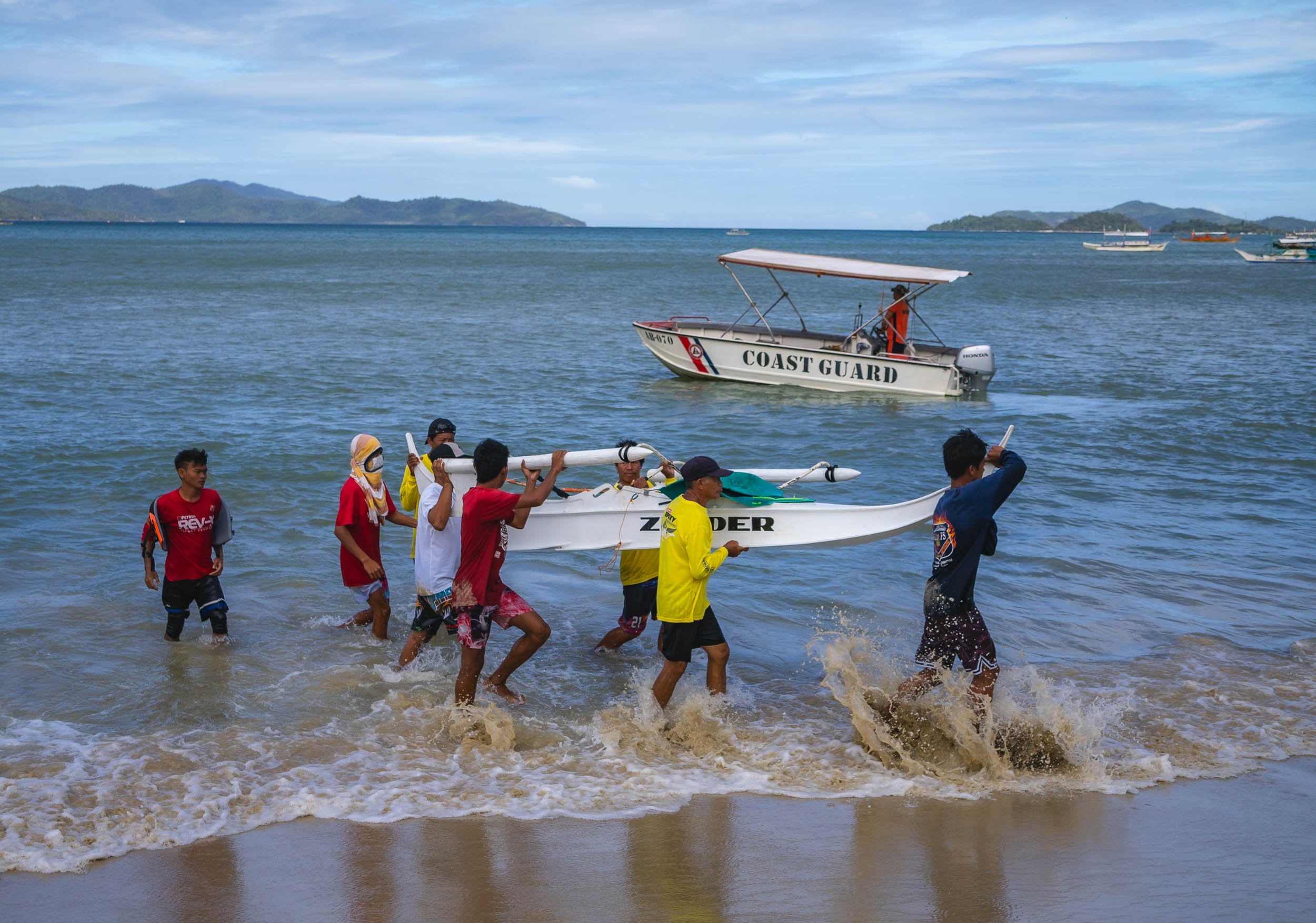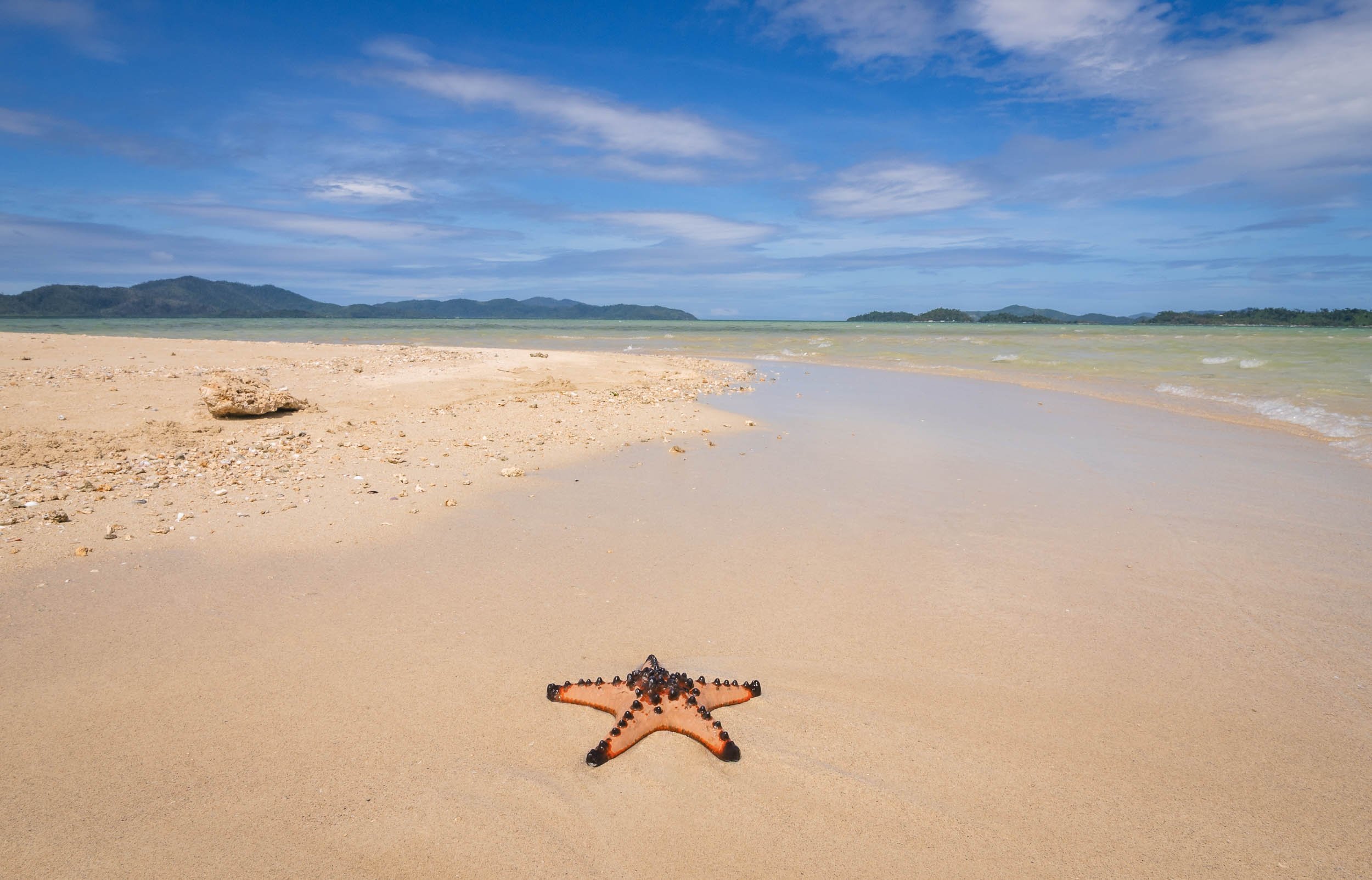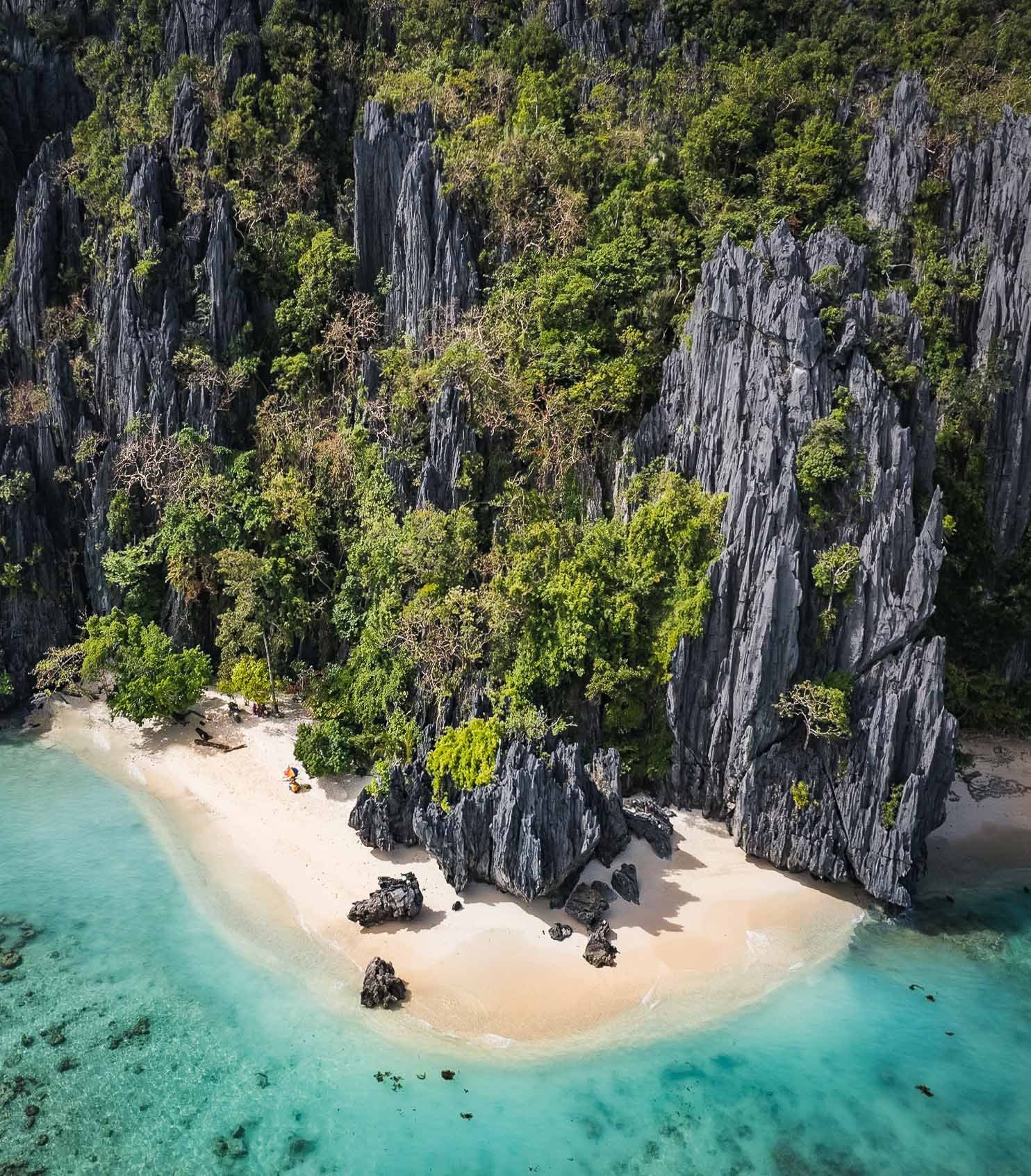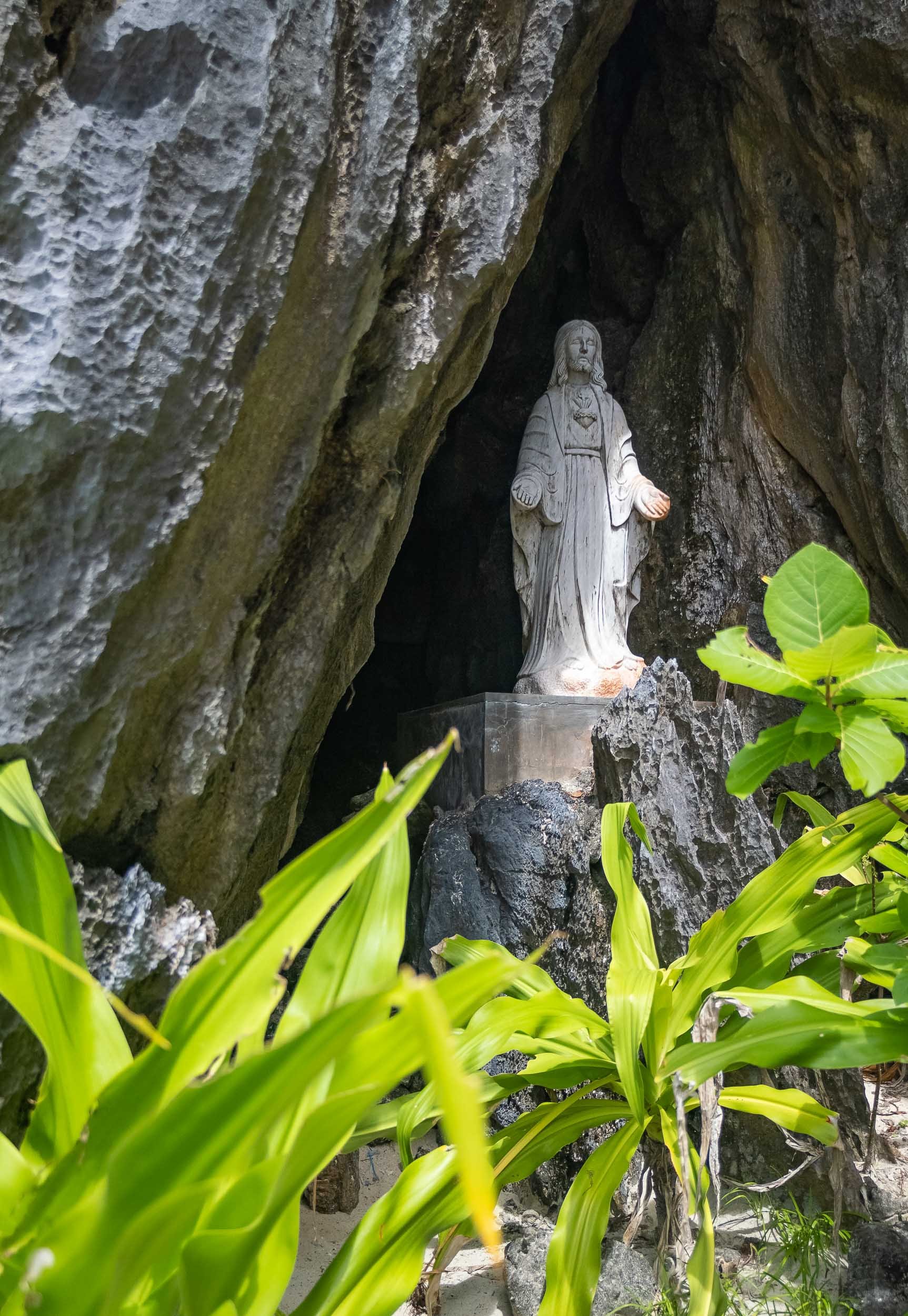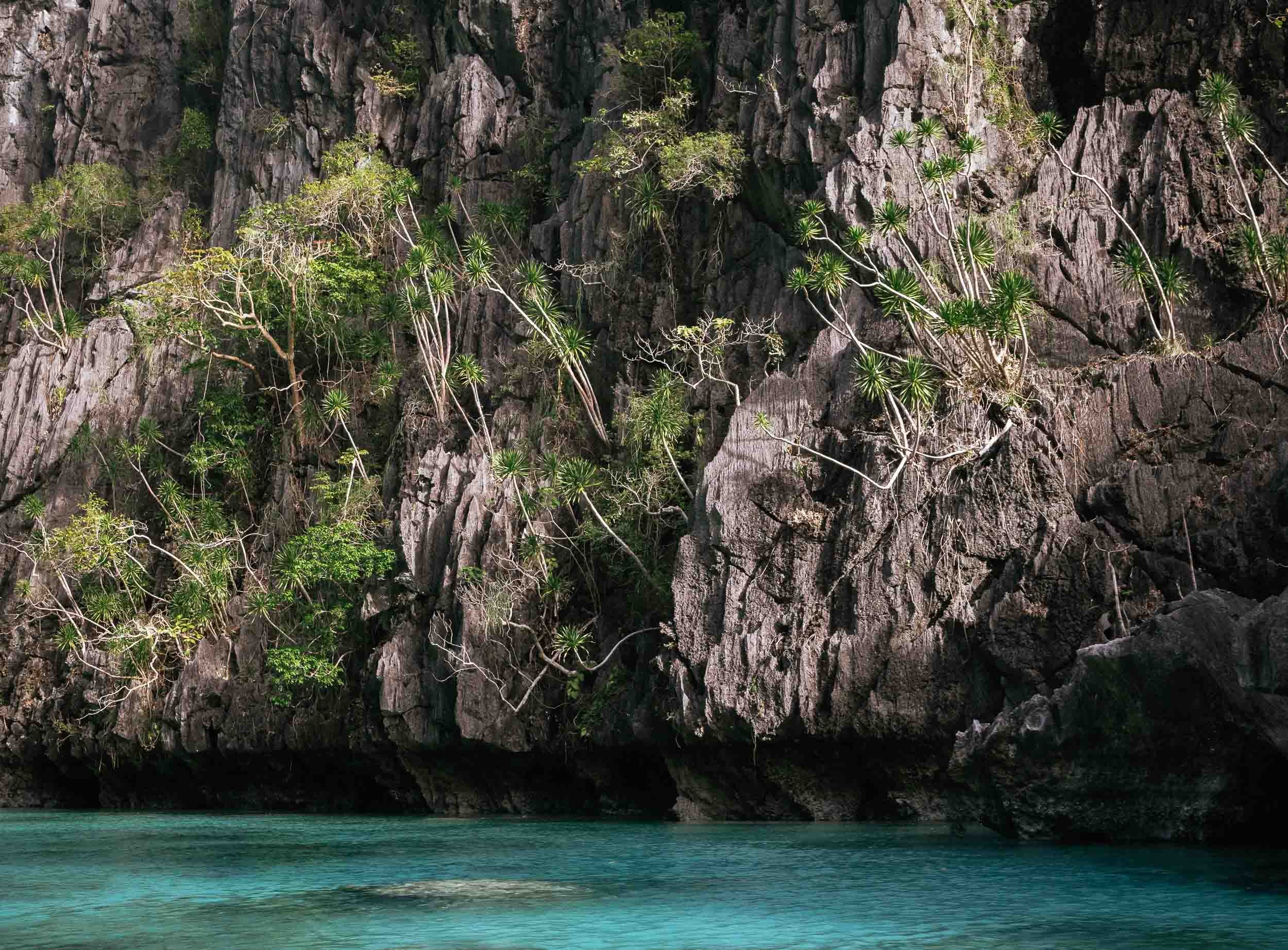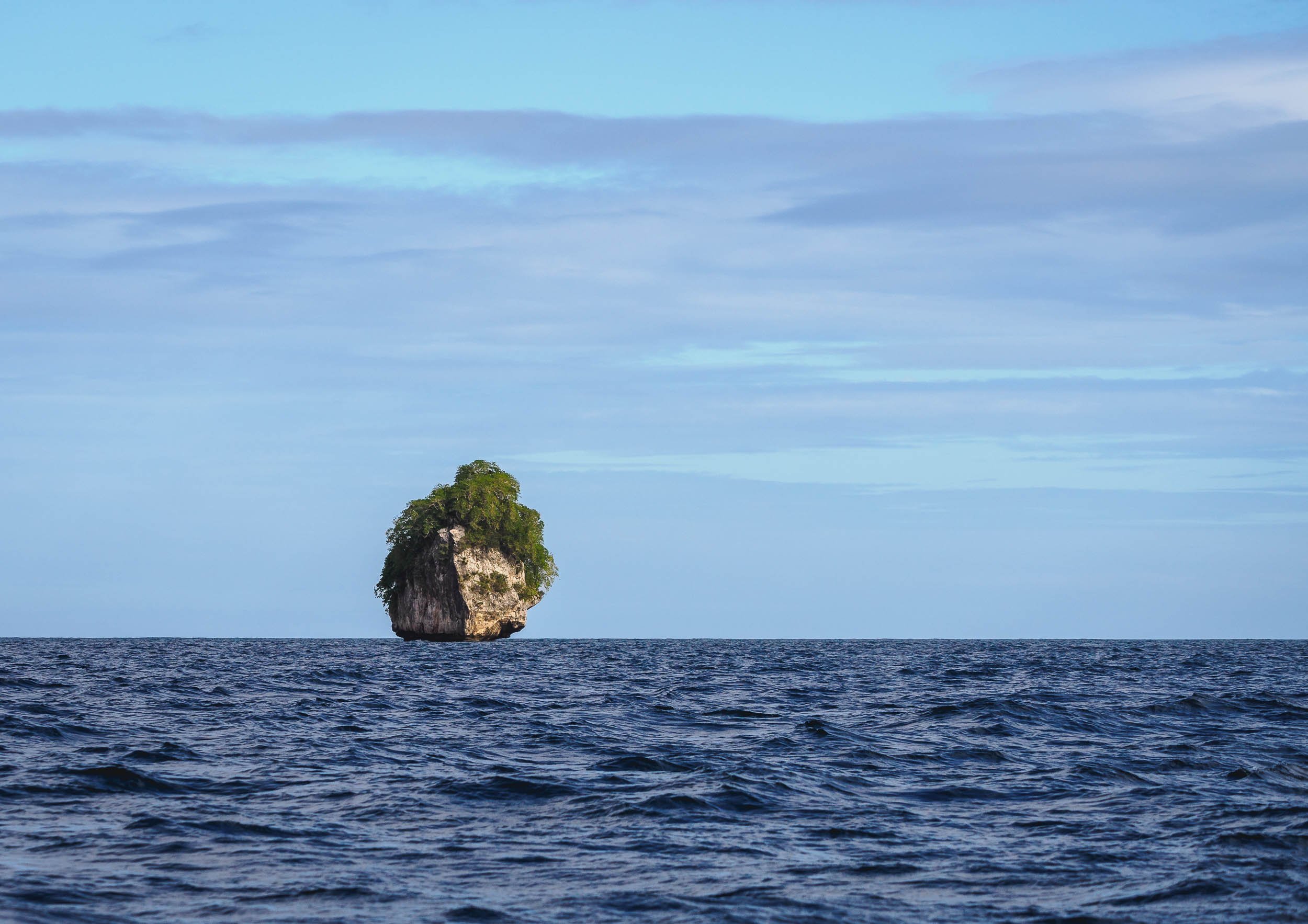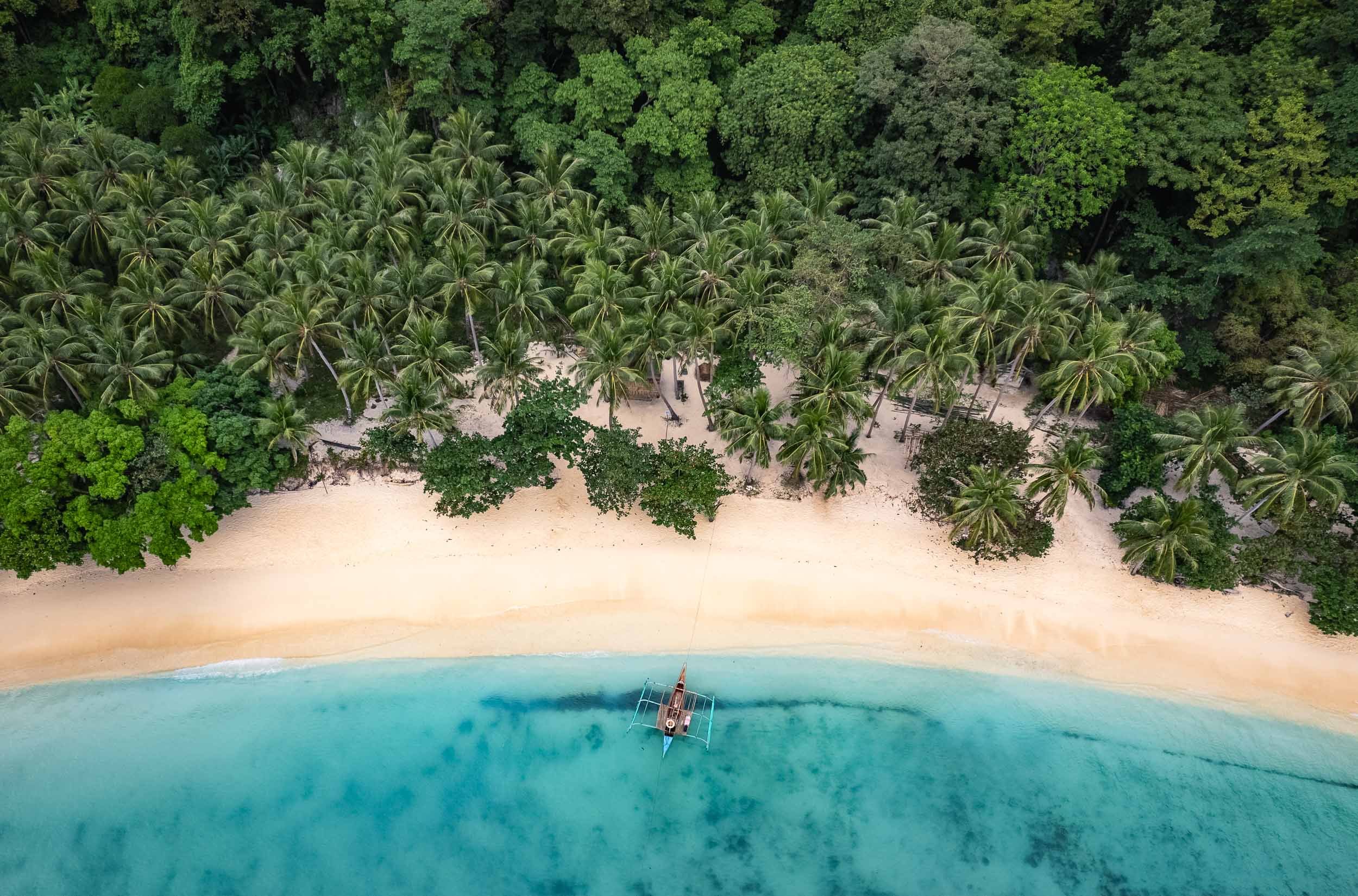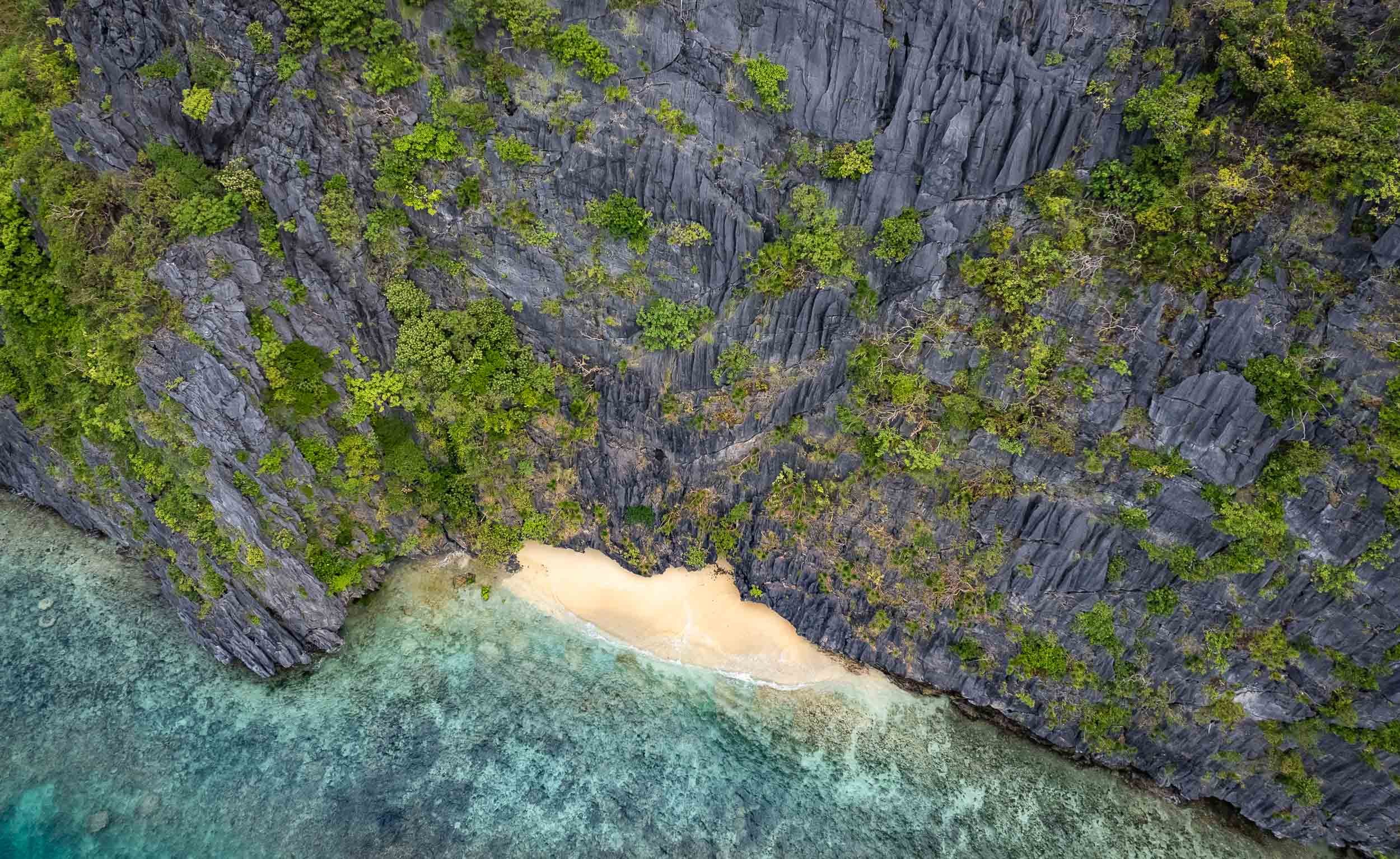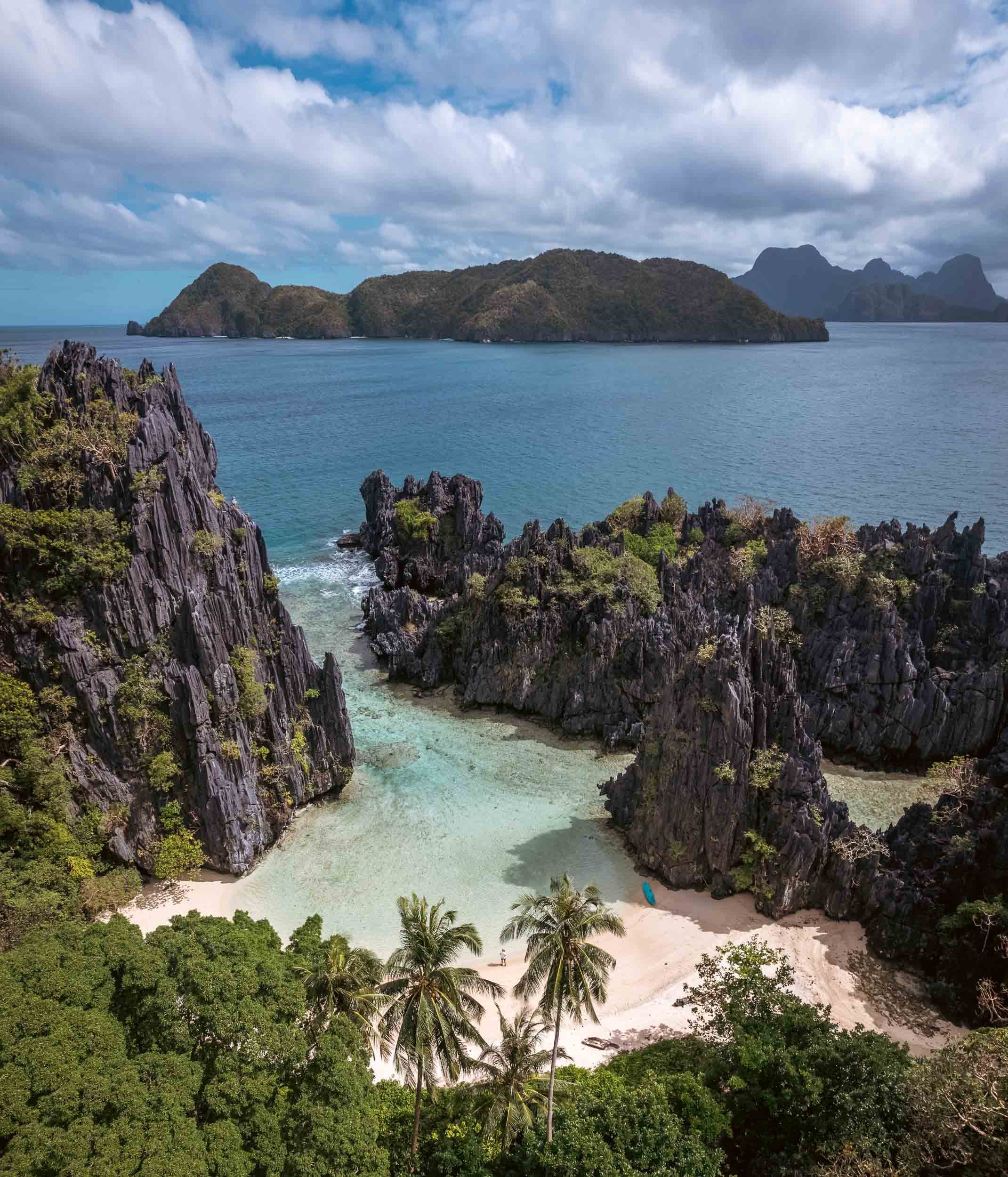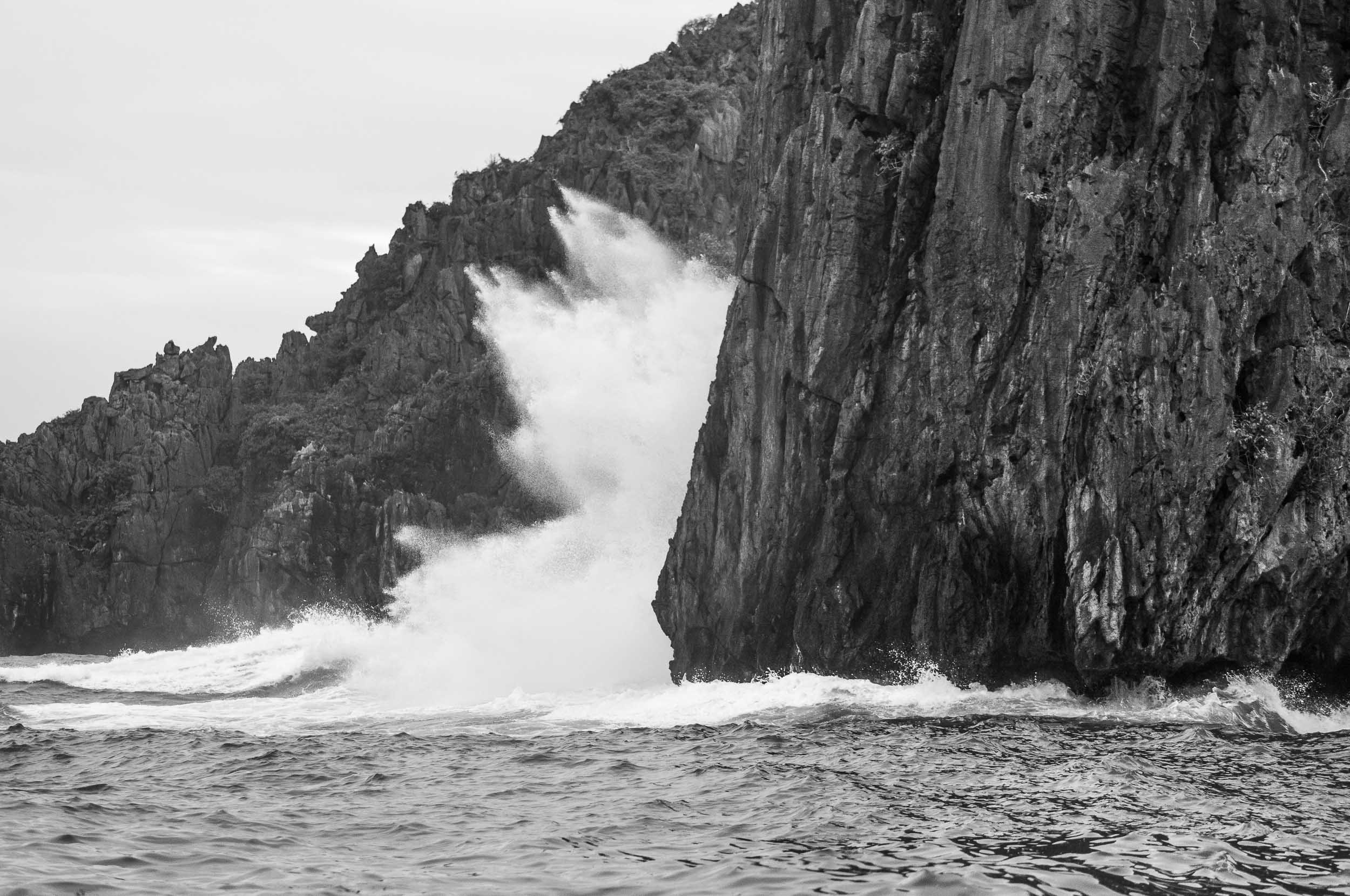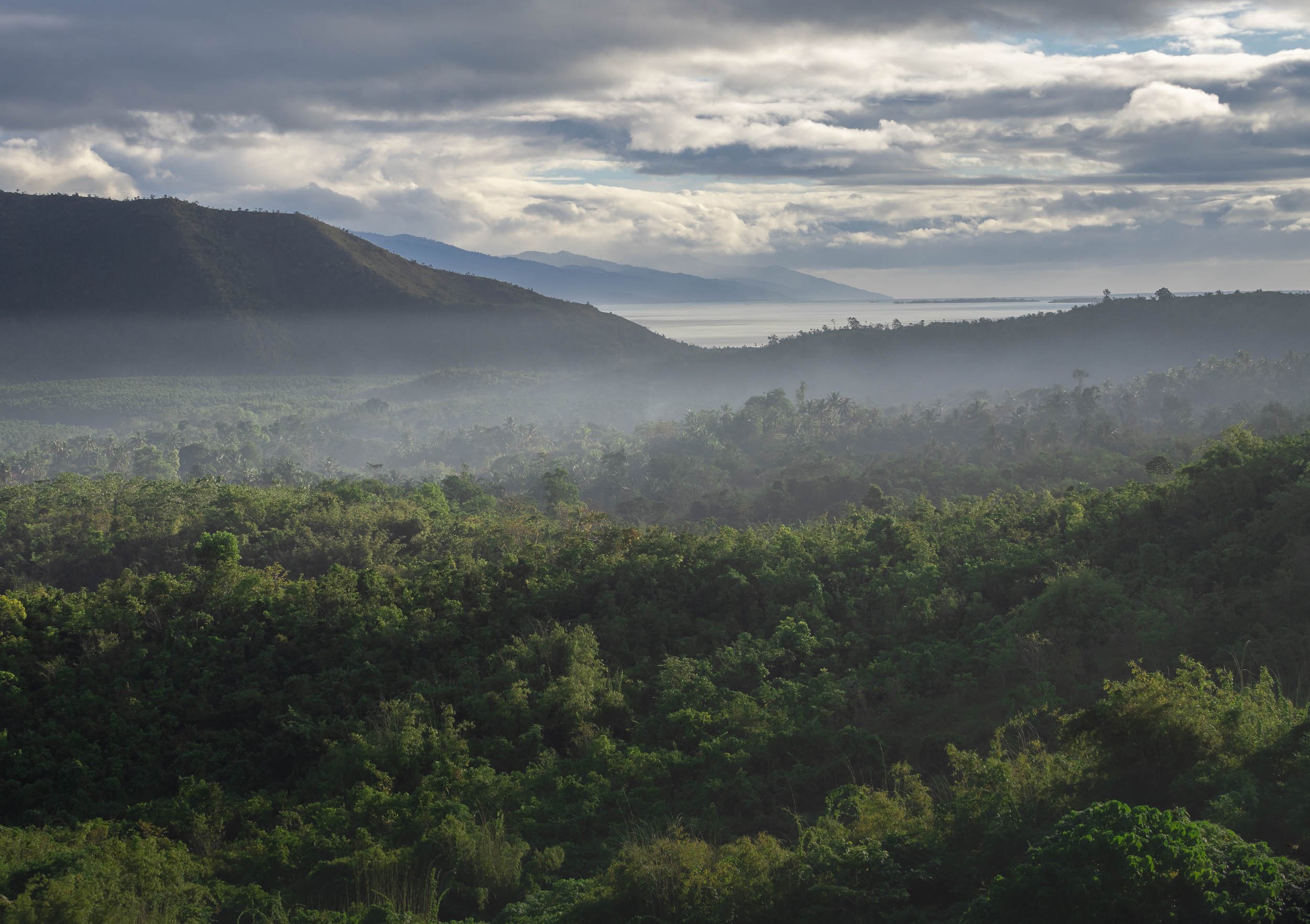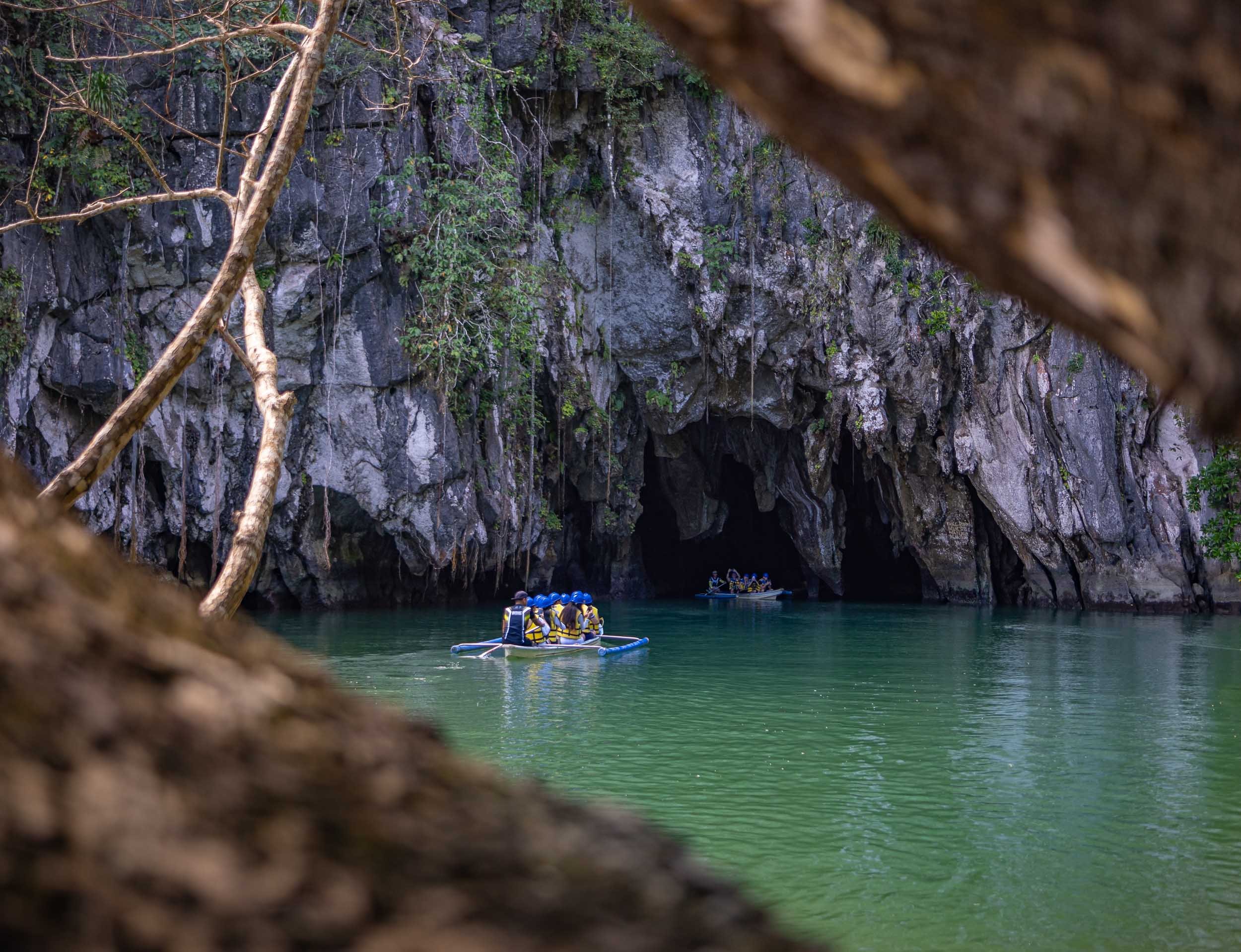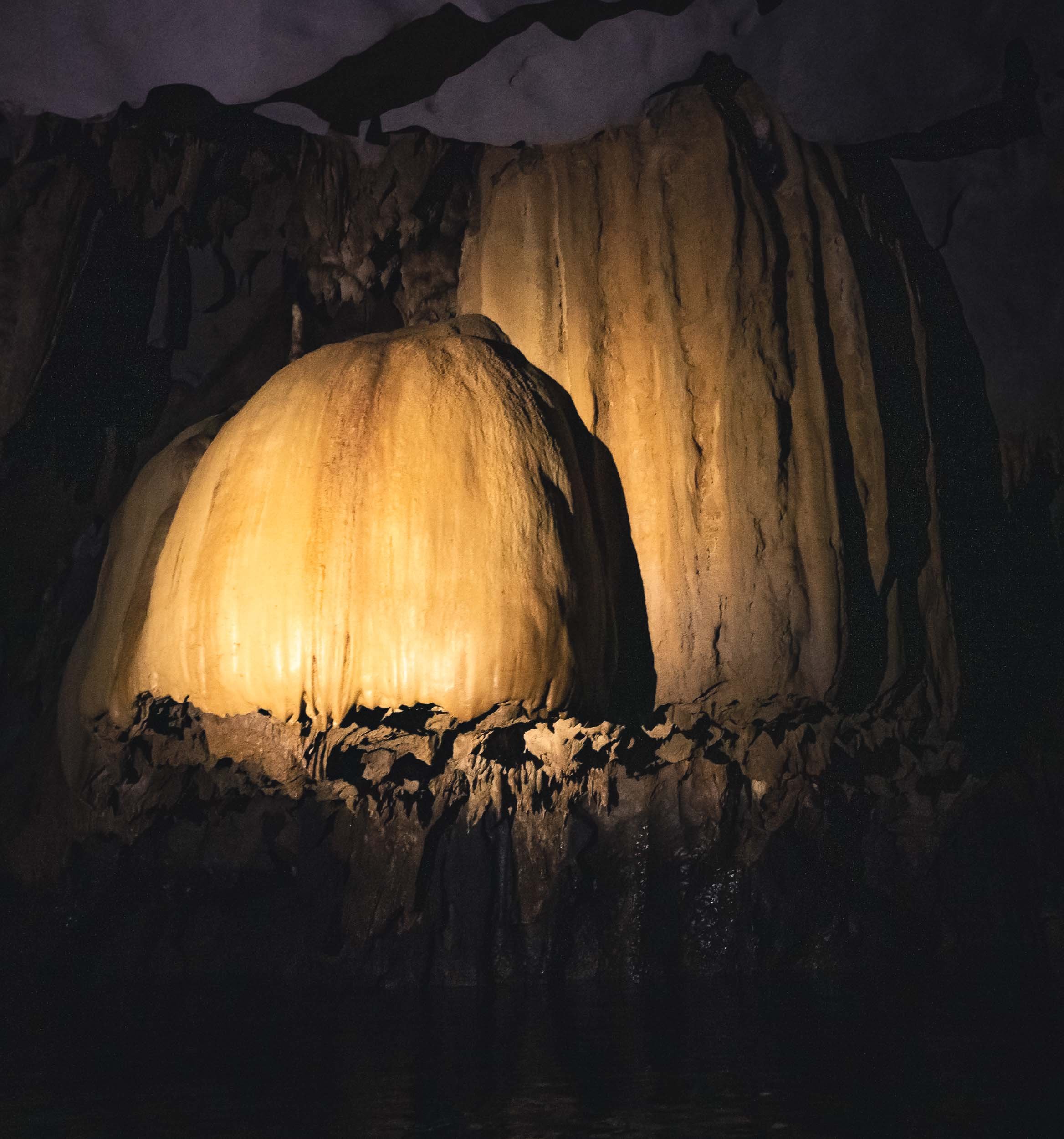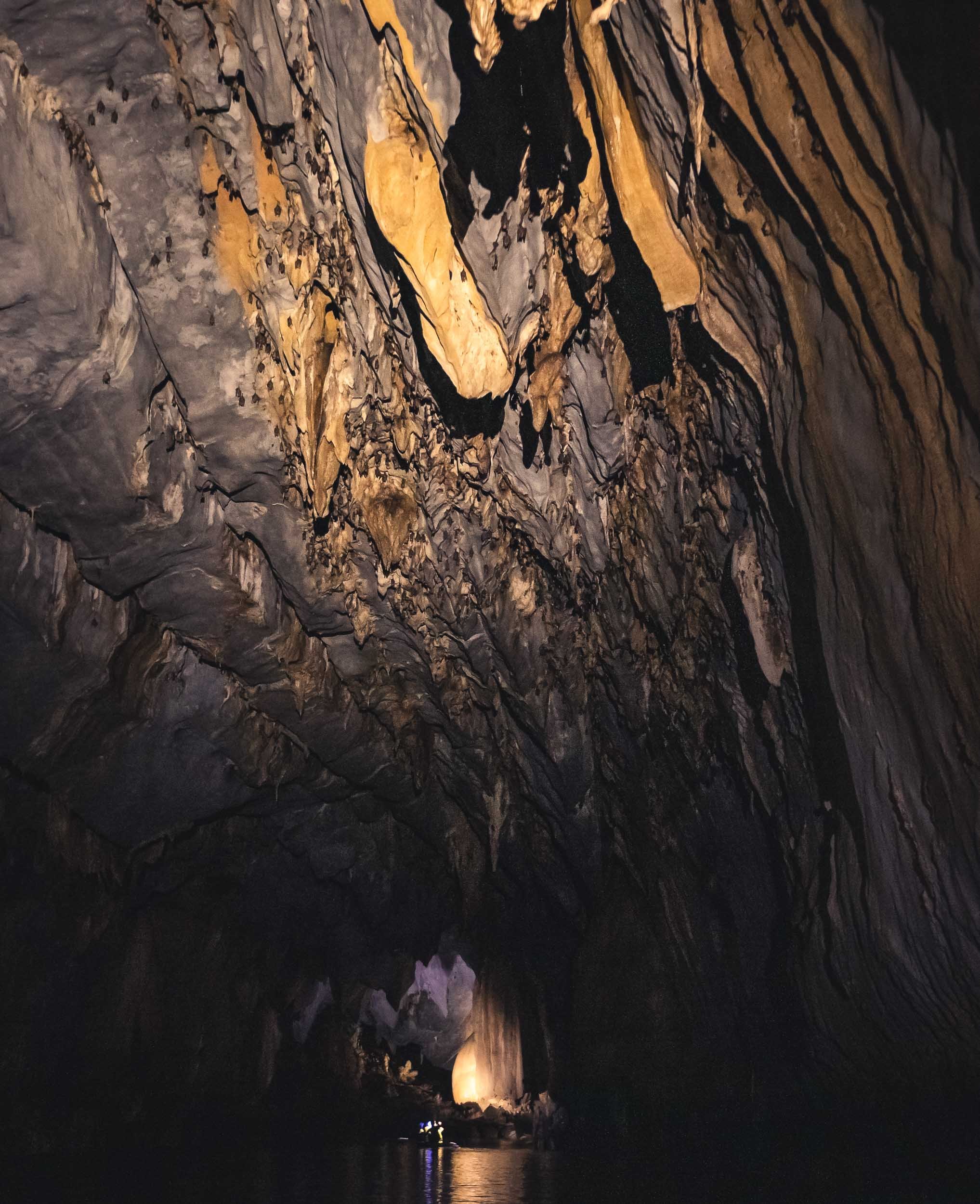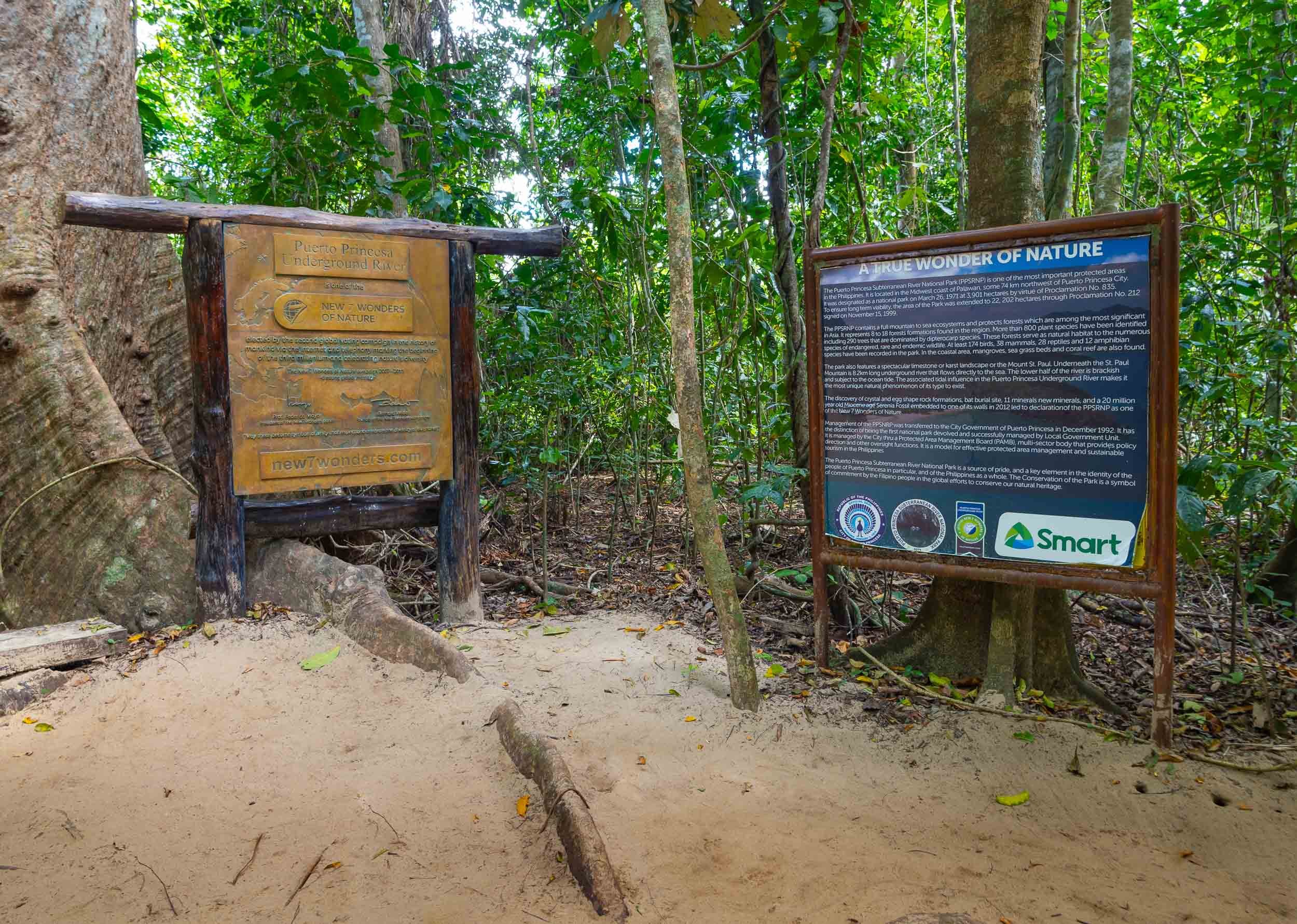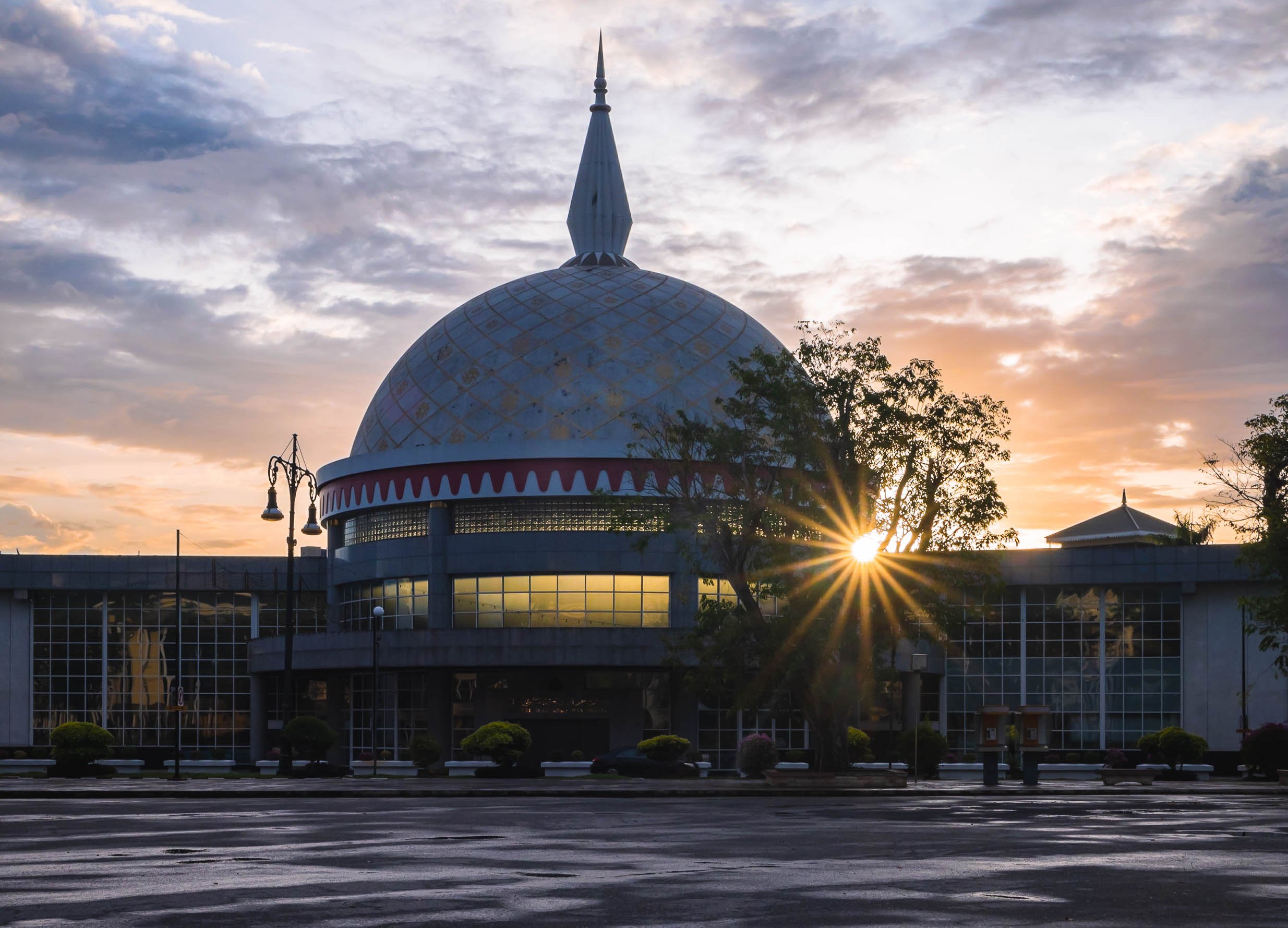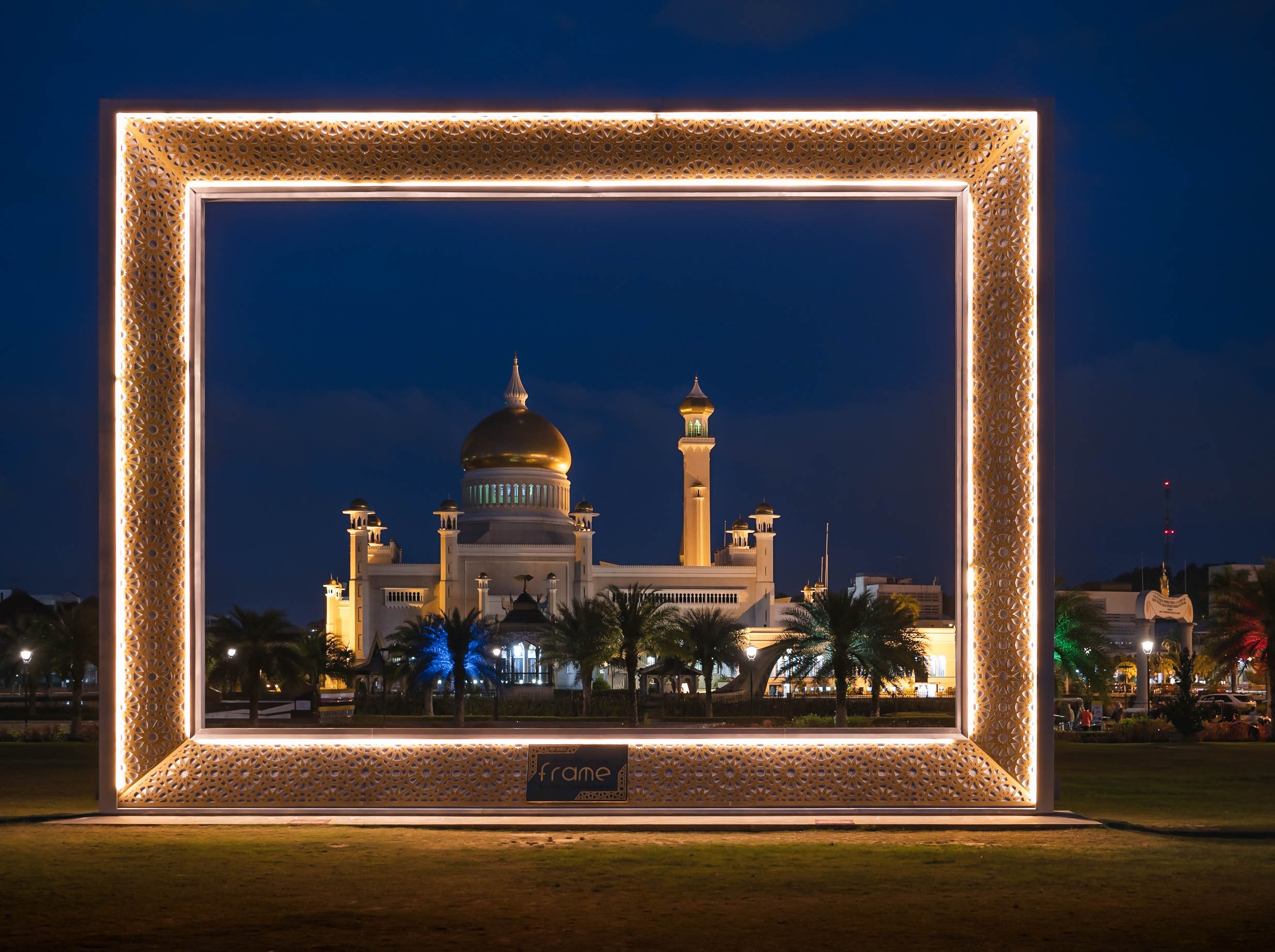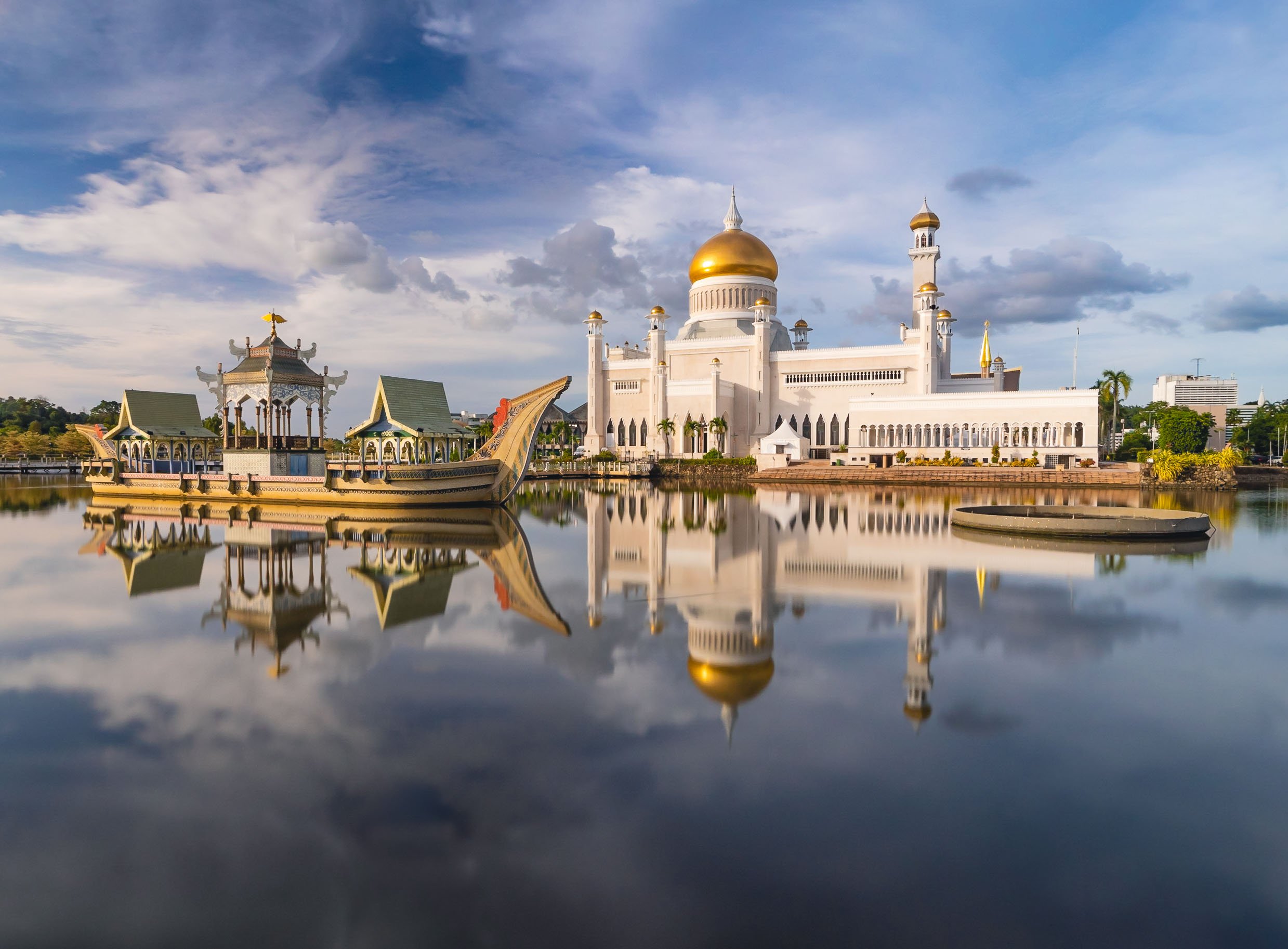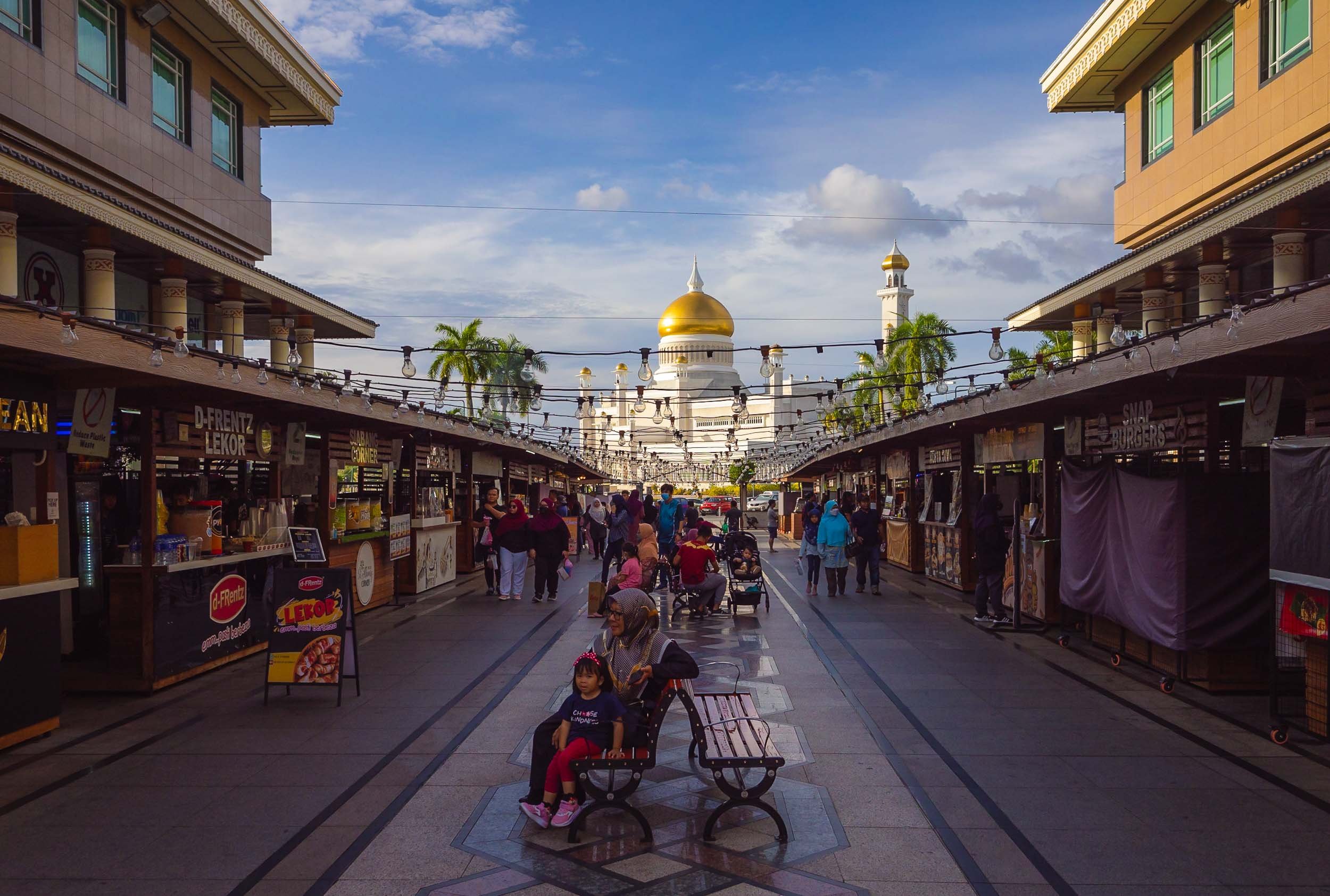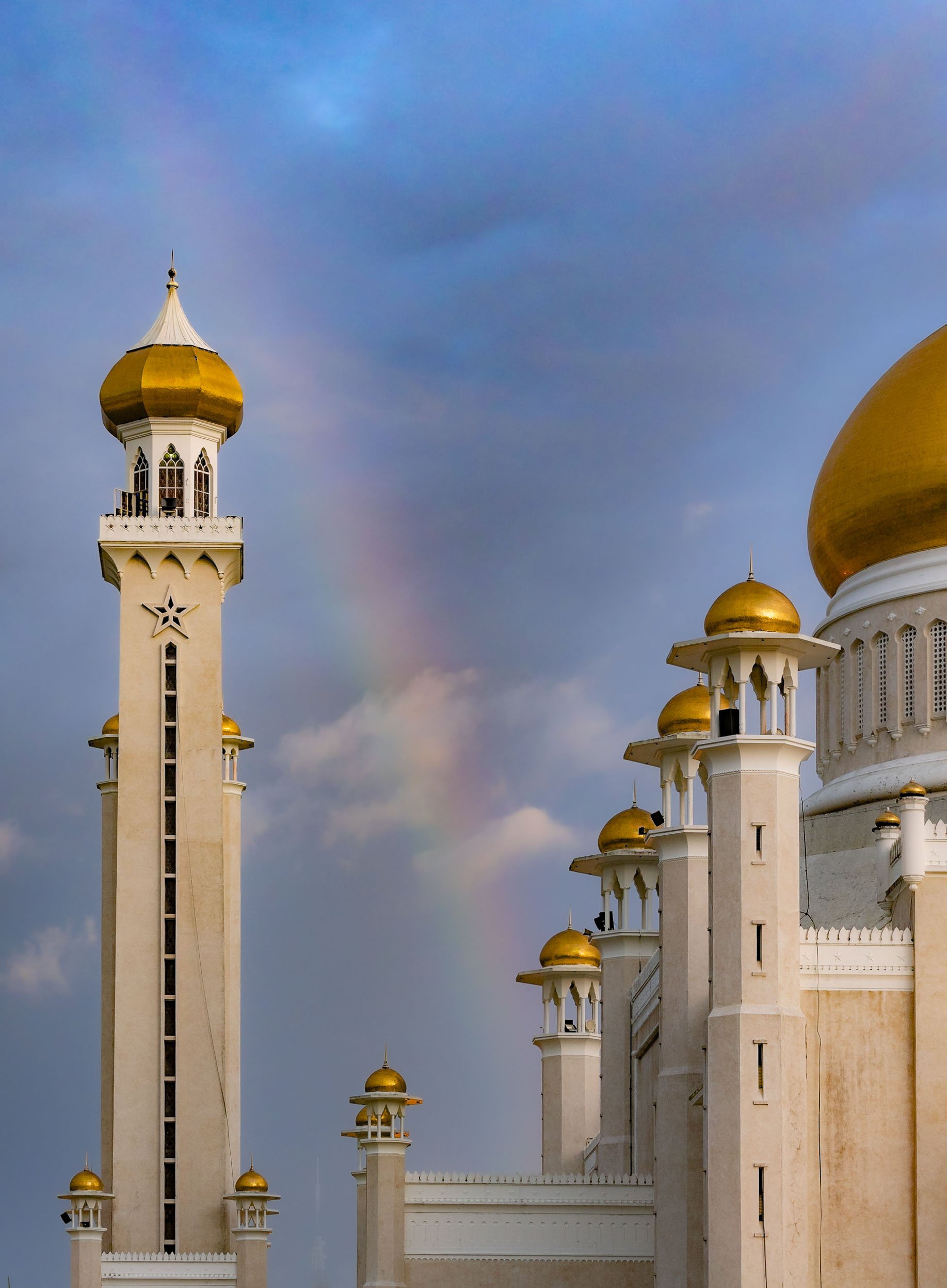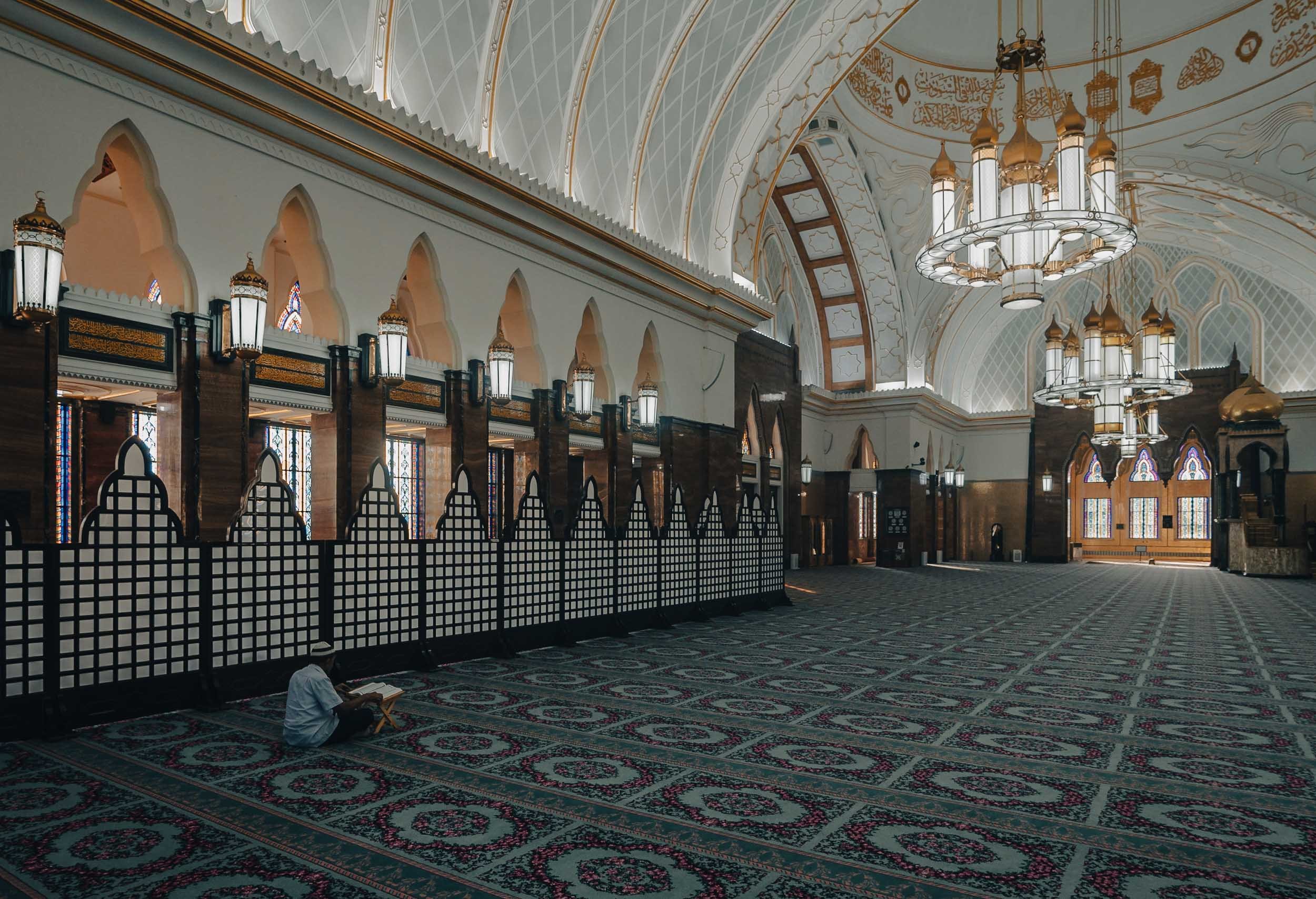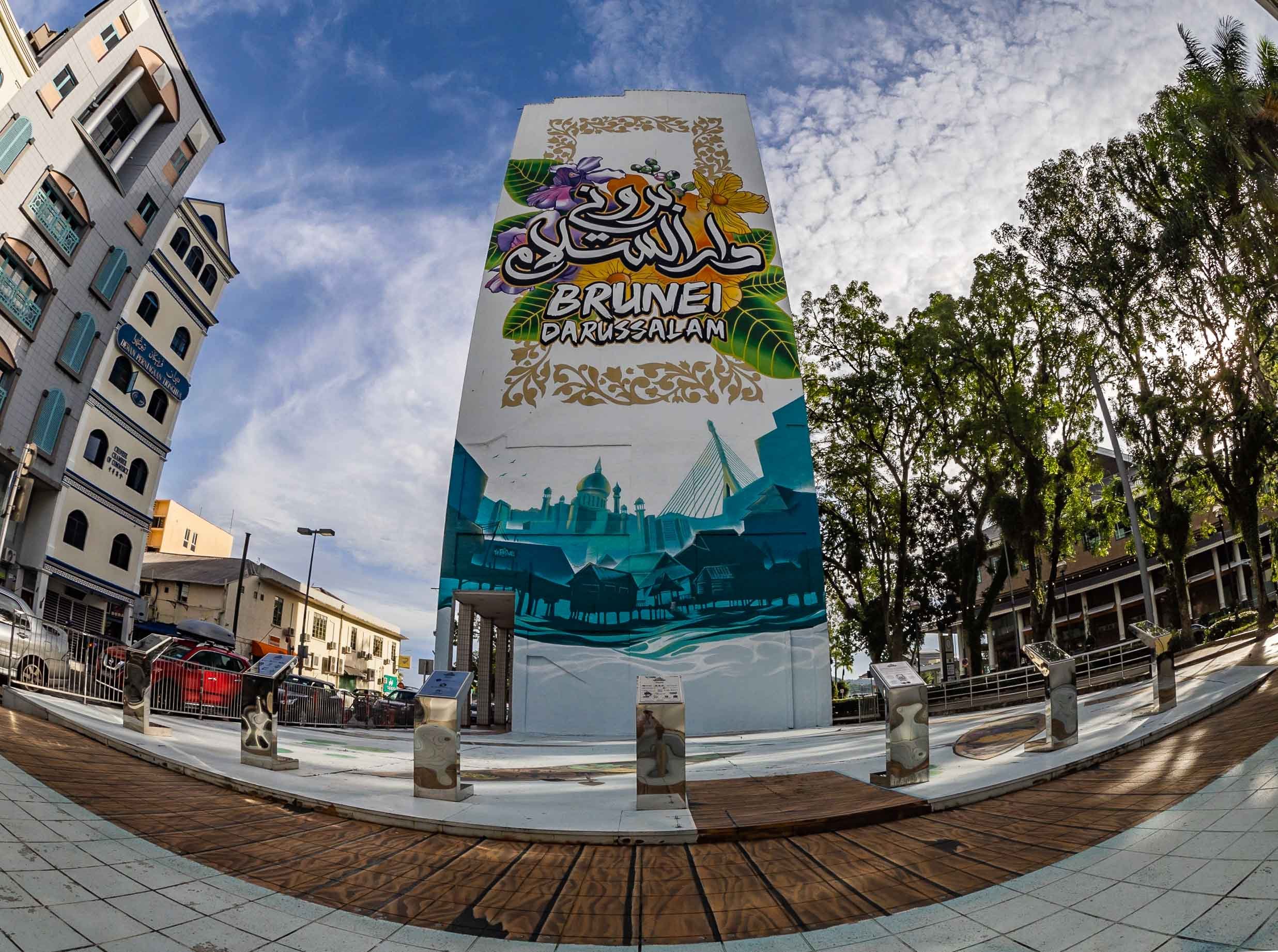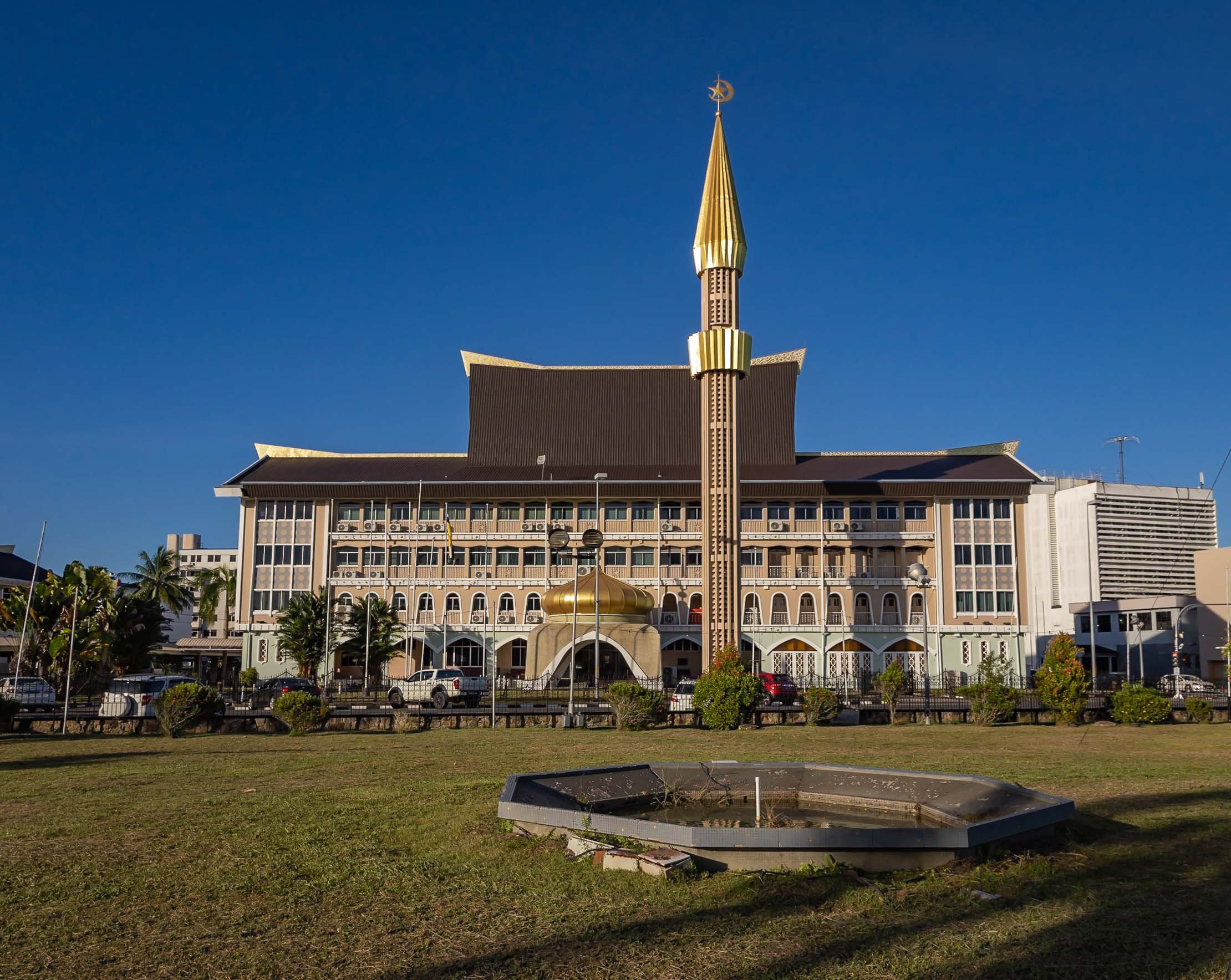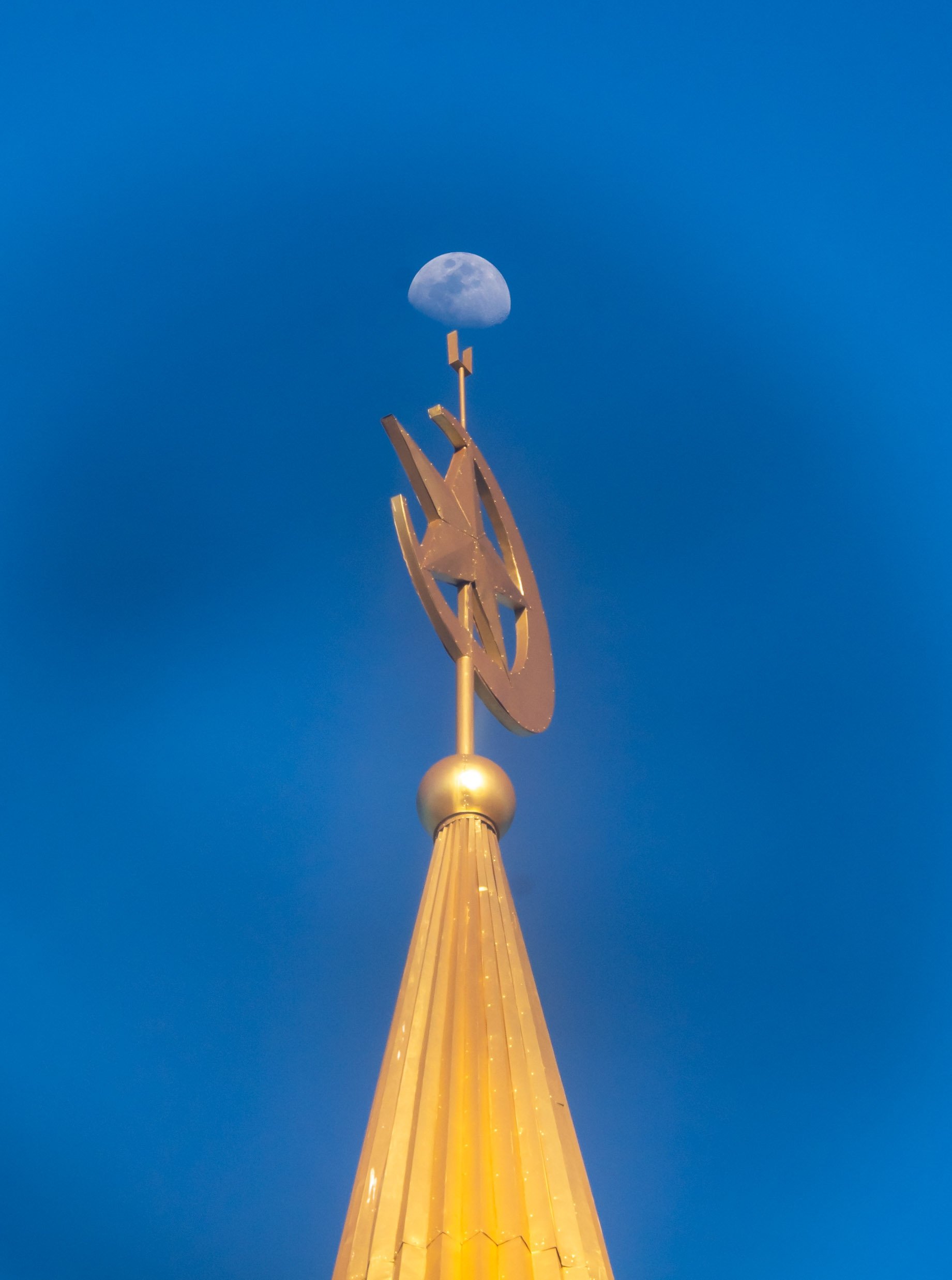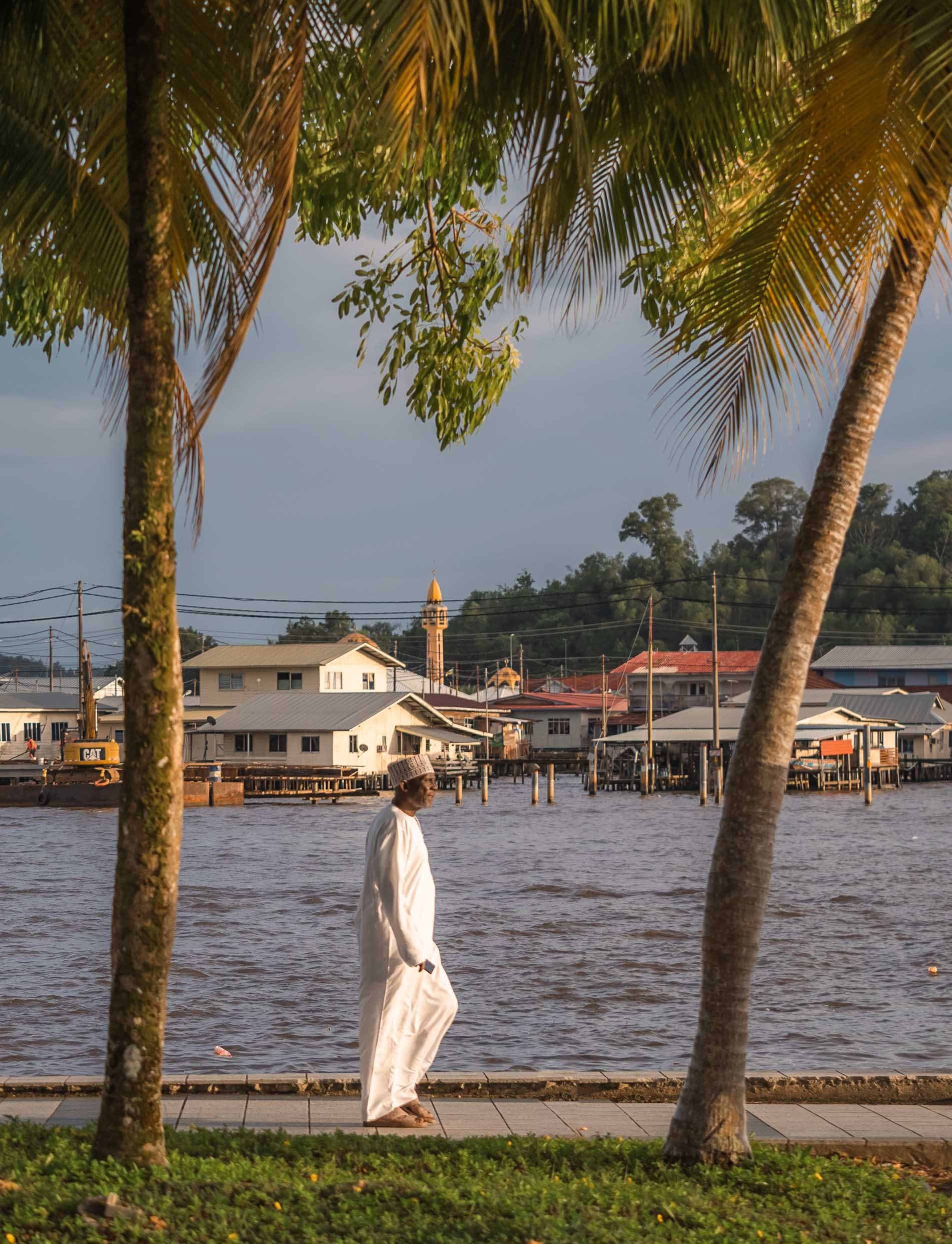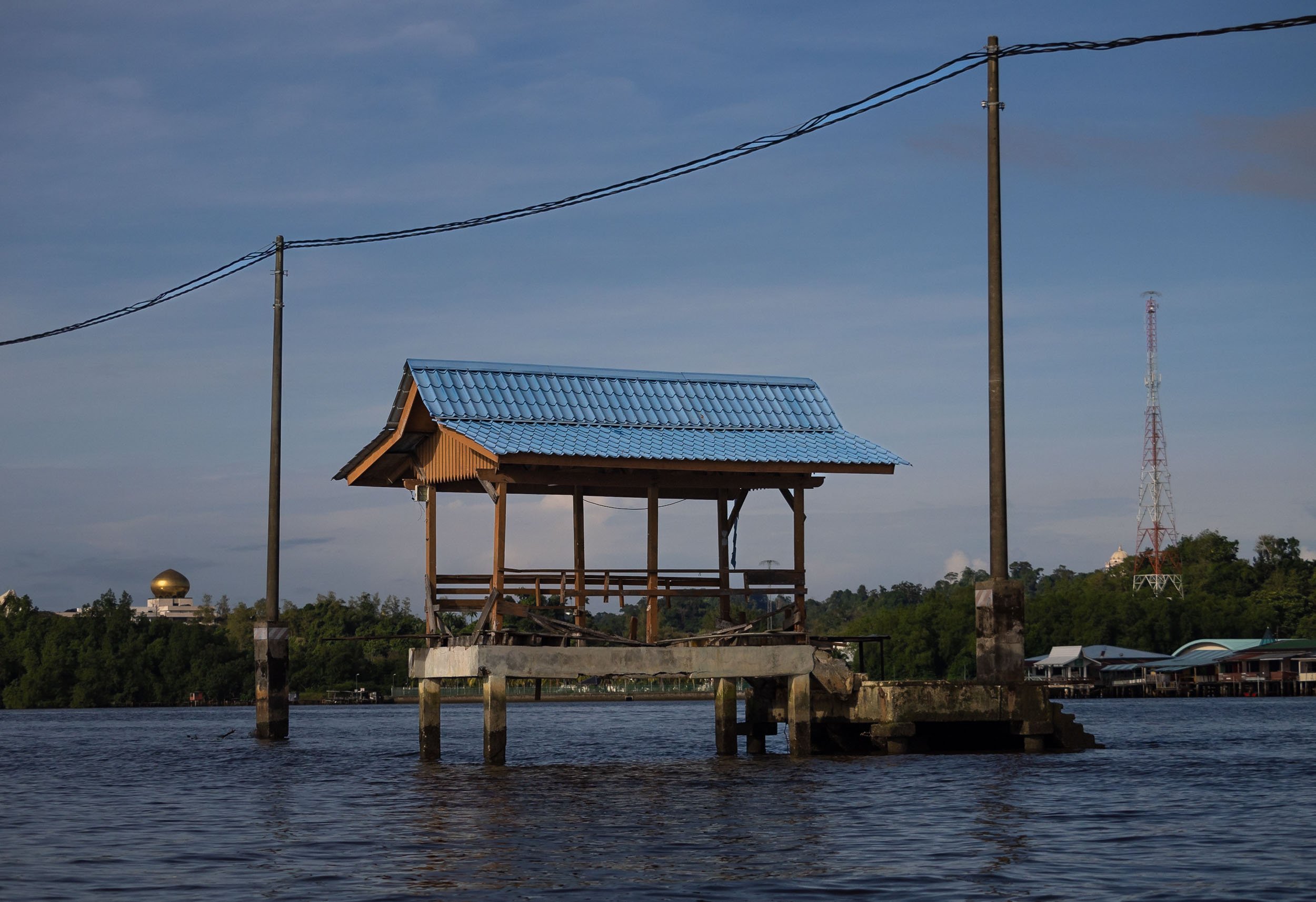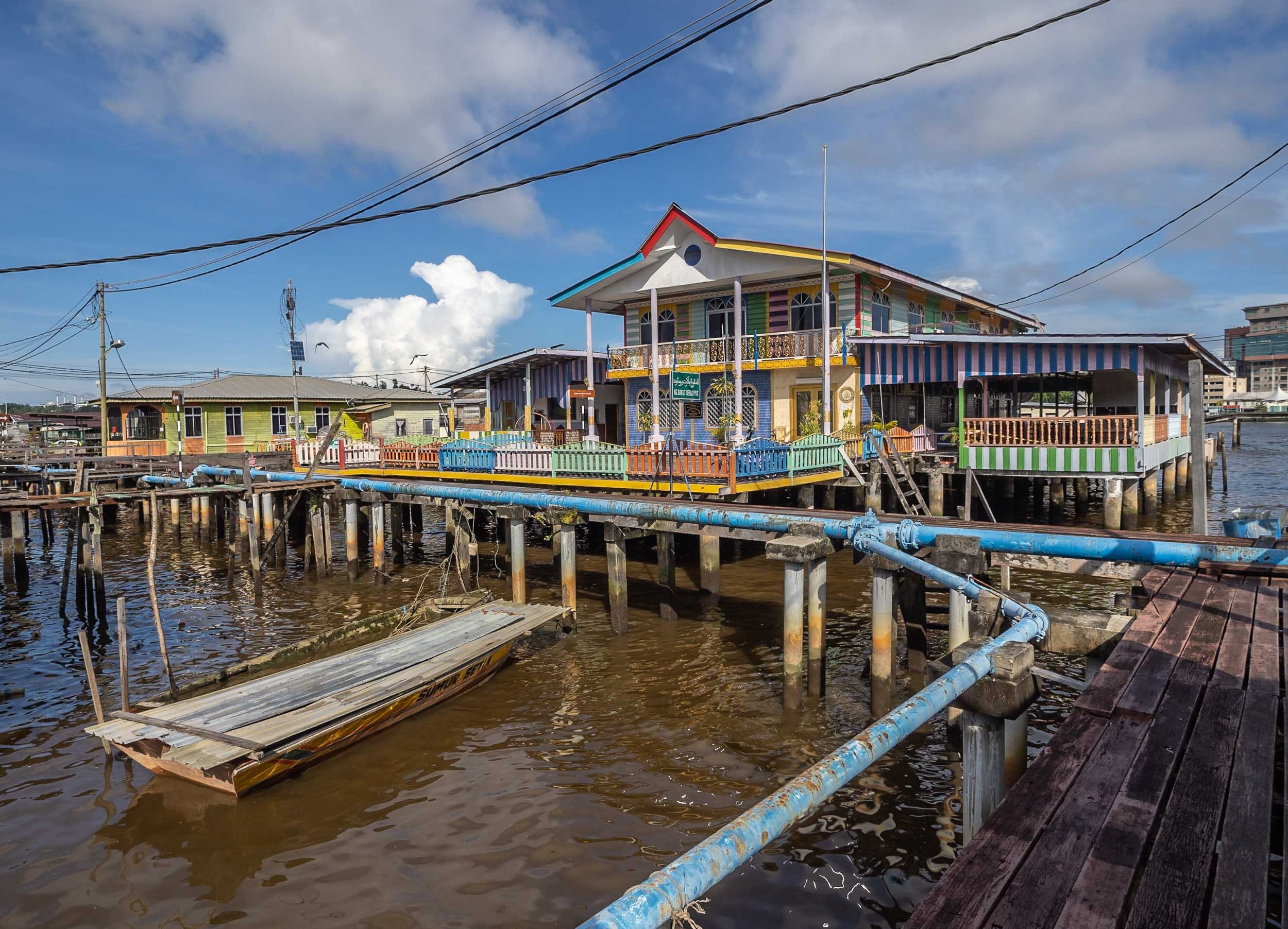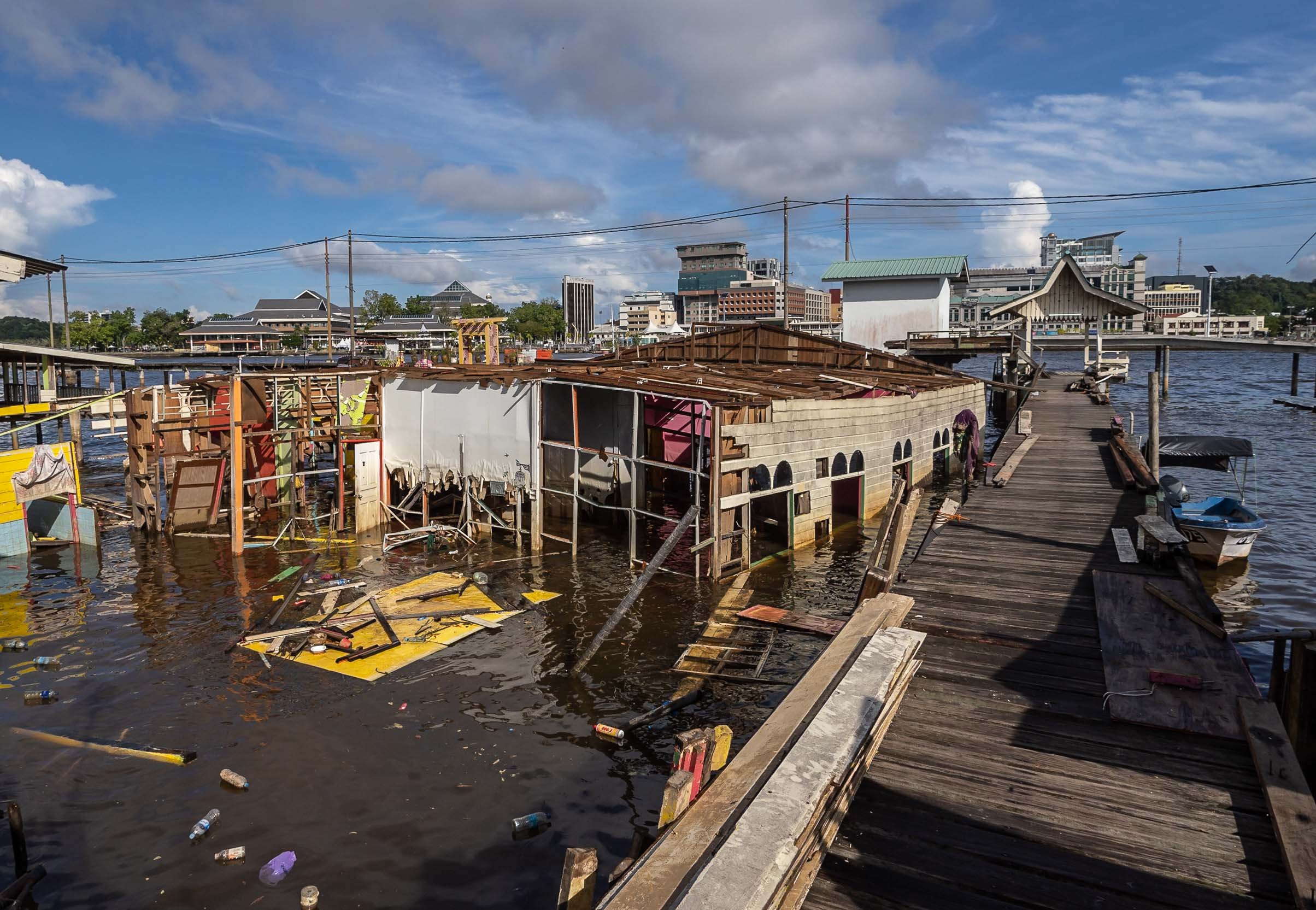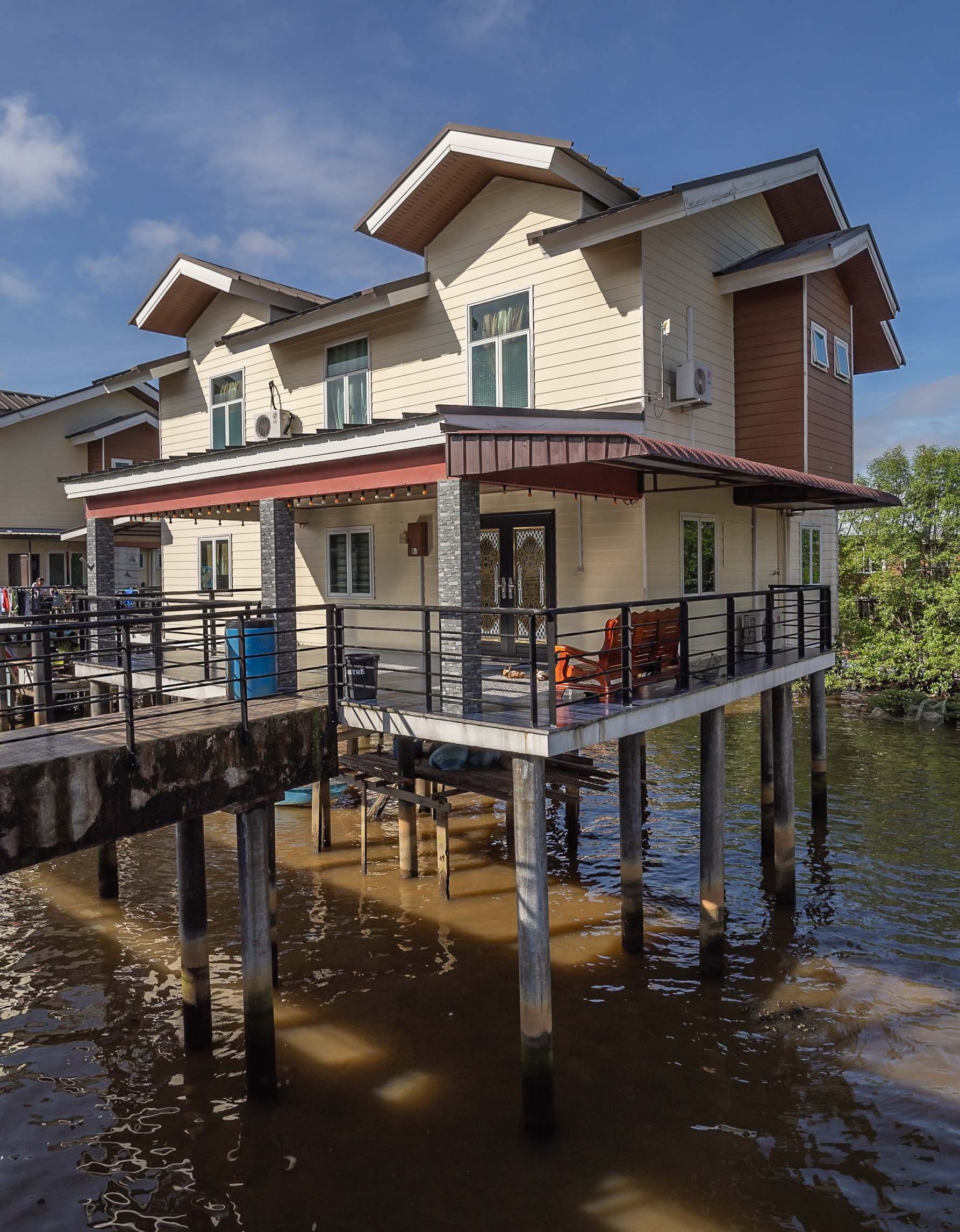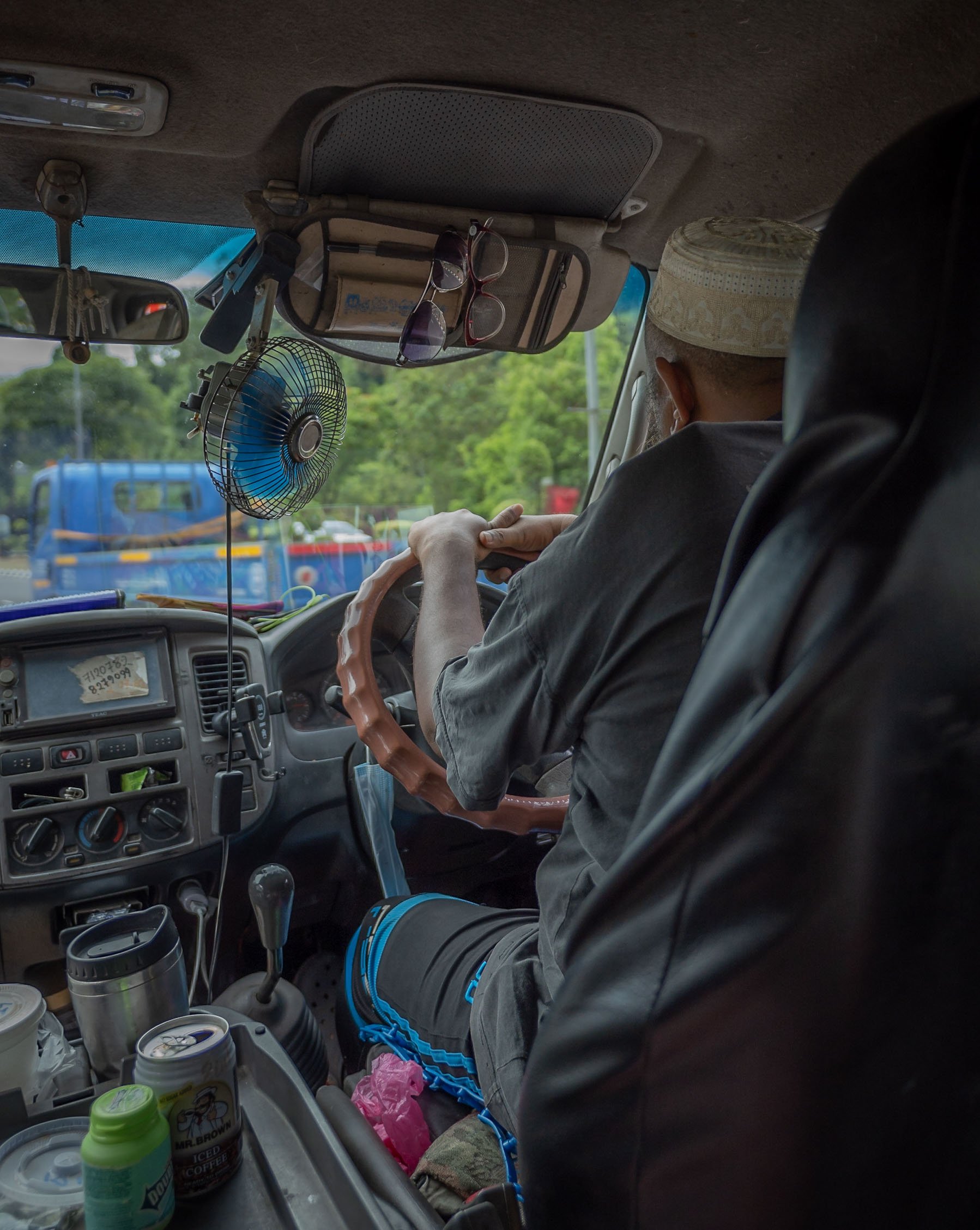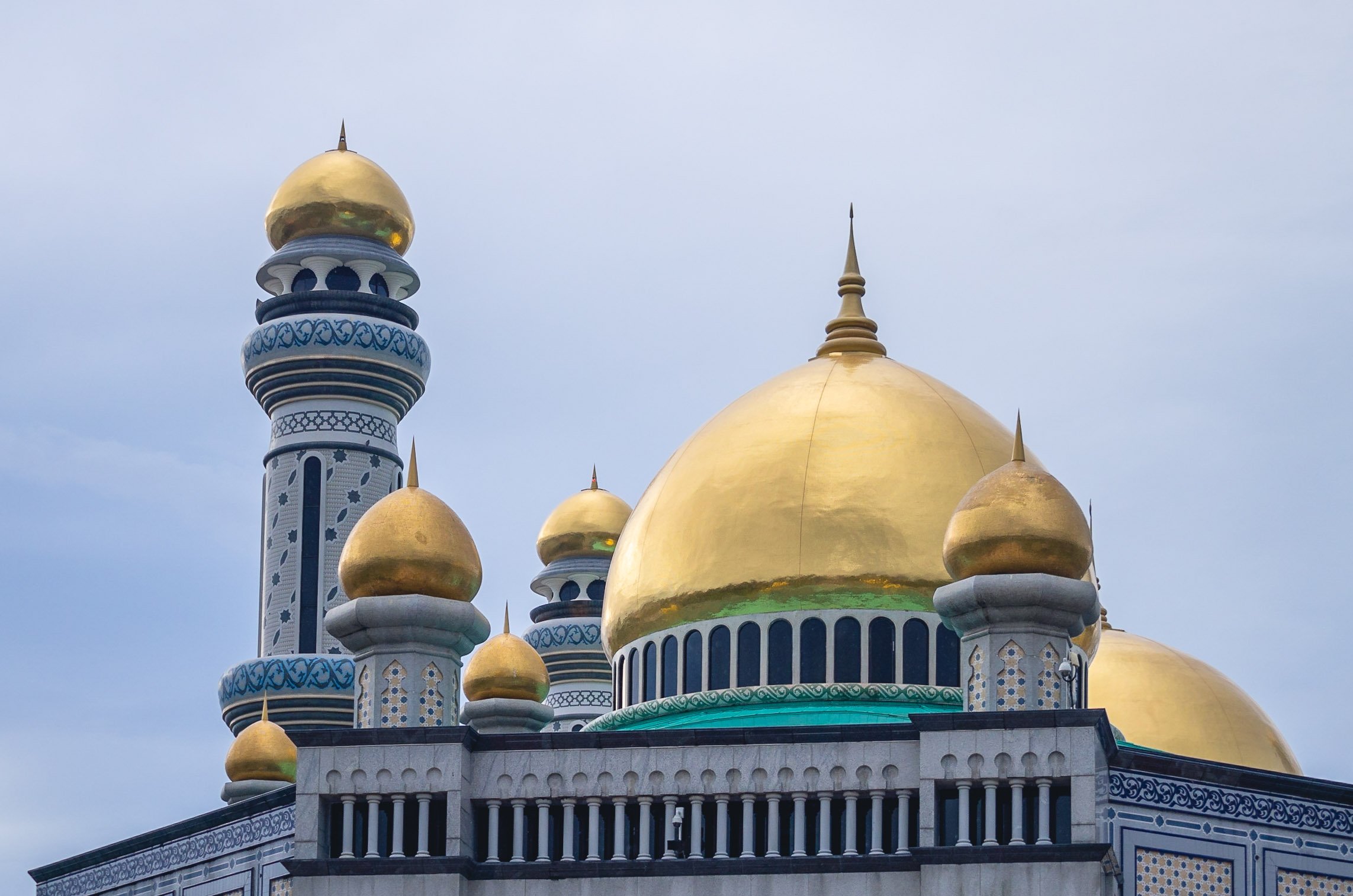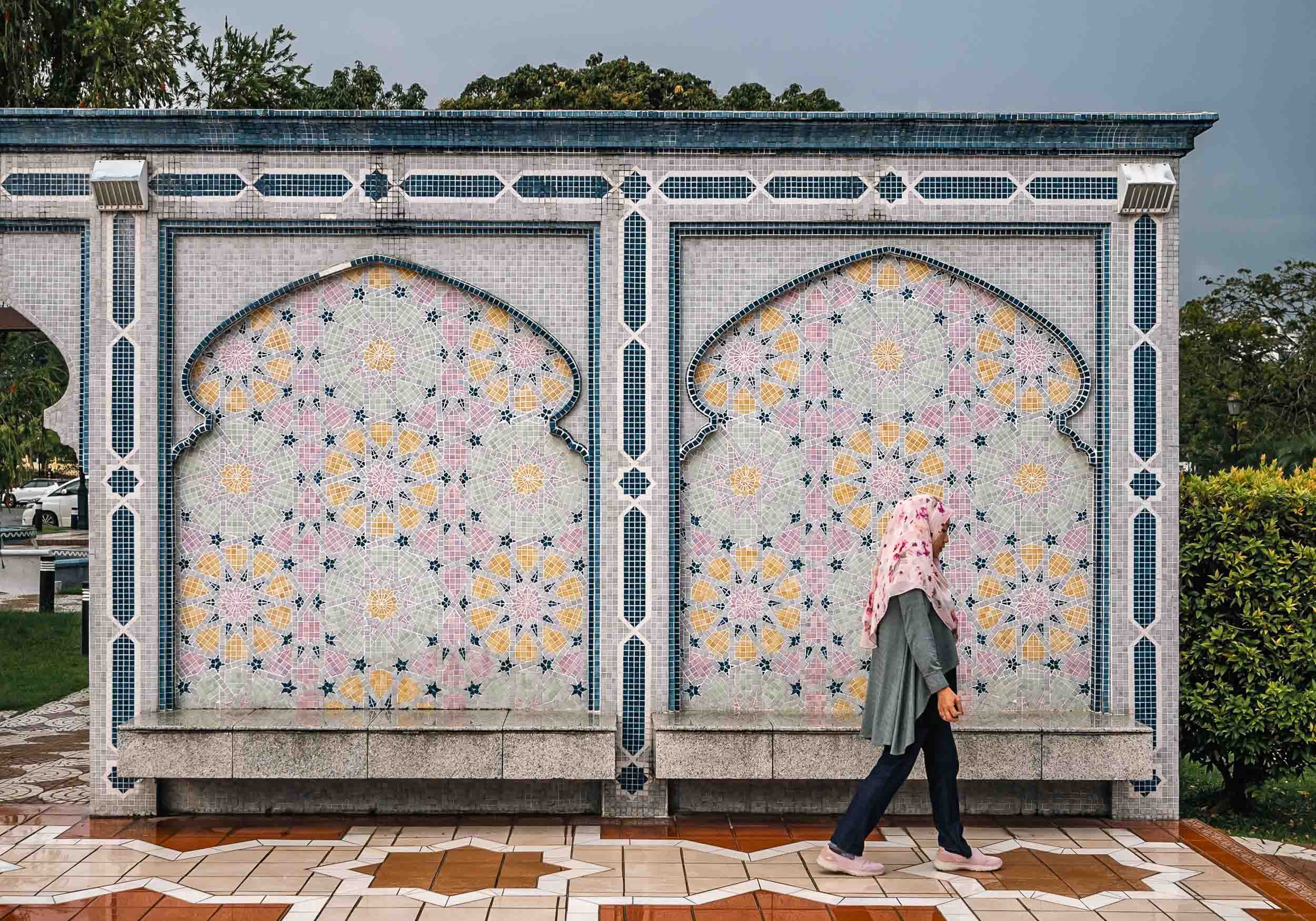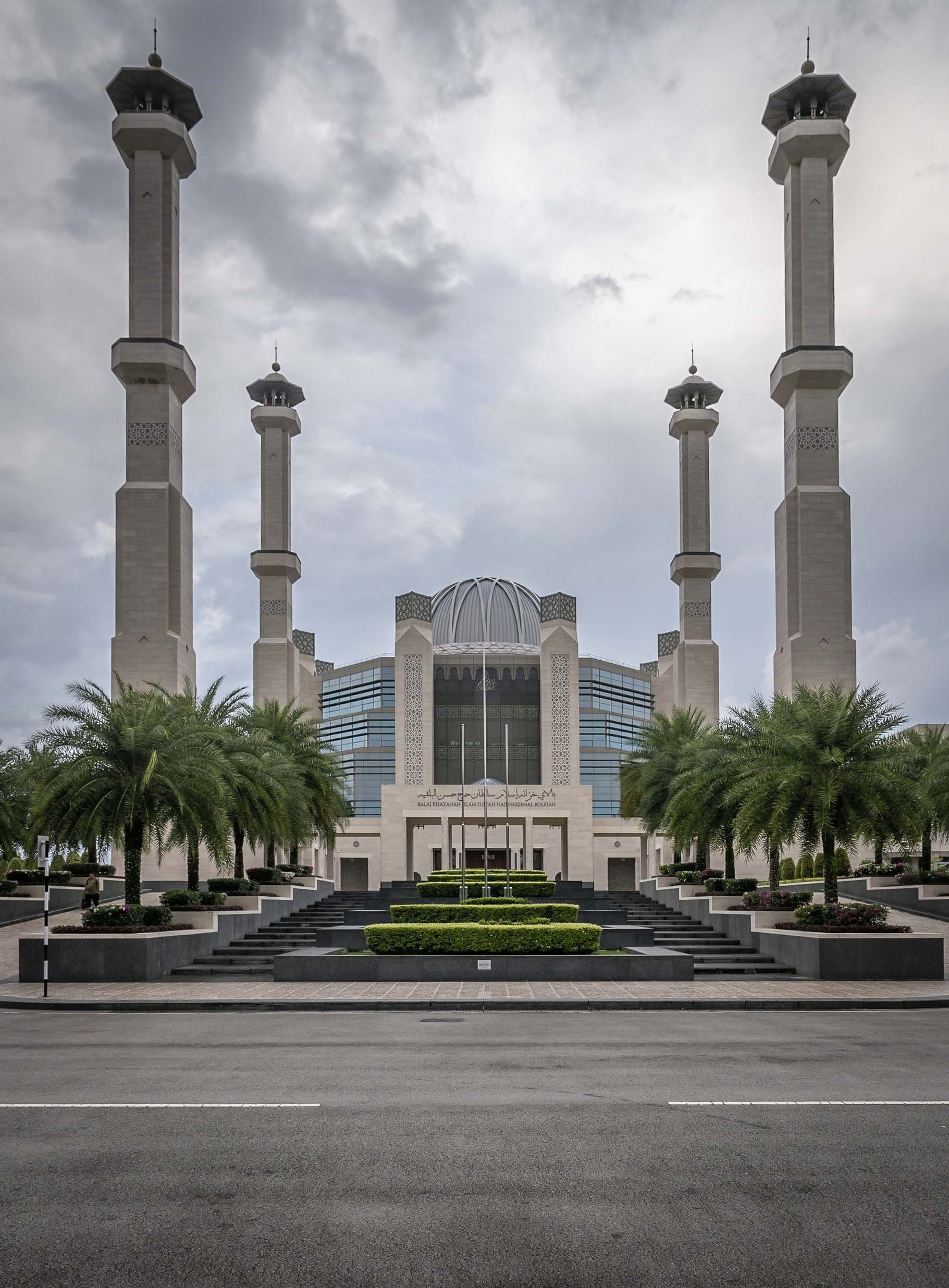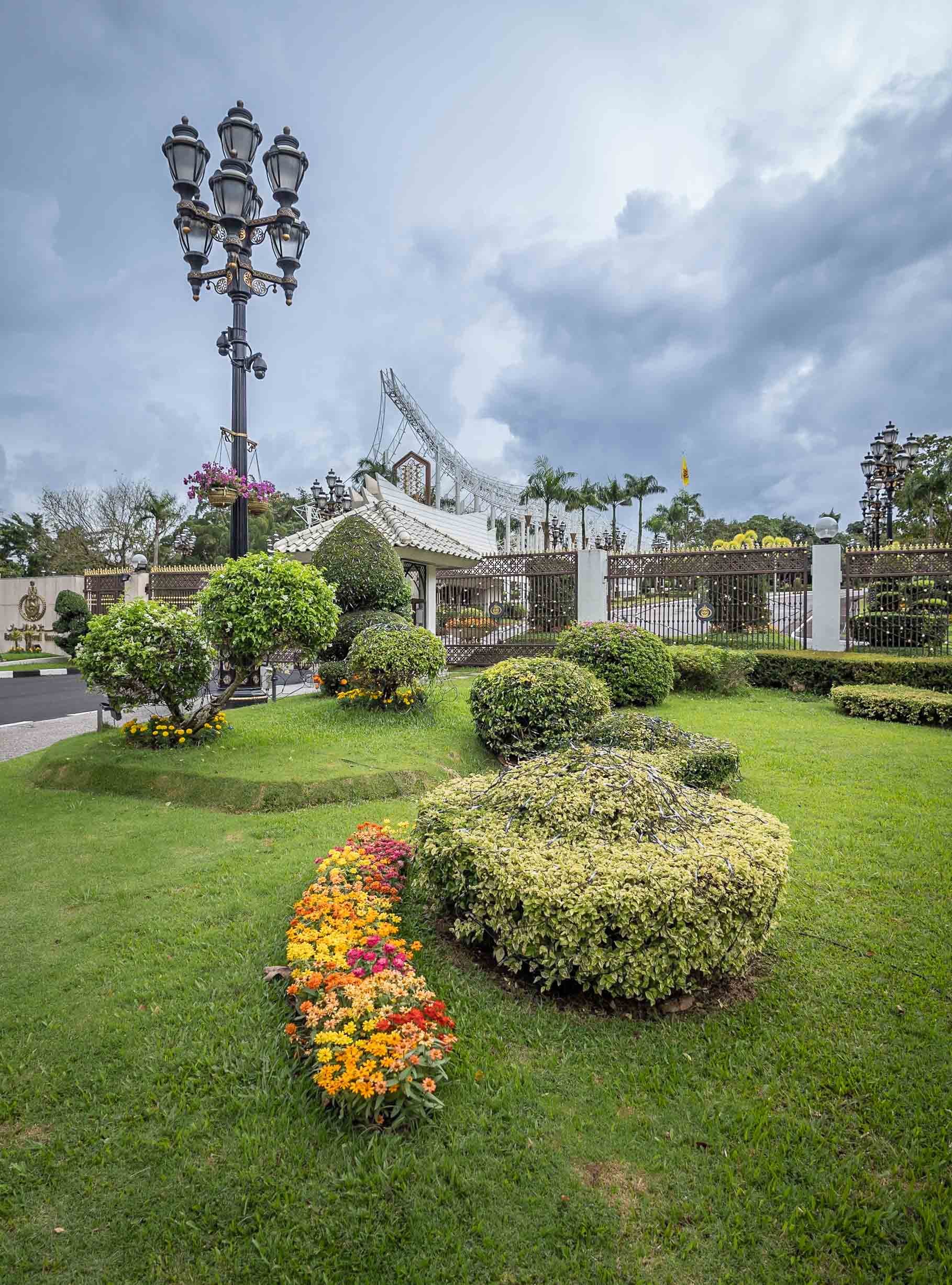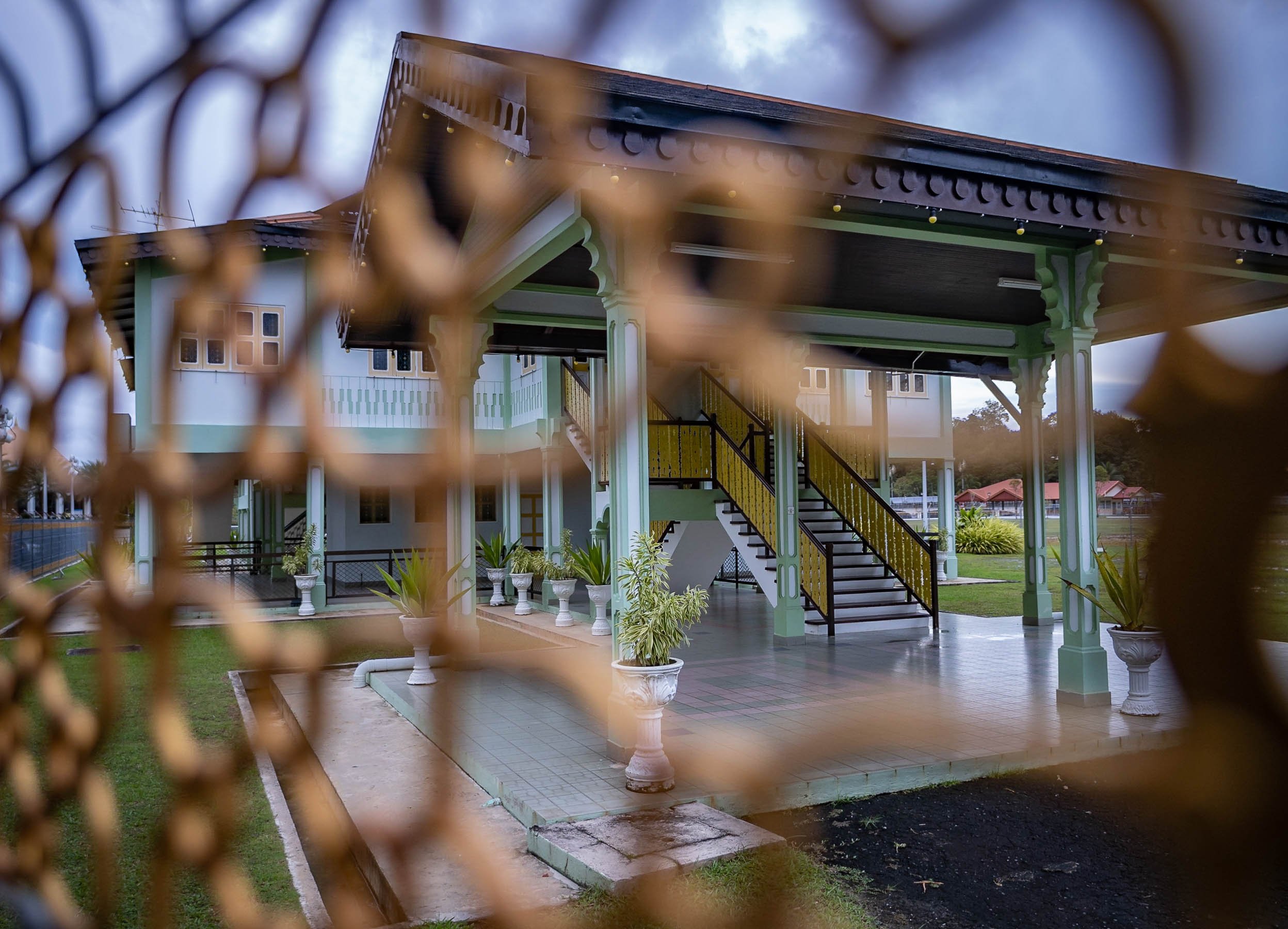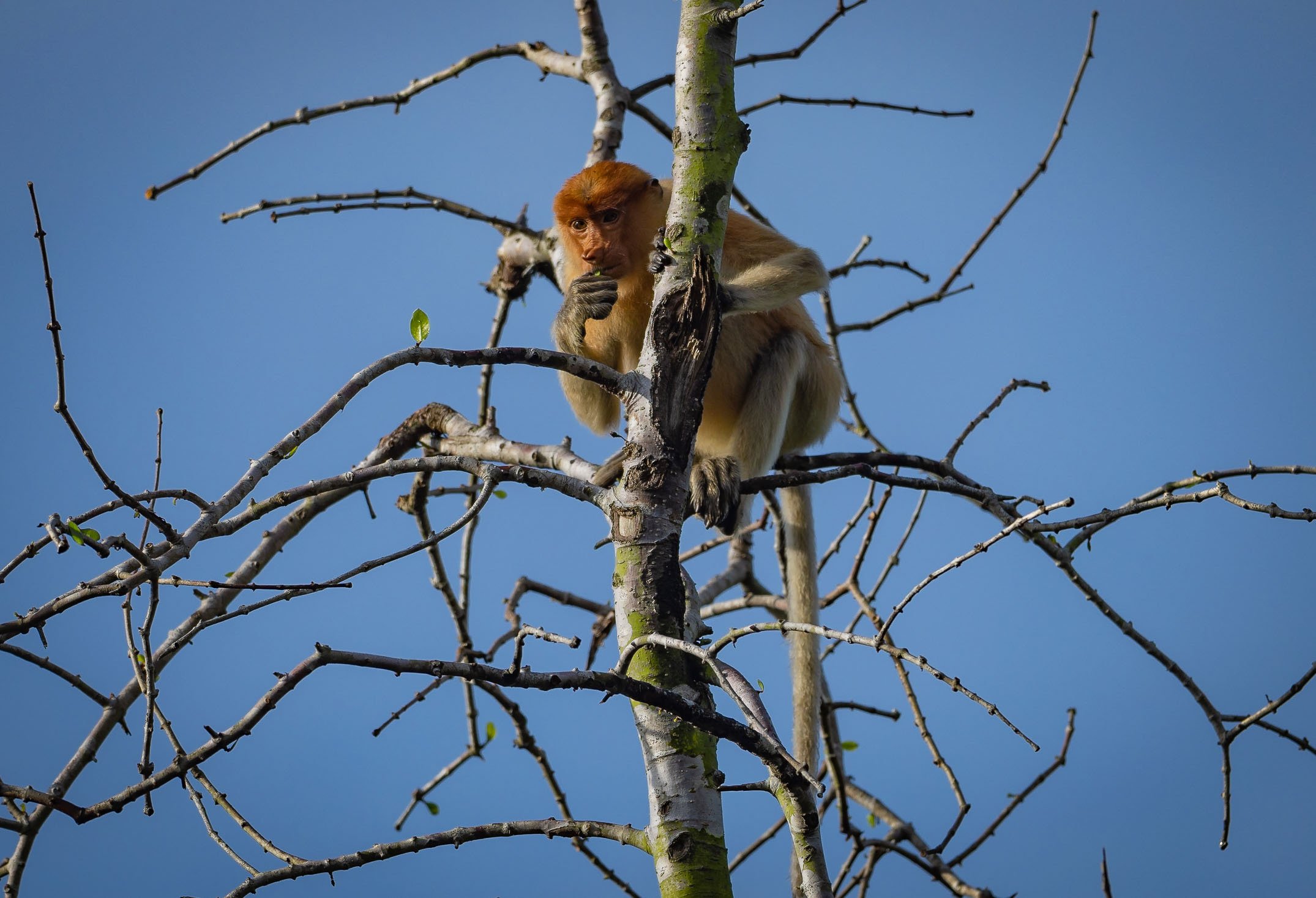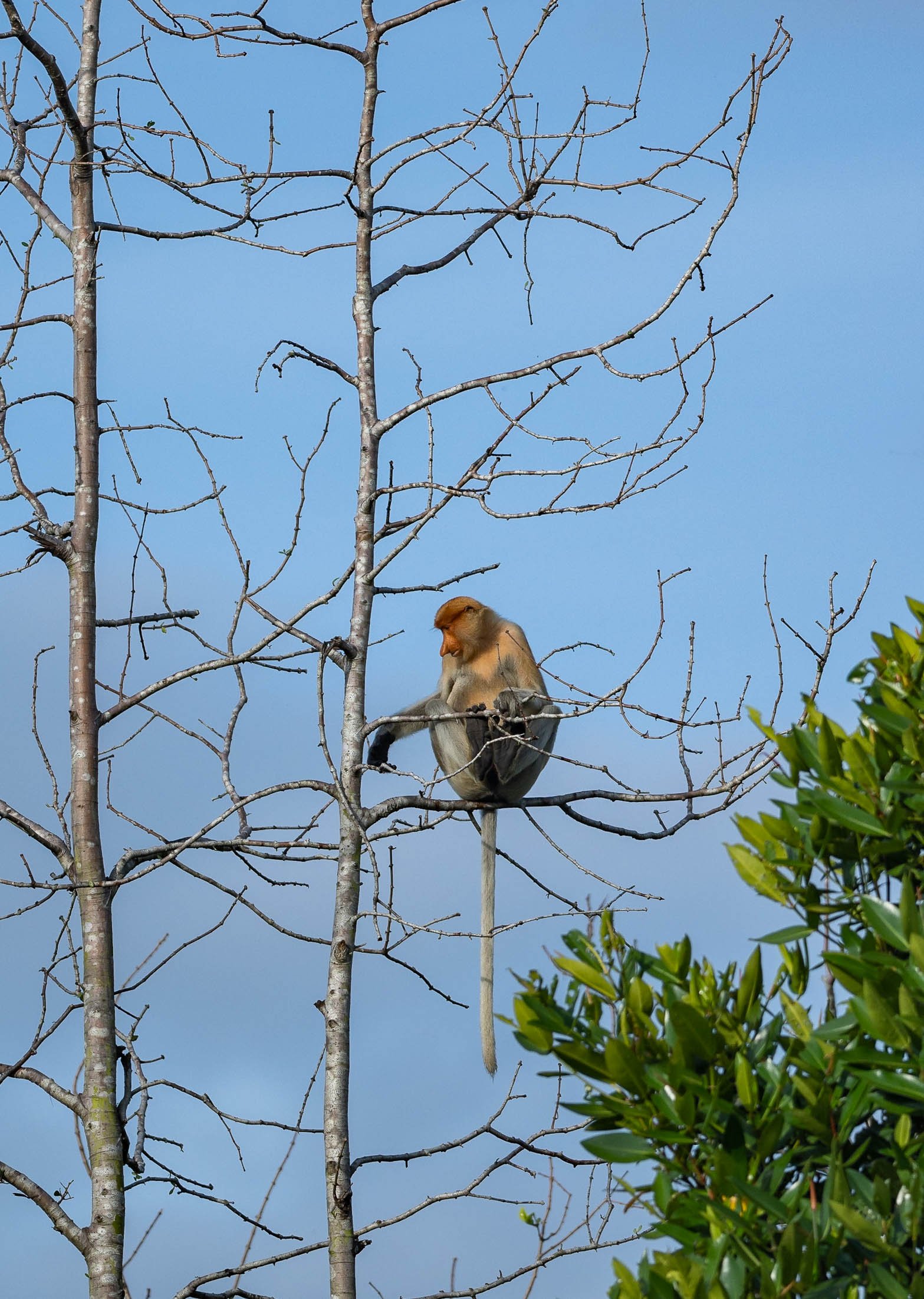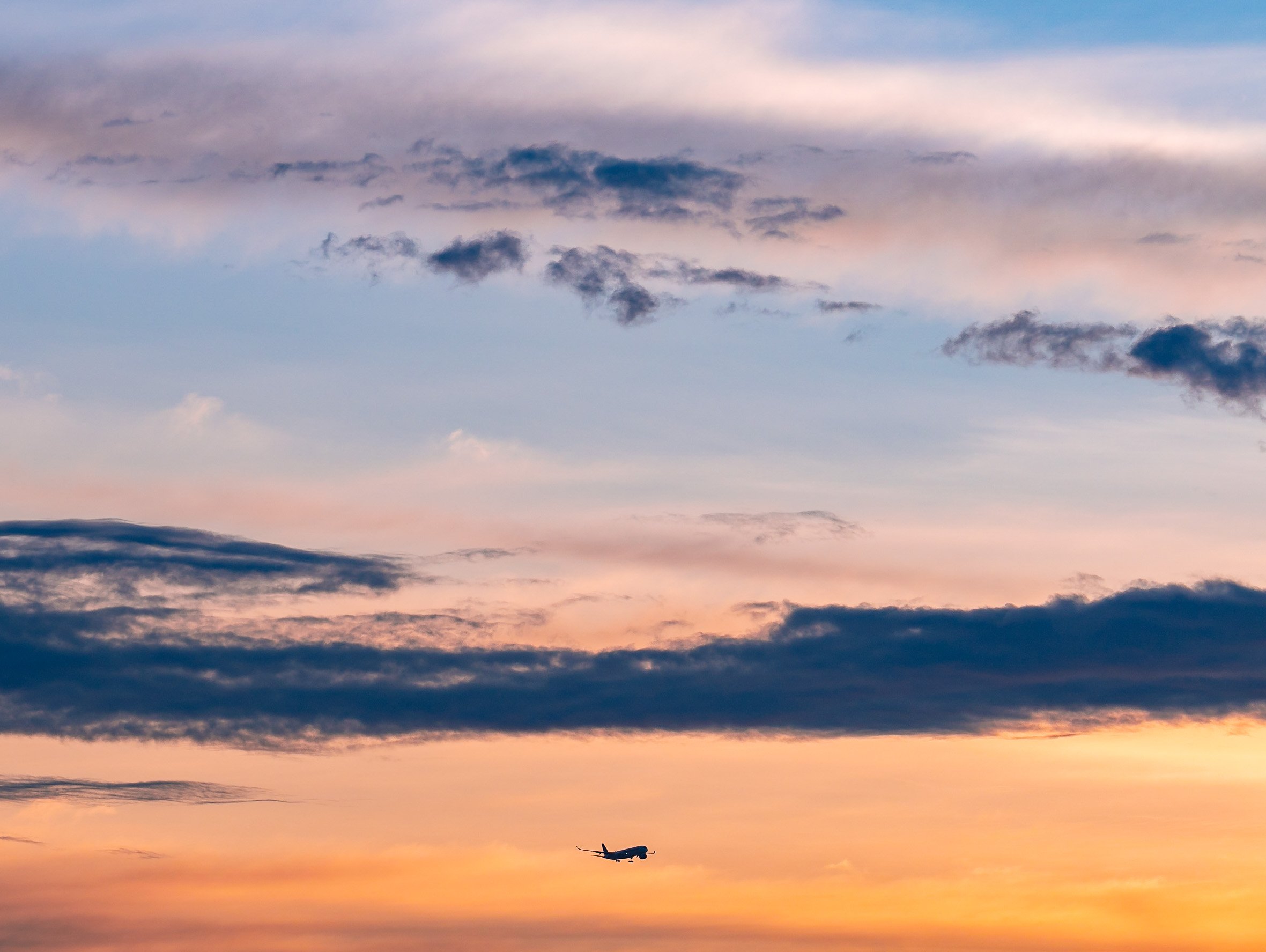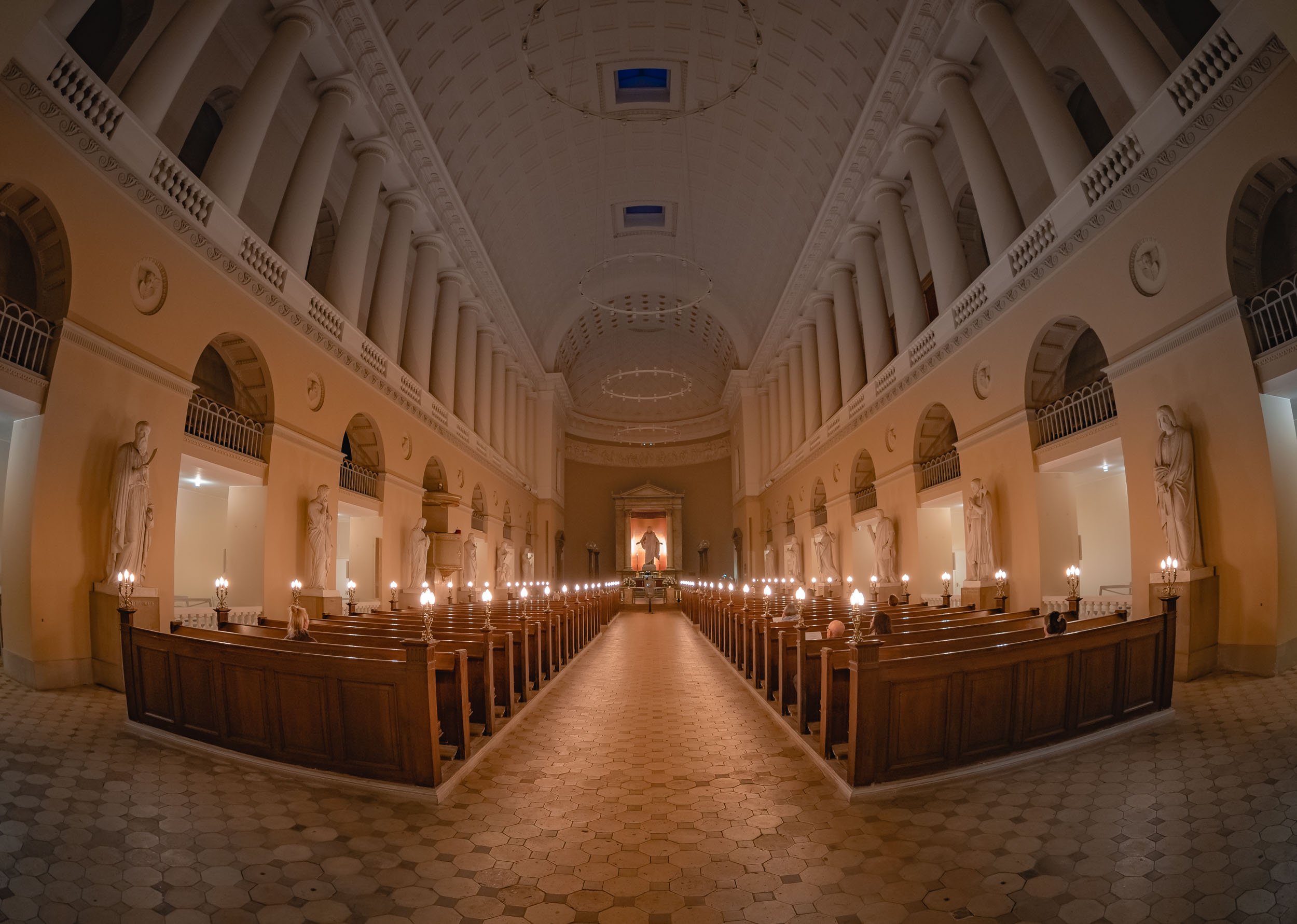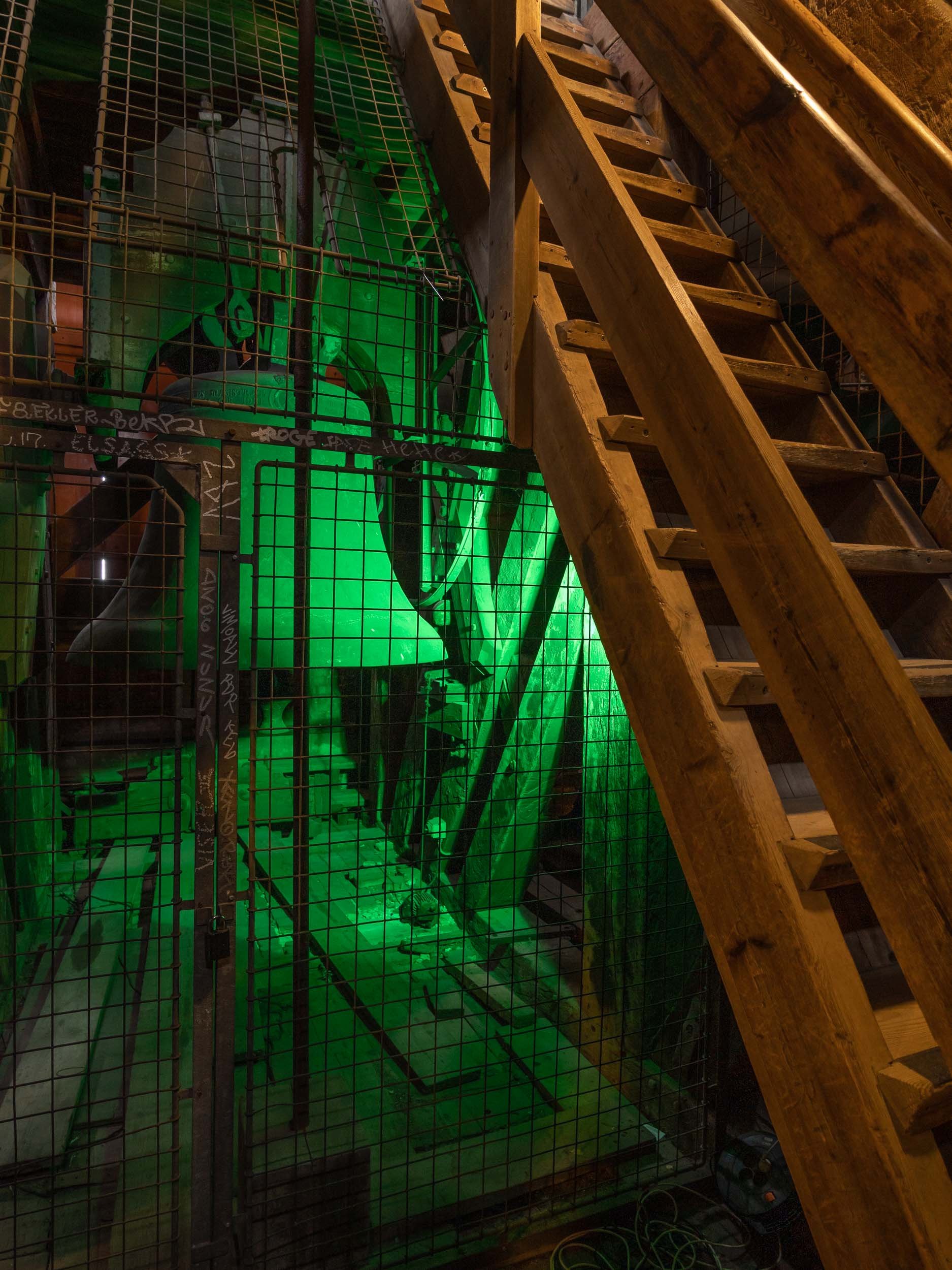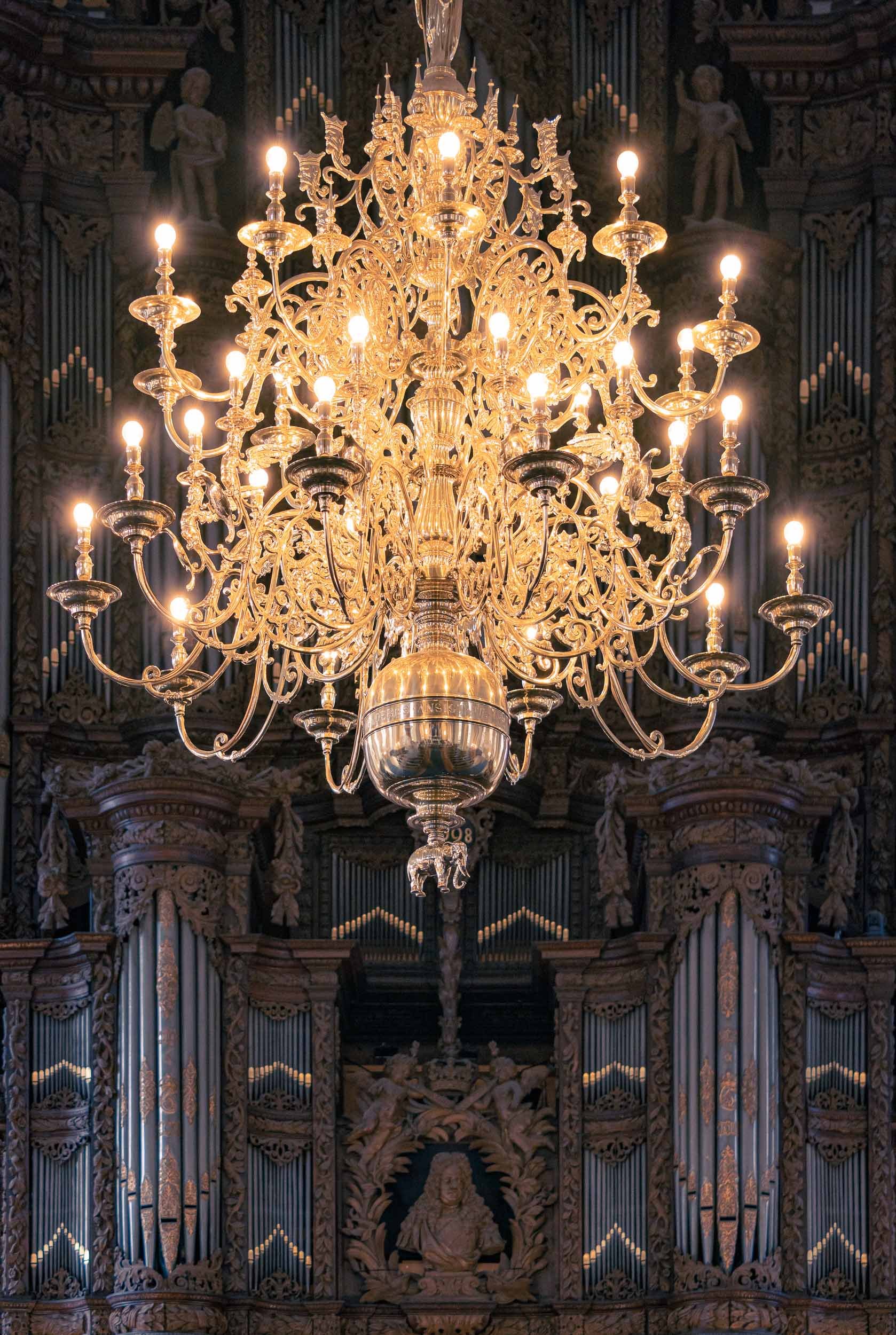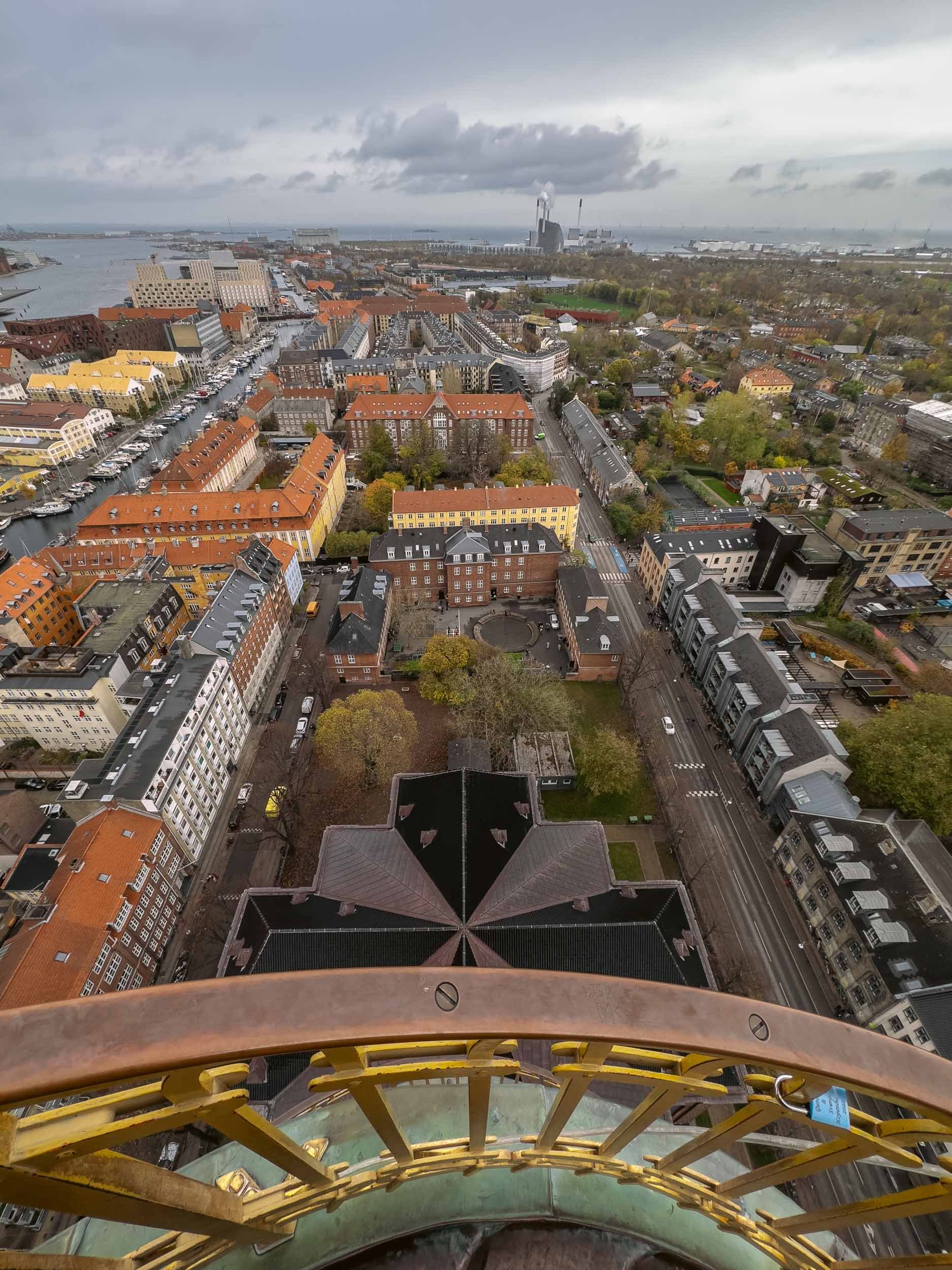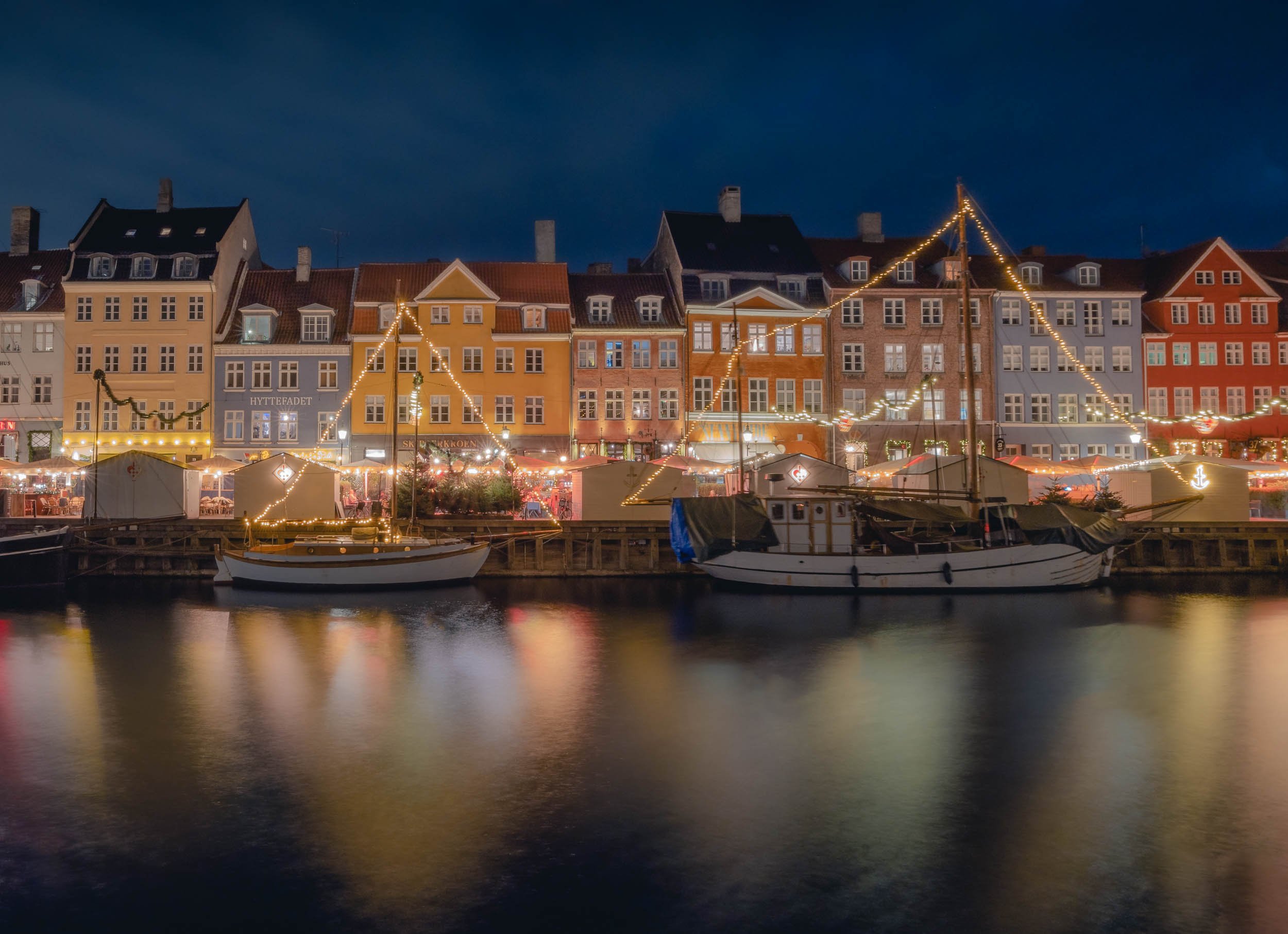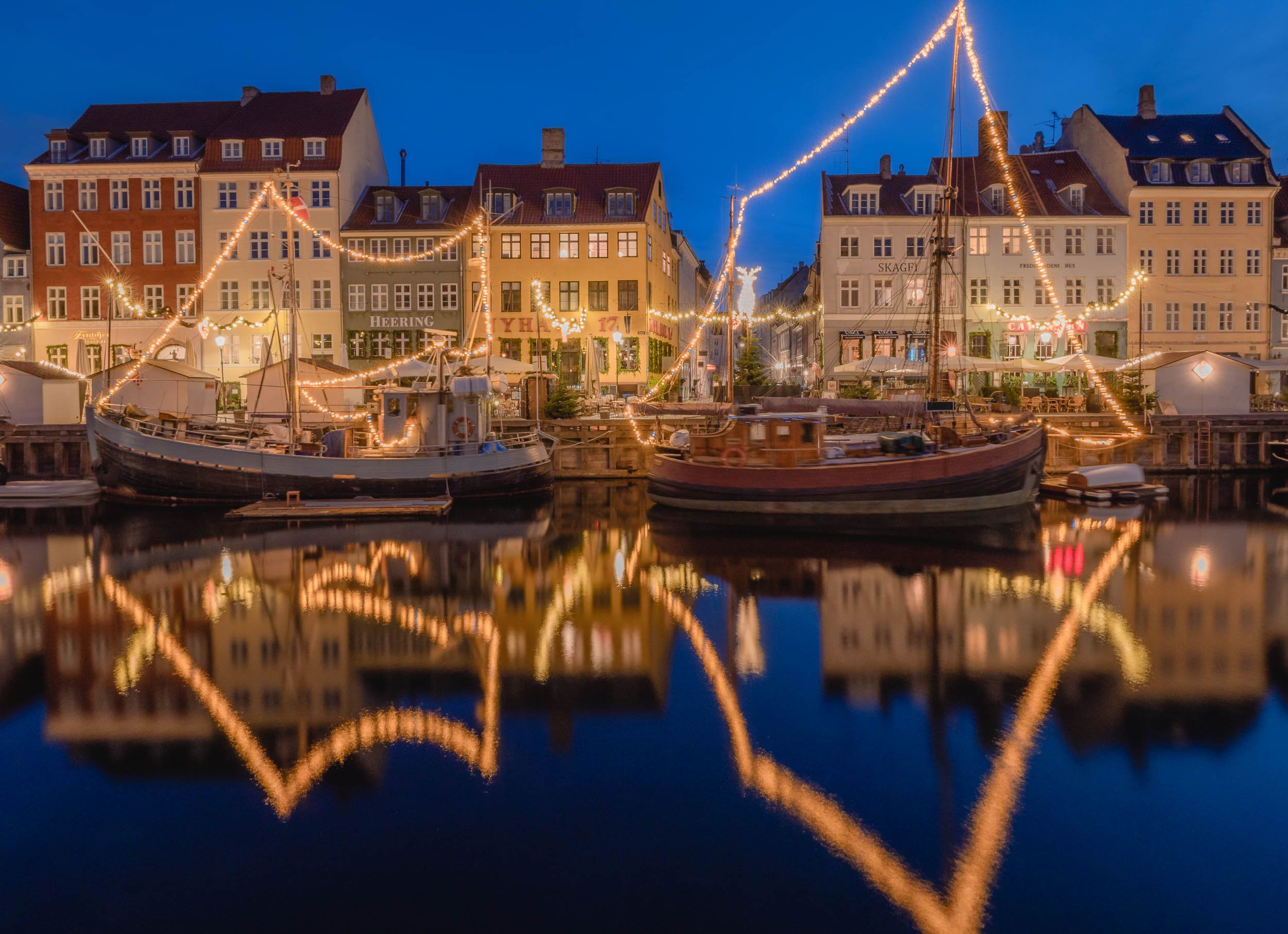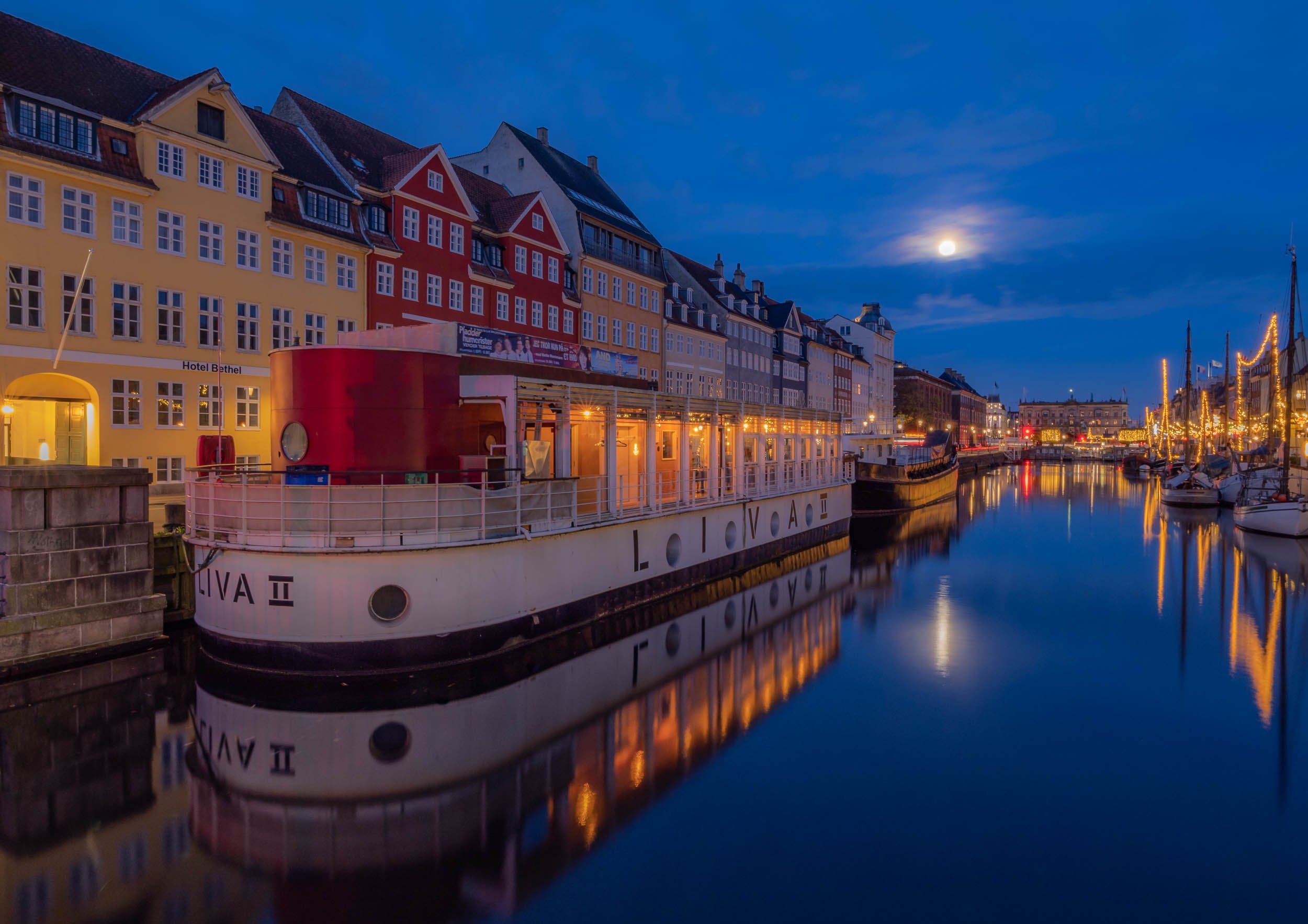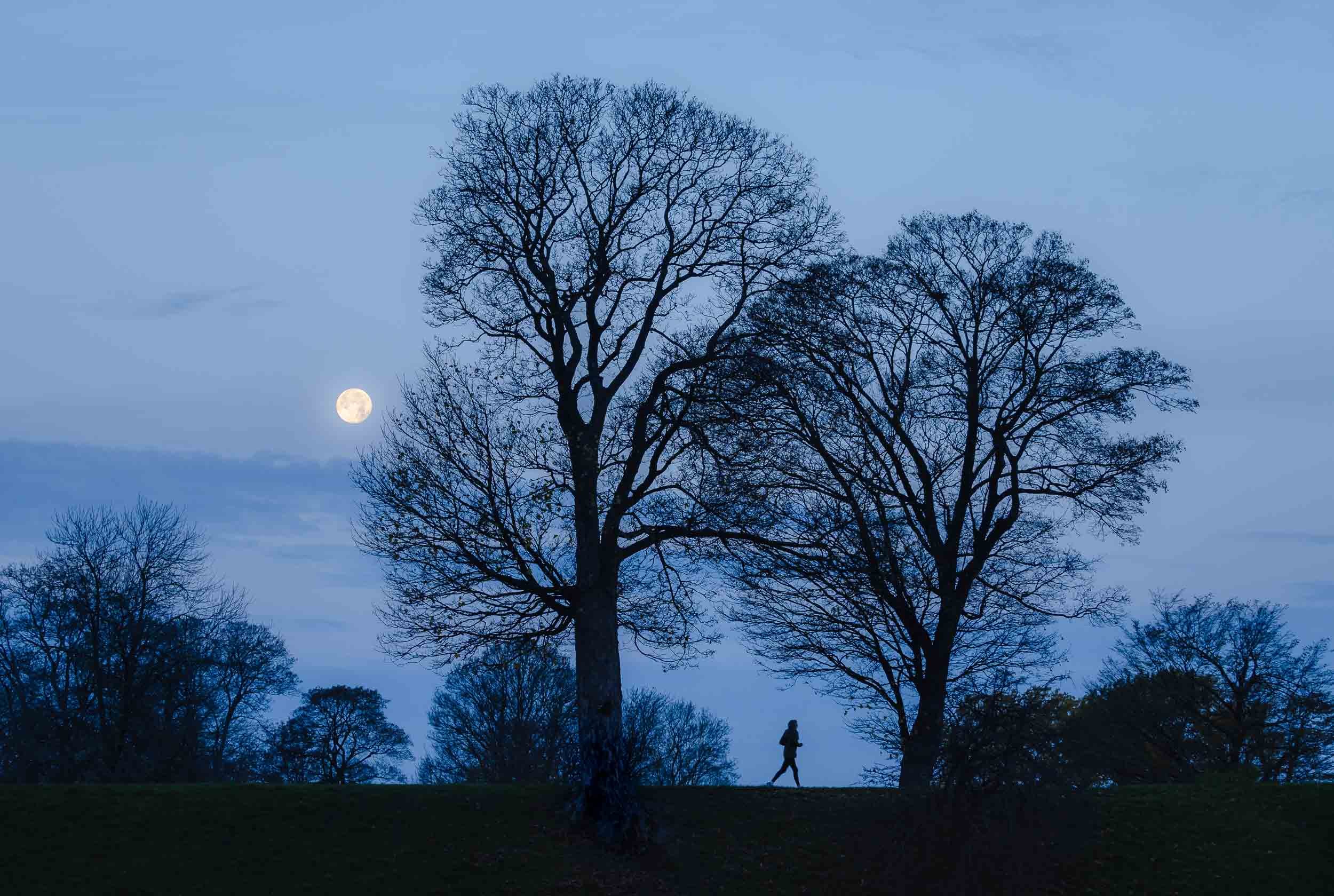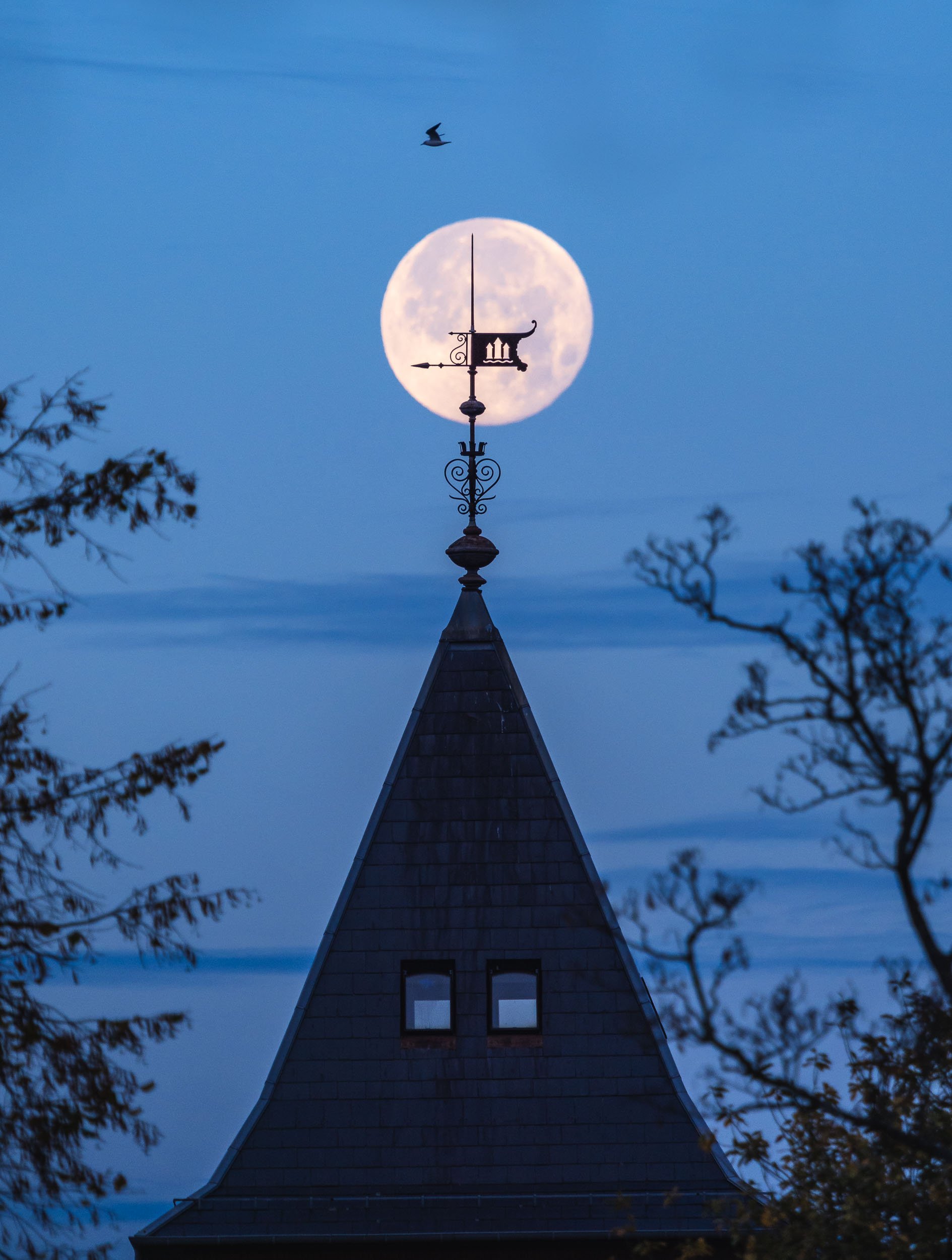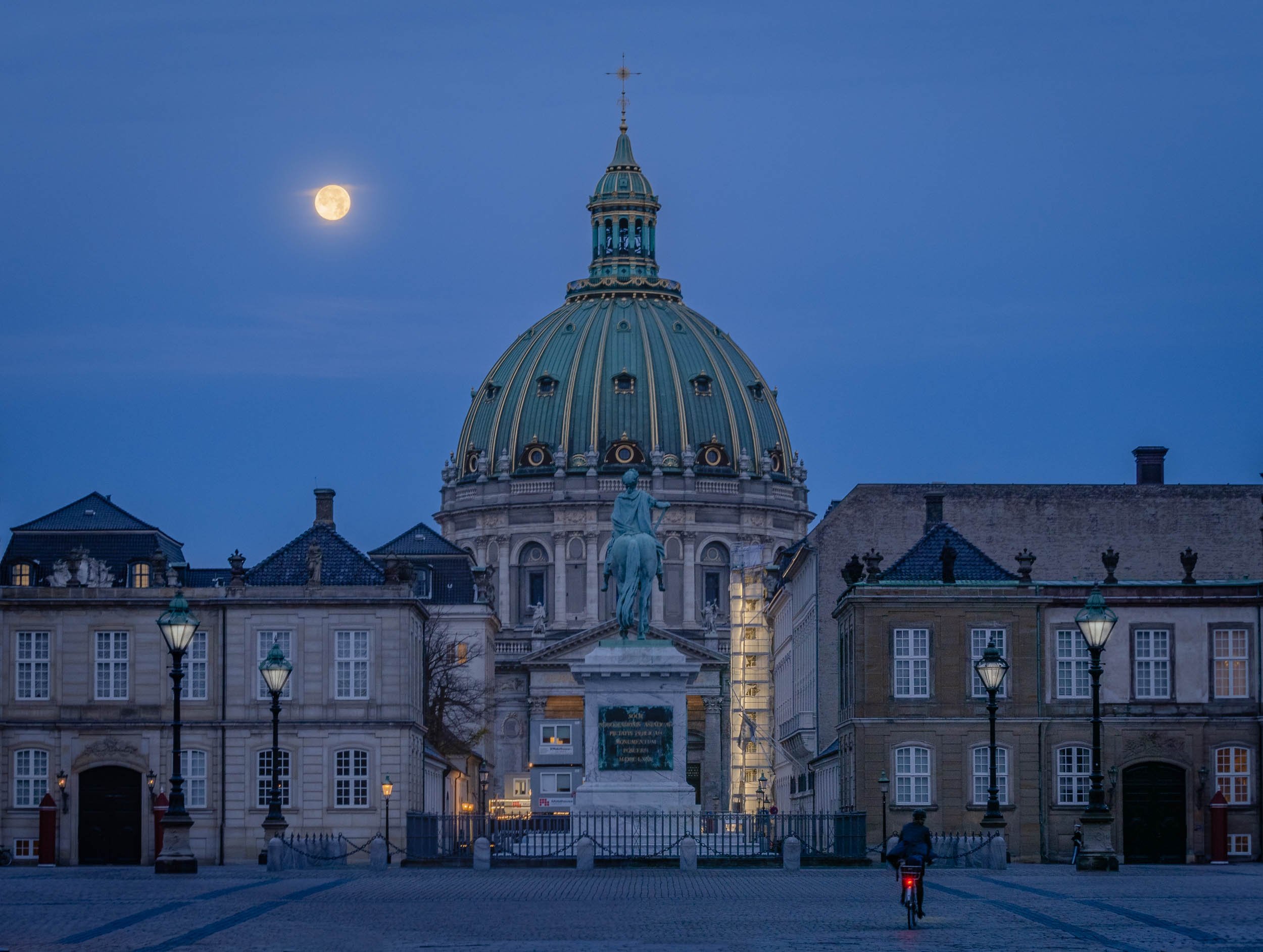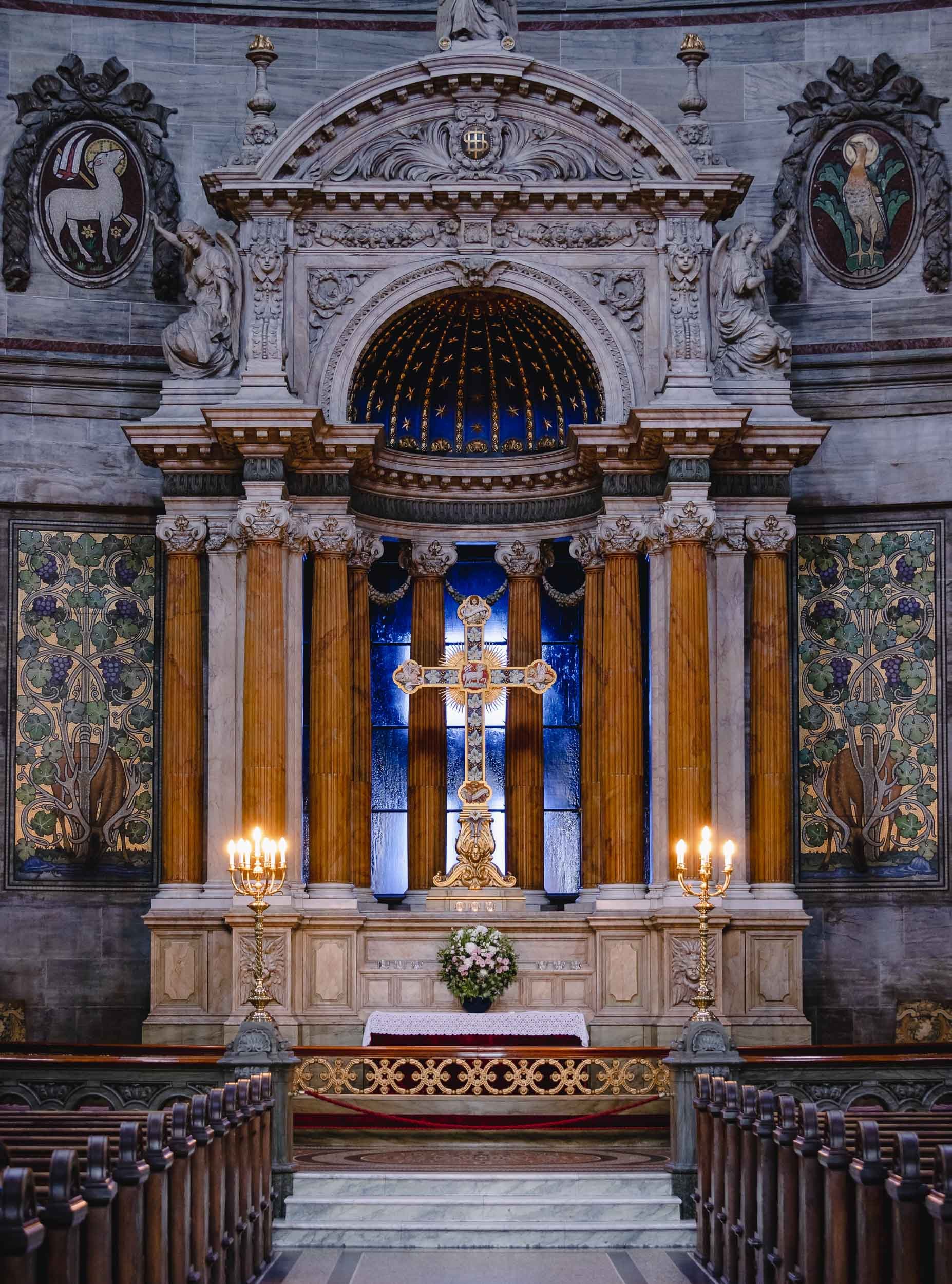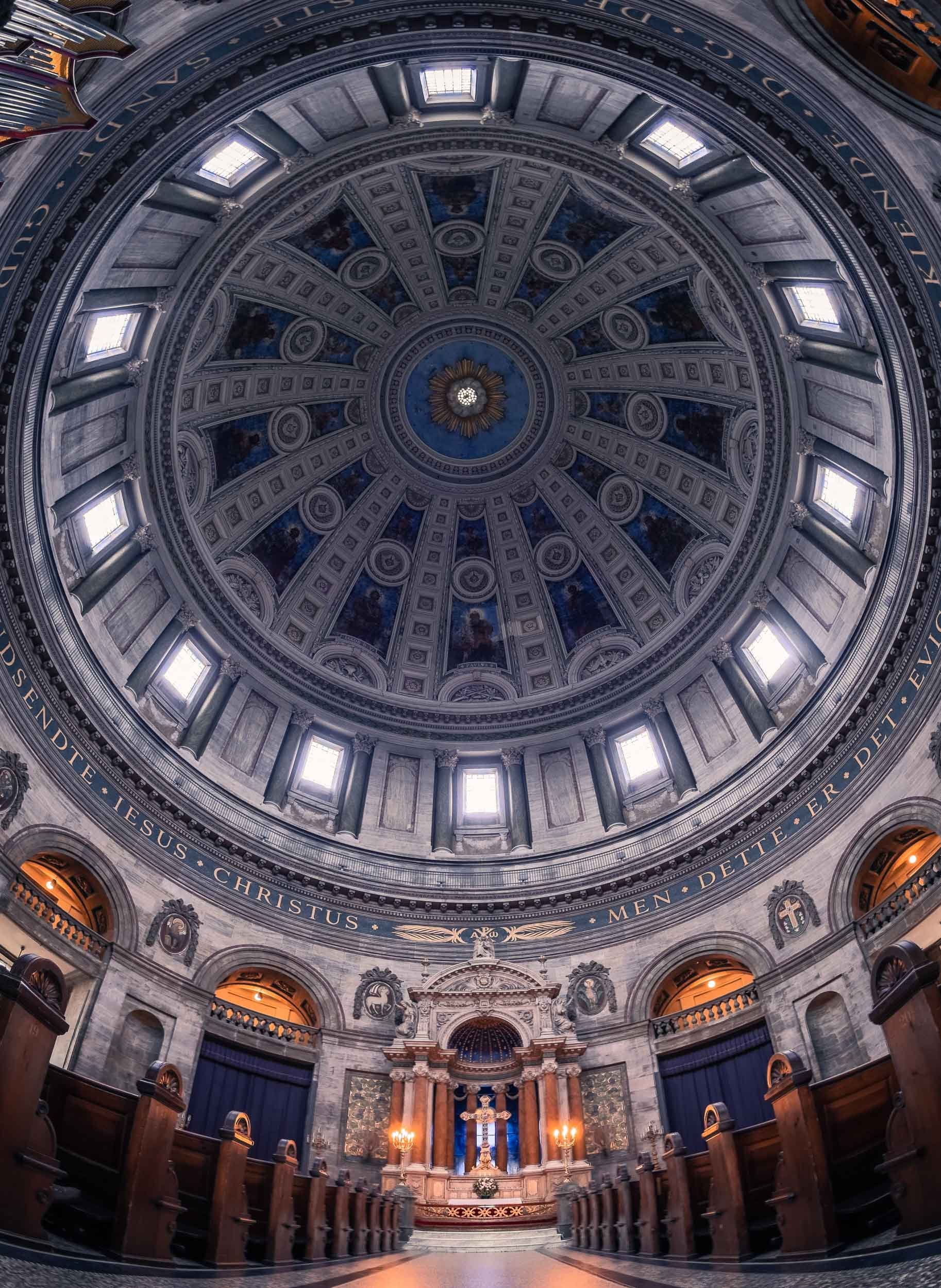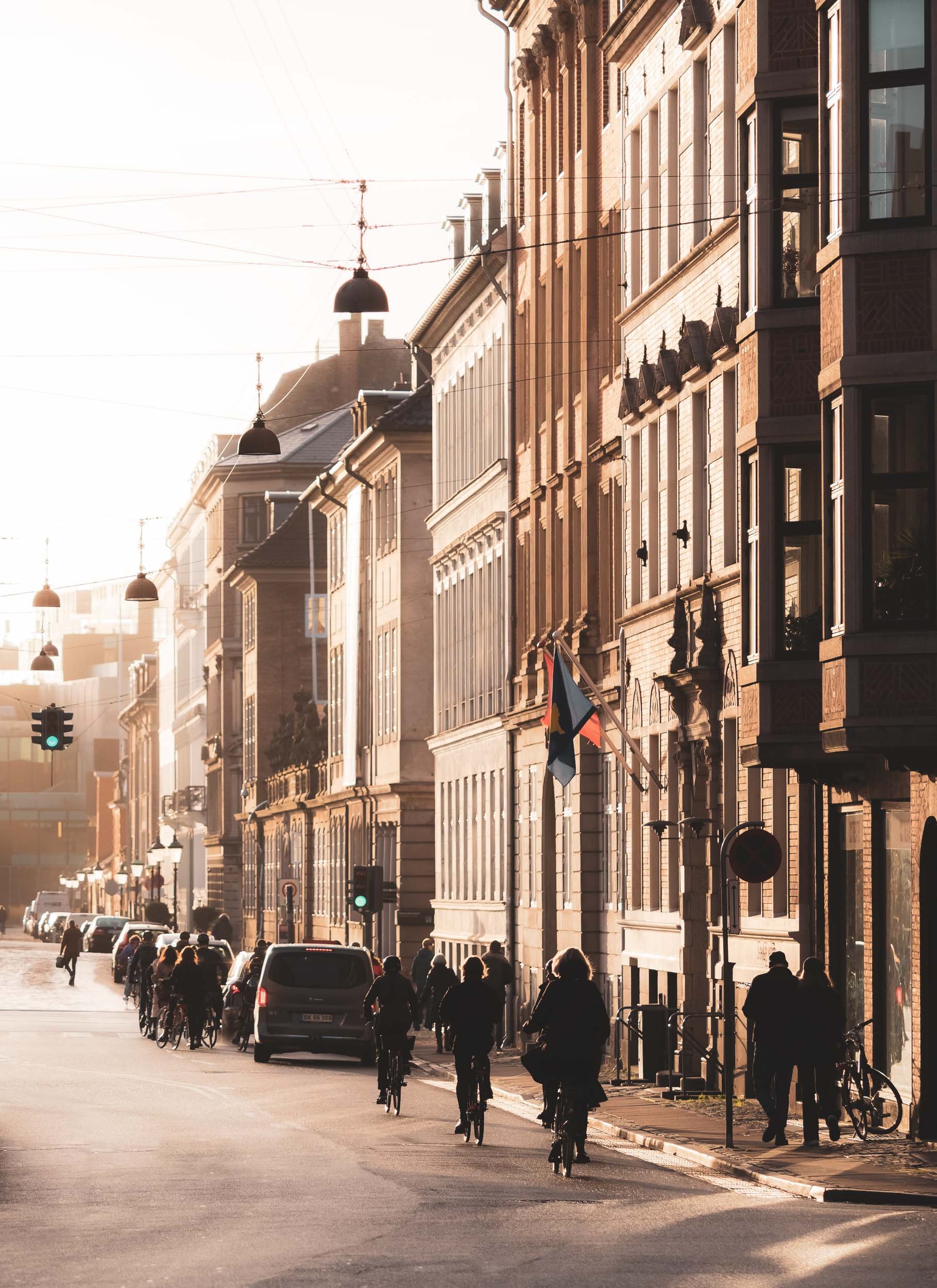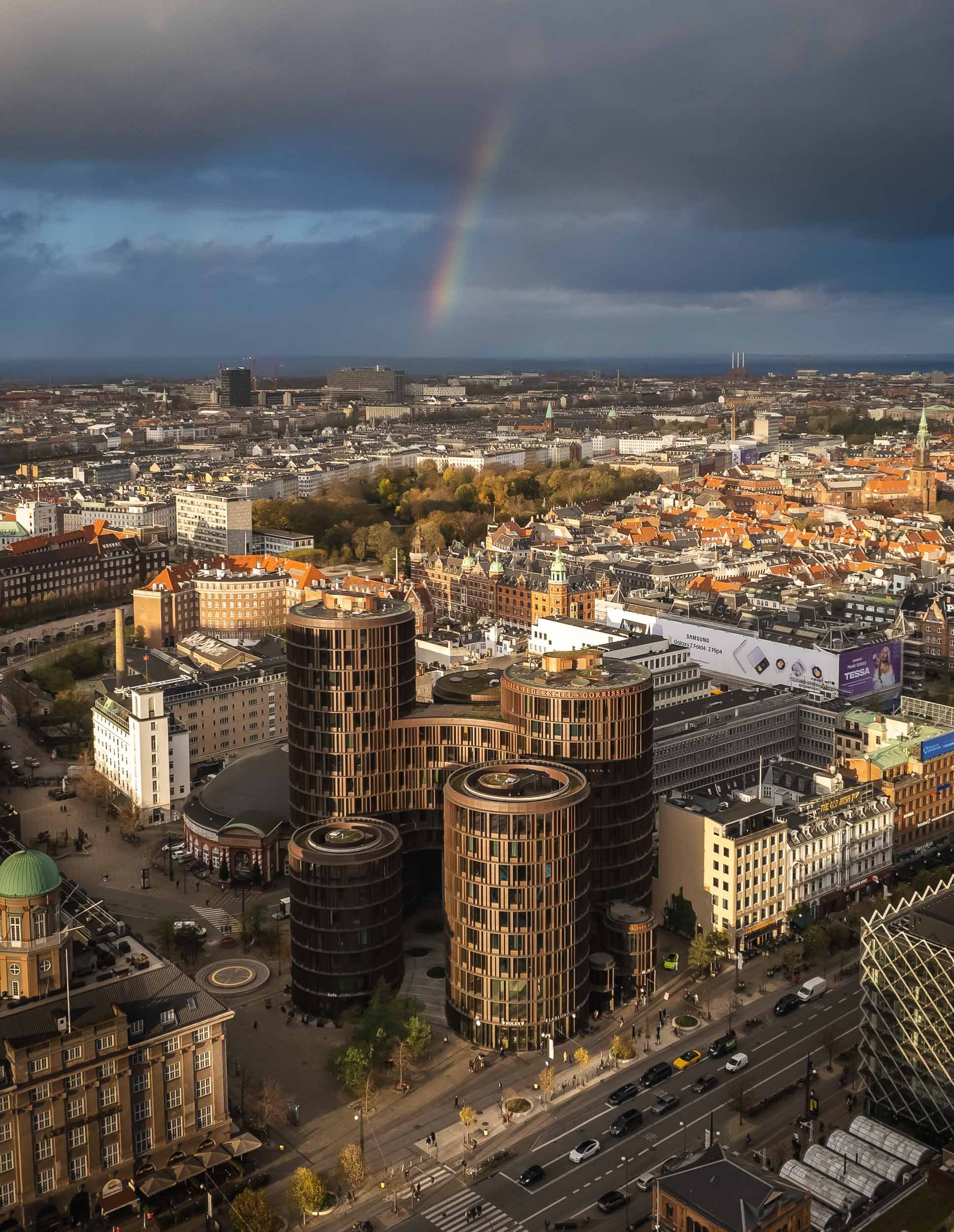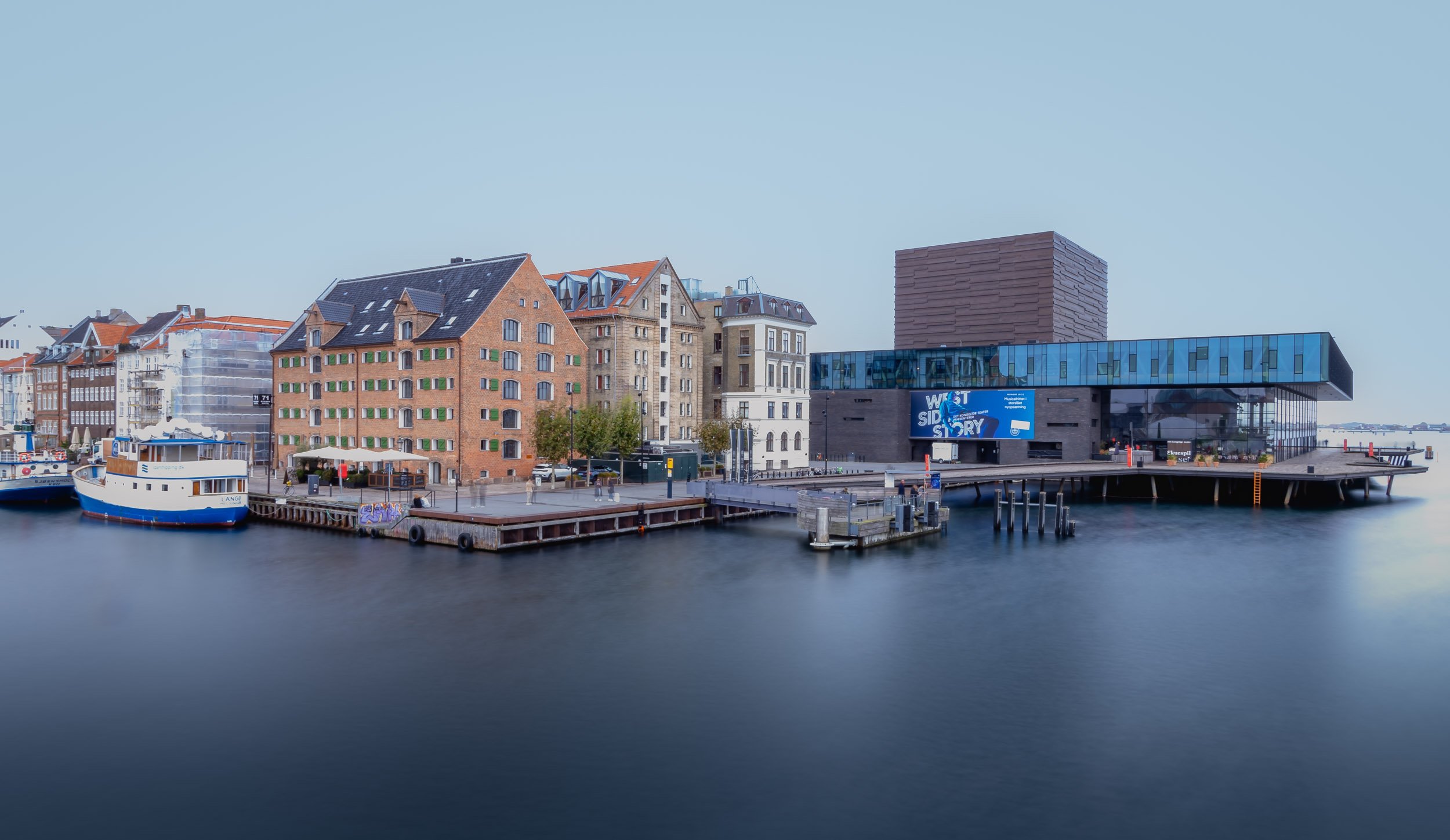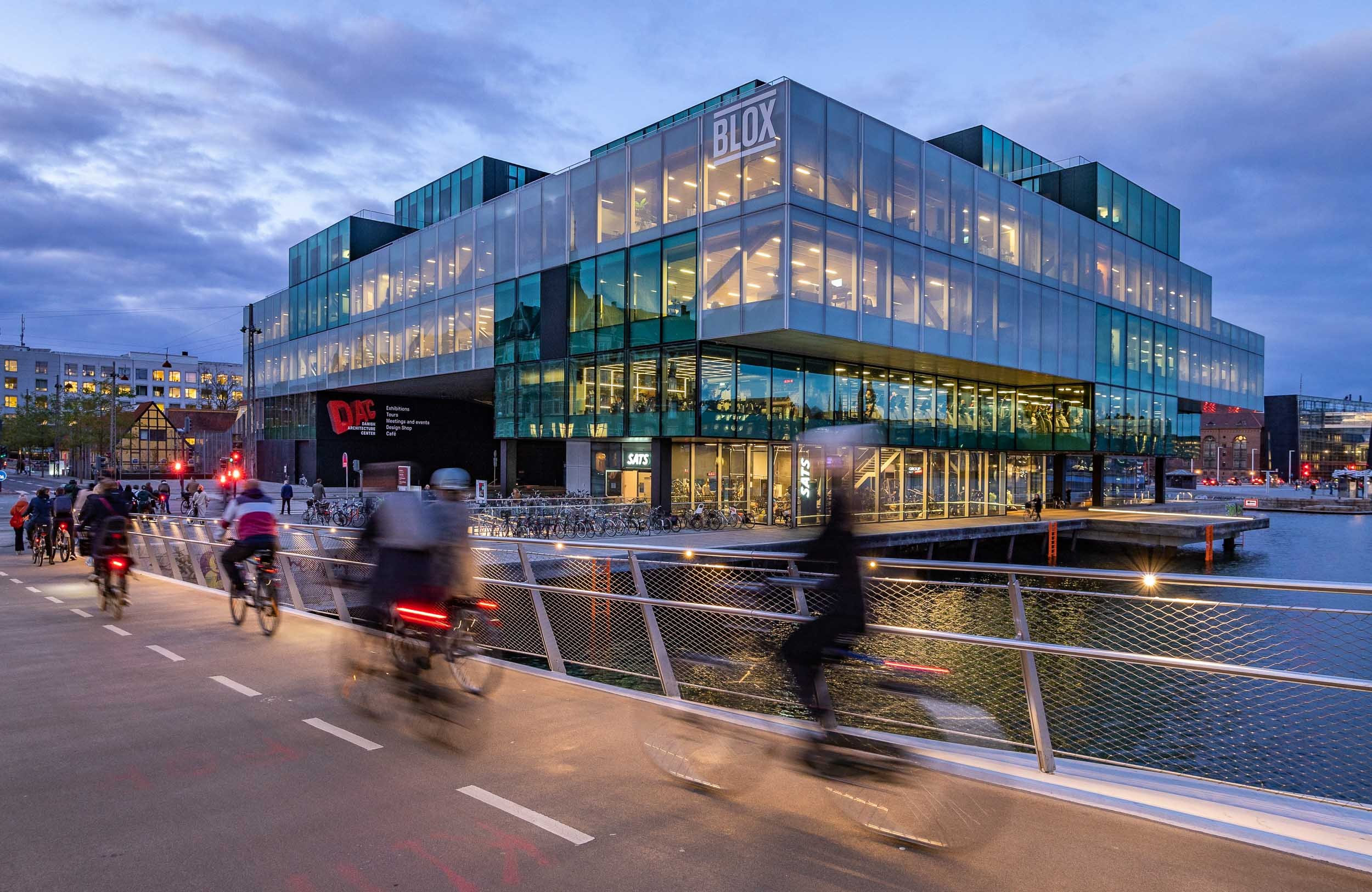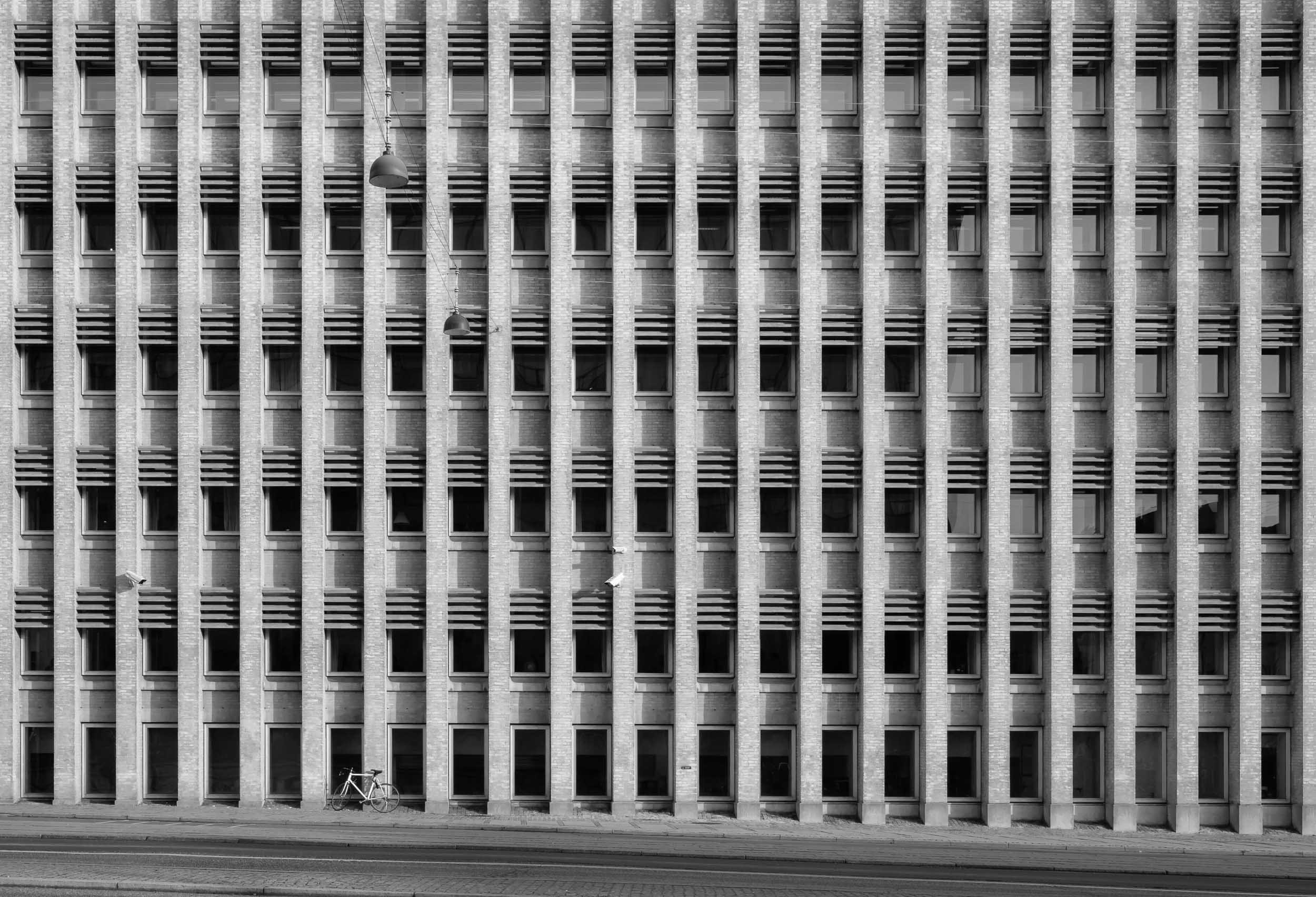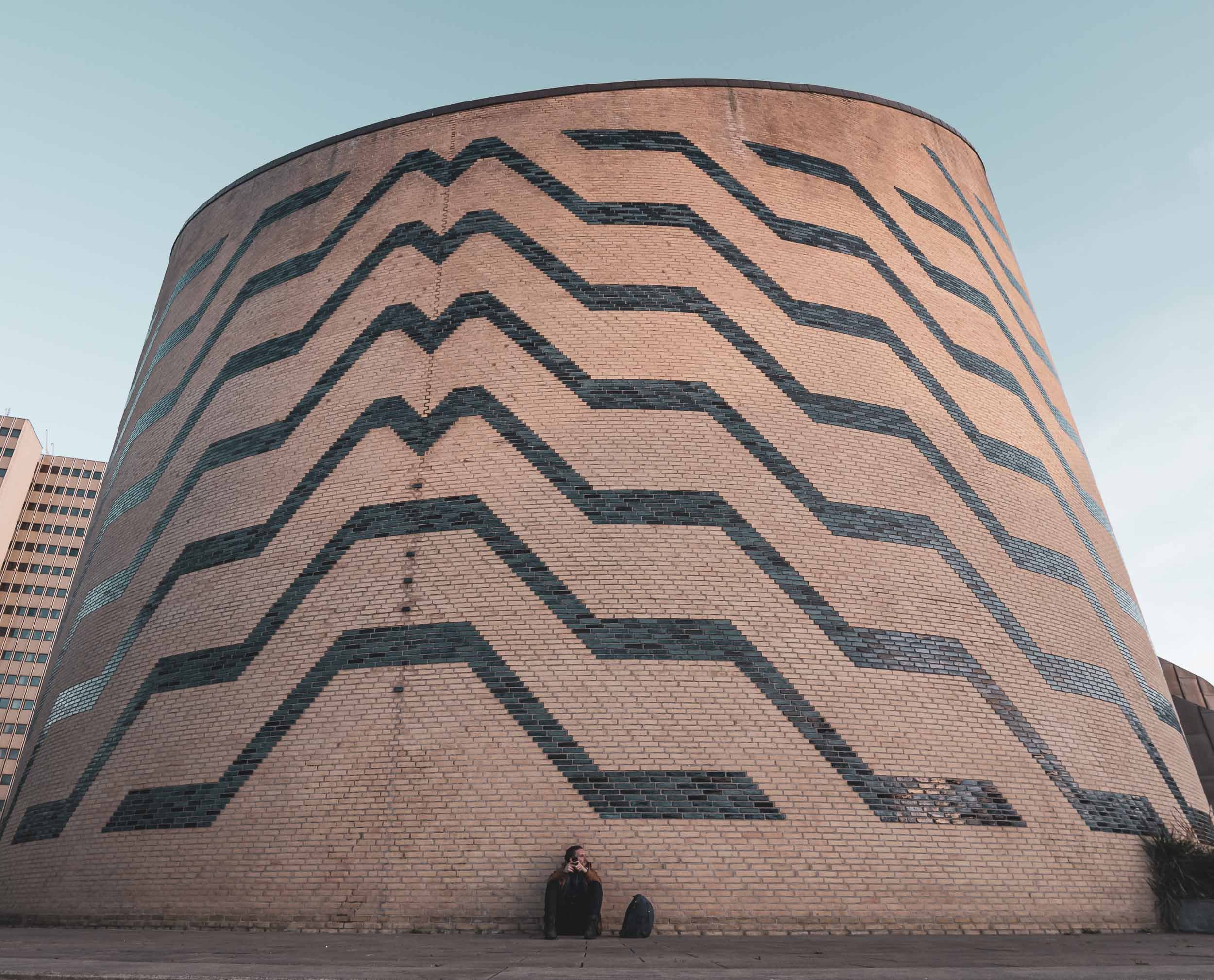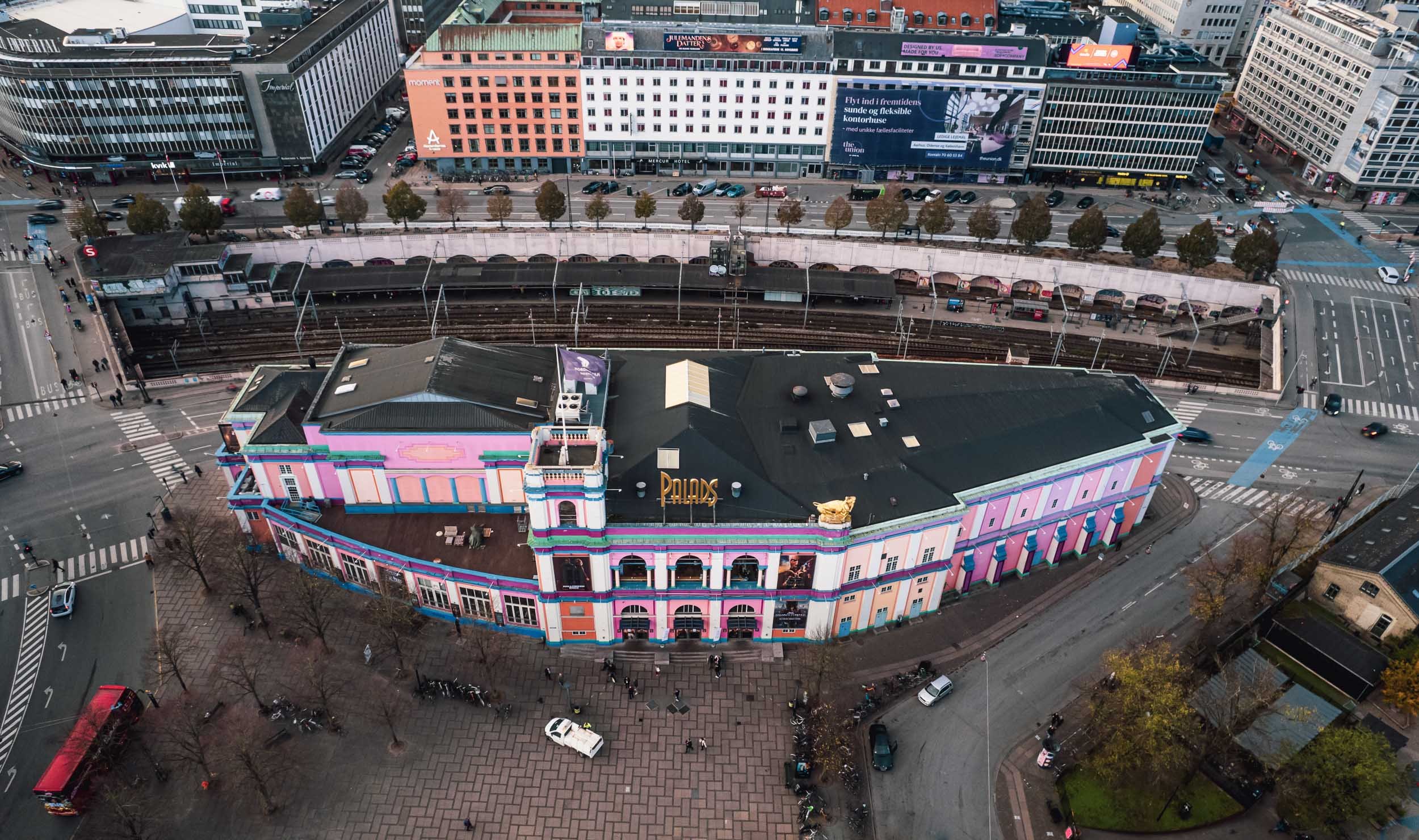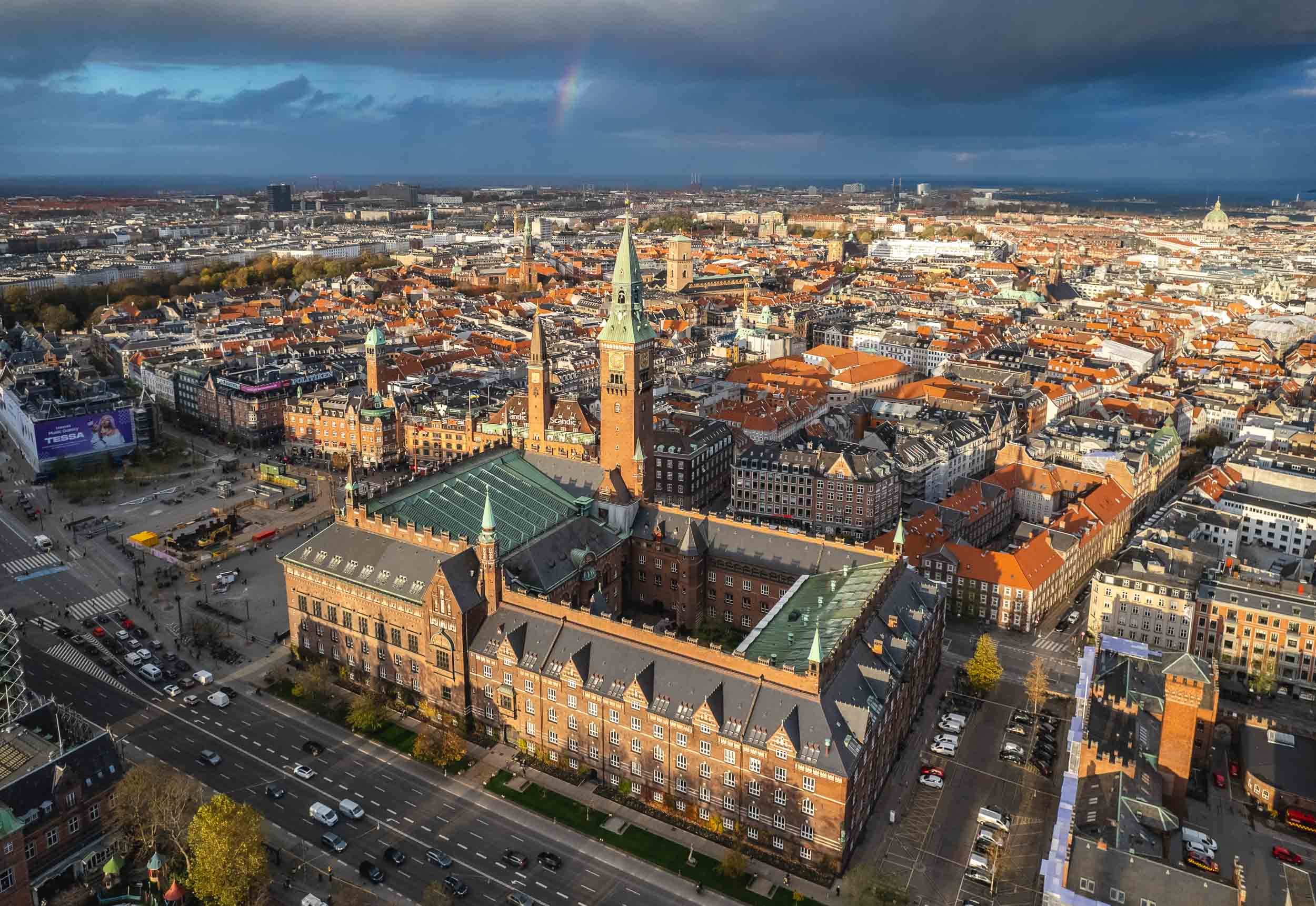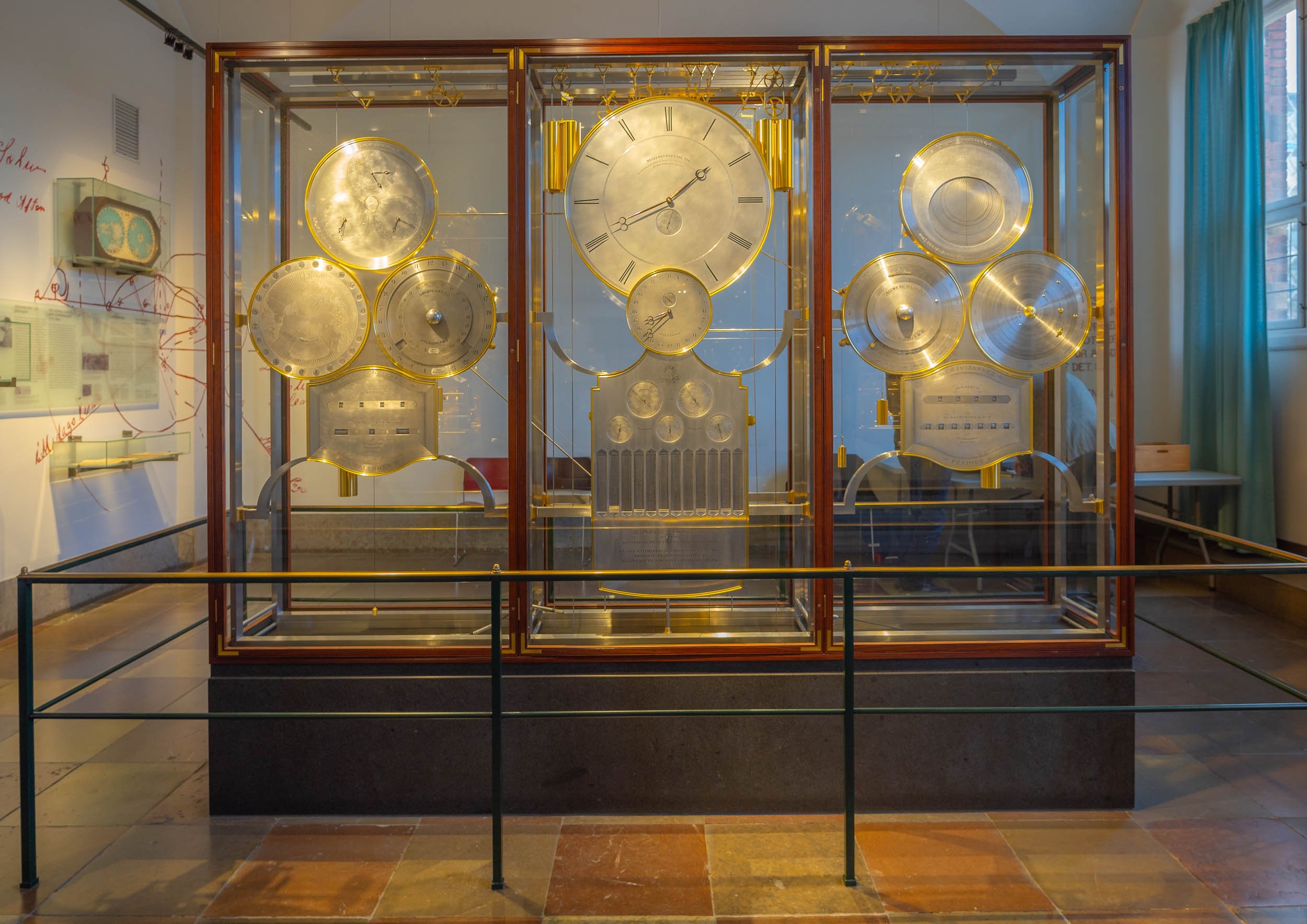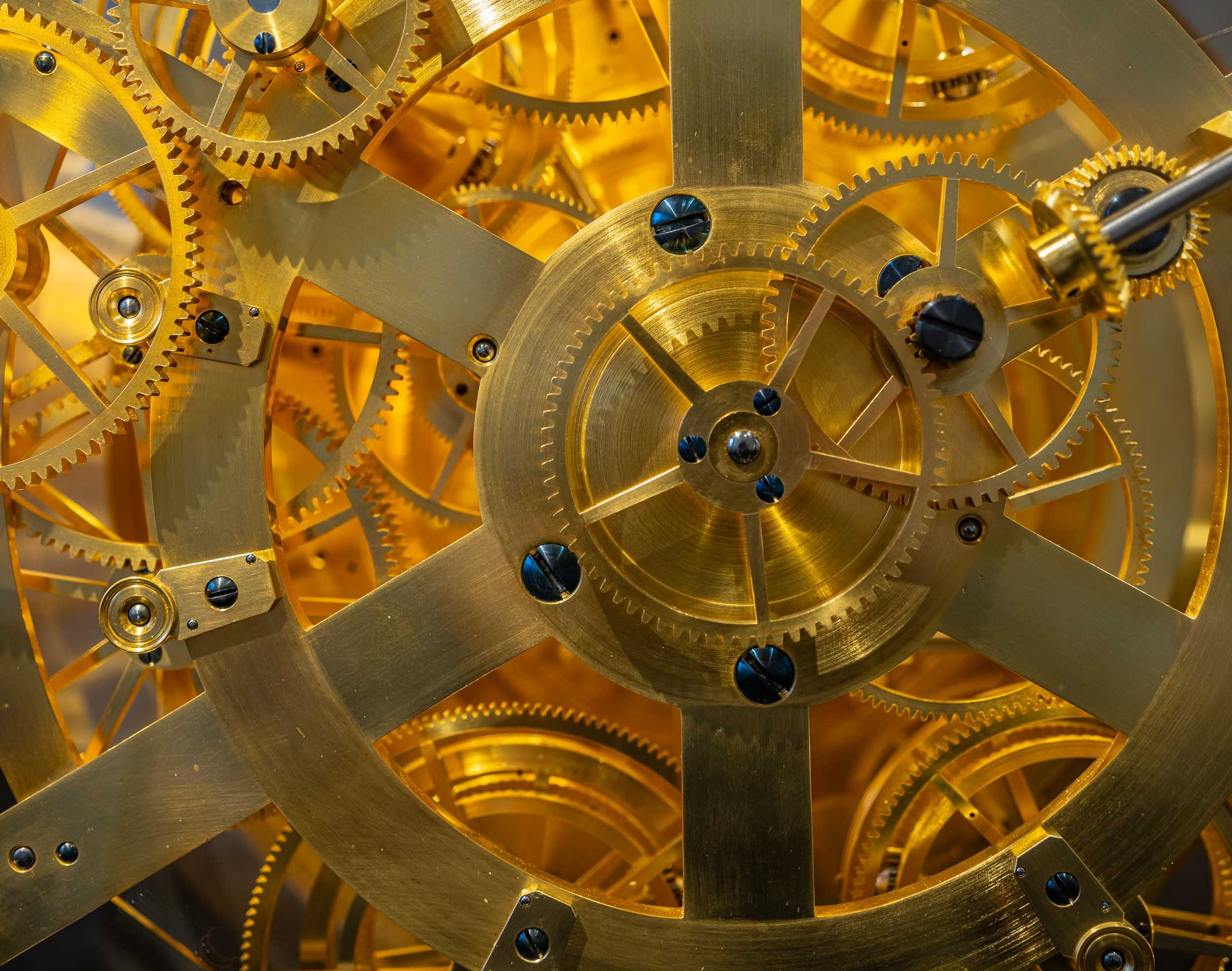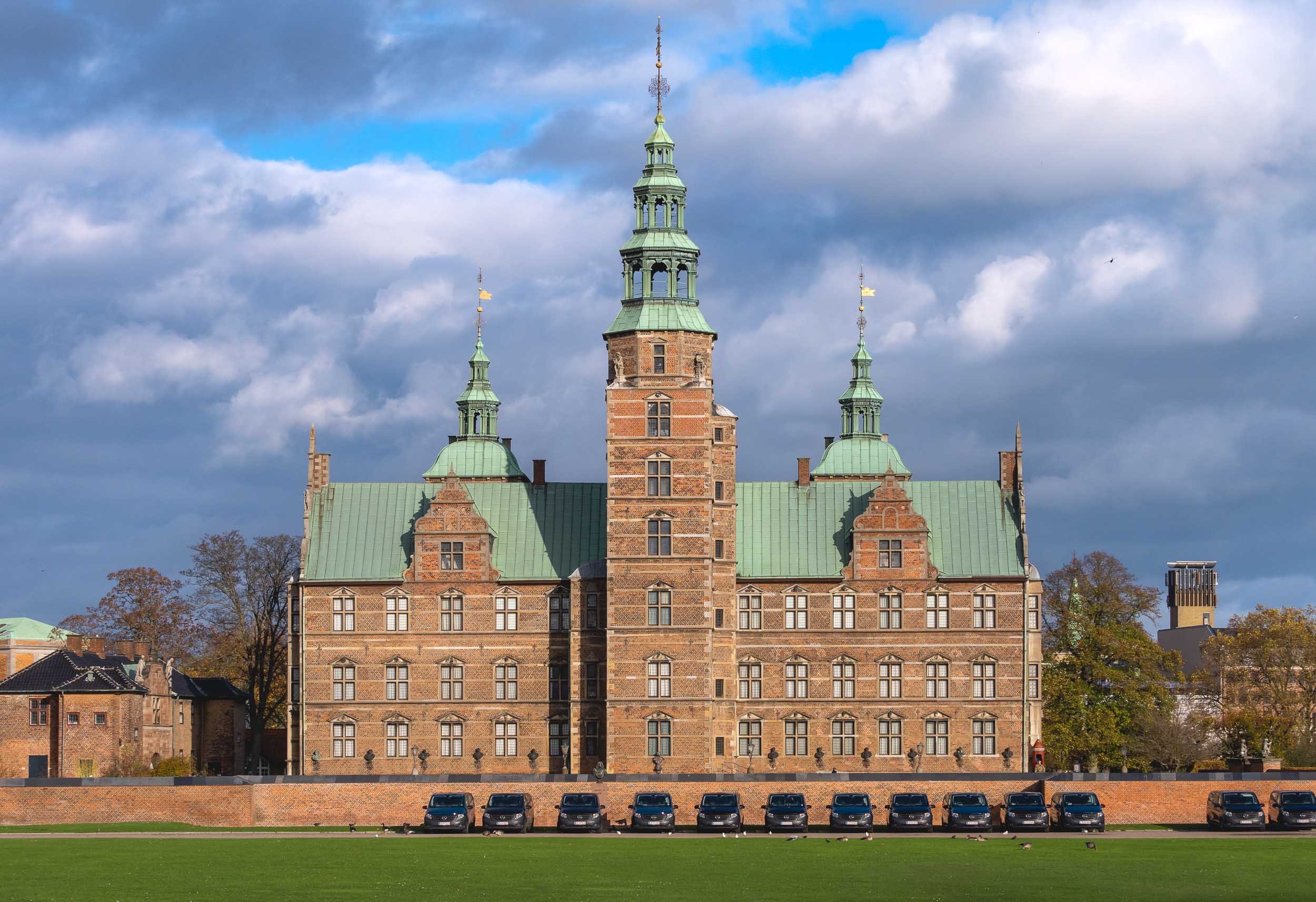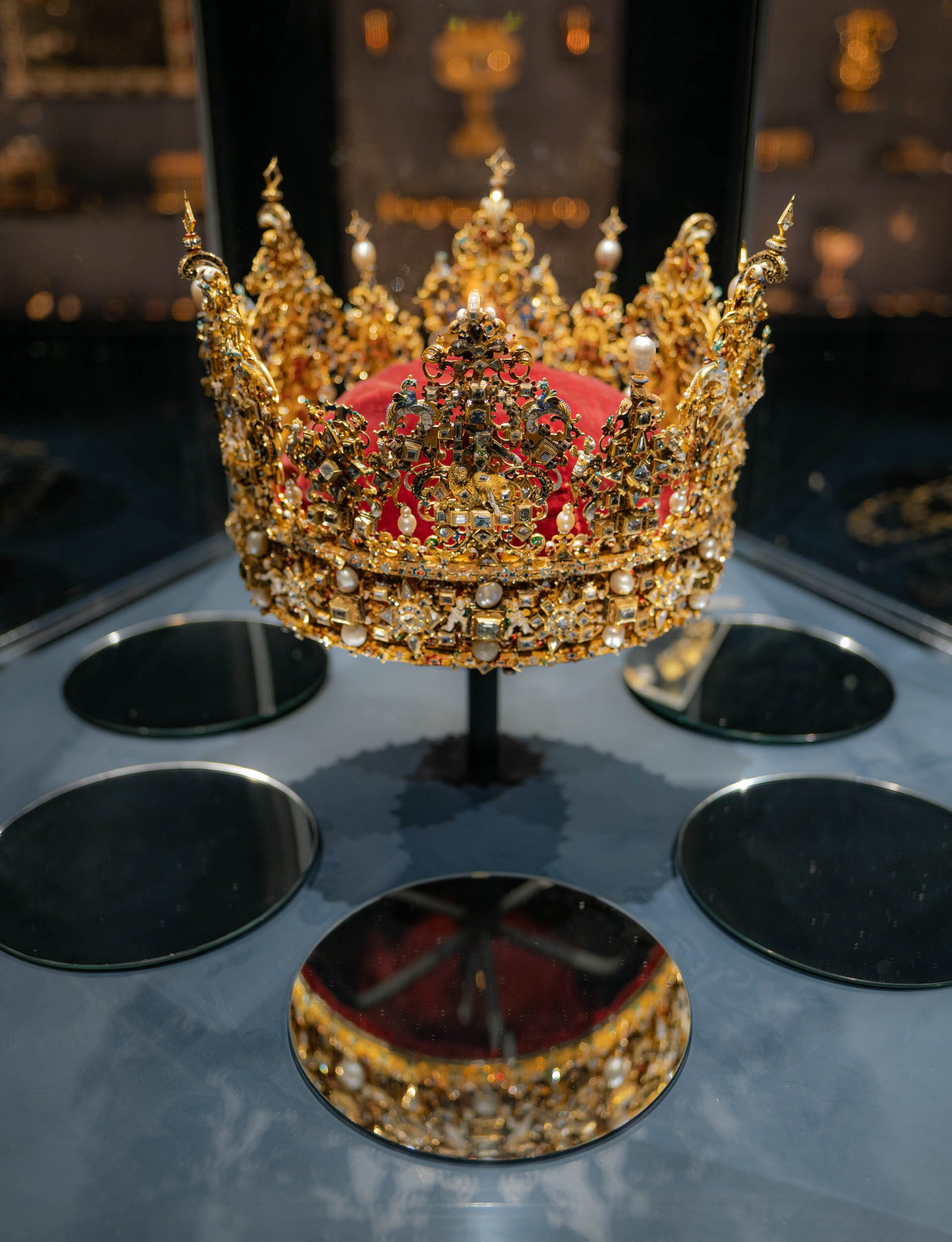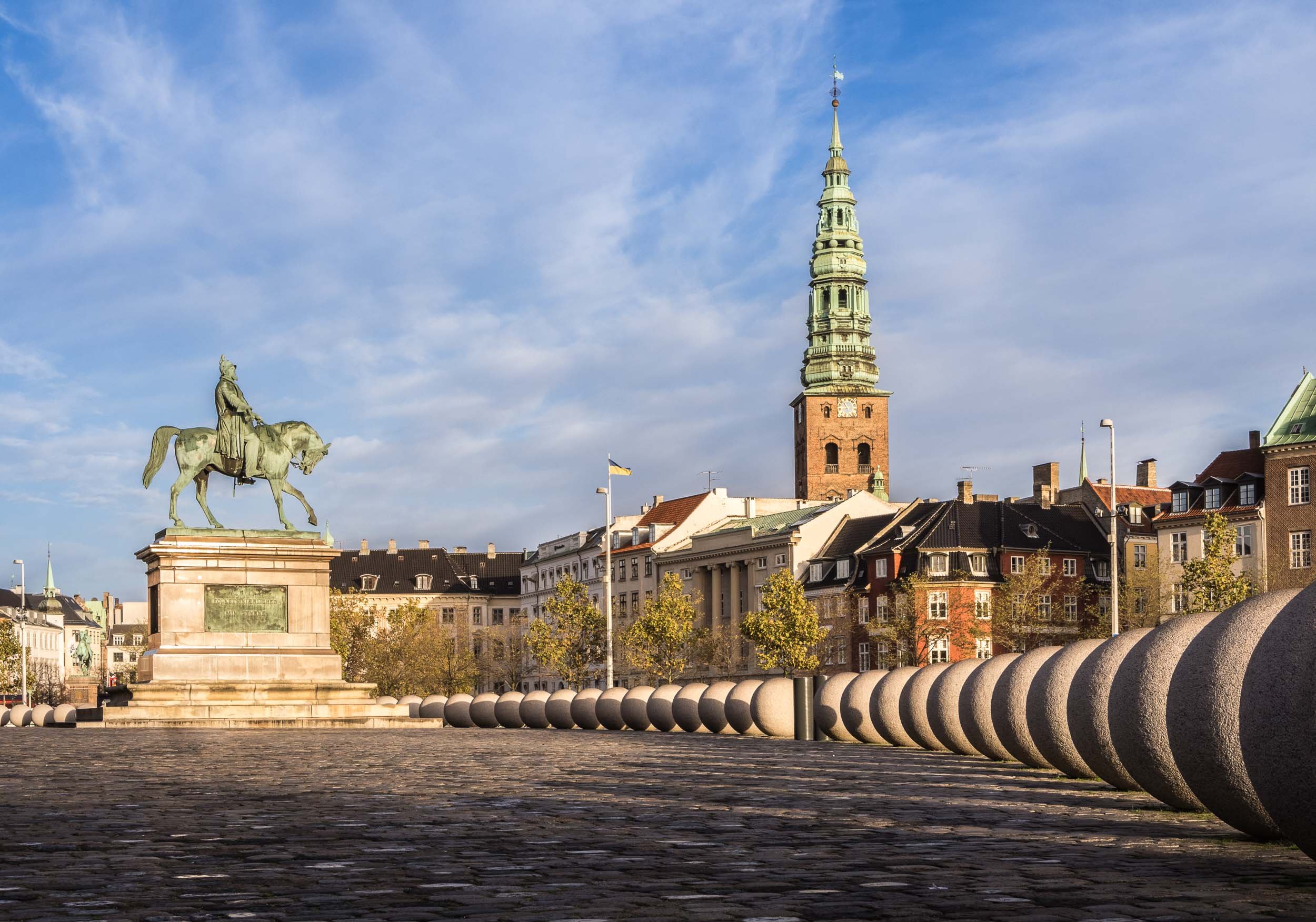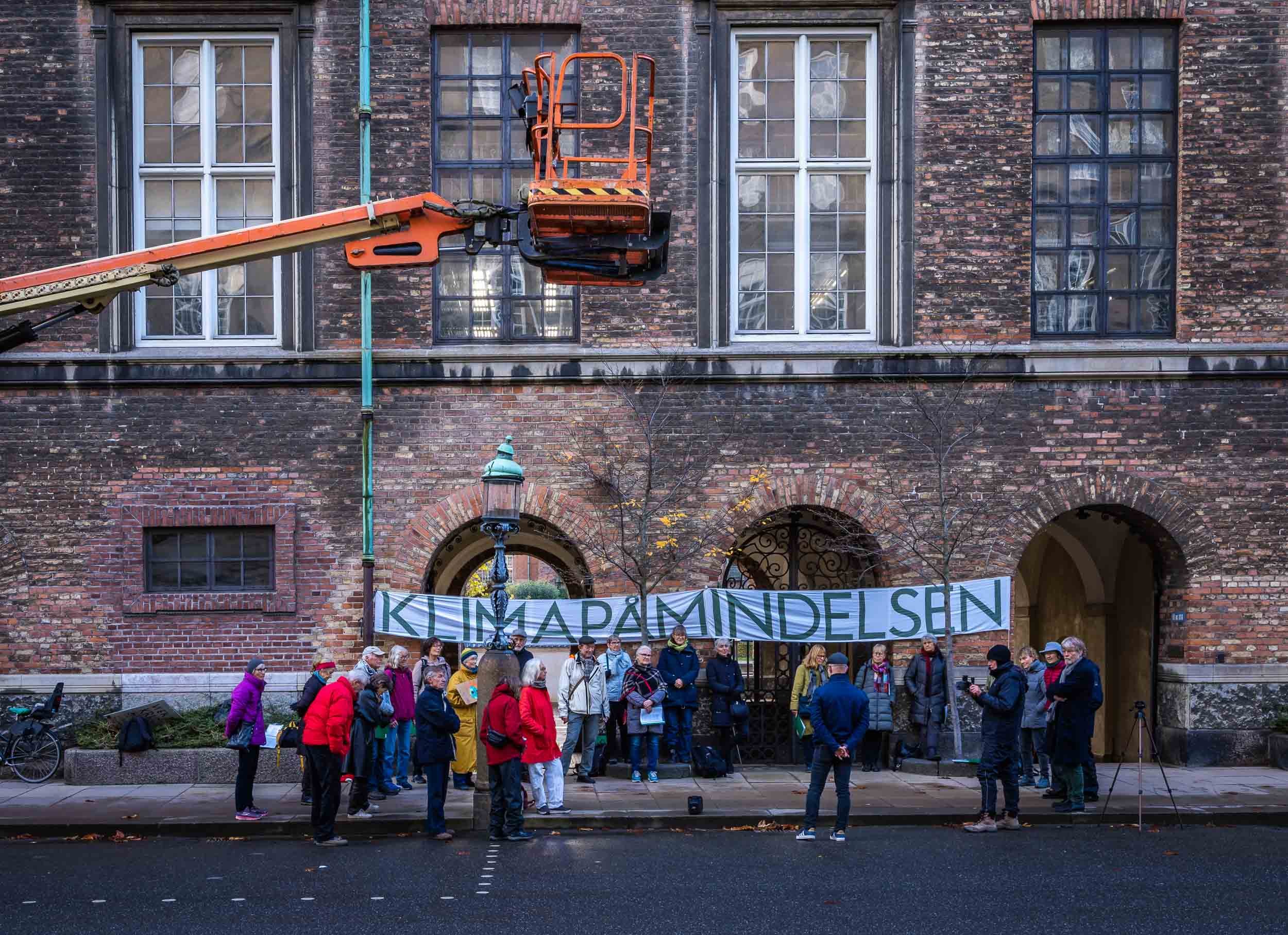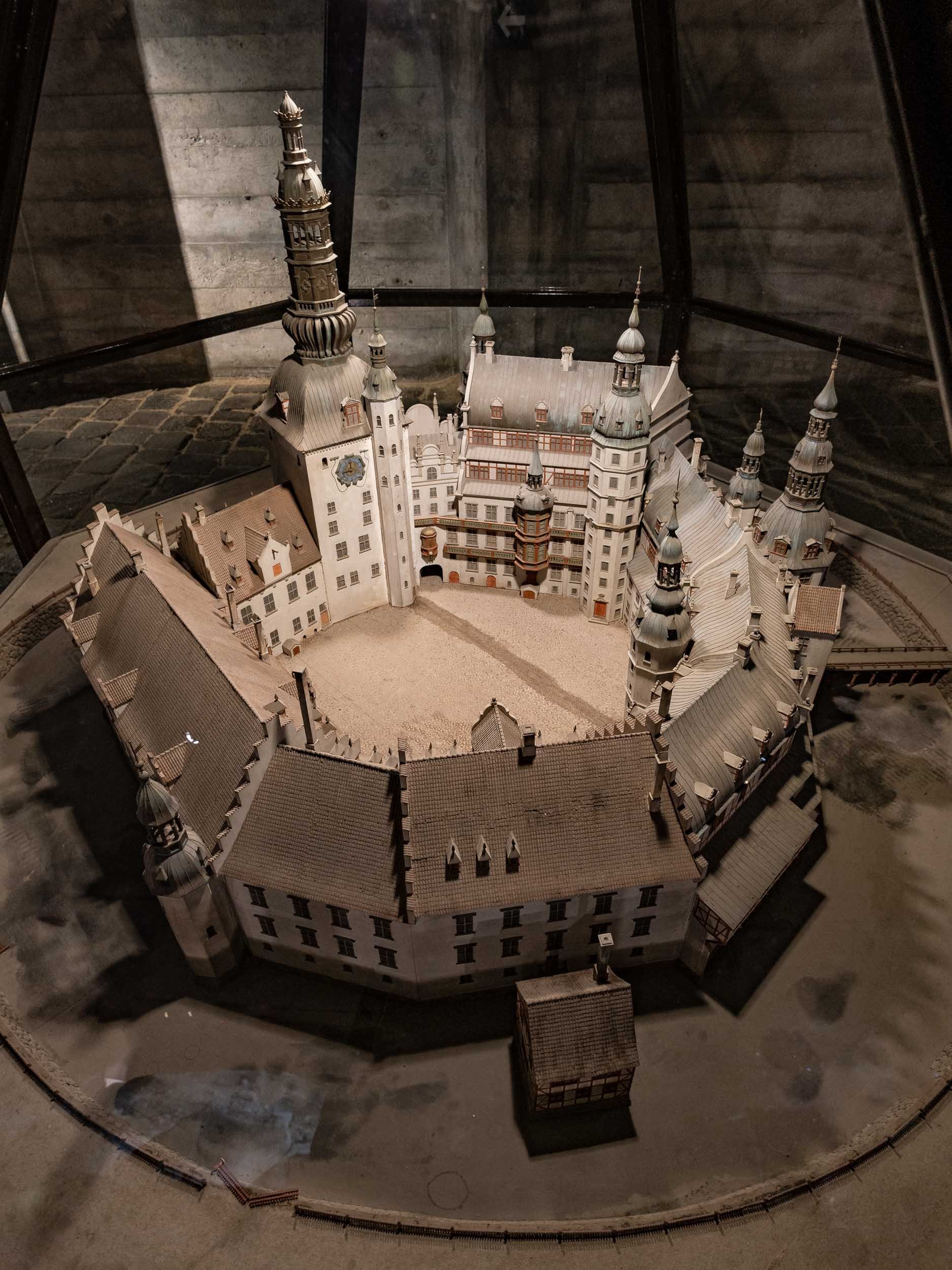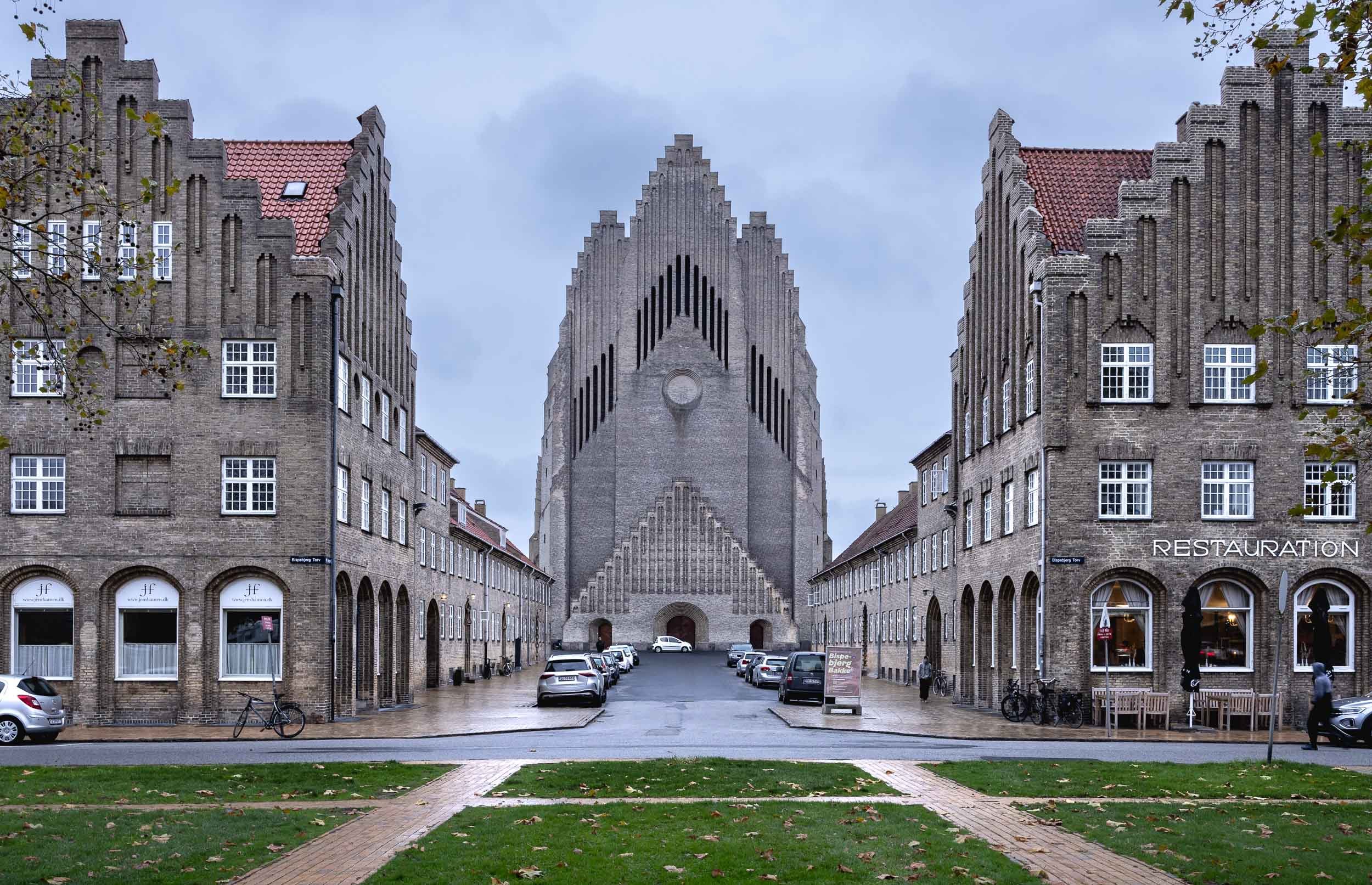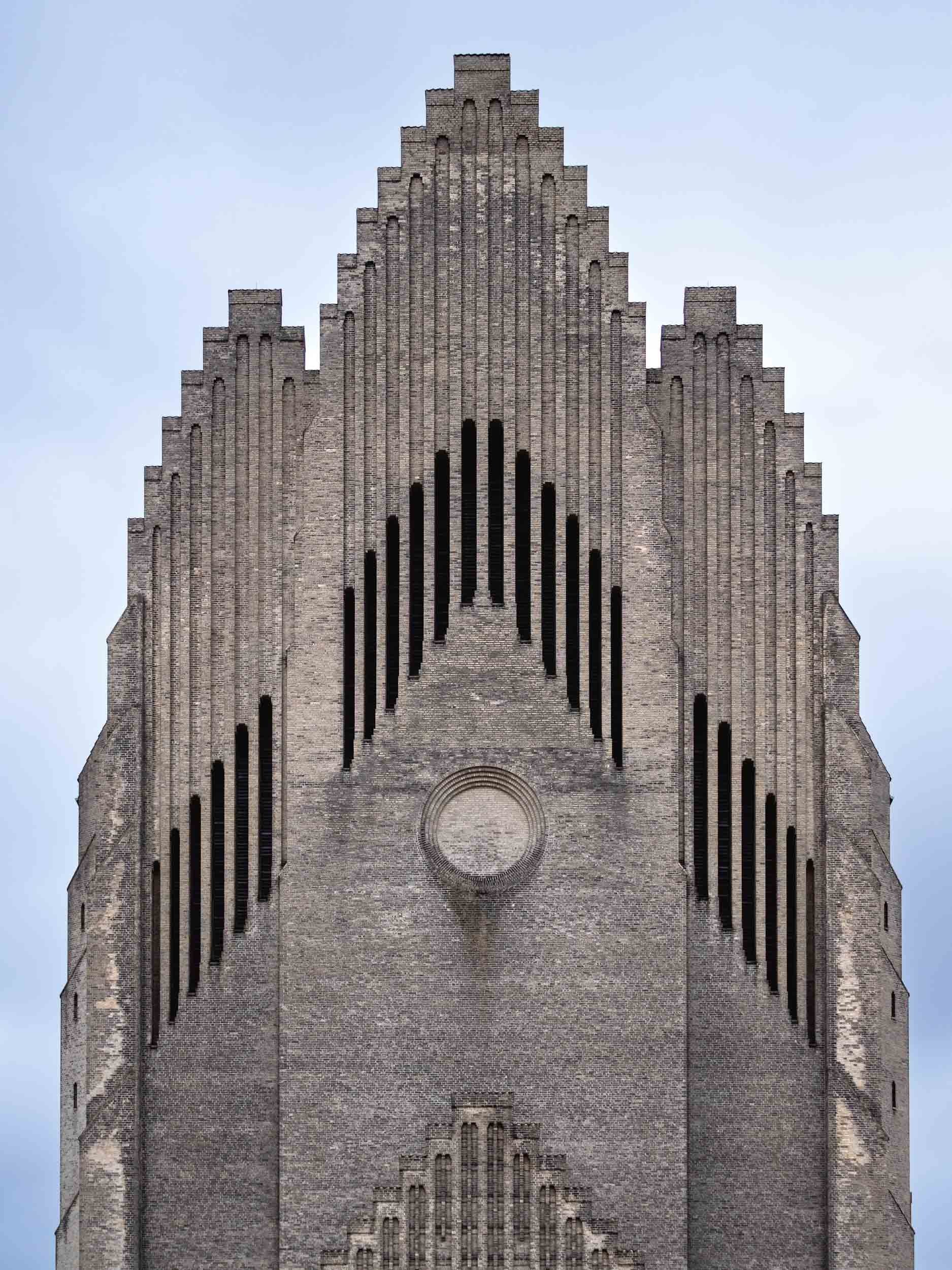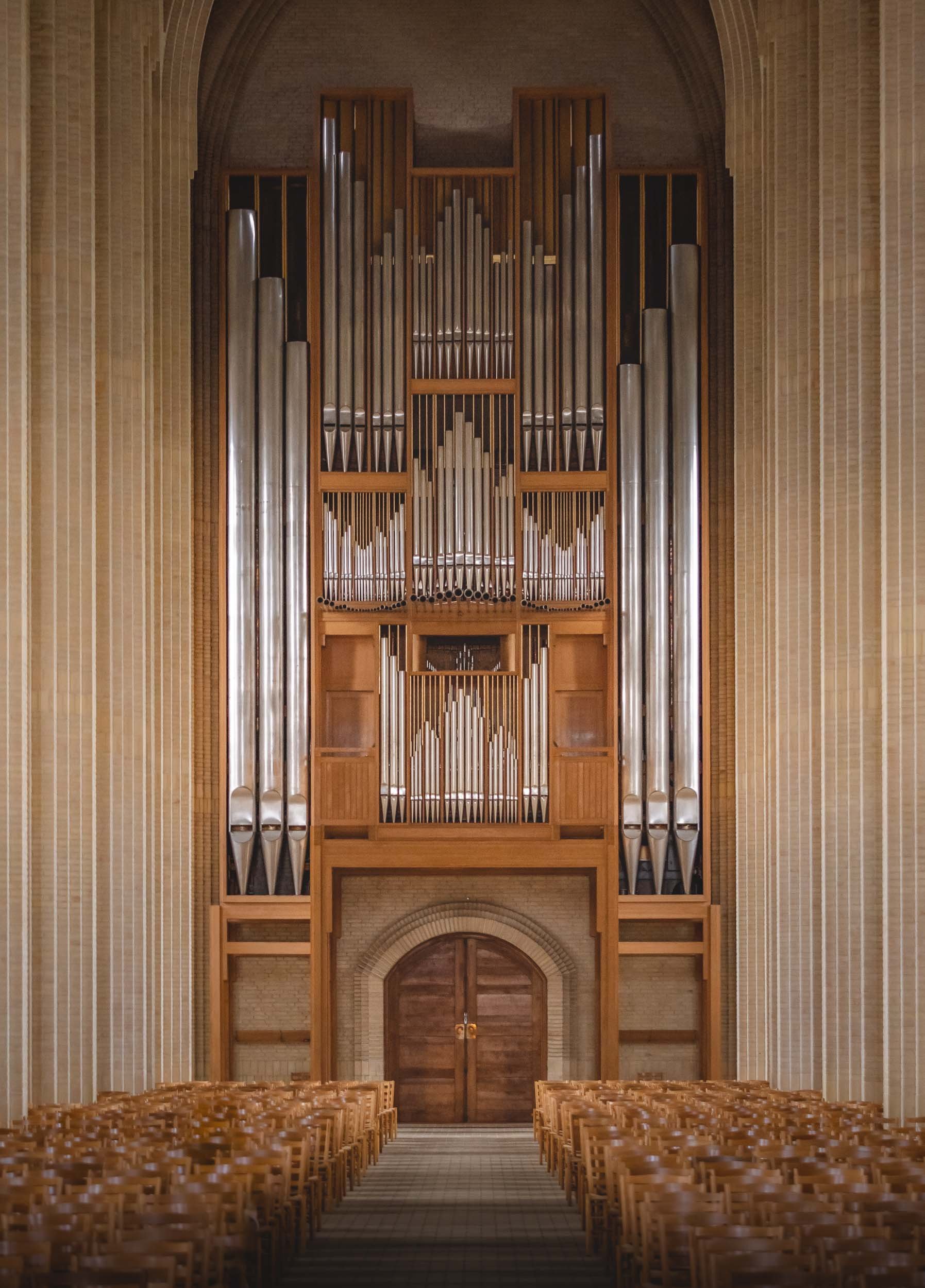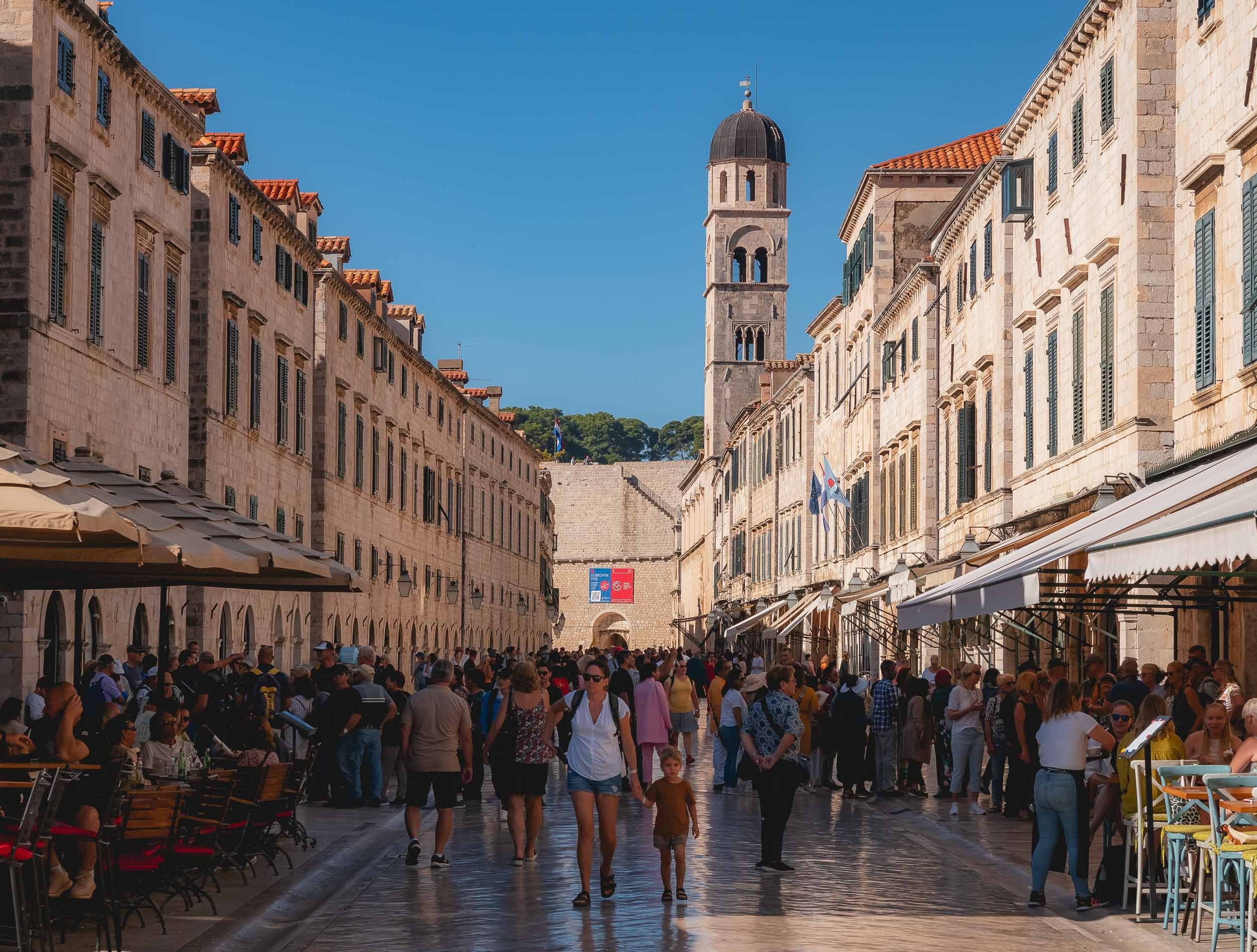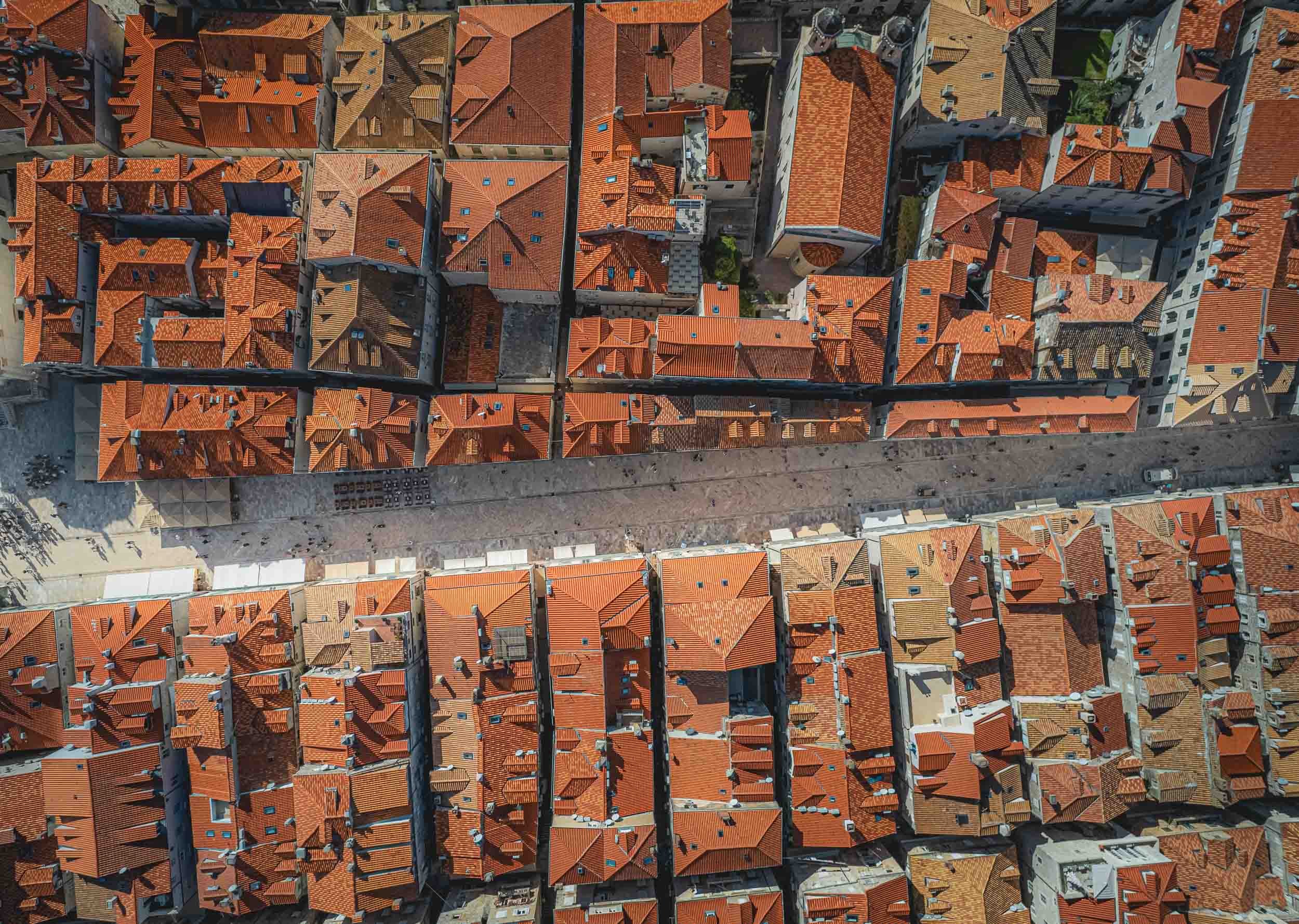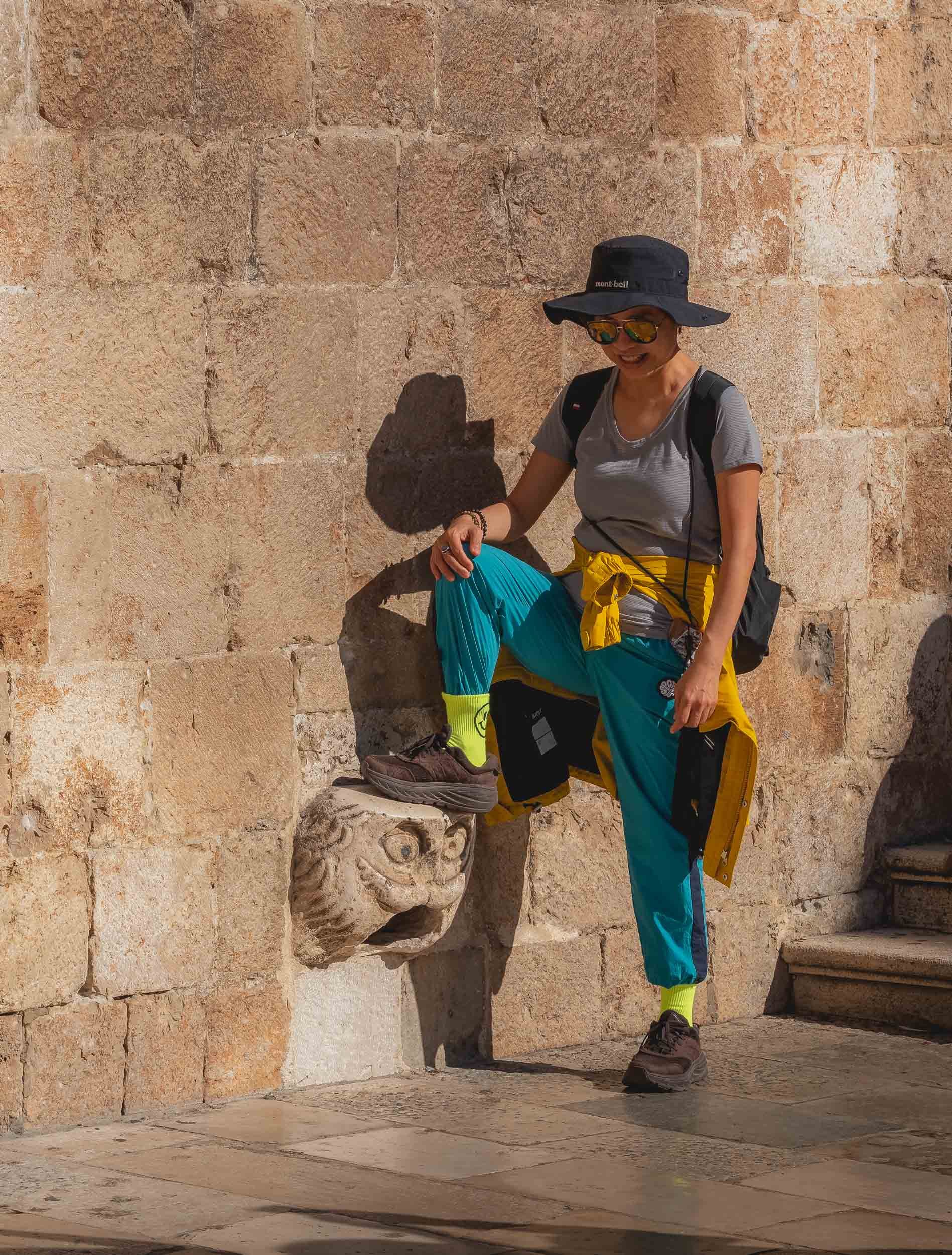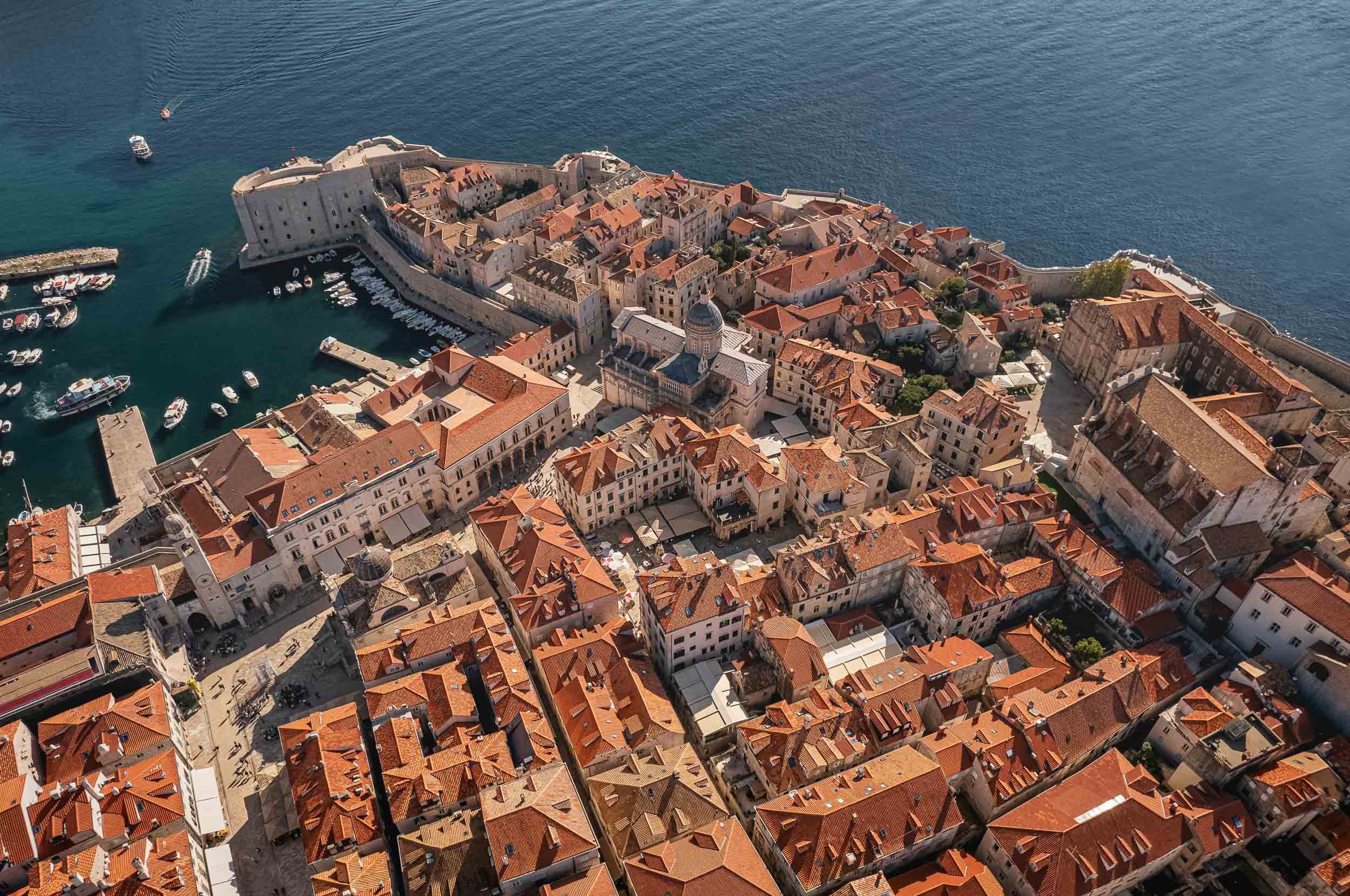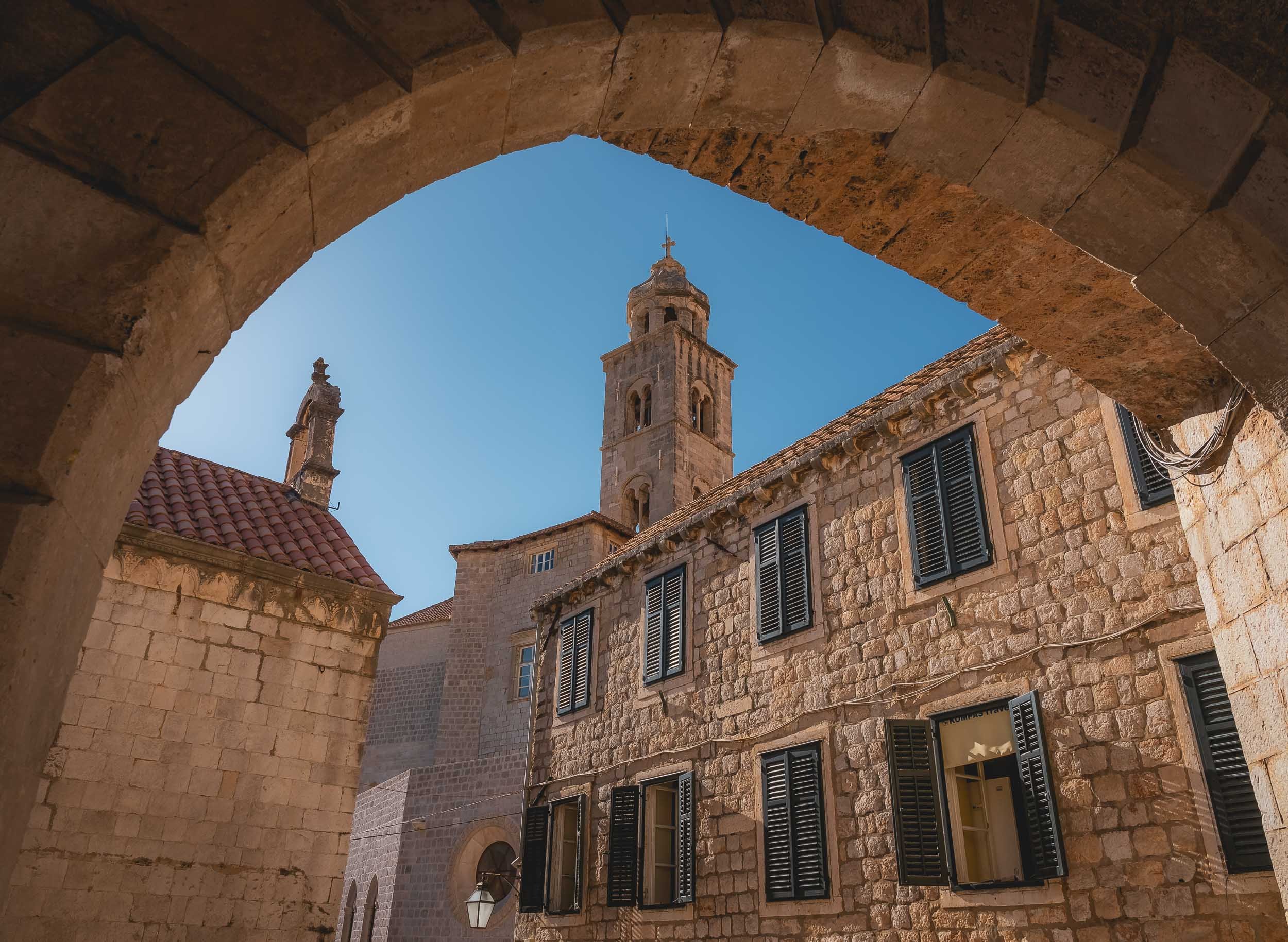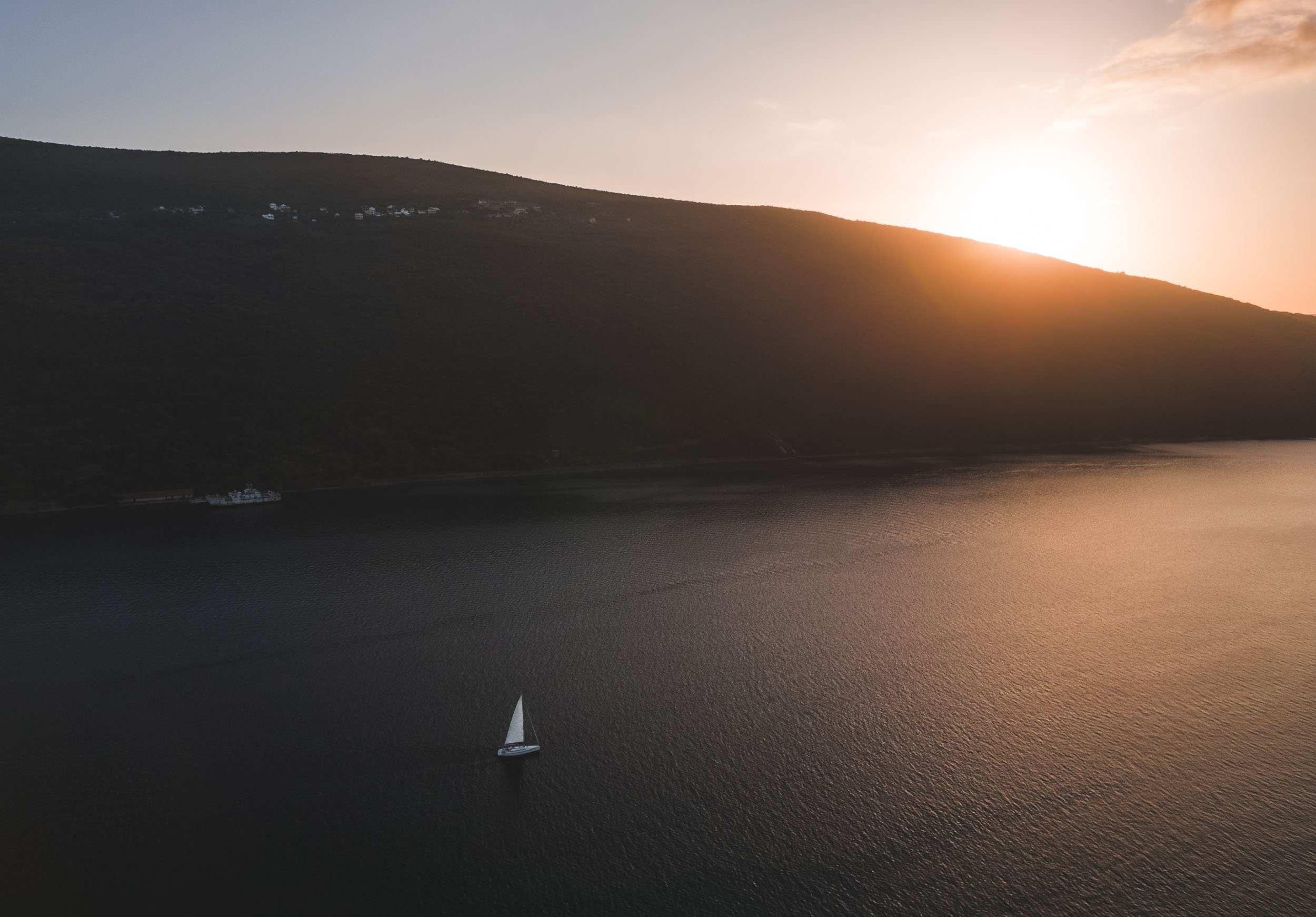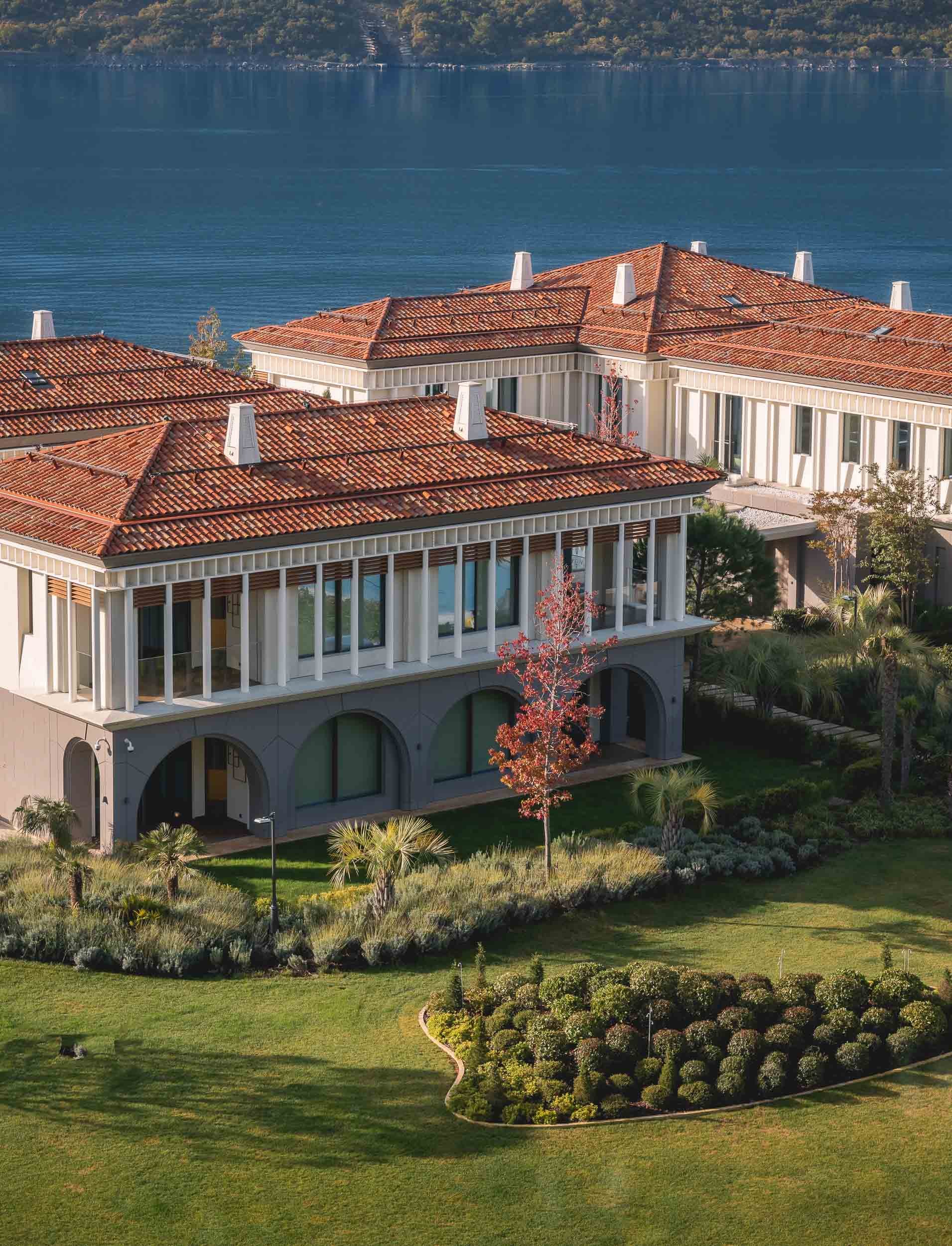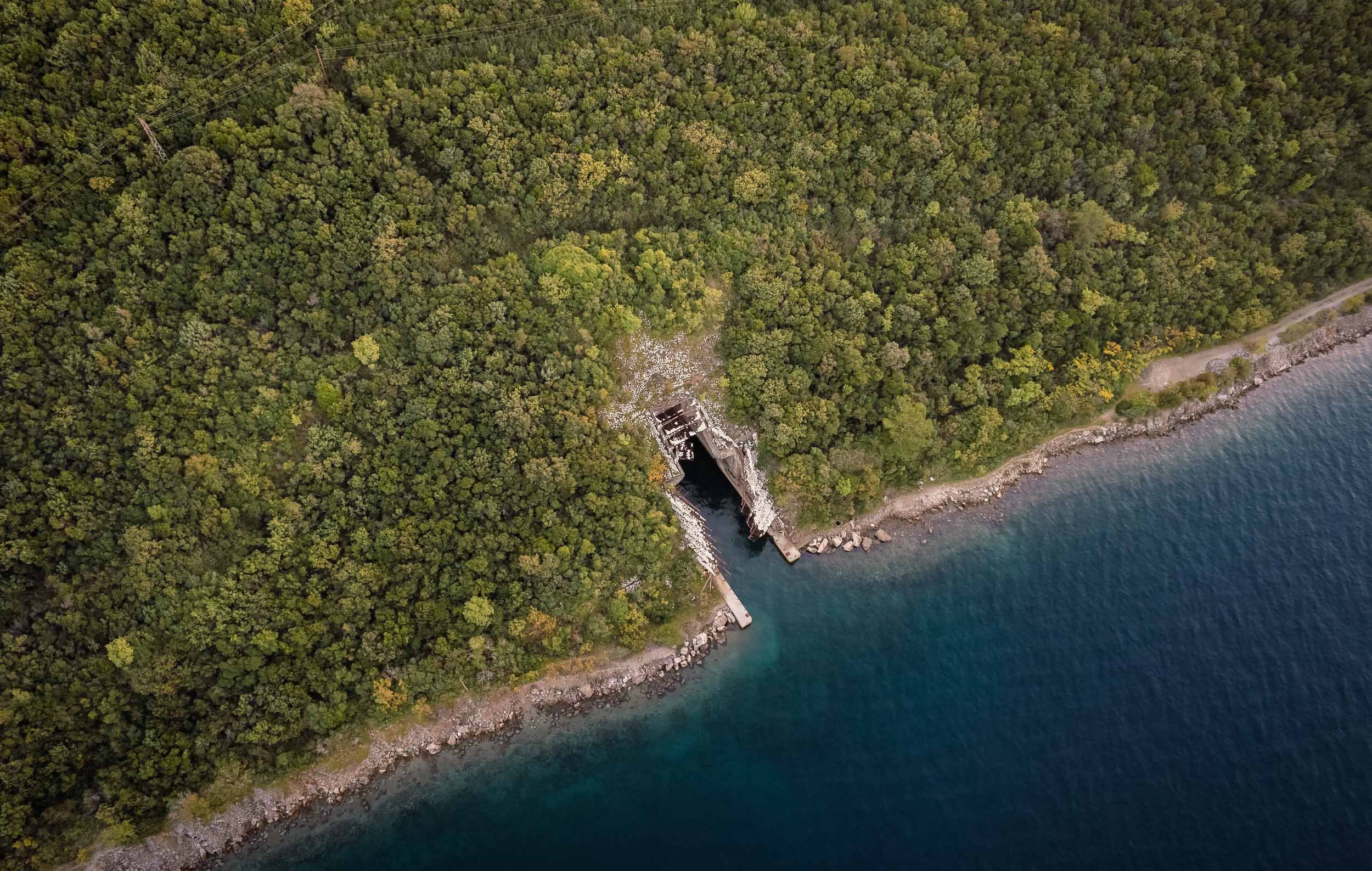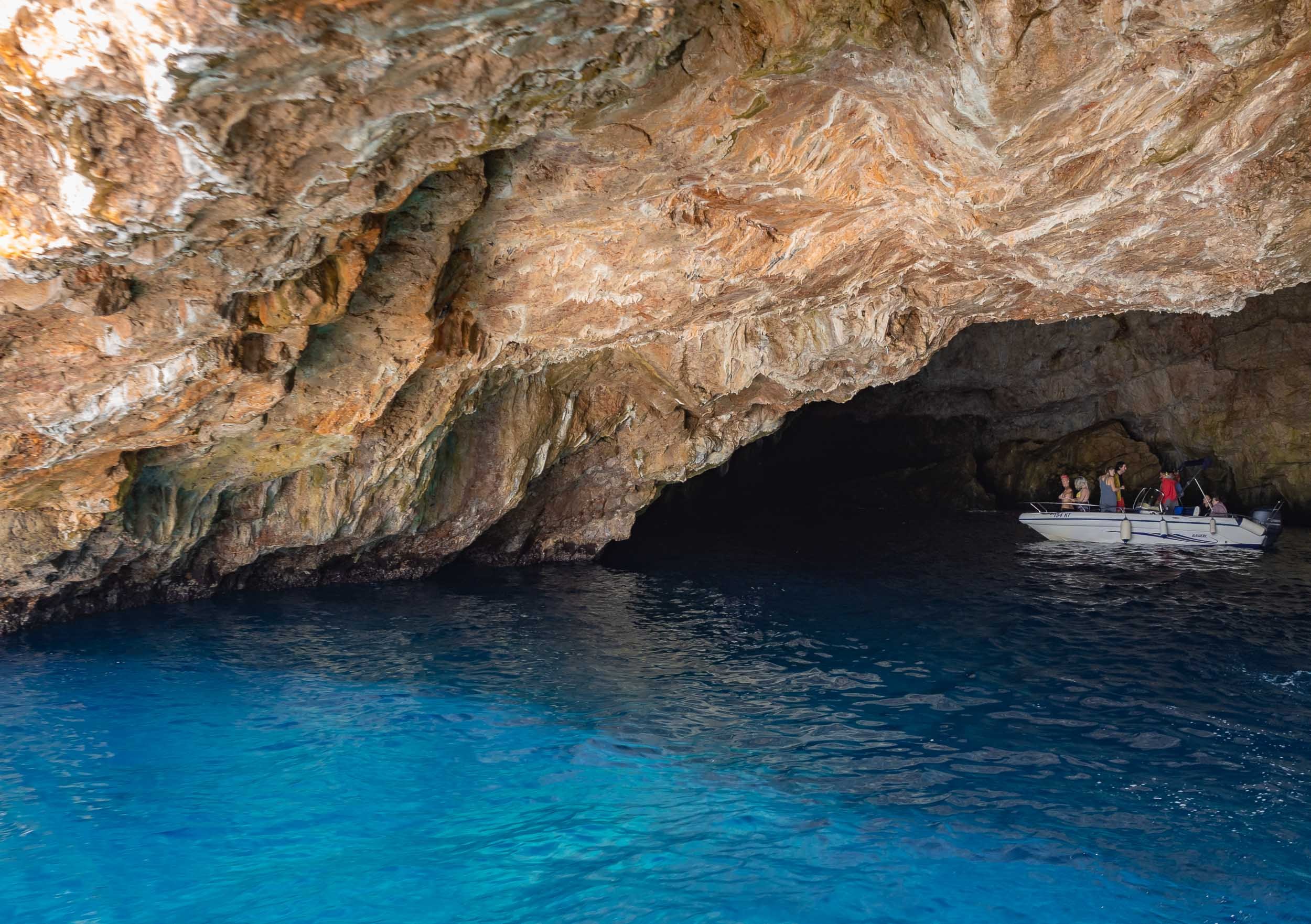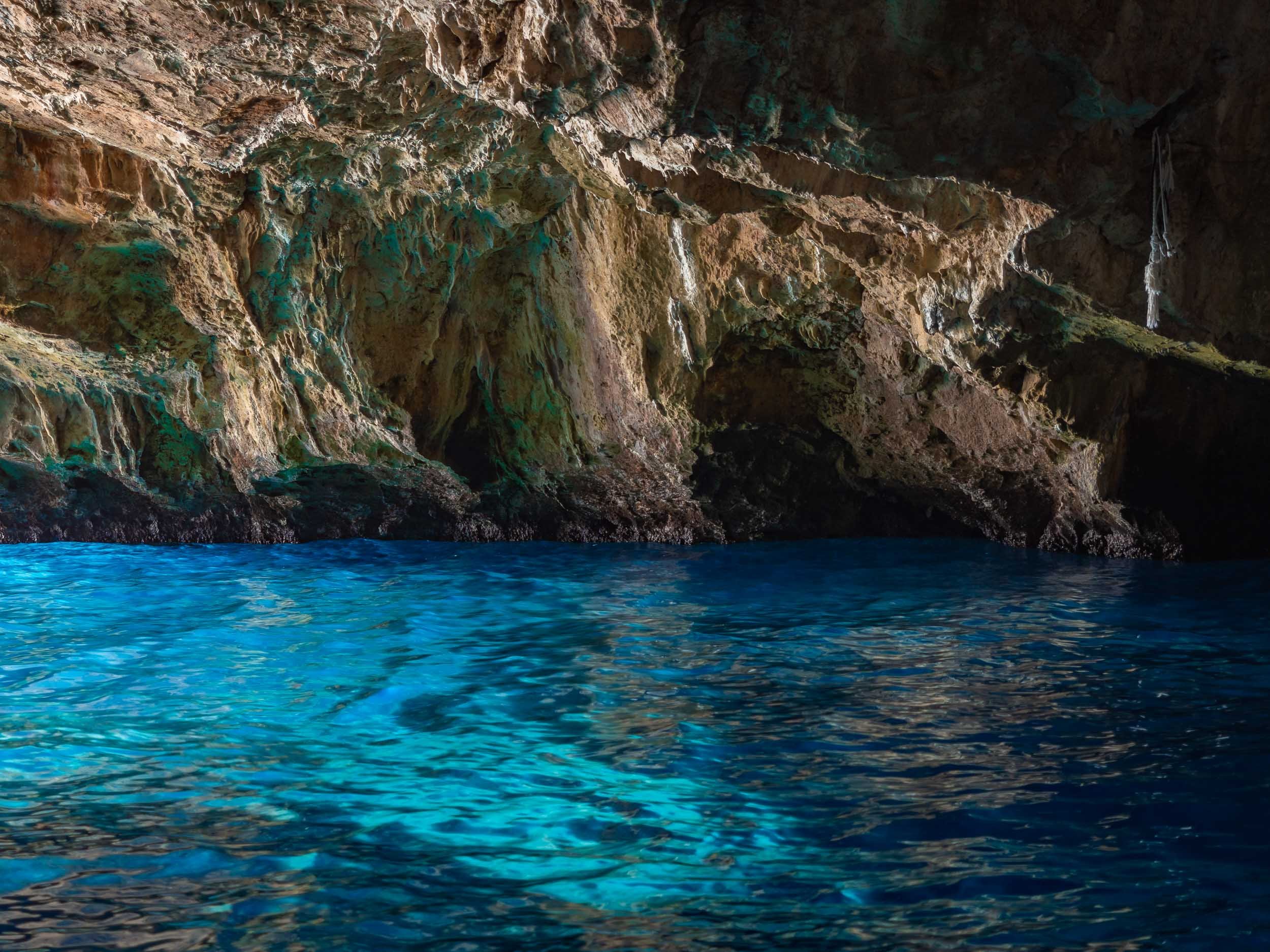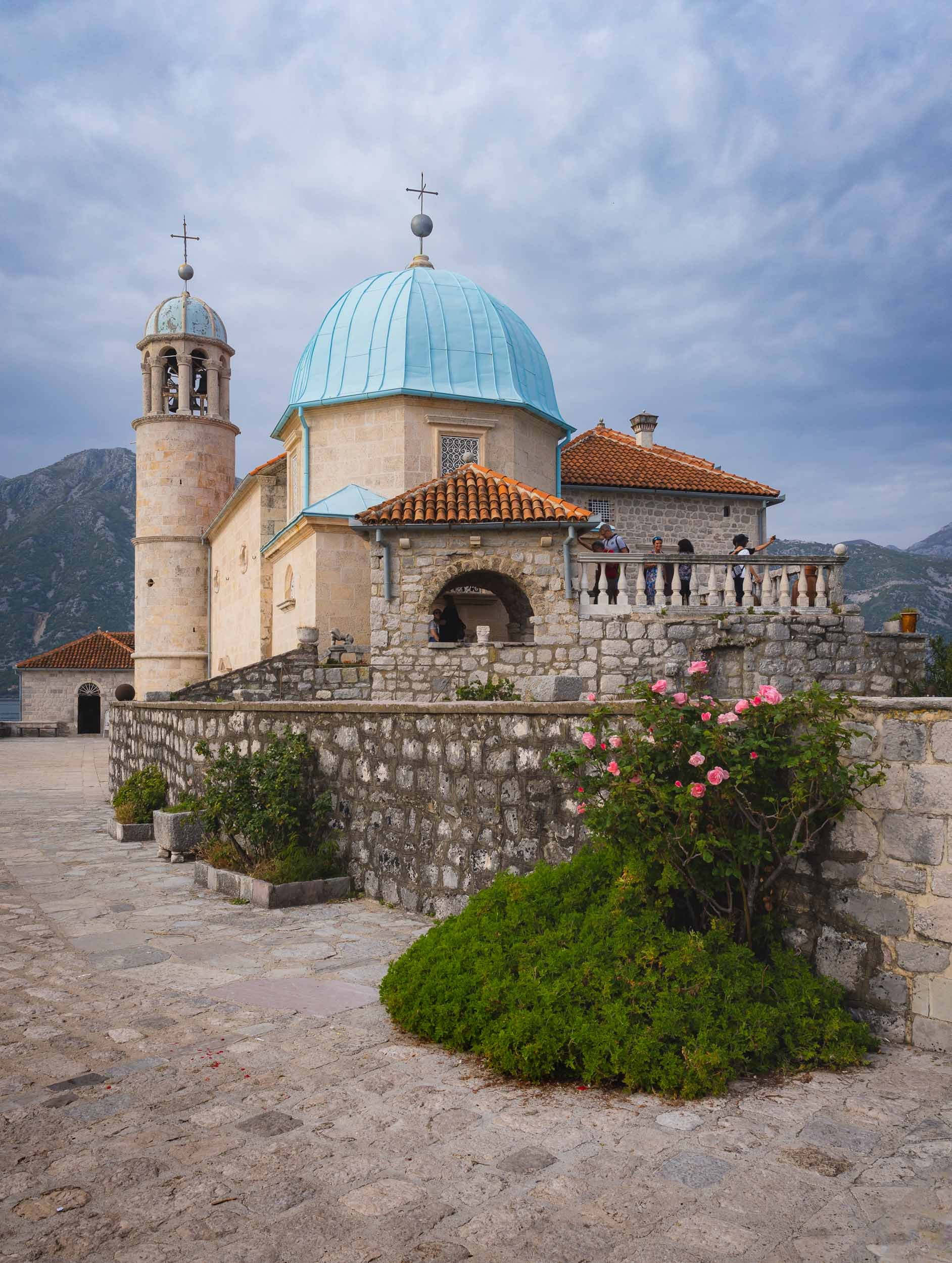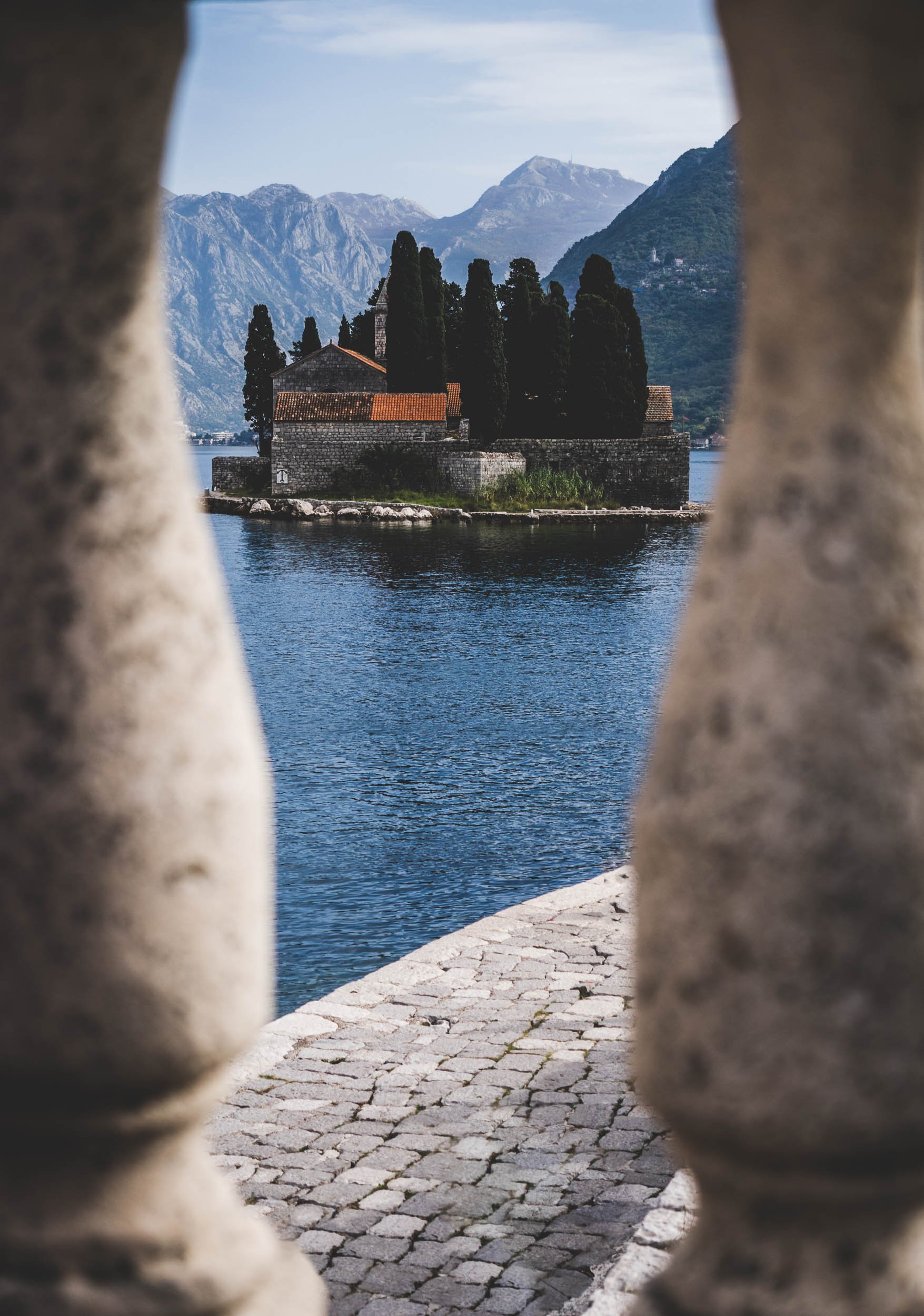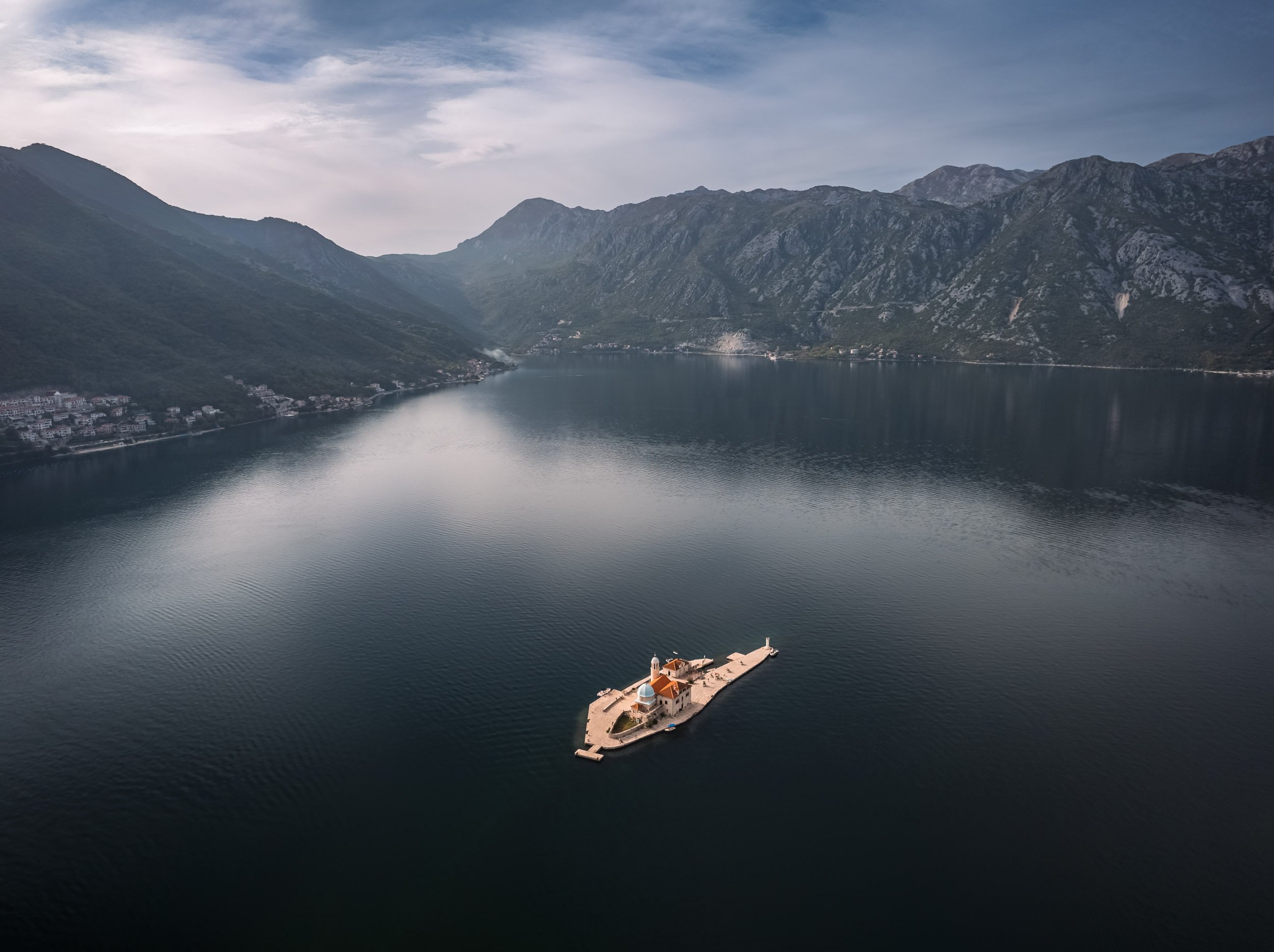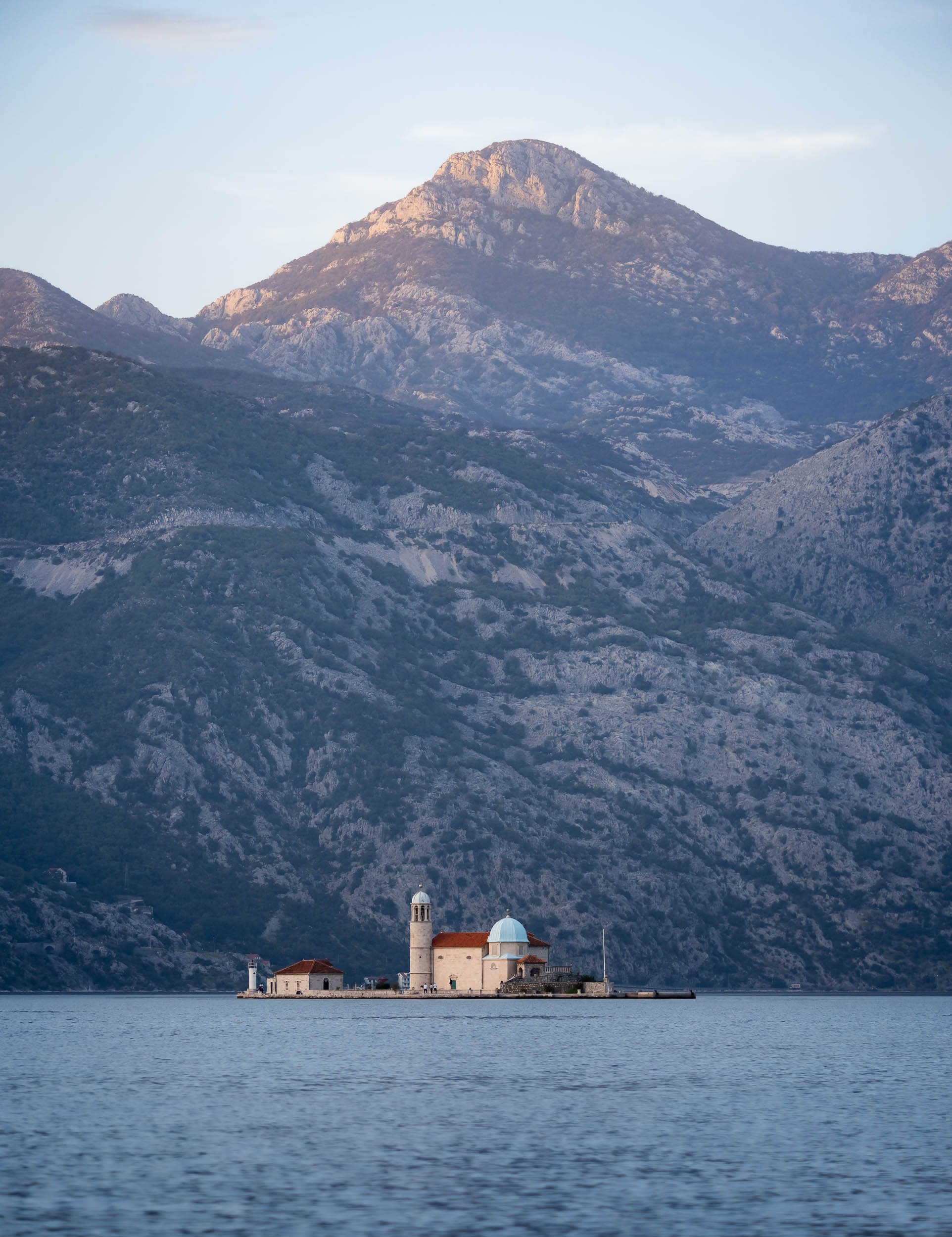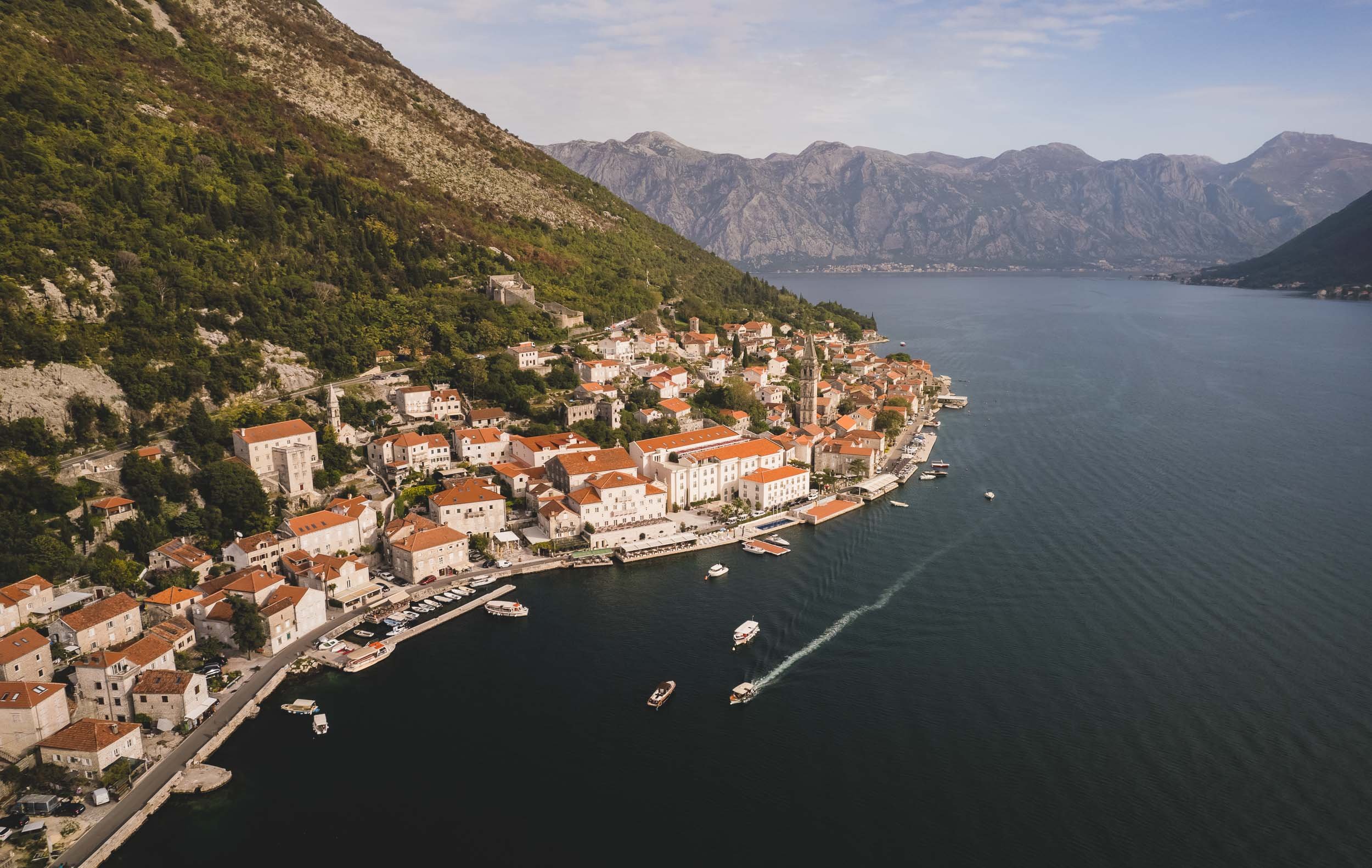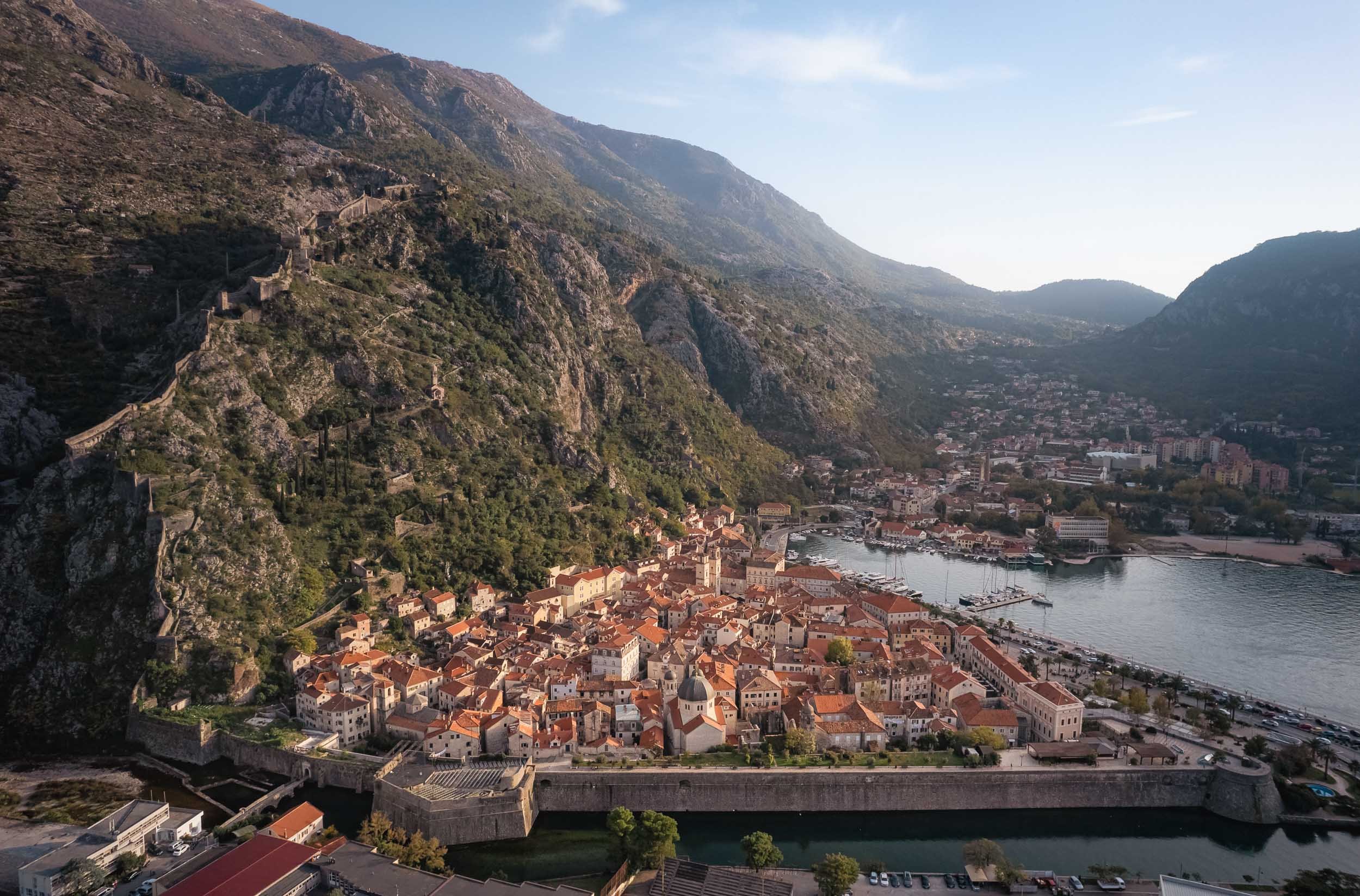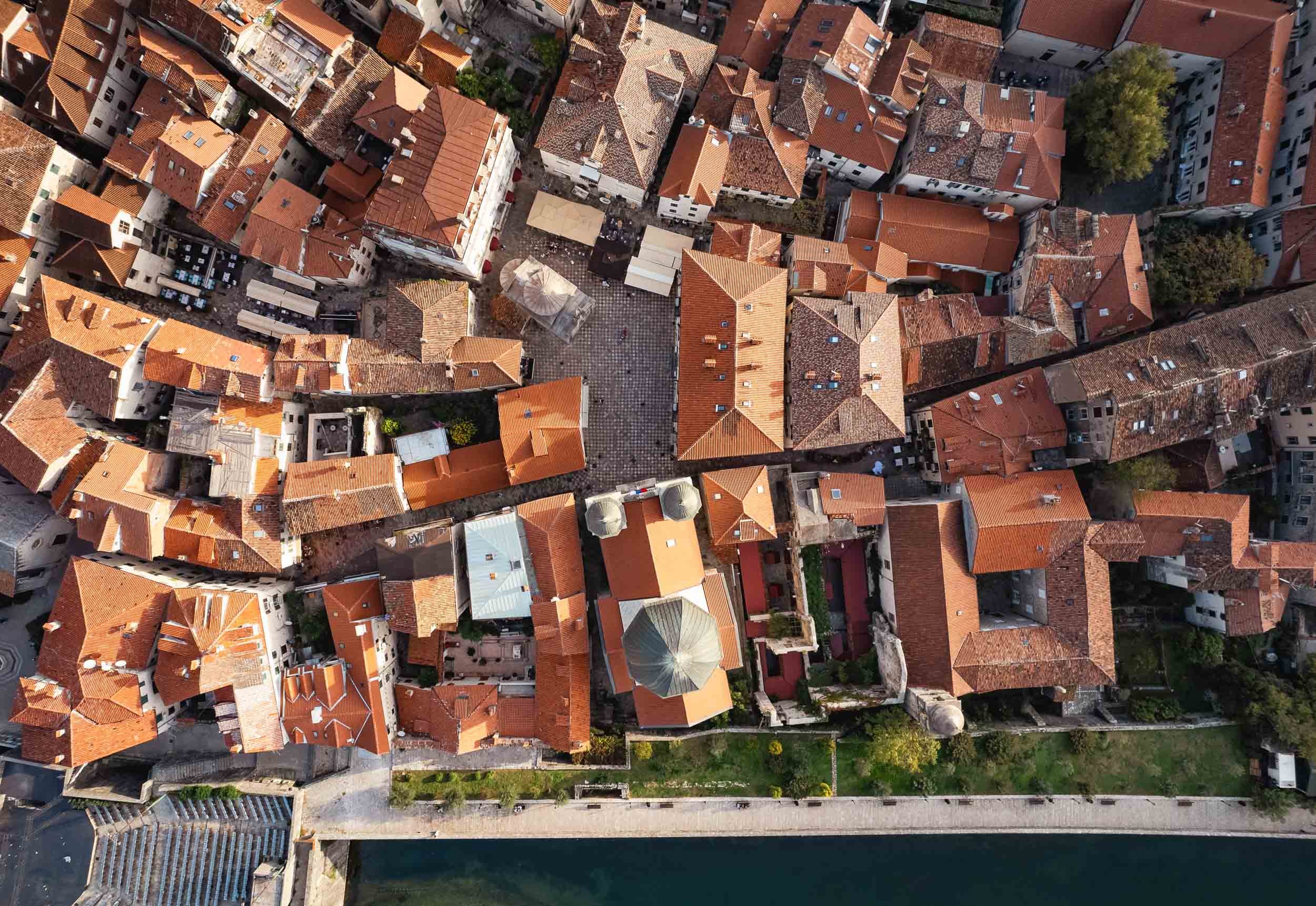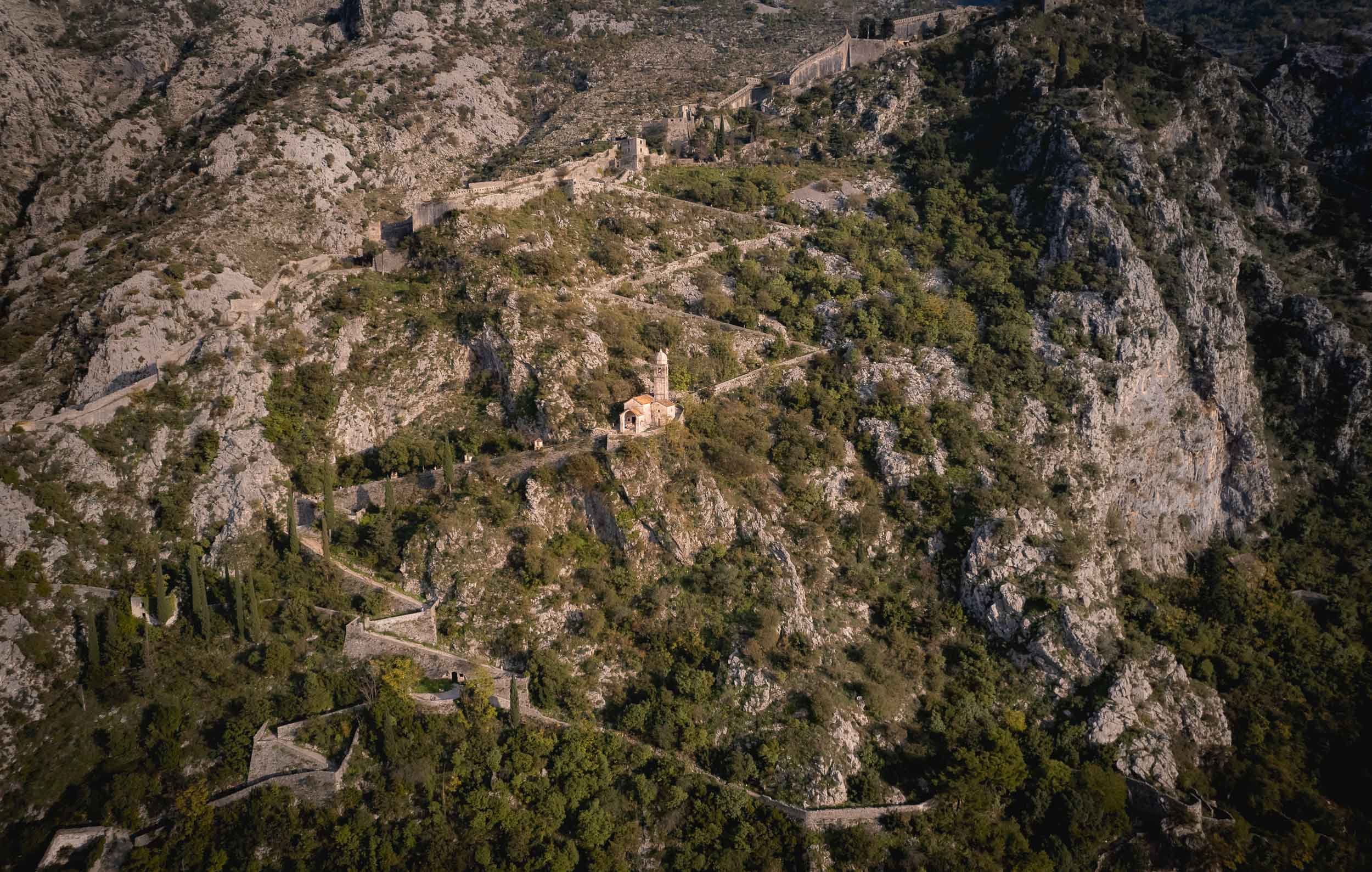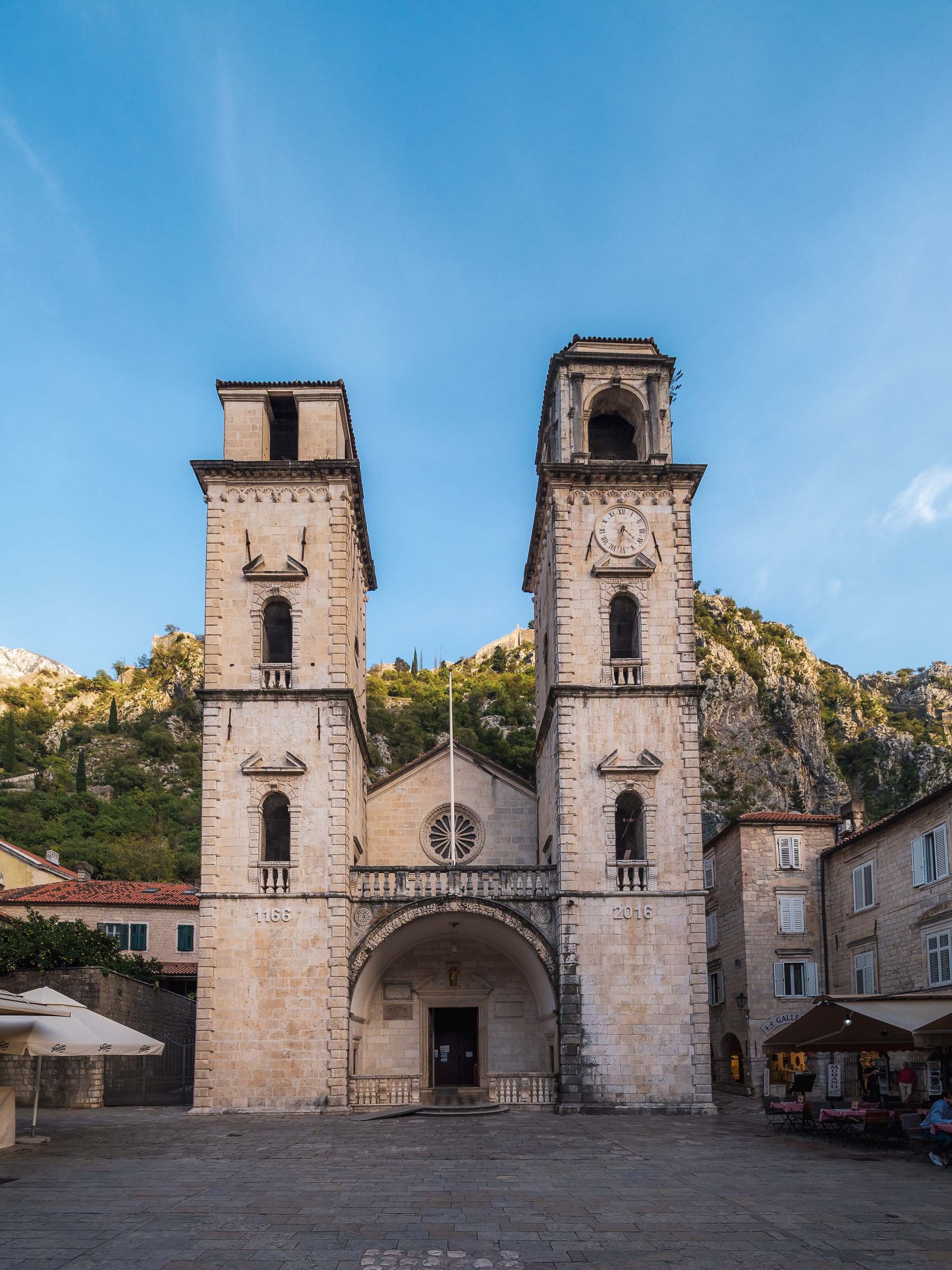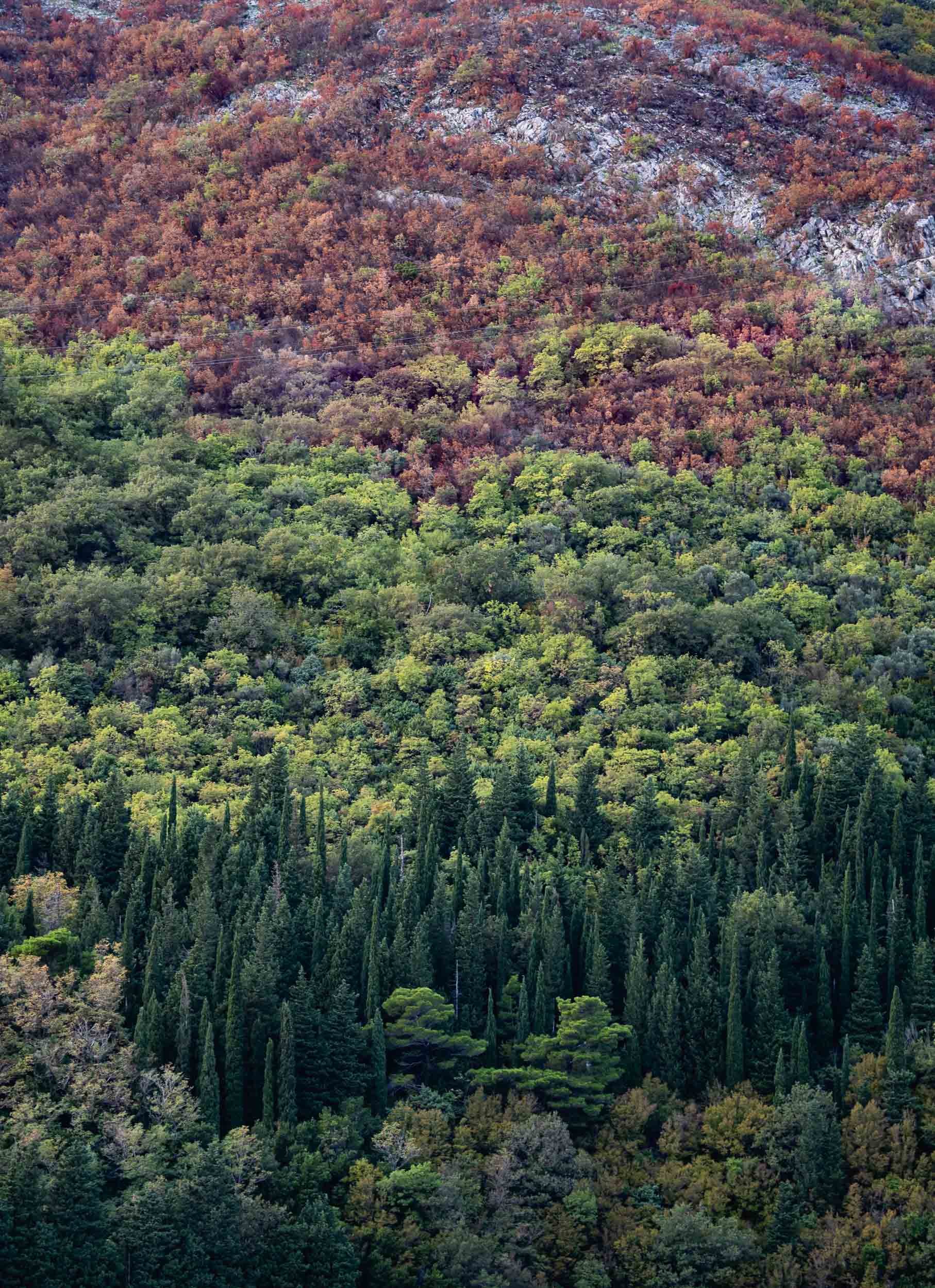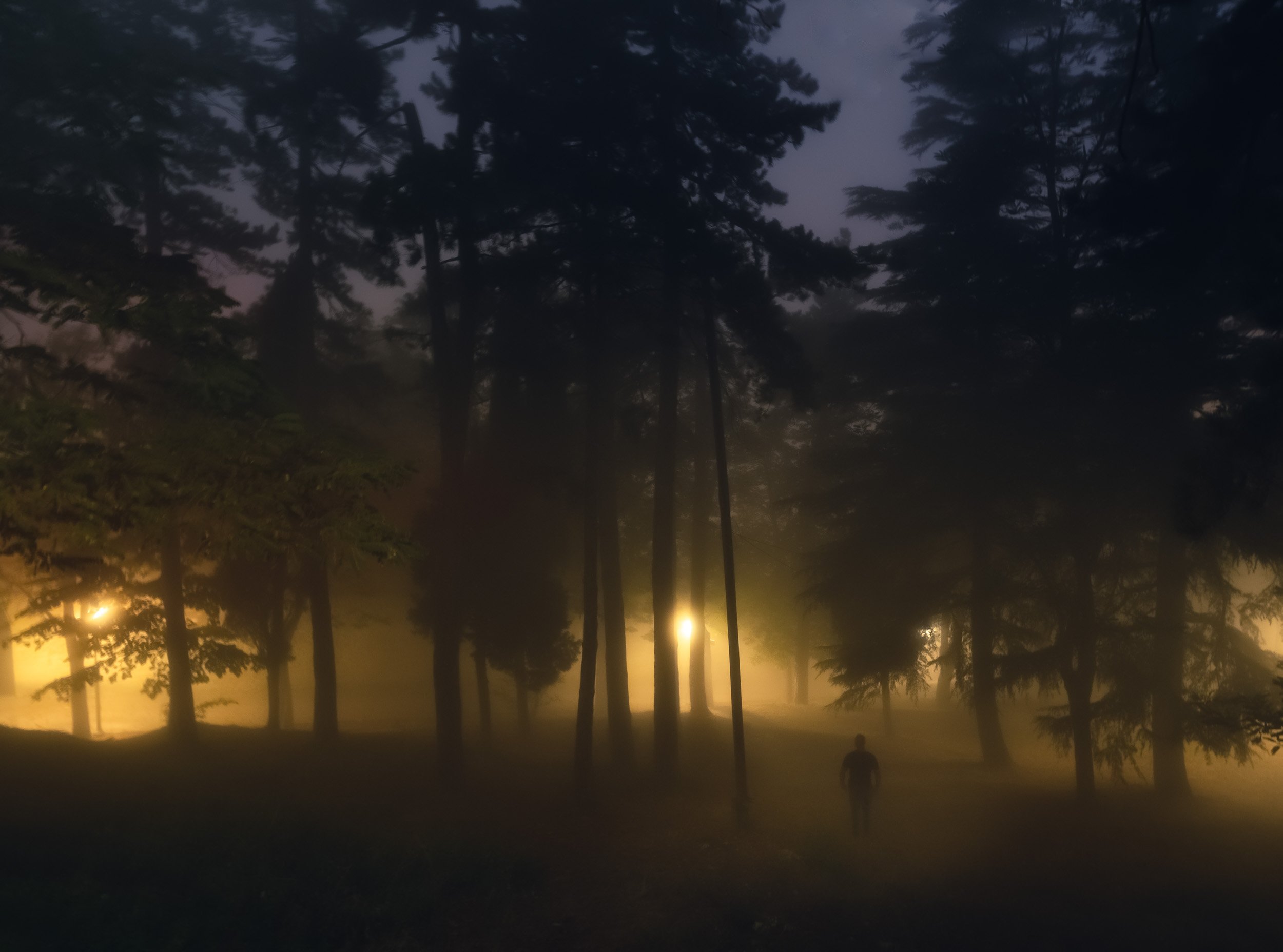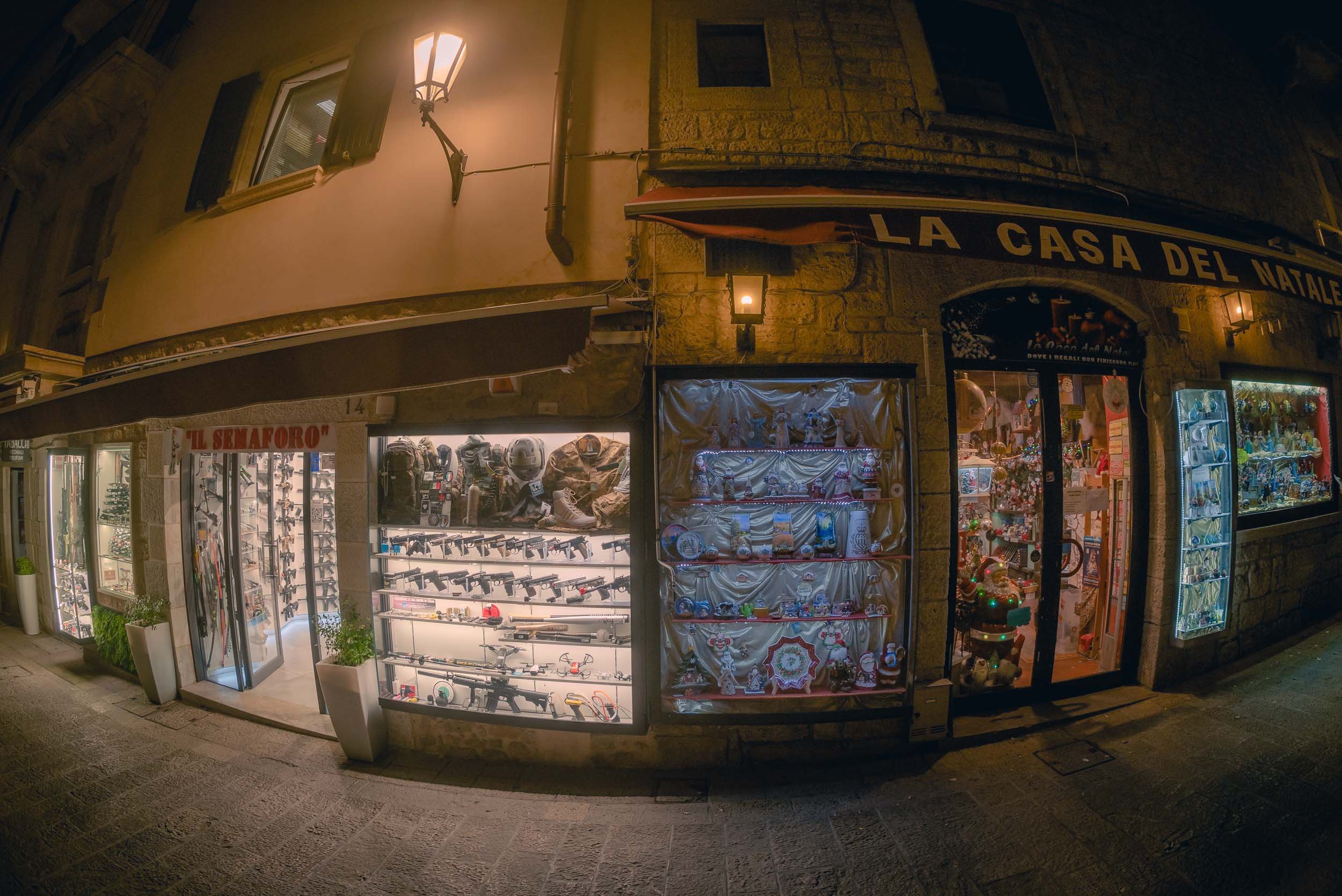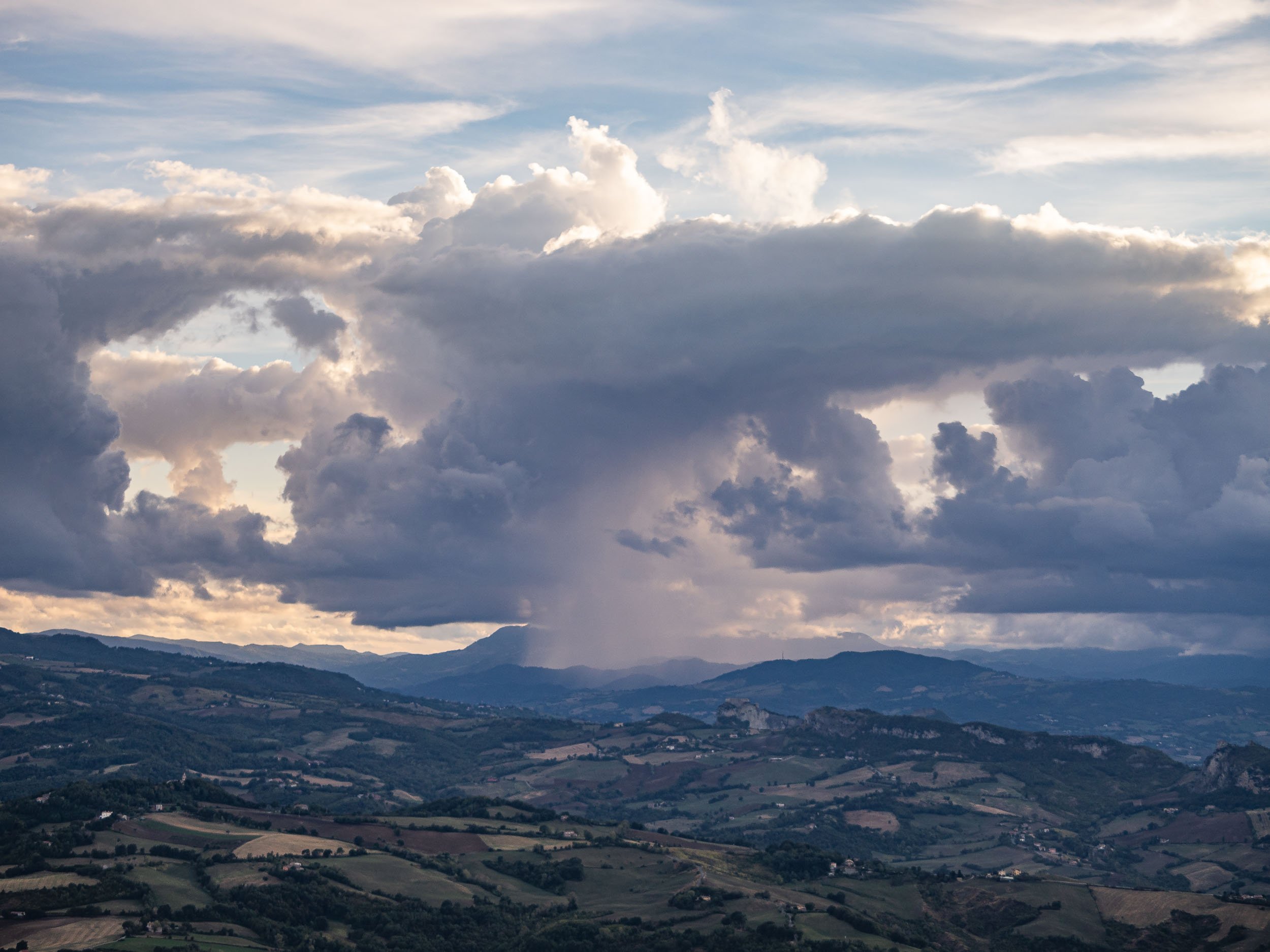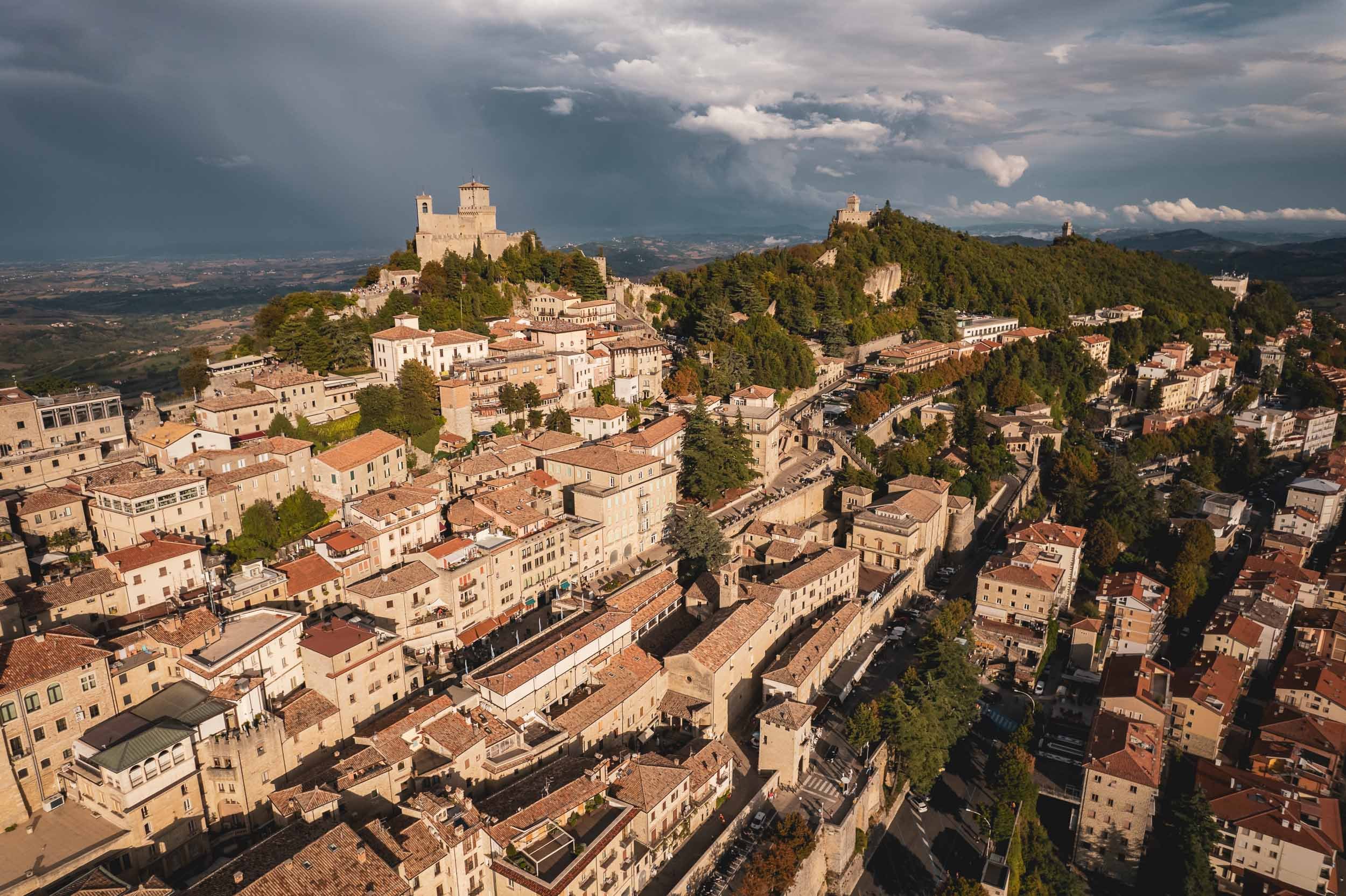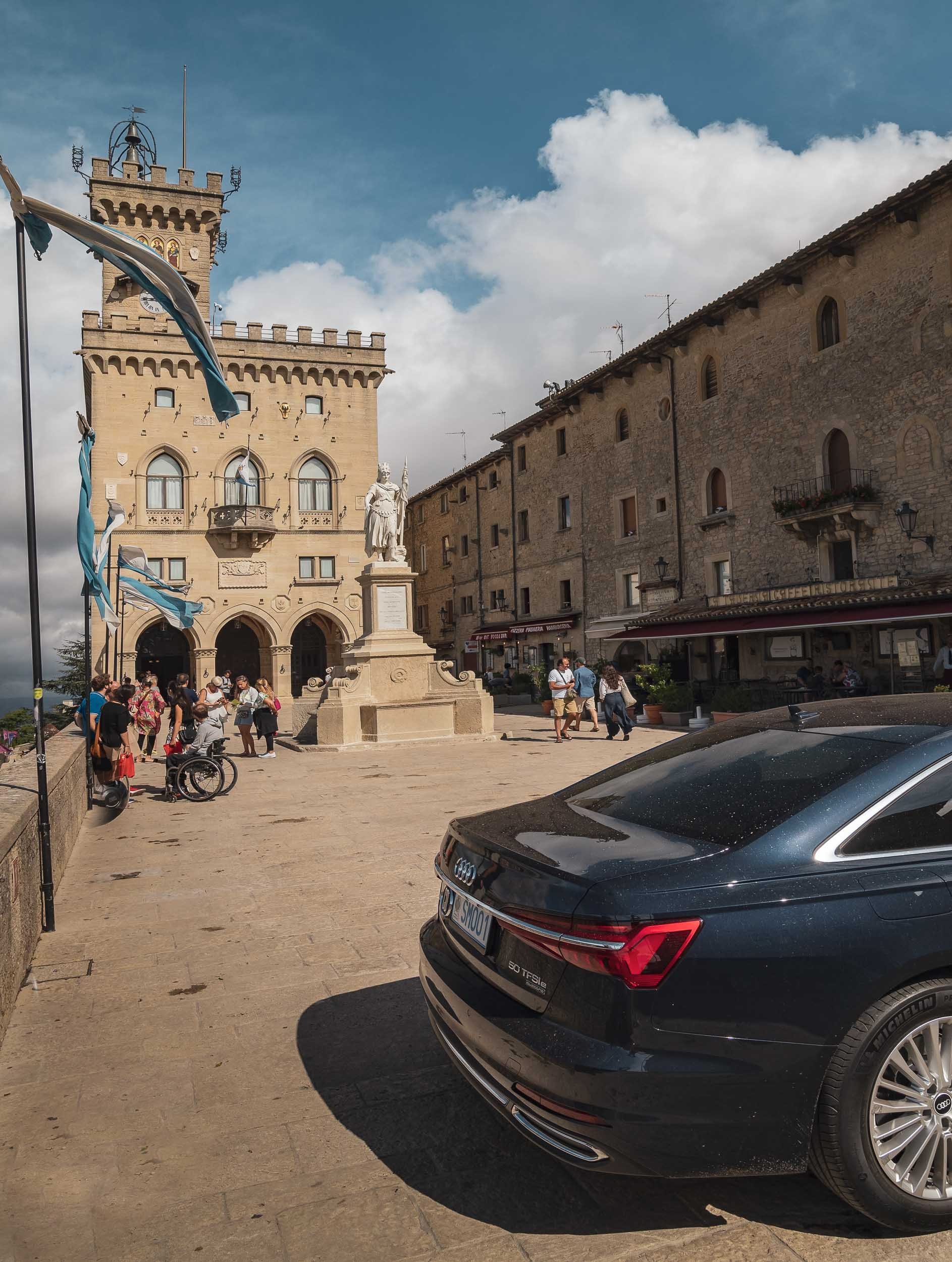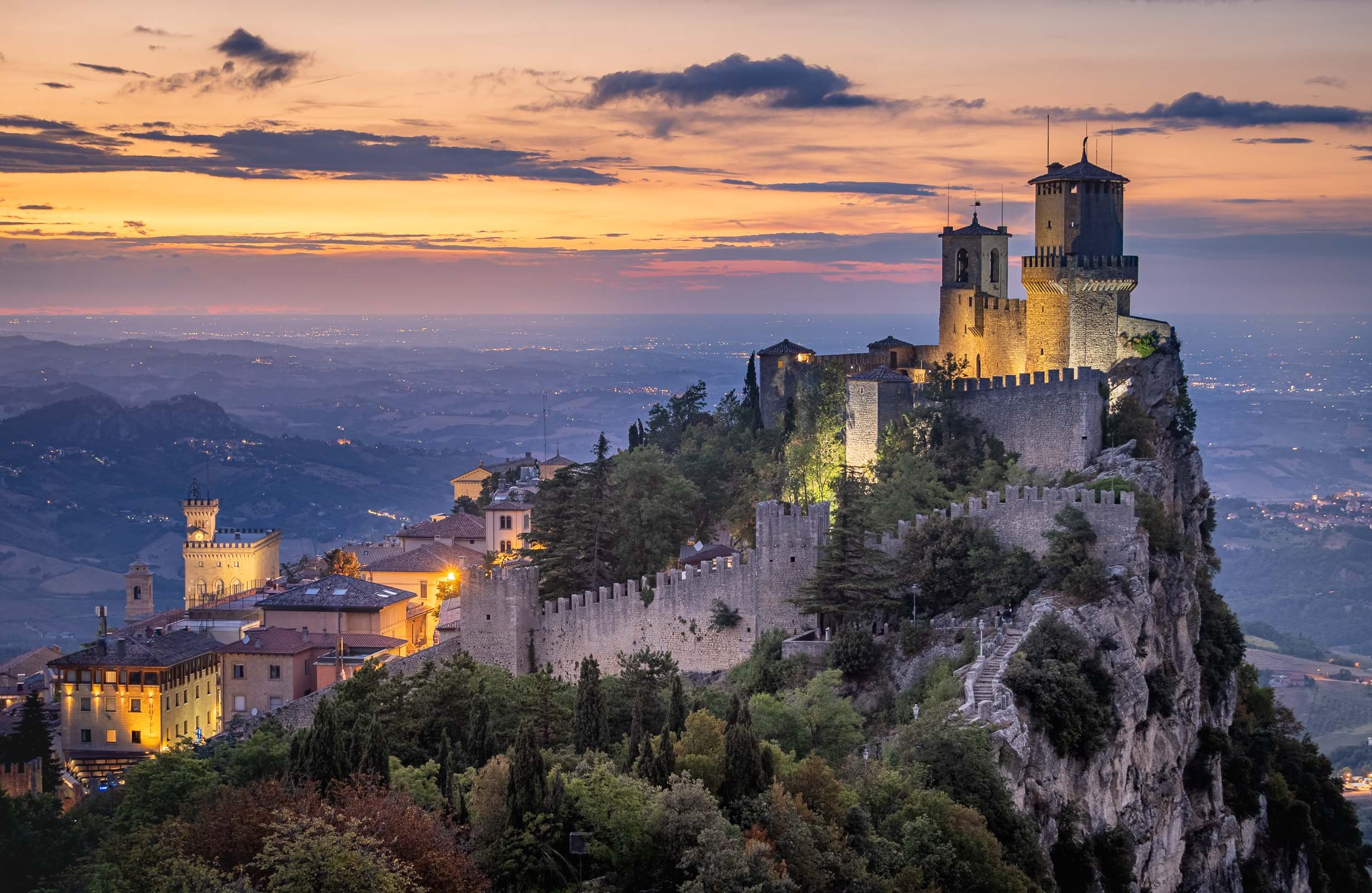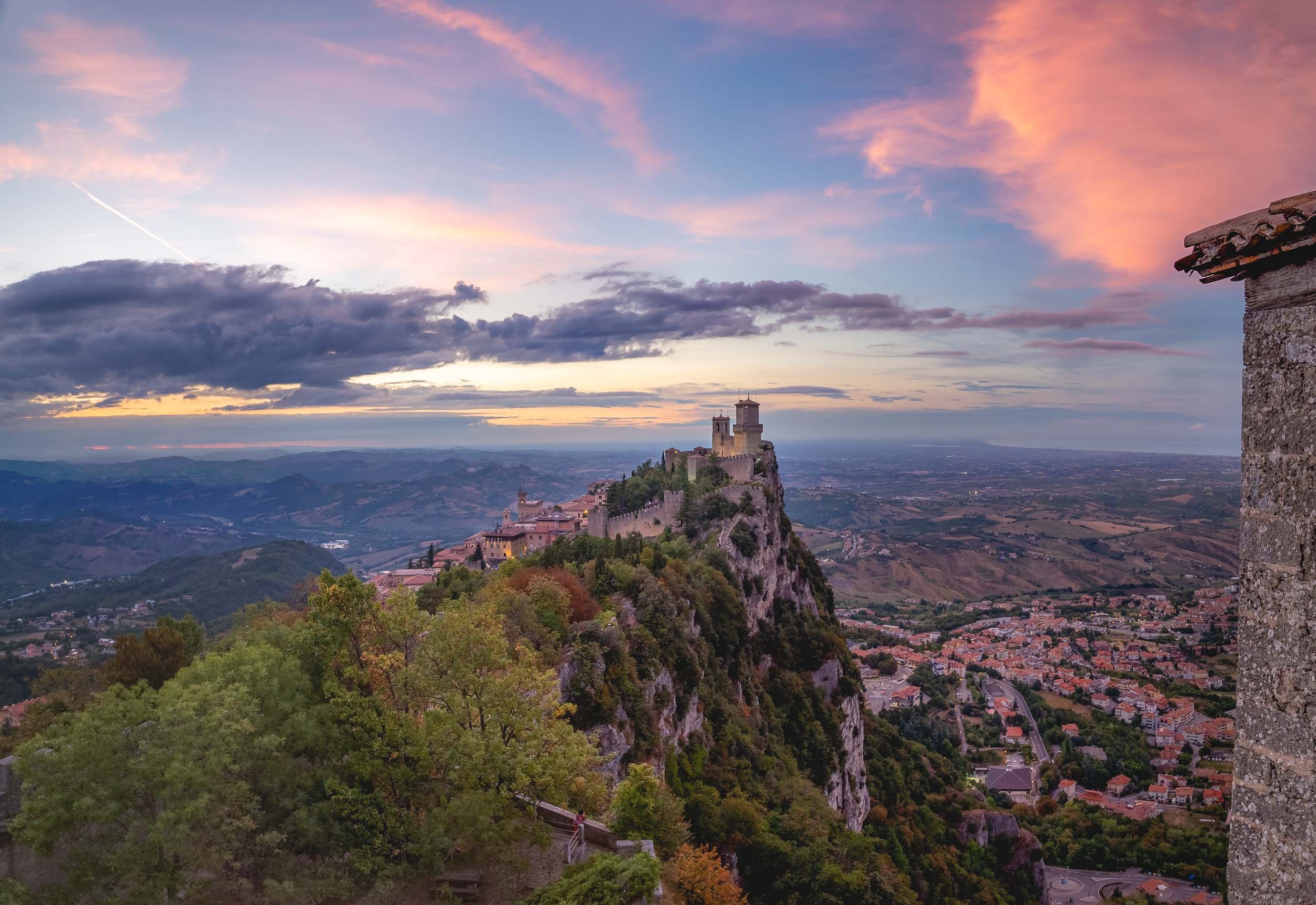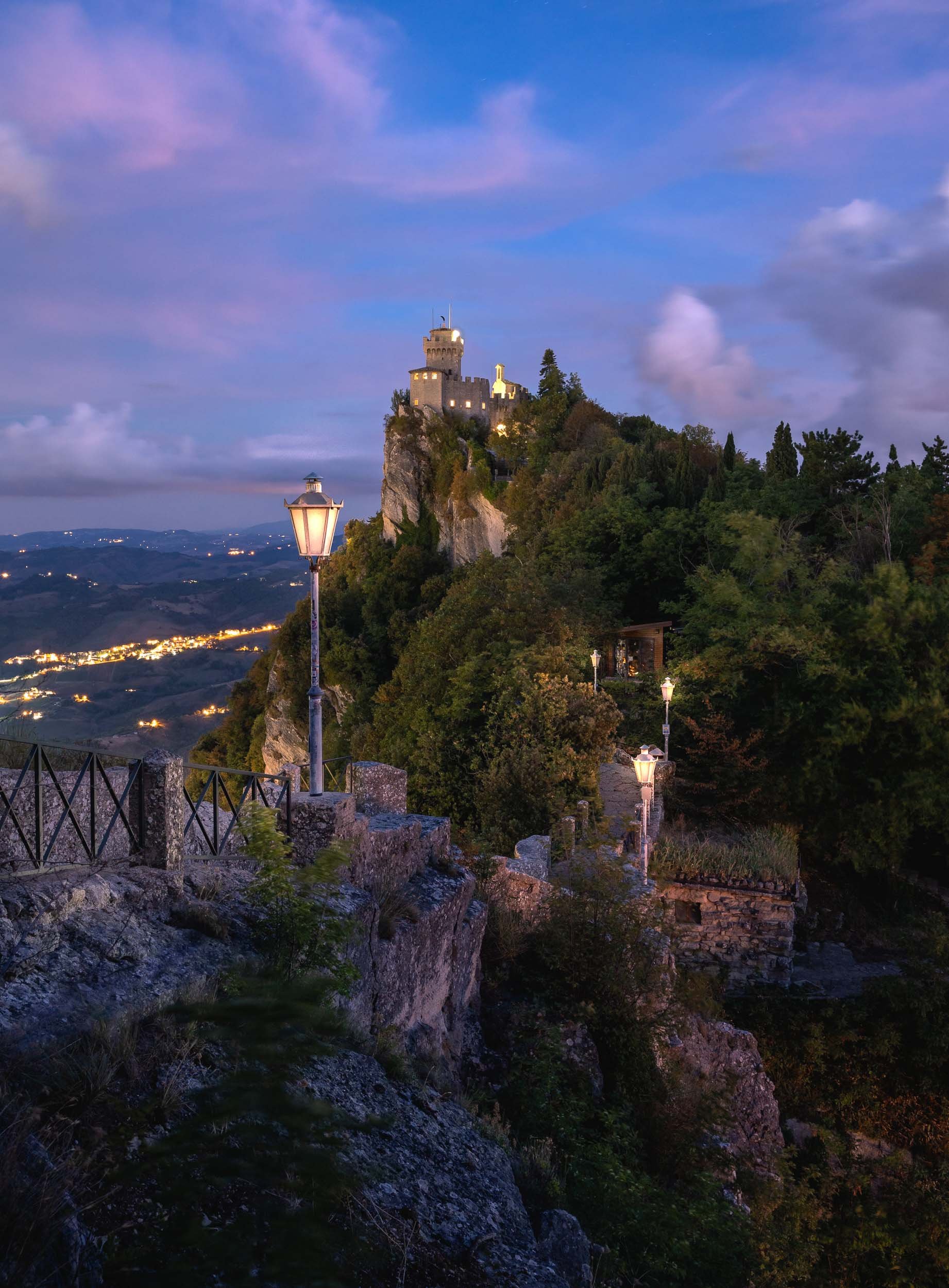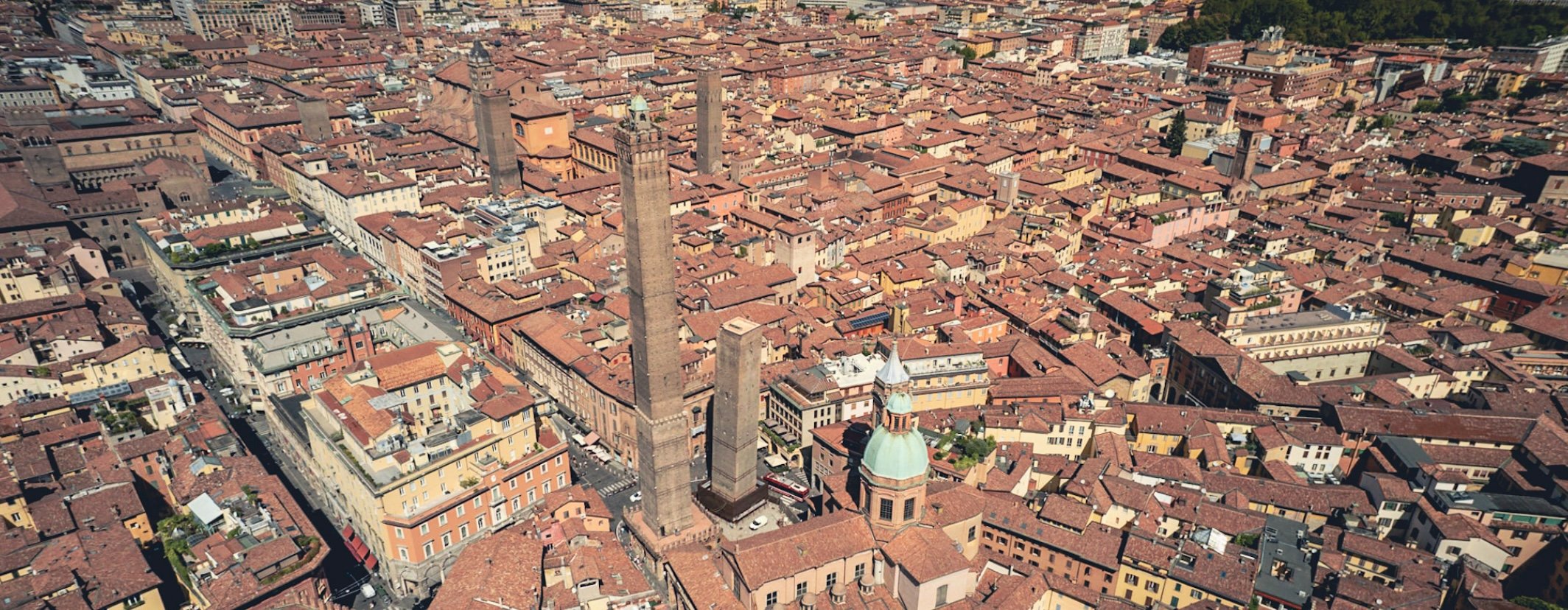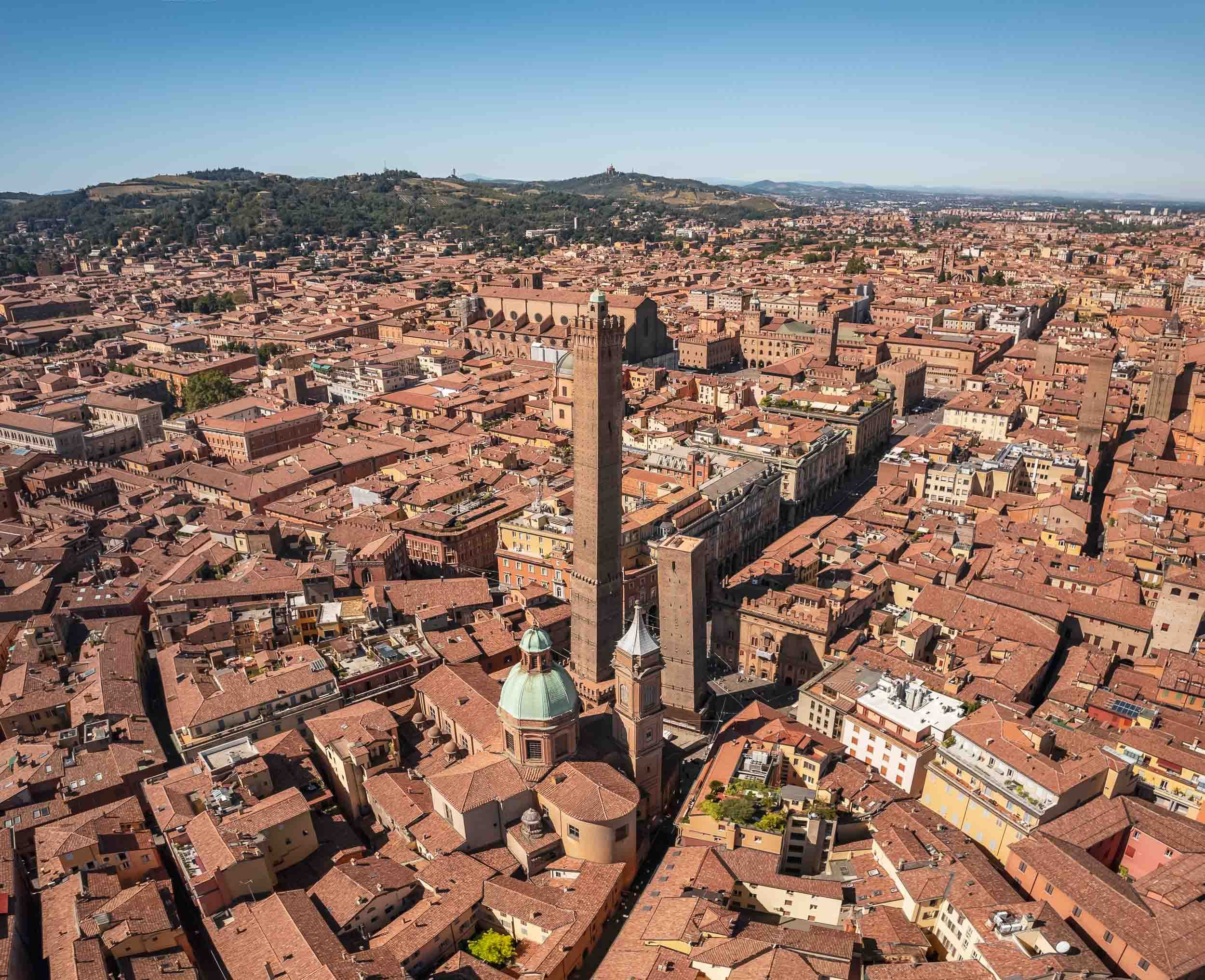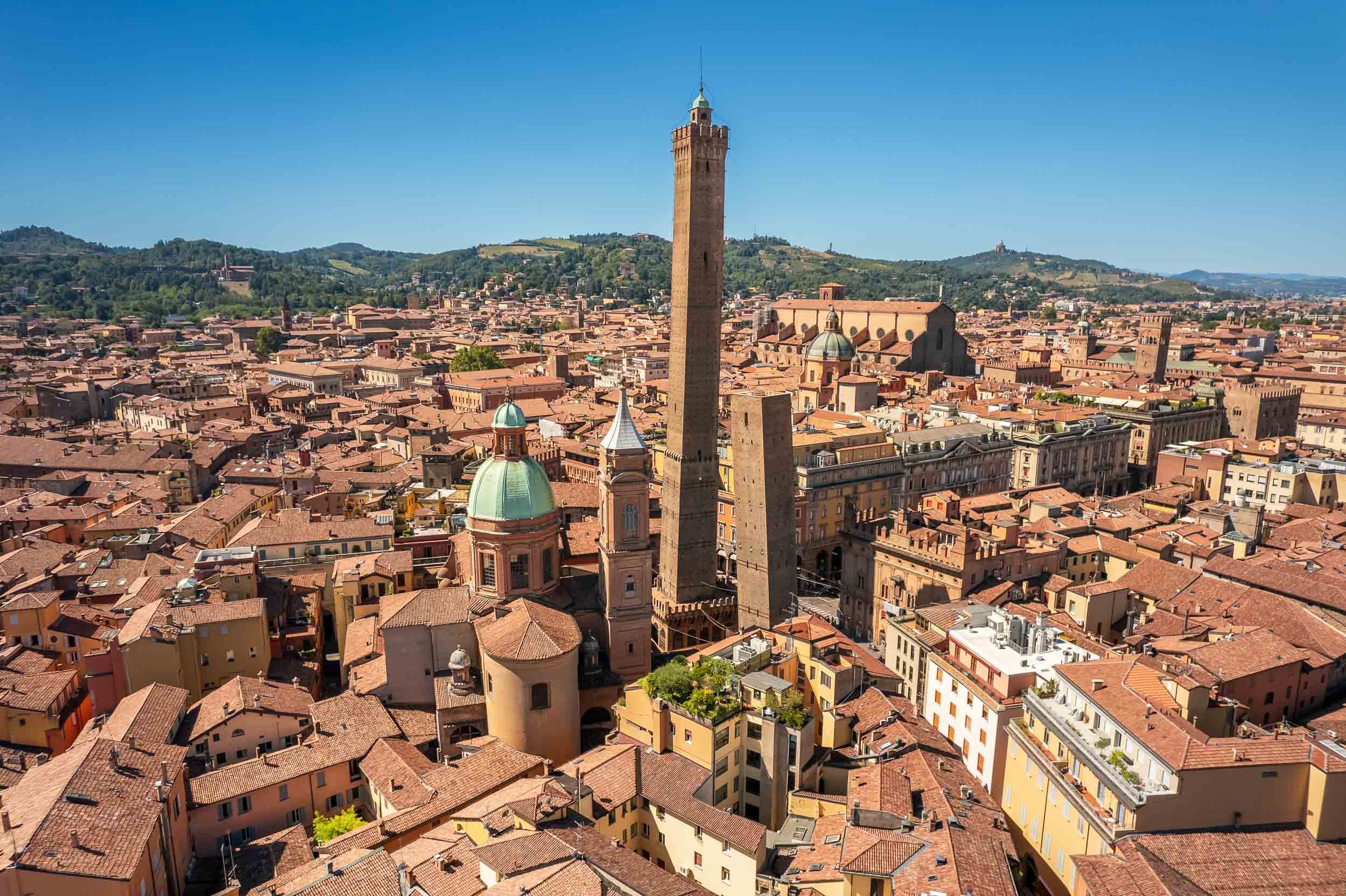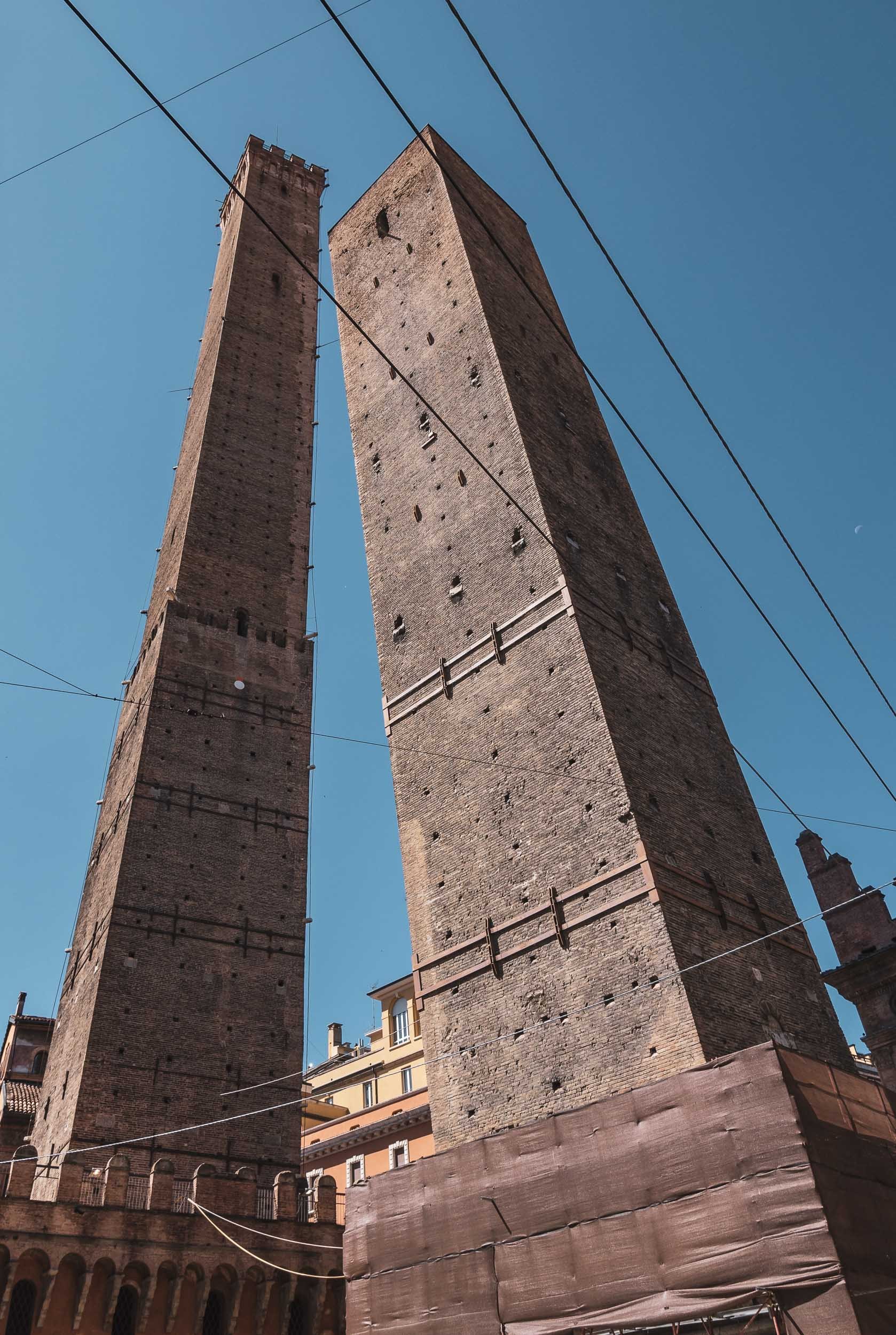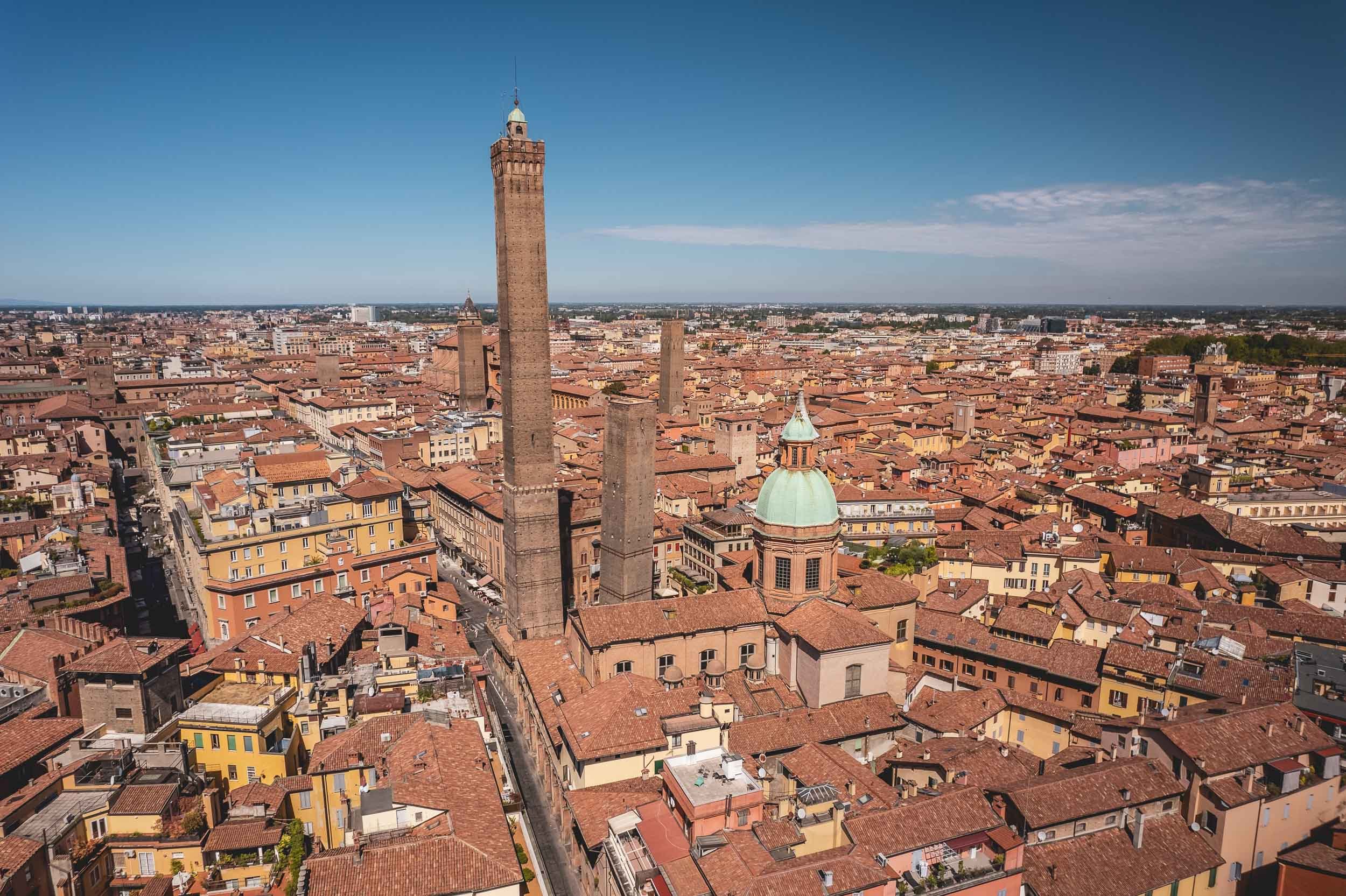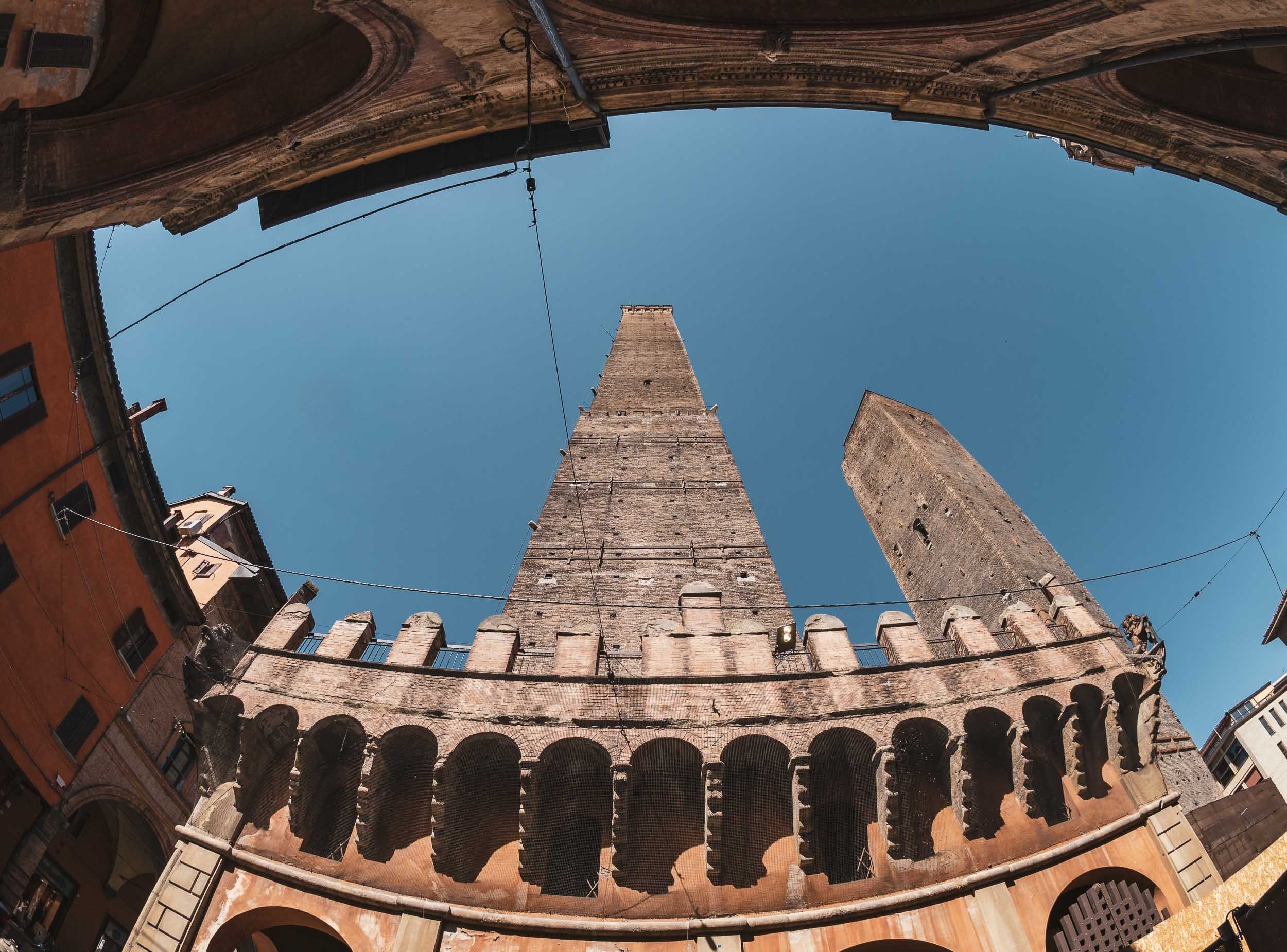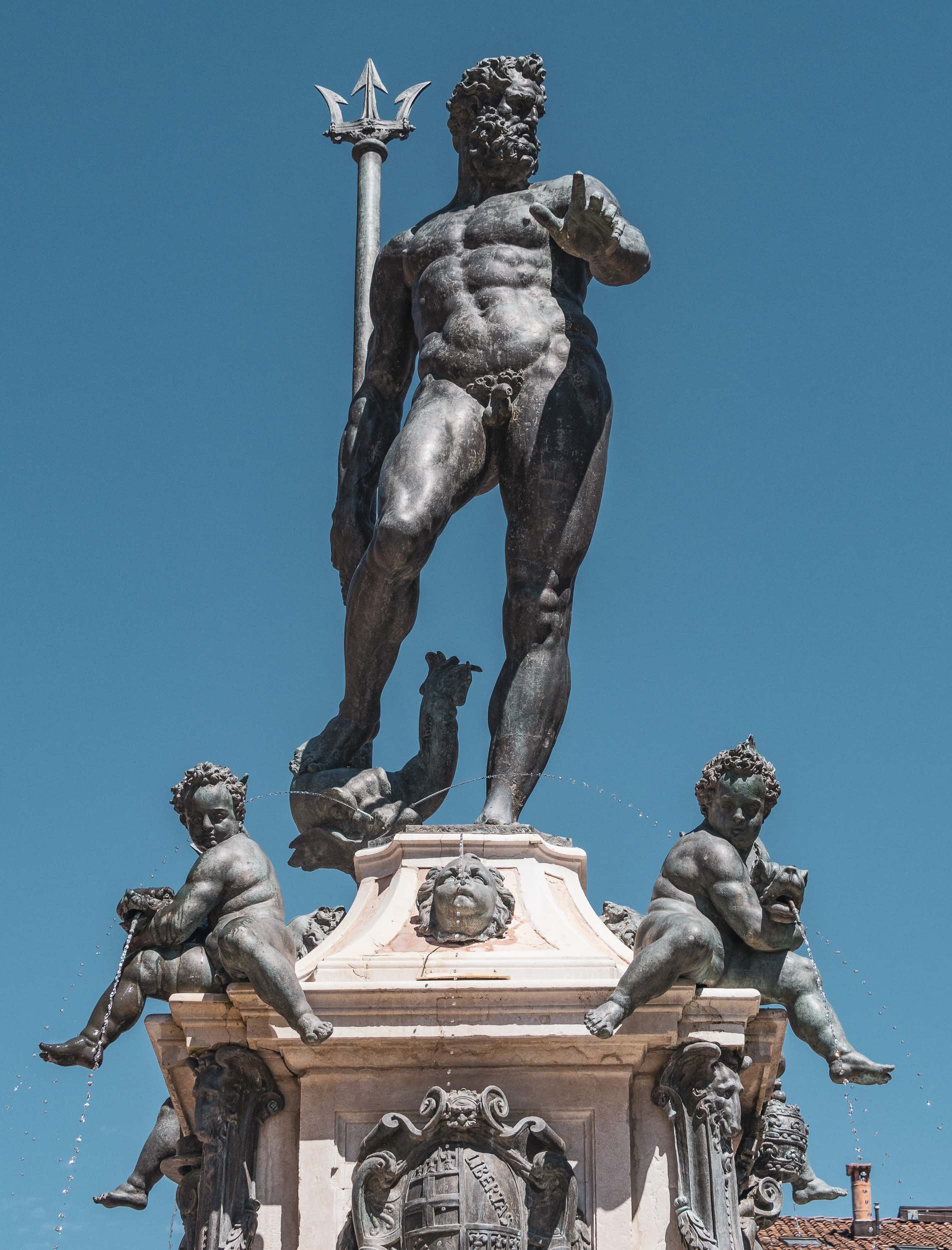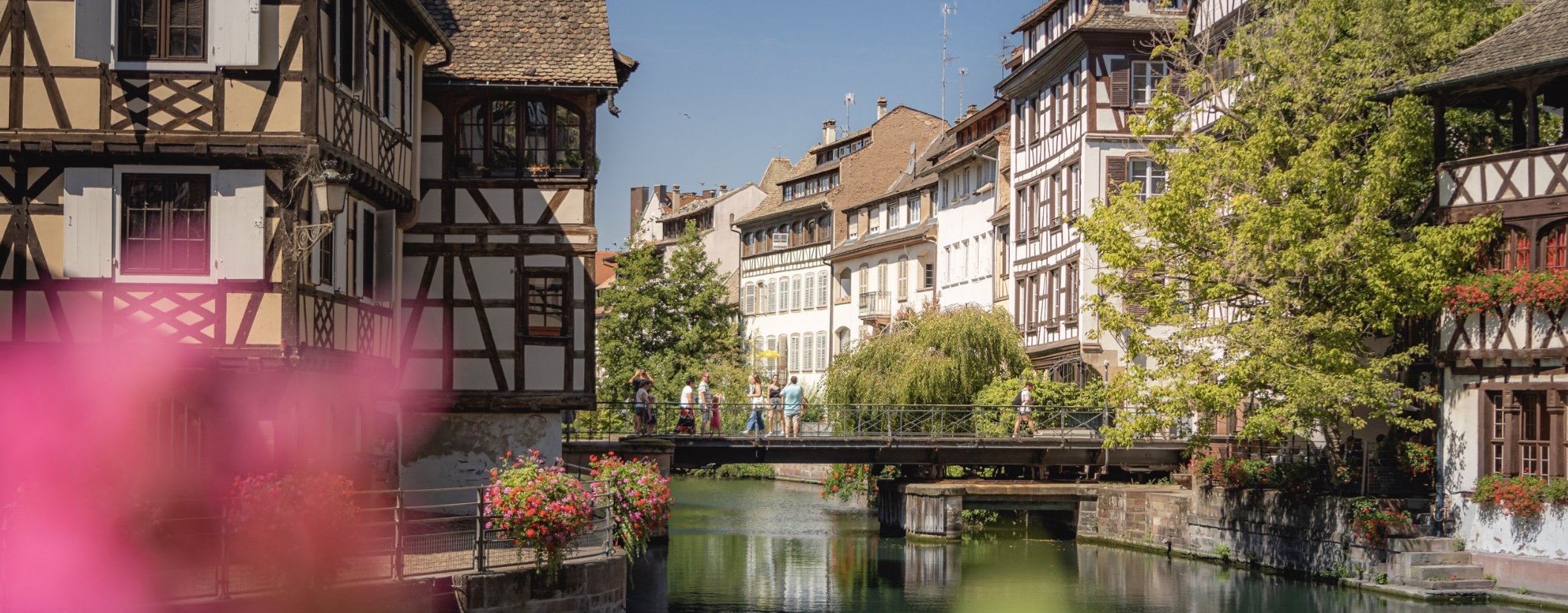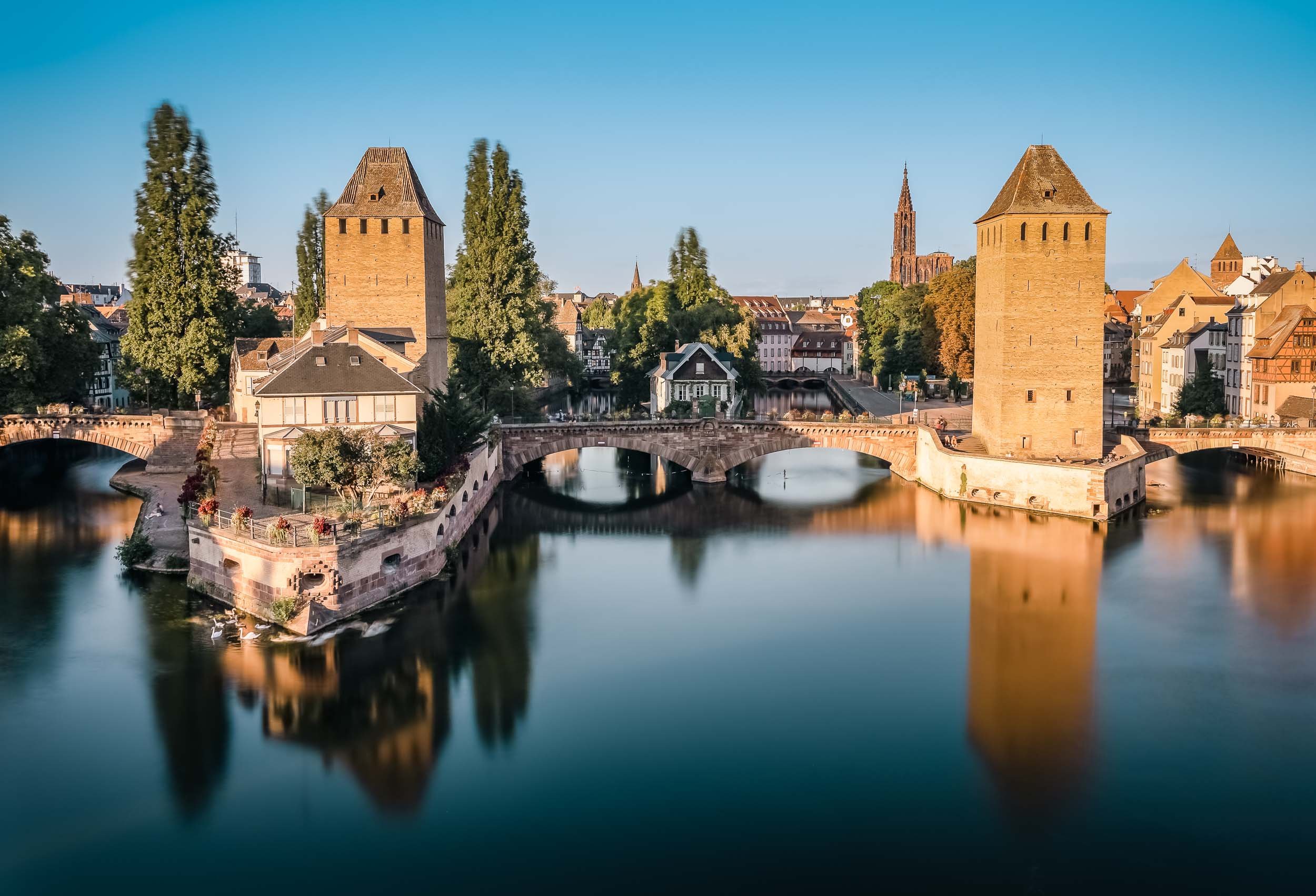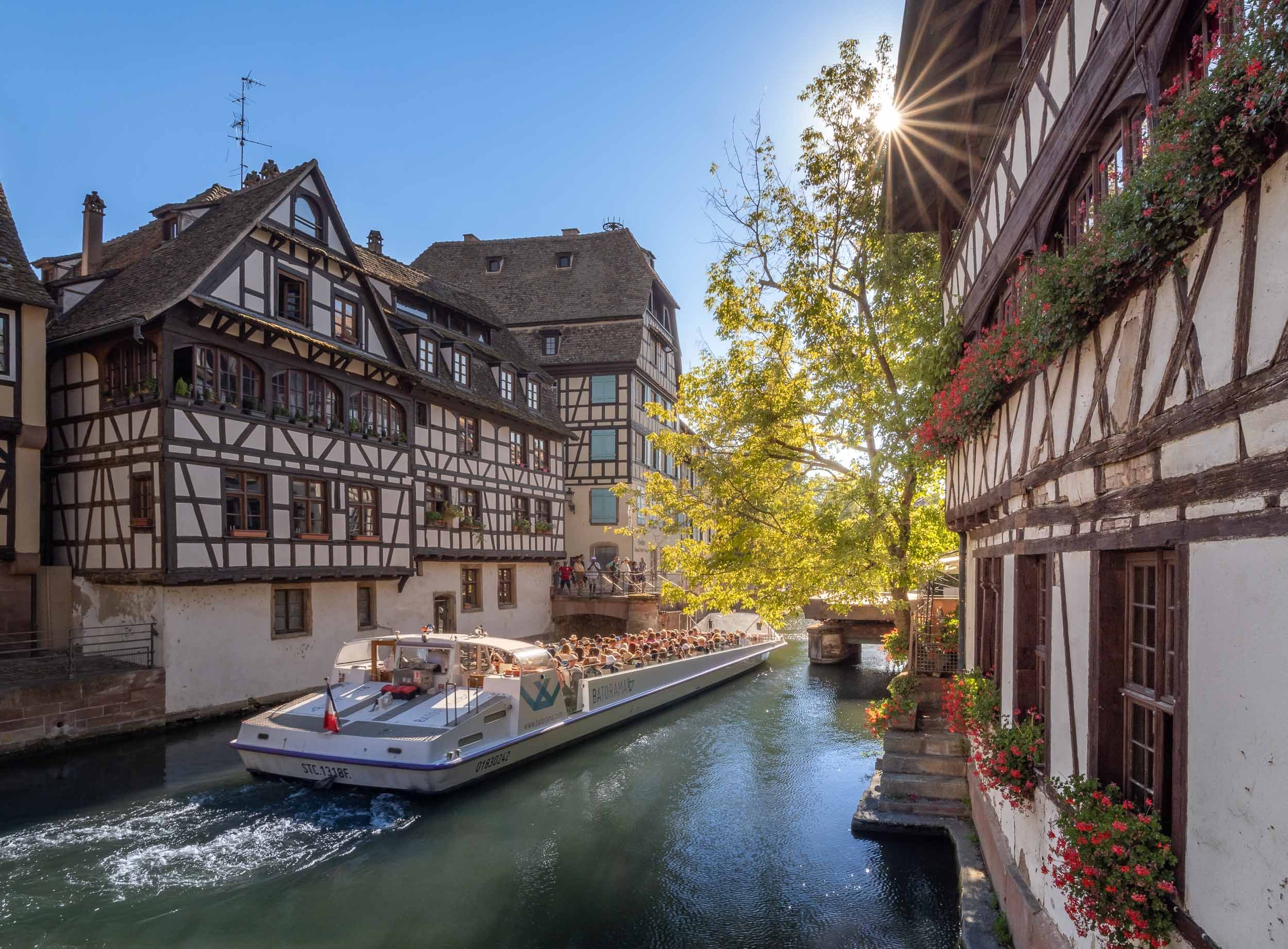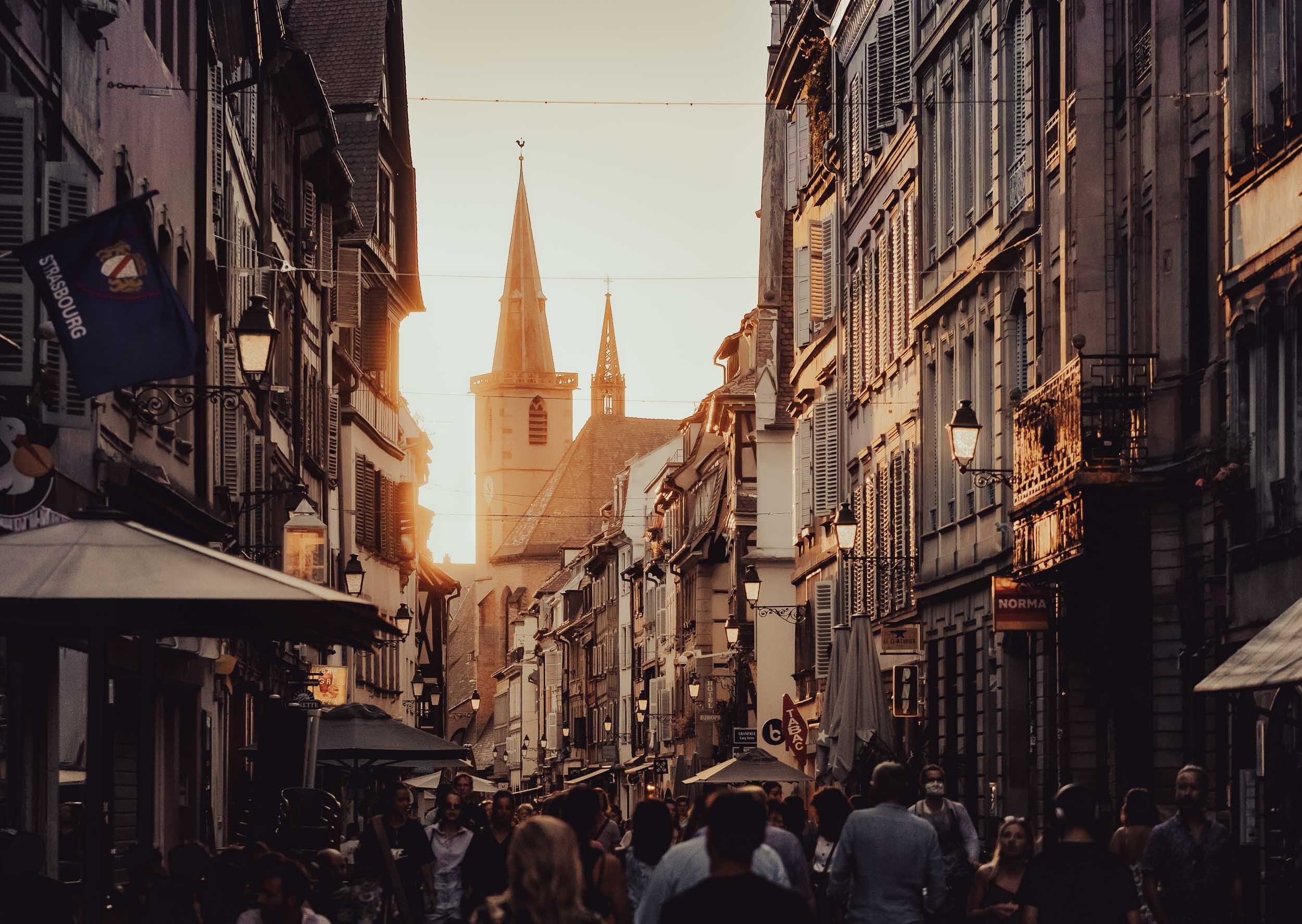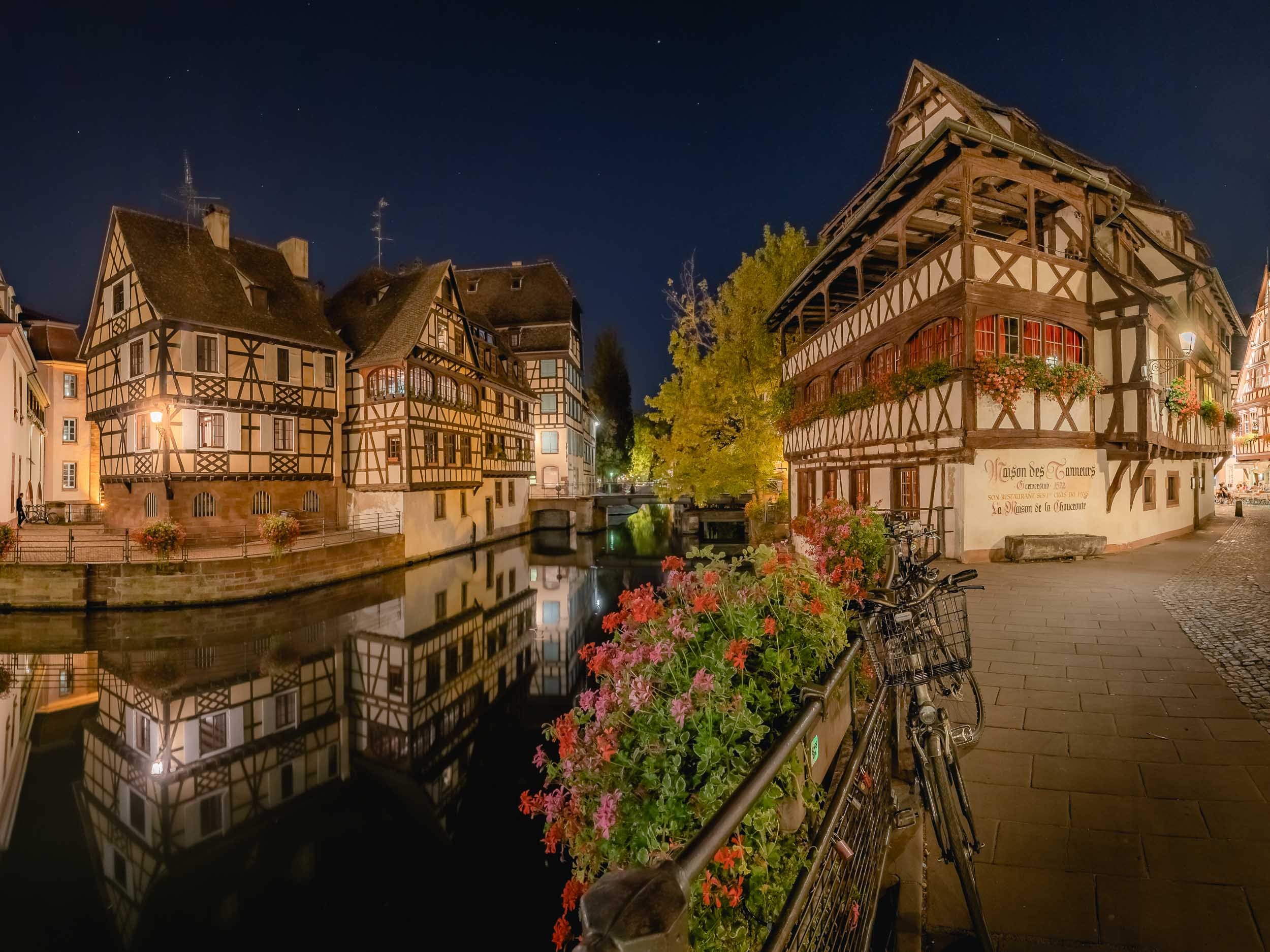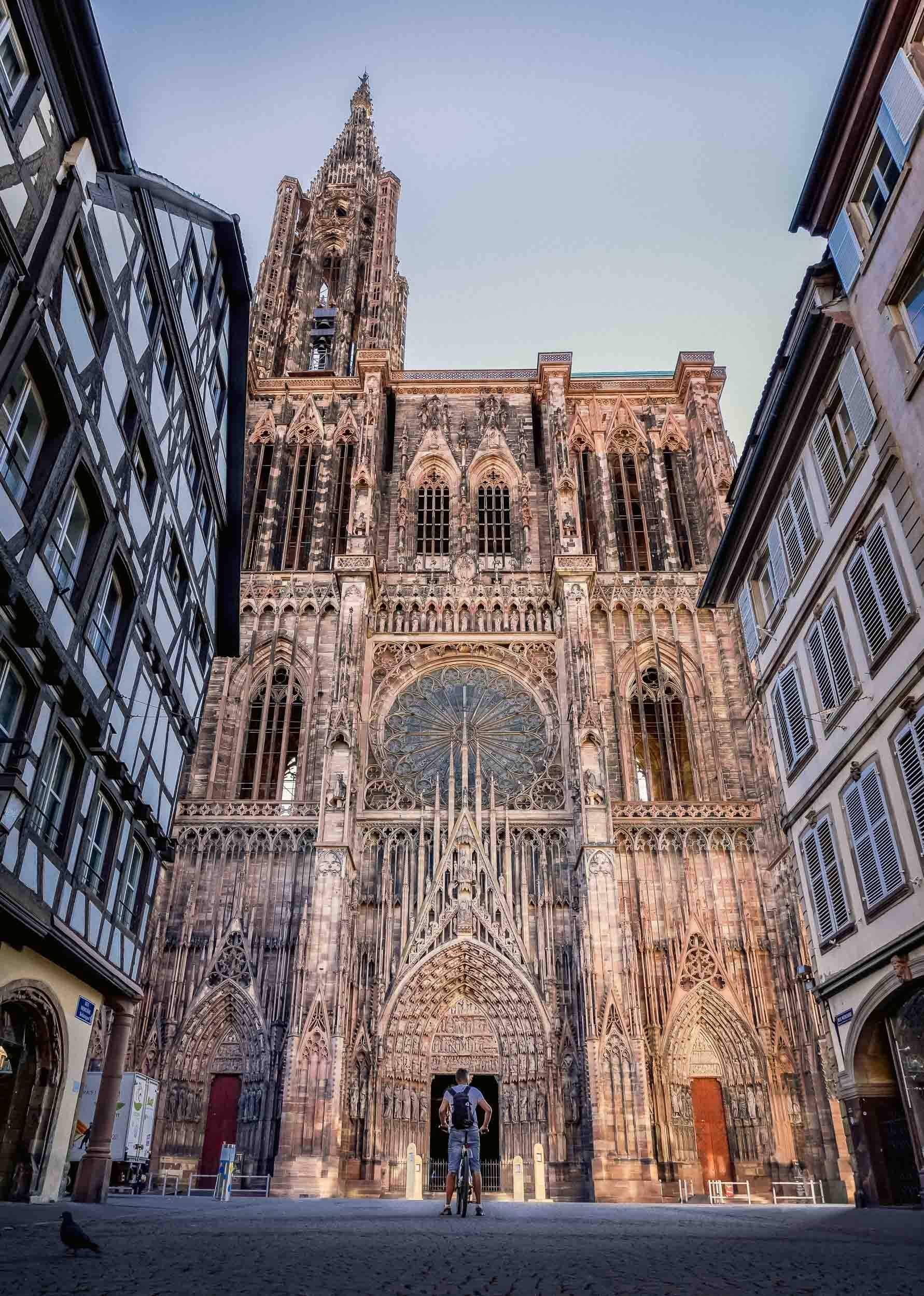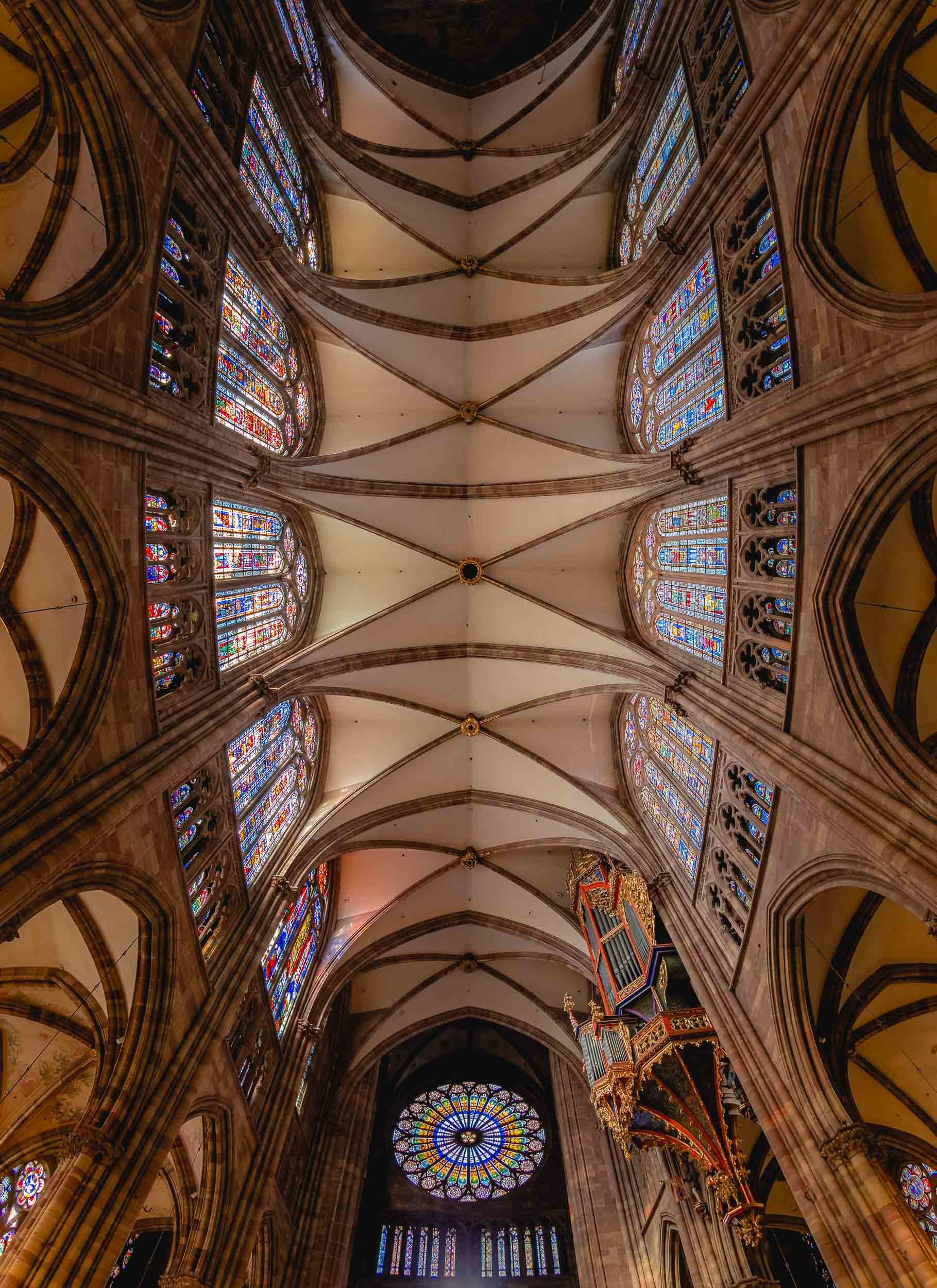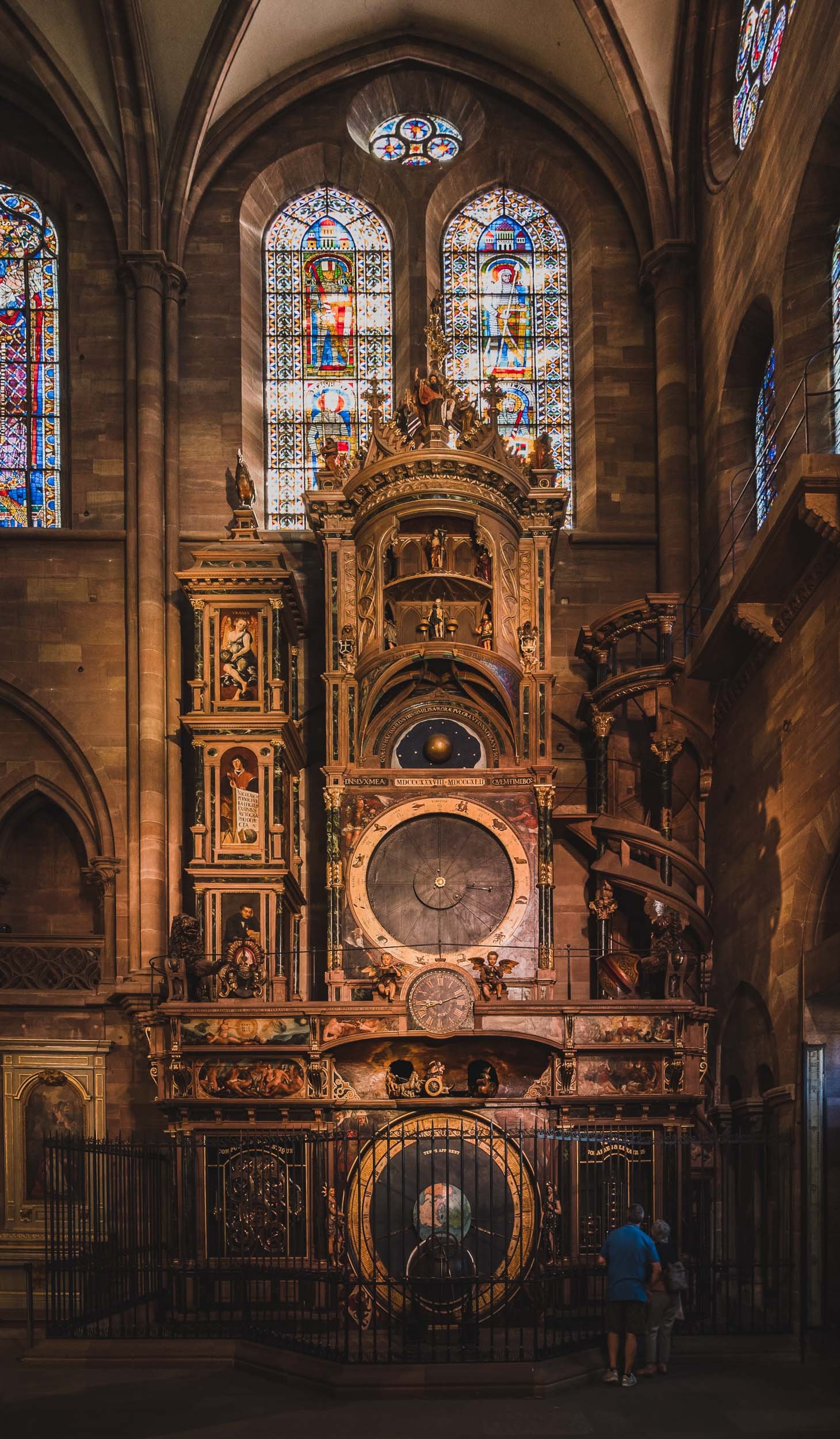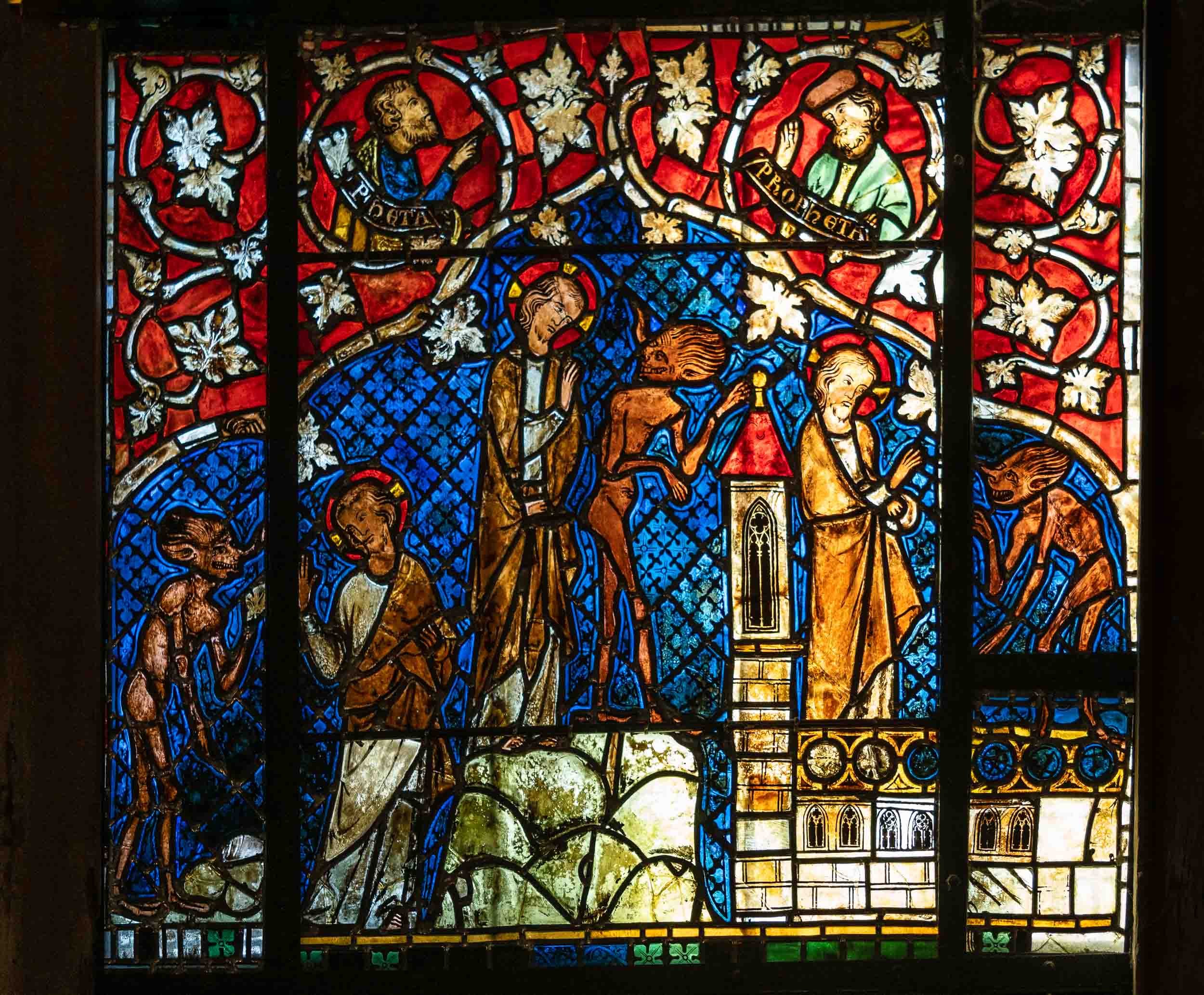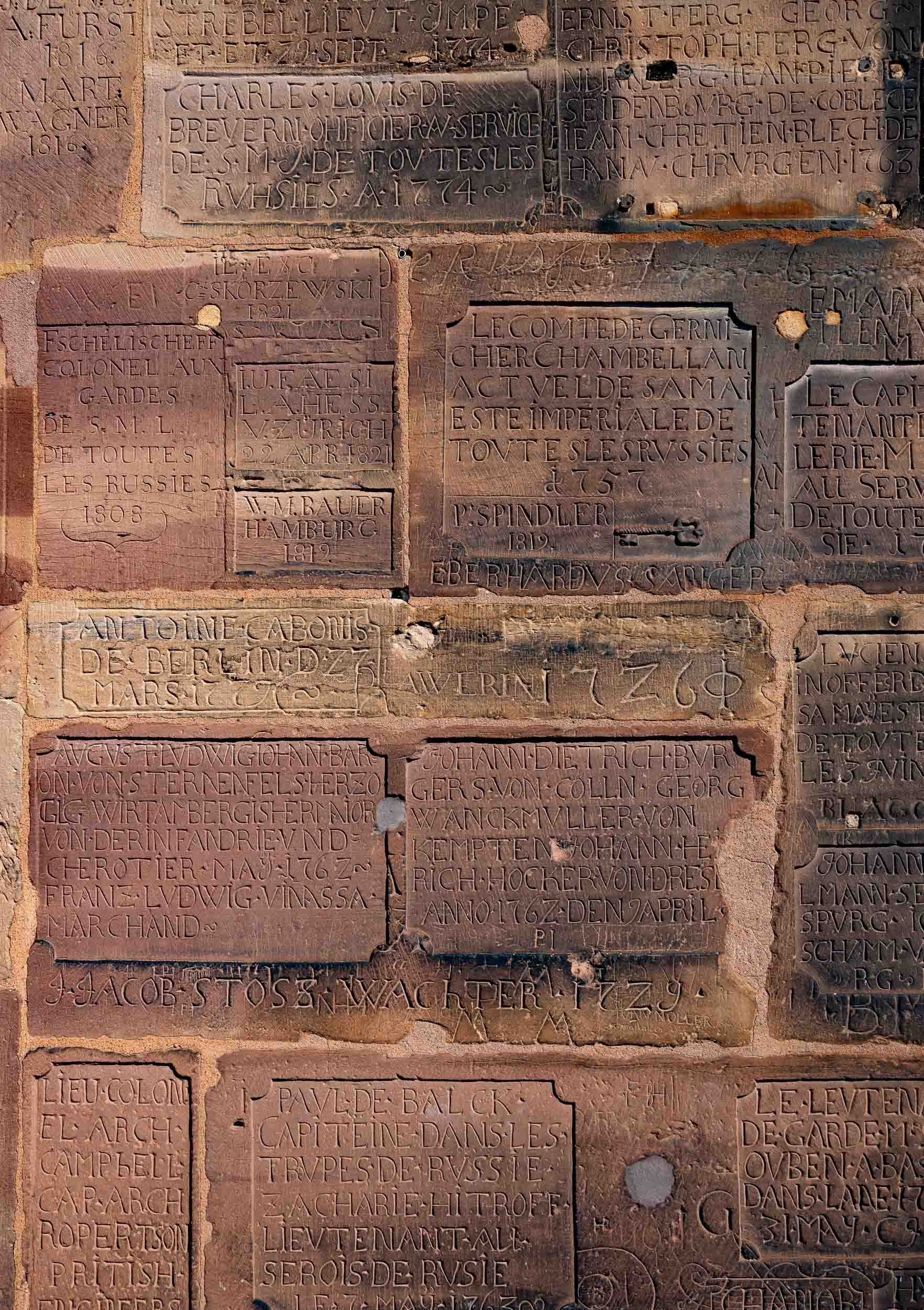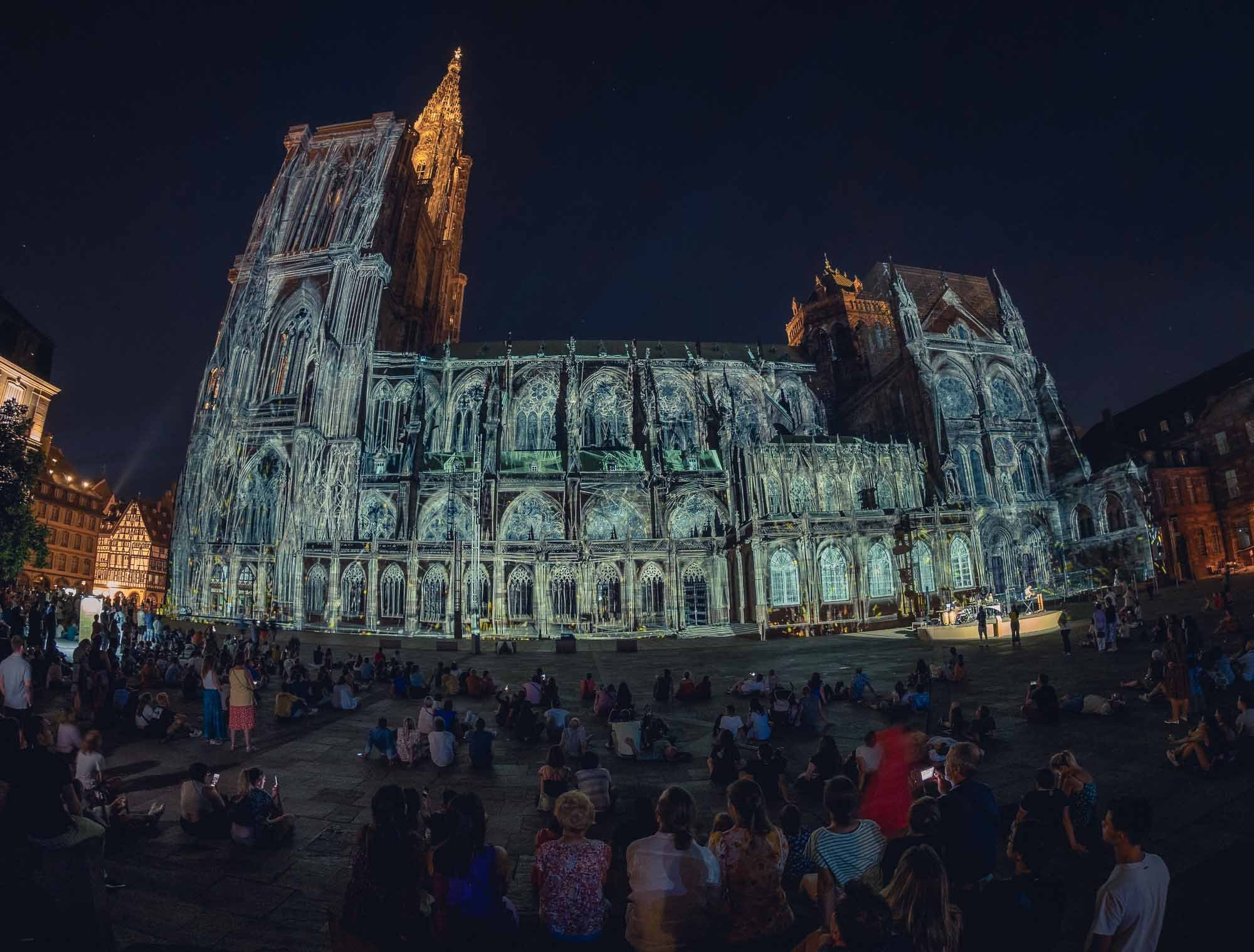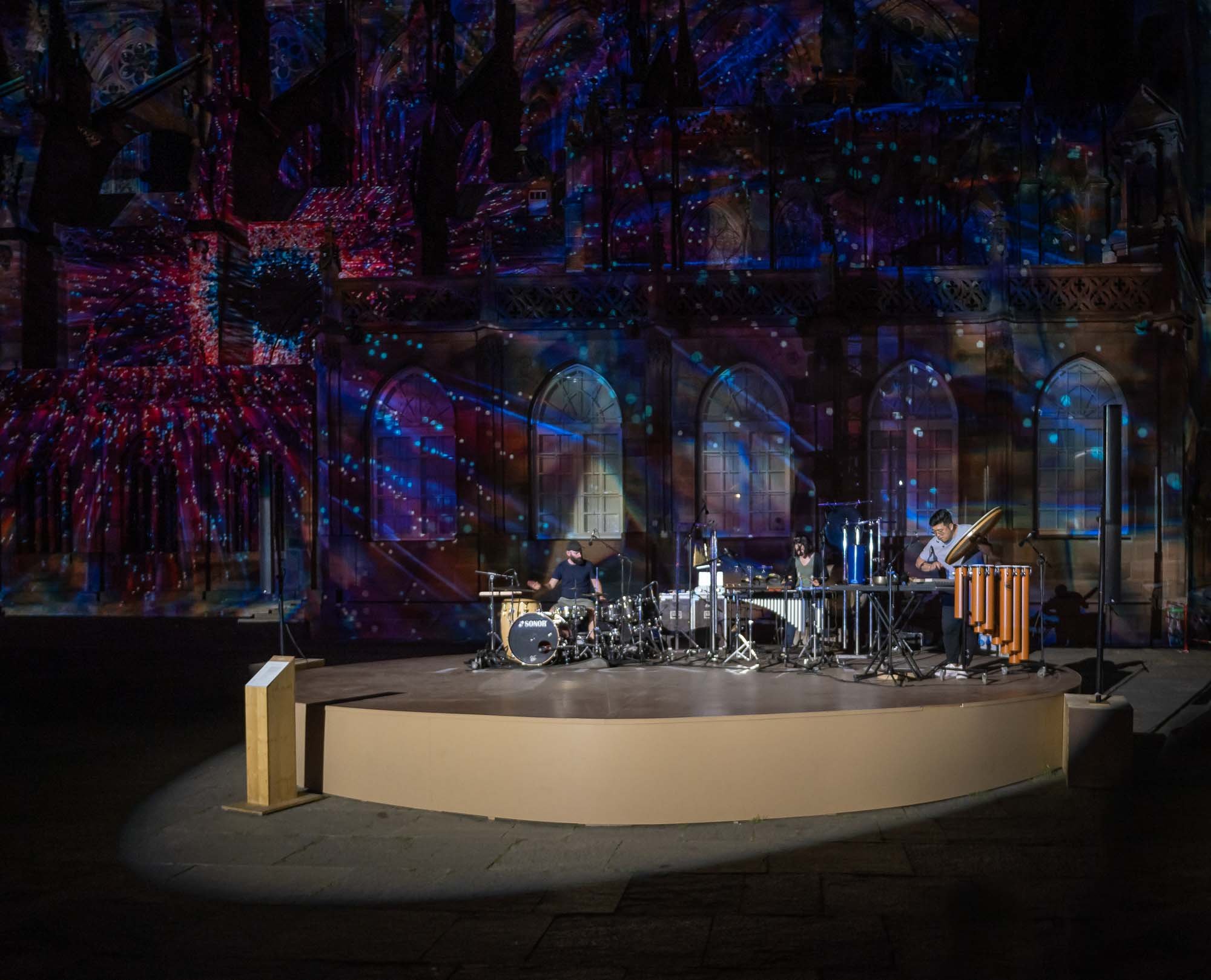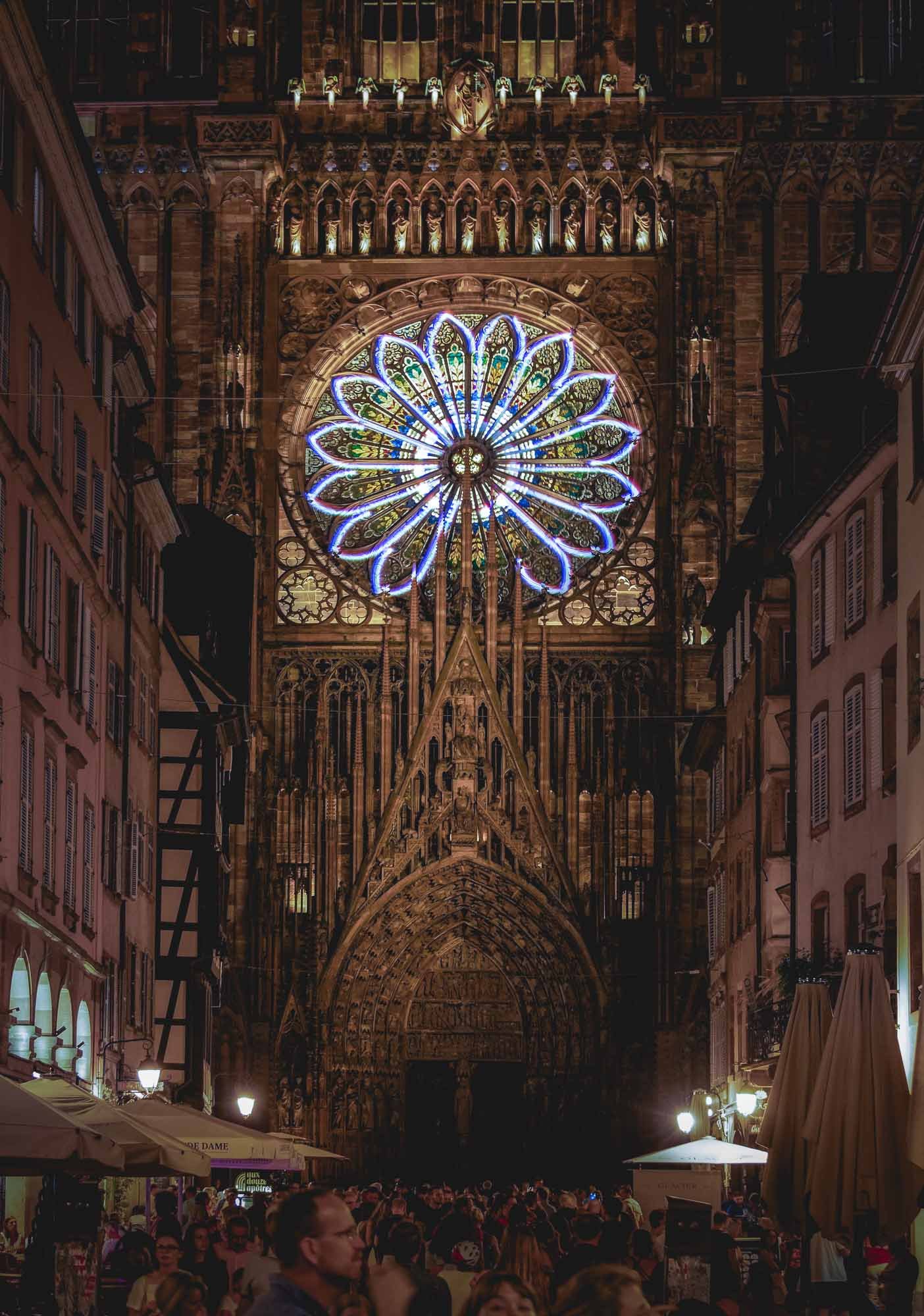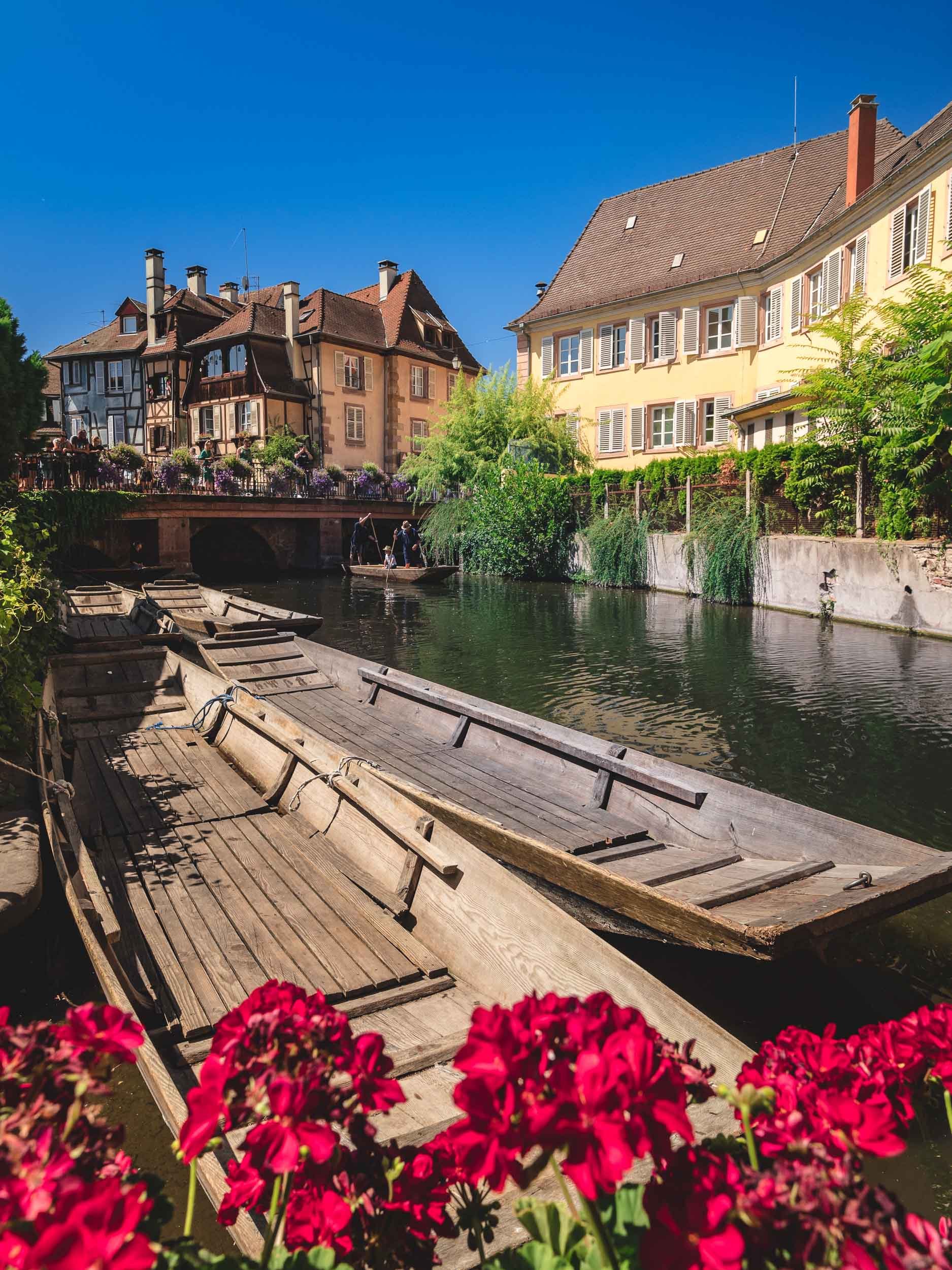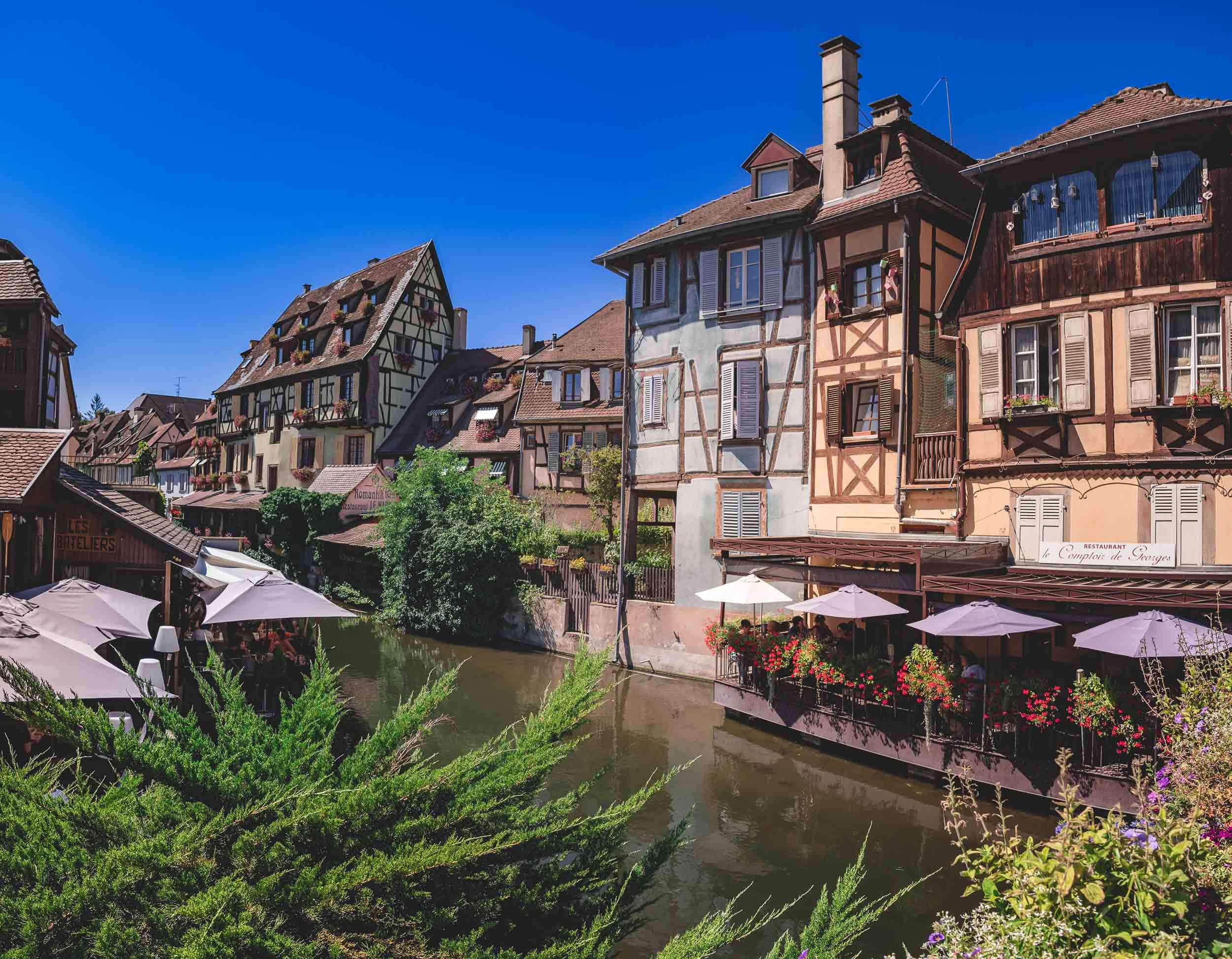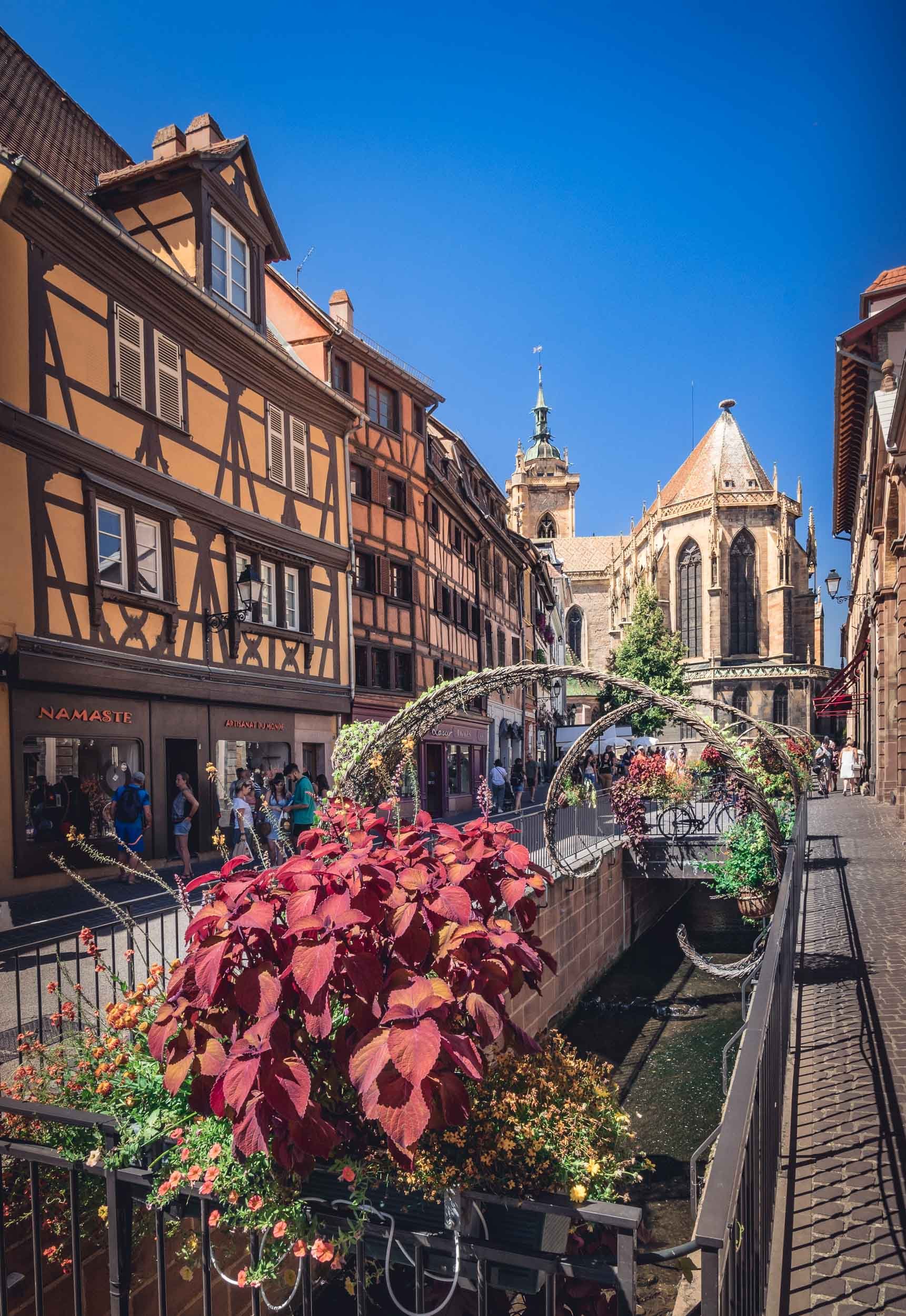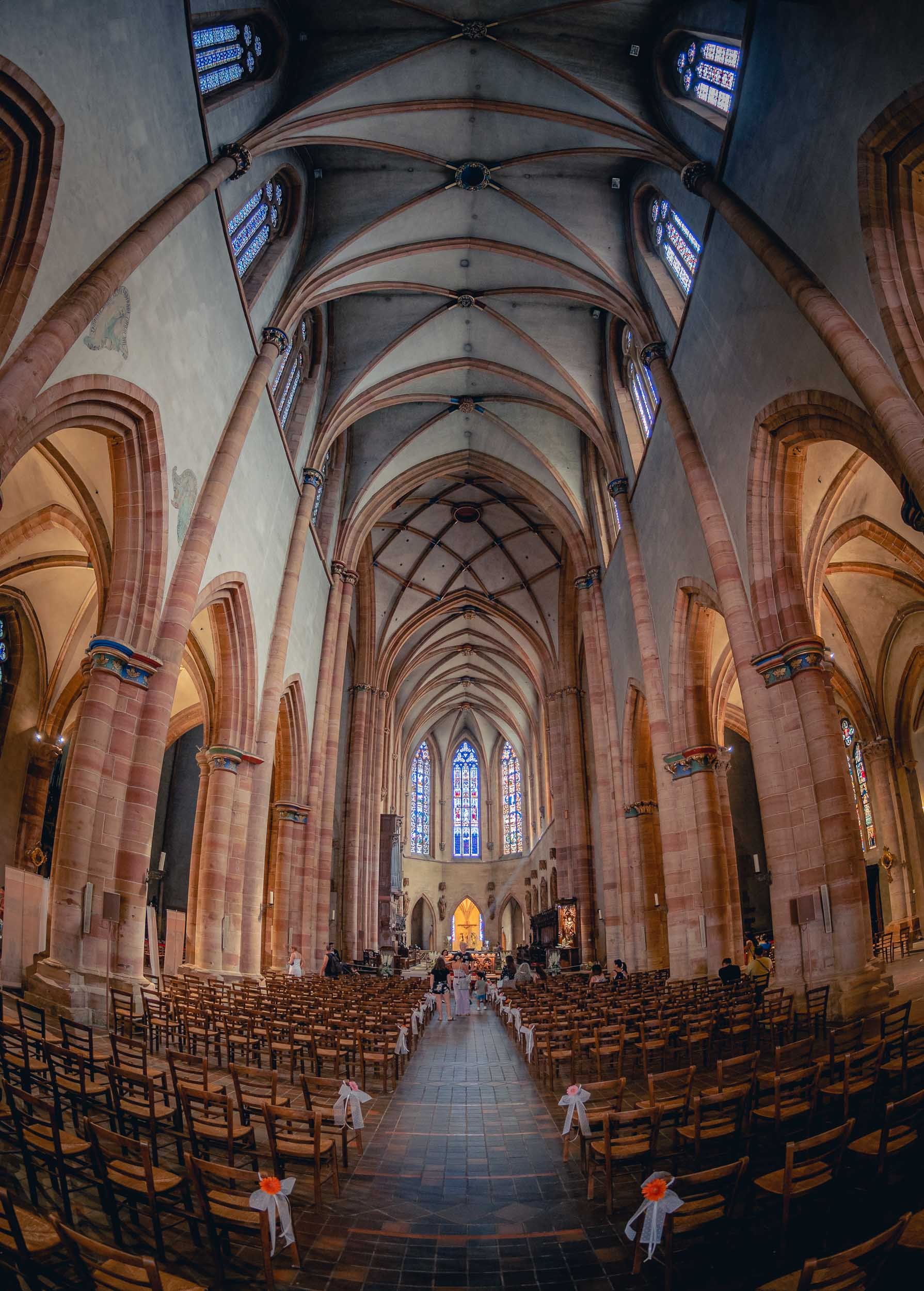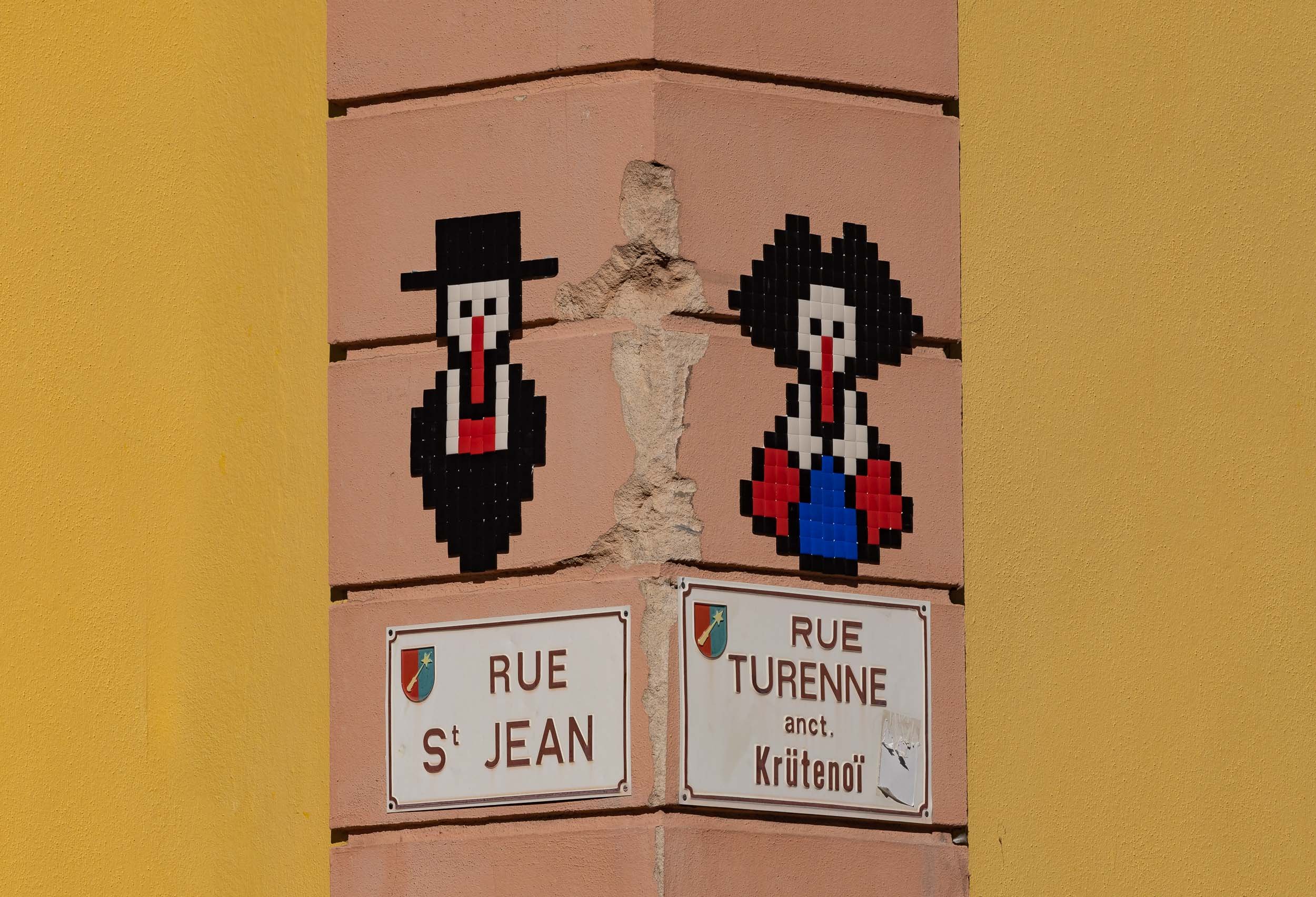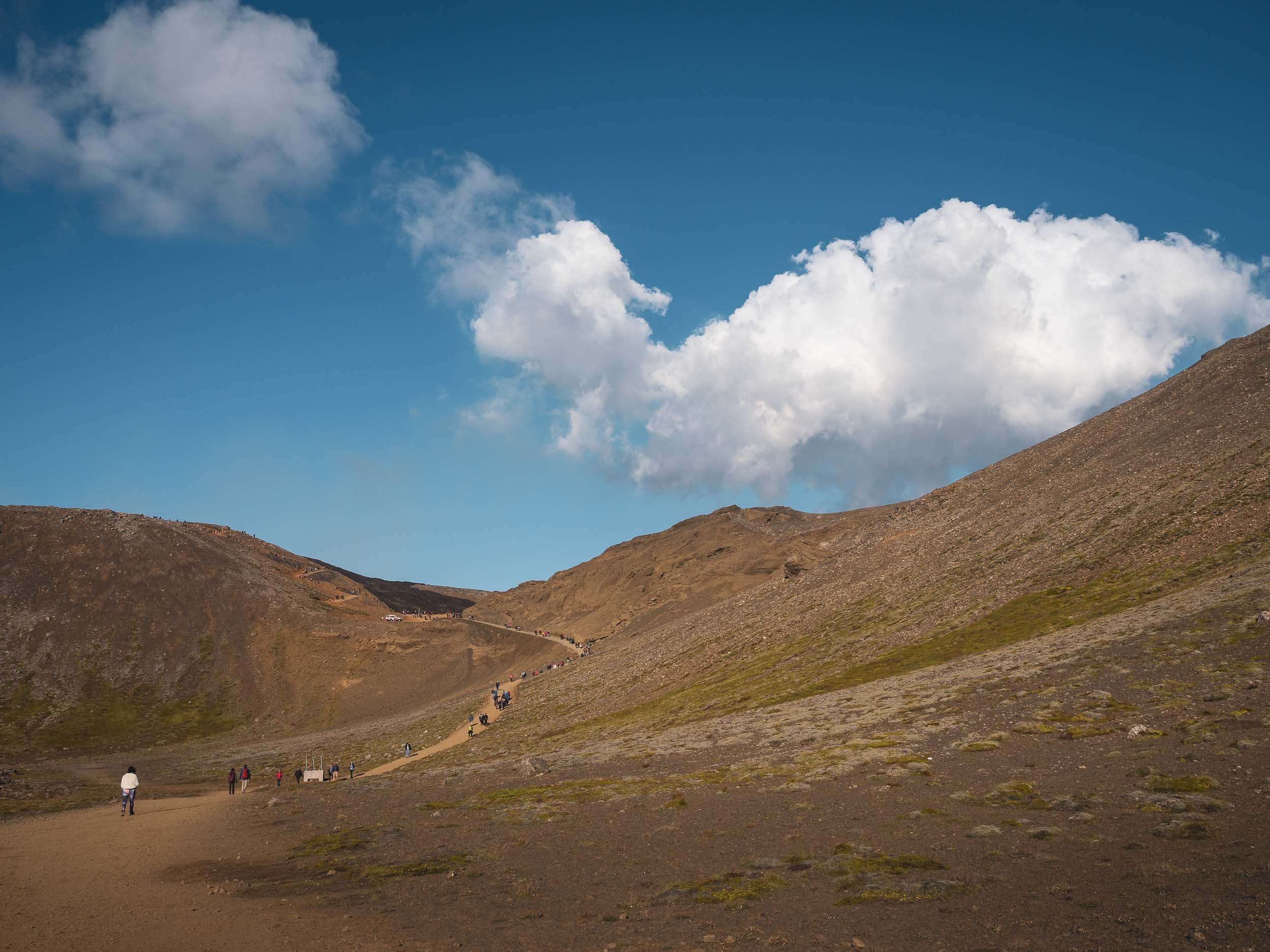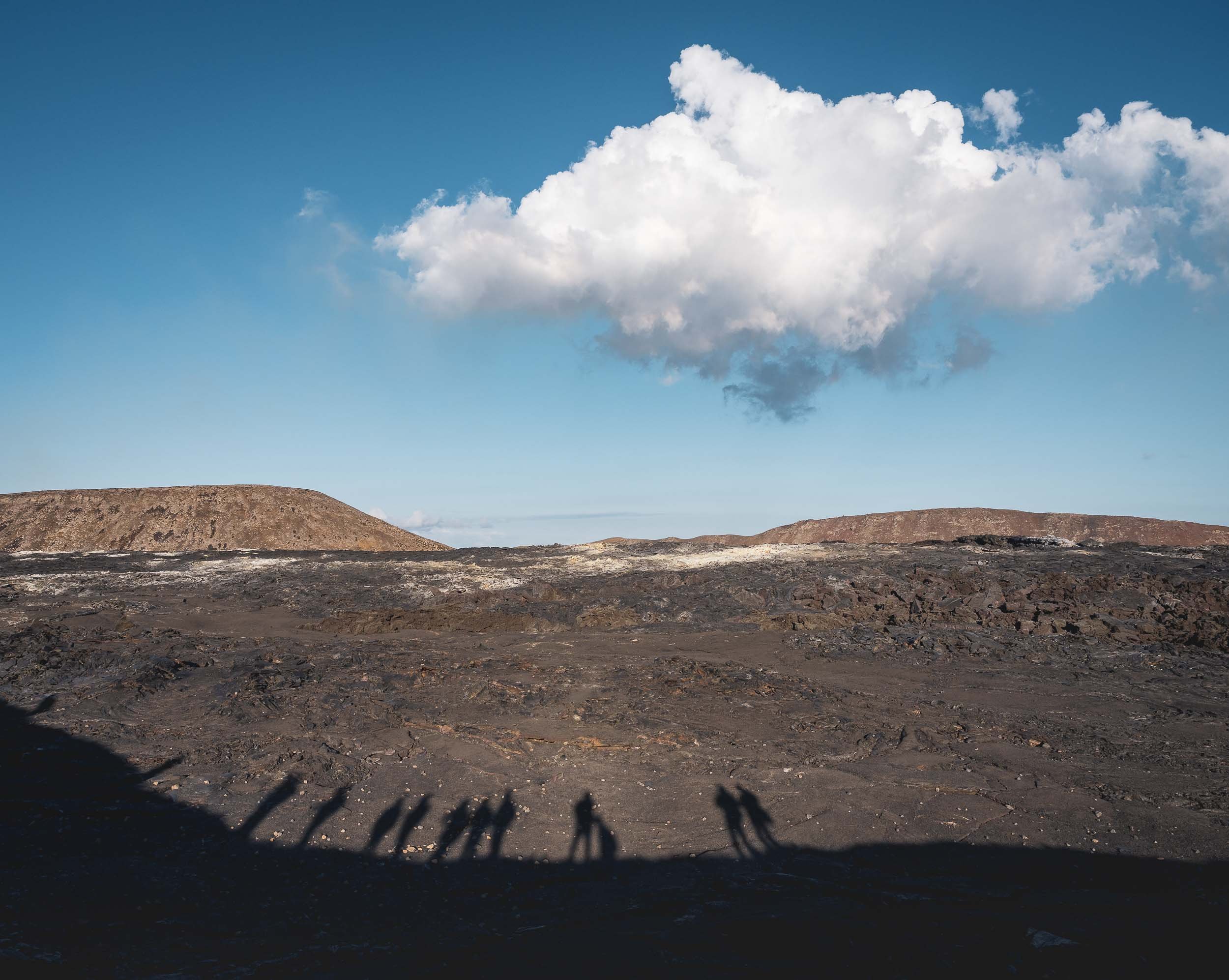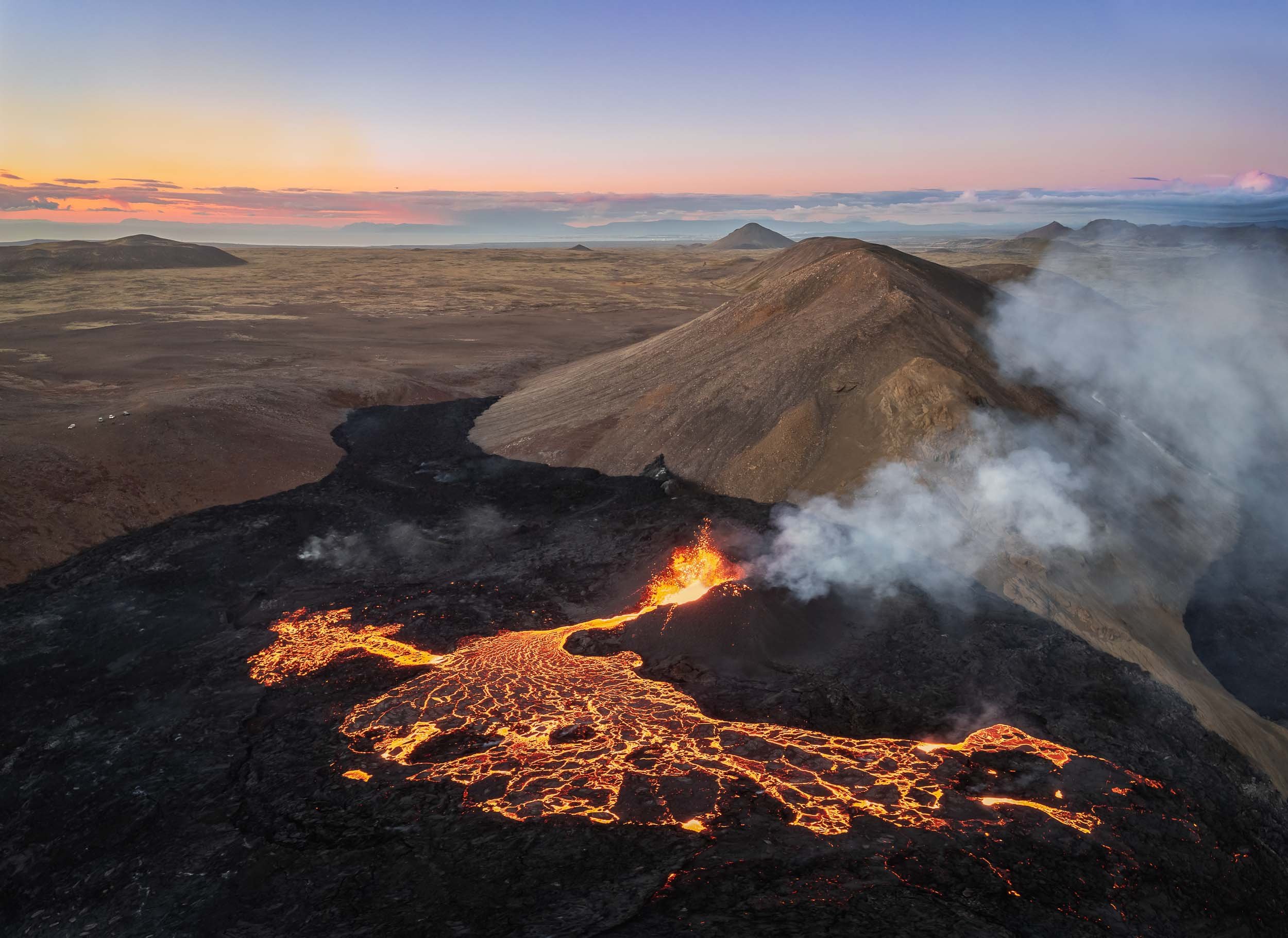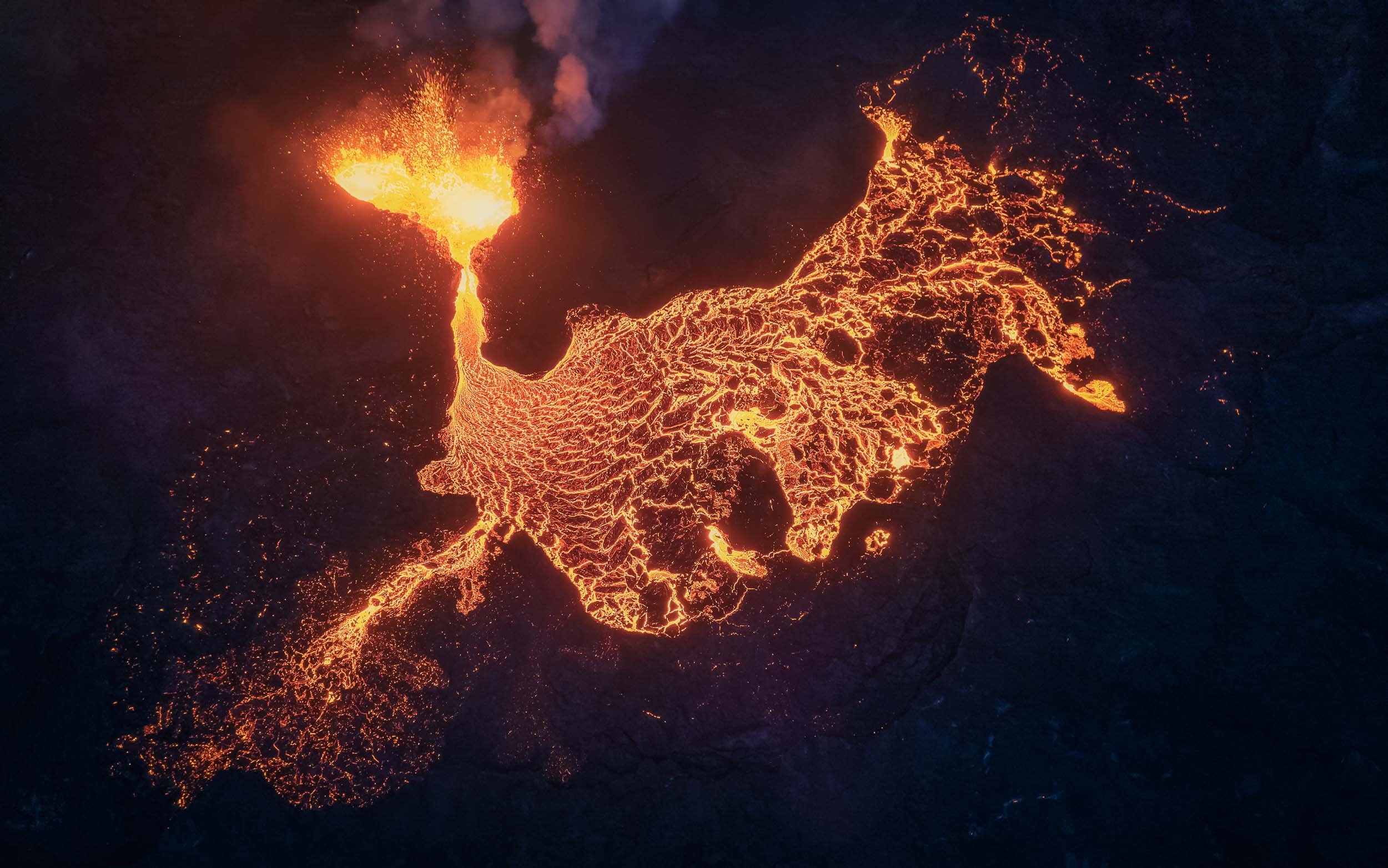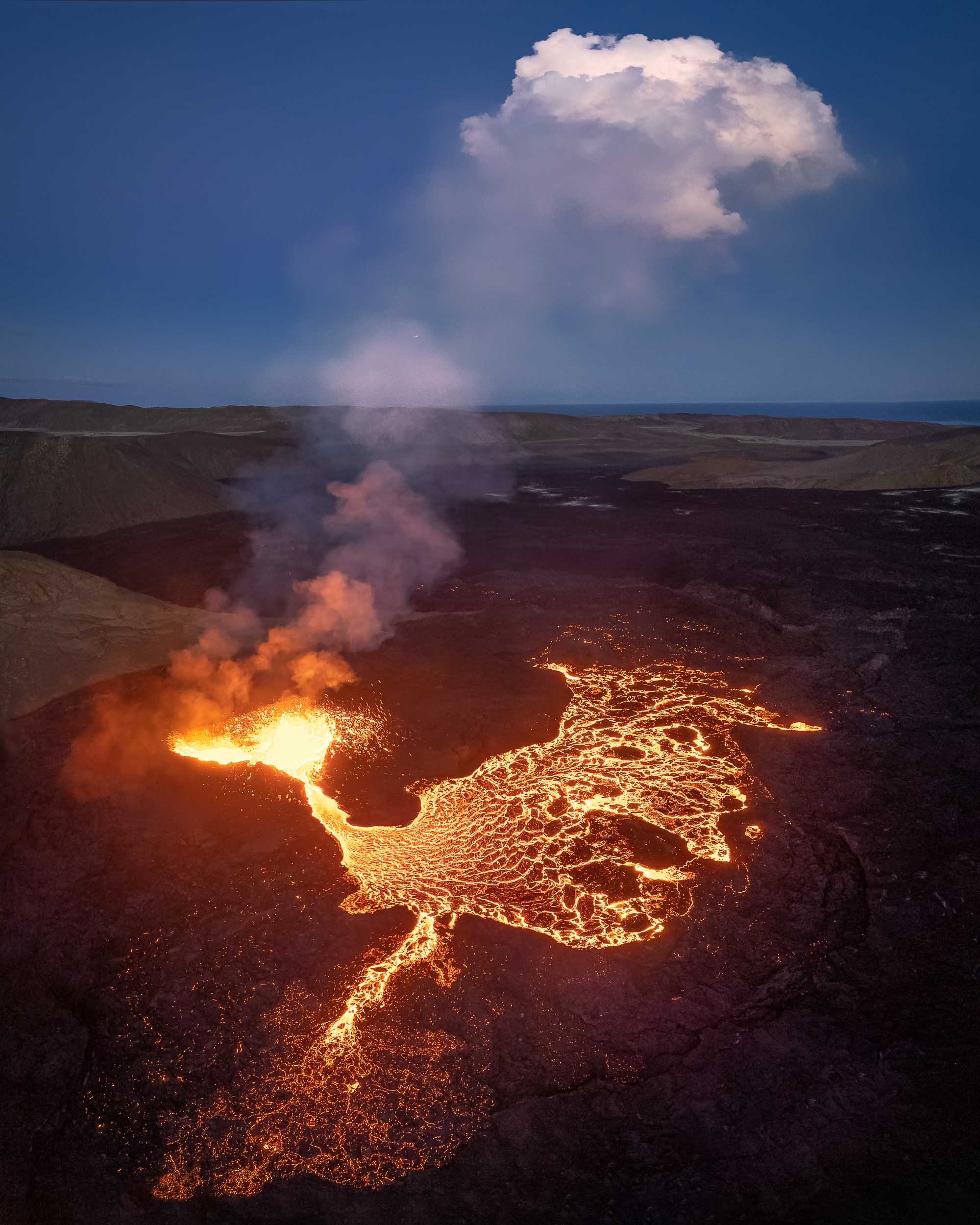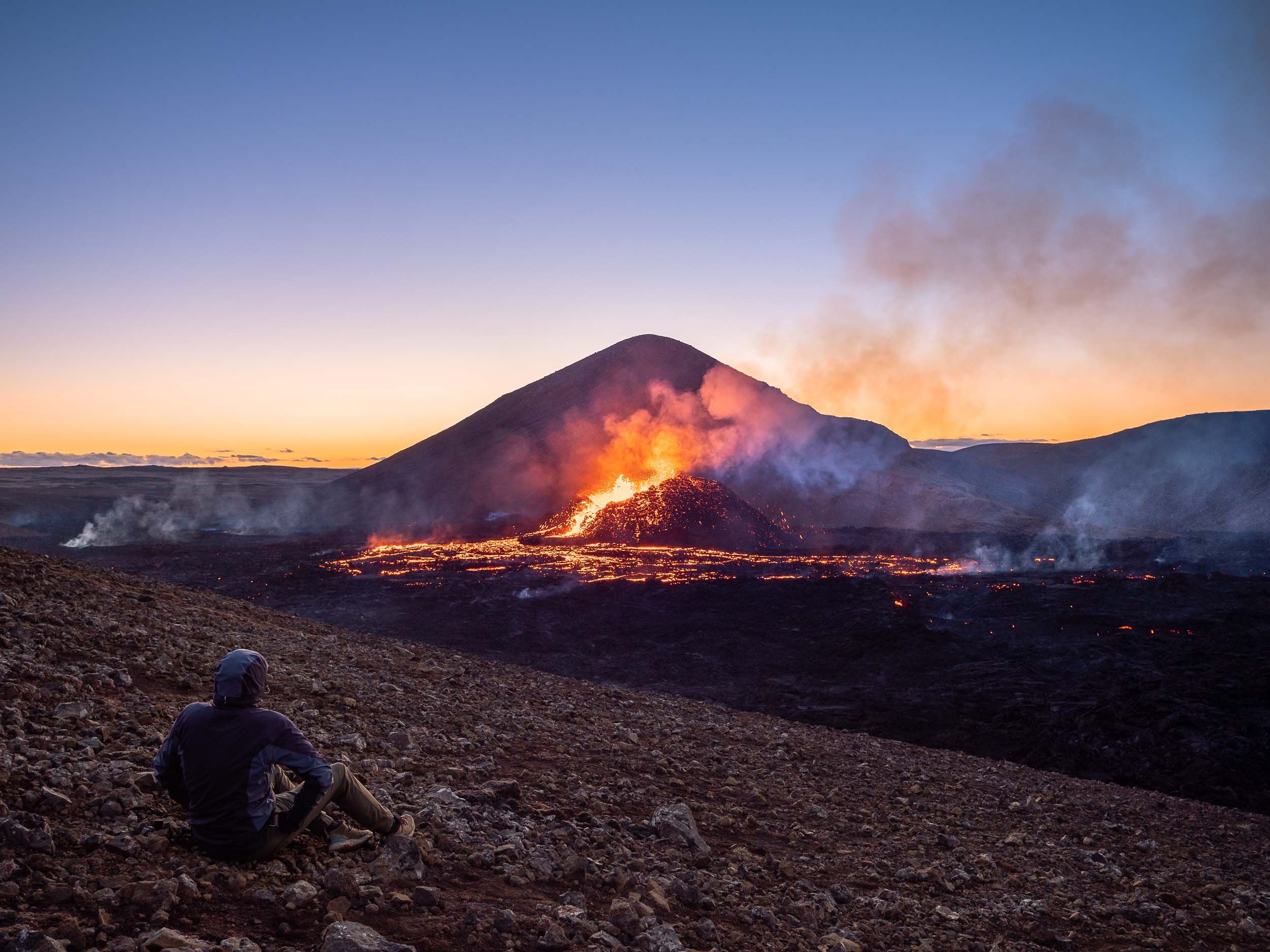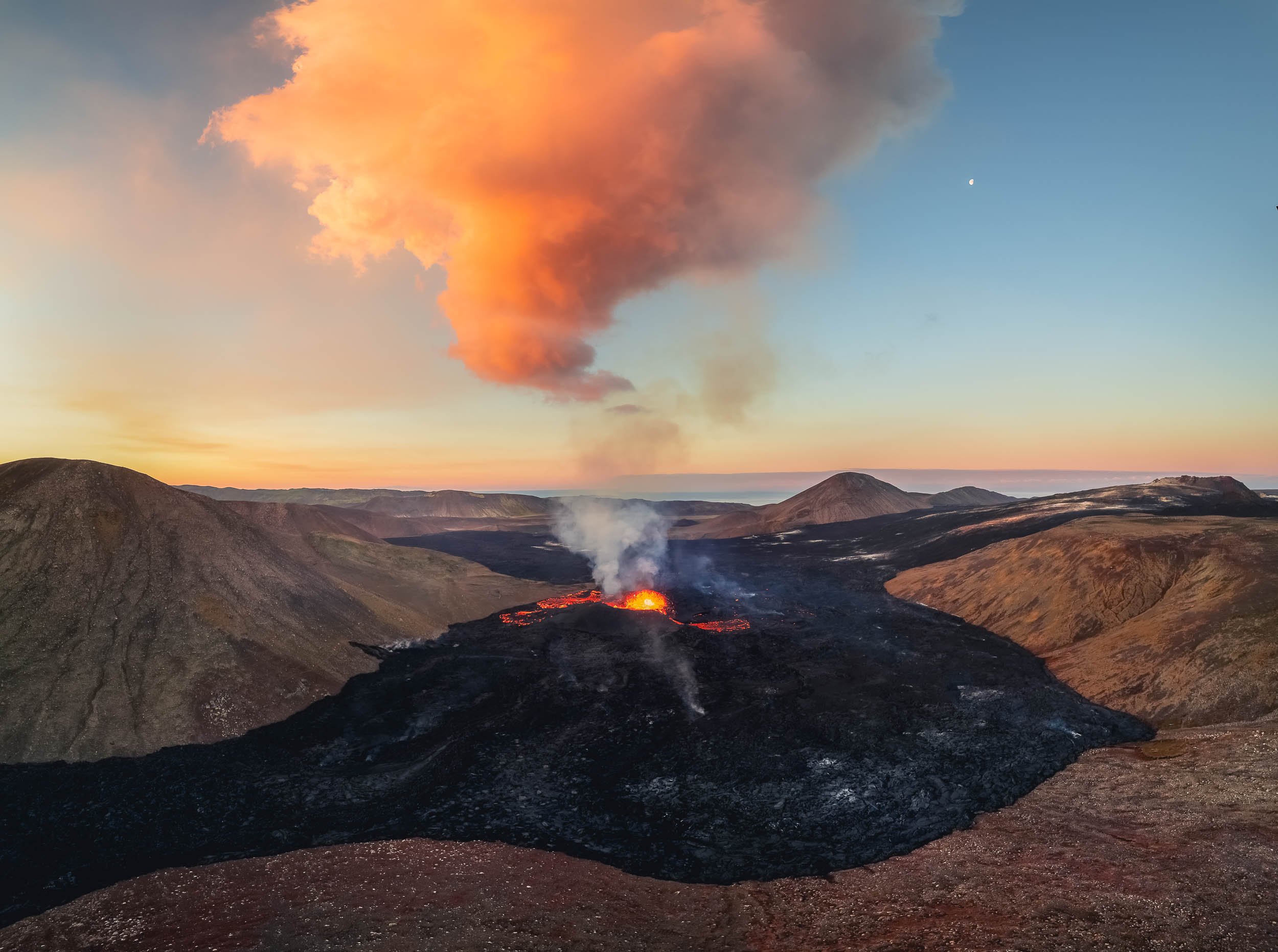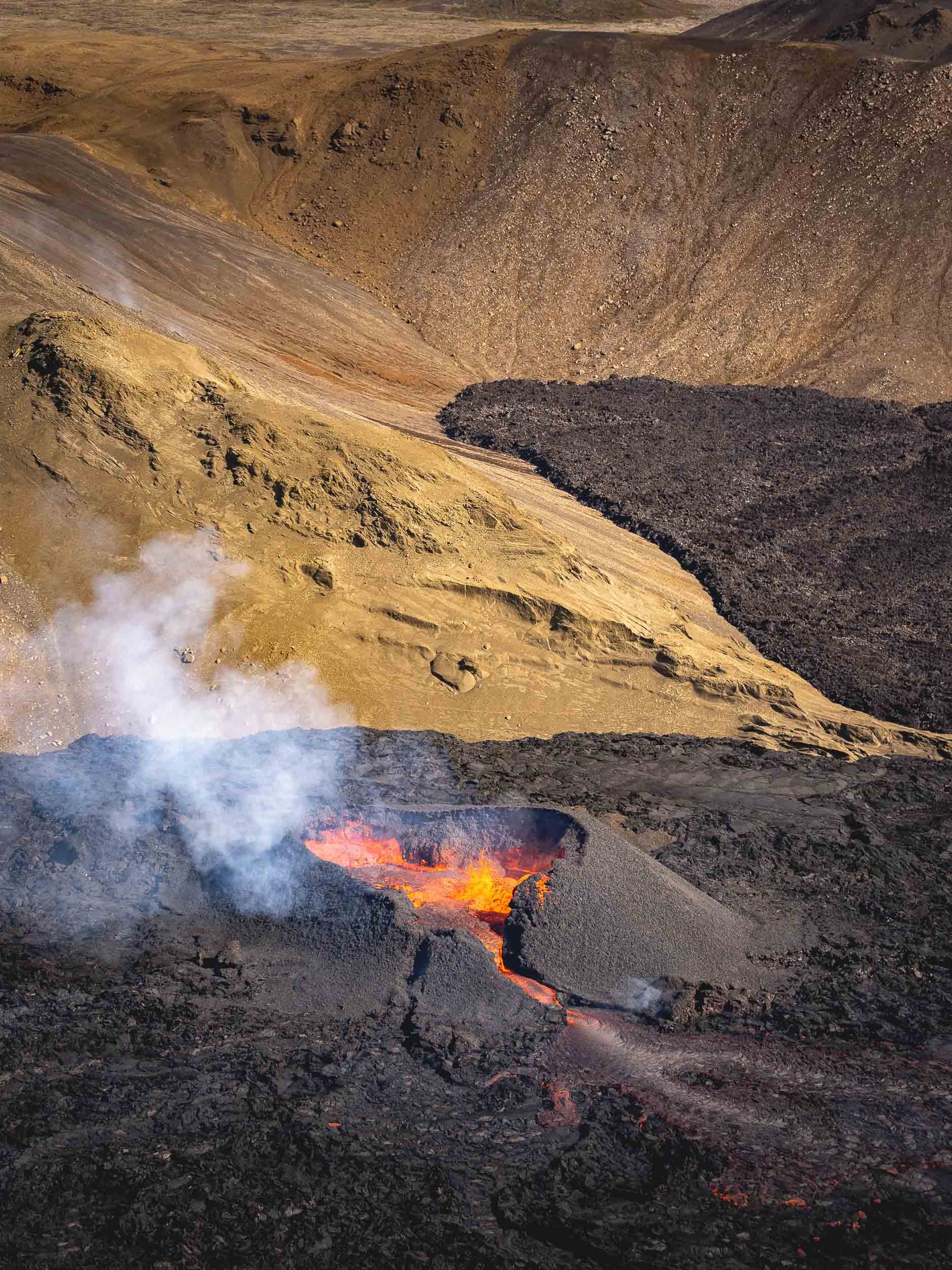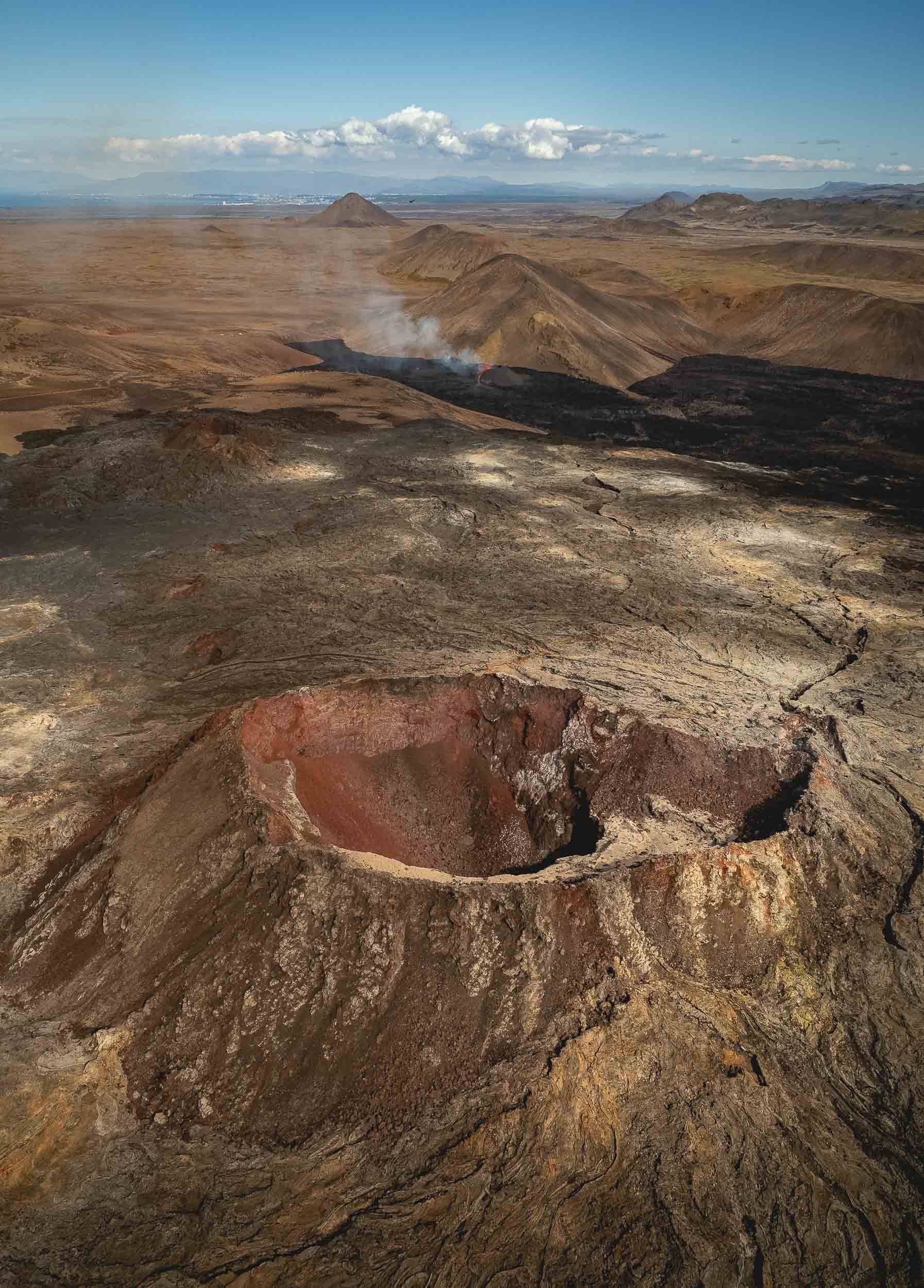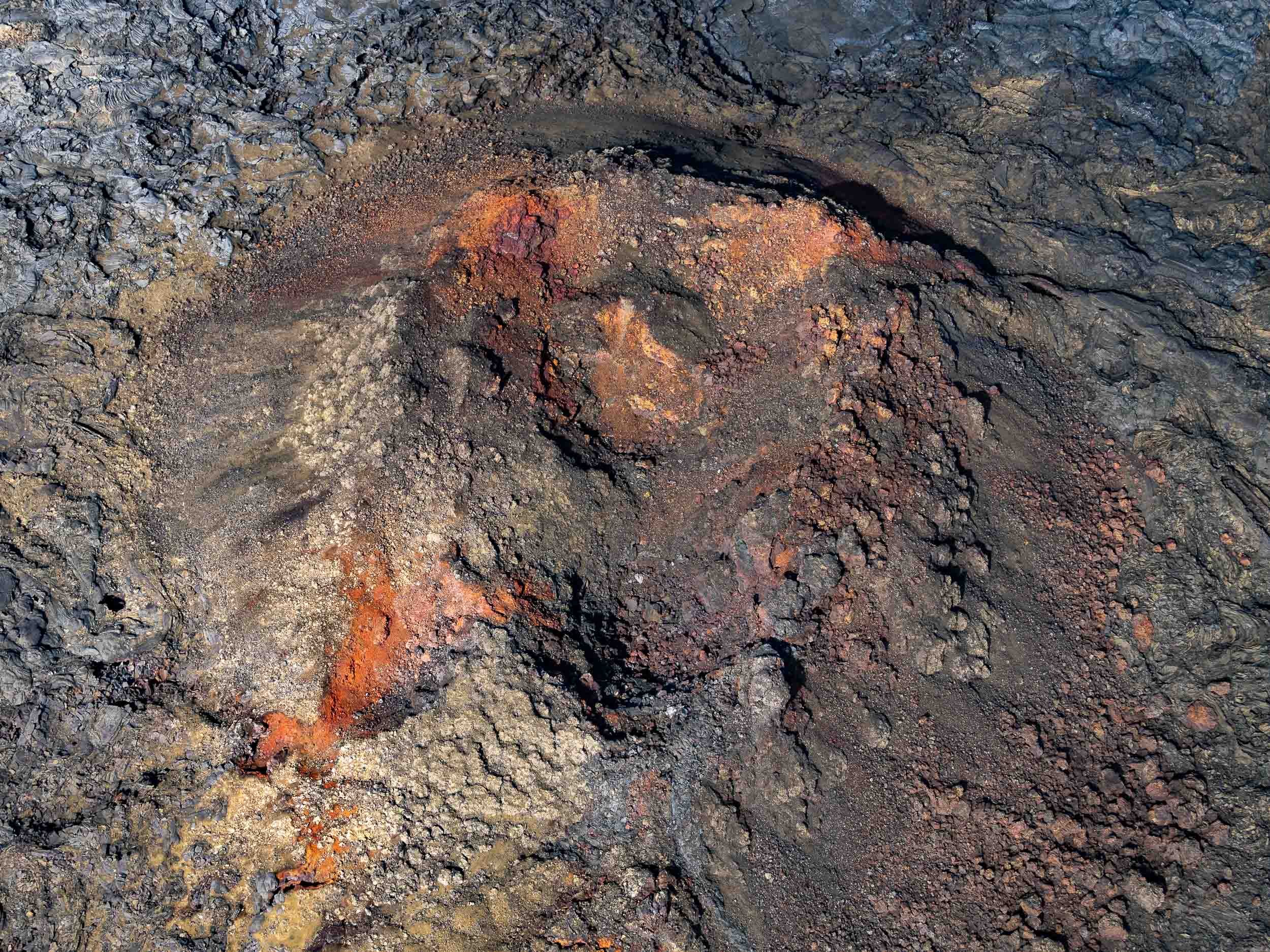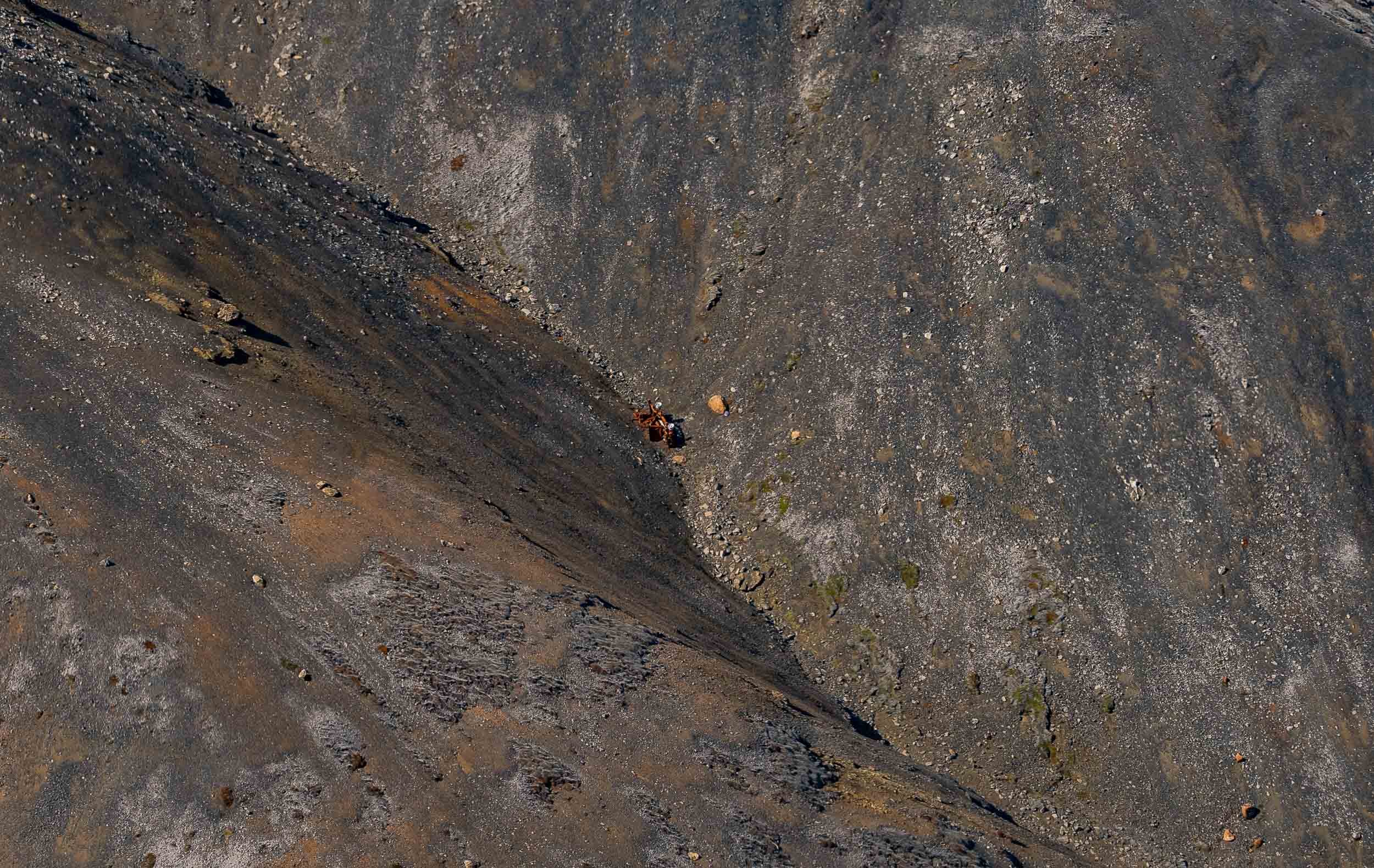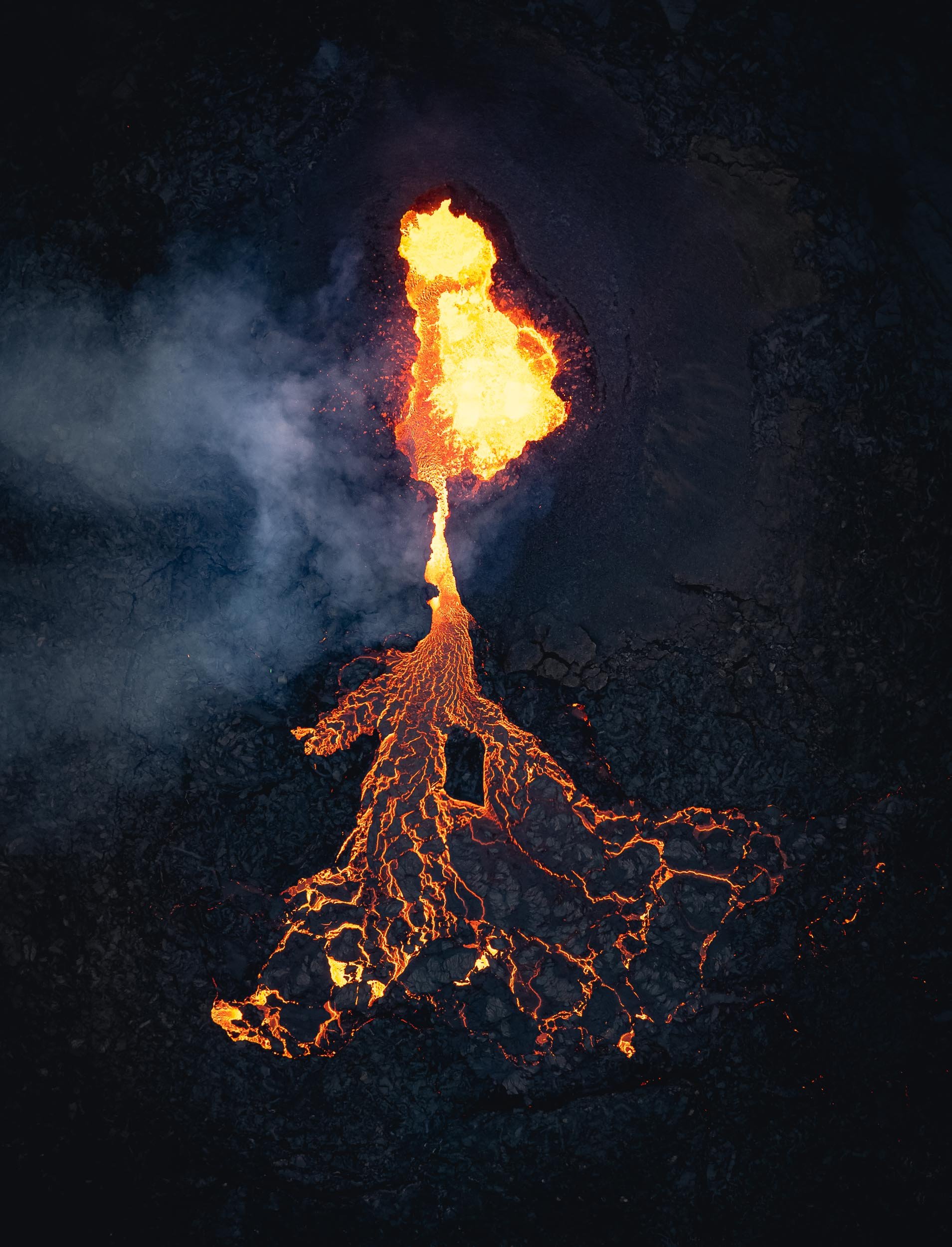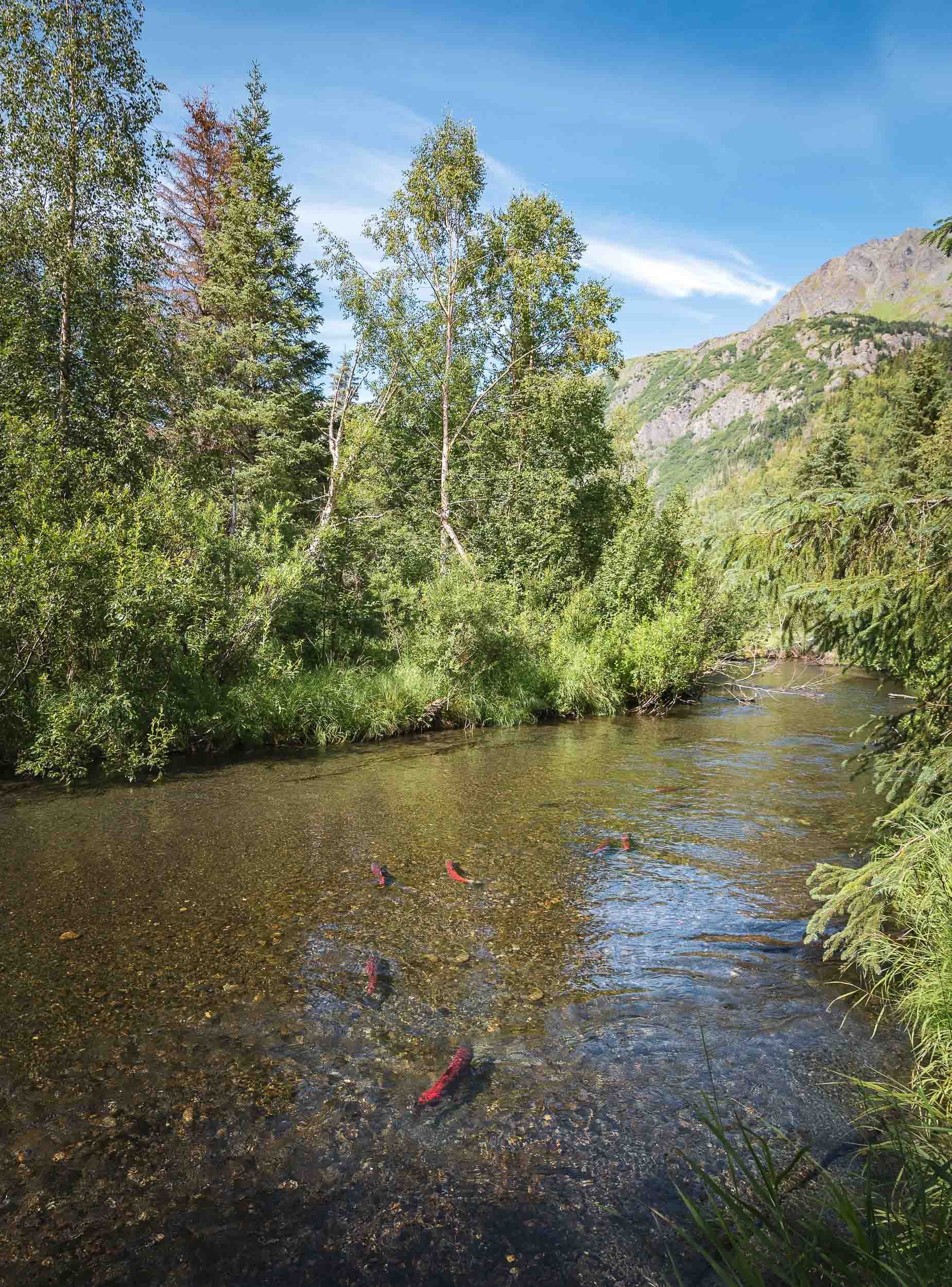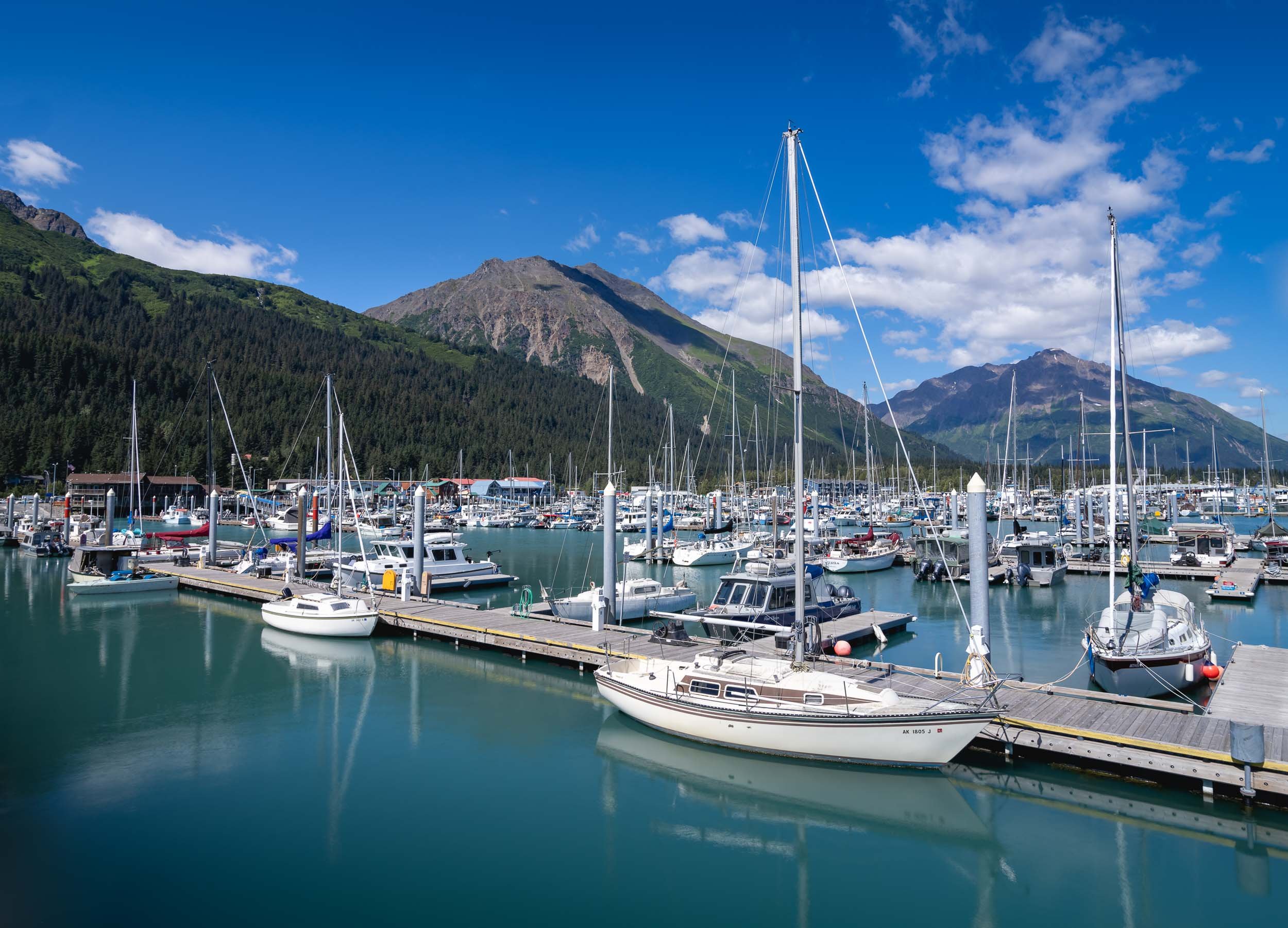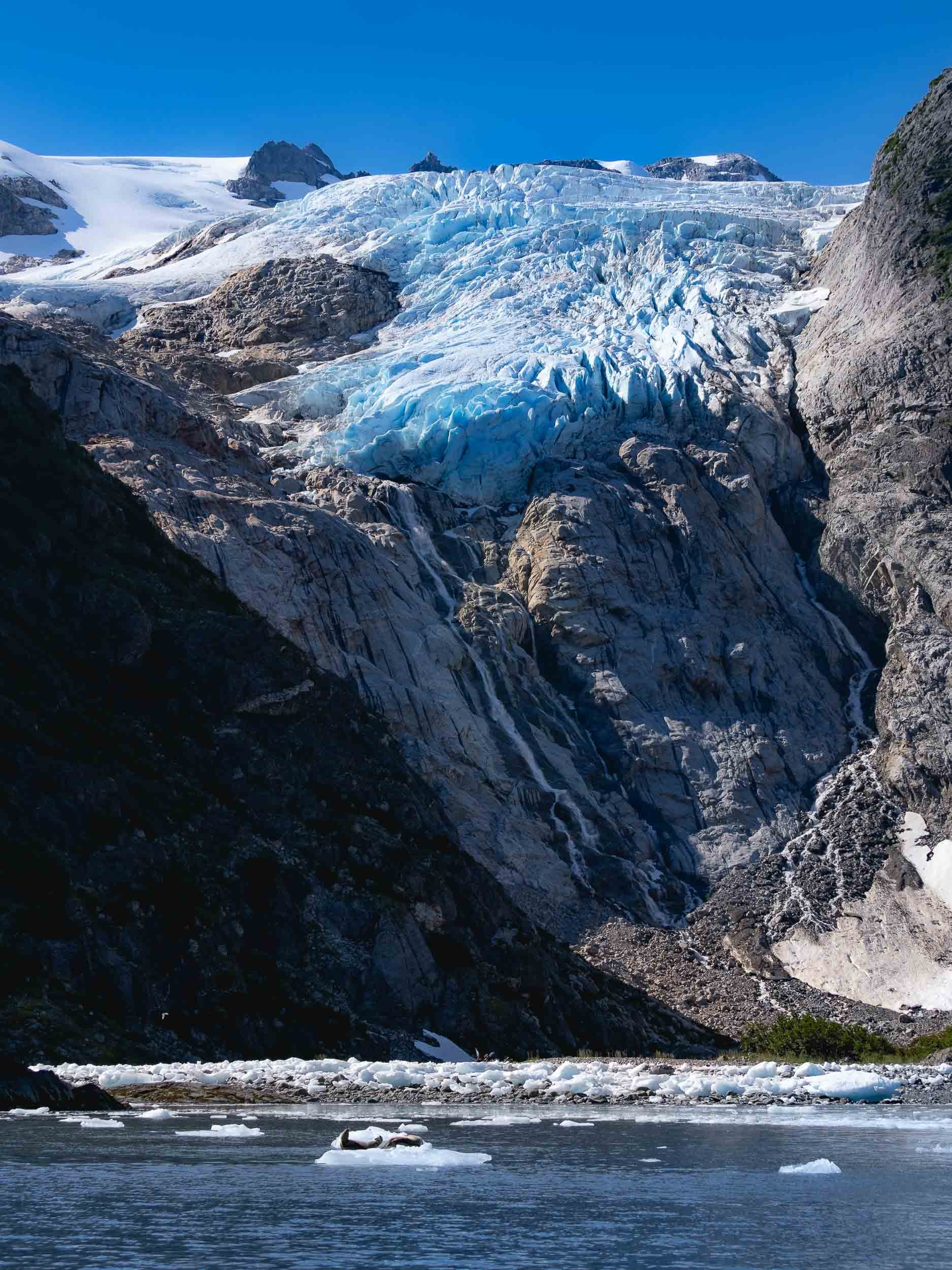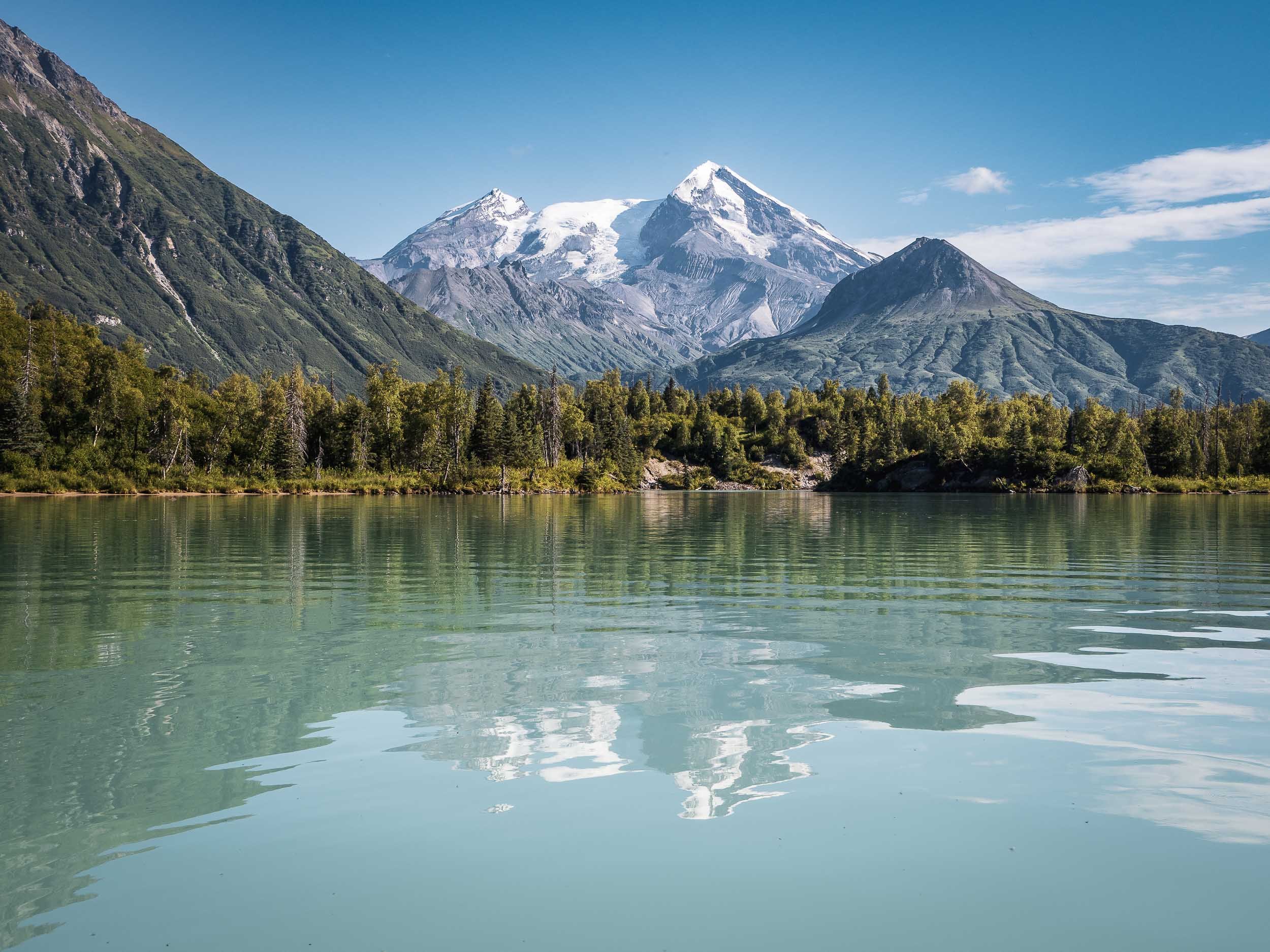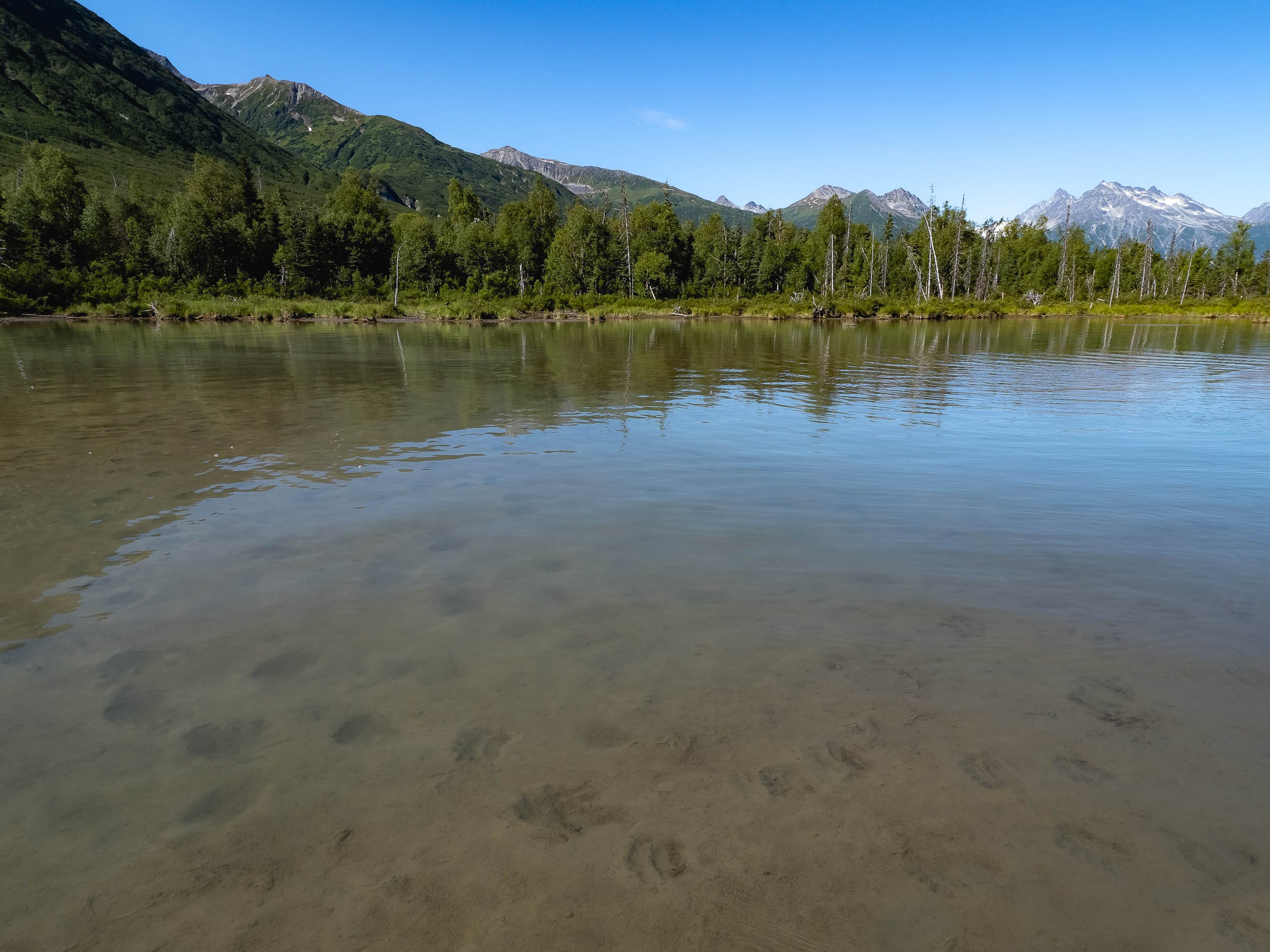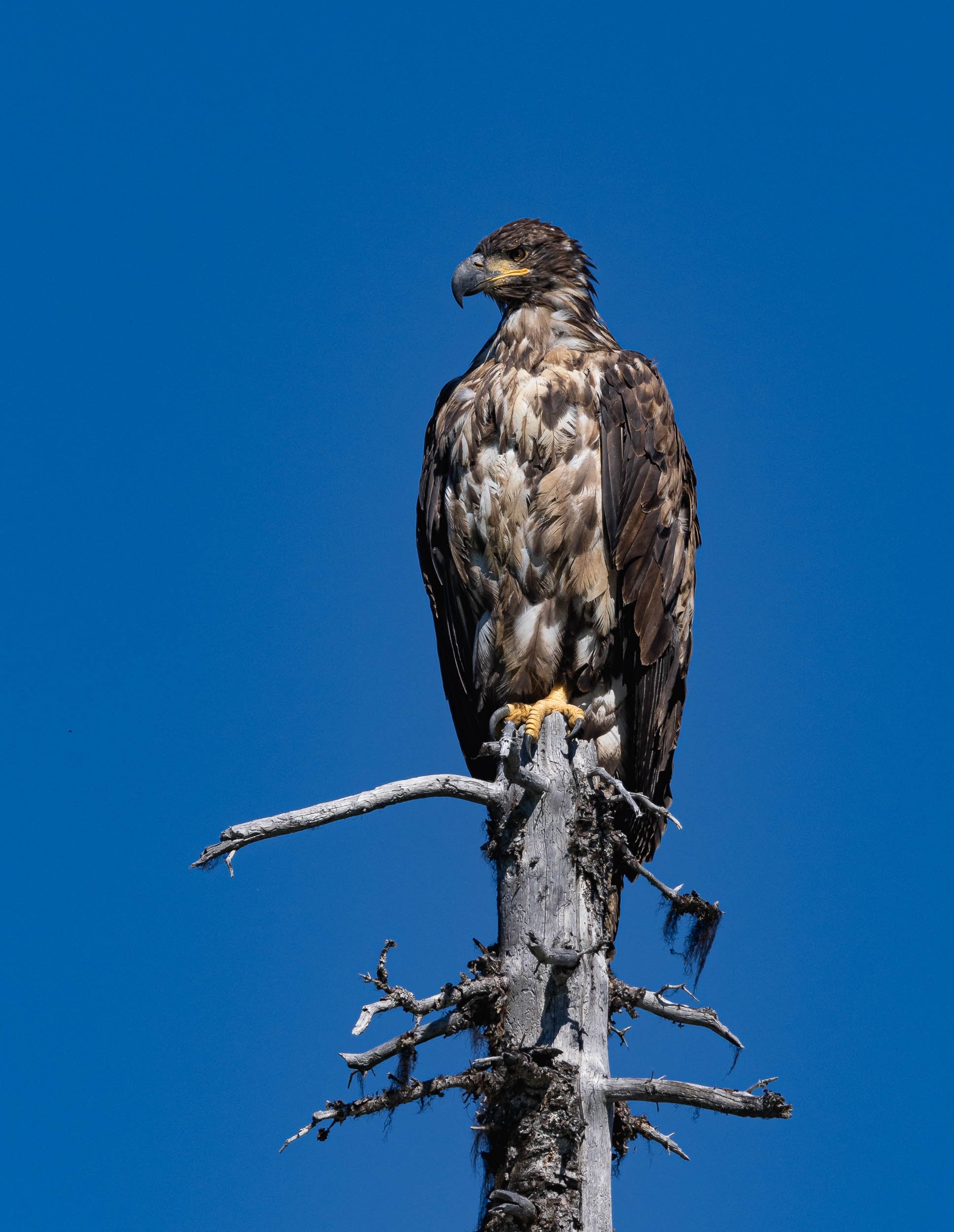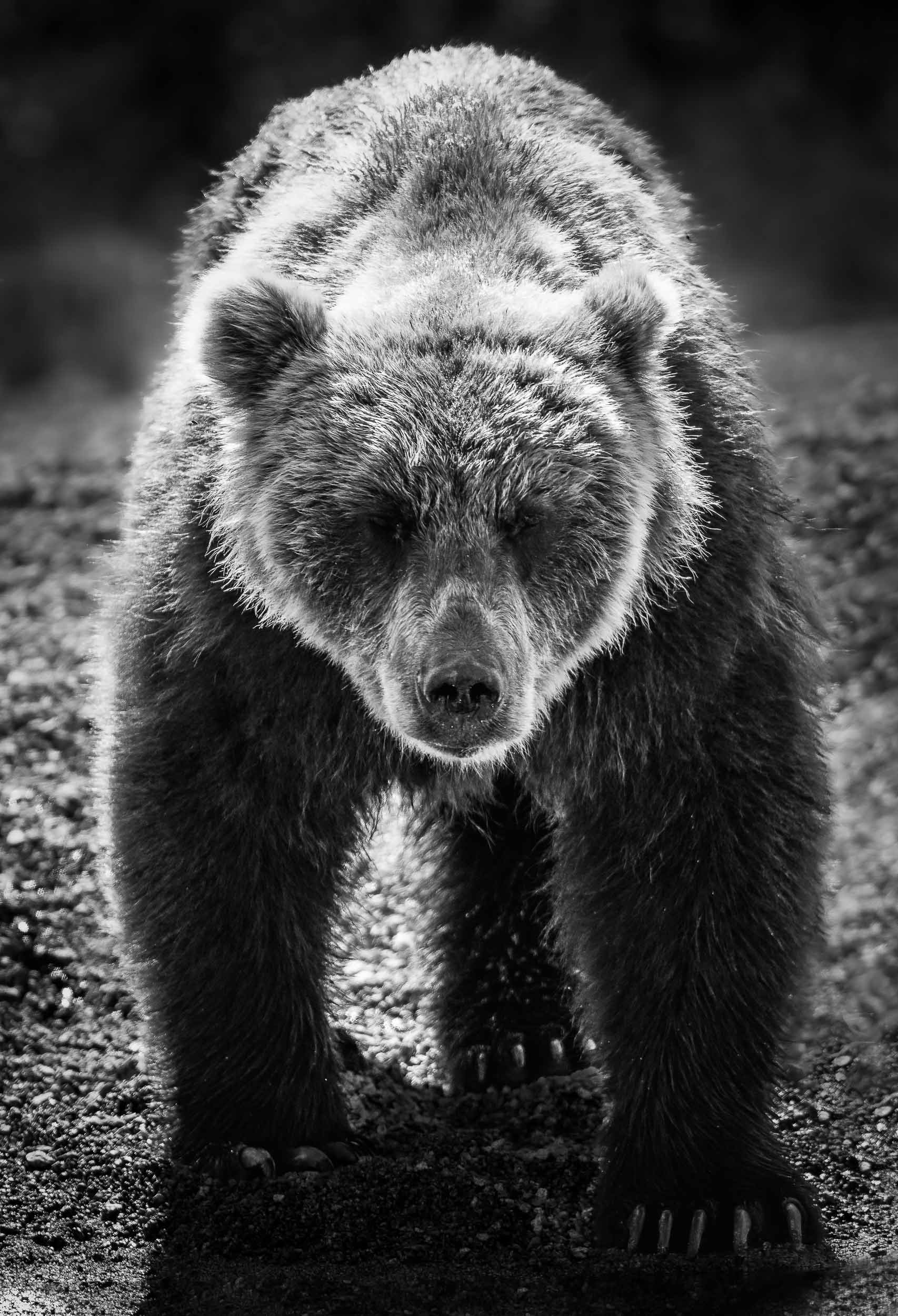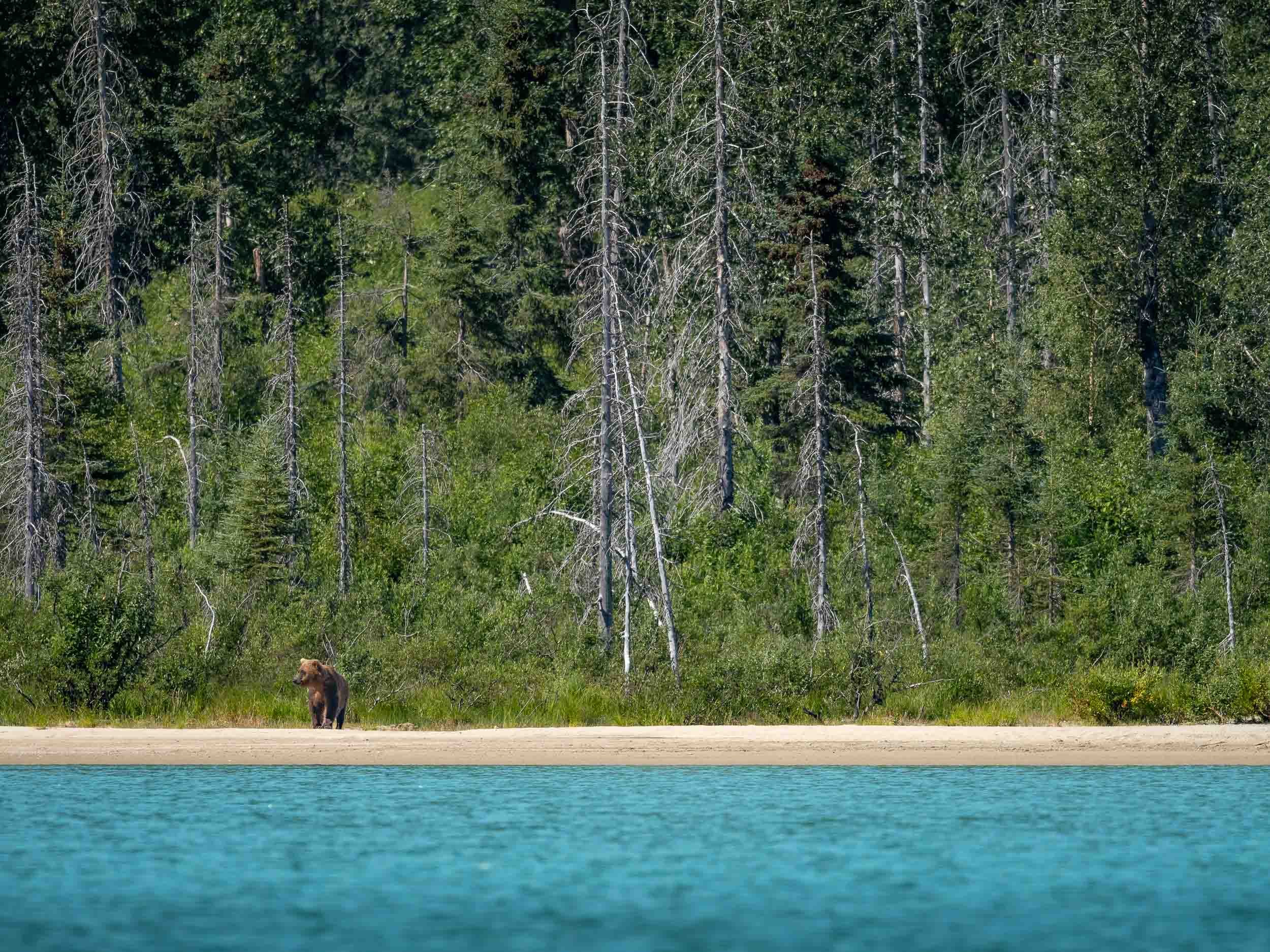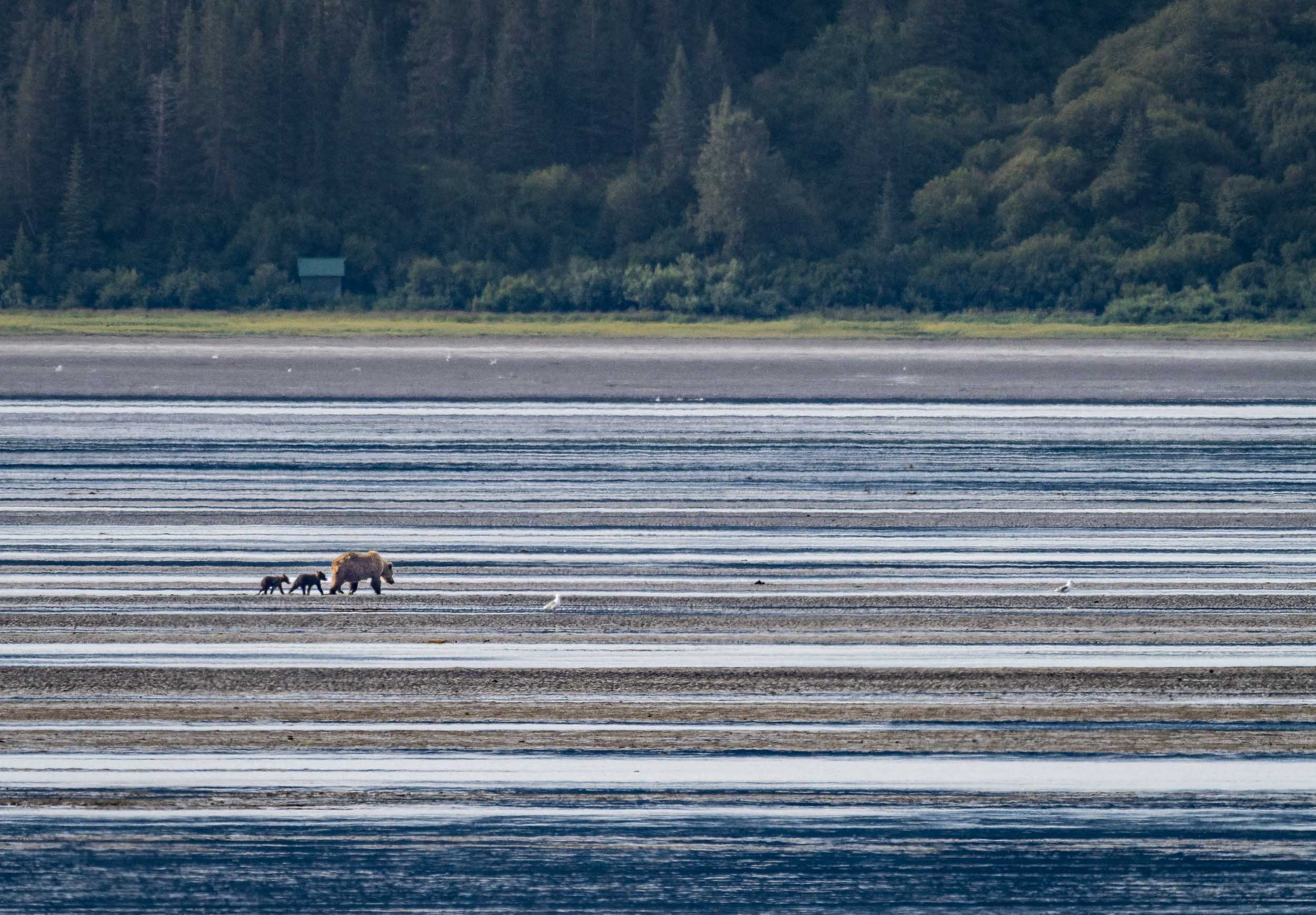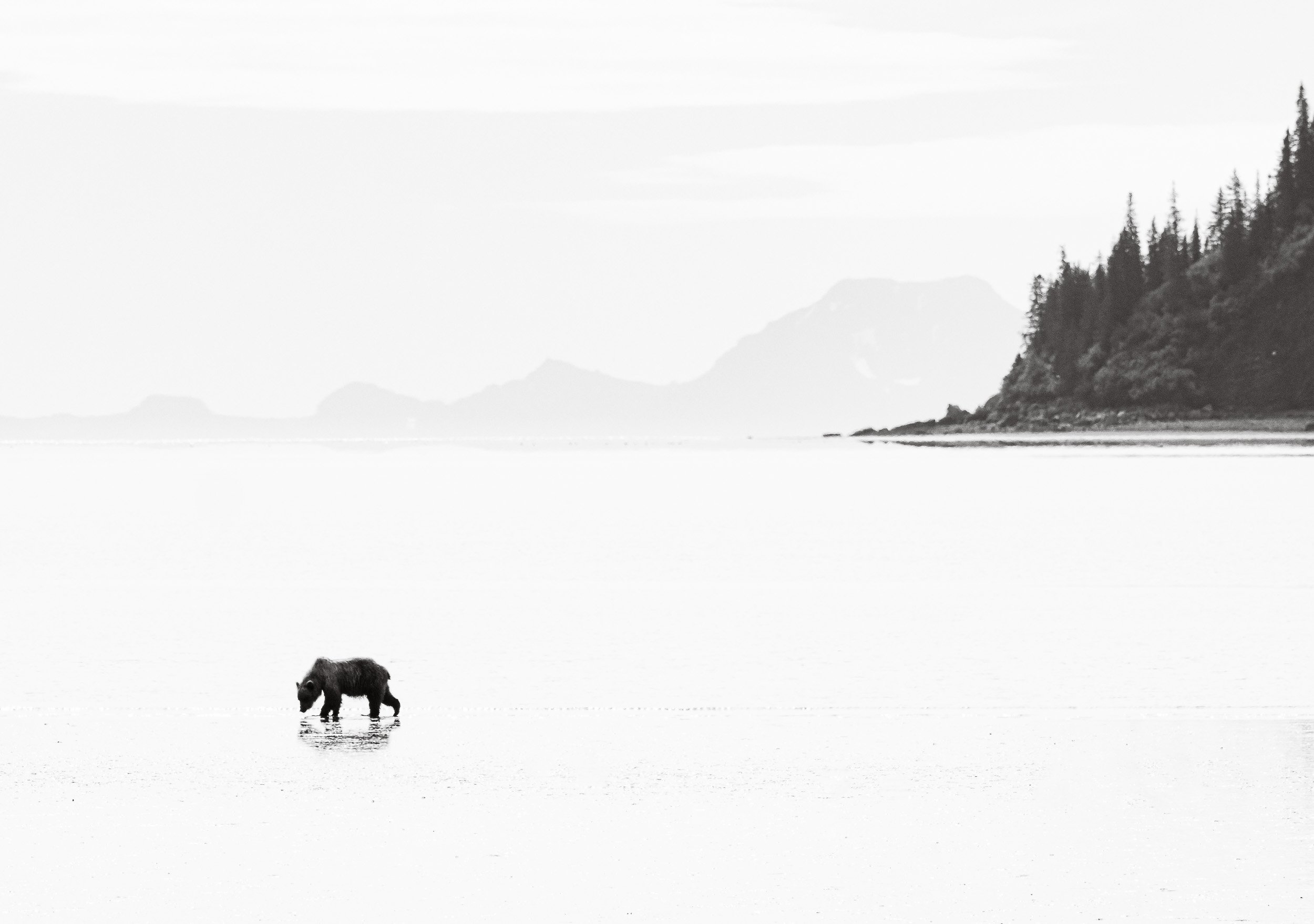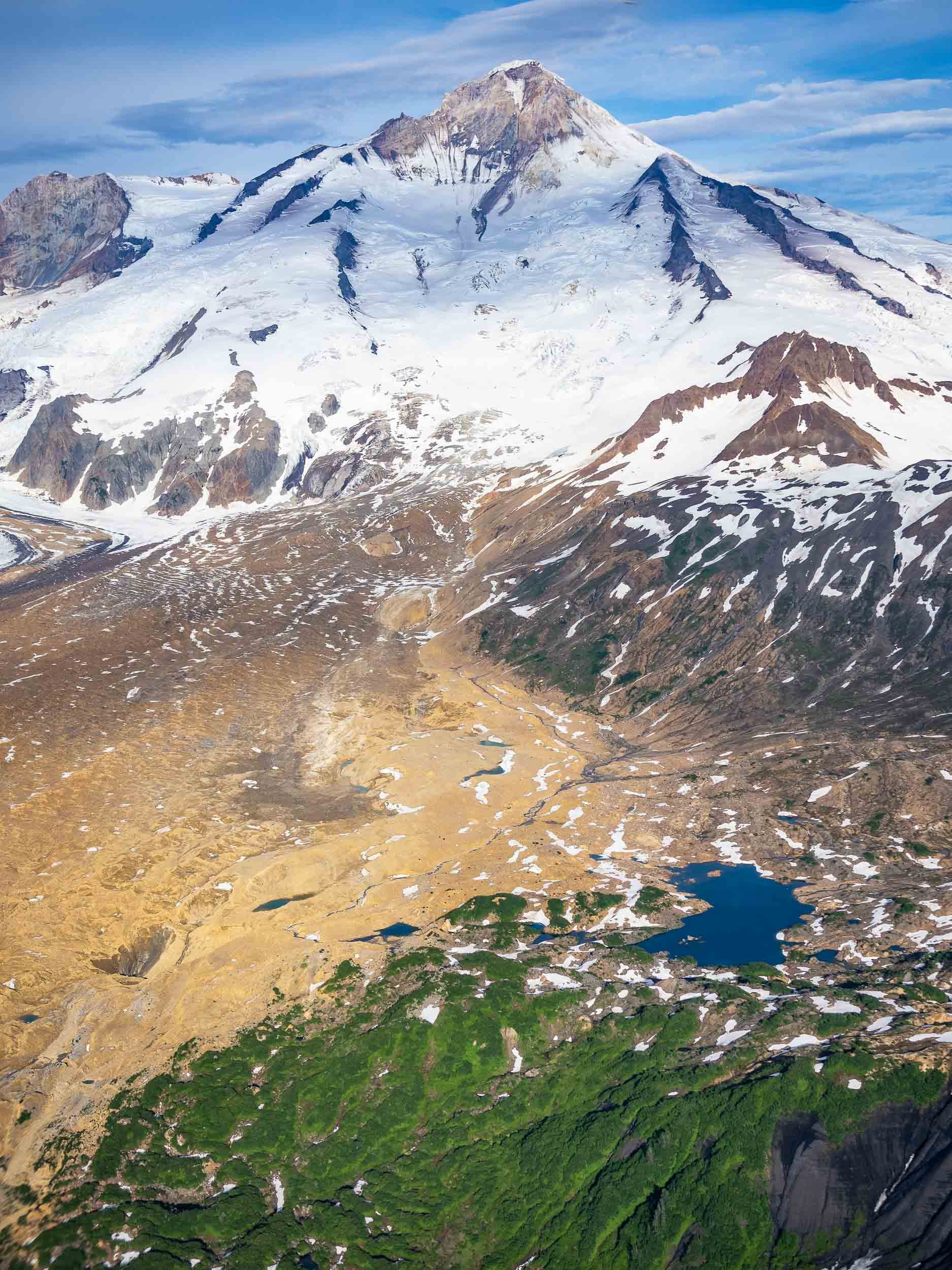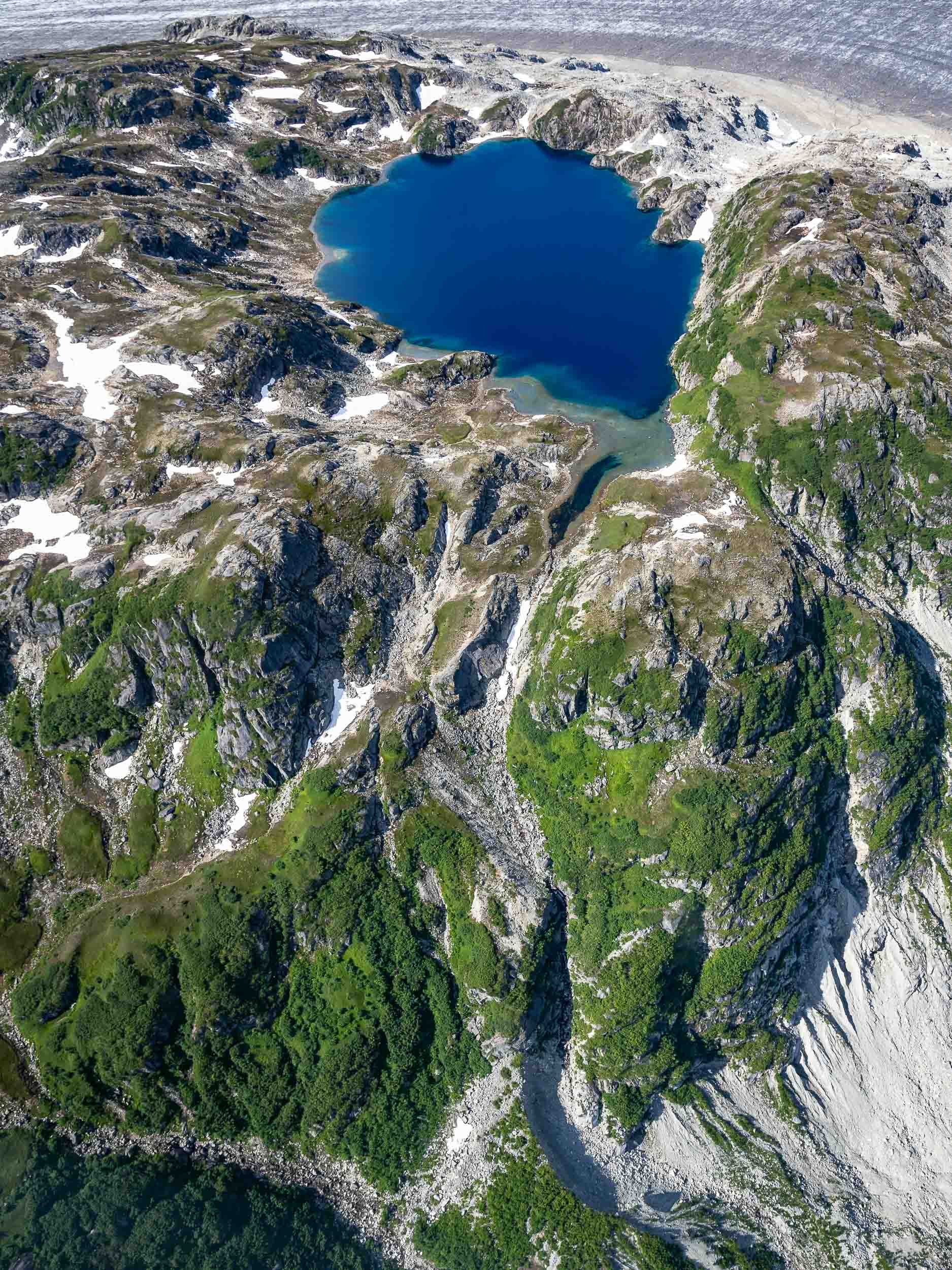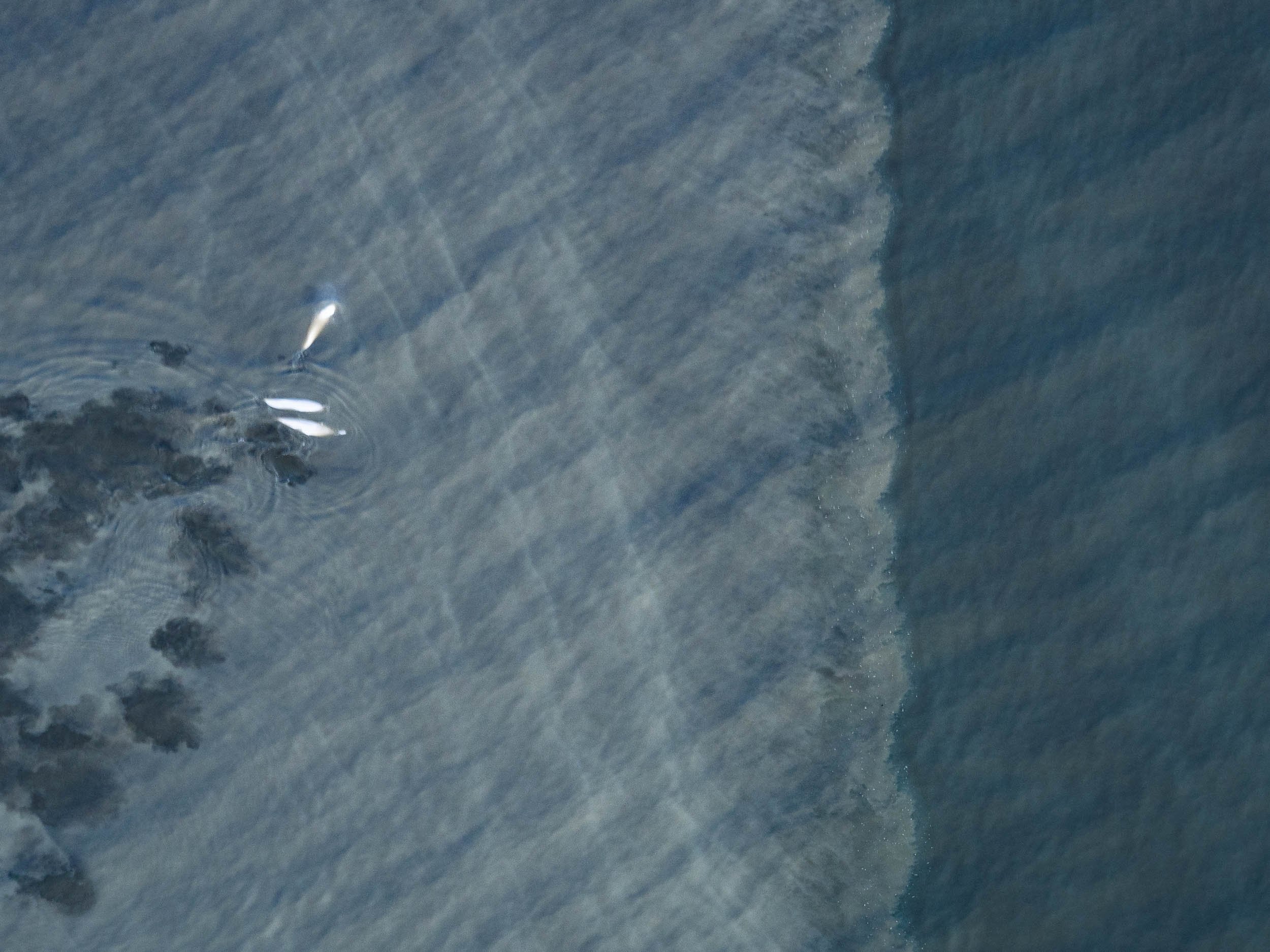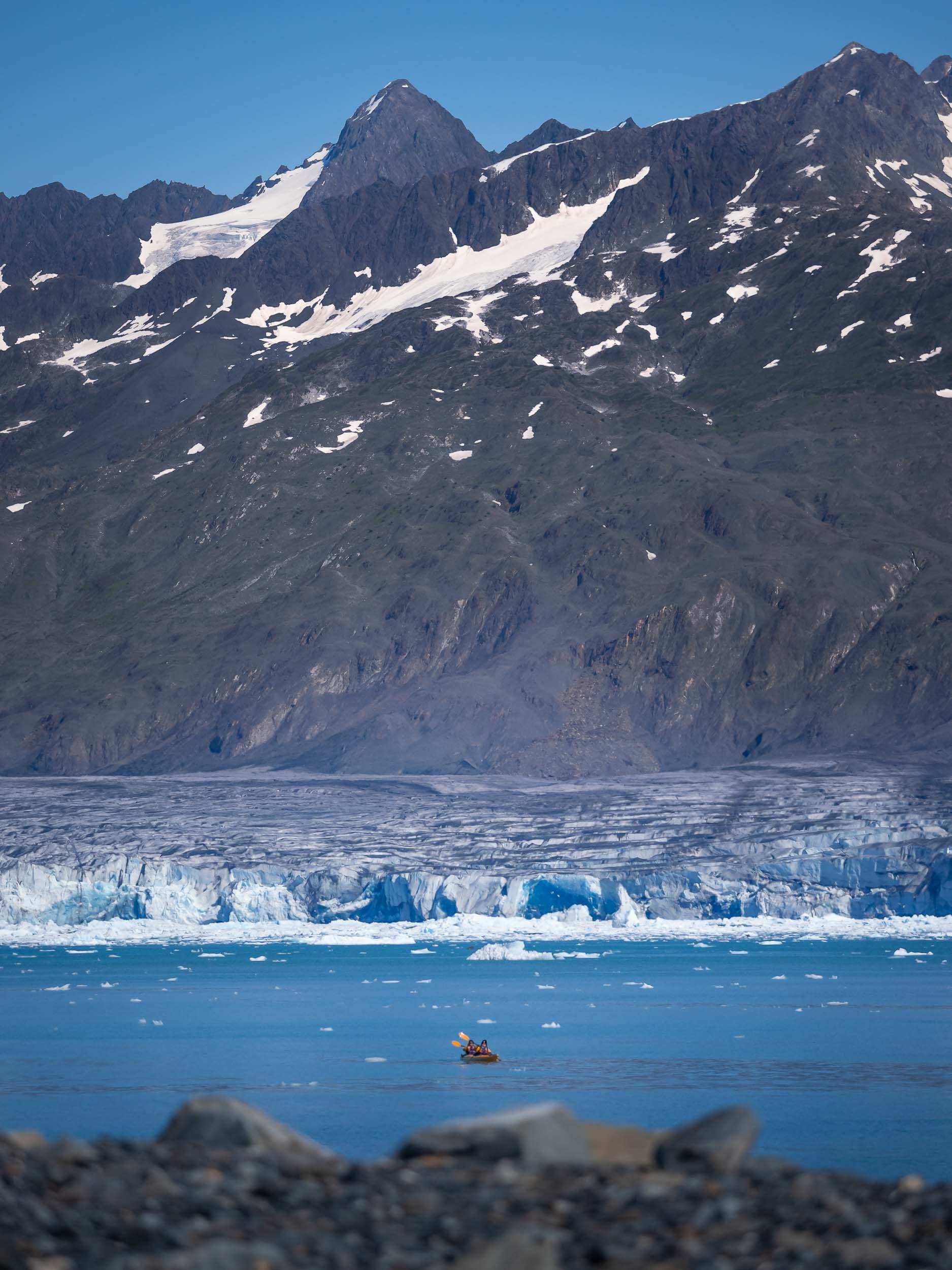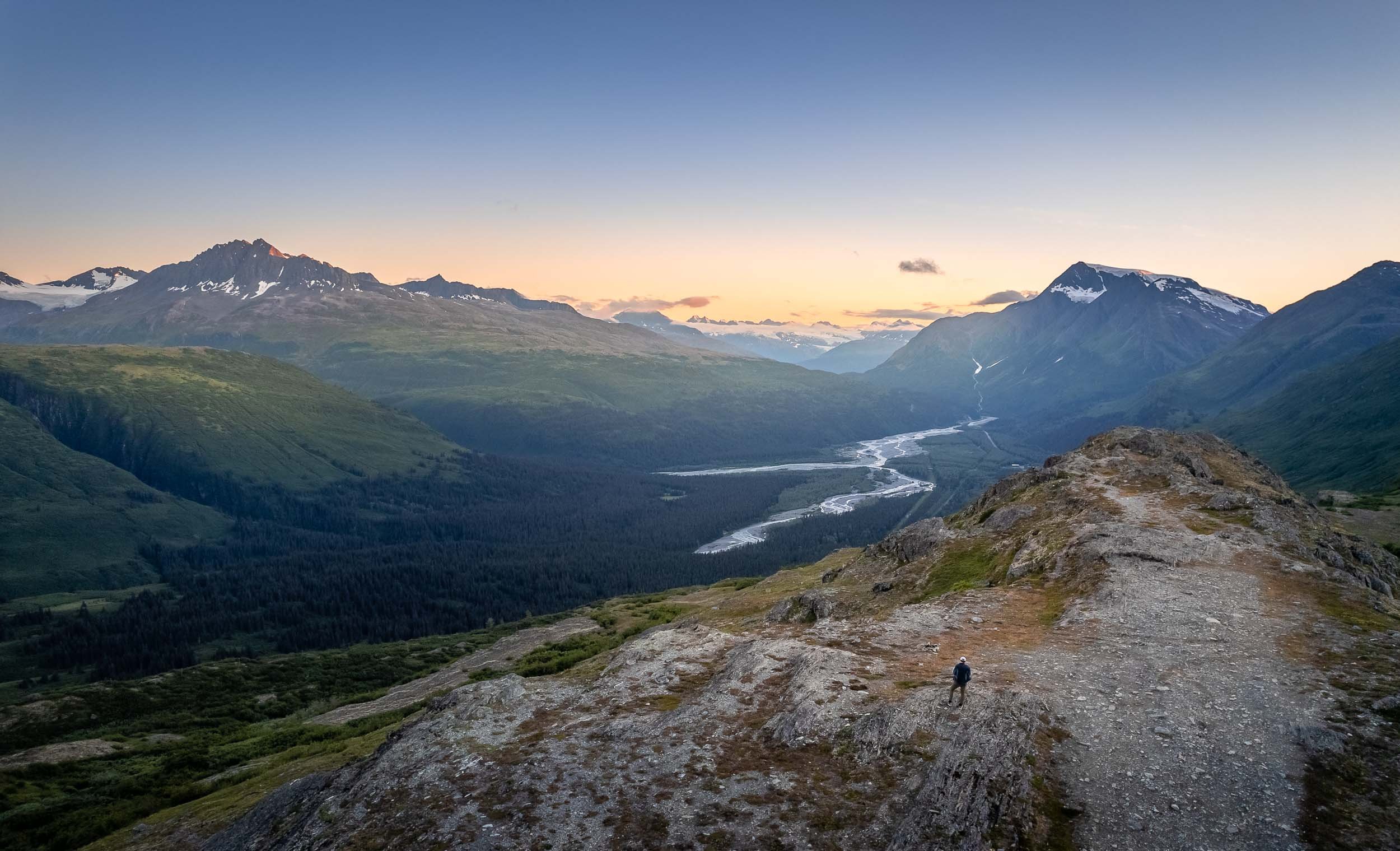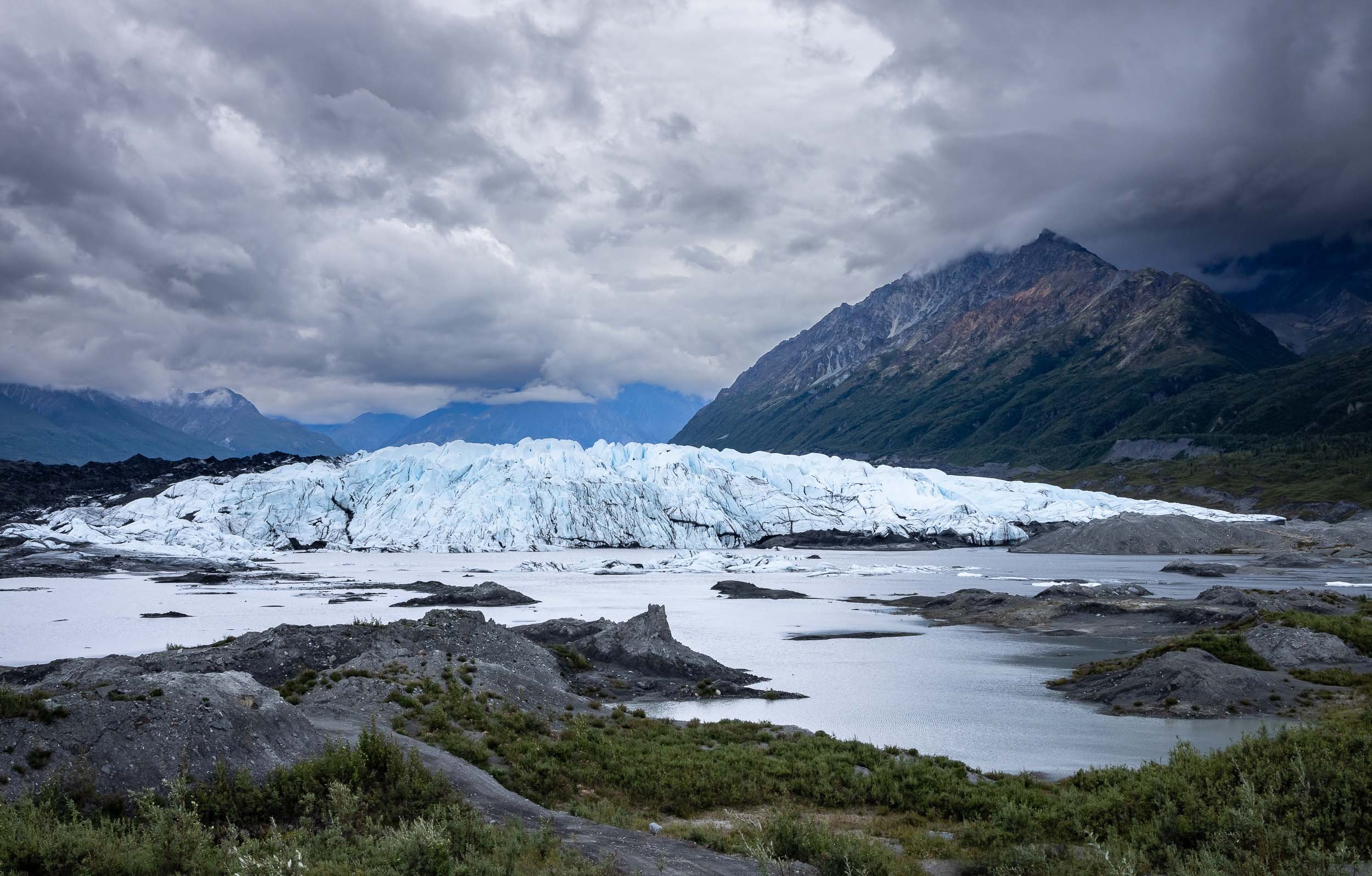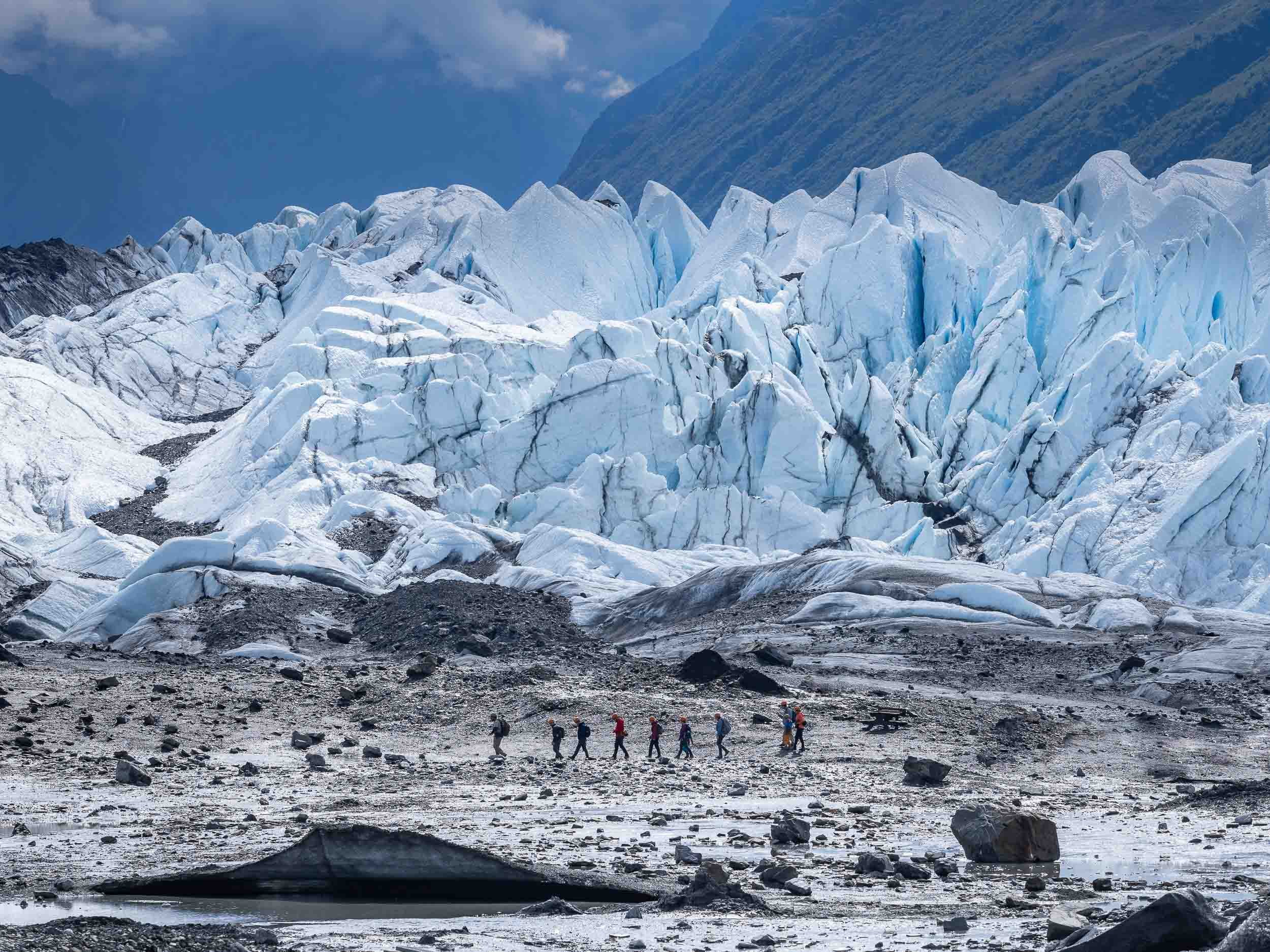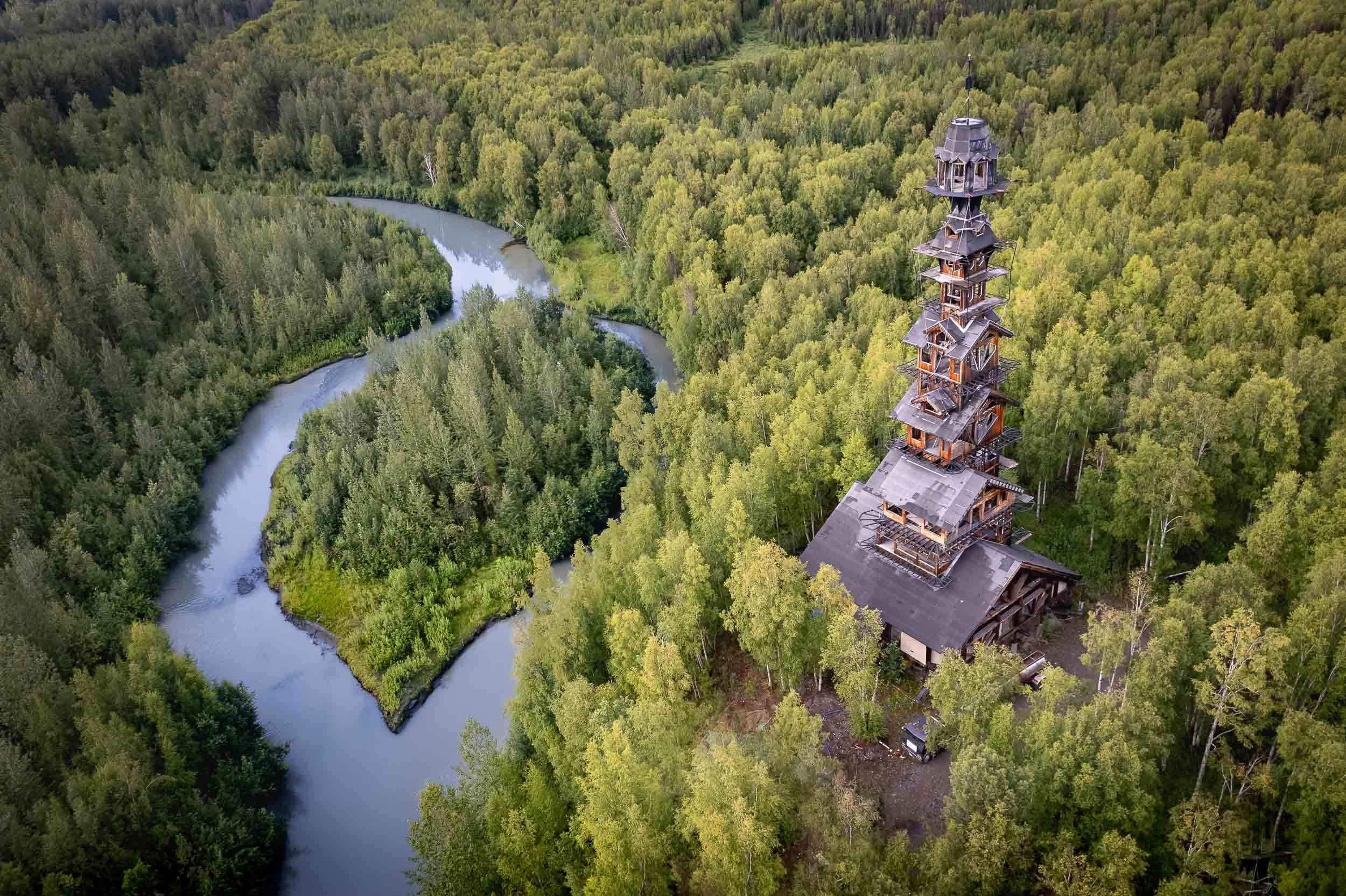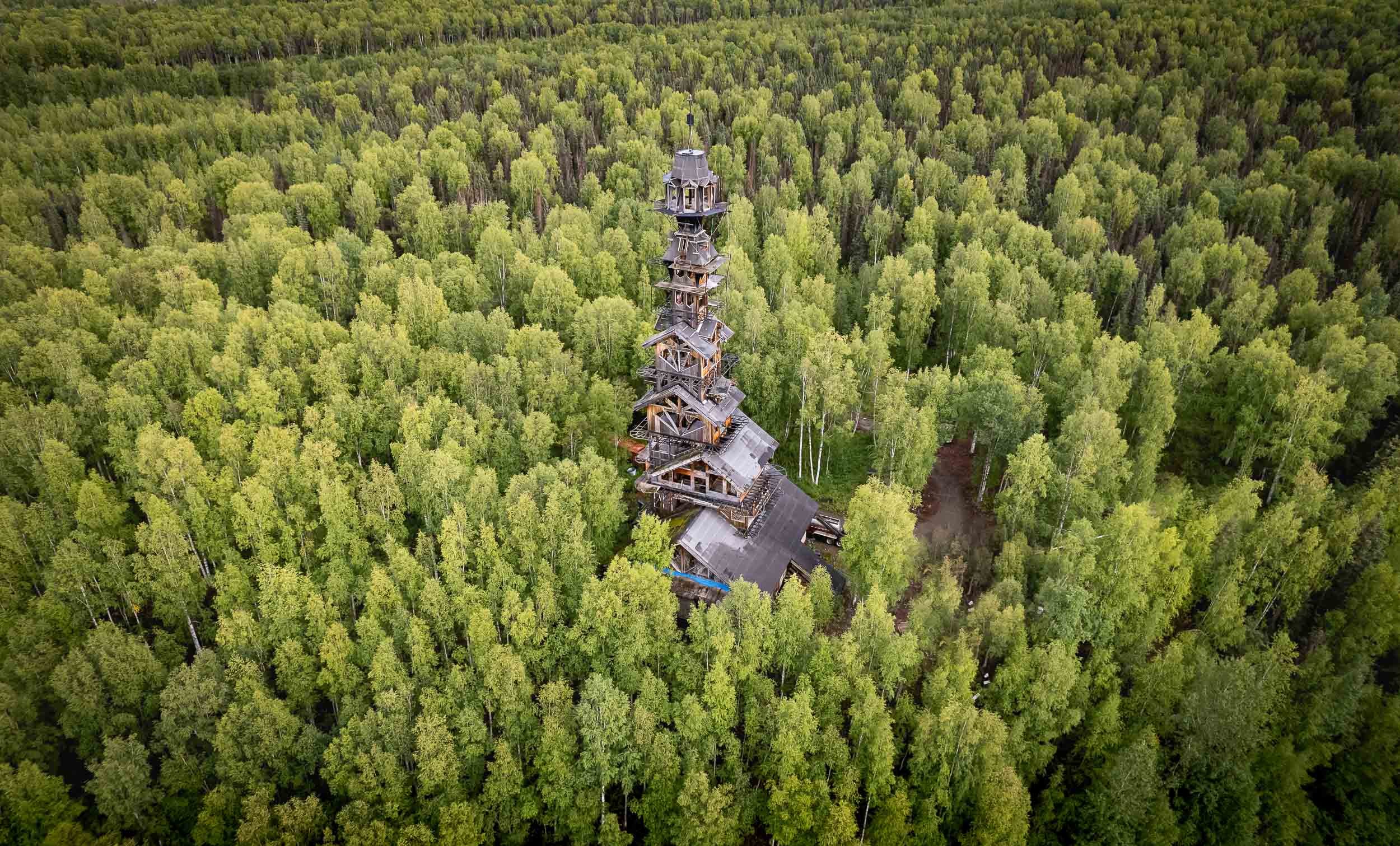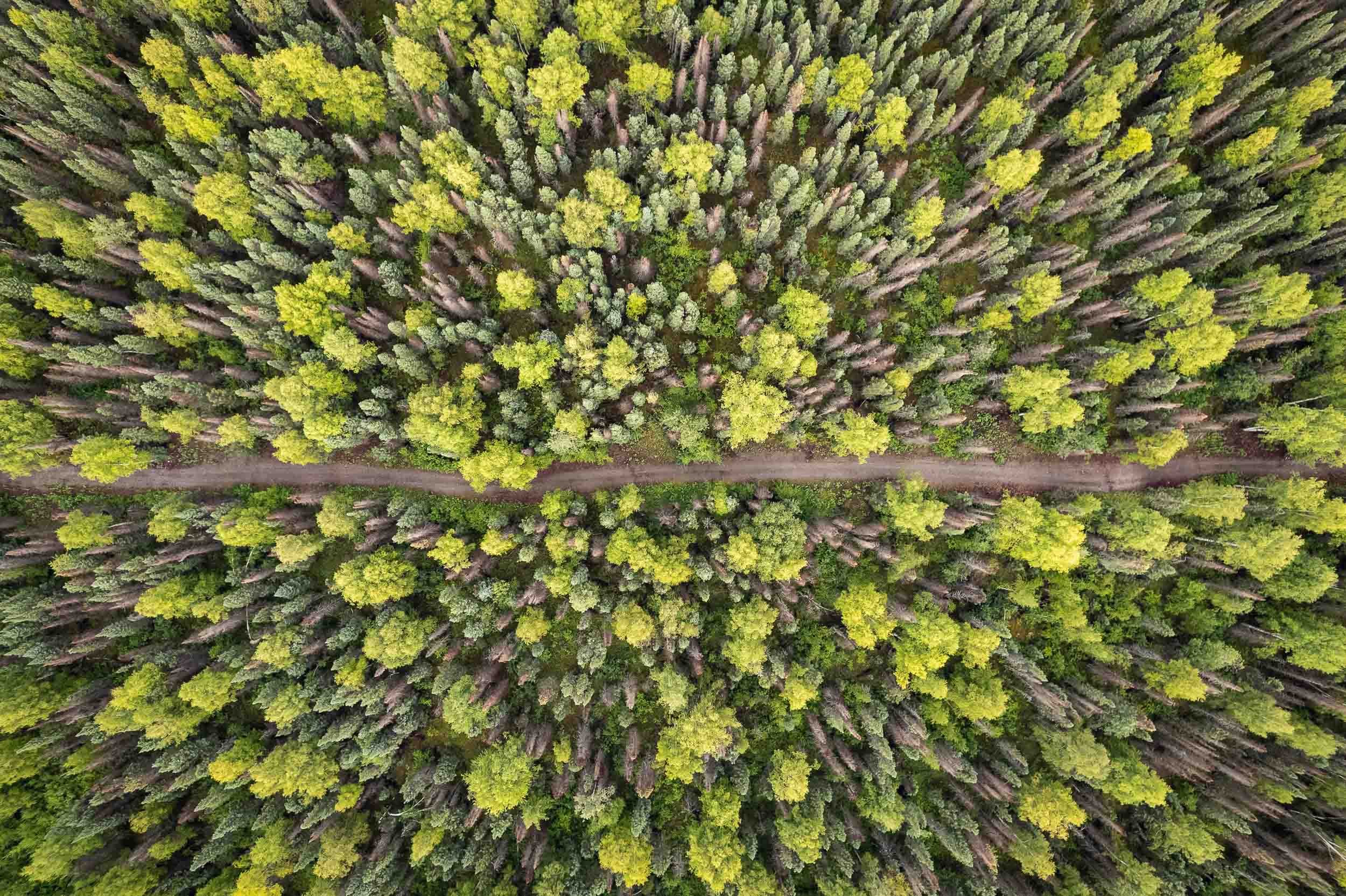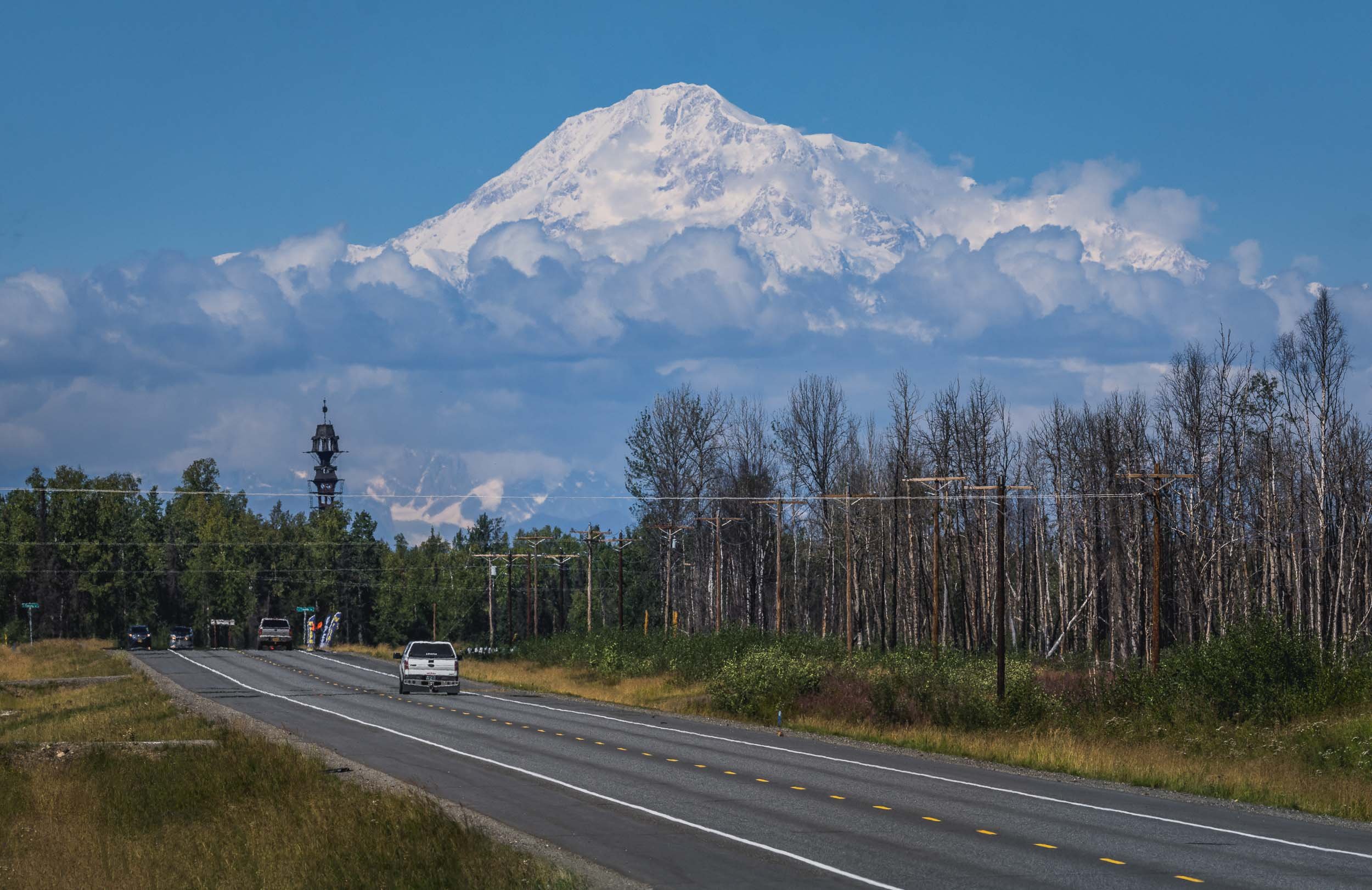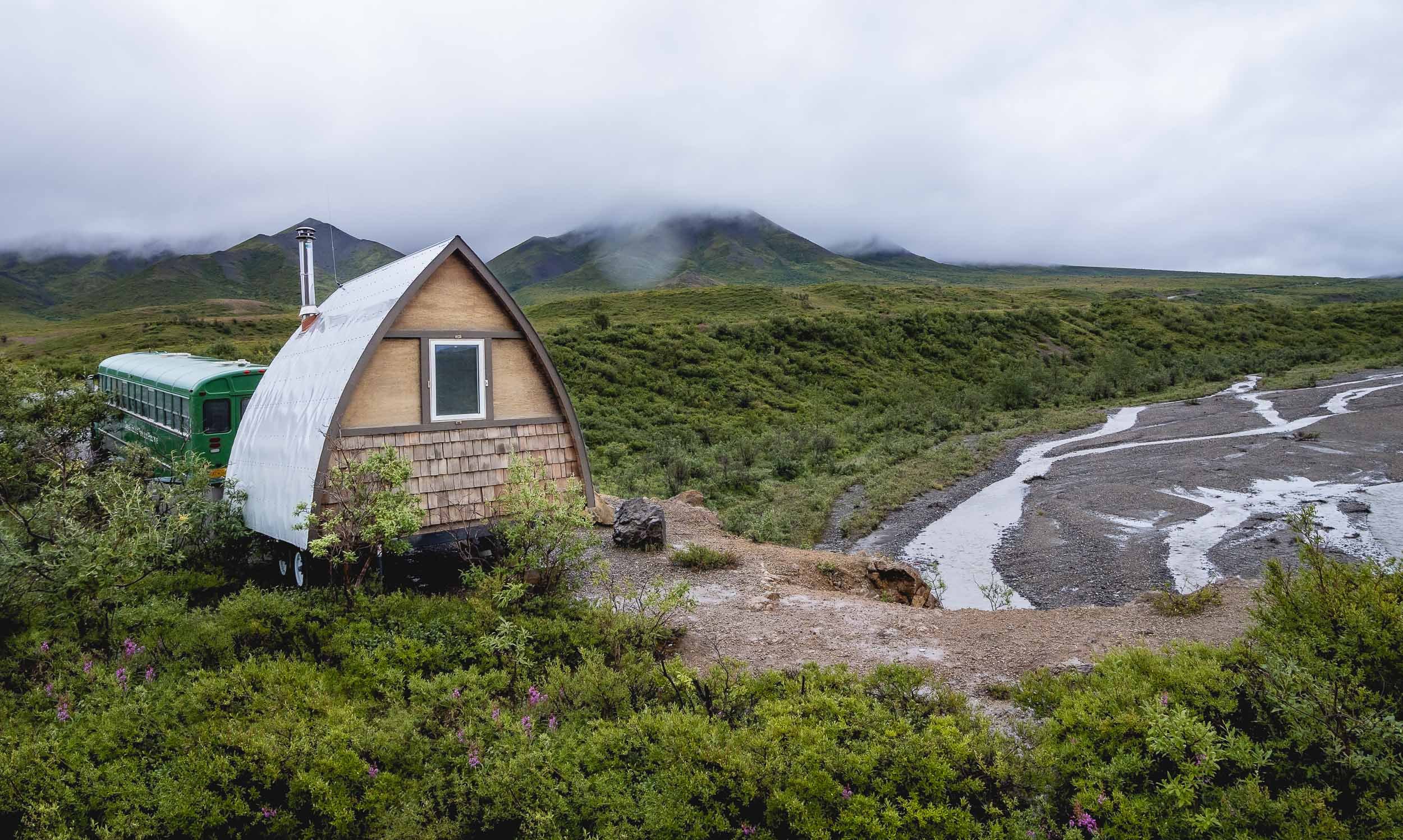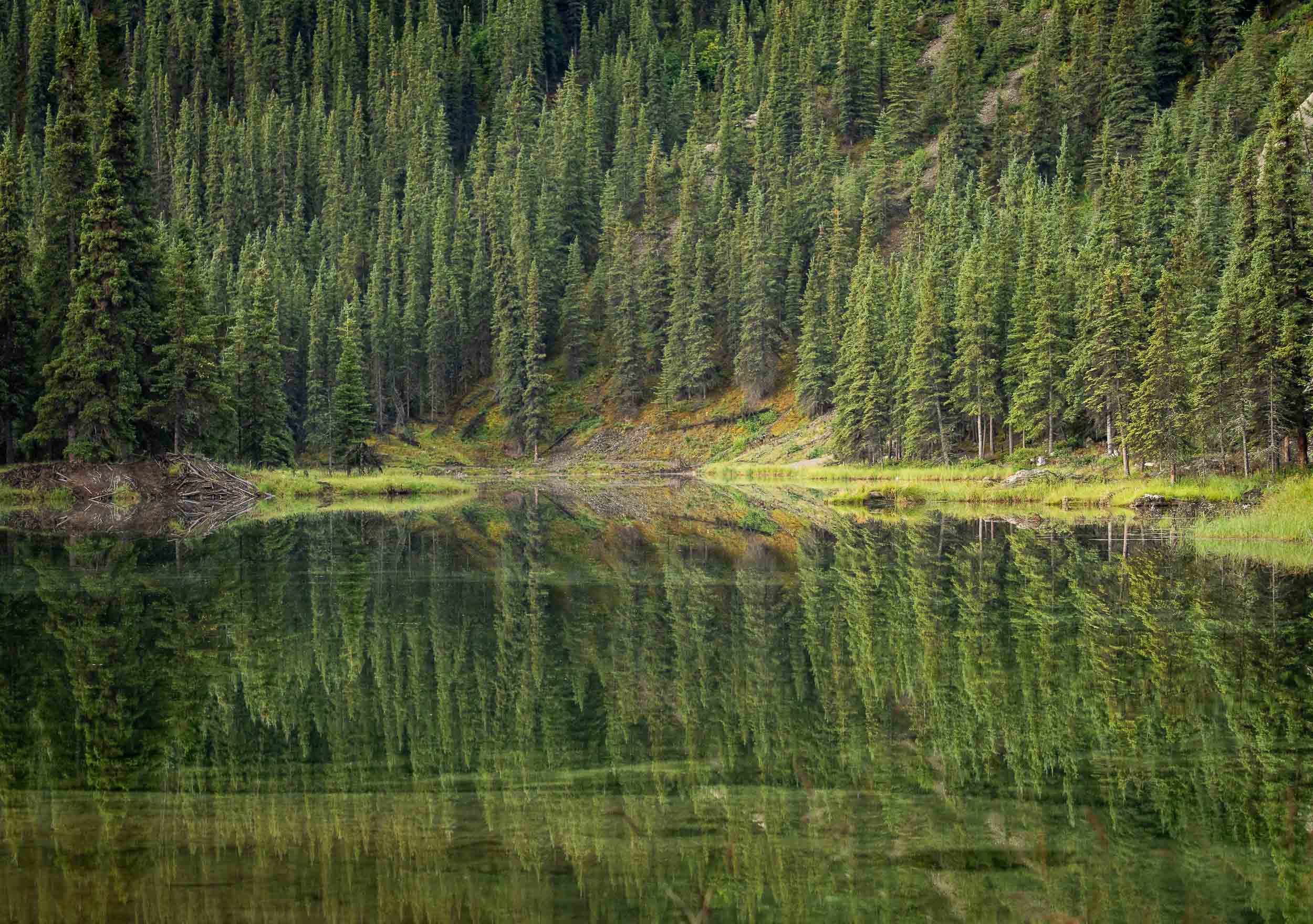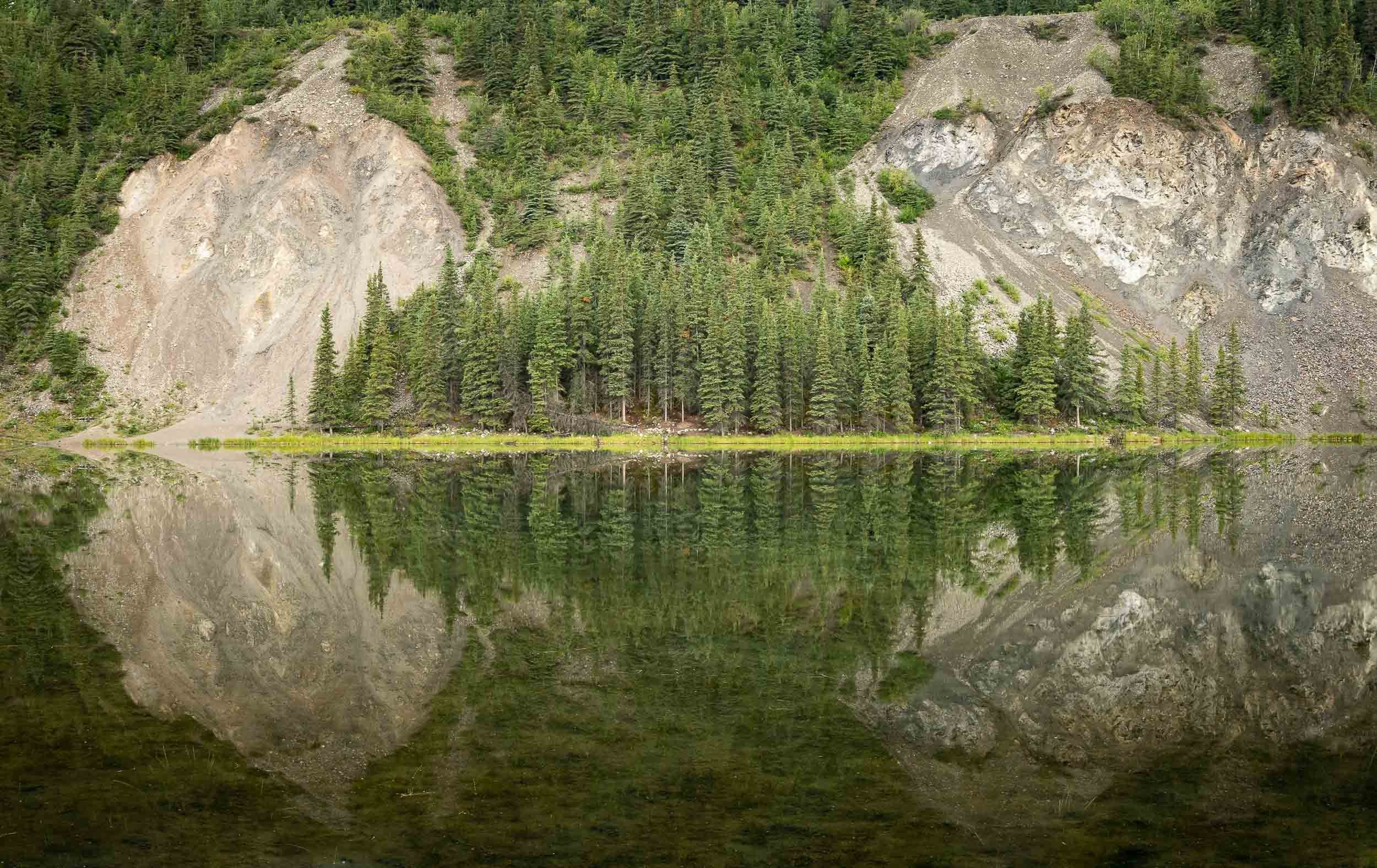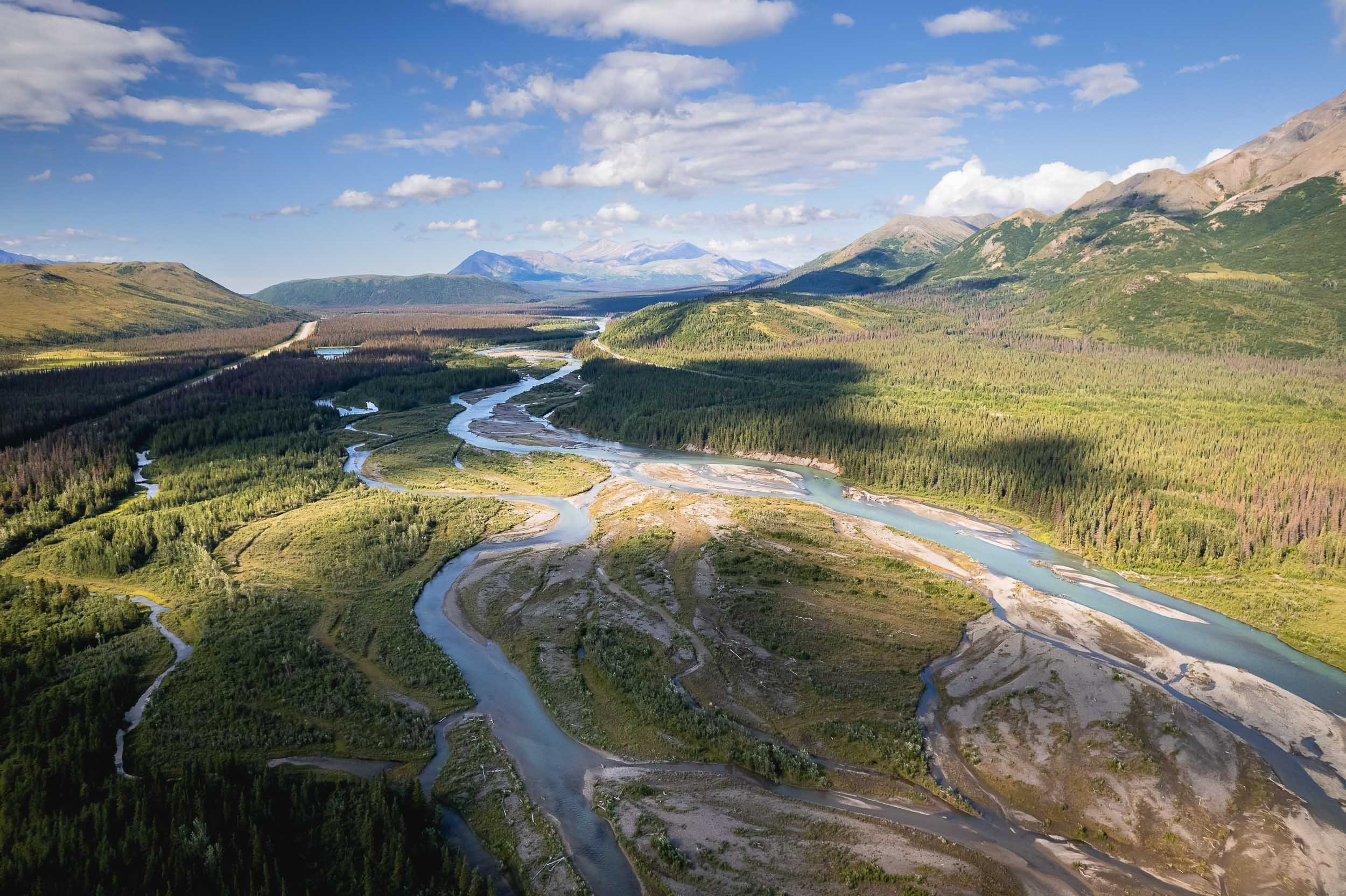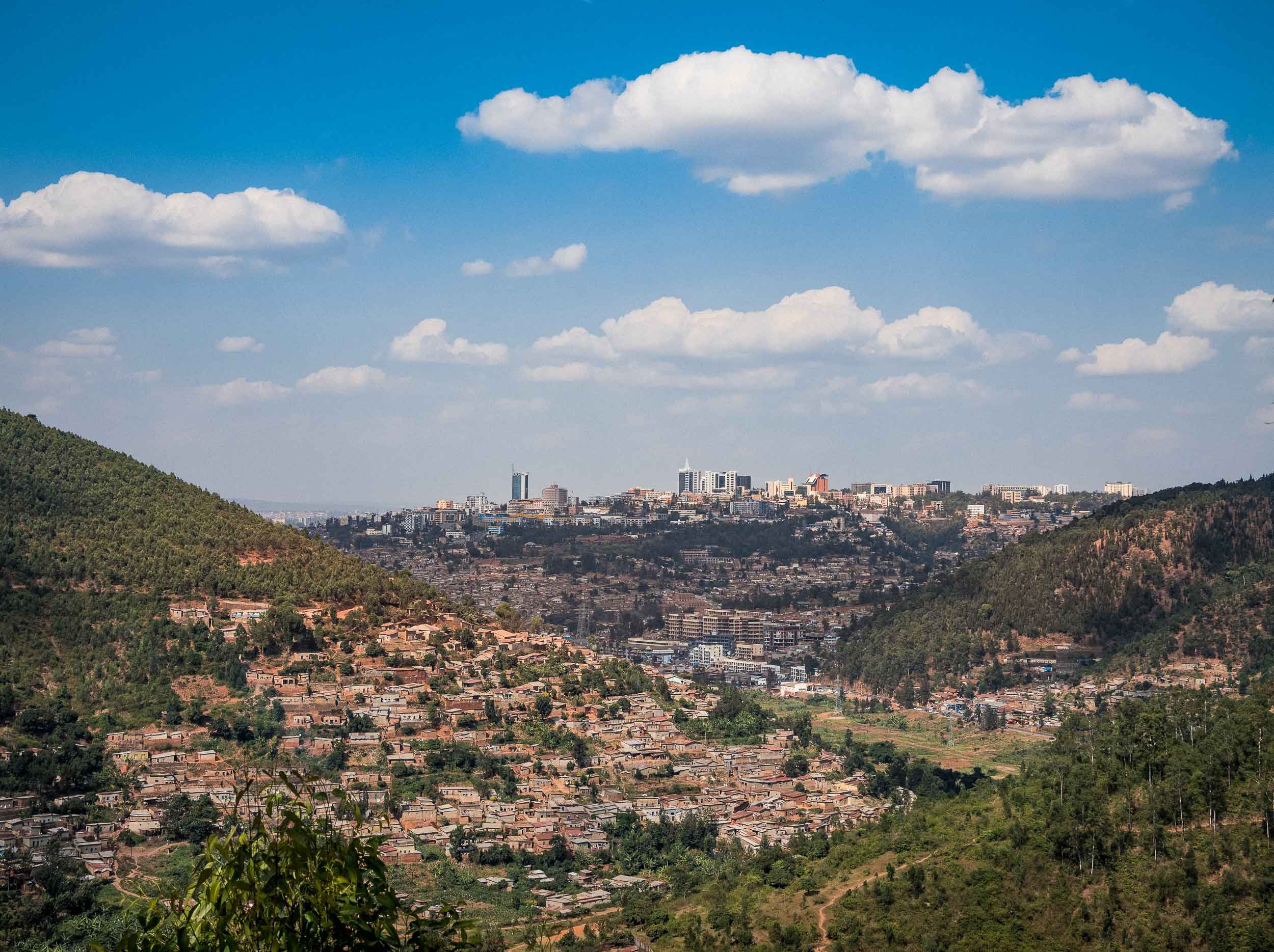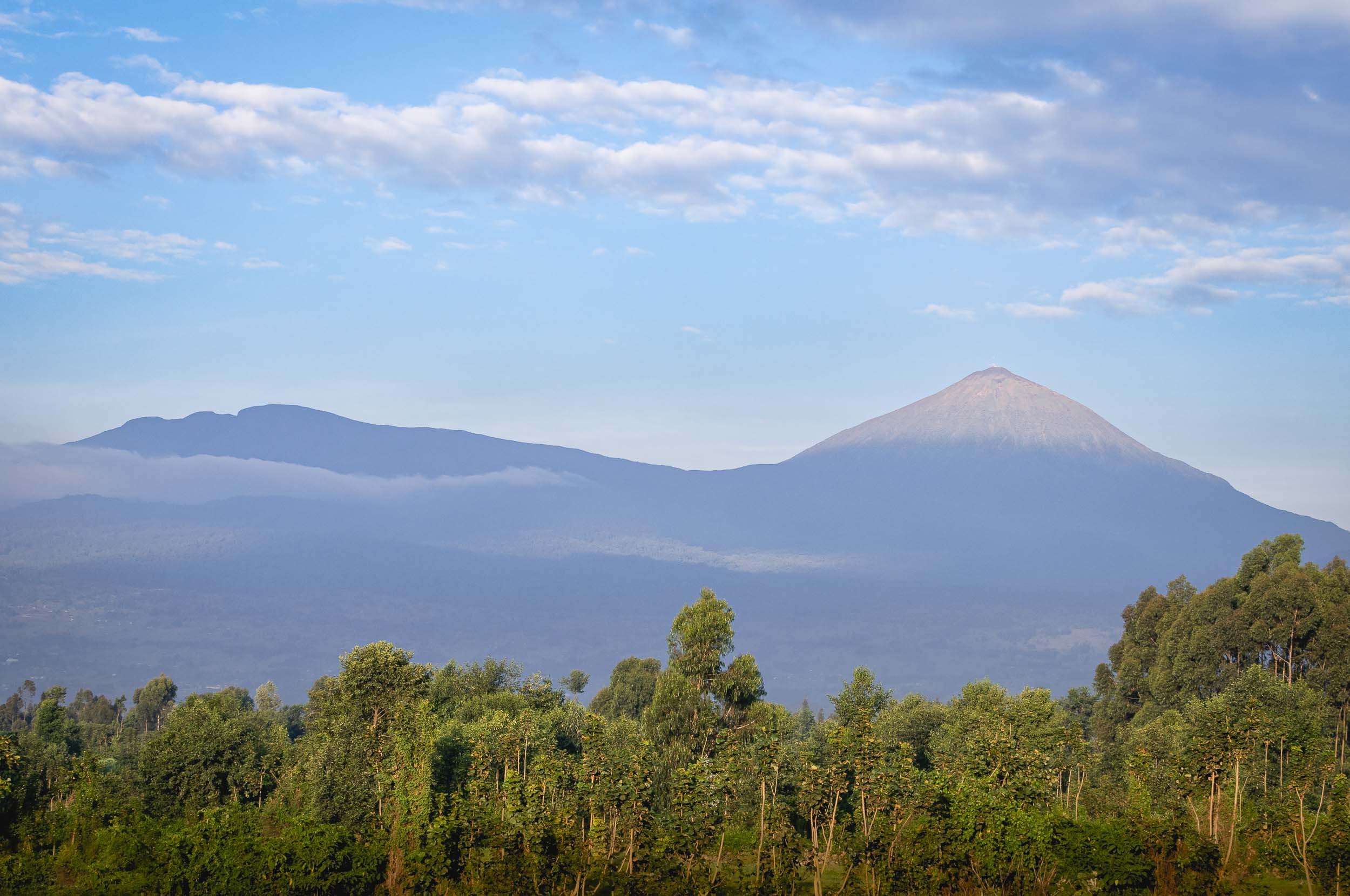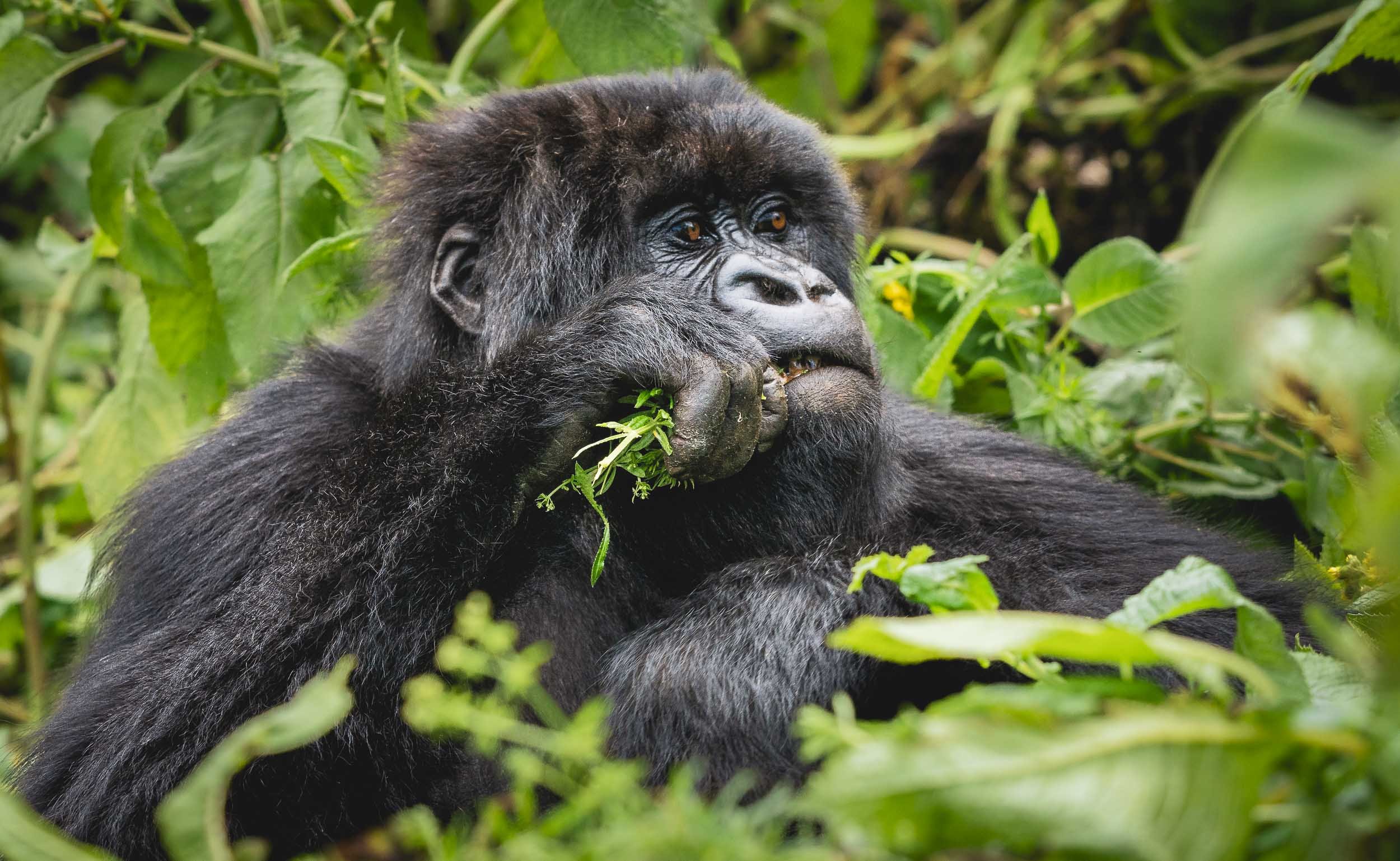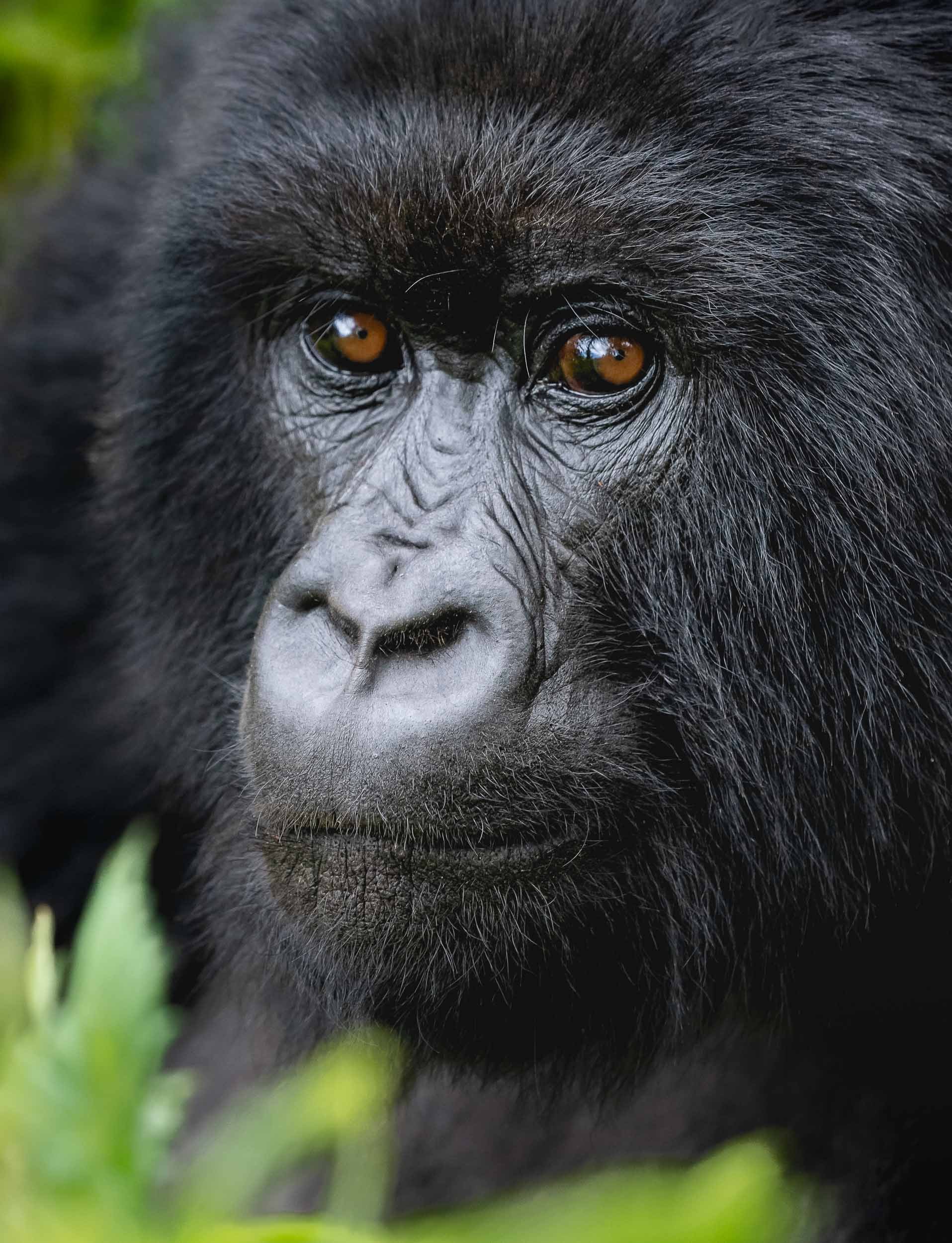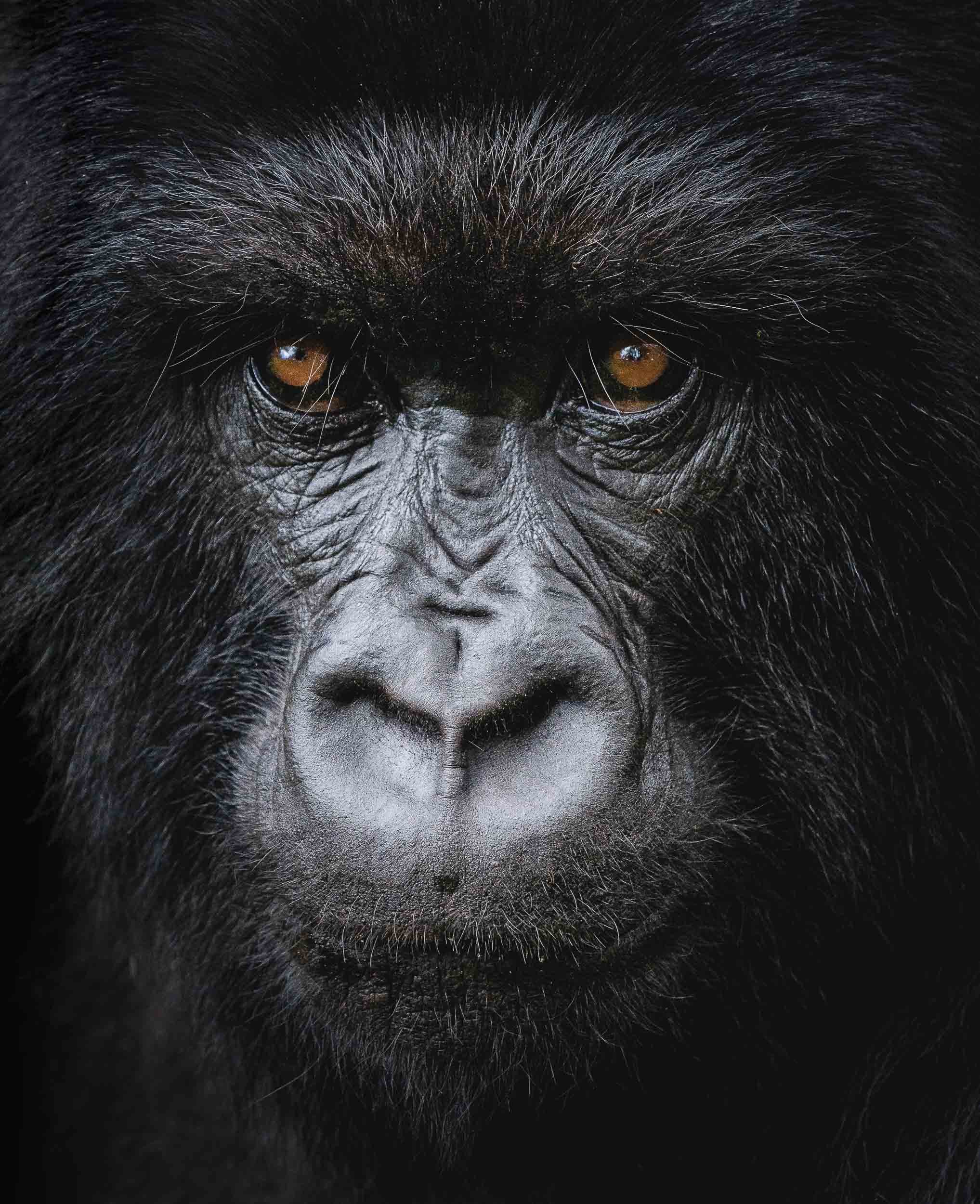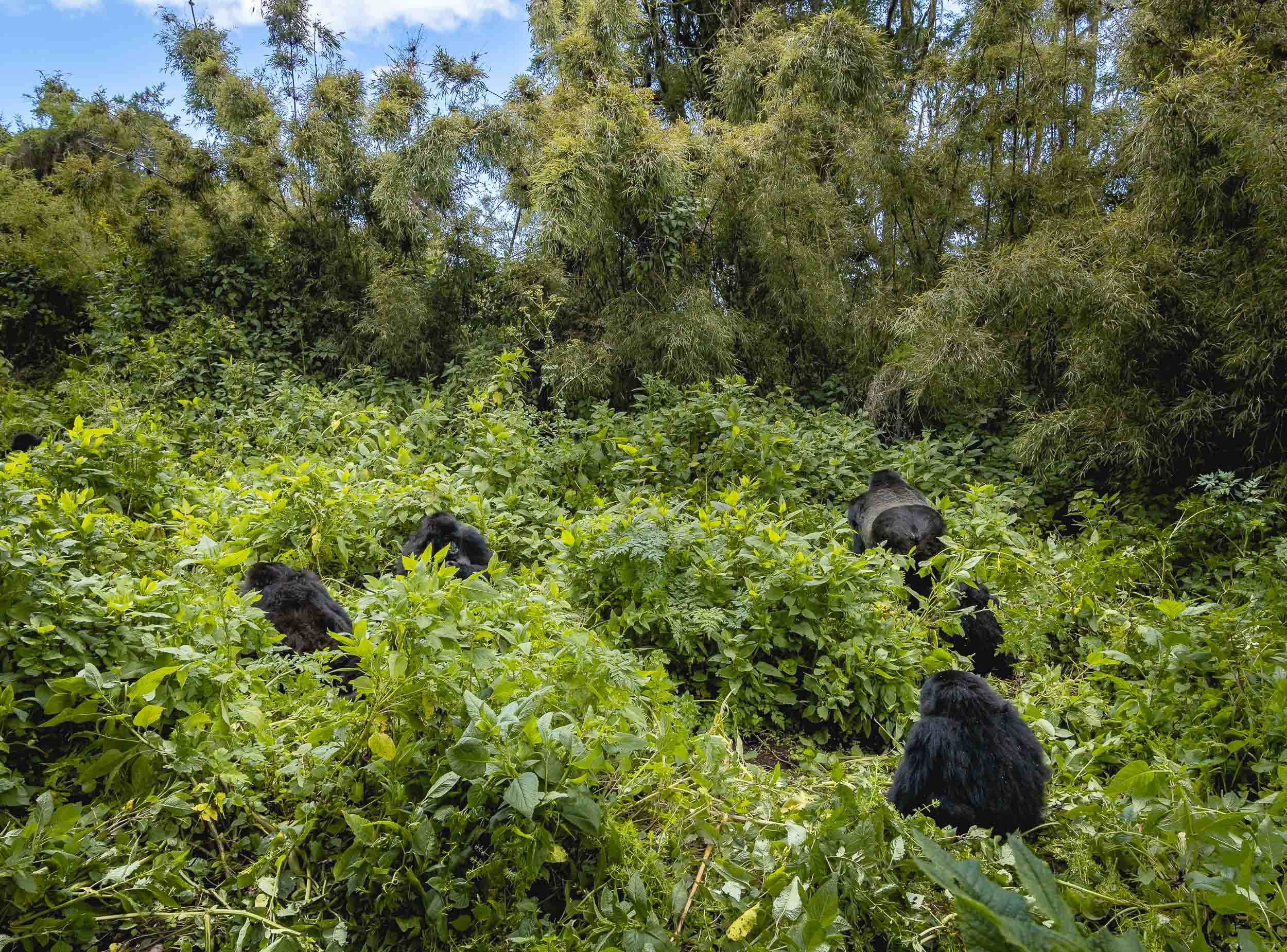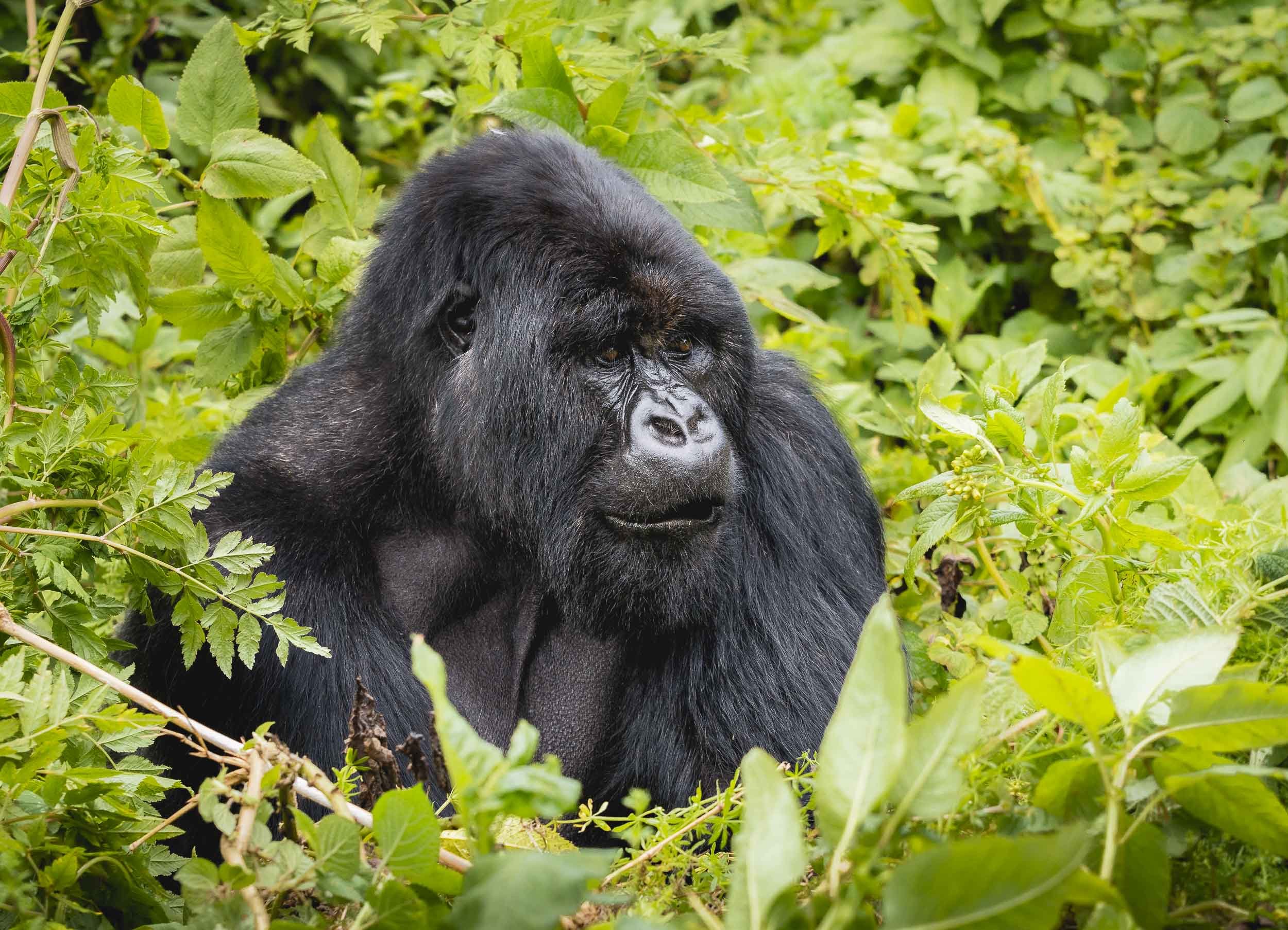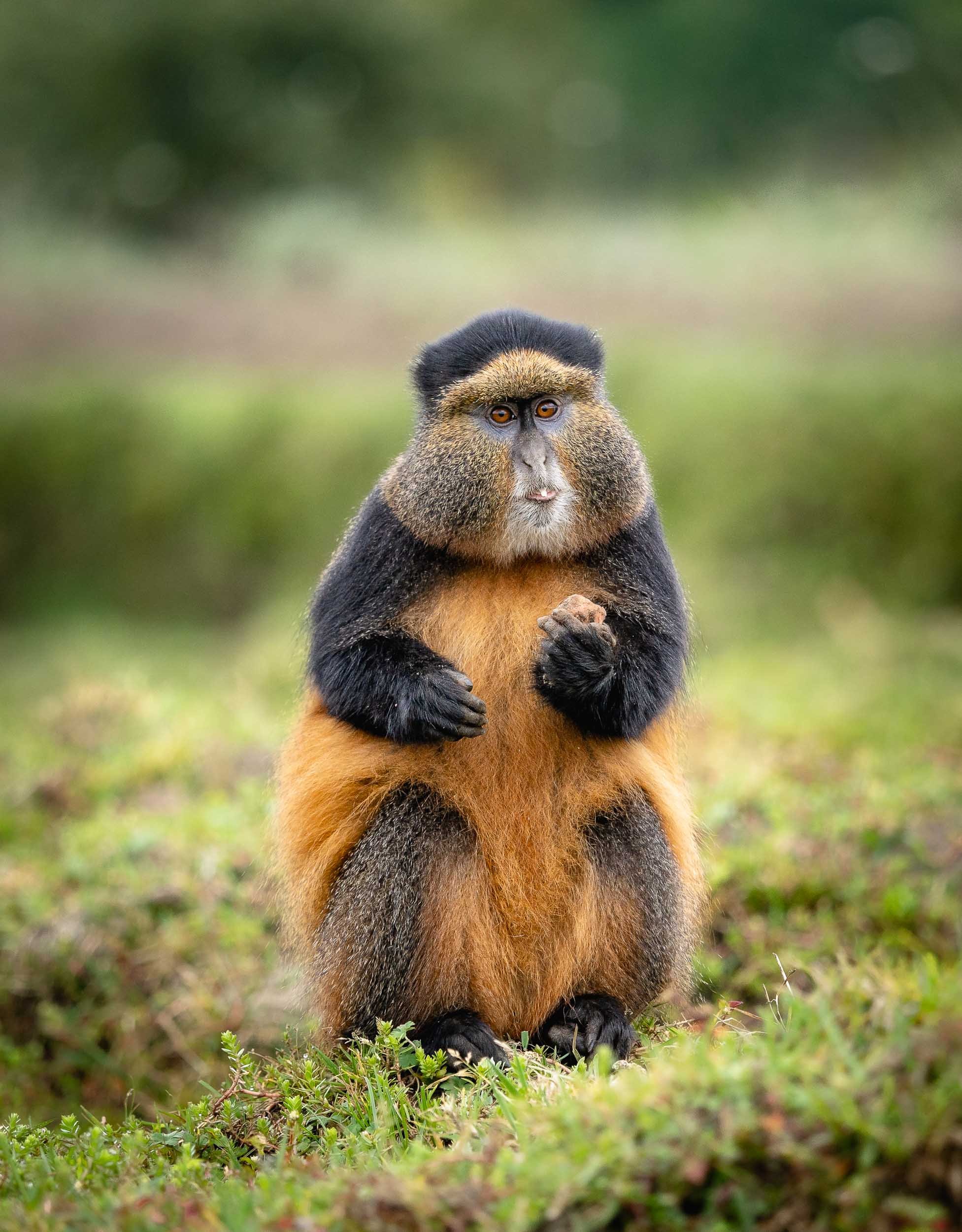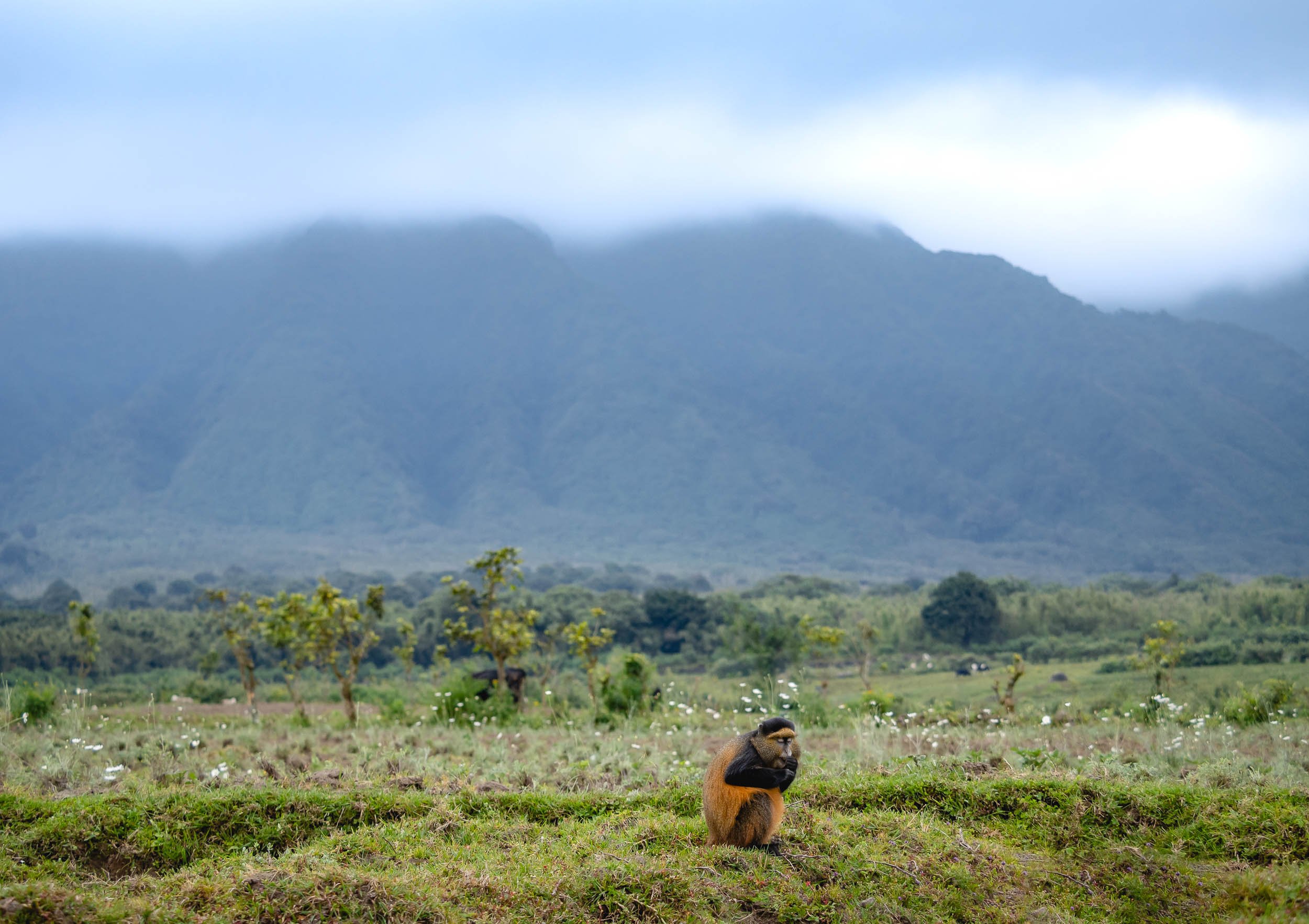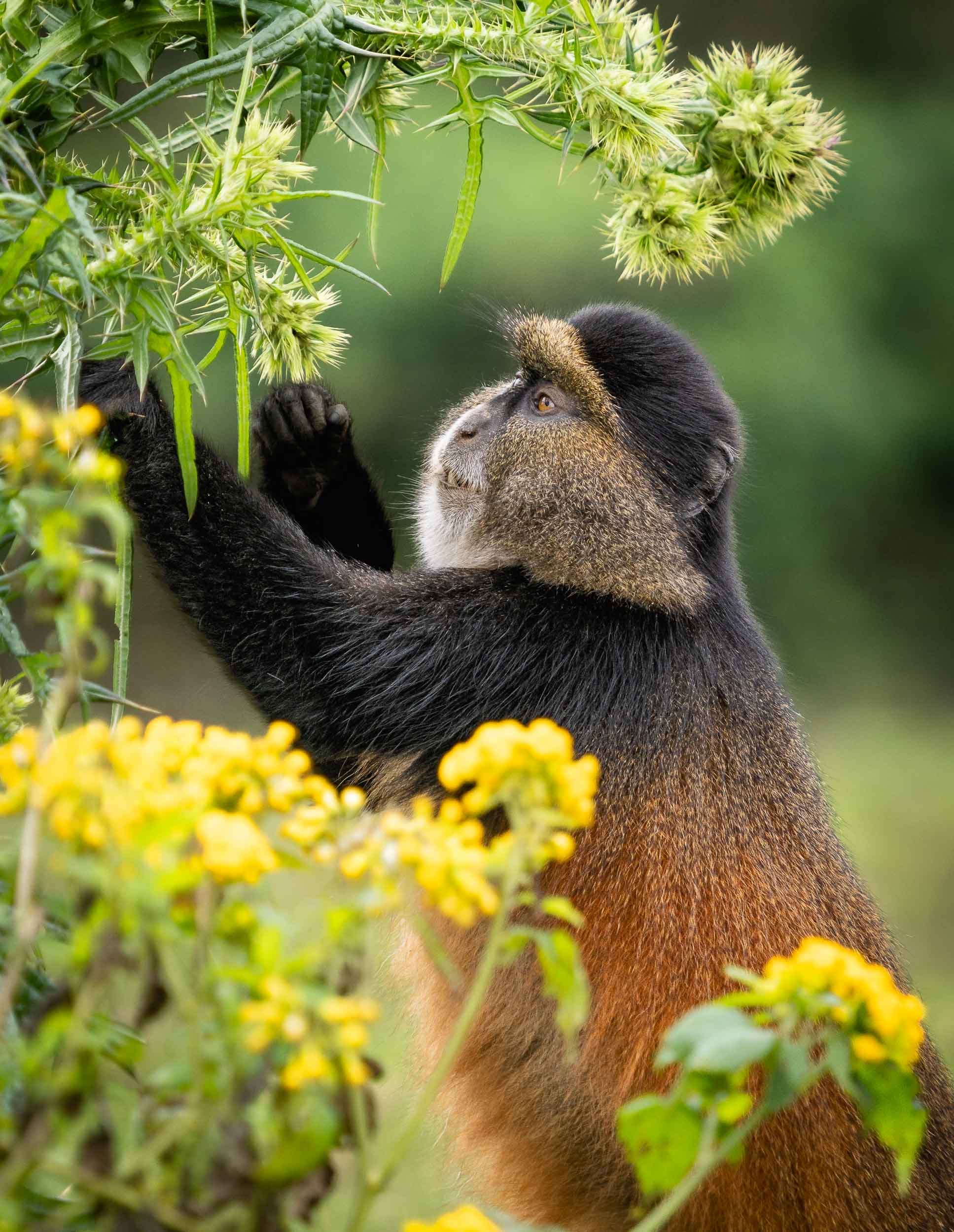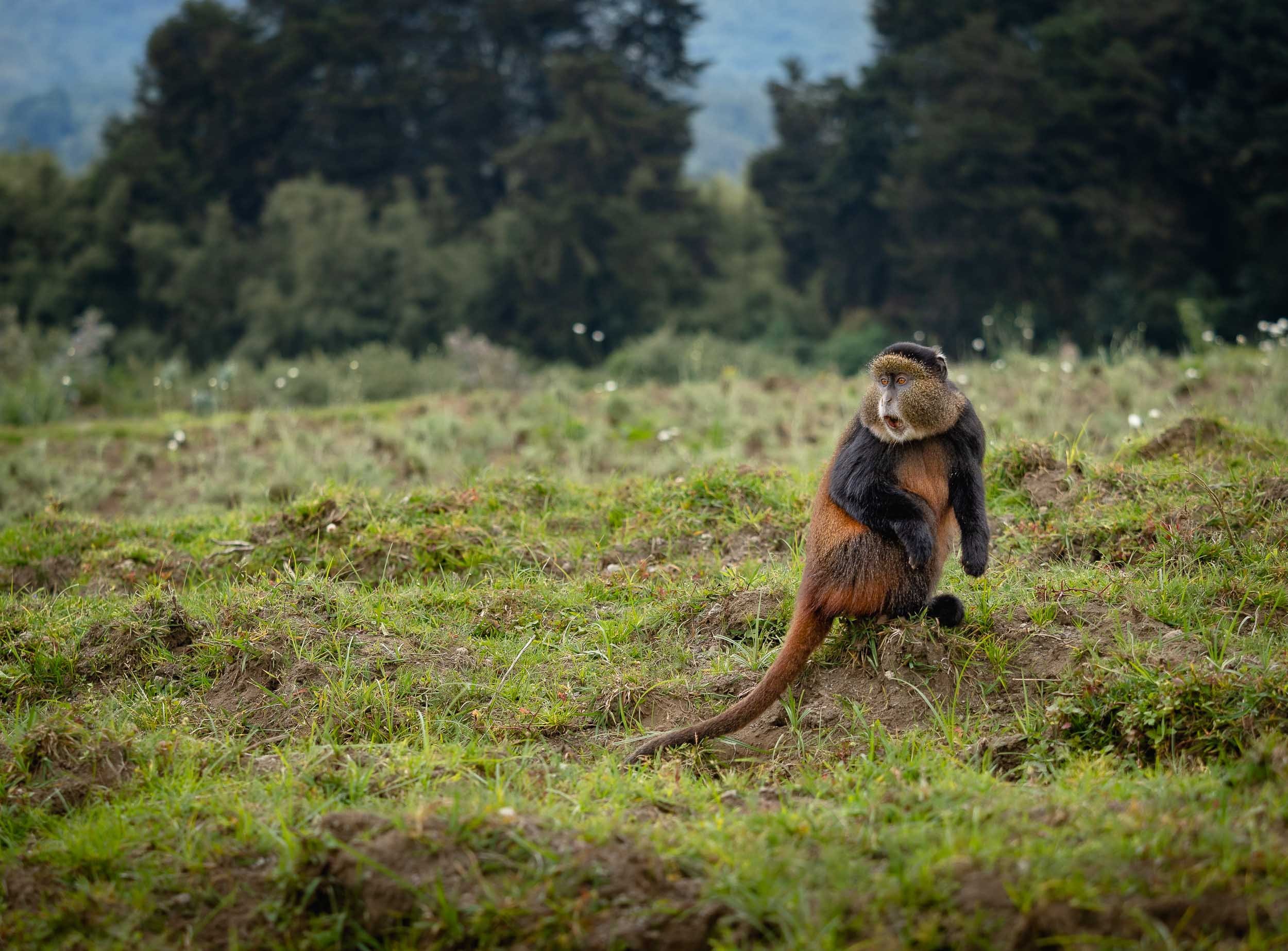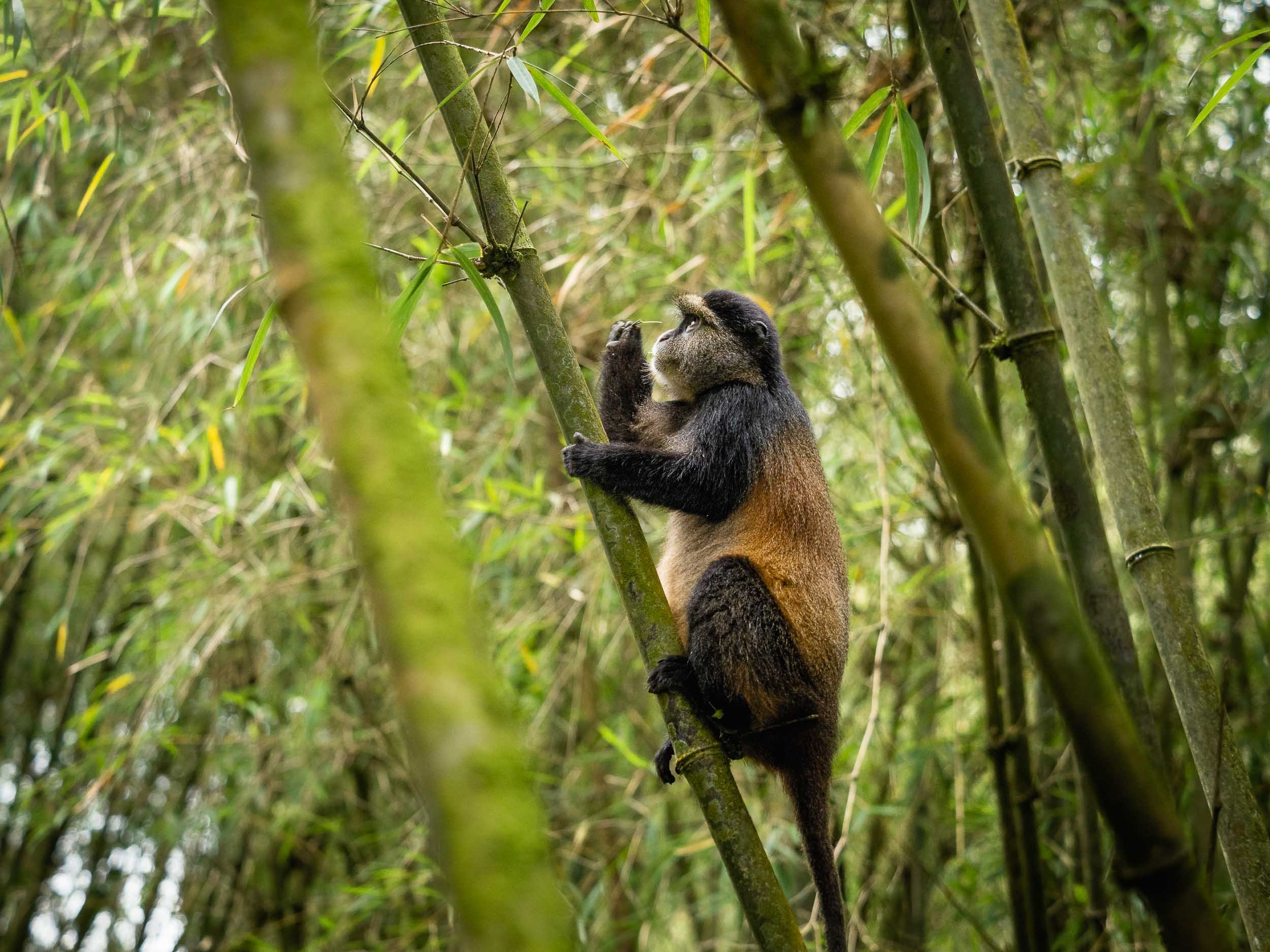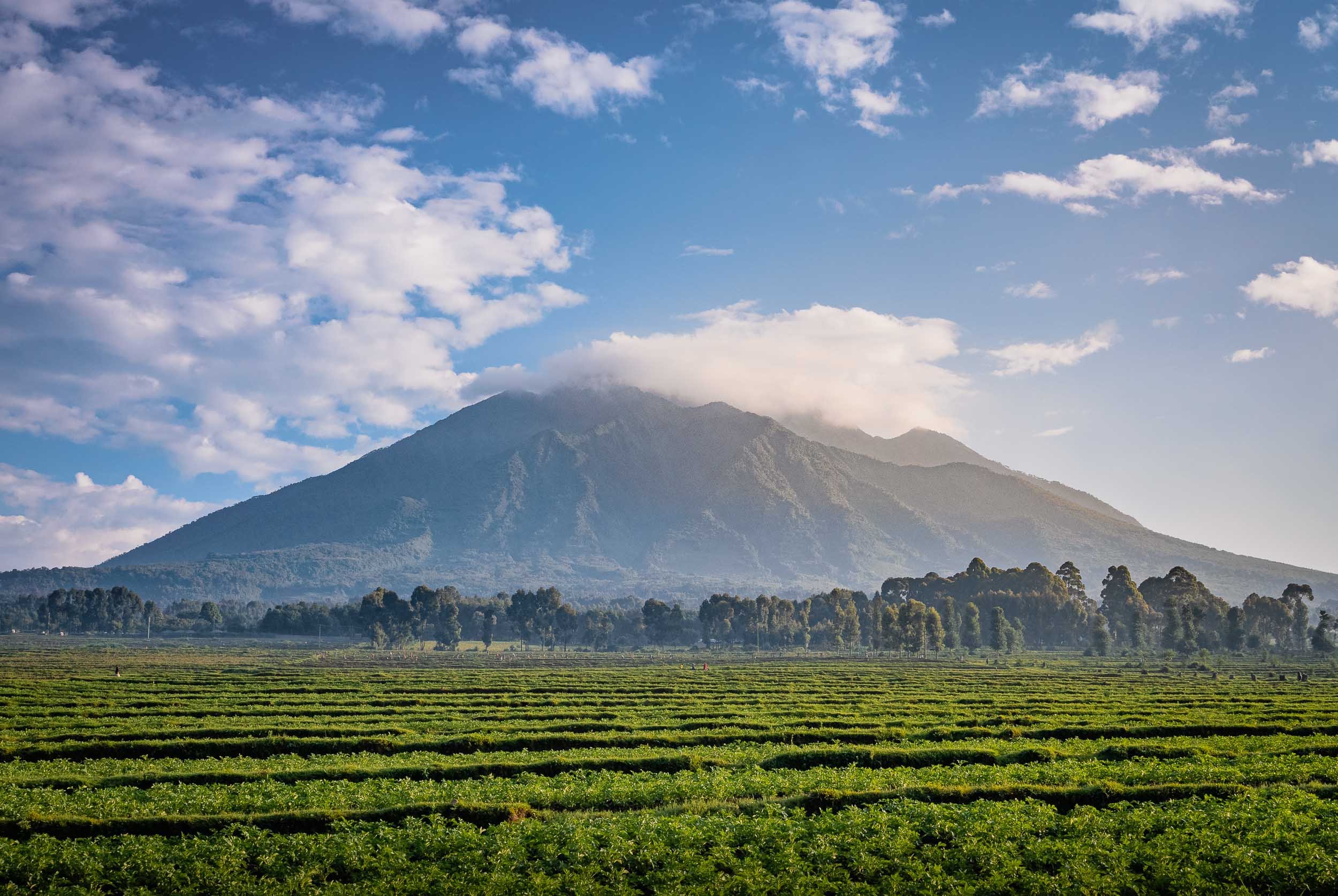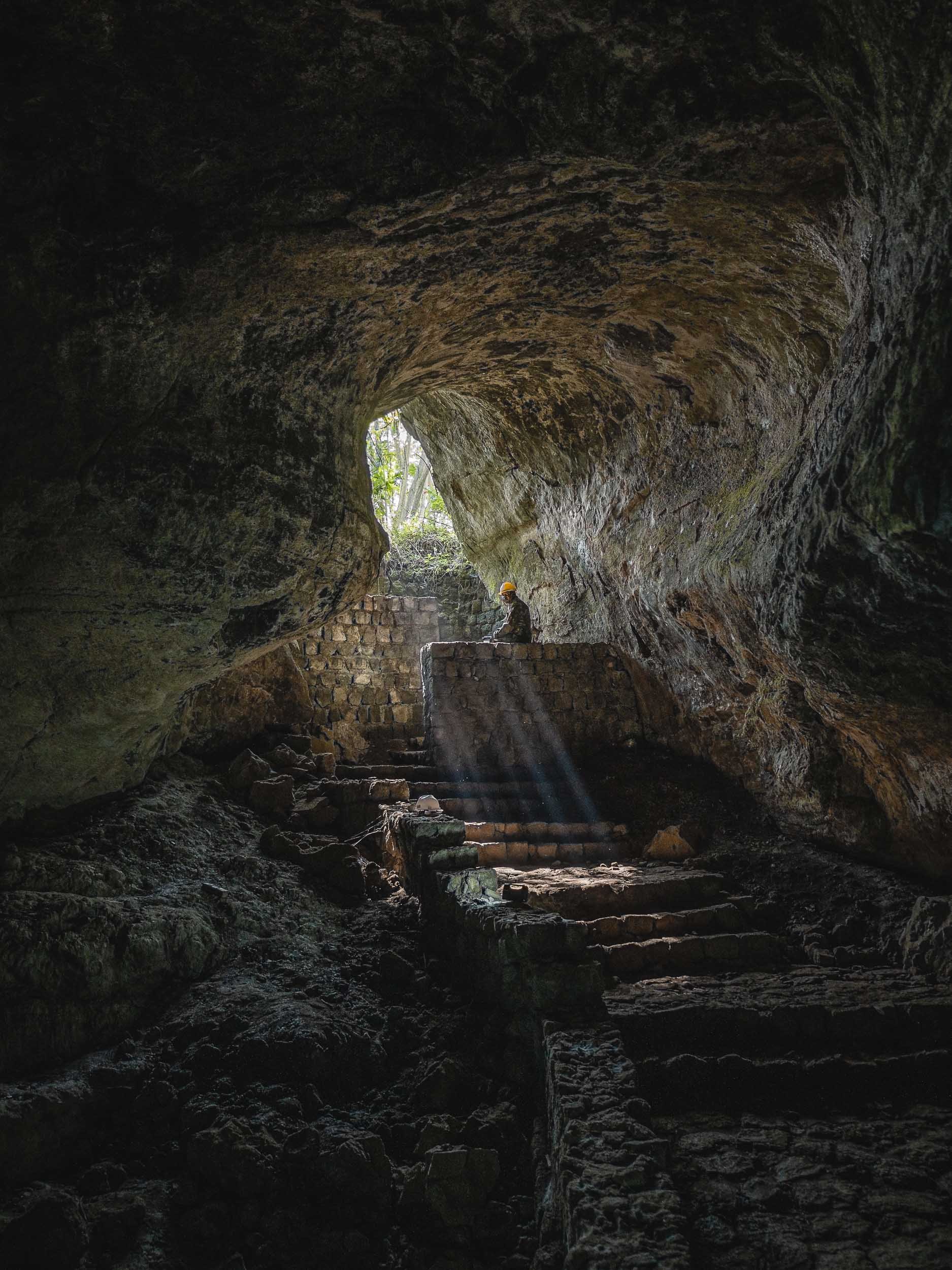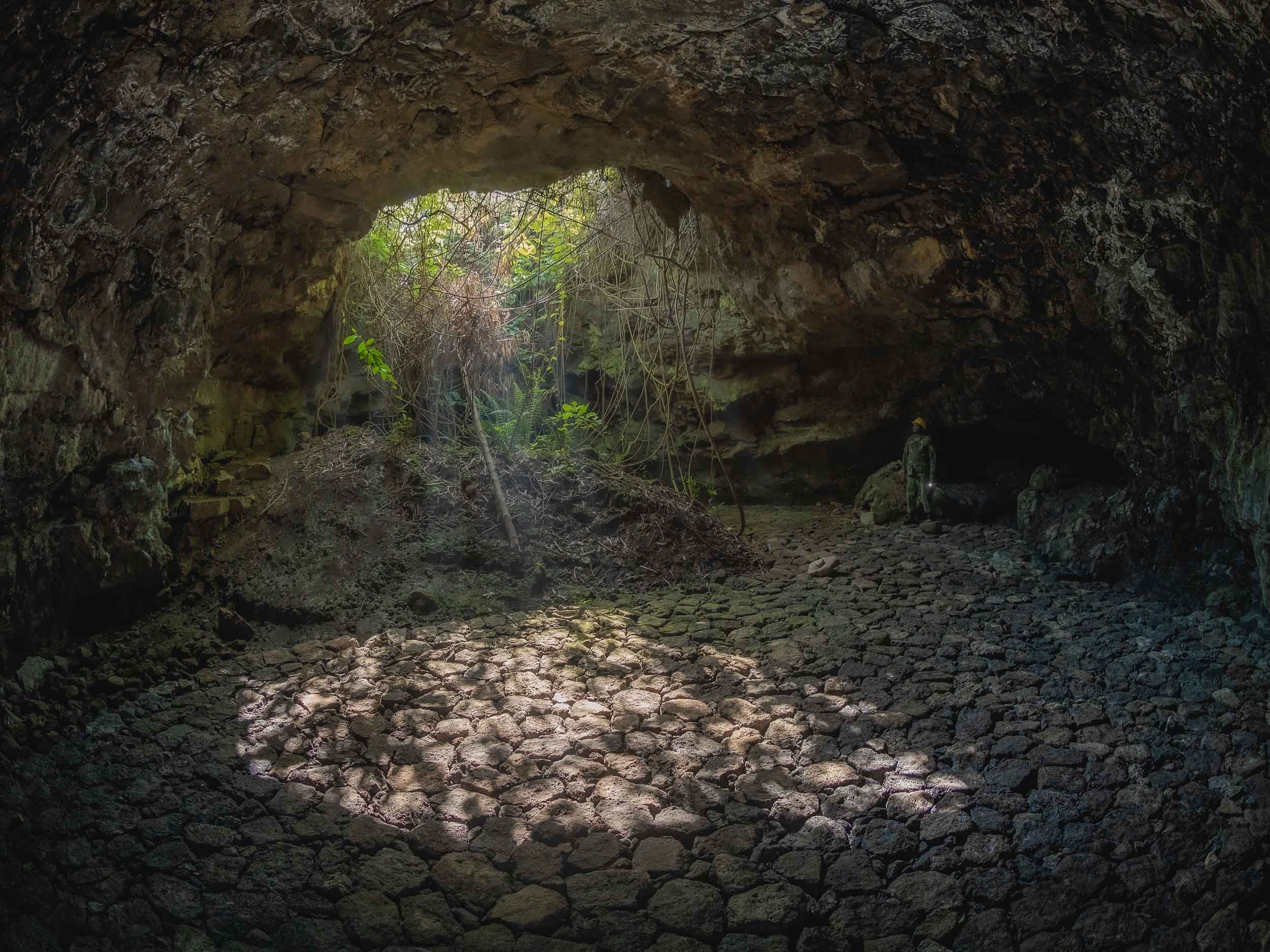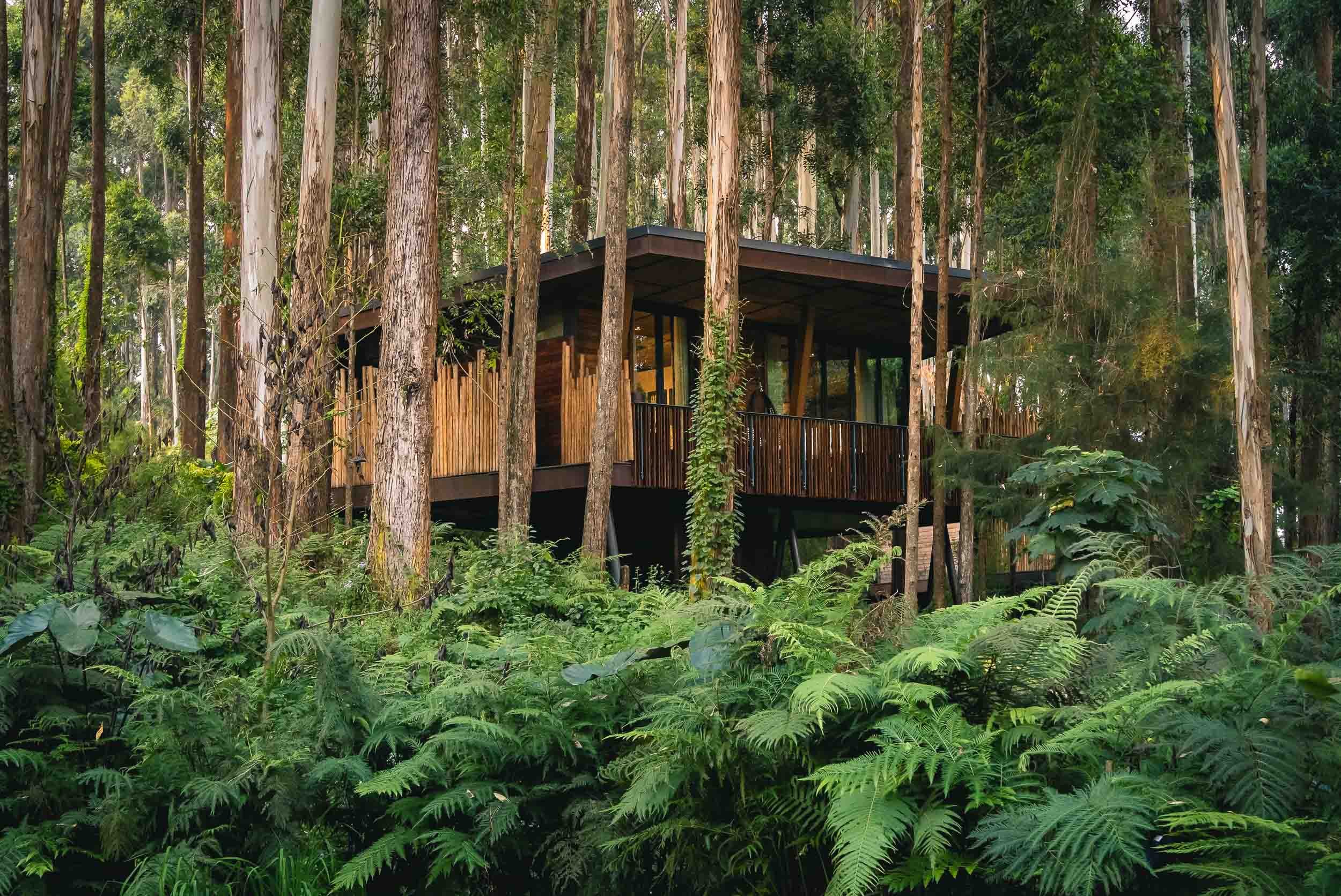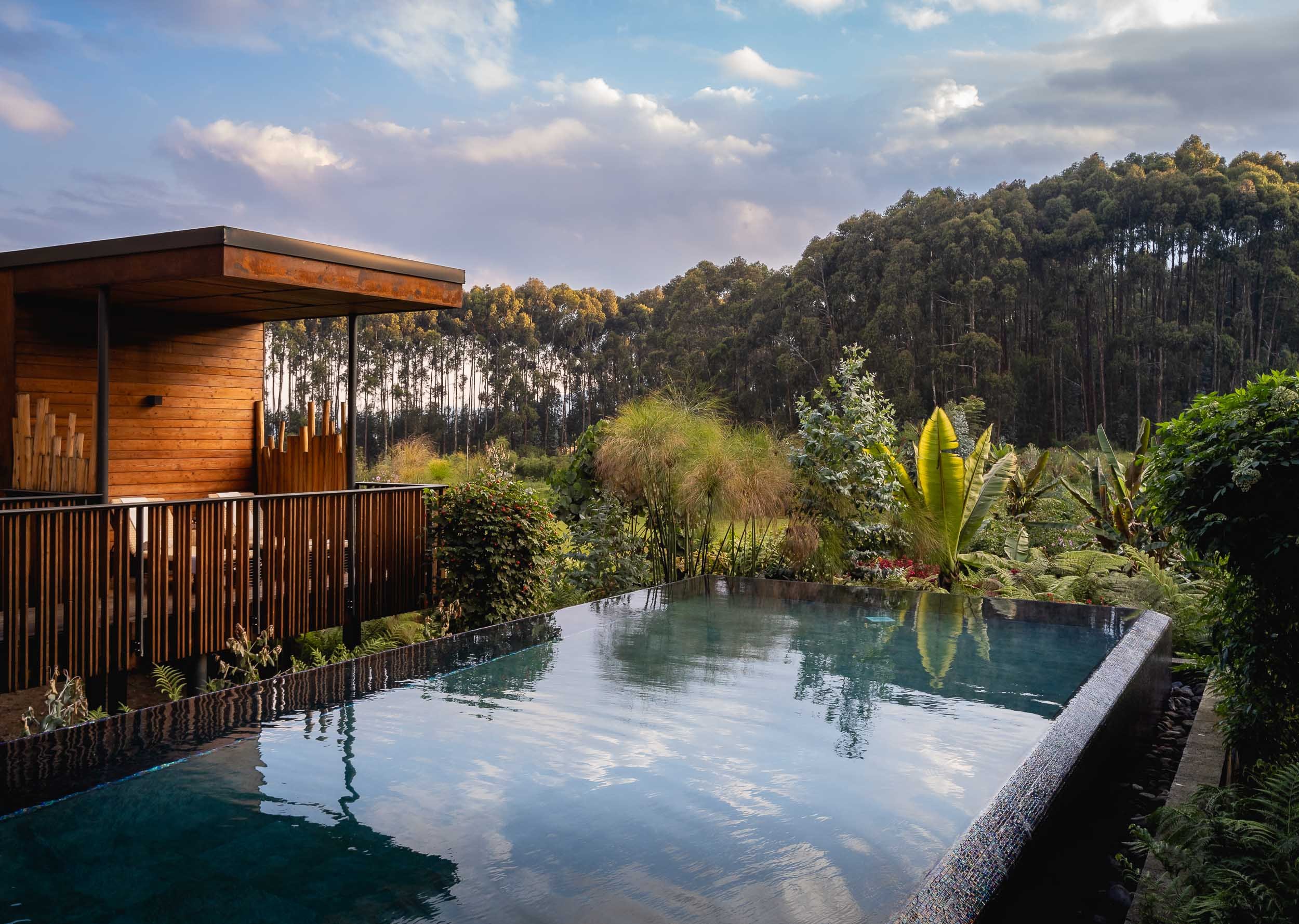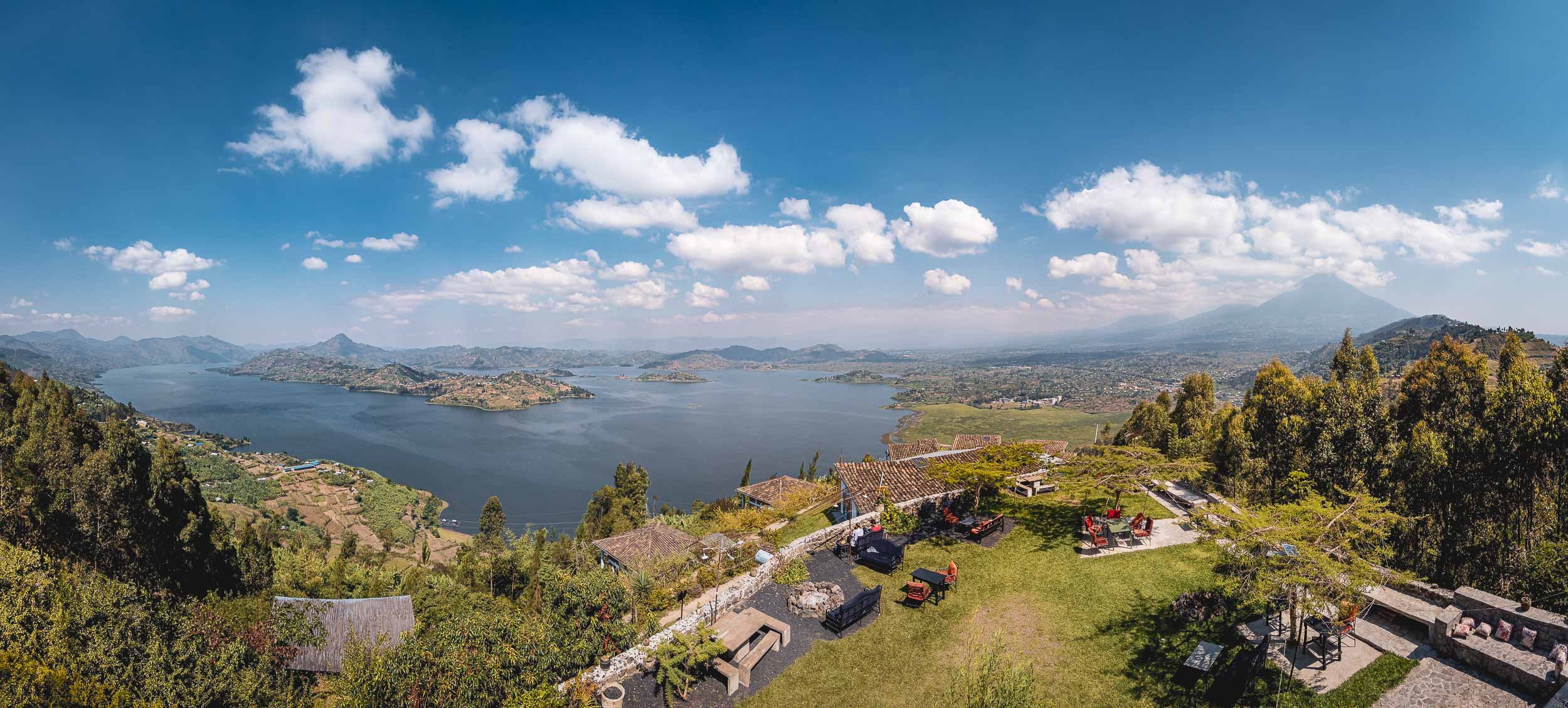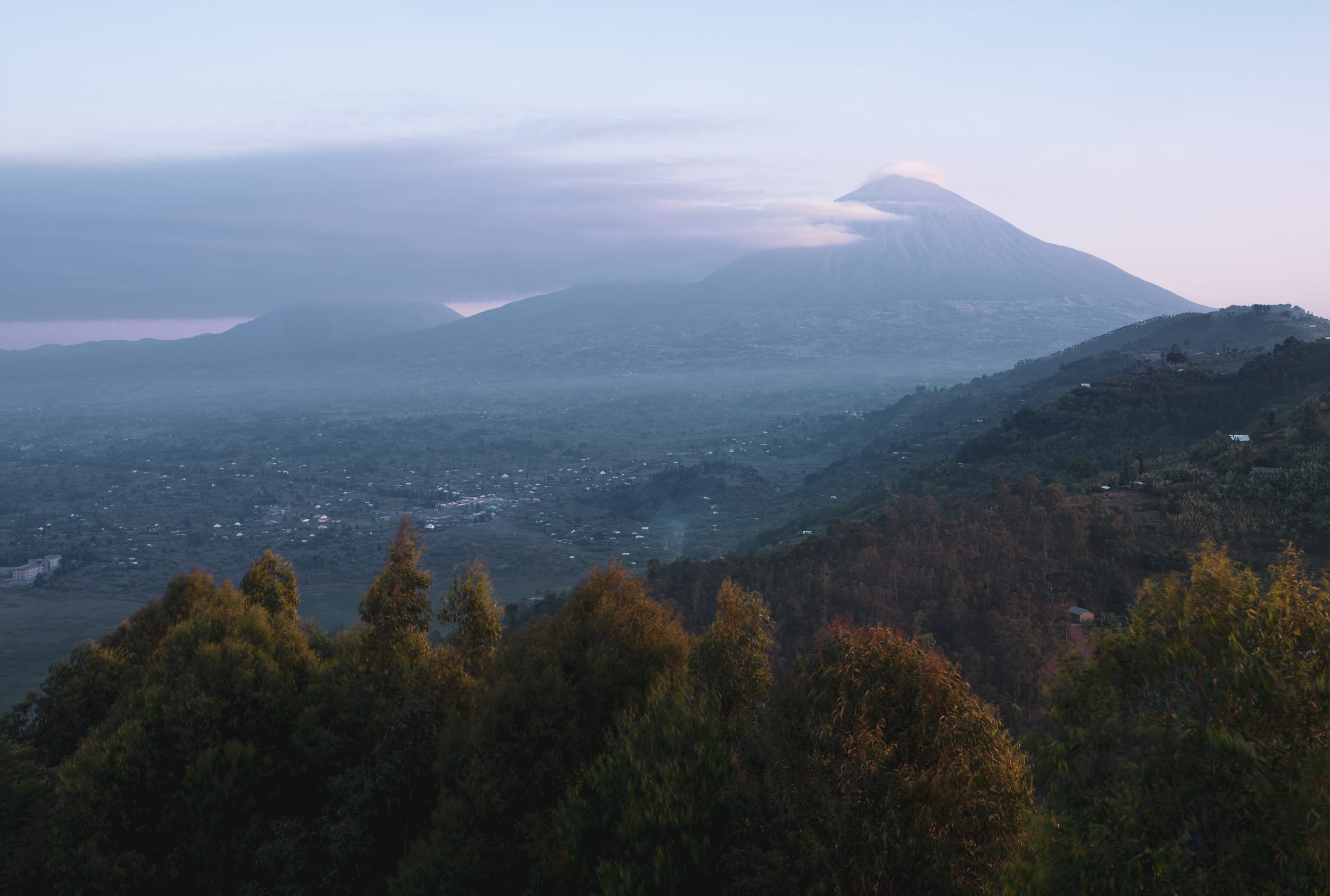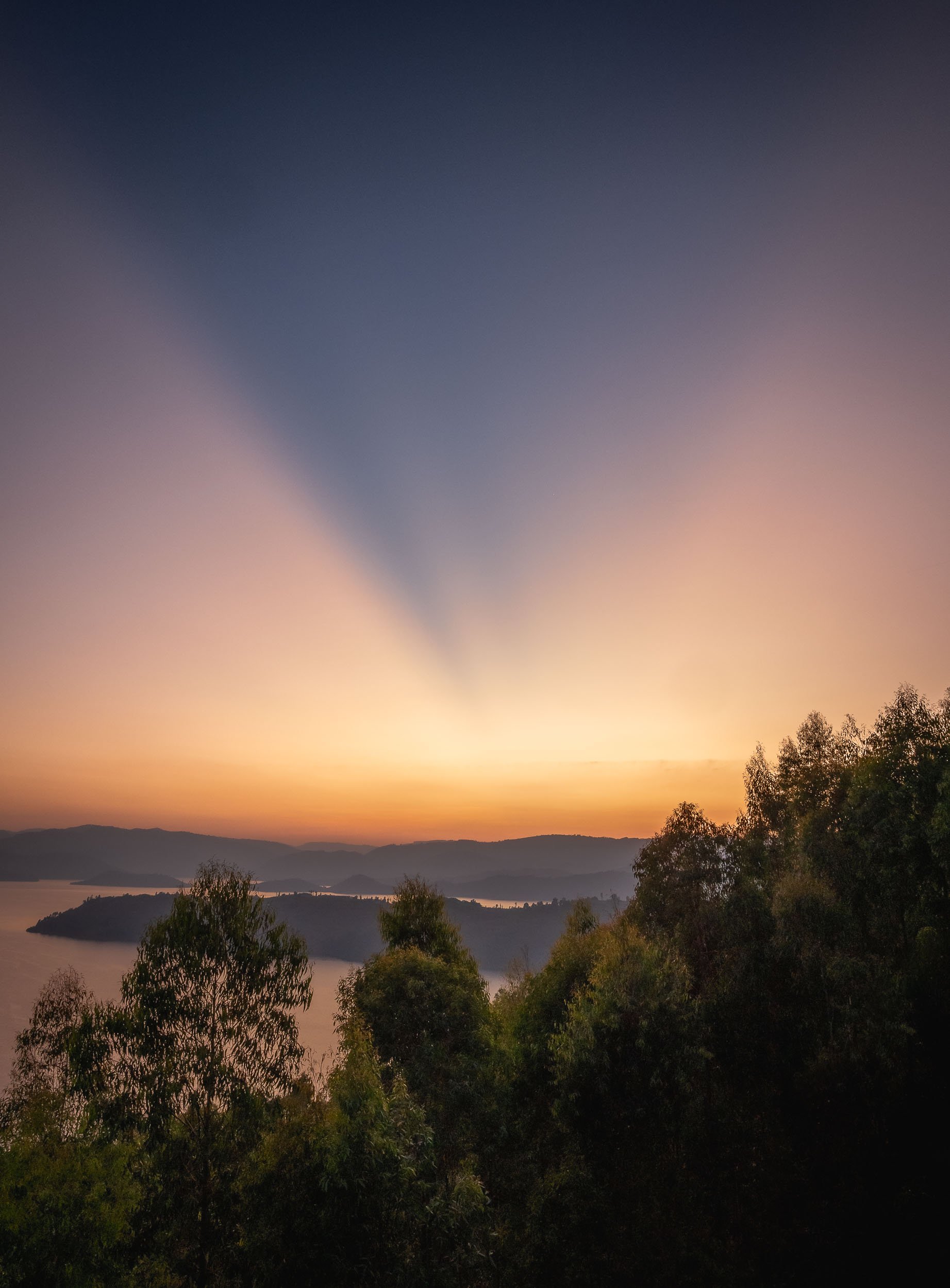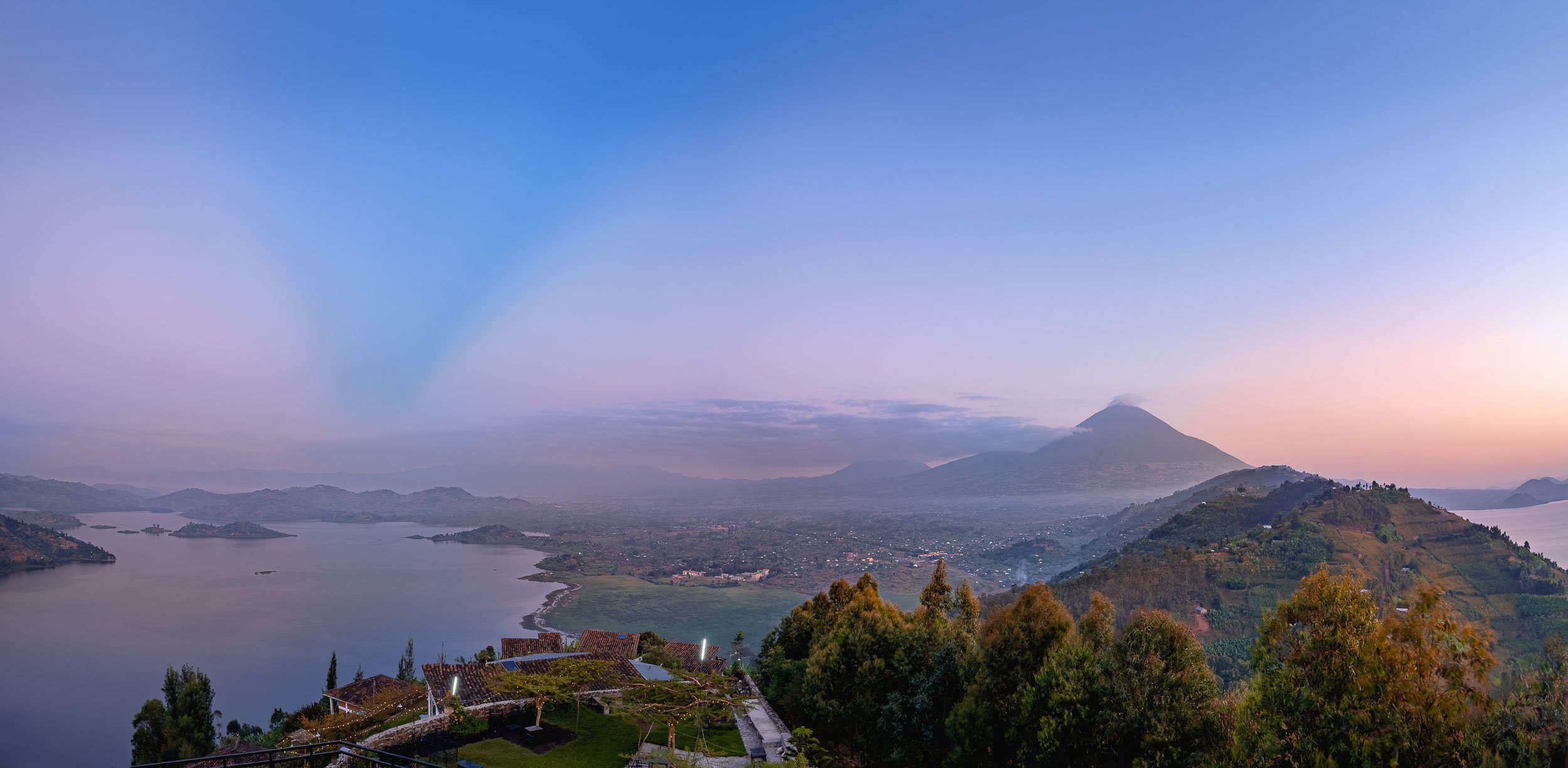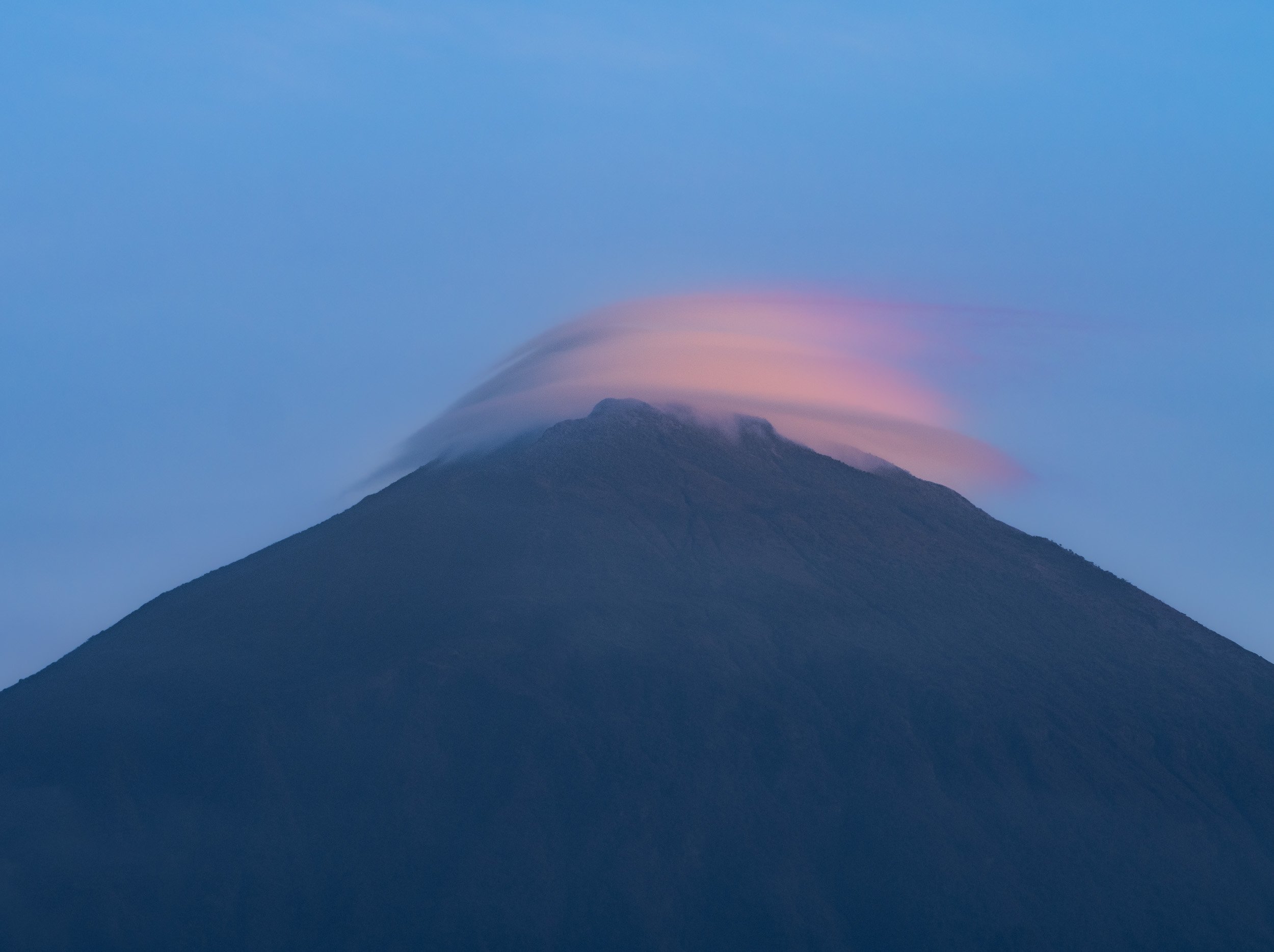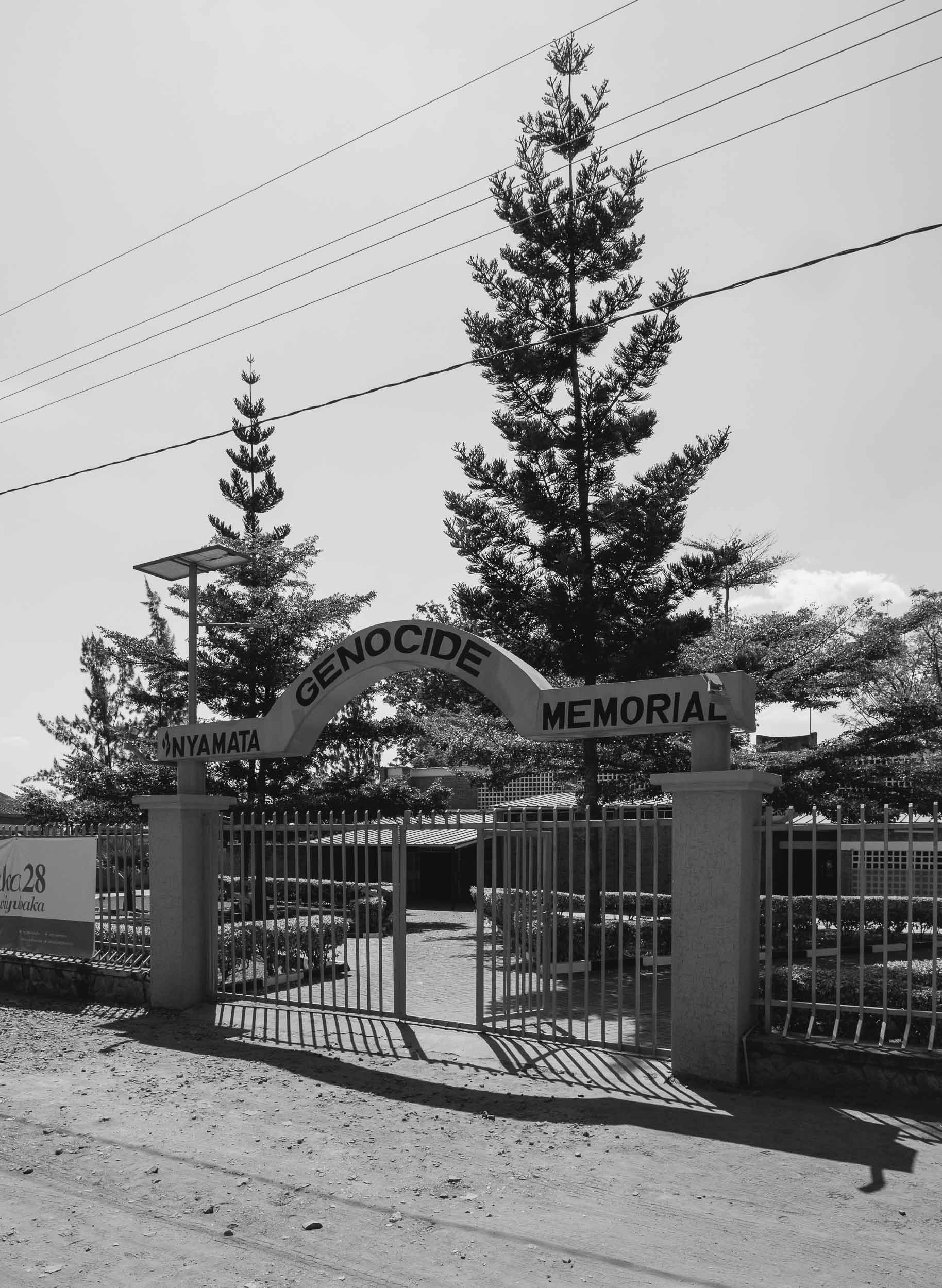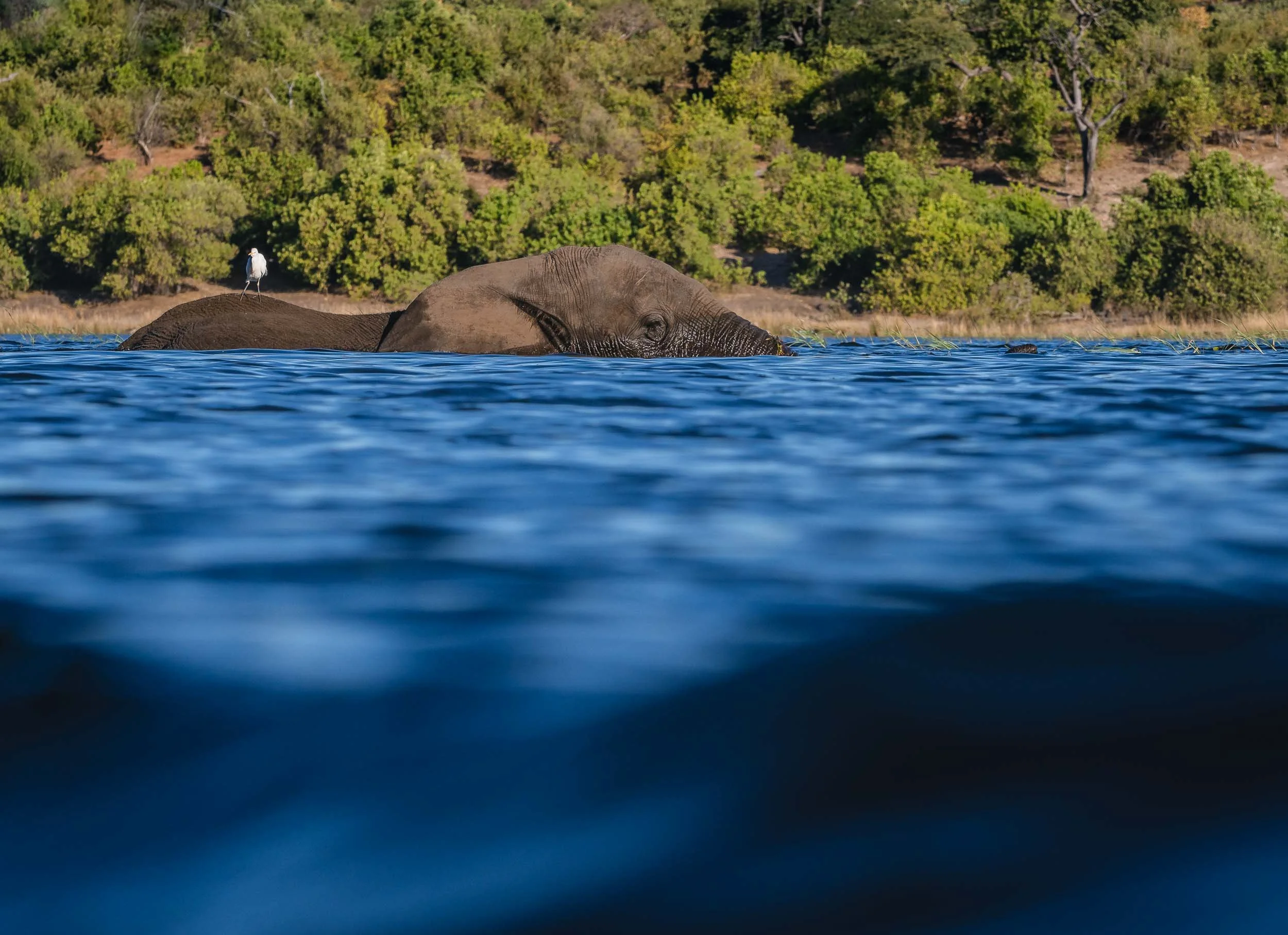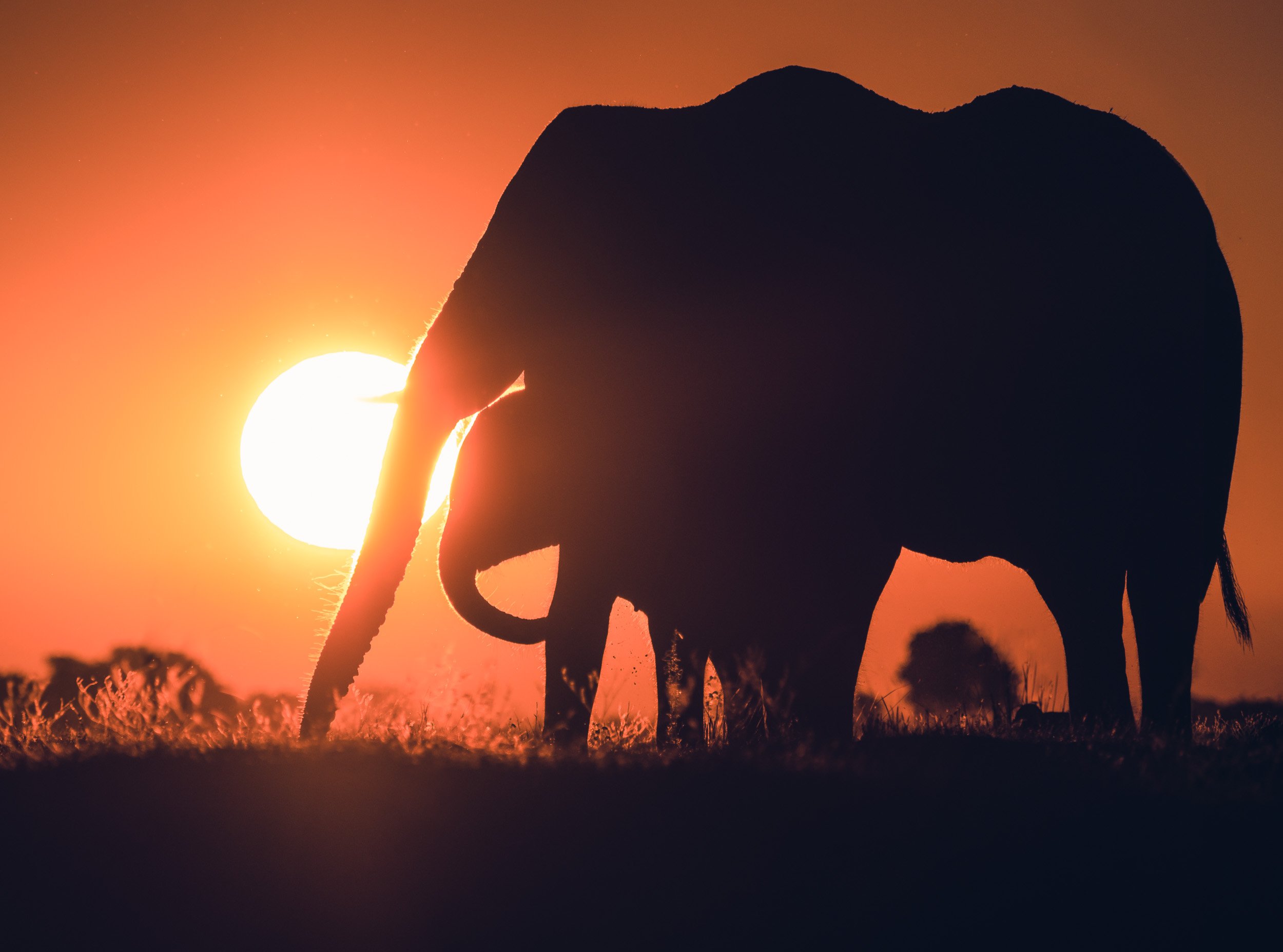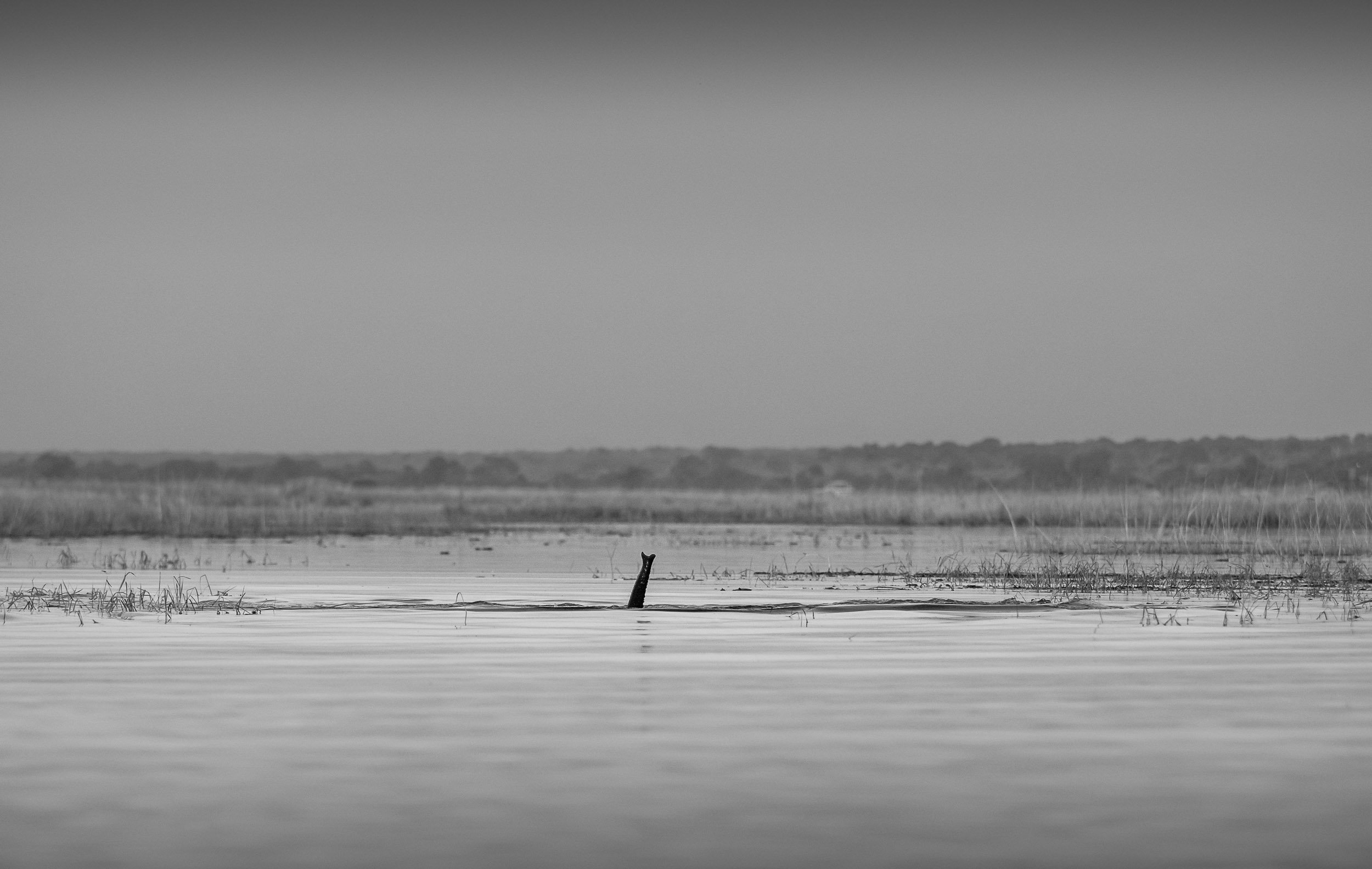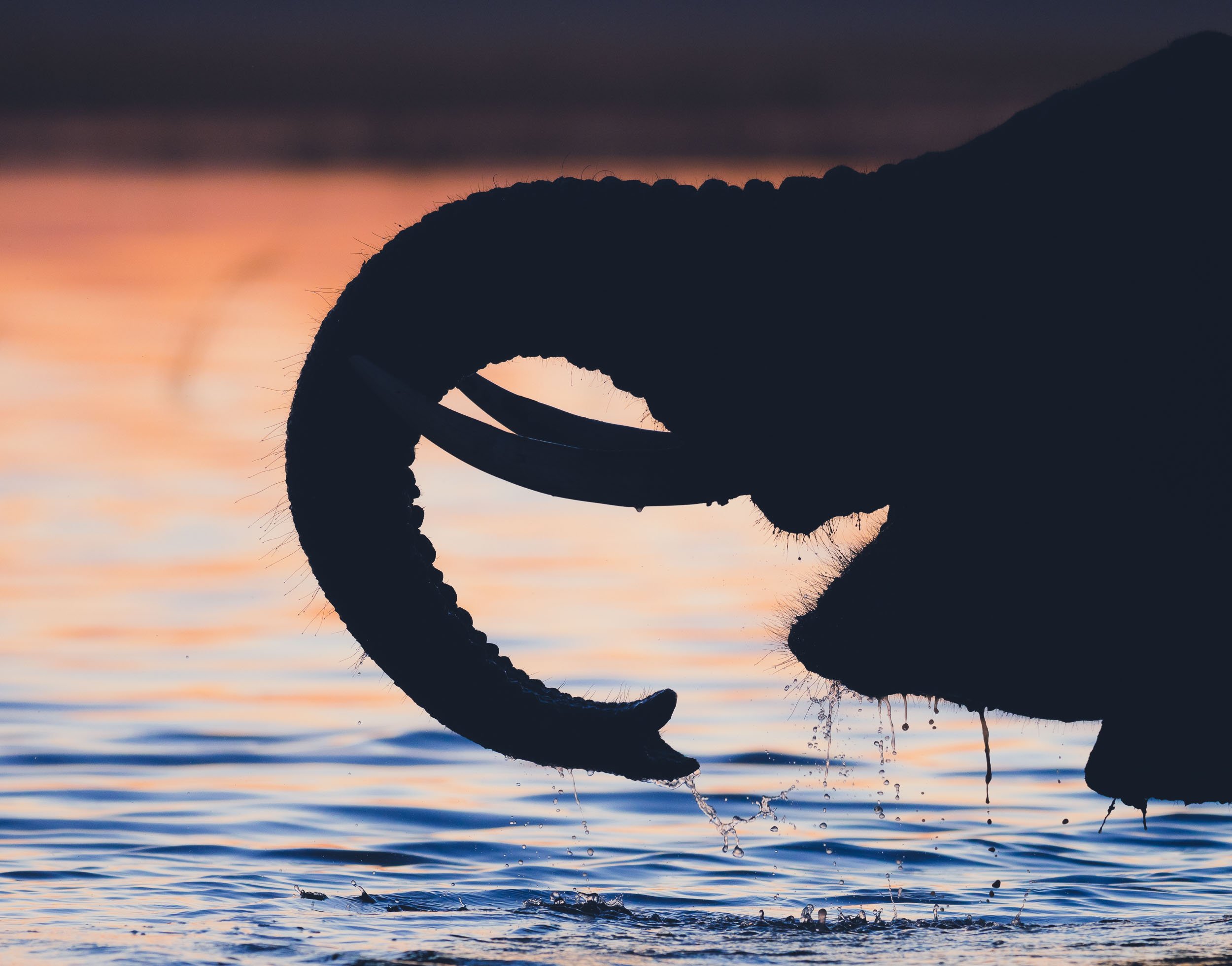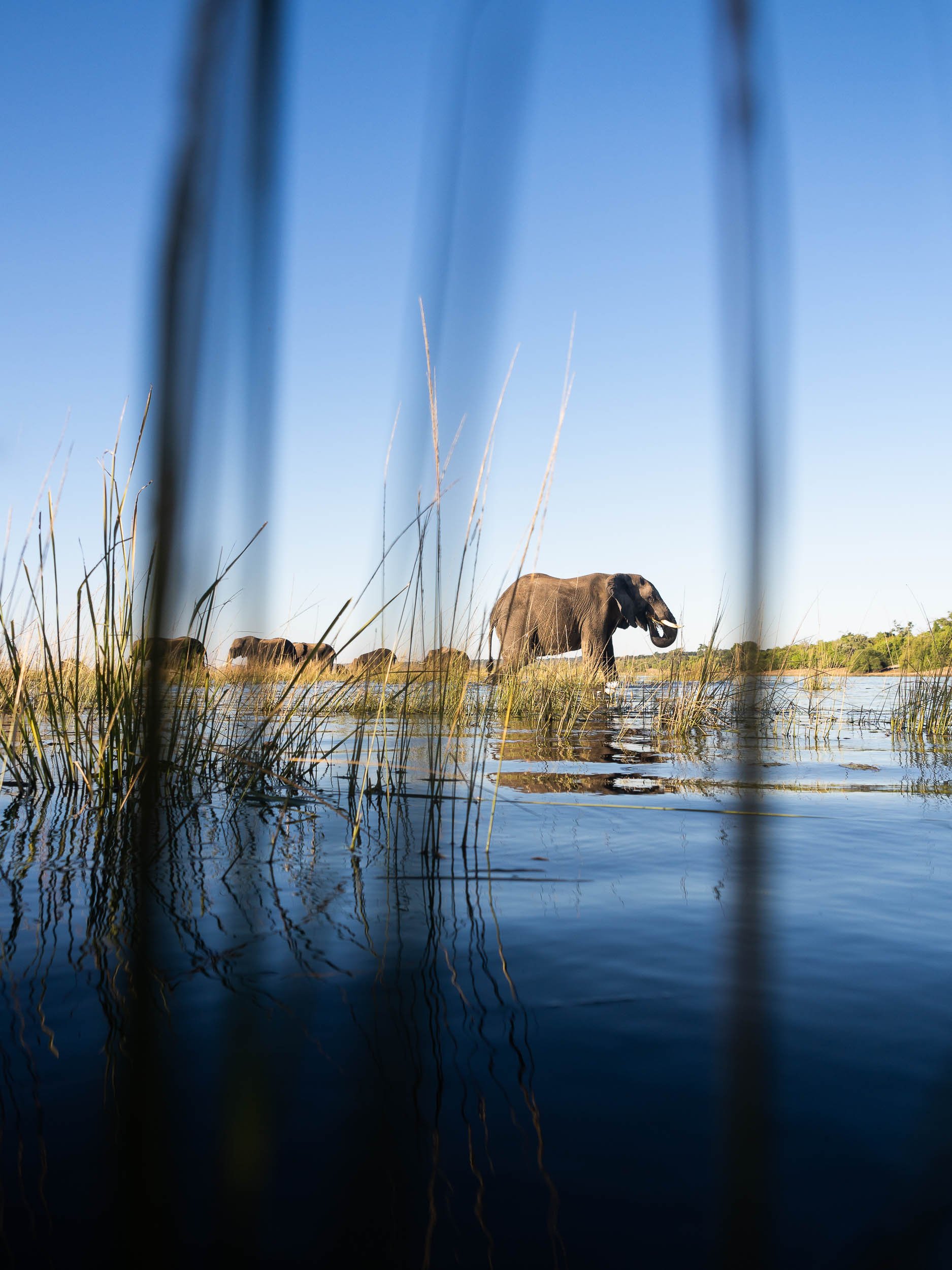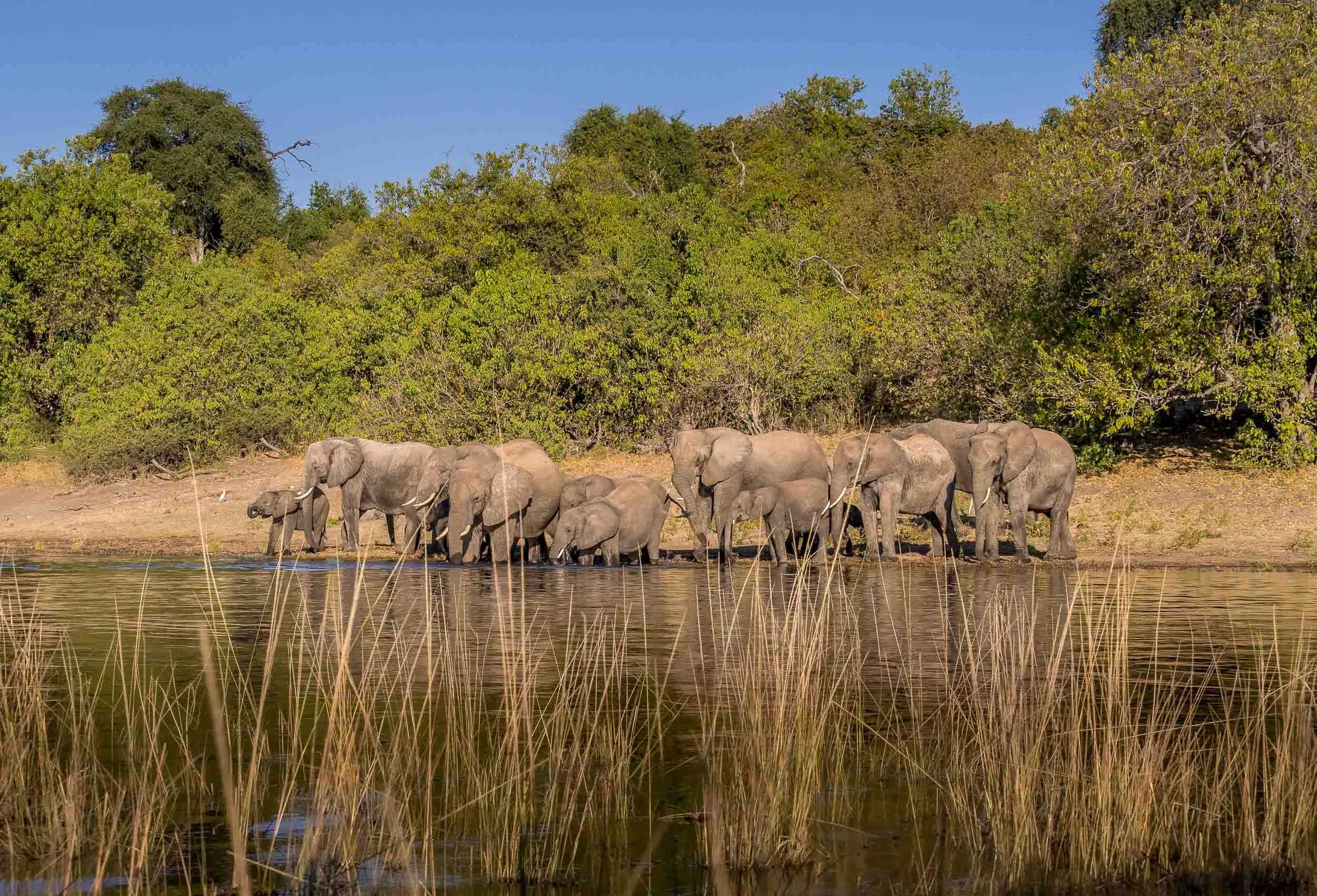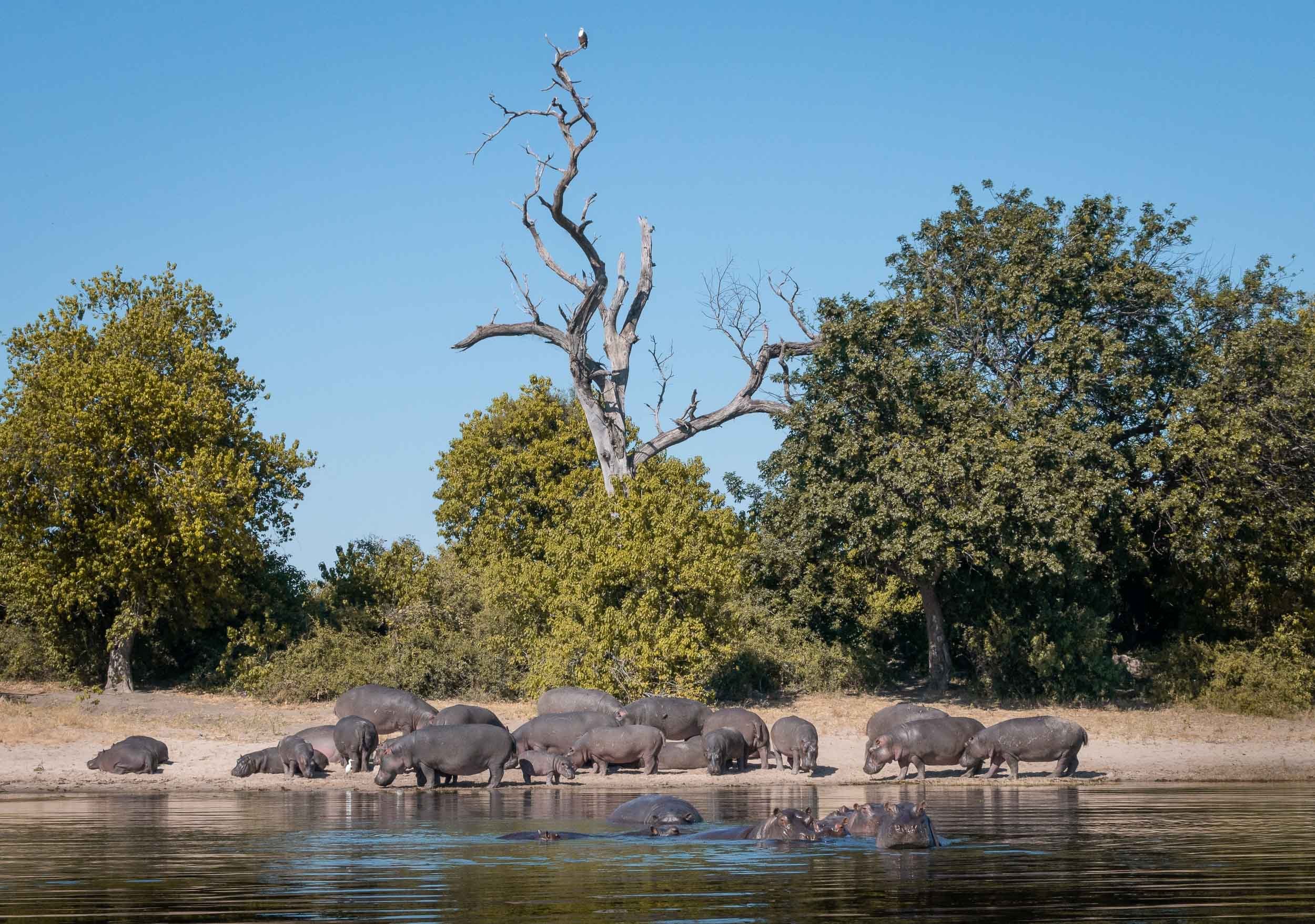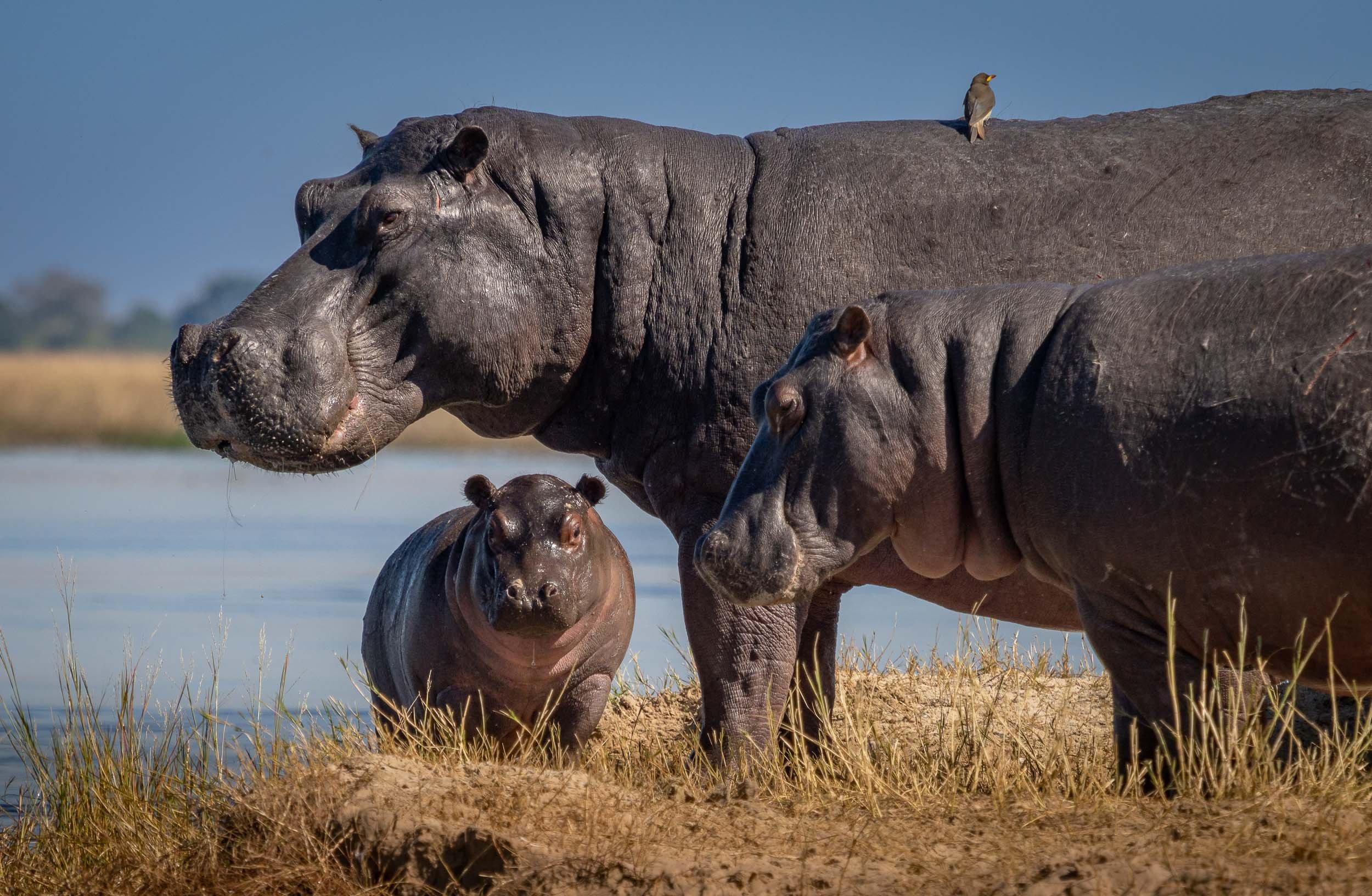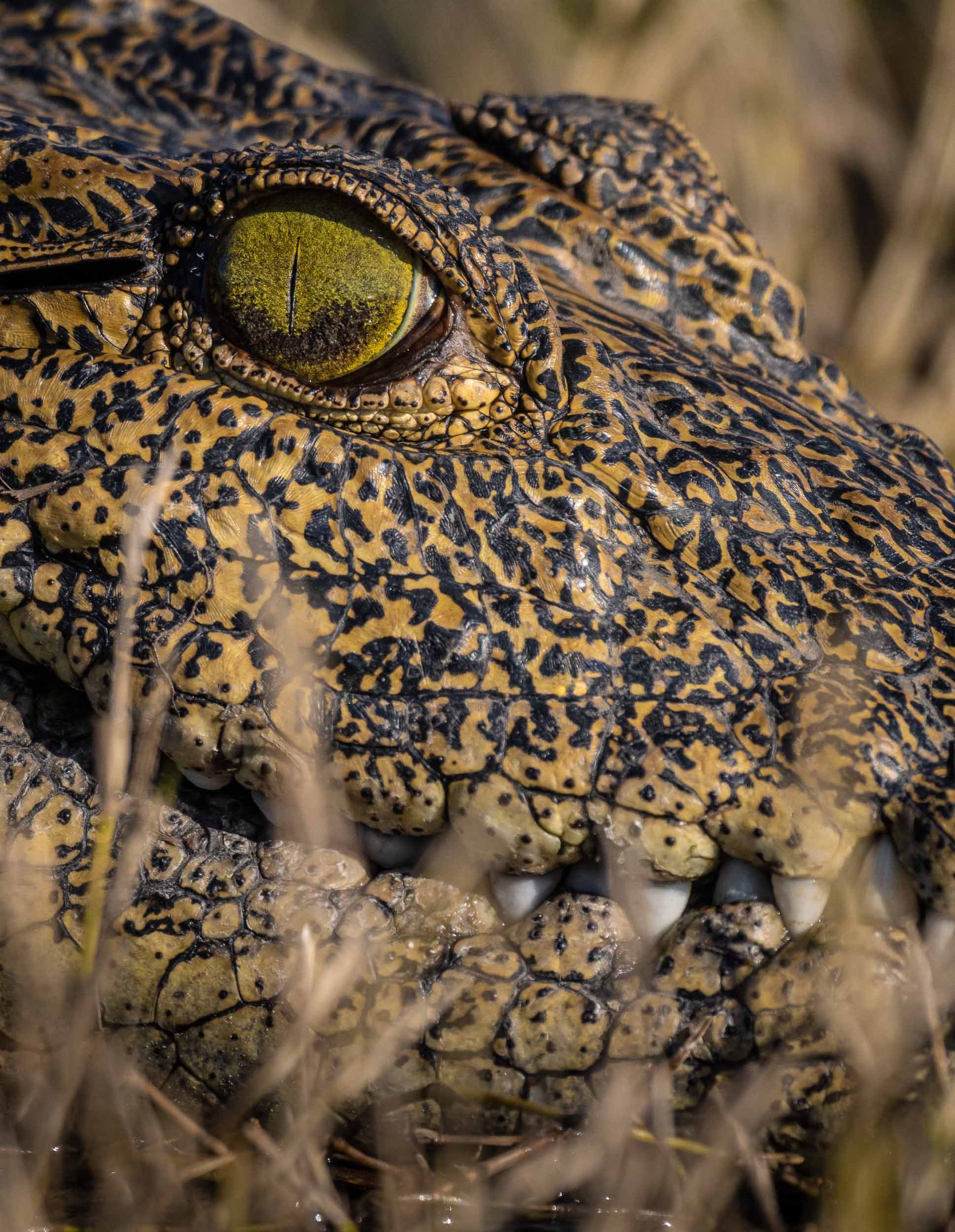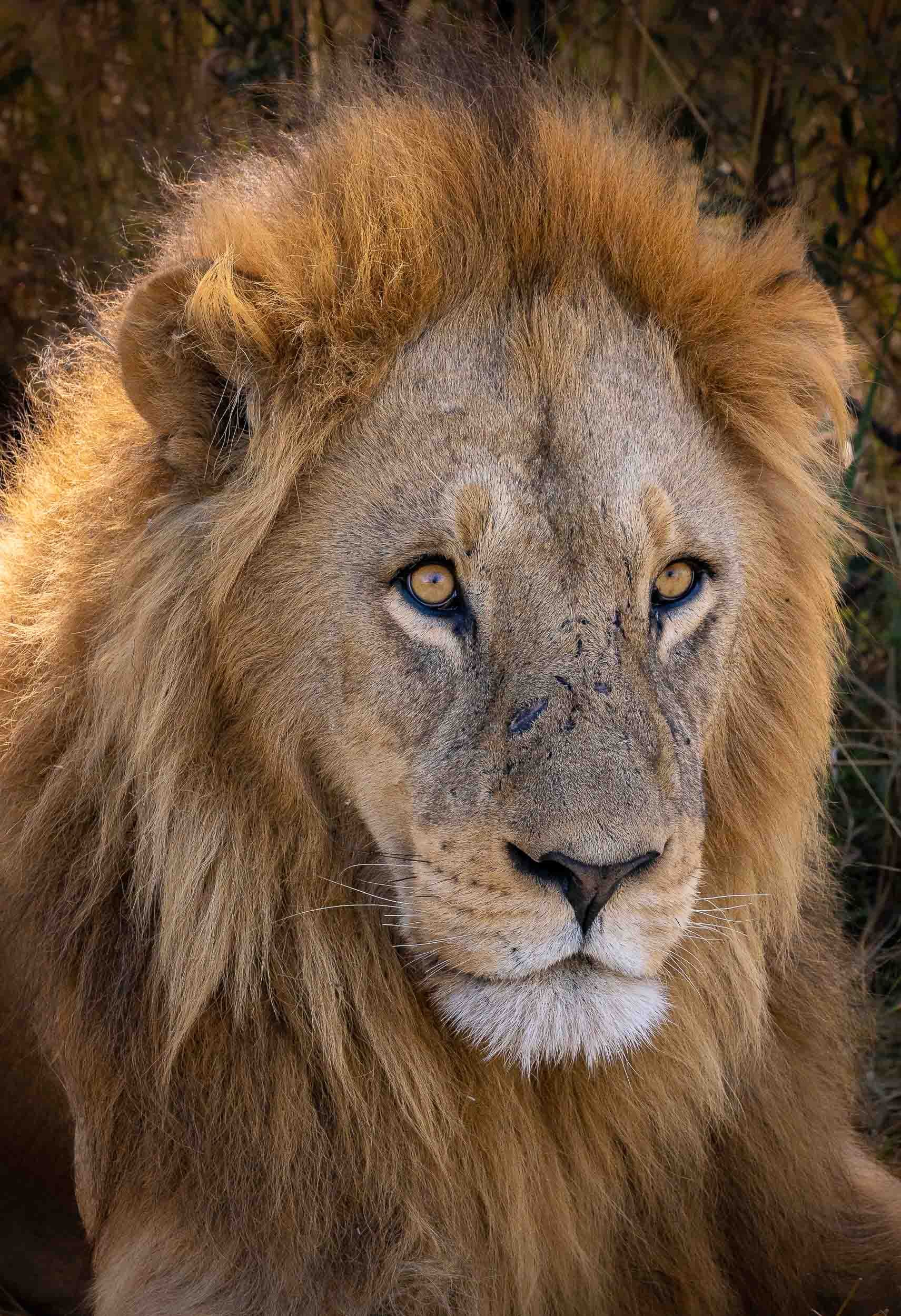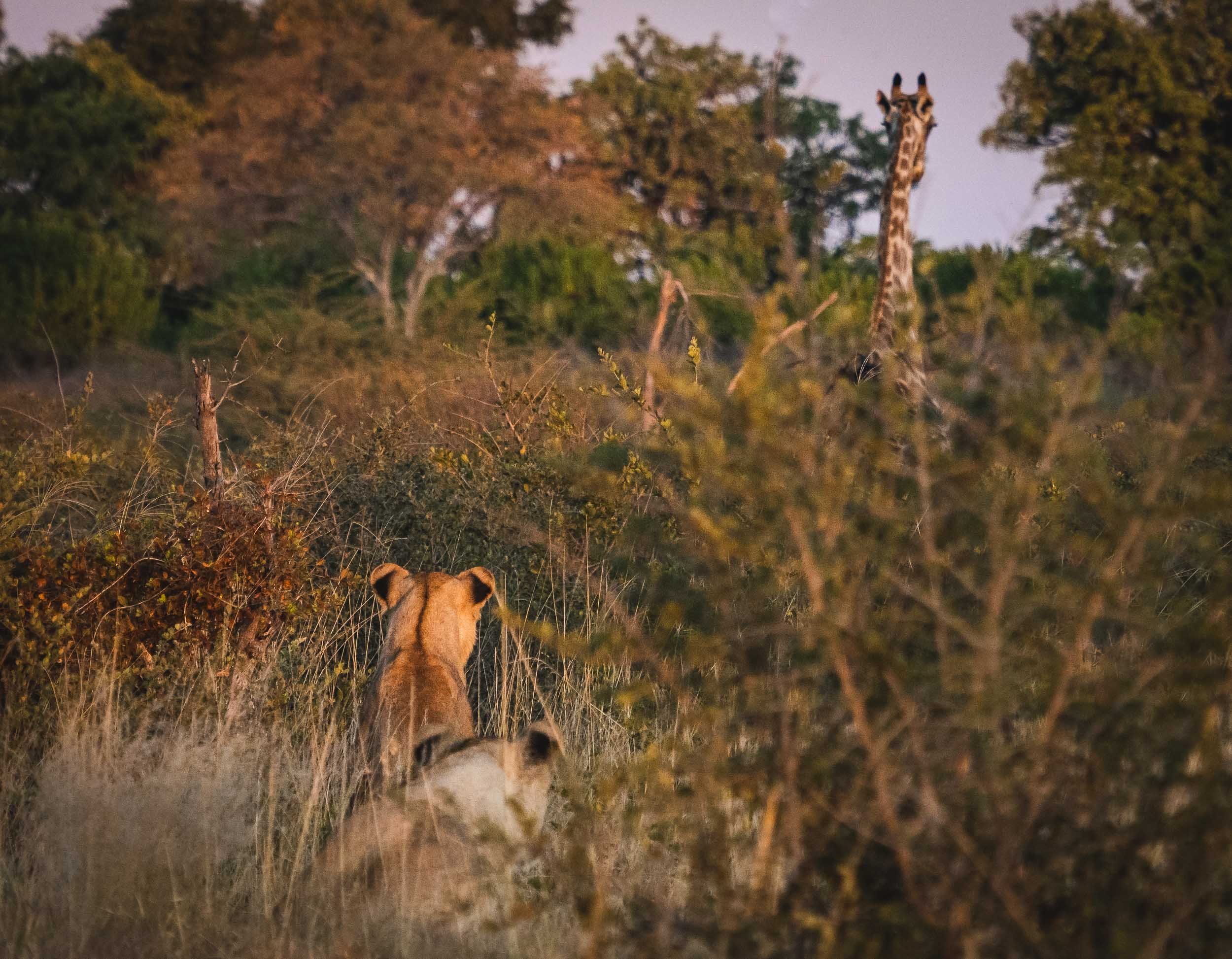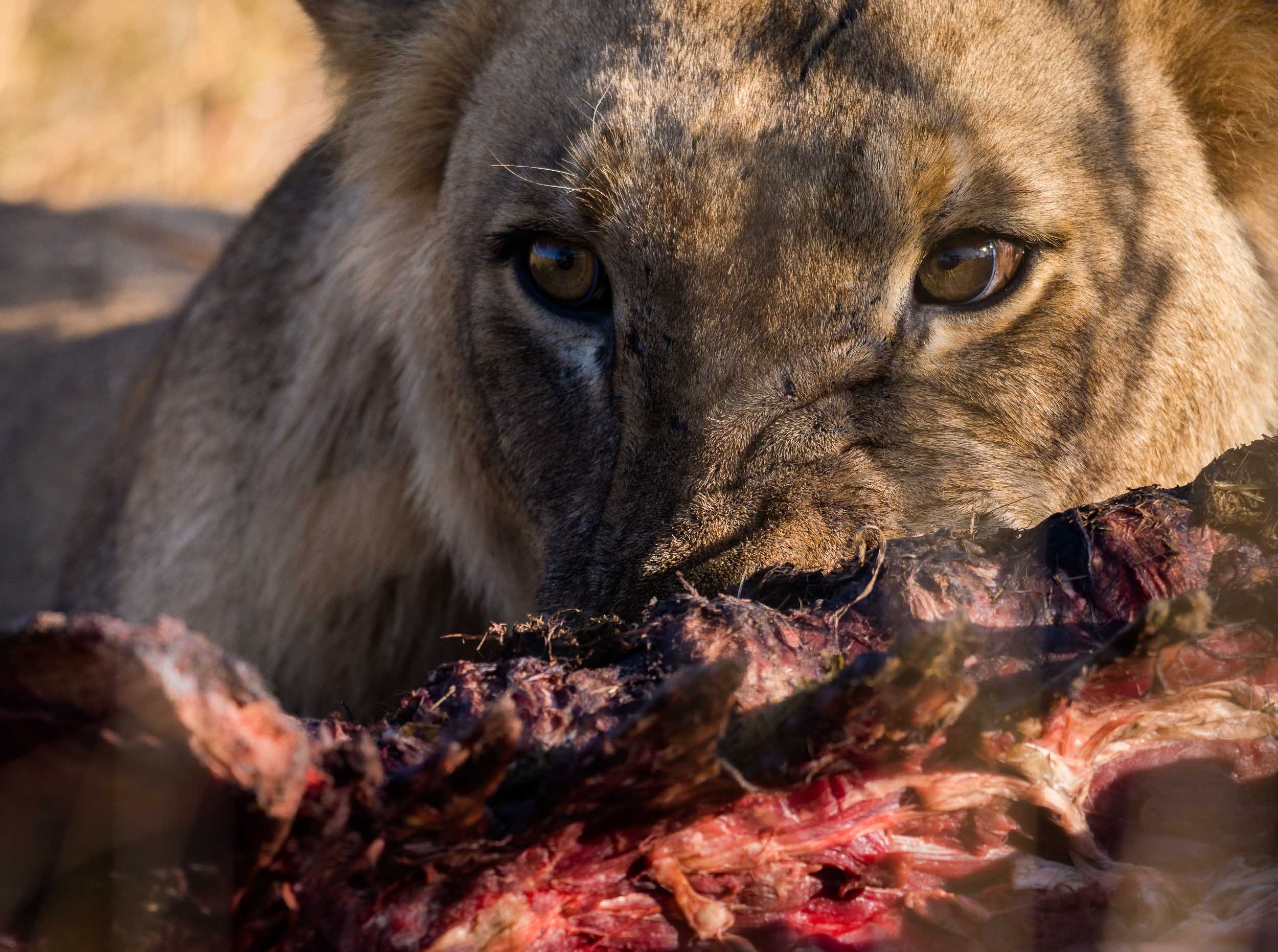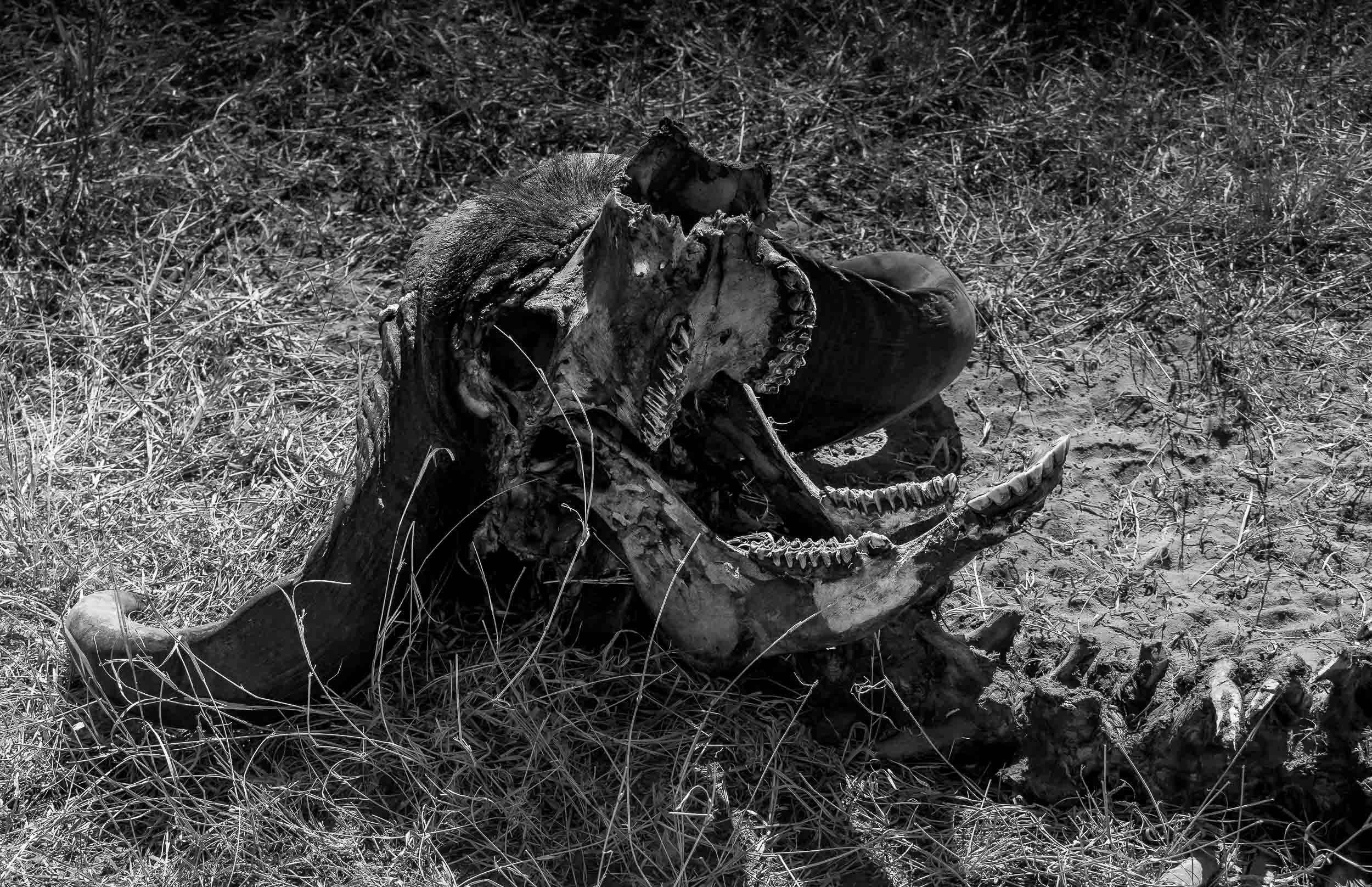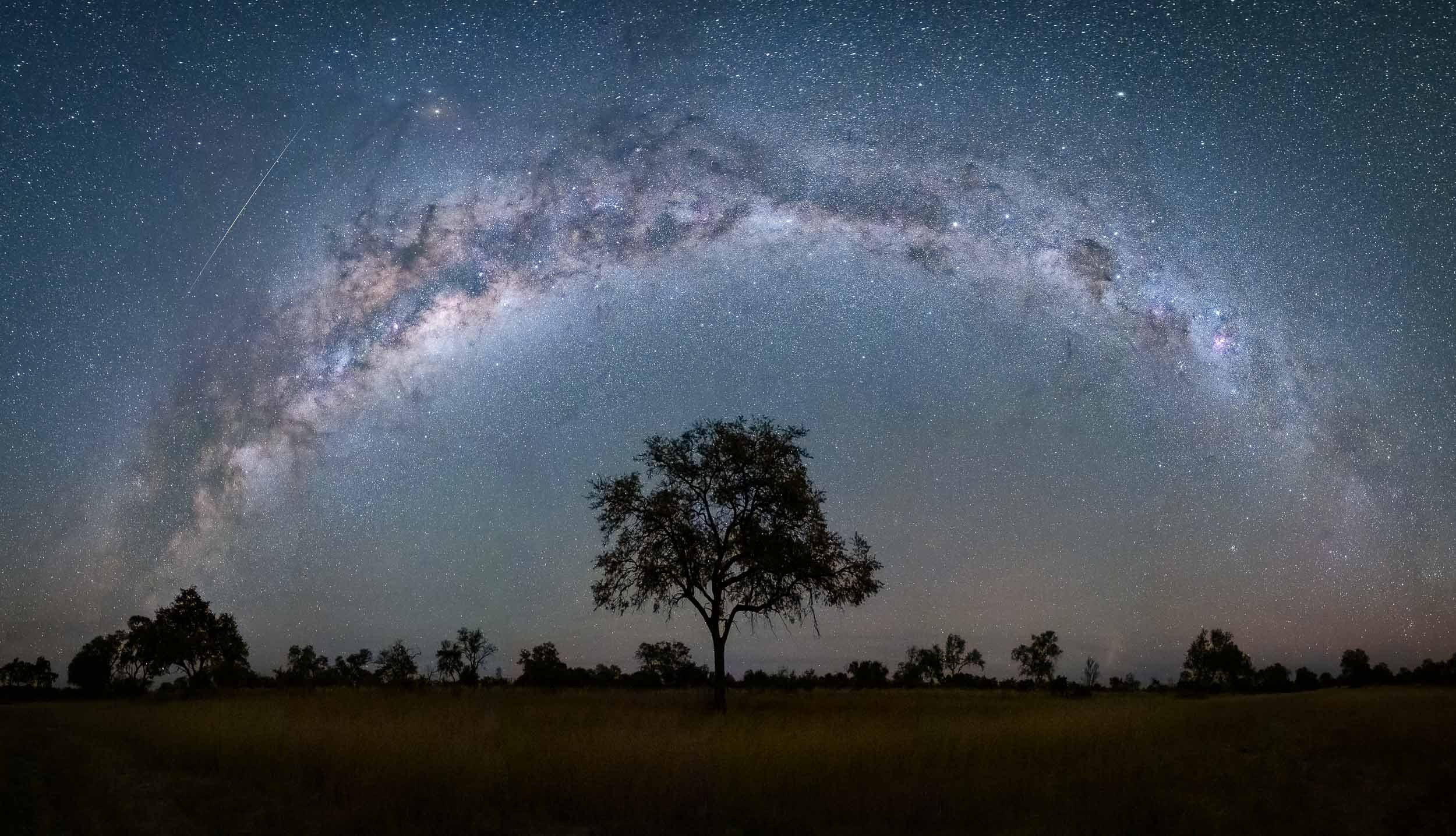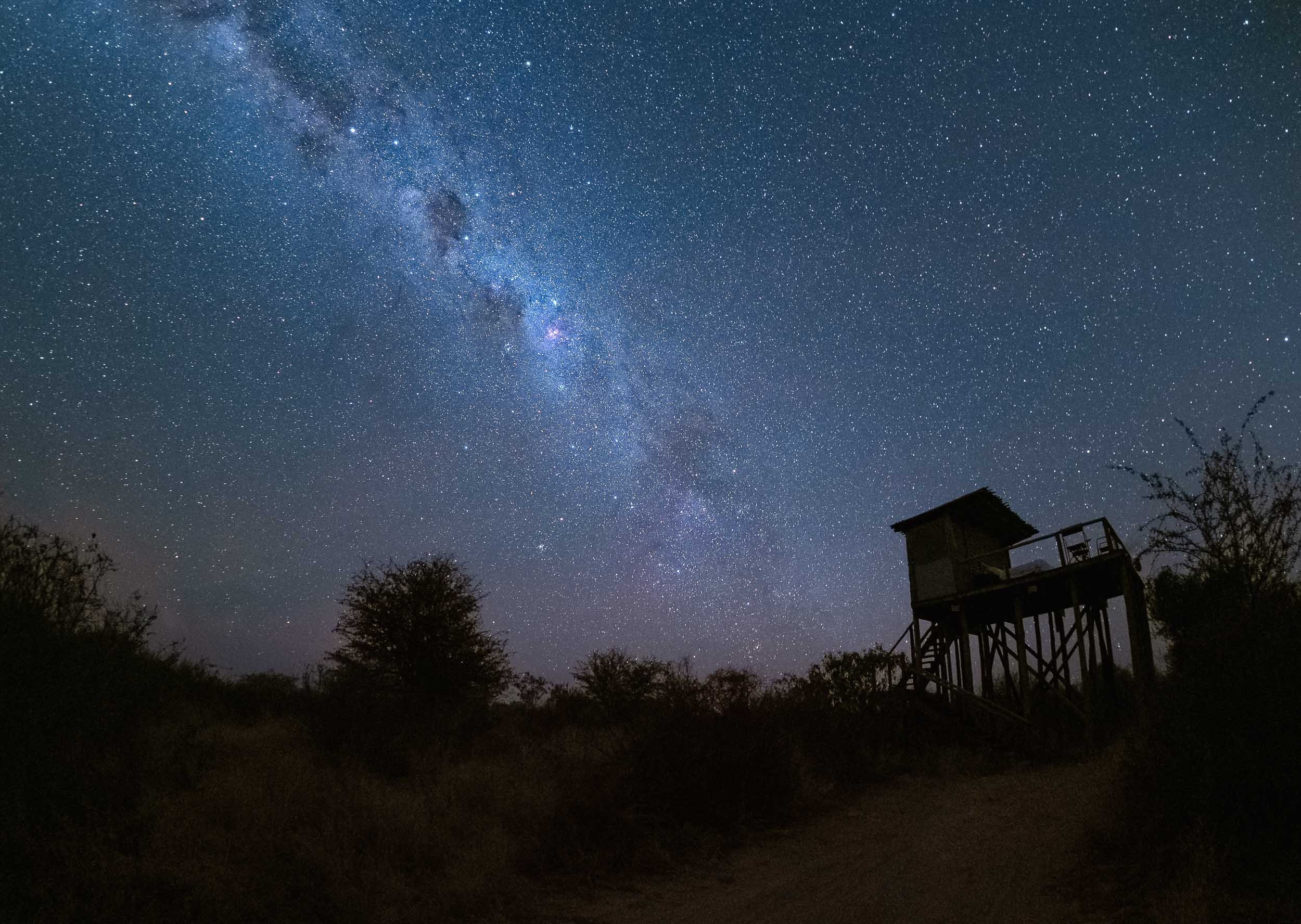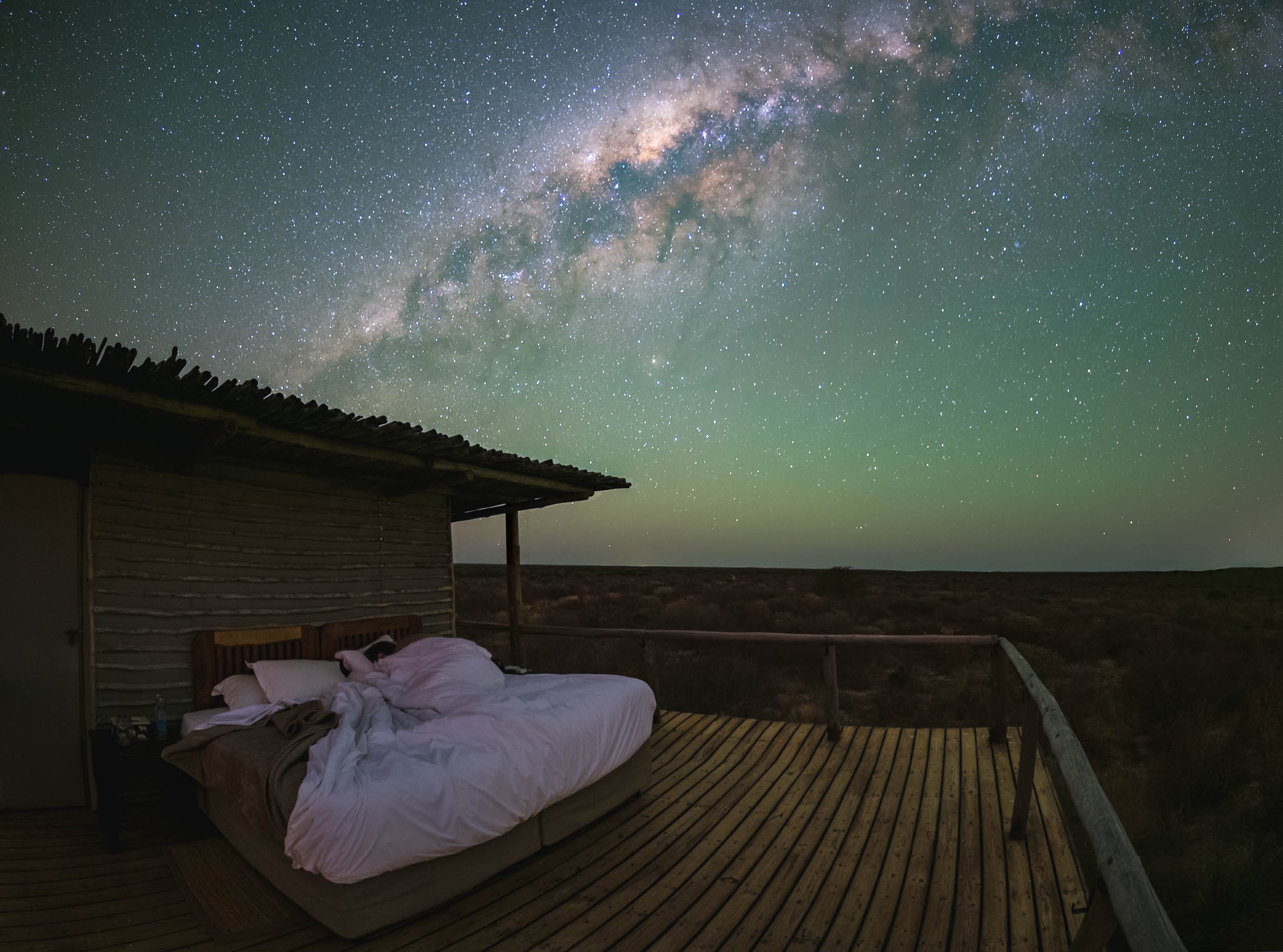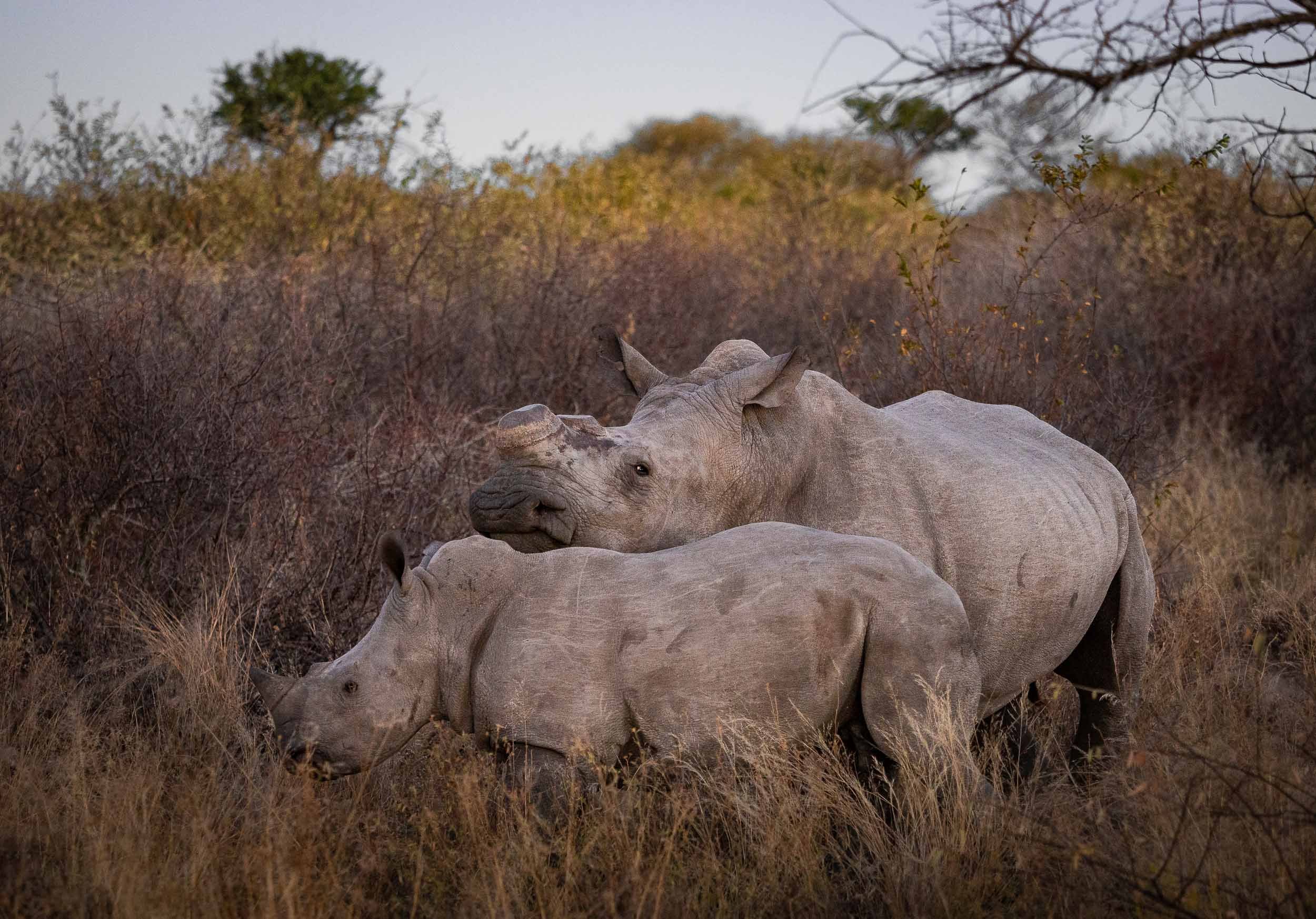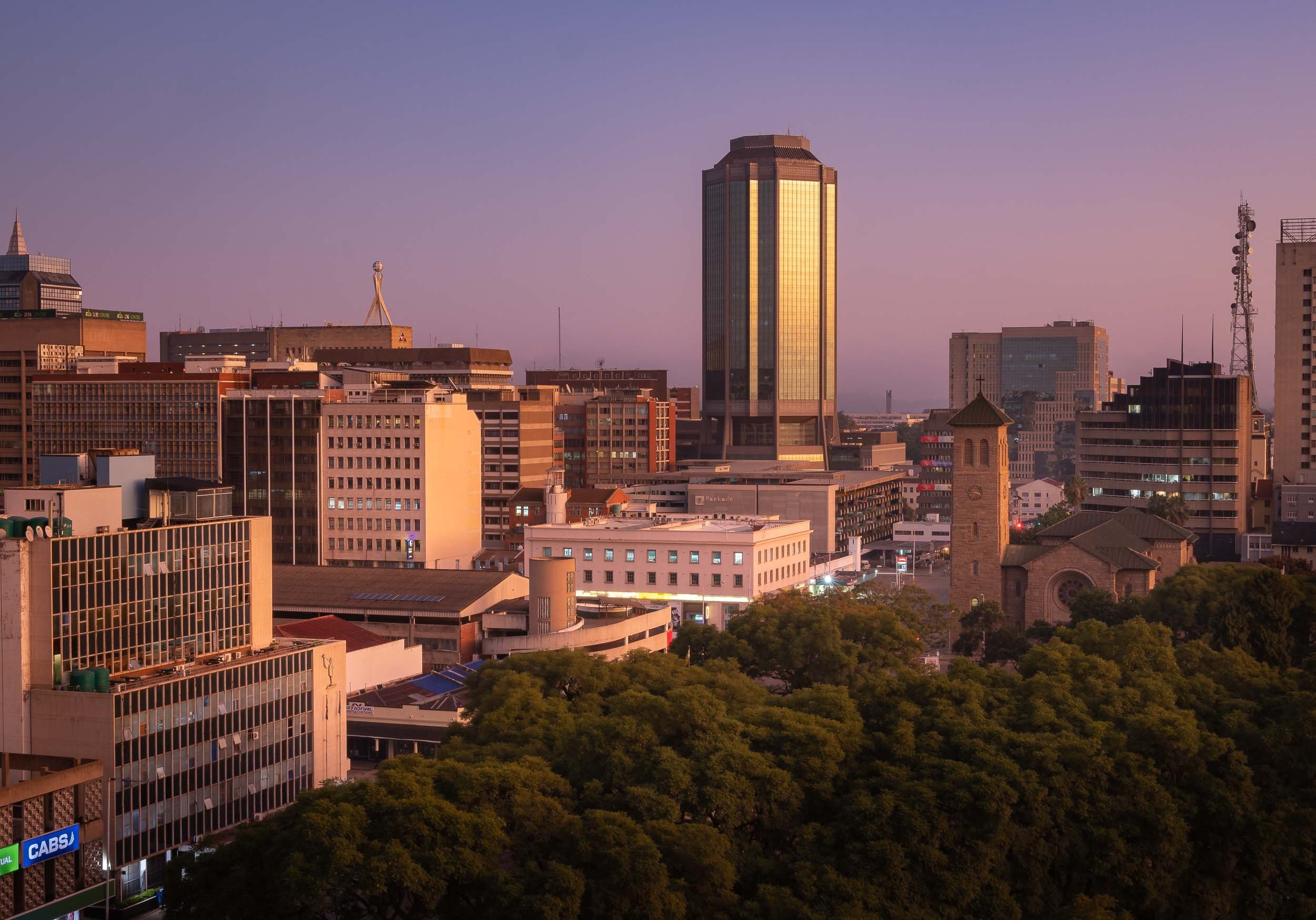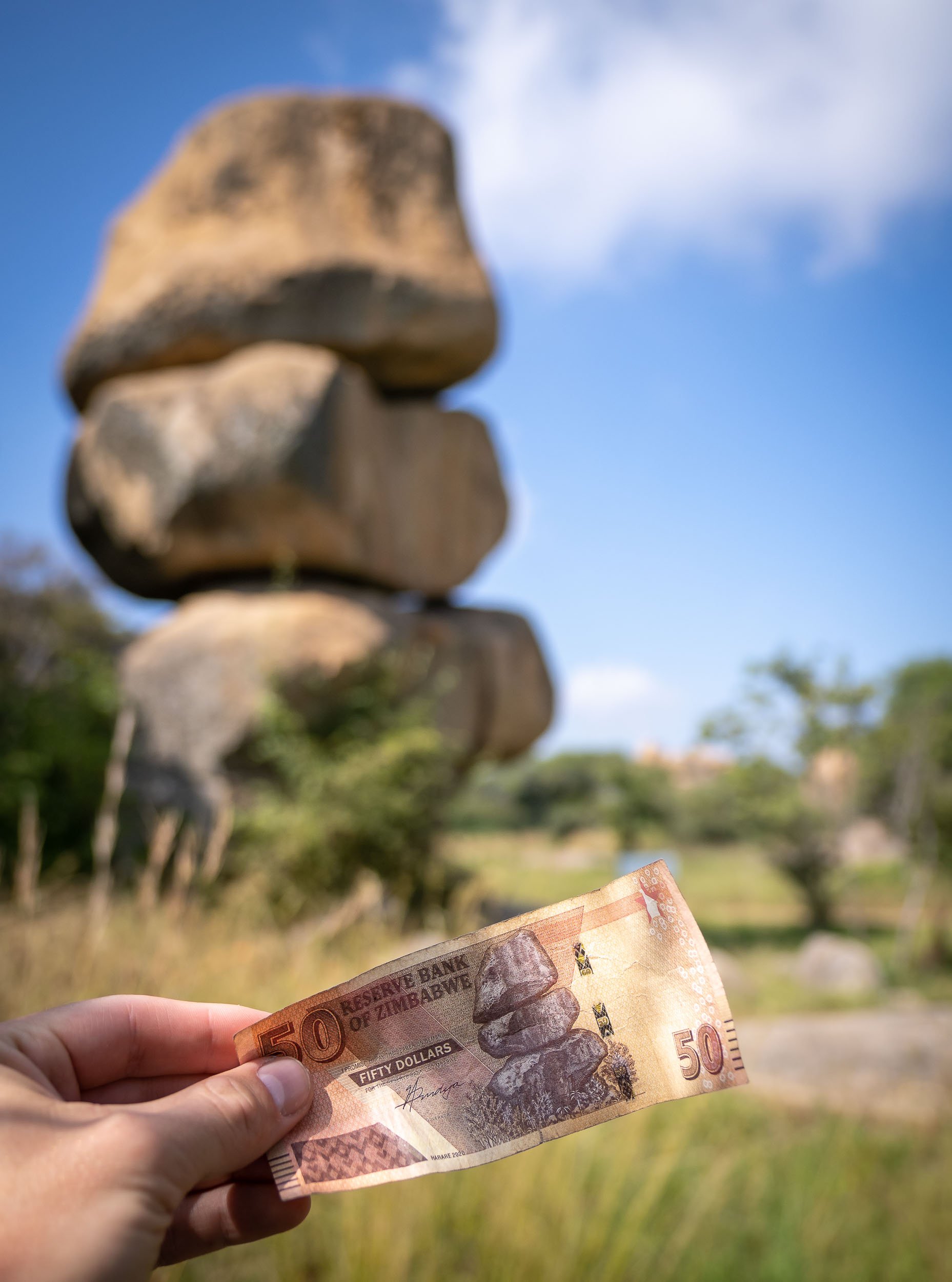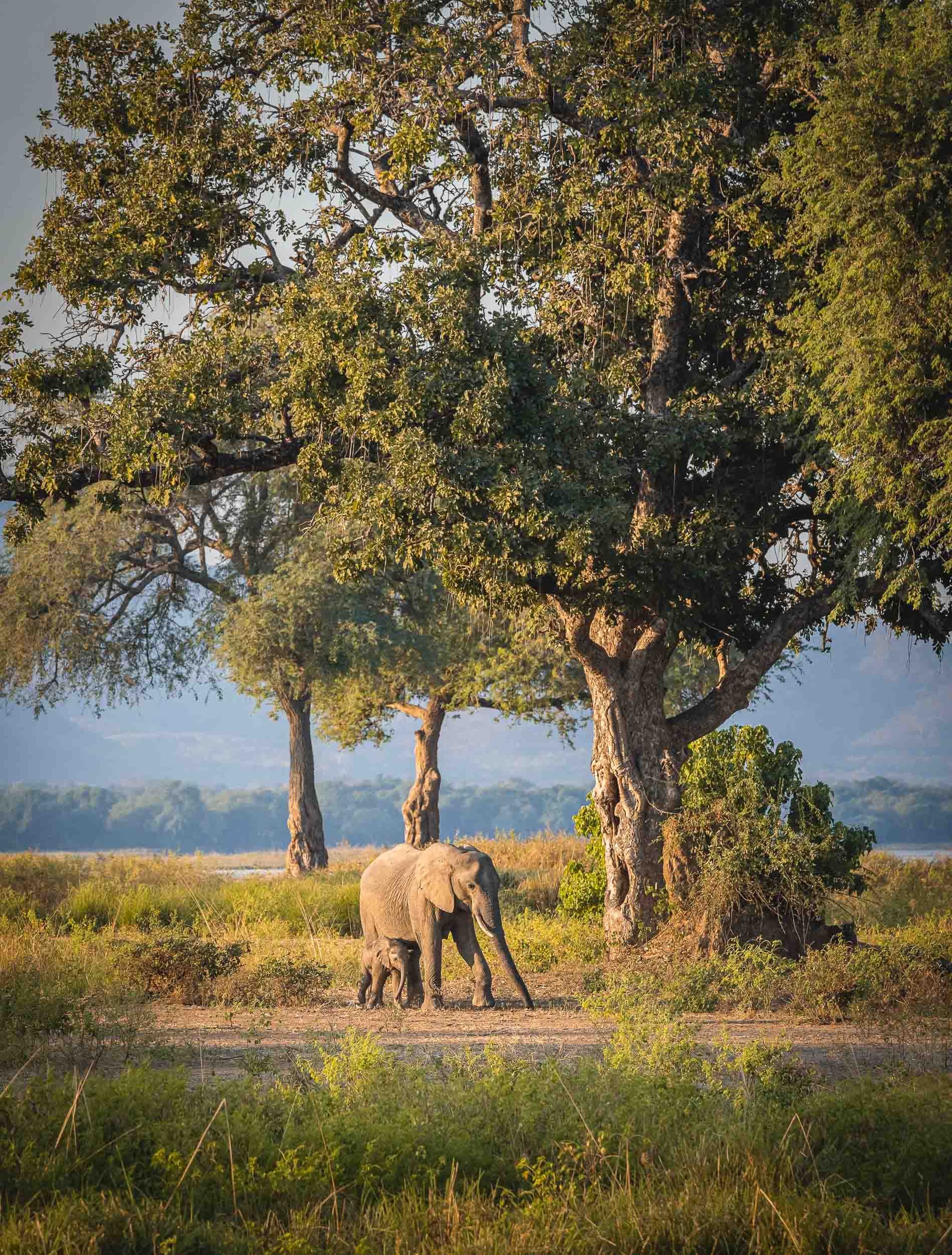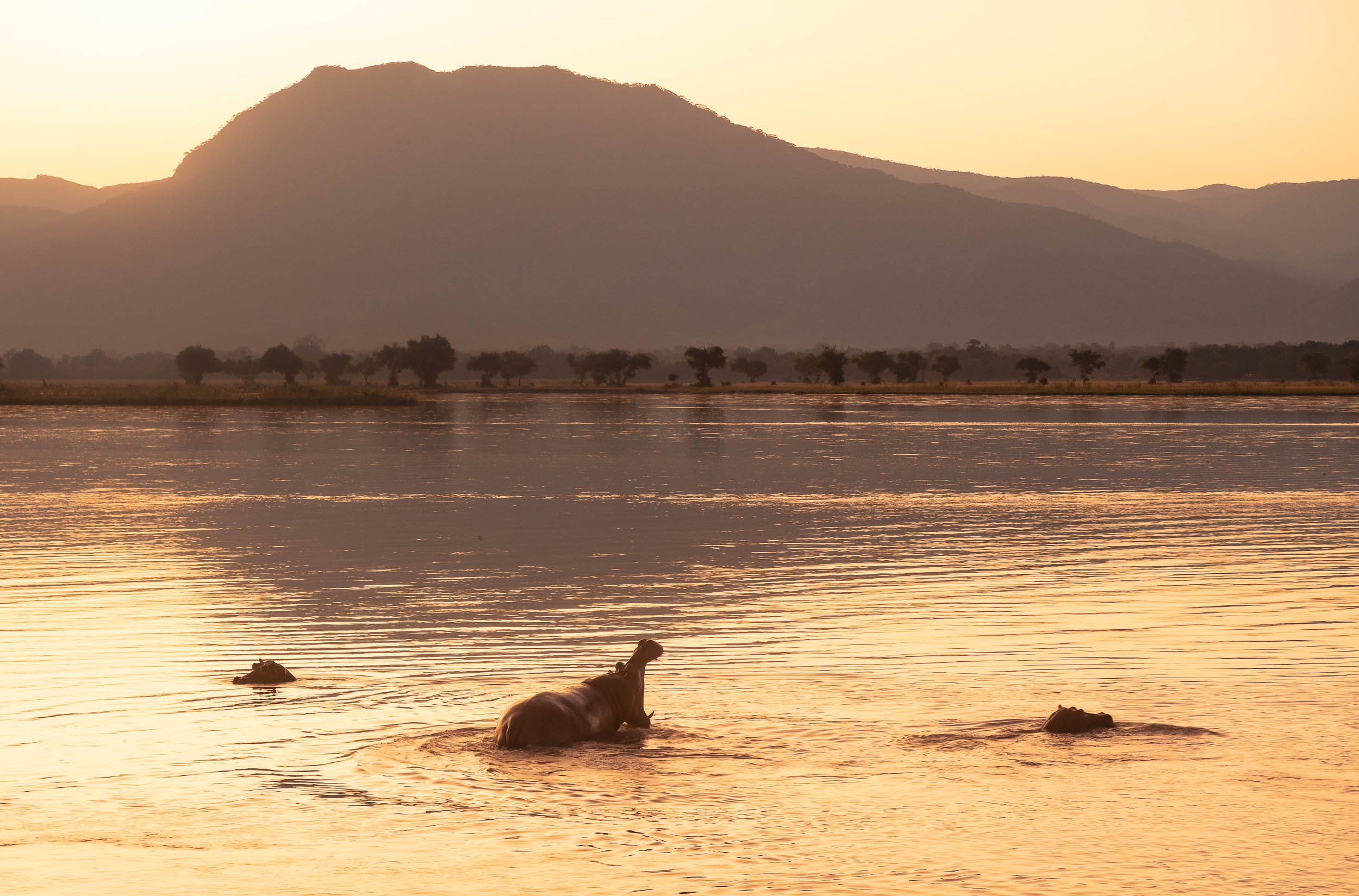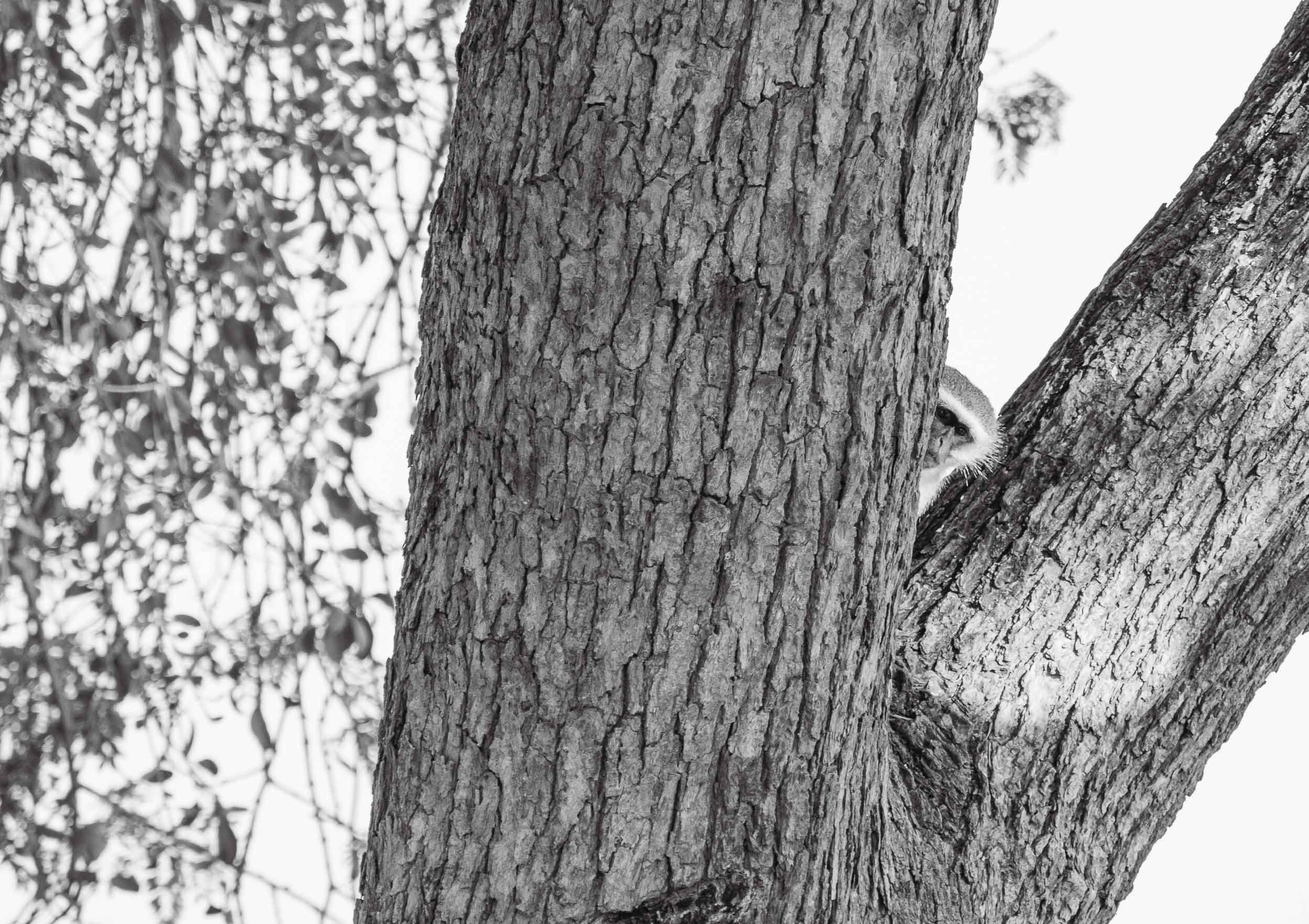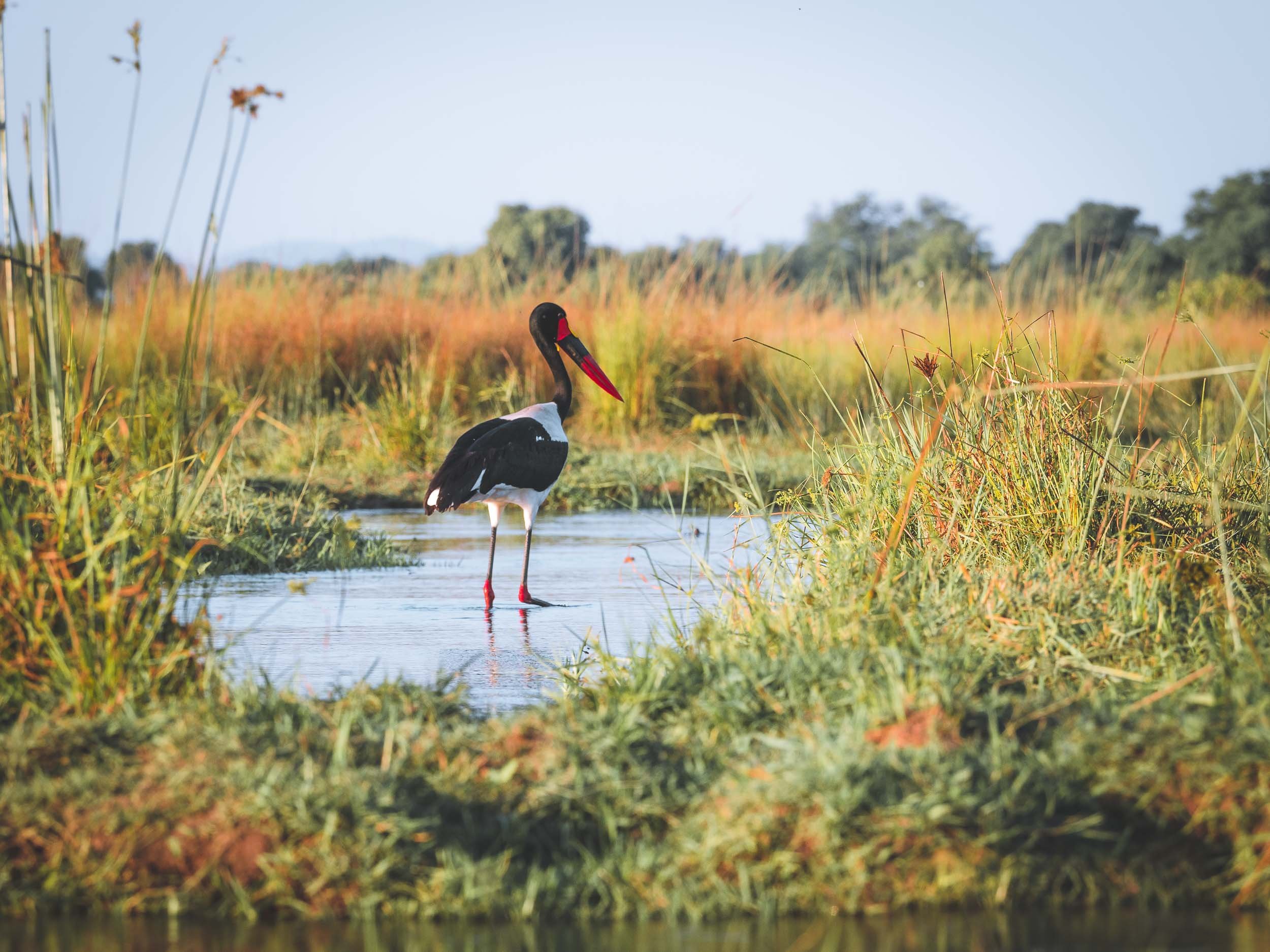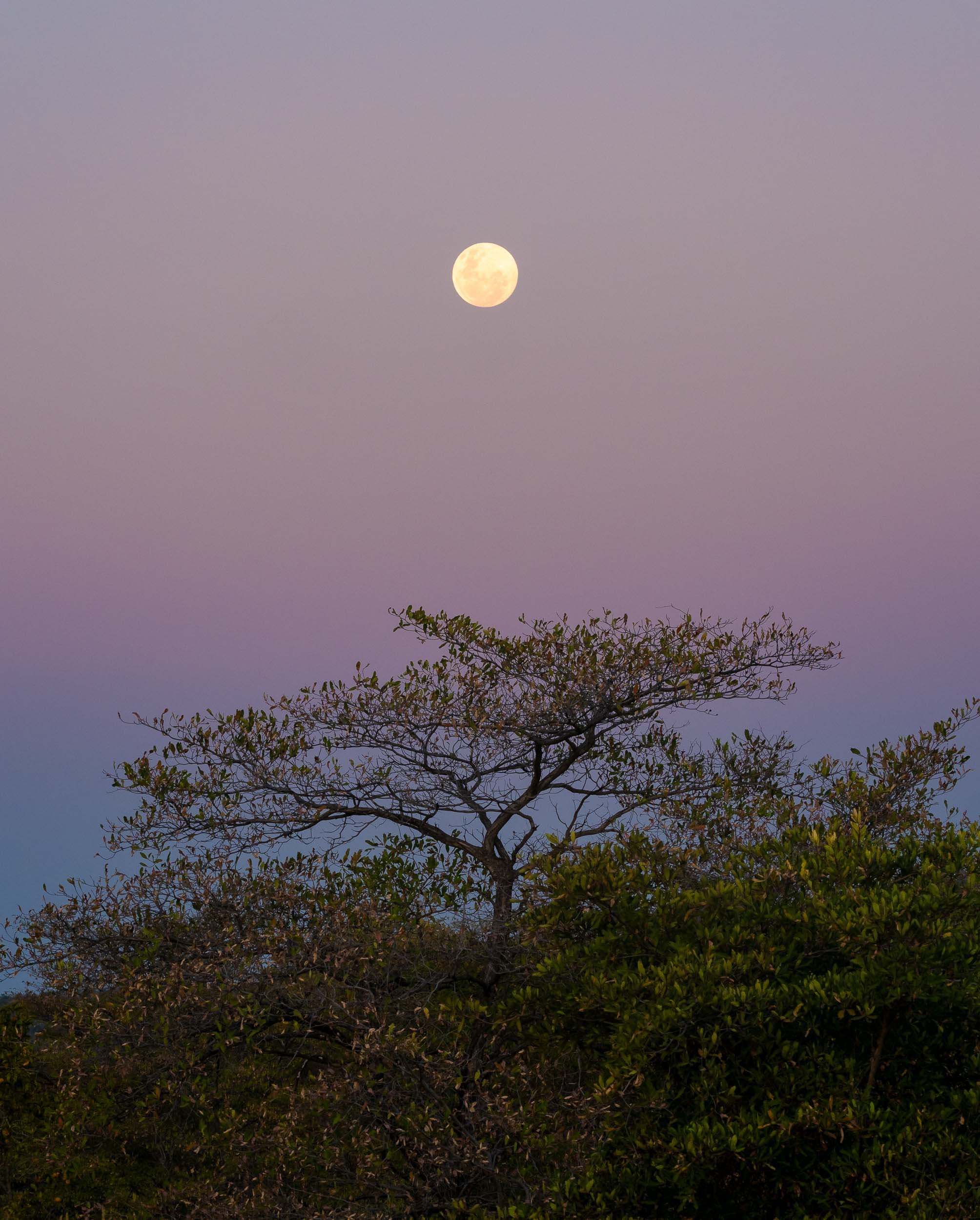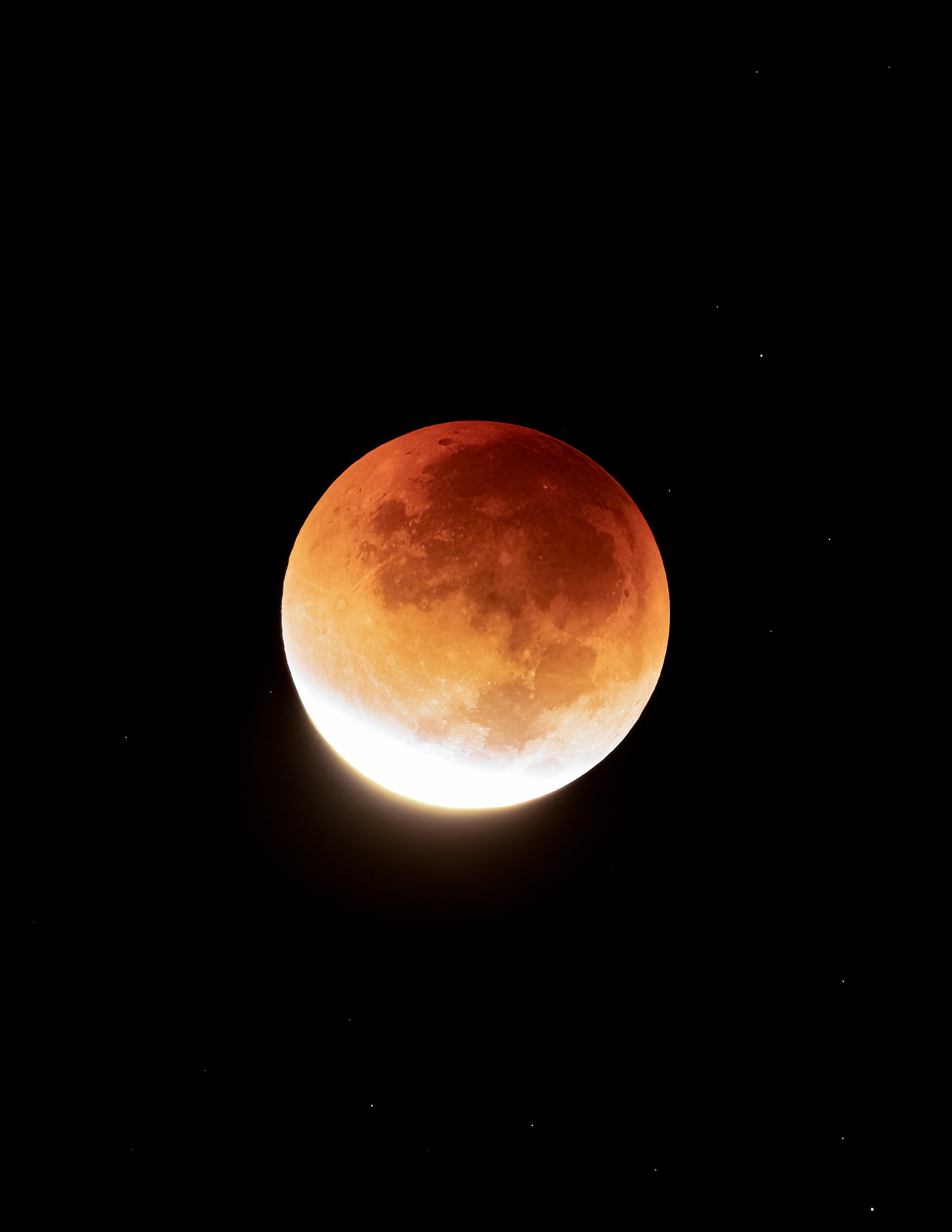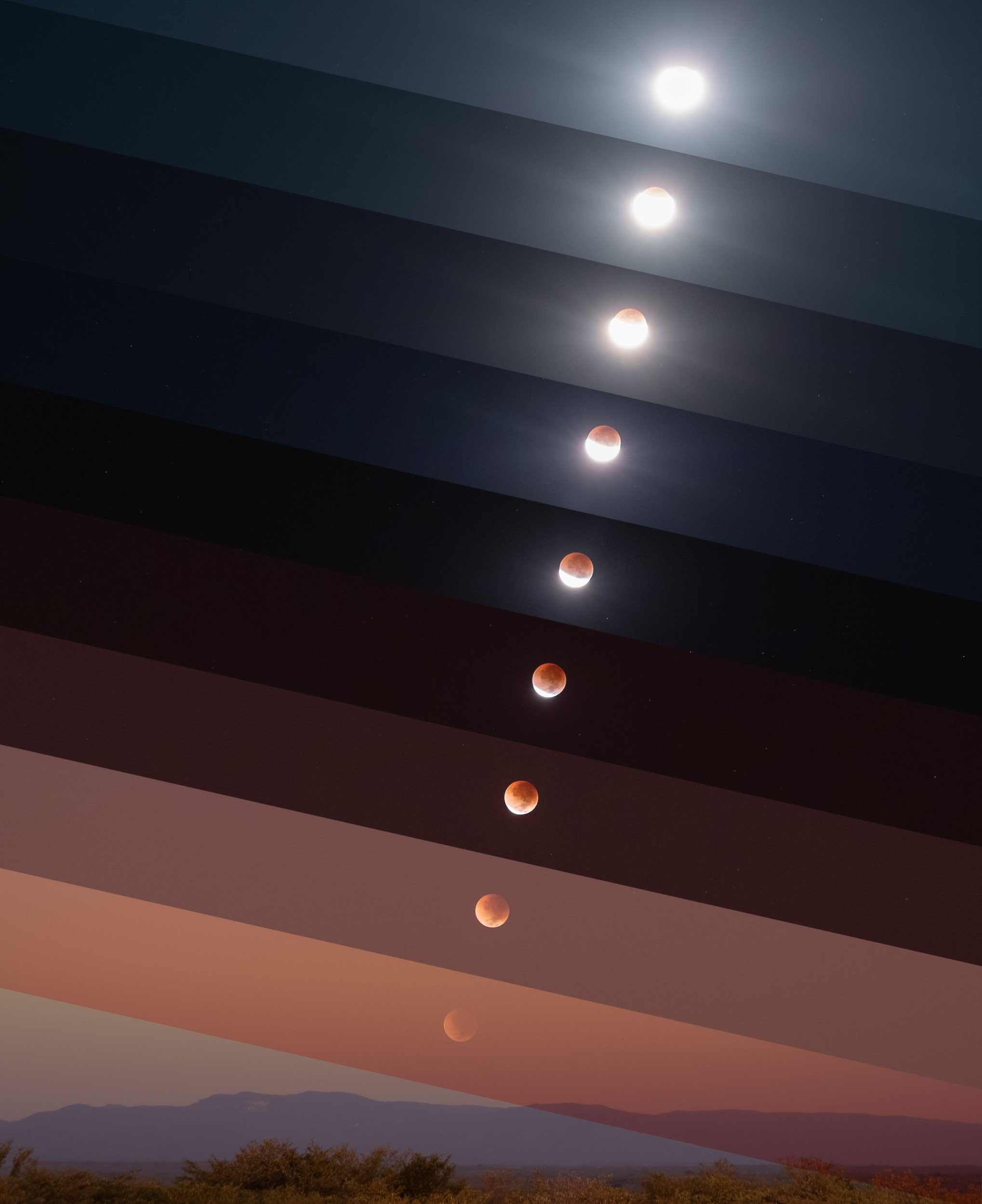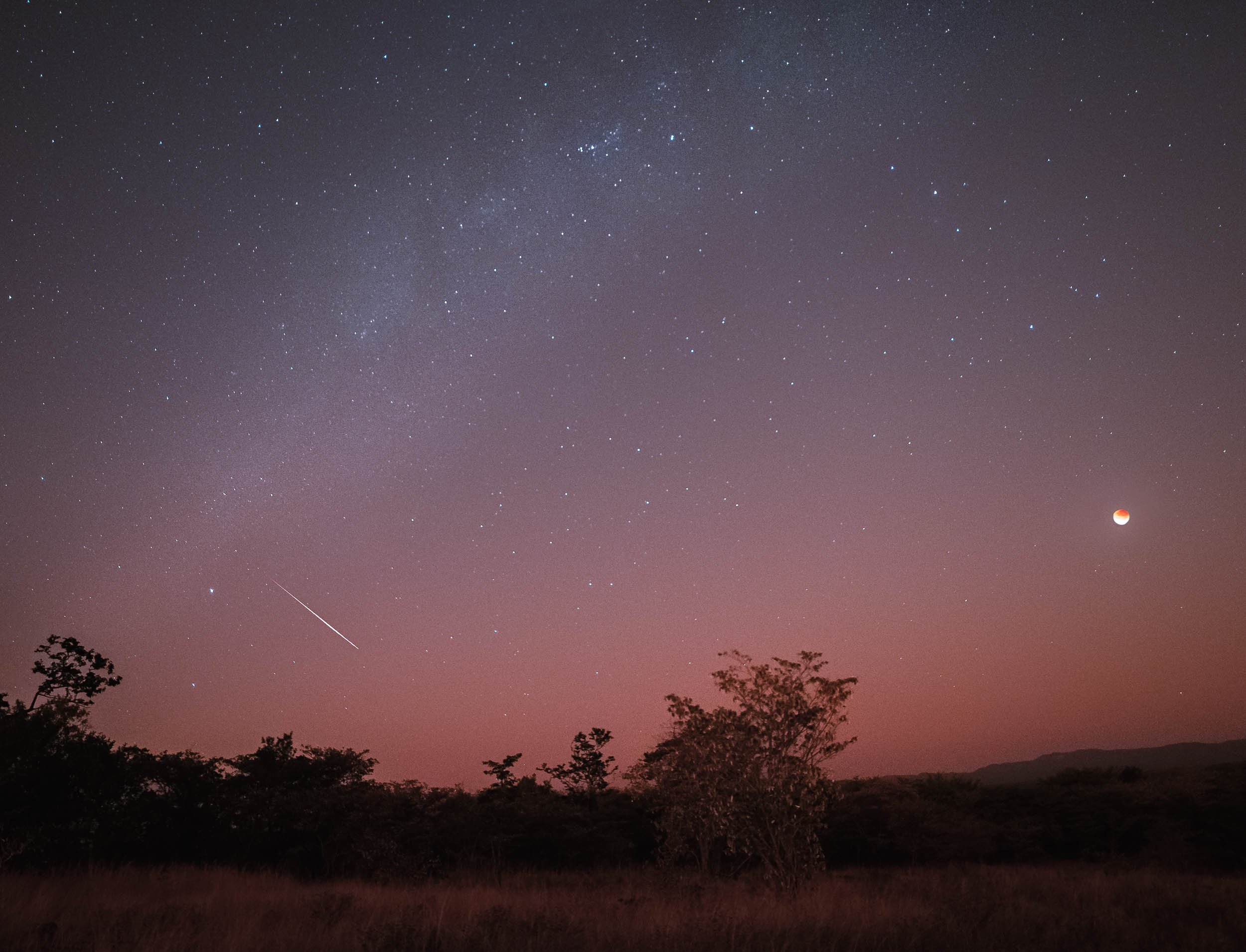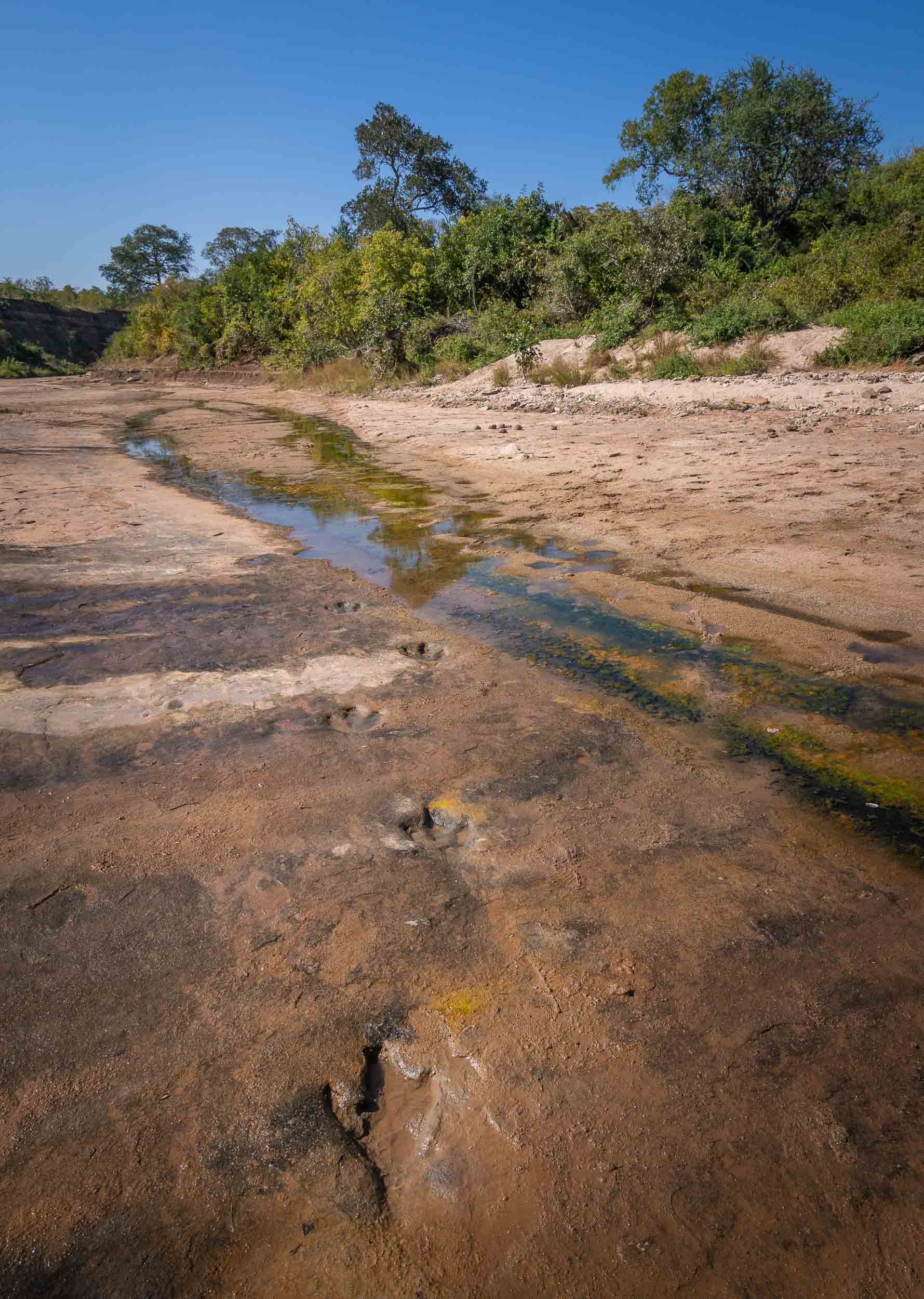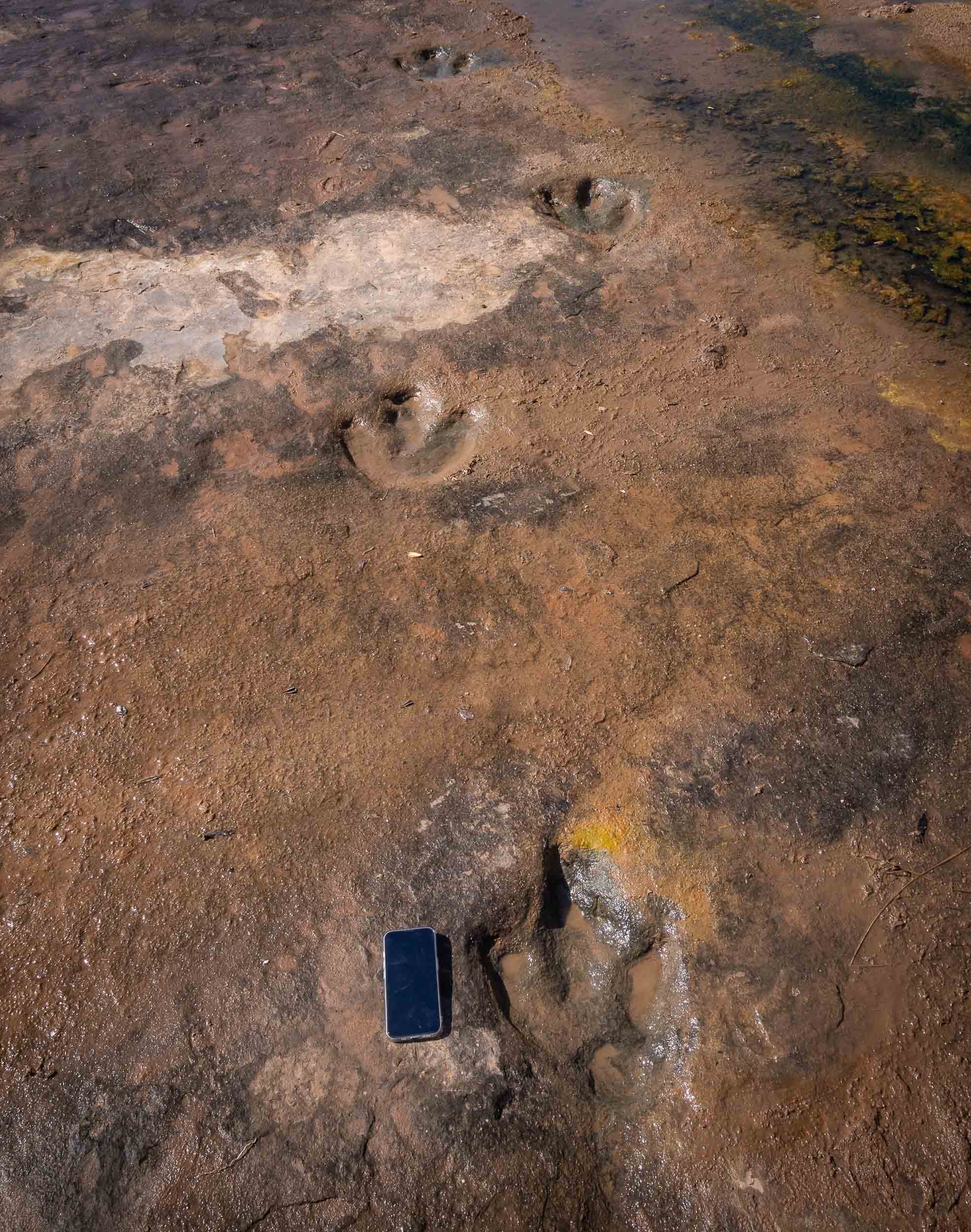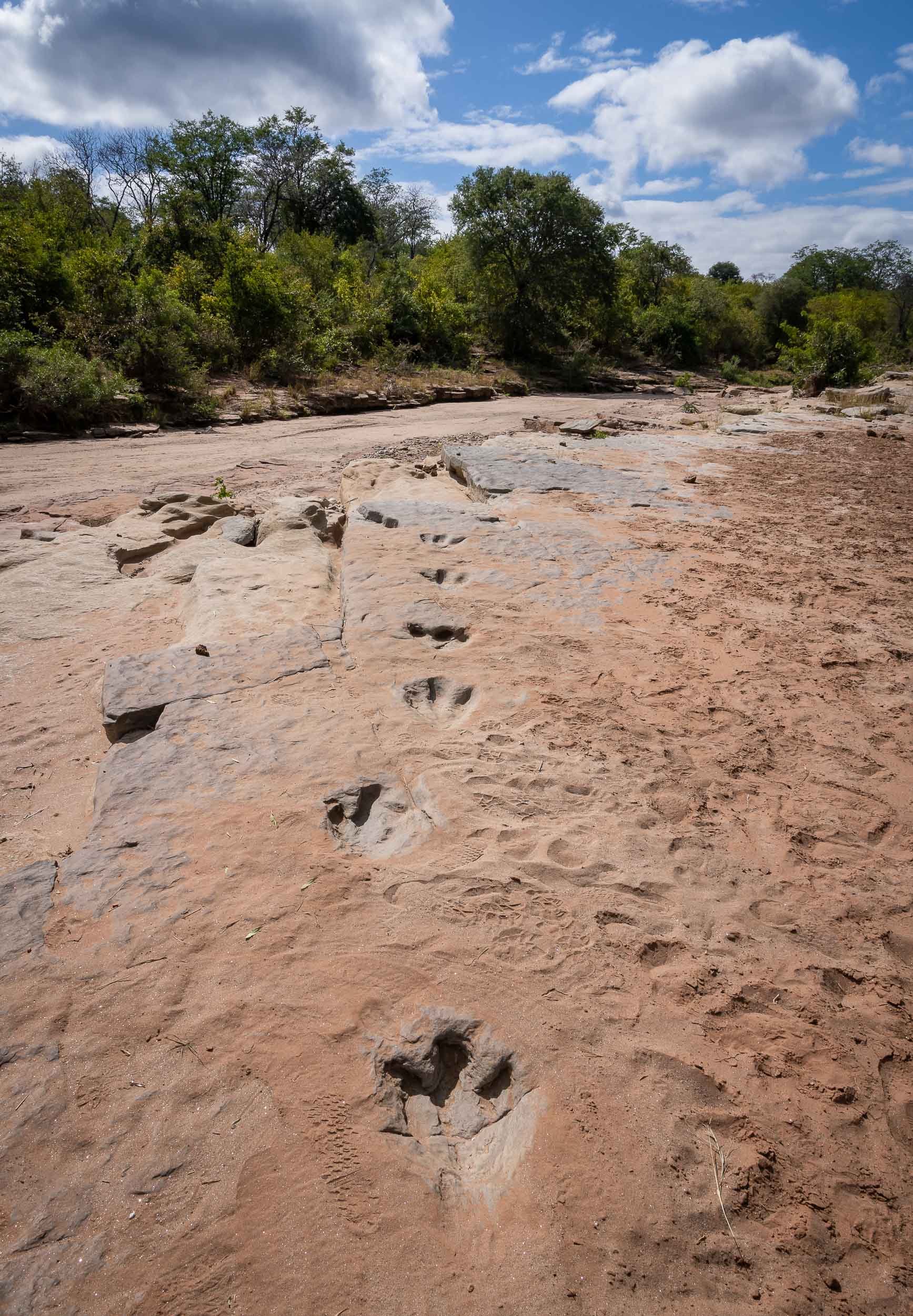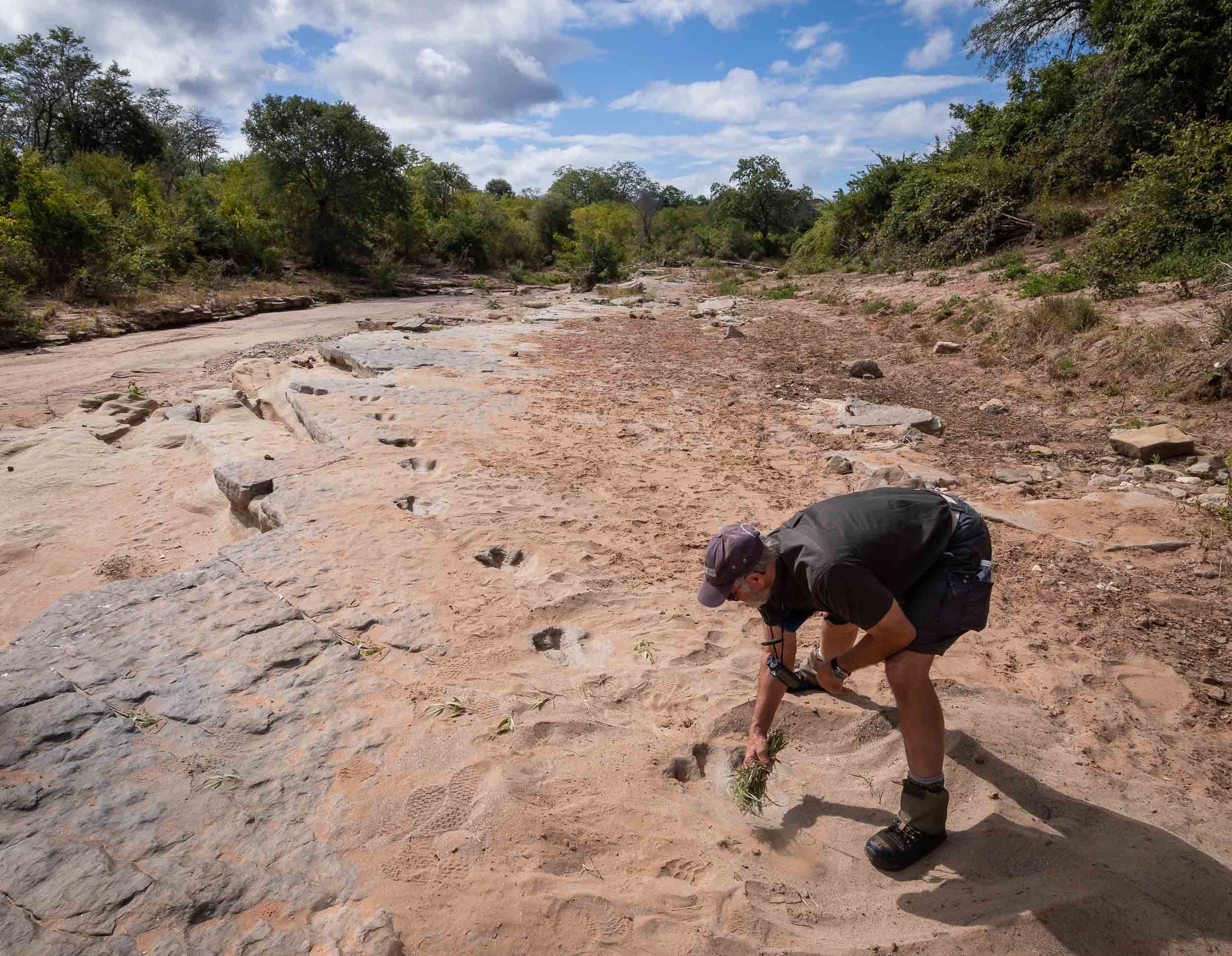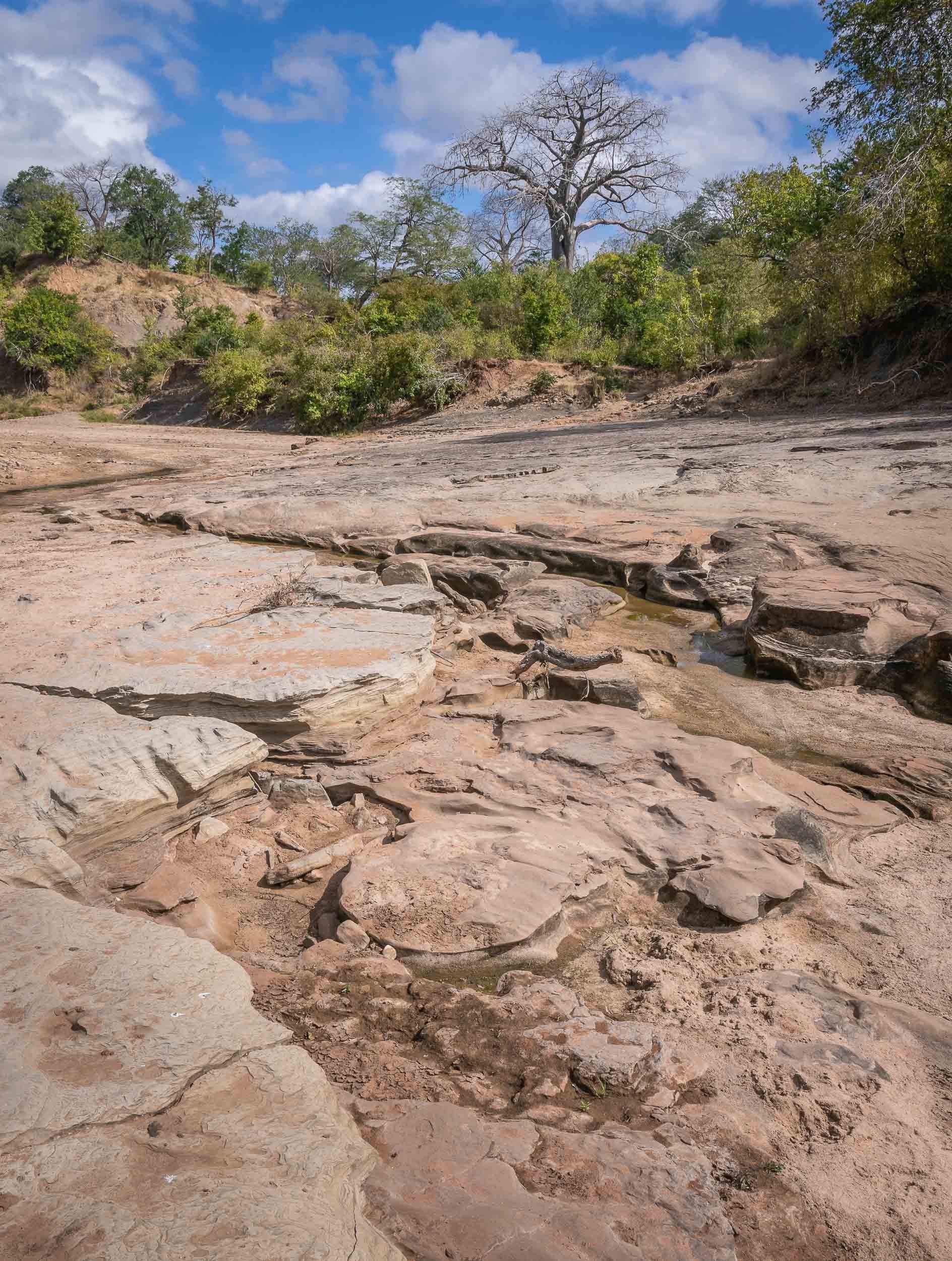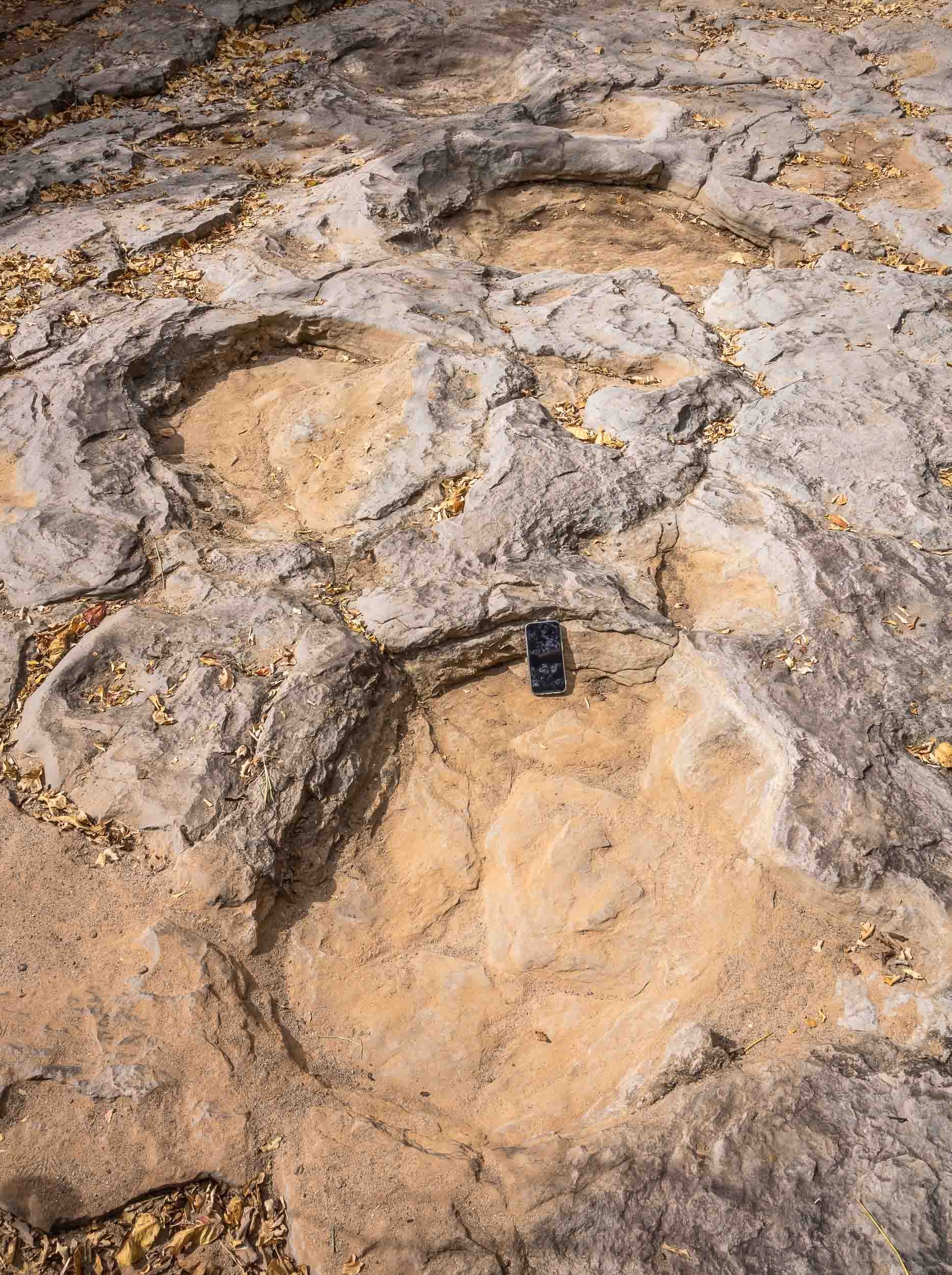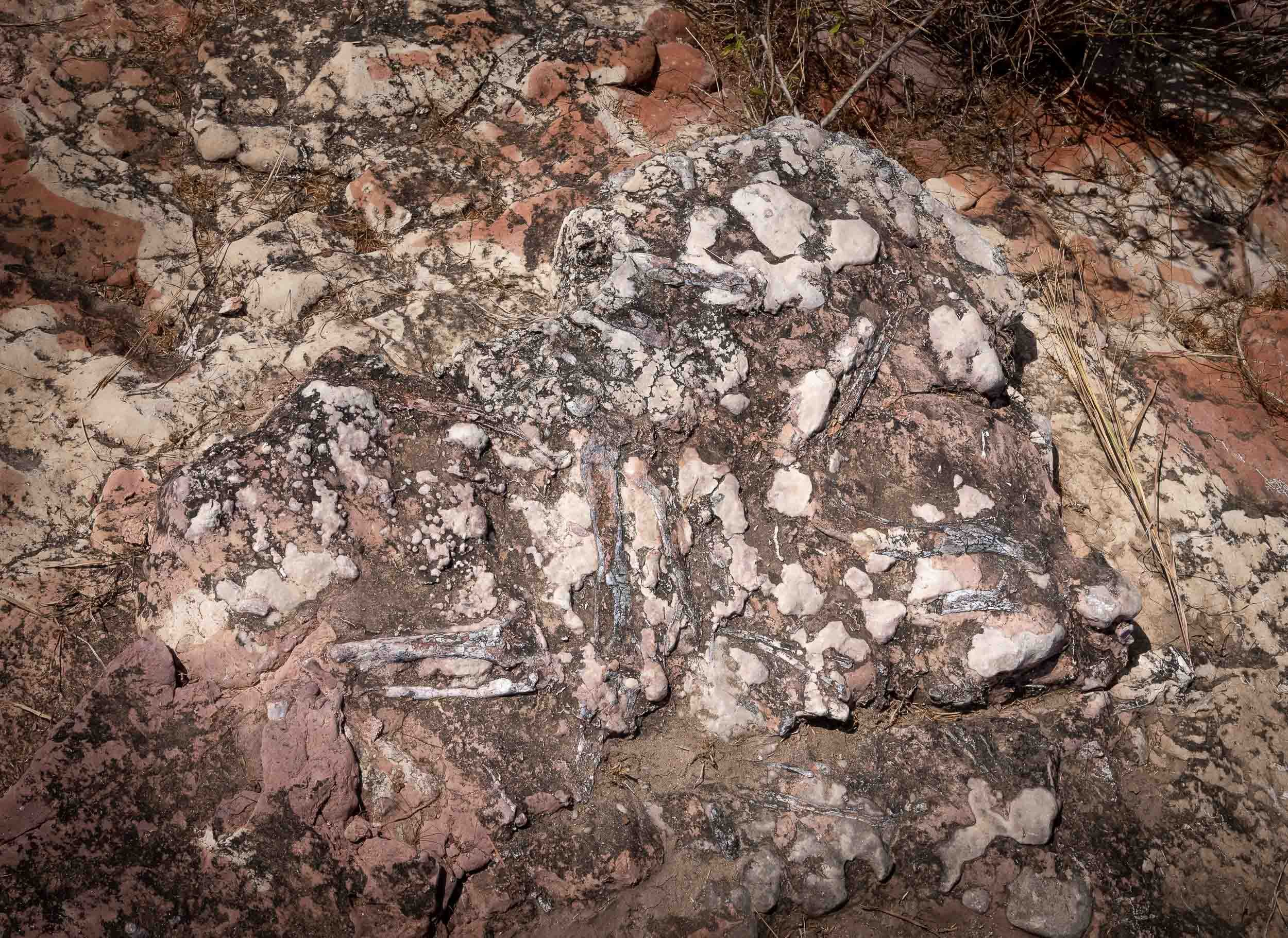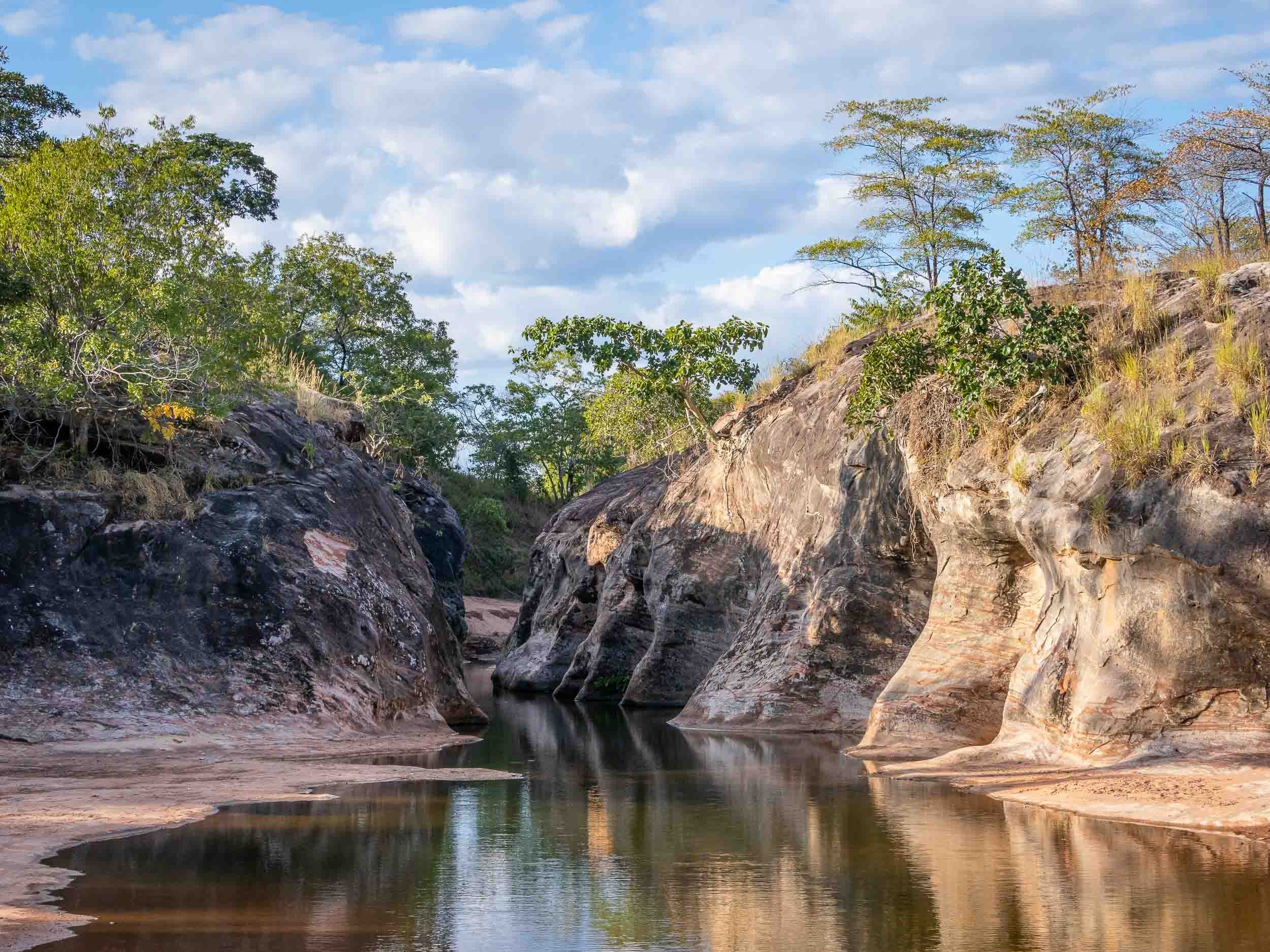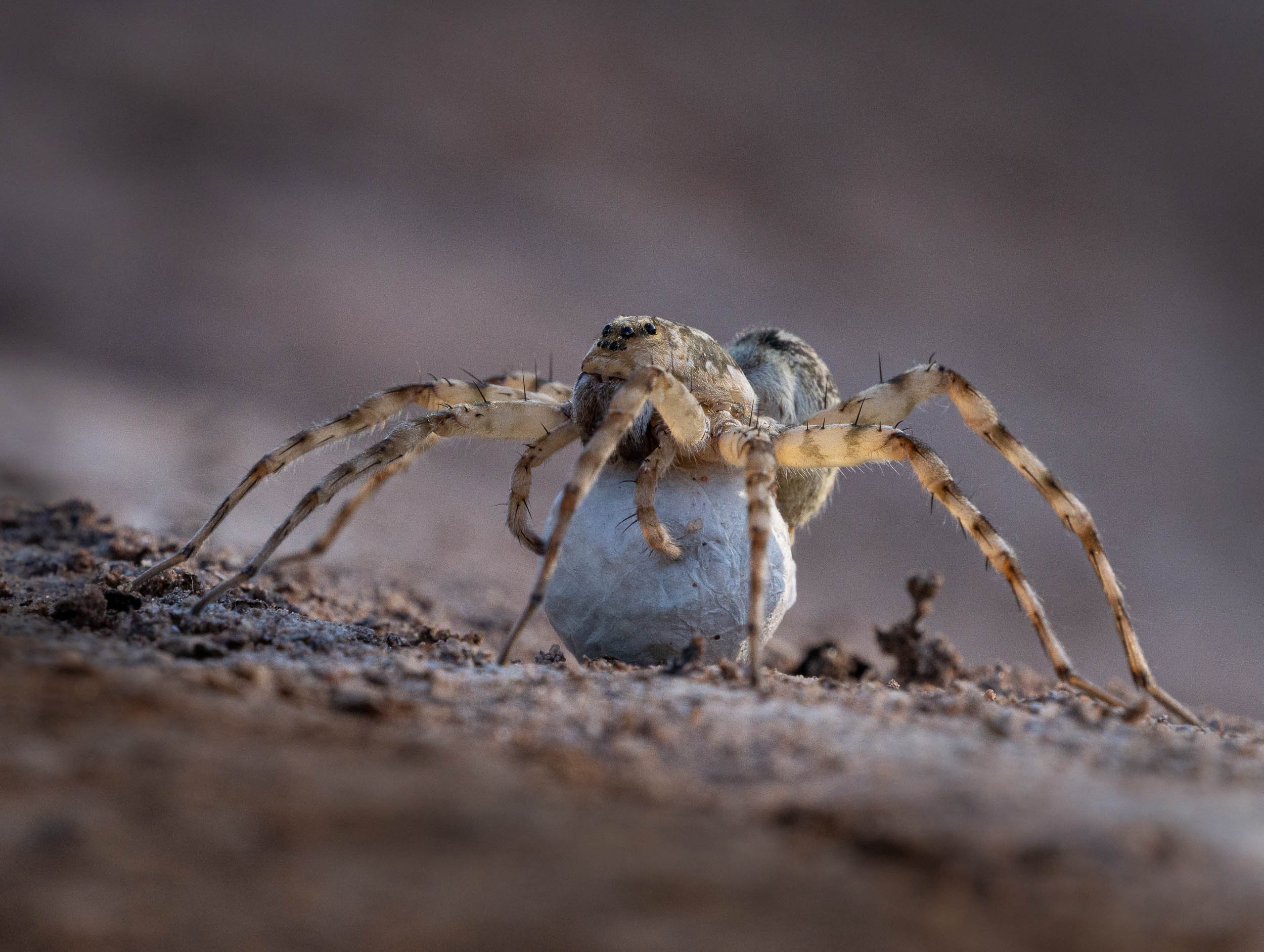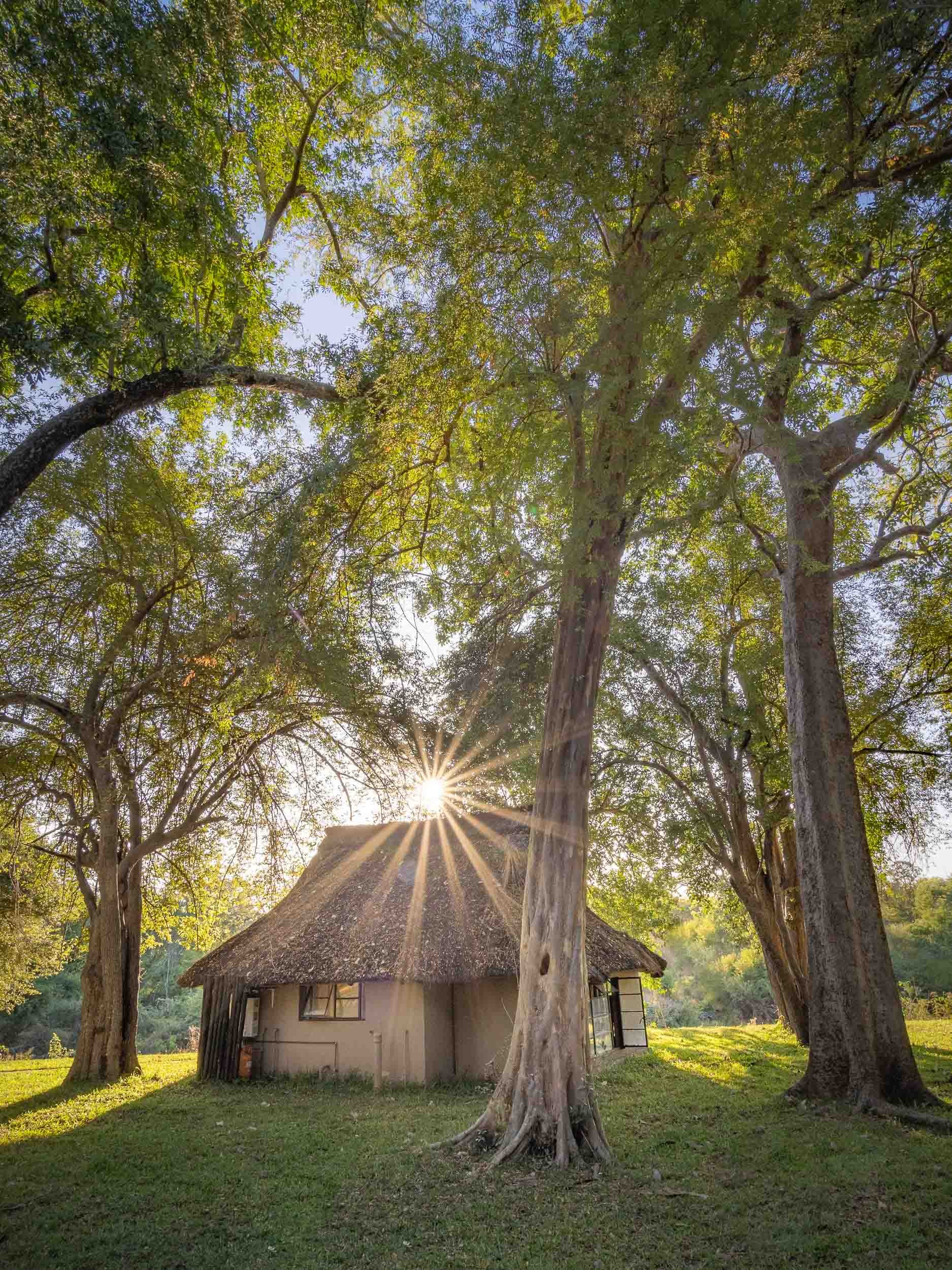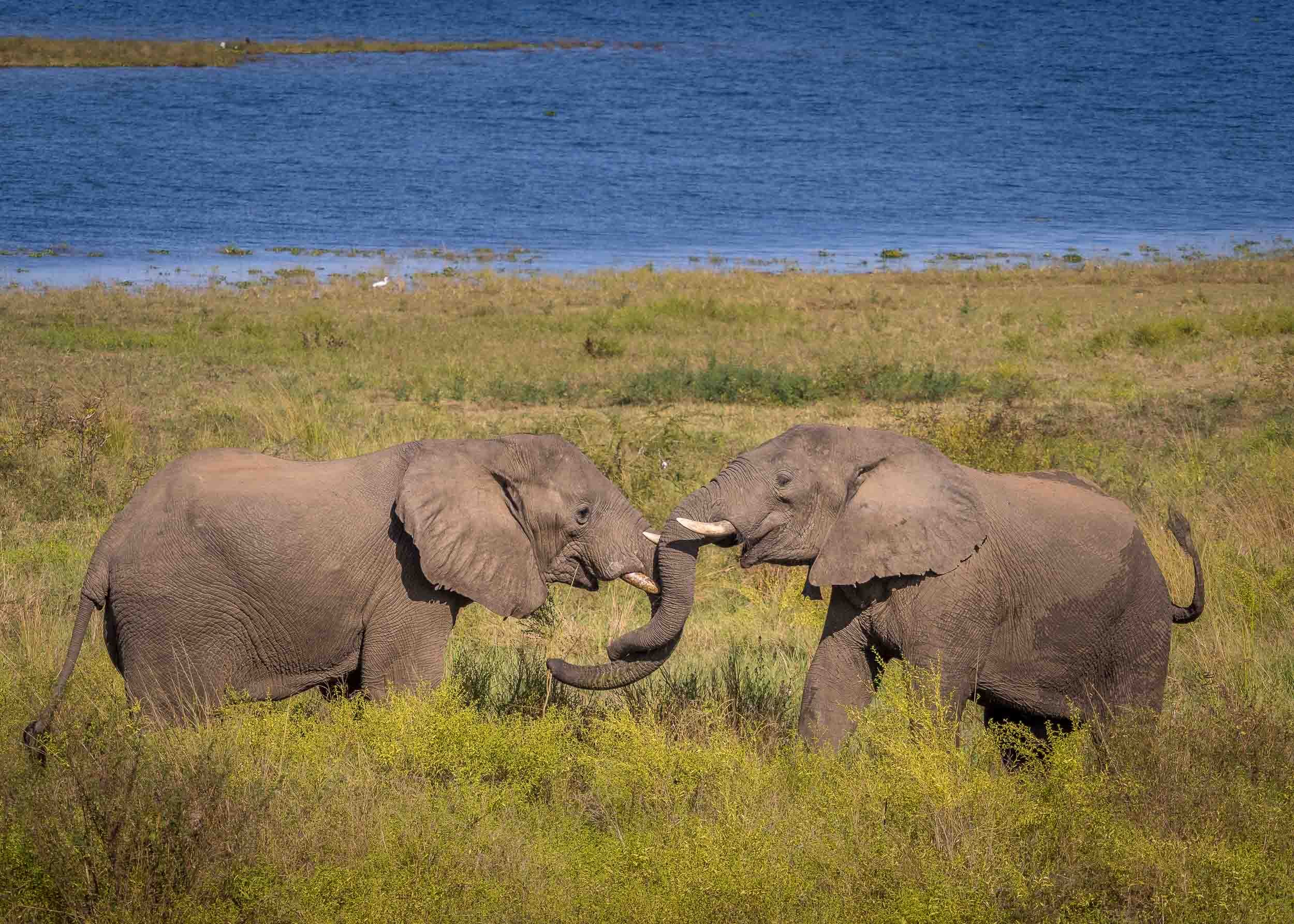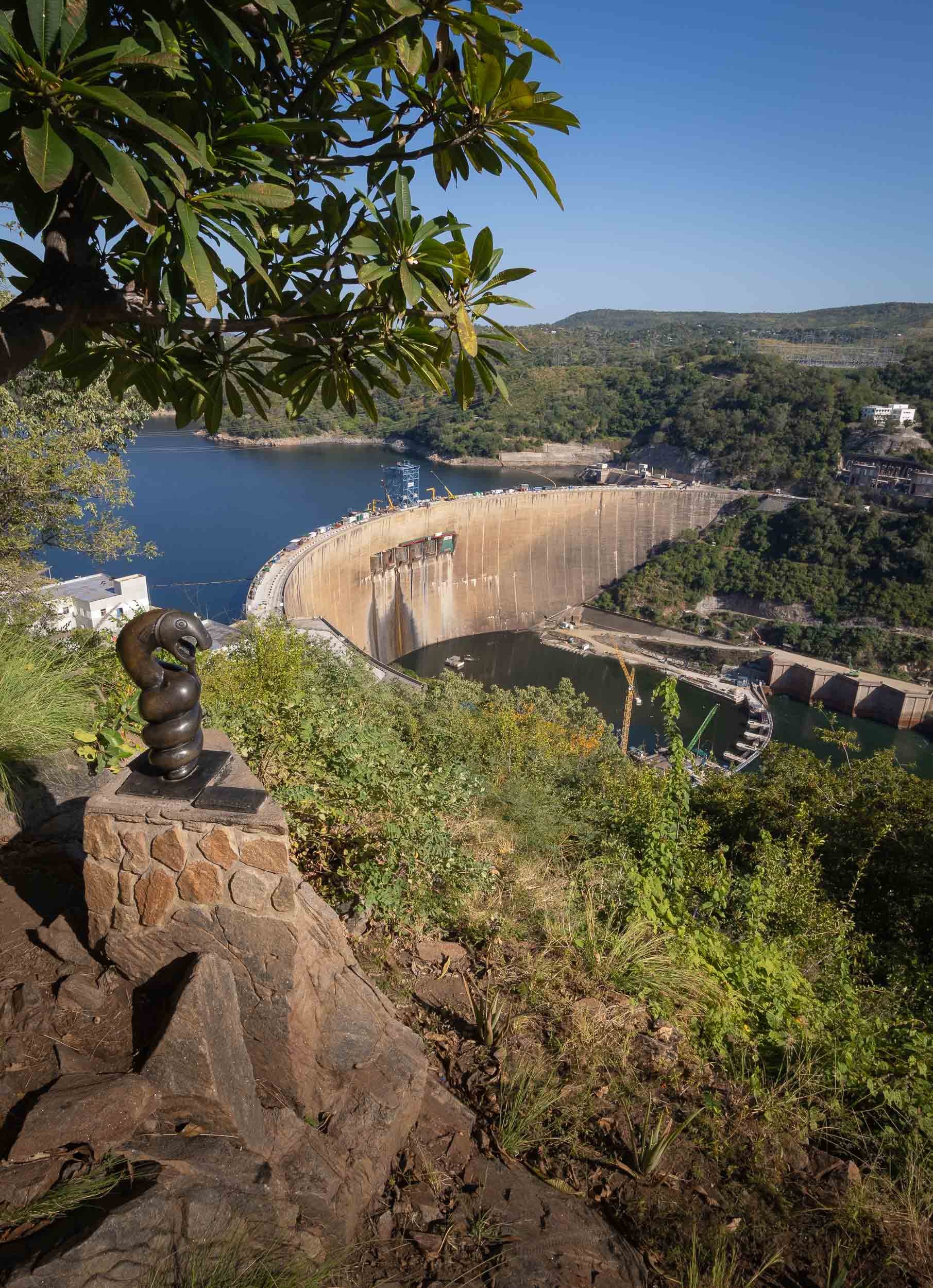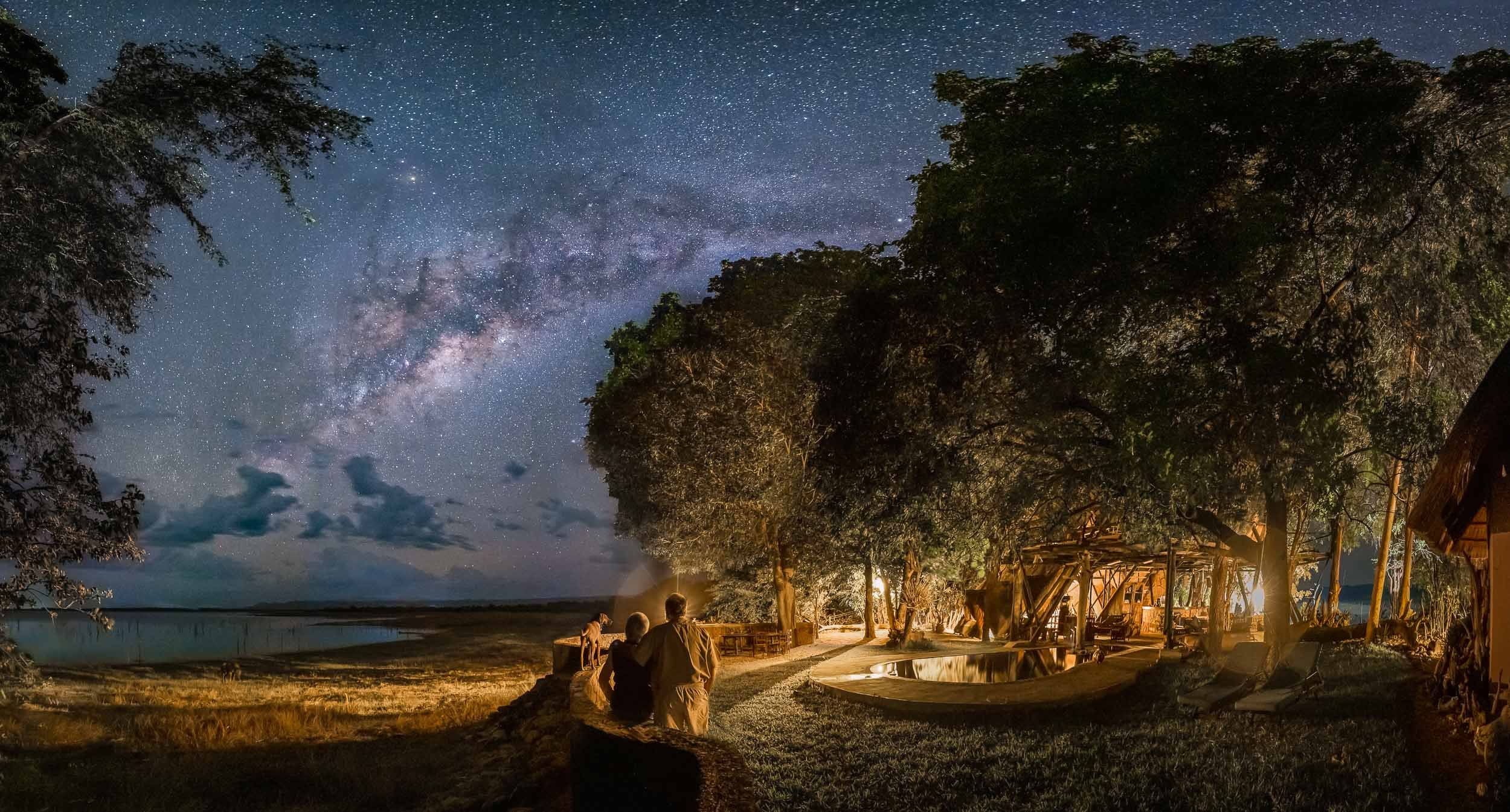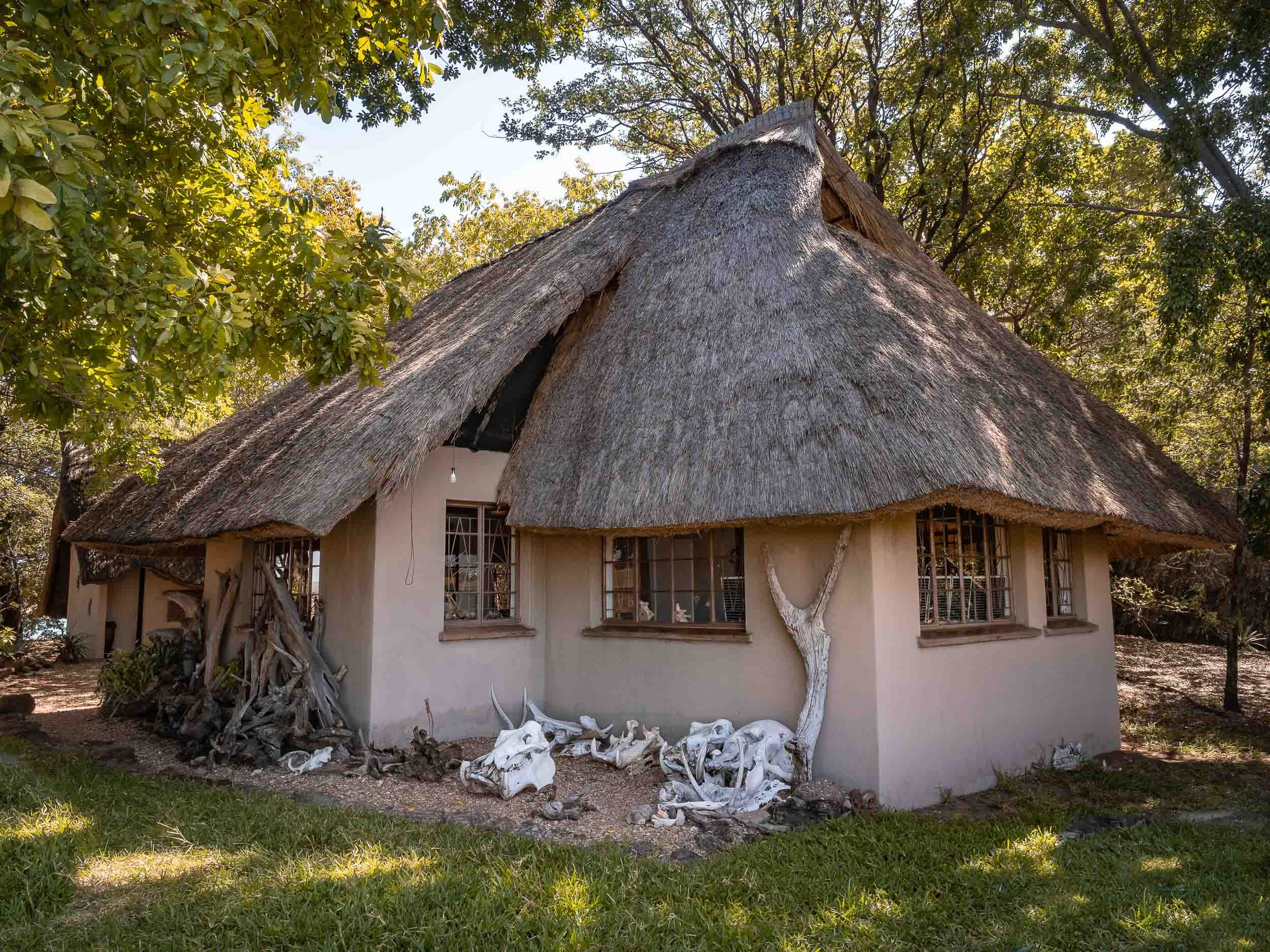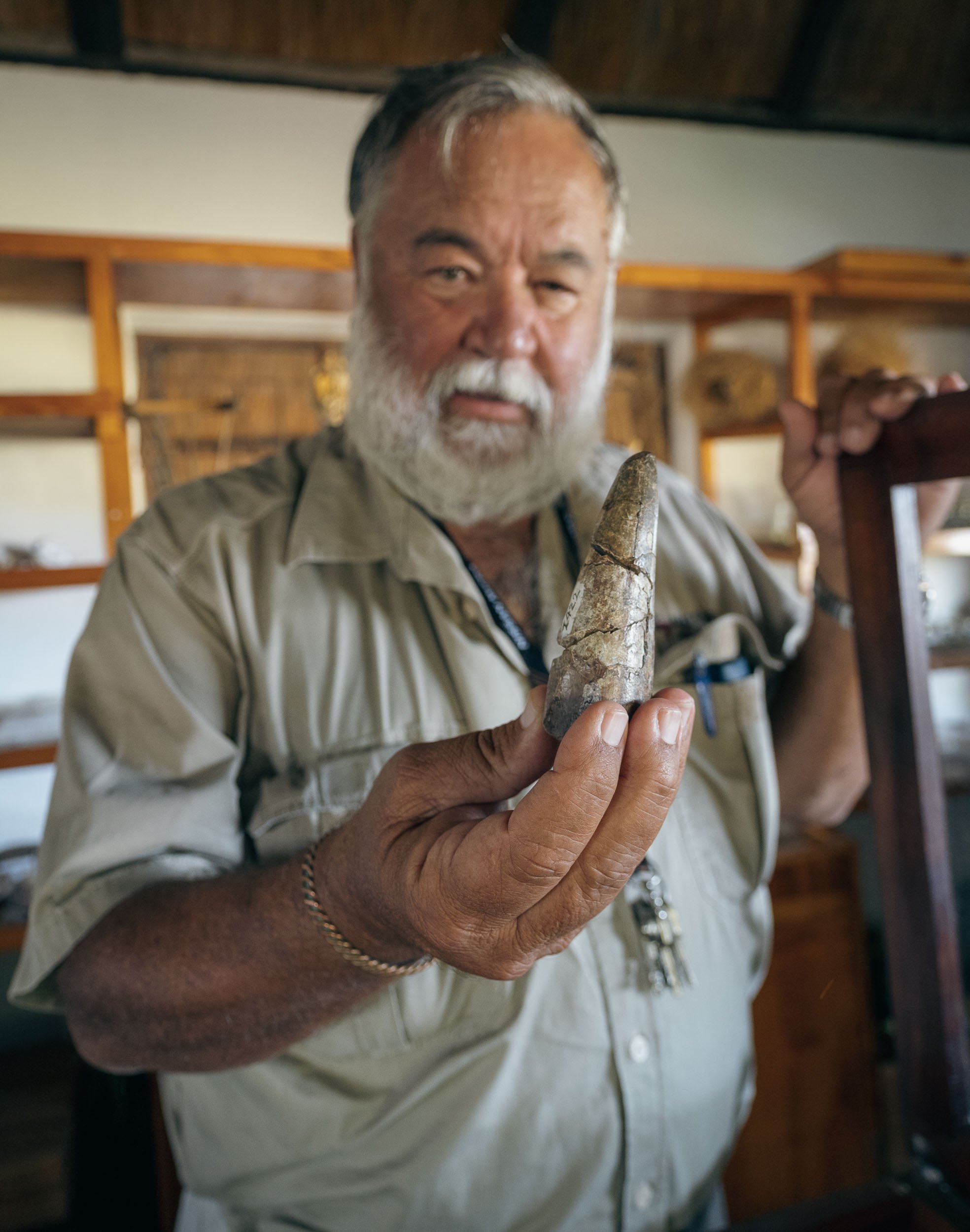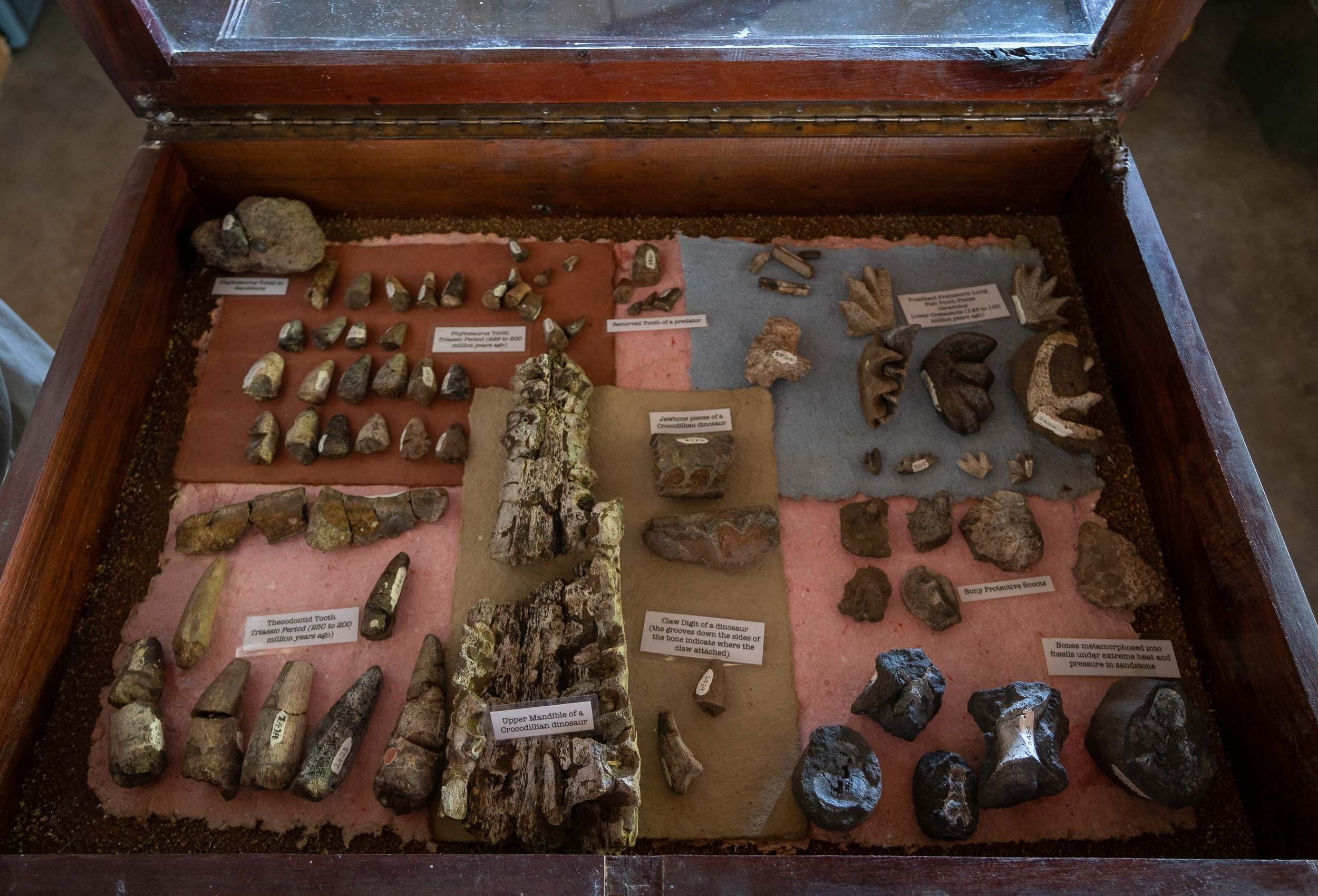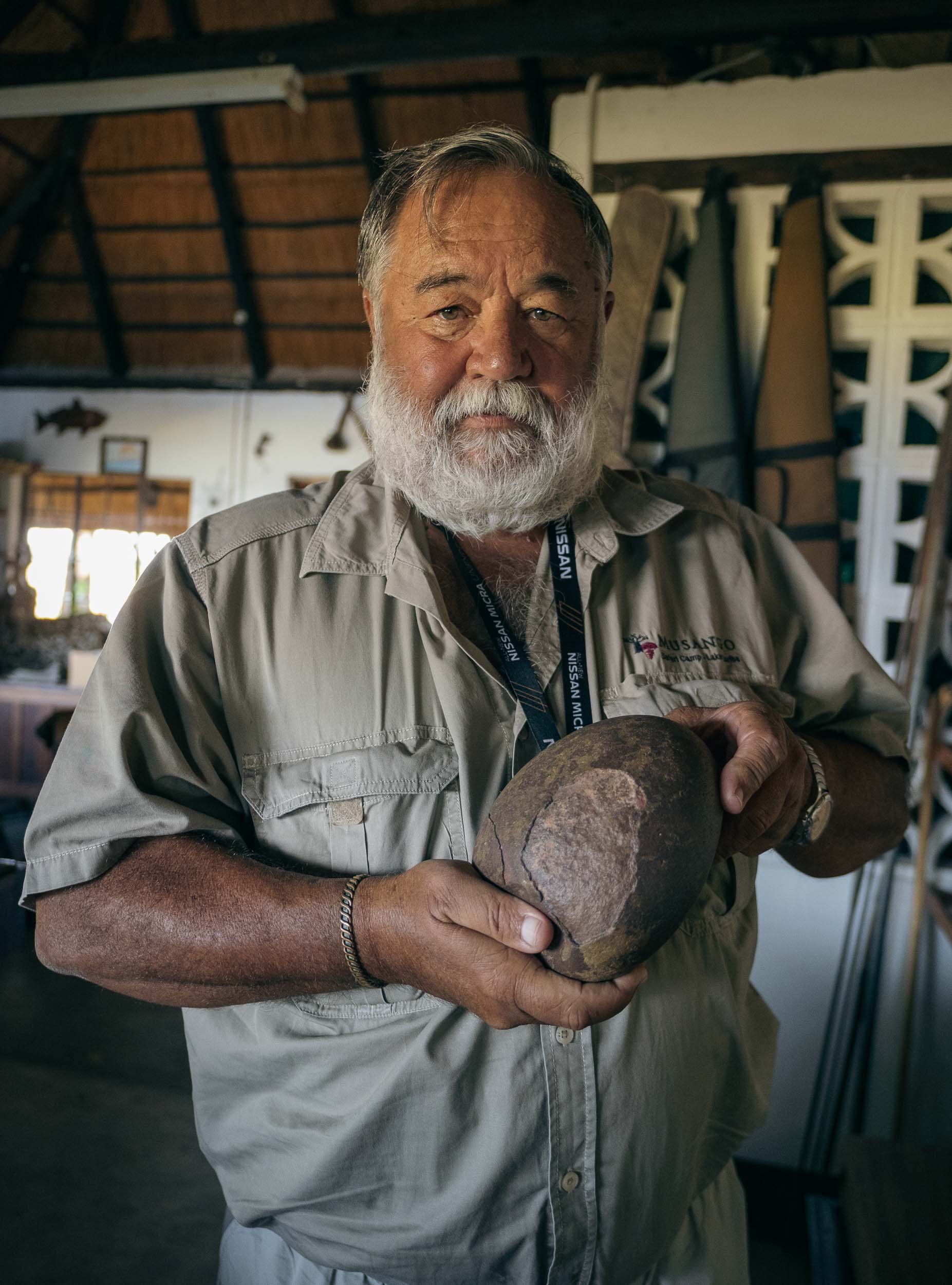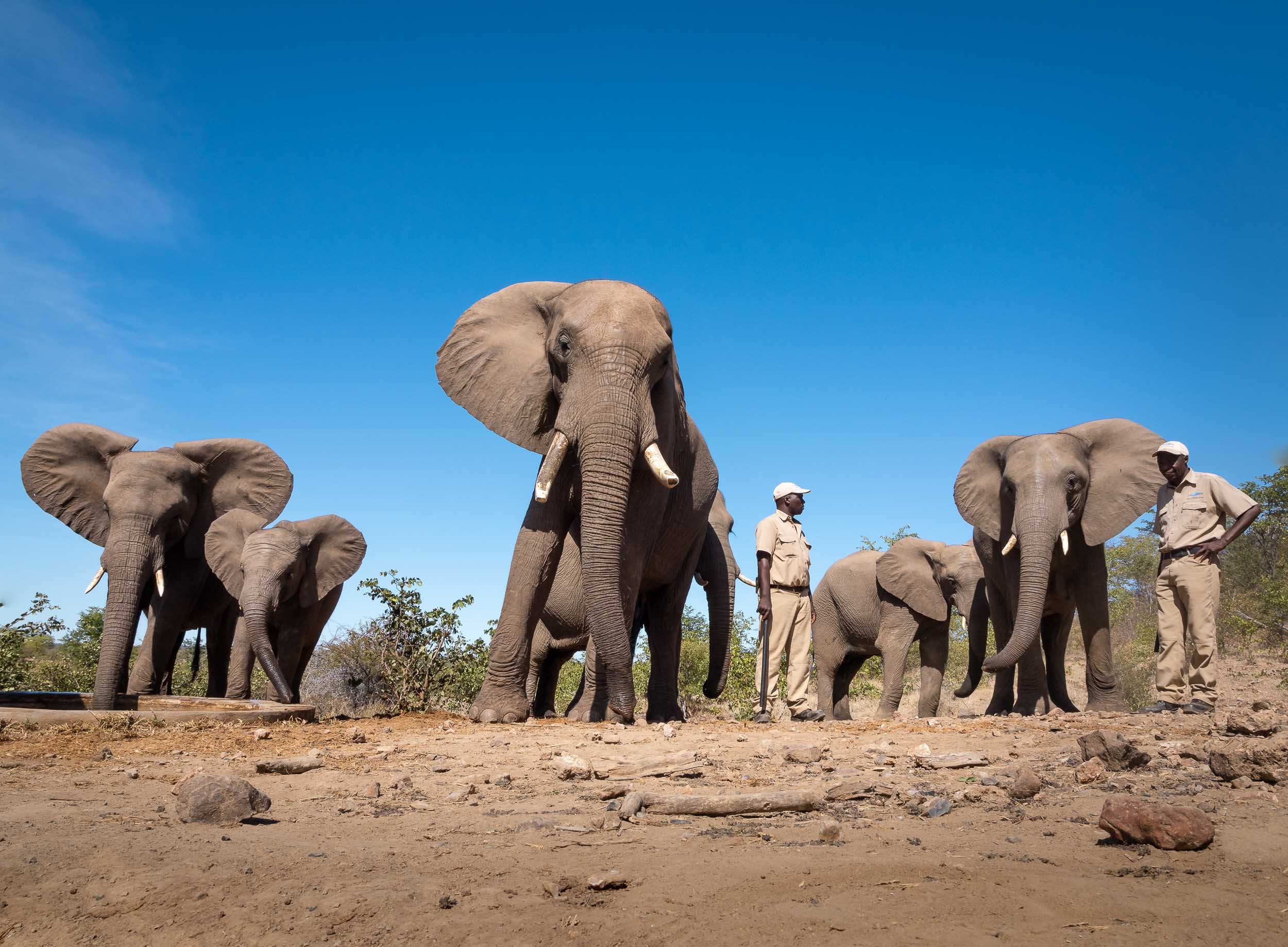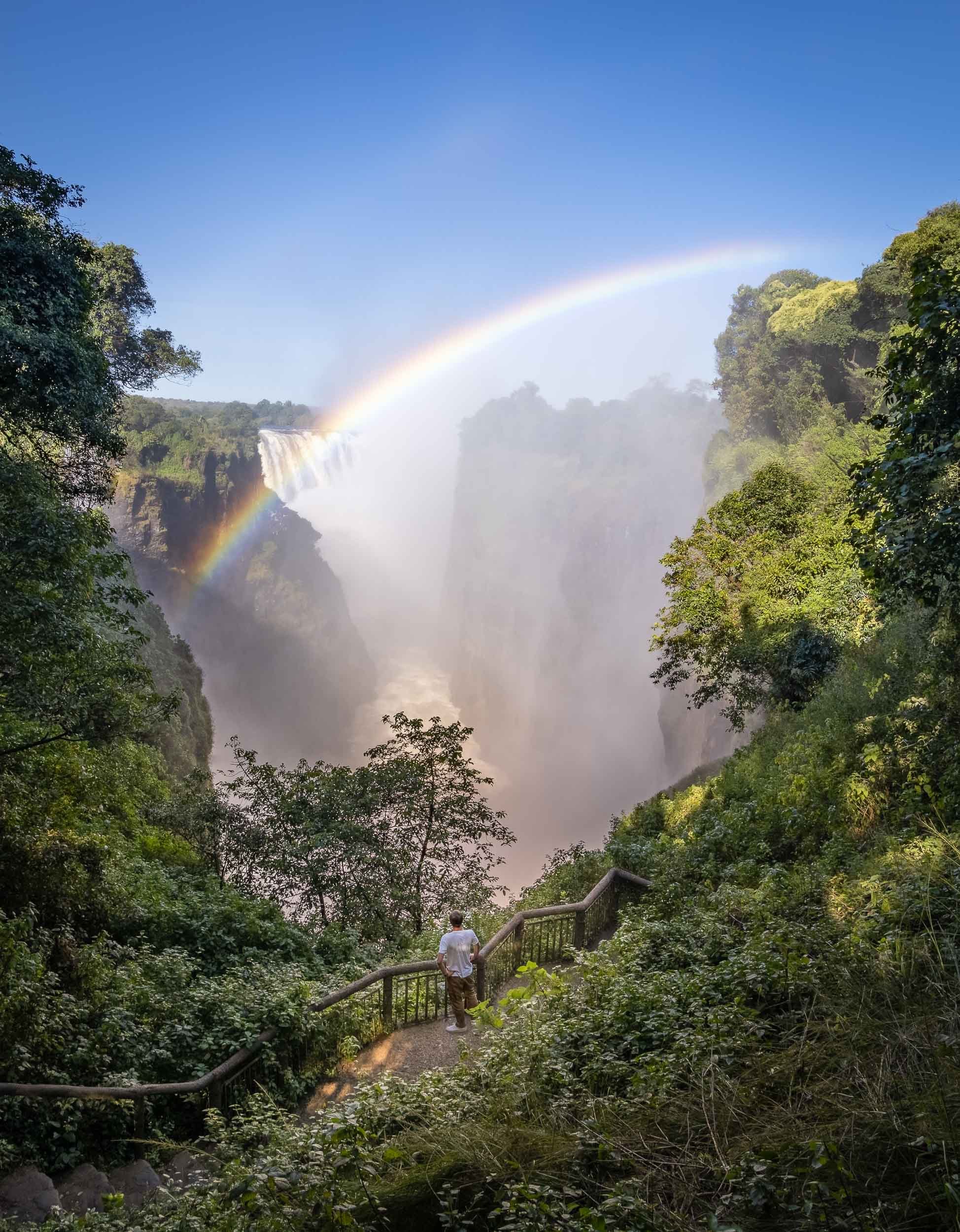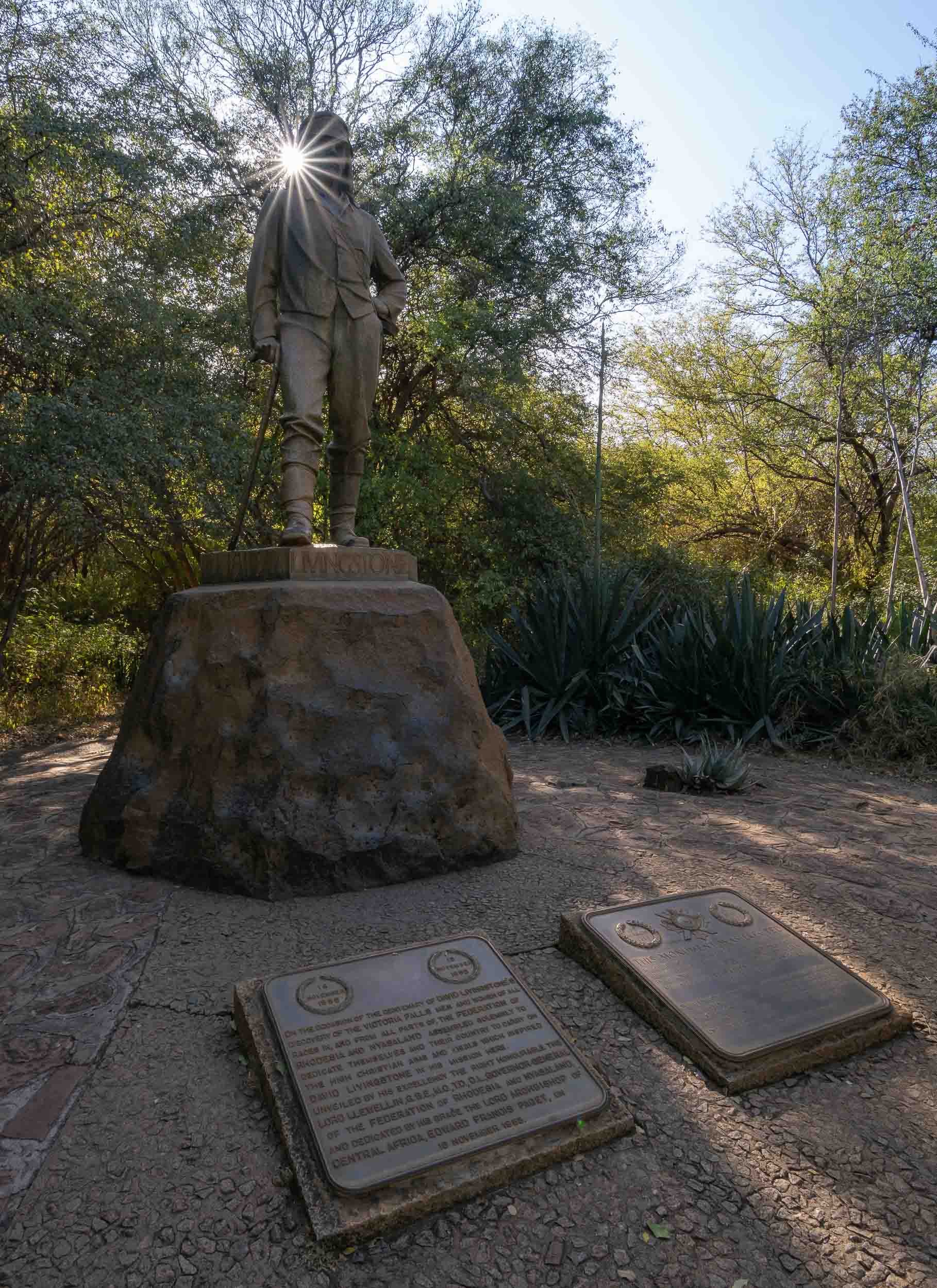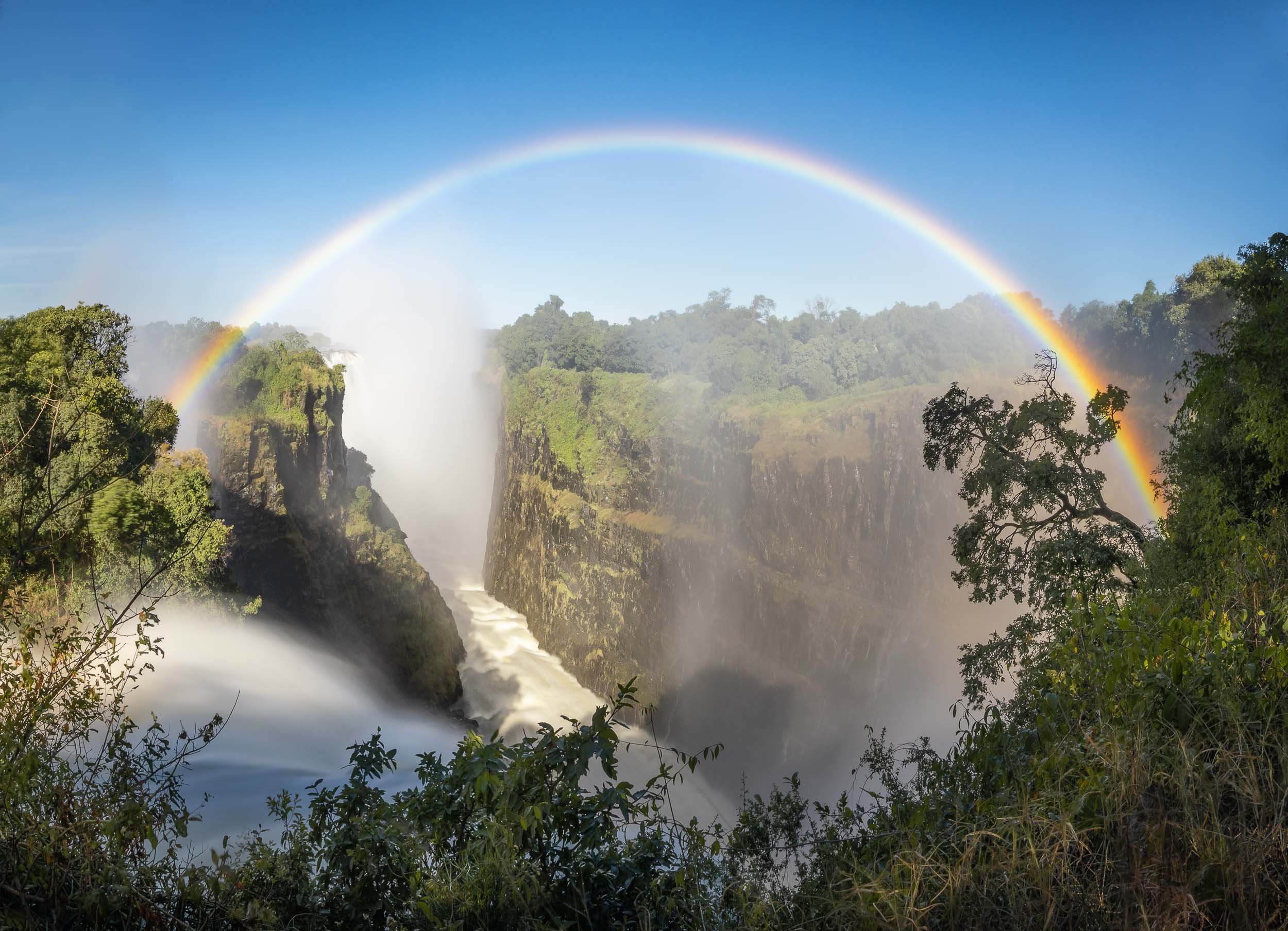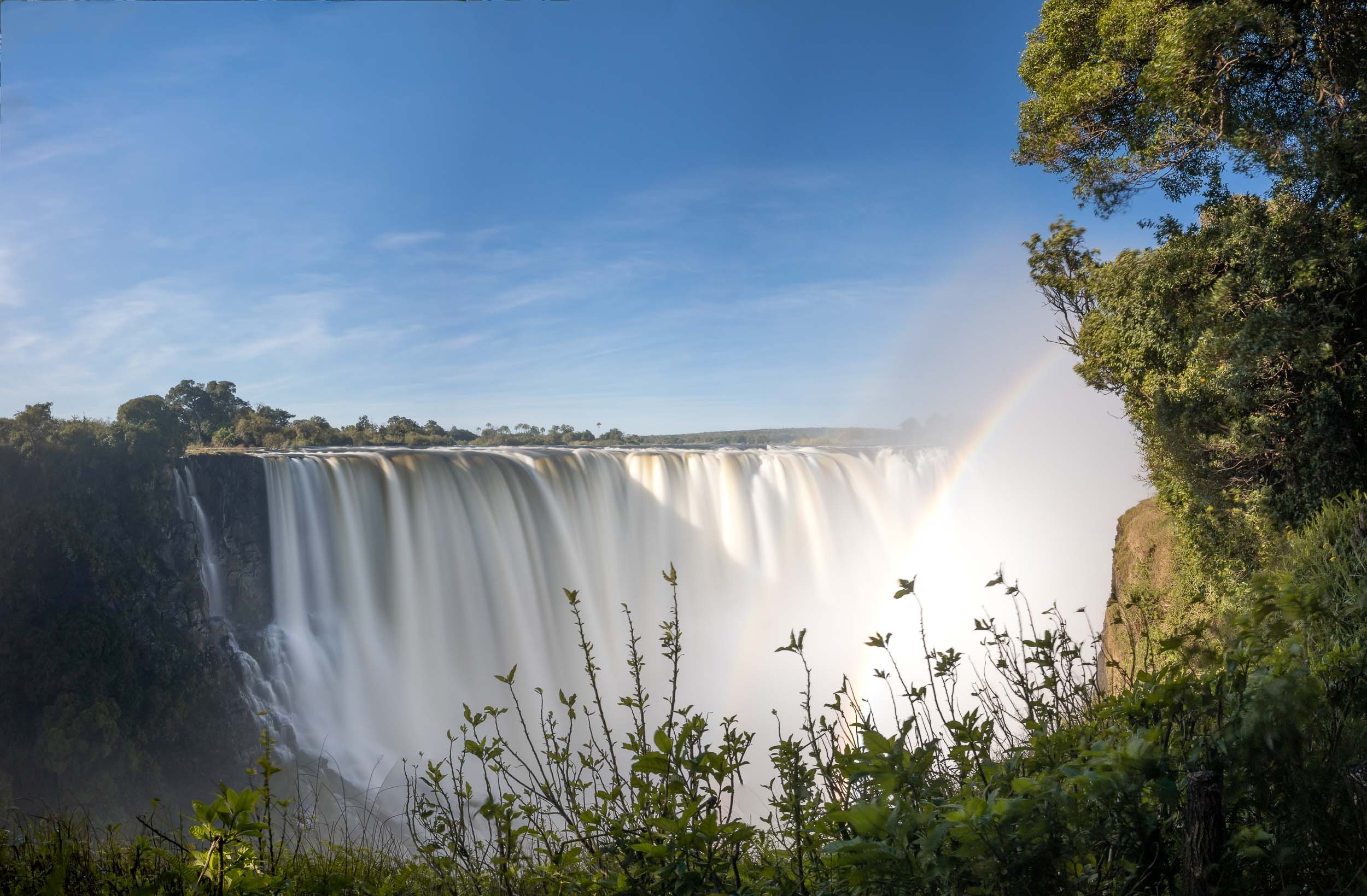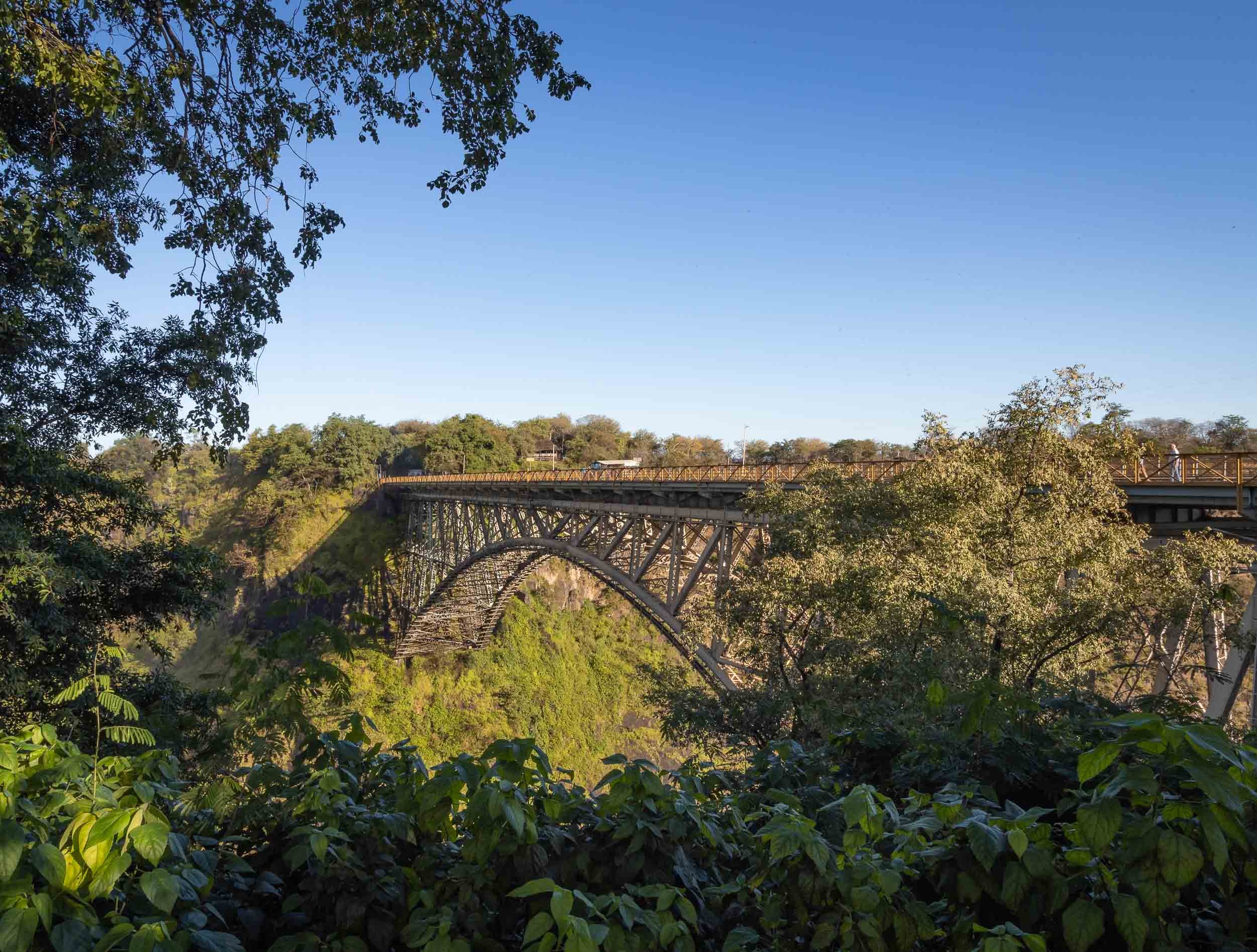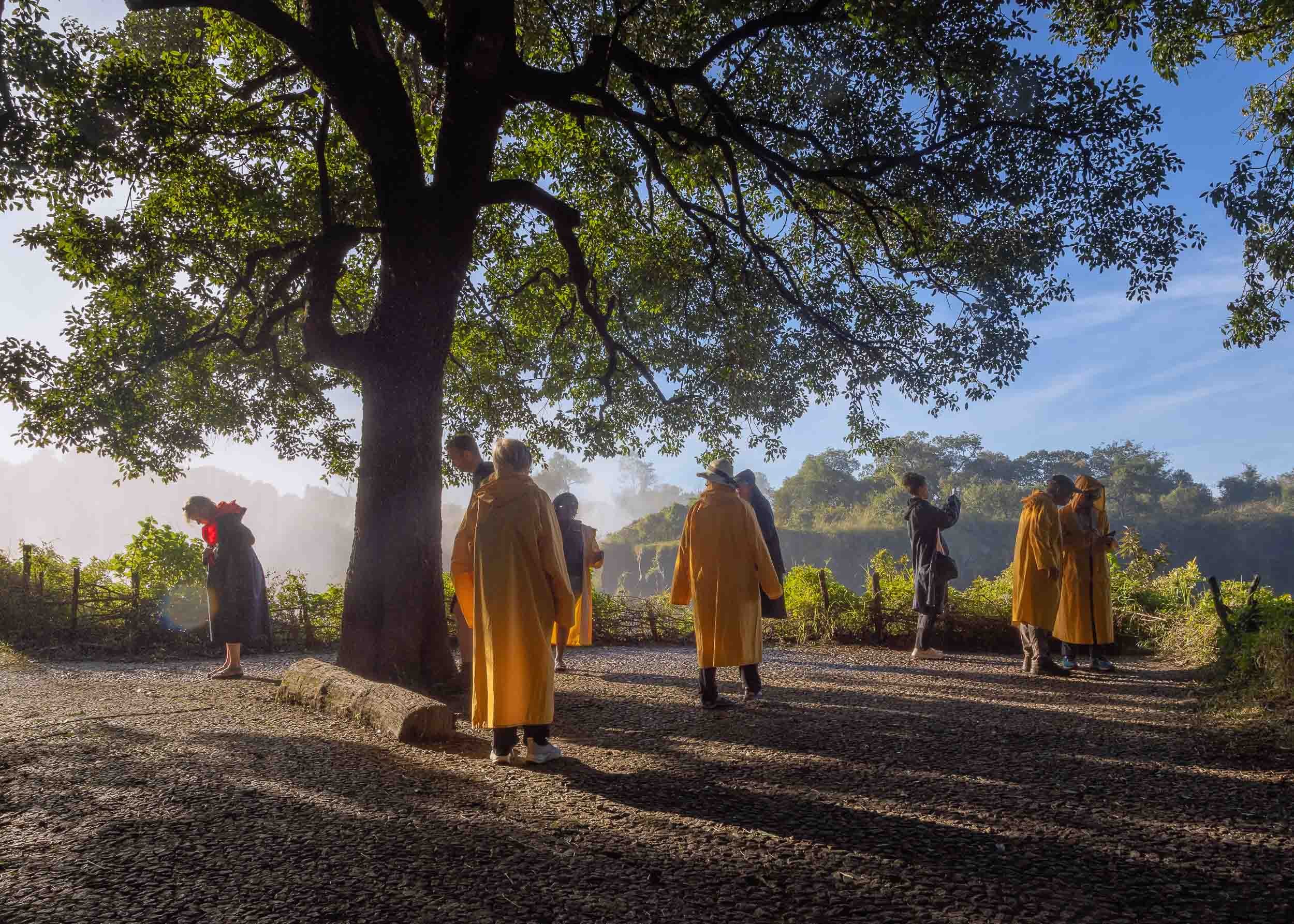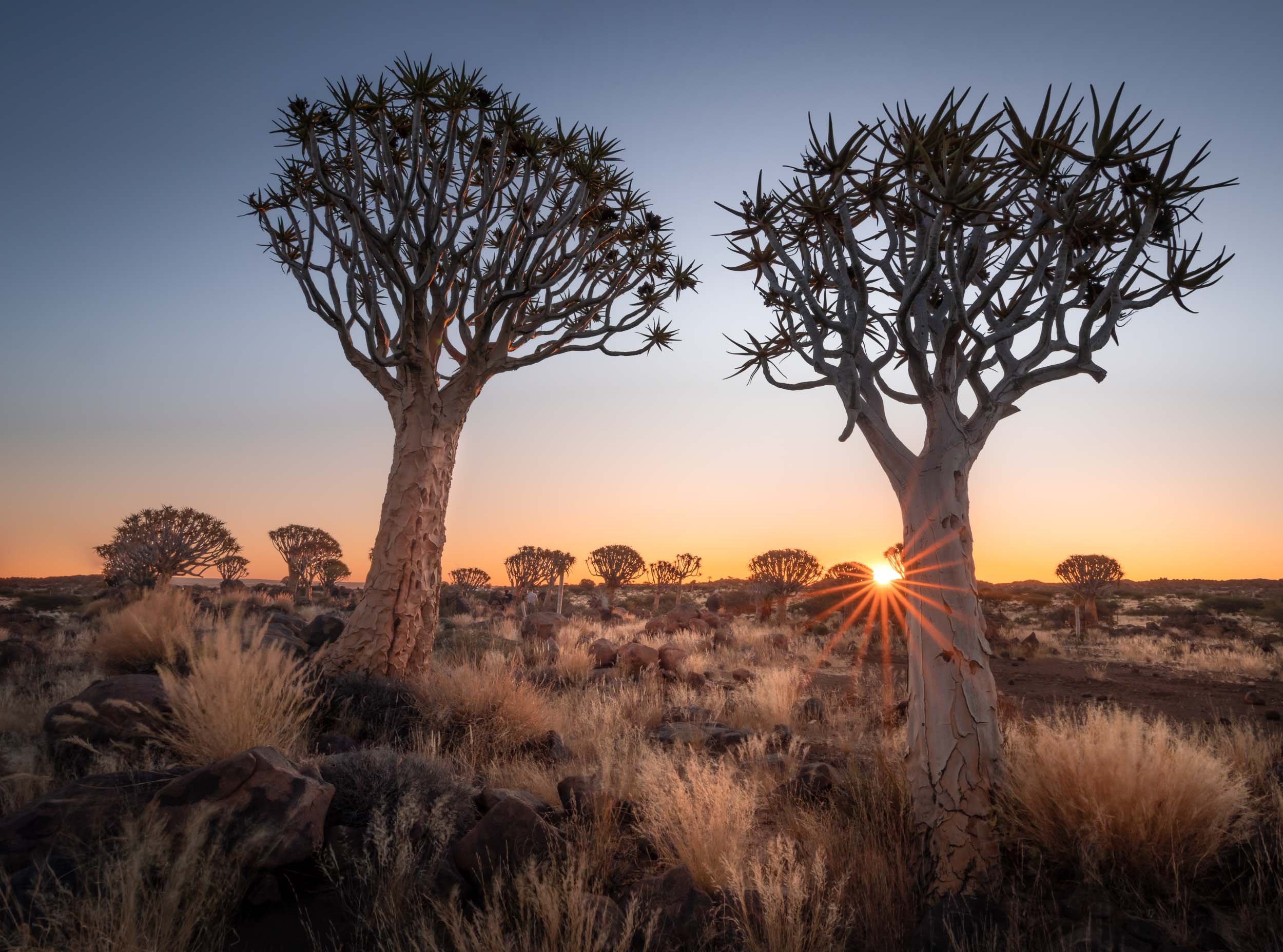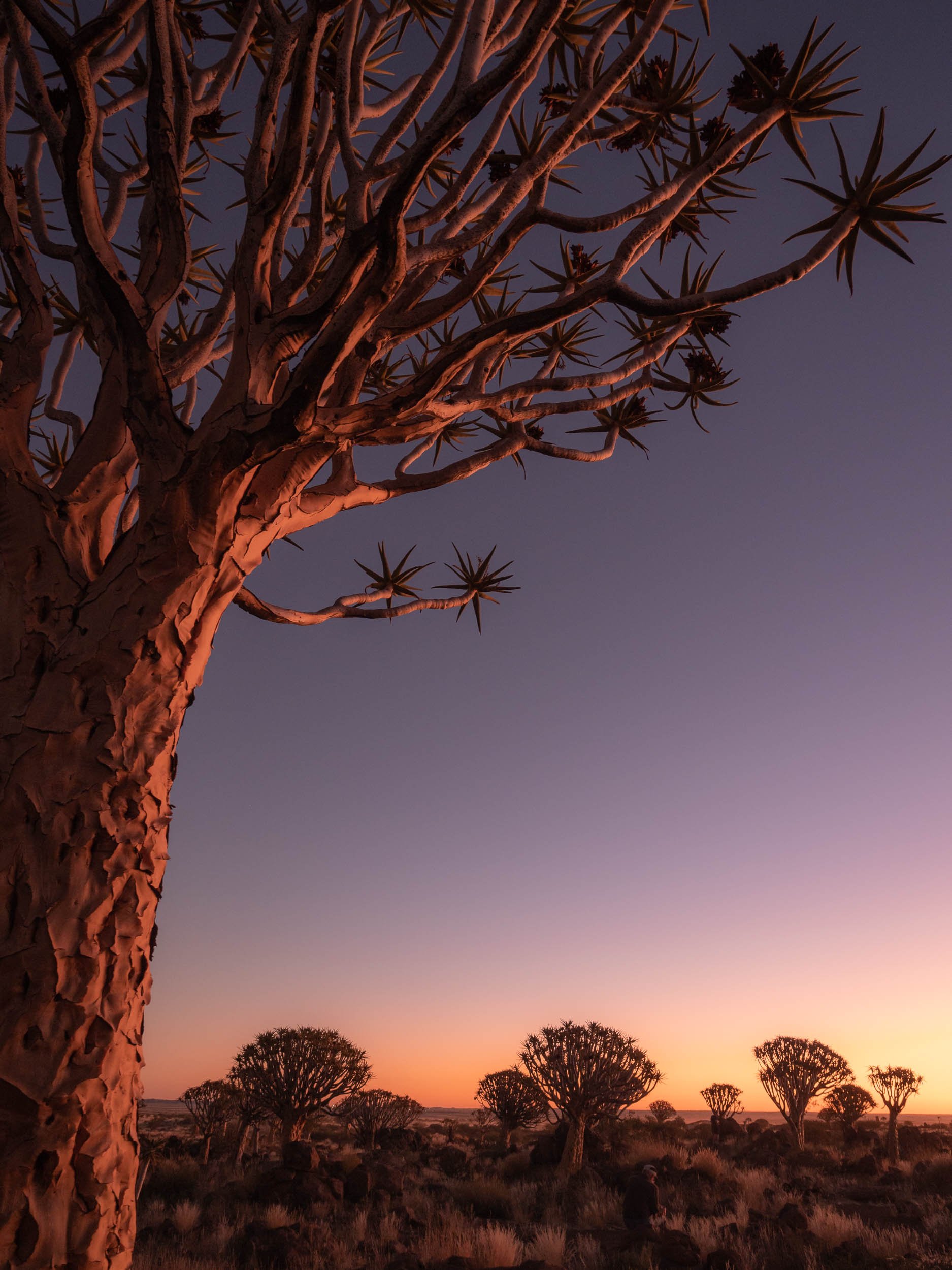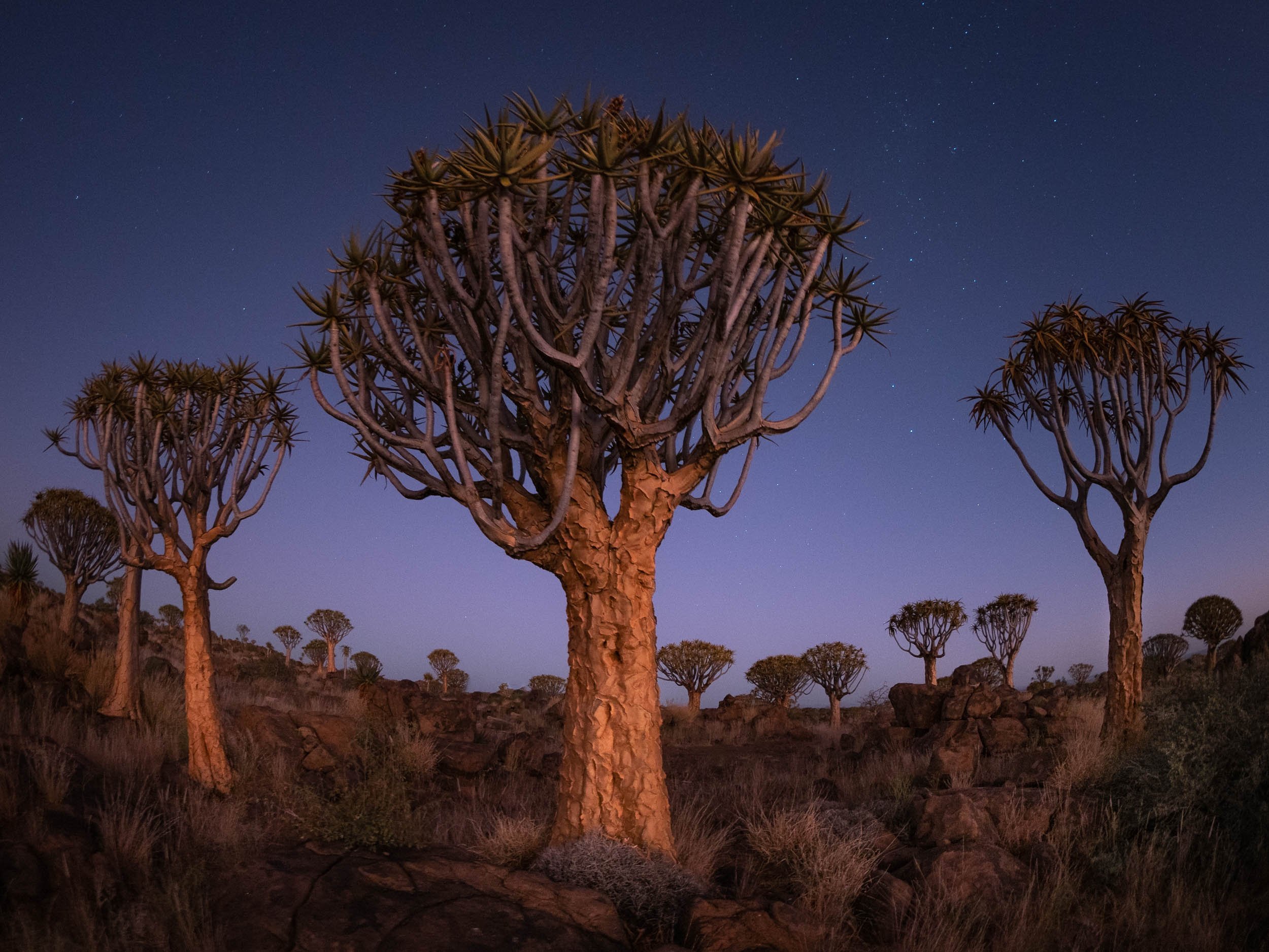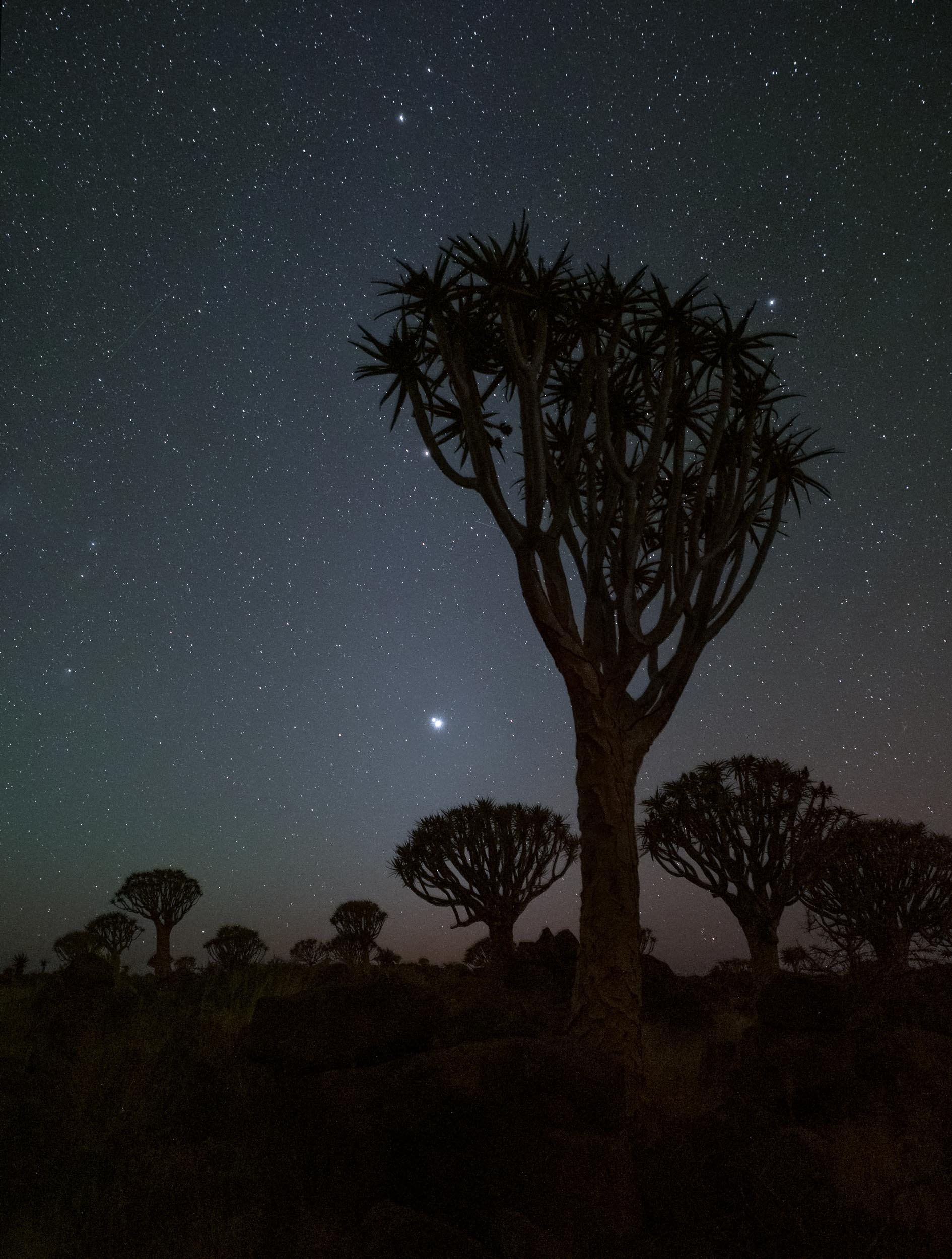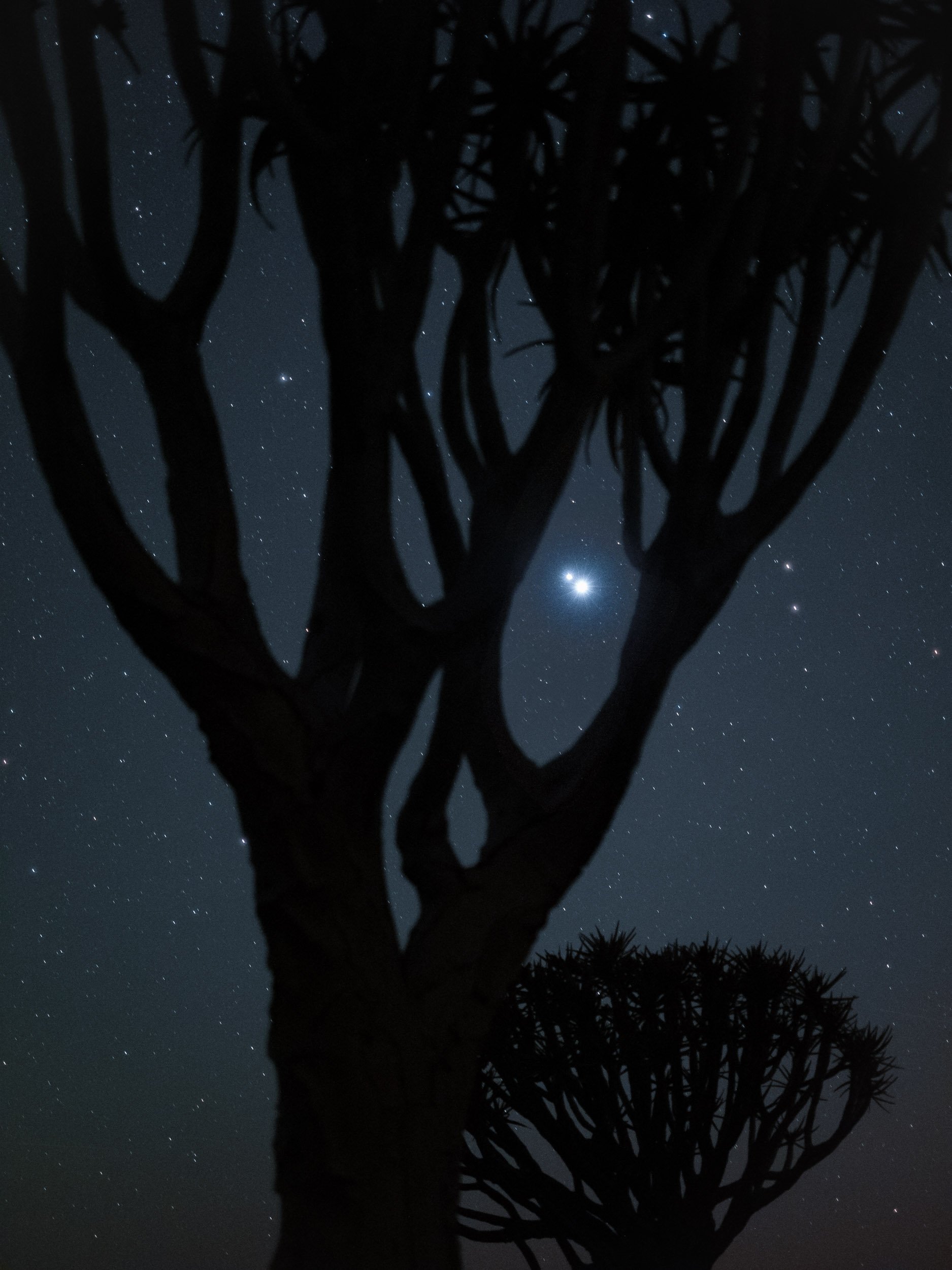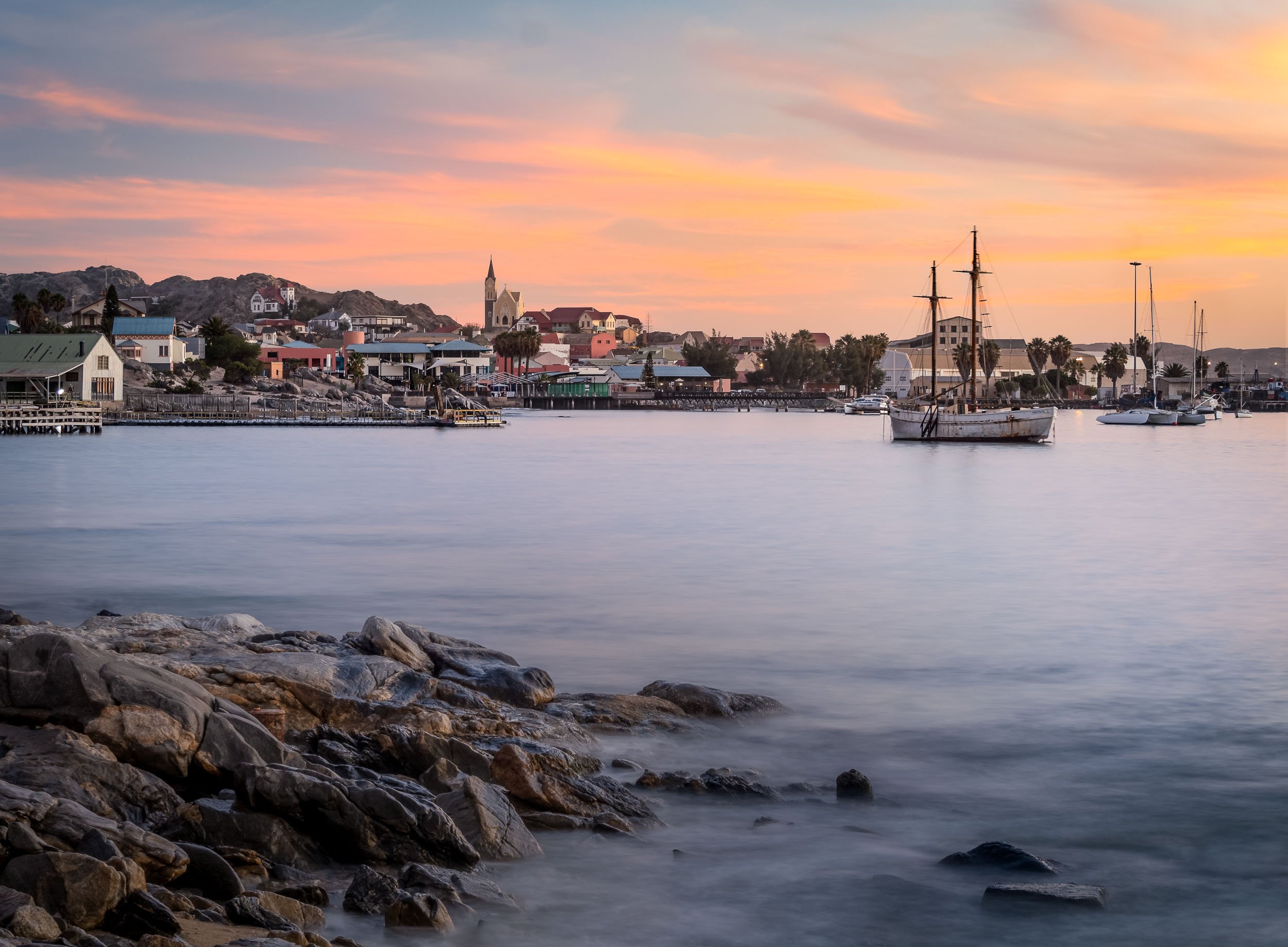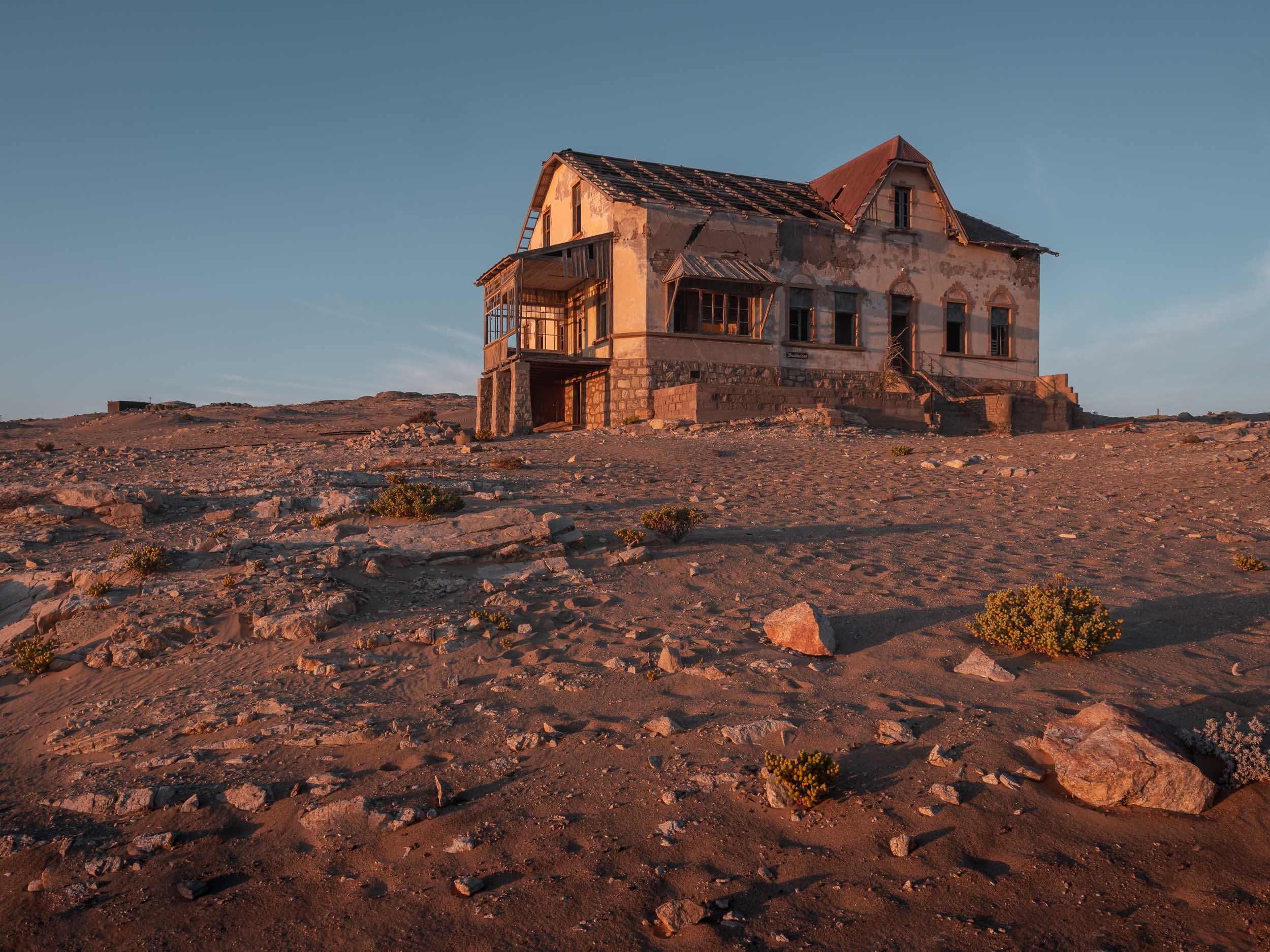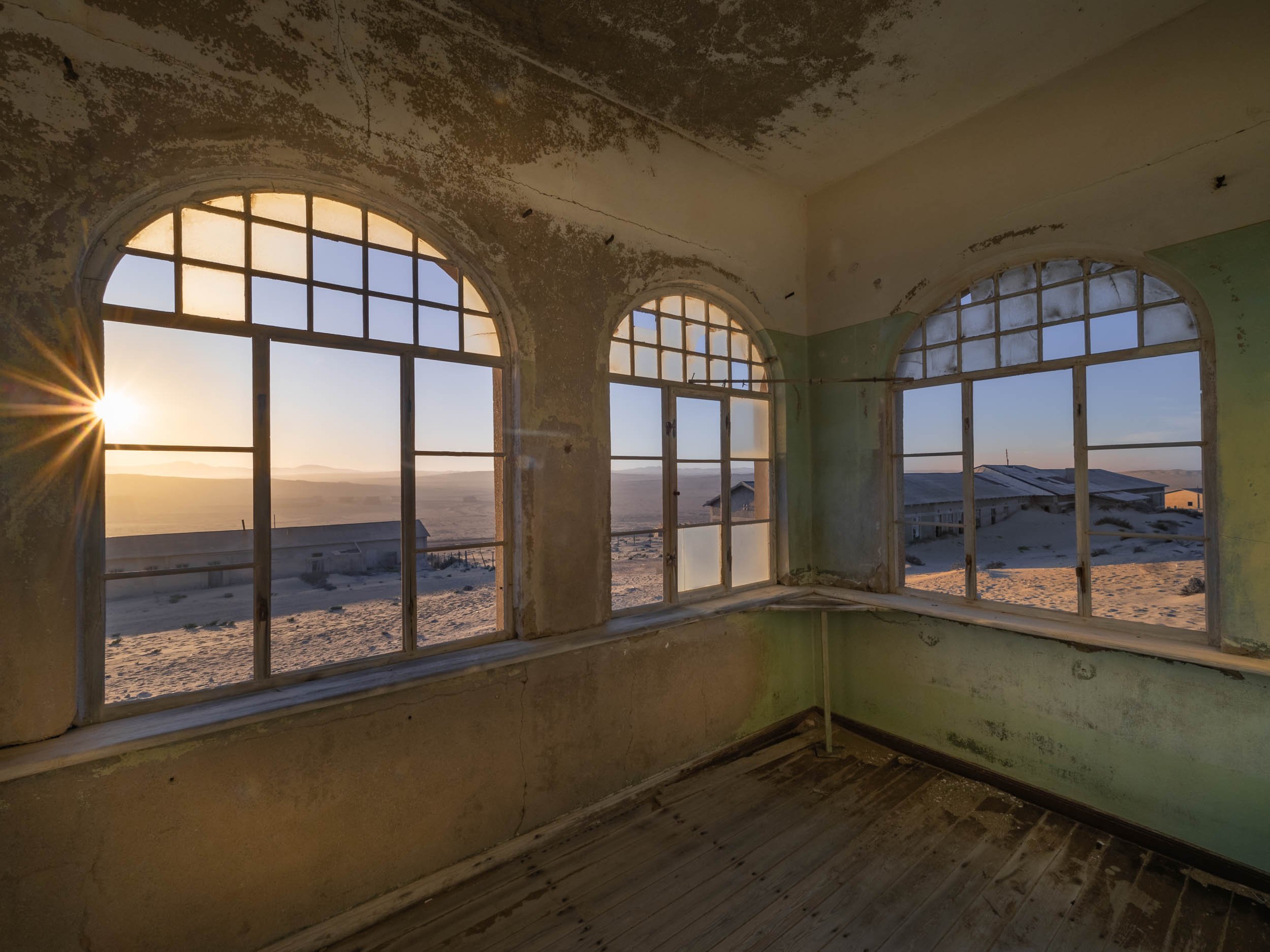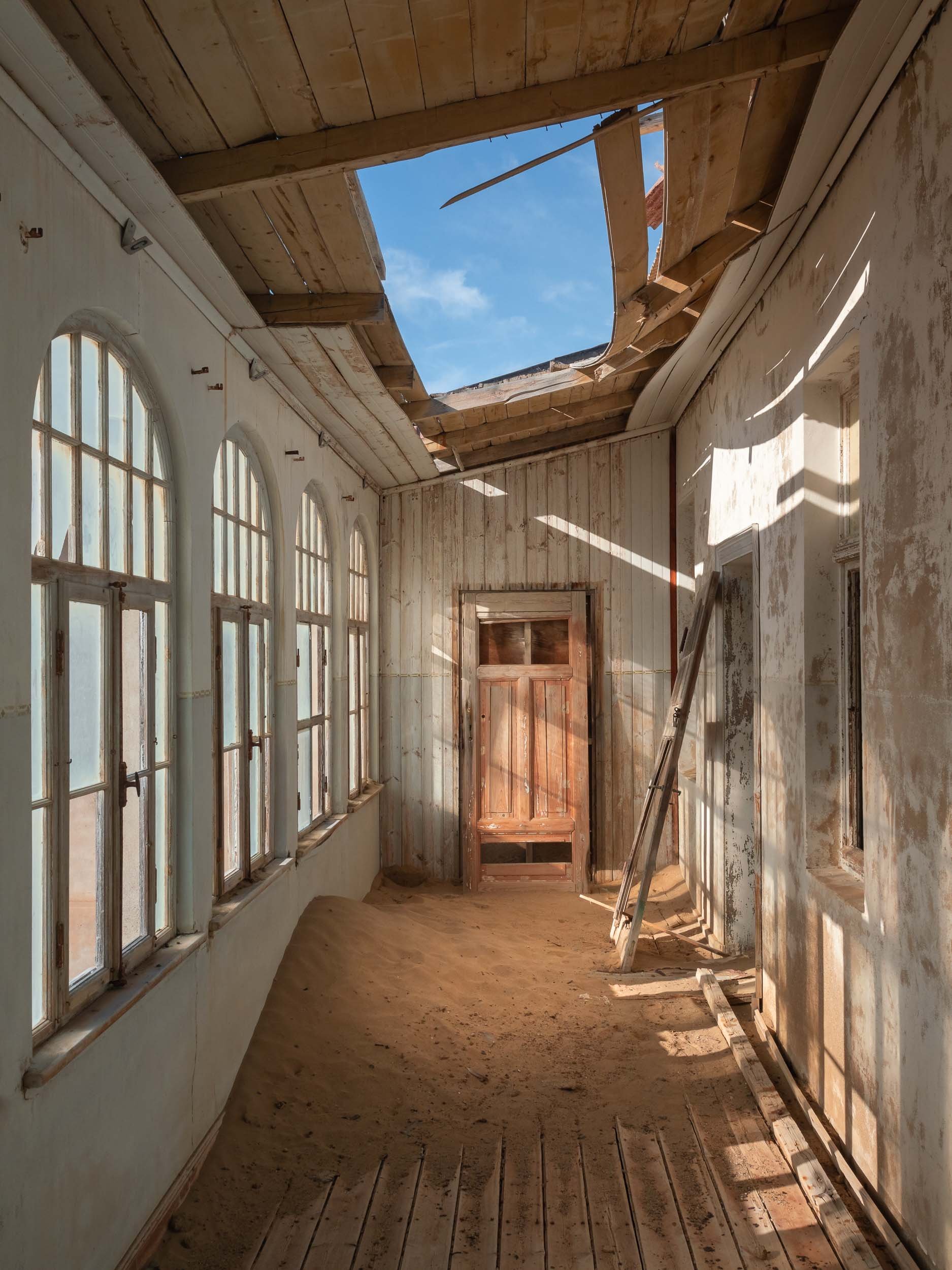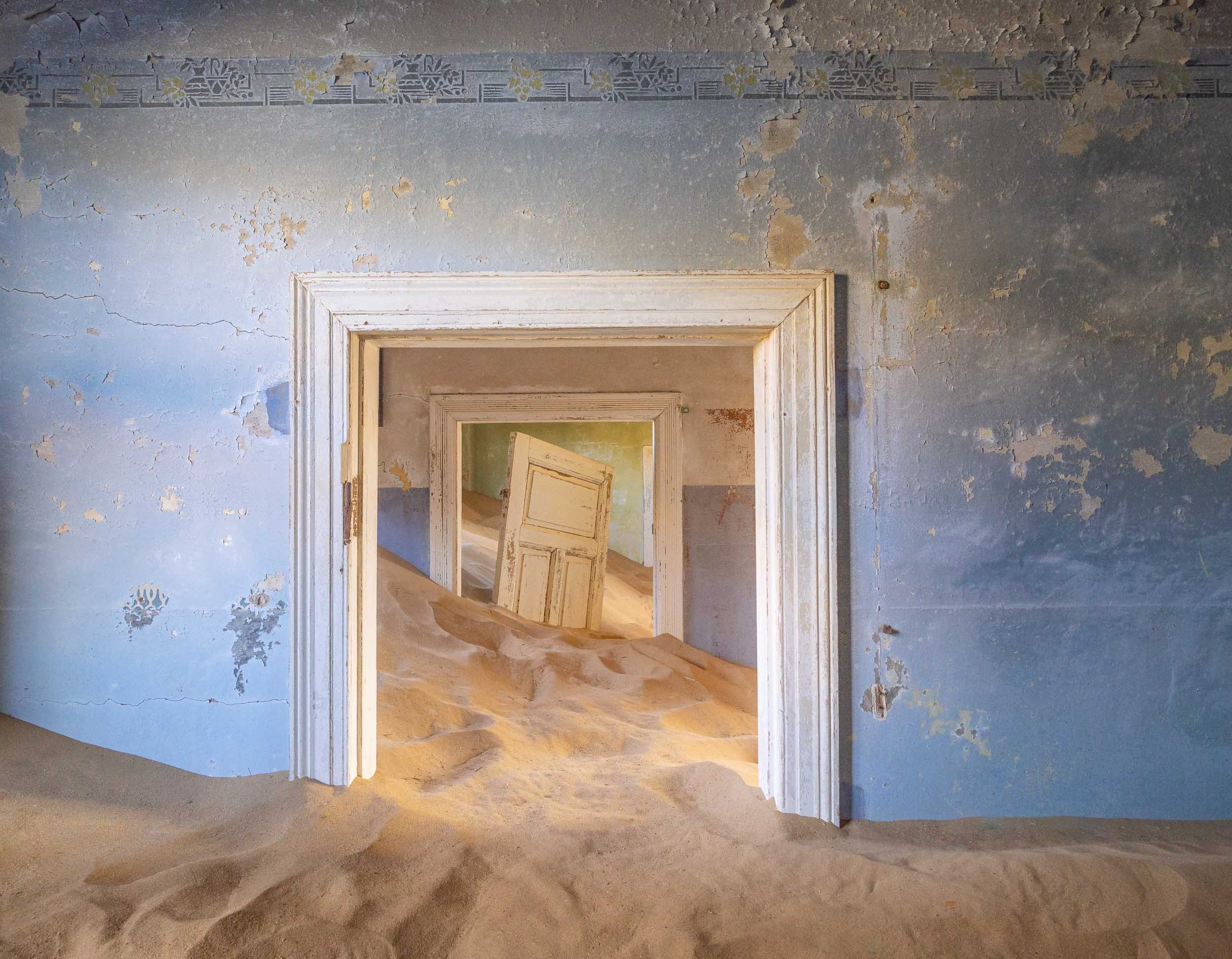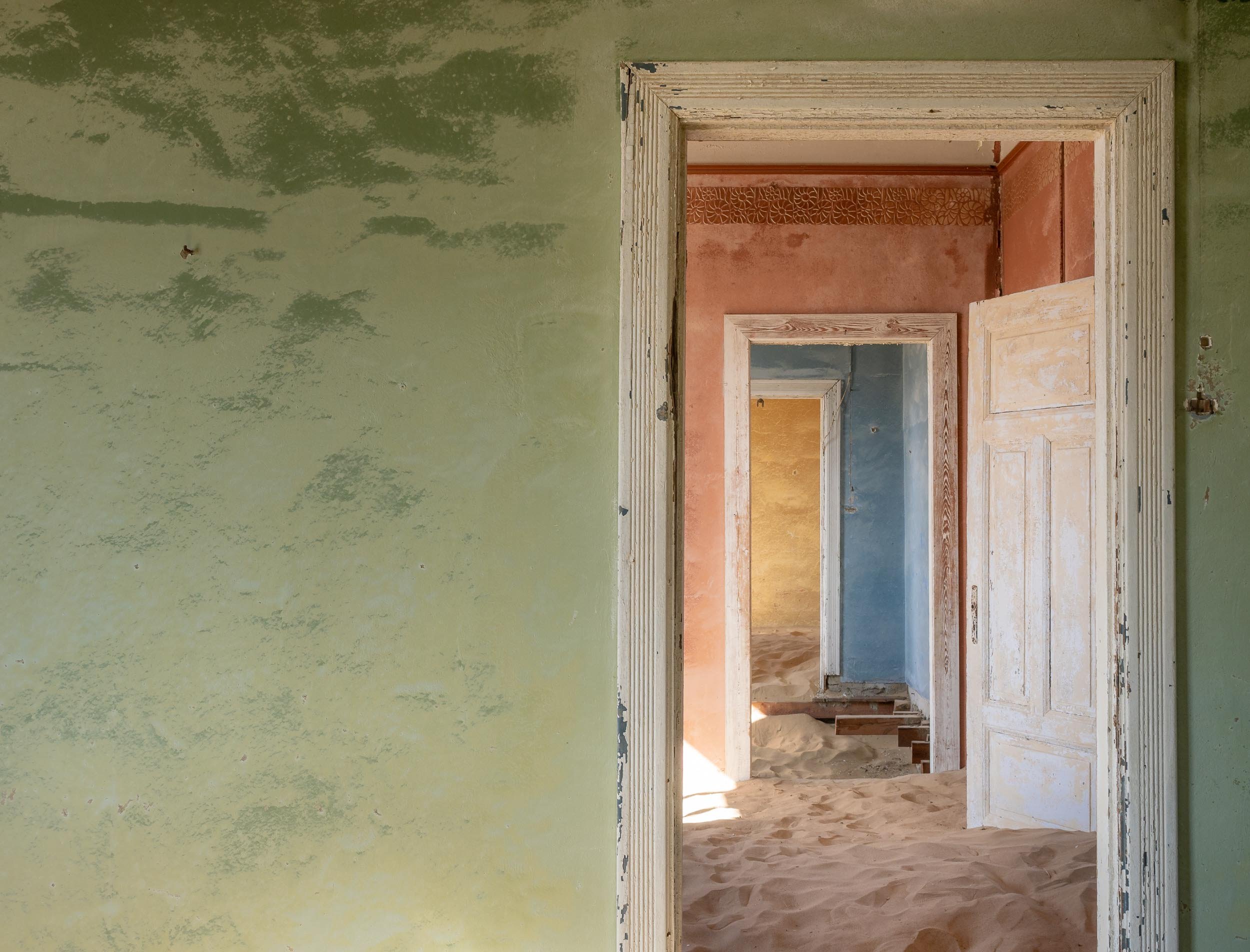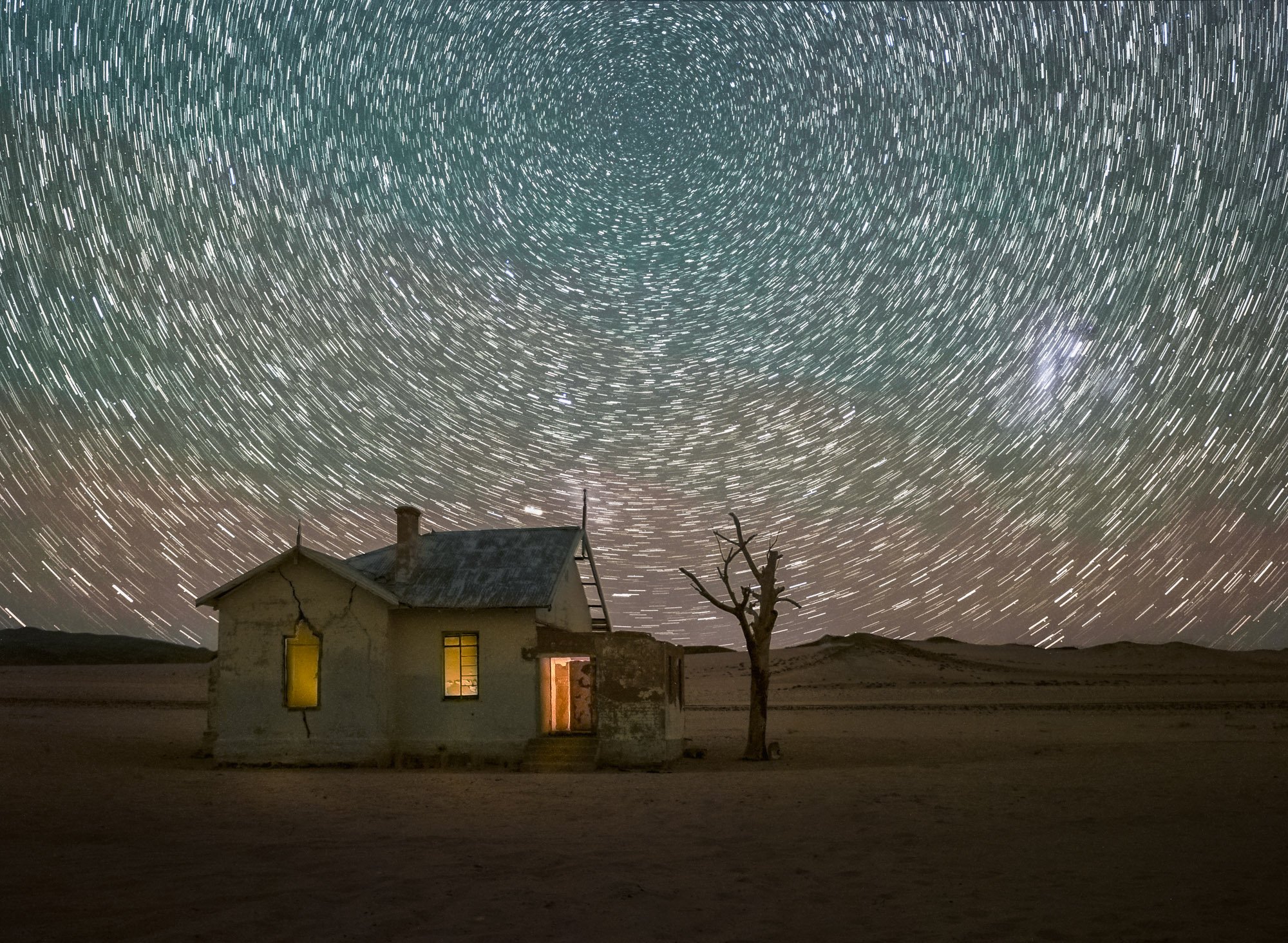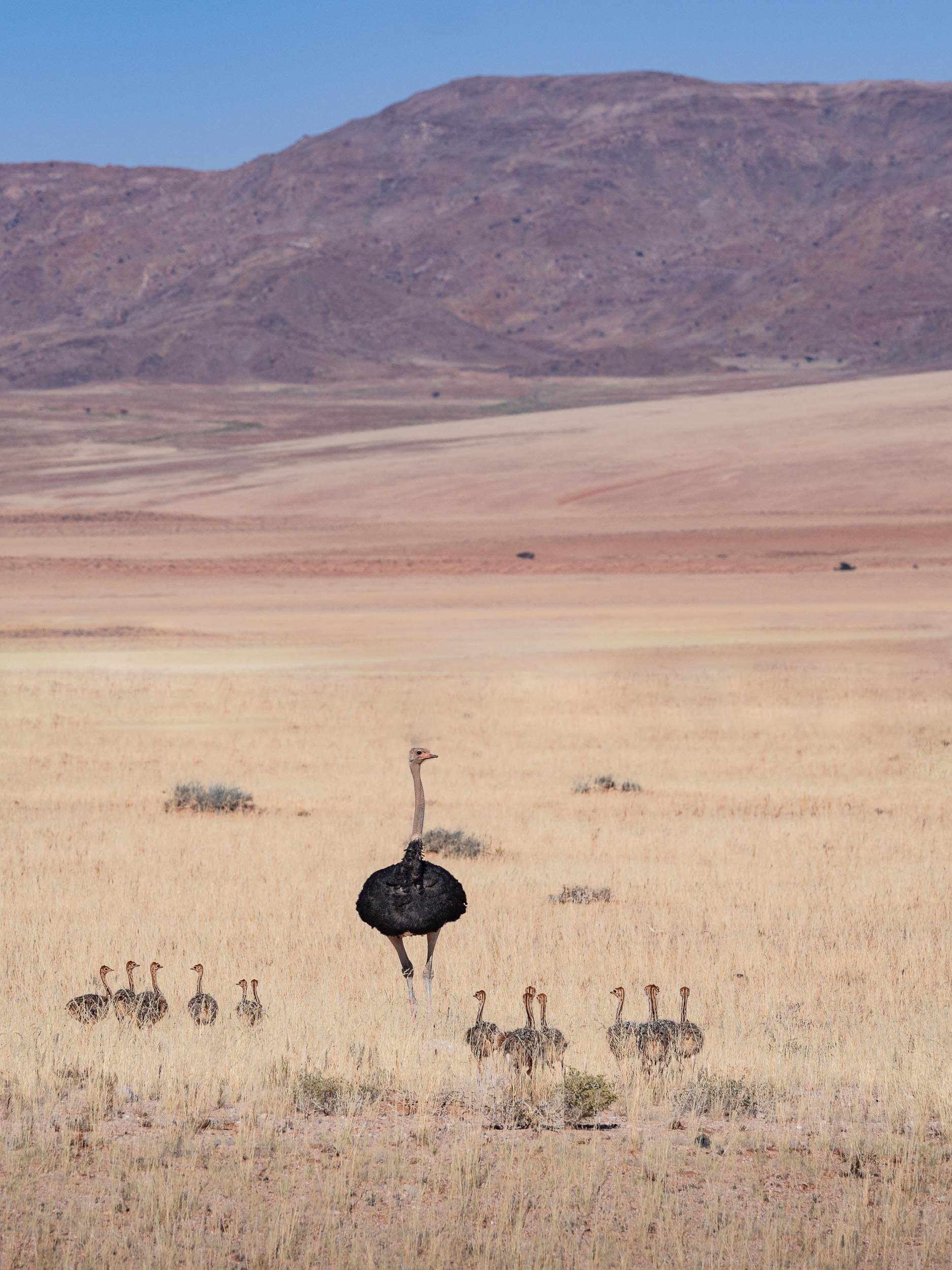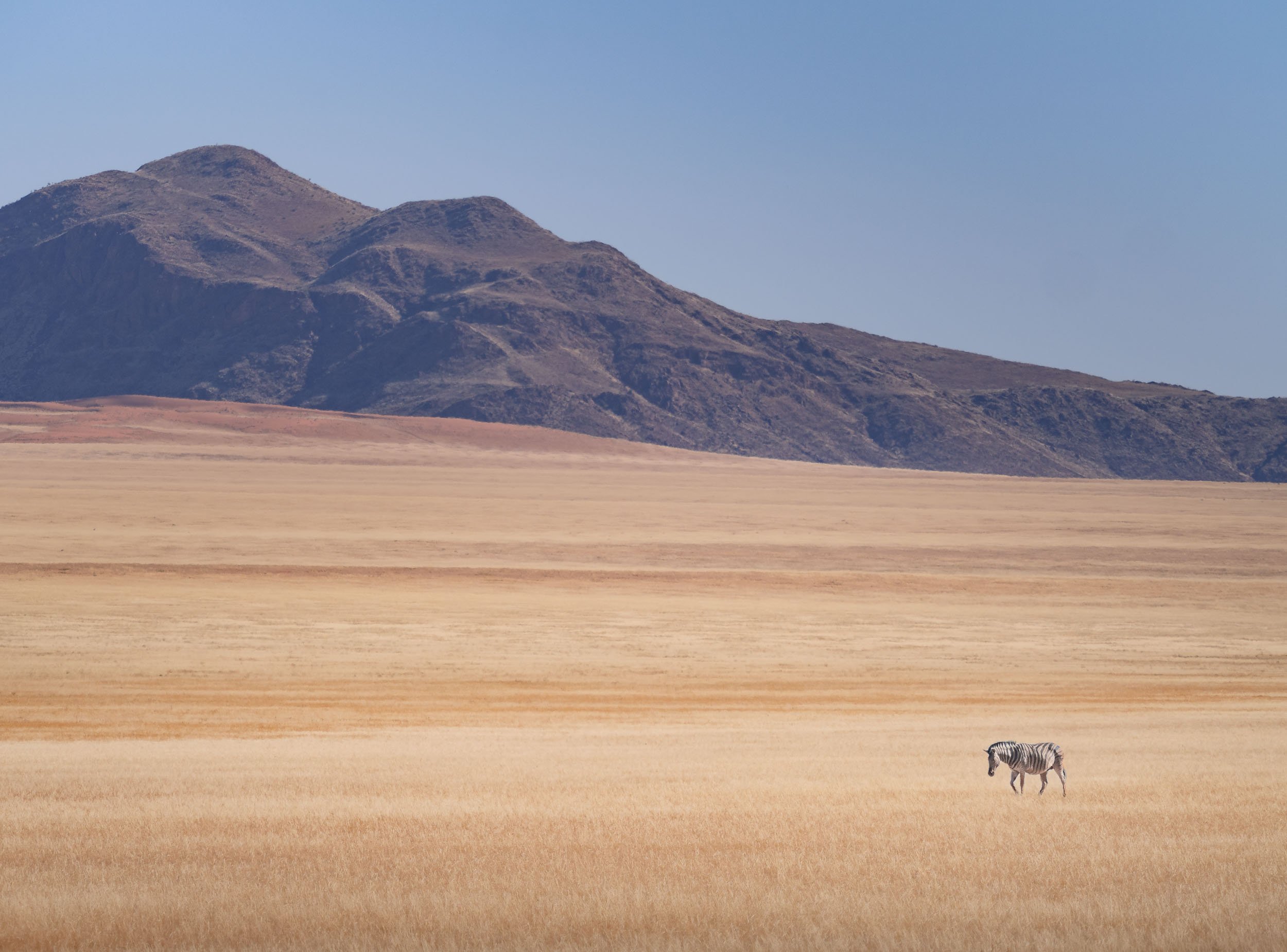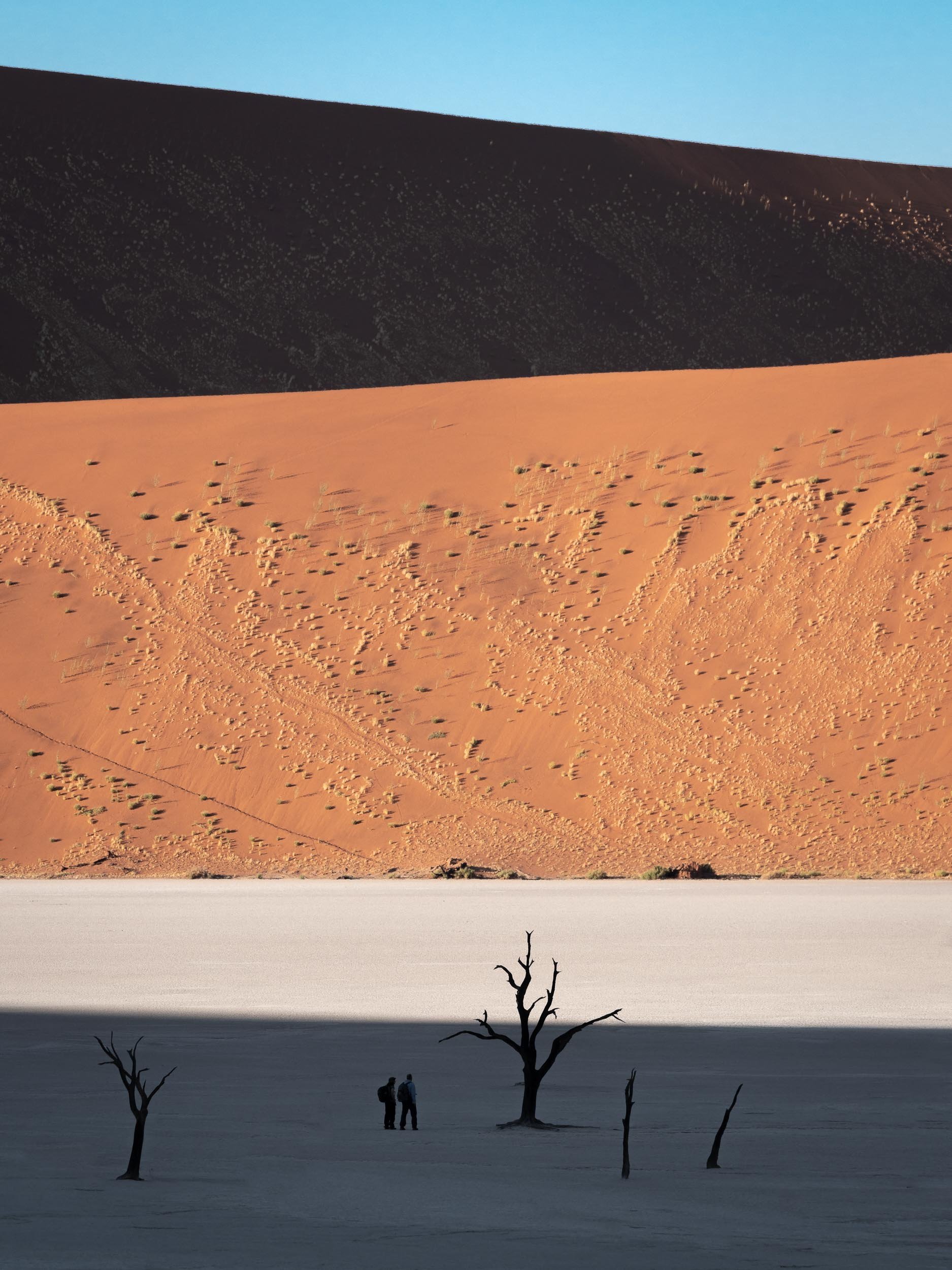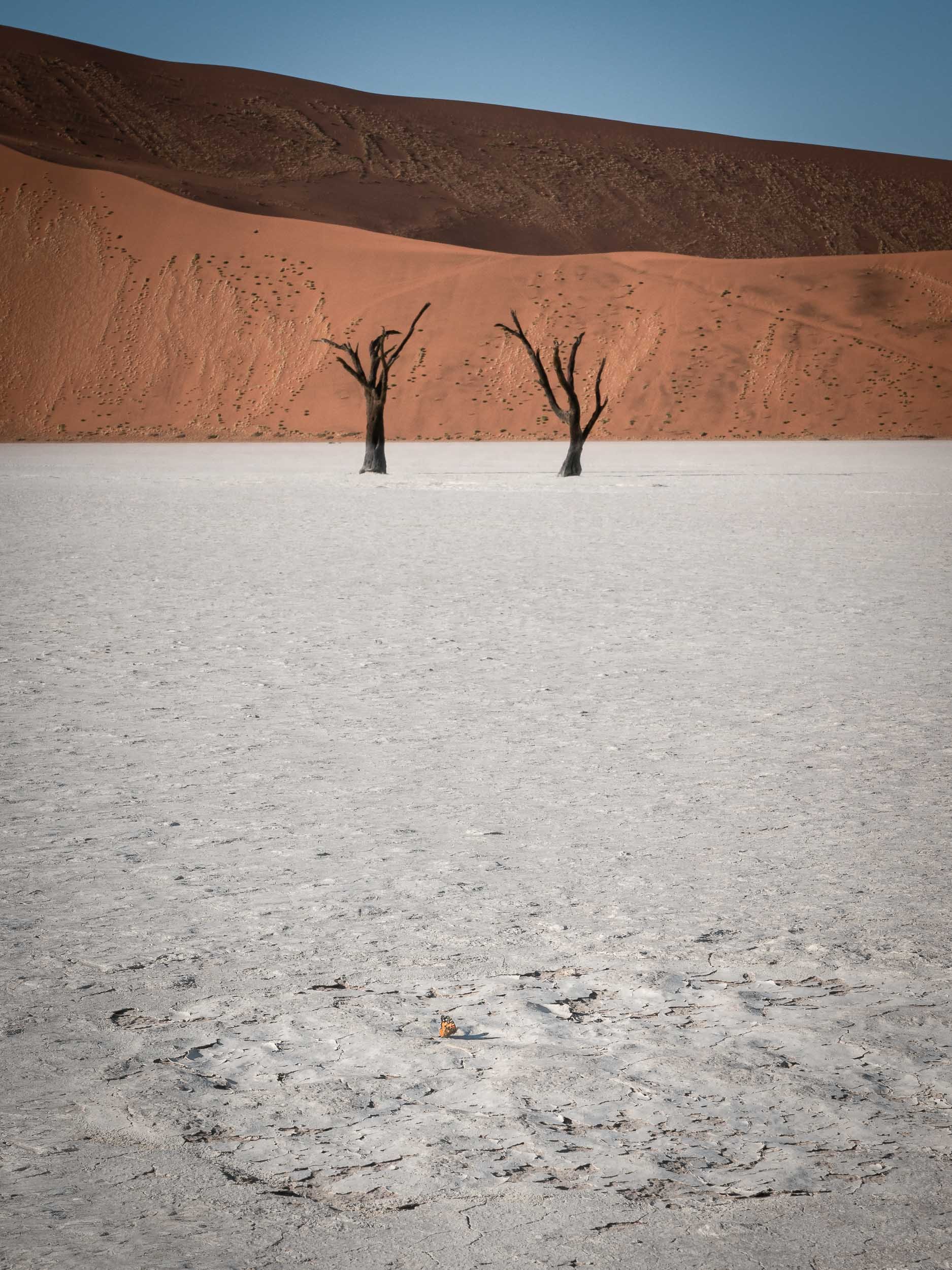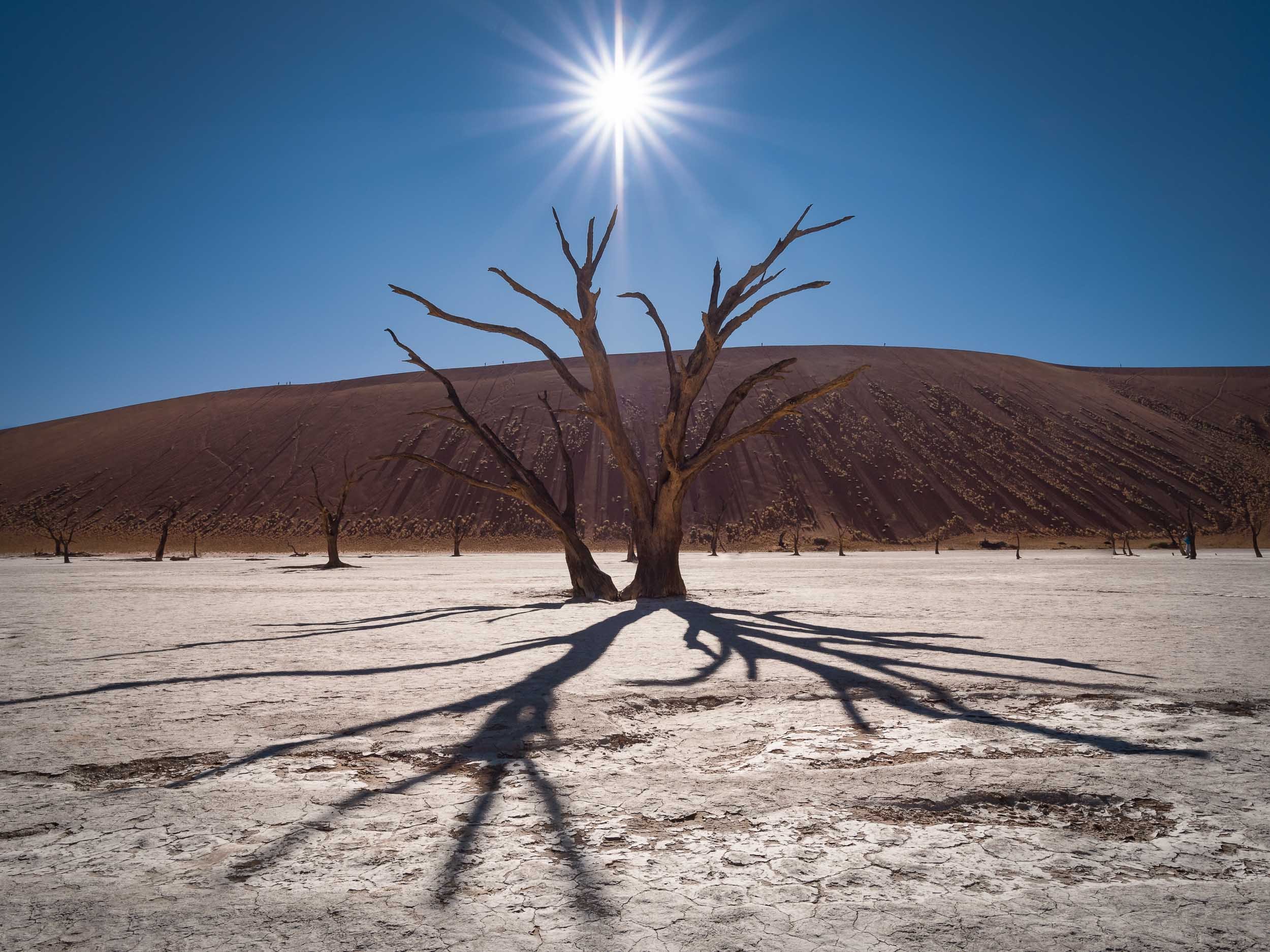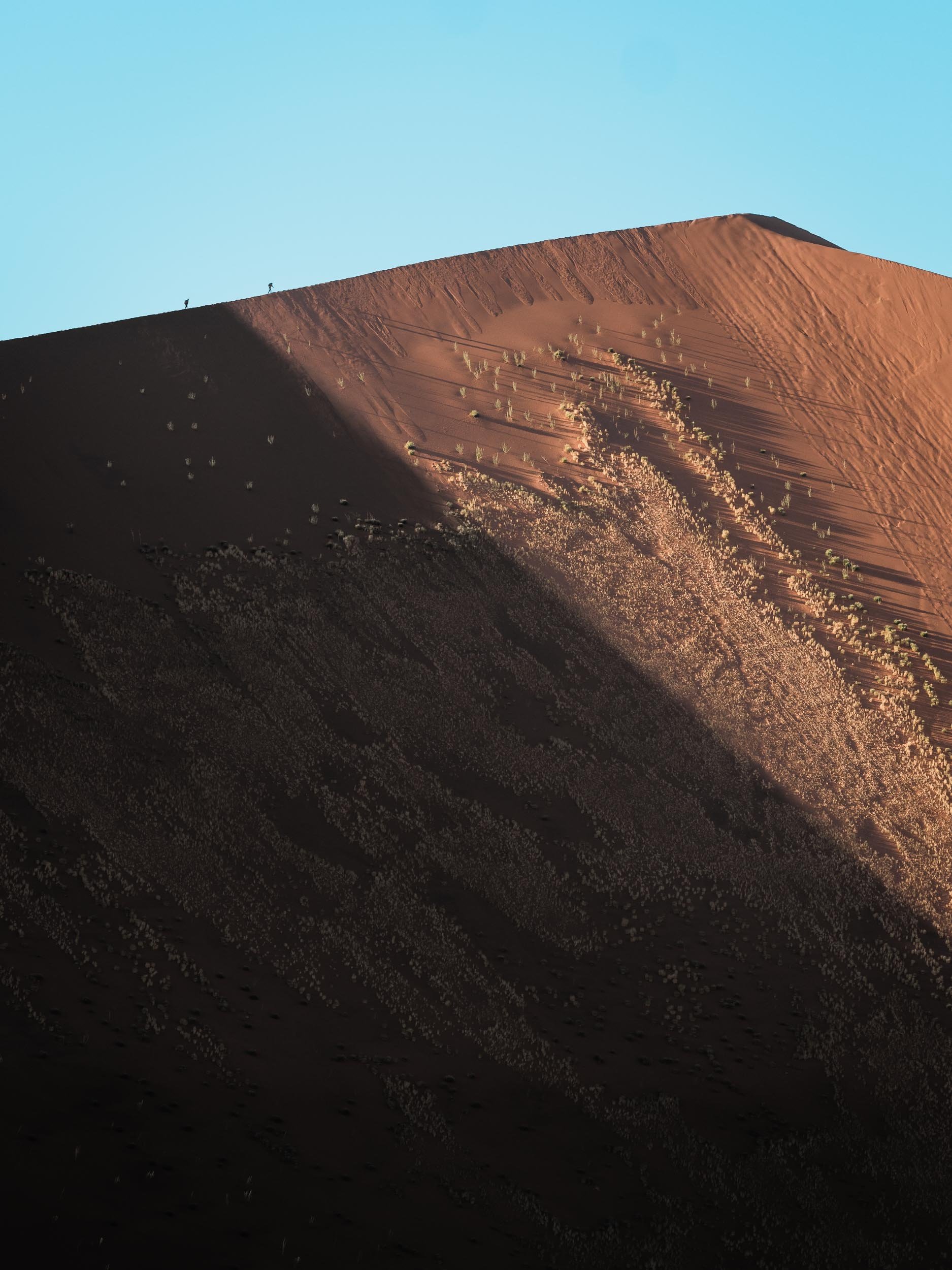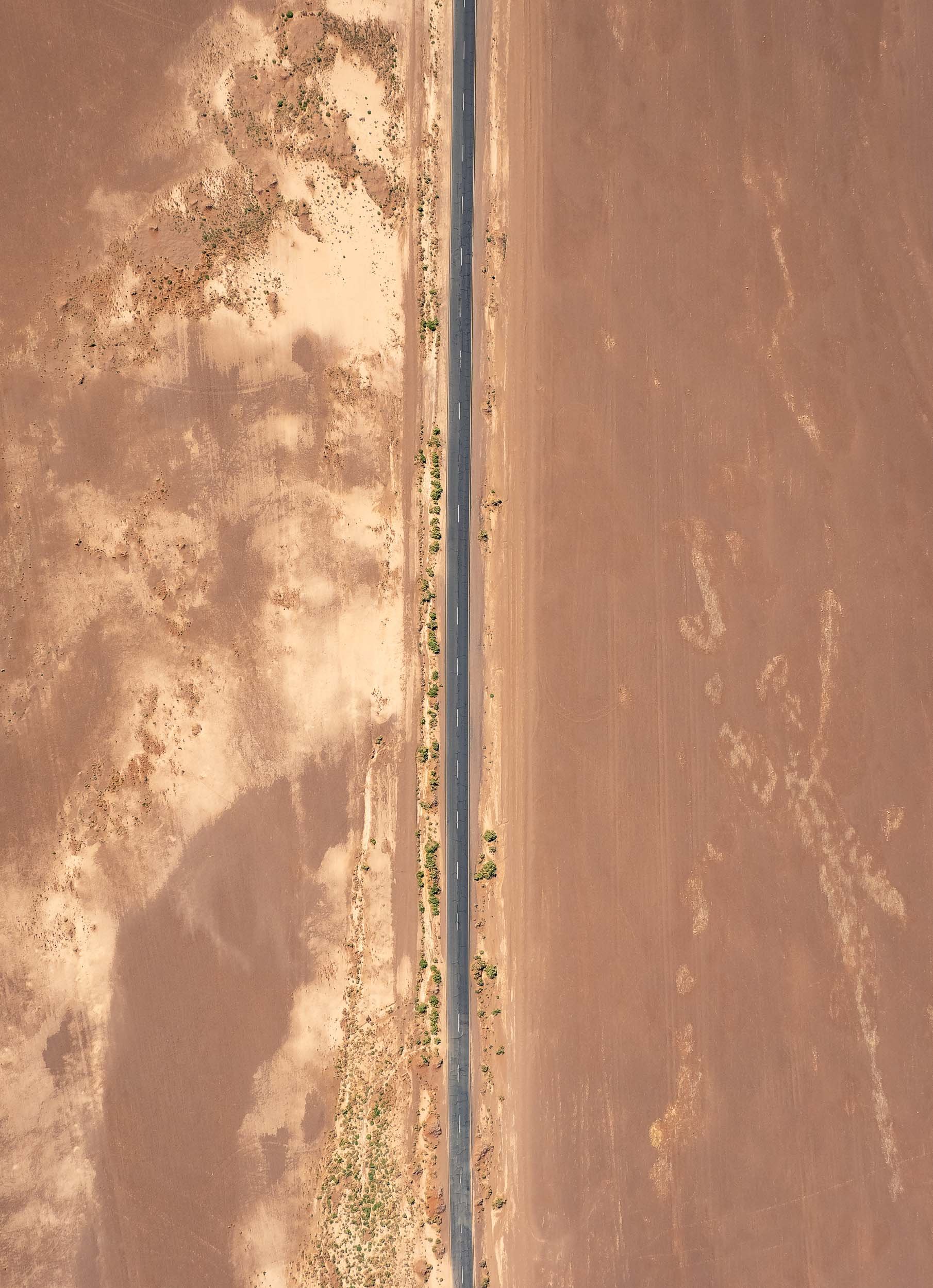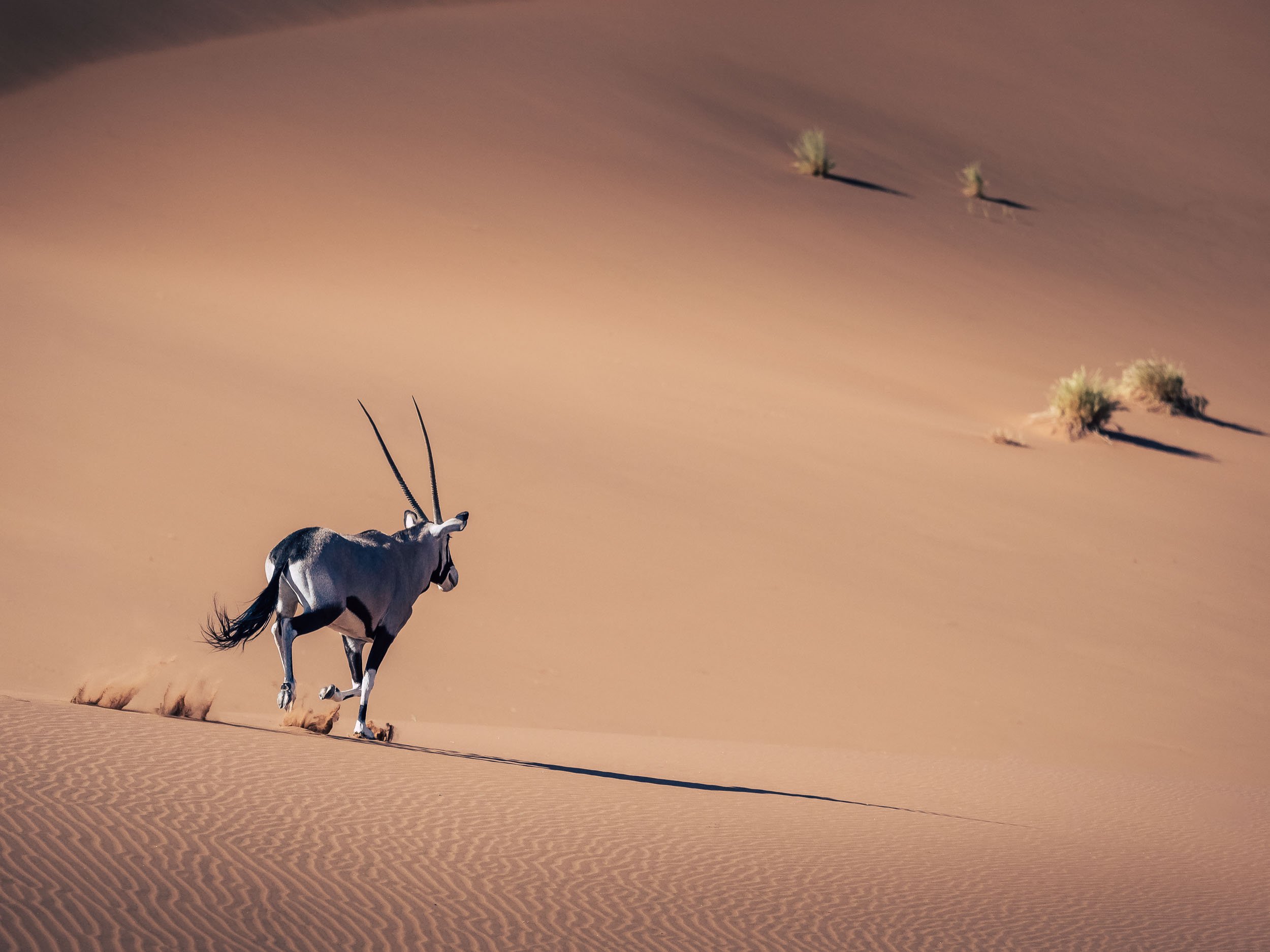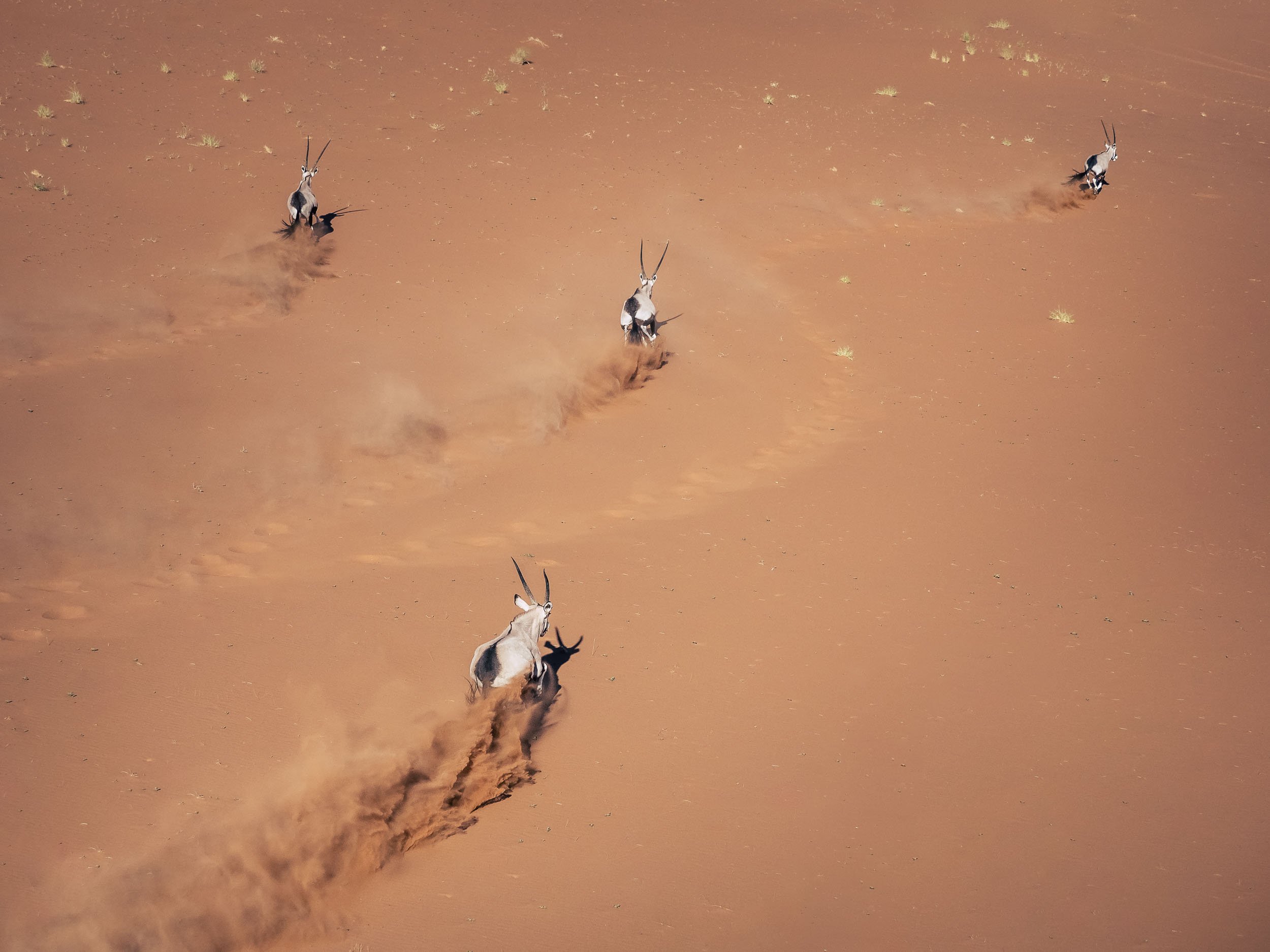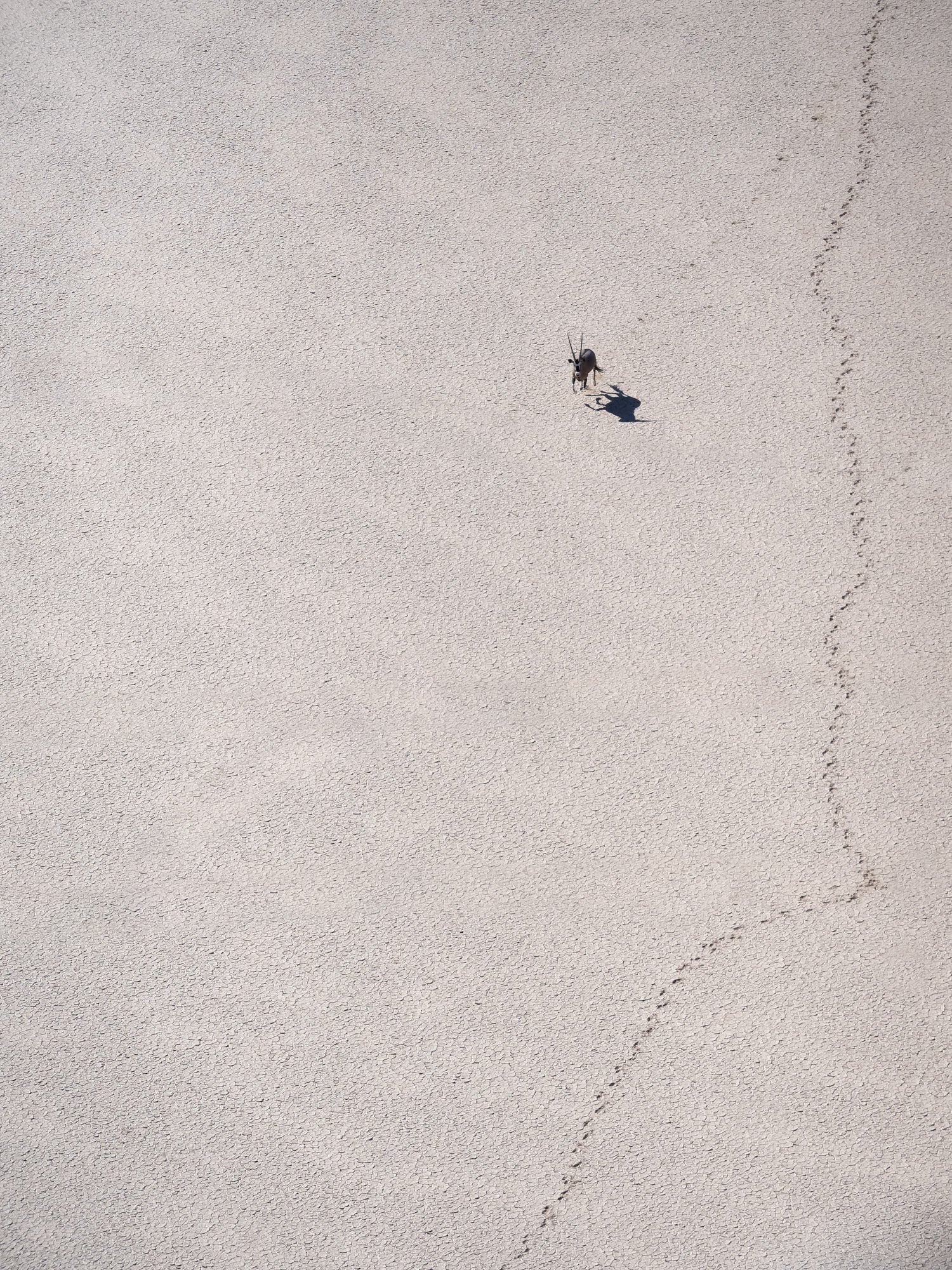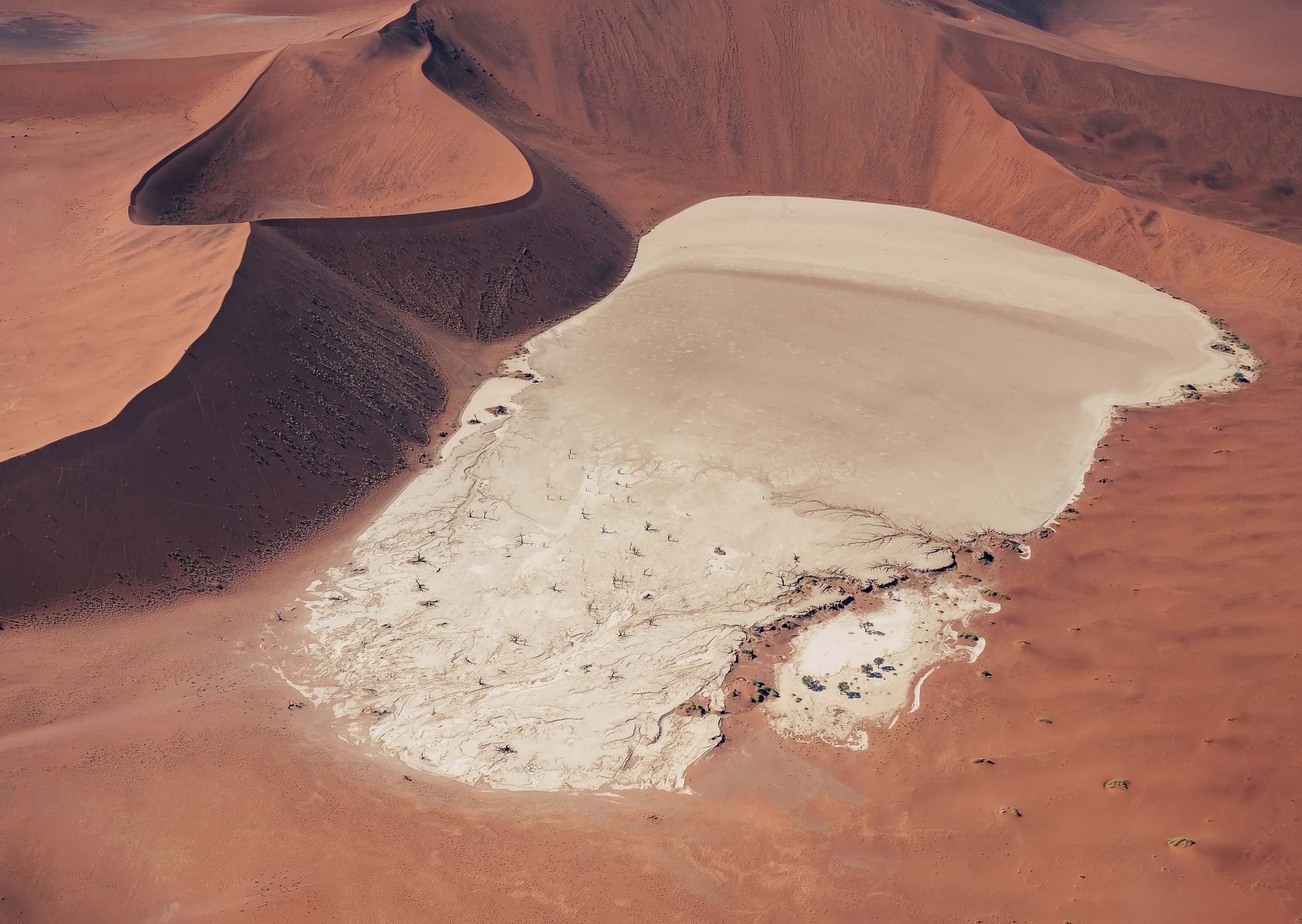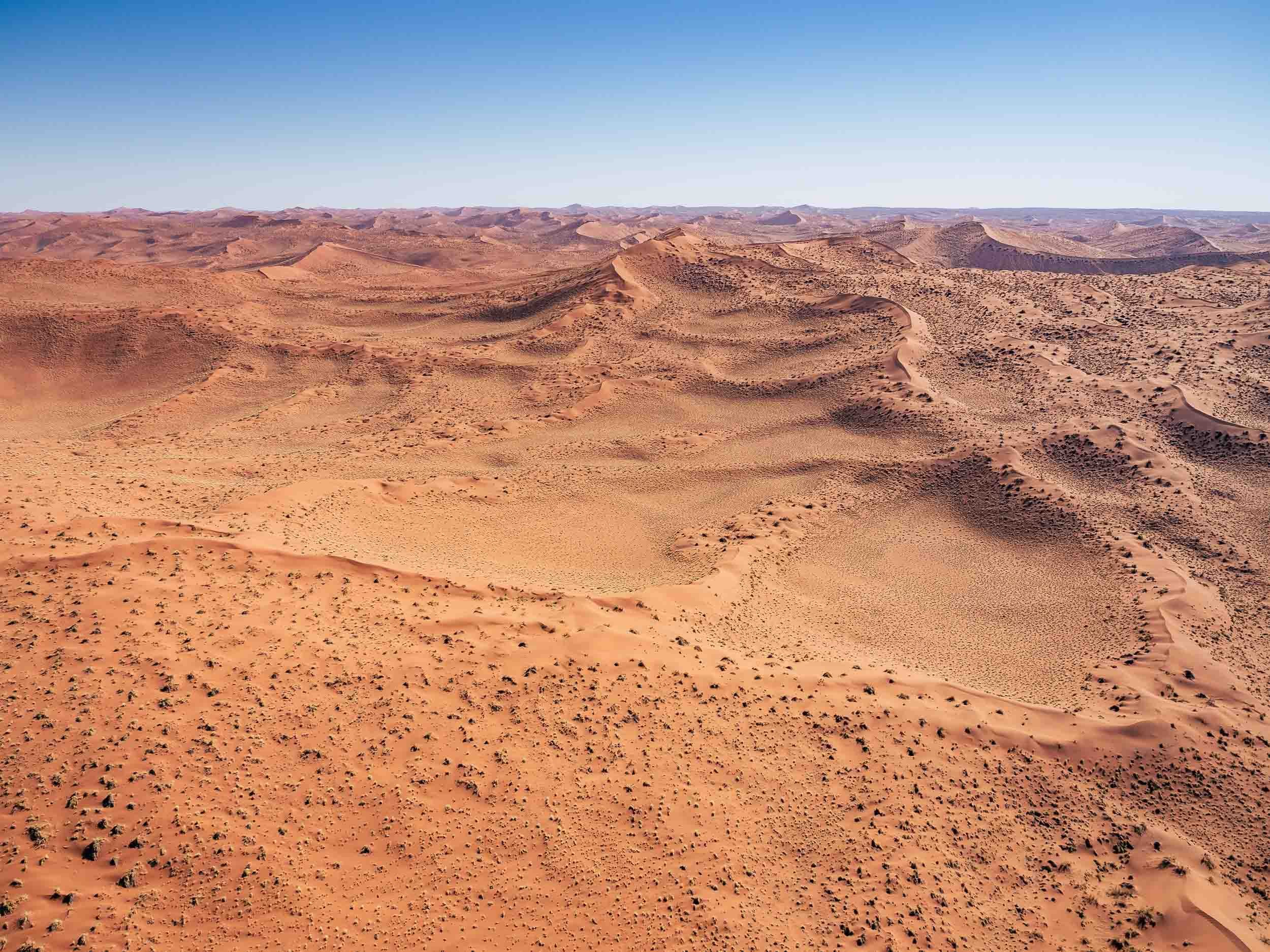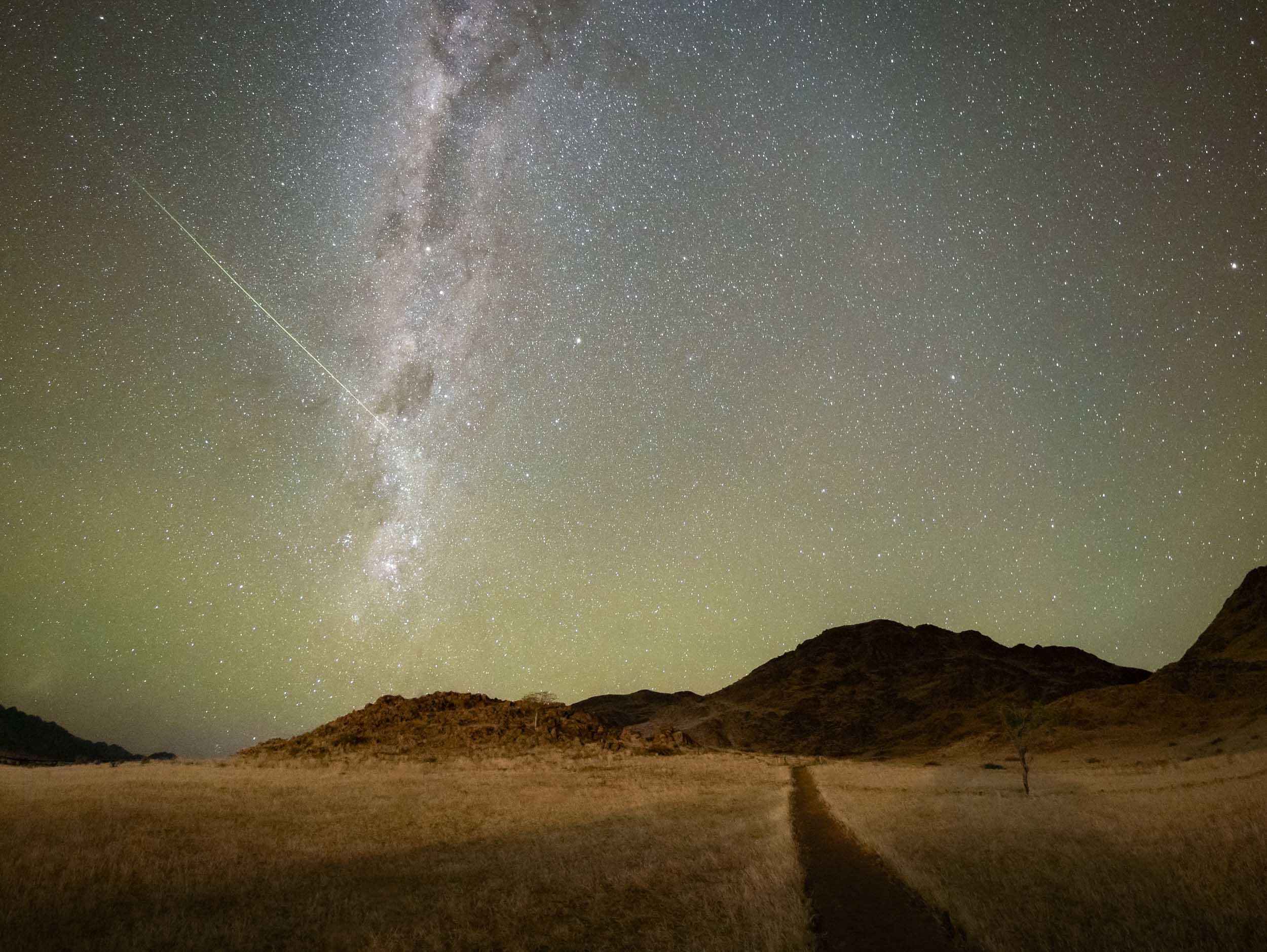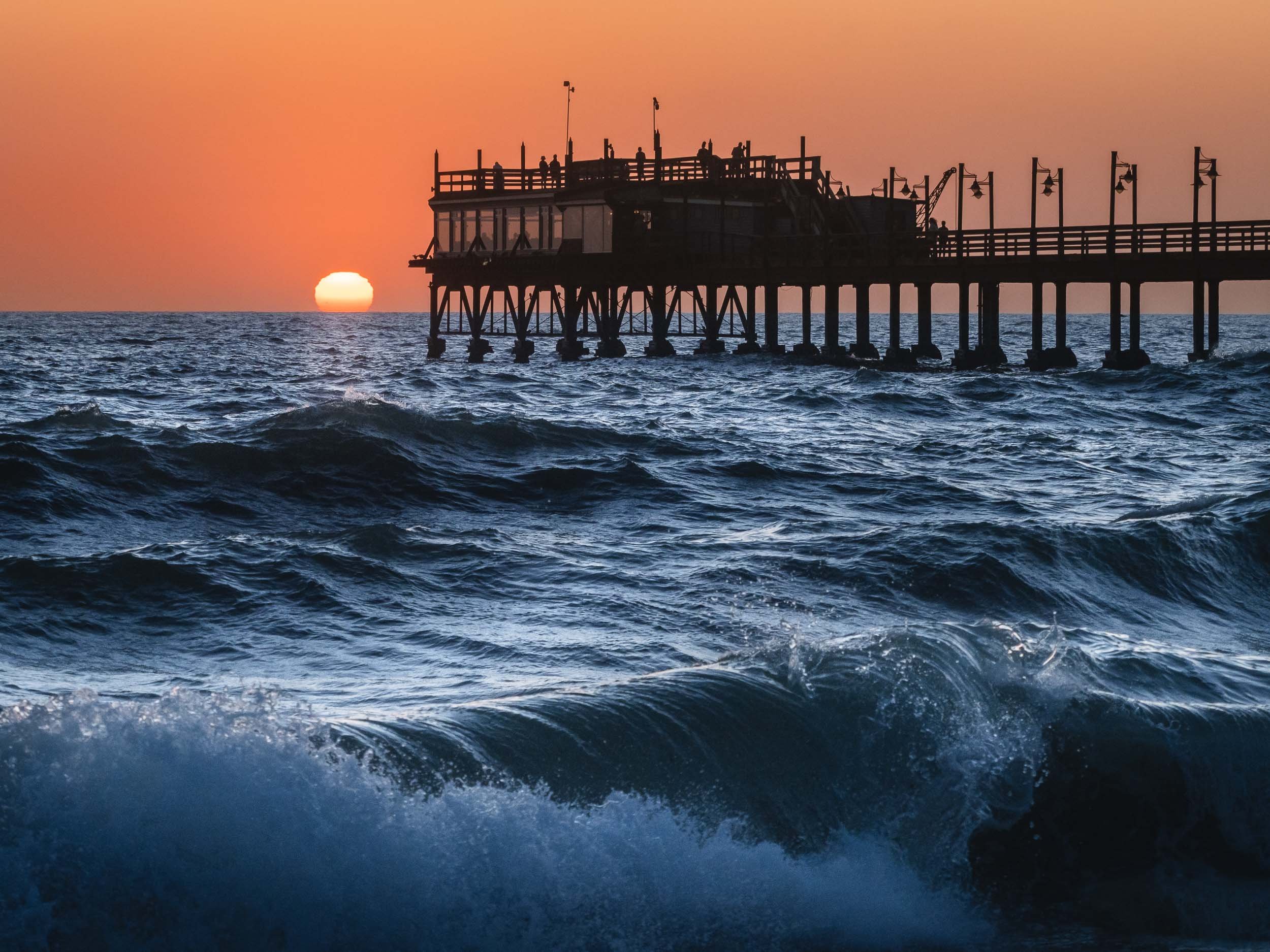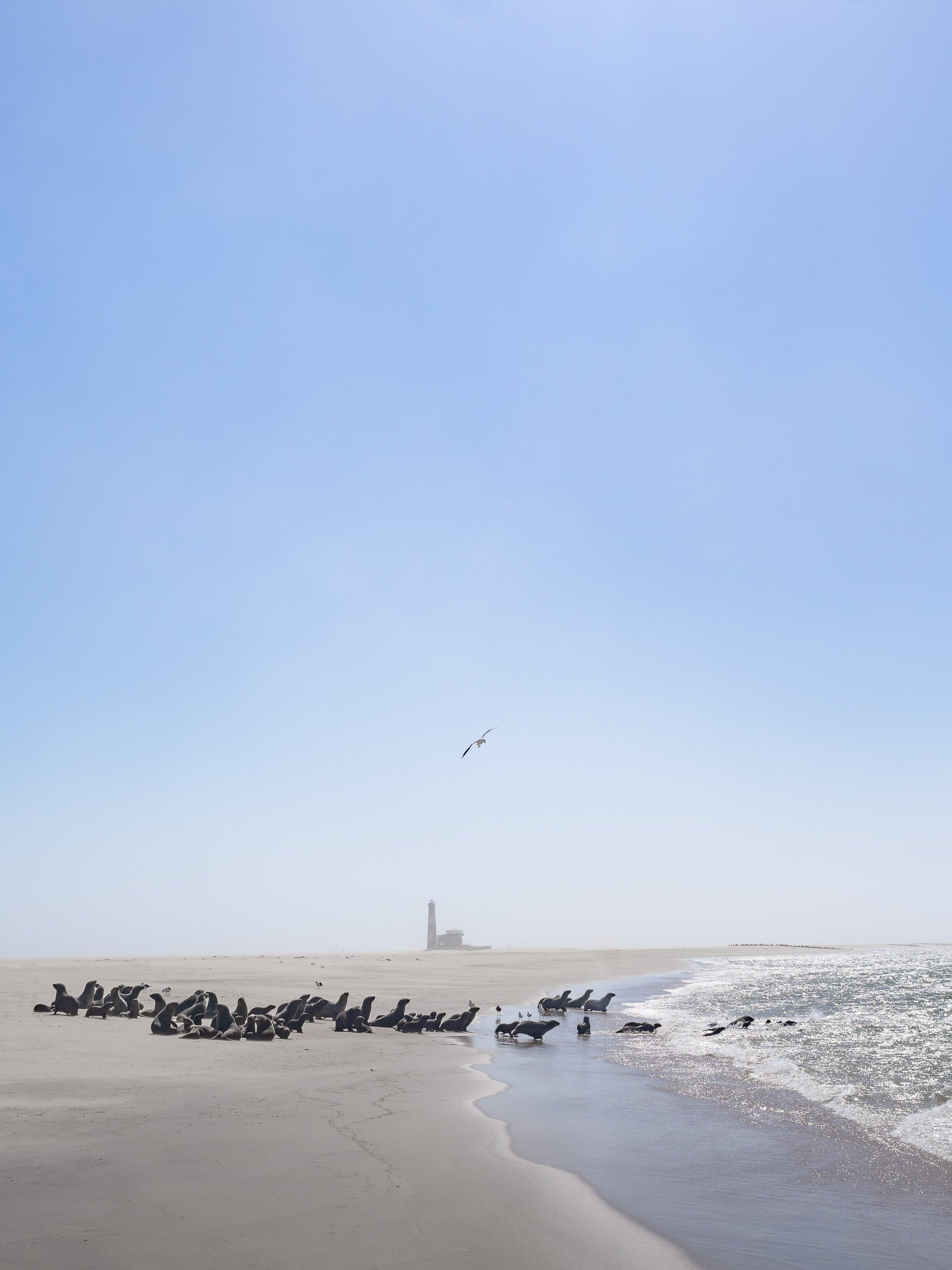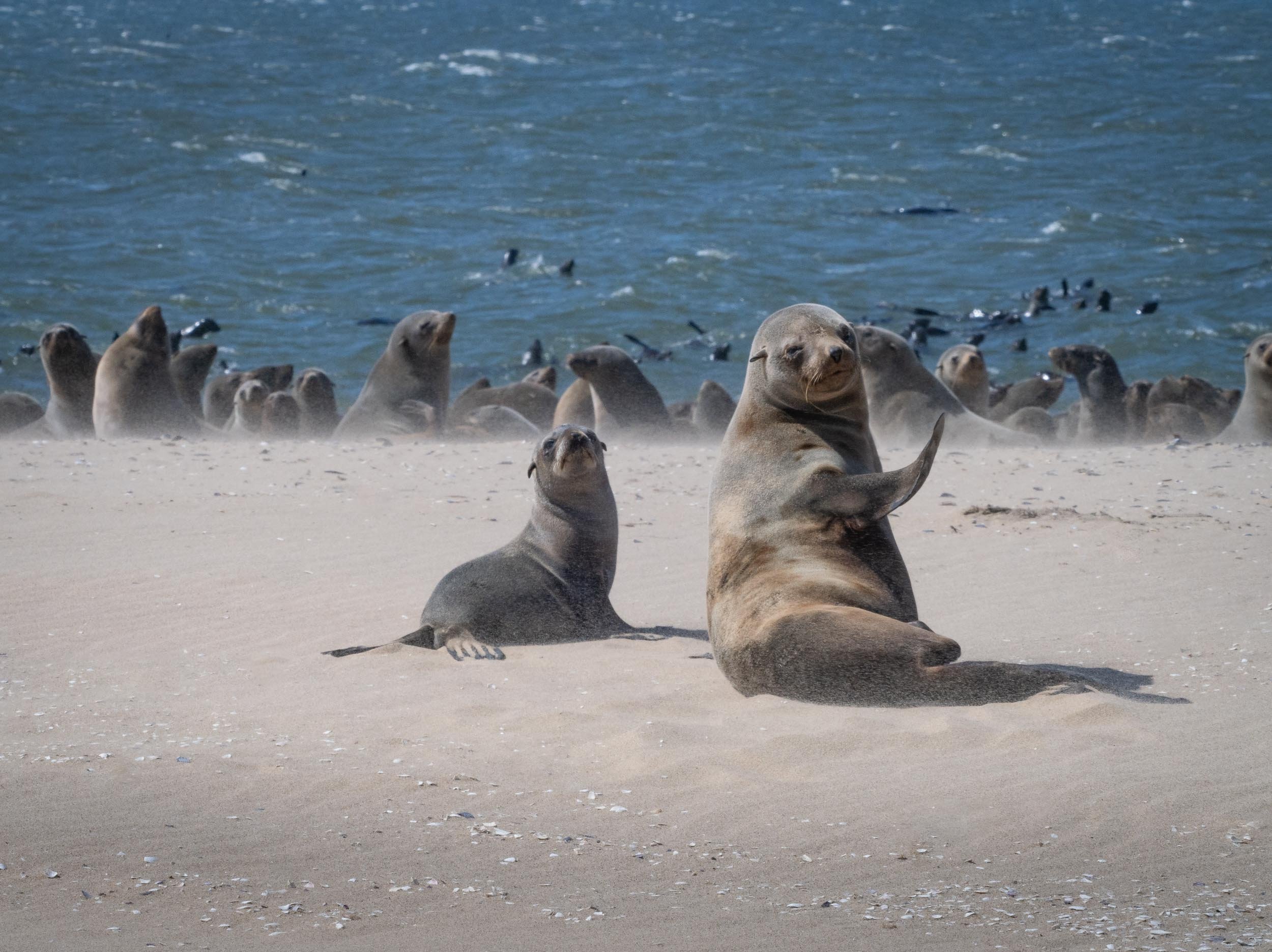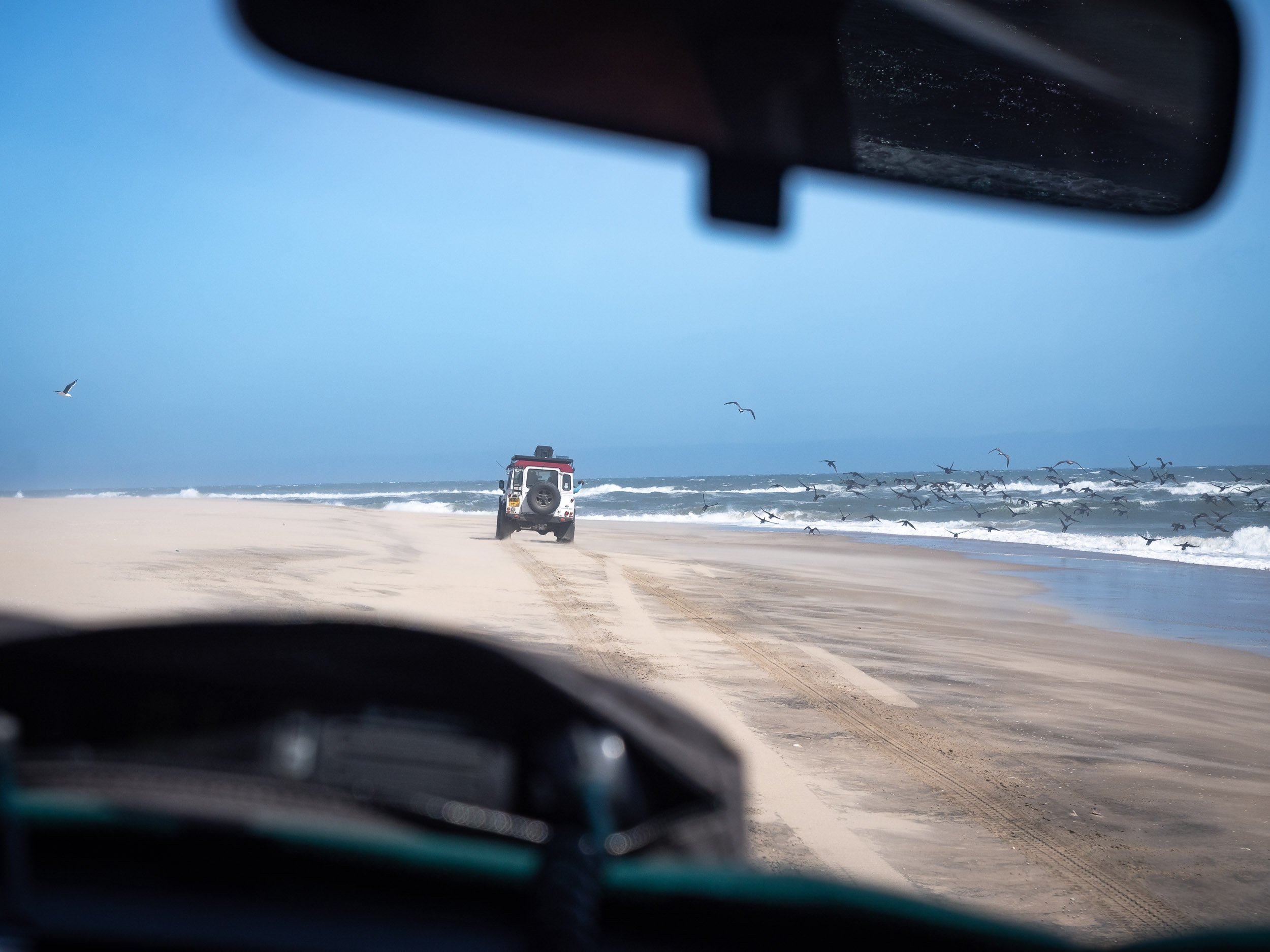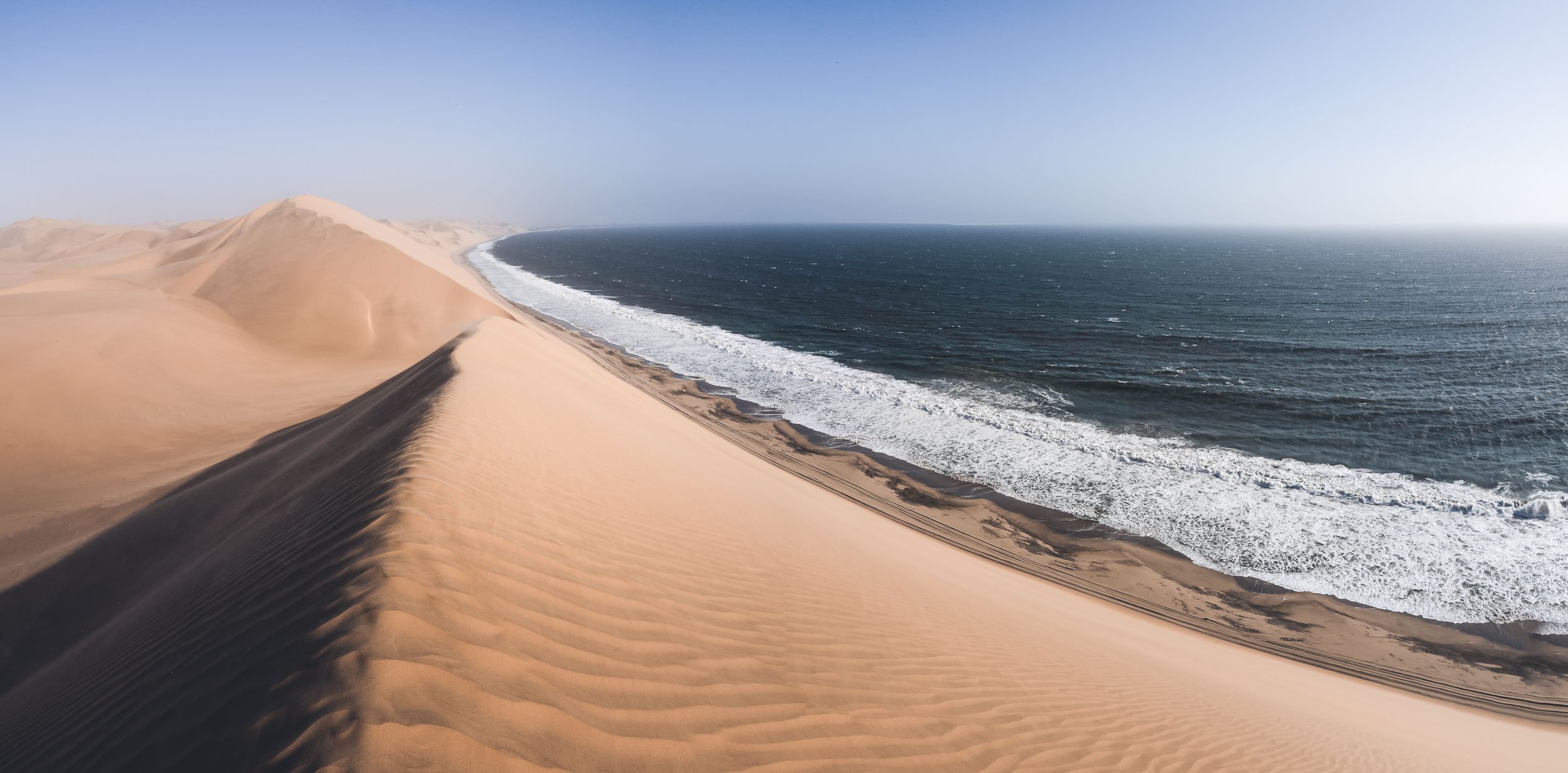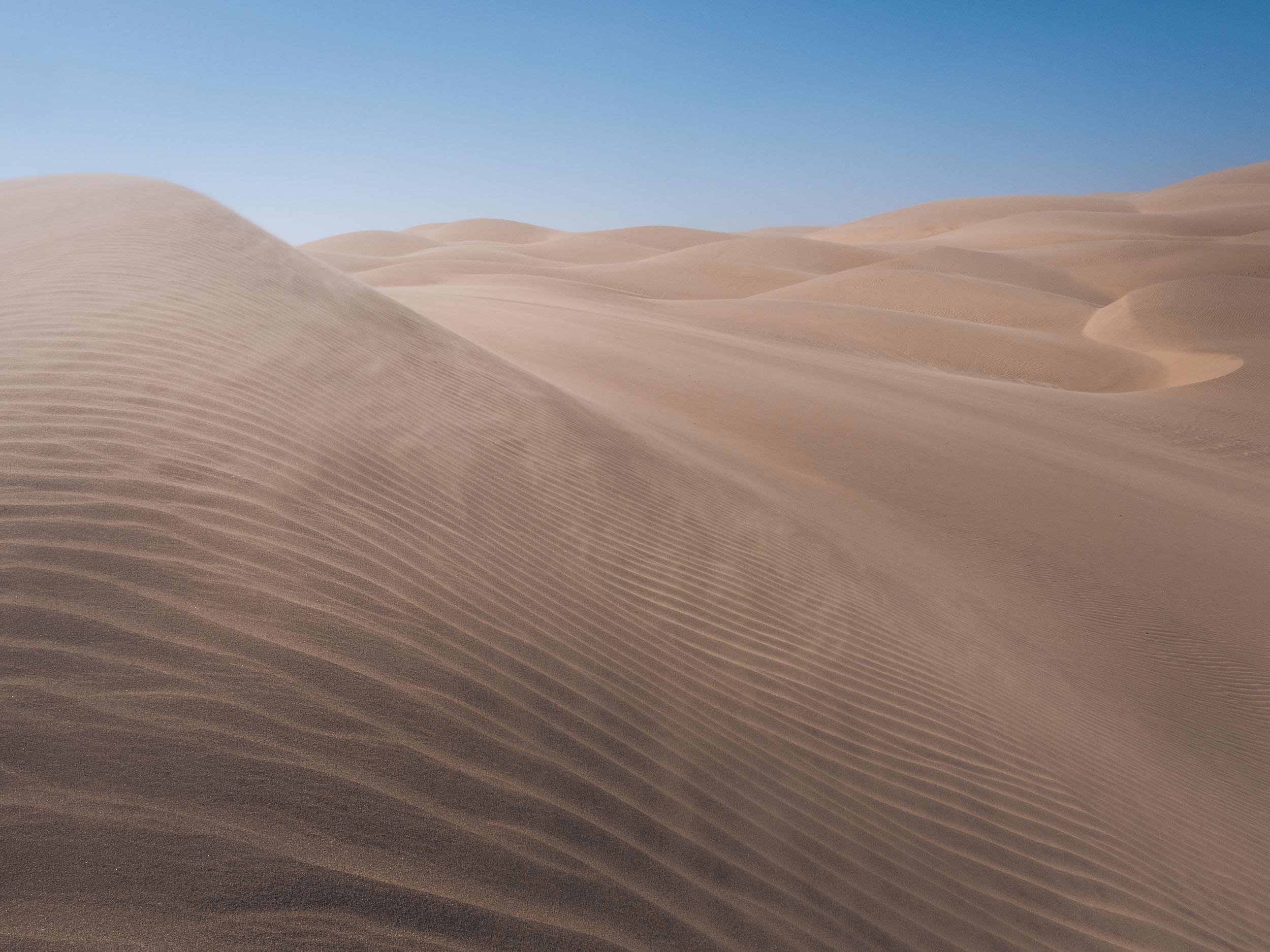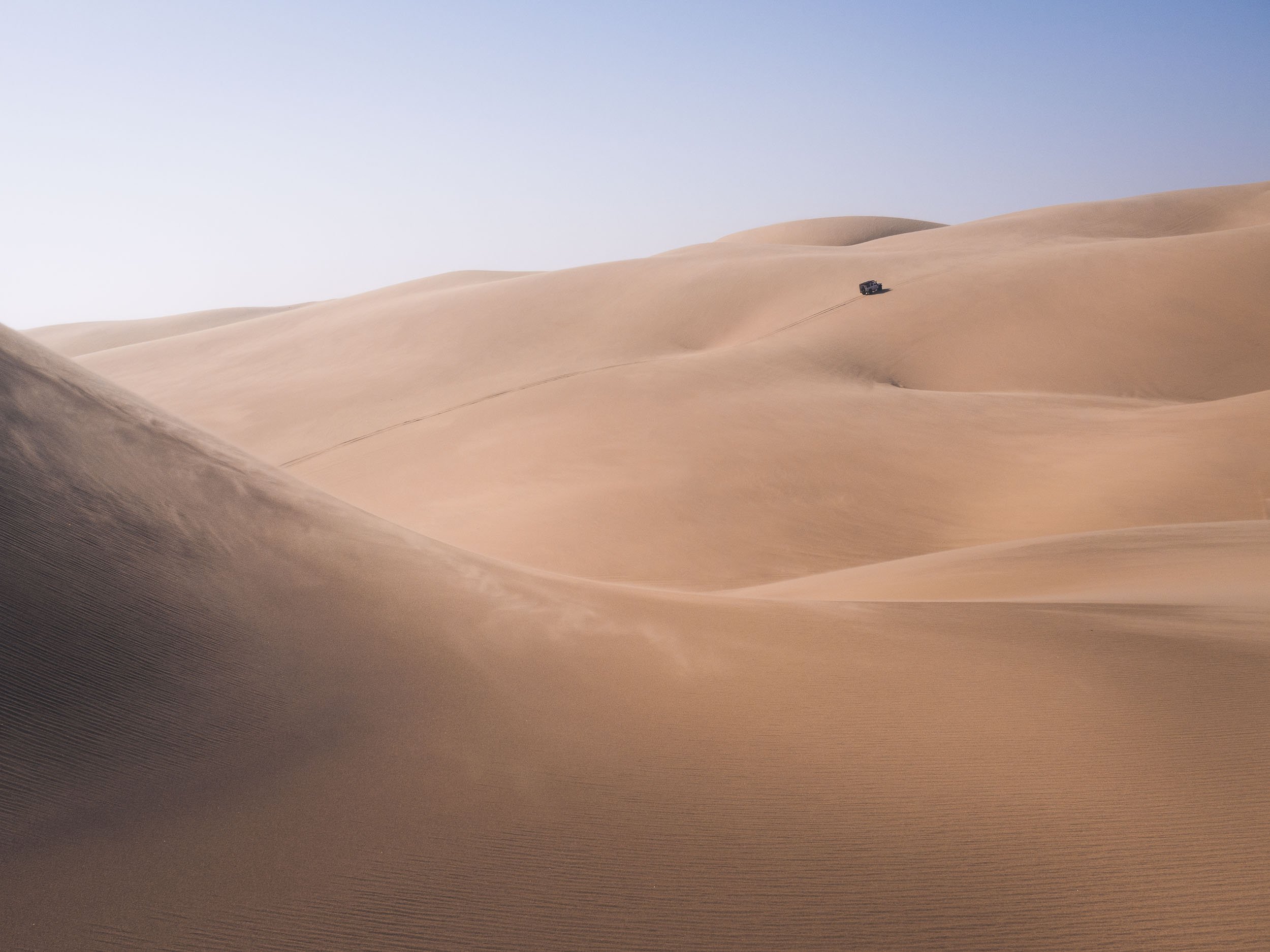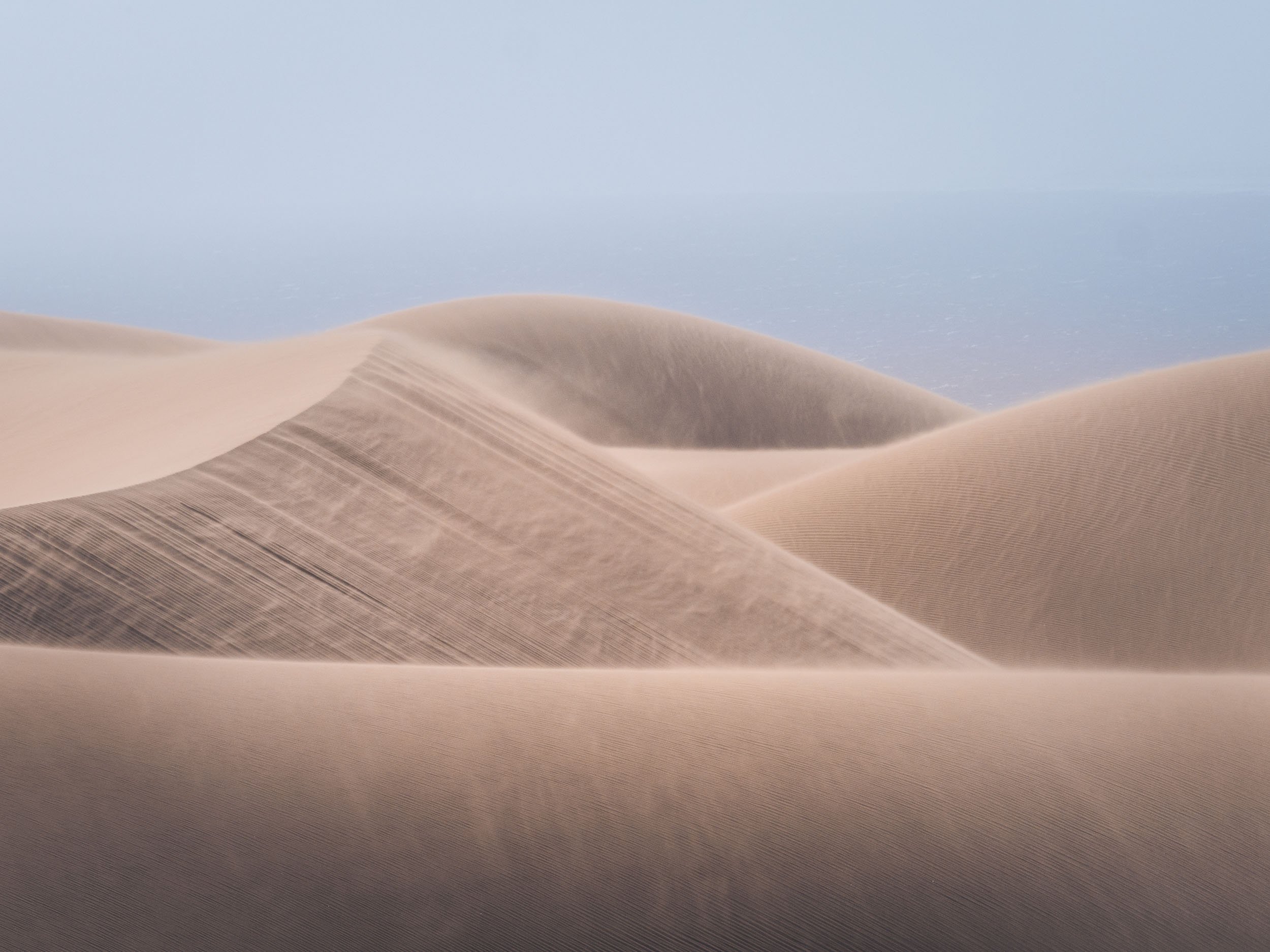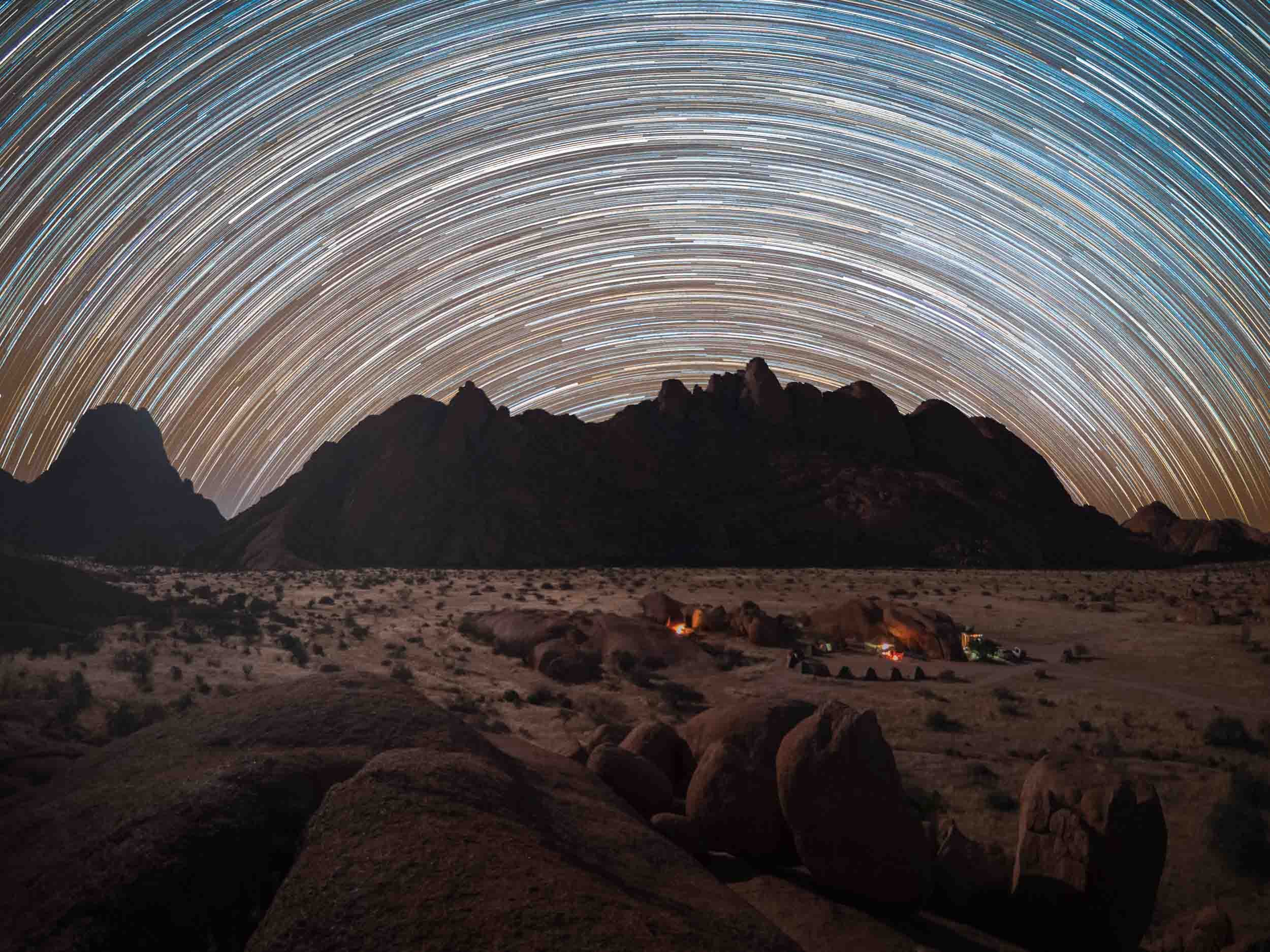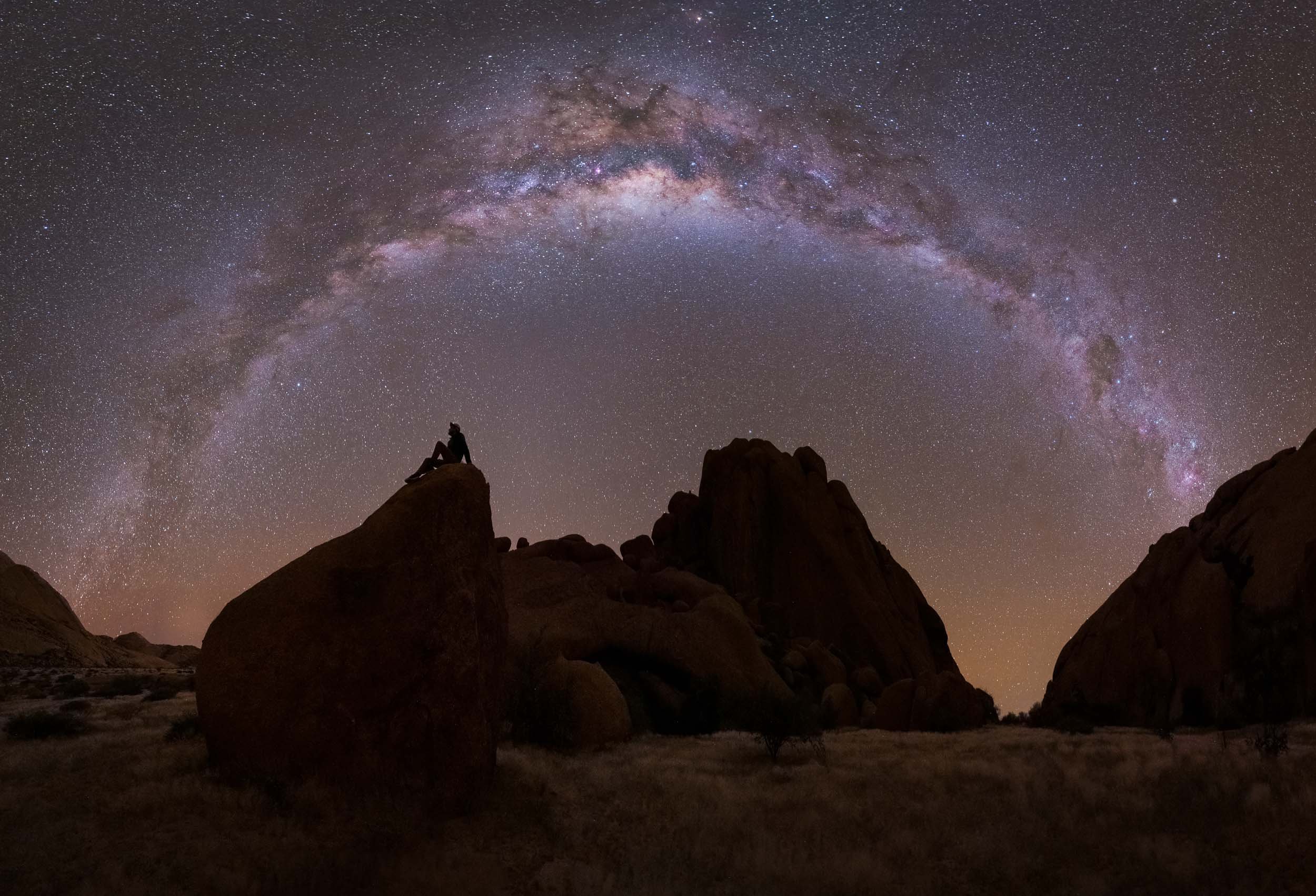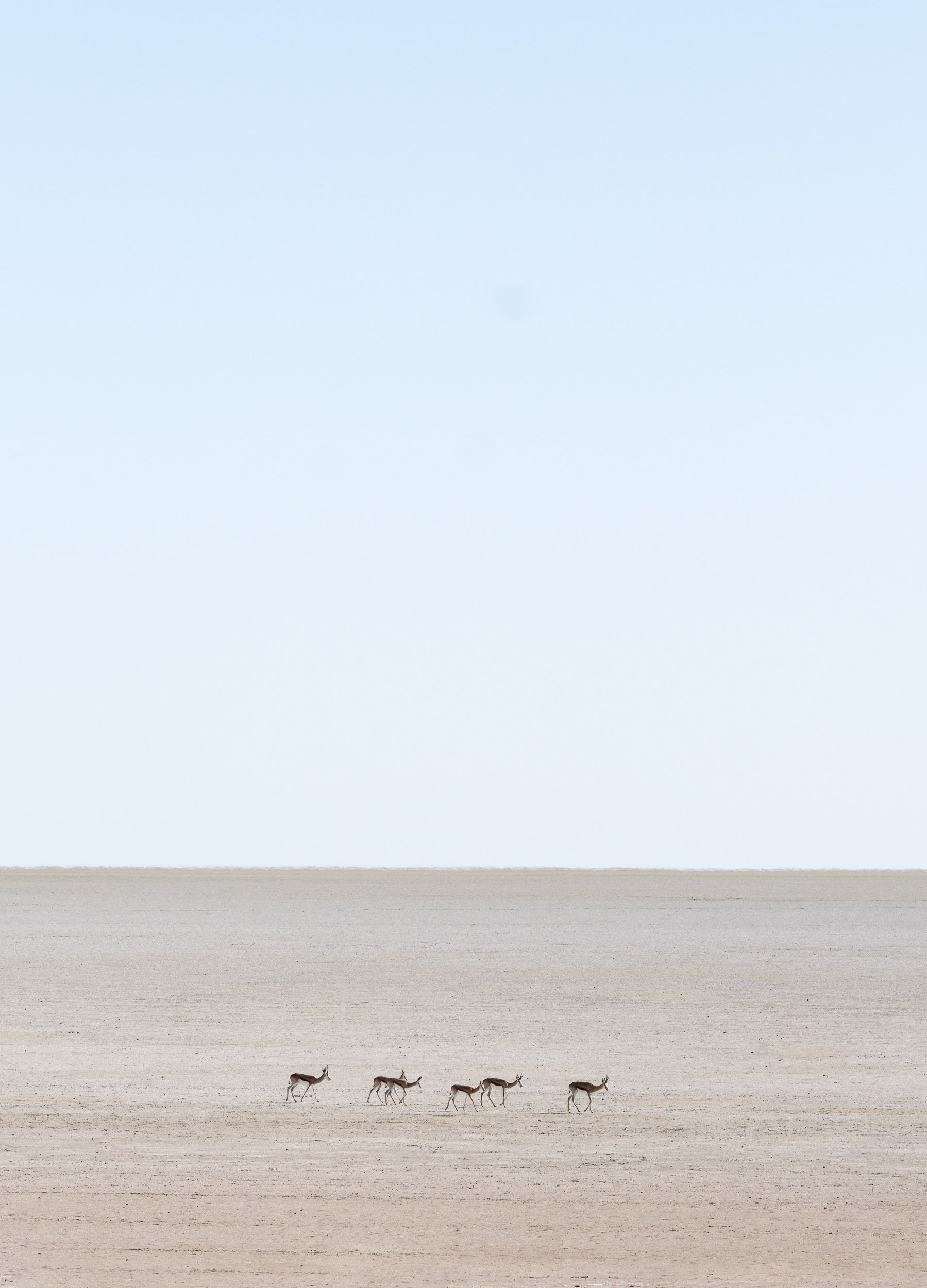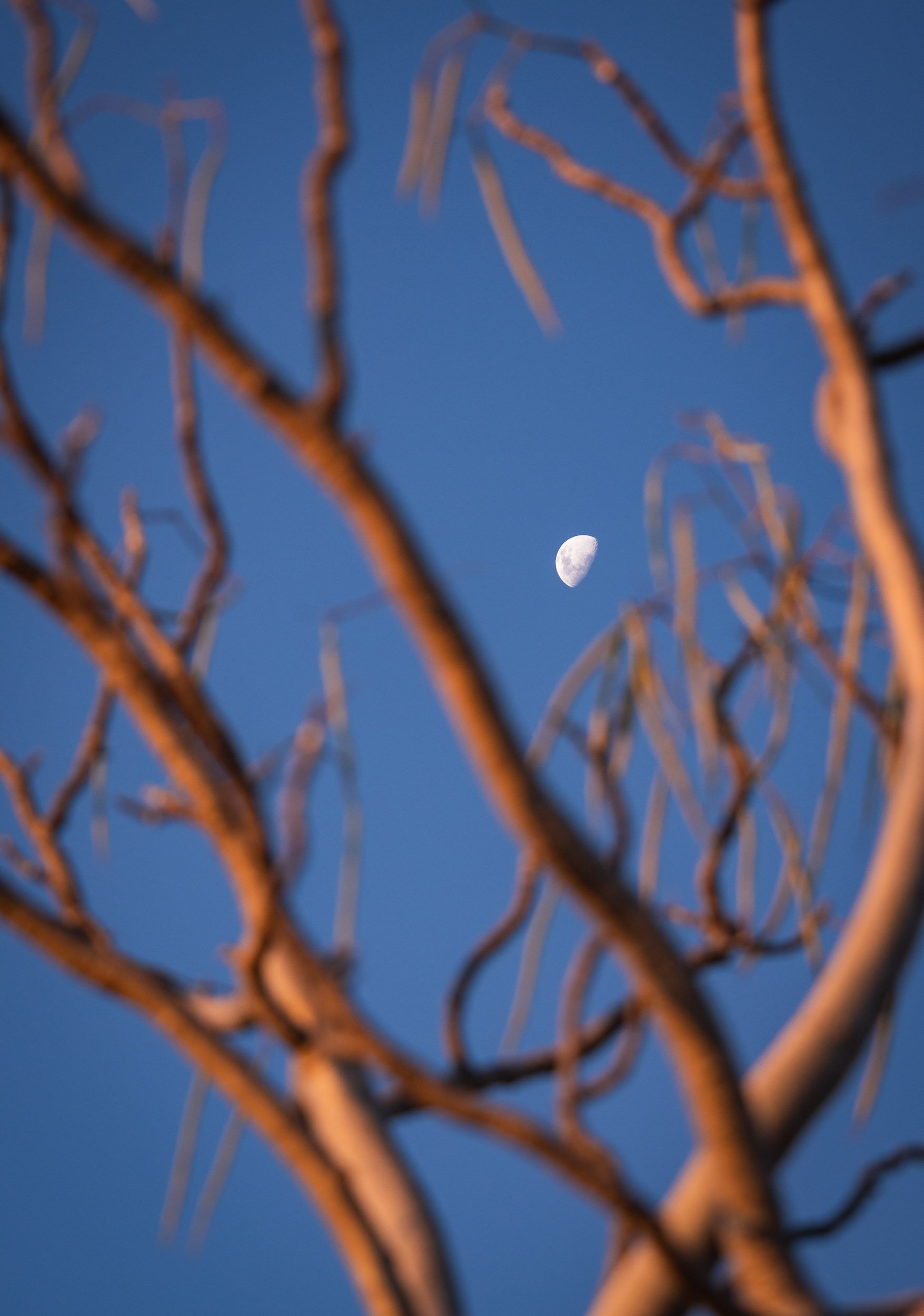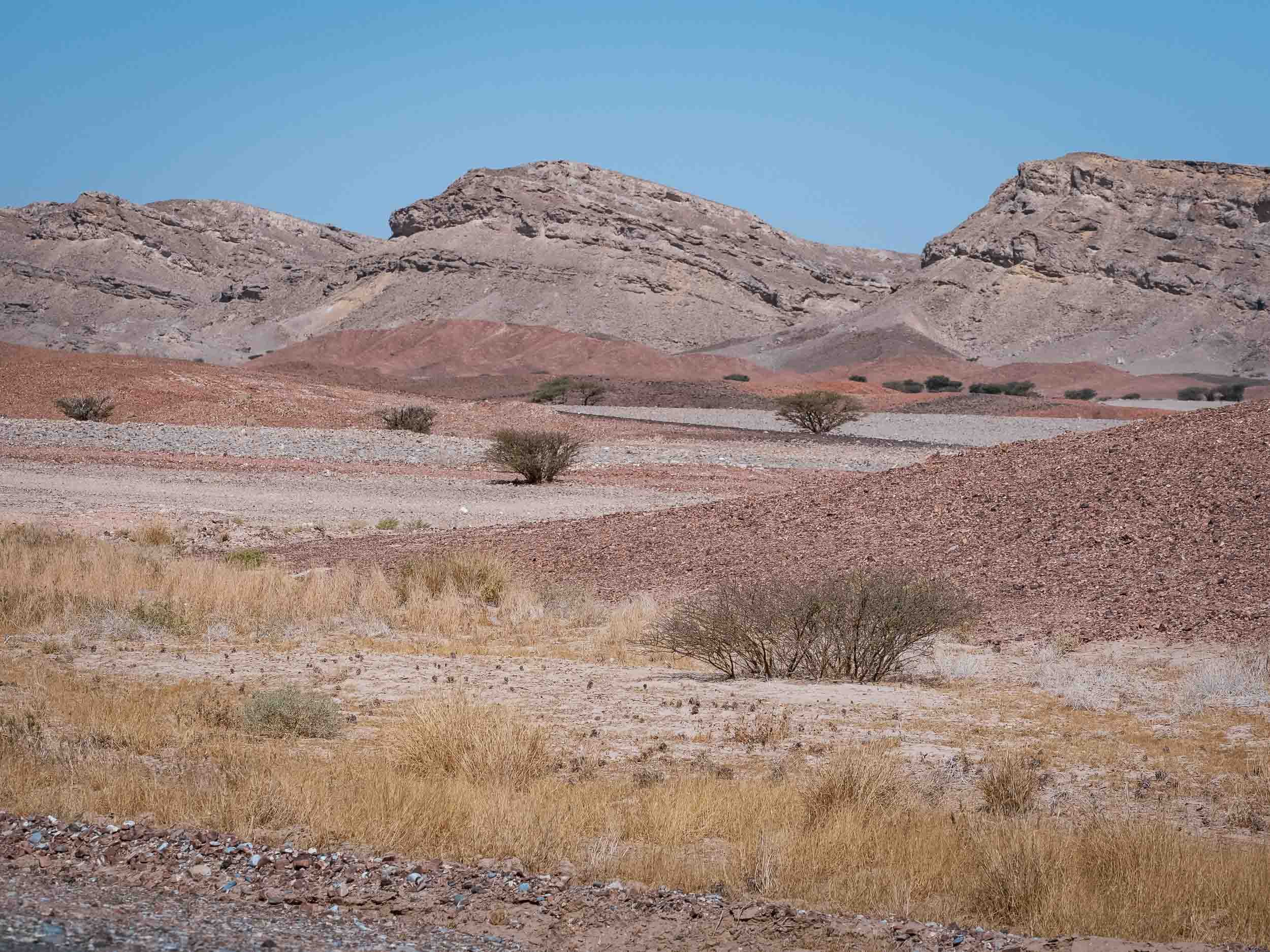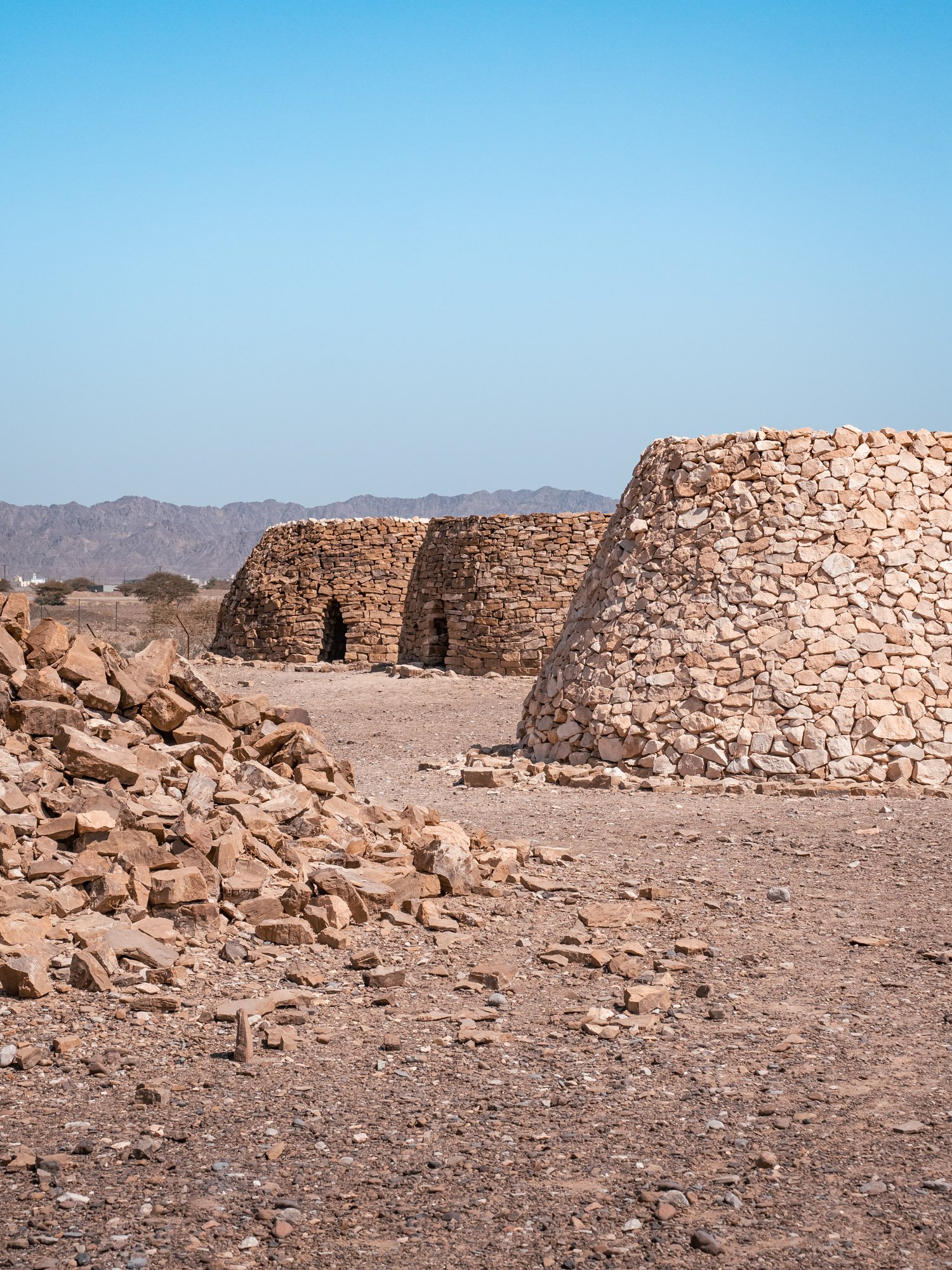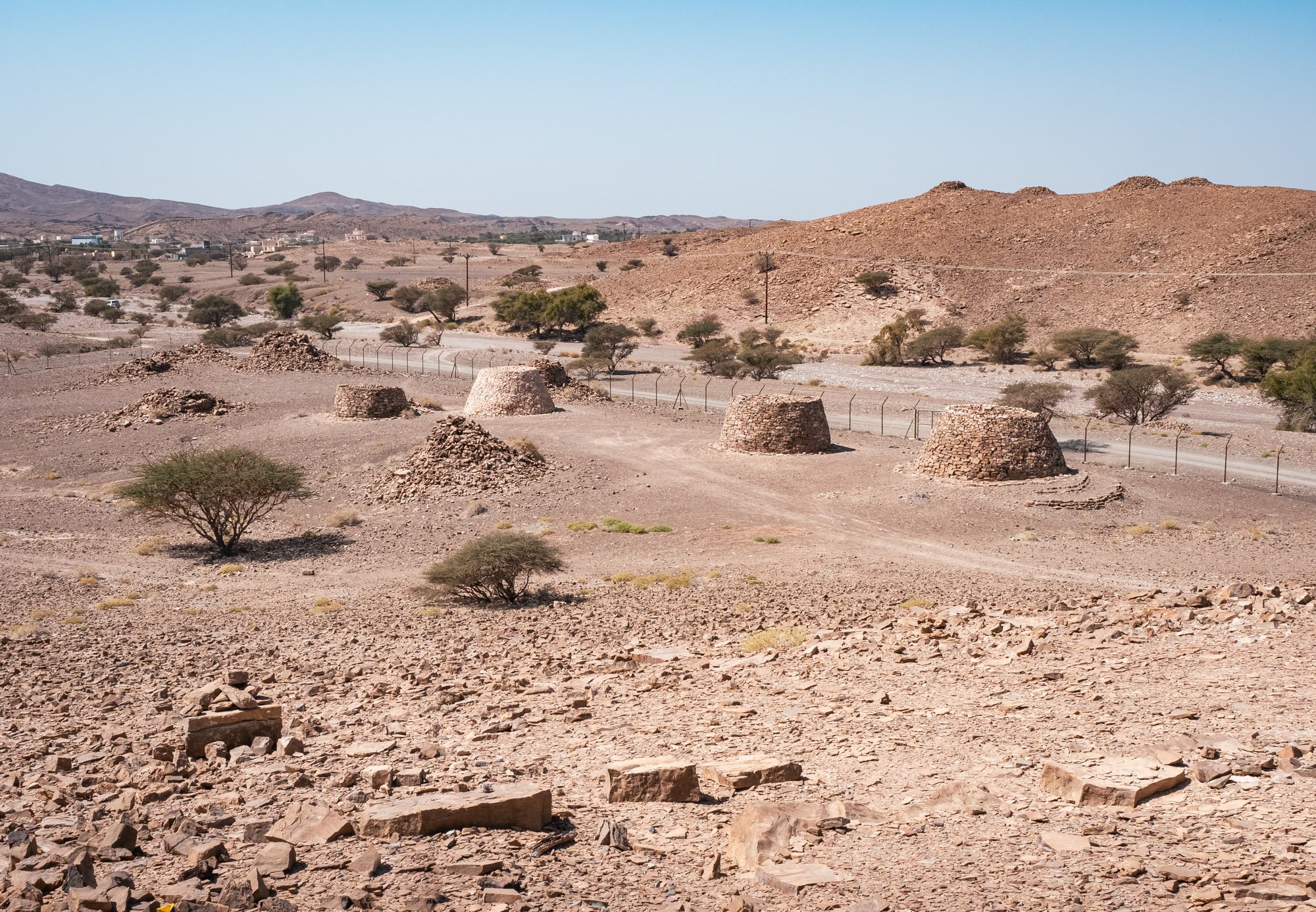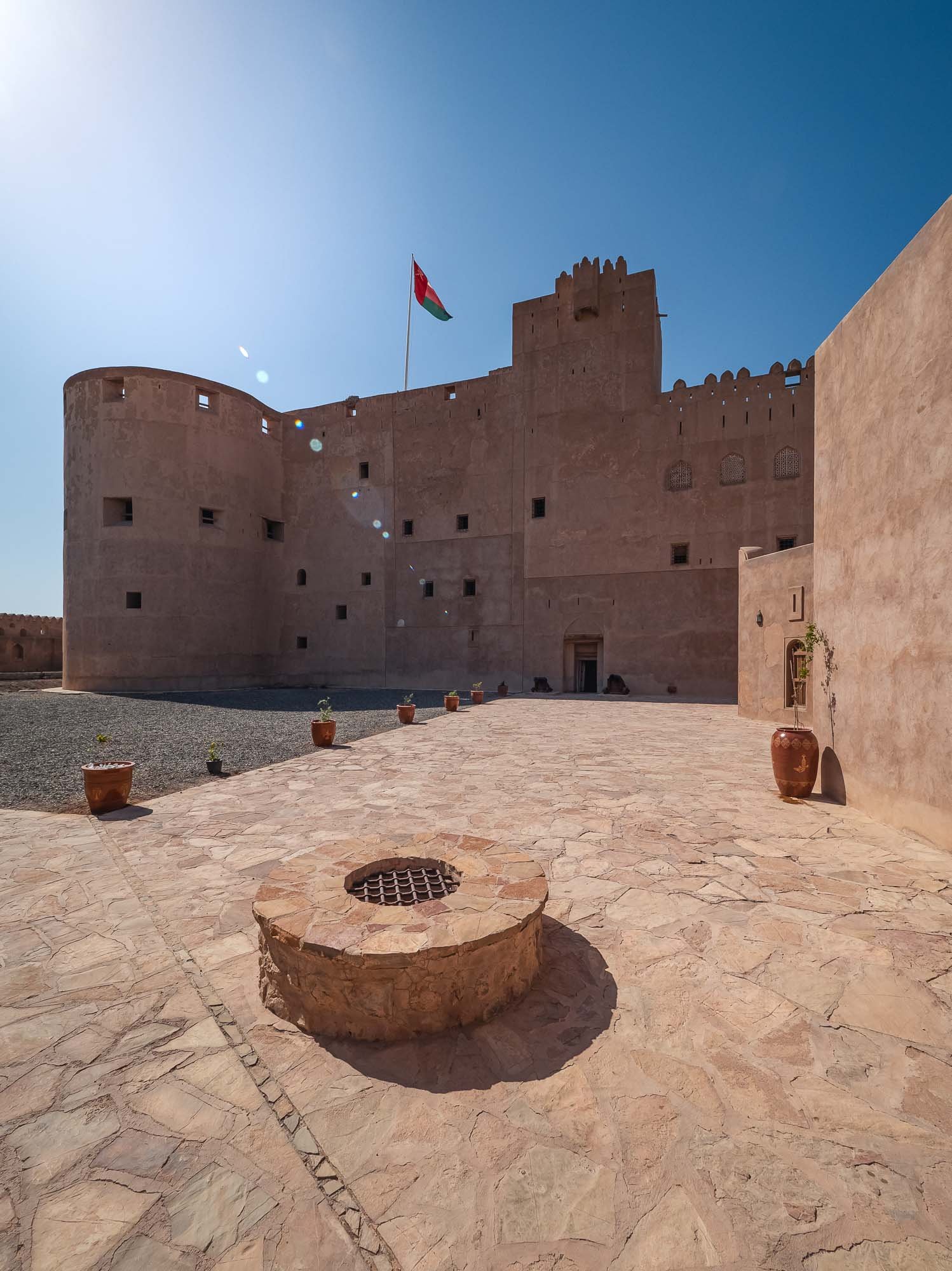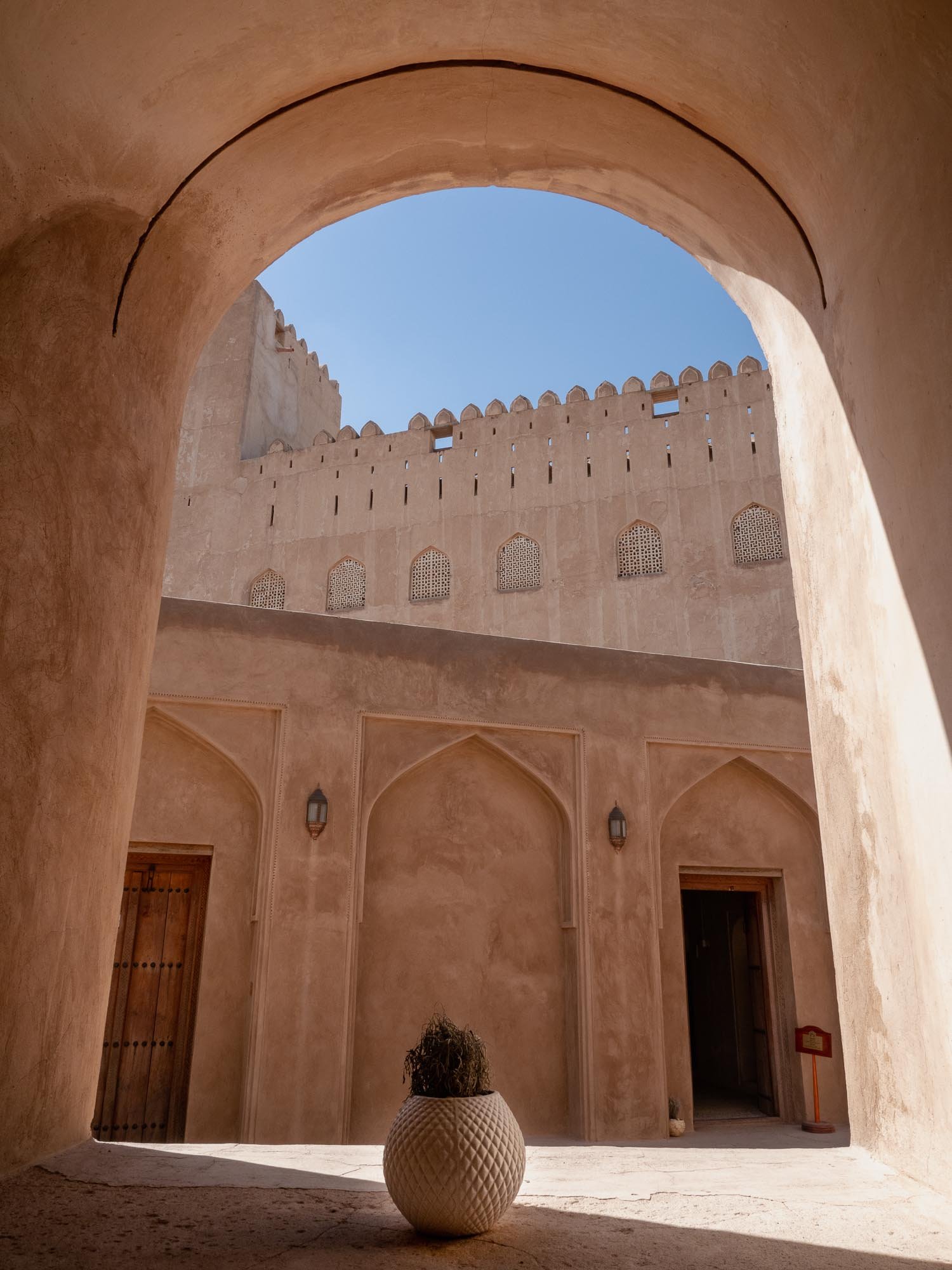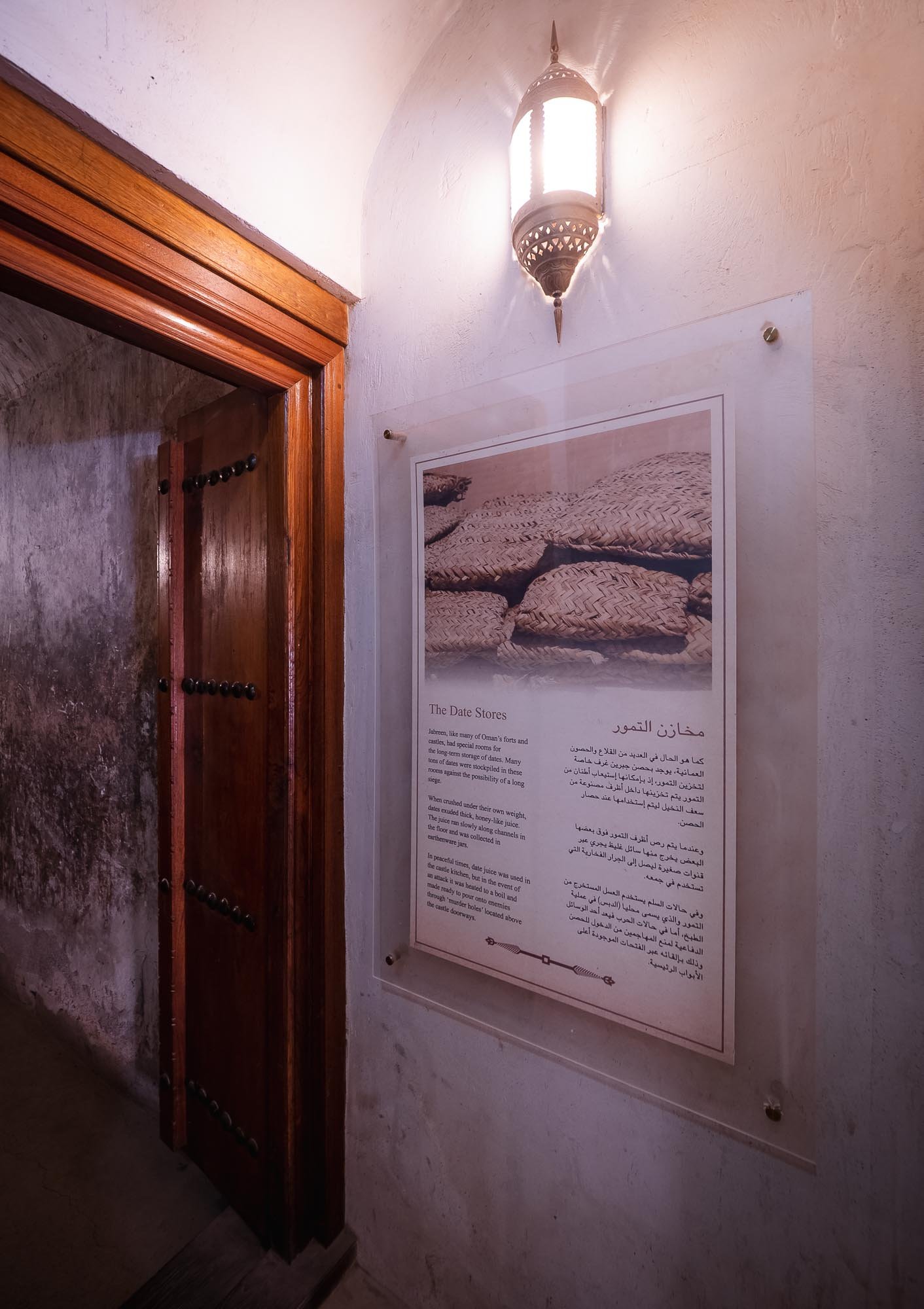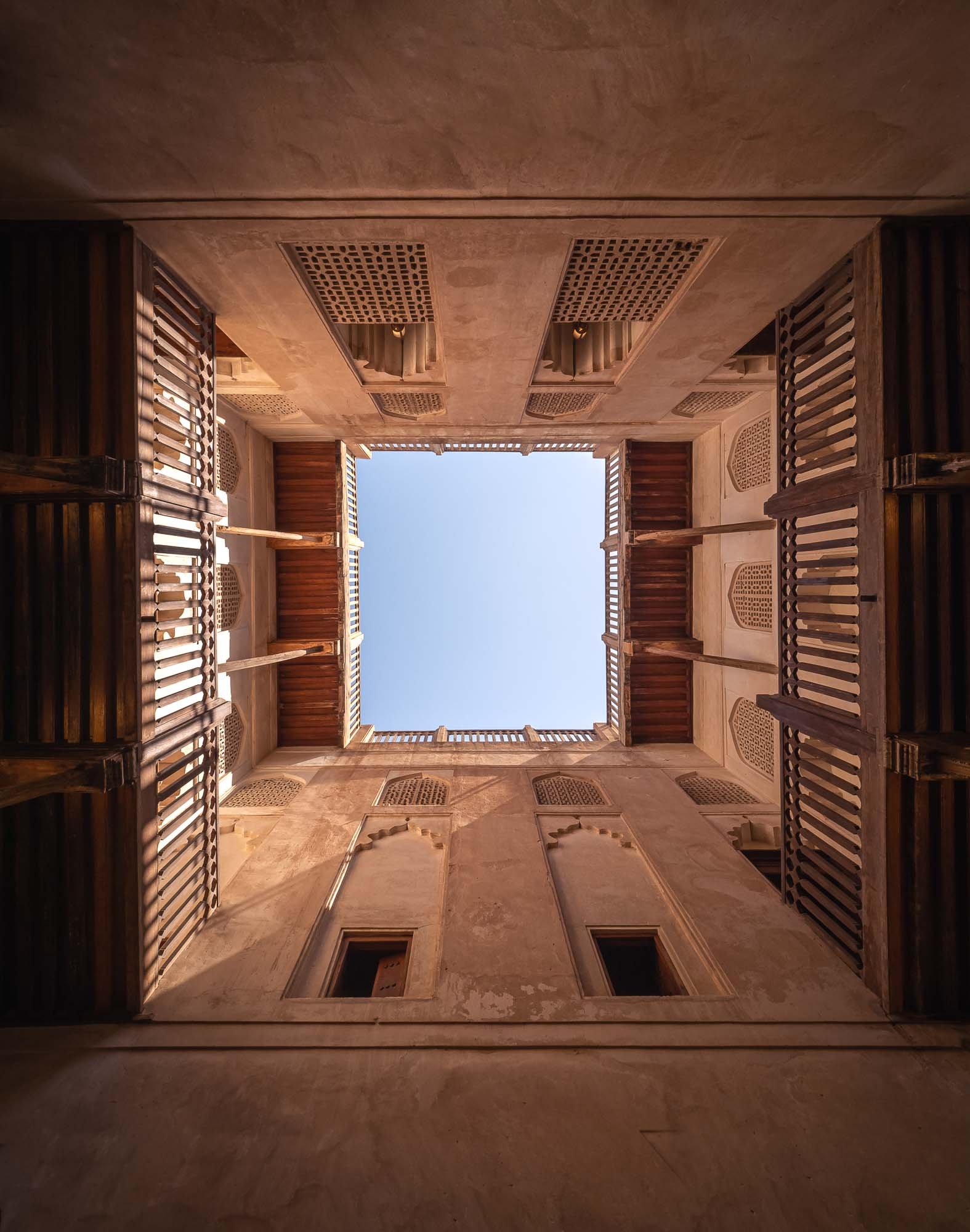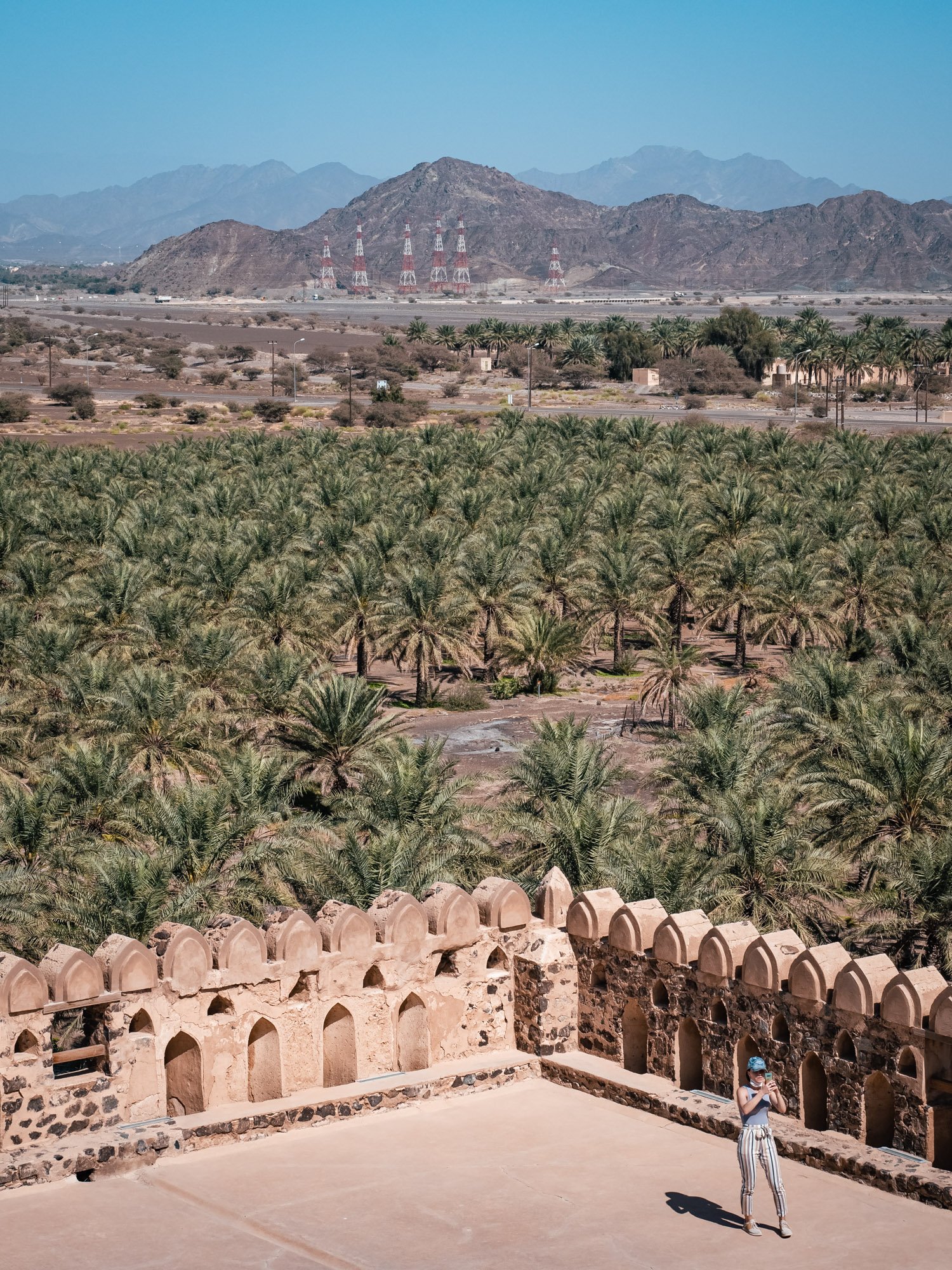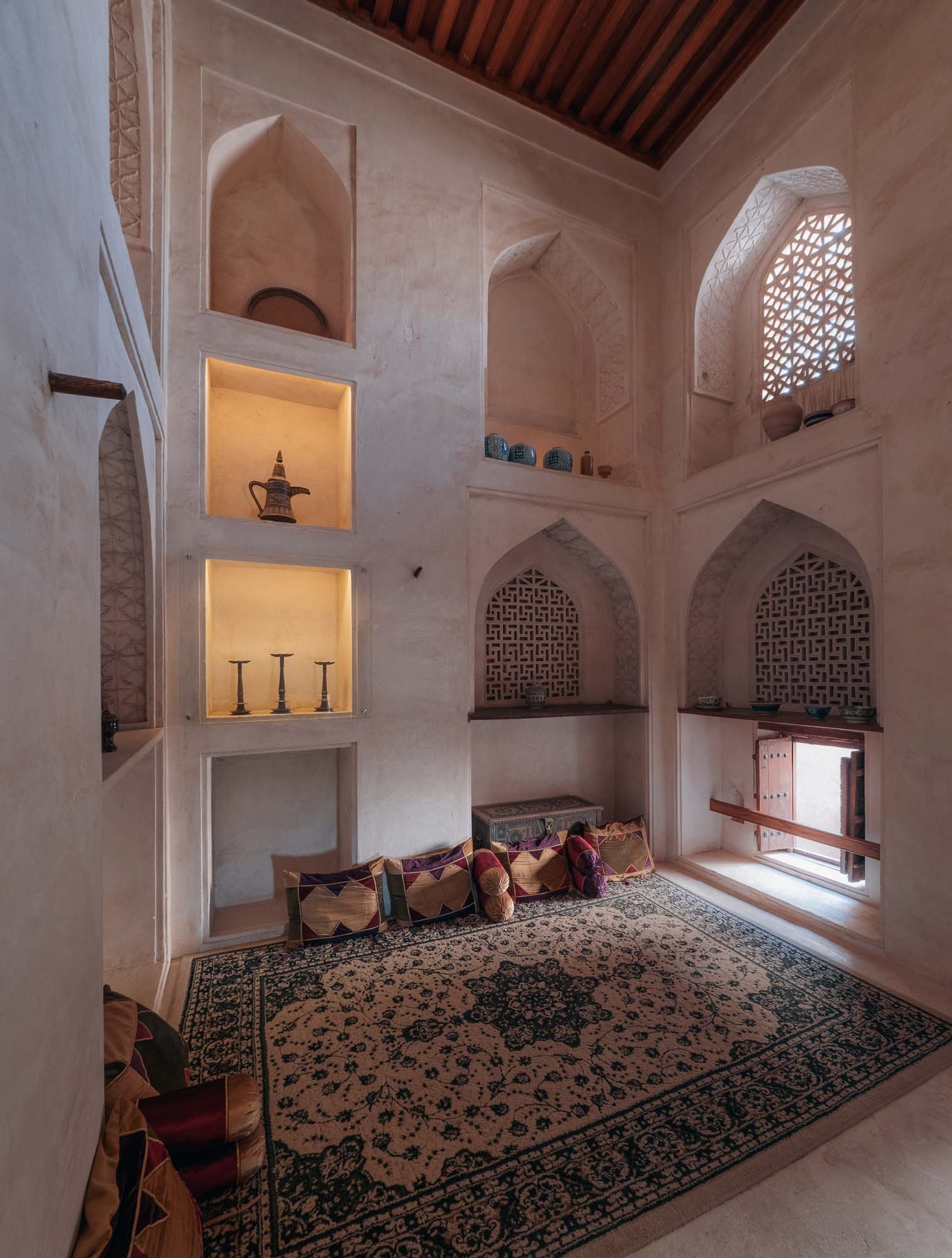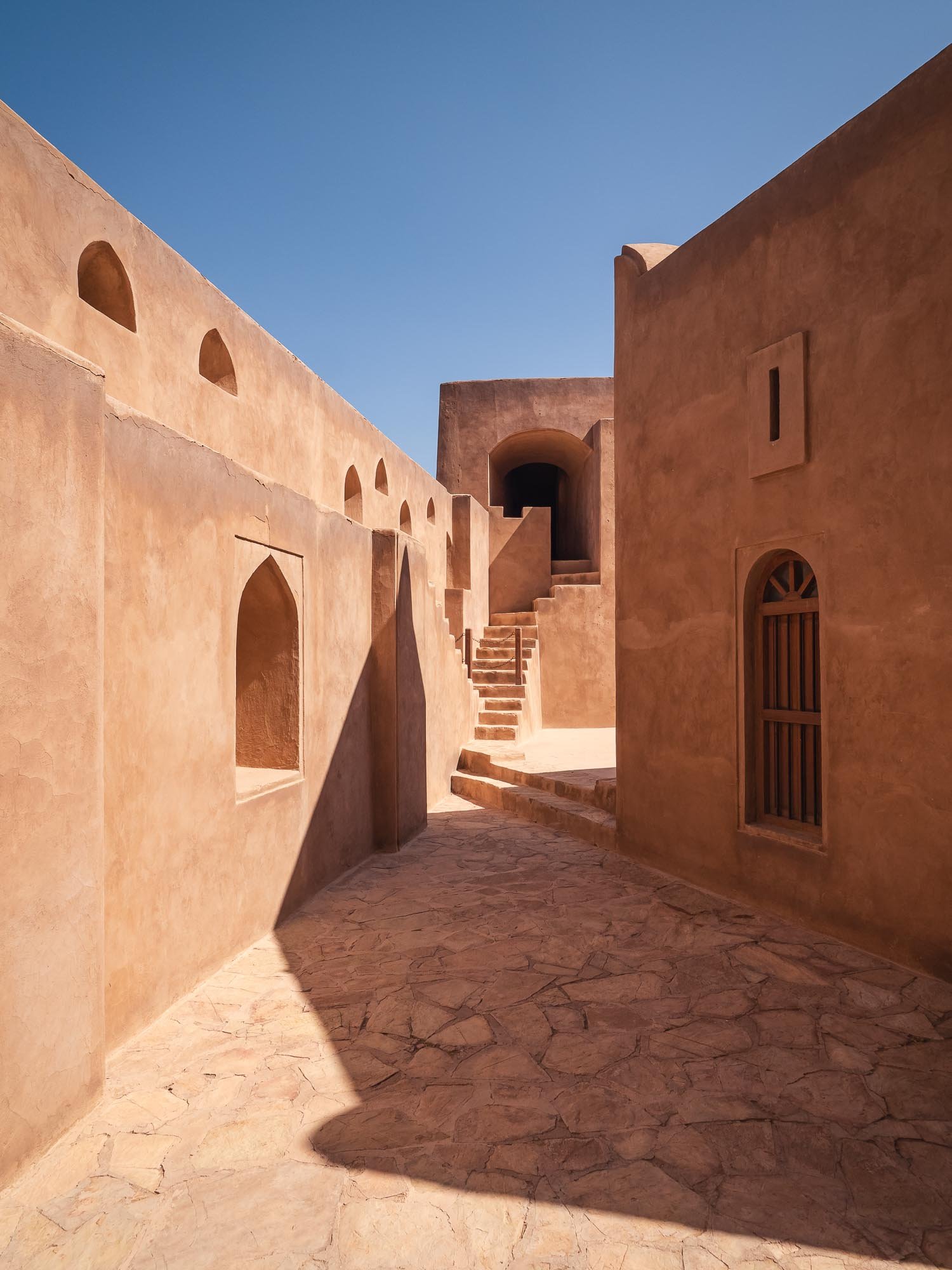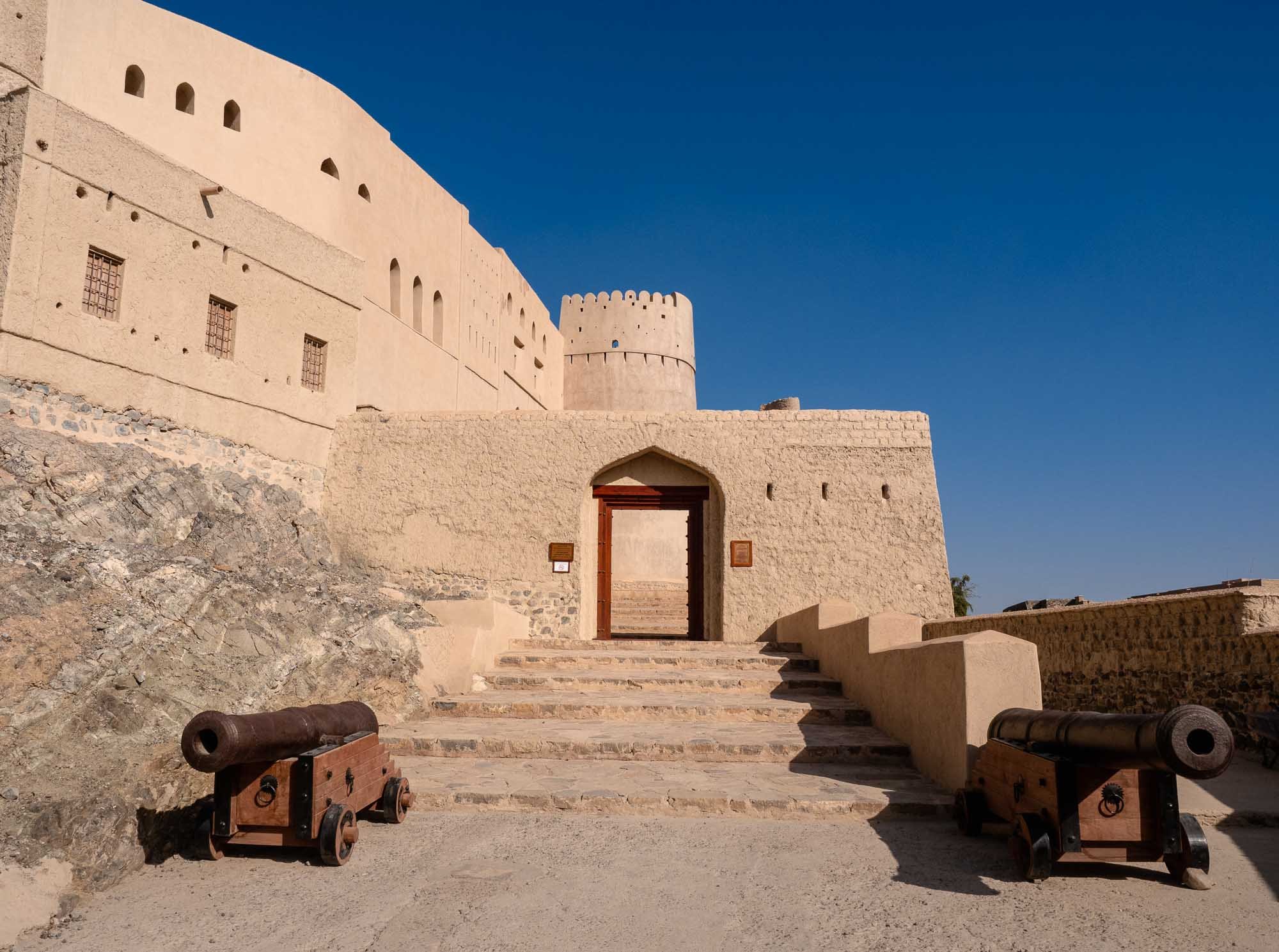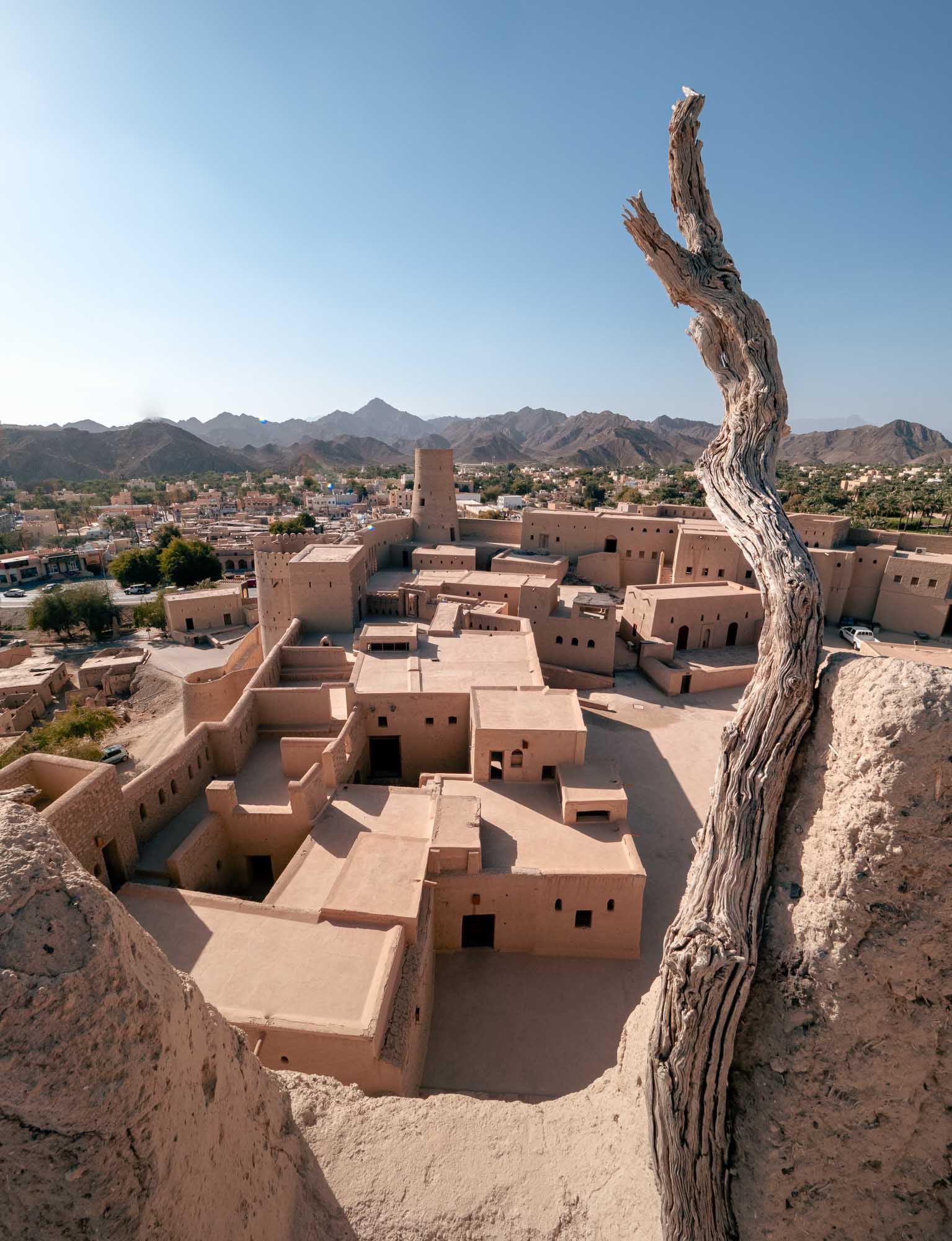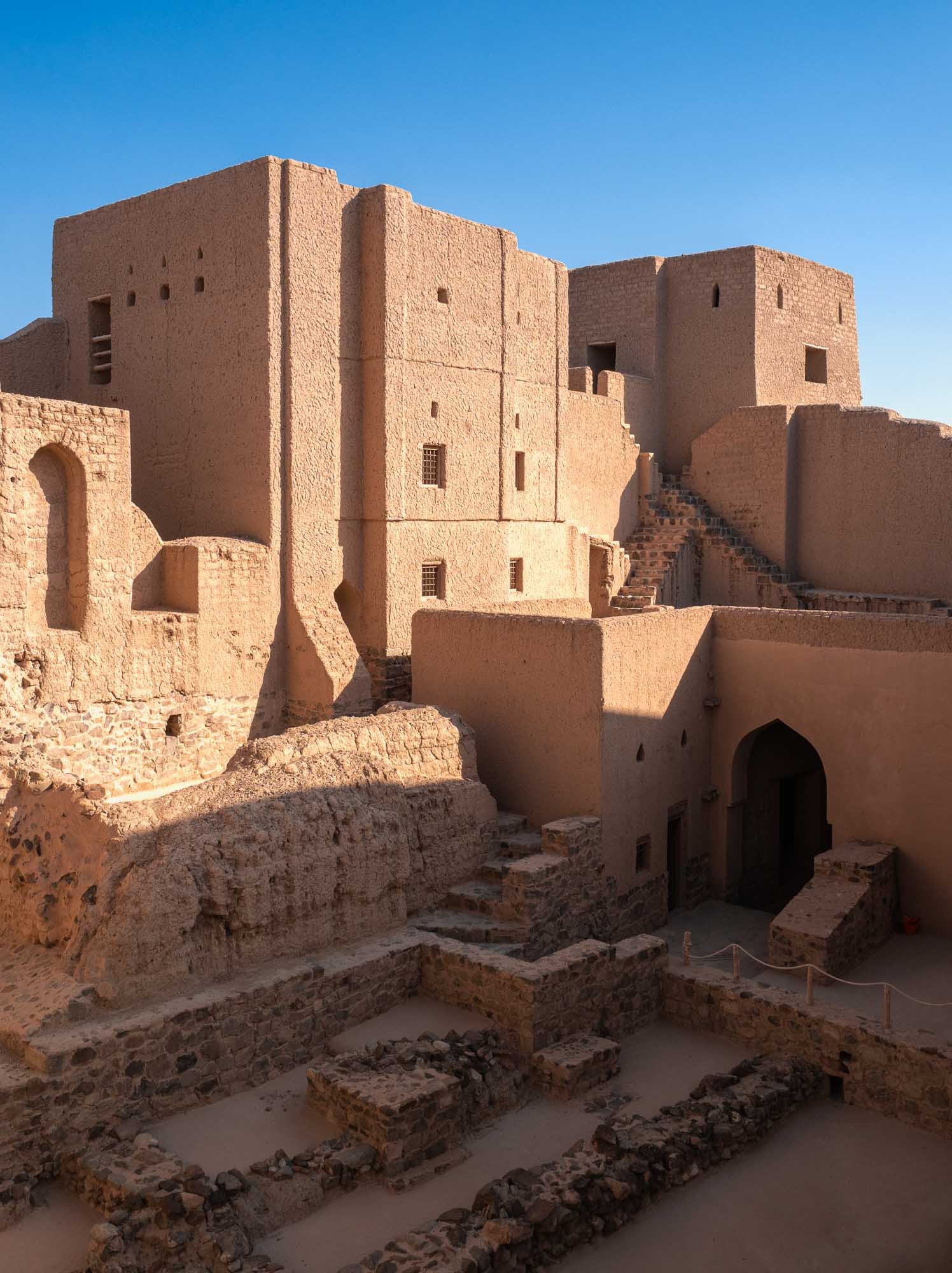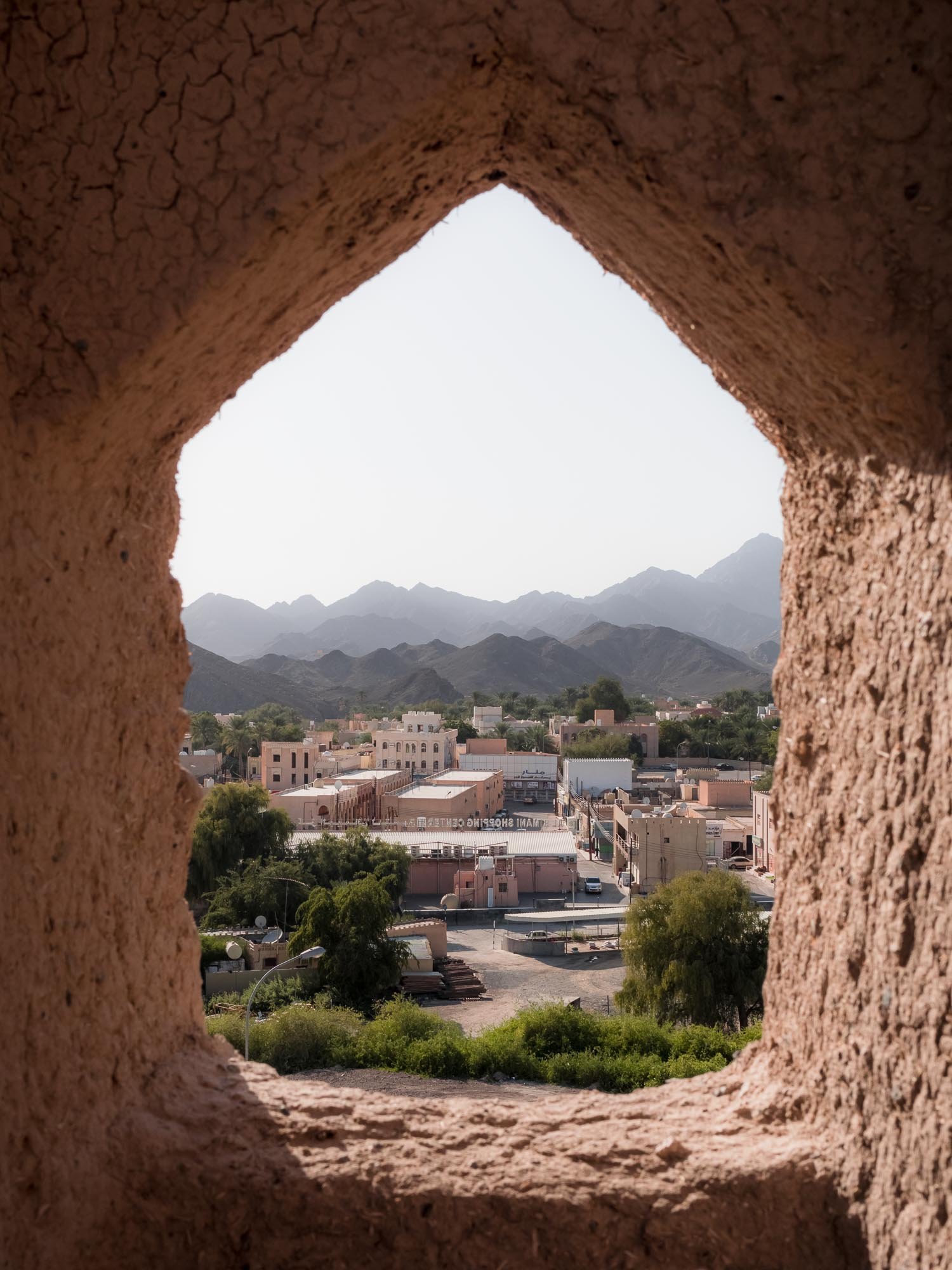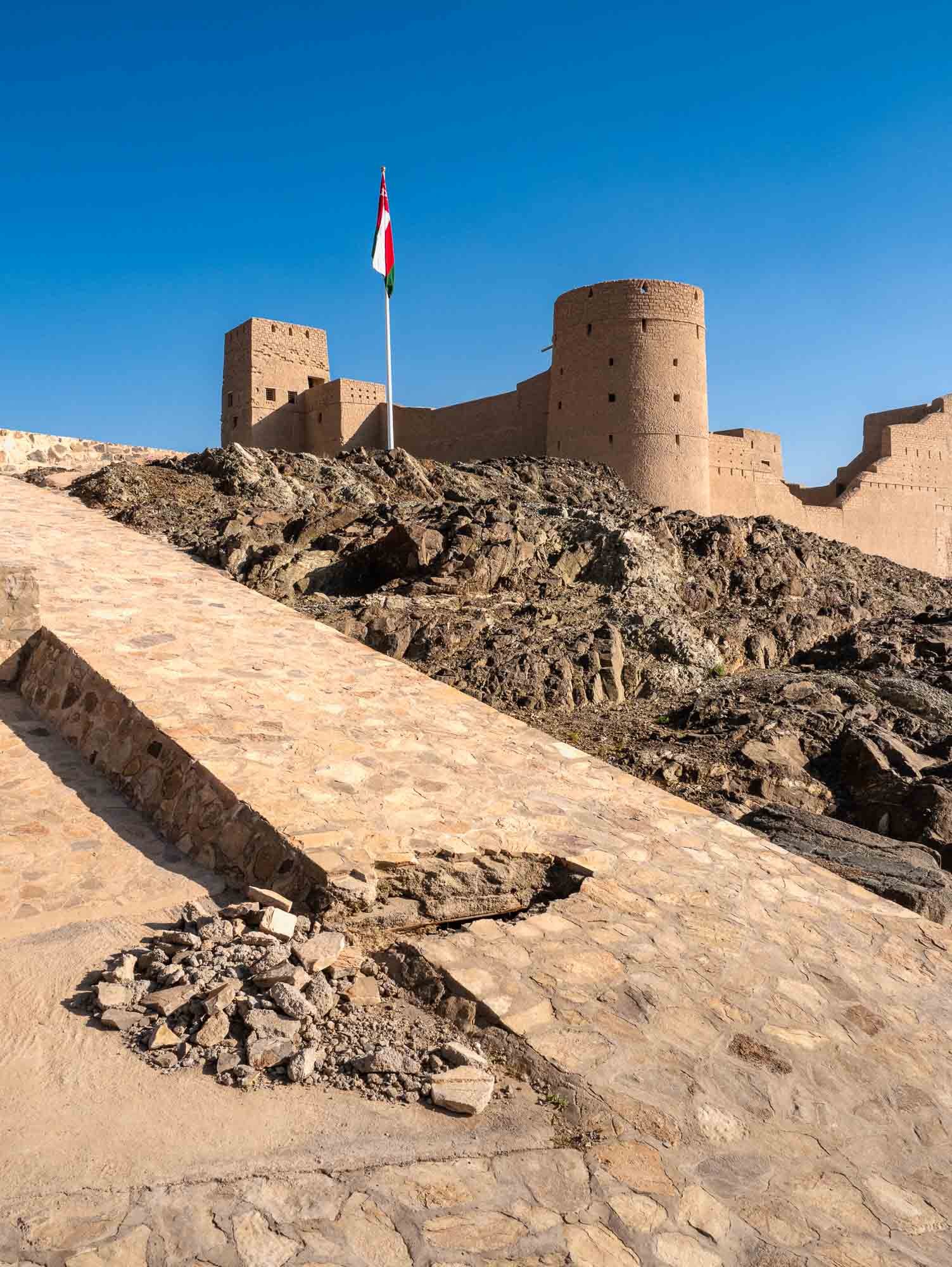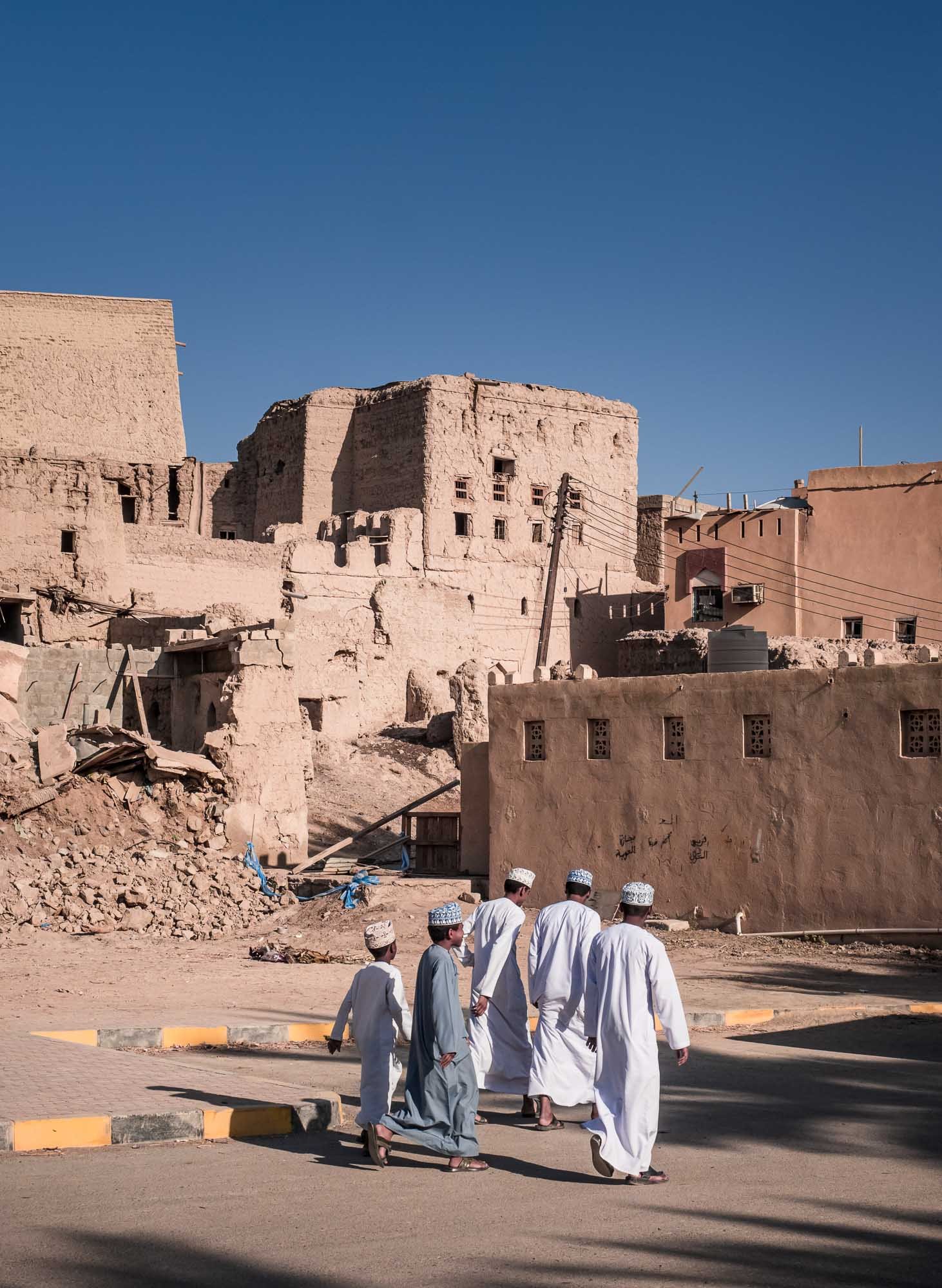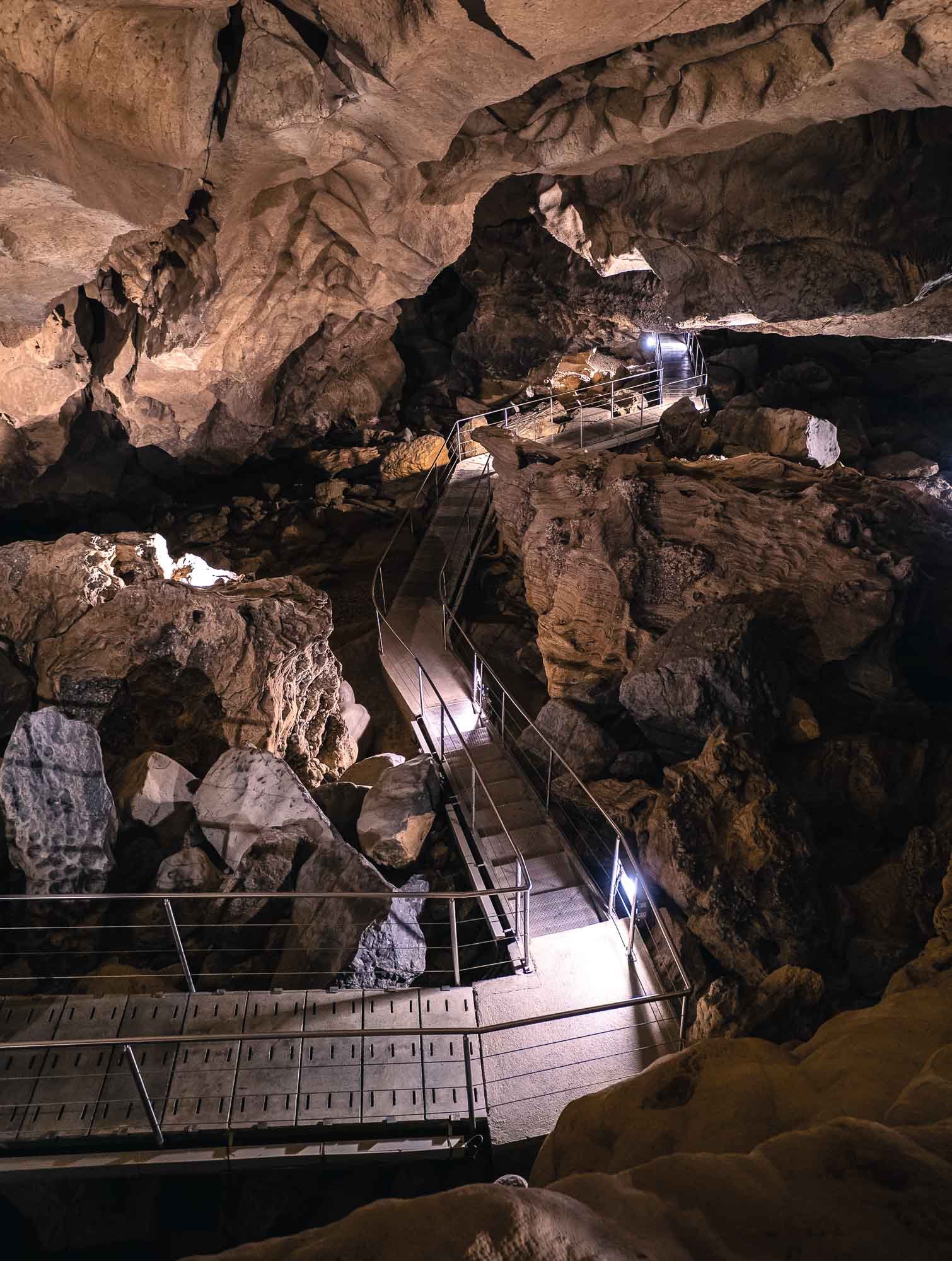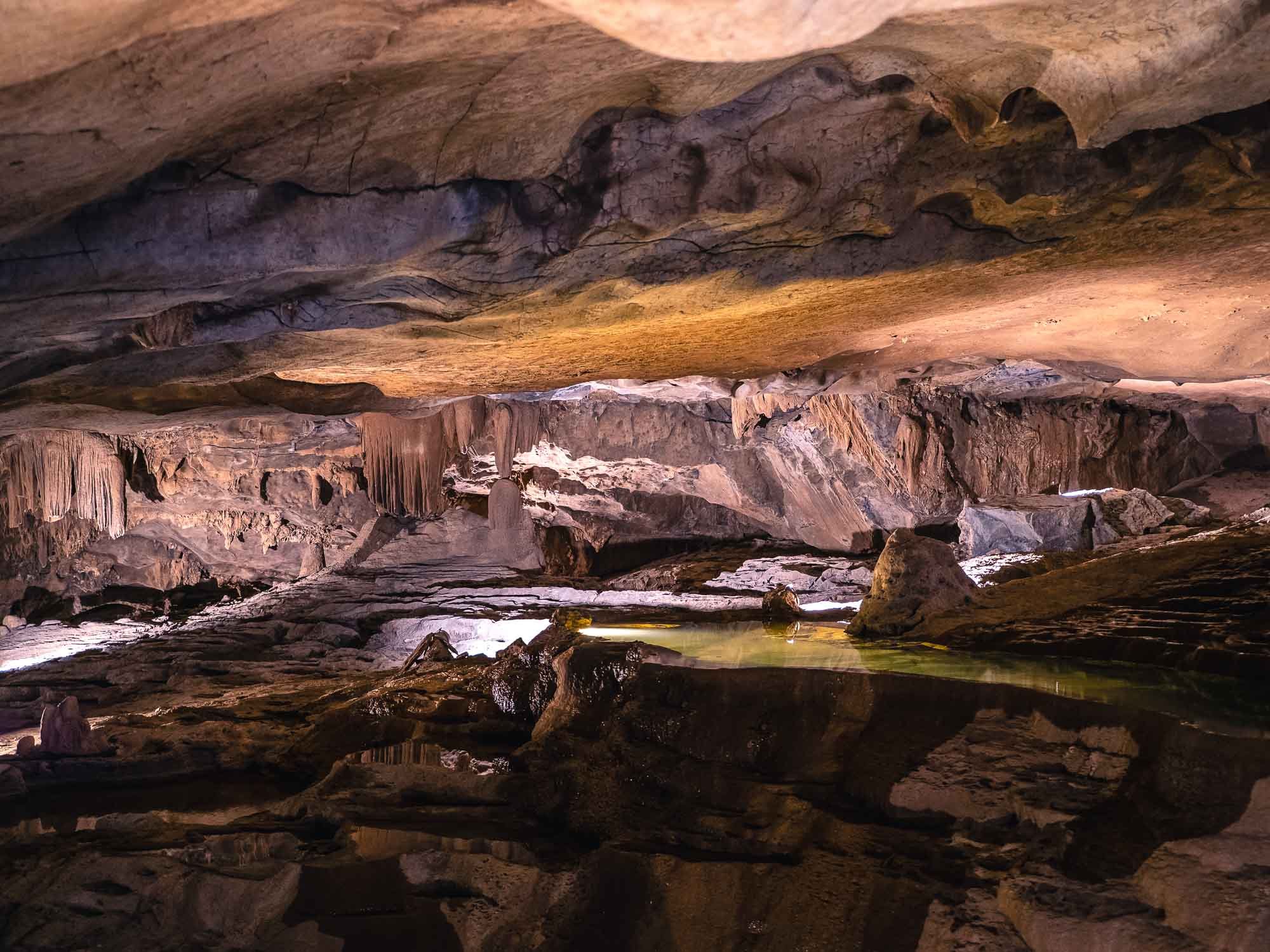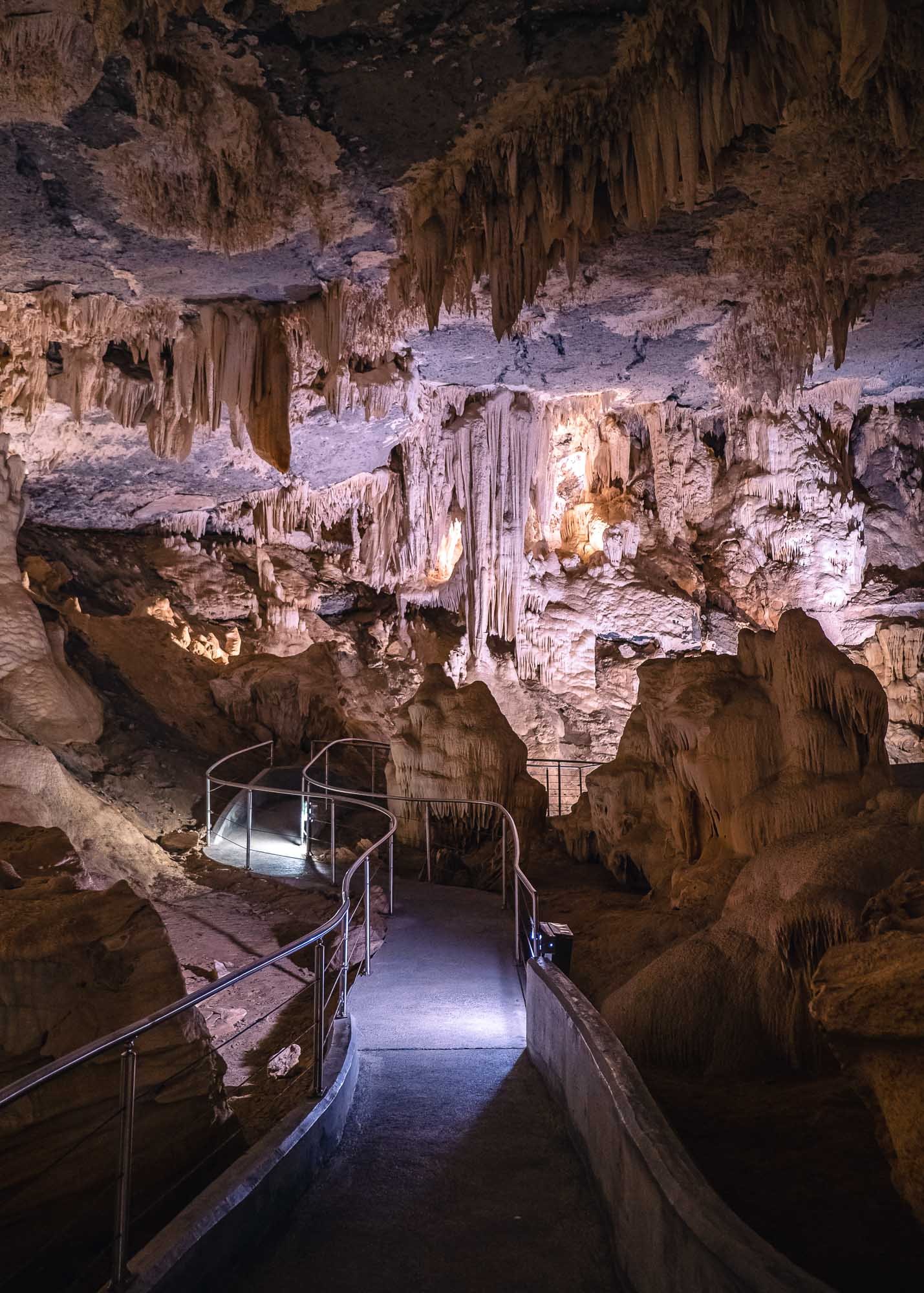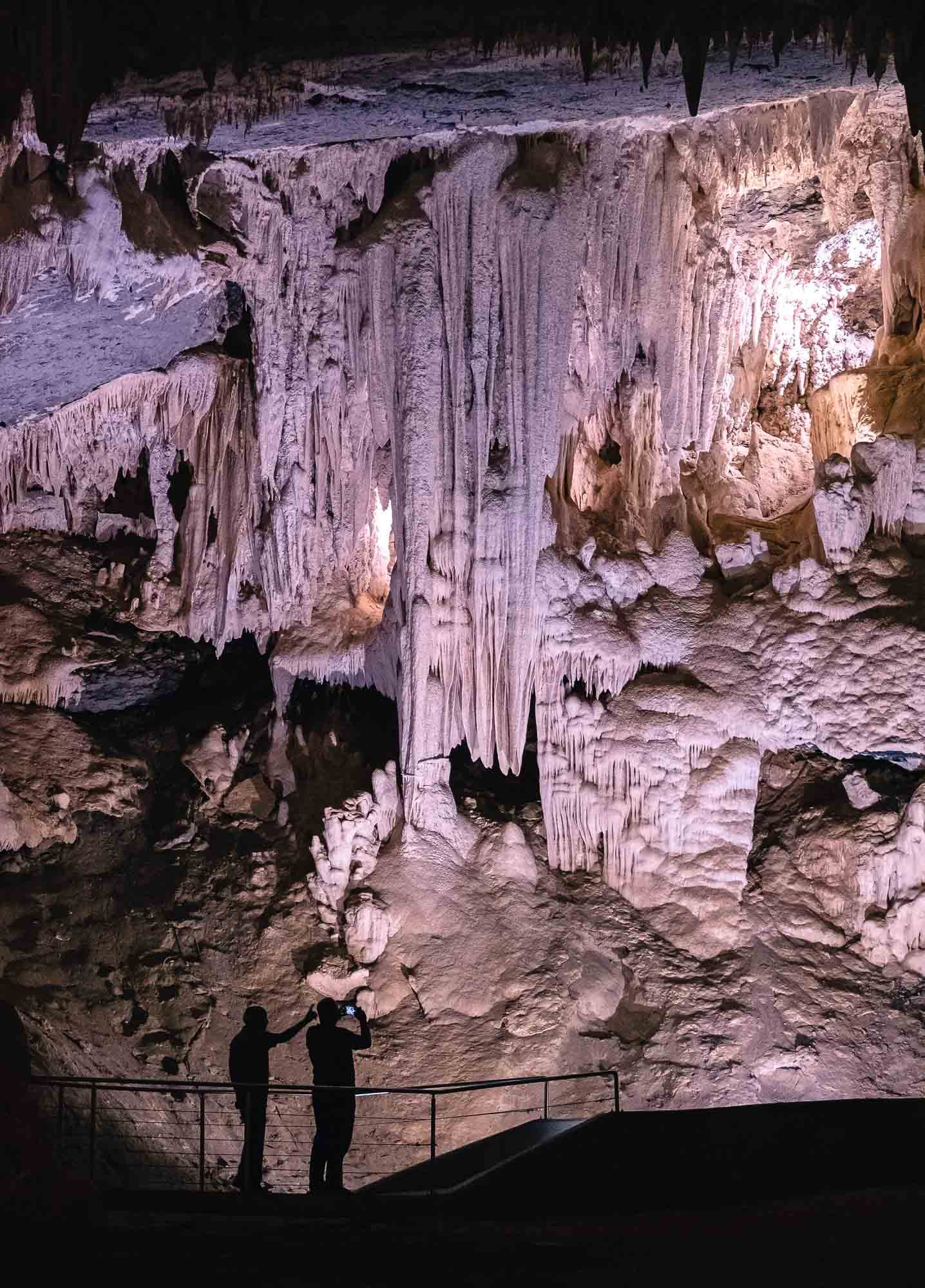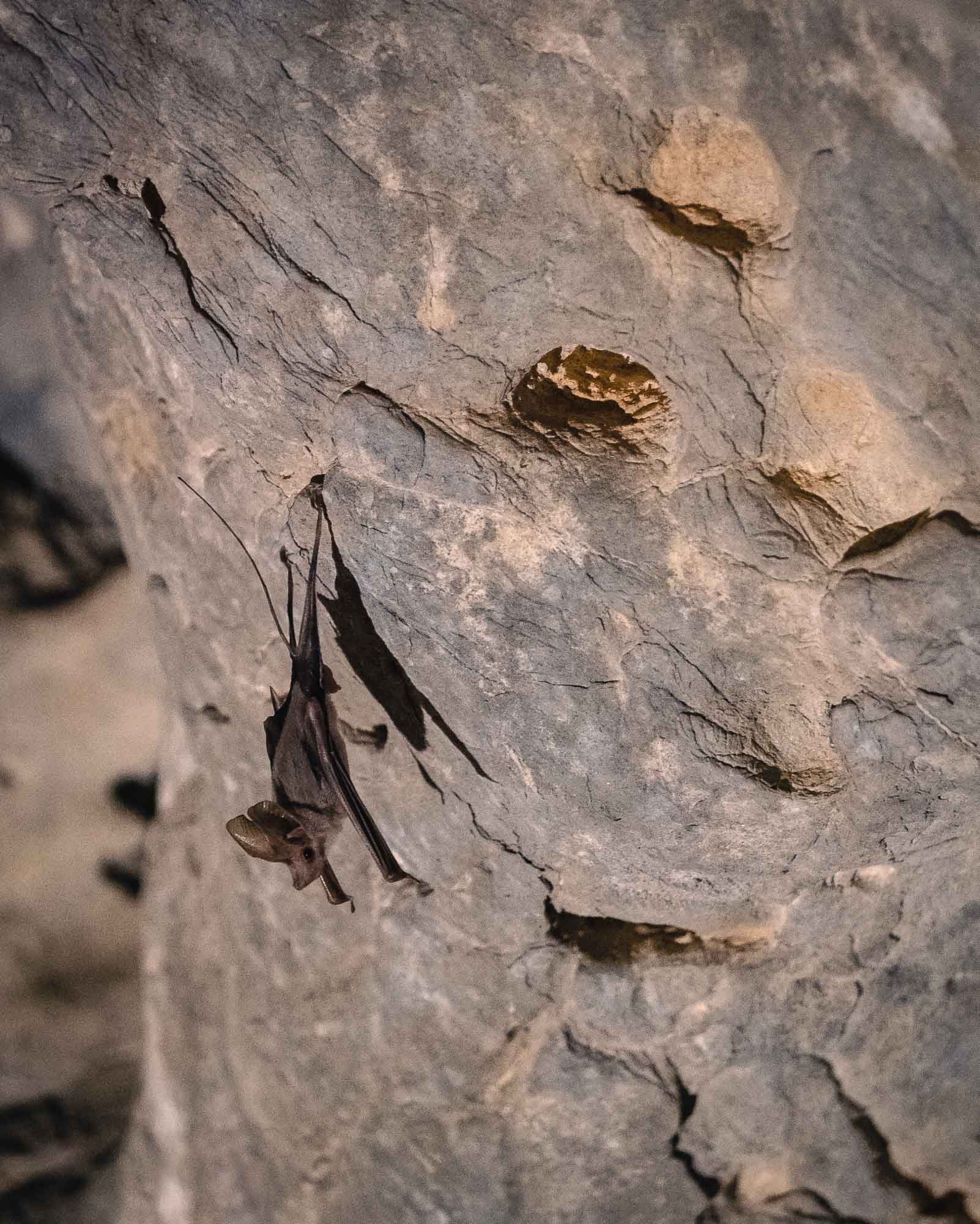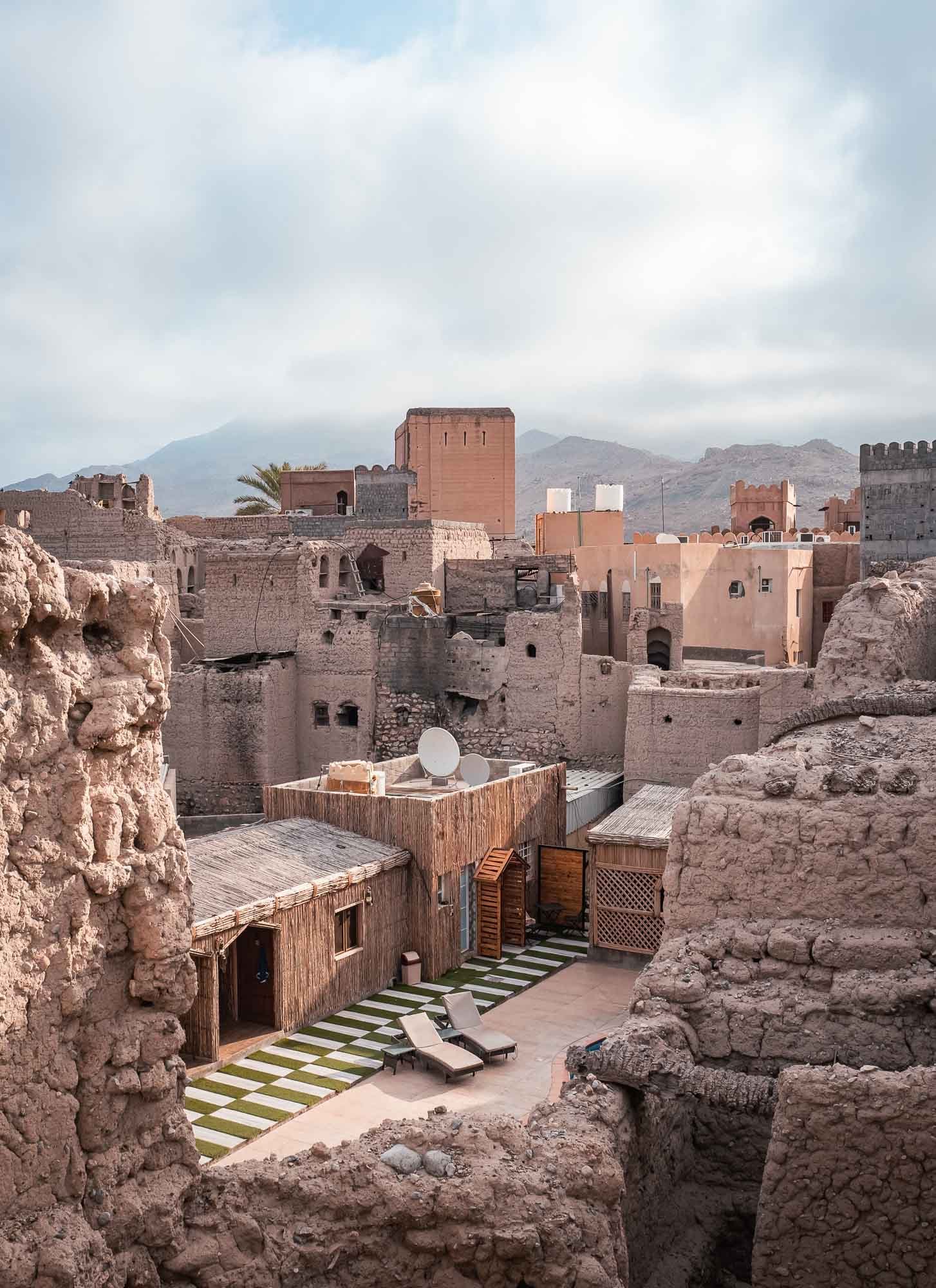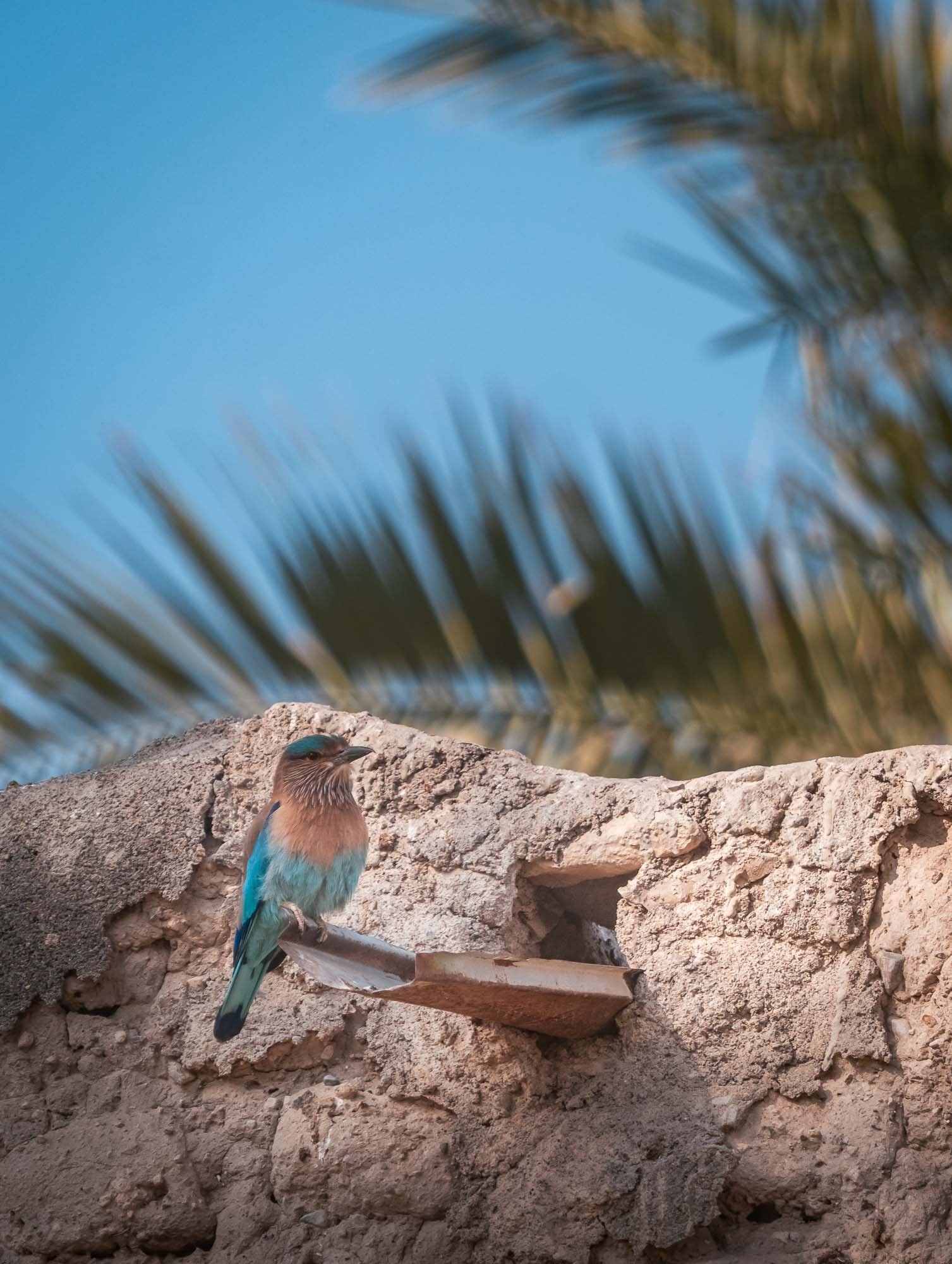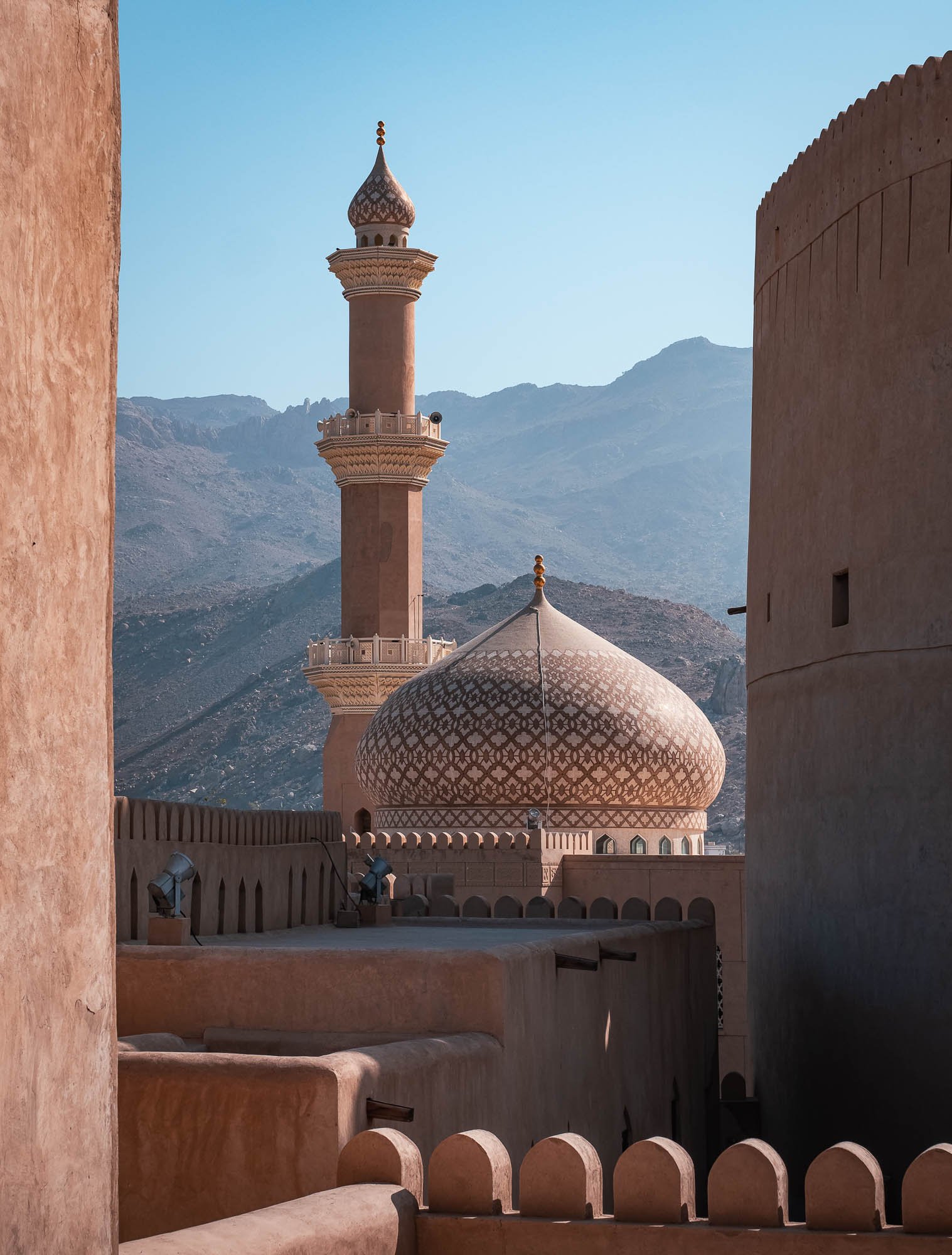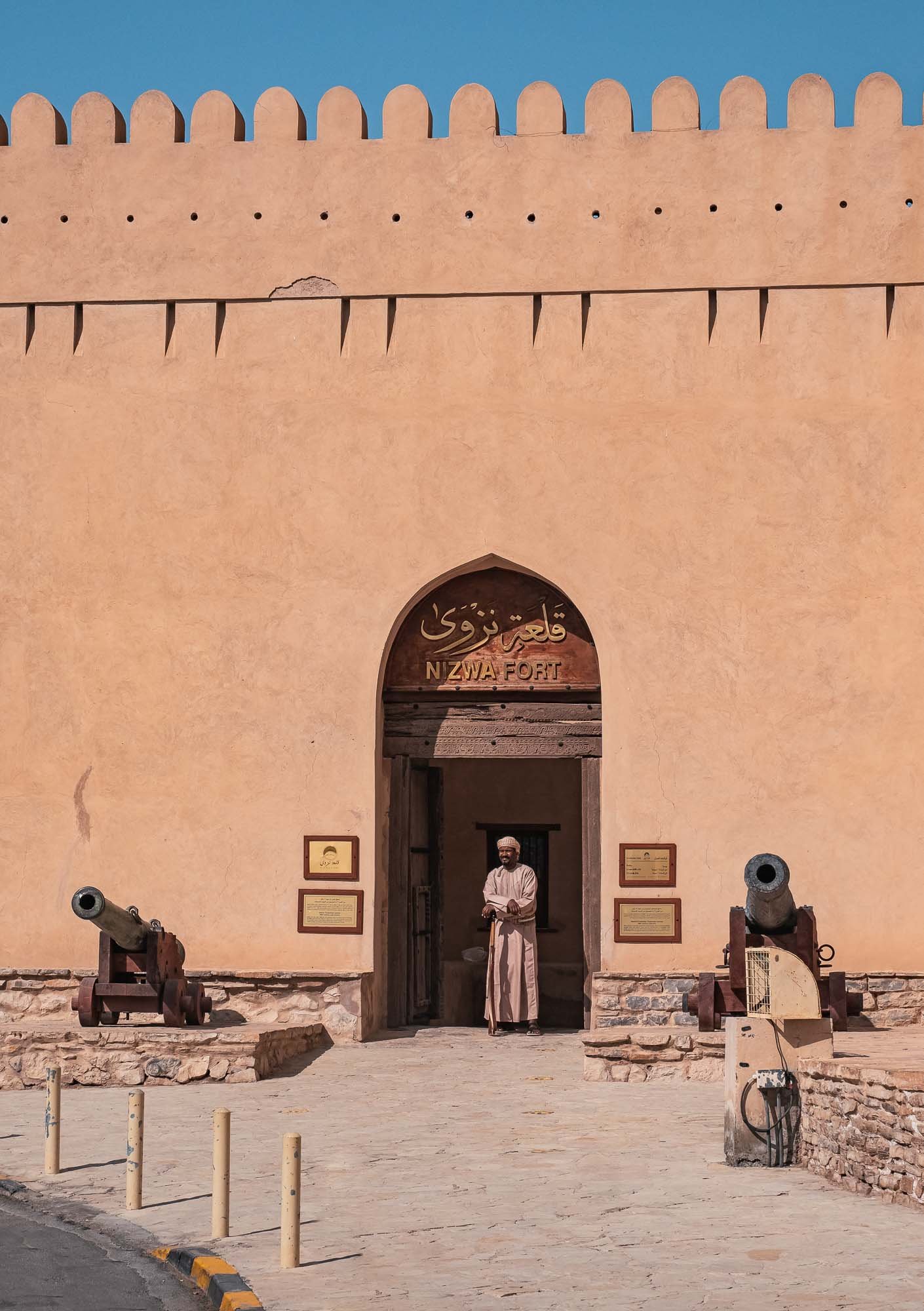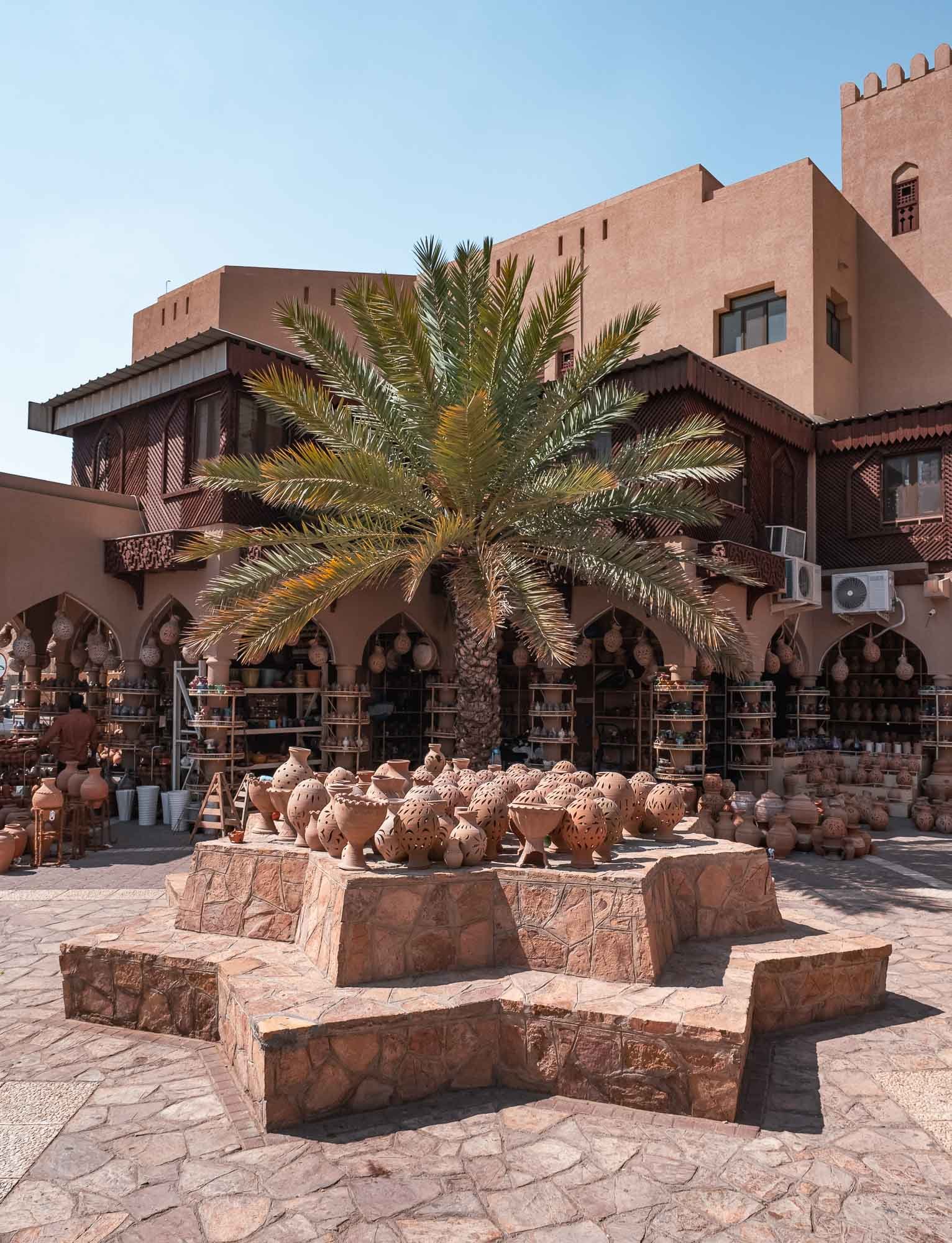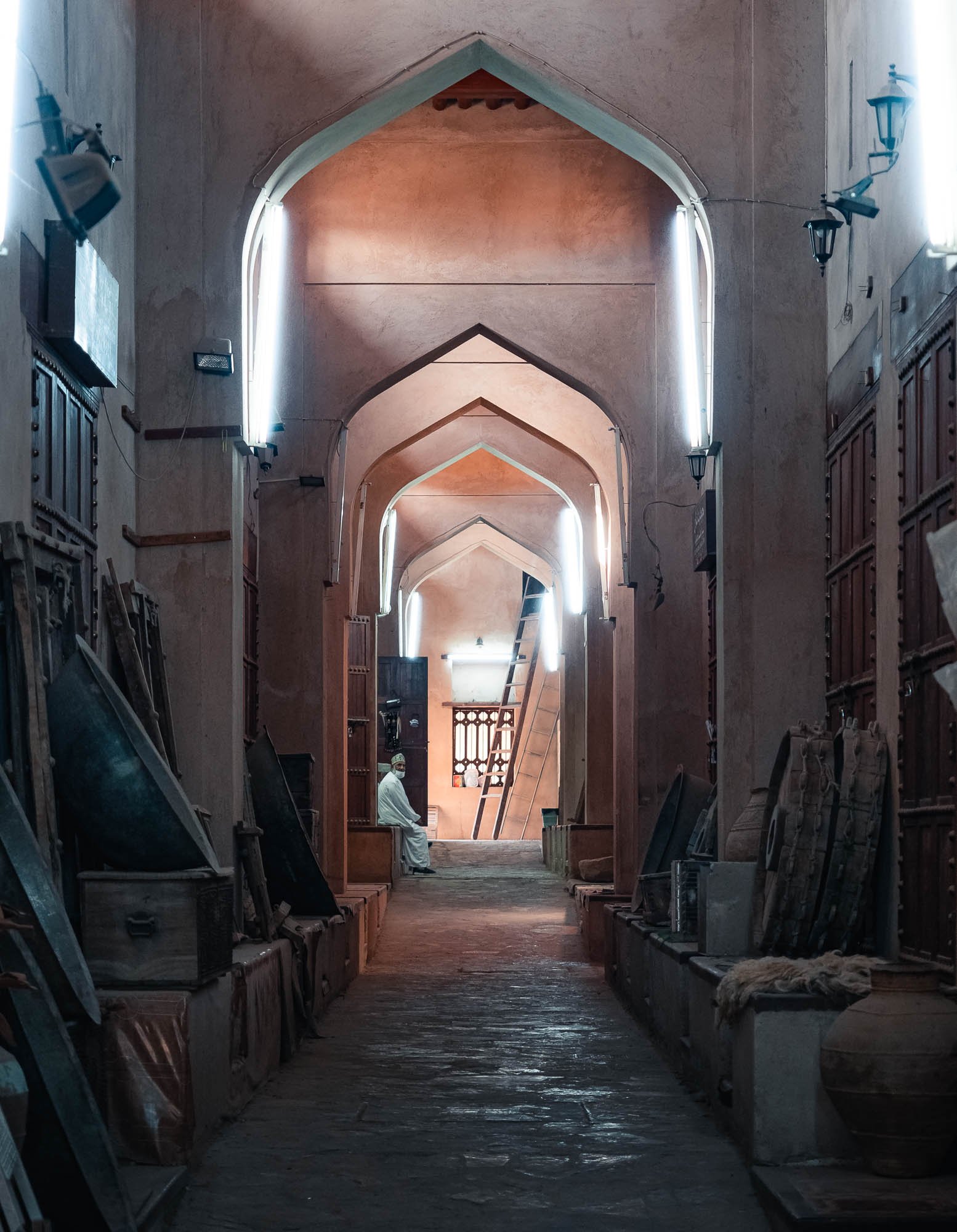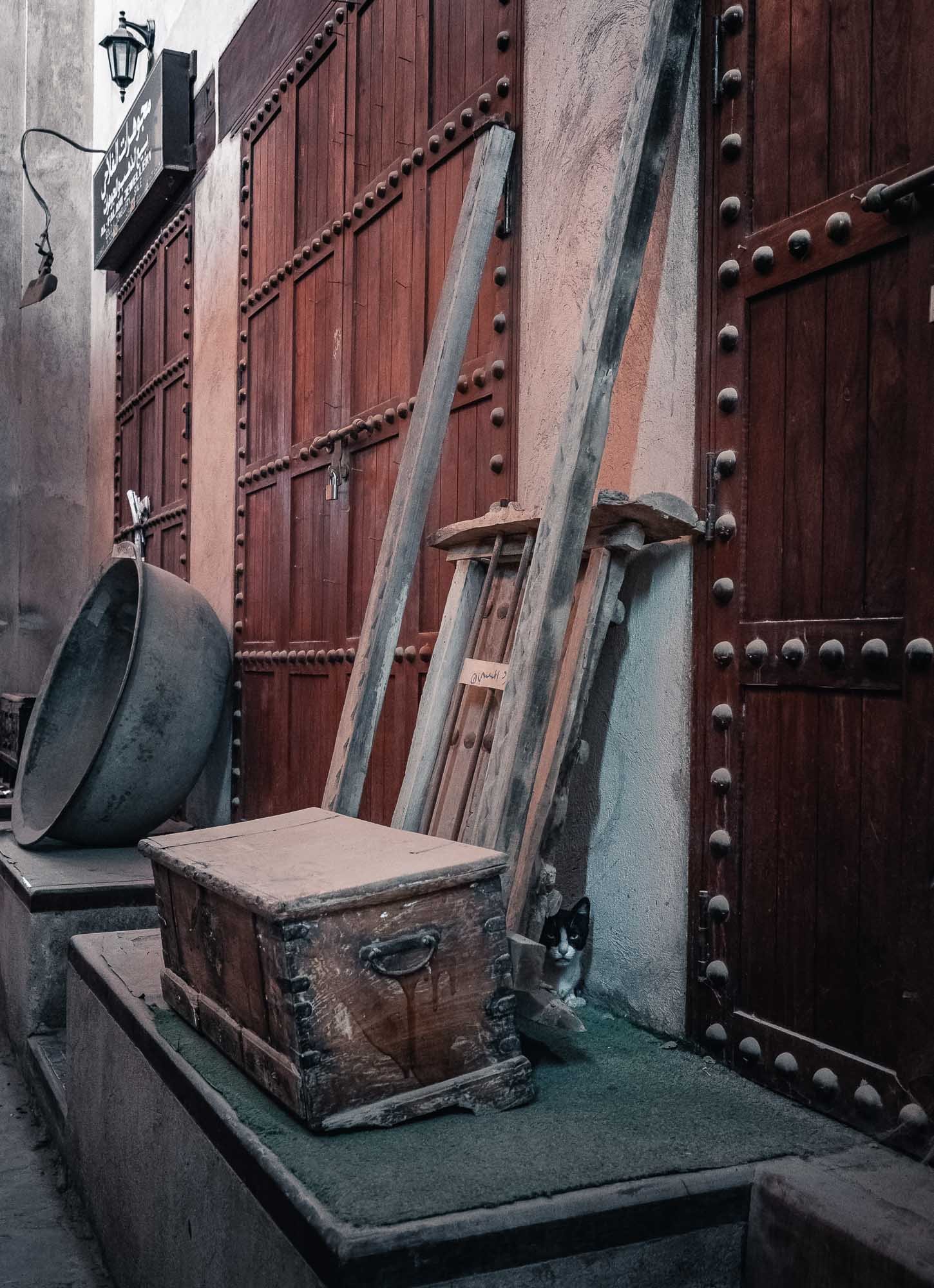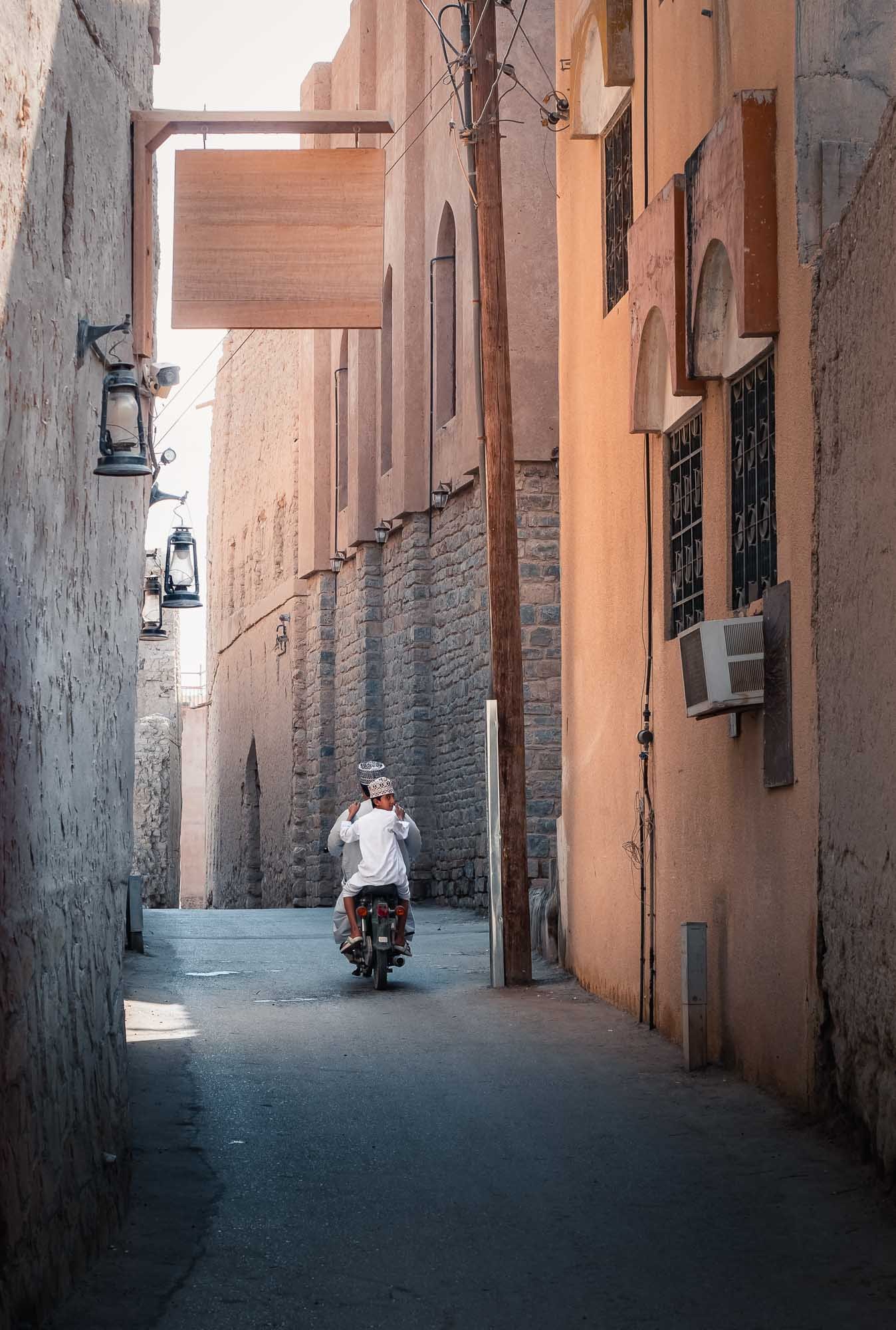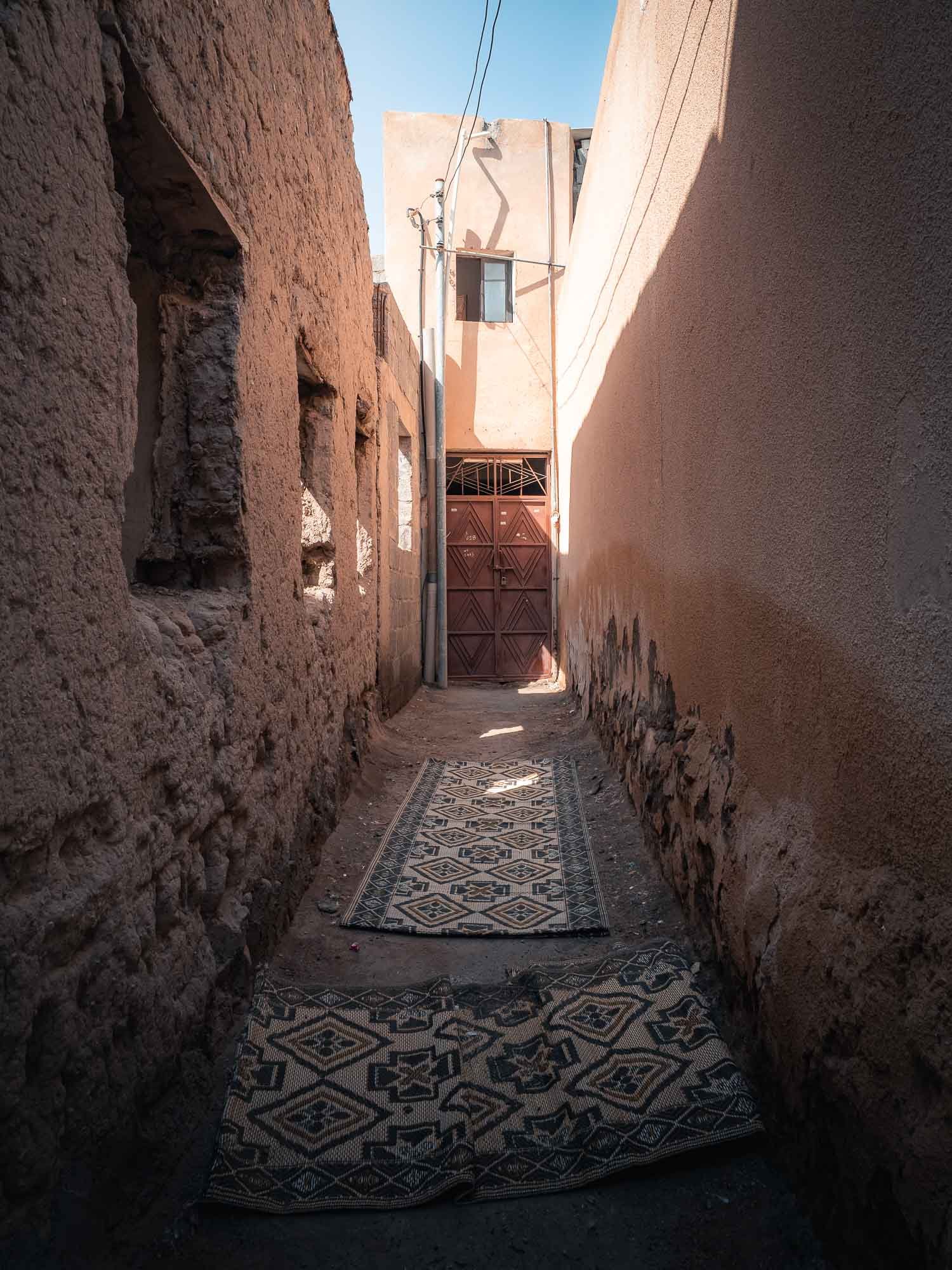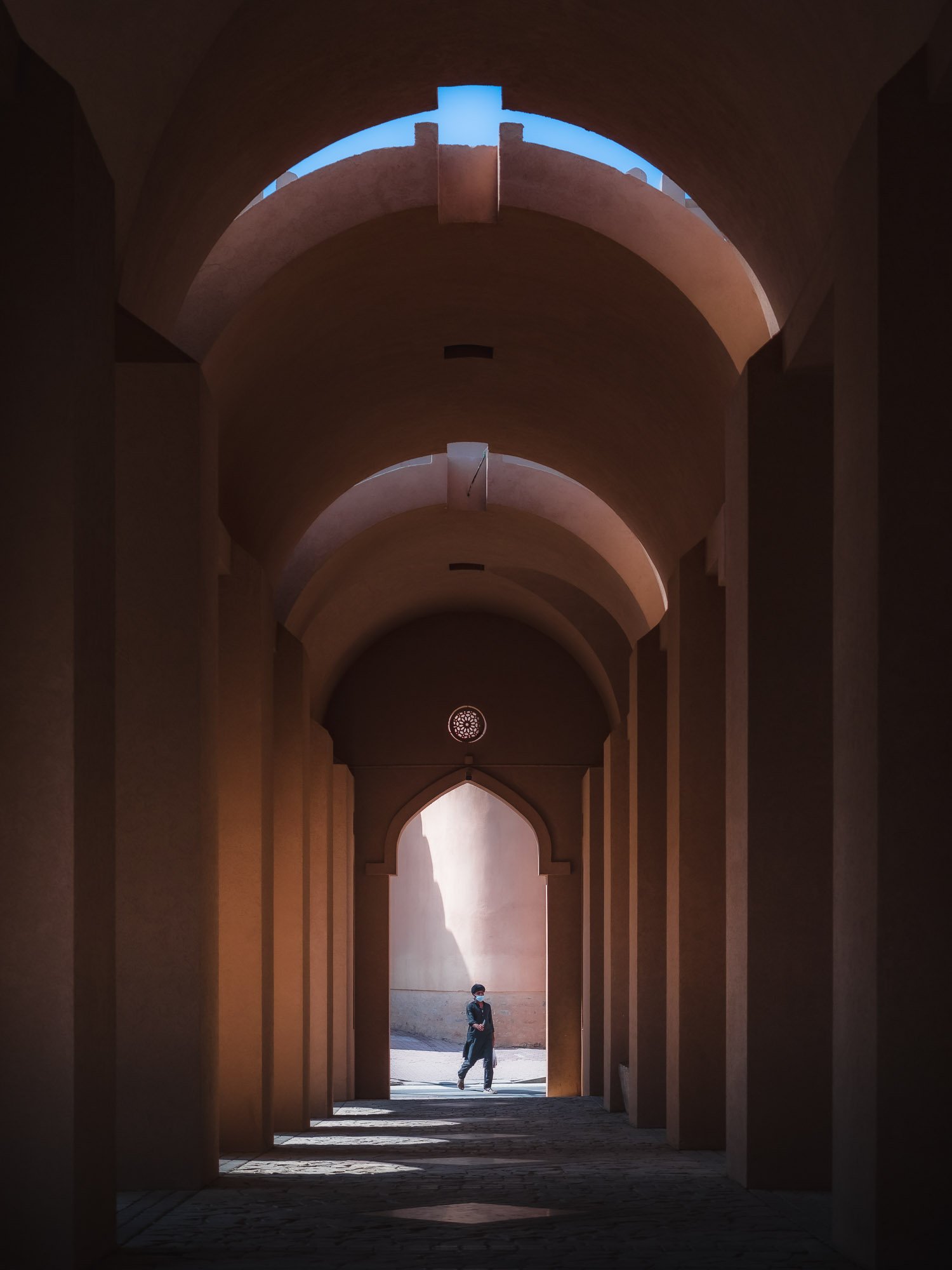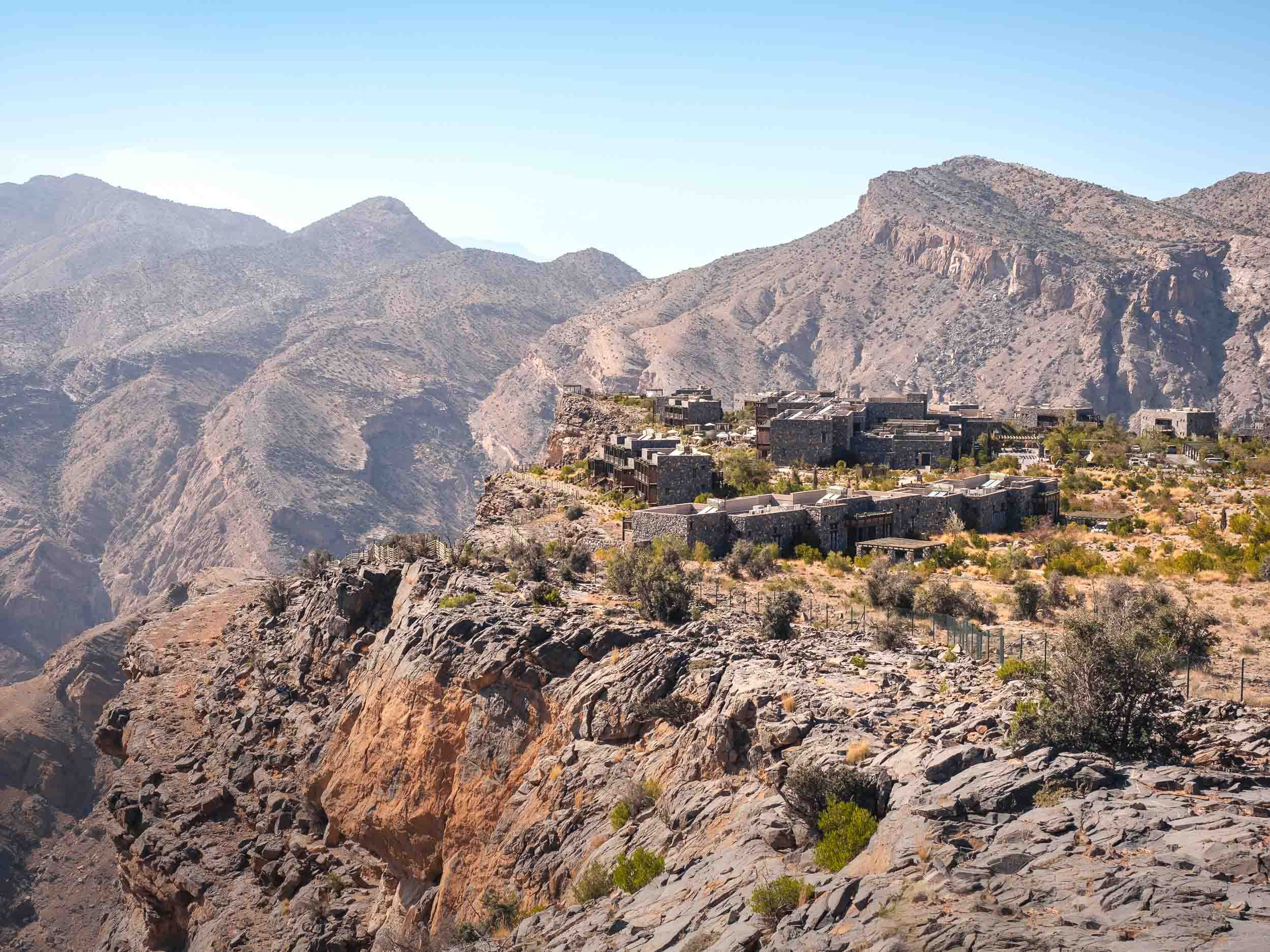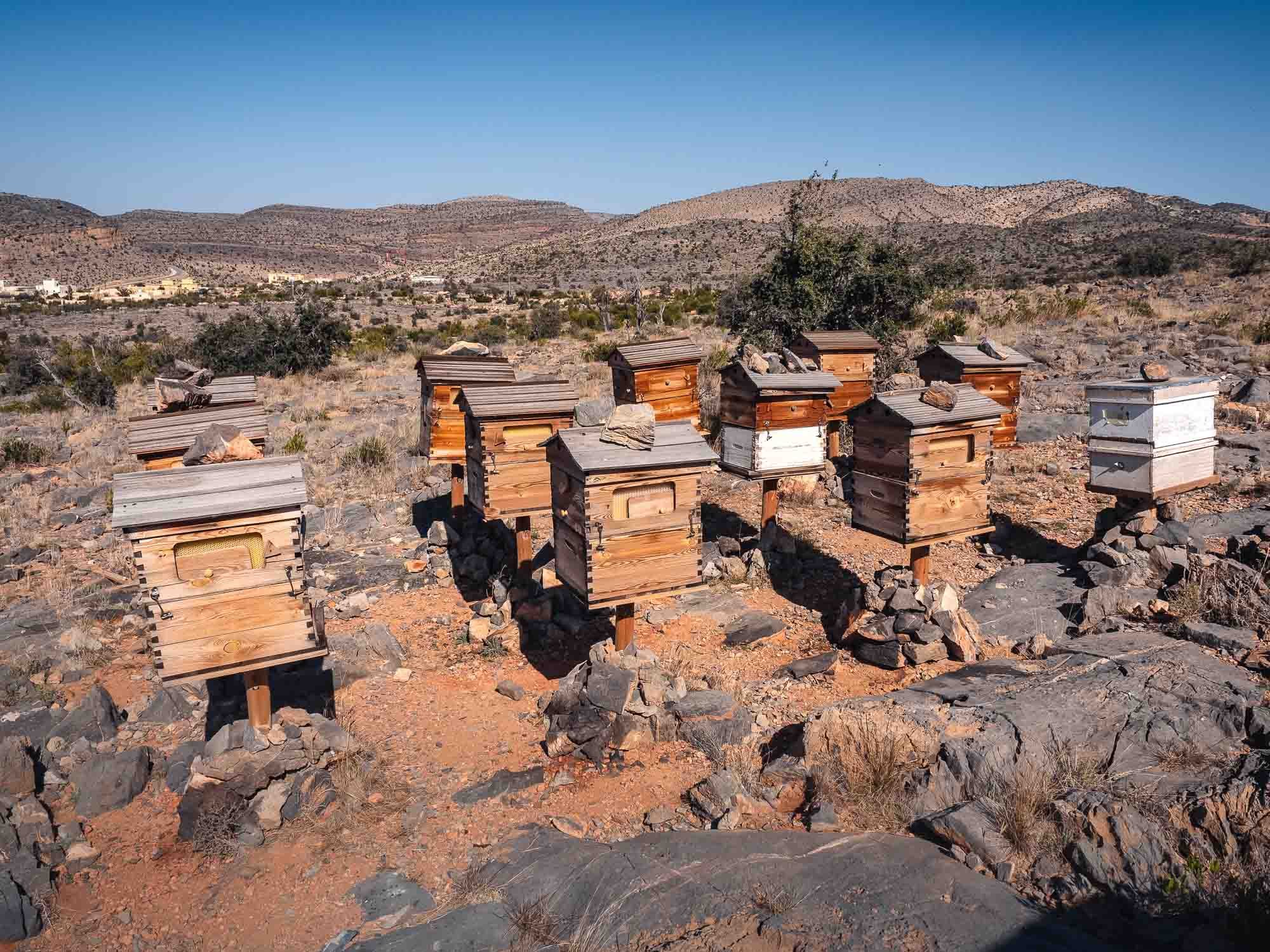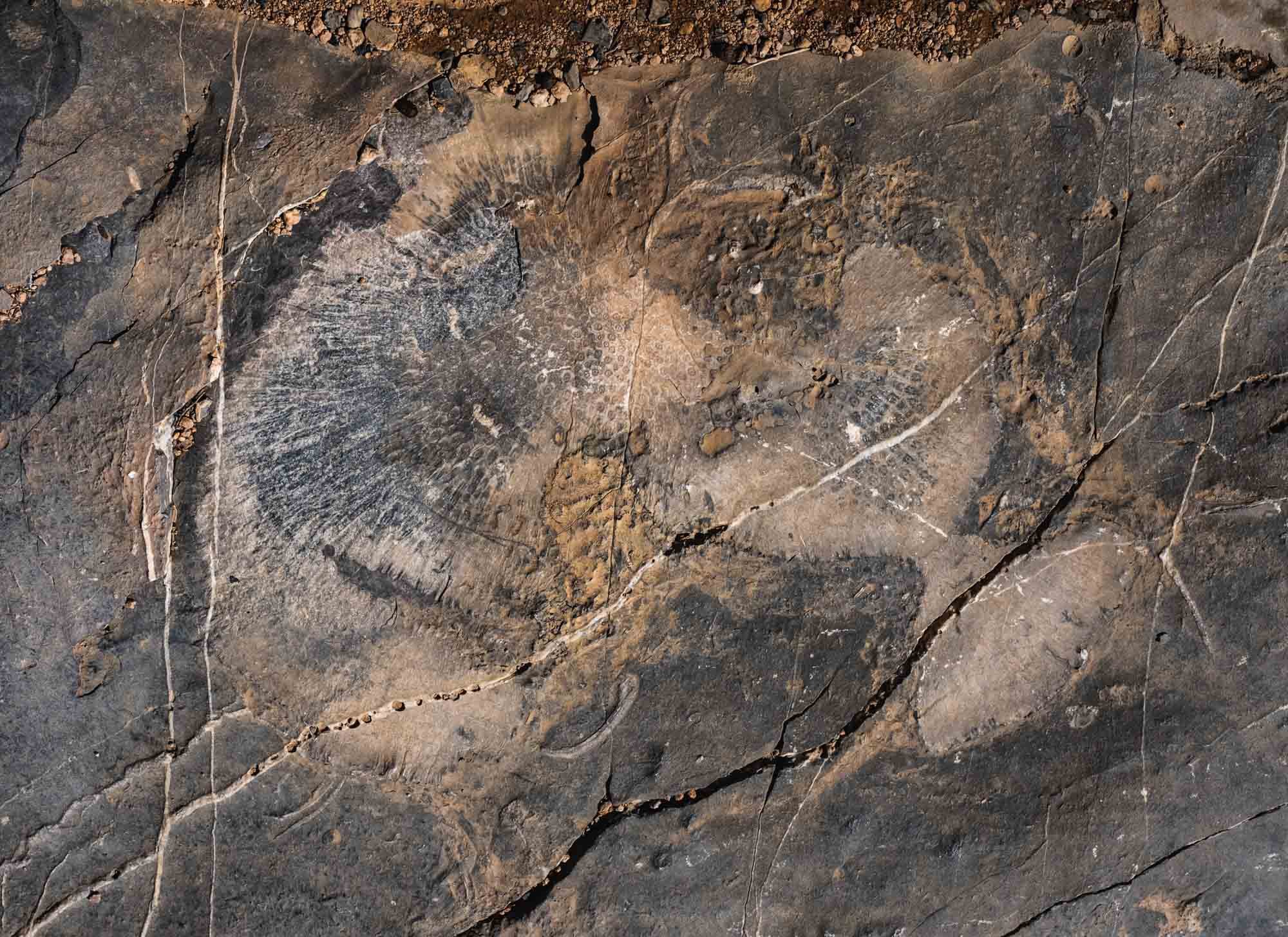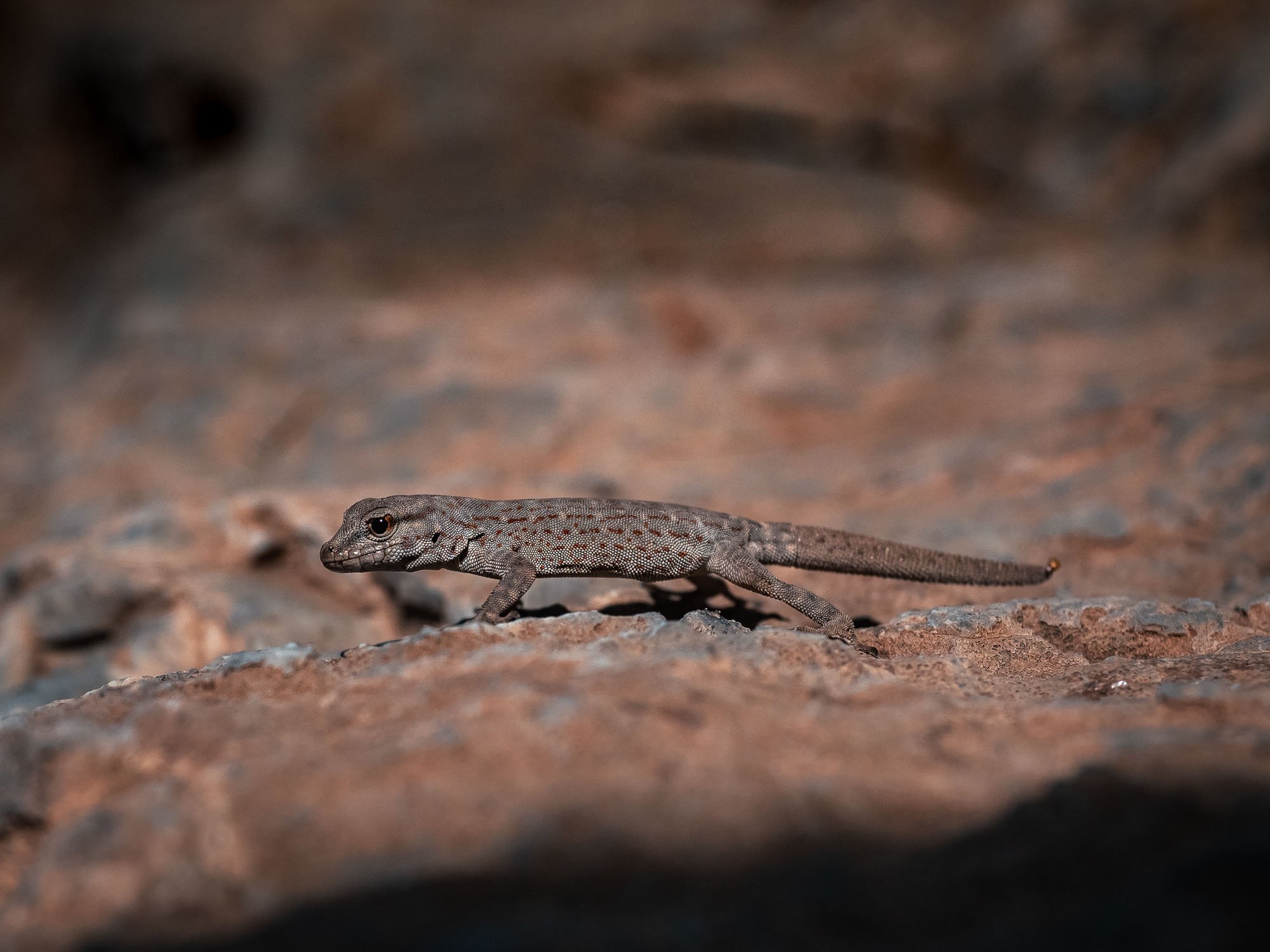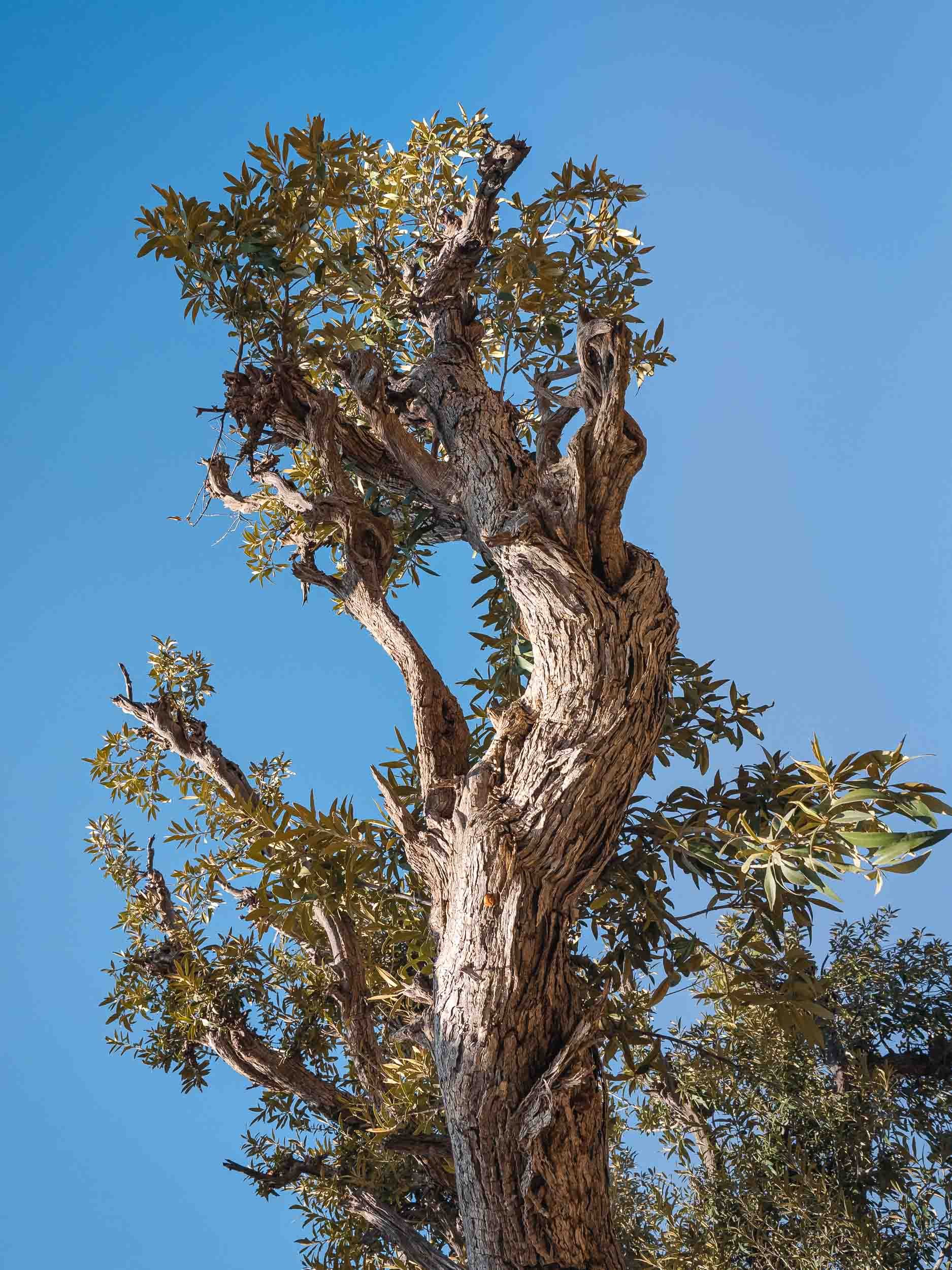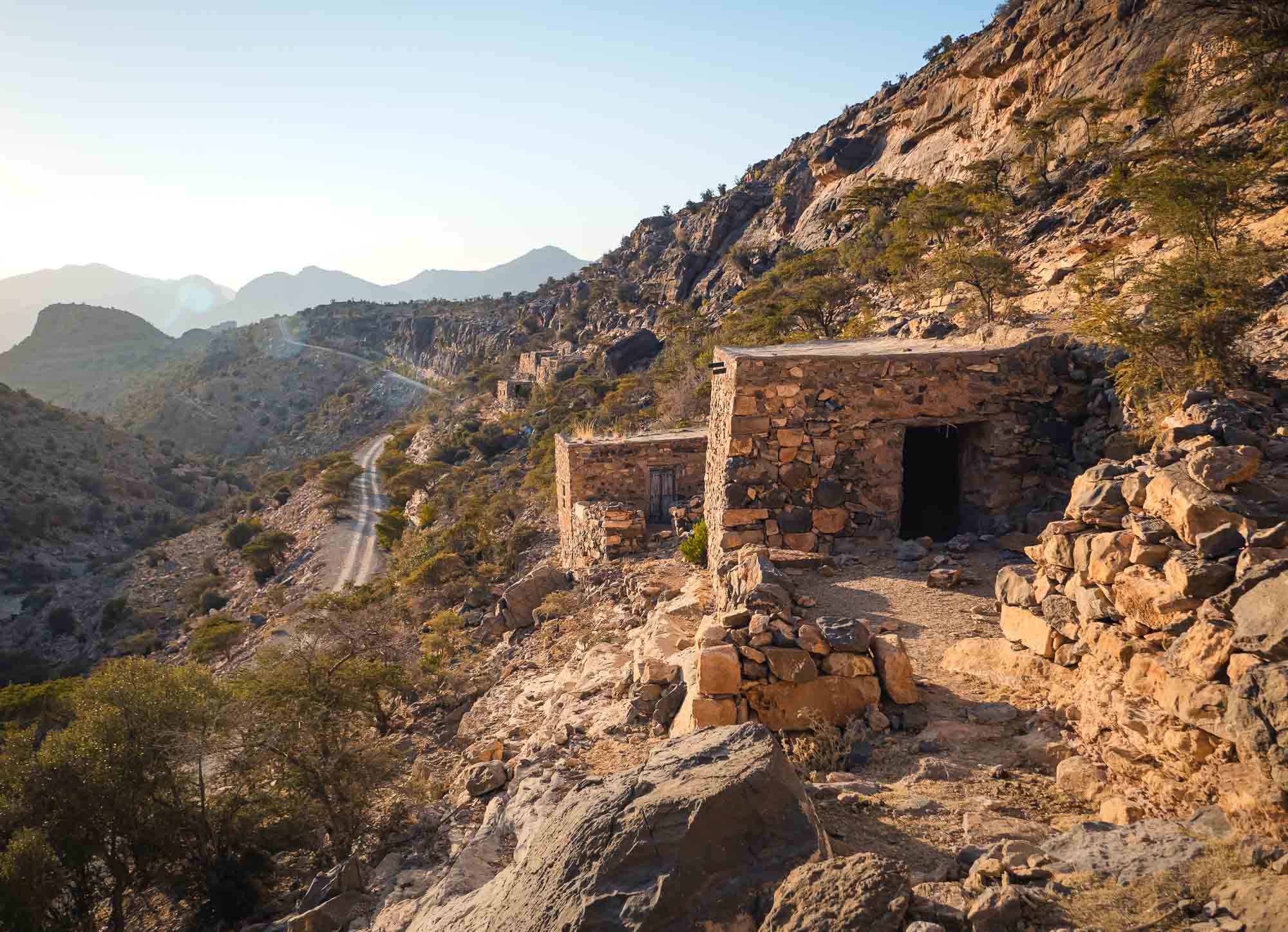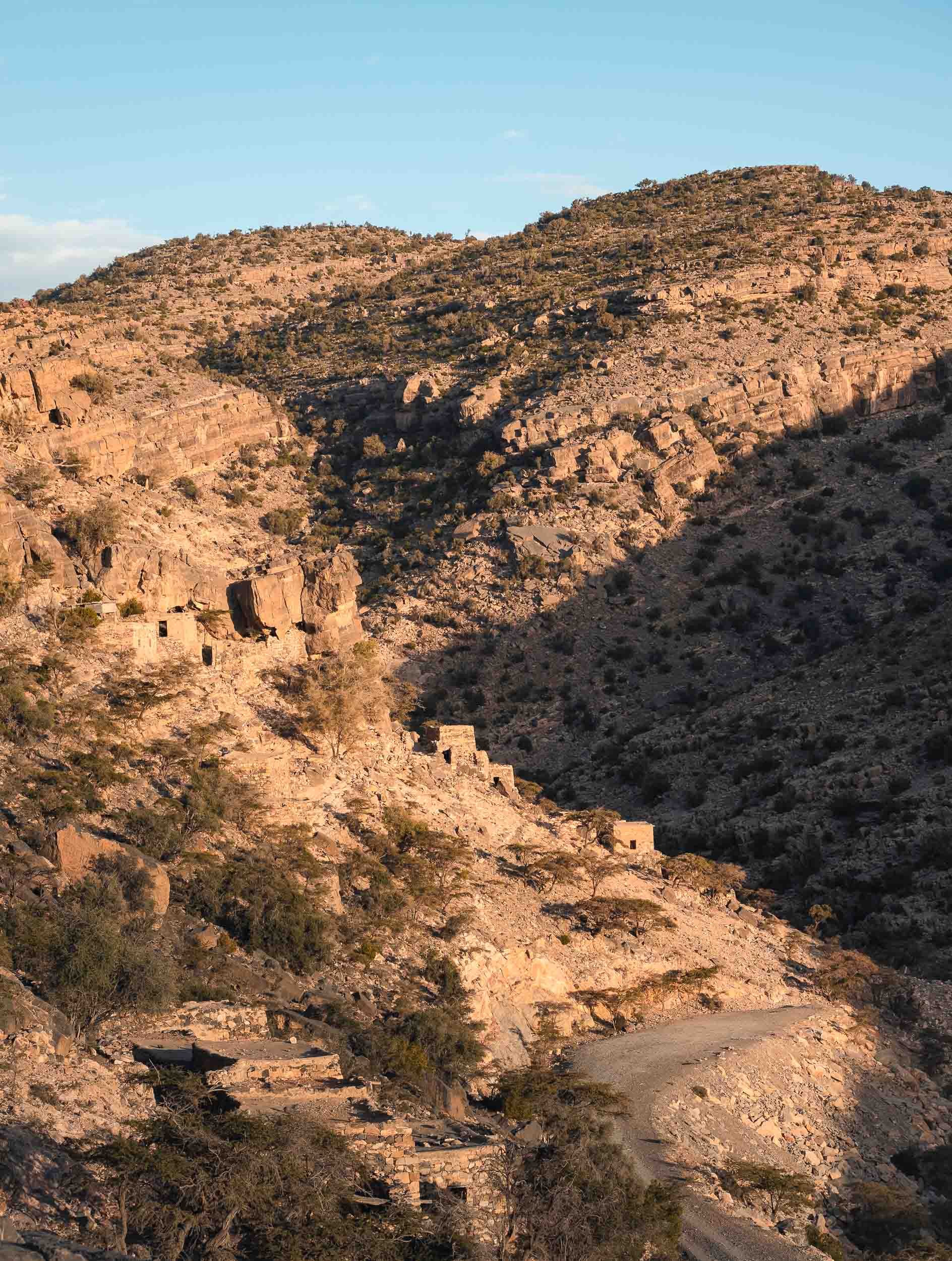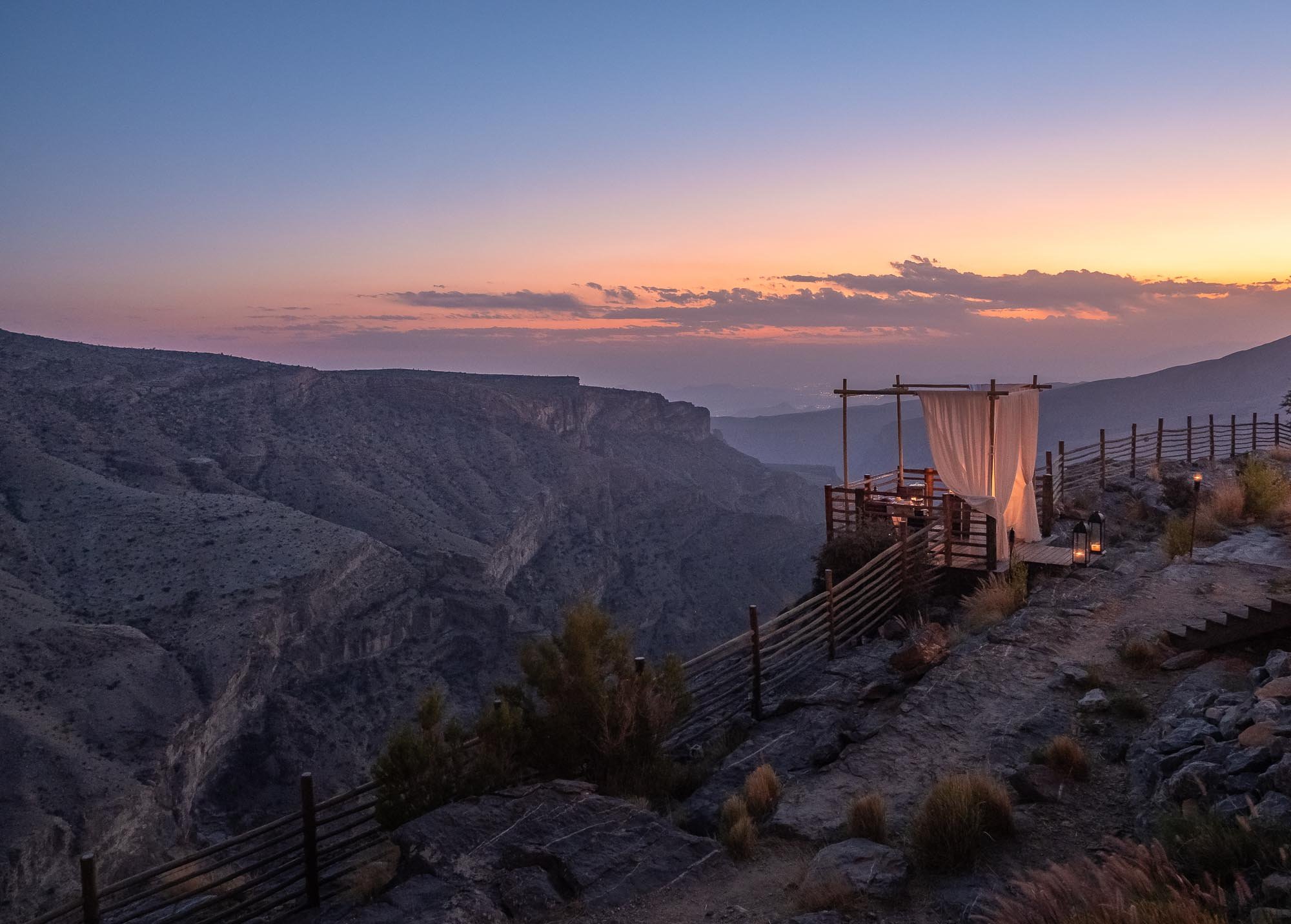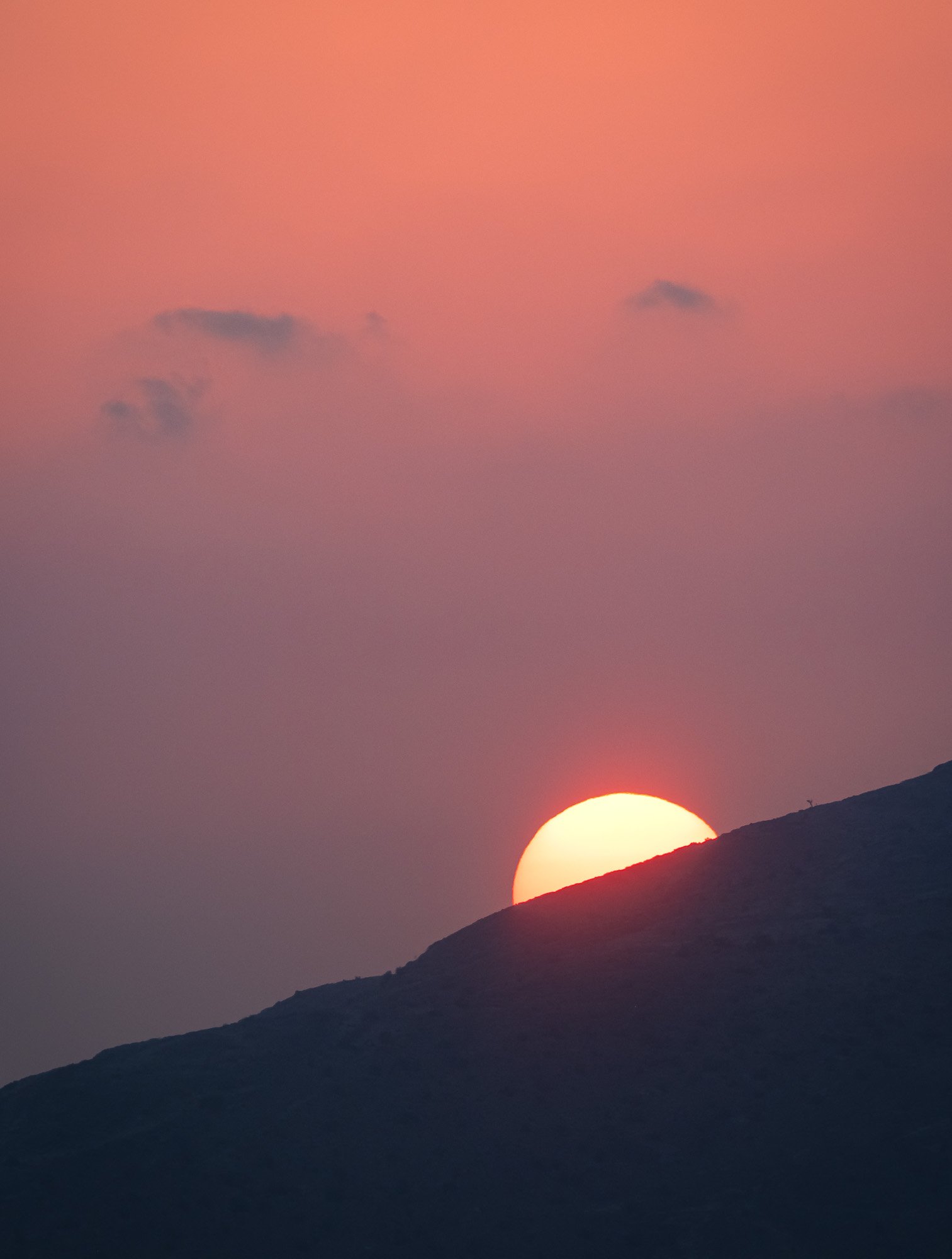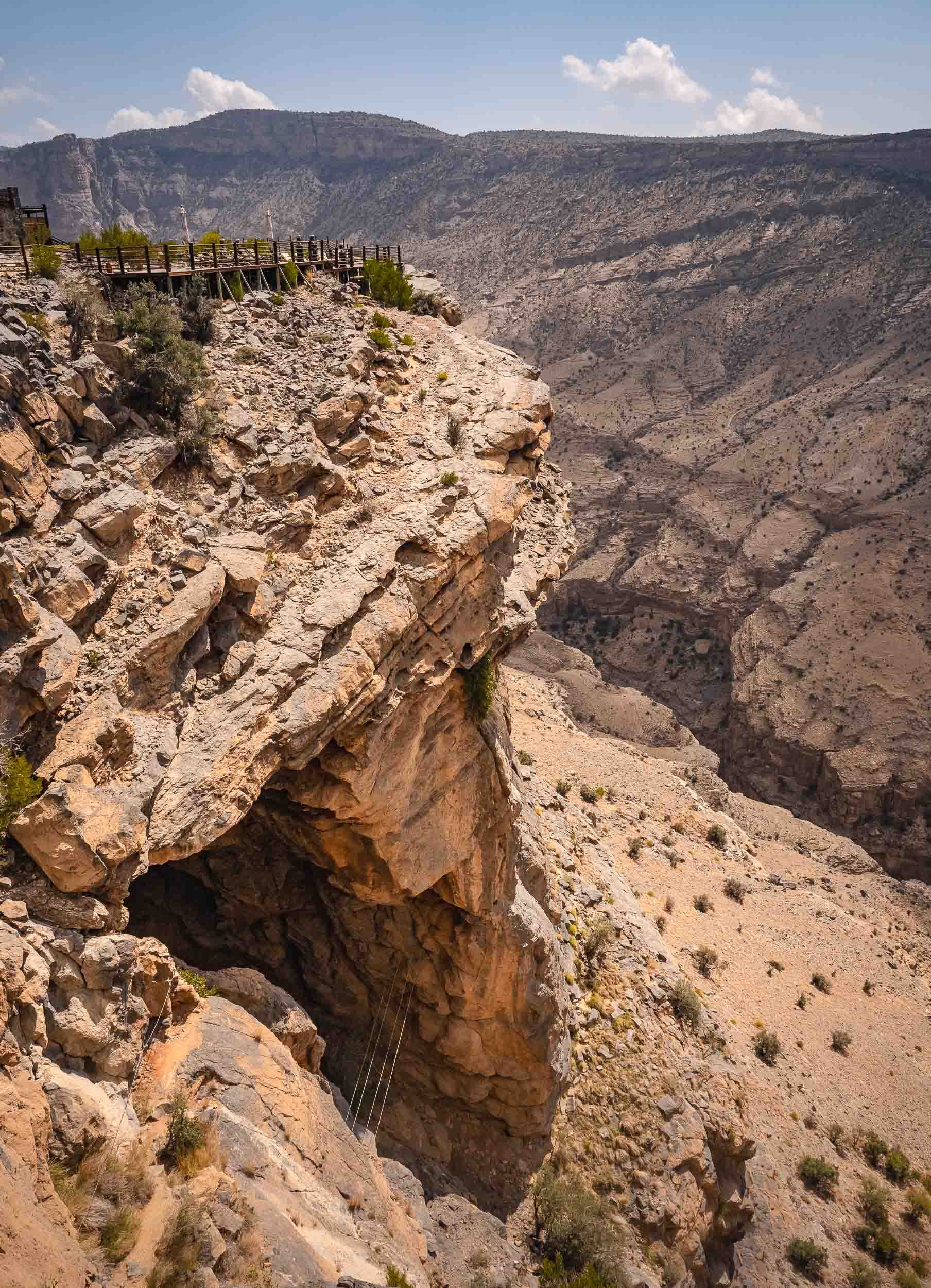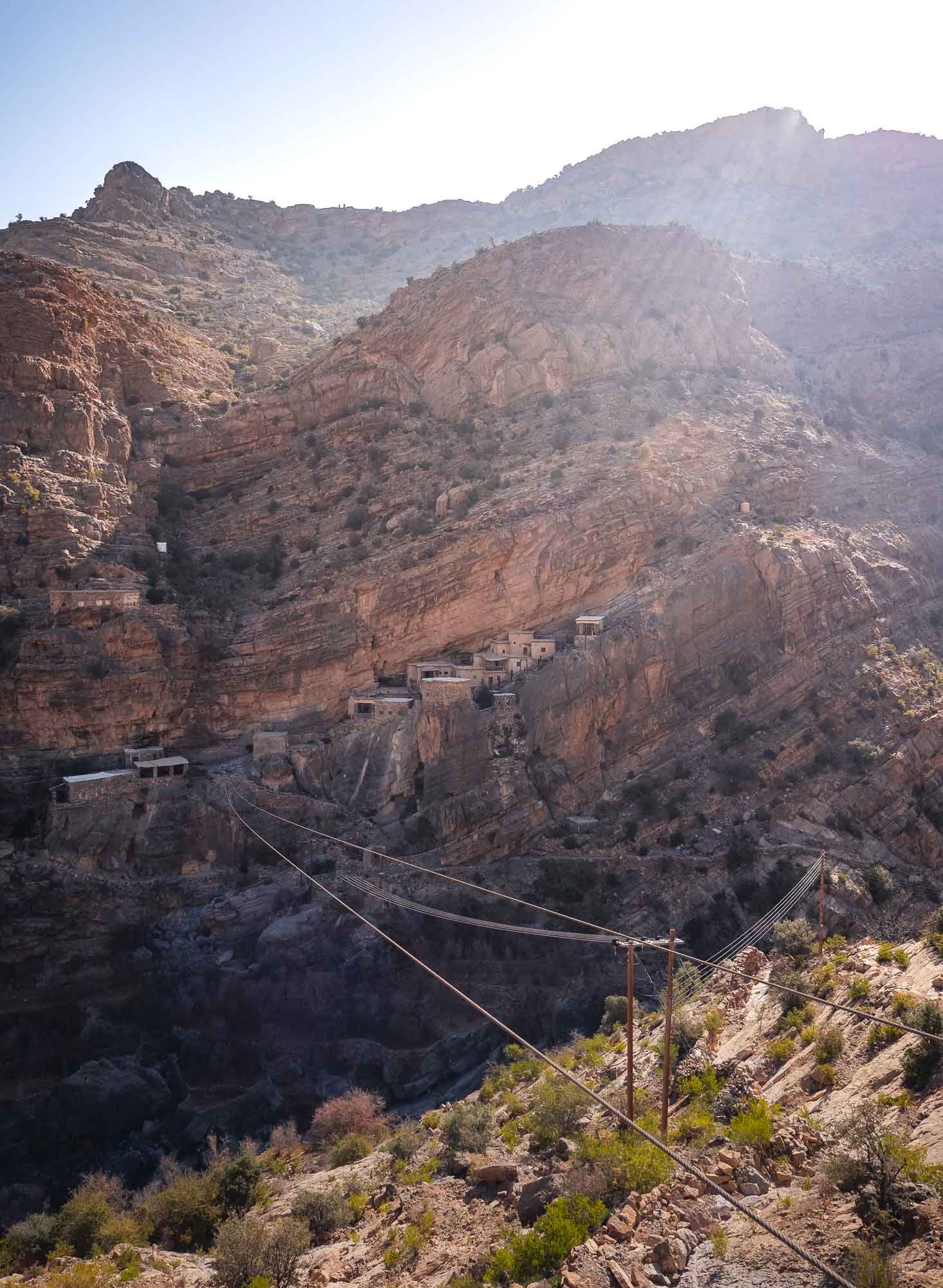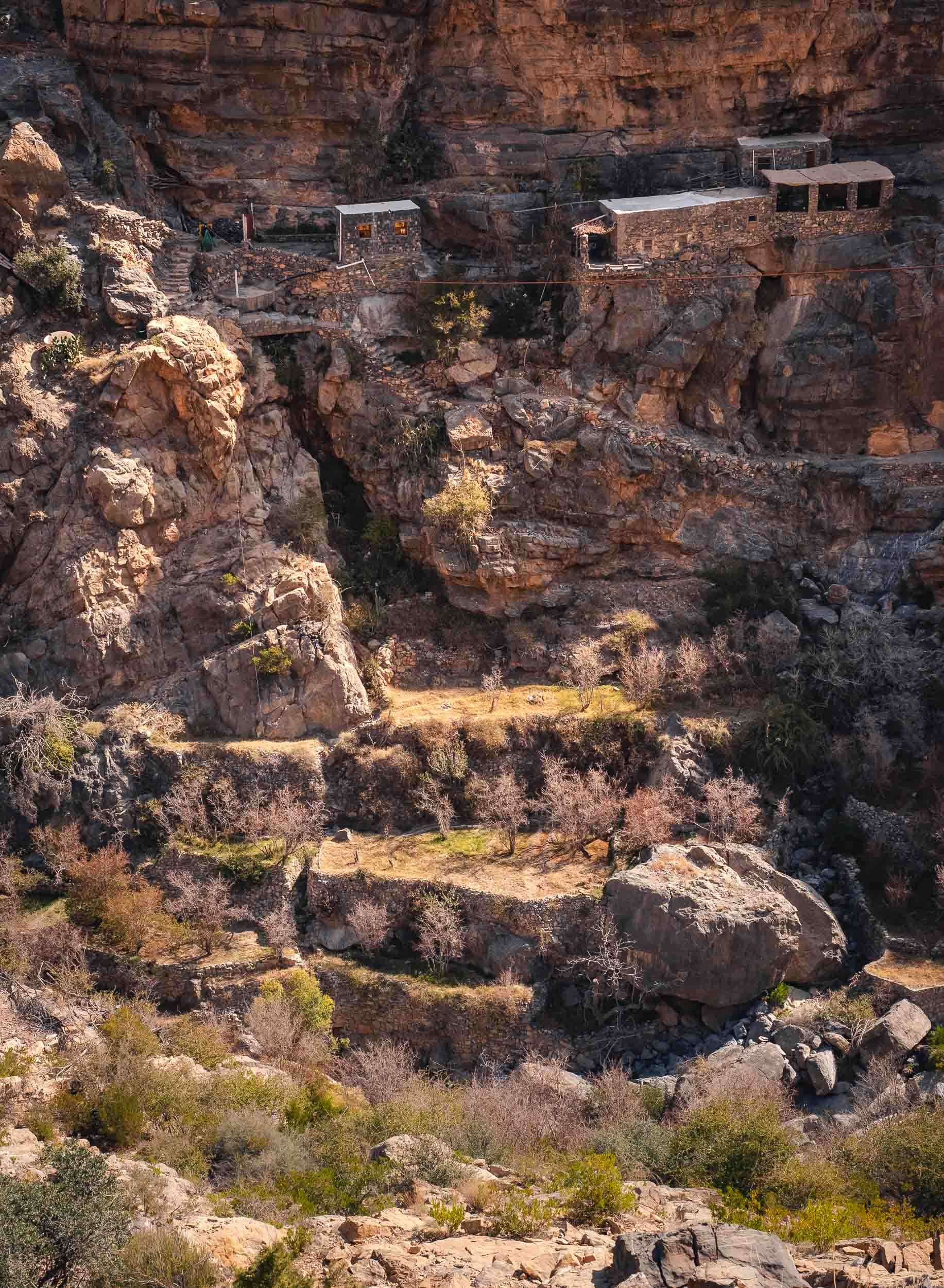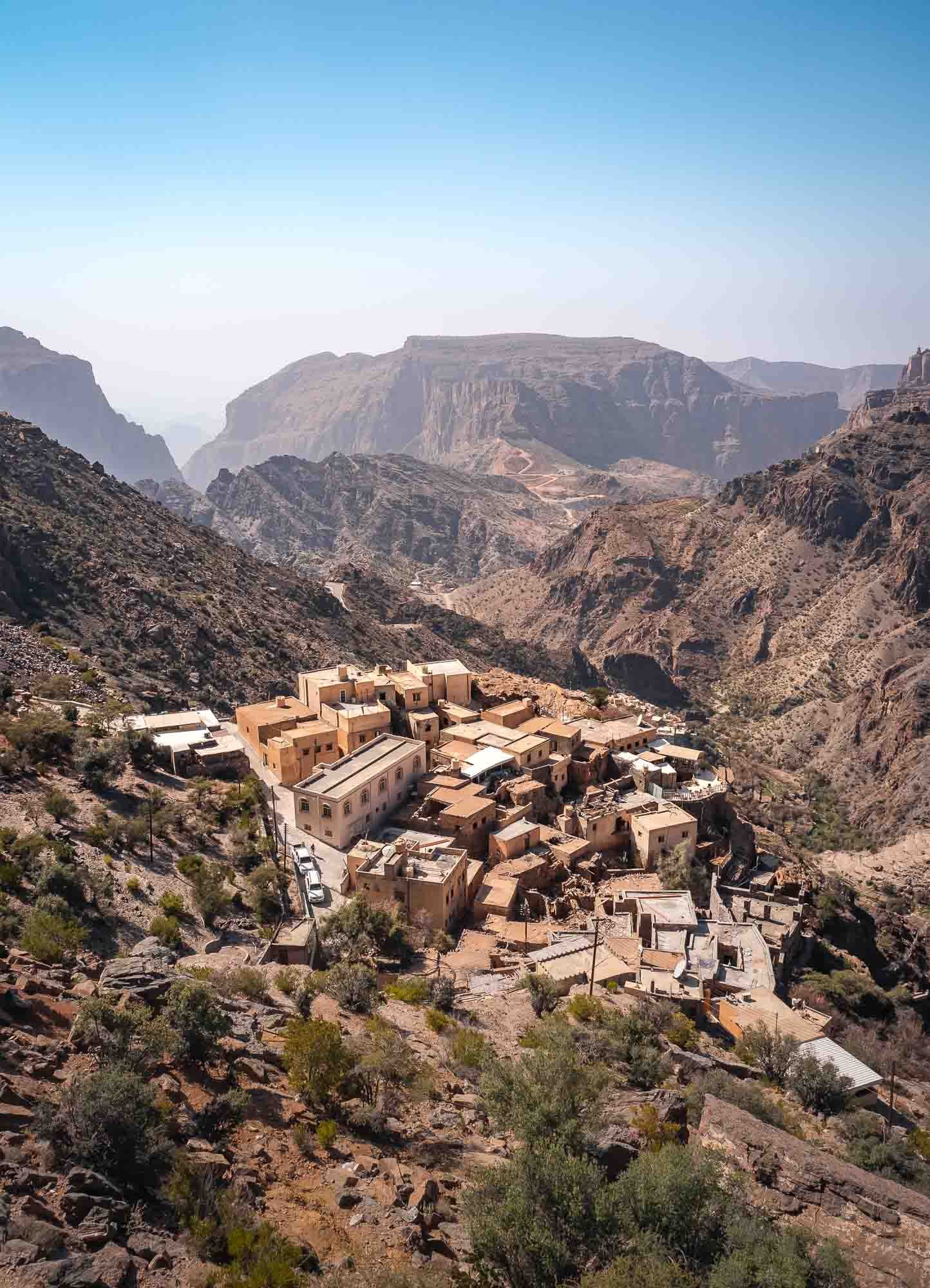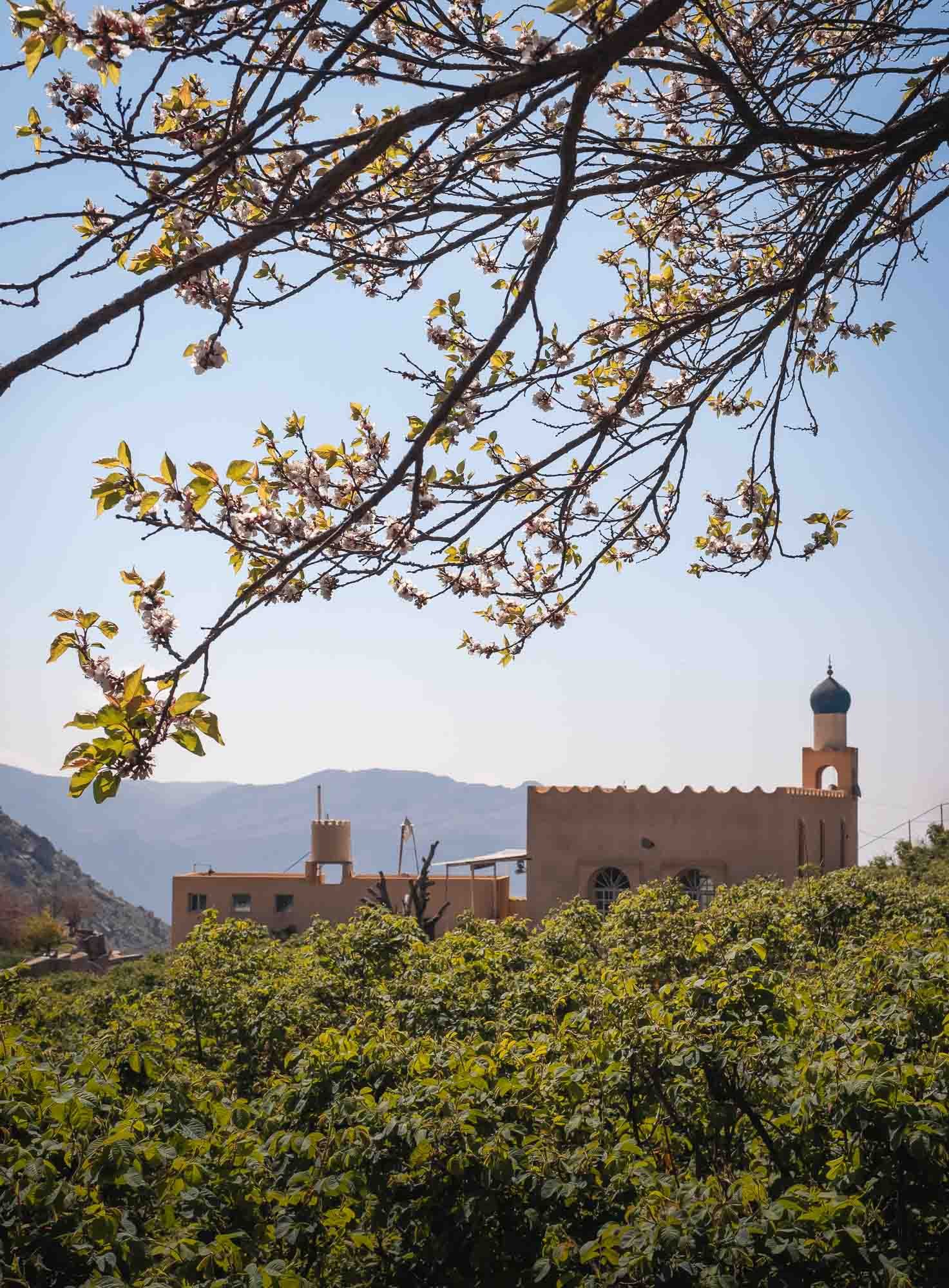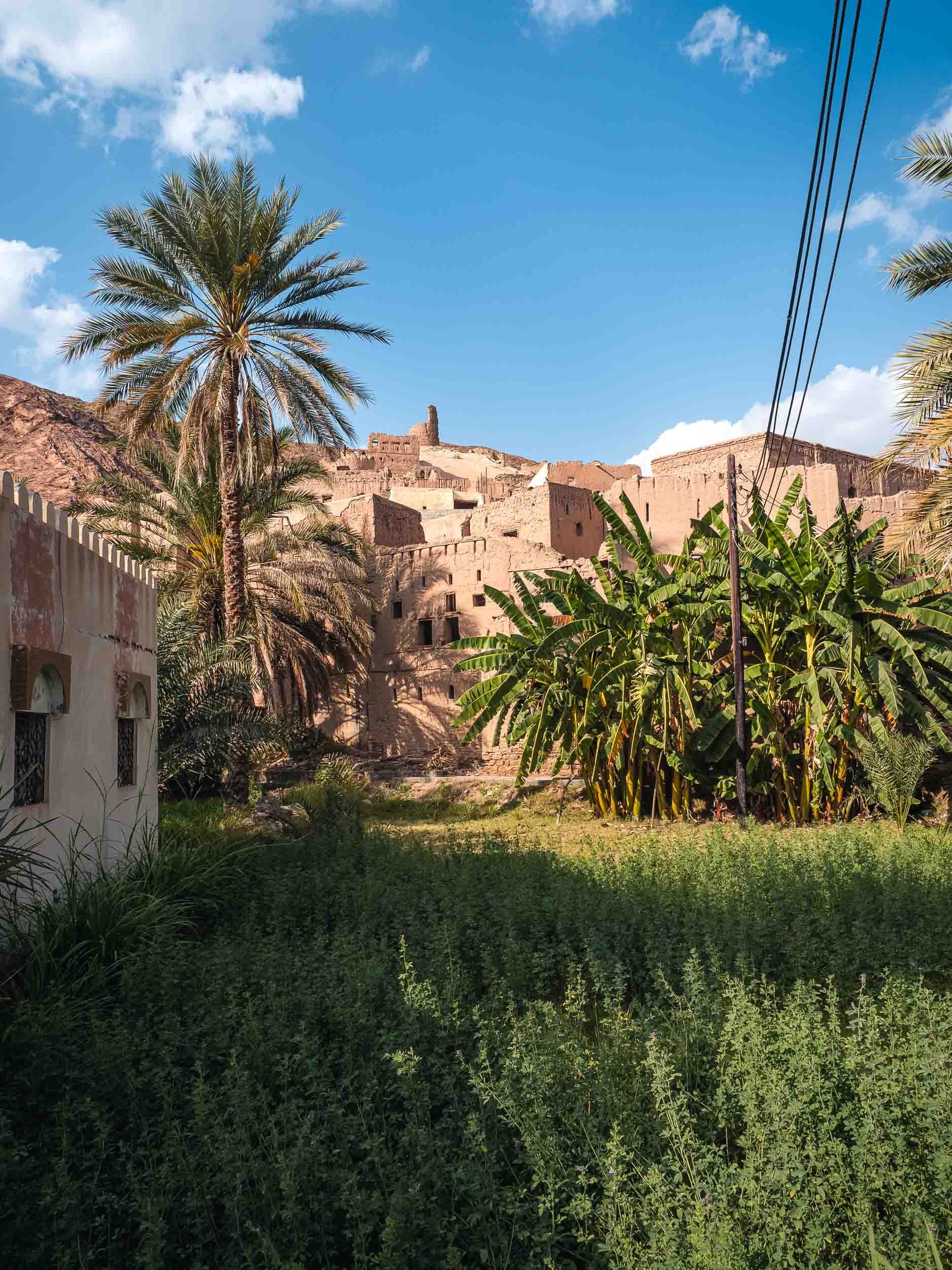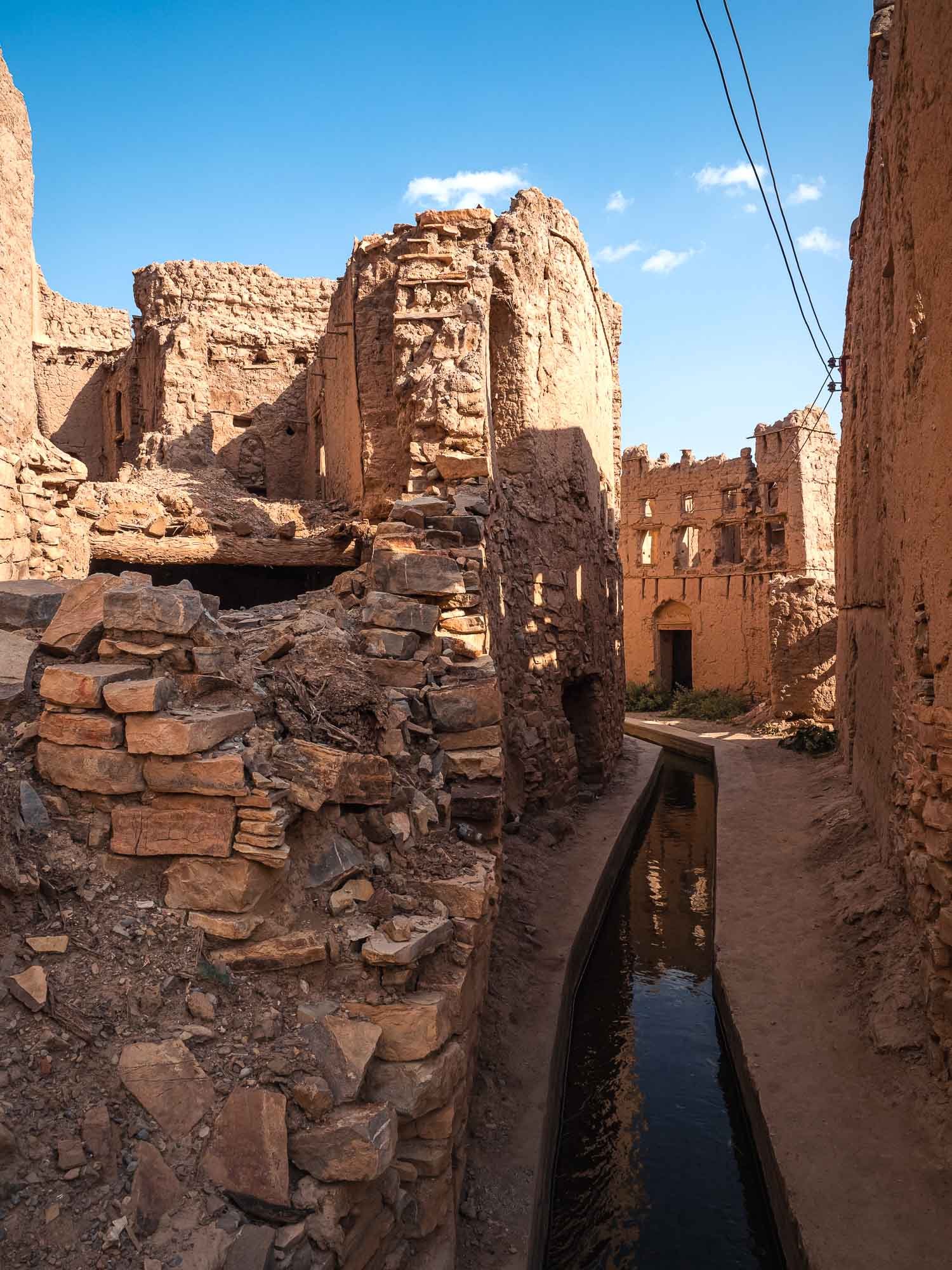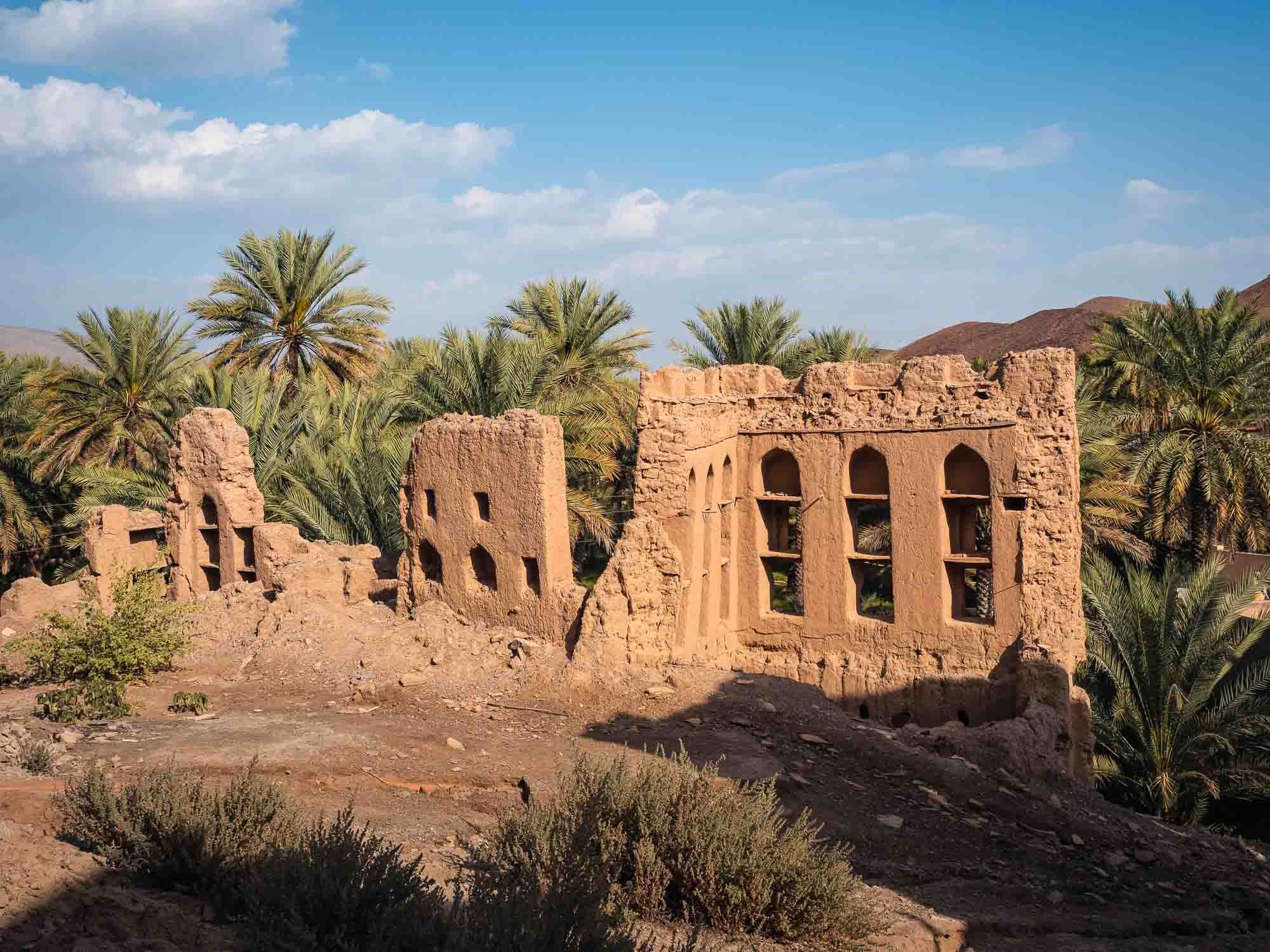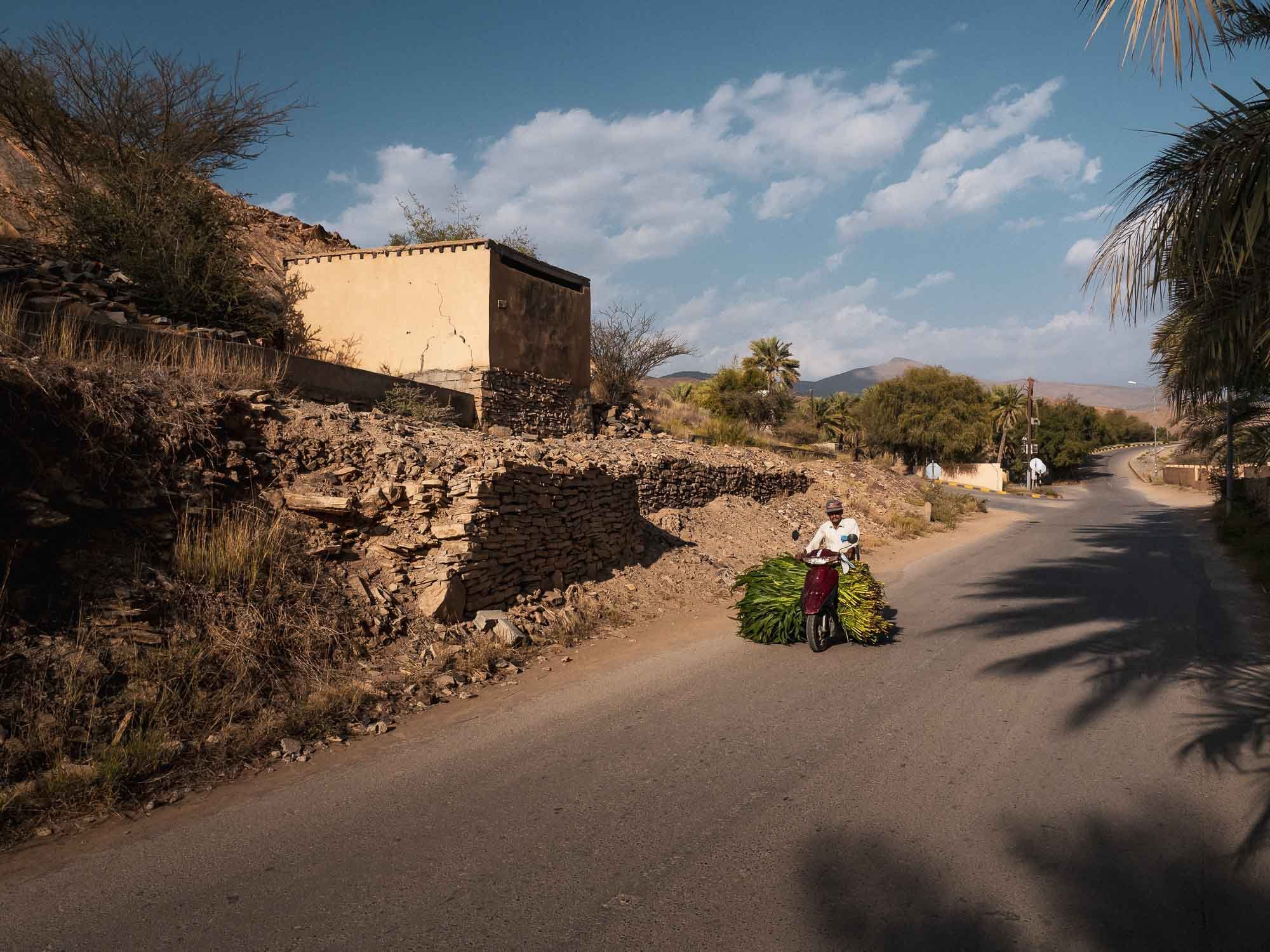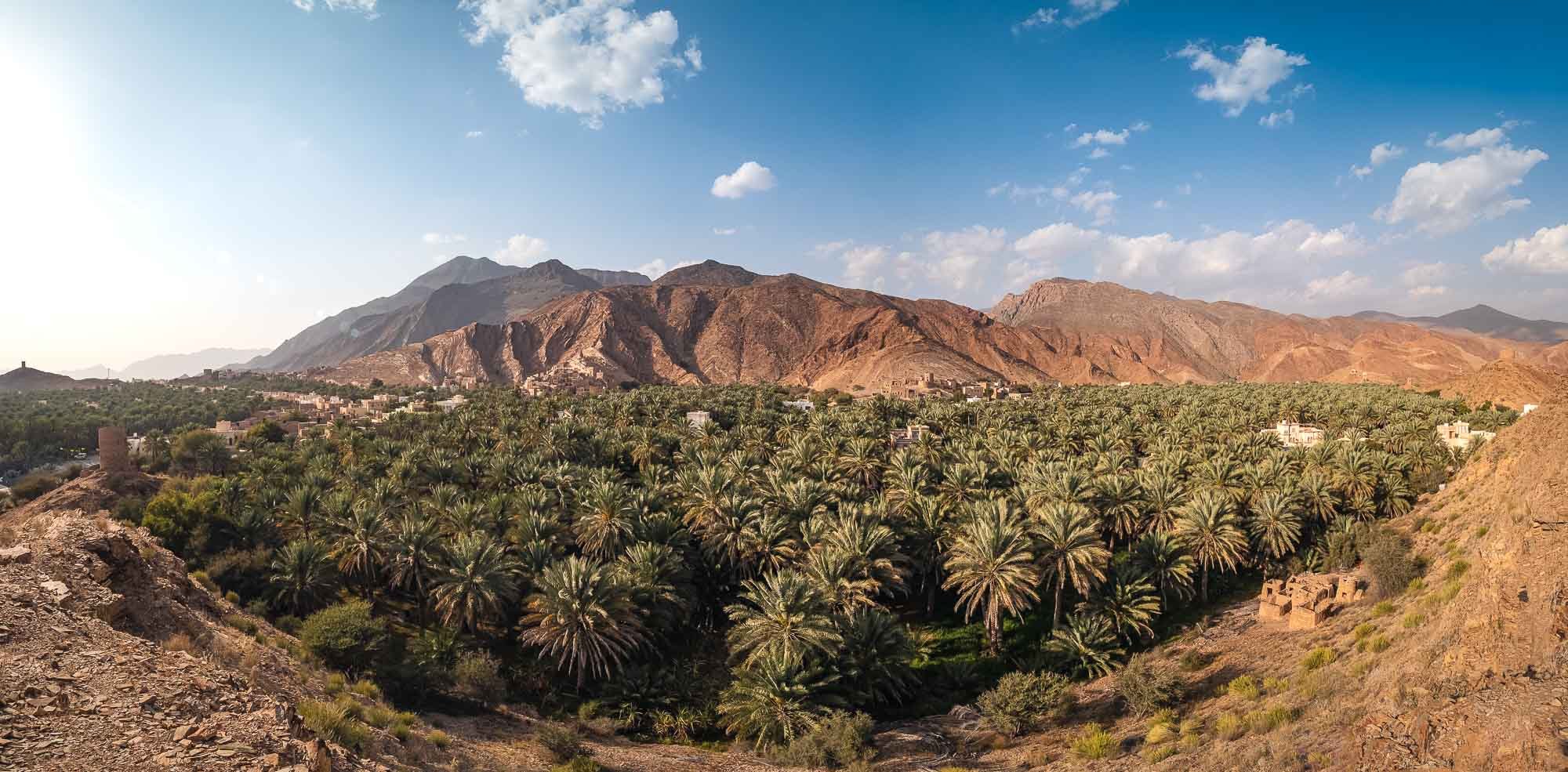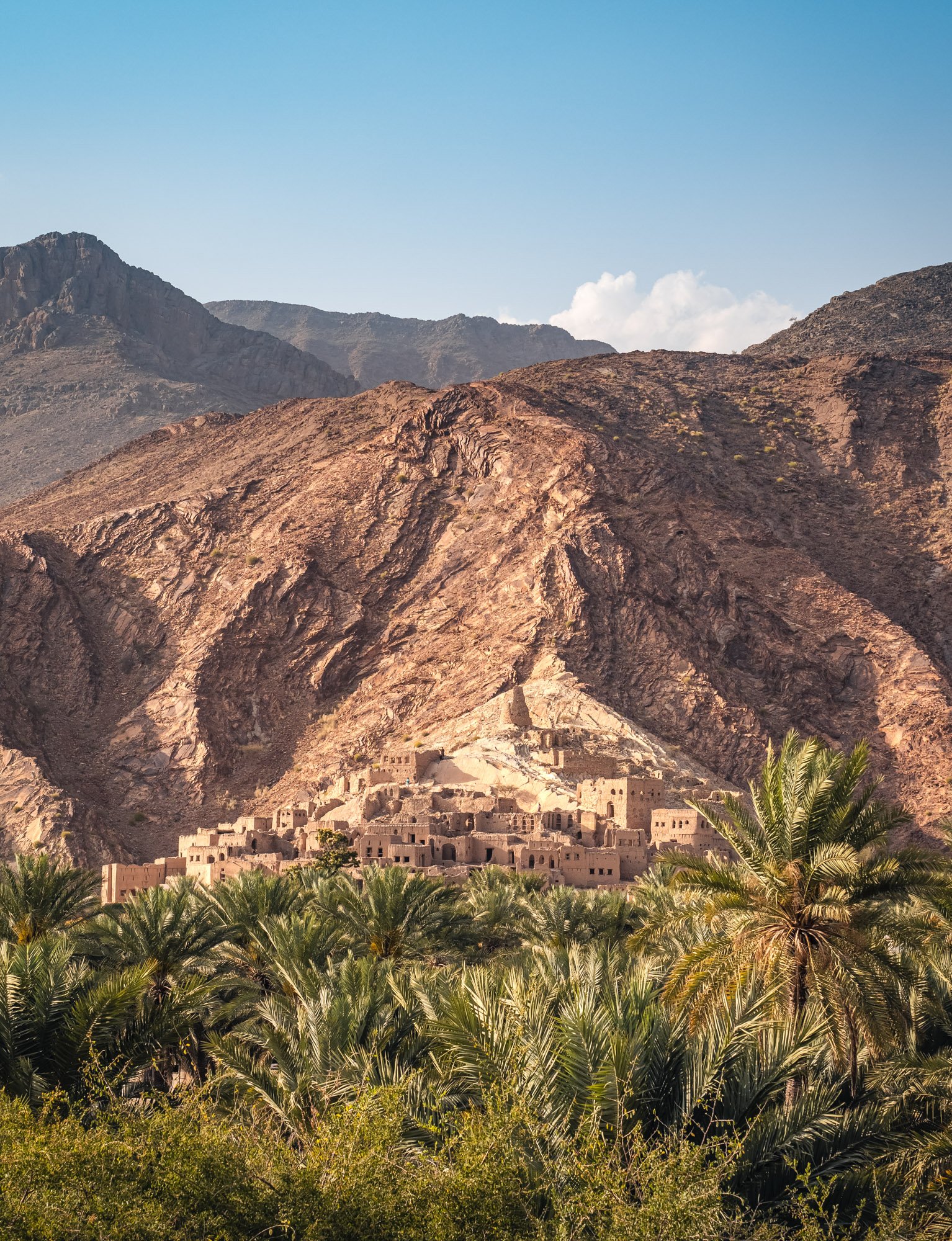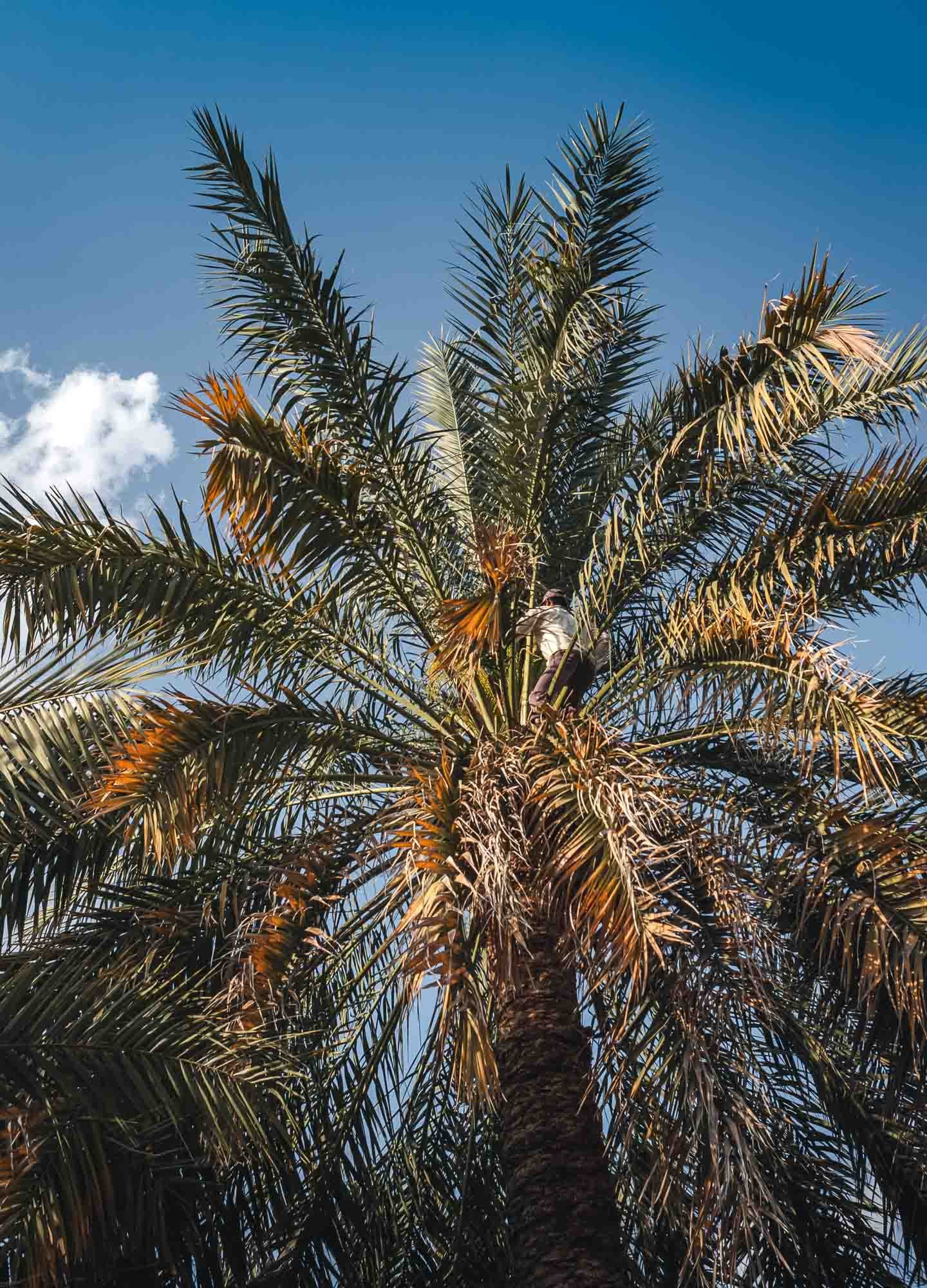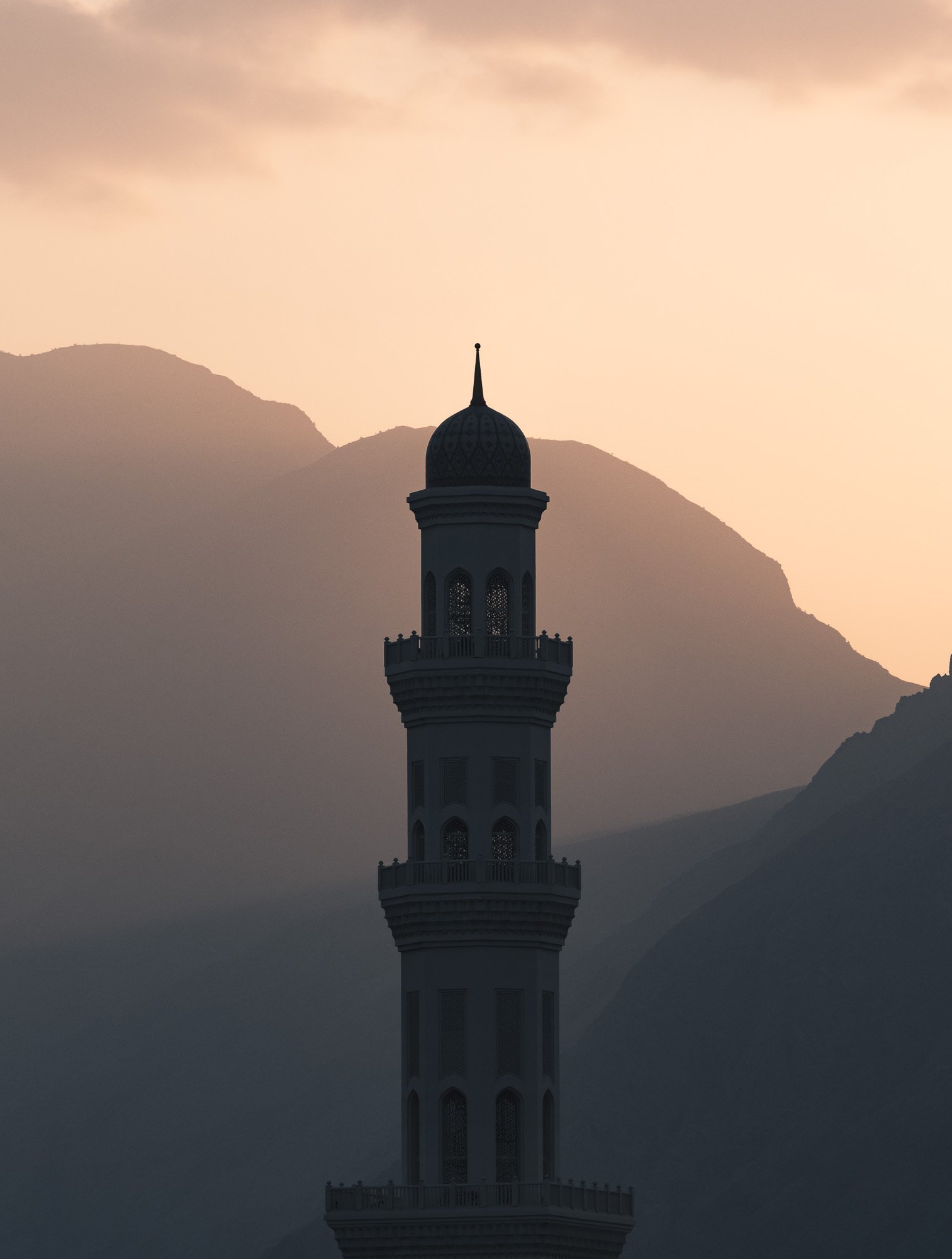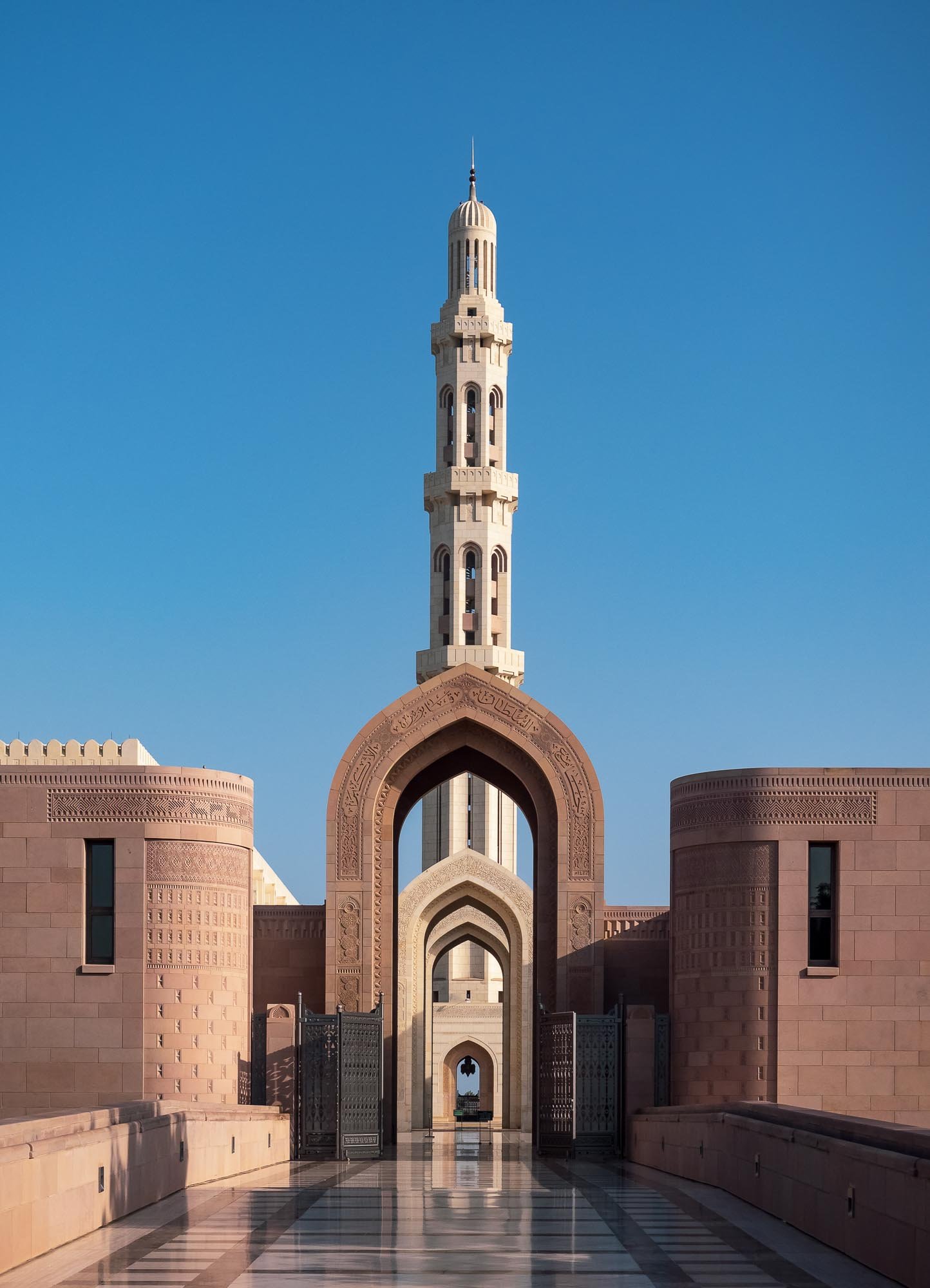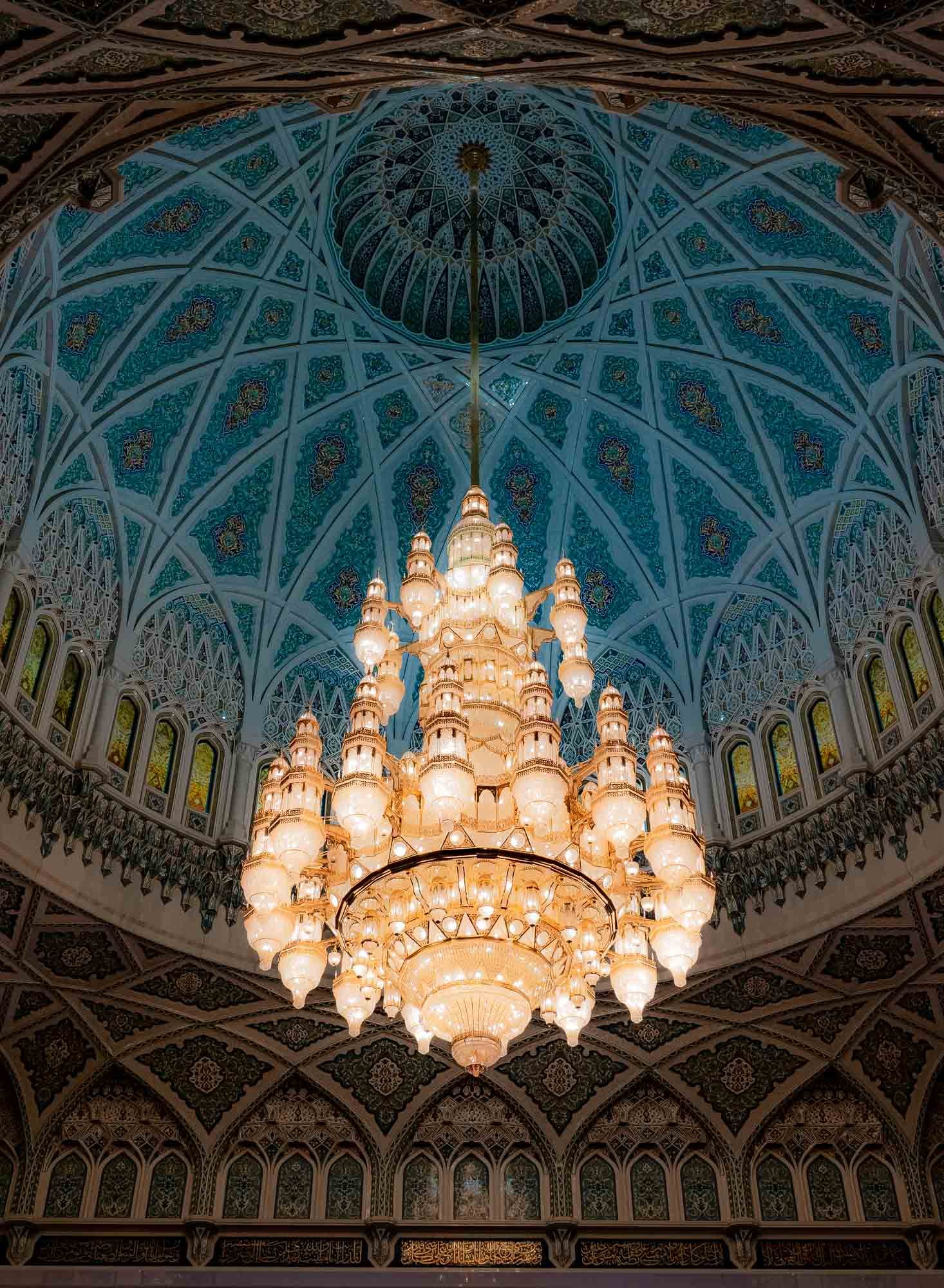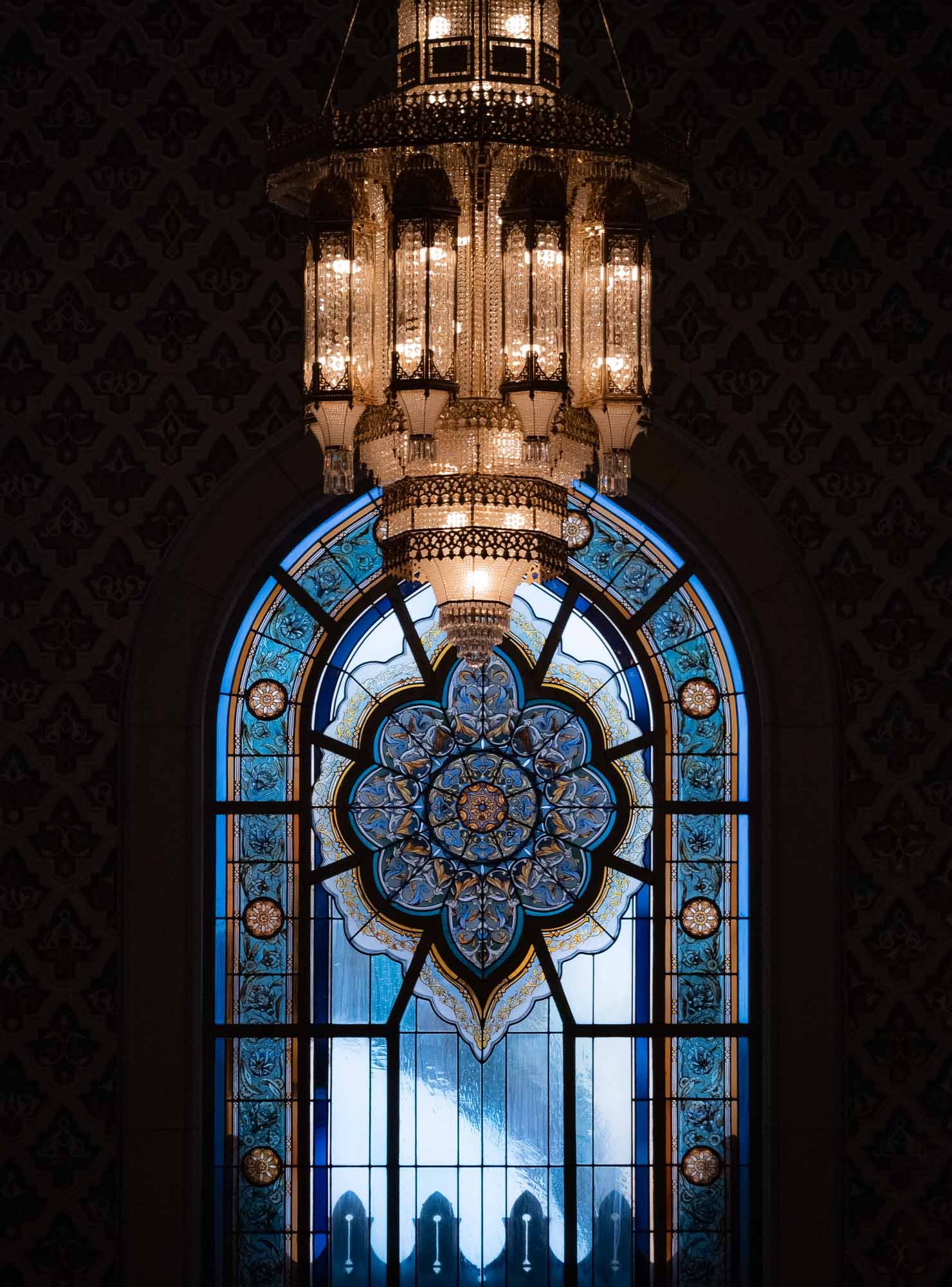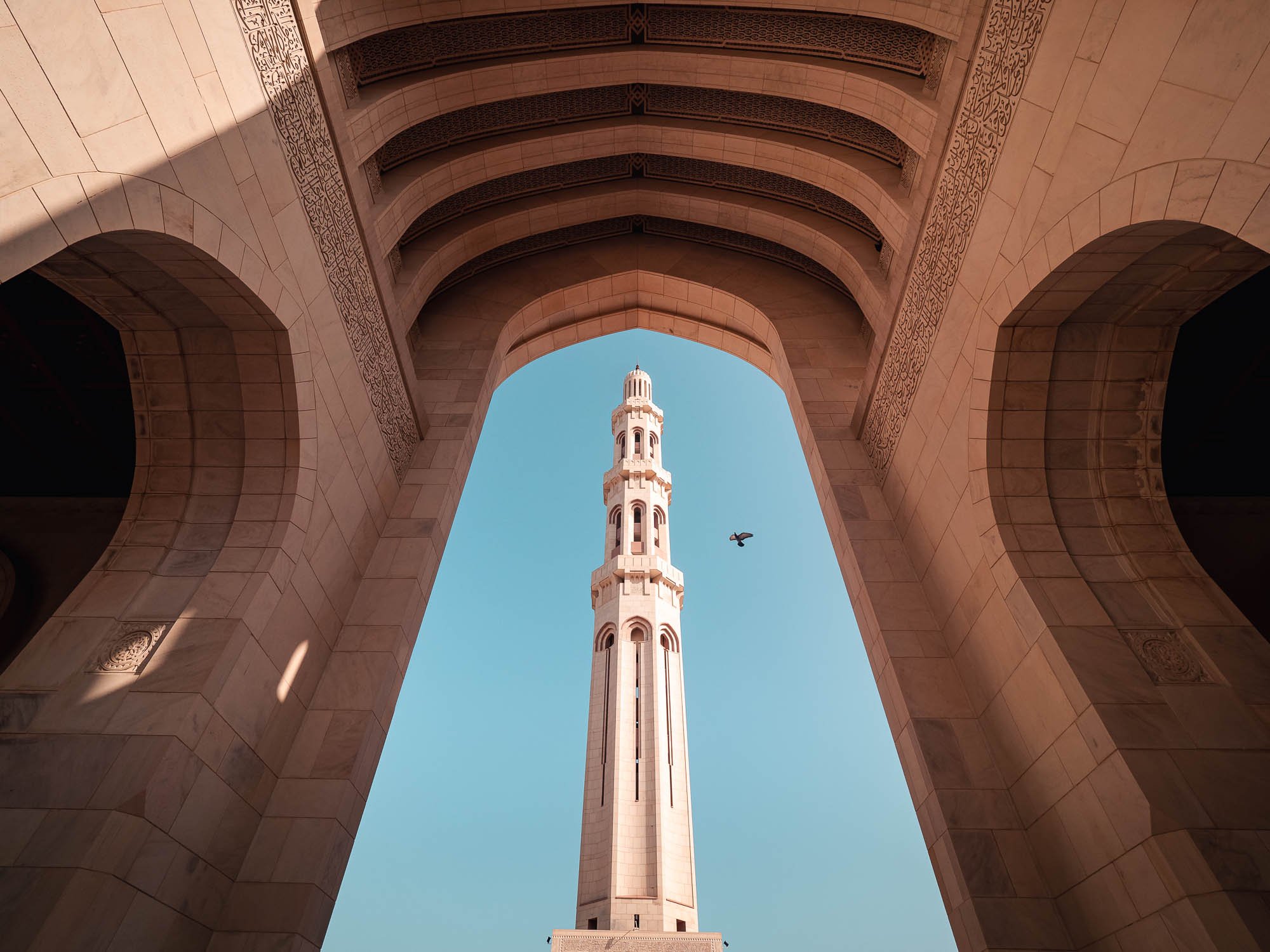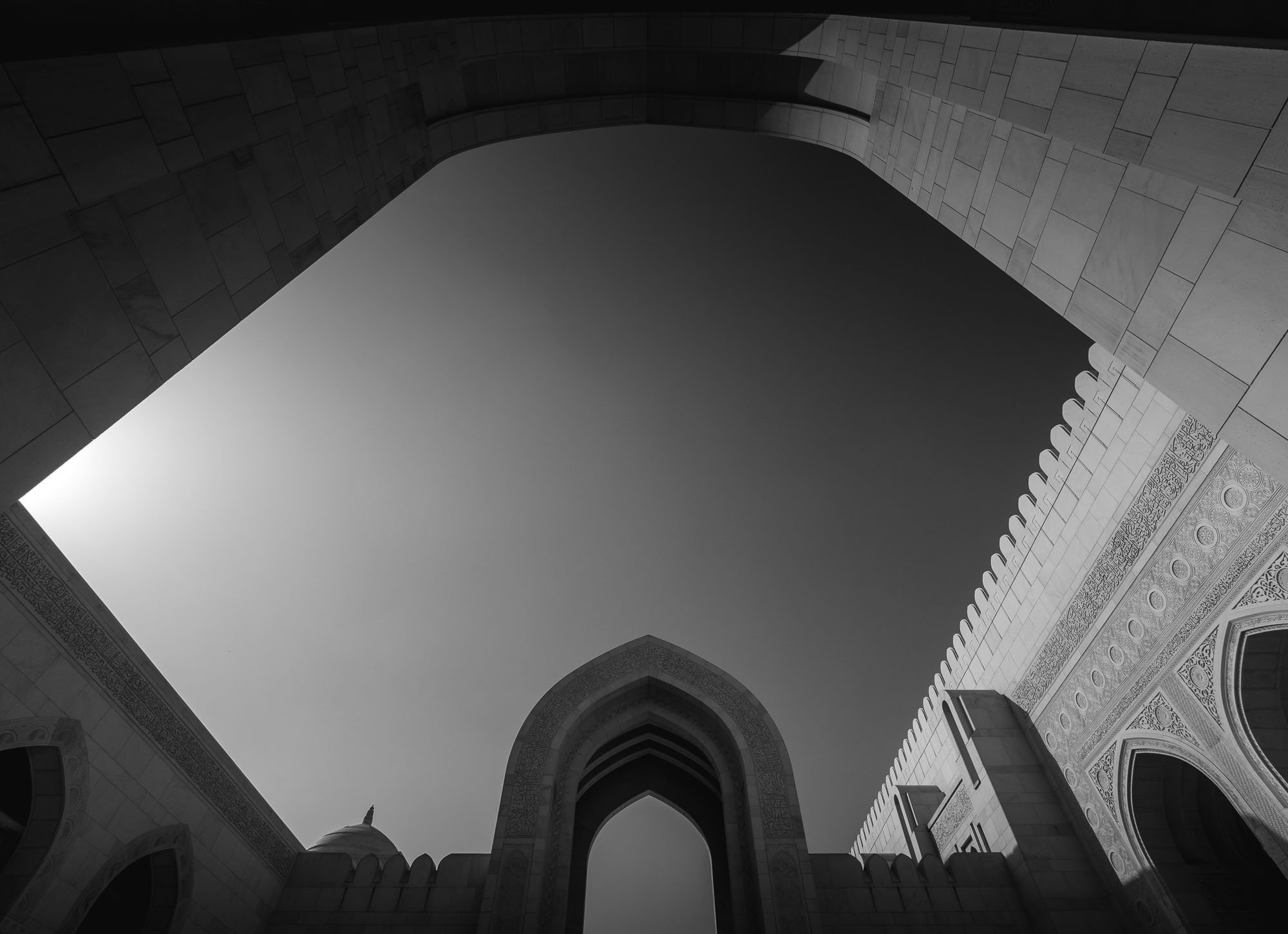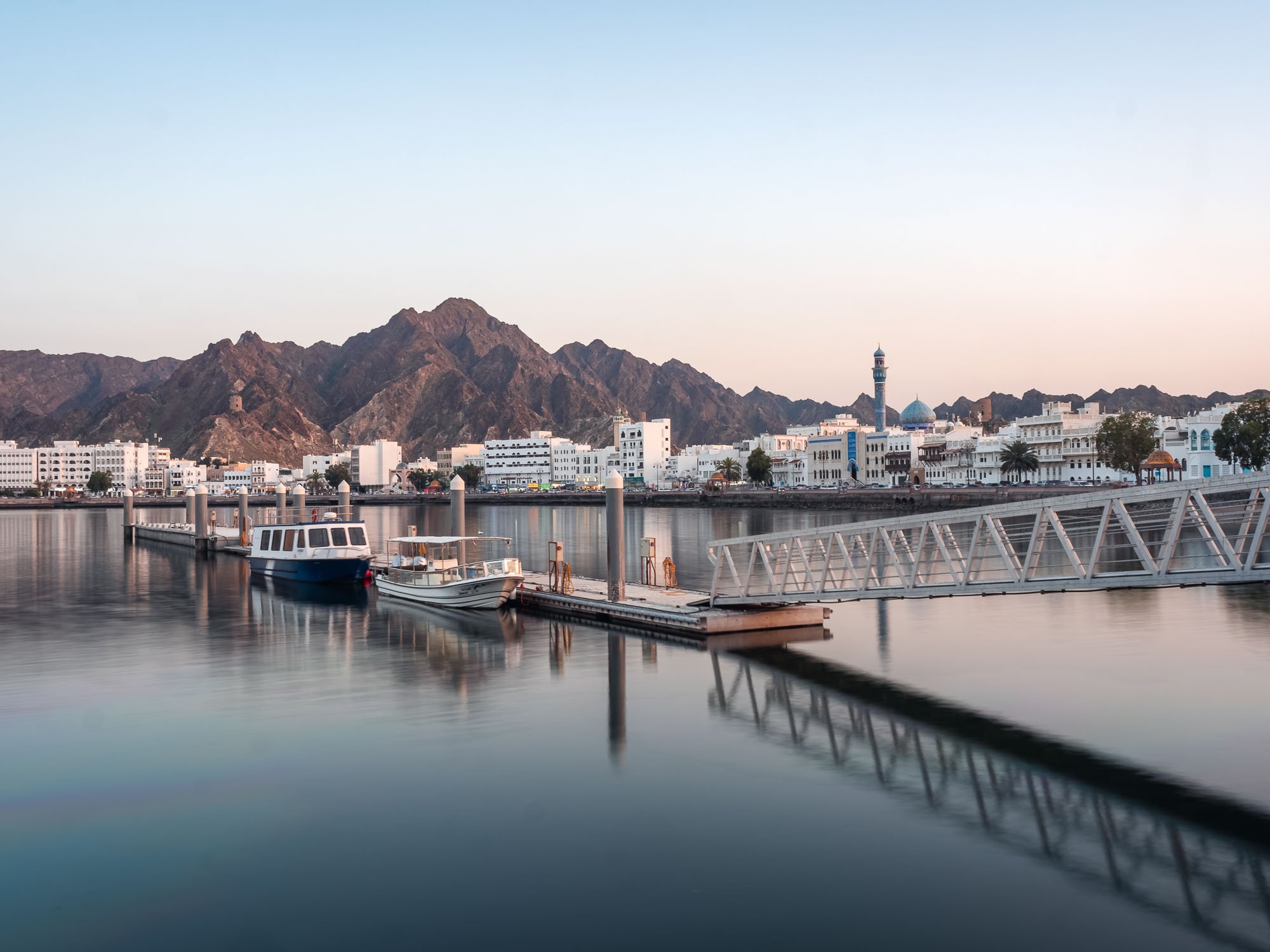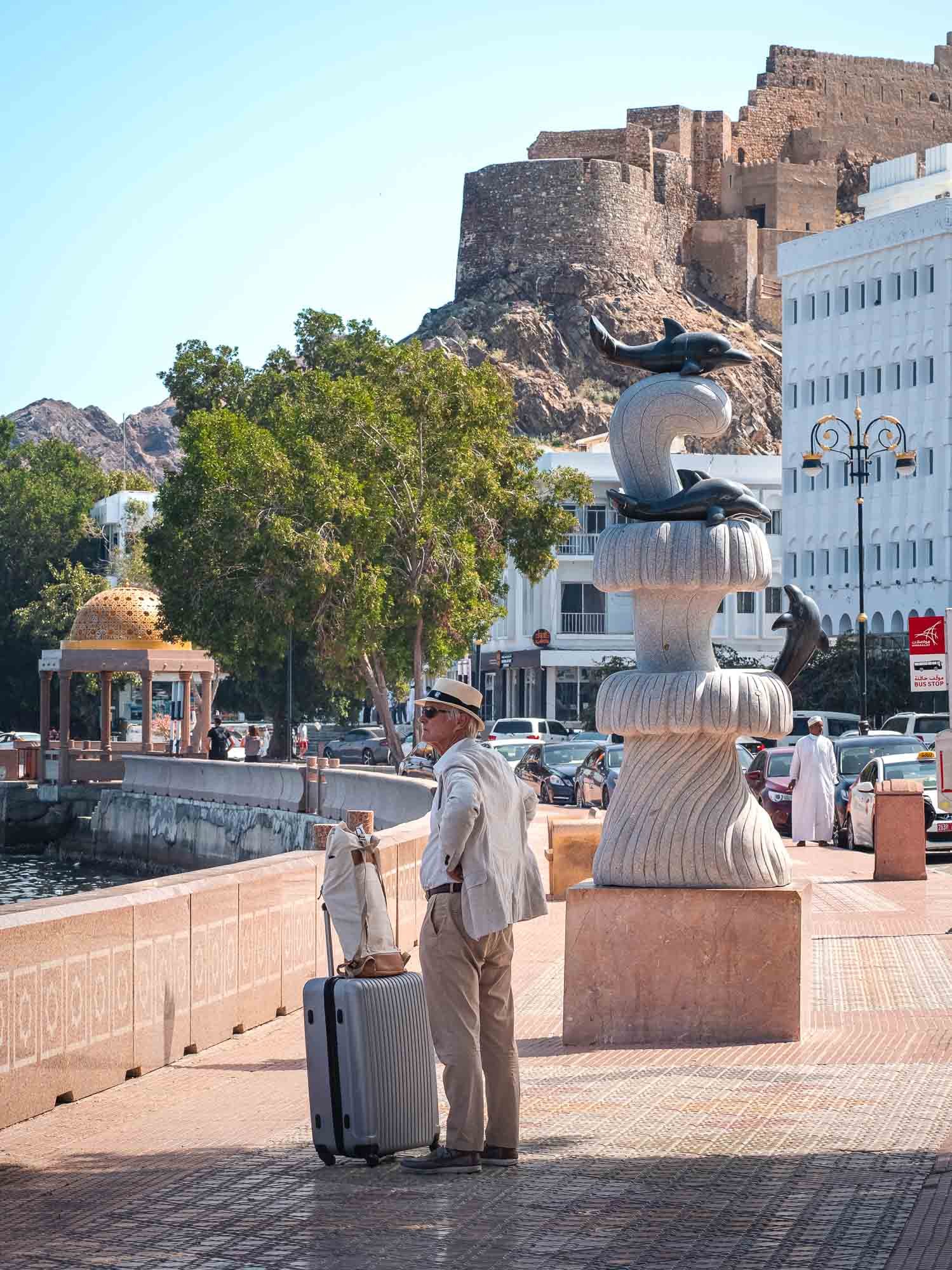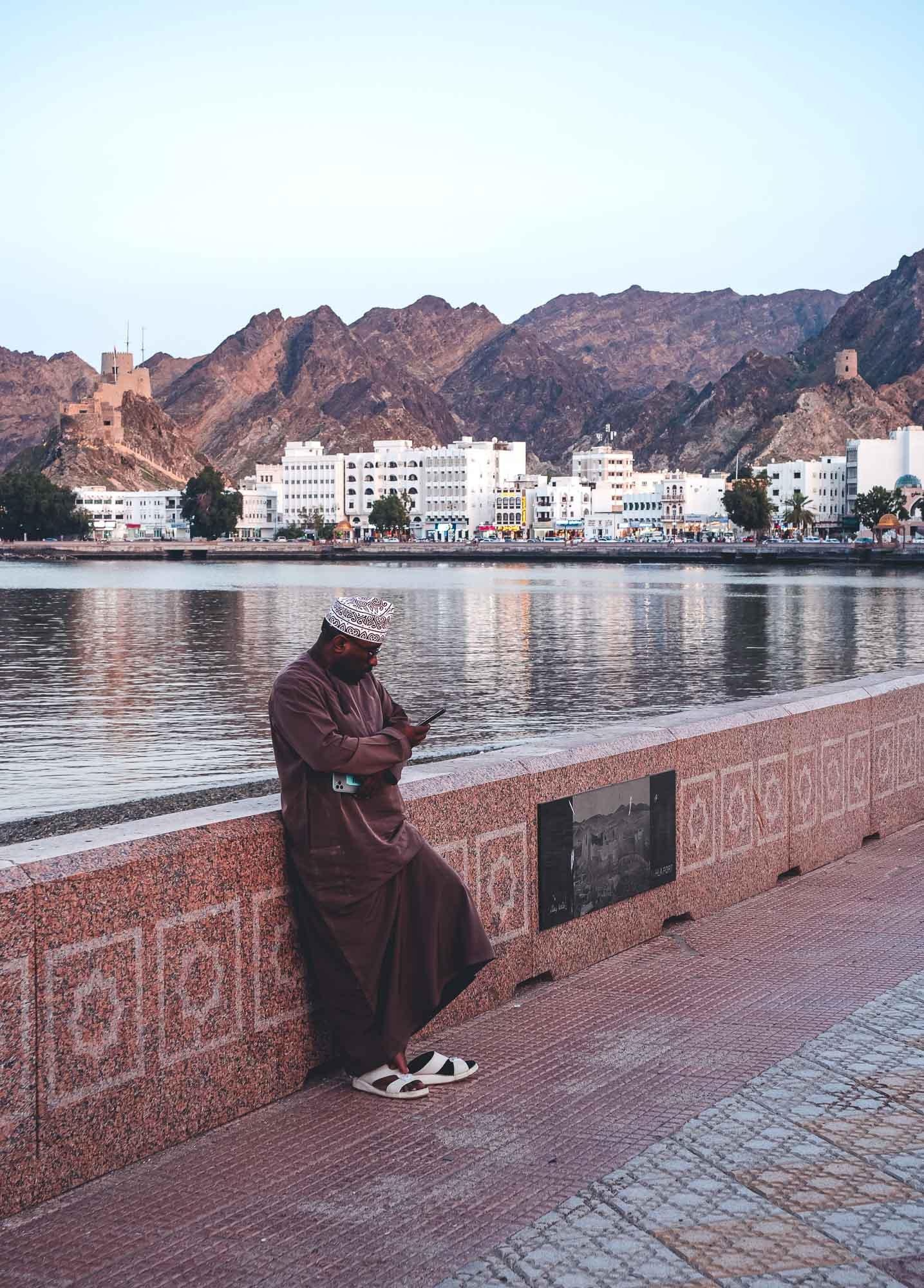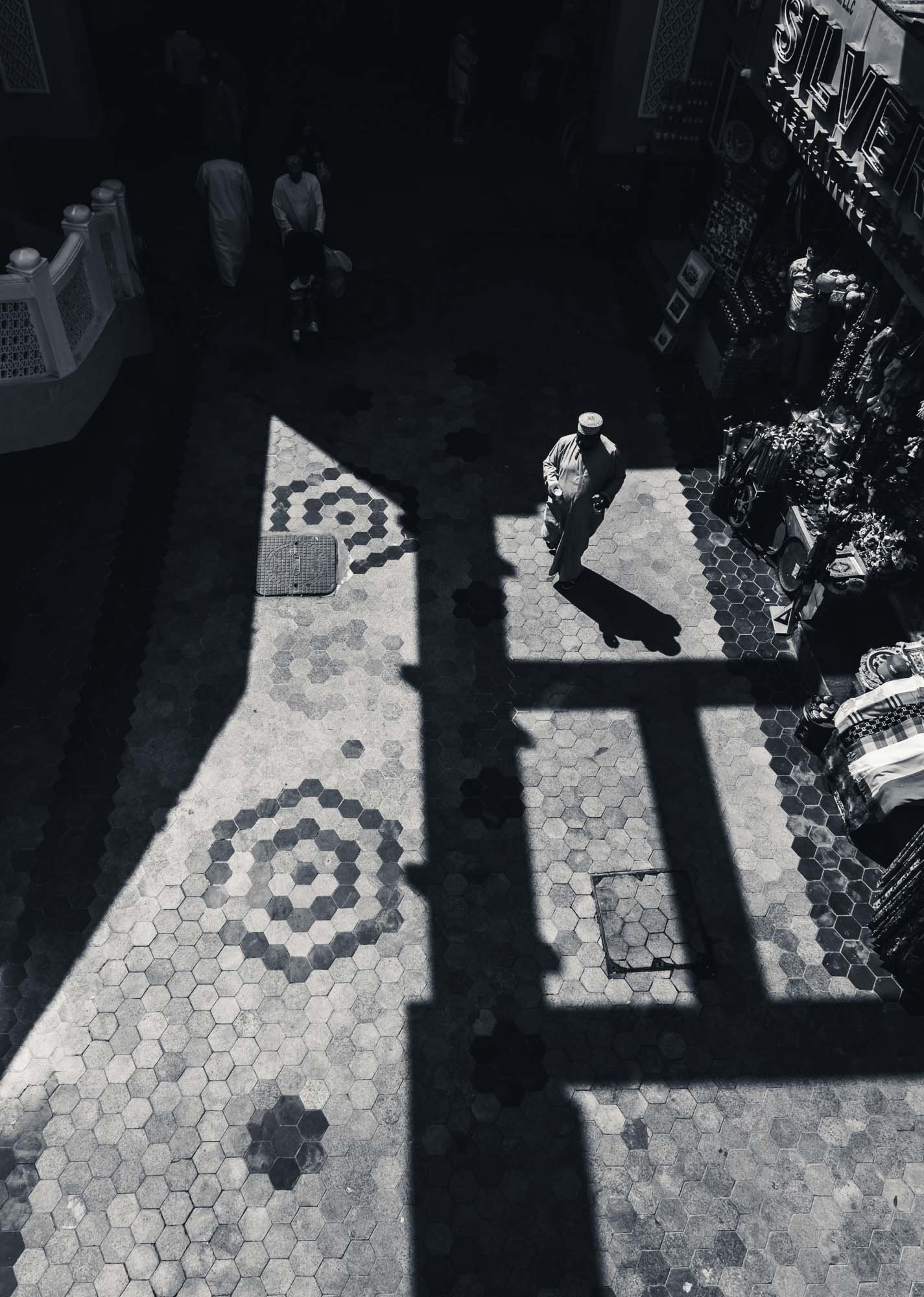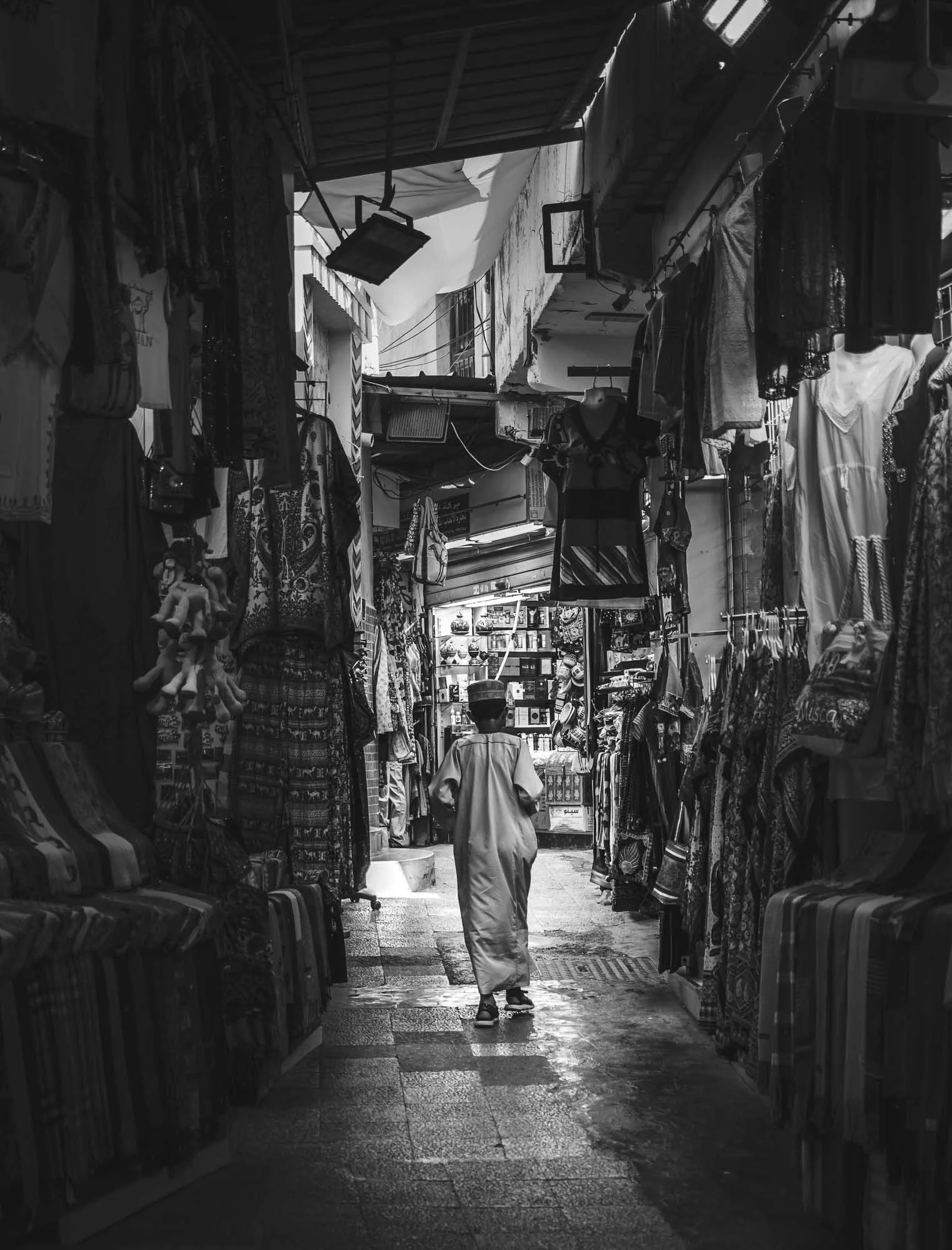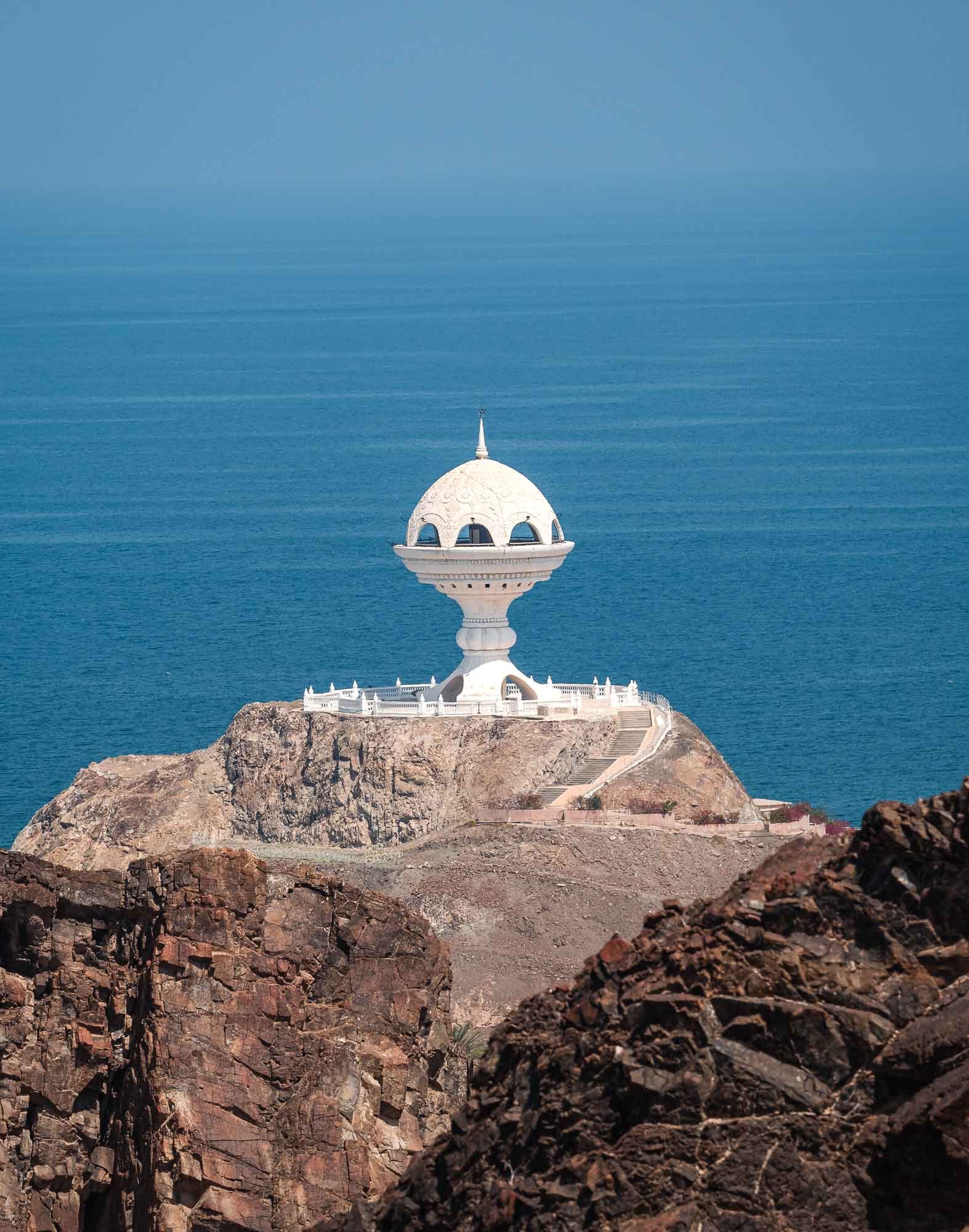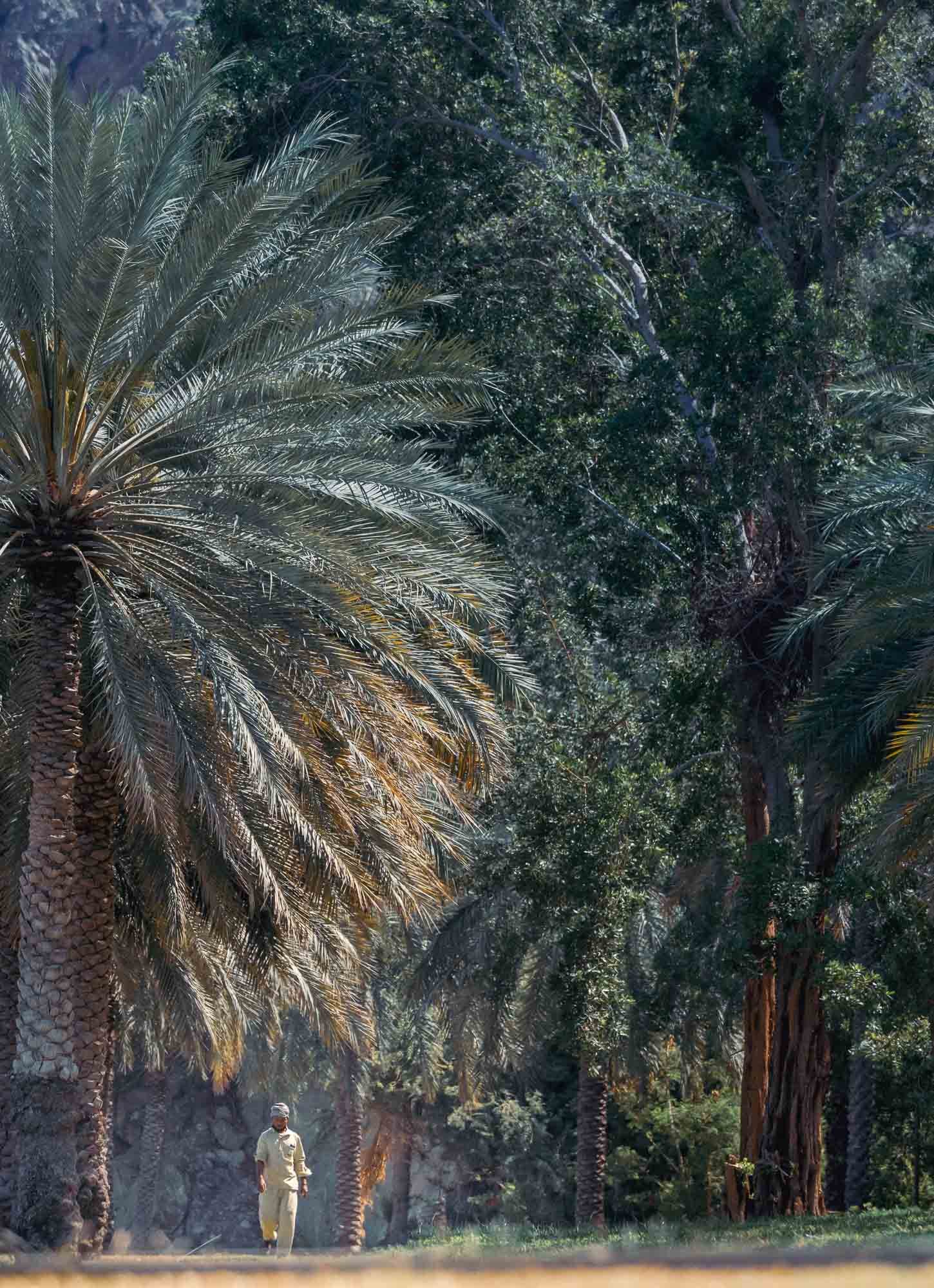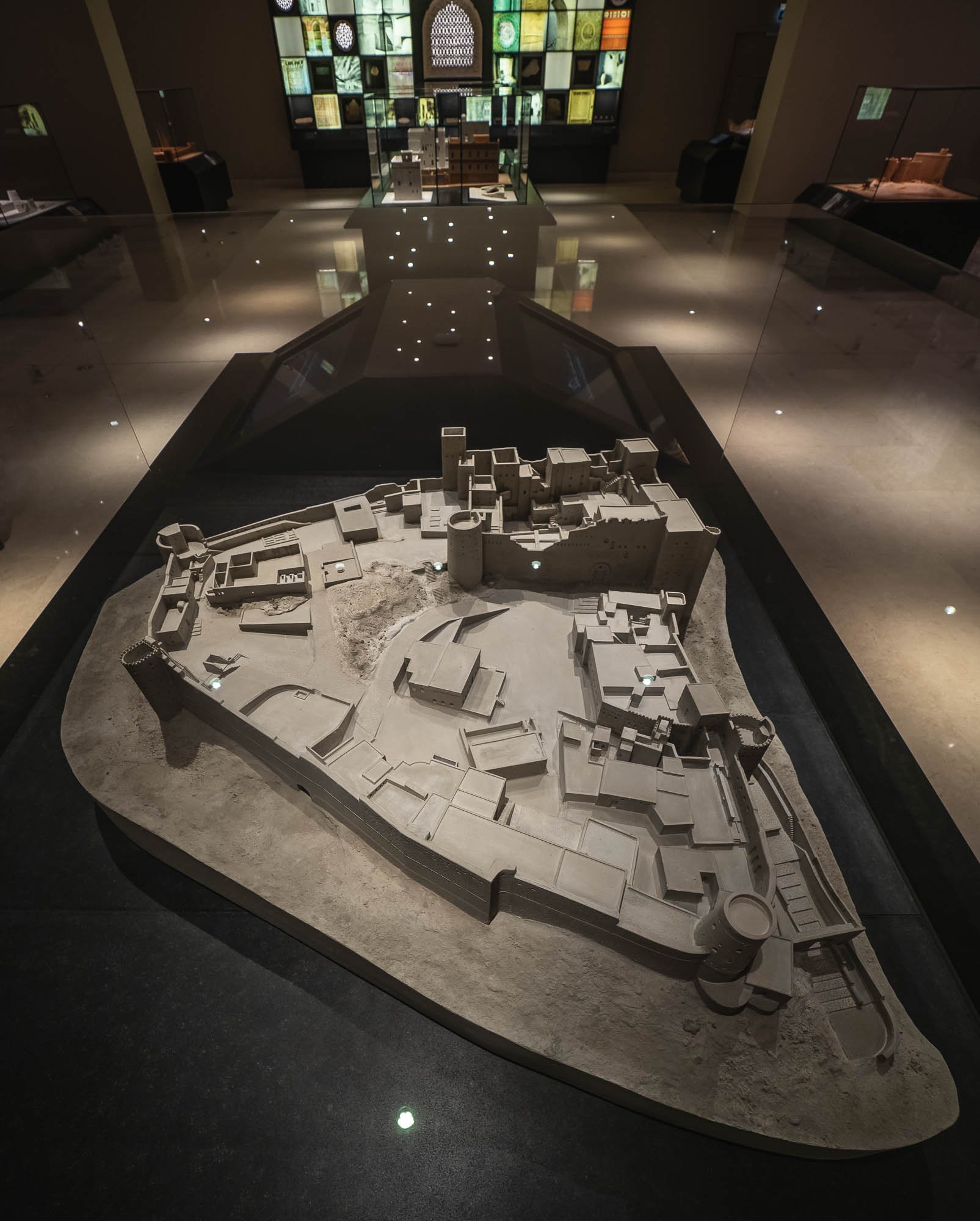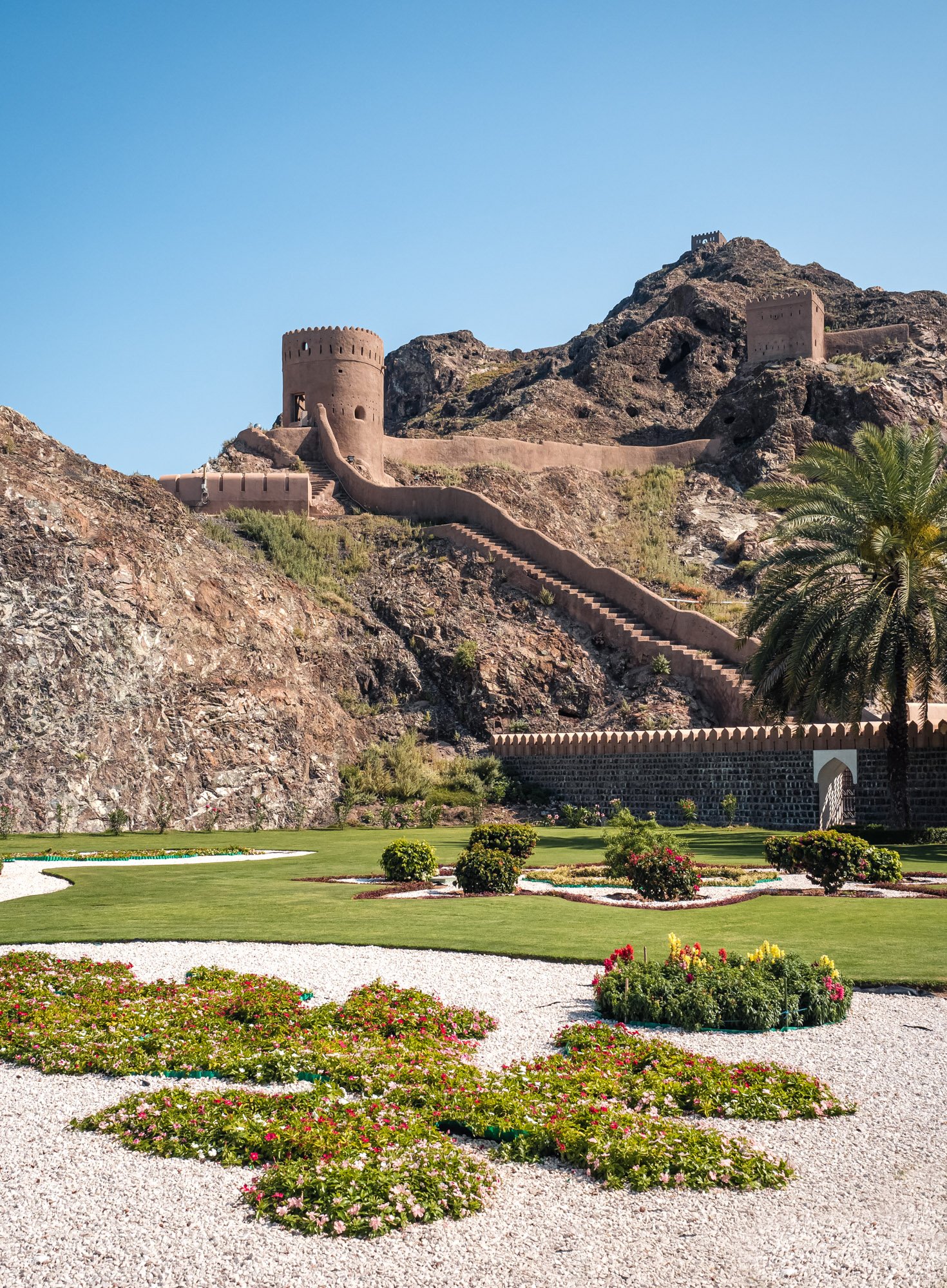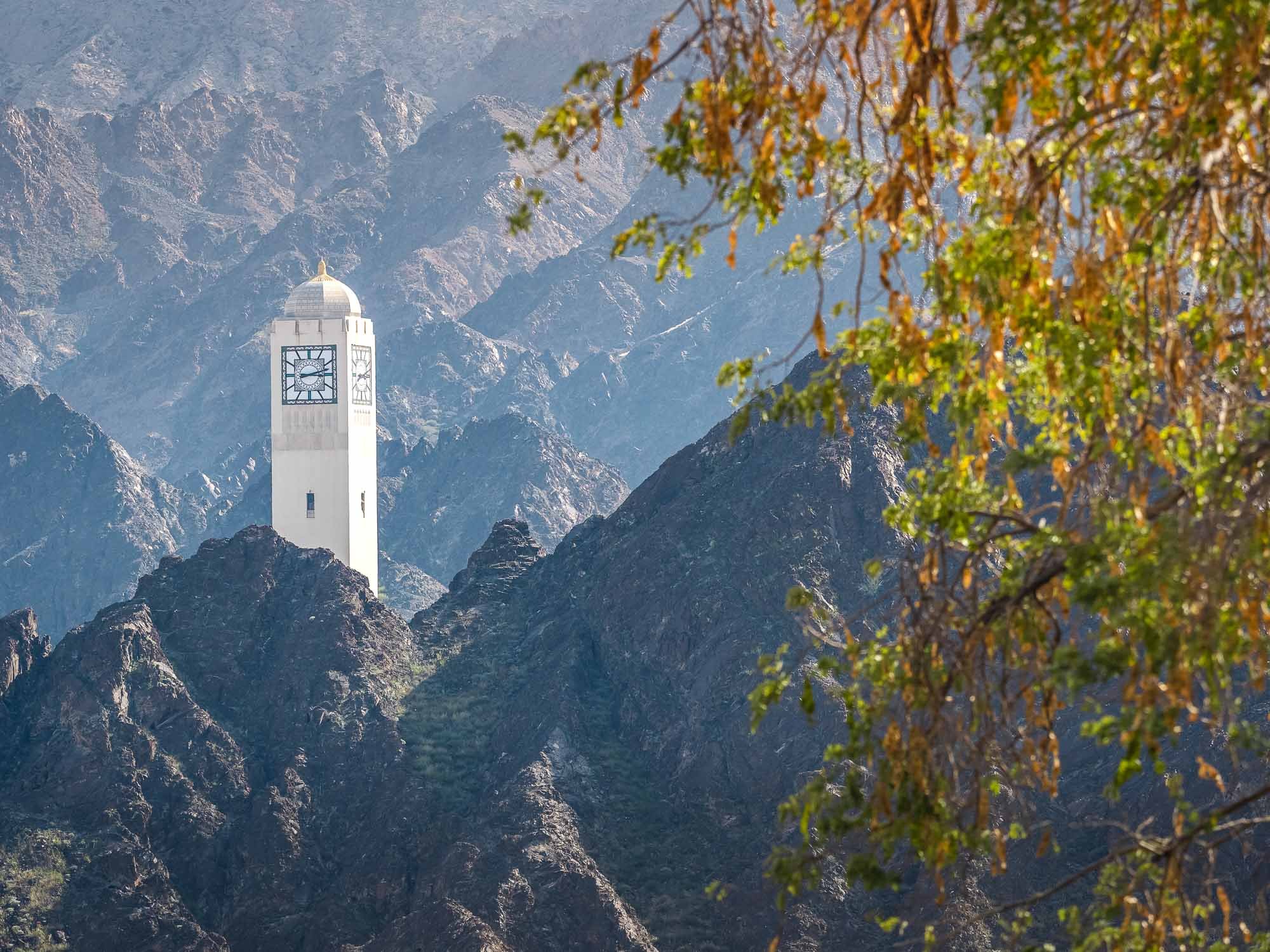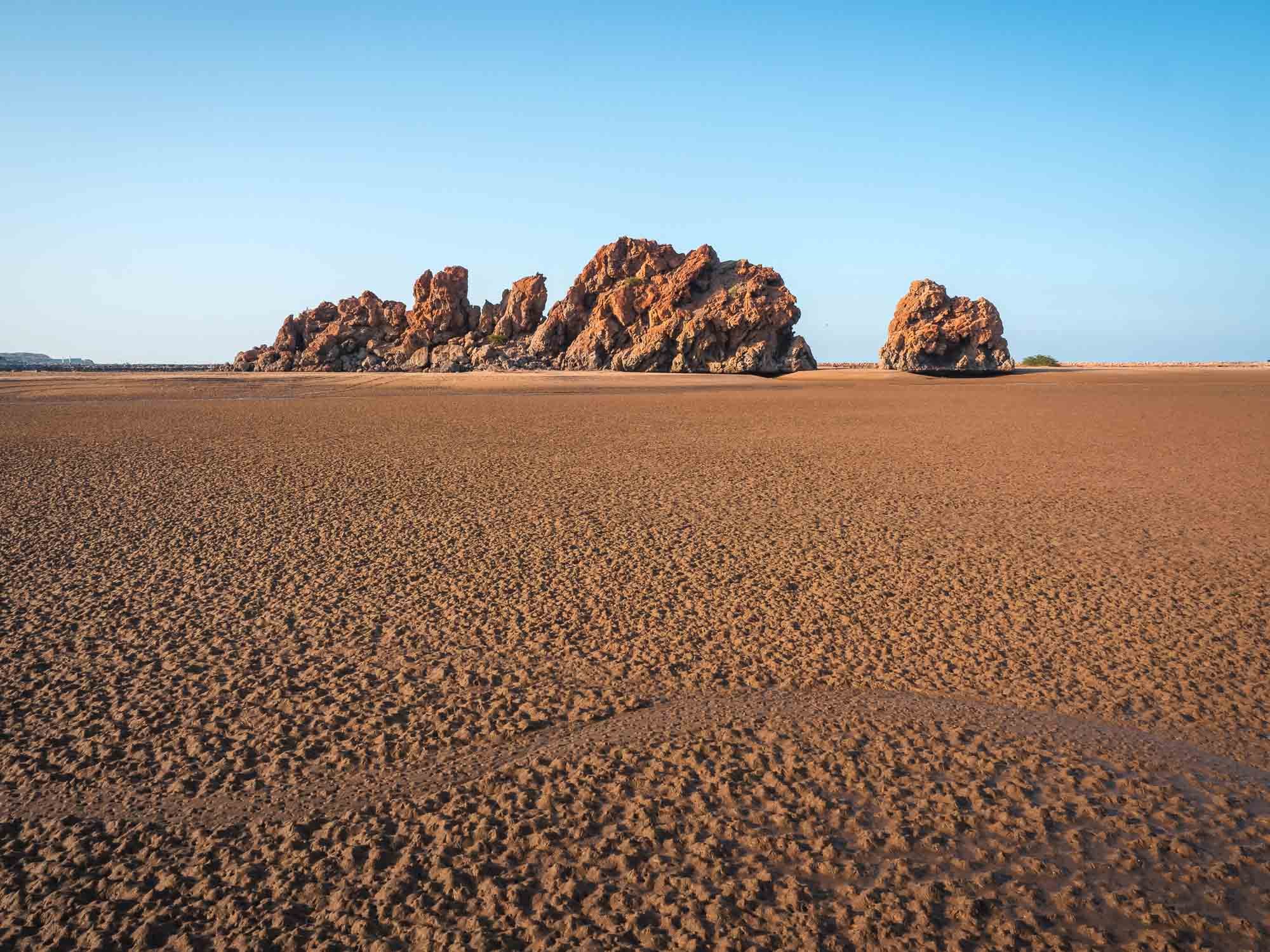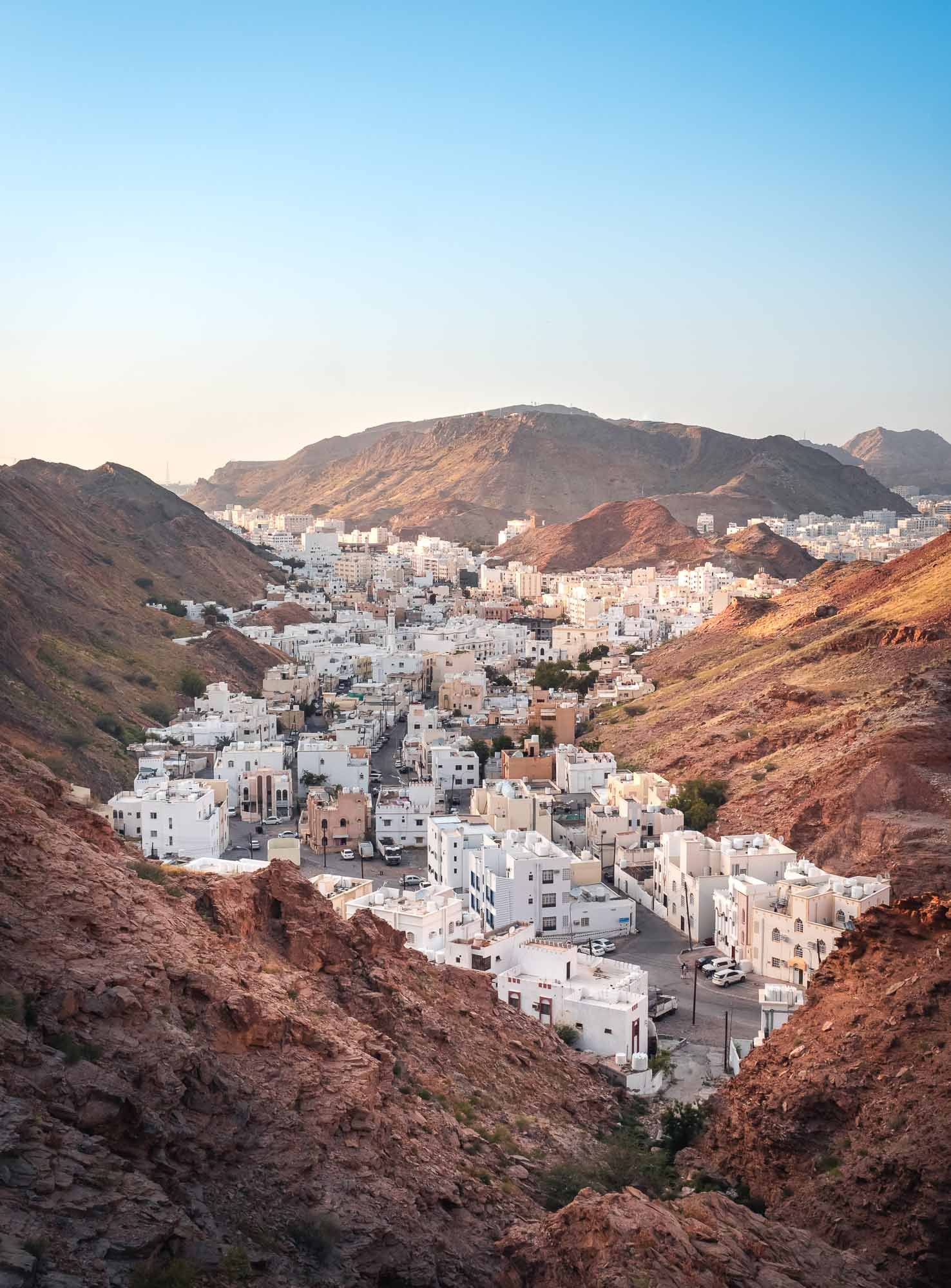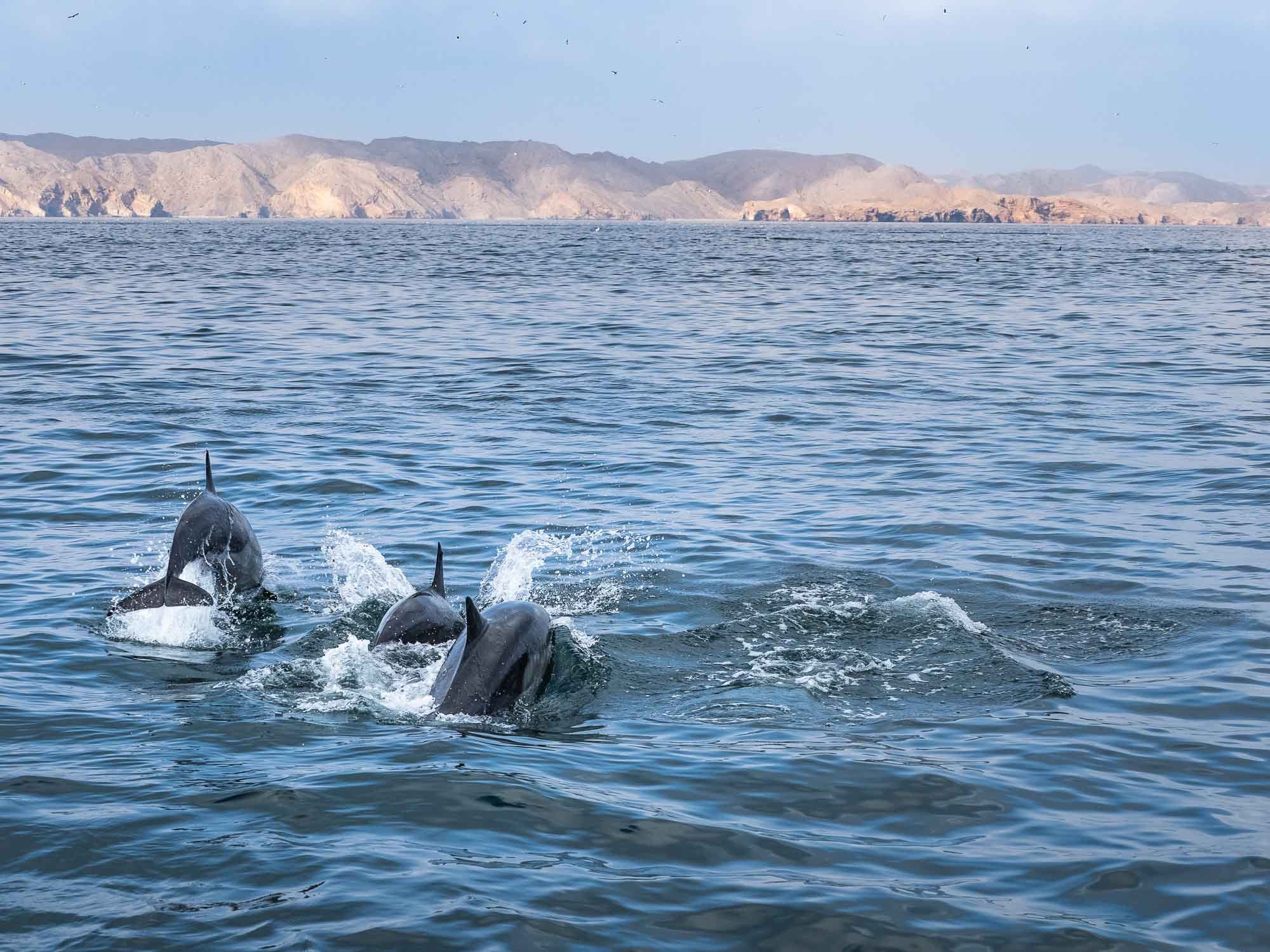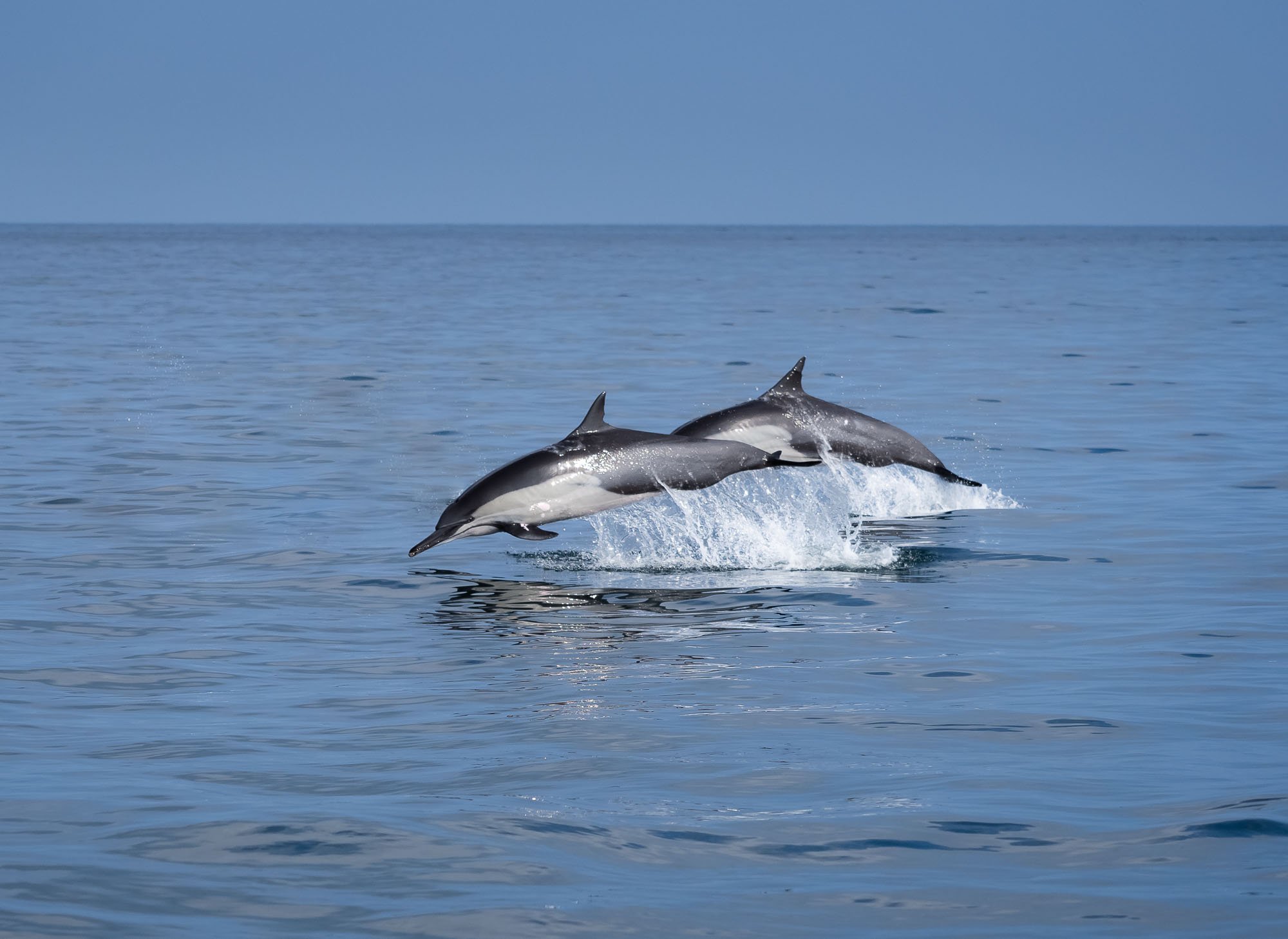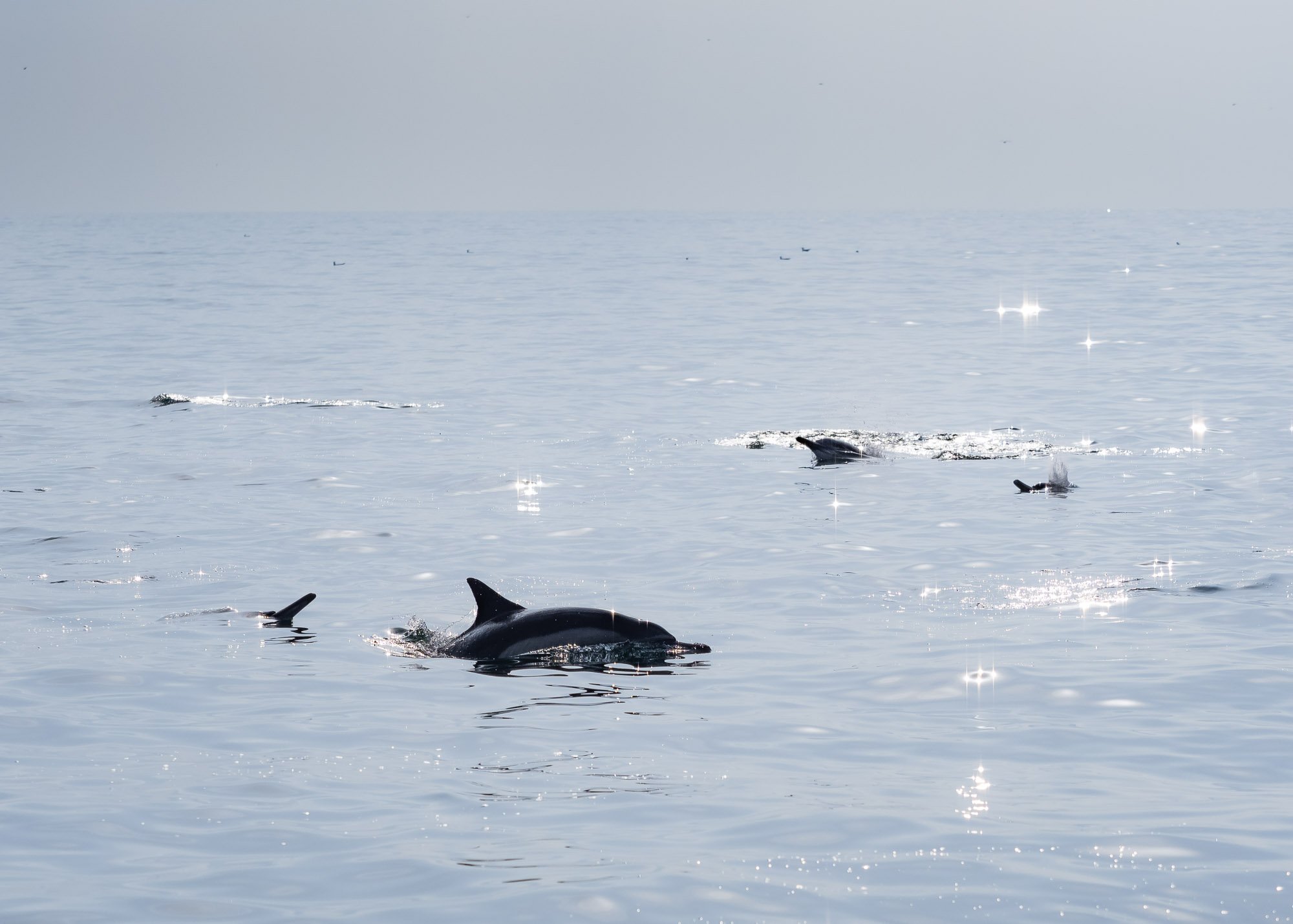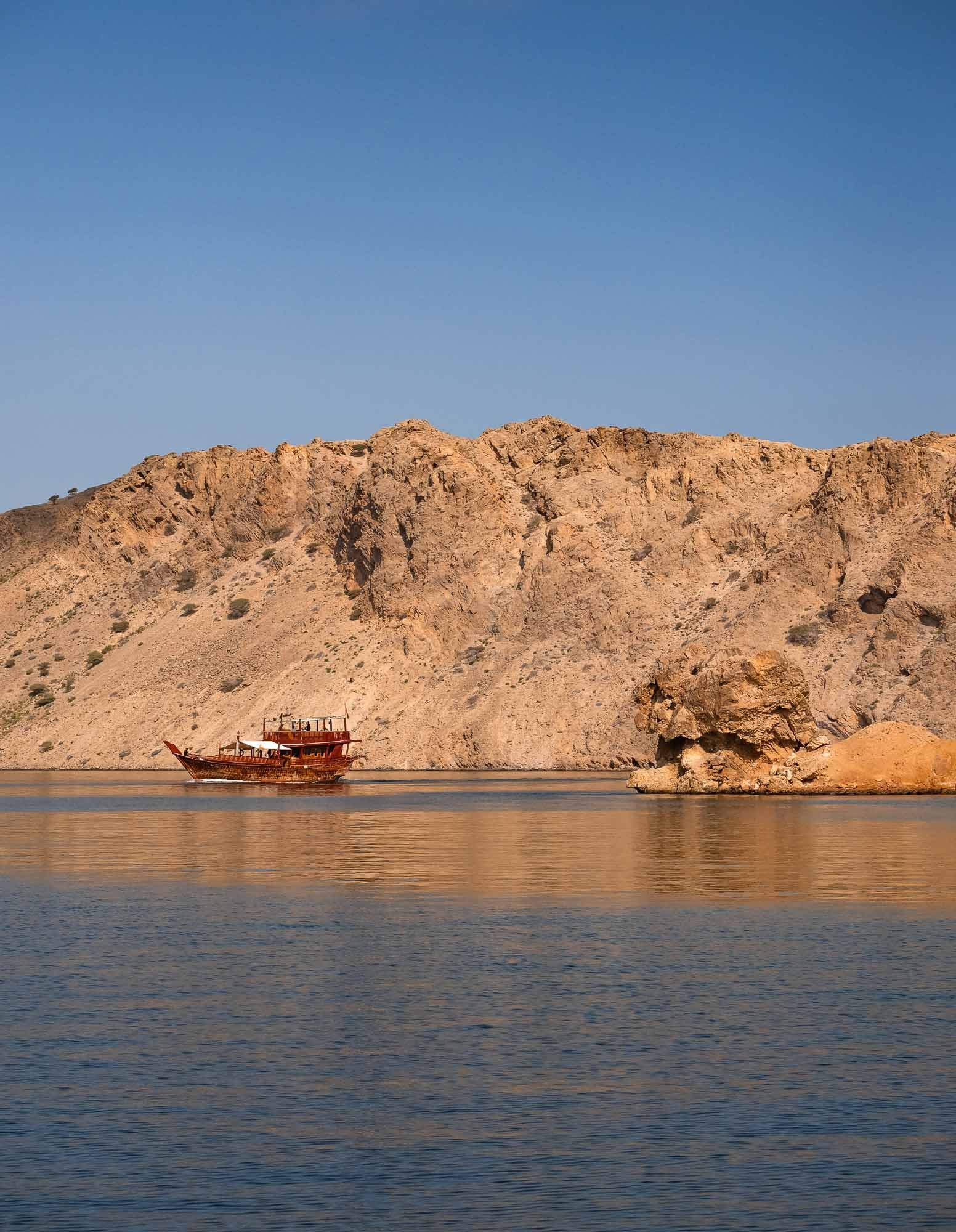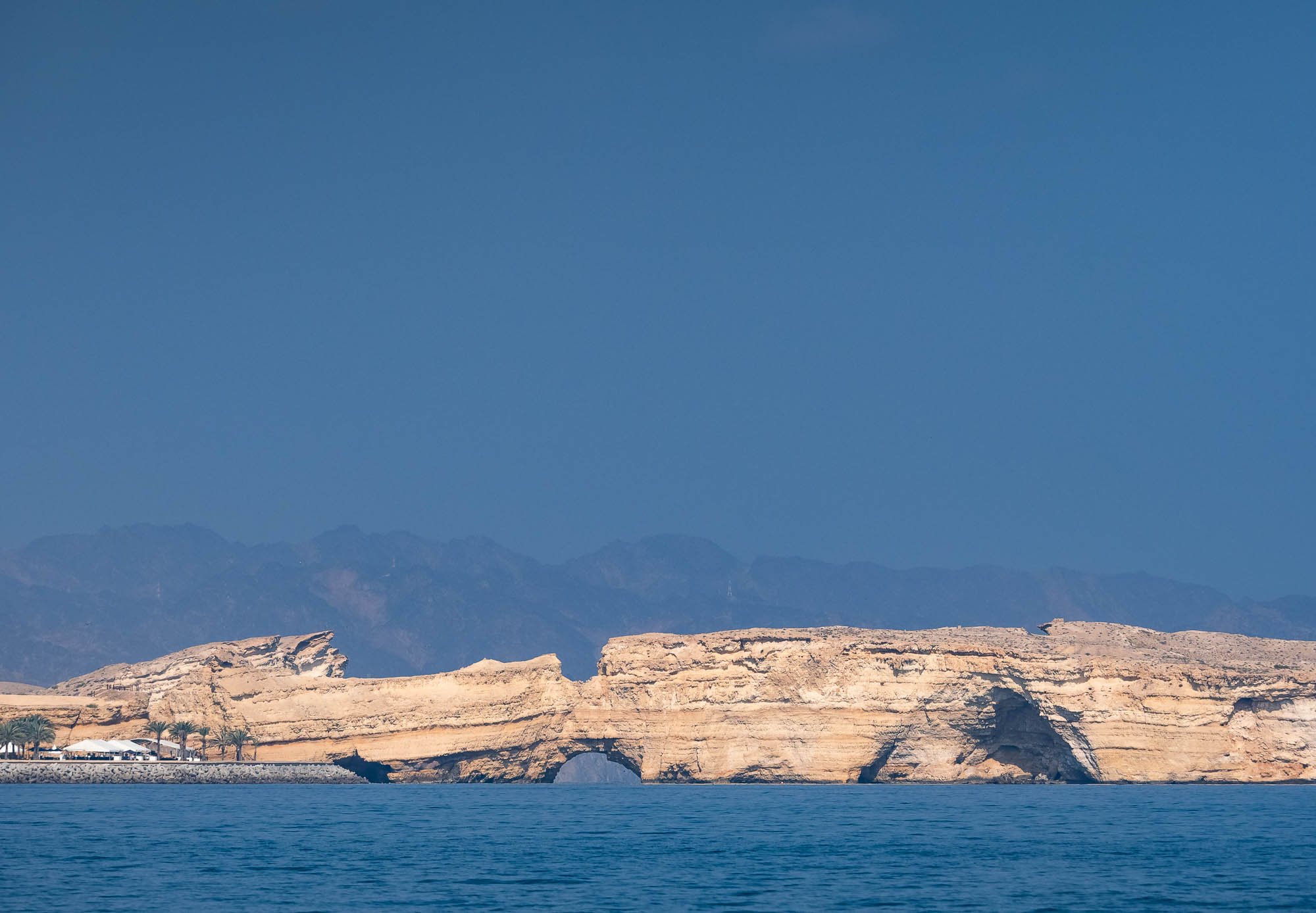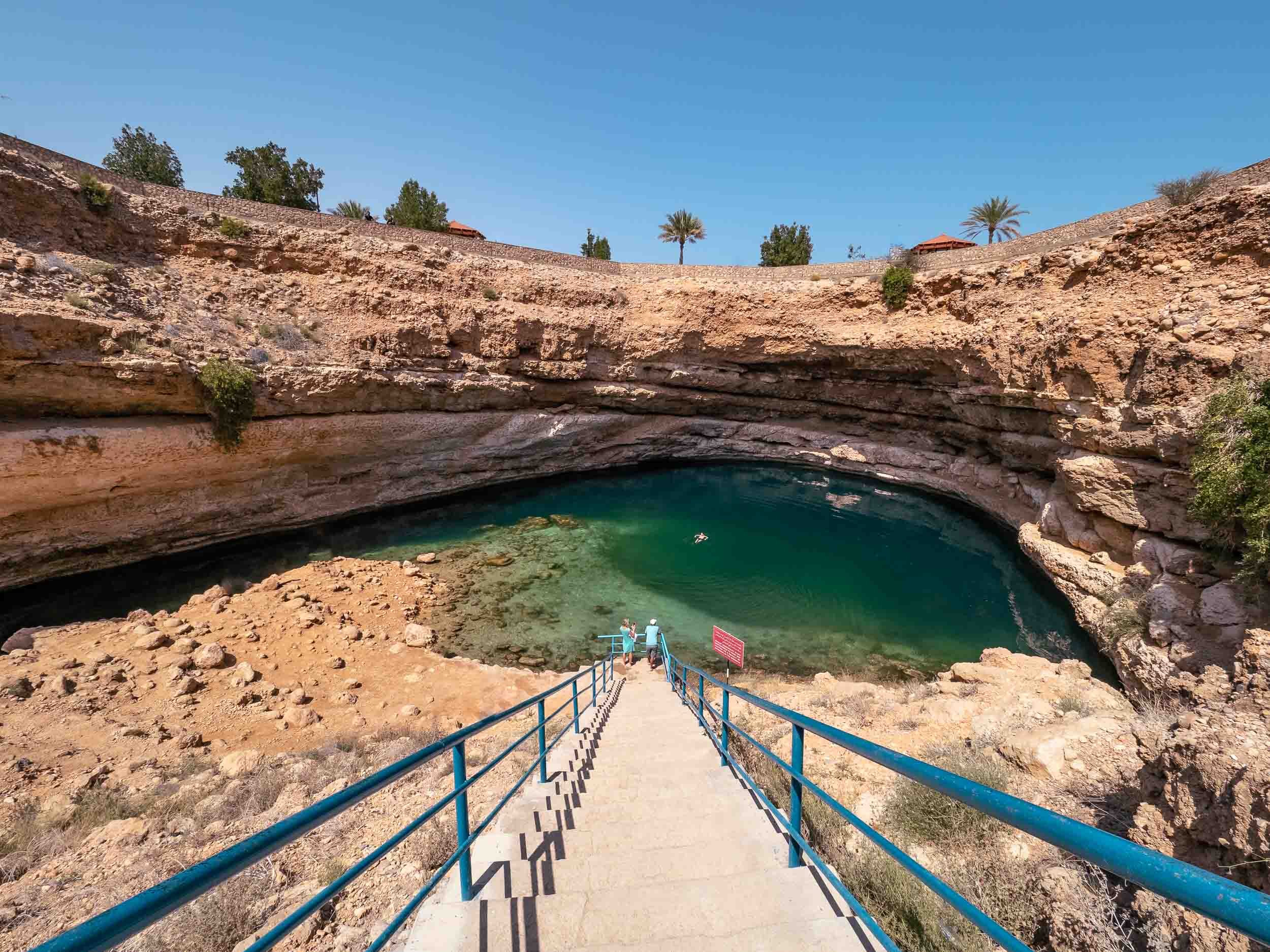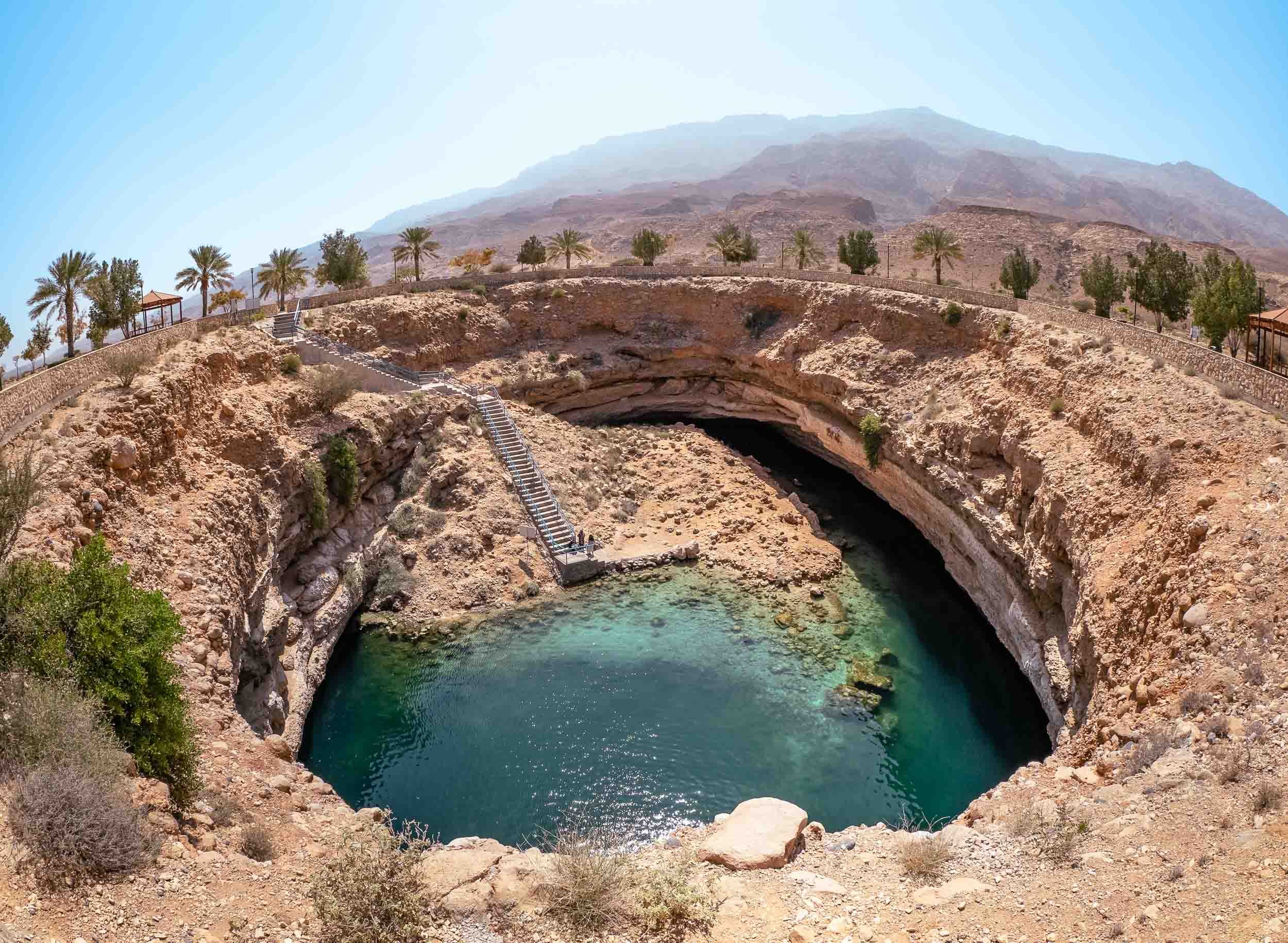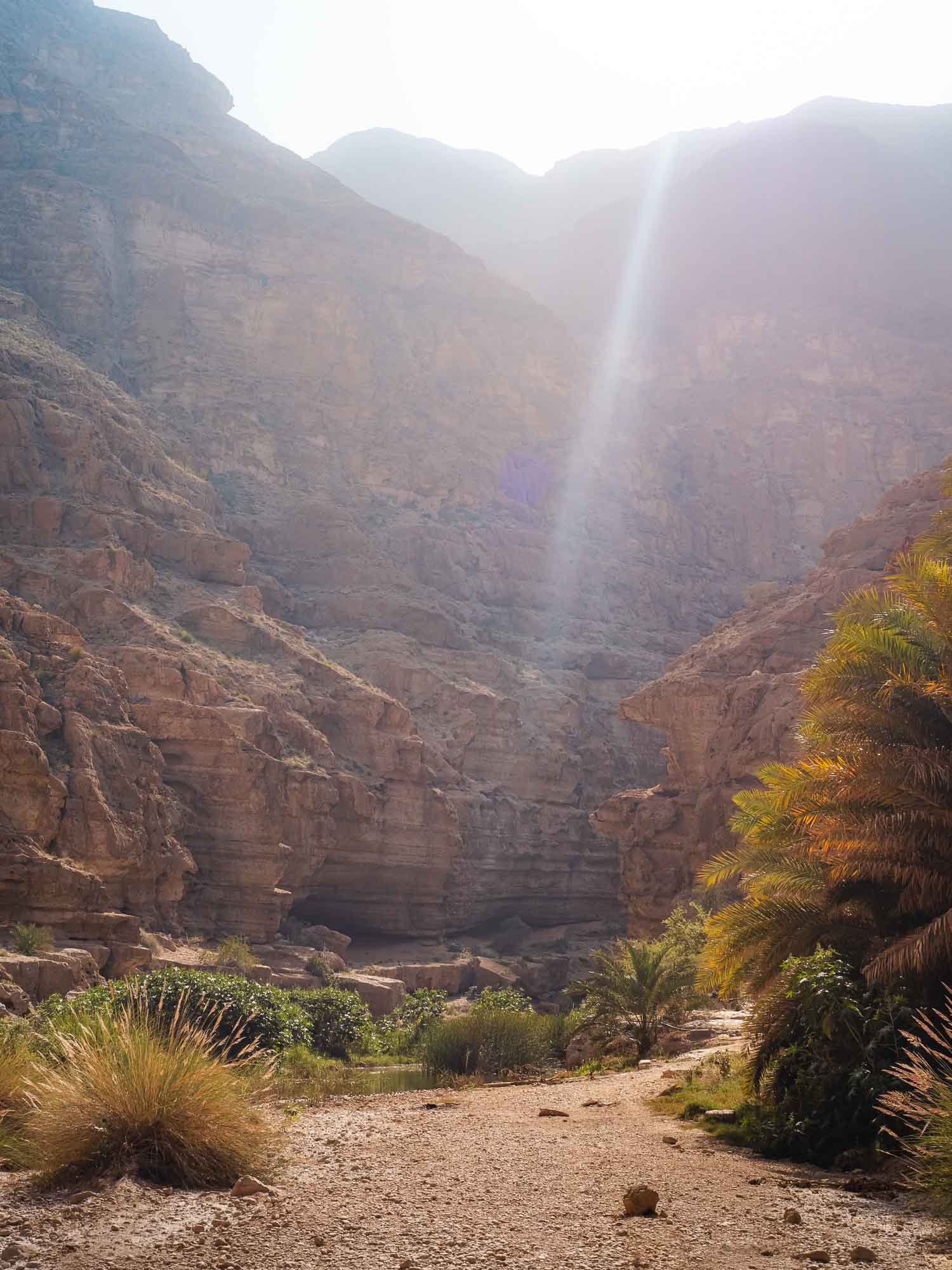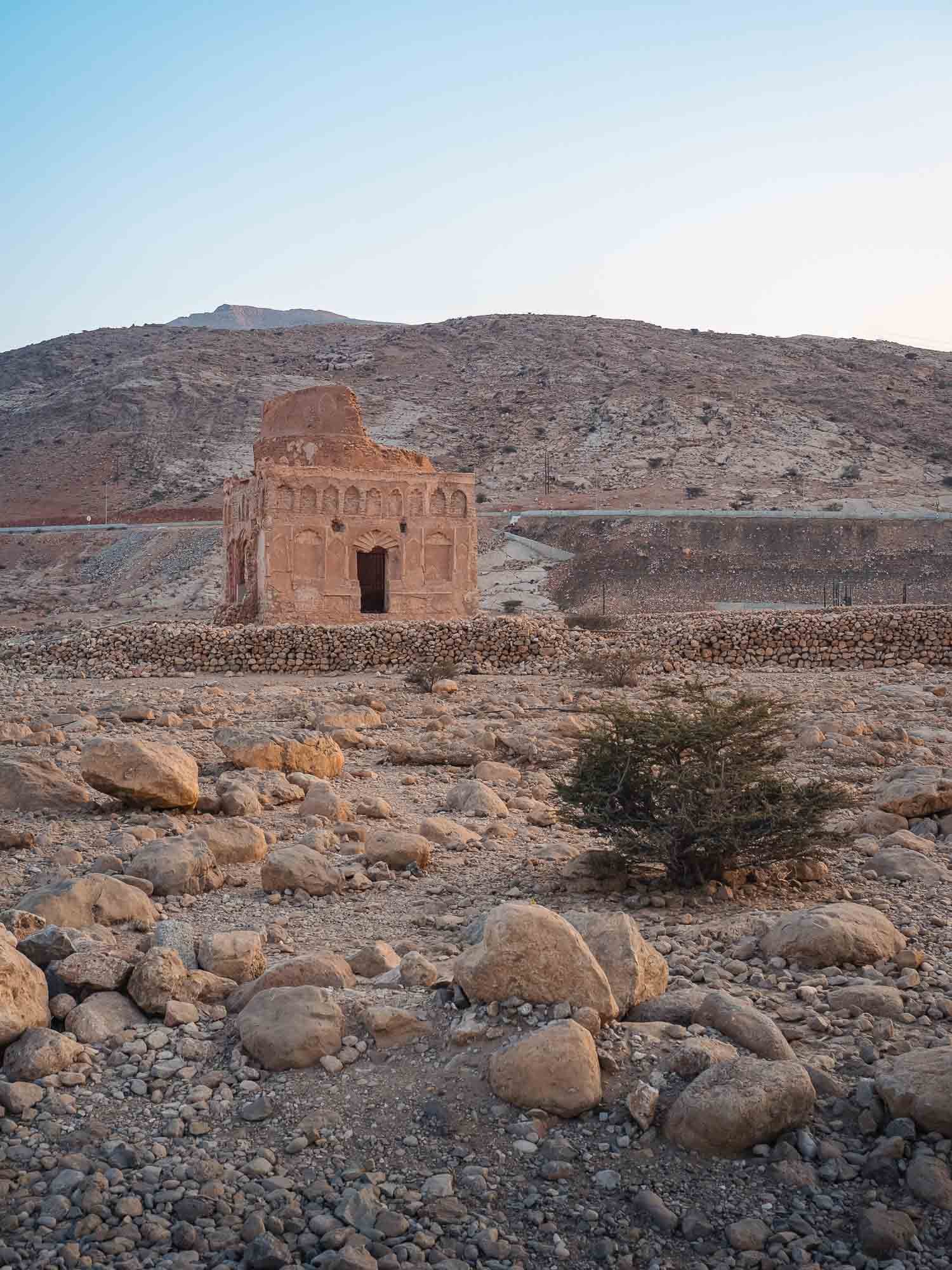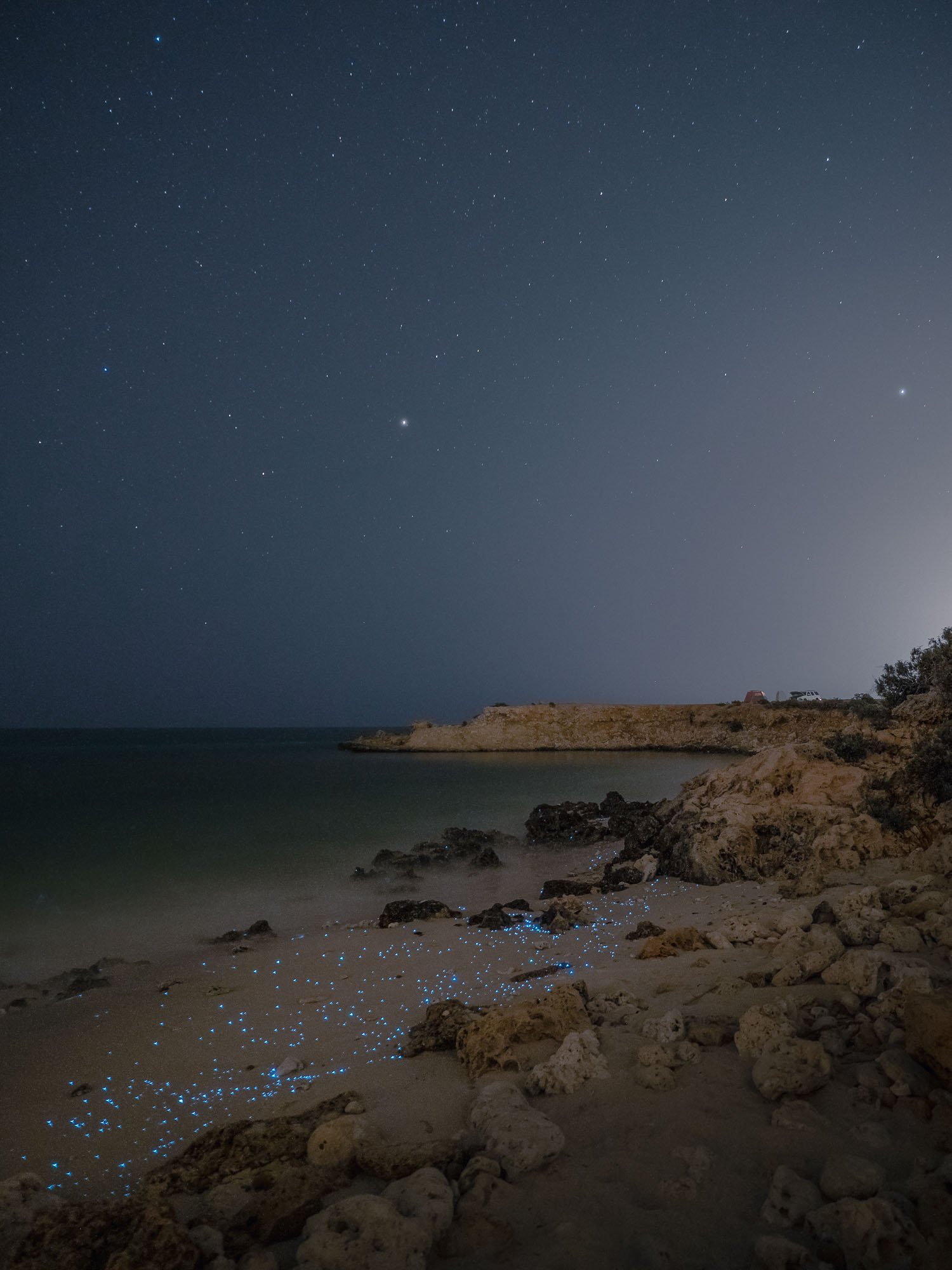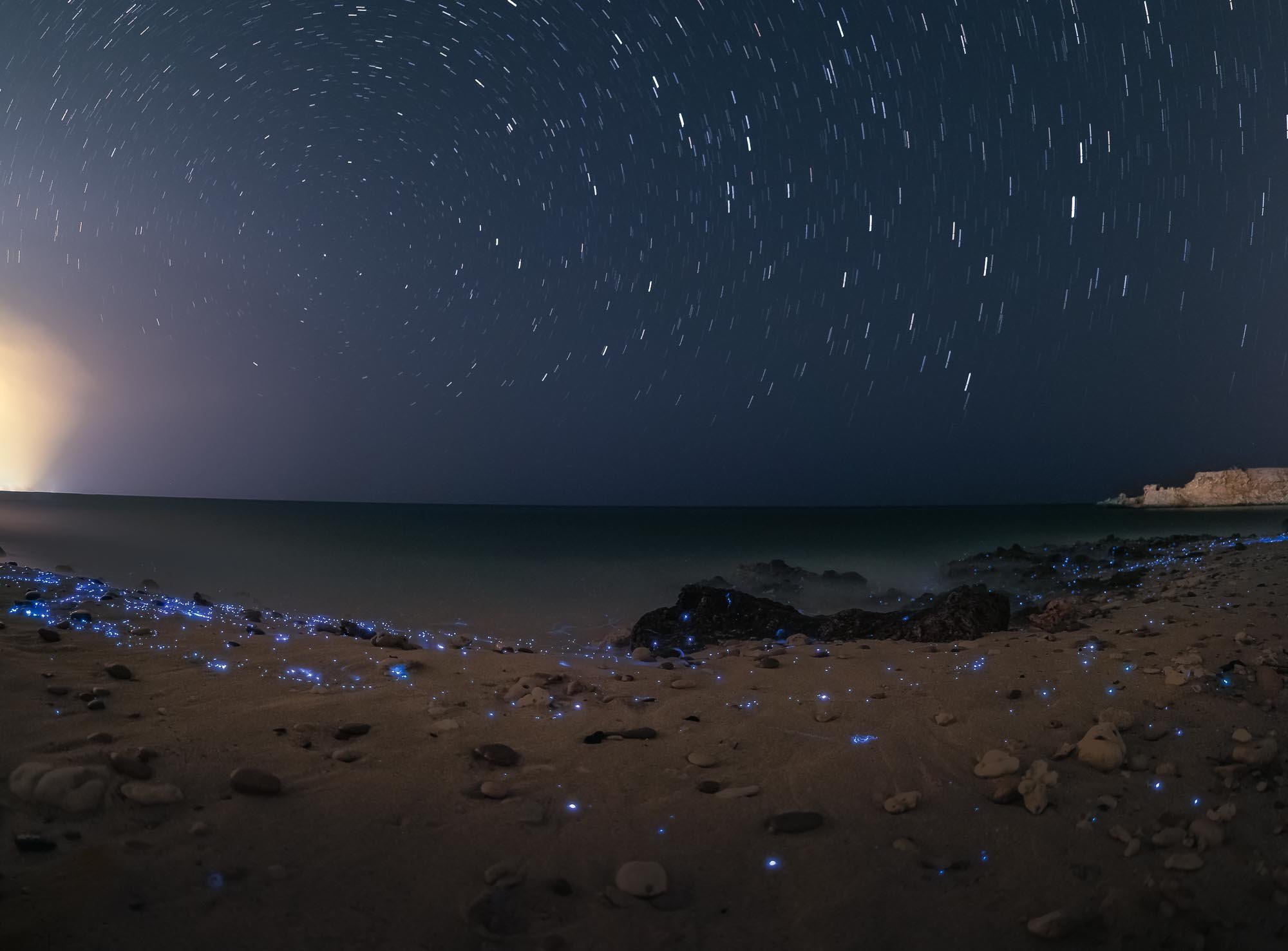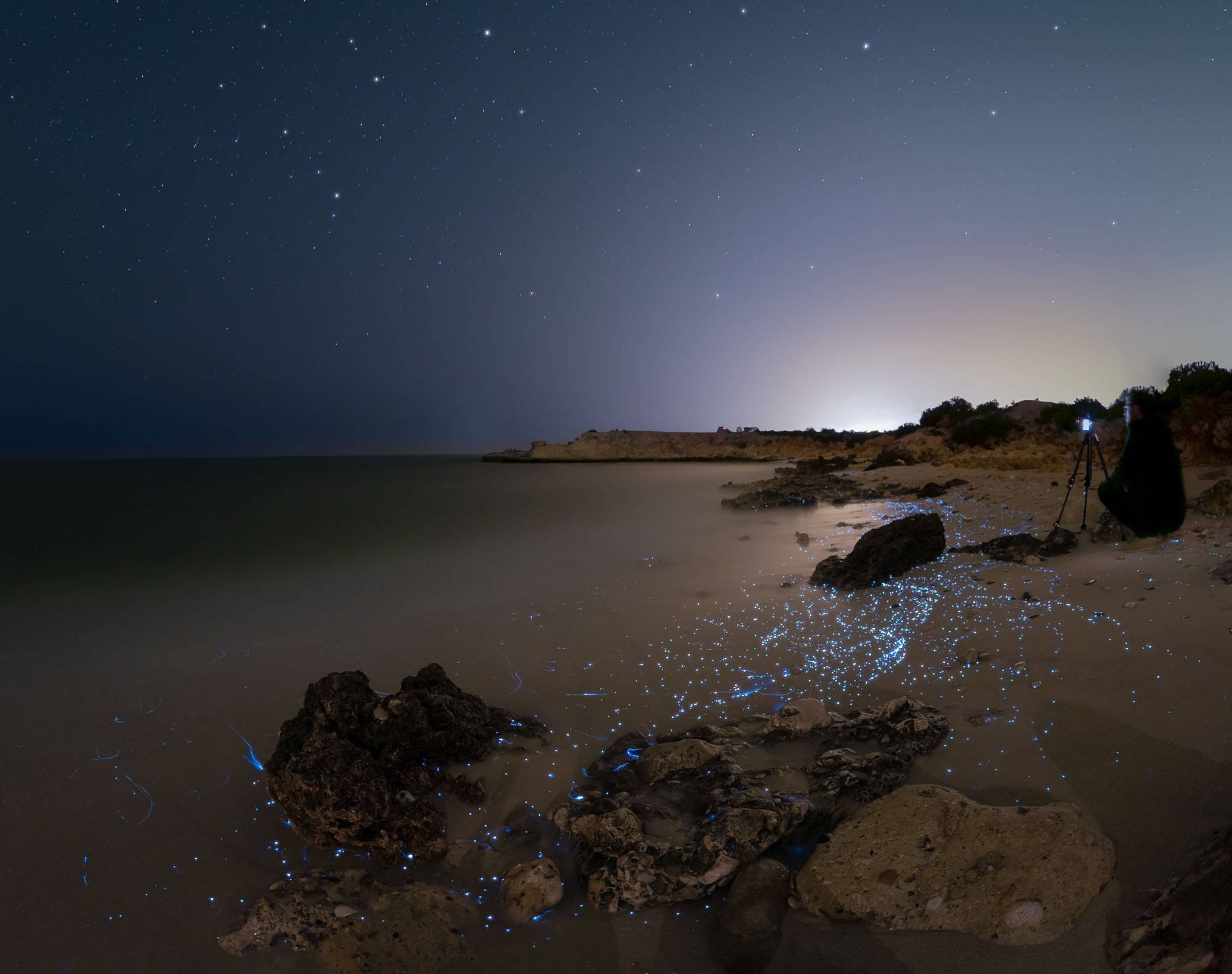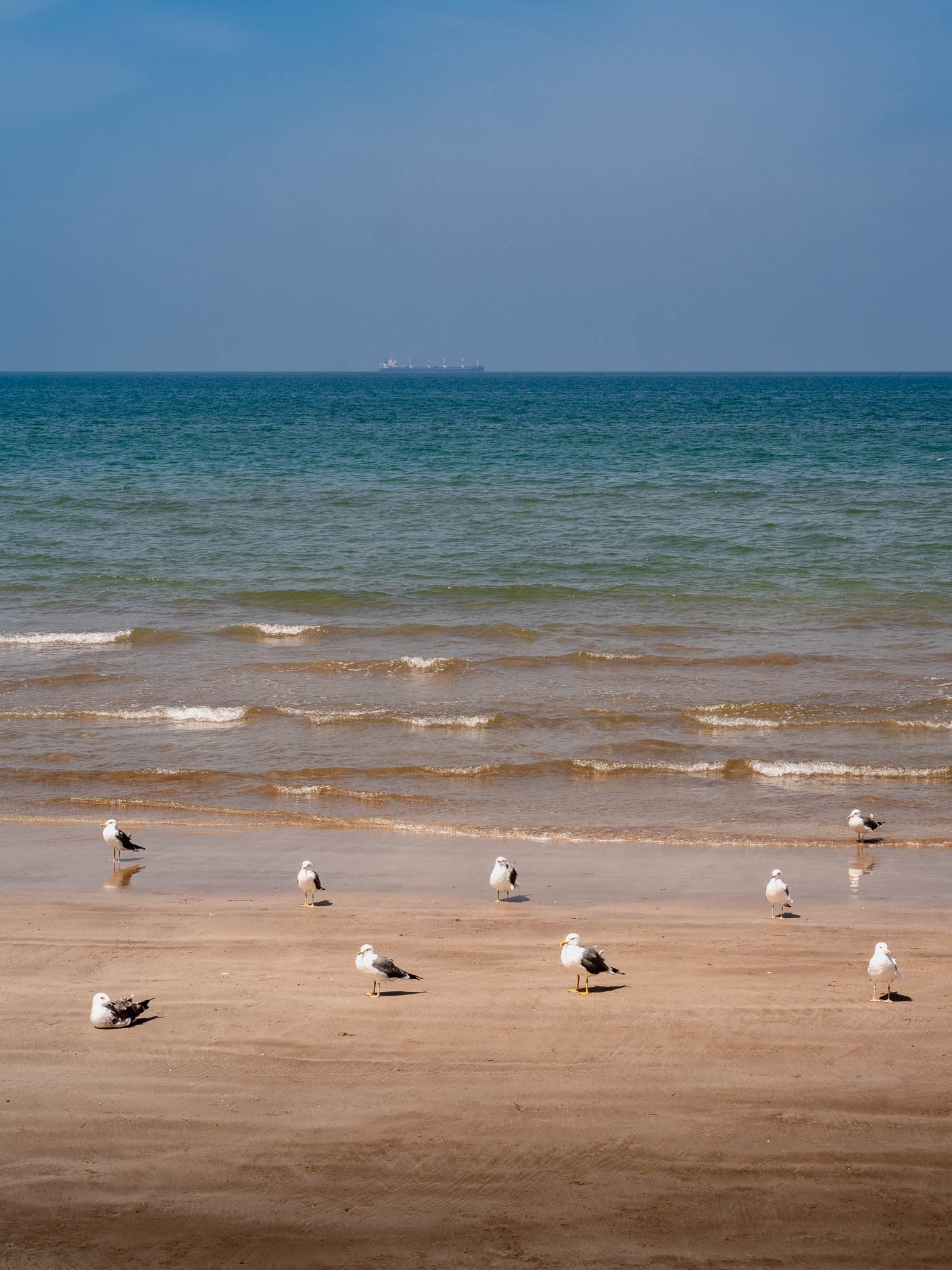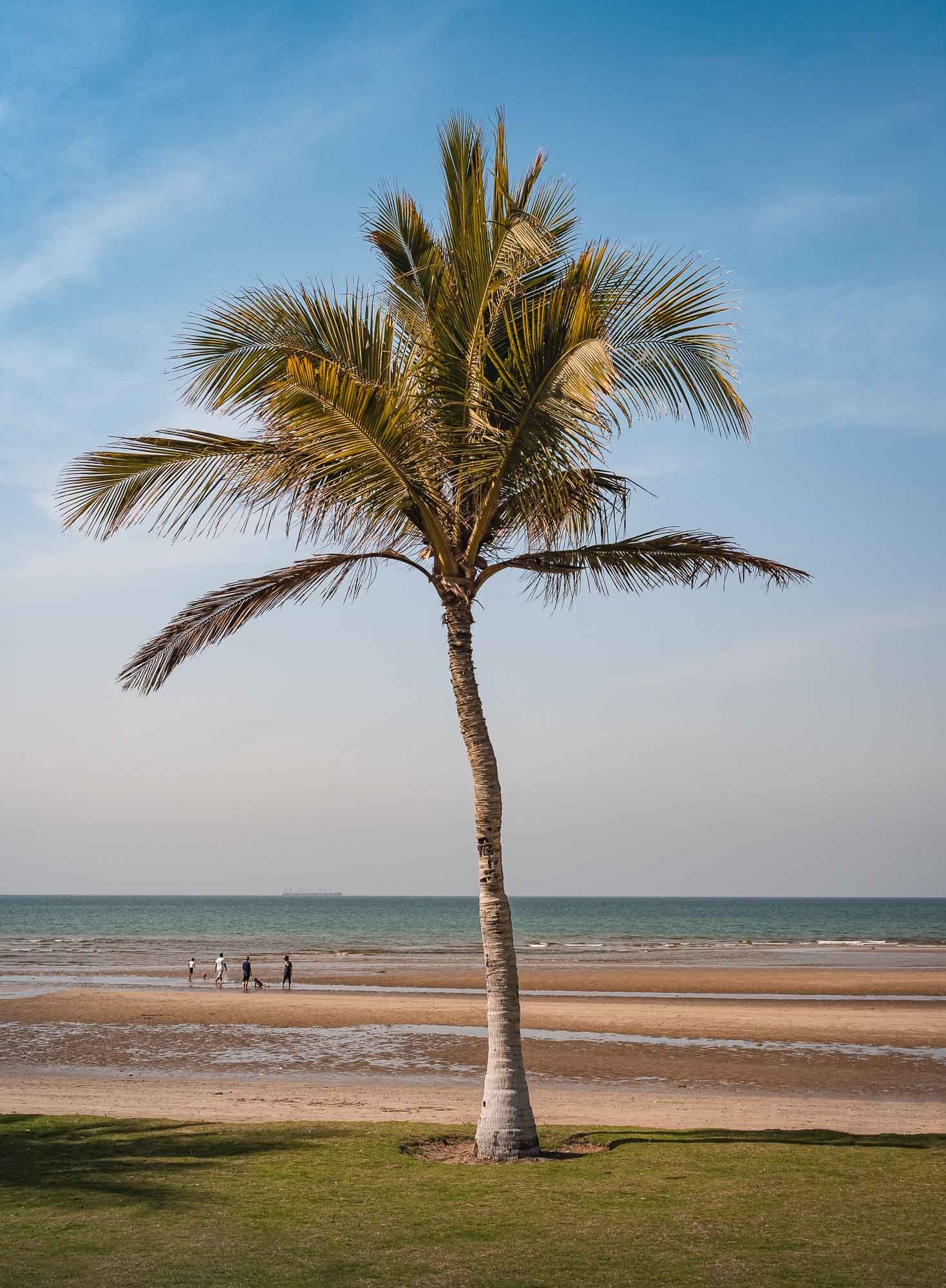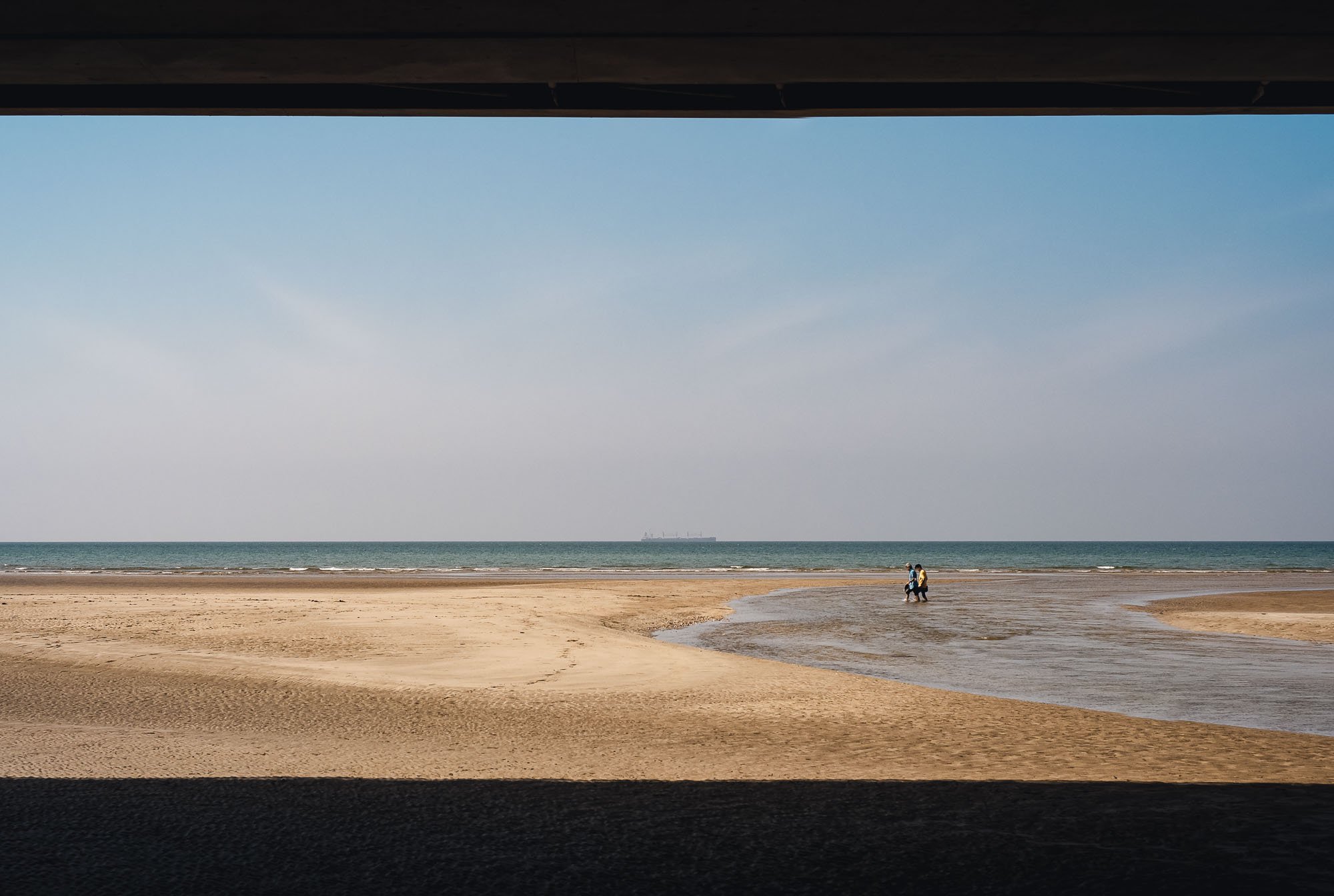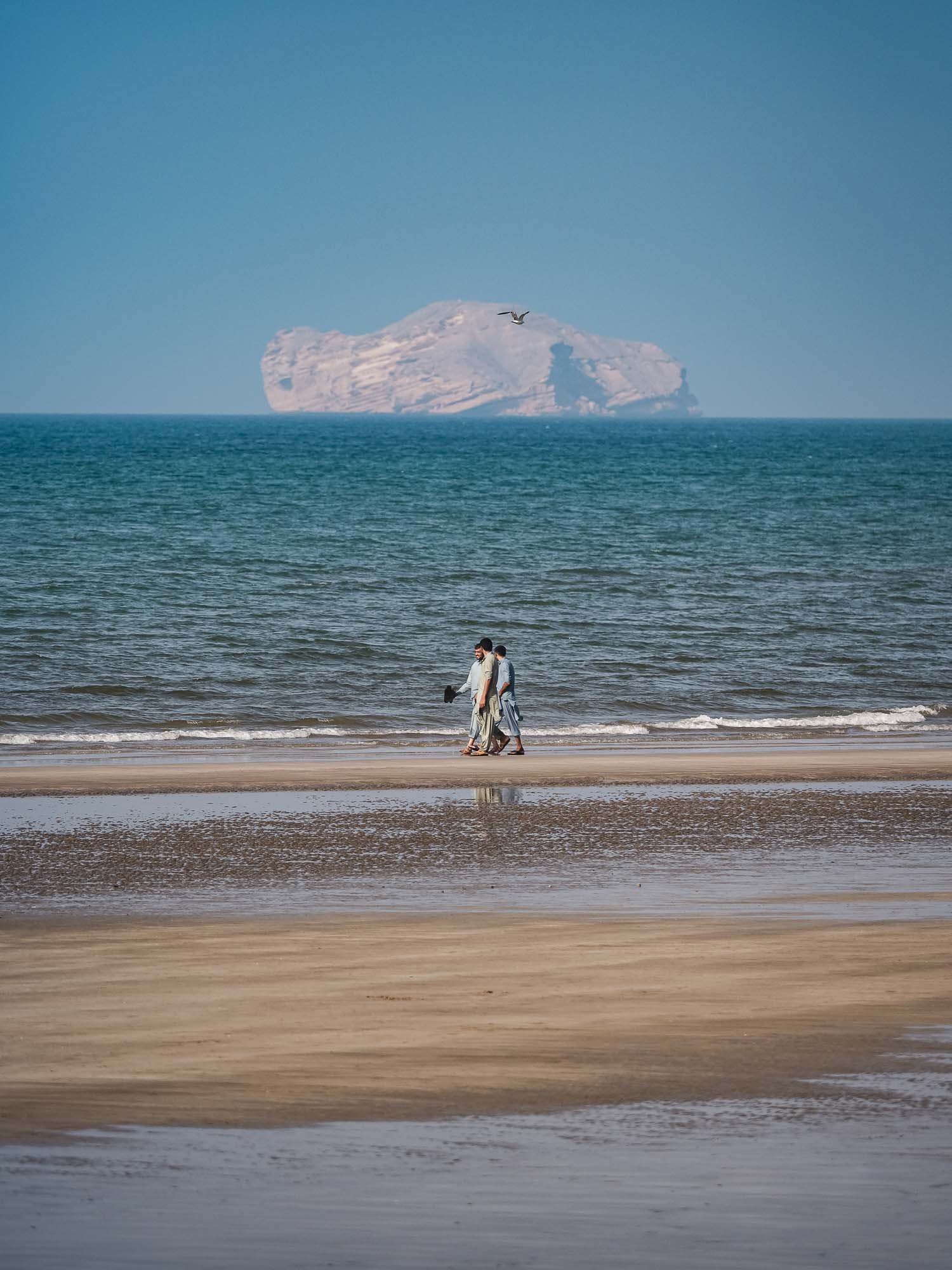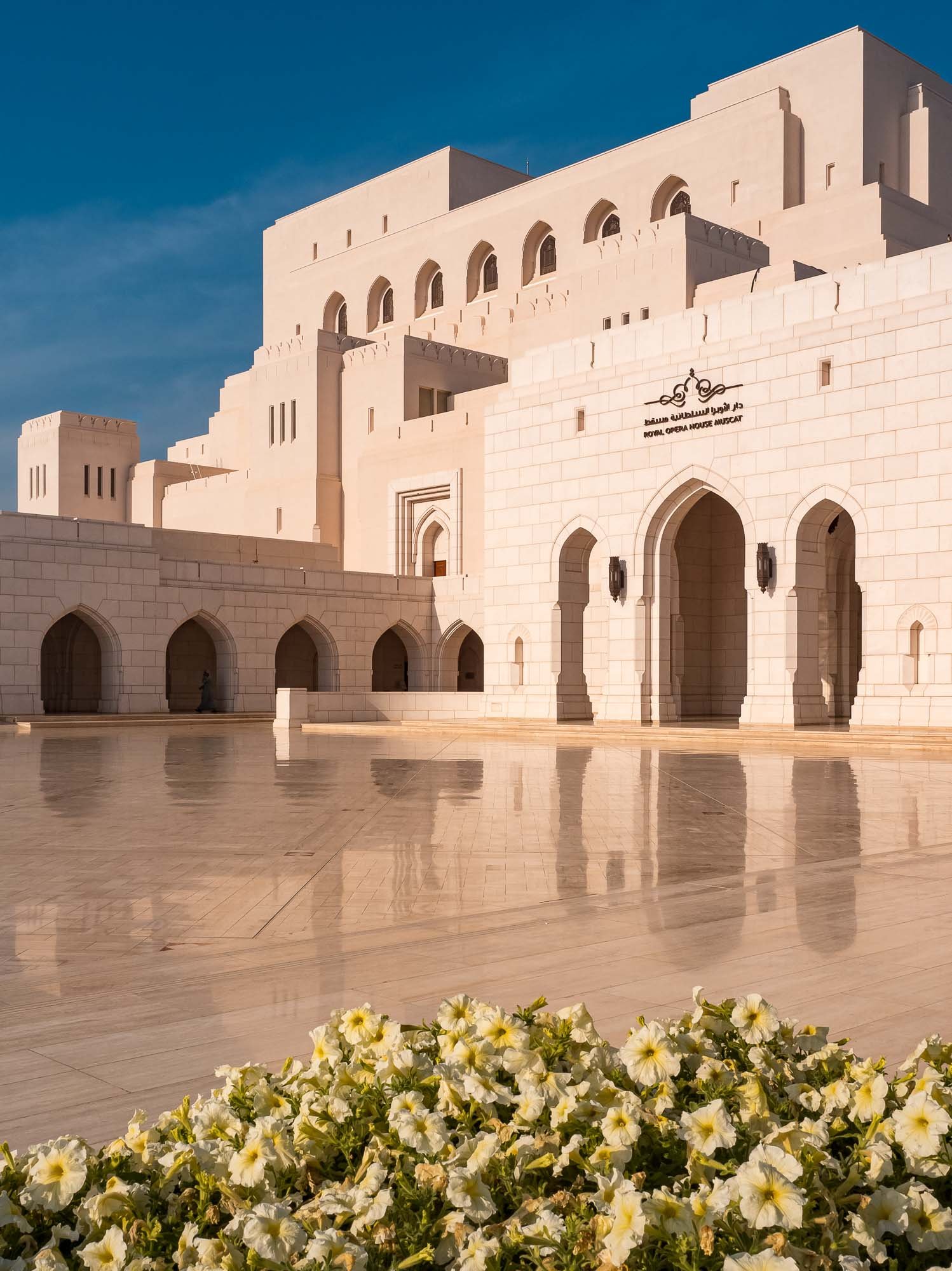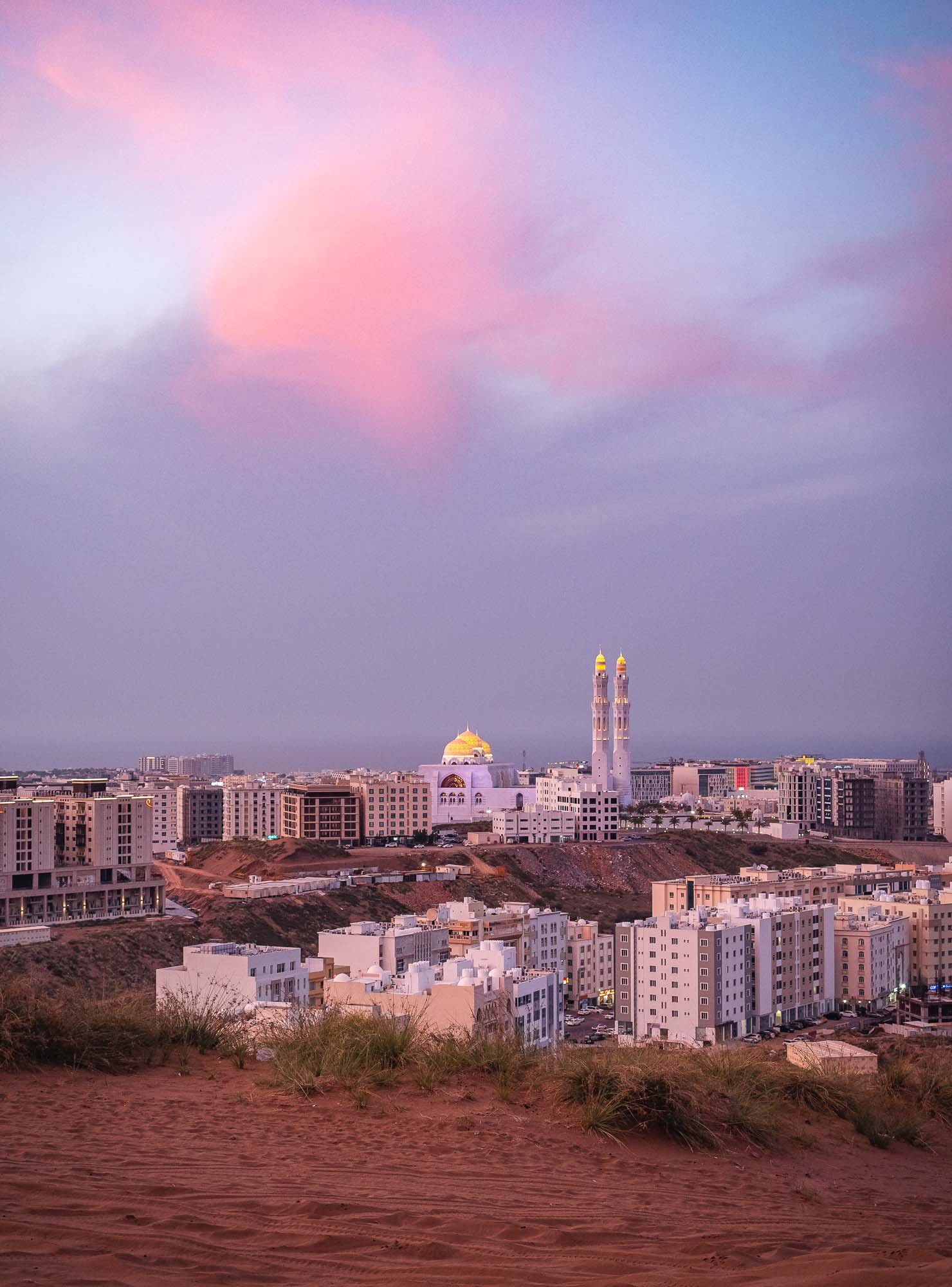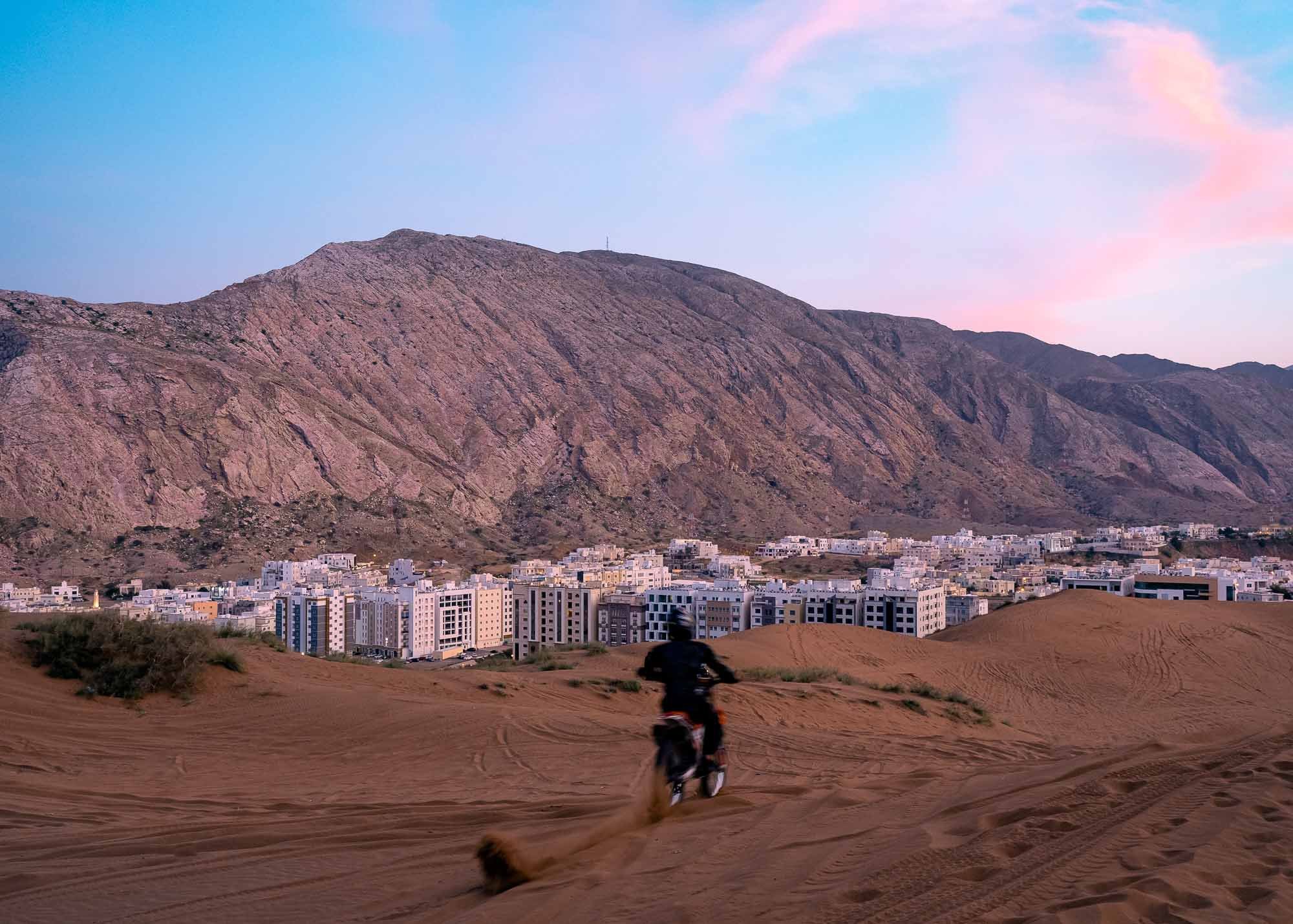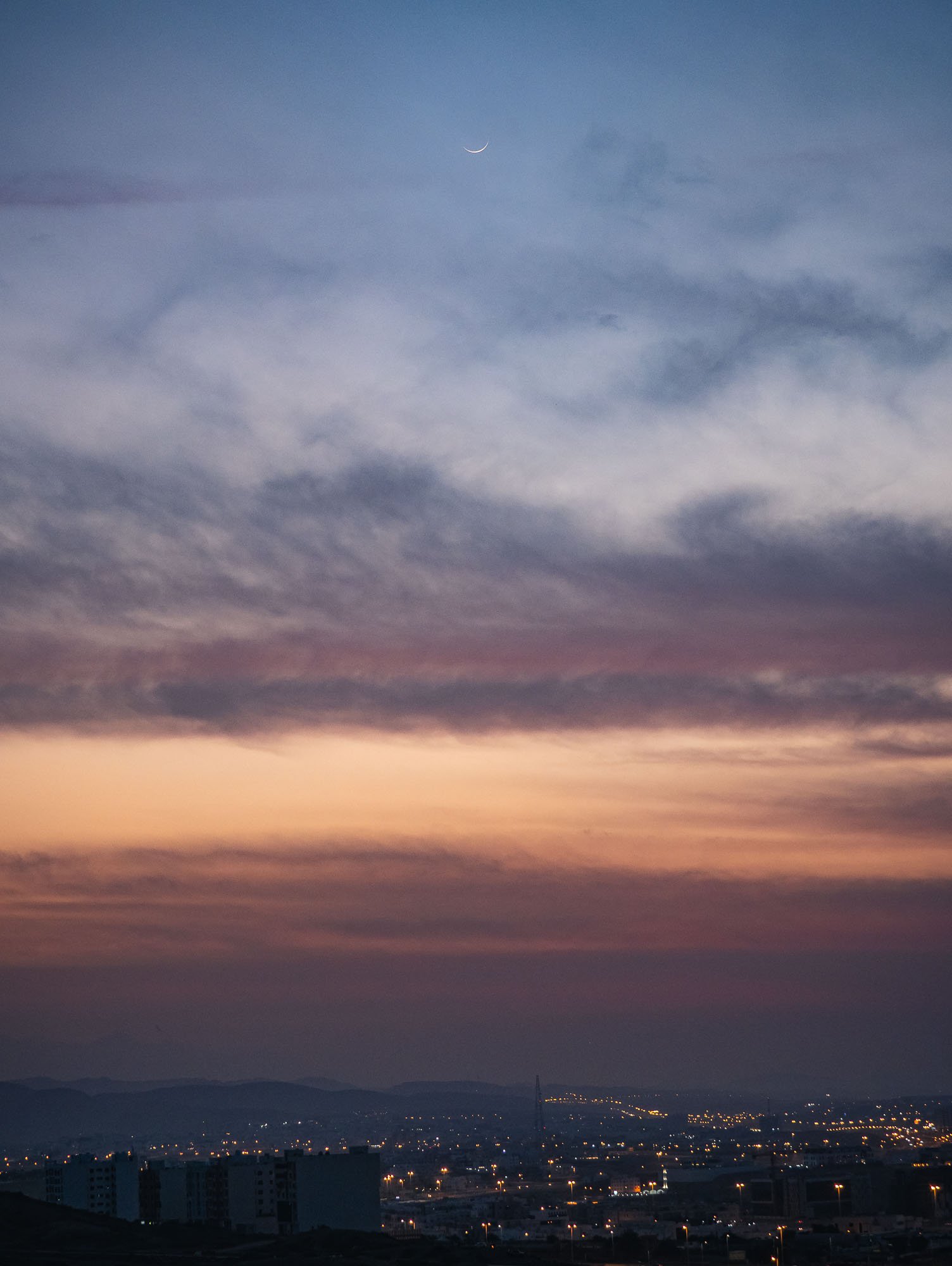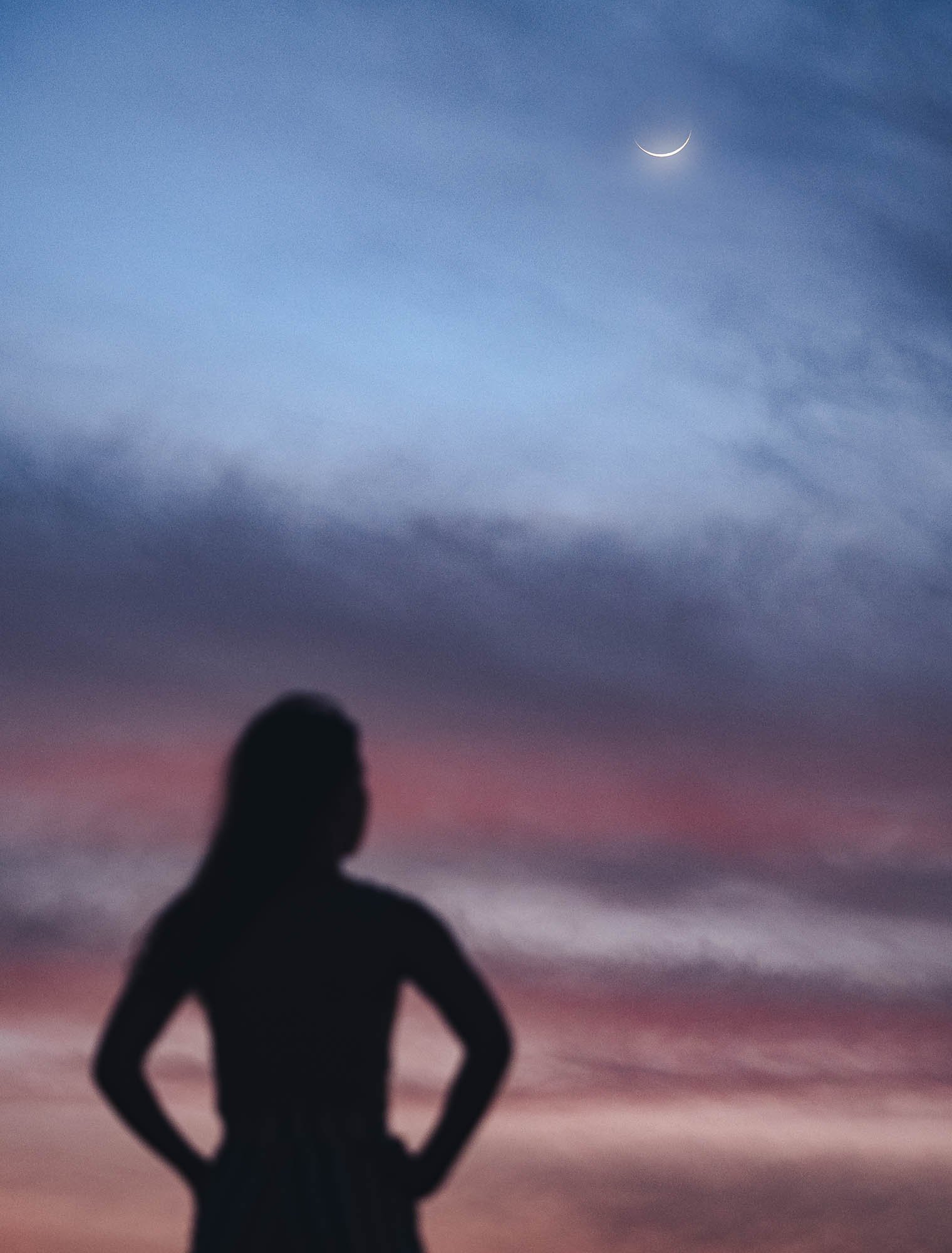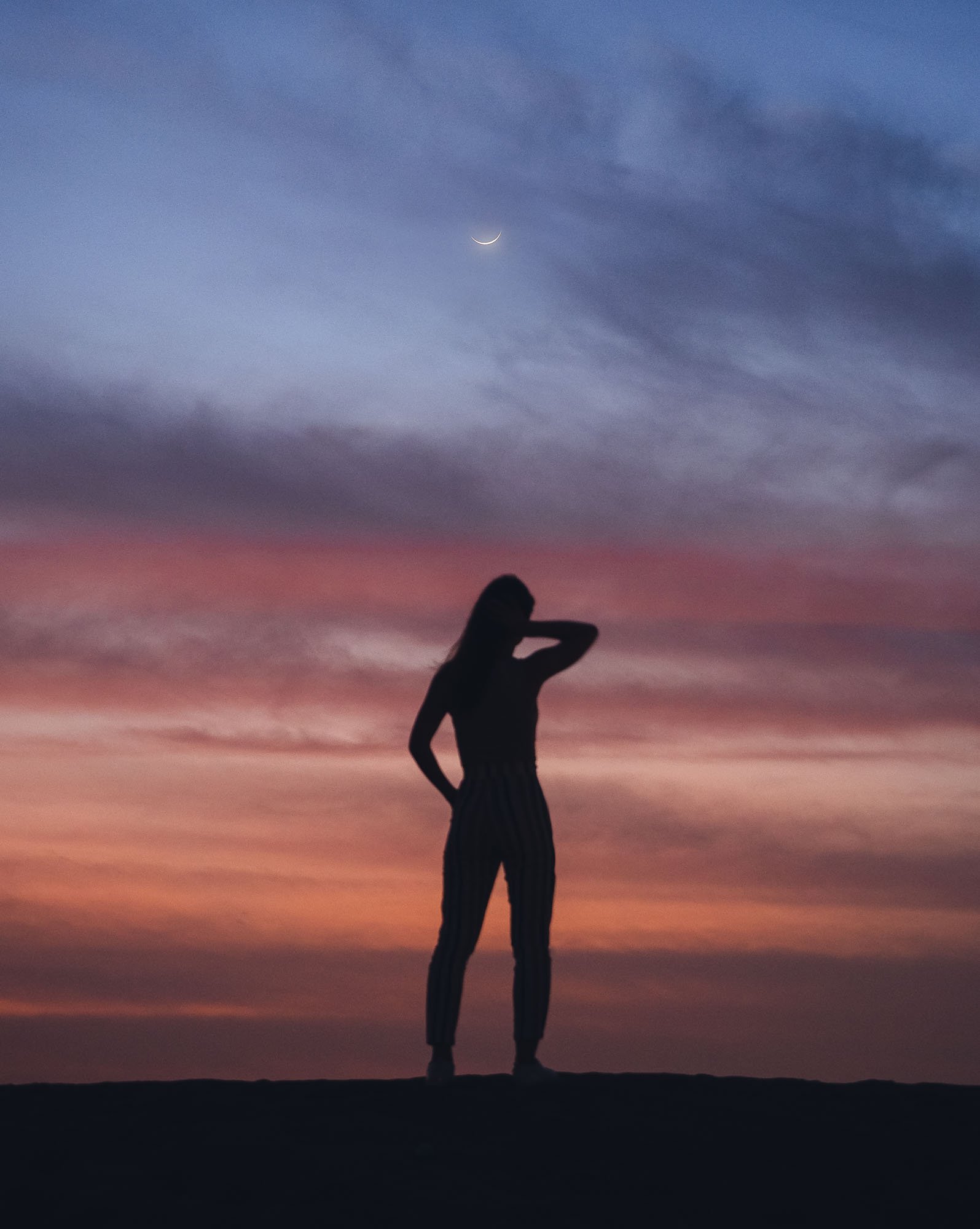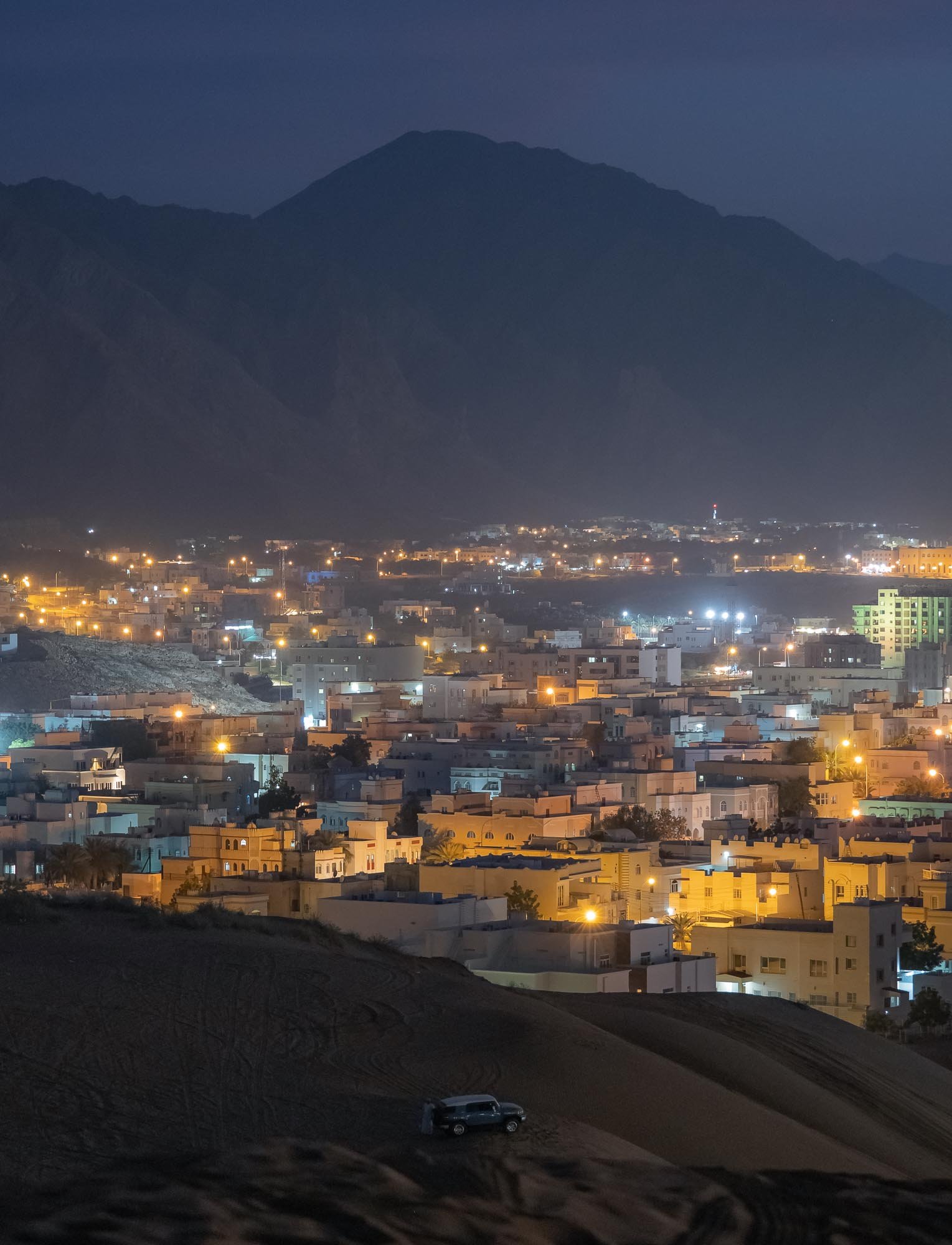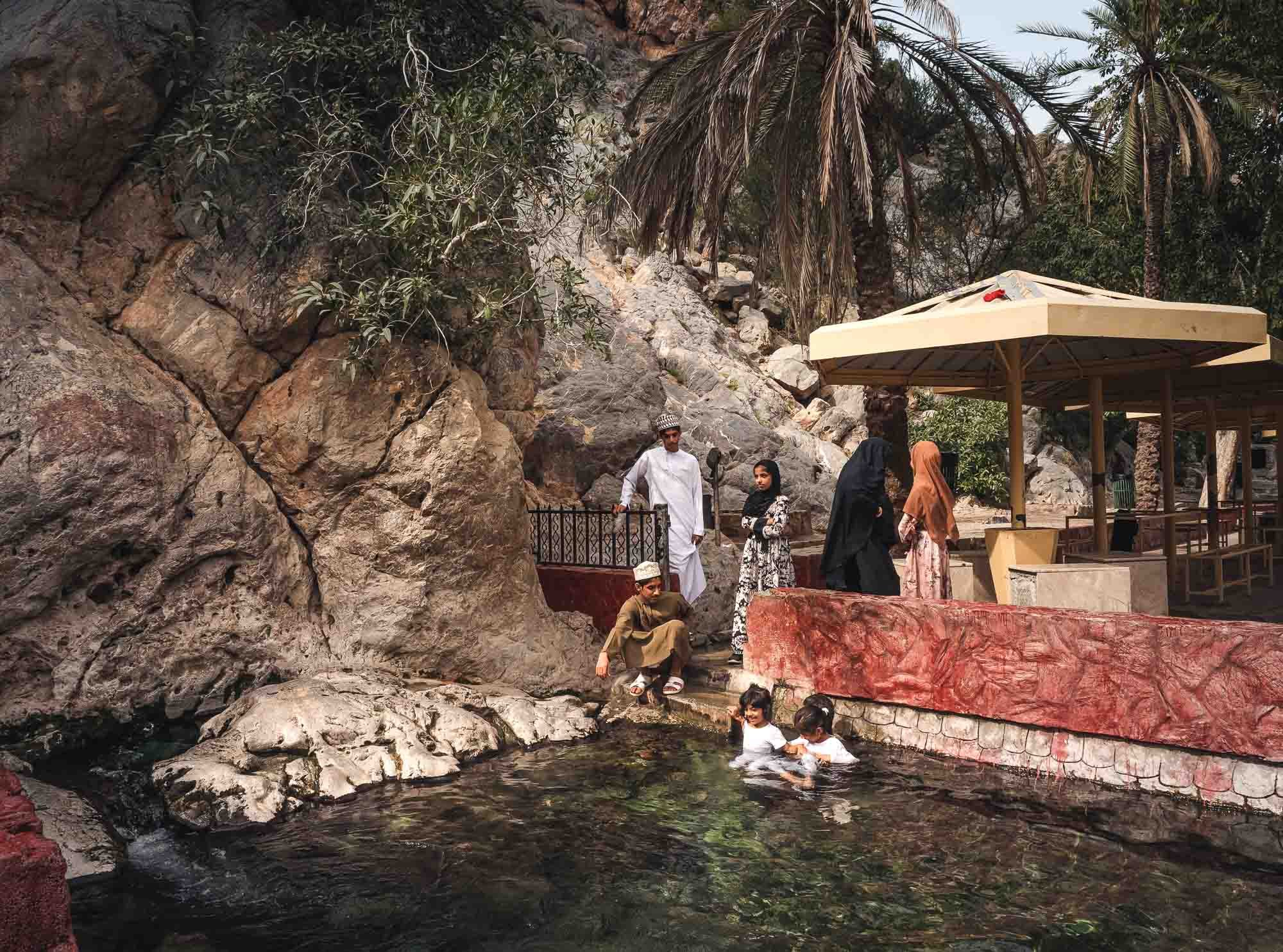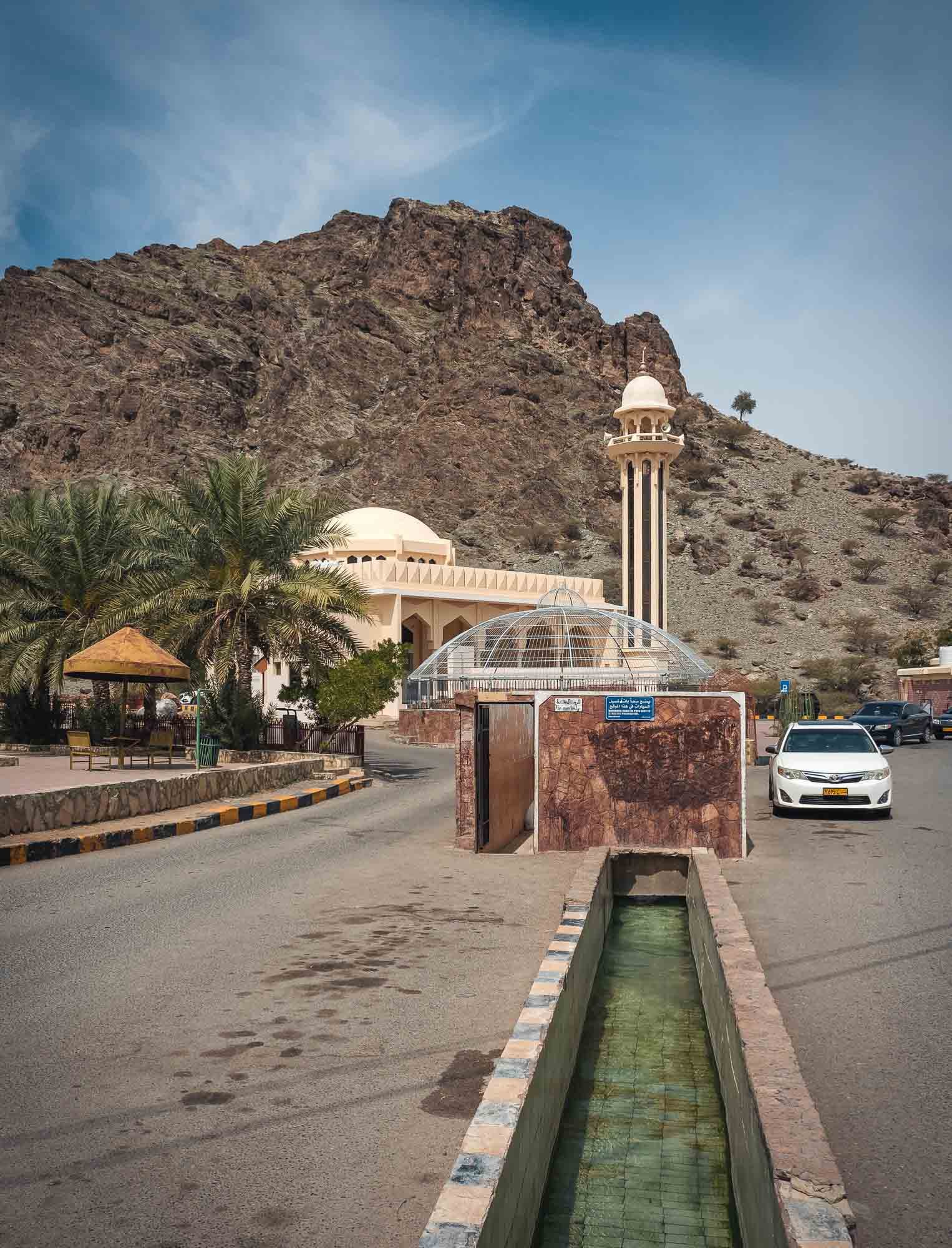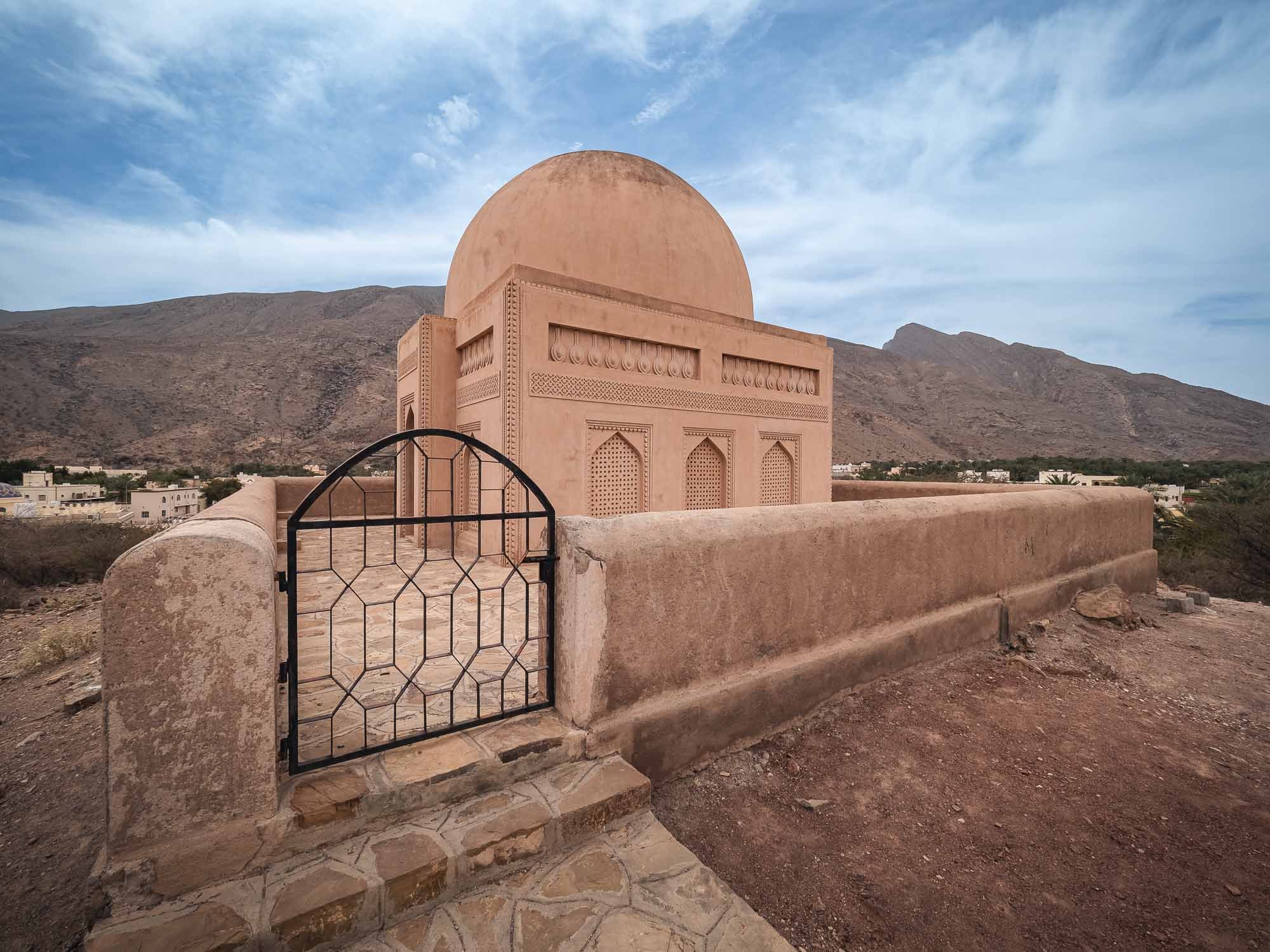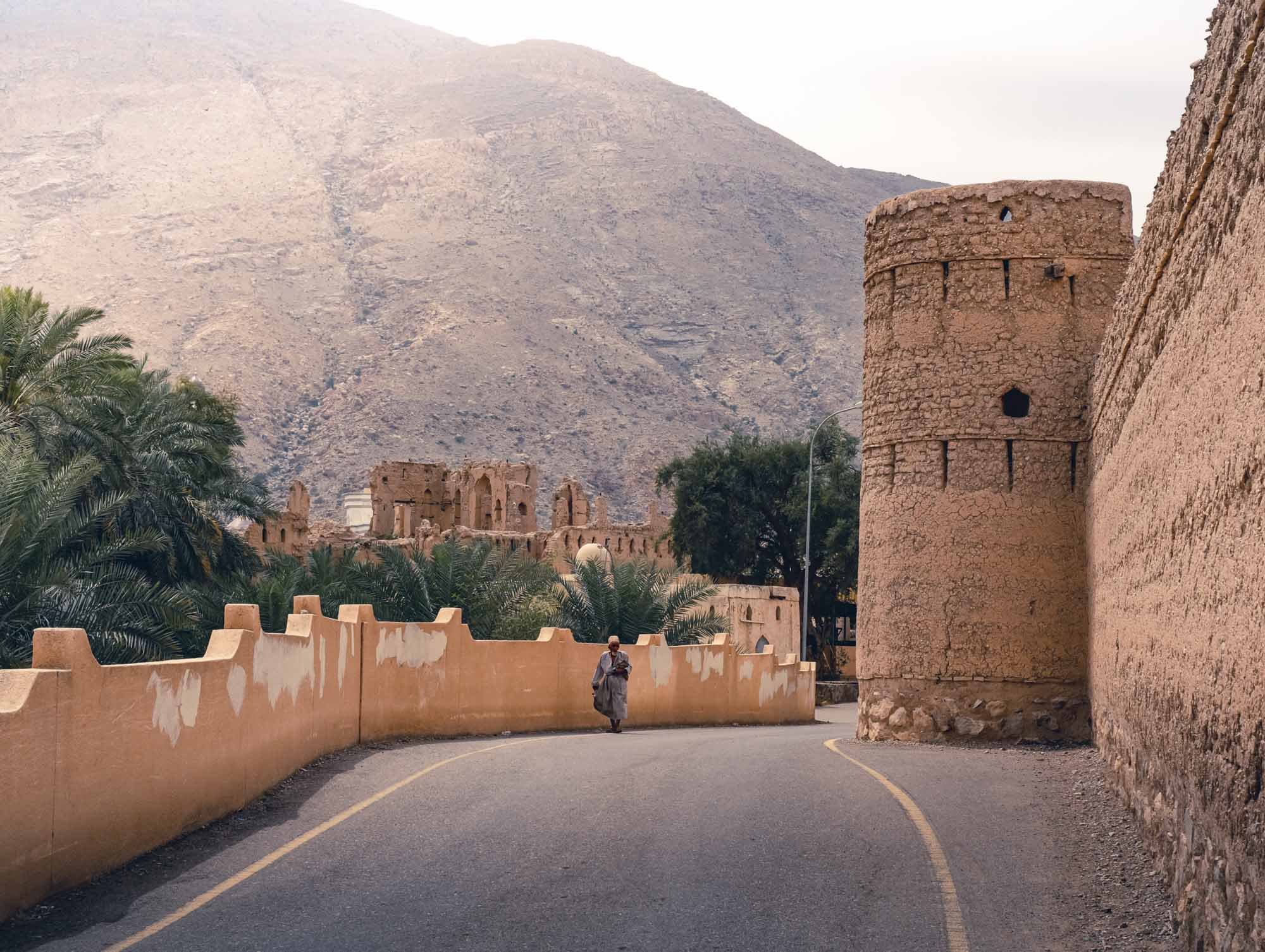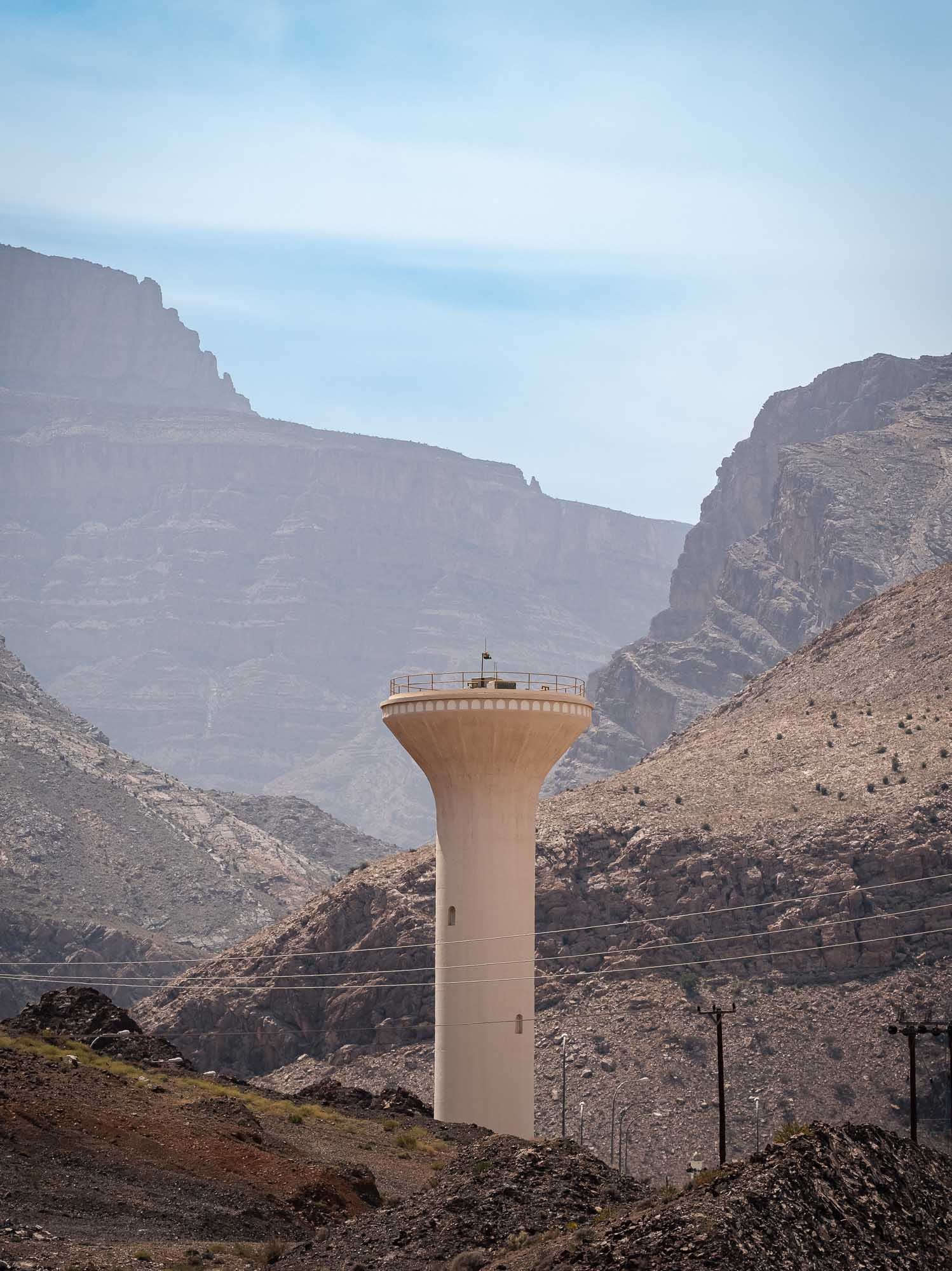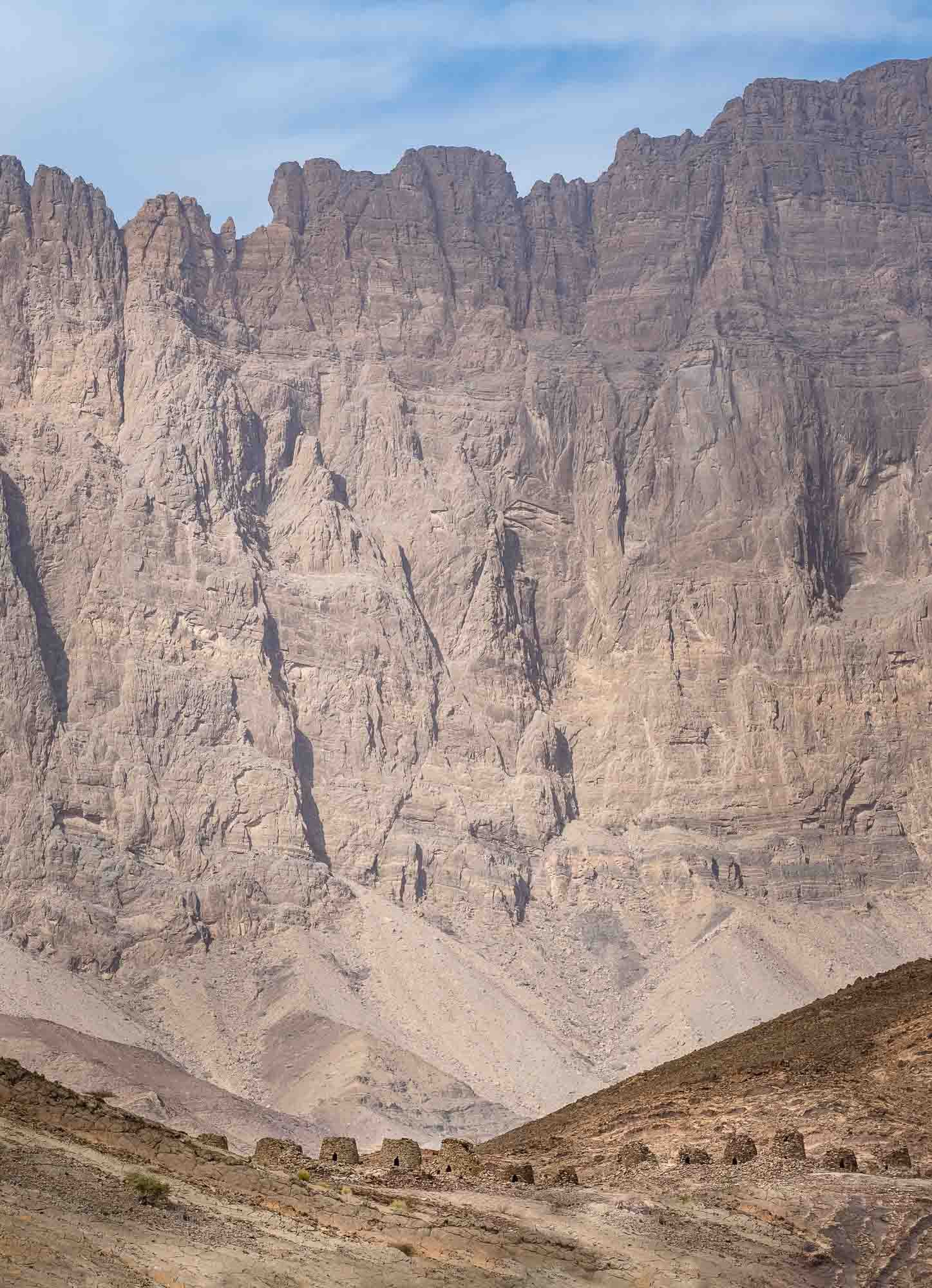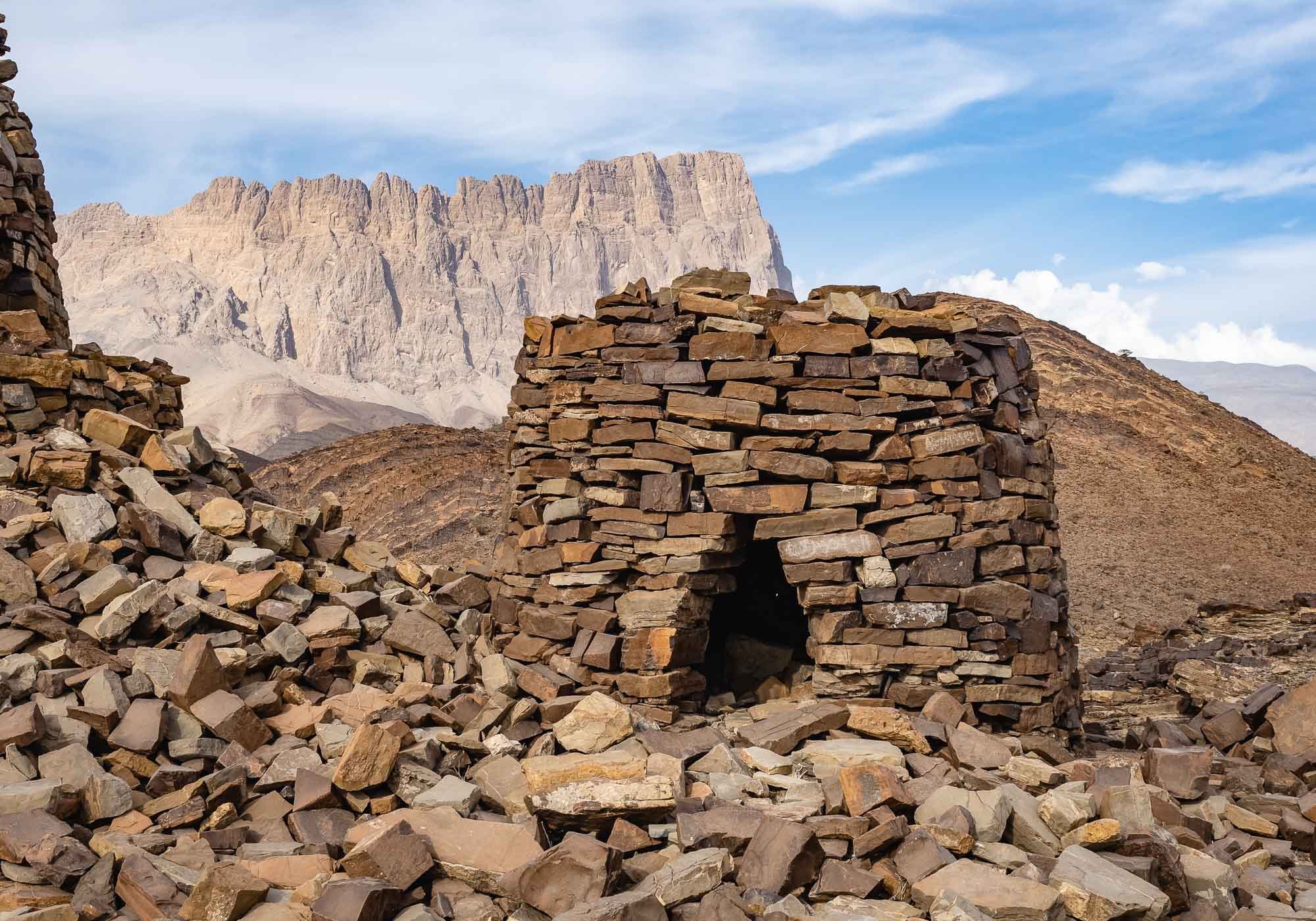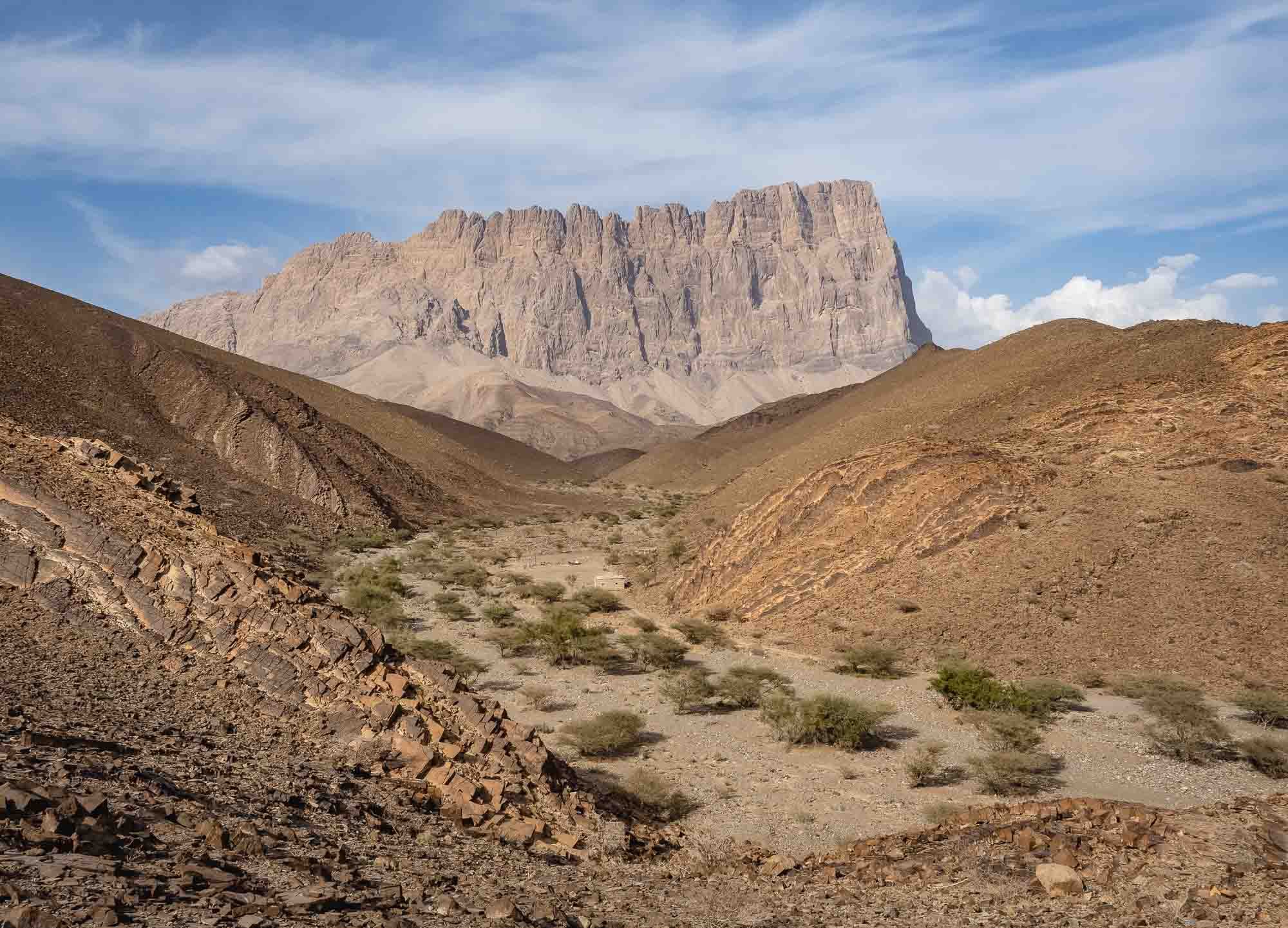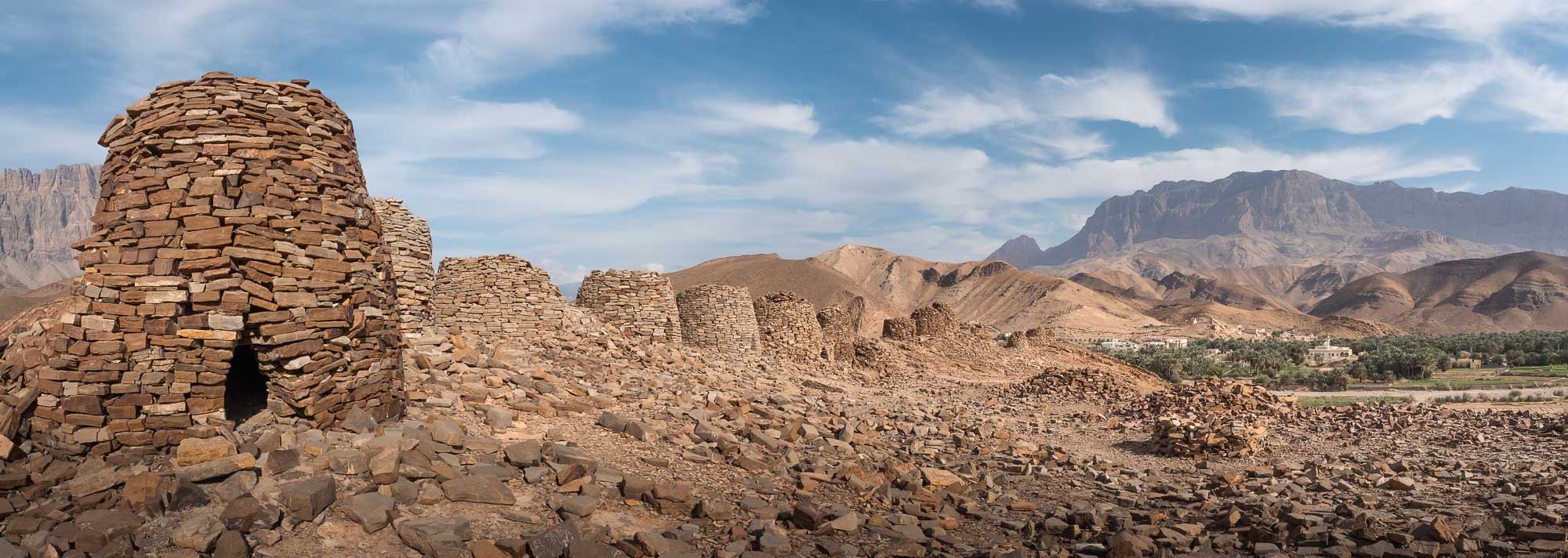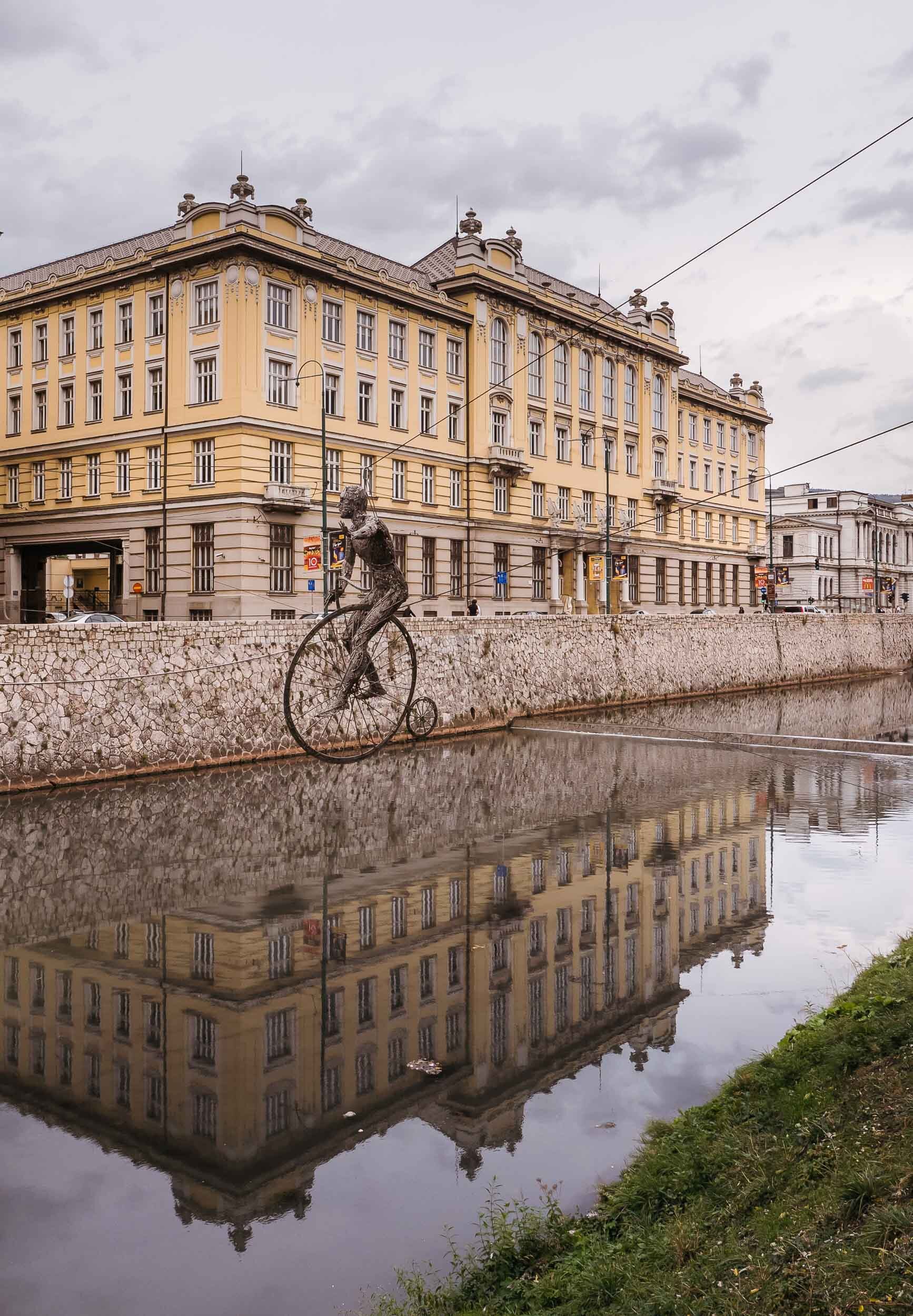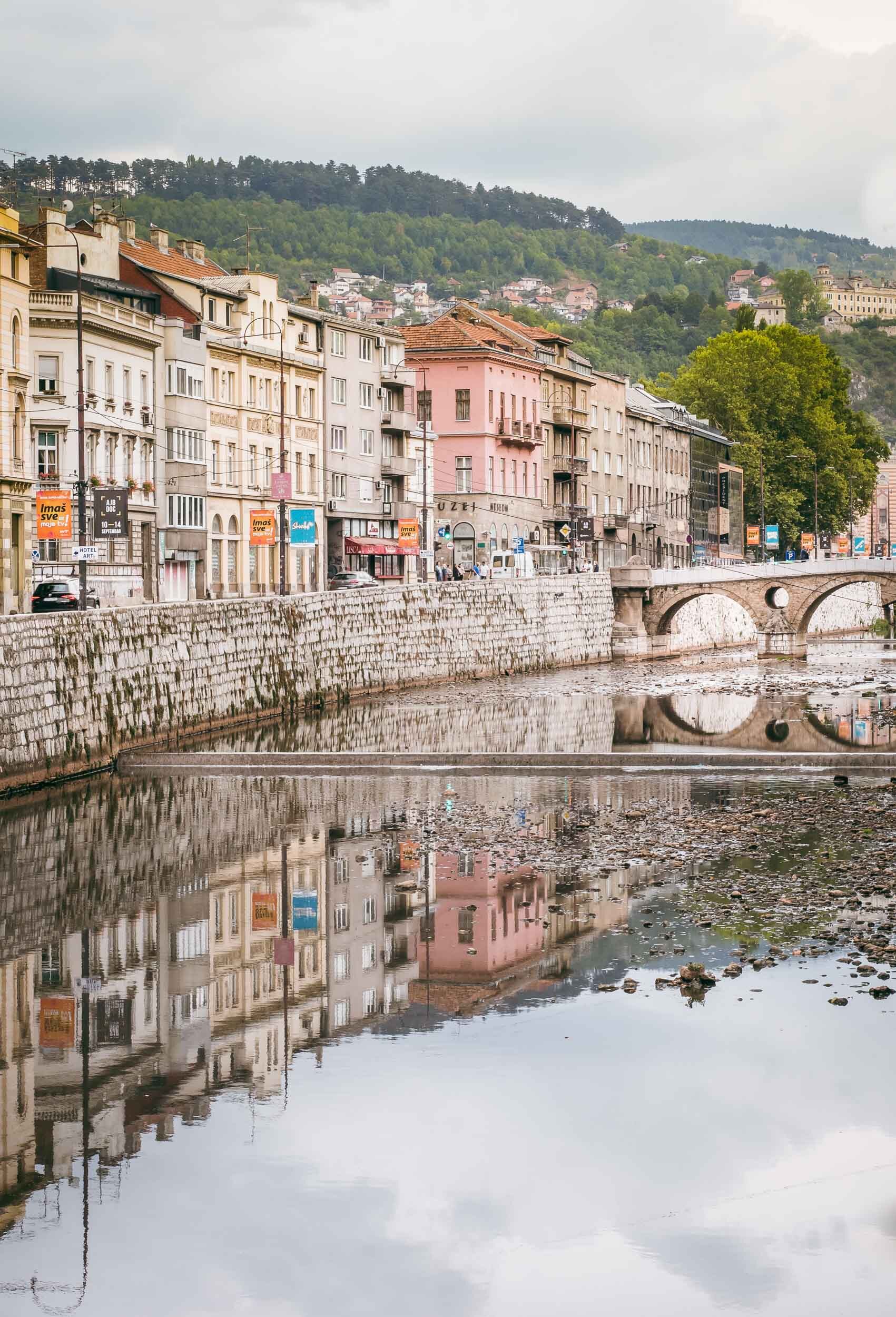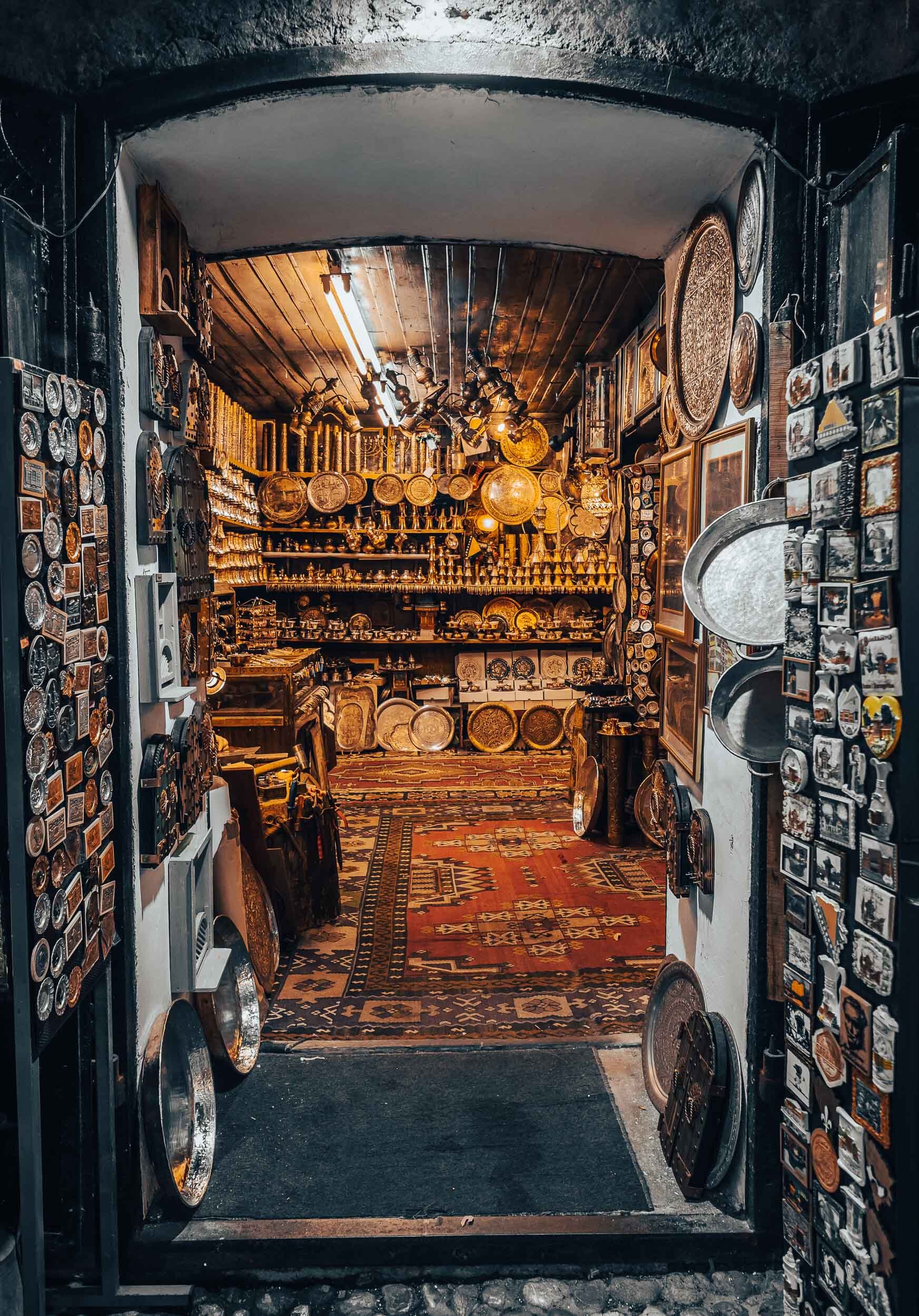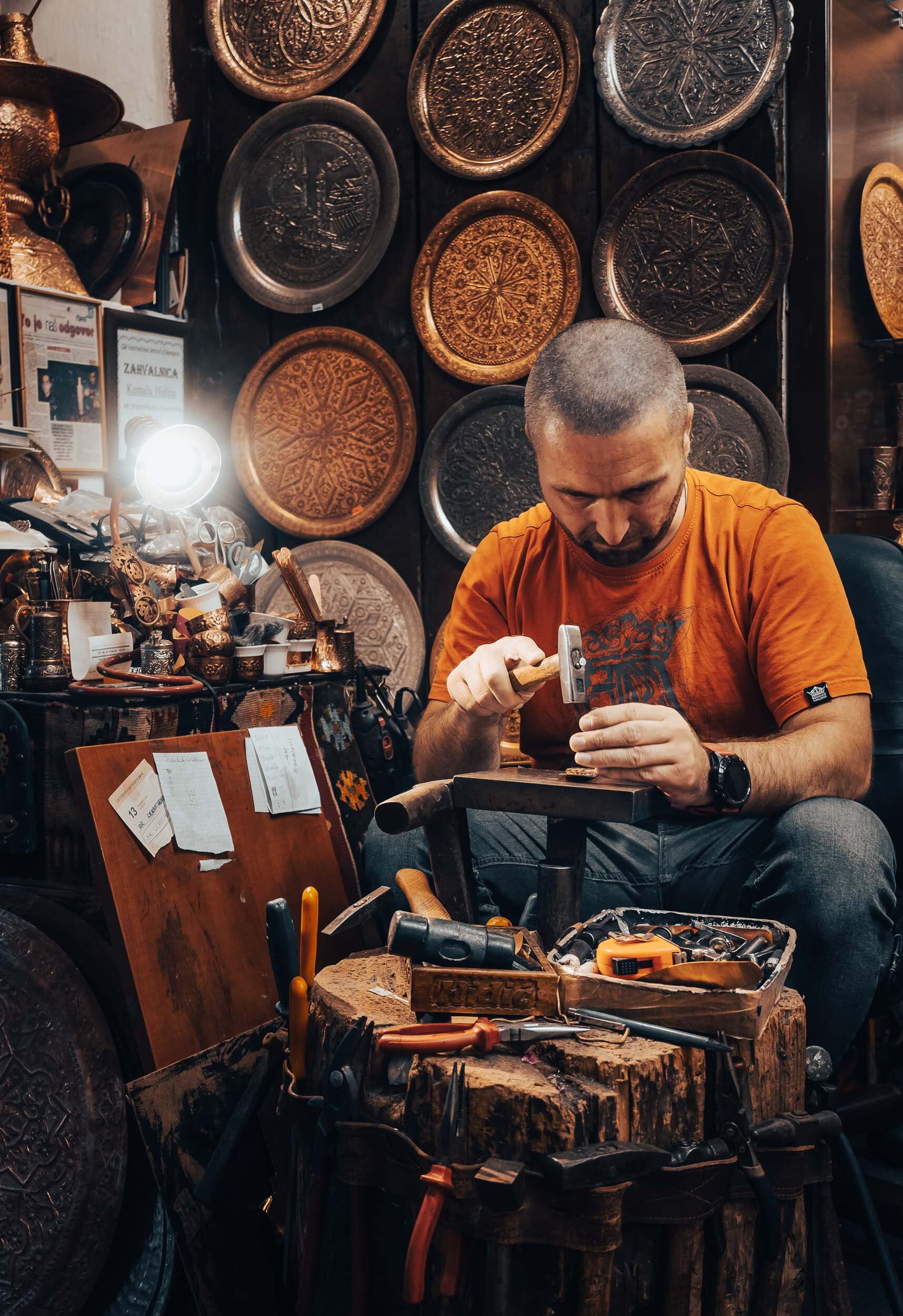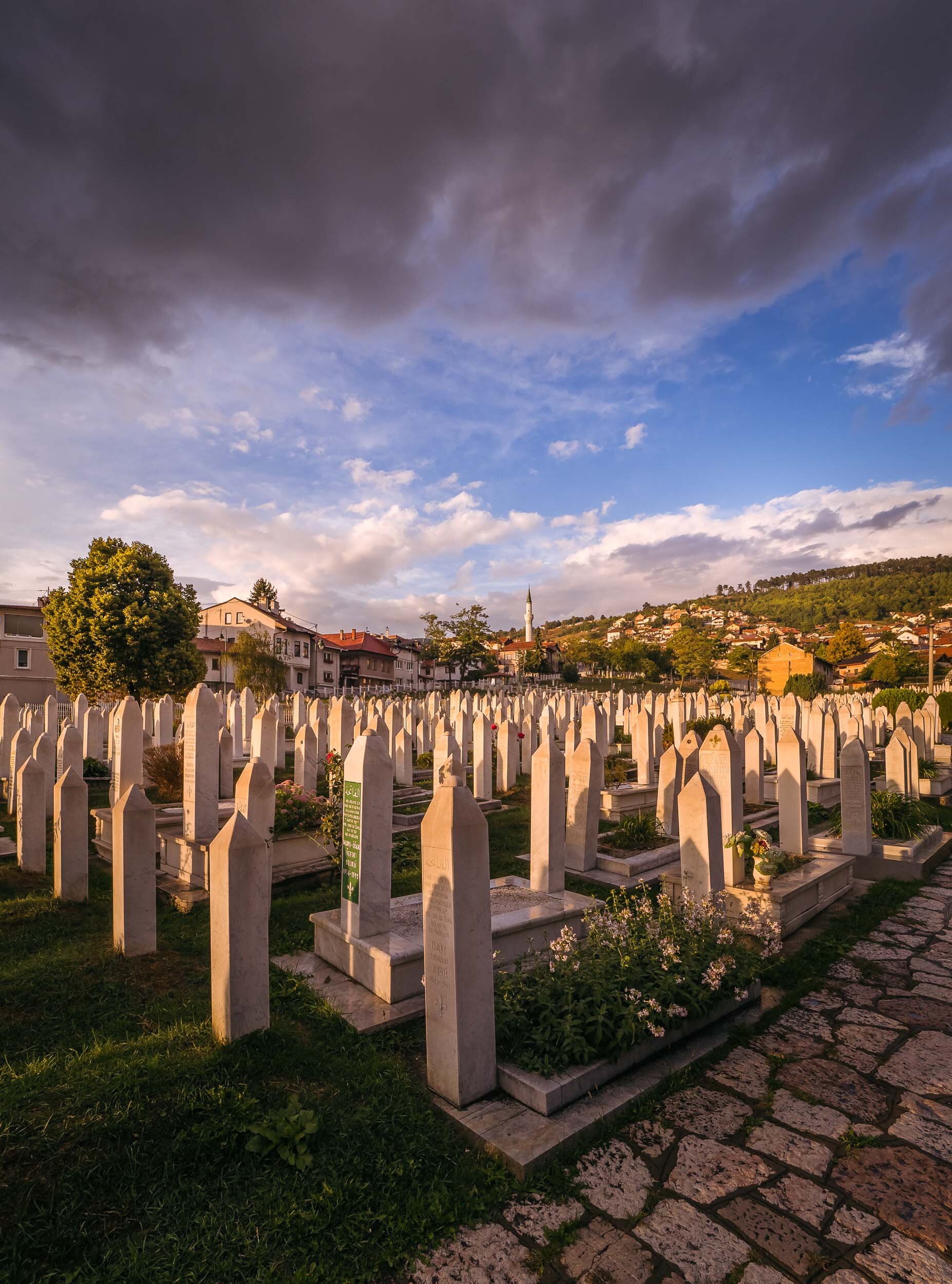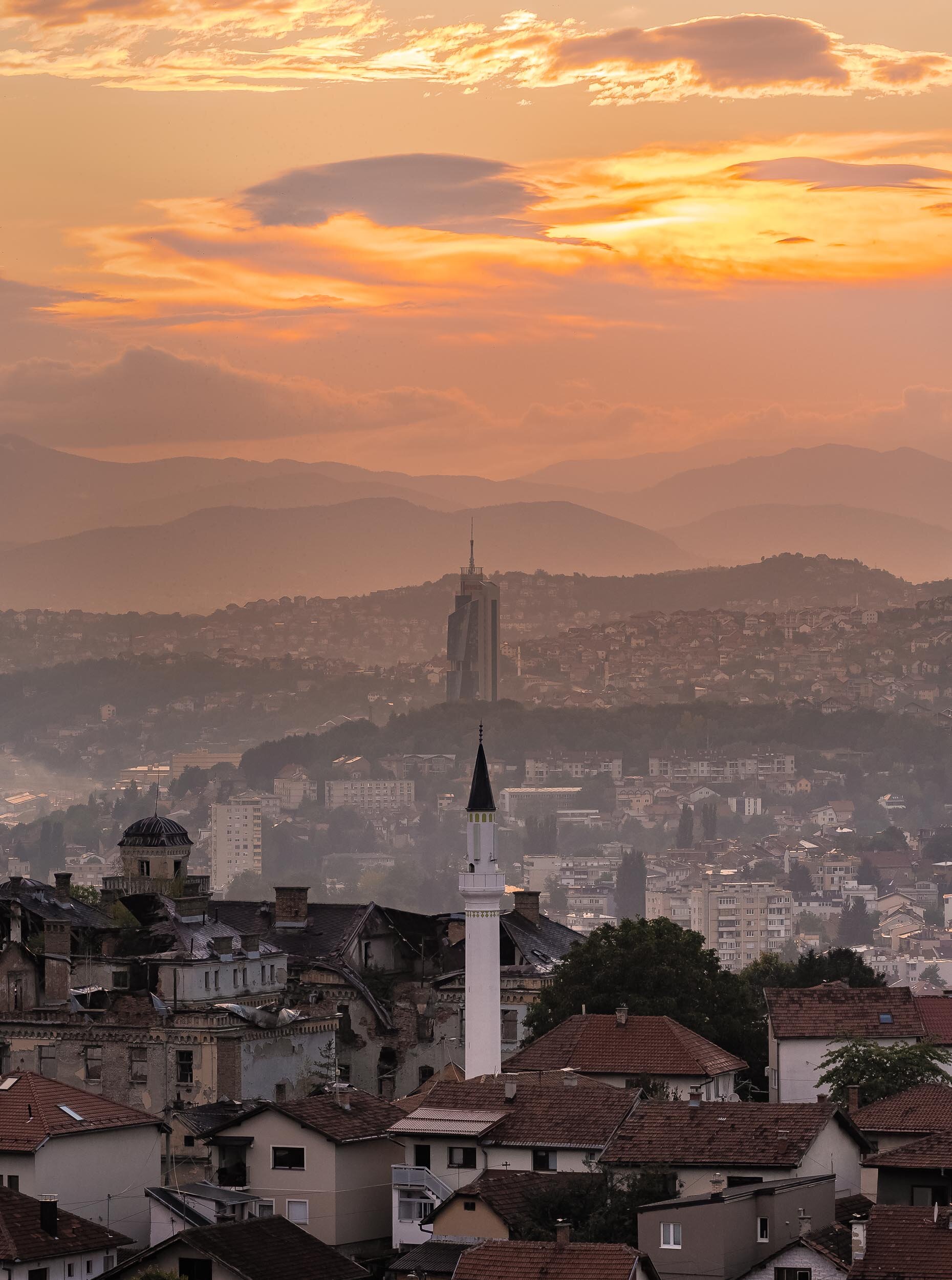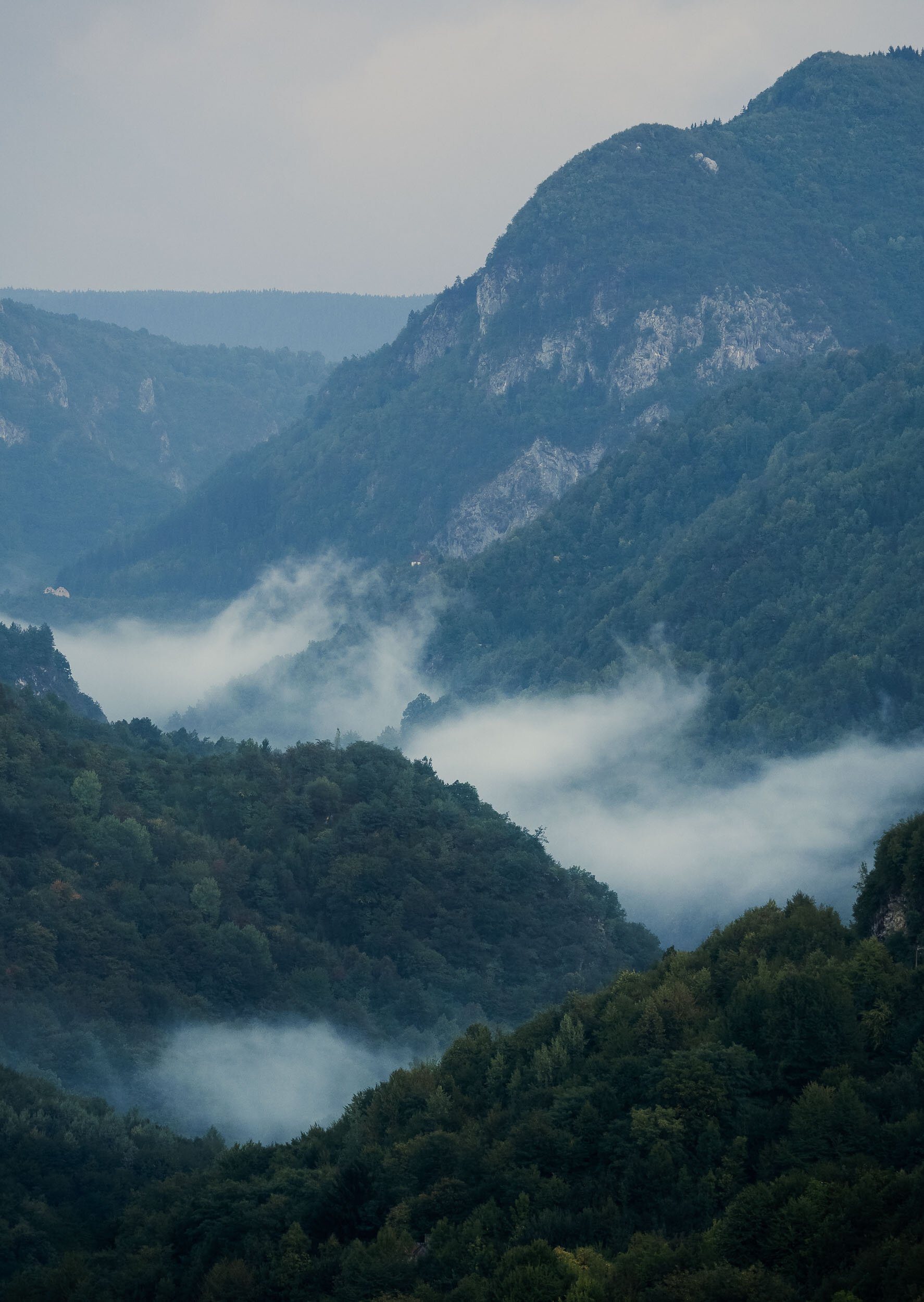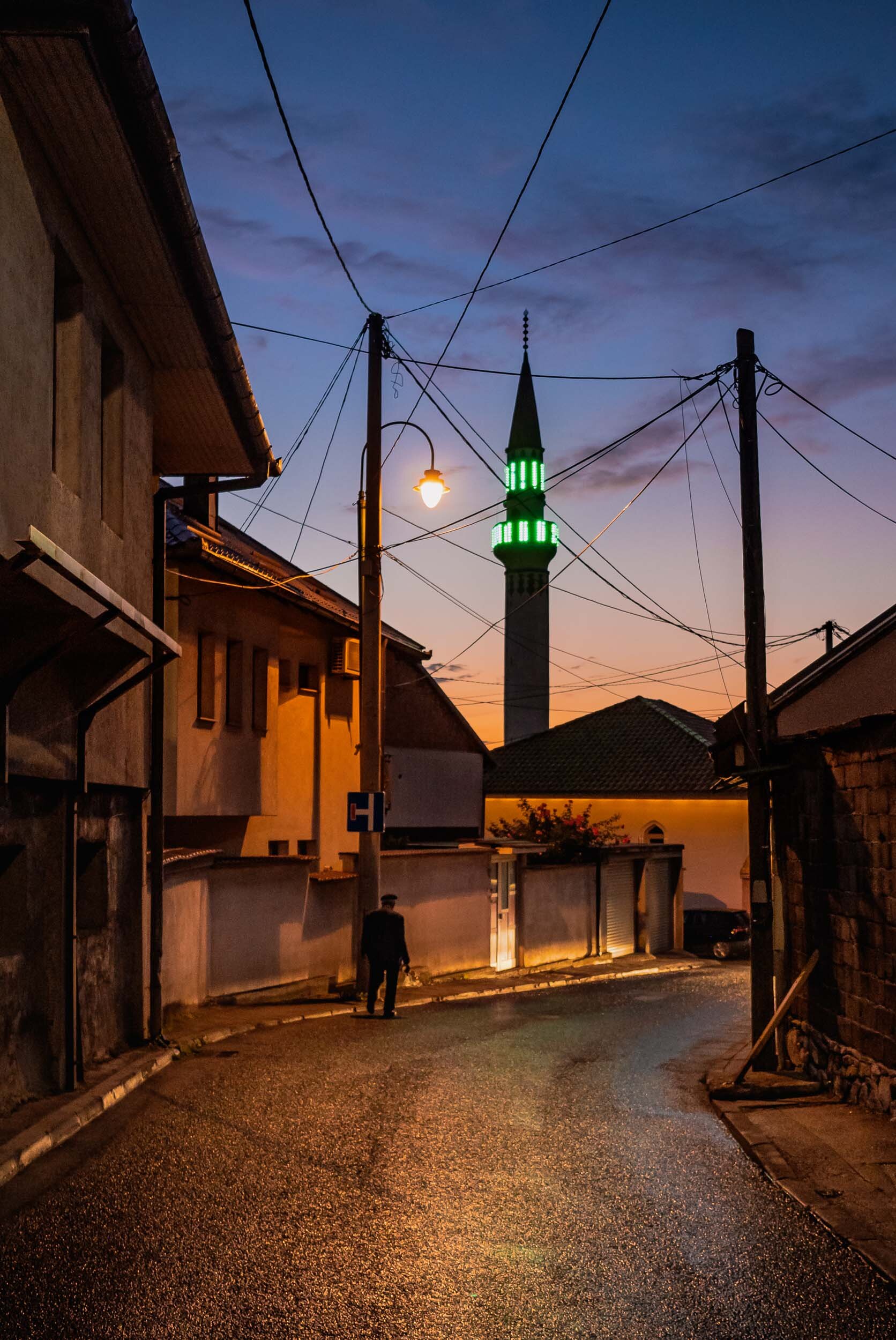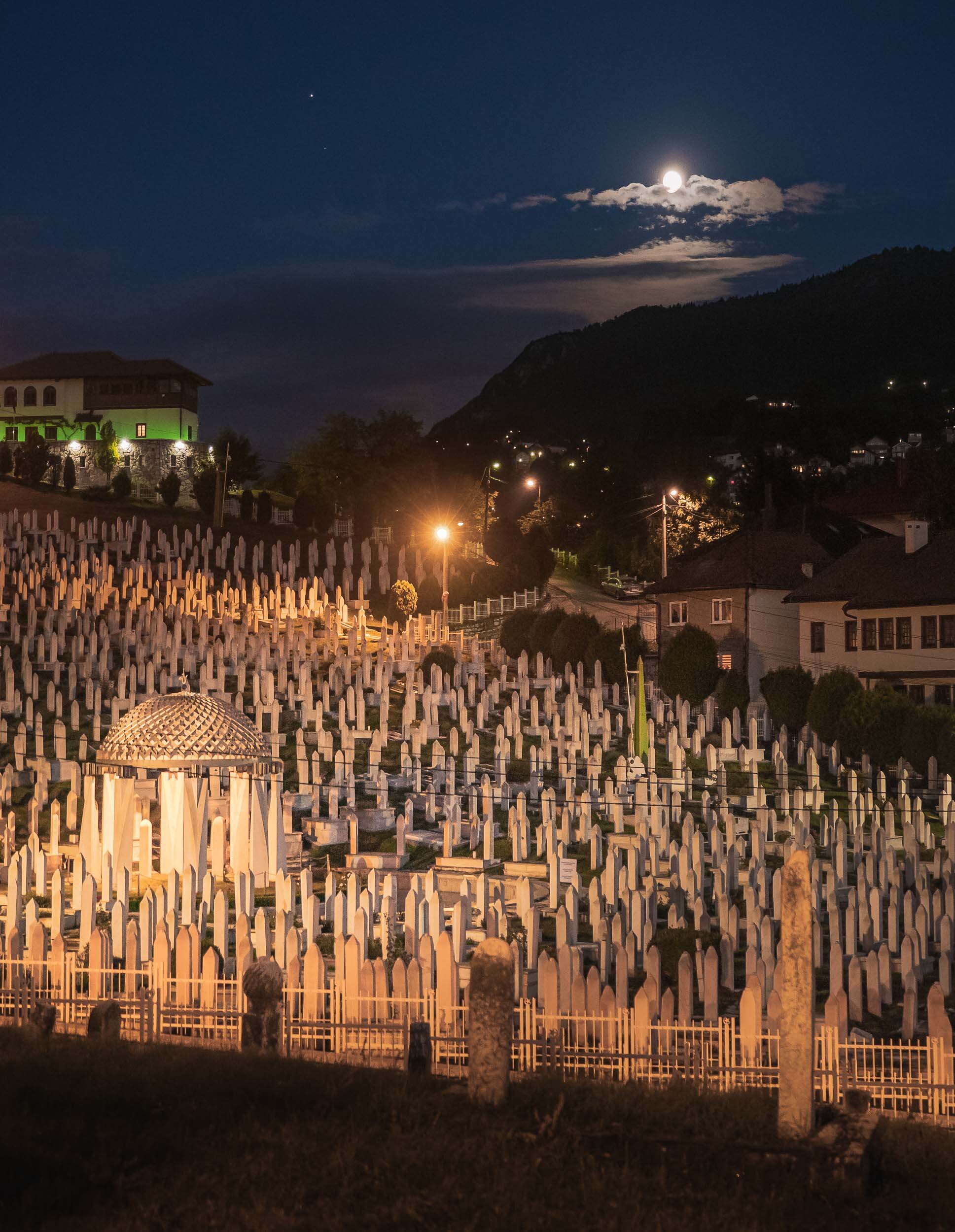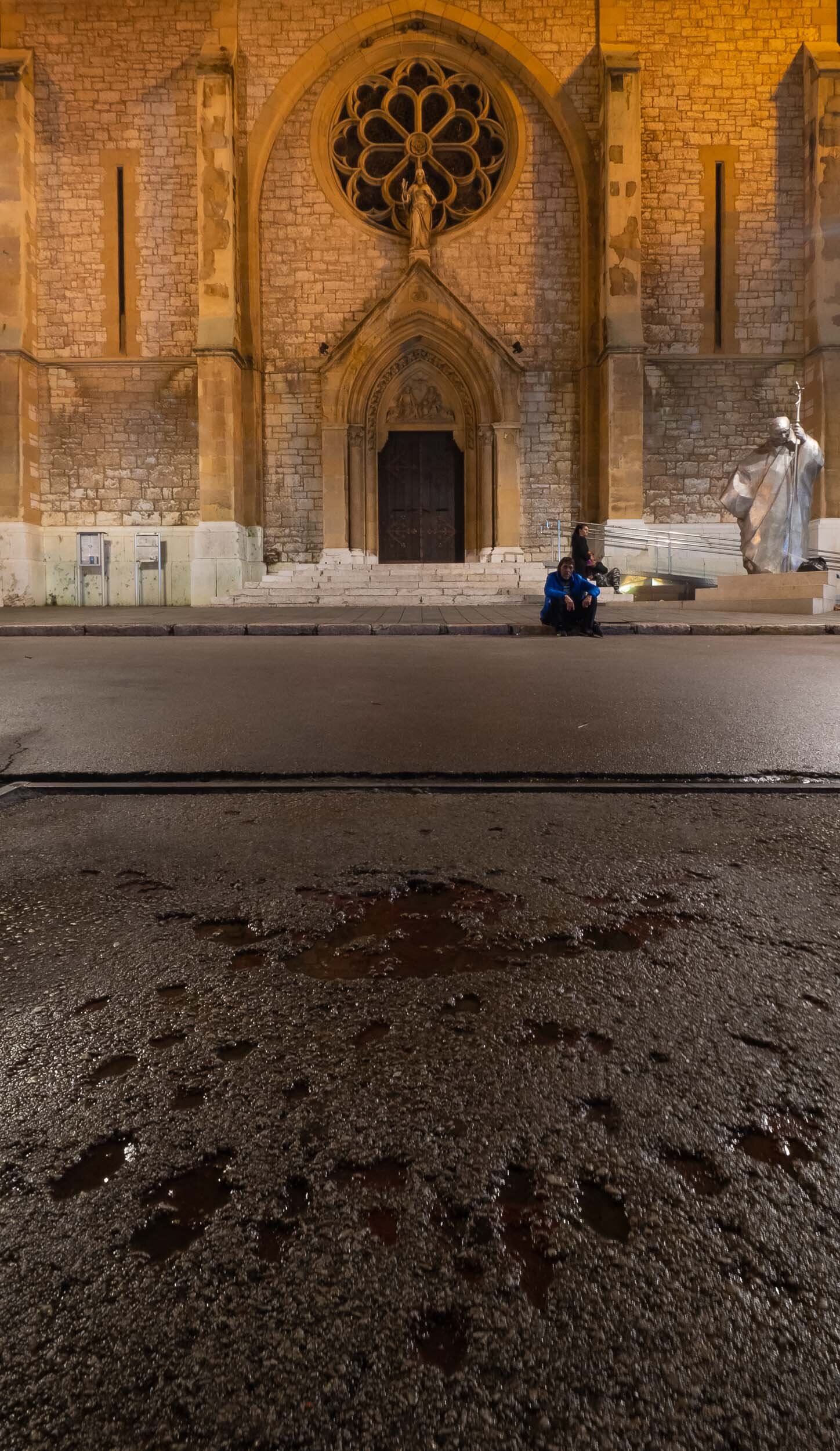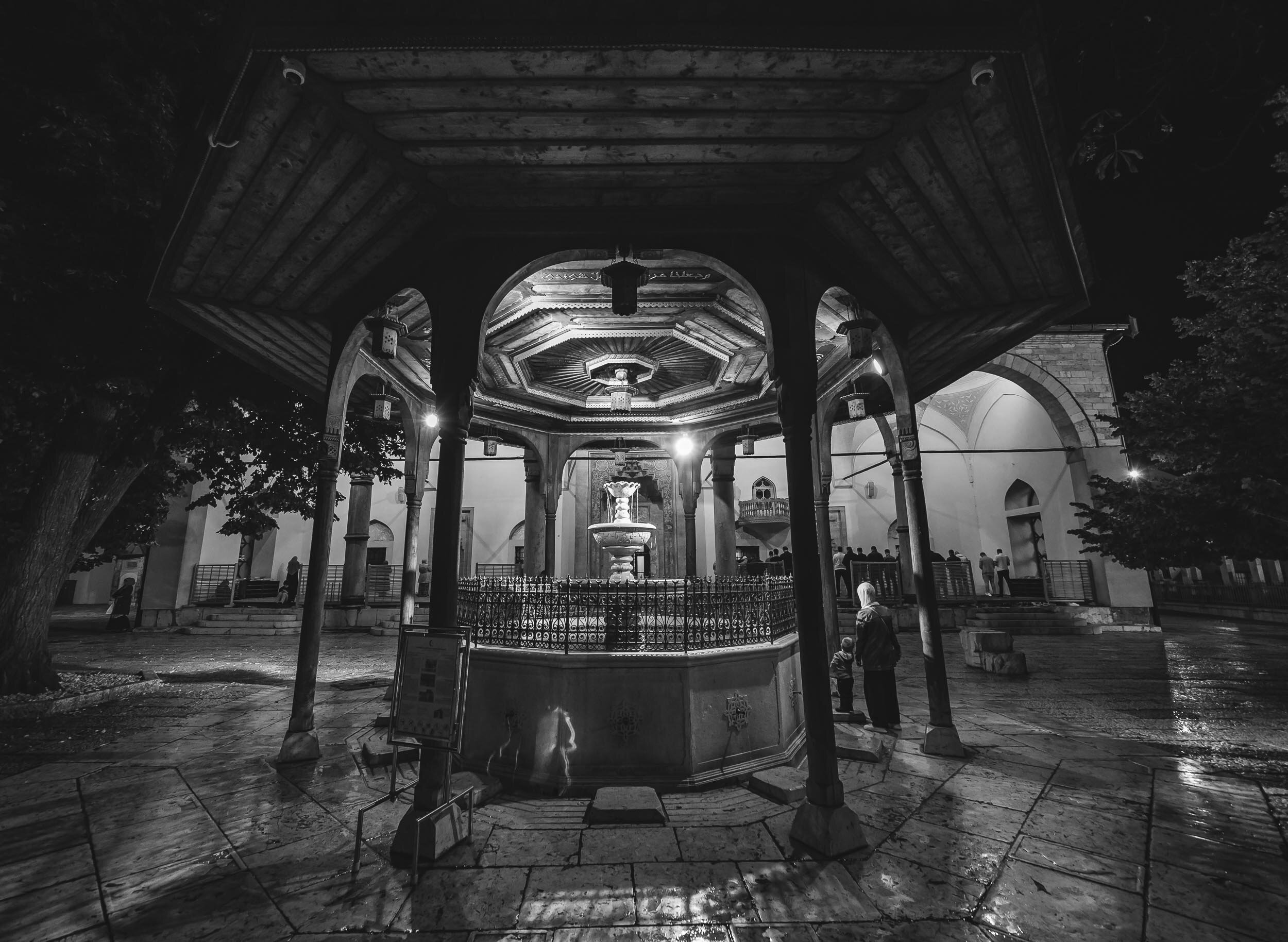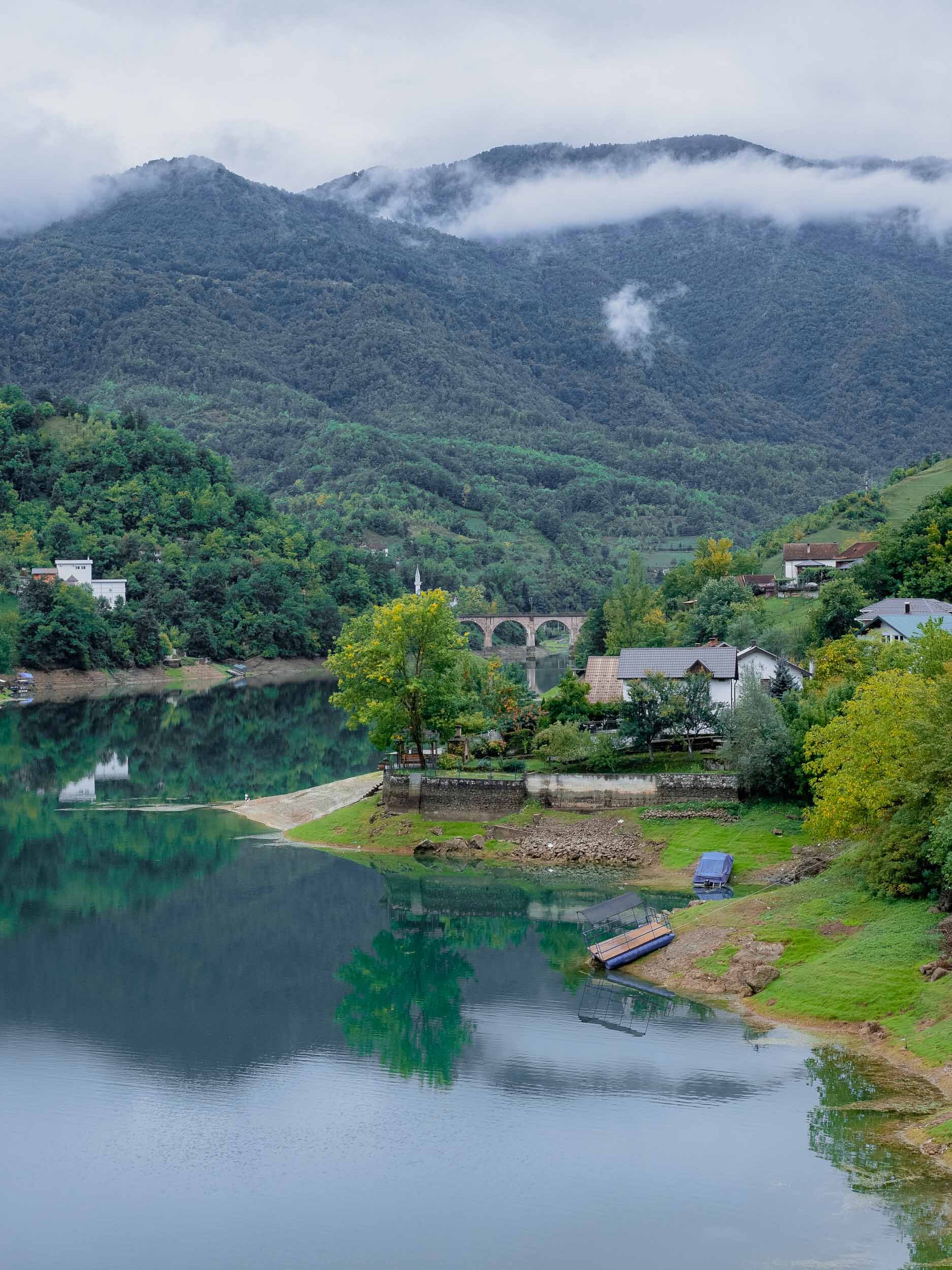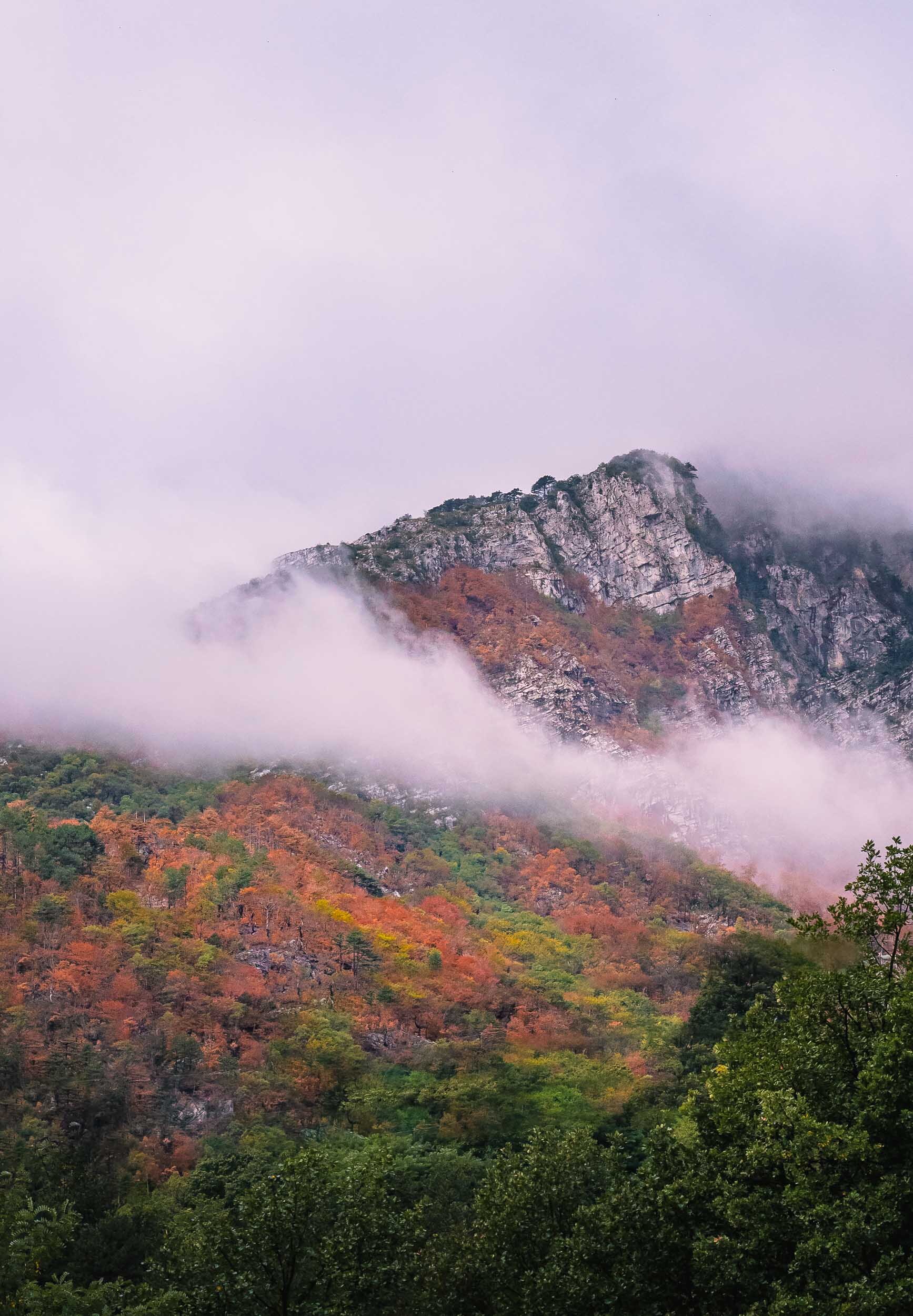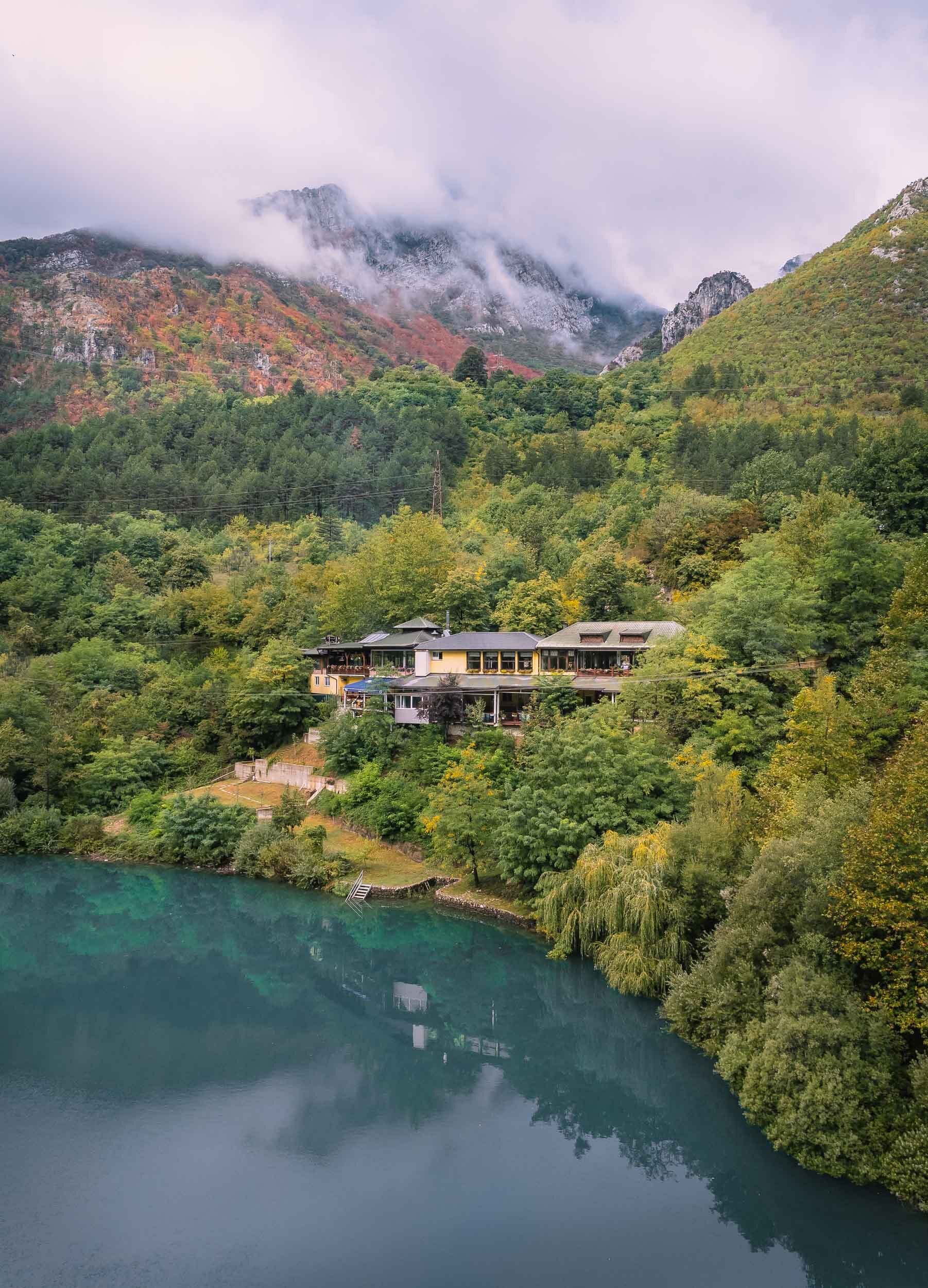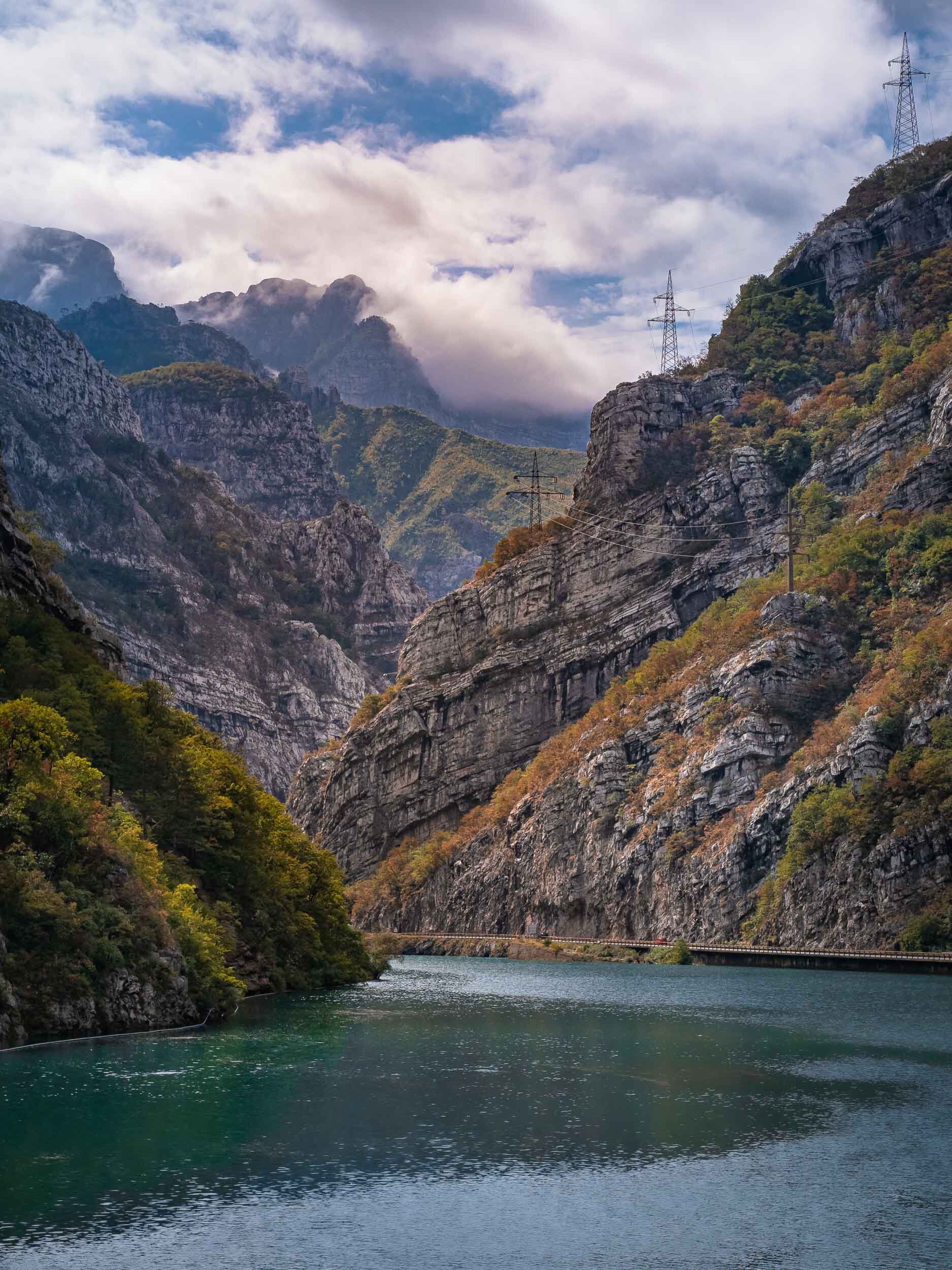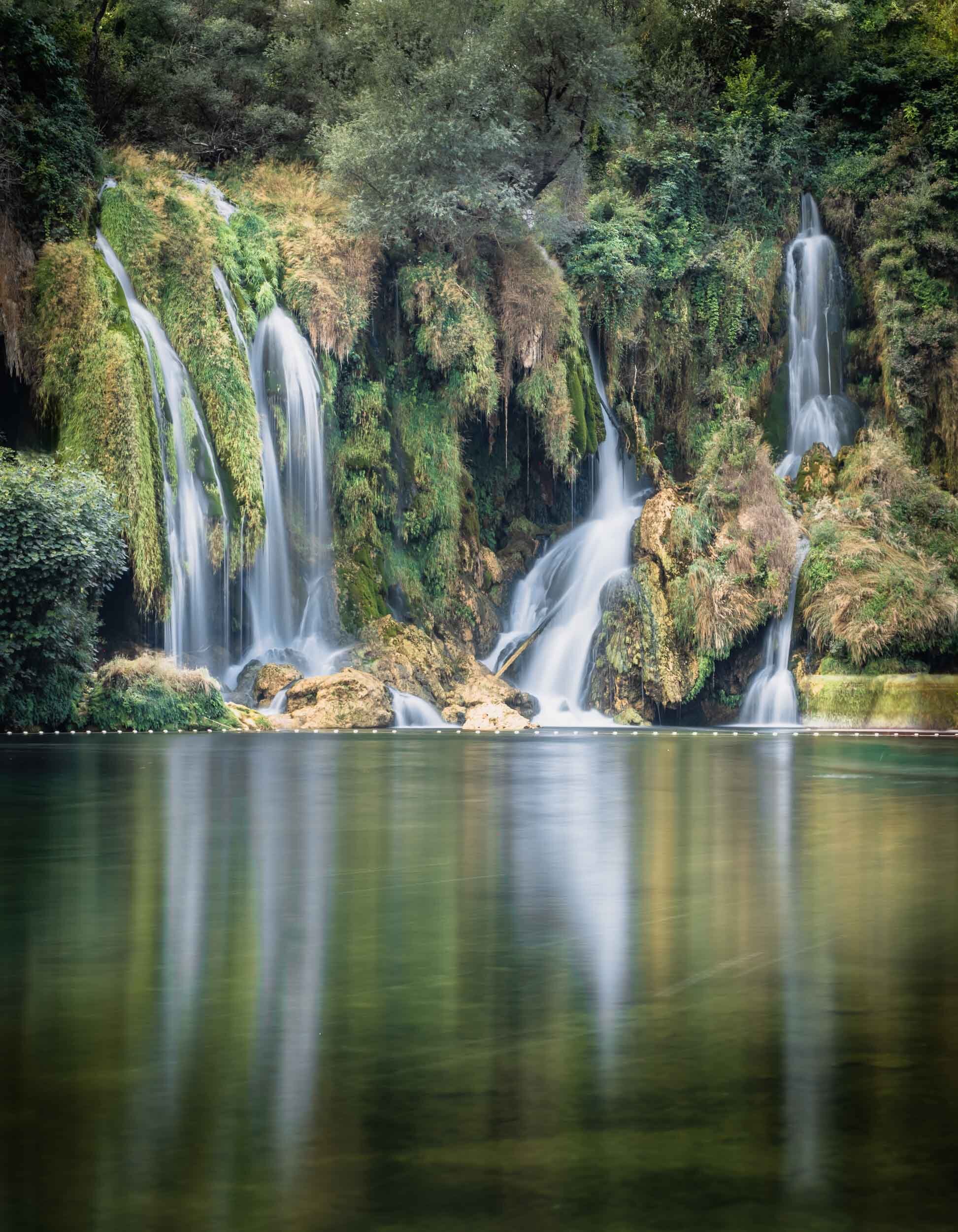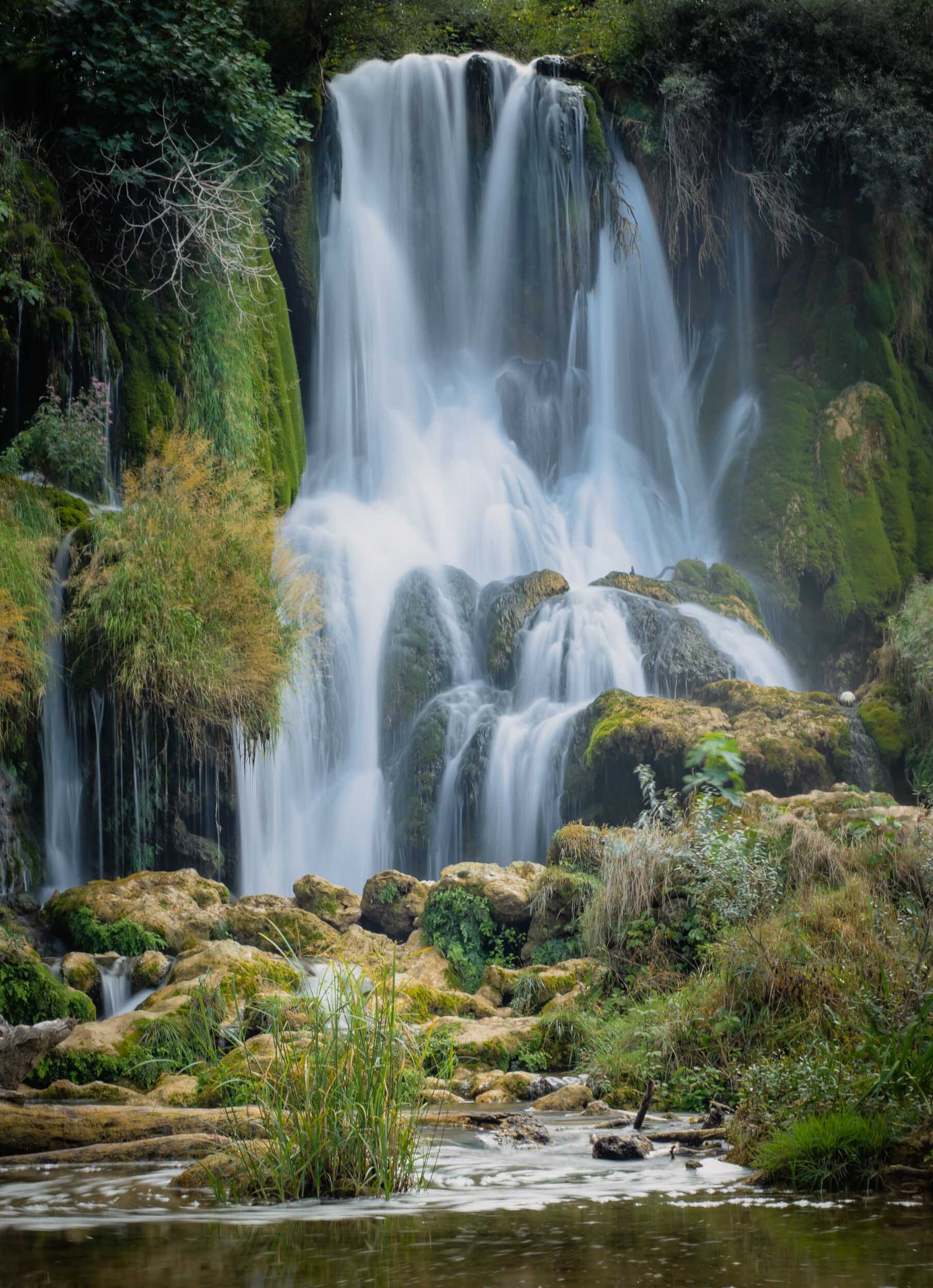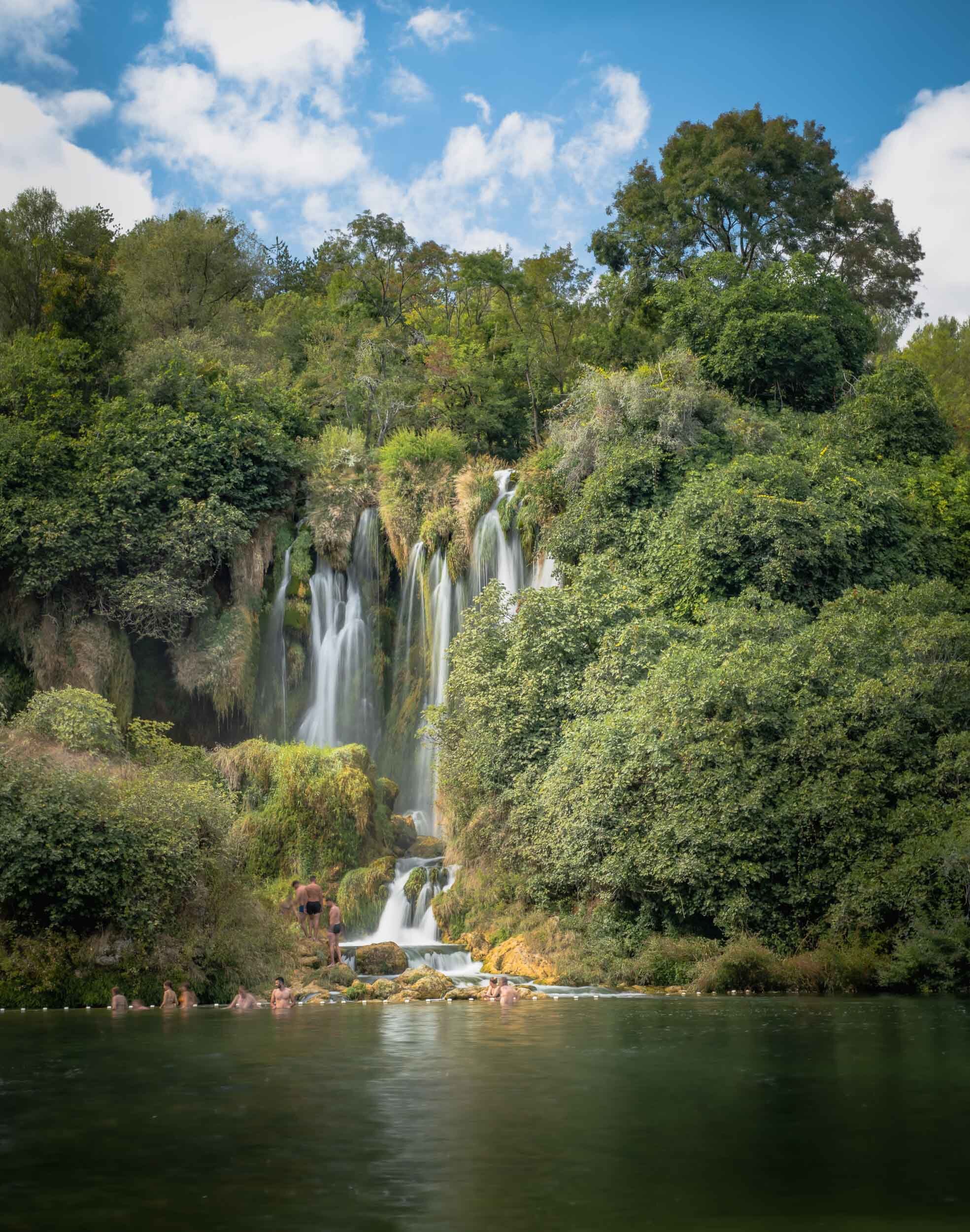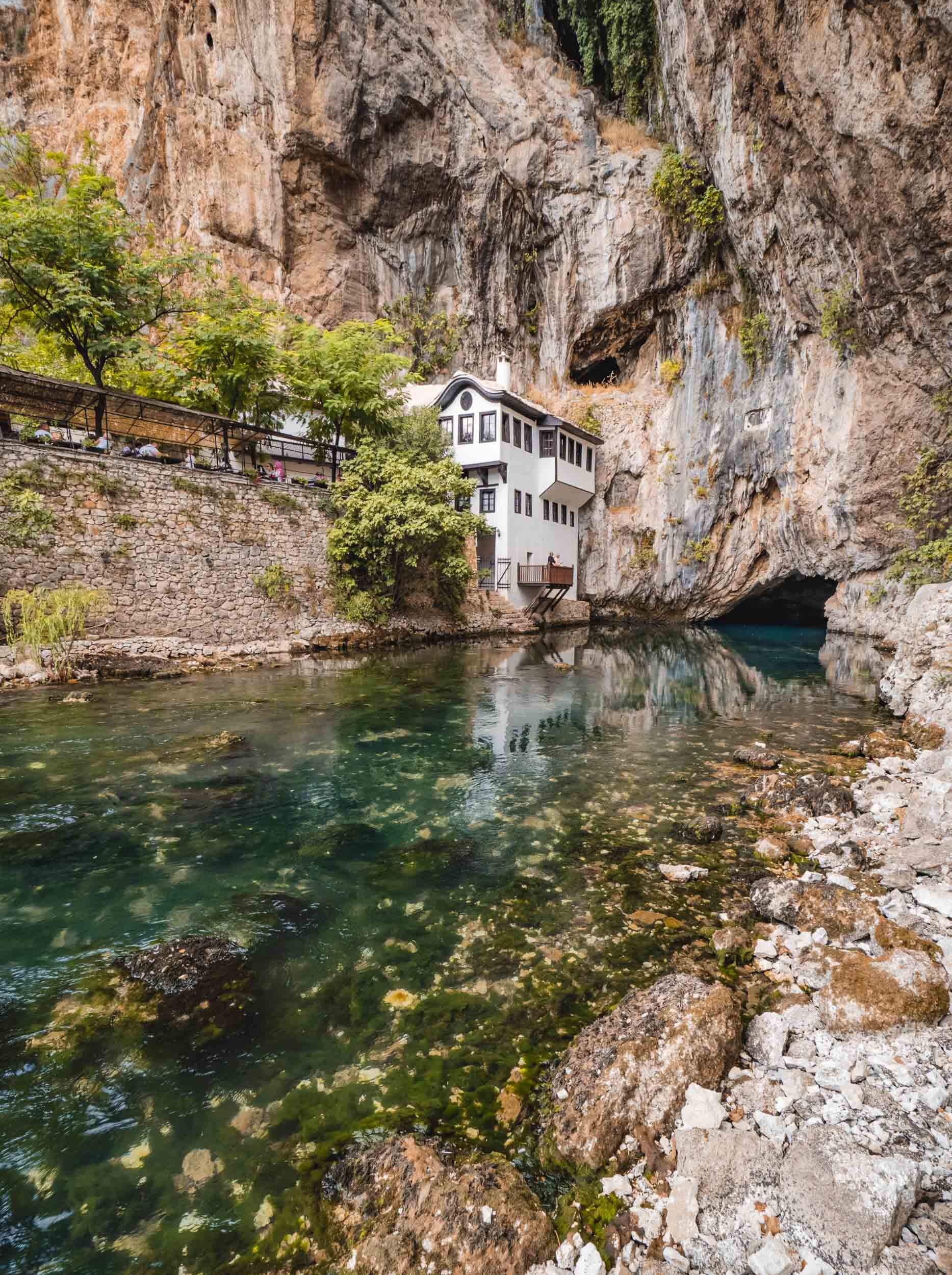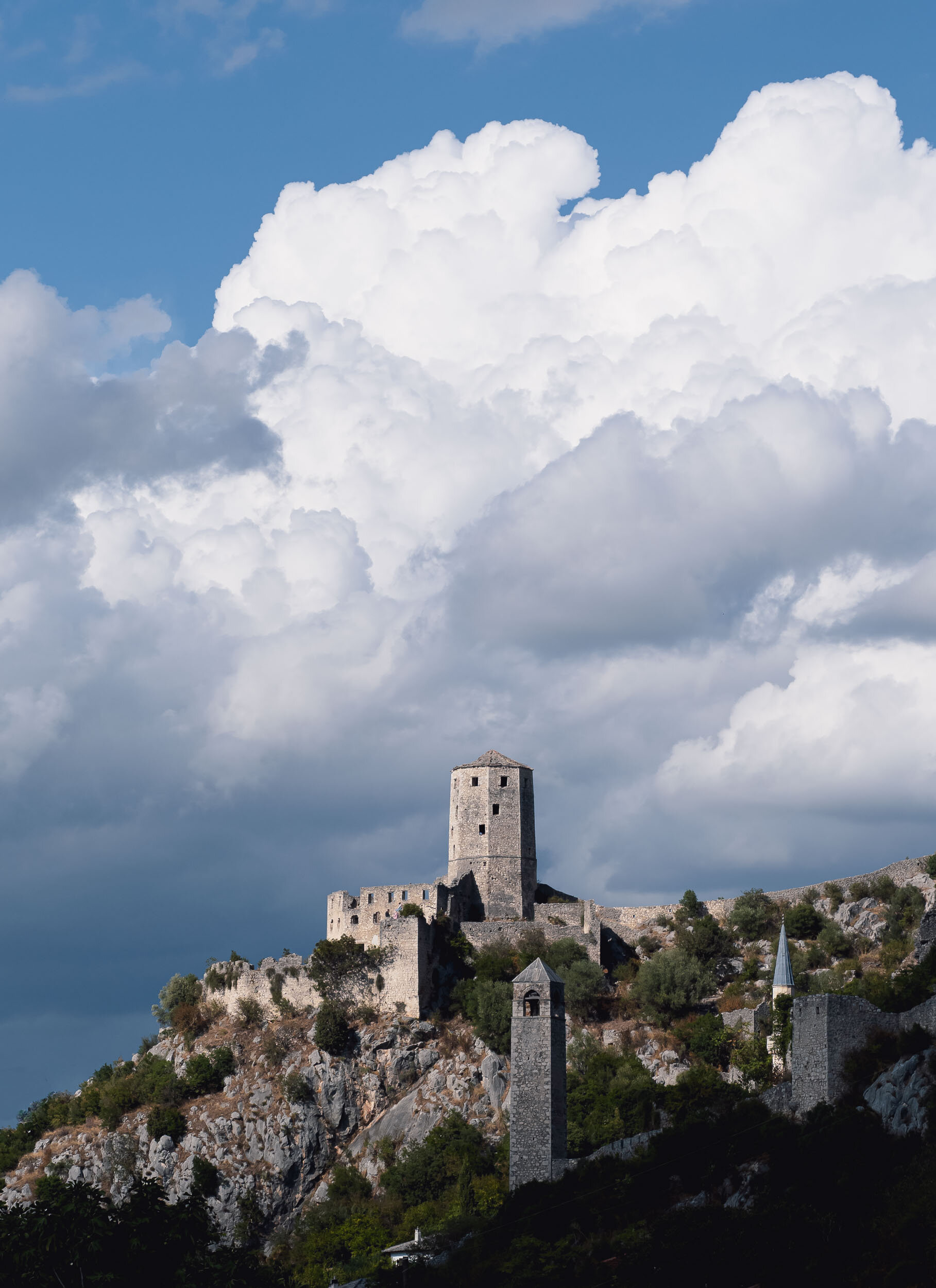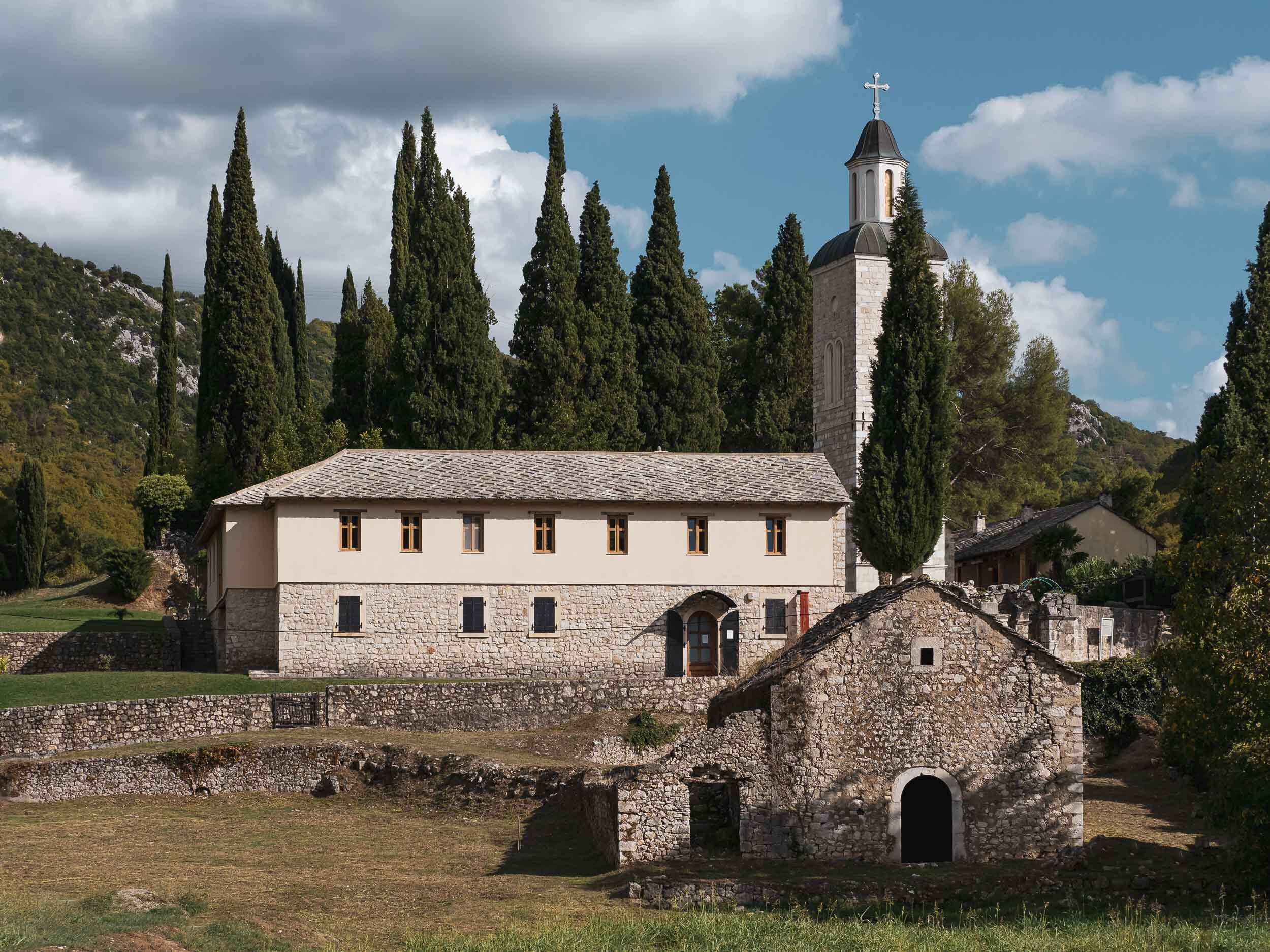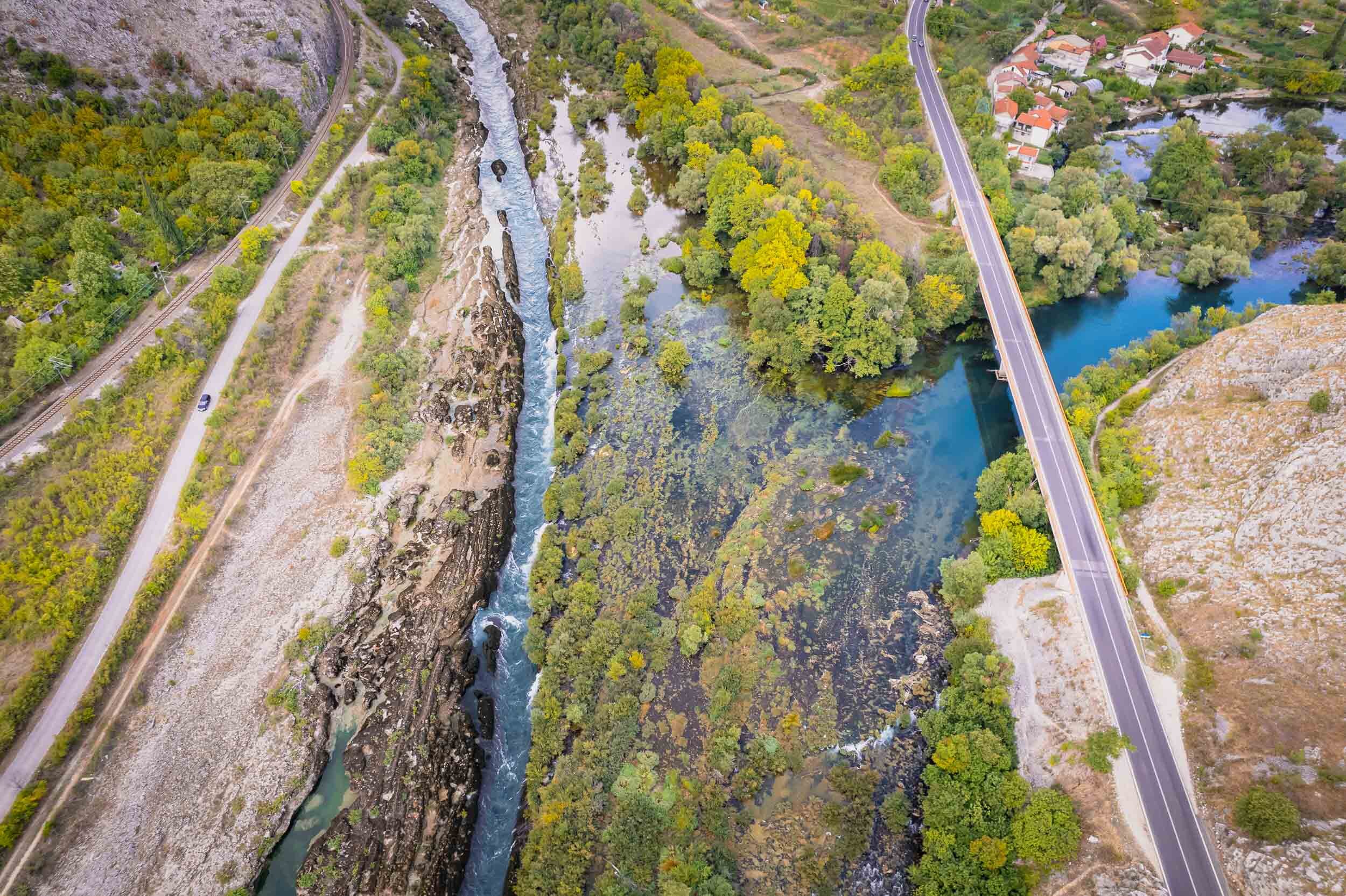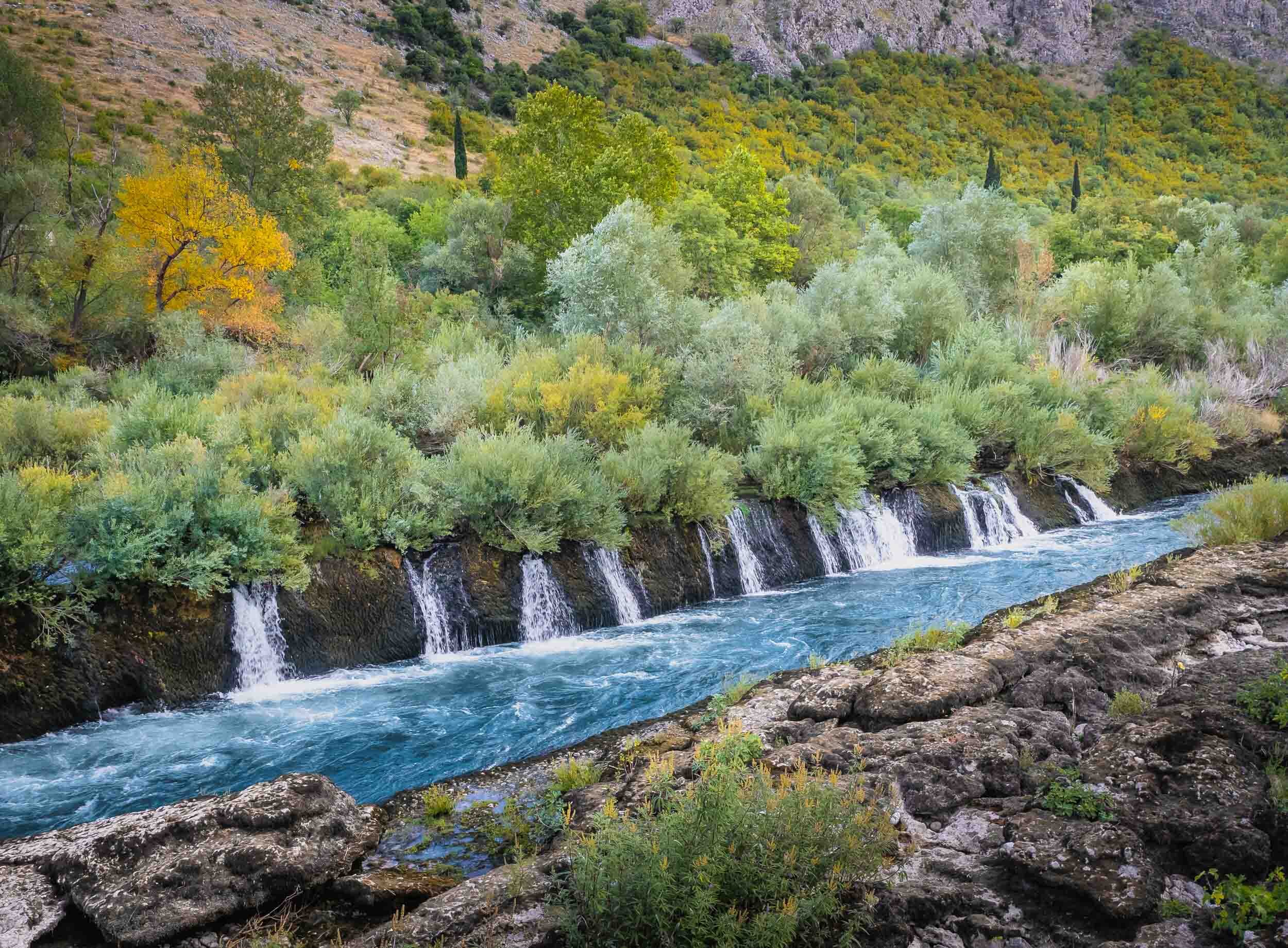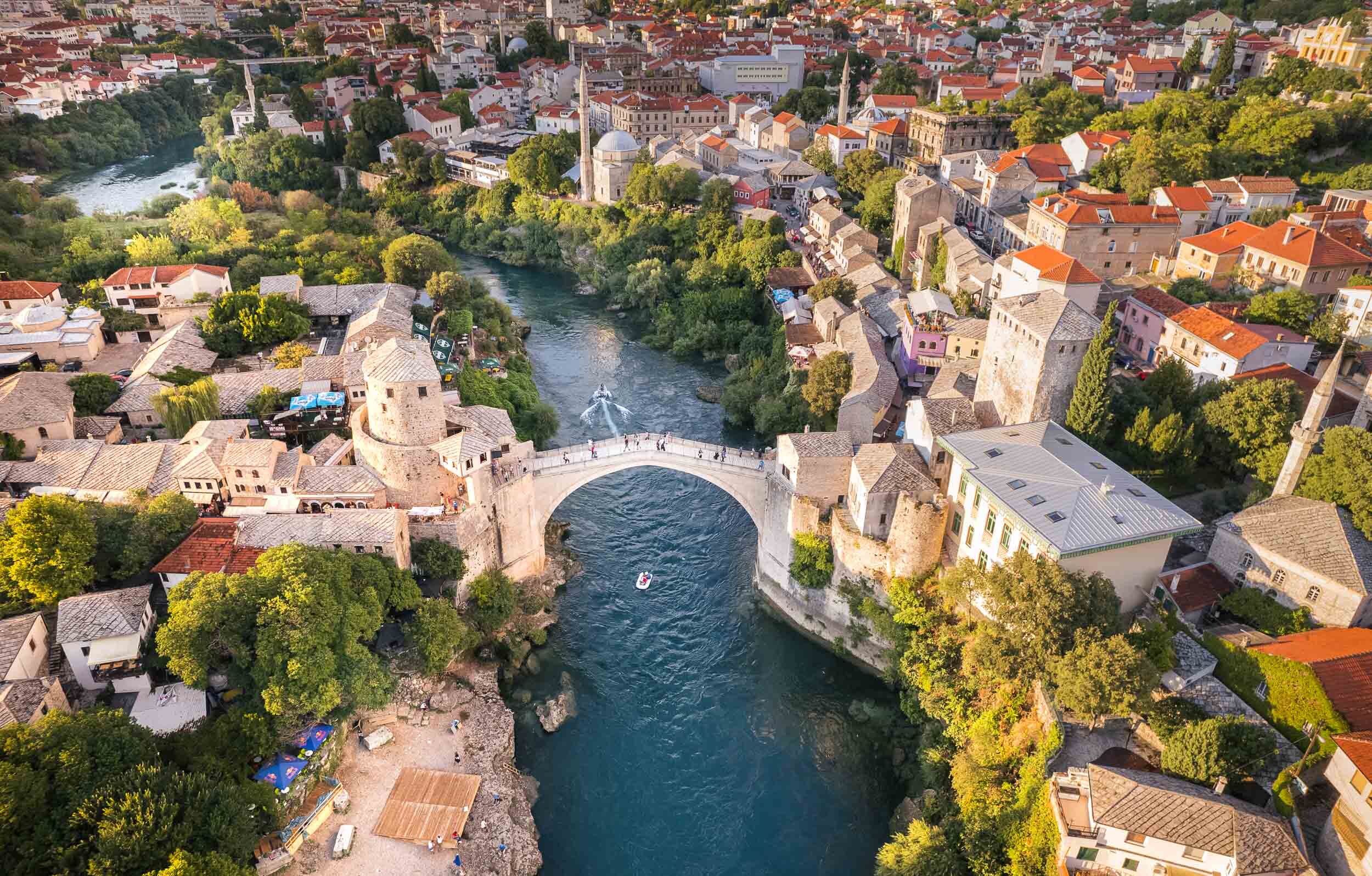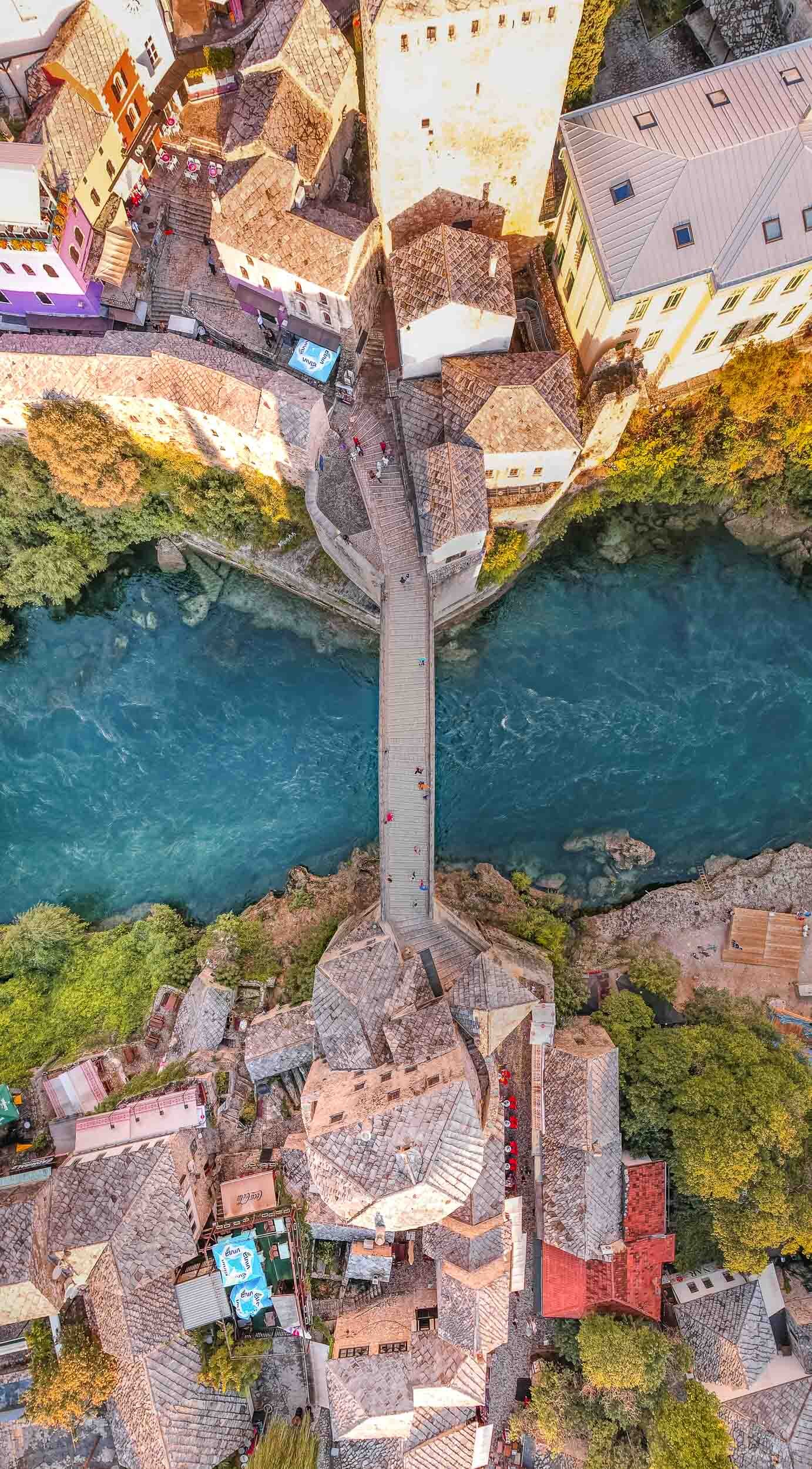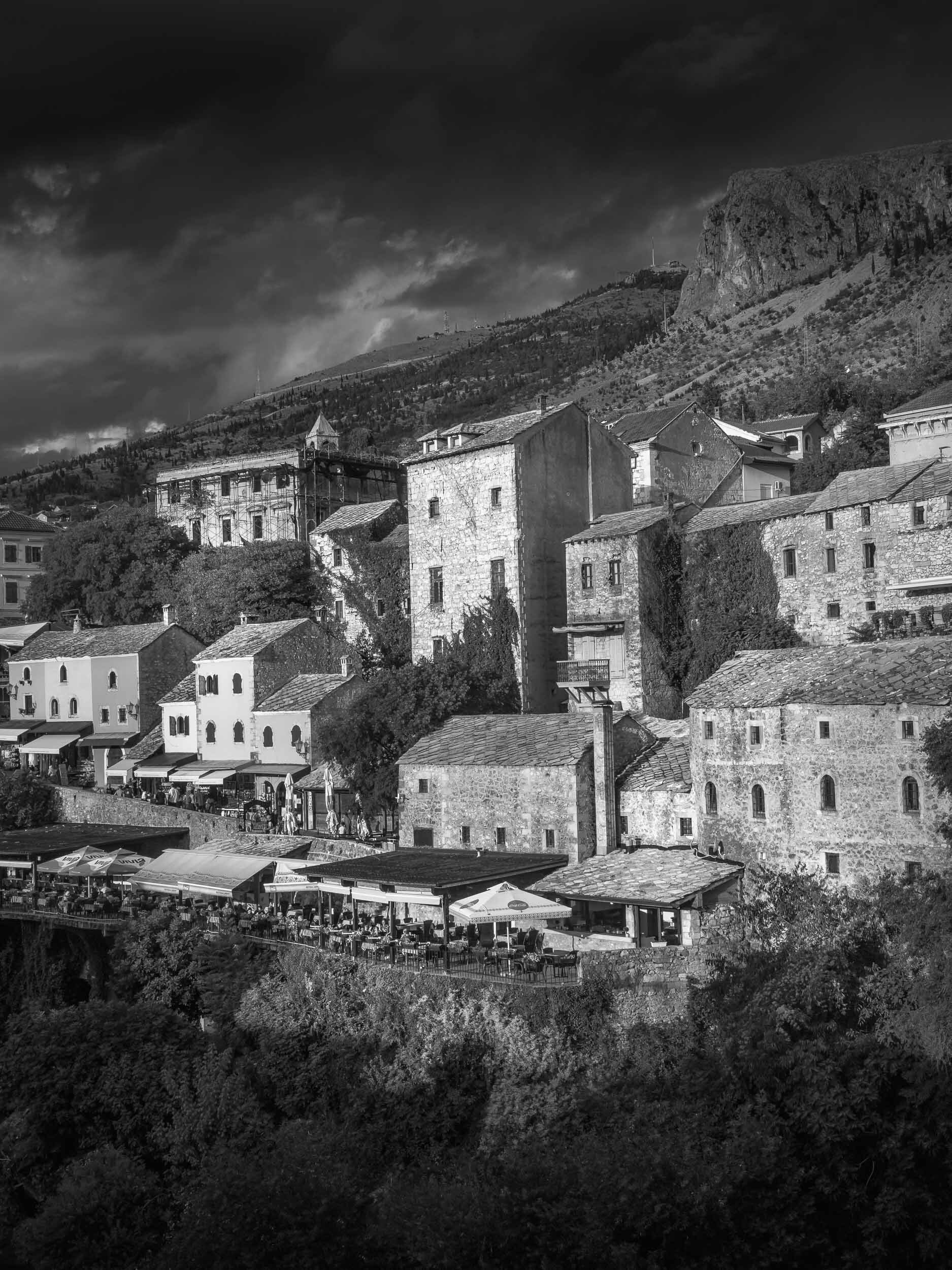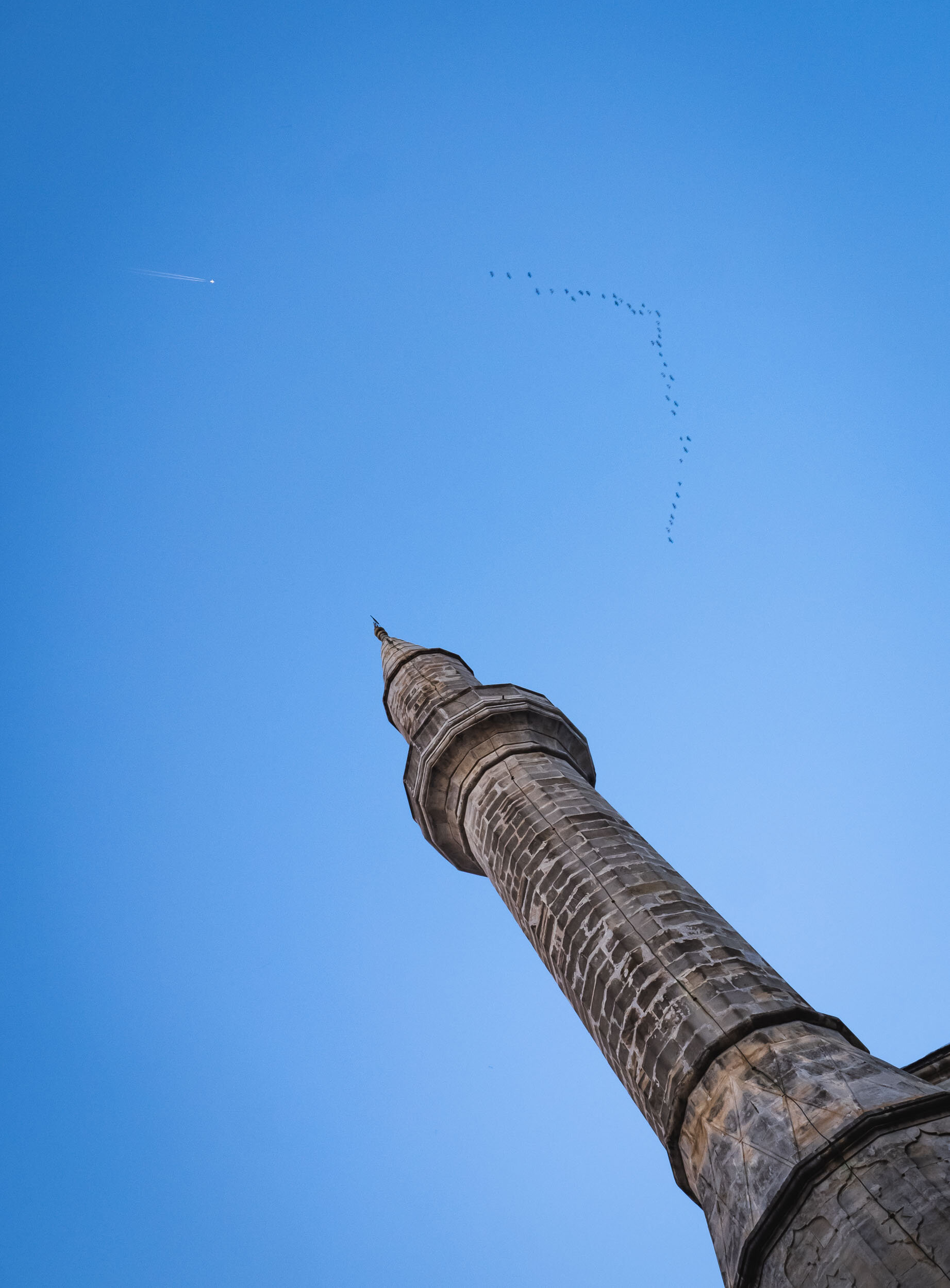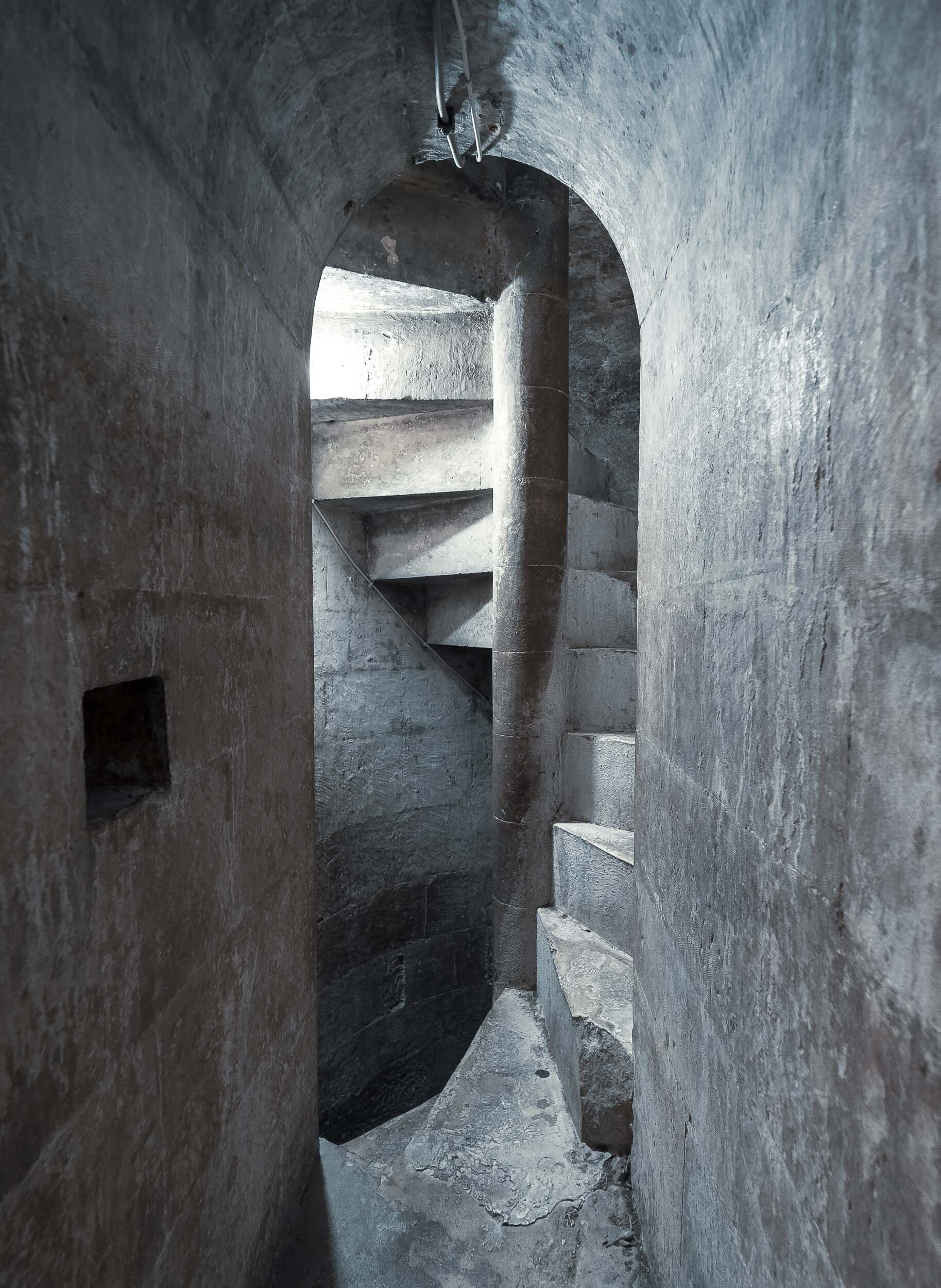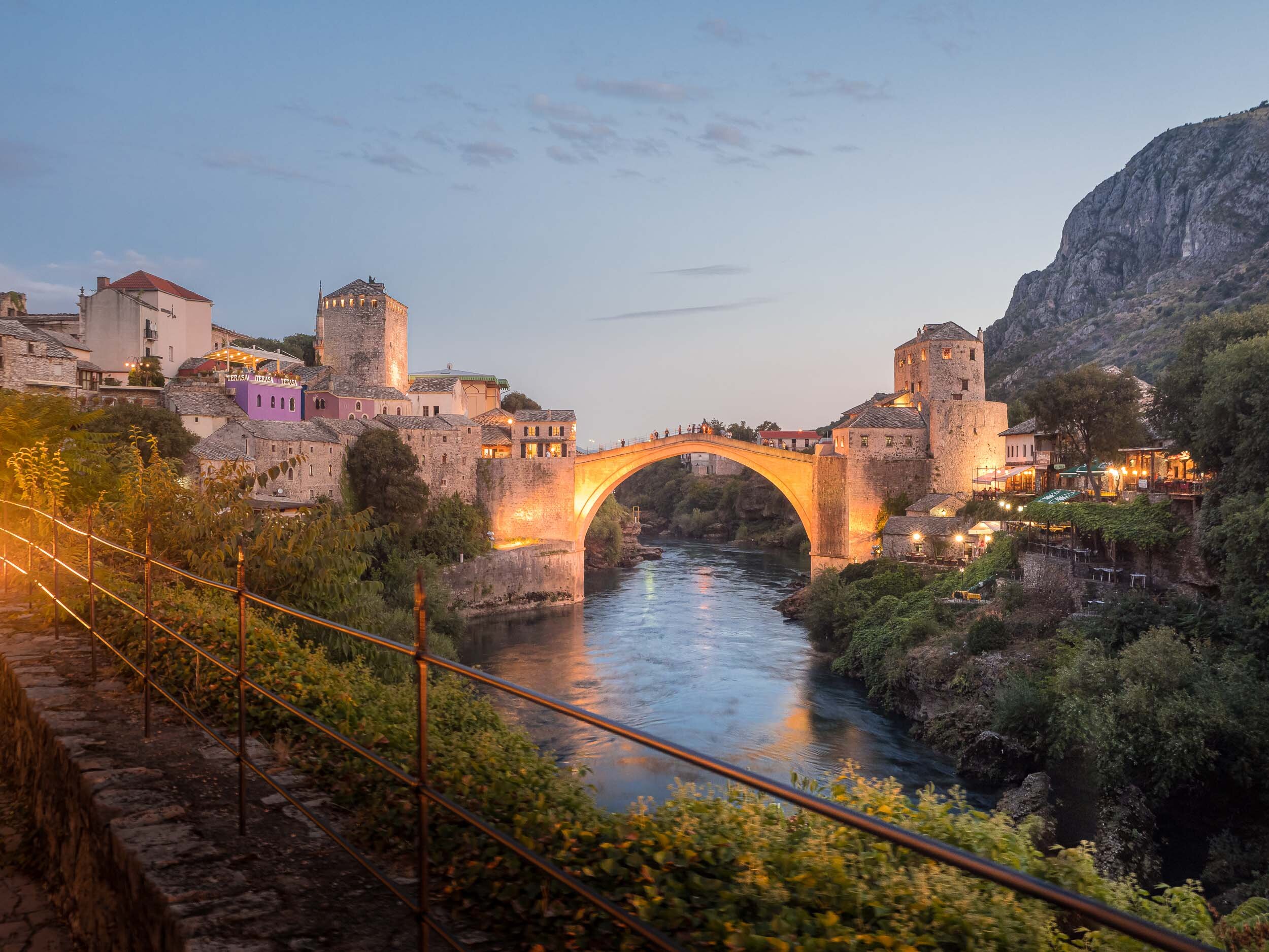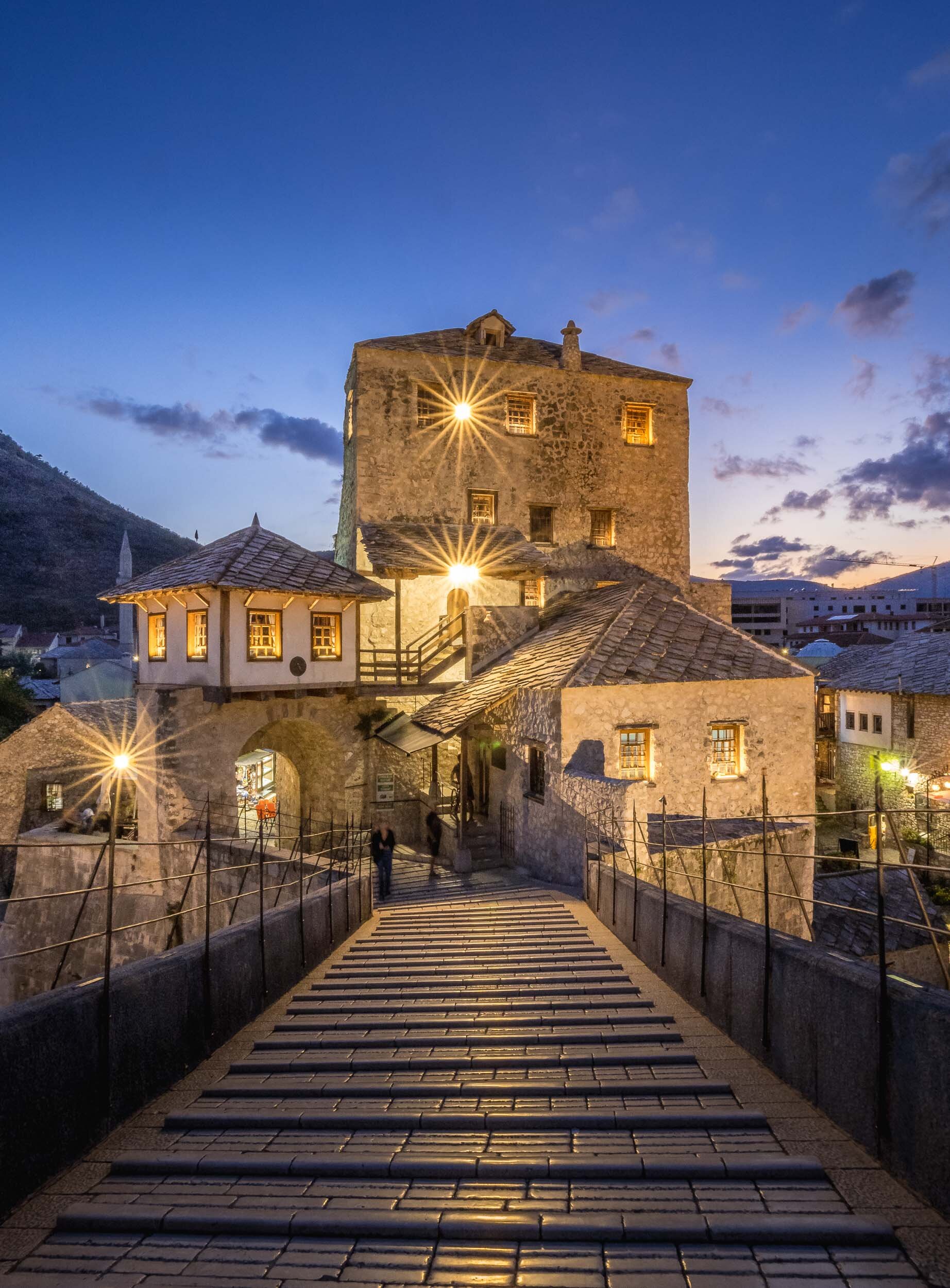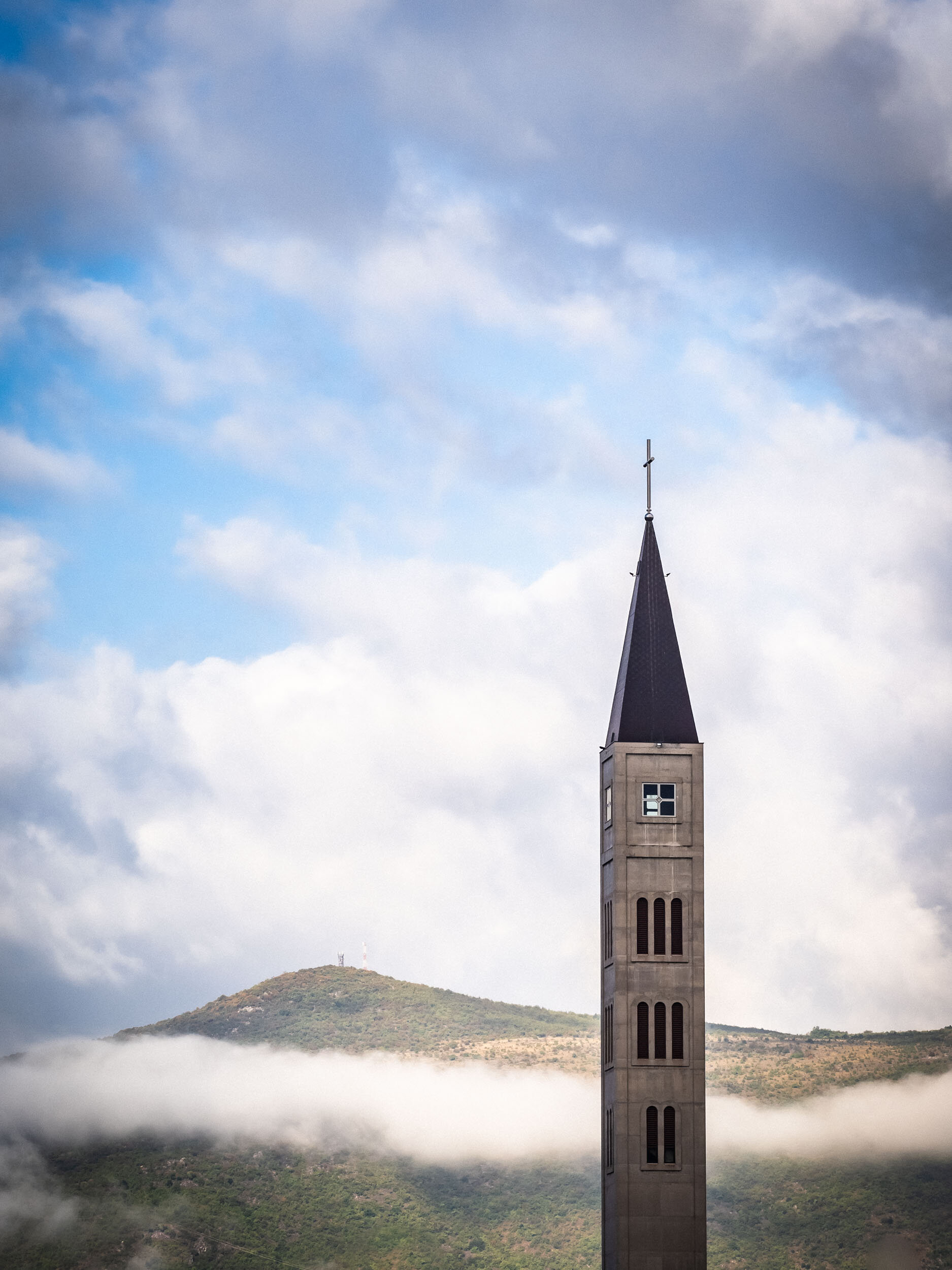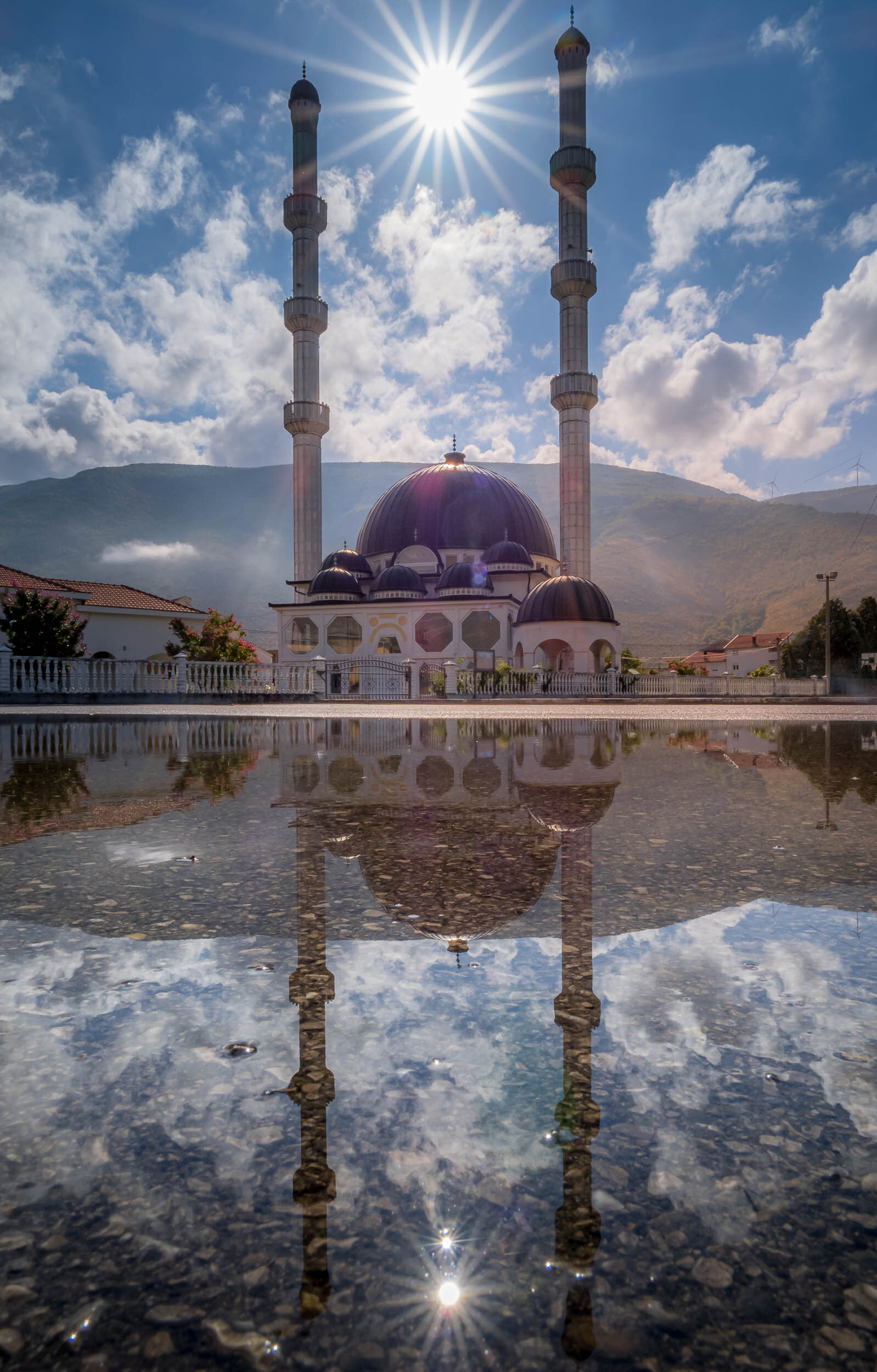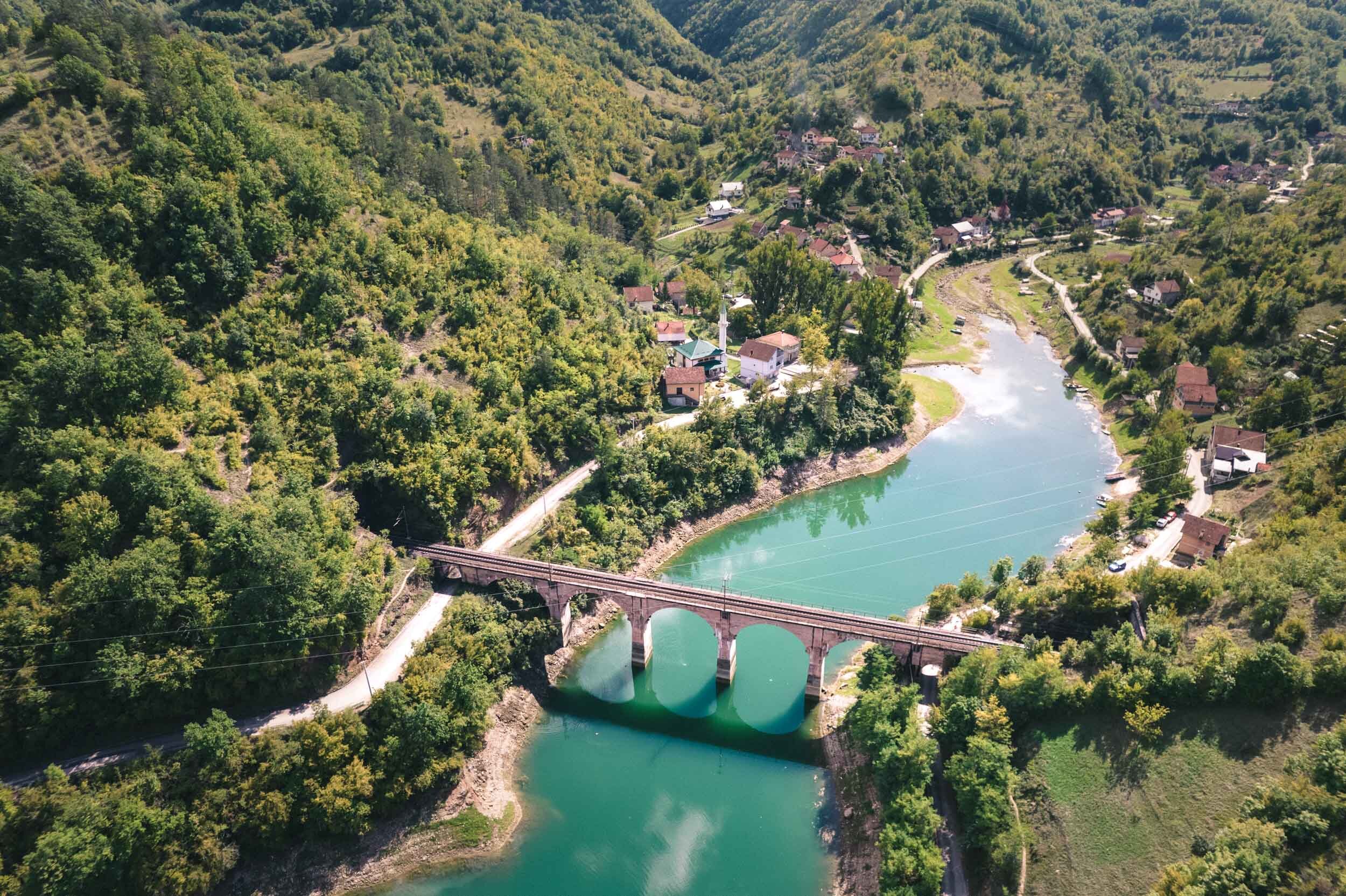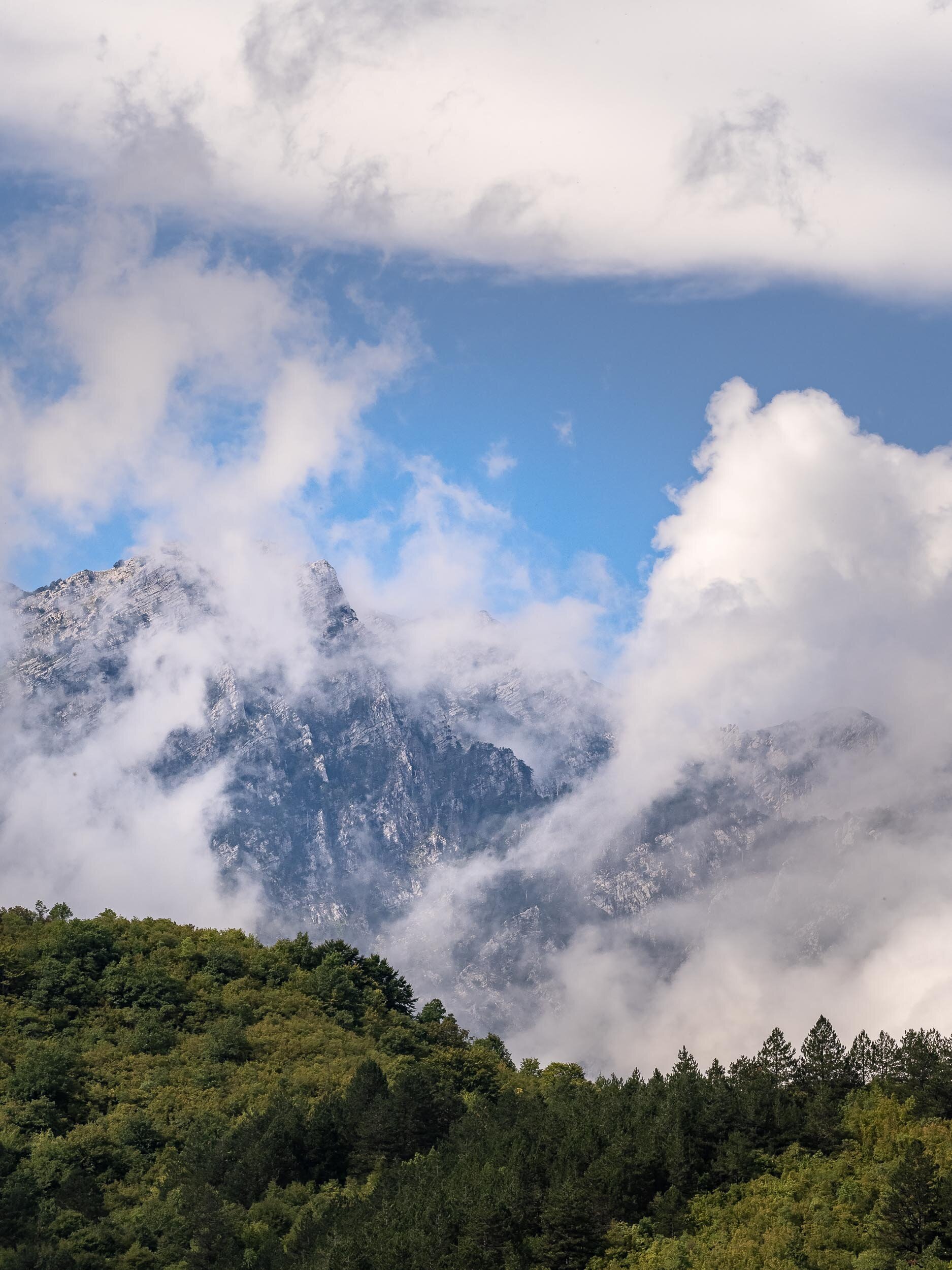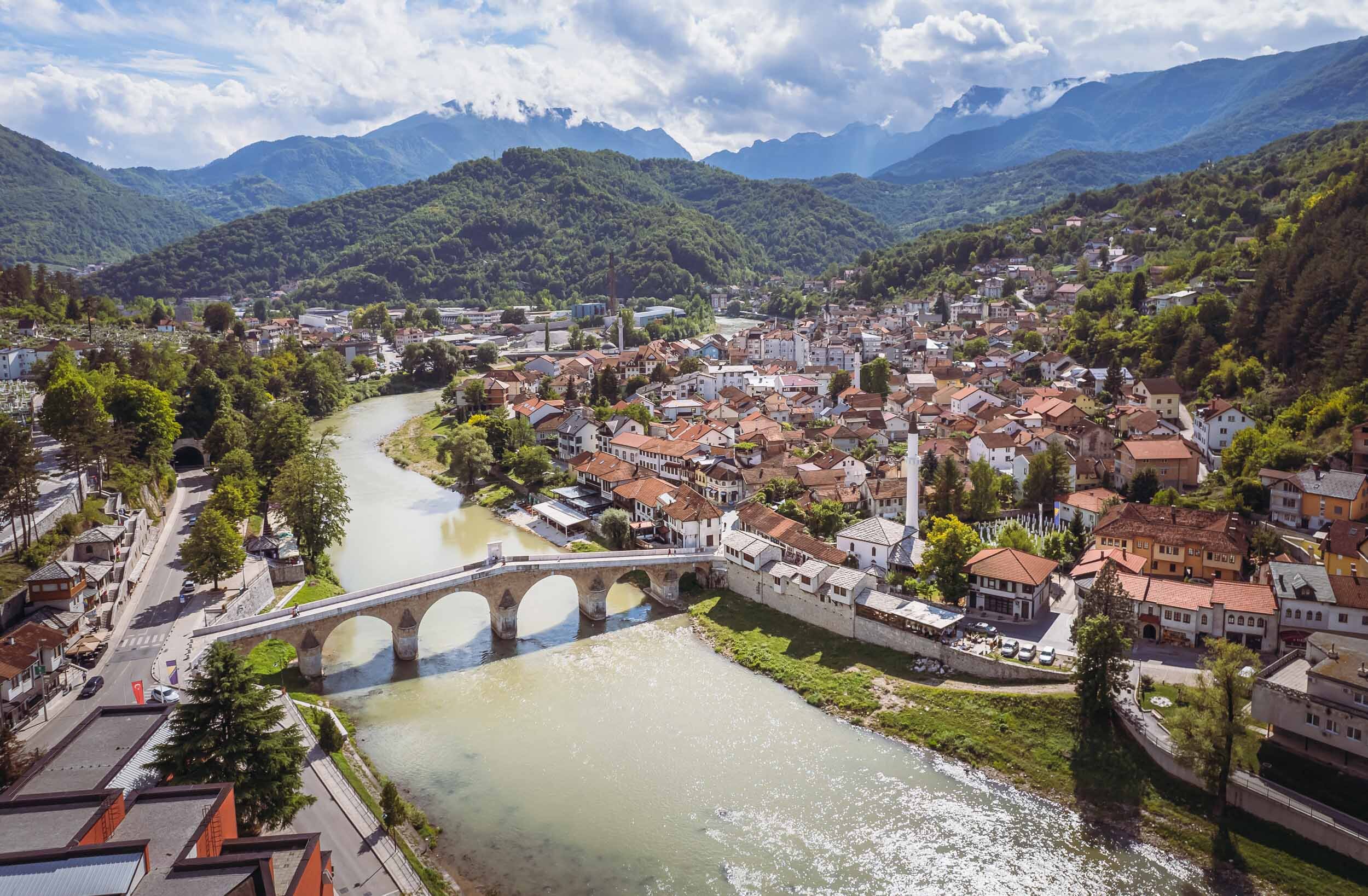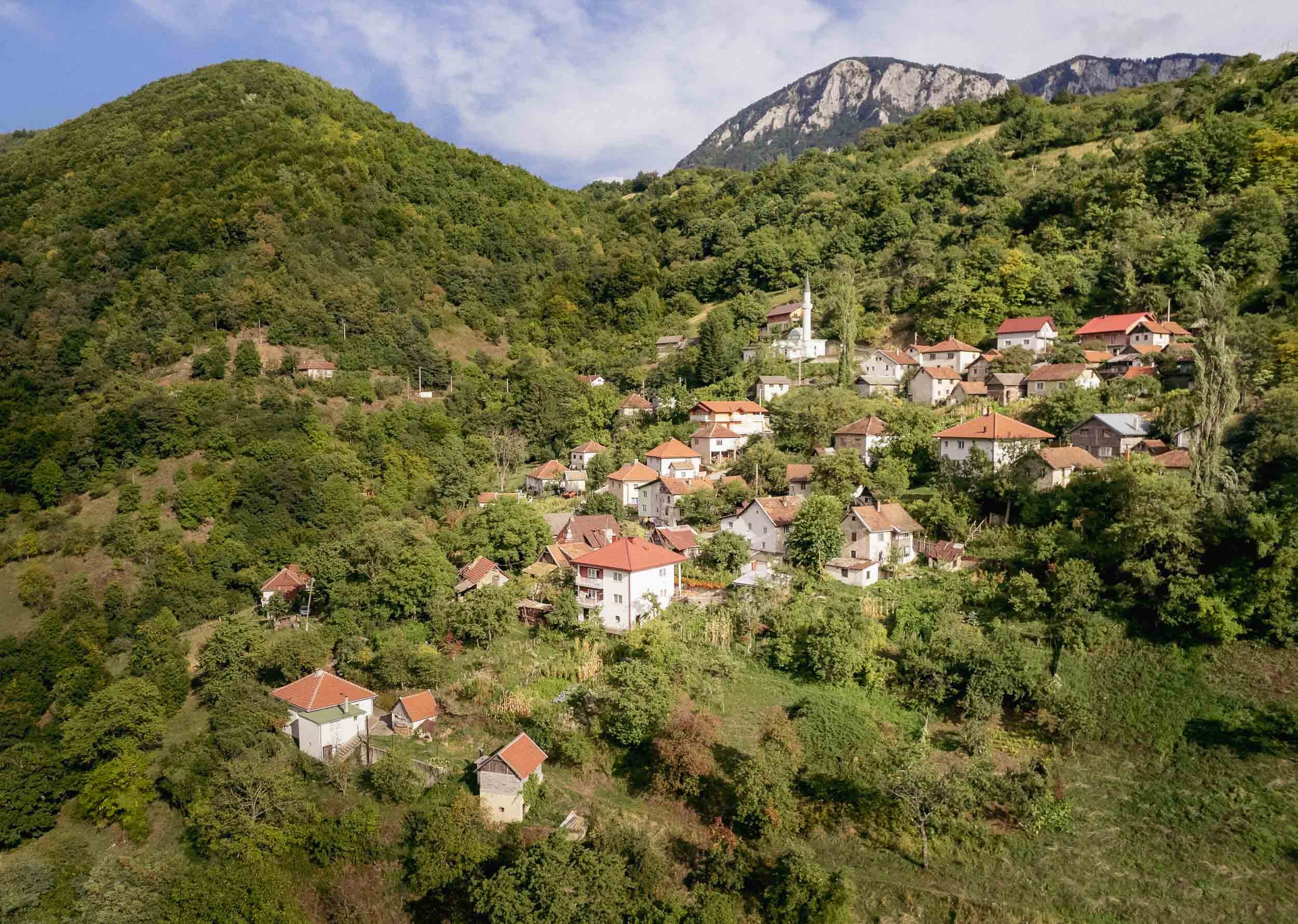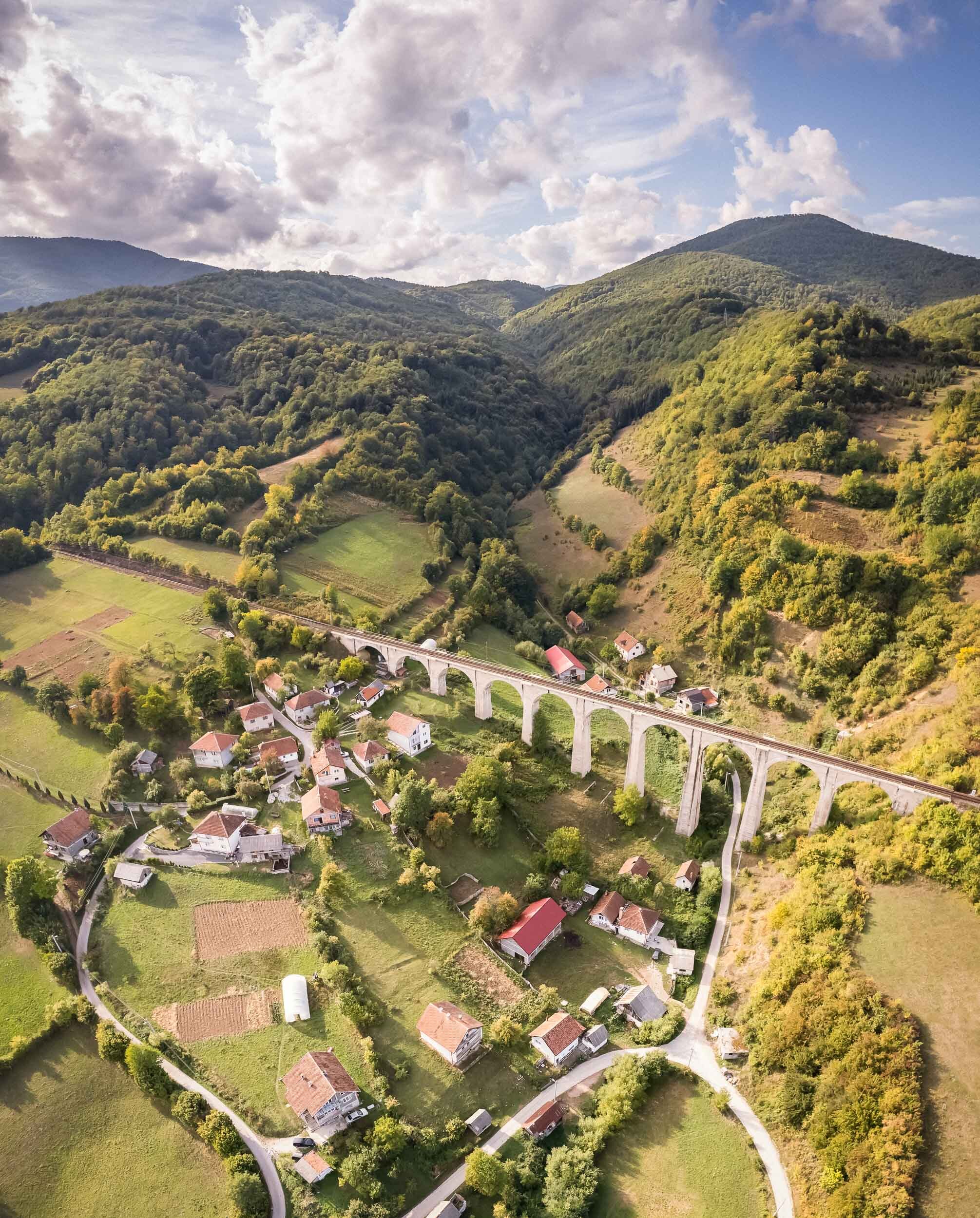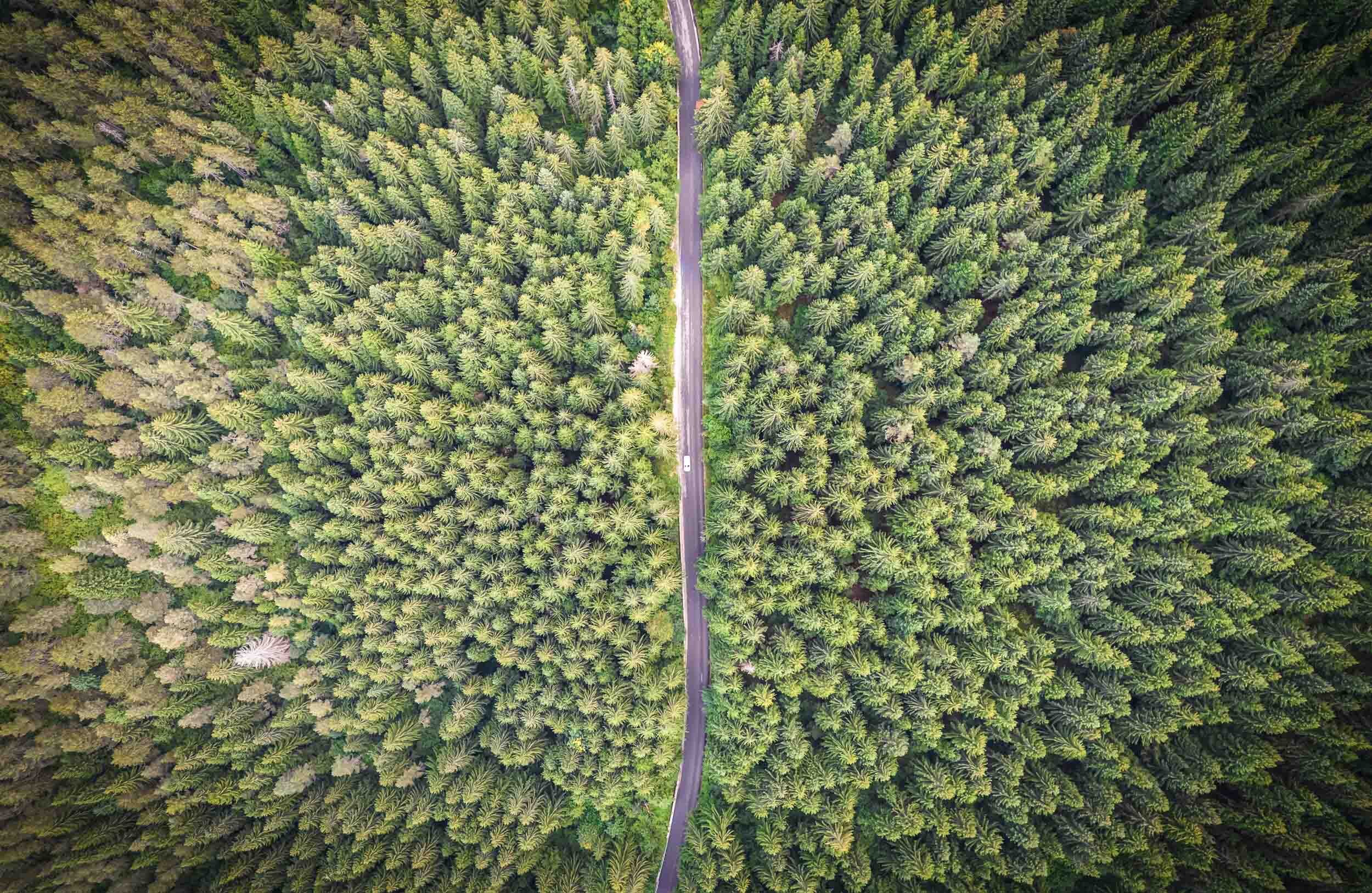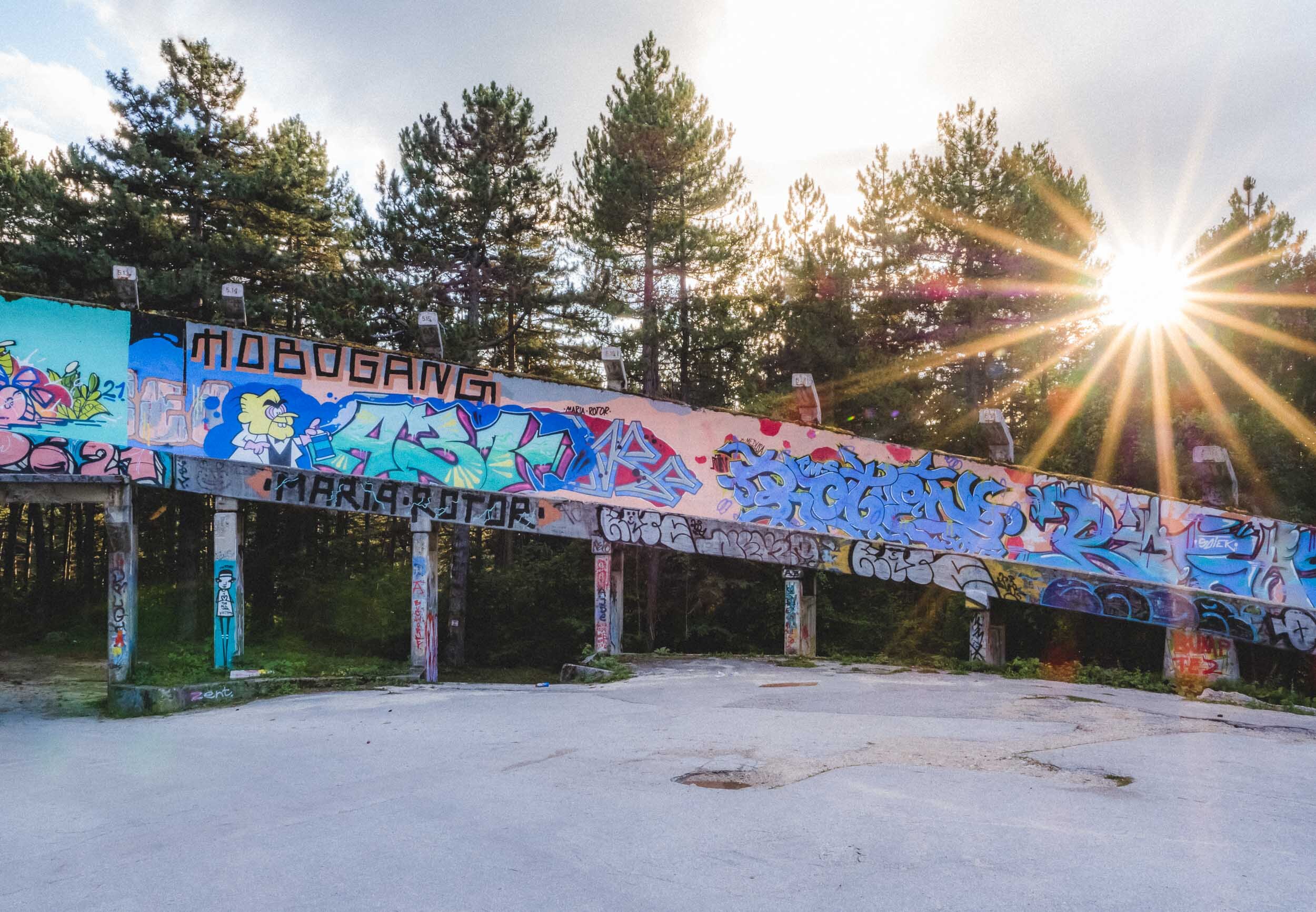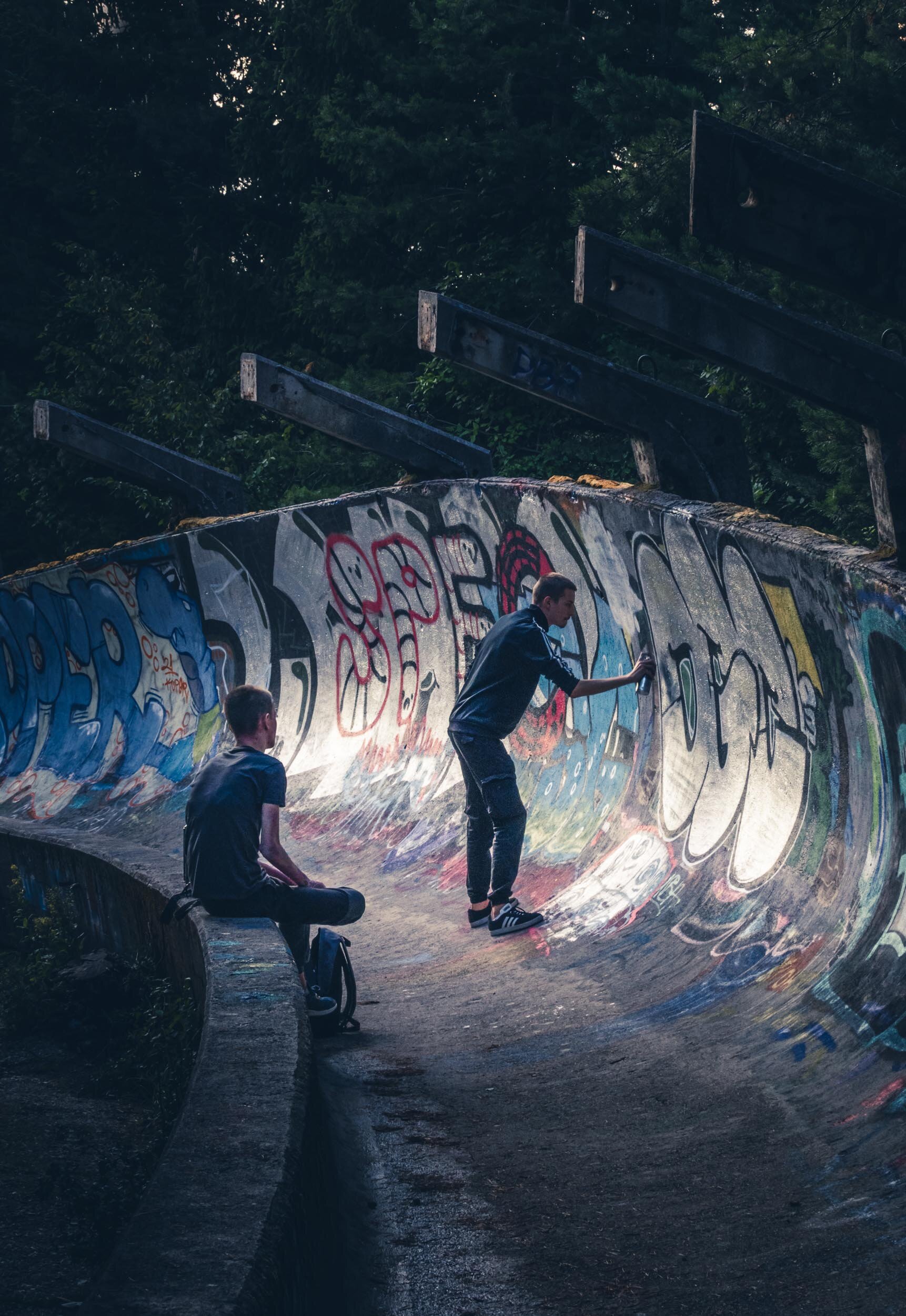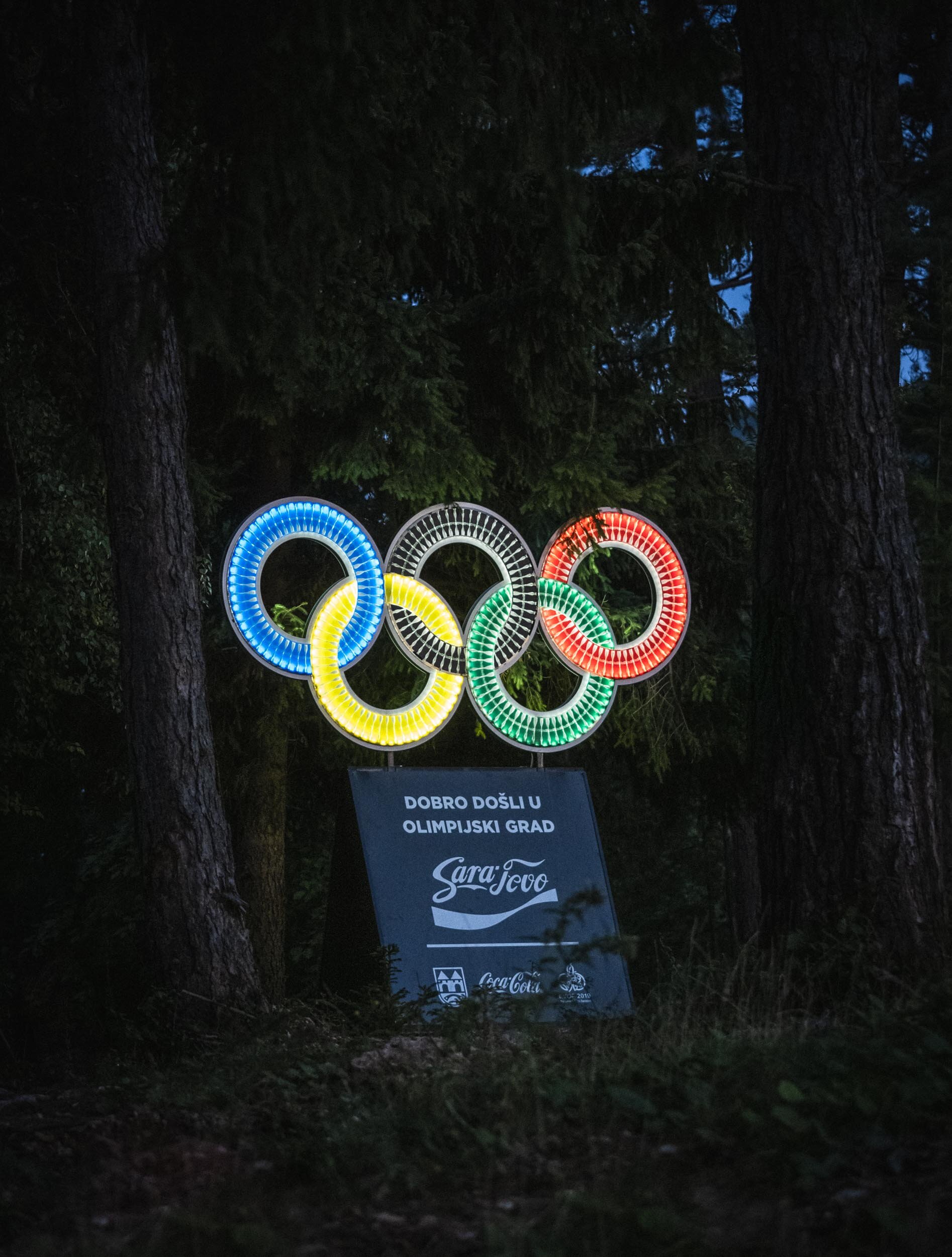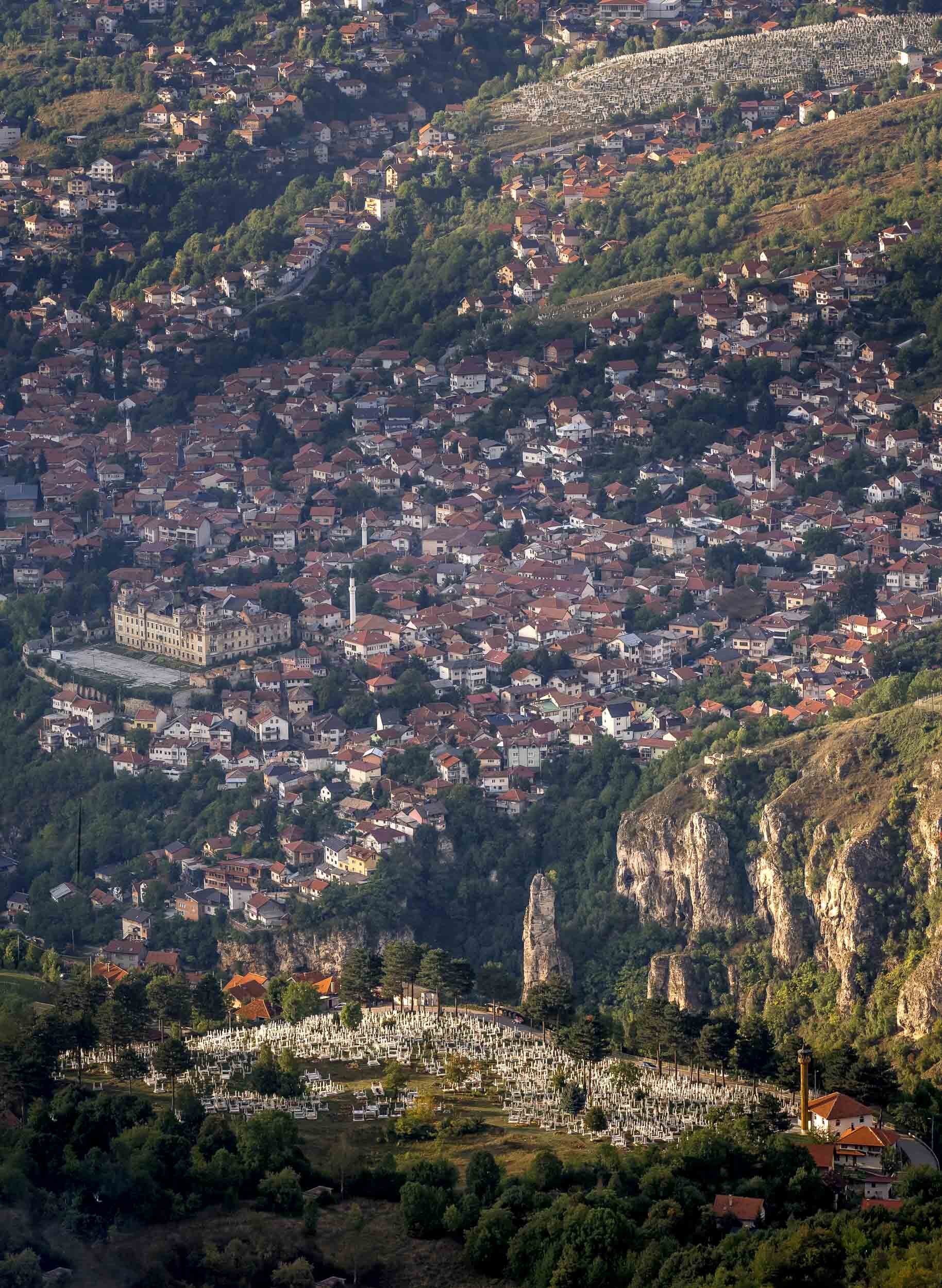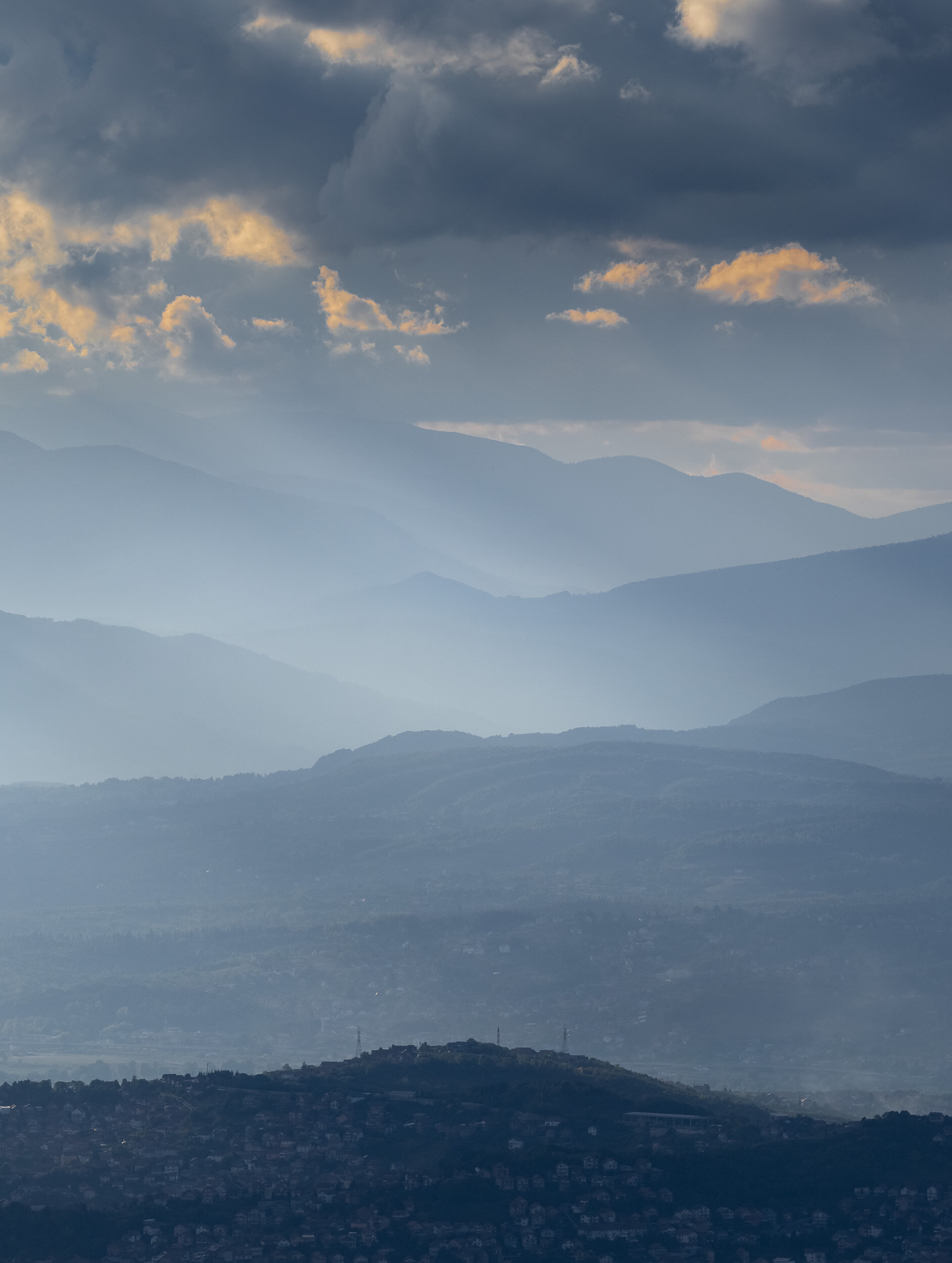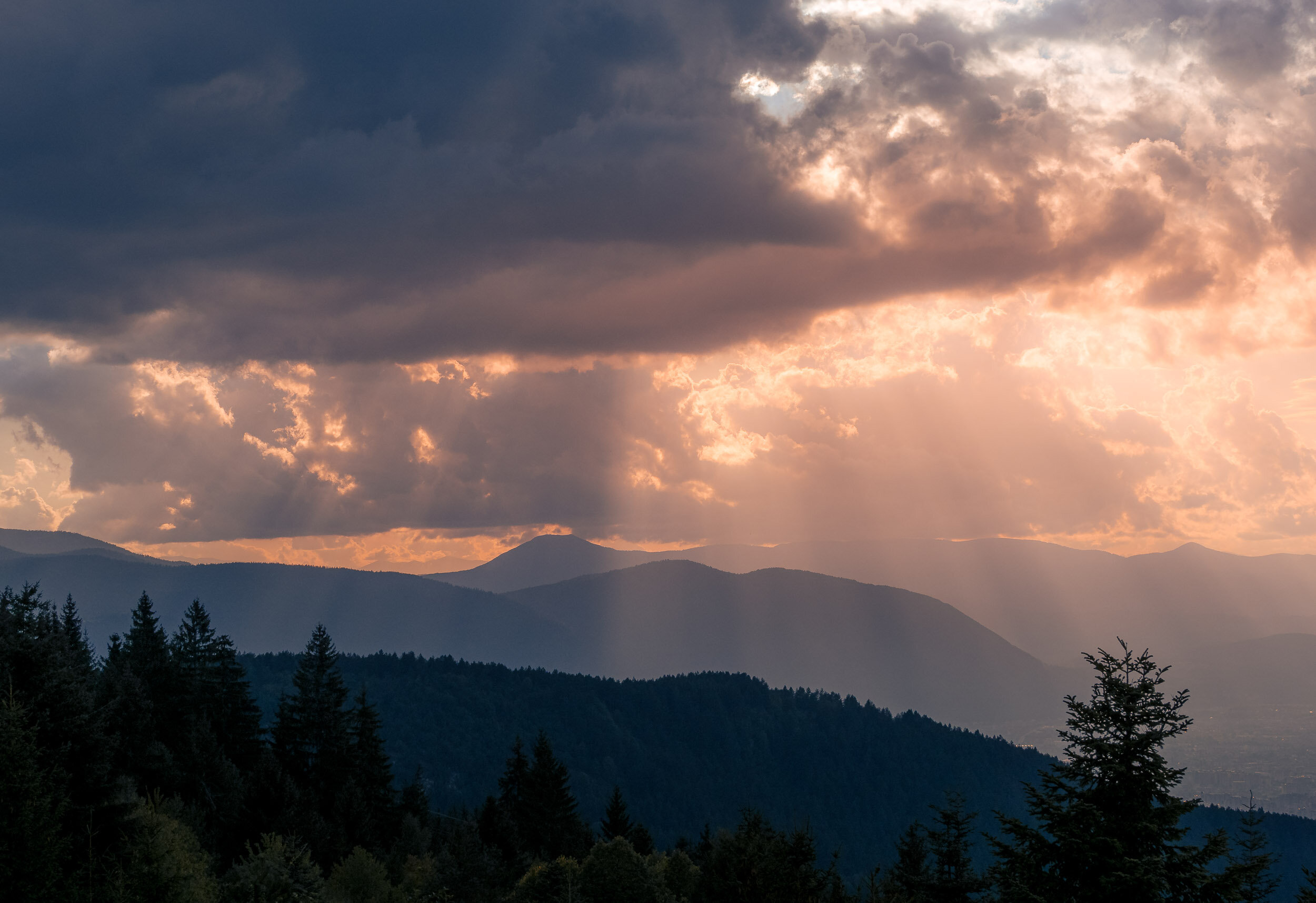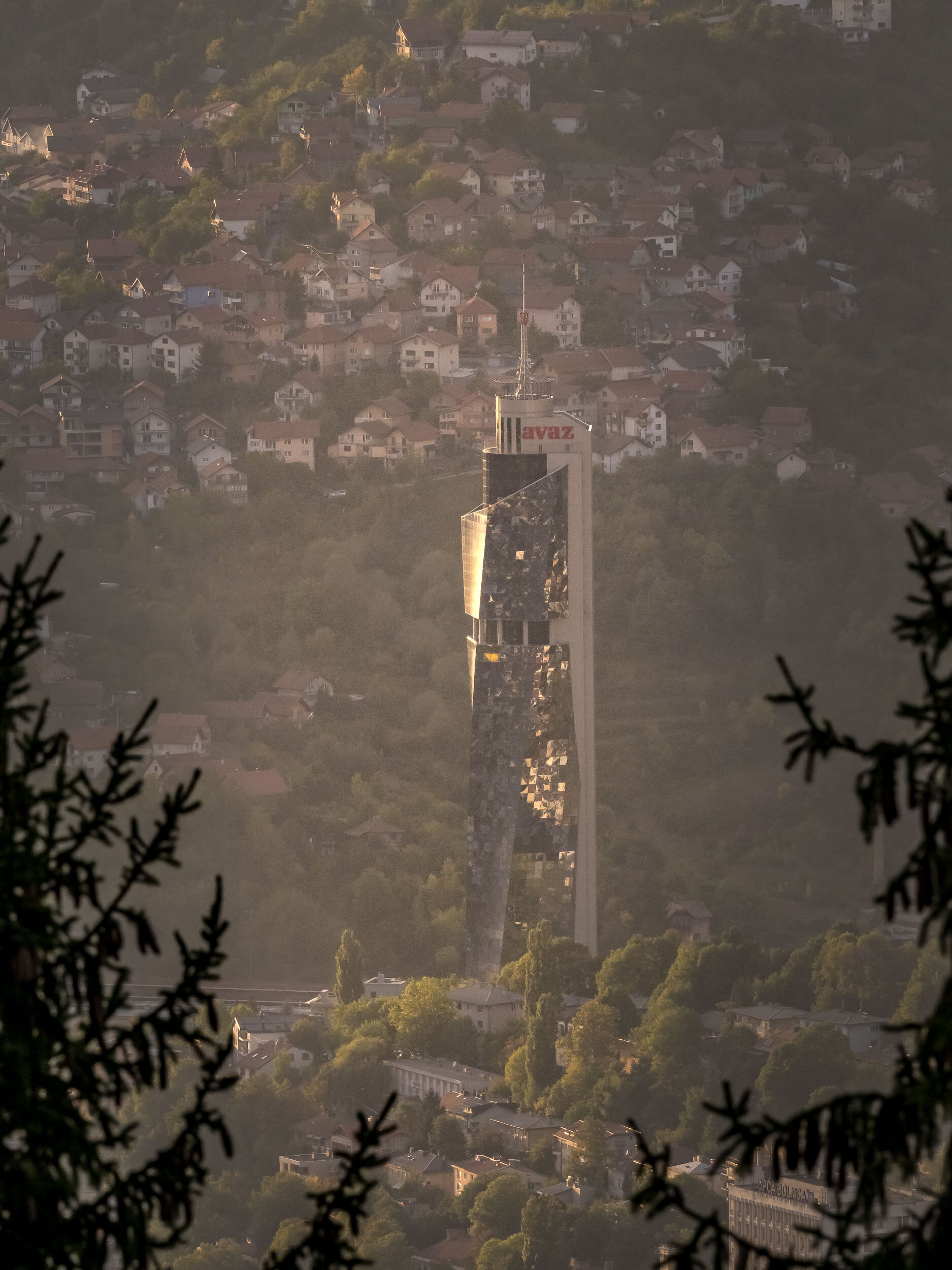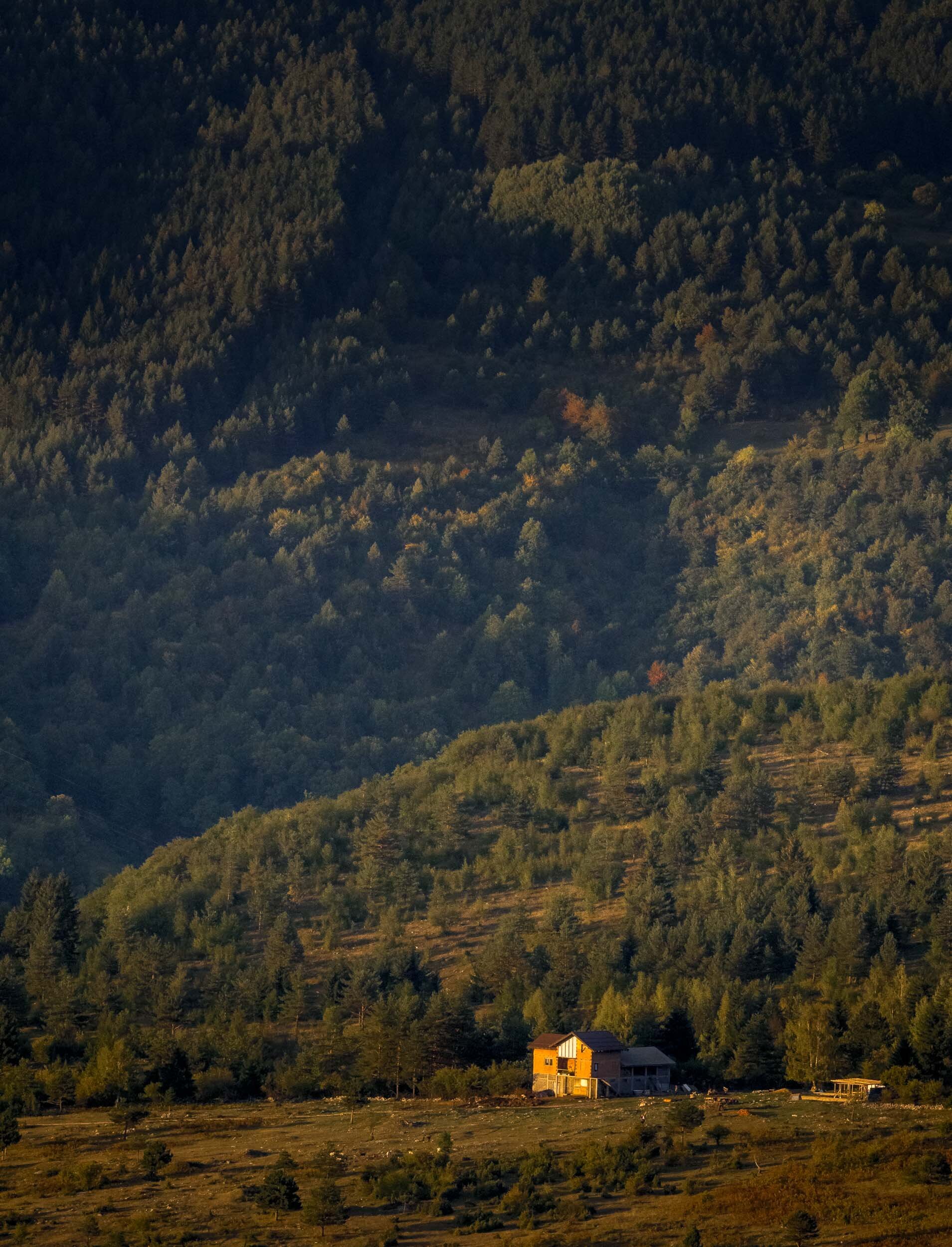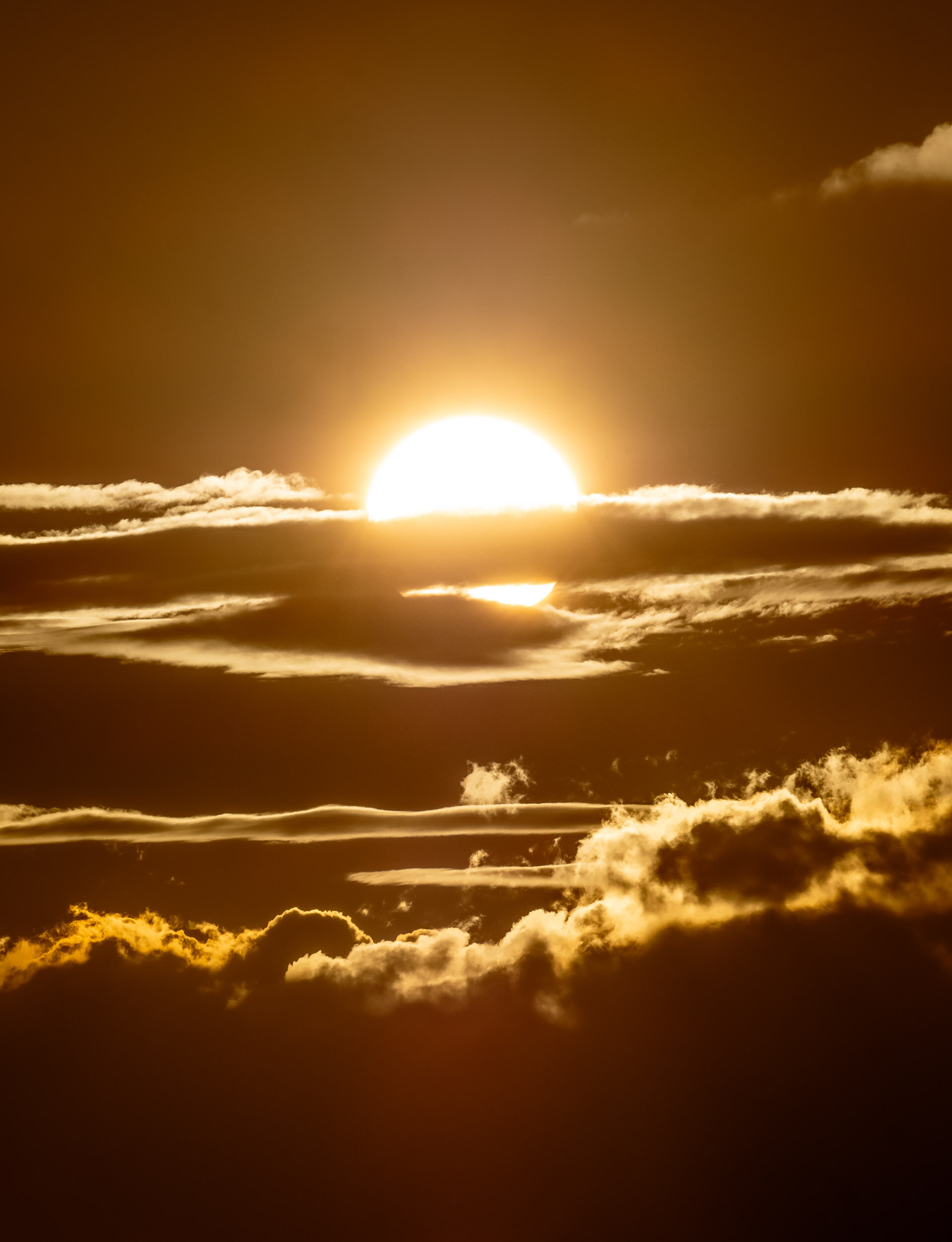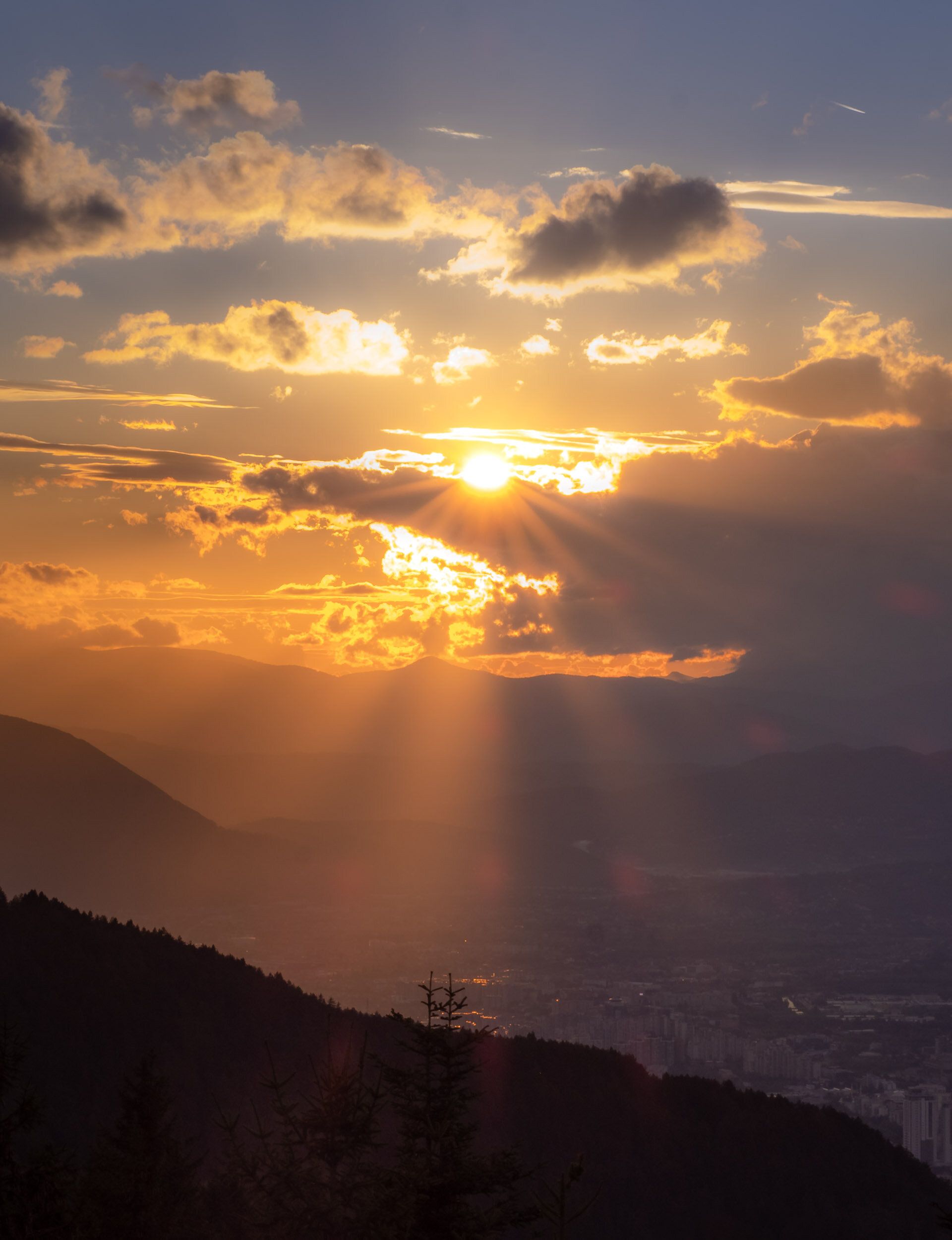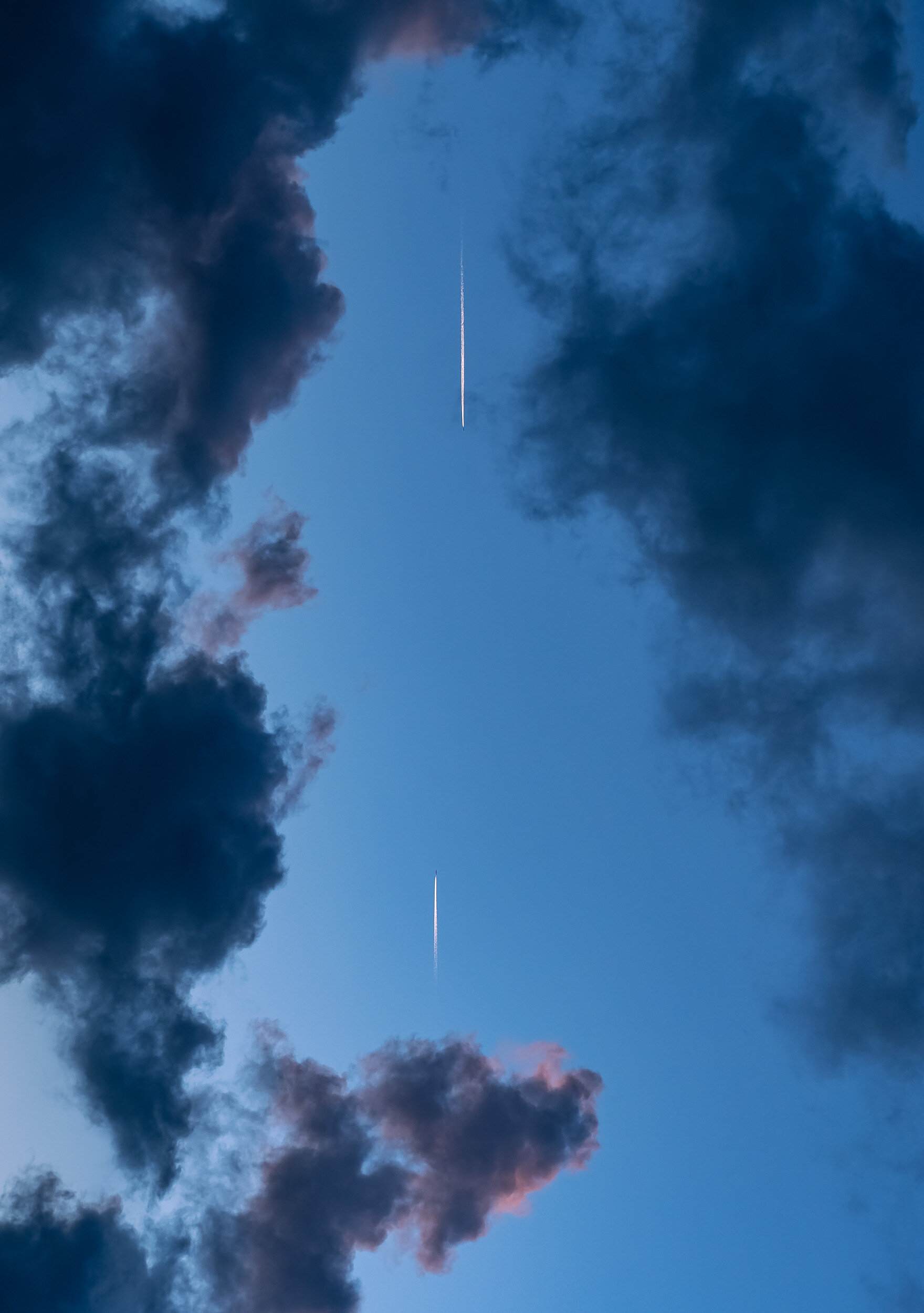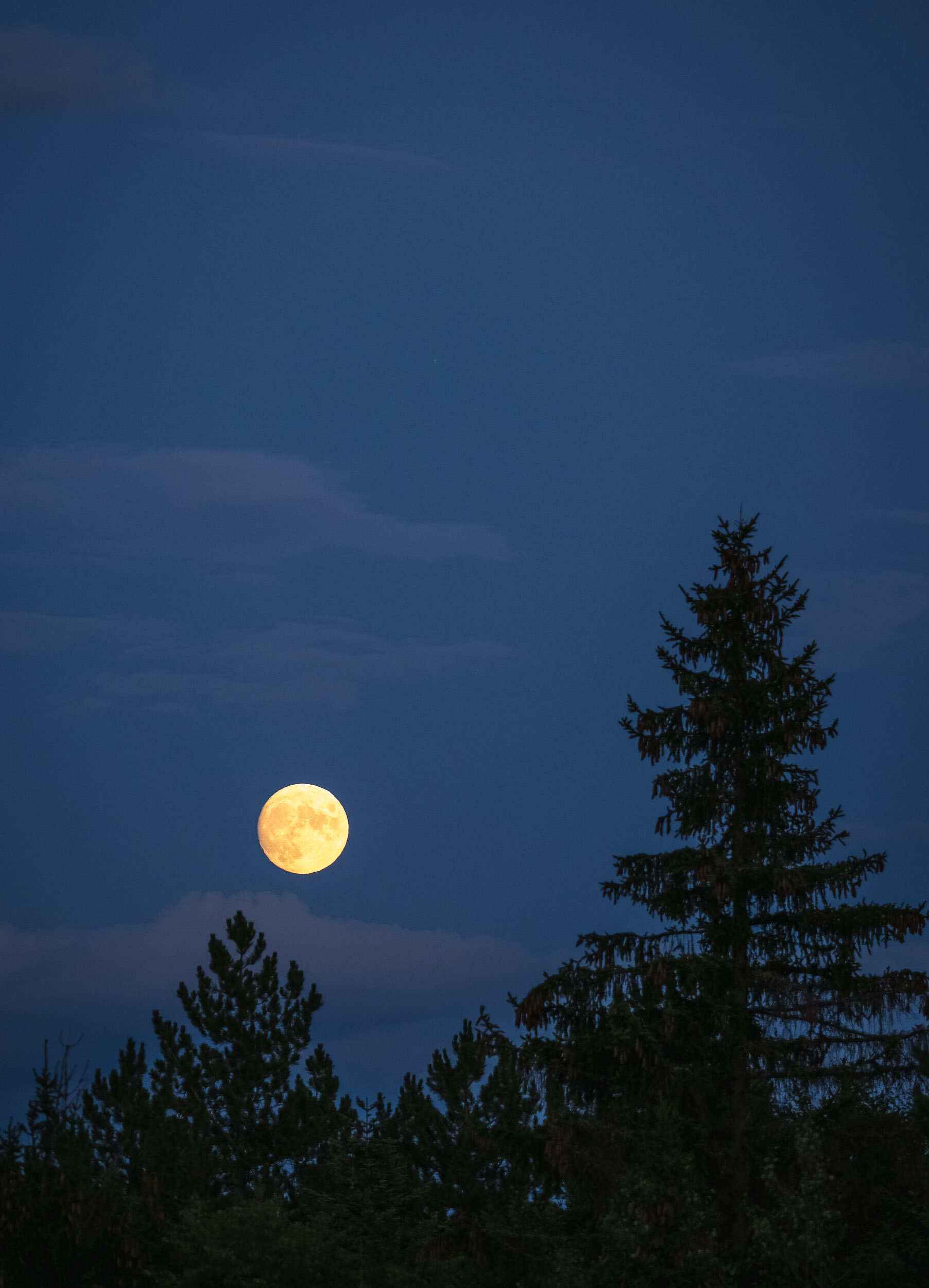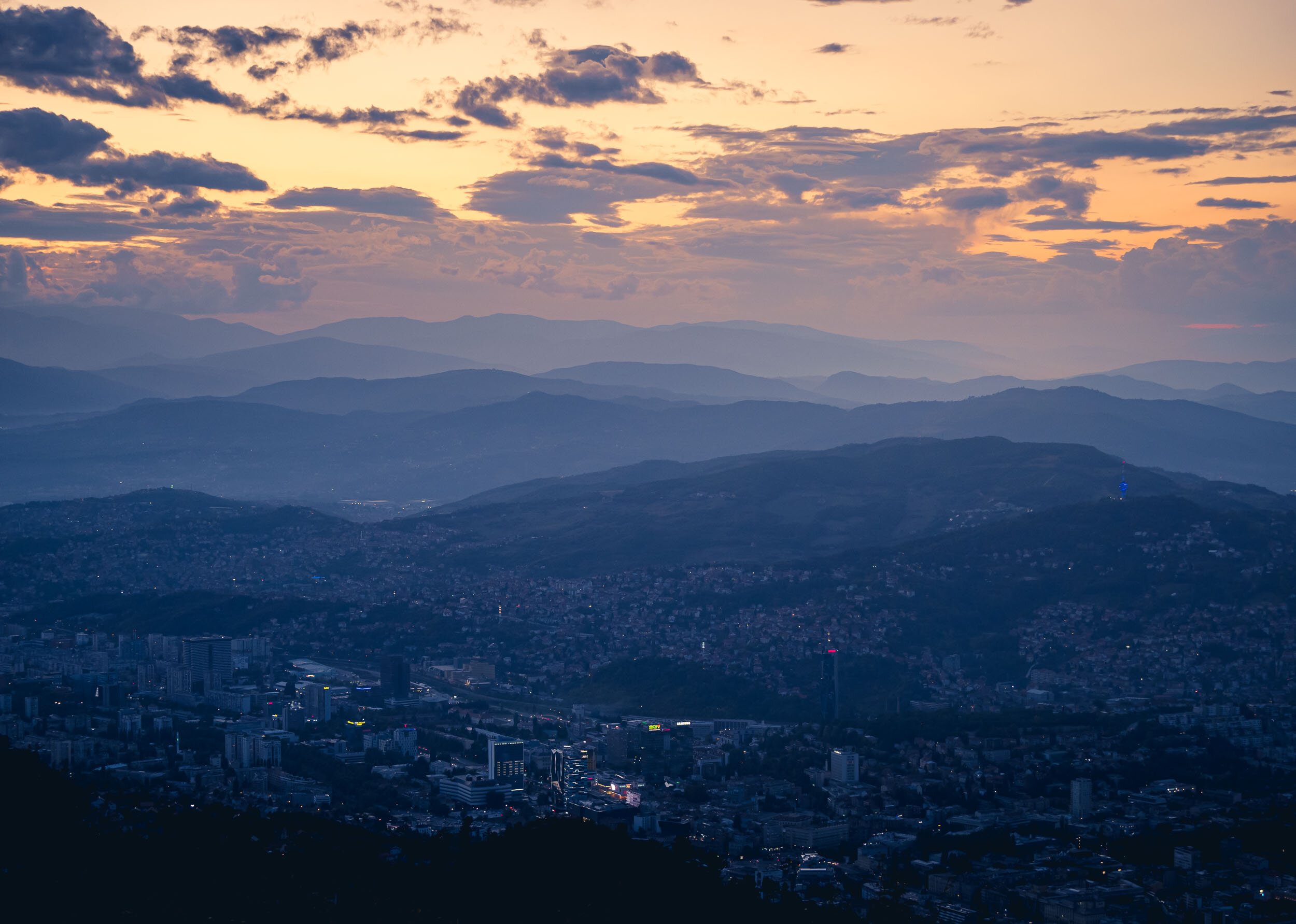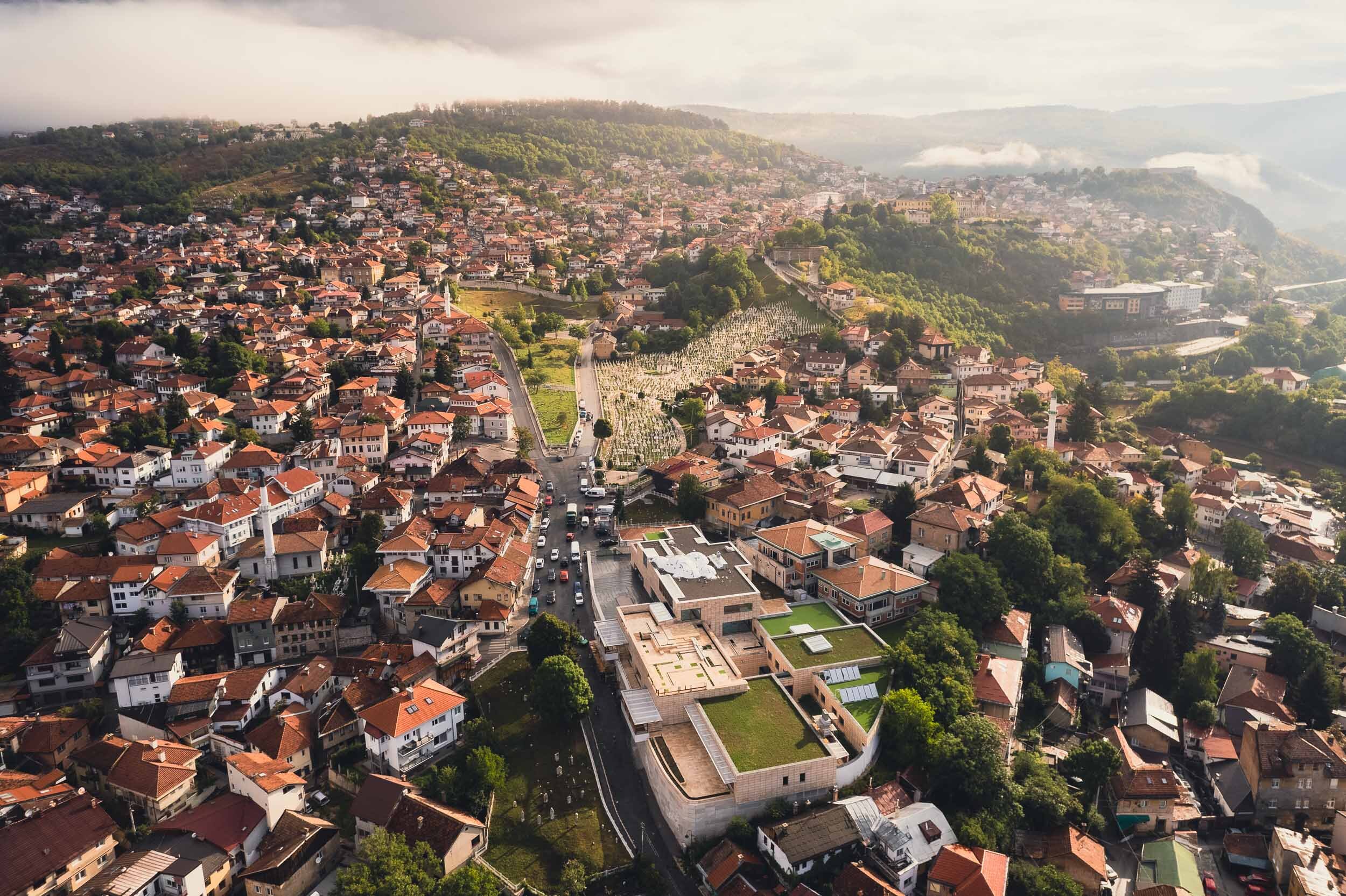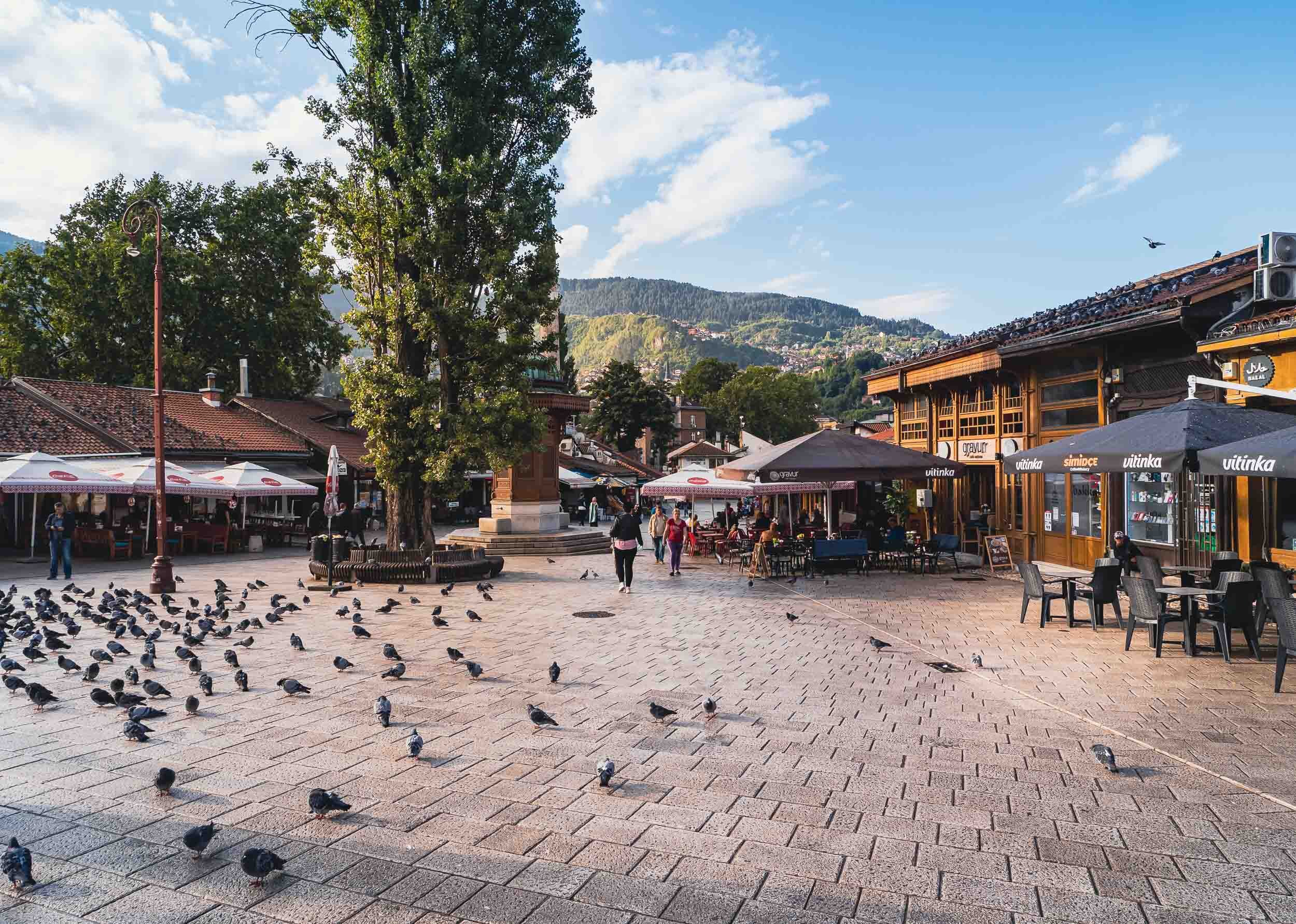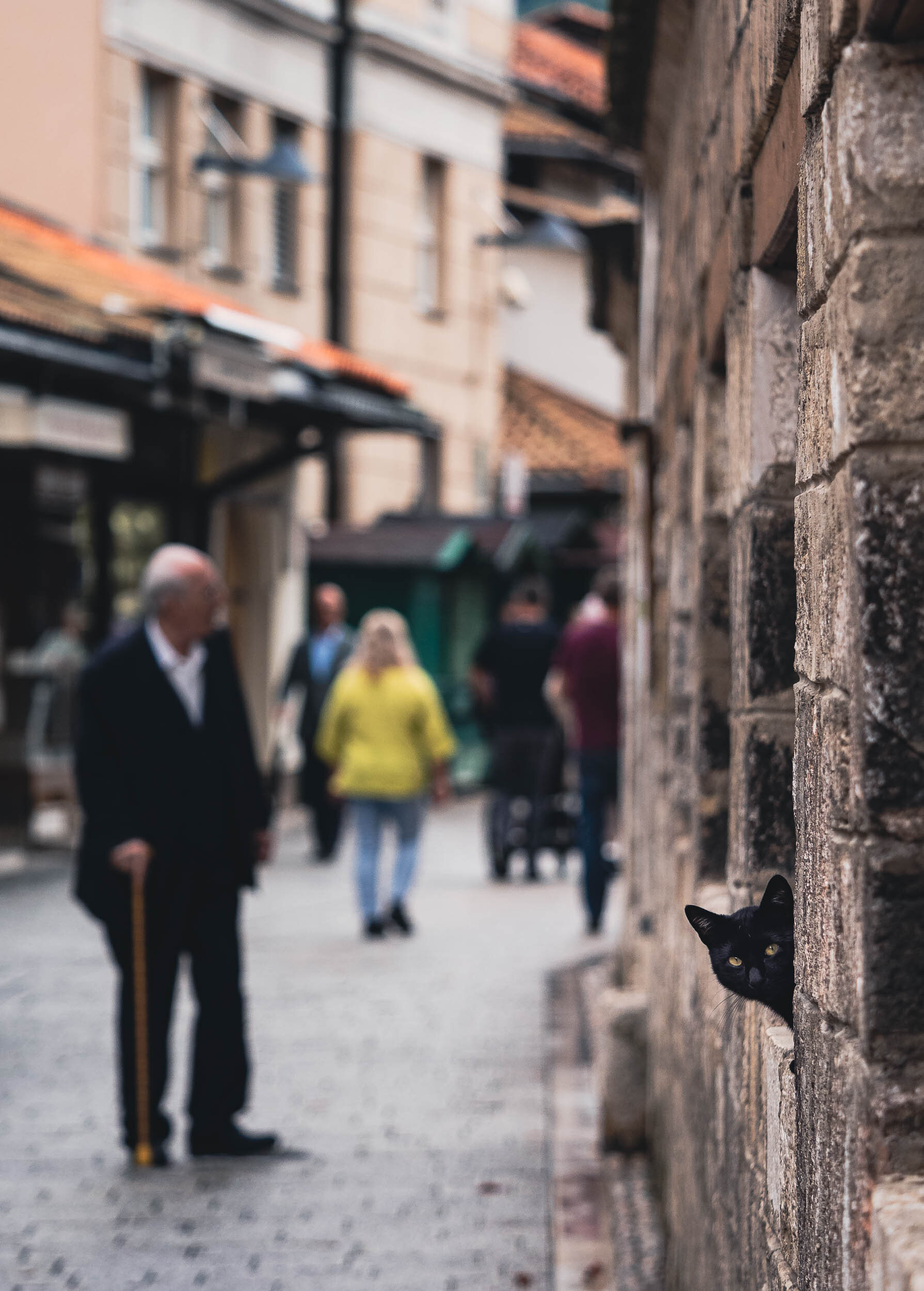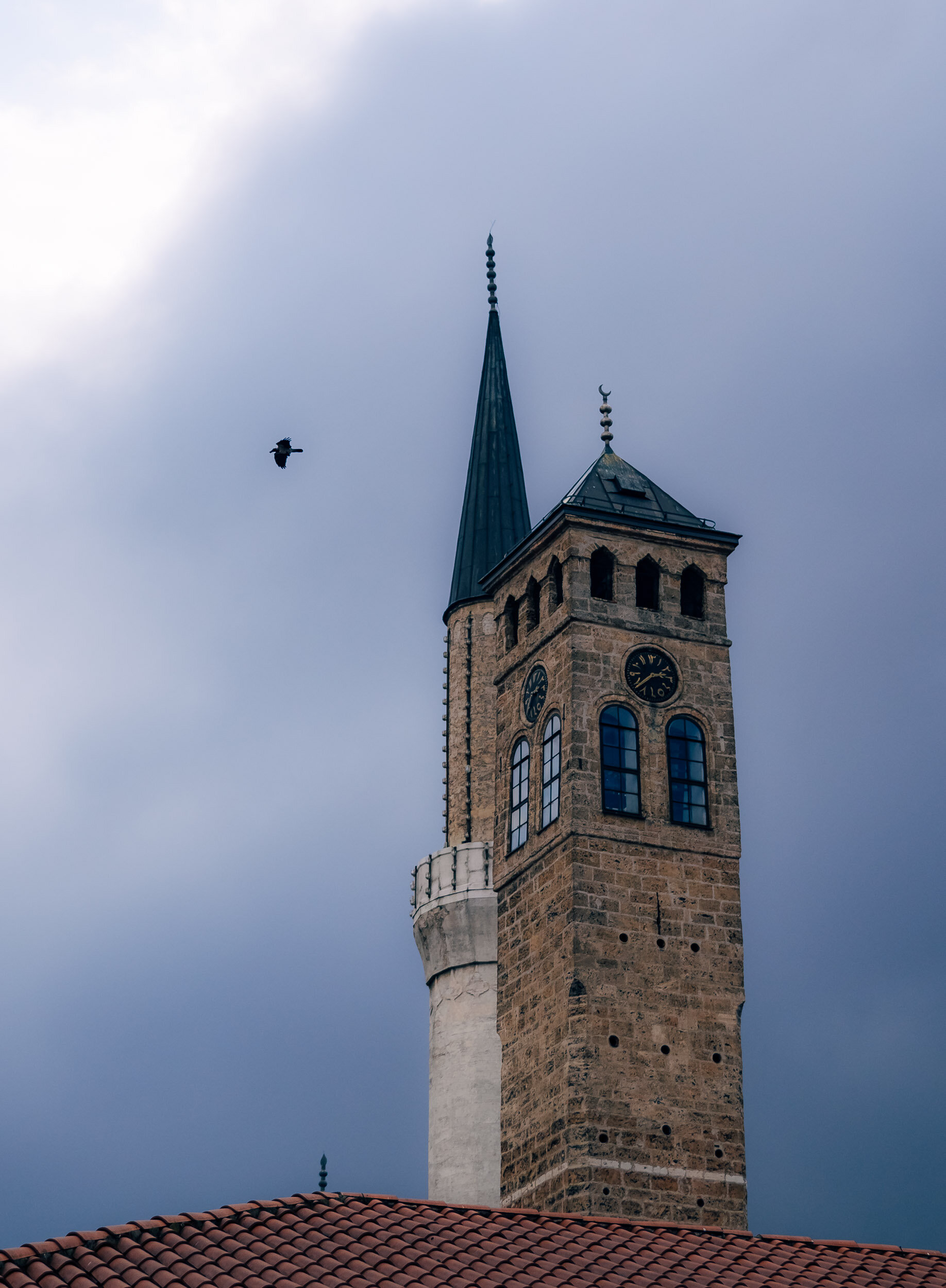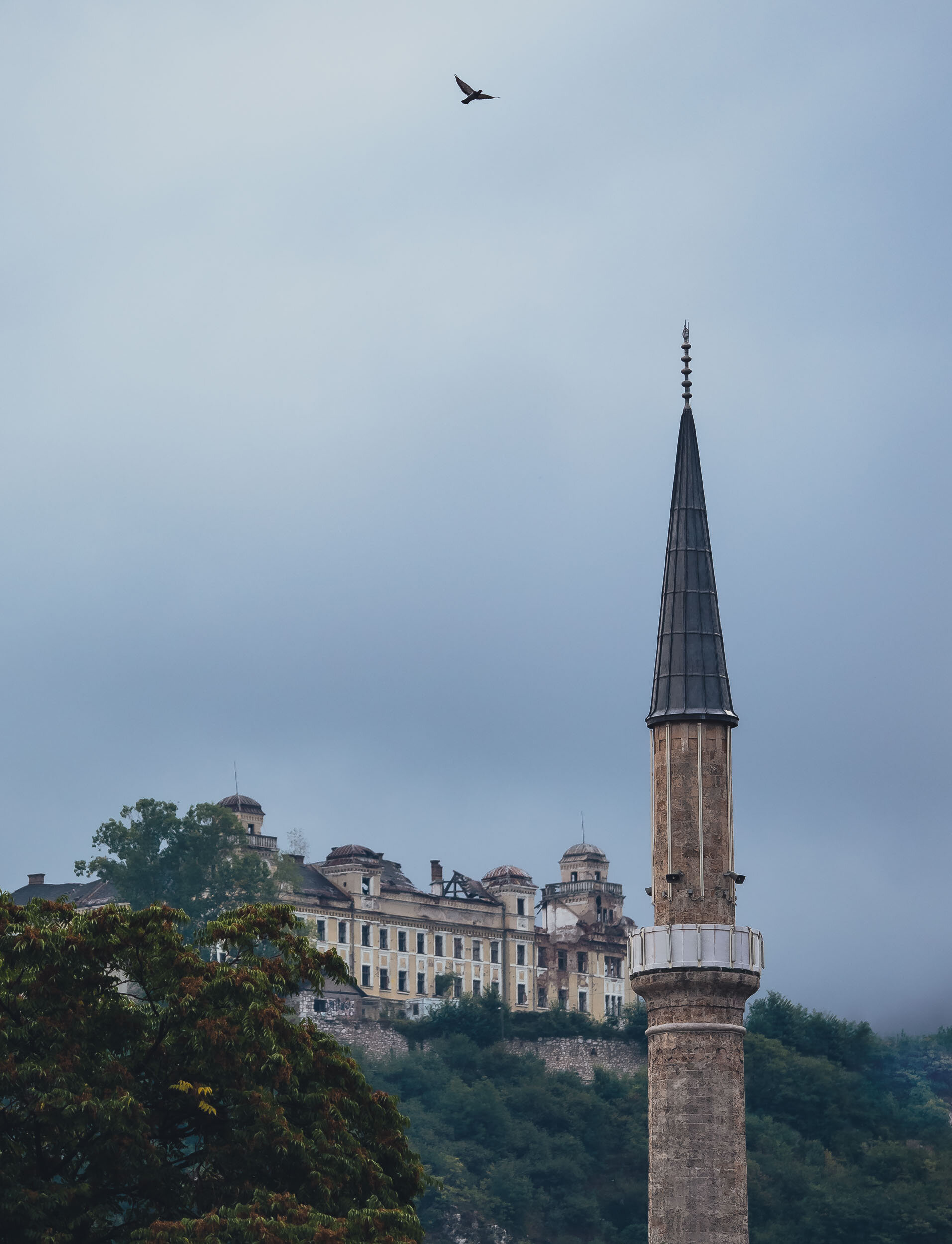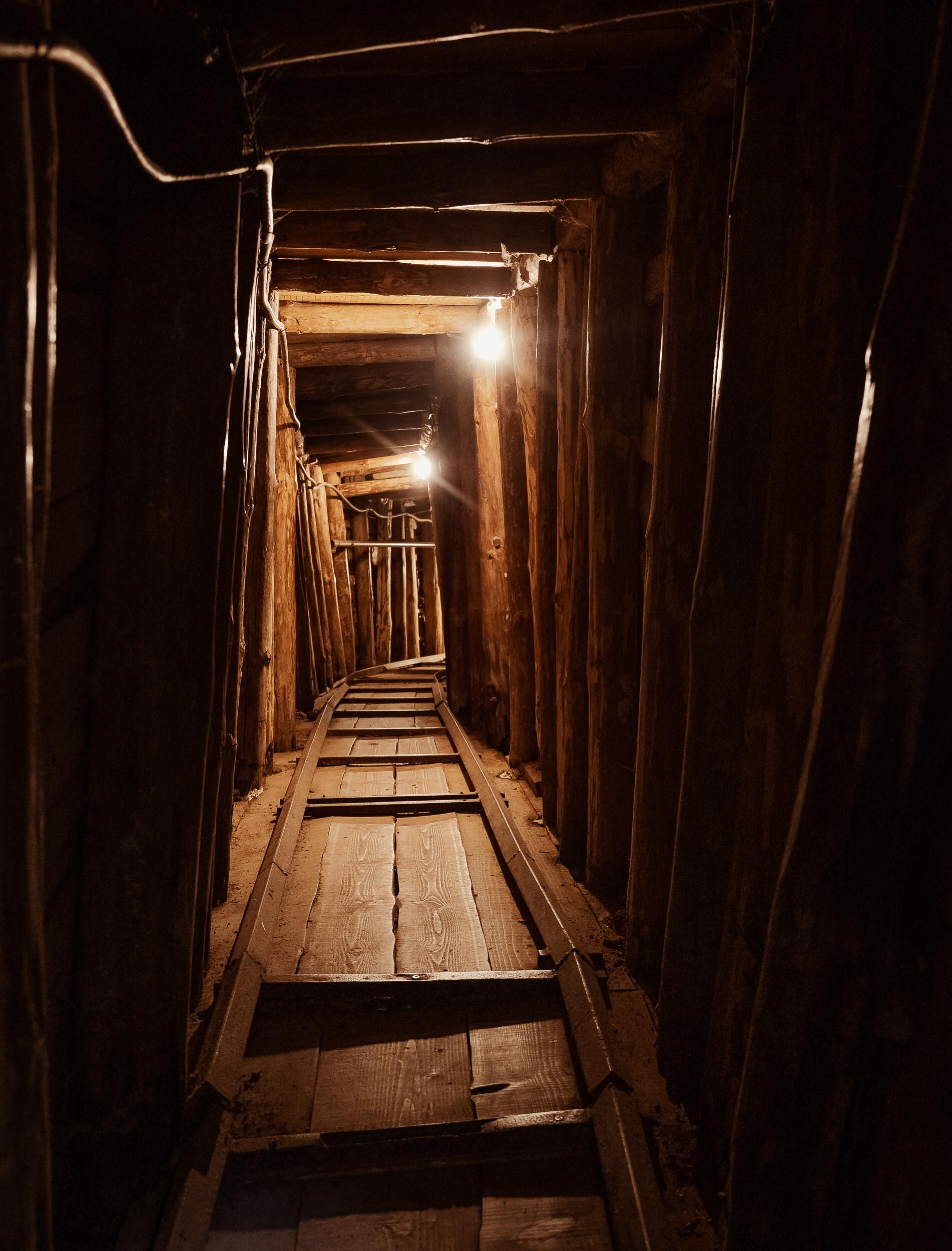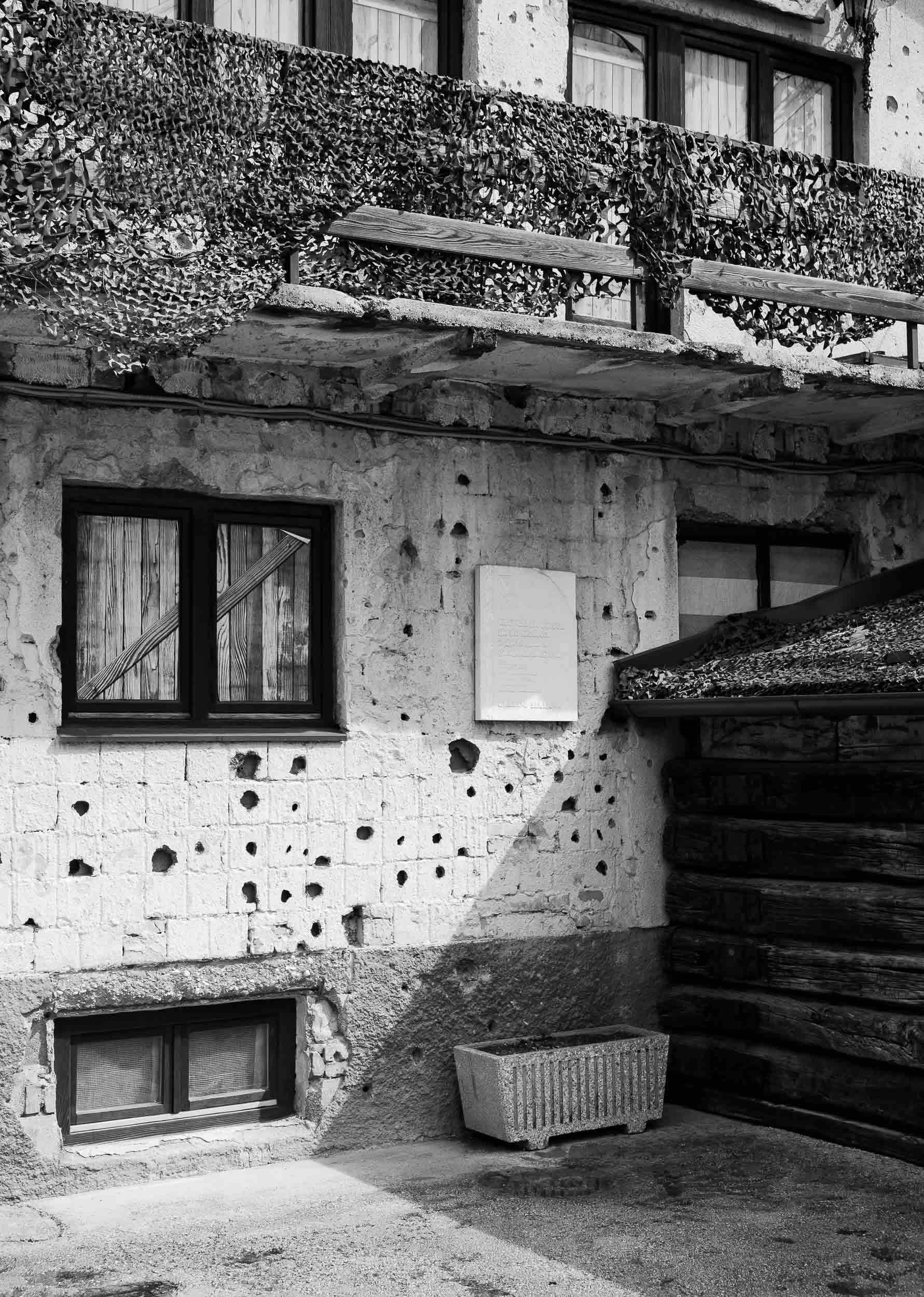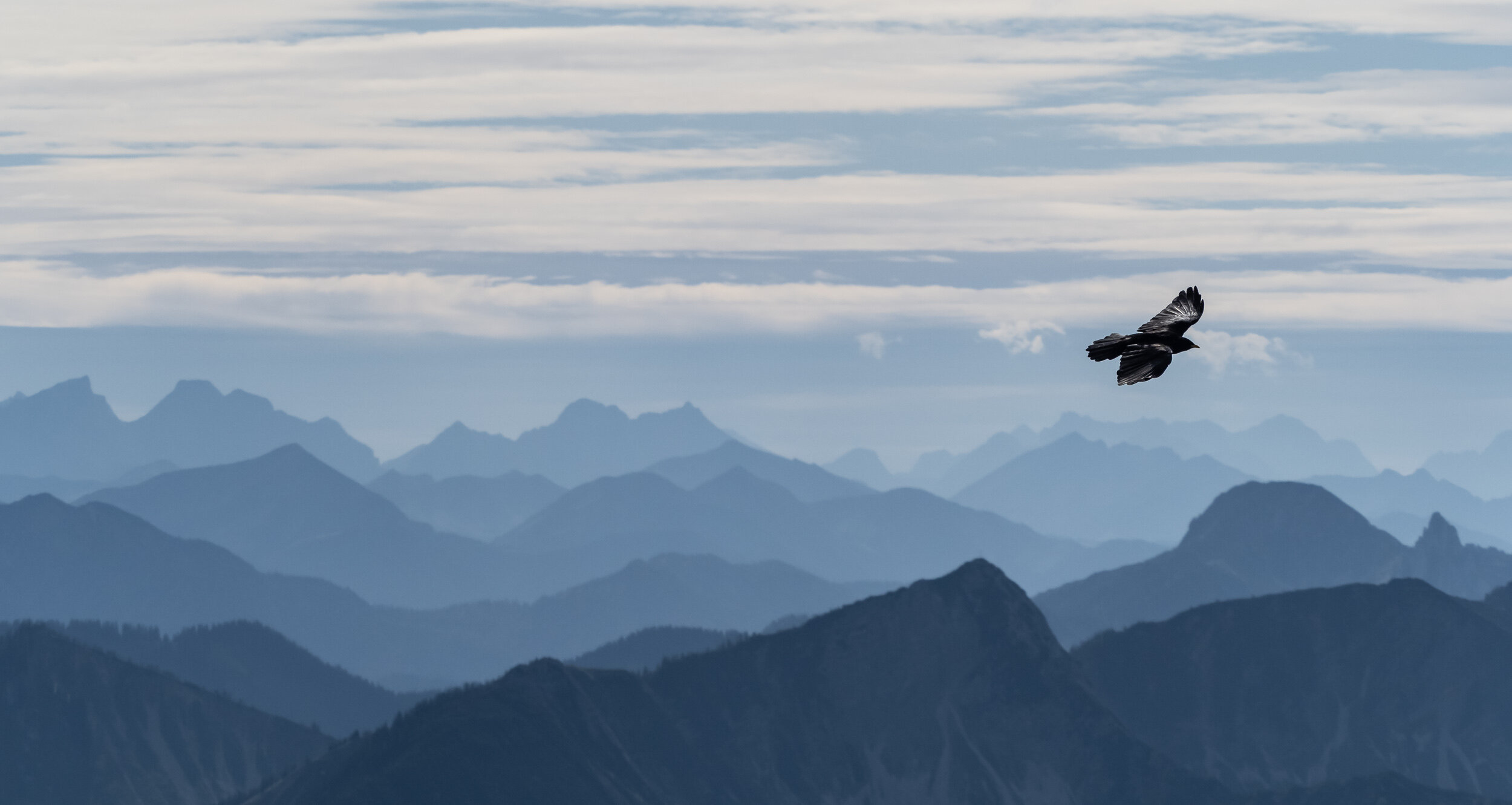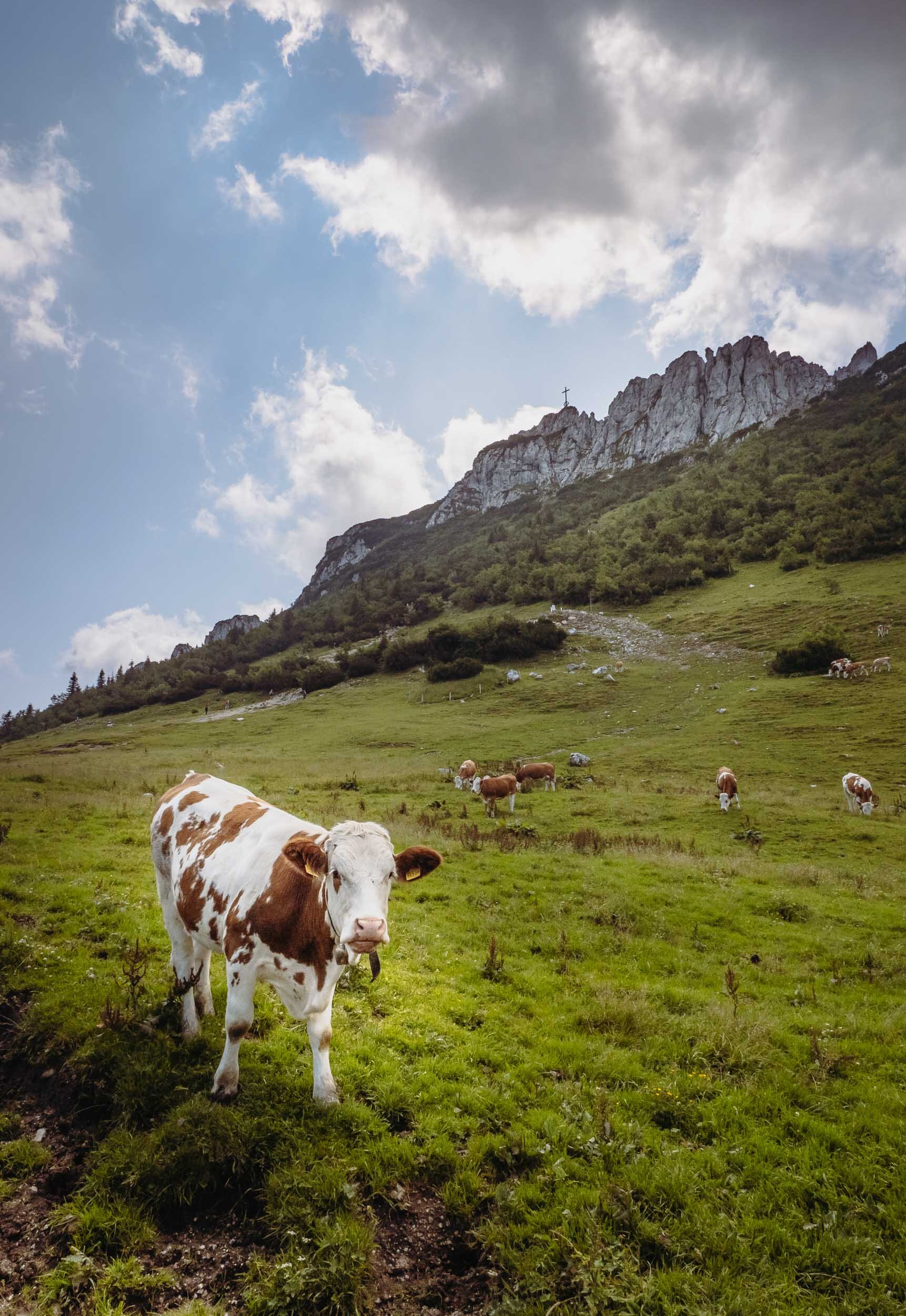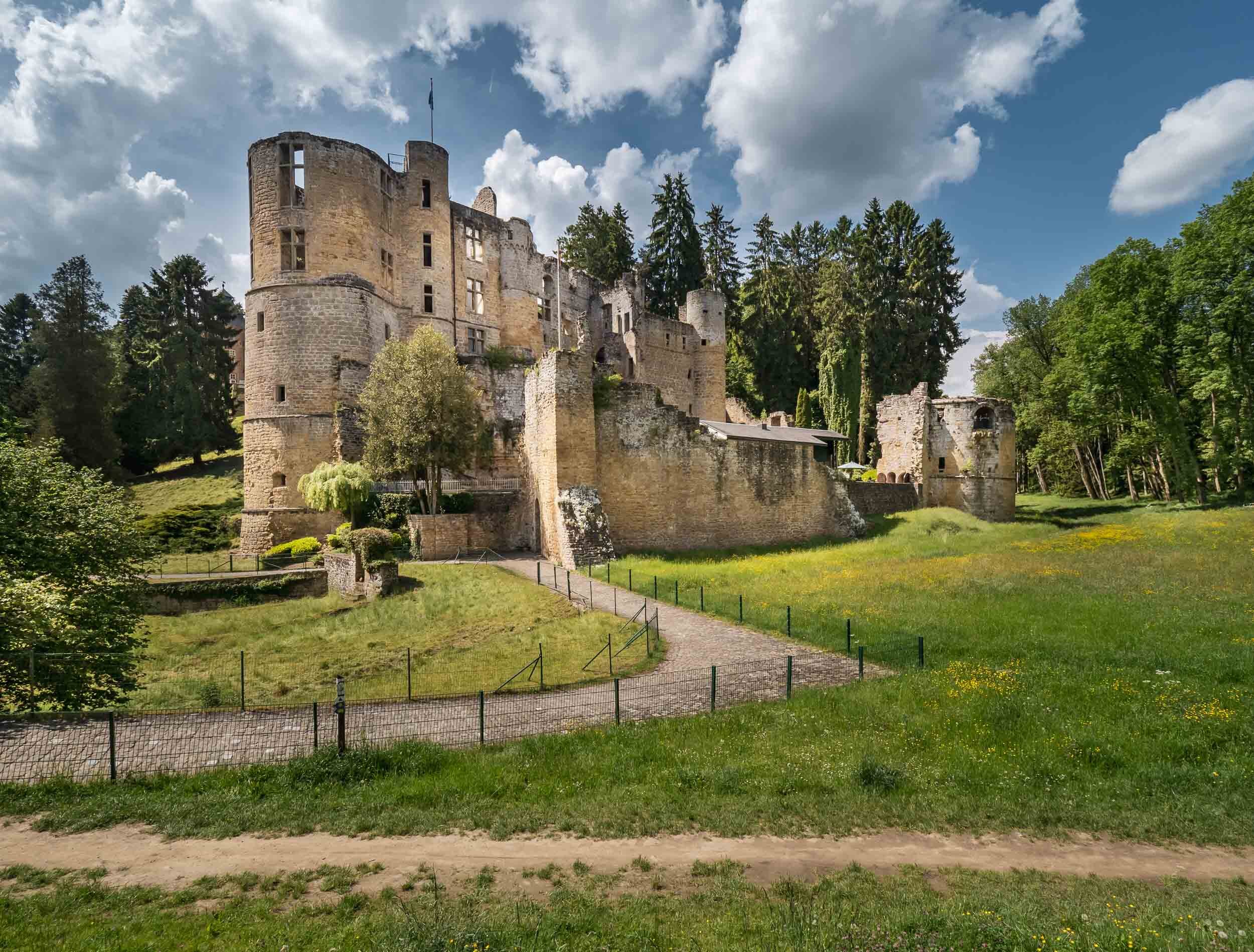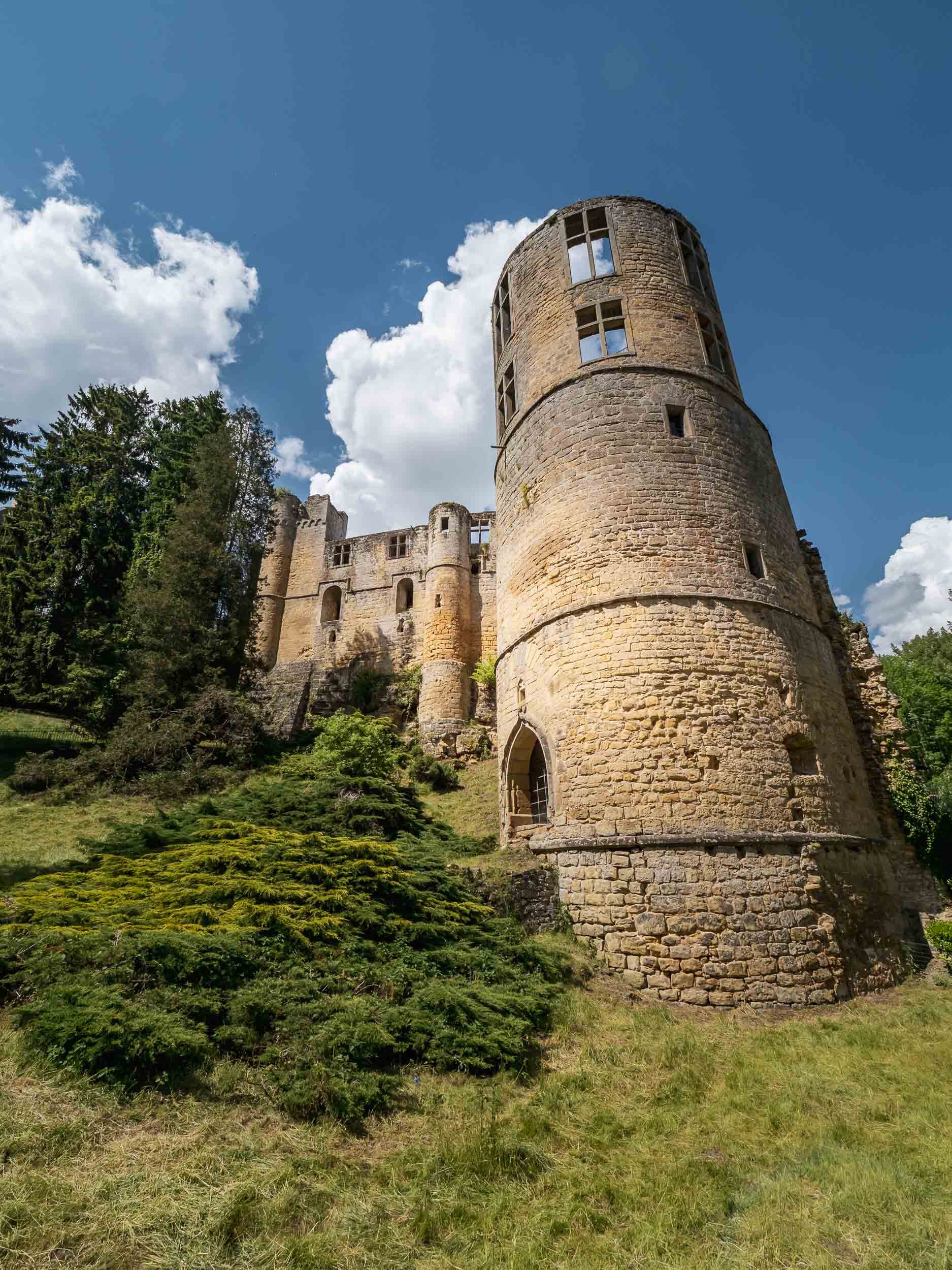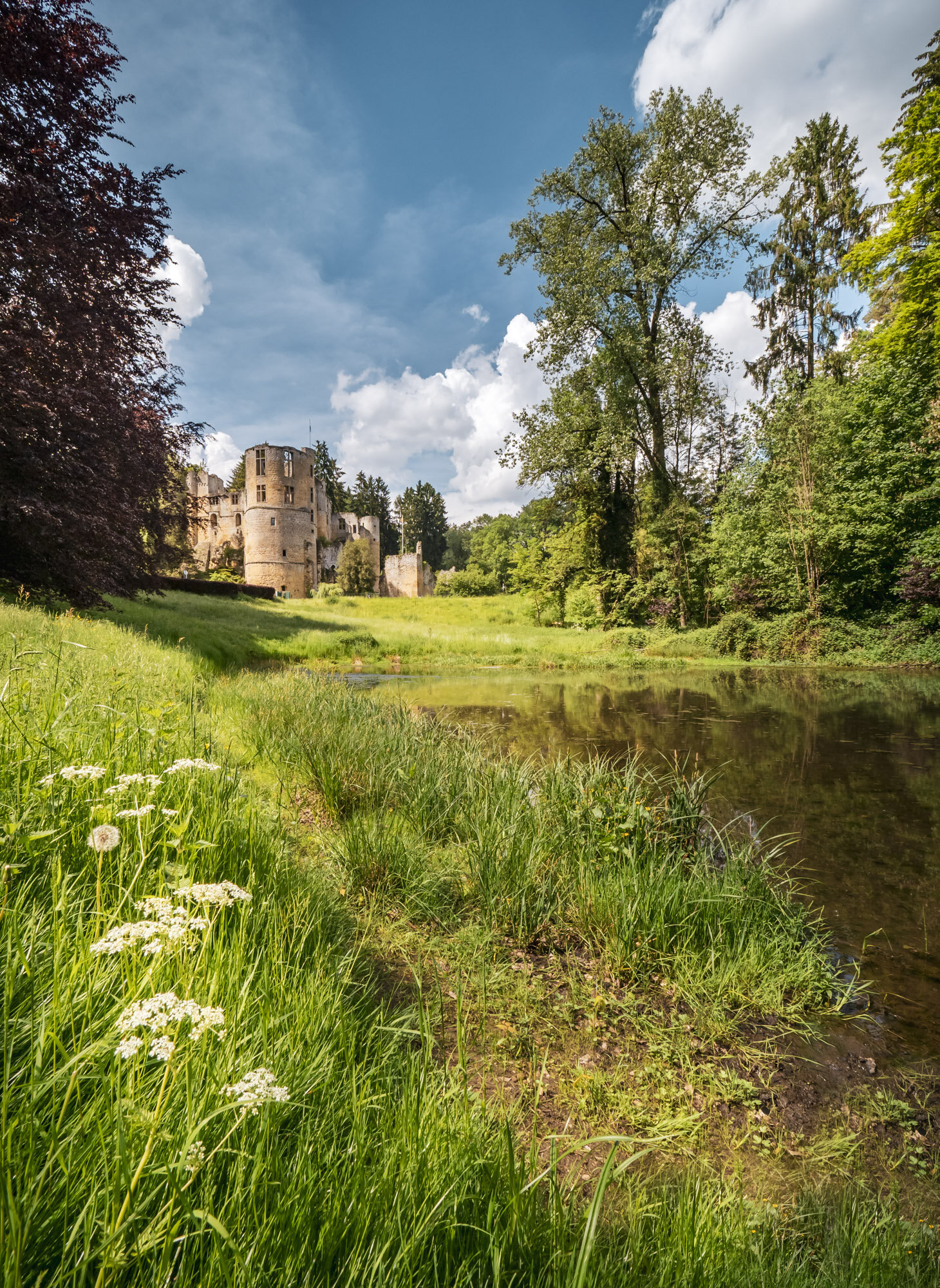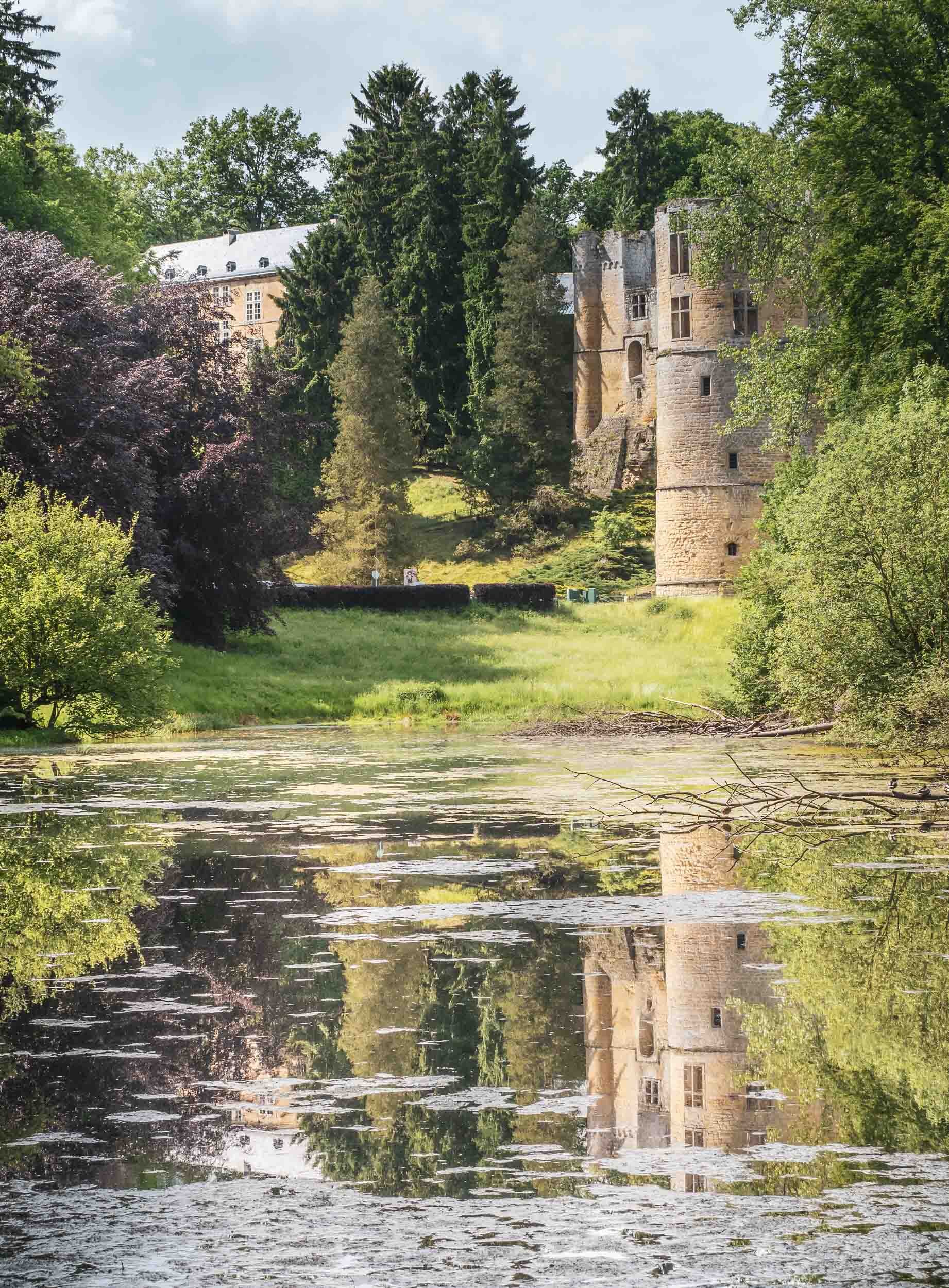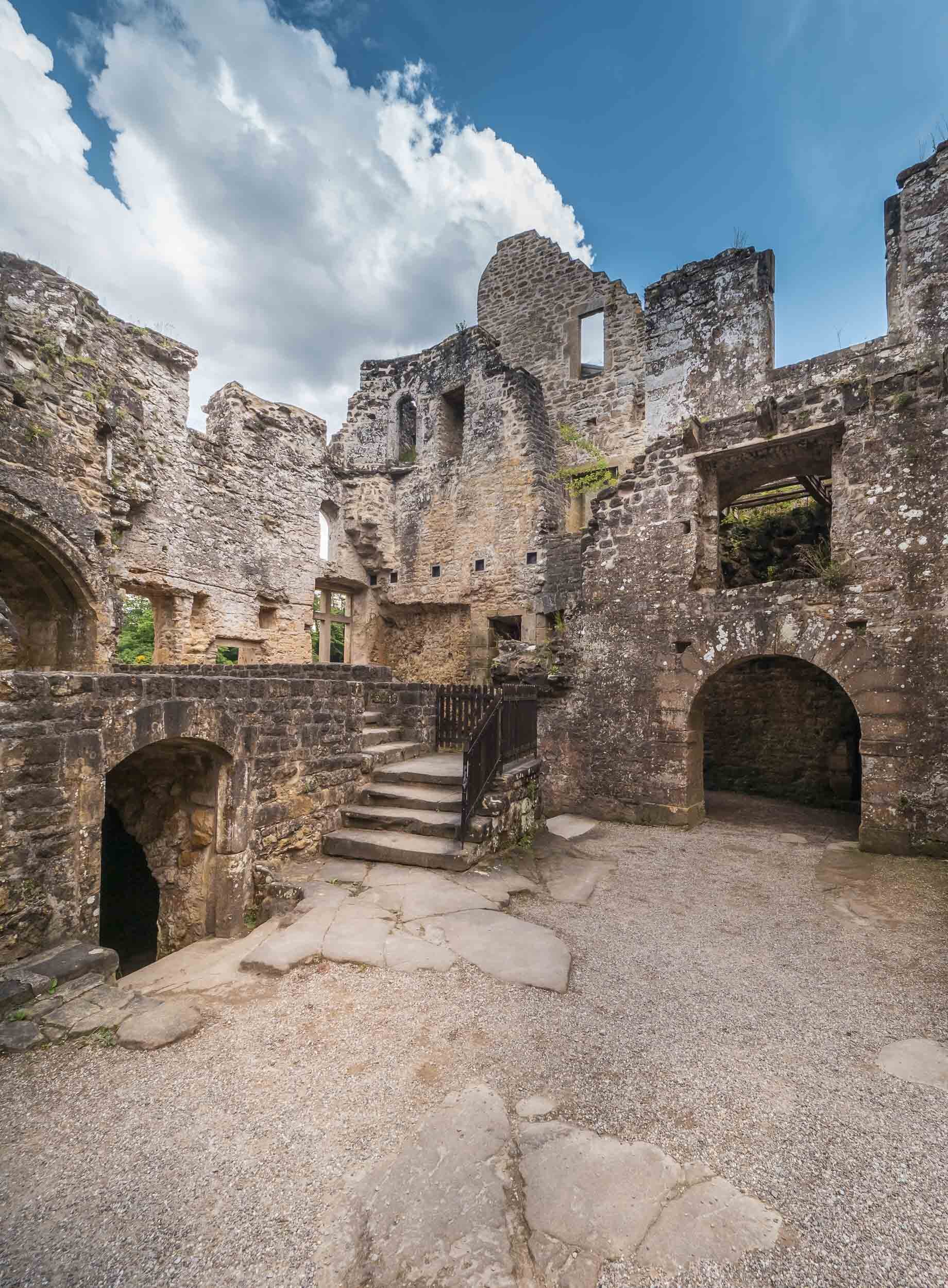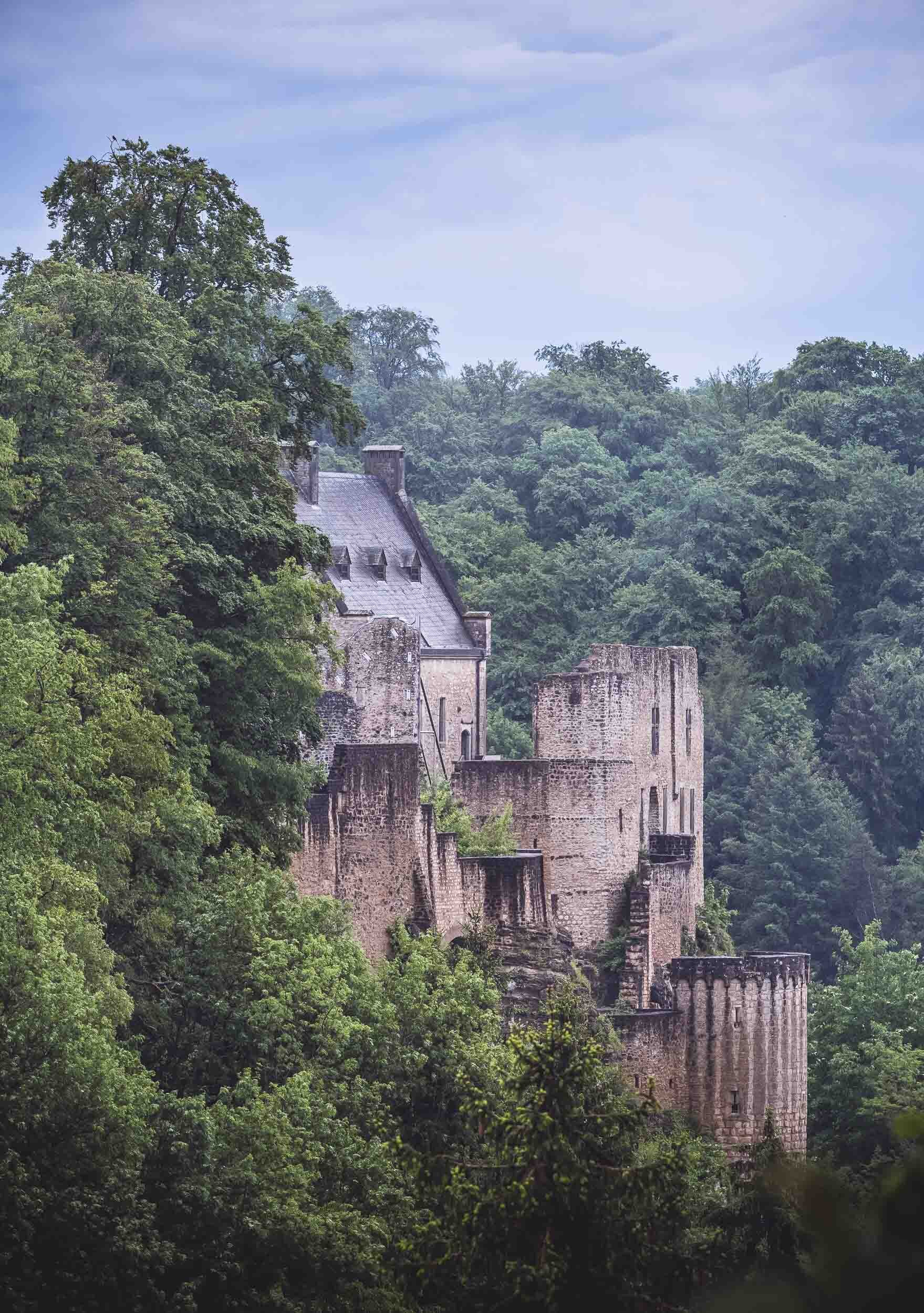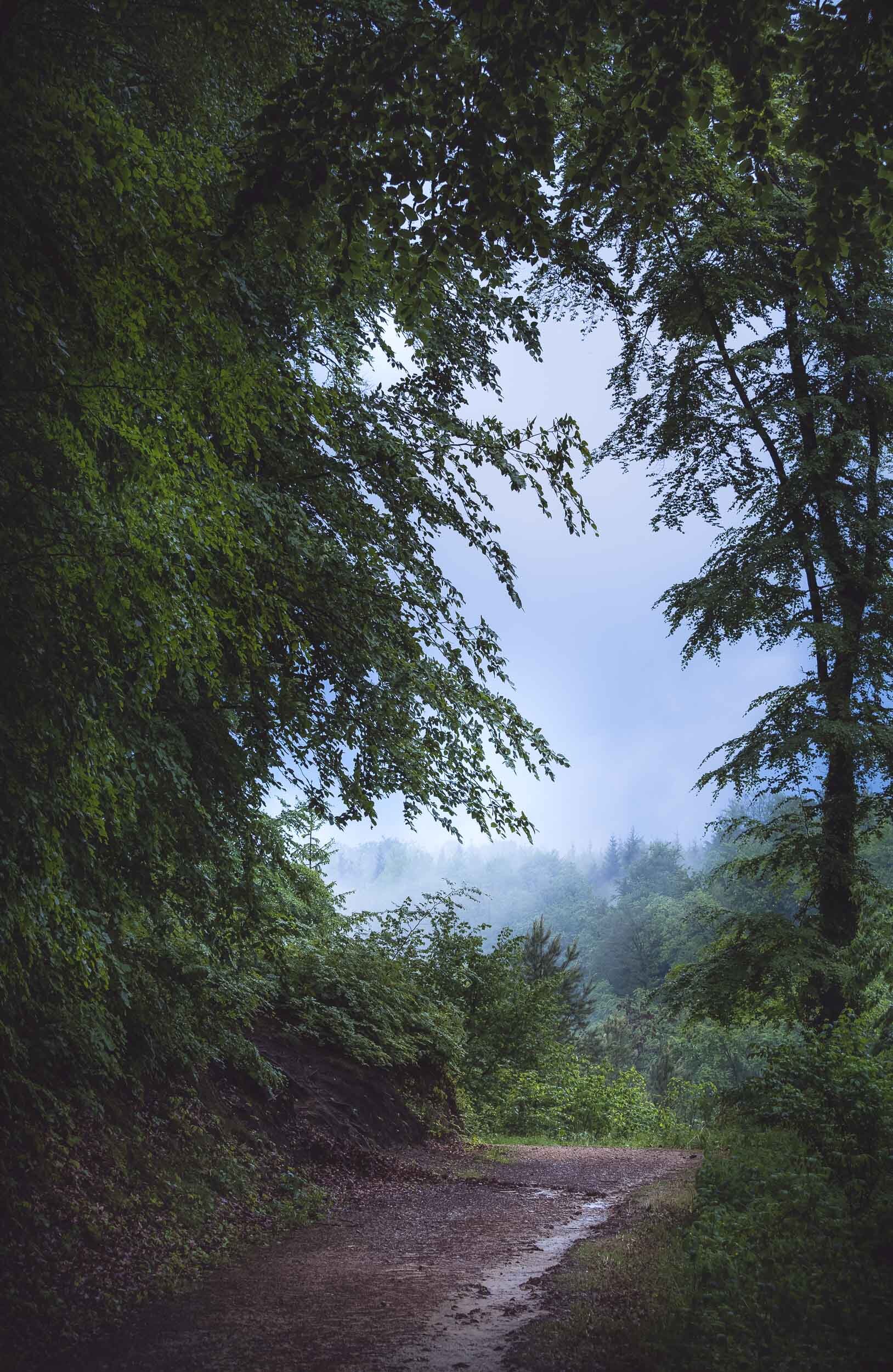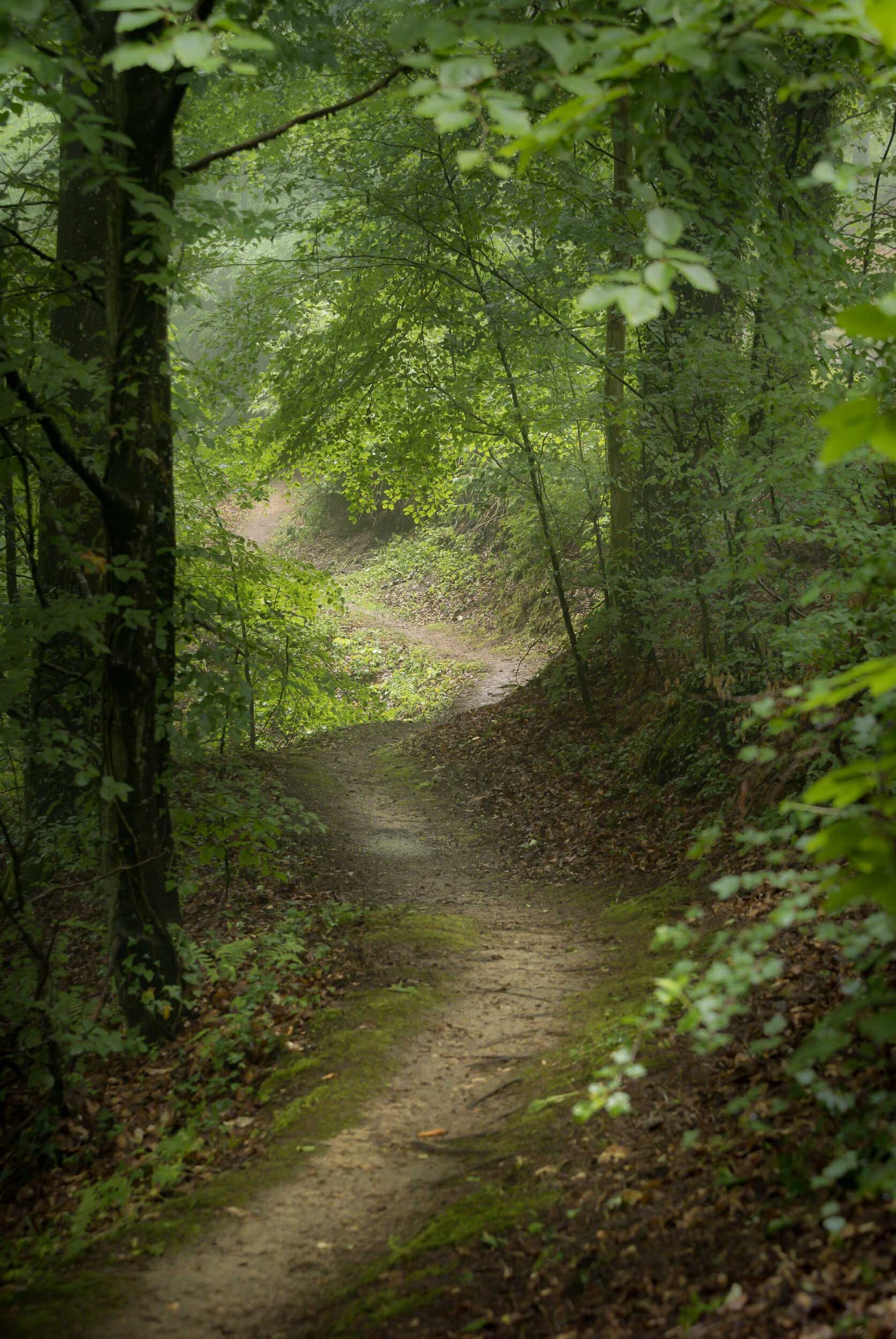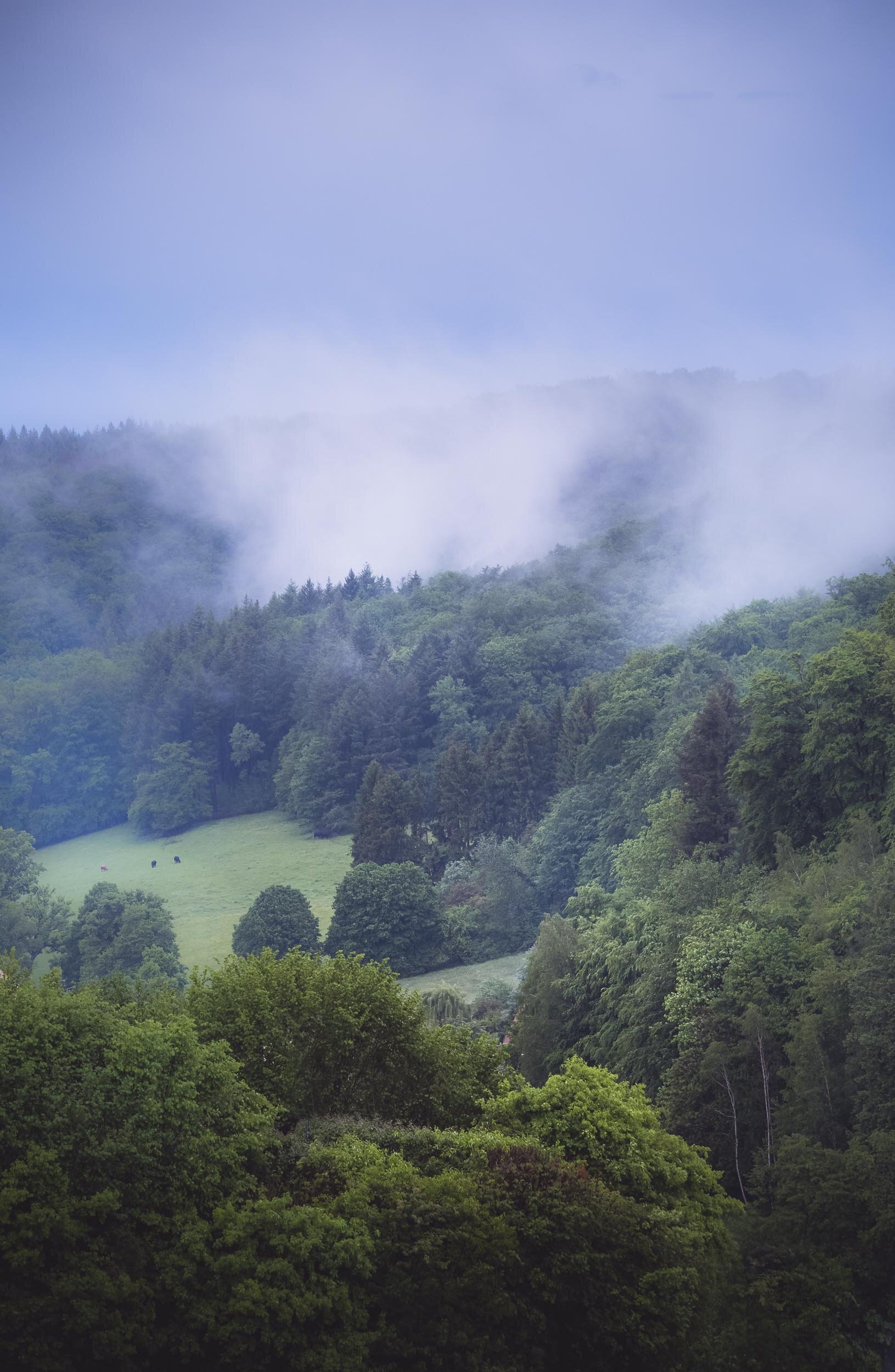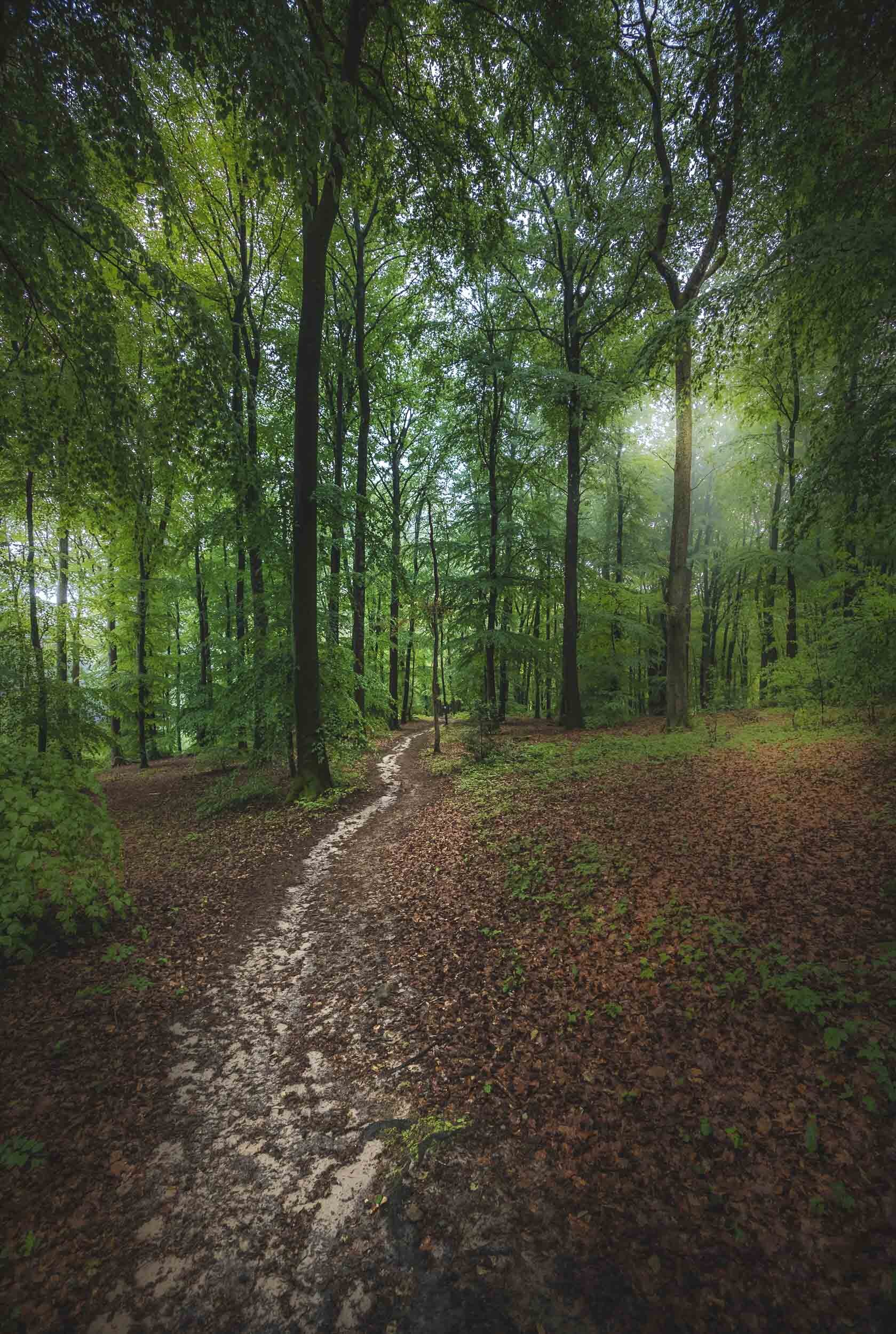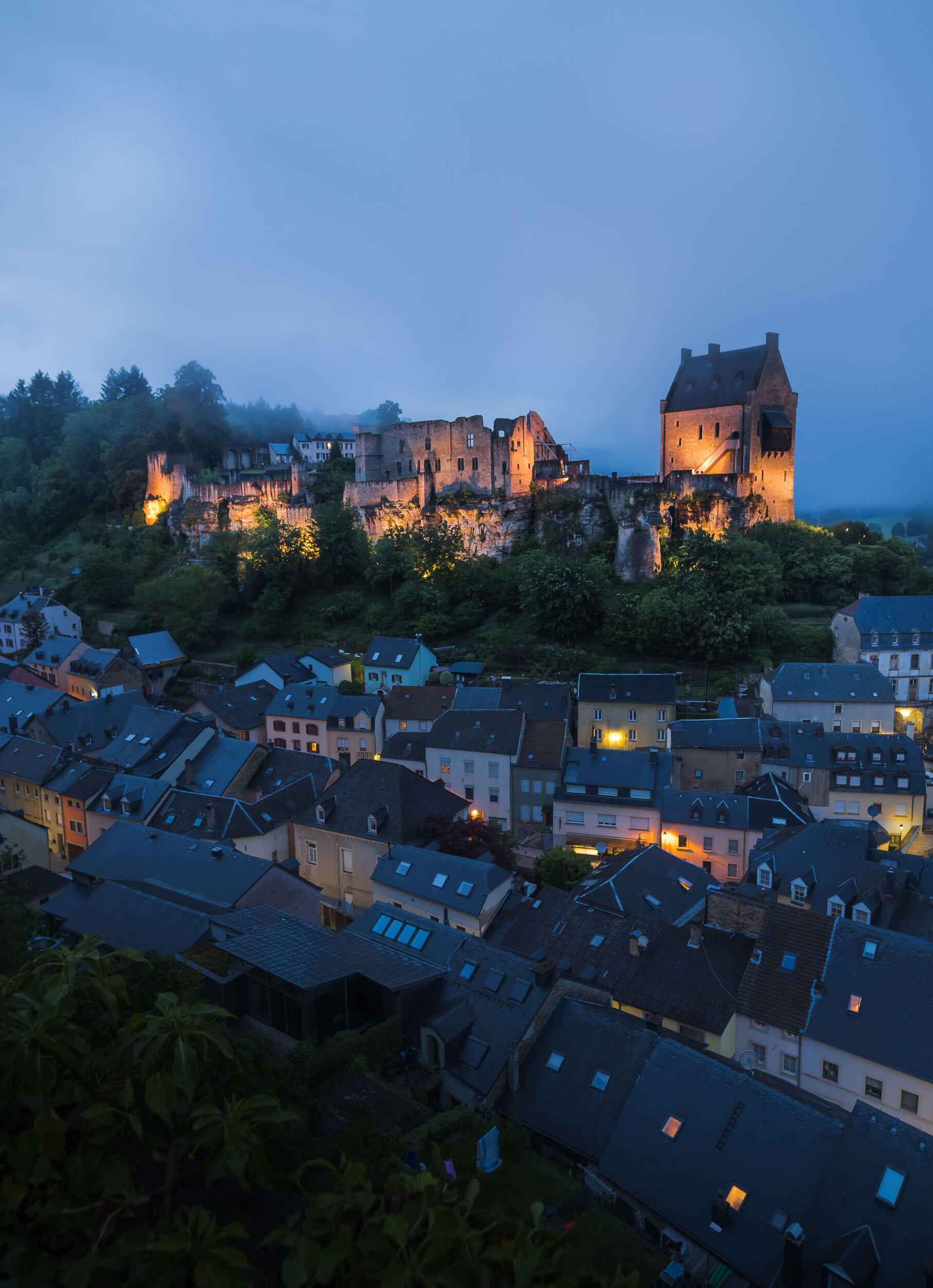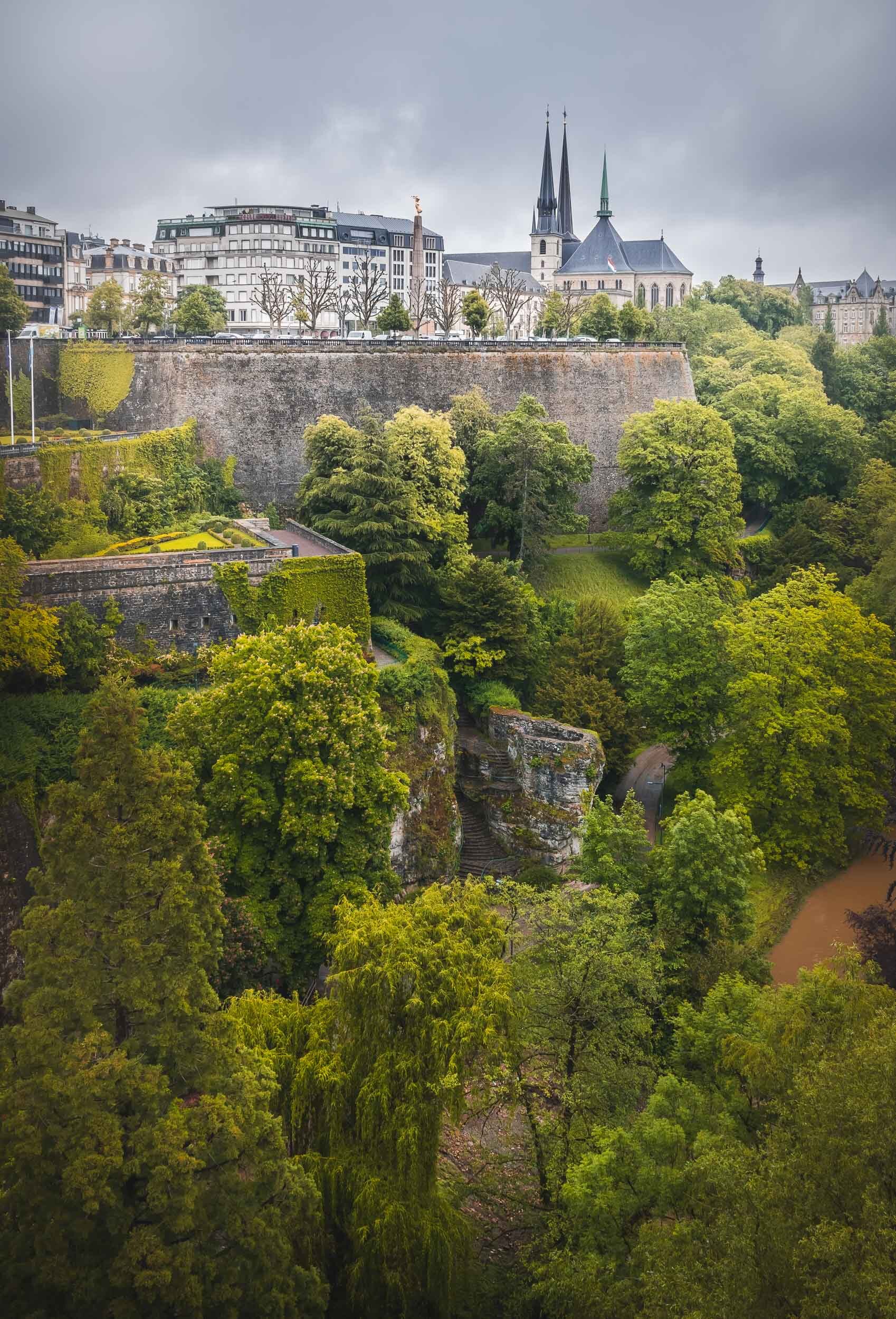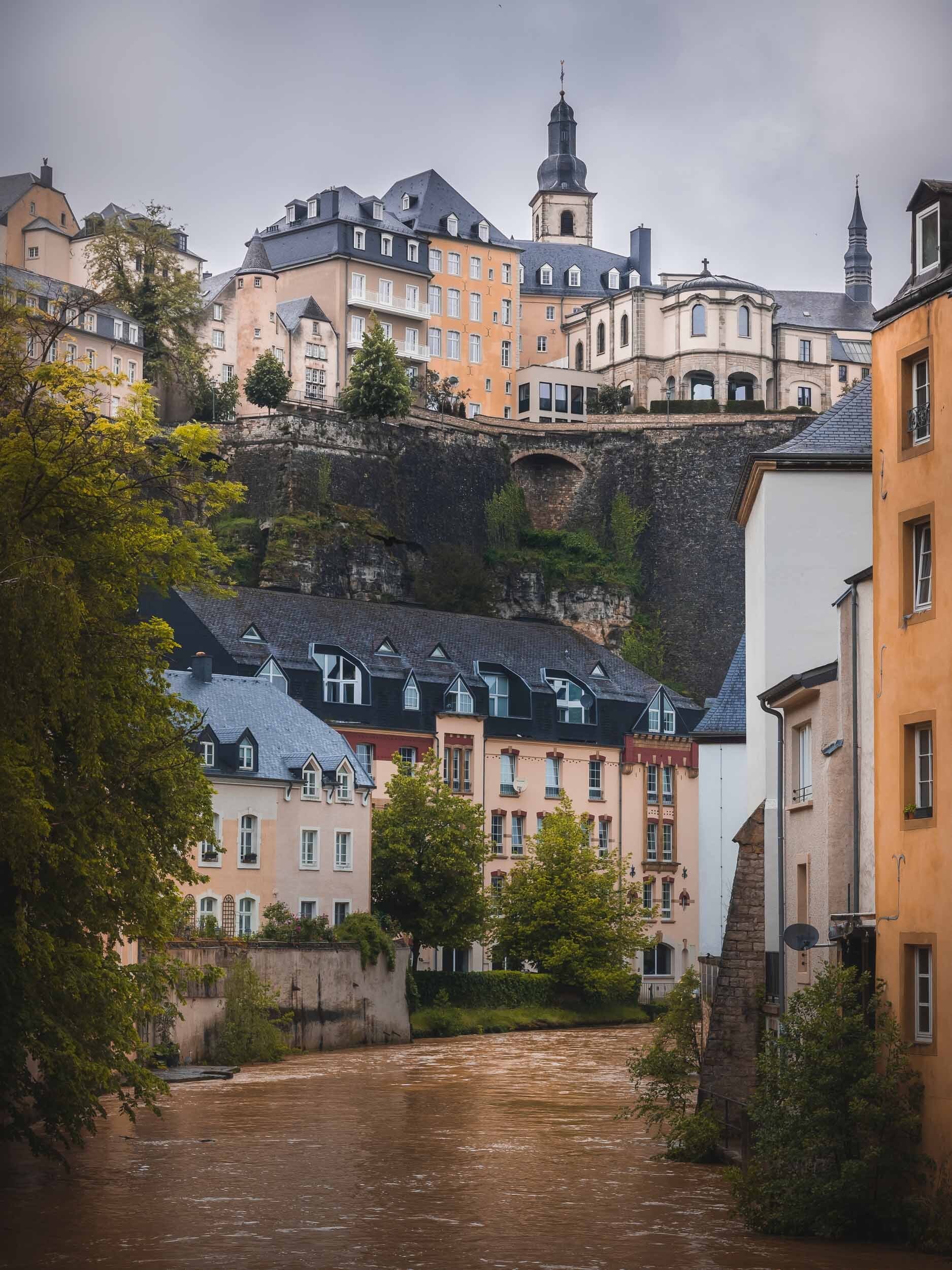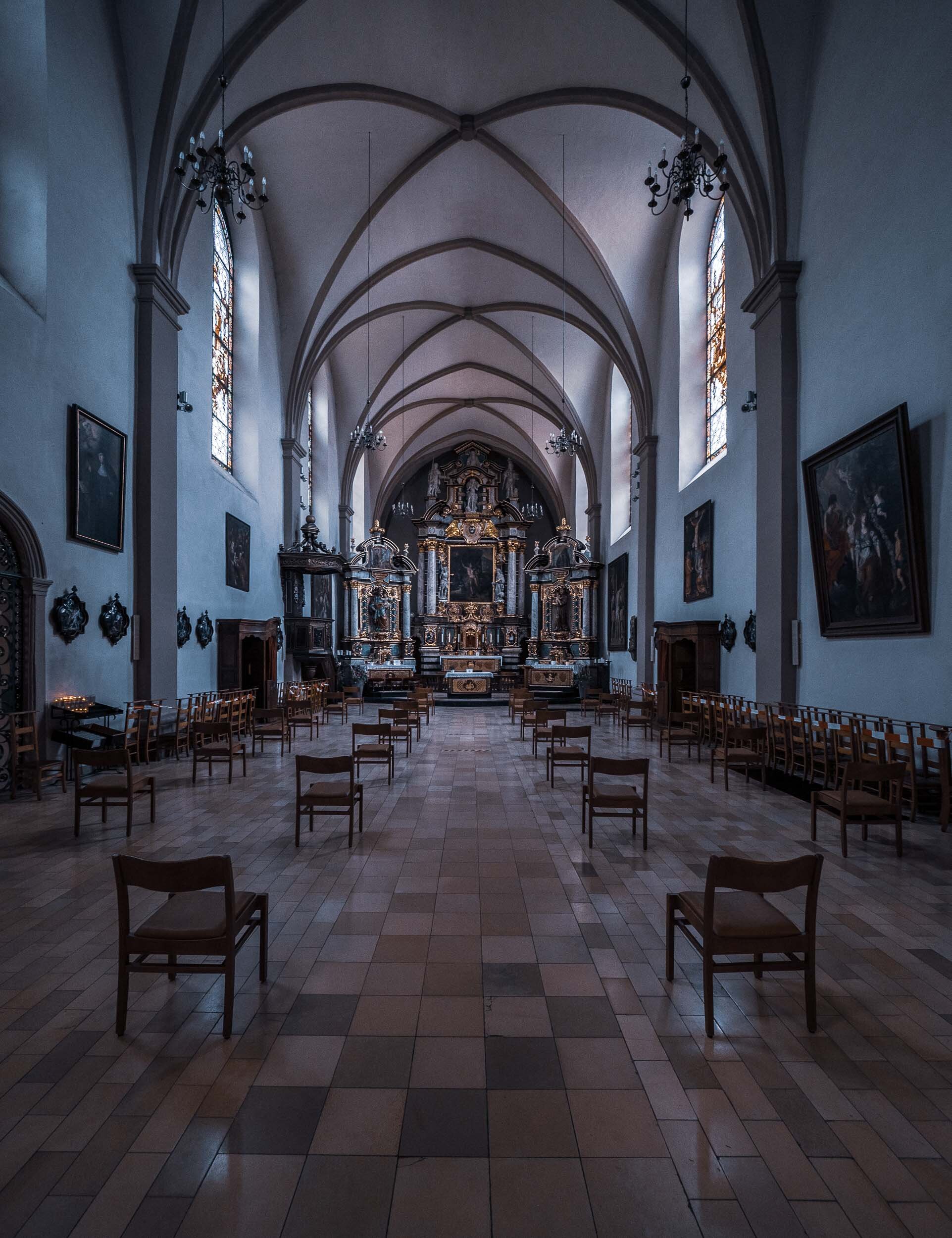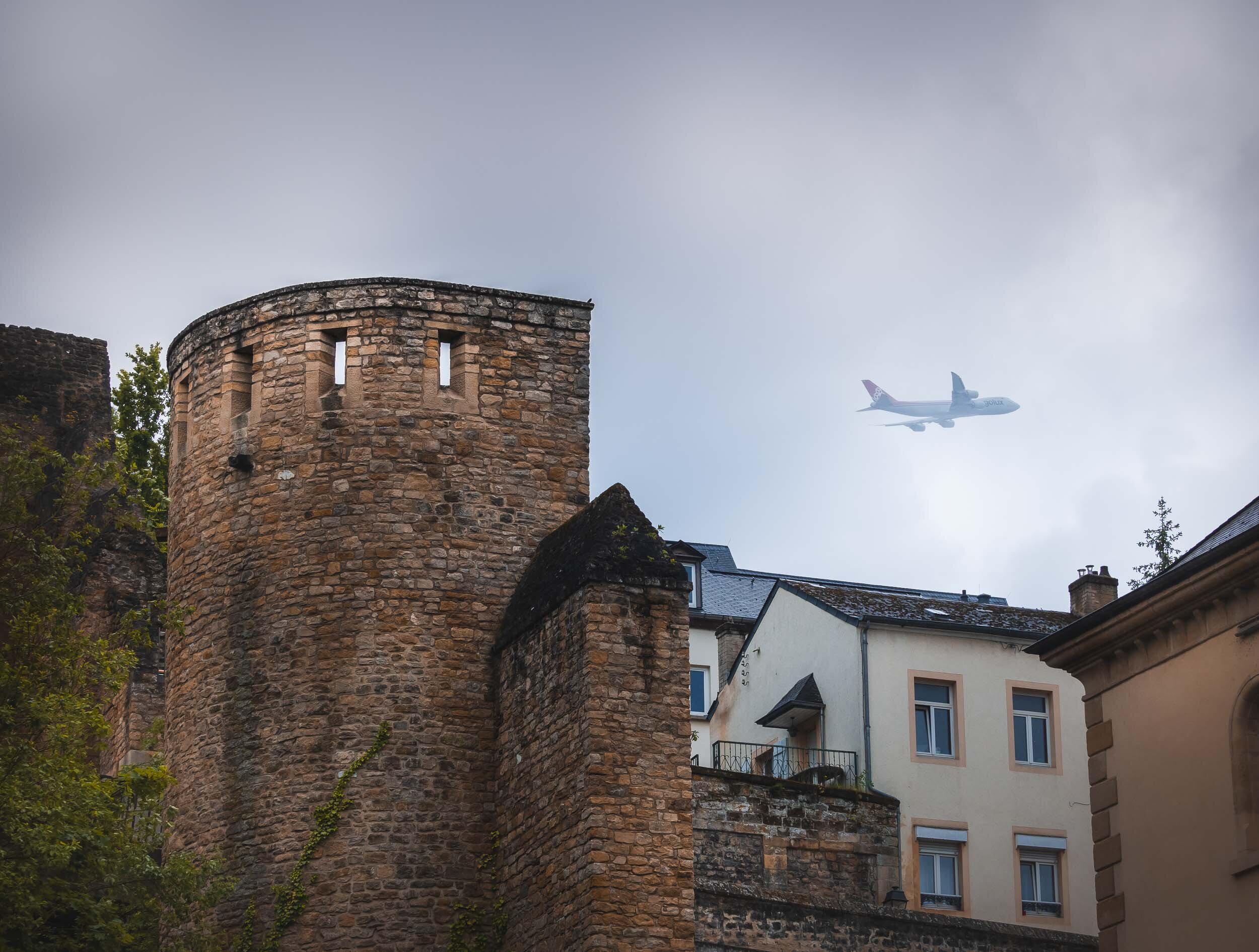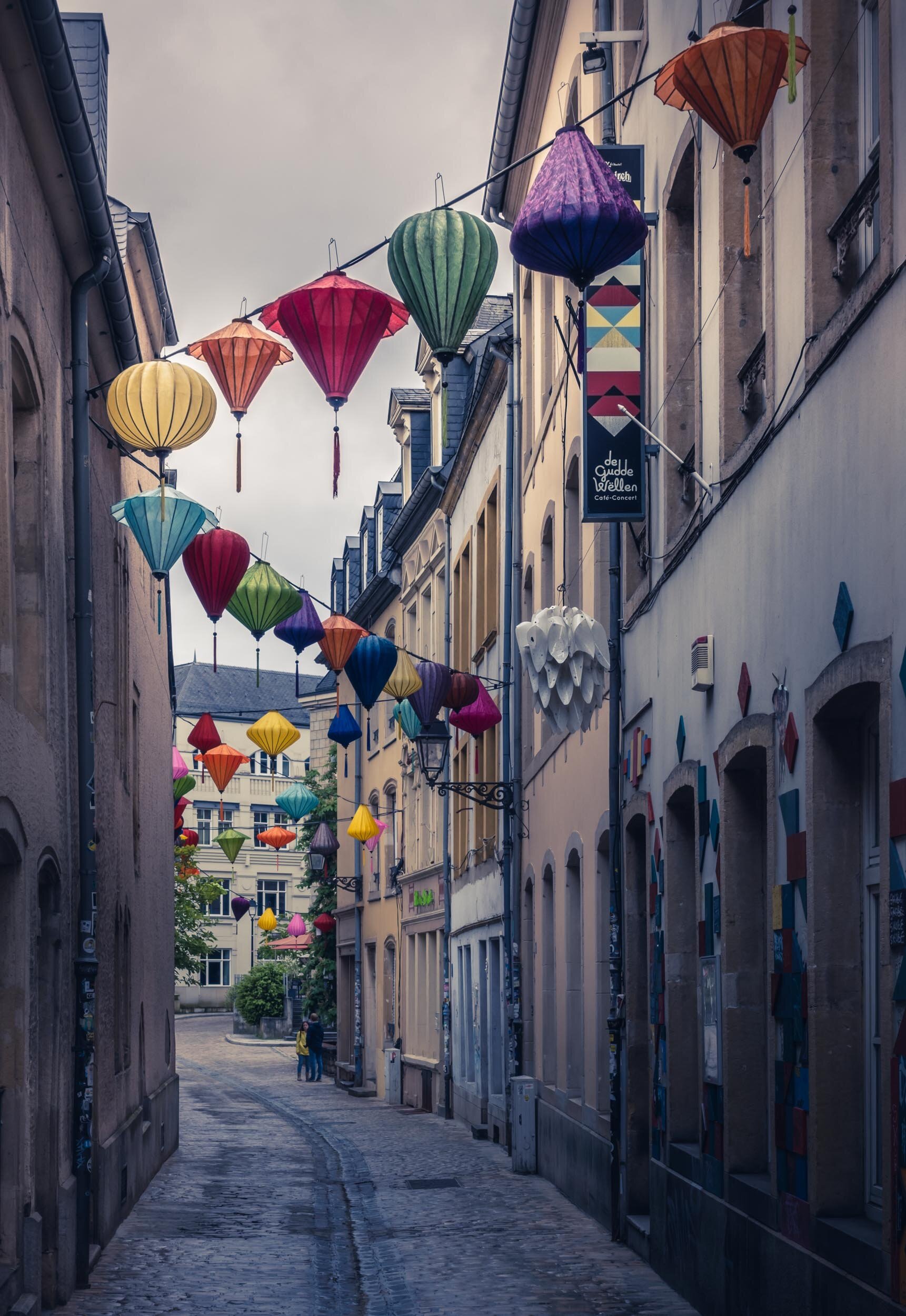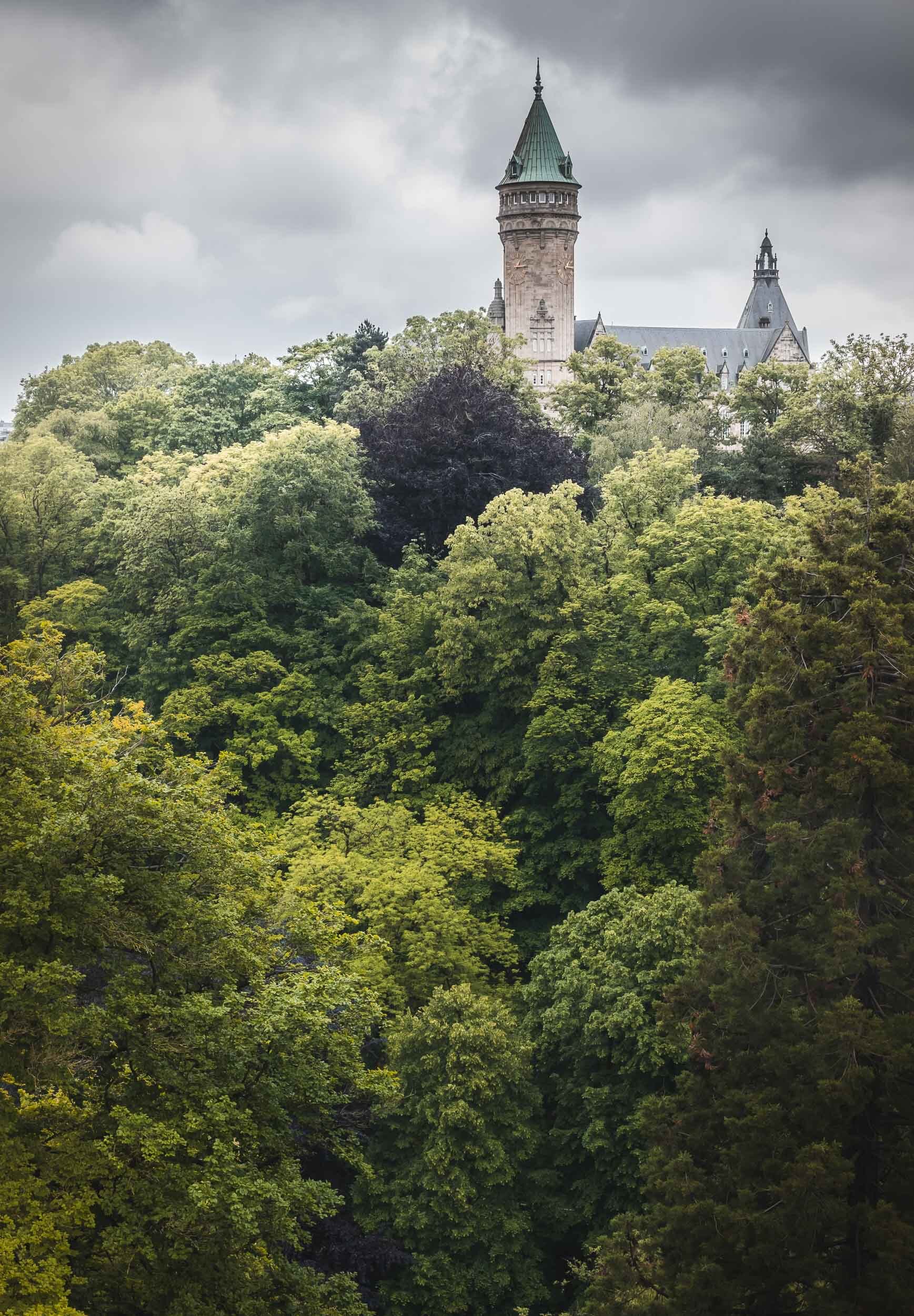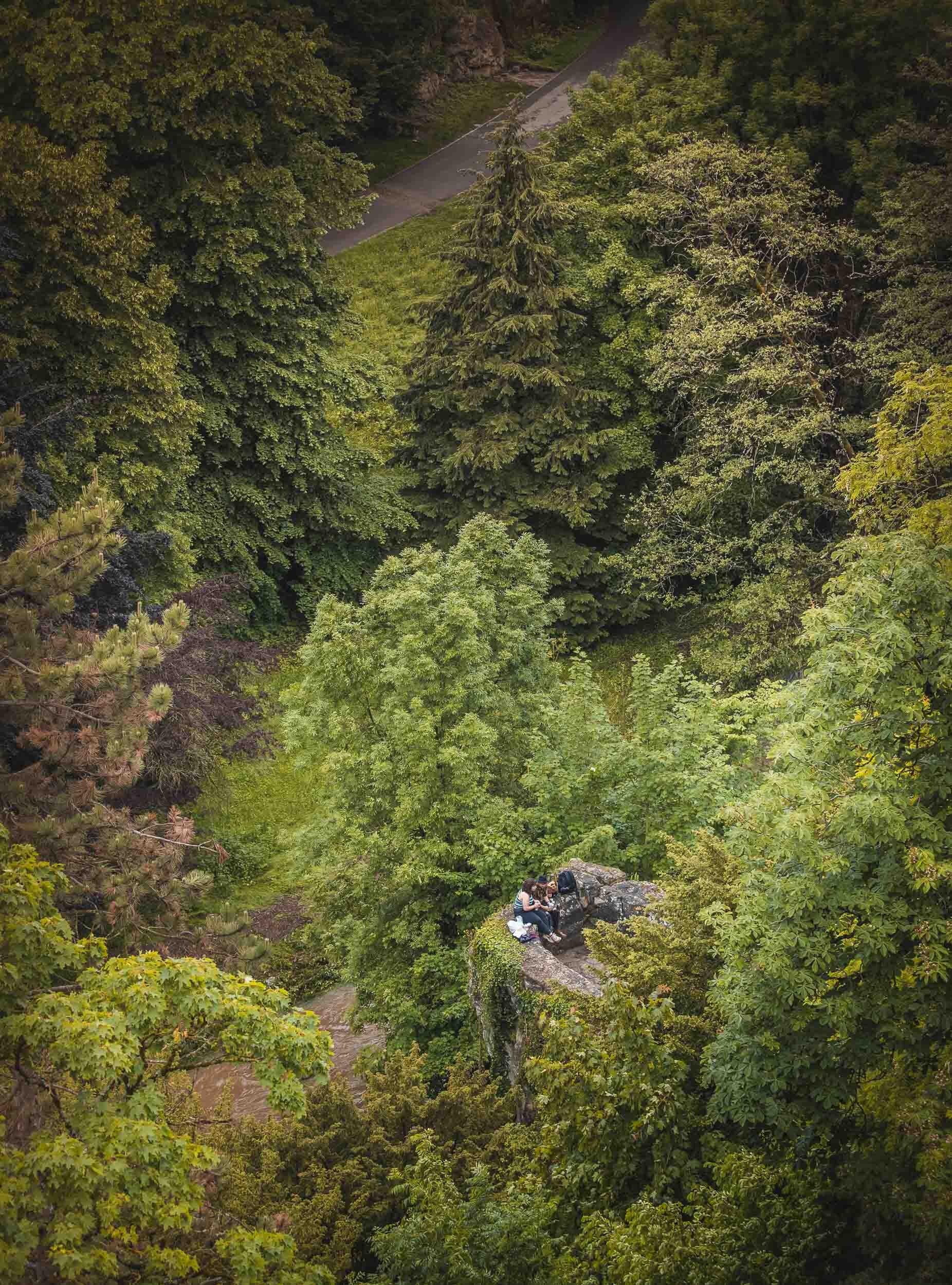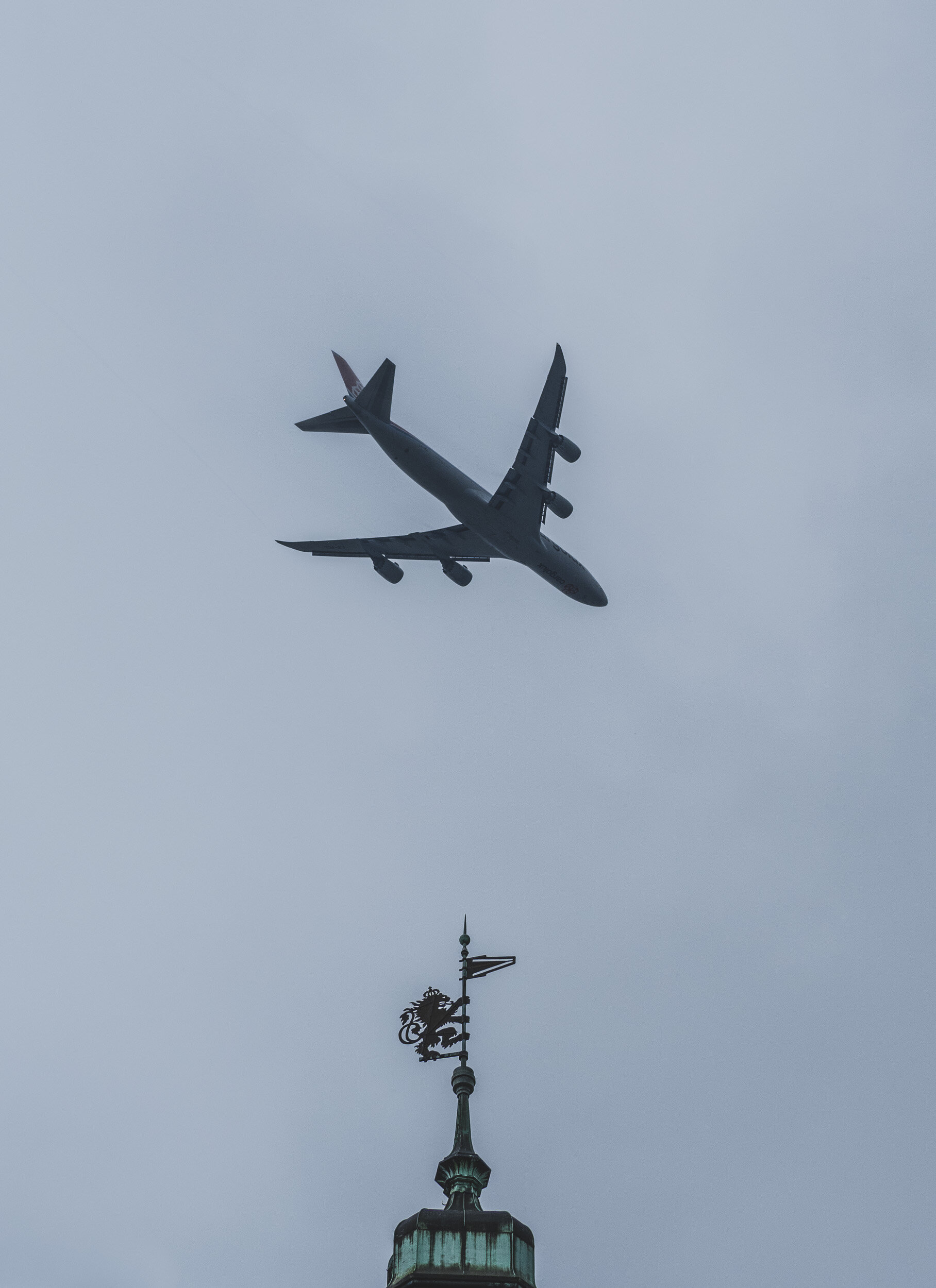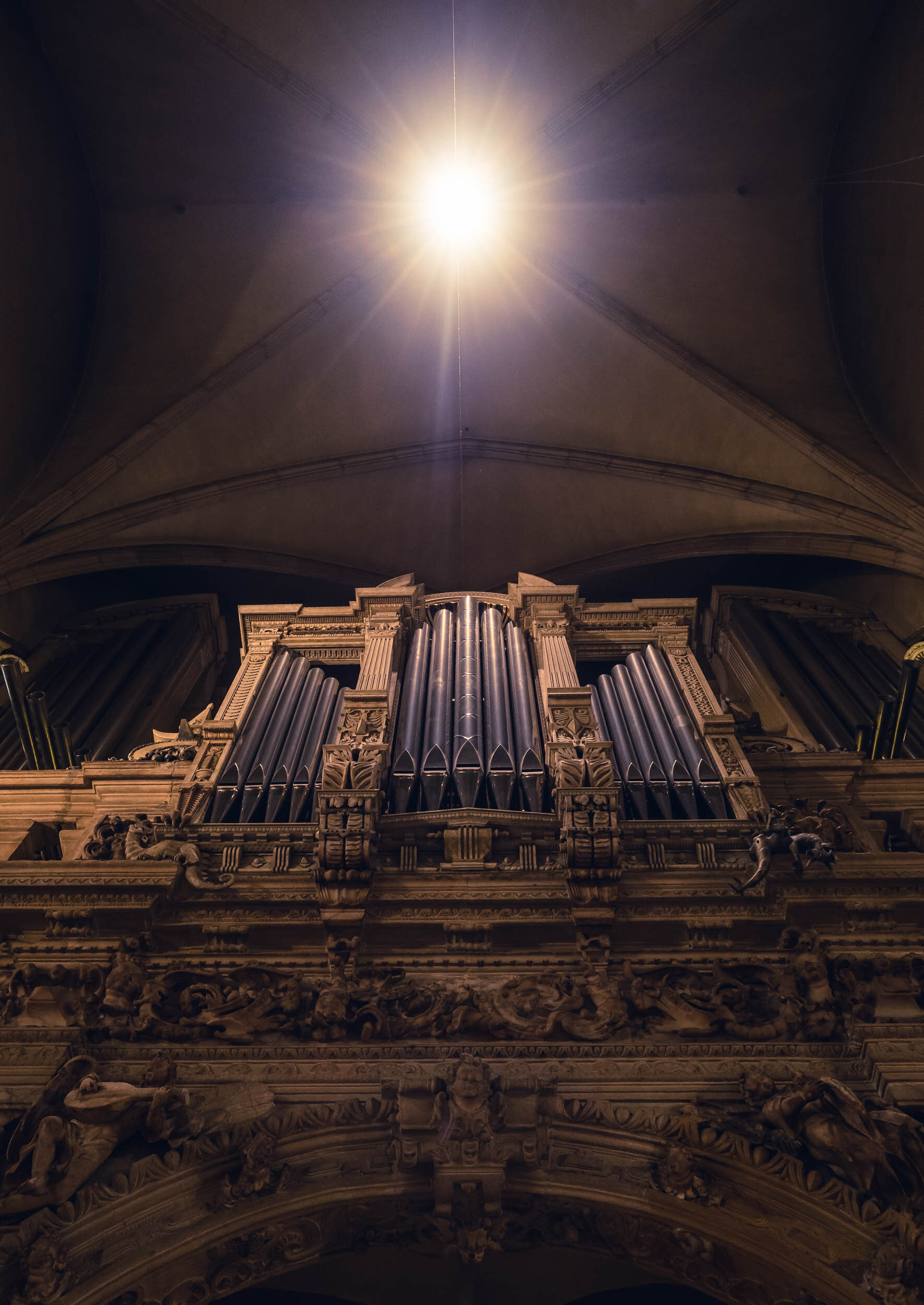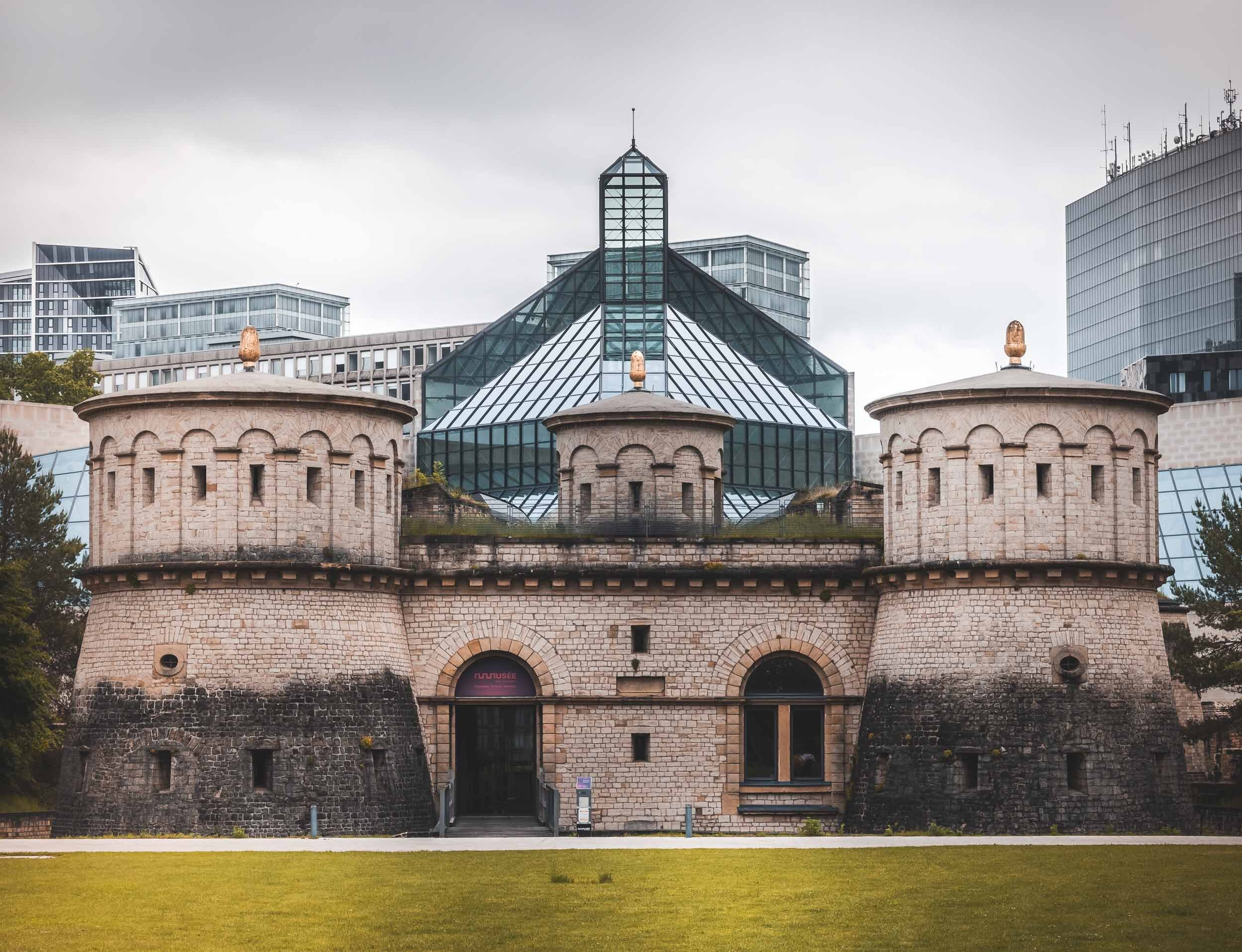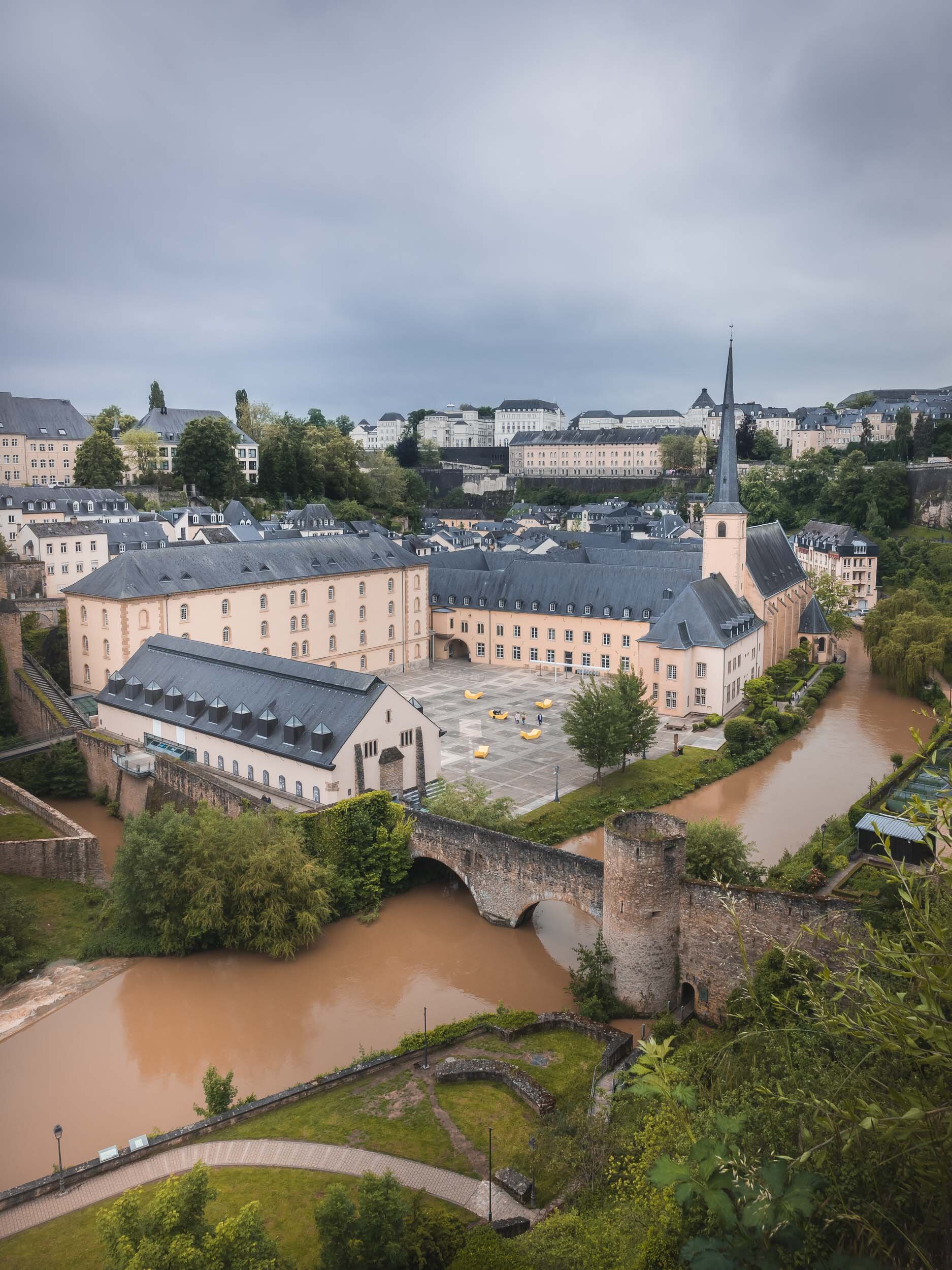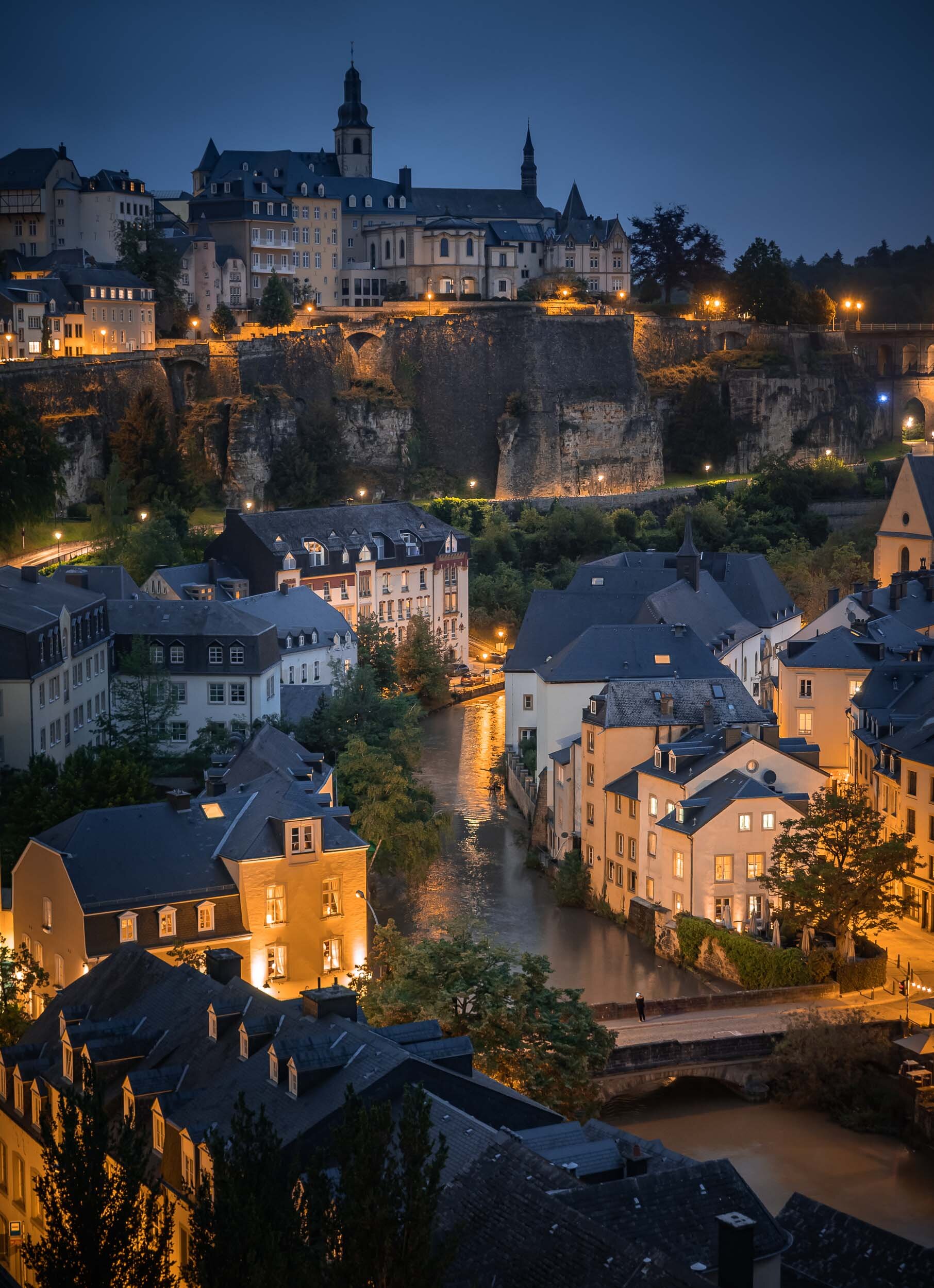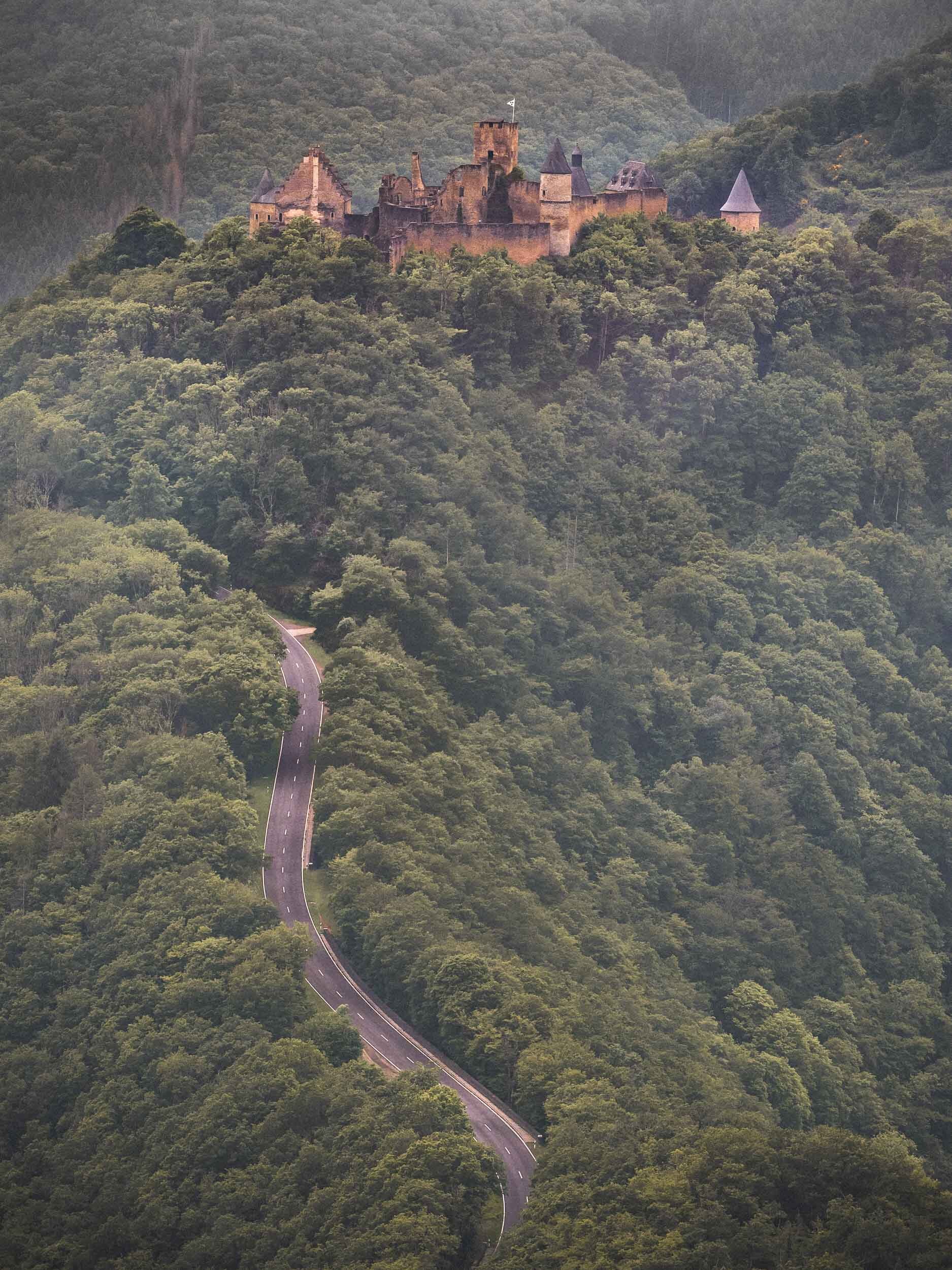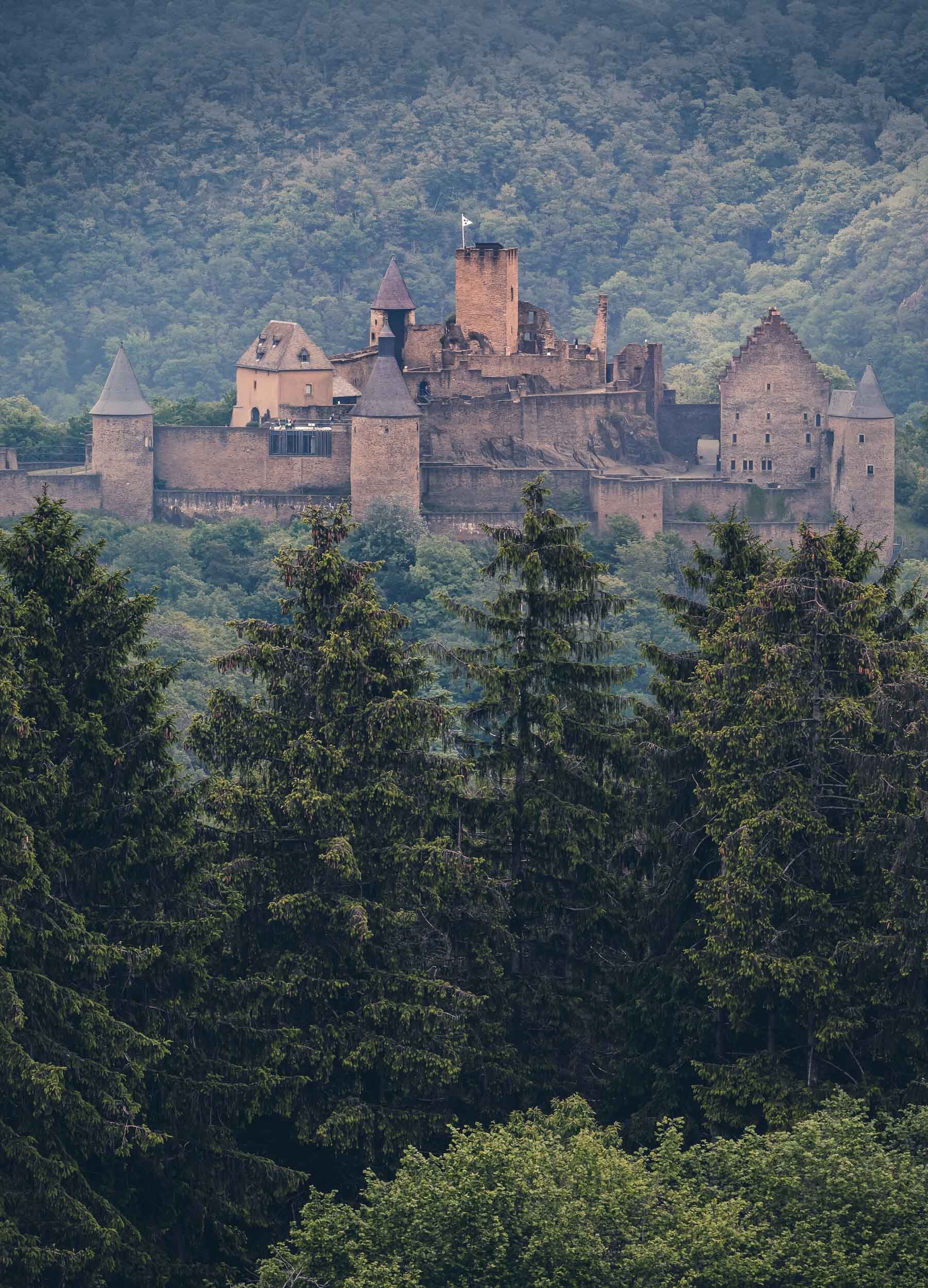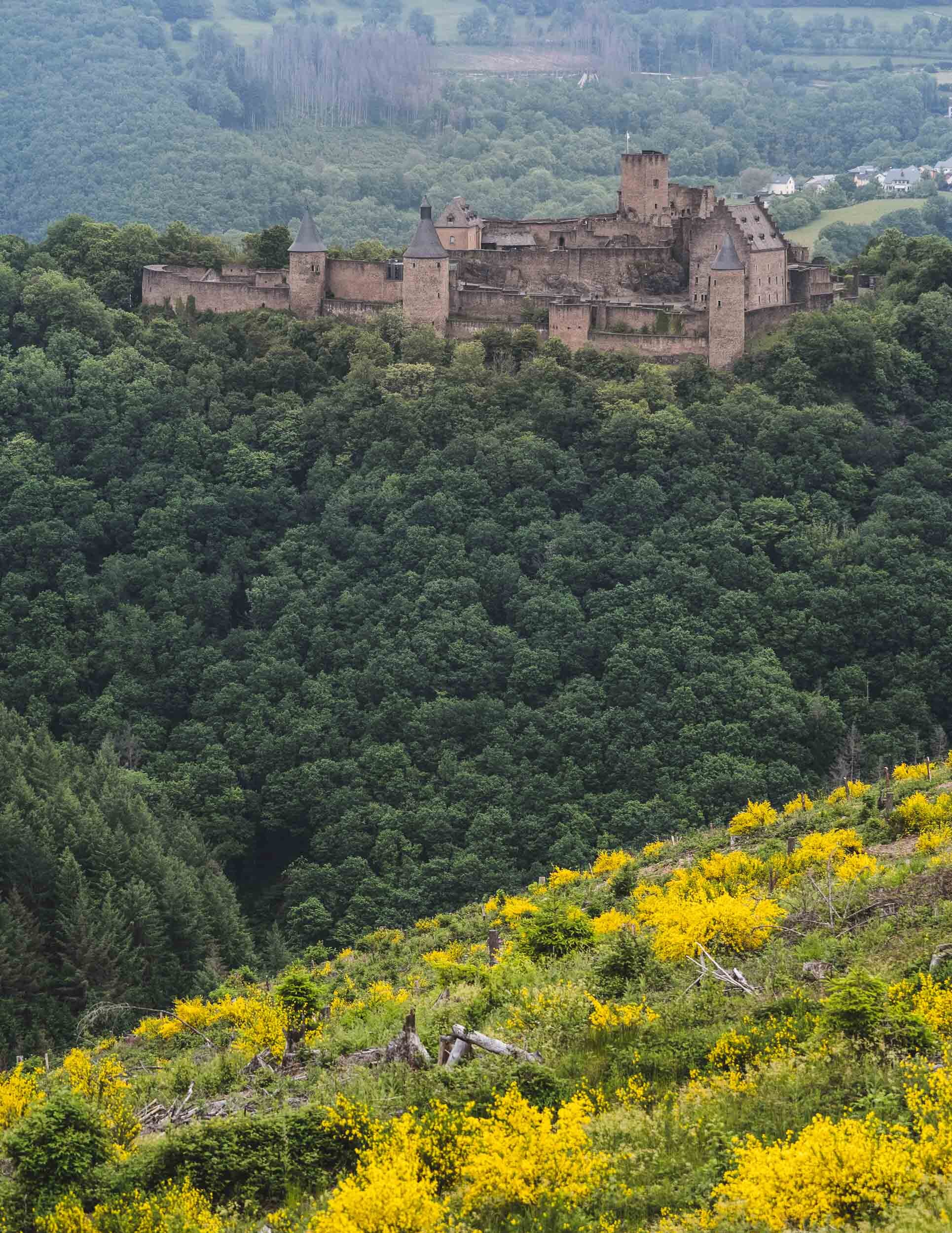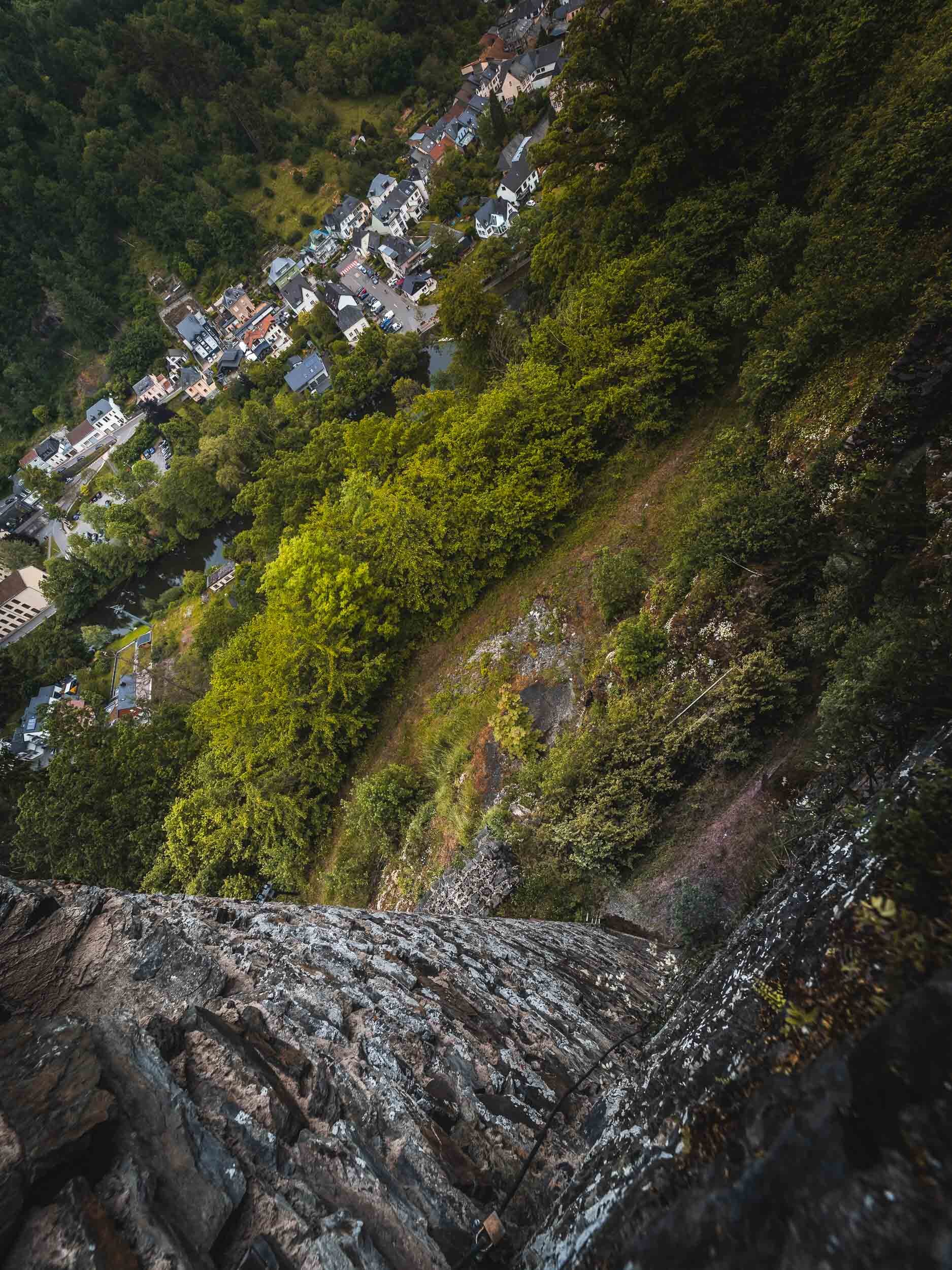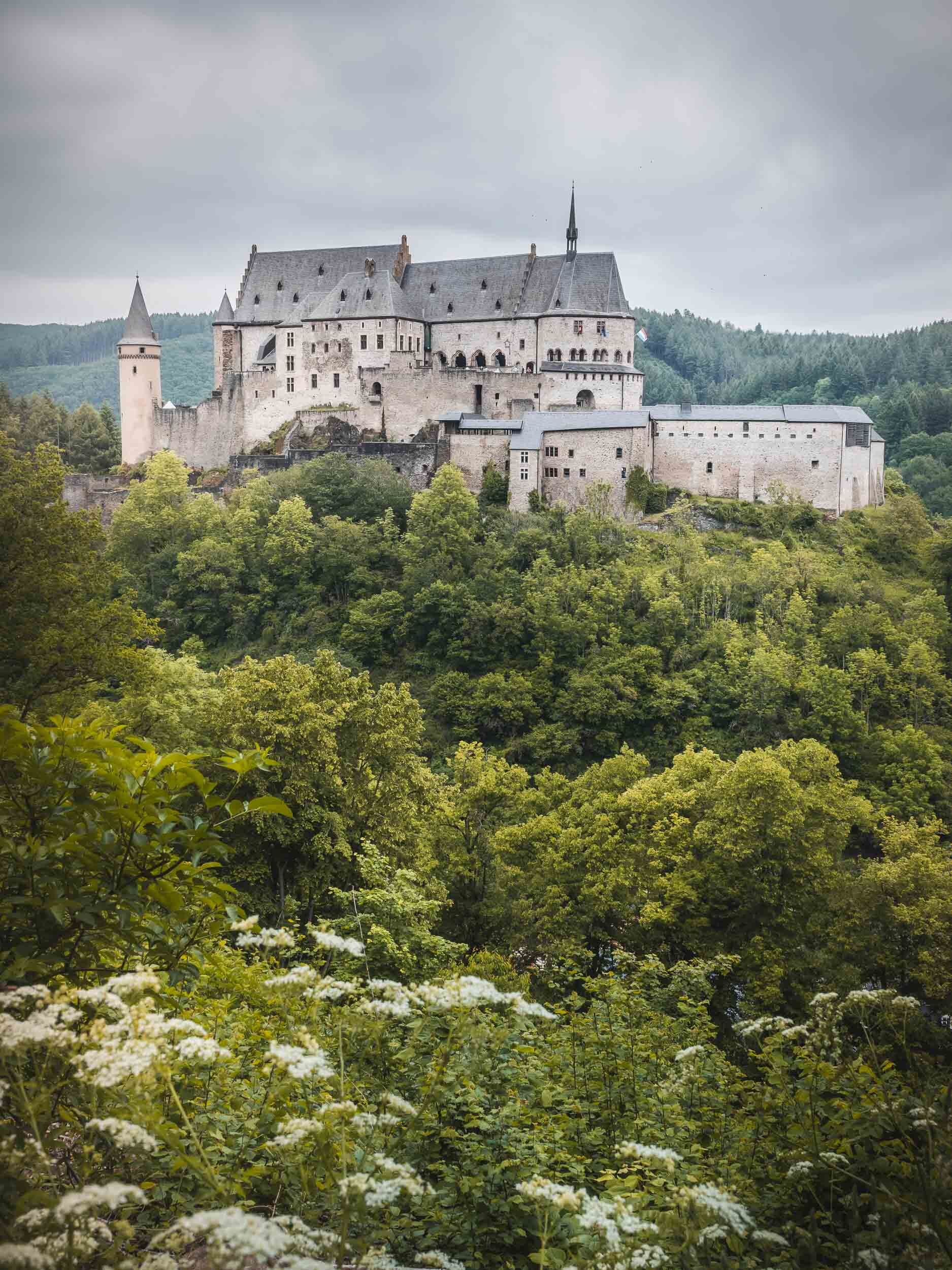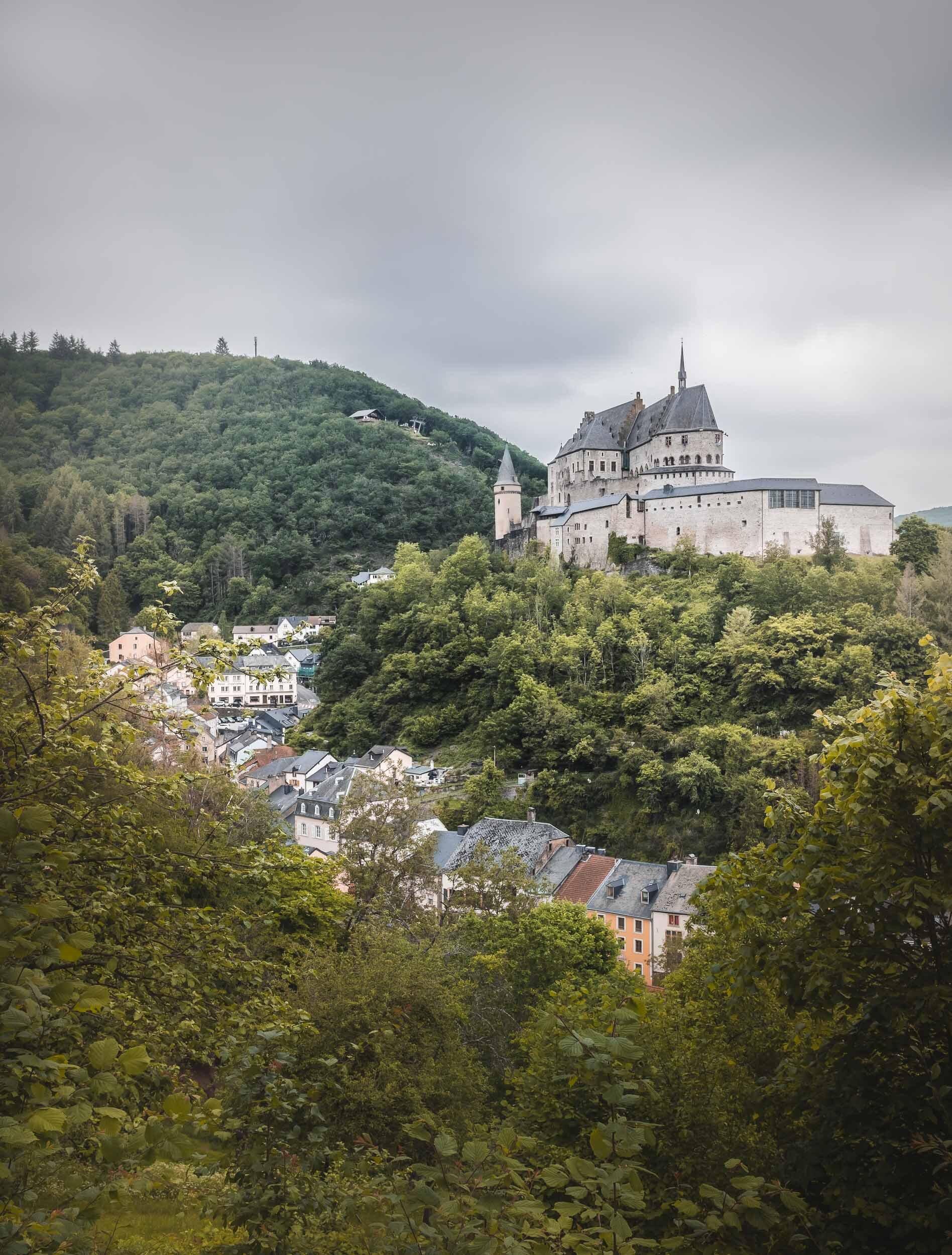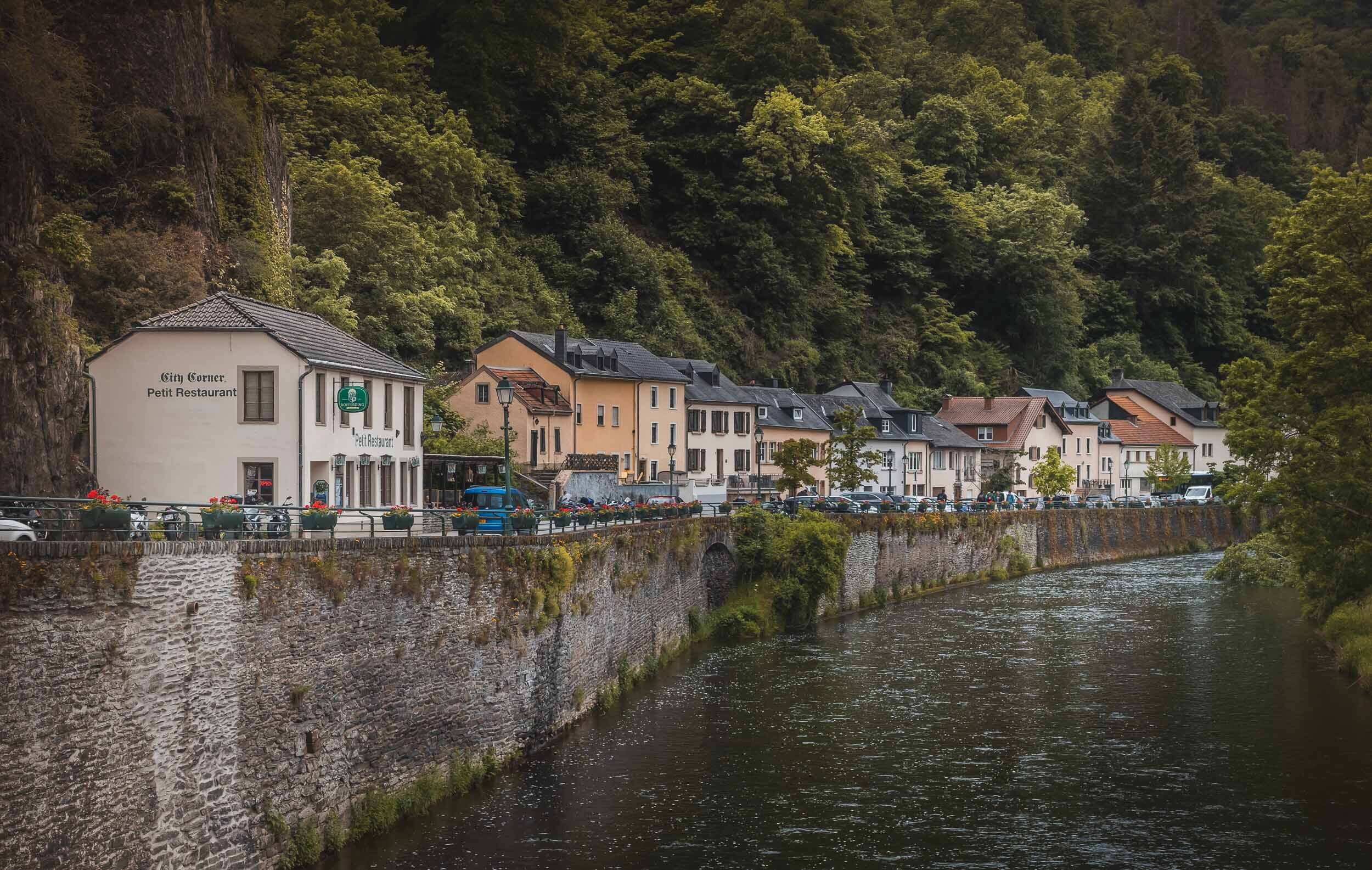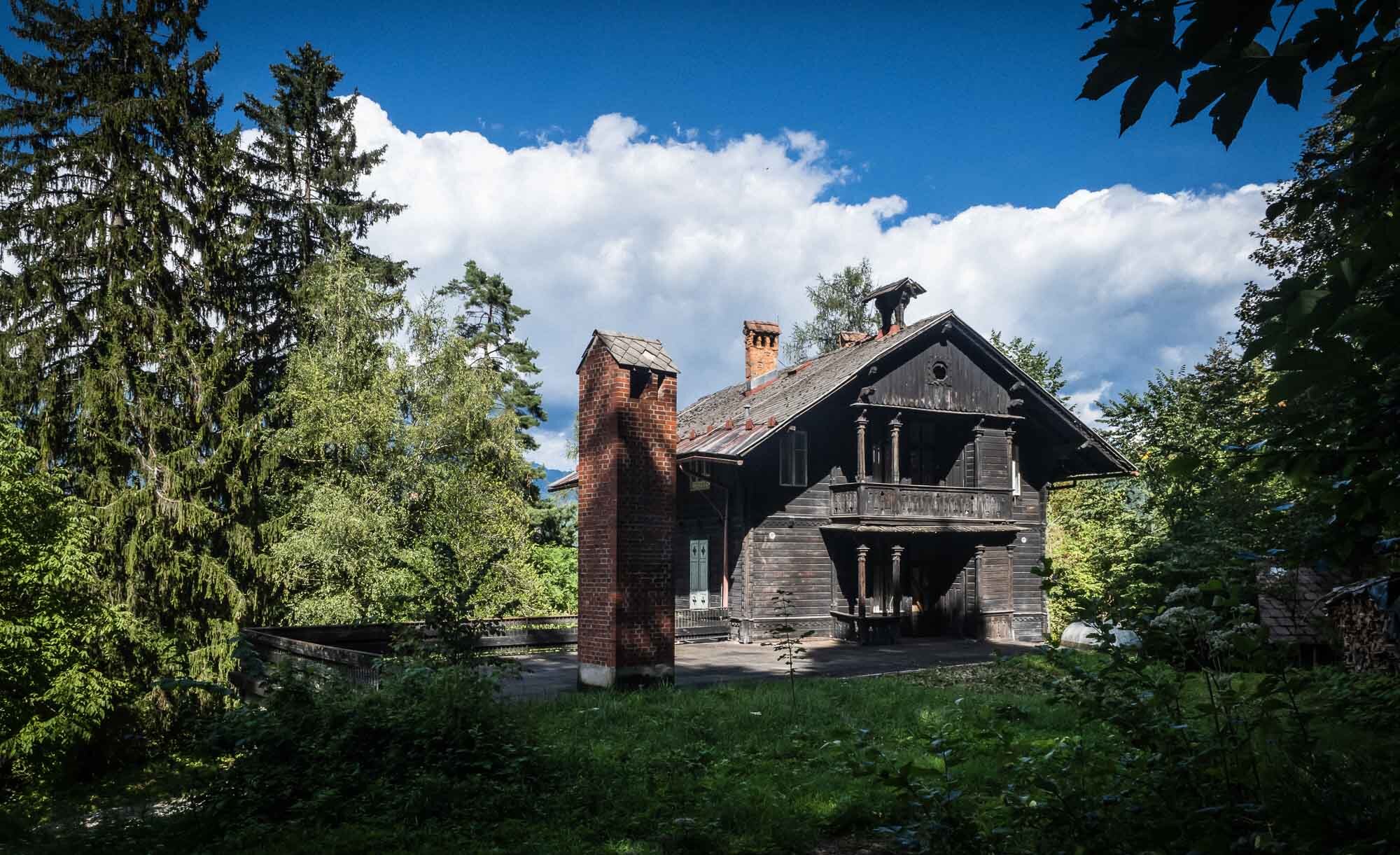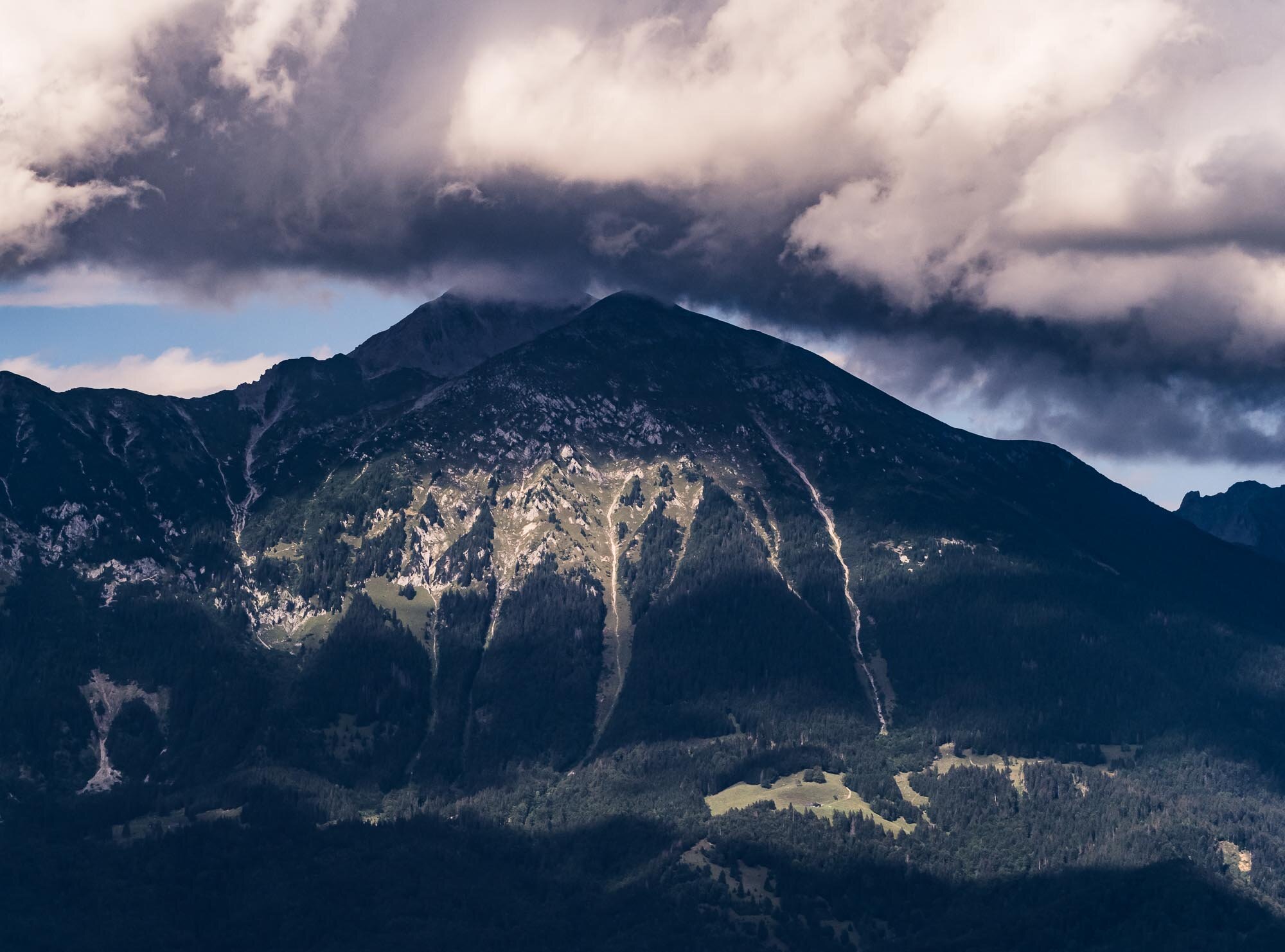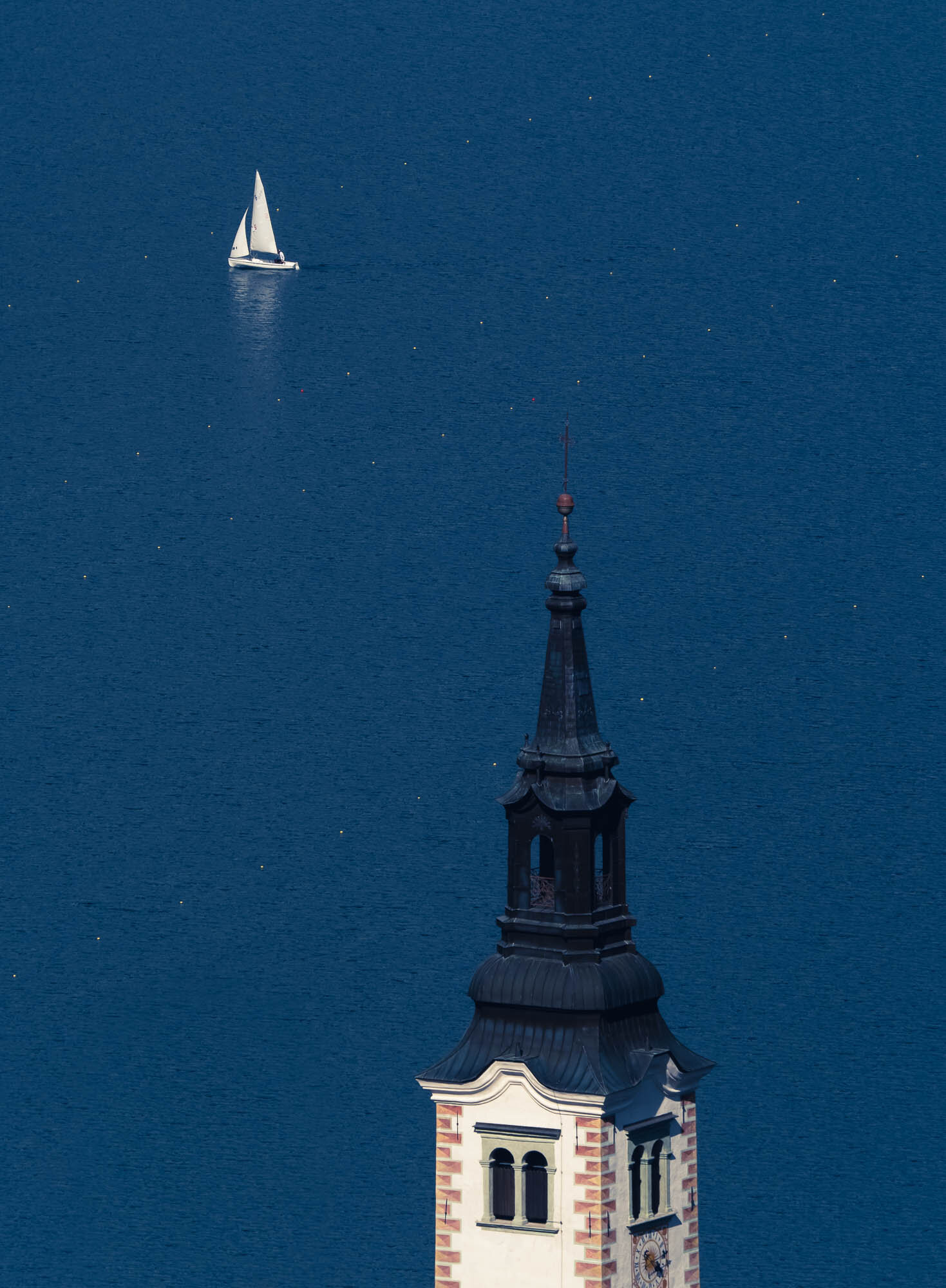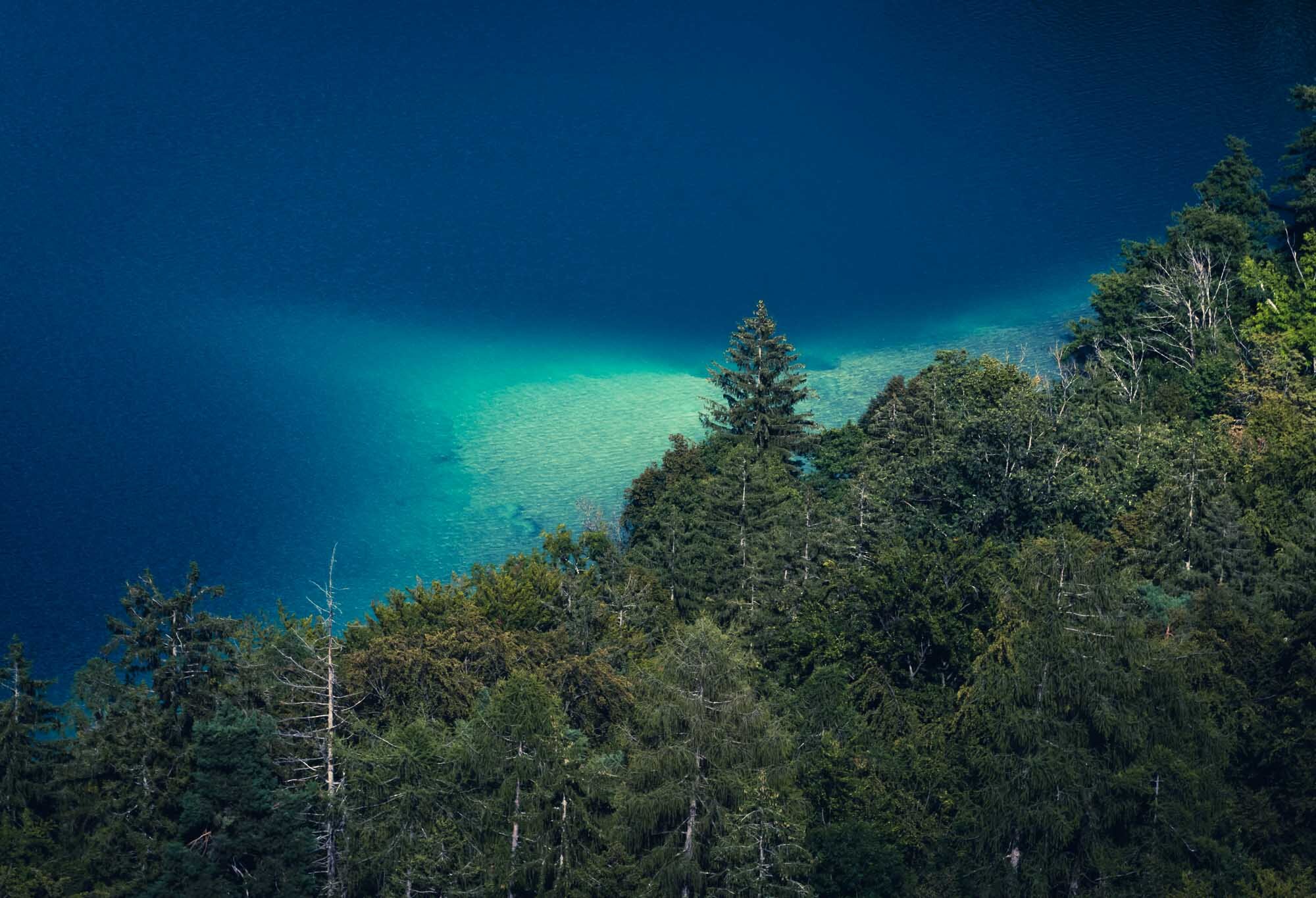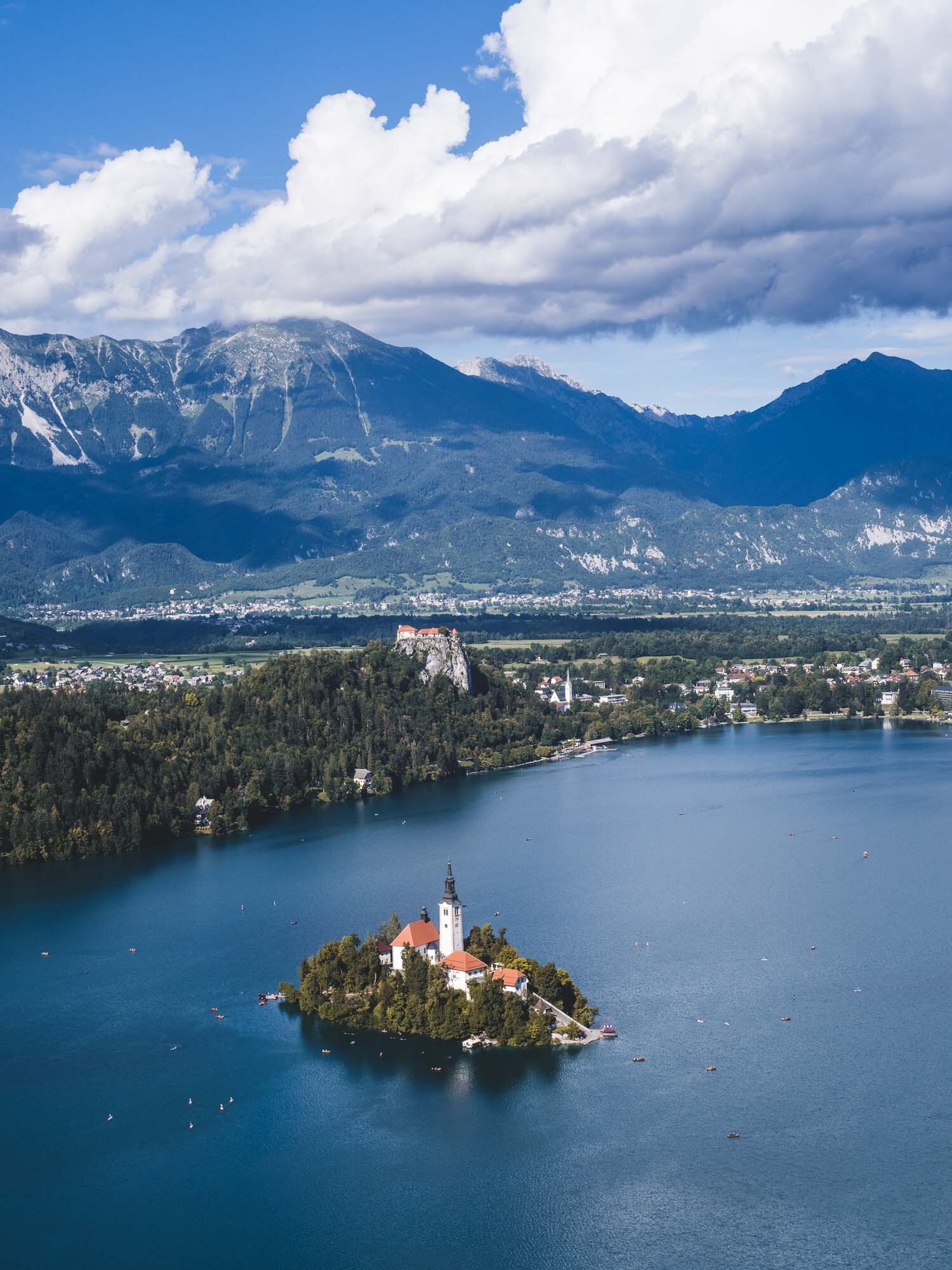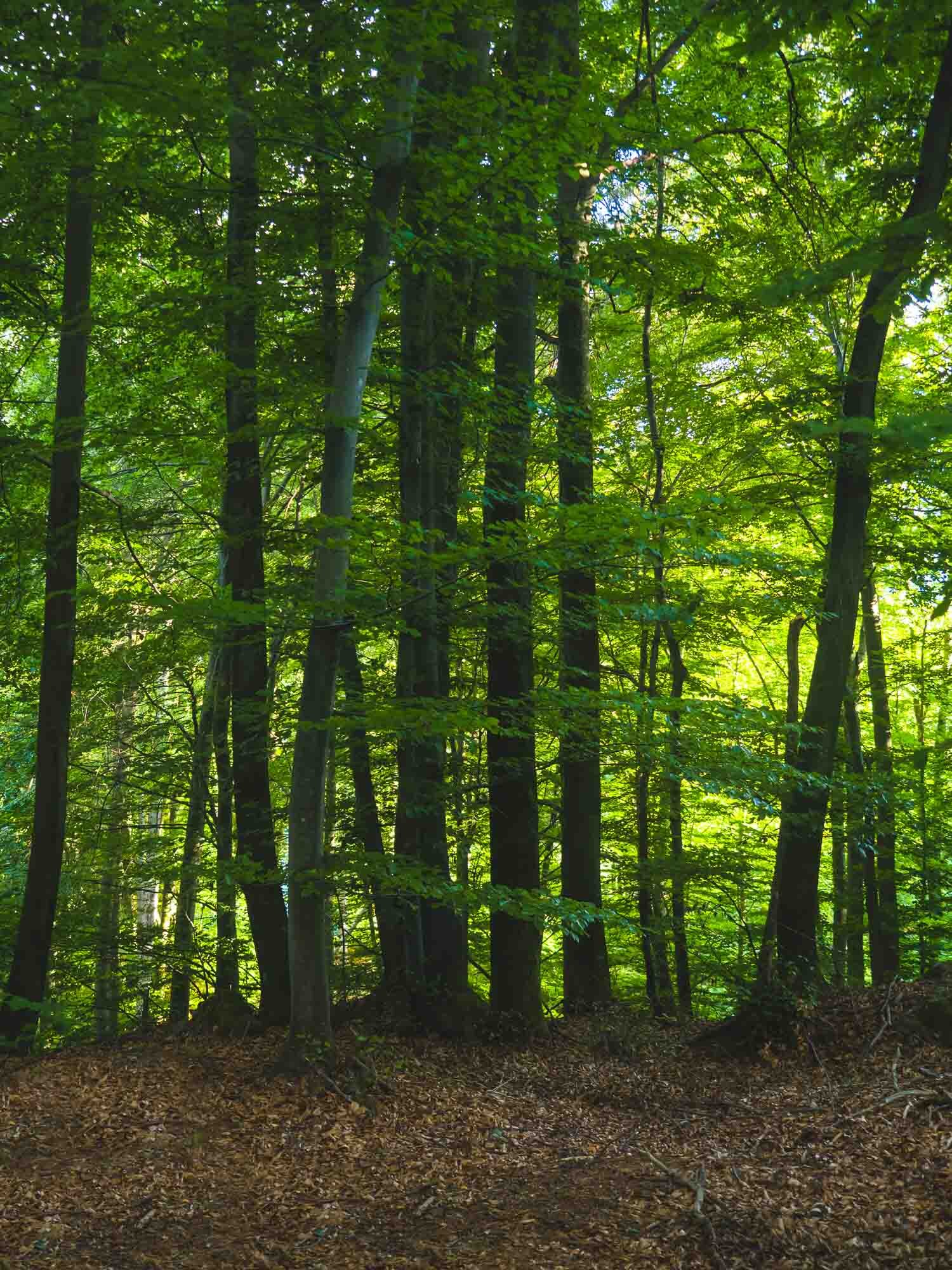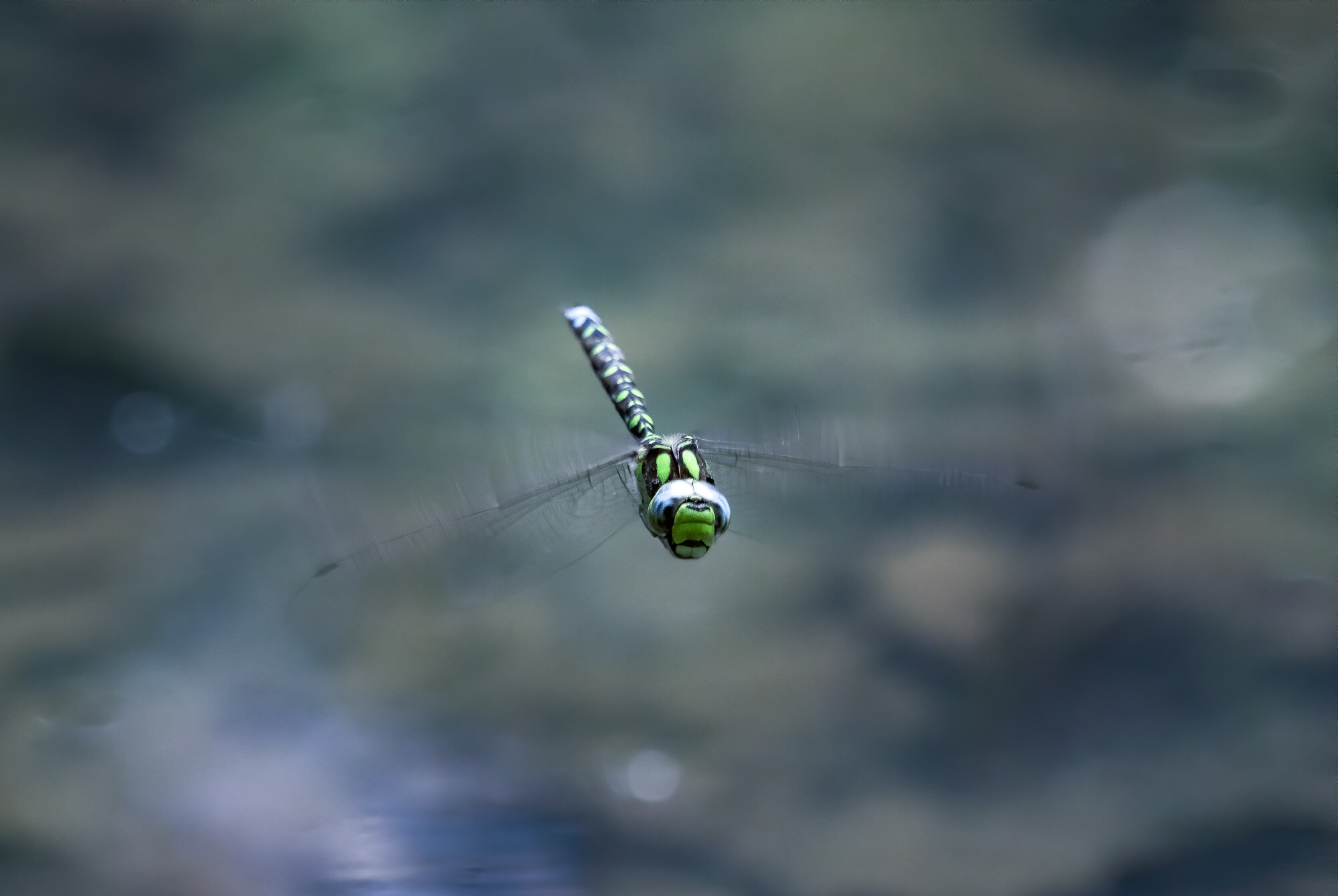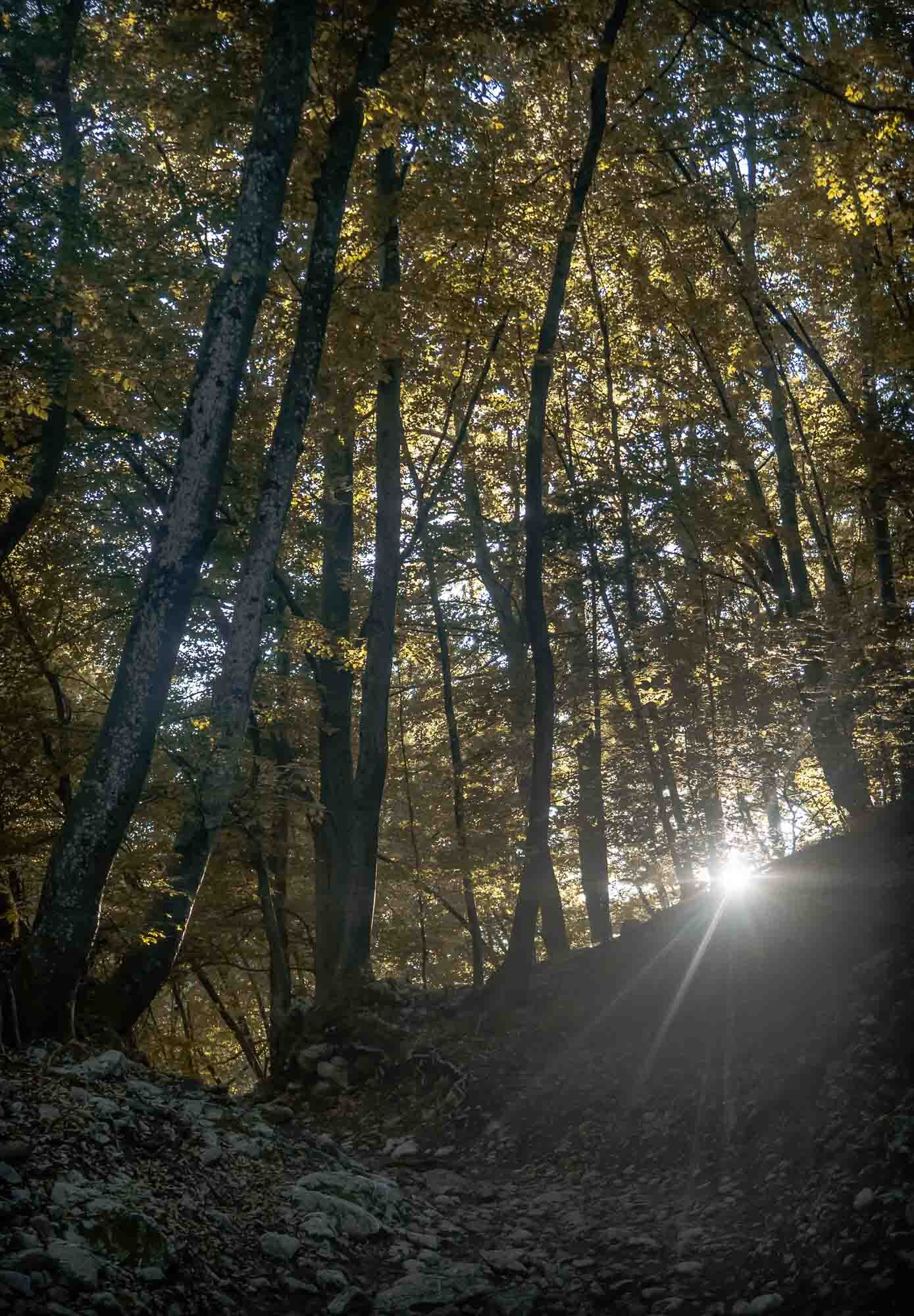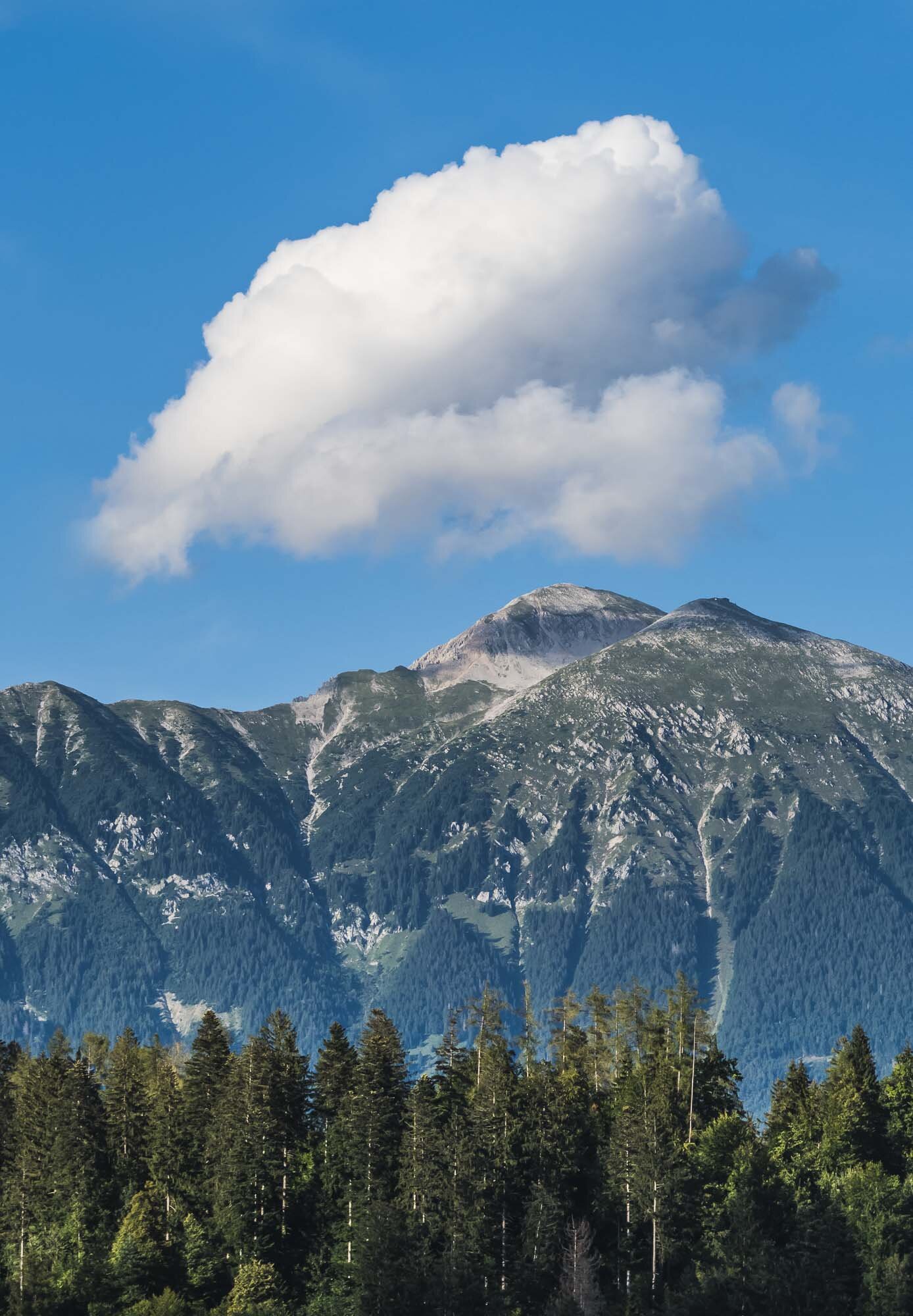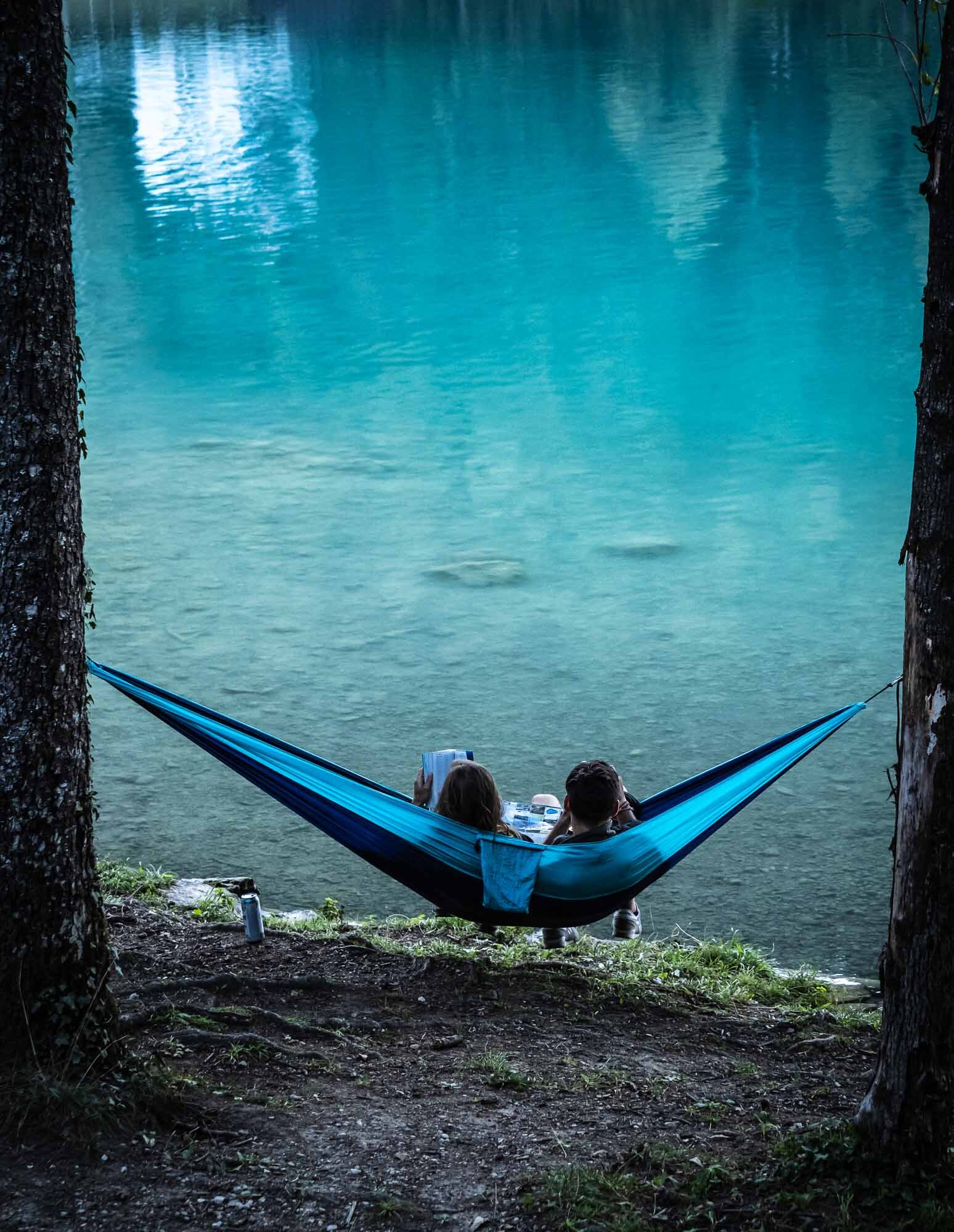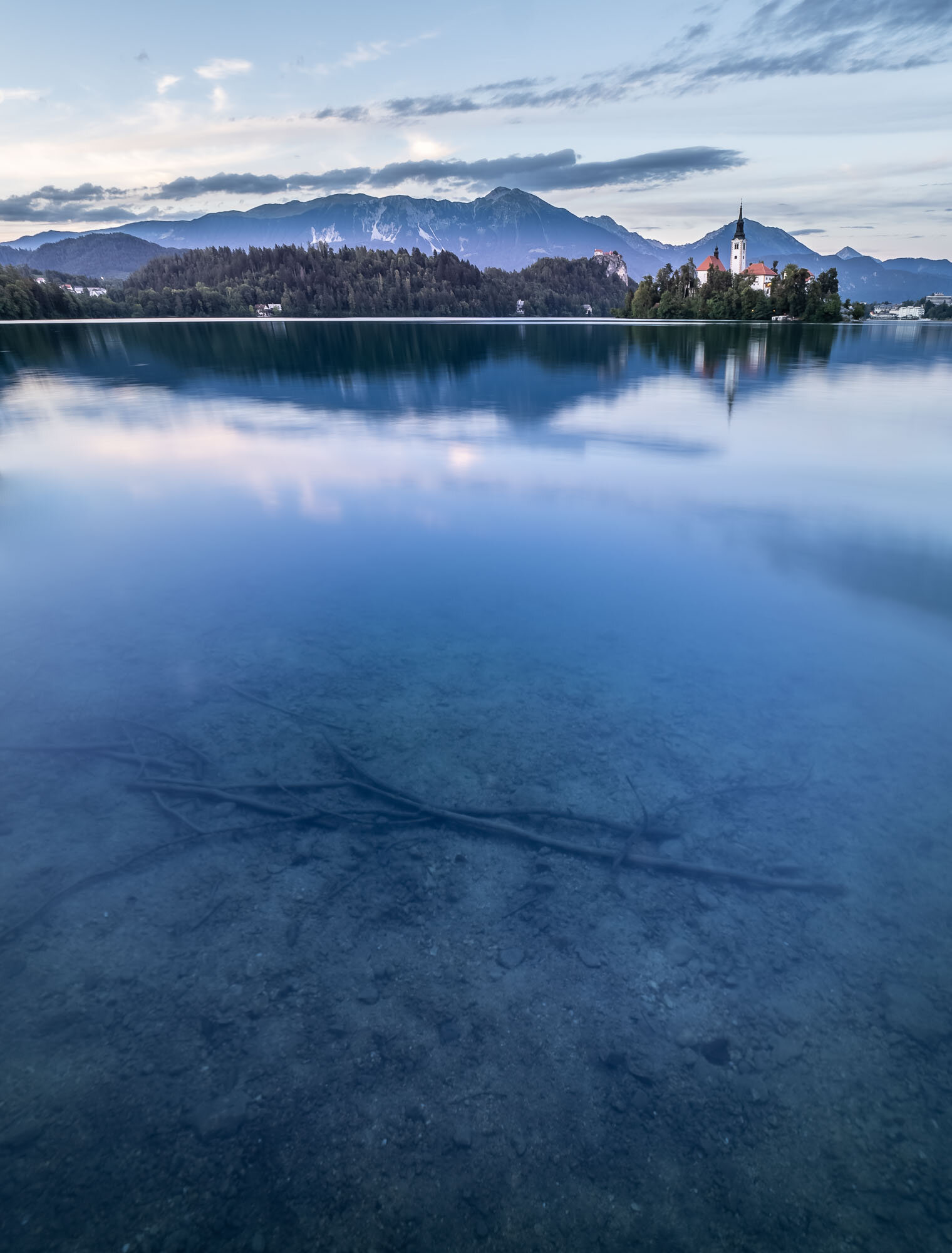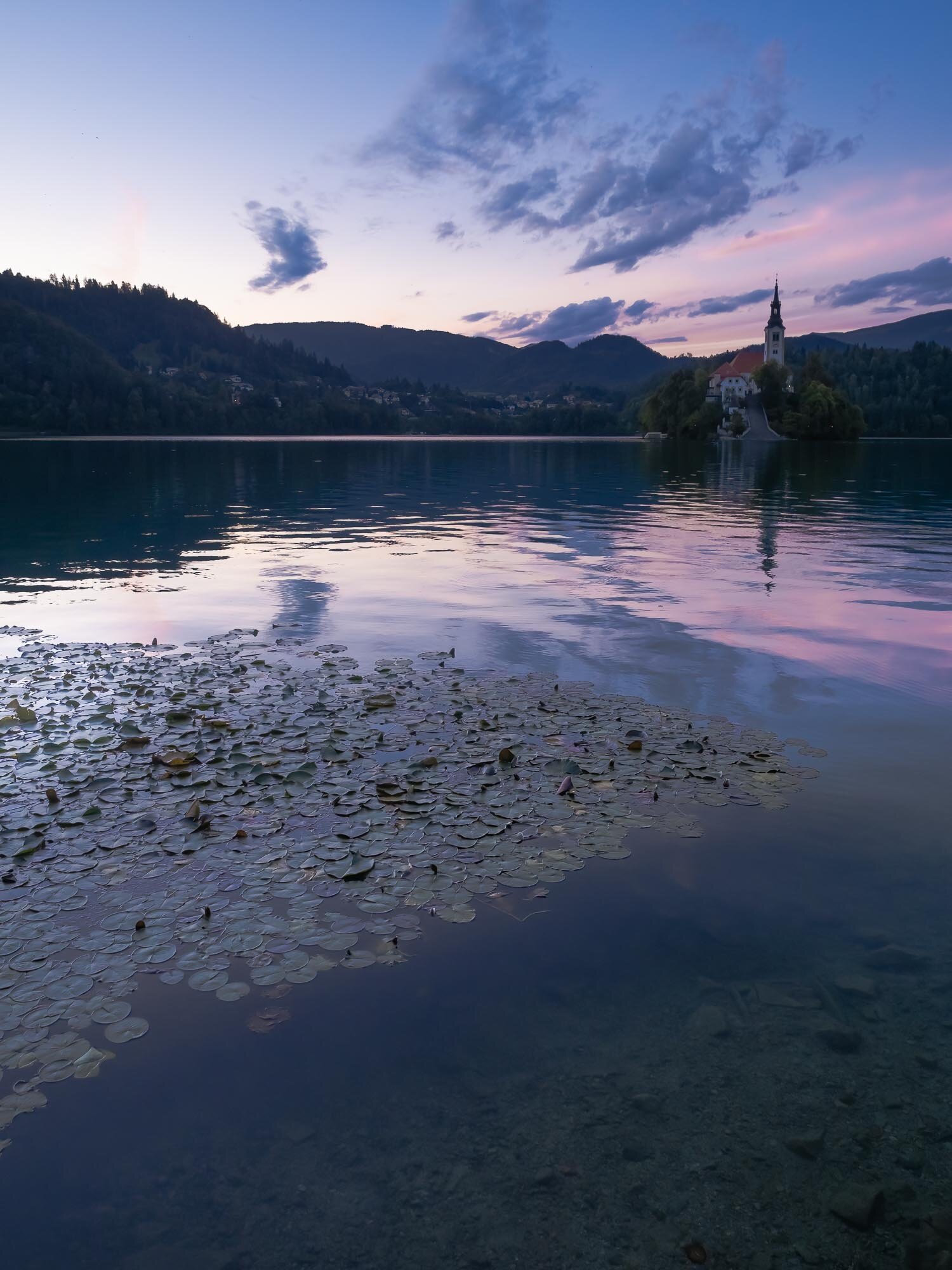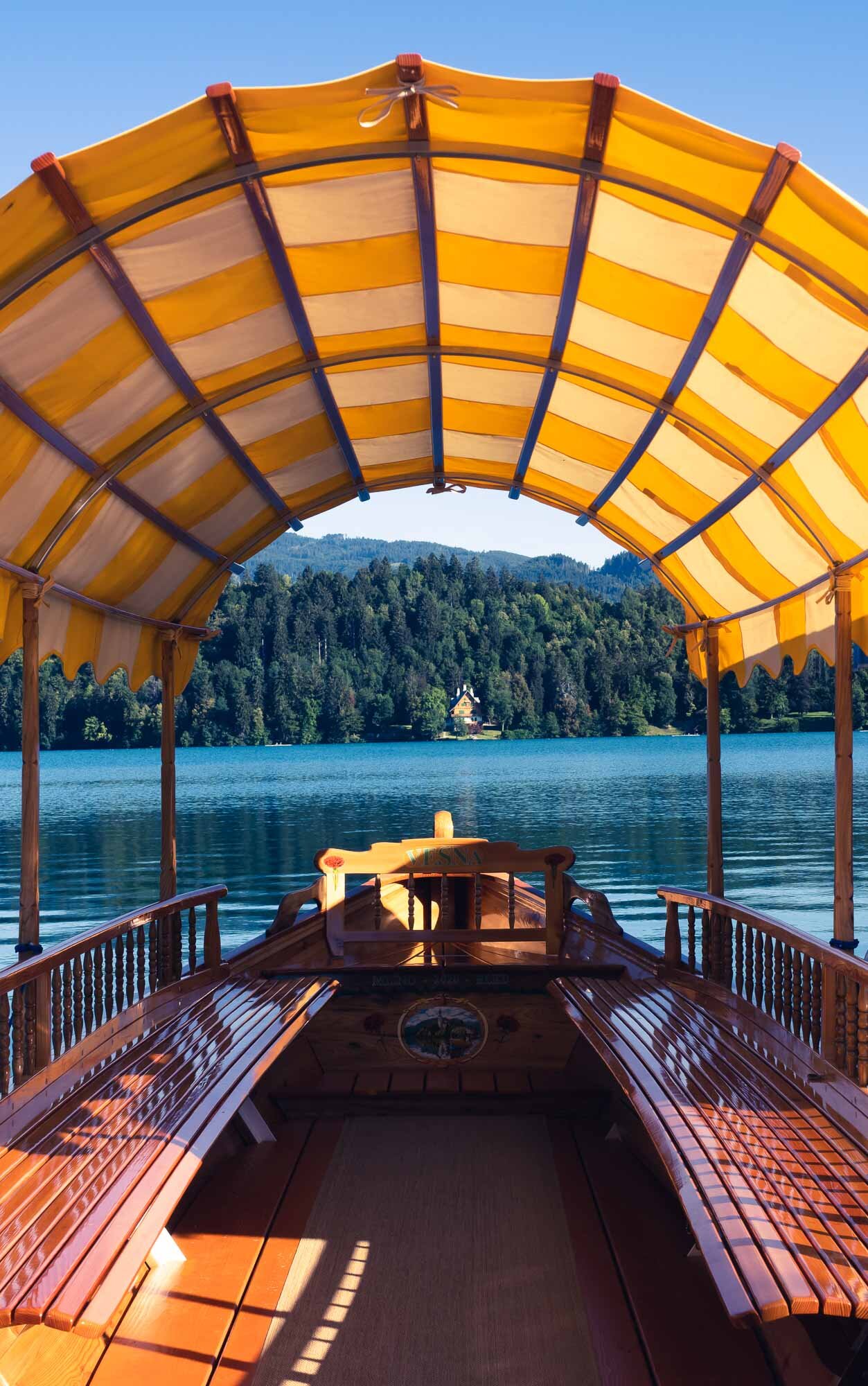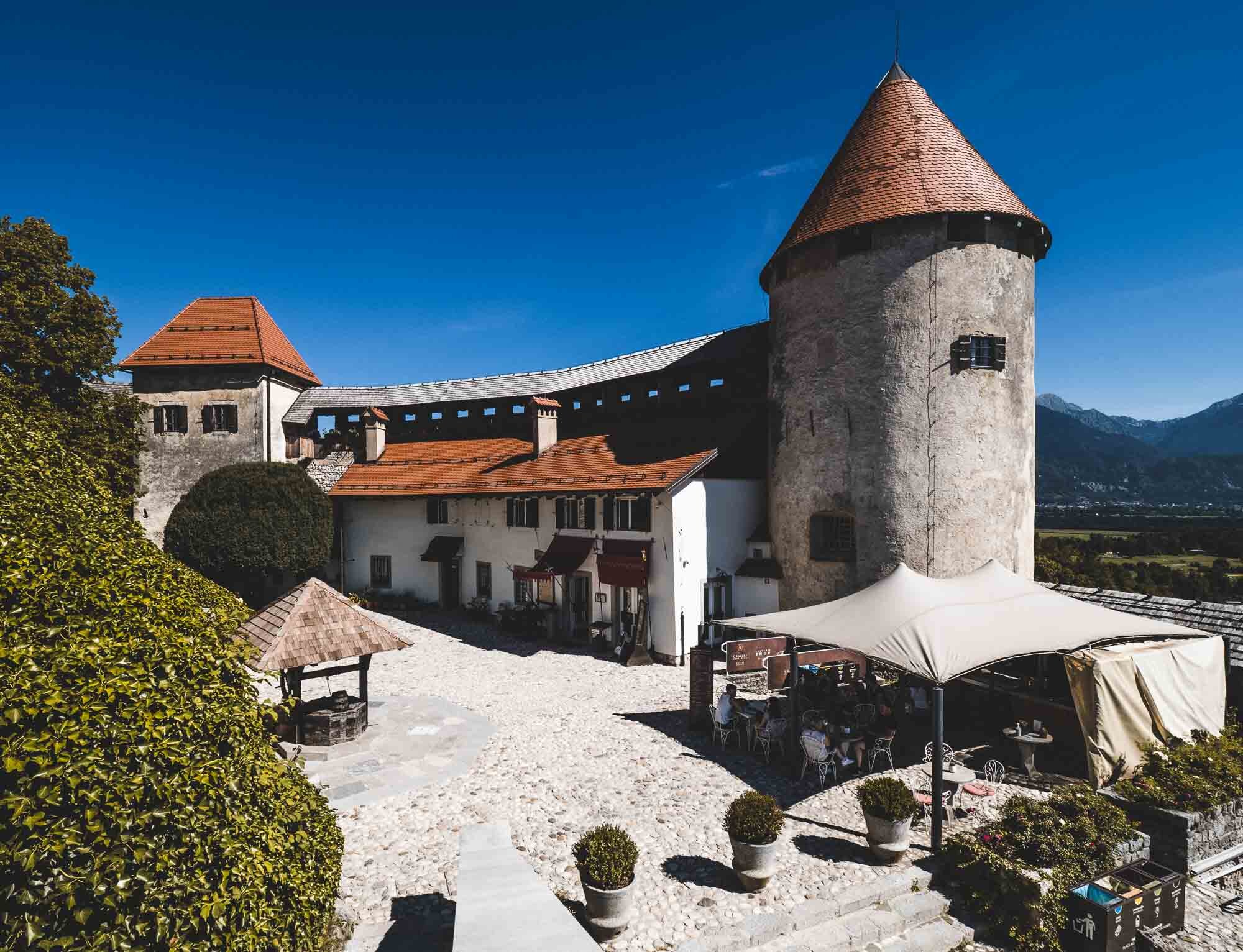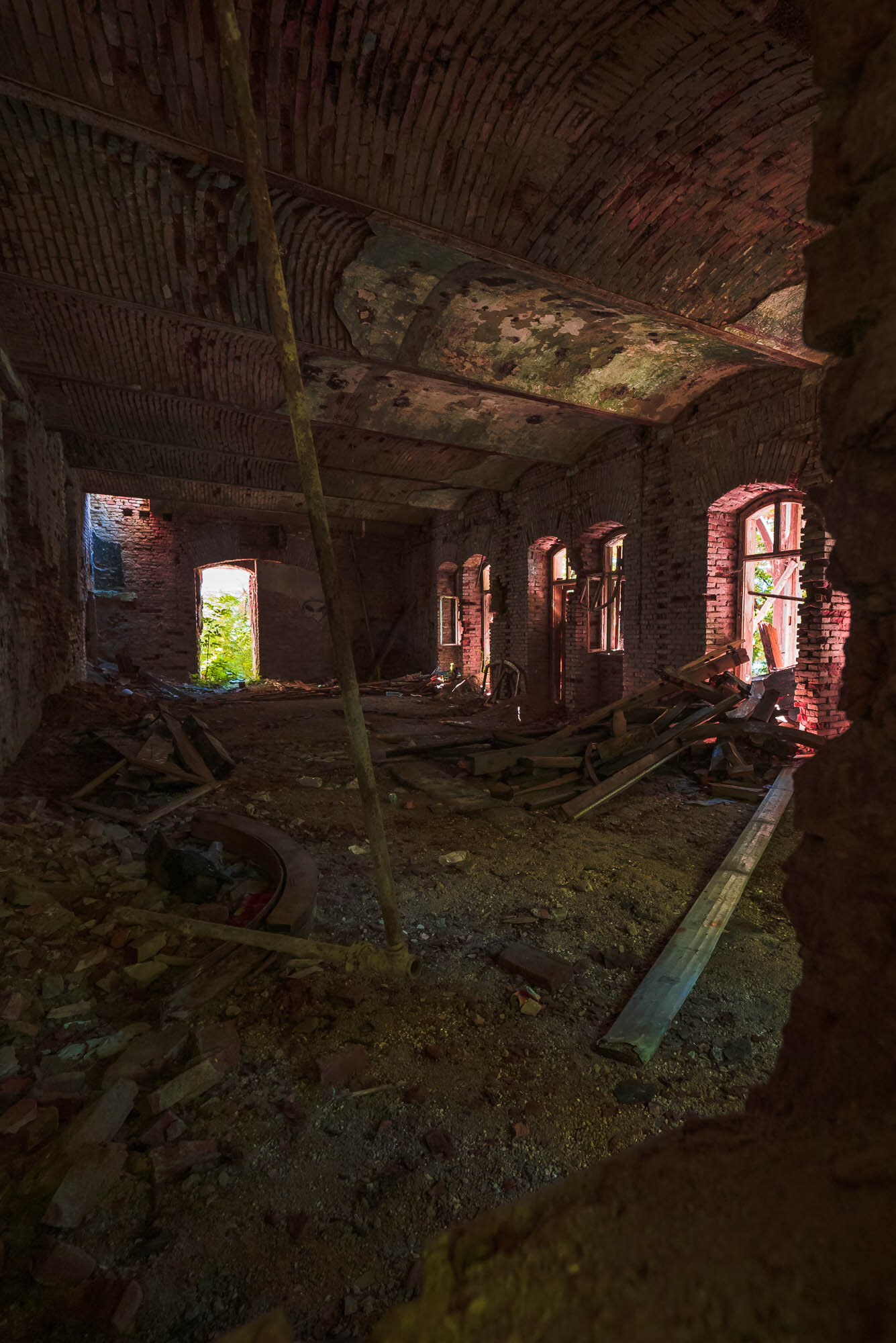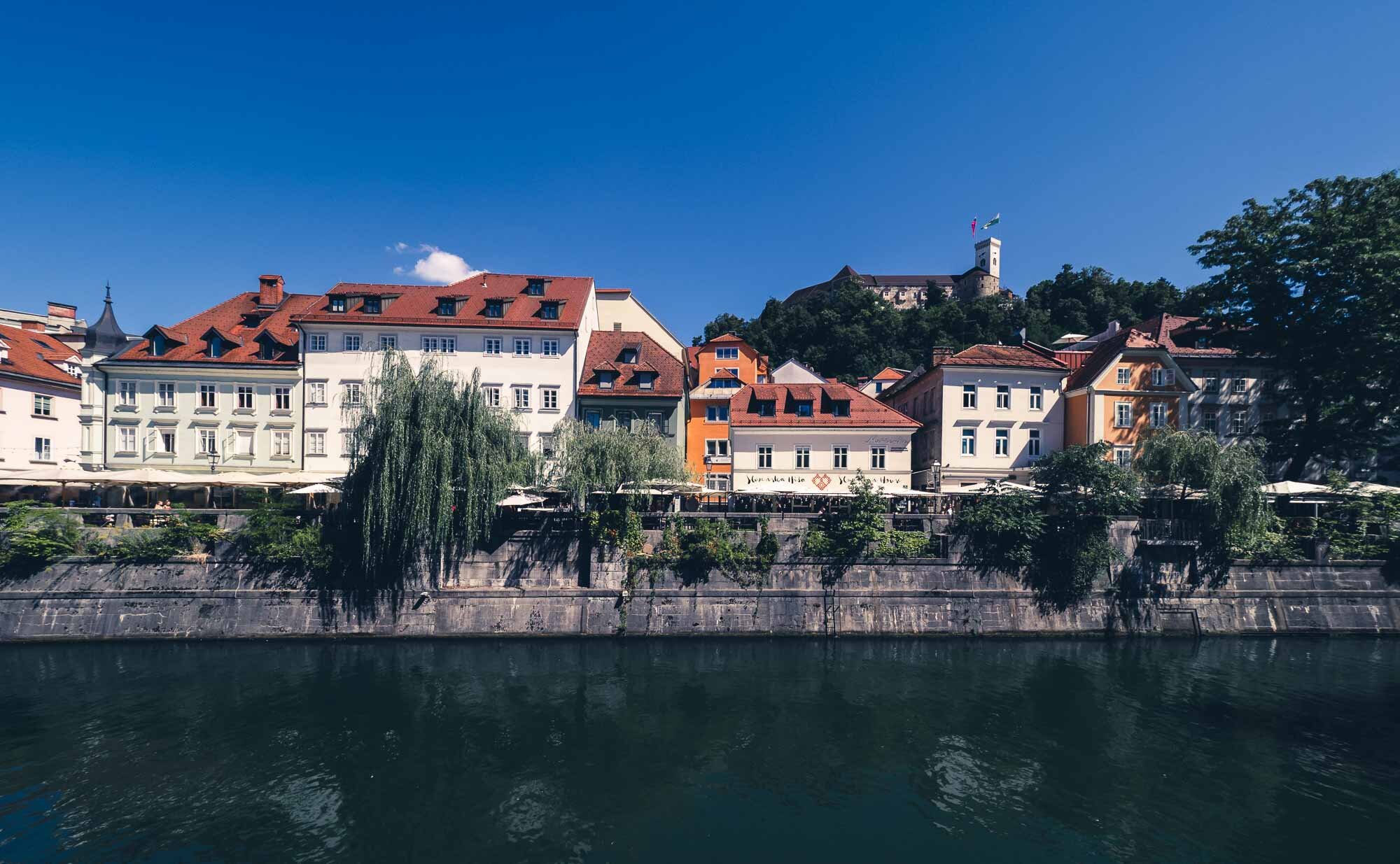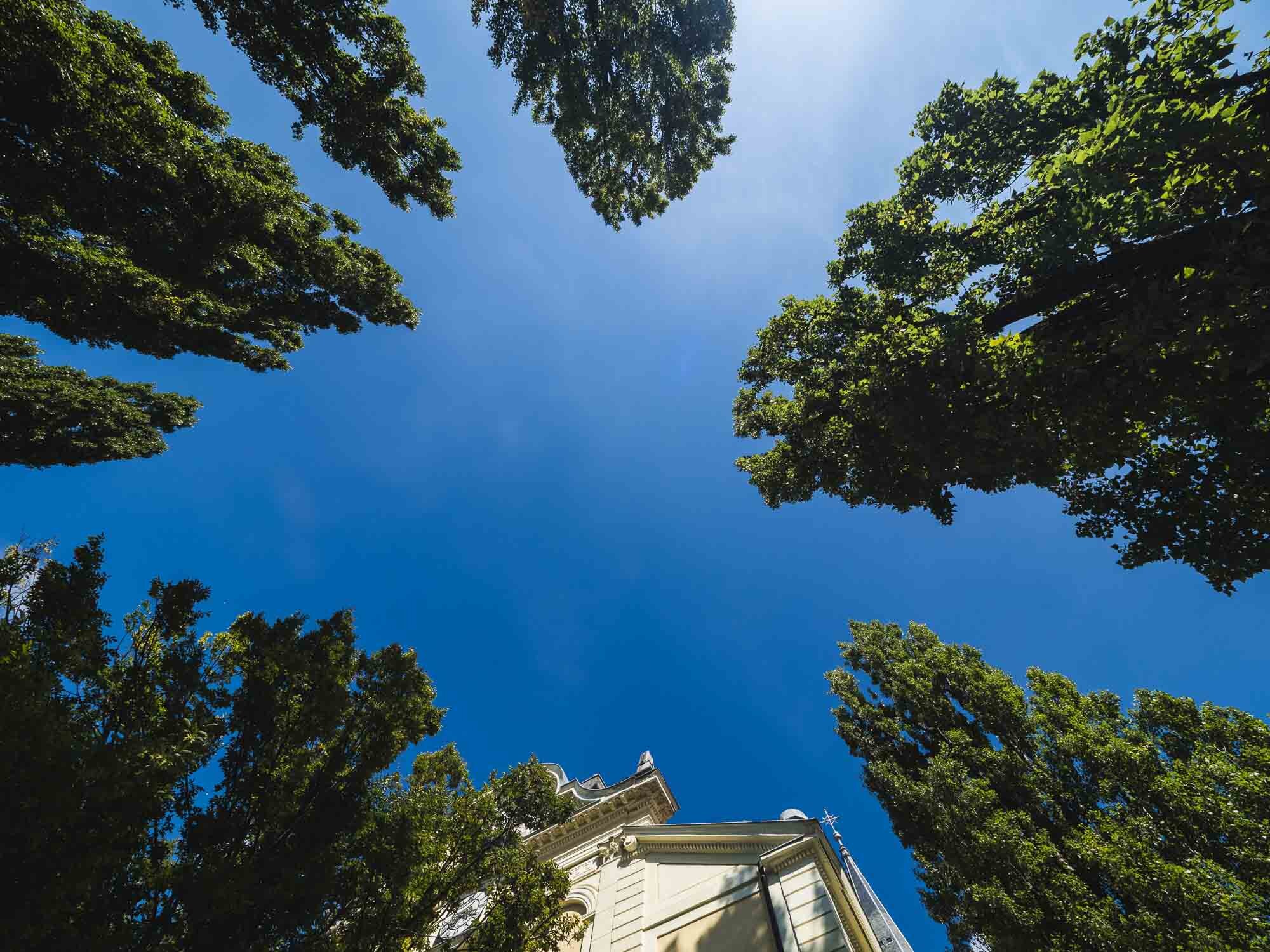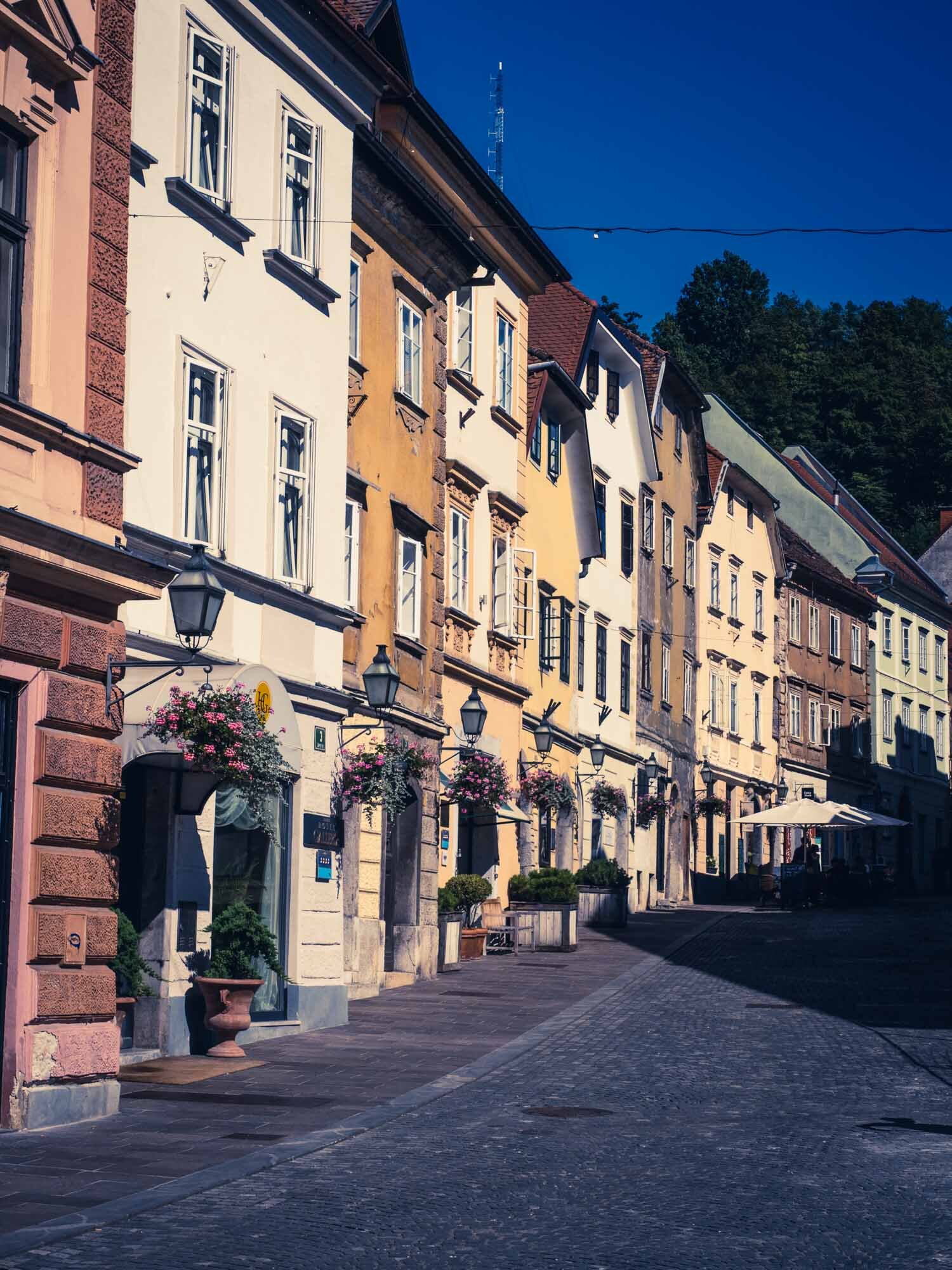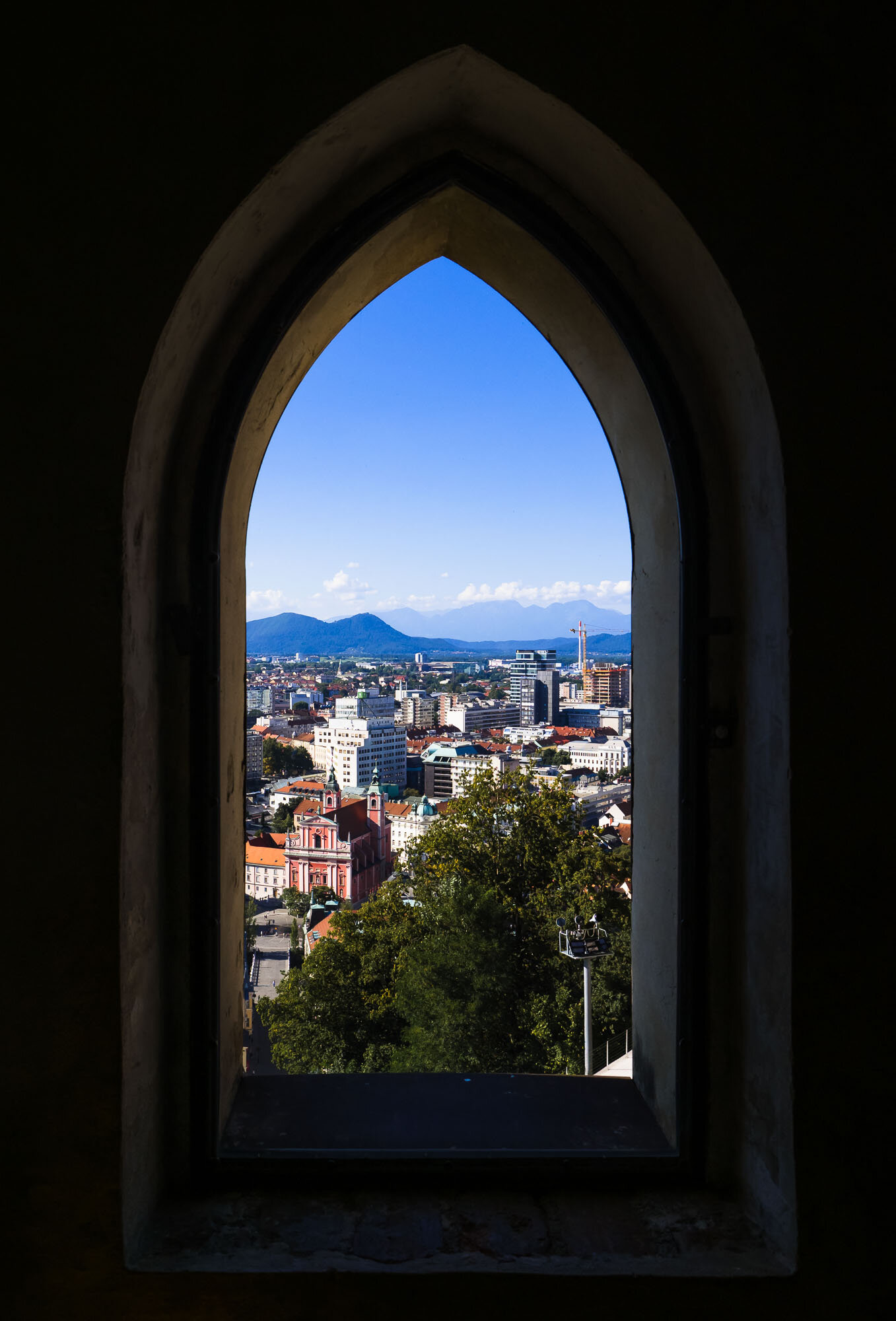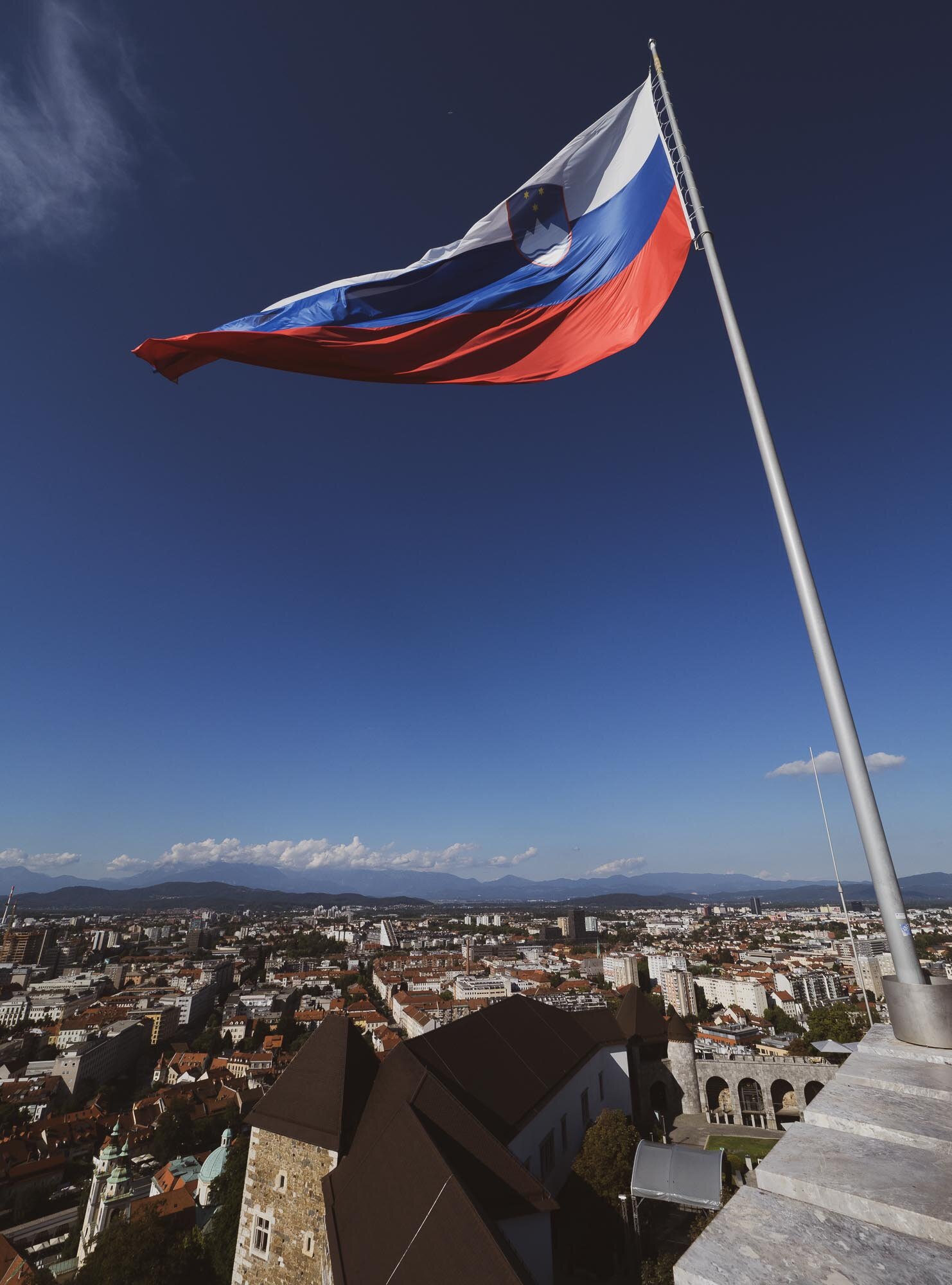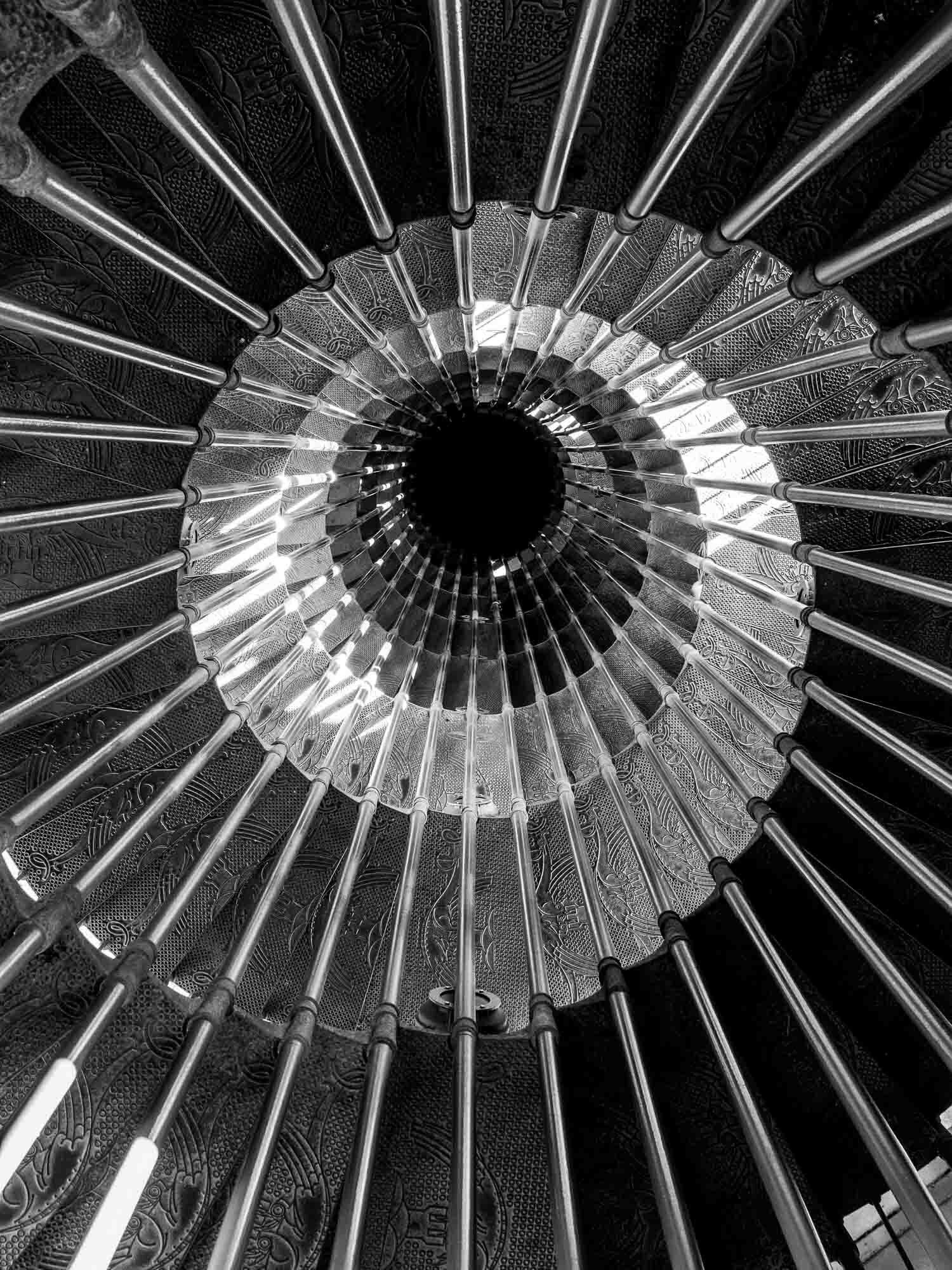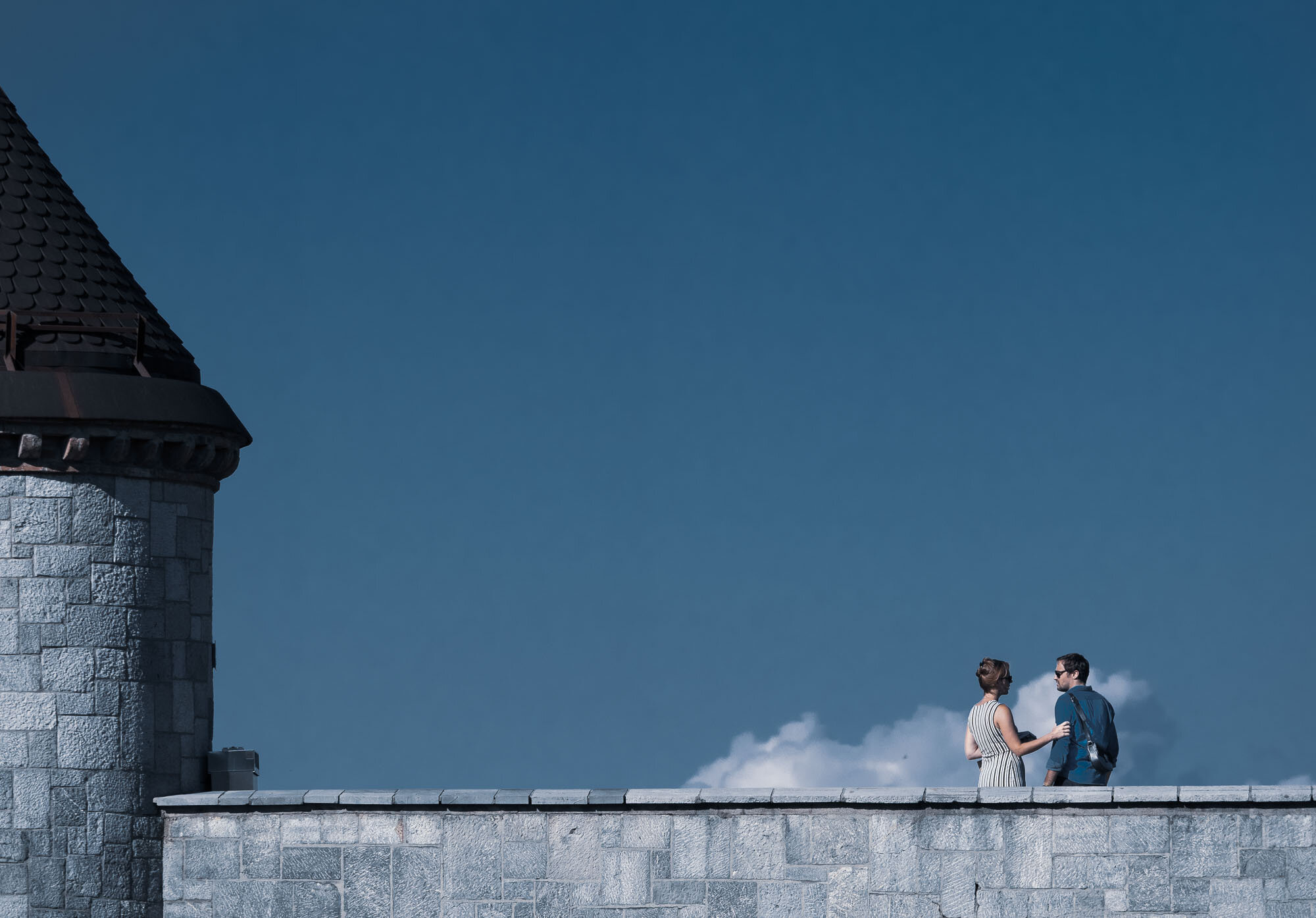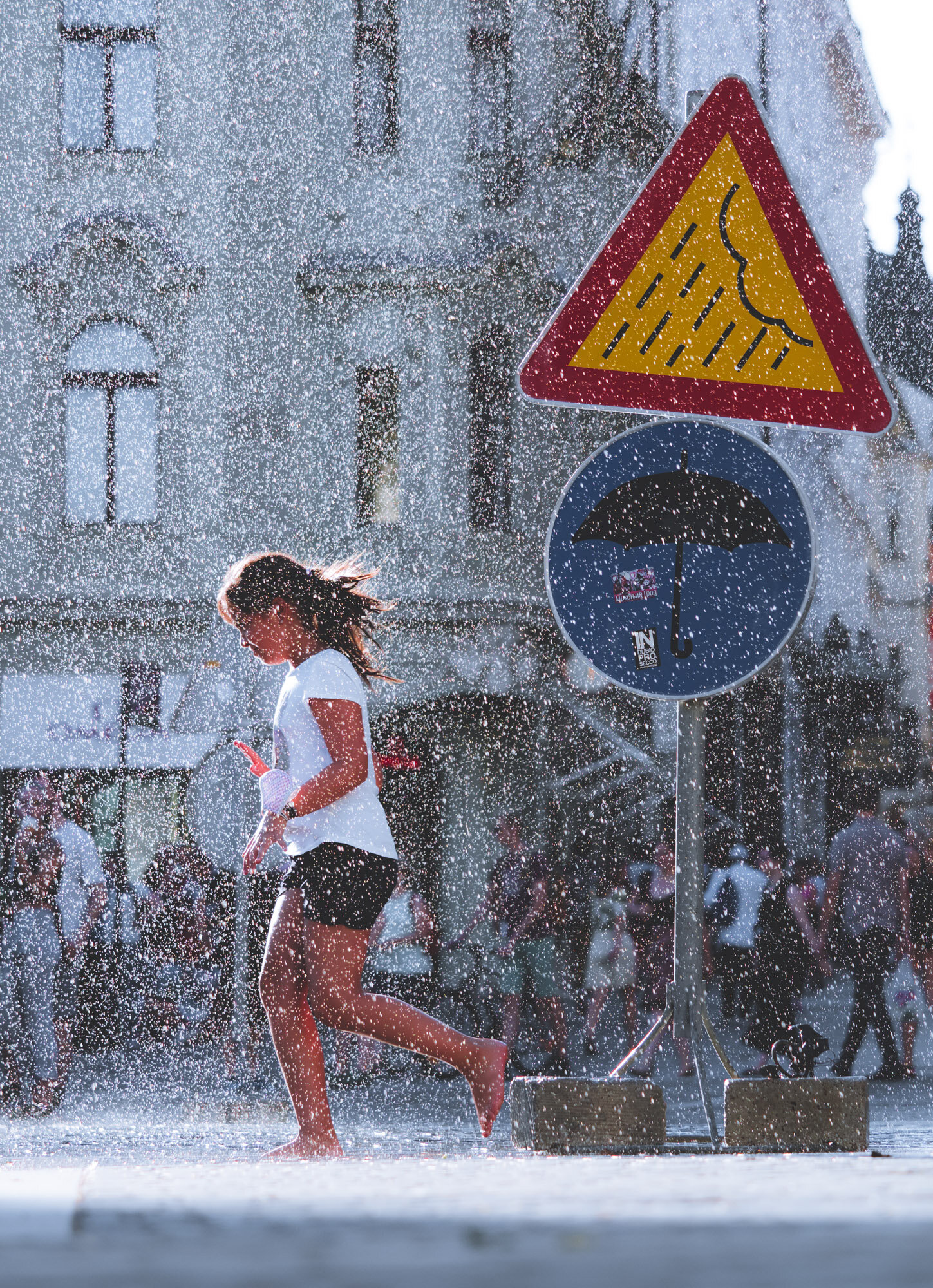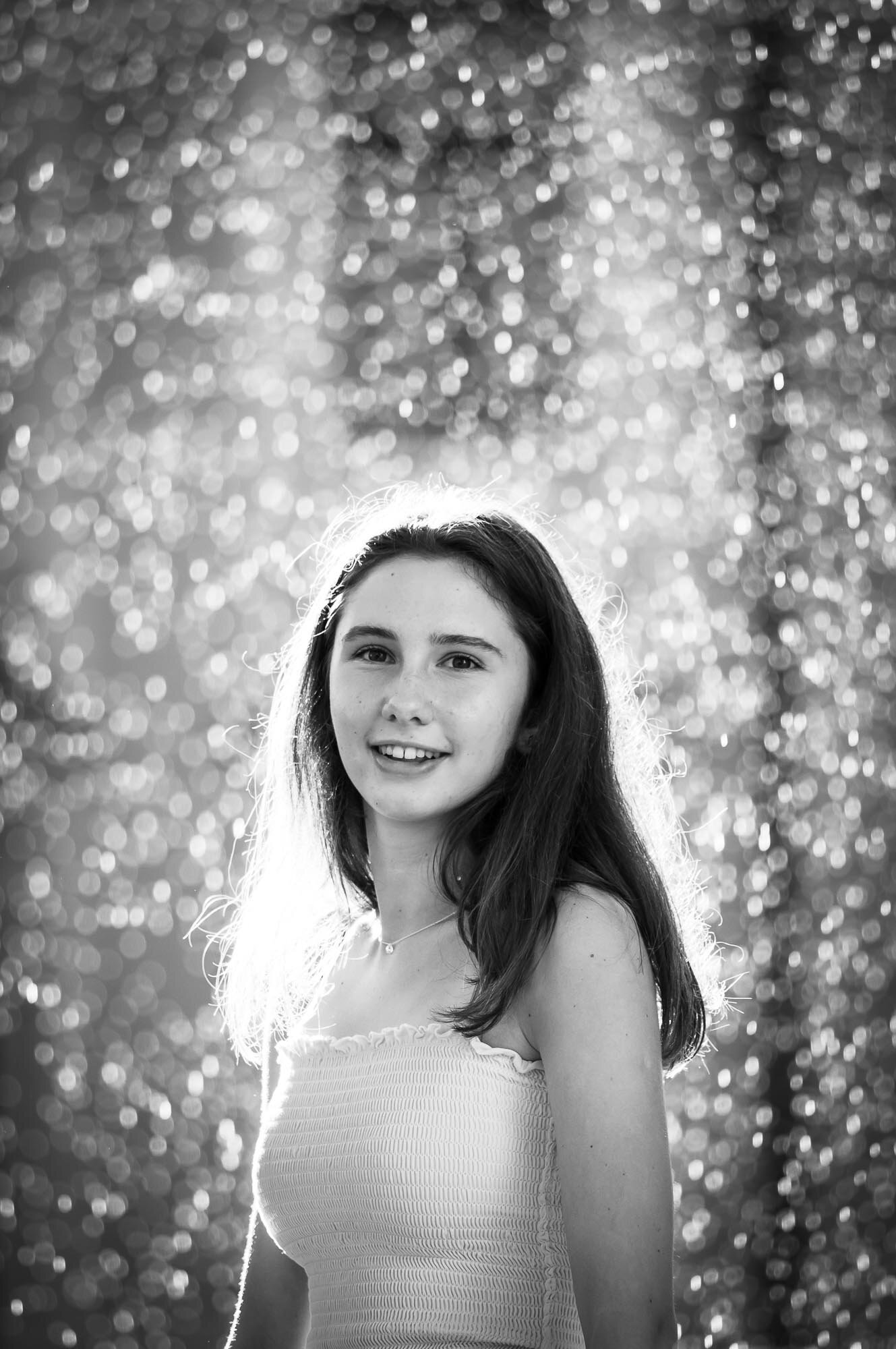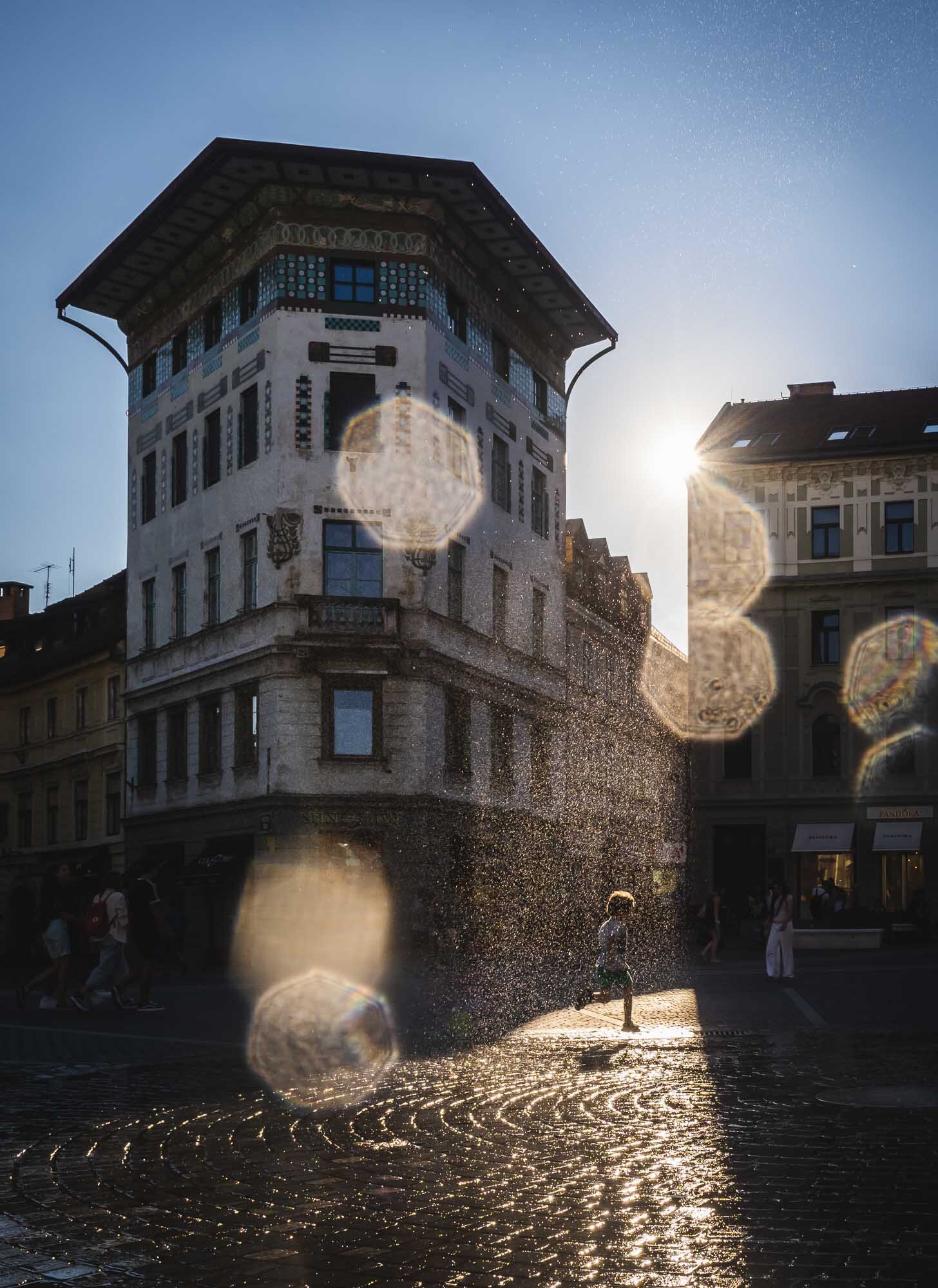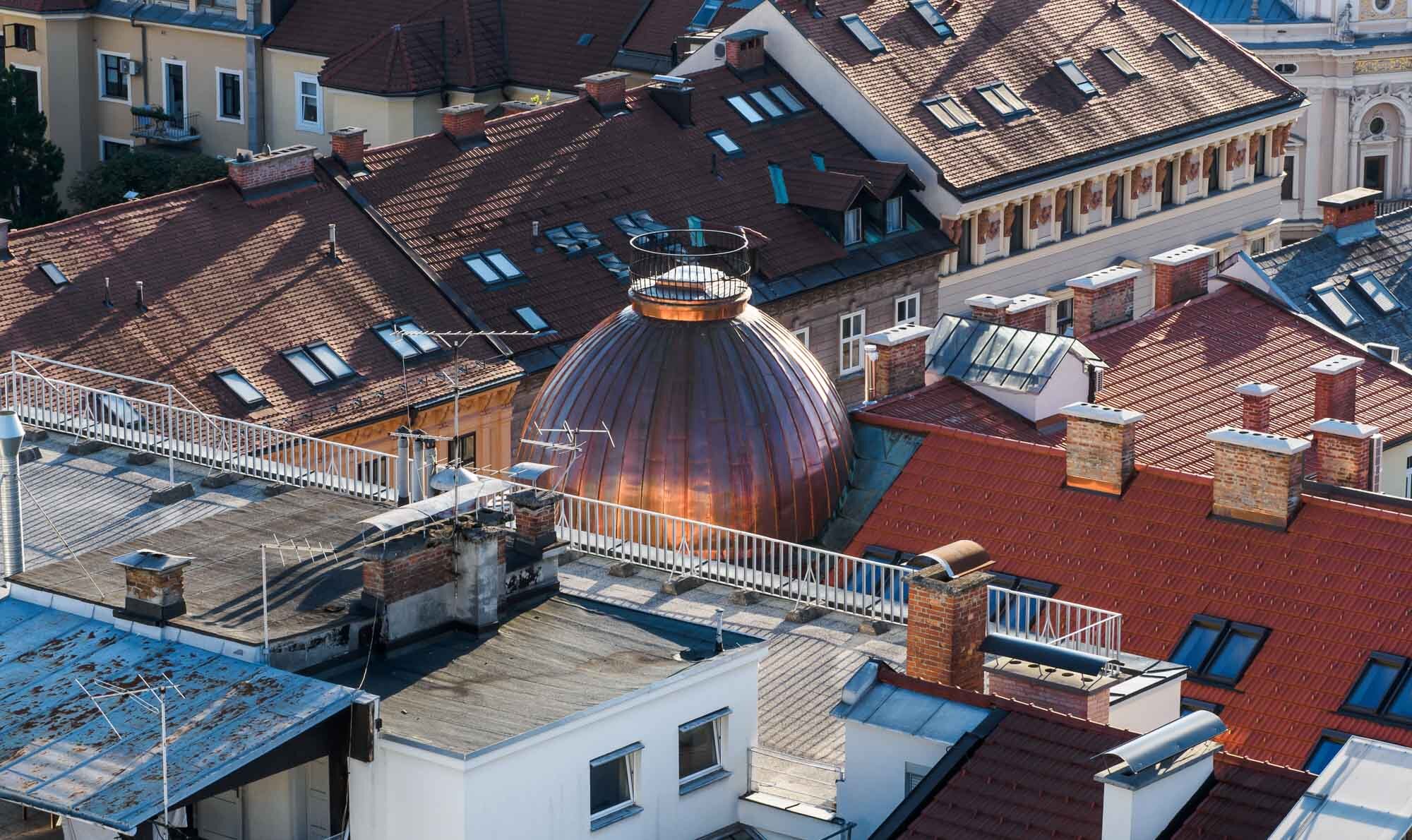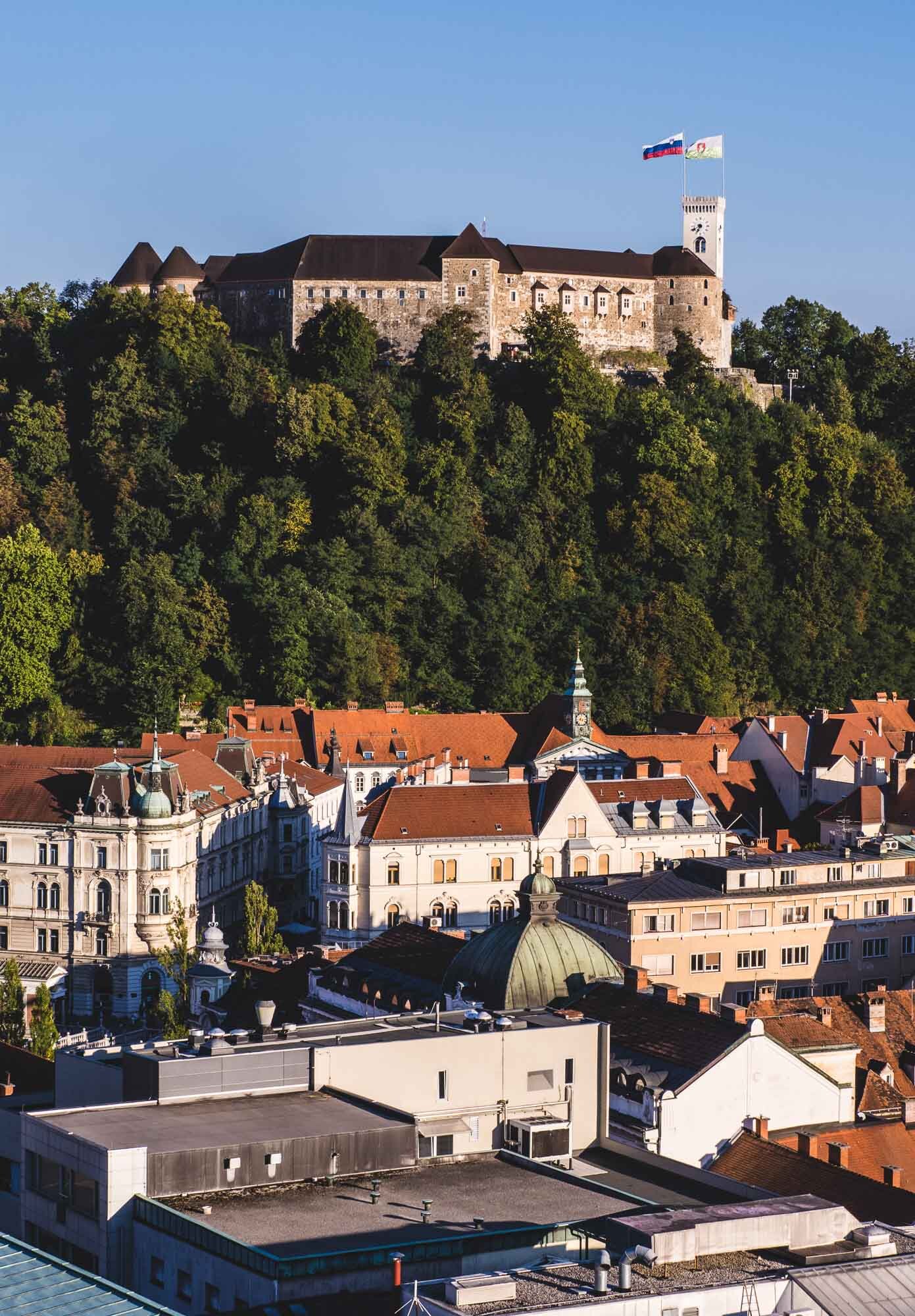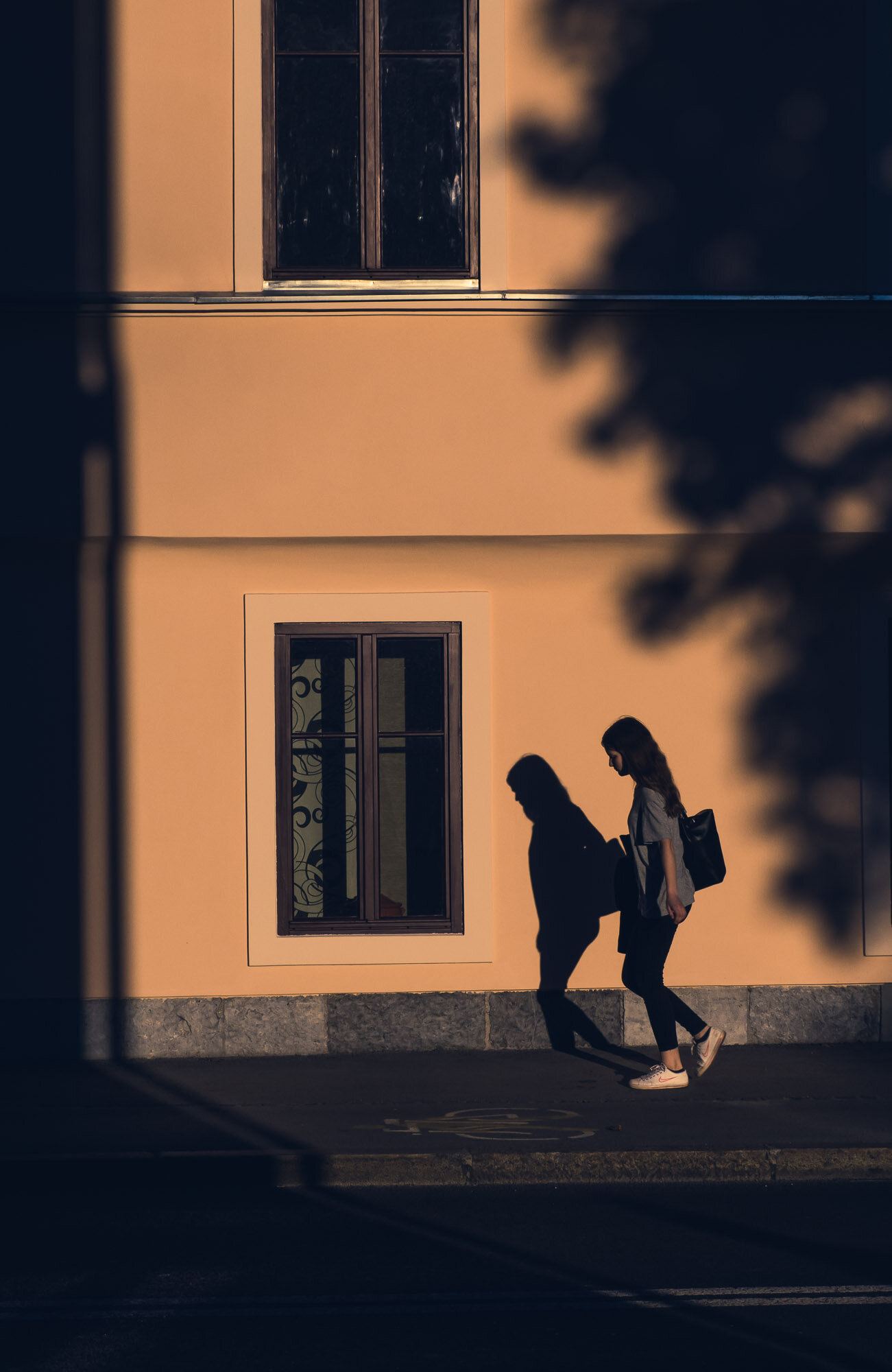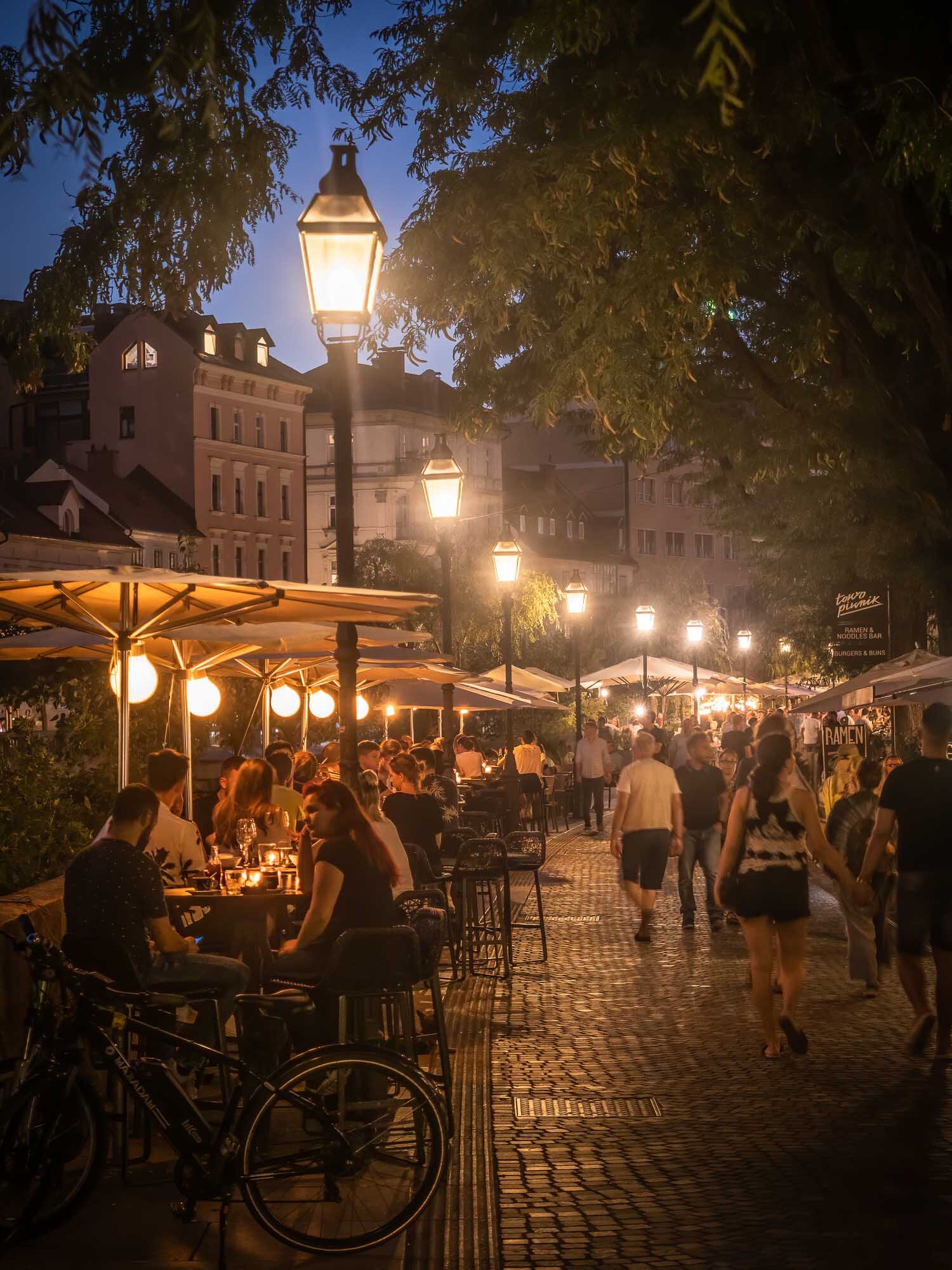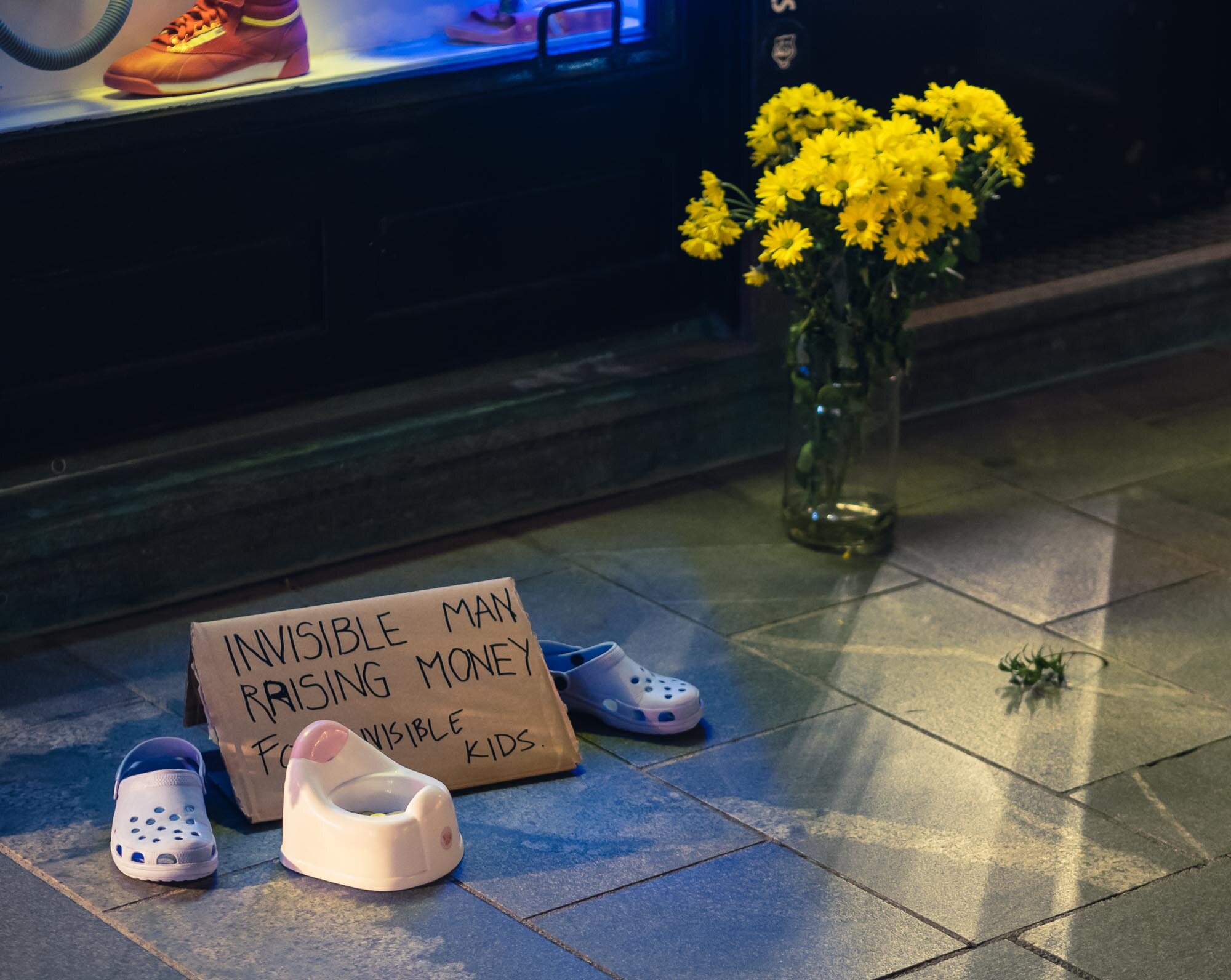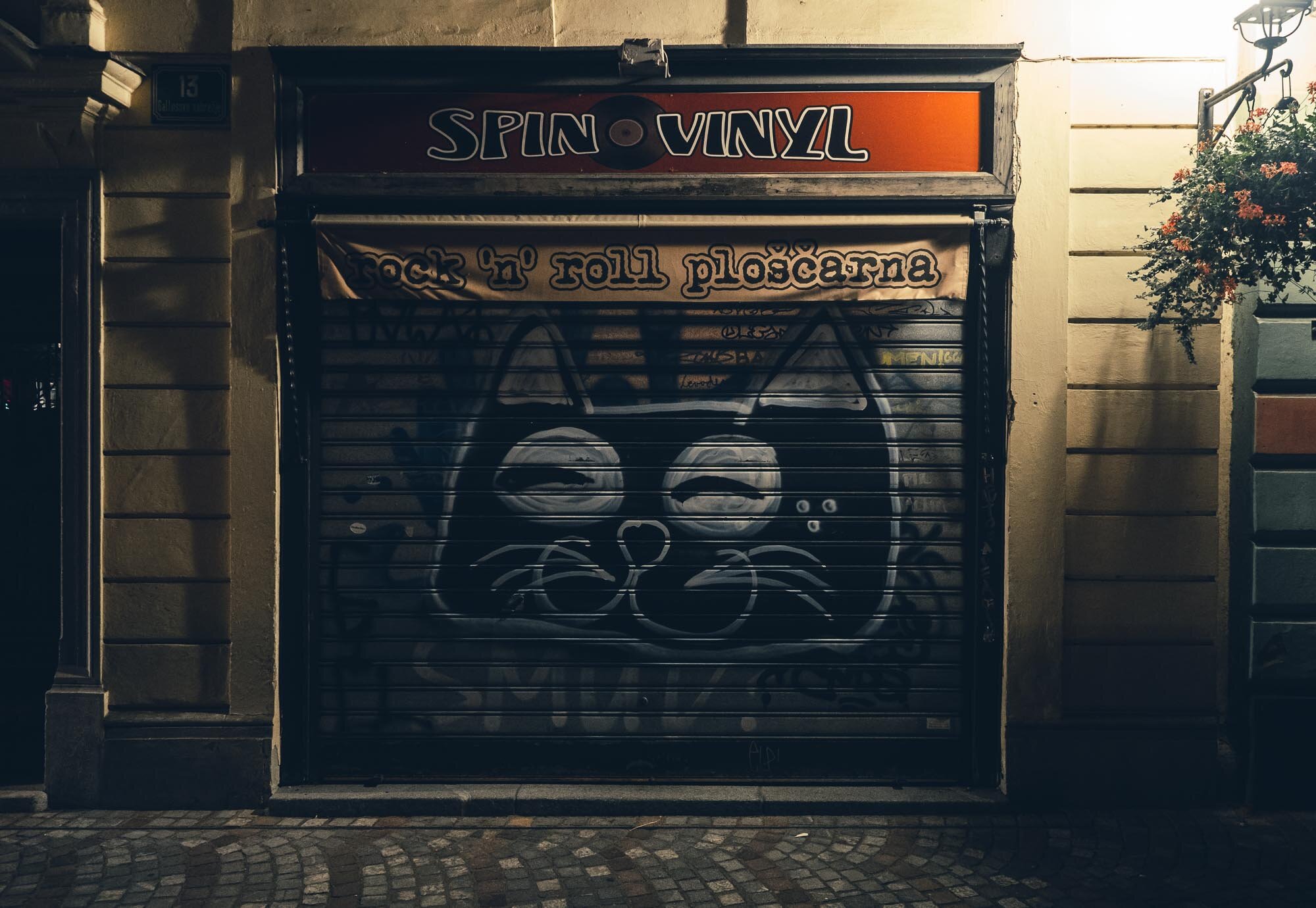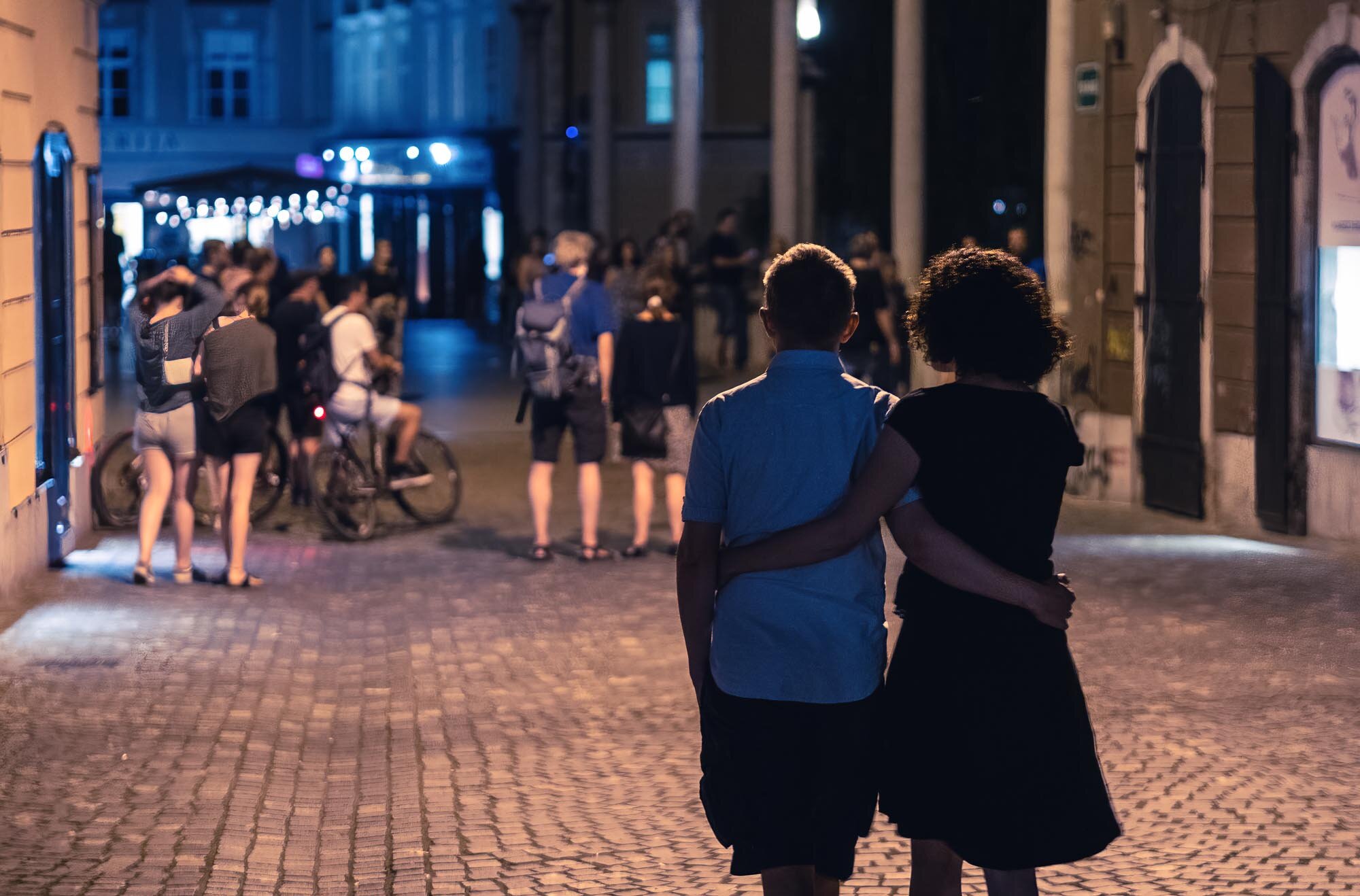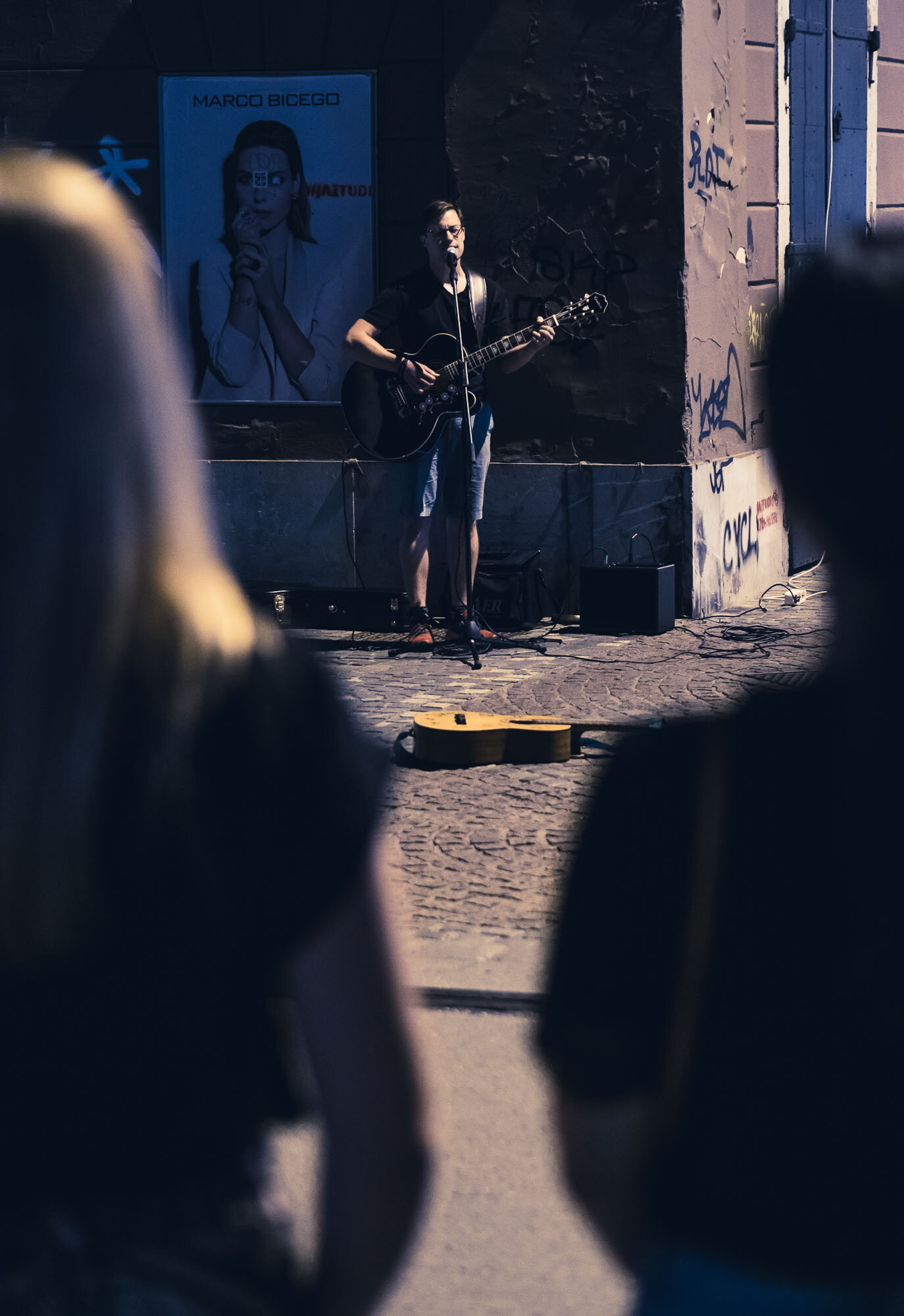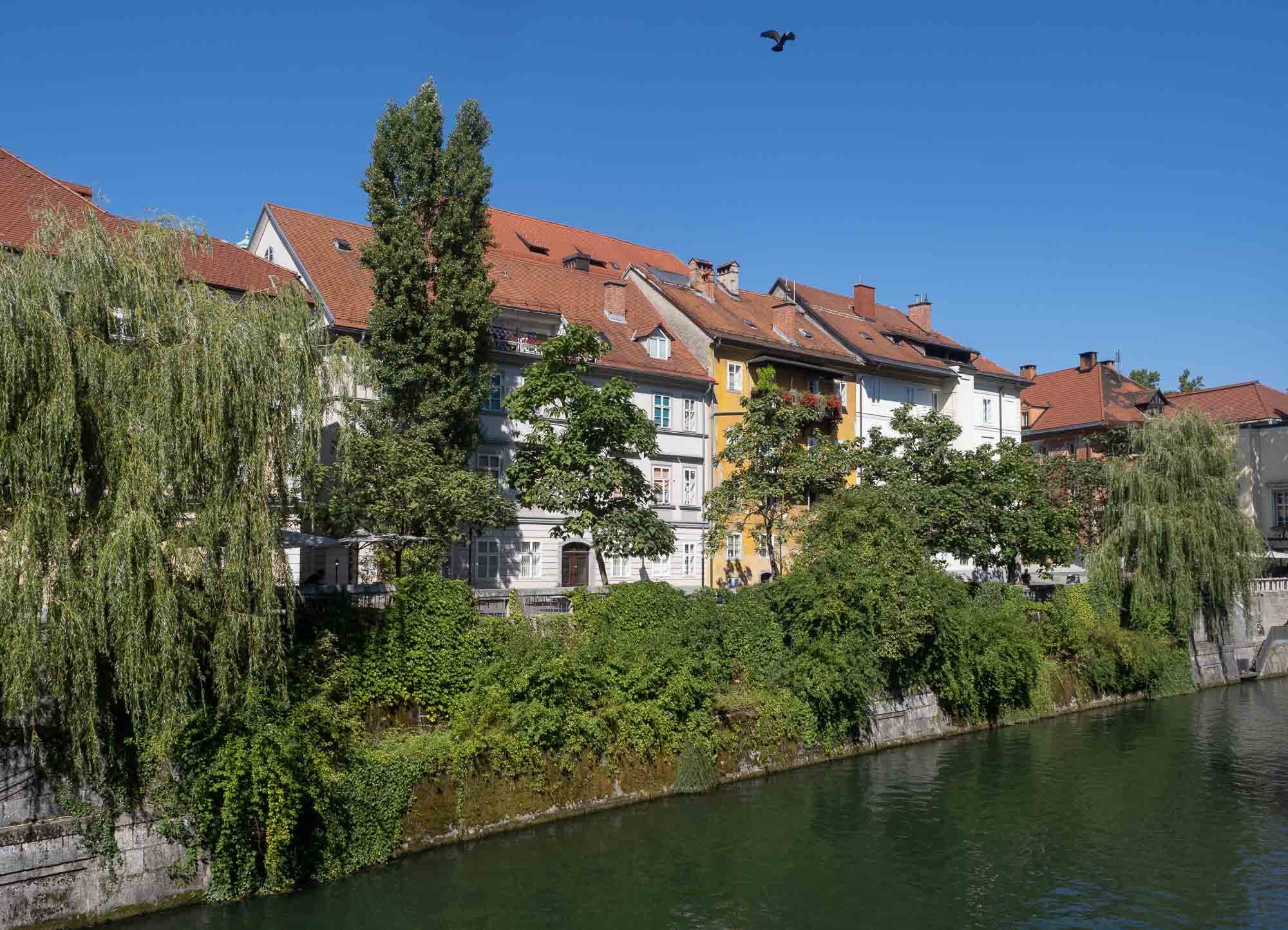Jordan - From Salty Seas and Dramatic Deserts
A rich history, natural attractions, and dark night skies - what’s not to like?
I’ve wanted to visit Jordan for many years, and despite its proximity to Dubai it took until now - when I’m not actually living in Dubai - to make it happen. Its rich history and natural attractions didn’t disappoint, and on top of that, the dark skies of its deserts meant some Milky Way photography was on the cards. What’s not to like?
Petra - The Ancient Capital
The first part of my trip lead me to the capital of the Nabateans - the historic Kingdom that ruled this area more than 2000 years ago until the Romans took over. Their centre was the famous city of Petra. My time here (and in Wadi Rum) was spent in a small group as part of a trip organized by Benjamin Barakat, which really helped to get access to some of the best spots, with great local guides.
With the right timing - such as being the first one to arrive in the morning when the gates open at 6am (in the summer) - you can experience this place in peace and quiet, which adds to the awe-inspiring grandeur of the sandstone carved structure built 2000 years ago.
More than the Treasury
As I’ve alluded to, there’s more to experience in Petra than just the Treasury, which admittedly got a lot of the attention in popular culture, such as being featured in the original Indiana Jones movie. In fact, there’s a lot more to see, and if you want to soak it all in, you better be prepared to hike. I did 32km in one day, but it was worth it to explore the many Hellenistic facades, the tombs, and the amazing theatre, for instance.
The Monastery
Maybe it’s simply the feeling of reward after the two hour journey to reach this place, but the Monastery might be my favorite structure in Petra. It was carved in the mid first century AD and follows the mixed architectural style that was characteristic for the Nabateans.
We were lucky to spend the sunset and early night here, allowing us to capture the structure in its best light and get a few star trails as well. It also meant that there were barely any other people left except us and the Bedouins… which couldn’t resist showing us their daring climbing skills.
I couldn’t help but join them, and being up on the roof of the Monastery was an incredible feeling, but also one that reminded me that I have a healthy respect for heights - while I sat on the edge, you bet I didn’t follow that jump. Take a look at the video below and decide for yourself…
Wadi Rum - Mars on Earth
Another two hours further south of Petra lies one more of Jordan’s six UNESCO World Heritage Sites (Petra being one as well), and another one that has been featured in quite a few famous movies, such as Dune and The Martian. The original legendary appeal of Wadi Rum comes from the tales of Lawrence of Arabia though, which kick-started the tourism industry here.
The first night took us out to a beautiful arch (one of many) not too far from the camp, and it was time for the first Milky Way session (also one of many)!
Another arch was on the cards for the following night, in fact, there are two different ones in this spot just a hundred meters apart. Paradise of rock formations!
Luckily there were a few cats around for company while one waits for the camera to finish taking 3 hours of exposures…
Our last night here was spent heading out to a few nearby dunes for sunset, joining our guides and their camels for dinner. The camel is a favorite animal of the Zalabieh bedouins that are resident here, and a symbol for male pride.
While I was off to take these photos, I set up another camera on my star tracker (the Benro Polaris) to take a timelapse sequence while the tracker was counteracting the rotation of the earth, effectively canceling it out and showing how our home planet makes its way through the galaxy.
The Final Morning in Wadi Rum
While drones are not allowed without a (very difficult to get) permit from the government, luckily there are other ways to see places from above, which I took advantage of before having to leave this incredible landscape.
Back to the North
At this point I said goodbye to Benjamin and the group and continued the journey back into the northern parts of the country on my own, hoping to explore the ancient historic and a few more natural sites.
The Salty Sea
Heading back south, my next destination was the Dead Sea - one of the world’s saltiest water bodies and the lowest point on earth, at almost 450m below actual sea level. The water level falls at an alarming rate, dropping around 1 meter per year. Its high level of salinity (more than 10 times of a normal ocean) means there is no life to be found in and around it, and that swimming is more like floating - you can’t sink here.
While originally a single body of water until the 1970s, the southern section of the Dead Sea (which is in fact a lake) is now completely separated from the northern part, and divided into commercially used evaporation pools to extract and produce chloride. The future of the northern part is not clear, some say it will eventually dry up completely, others believe this is unlikely due to the continued inflow of water, and the reducing evaporation rate that will eventually match the inflow. Commercial projects to save the lake at its current levels, such as a canal from the Red Sea, have been announced but never actually made significant progress.
Wadi Mujib
On the shores of the Dead Sea lies a beautiful biosphere reserve around a river that empties into the lake, with options for hiking and canyoning.
It's this 6th century map of the Holy Land, which represents the oldest surviving overview of the area, including old Jerusalem seen above. The representation was shown to be very accurate, occasionally even guiding excavations and research in certain areas.
Glimpses of Amman
I didn’t spend all that much time in Jordan’s capital, but of course had explore the citadel towering over the slopes that Amman has evolved on - originally, the city was built on seven hills. Excavations in the area found evidence of settlements dating back all the way to the Bronze Age, 4000 years ago.
Final Stop
And that was my trip to Jordan - as always, you can subscribe for the next updates here or take a look at some of my favorite photos in my Portfolio. If any of the images here catch your eye and you think they’d make for a good piece of art on your wall, I make custom signed prints, just get in touch!
Palawan - Gem of the Philippines
Earlier this year I spent a few weeks in the Philippines, exploring Manila, Siargao, Cebu, Bohol, and what was once voted the most beautiful island in the world: Palawan.
Earlier this year I spent a few weeks in the Philippines, exploring Manila, Siargao, Cebu, Bohol, and what was once voted the most beautiful island in the world: Palawan. This large island is home to around 1m people and lies on the very western border of the country.
Start with this short clip for an overview of some of the amazing spots around Palawan!
On the way to El Nido
I arrived from Cebu, landing at the airport of Puerta Princesa, which is also the capital and largest city on the island. The plan was to go north towards El Nido, the most well-known area. On the way, a visit to the island’s famous underground river was on the cards - which was cancelled by the coast guard due to high waves. This is not uncommon, keep it in mind and allow enough time to try again - which I managed to do, more on that later. Instead, we stopped in Barton Bay, on the western coast, for a small boat excursion, and got to witness an interesting local event: Racing homemade speed boats.
Port Barton is also home to a small sandbank that frequently sees starfish washed on shore, making for some picturesque scenes, especially if - like me - you’re patient enough to await the right moment with no boats and people around.
Island of Doom
The bay also has a few beautiful islands - one of which became the doom of my drone, which ended up with a low battery in the sea, as the heavy westerly winds didn't allow it to come back in time... Luckily my amazing tour company - more on that later - helped me get a rental for the rest of the trip. Palawan really needs to be seen from the air.
El Nido & The North
Some of the most beautiful land- and seascapes are in the northern parts of the main island, around El Nido. Having researched this area a bit, I knew that most of the very touristy trips follow standard routes, and you can pick A, B, C, or D. Obviously not what I wanted, because that means everyone going to the same places at roughly the same times, and those tours of course also start once people crawl out of their beds rather than at sunrise when the conditions are best and things quiet. So in my usual quest for something a bit more interesting I found a tour company priding themselves in organizing custom trips: Palaweña.
Palawan's landscape is famous for the almost 1800 islands scattered along the coast of the 450km long main island.
The private custom tours paid off (and were super well organized), because we reached many of the best spots around Bacuit Bay, such as the Big Lagoon and its beaches pictured above, before any other boats.
Shimizu Island
Another of the beautiful limestone cliff islands with their white sandy beaches. Who wouldn't want to set up their umbrella here?
Matinloc Island
A bit further north-west you’ll find a curious man-made spot: An abandoned shrine, built in 1982 between the cliffs and the beach alongside a small villa, and now mainly used for lunch stops and apparently a yearly pilgrimage by the locals.
The scale of the limestone formations here is truly amazing, spot the kayak in the second shot!
Different
Geologically speaking, Palawan is very different from the rest of the country, as its rocky island landscape originated from the Eurasian plate, forming this spectacular karst terrain that isn’t found elsewhere in the Philippines.
Another place I was able to enjoy by myself was the Hidden Beach (again part of the creative naming scheme...) on the east side of Matinloc island.
Sunset over Bacuit Bay
El Nido had one signature sunset in store, despite the largely cloudy conditions during my stay. I used it to capture this fisherman returning from the sea in his Bangka.
Waxing Moon
Our celestial companion rising on a clearer evening.
Going Underground
I spent the last day going back to Puerta Princesa for my onward flight, and started very early in El Nido for another attempt to reach and tour the subterranean river. This UNESCO World Heritage Site was once said to be the world’s longest underground river - there seem to be different definitions of this record though.
The inside of the cave river becomes completely dark once you go a few hundred meters beyond the entrance, with only the light of the boat captain shining onto the amazing limestone formations. It’s over 8km long, although only the first few kilometers are navigable by boat. The cave network itself reaches even further at 24km length.
Palawan is home to a few special places, and the underground river as well as the limestone cliffs and their hidden beaches and lagoons are truly special. While it can be very touristy, and El Nido town definitely wasn’t my favorite, there are ways to make it a more enjoyable experience, and I can definitely recommend Palaweña to achieve that, one of the best operators I’ve worked with anywhere. Is it my favorite place in the Philippines? I think not, but more on that in another blog entry - subscribe here if you don’t want to miss it.
The Abode of Peace - Brunei
Welcome to one of the more obscure countries on this planet, one of its last remaining absolute monarchies, and a nation forging its own path on the island of Borneo: Brunei Darussalam.
Welcome to one of the more obscure countries on this planet, one of its last remaining absolute monarchies, and a nation forging its own path on the island of Borneo: Brunei Darussalam. Once a thriving empire, its influence has declined over the centuries, but natural resources meant its population of less than half a million people now enjoys a very high living standard. I spent a few days here, including New Years Eve, which in Brunei is just like any other evening - that may be an odd choice for some, but I had a burger for dinner and was in bed by 11pm, perfect start into 2023.
The Capital
My starting point was the capital, Bandar Seri Begawan (ever heard of it?). A walk the centre around reveals… not too much, but there are some interesting places and local life to observe.
Royal Regalia
The Main Sight
The city’s most recognisable landmark, and arguably its most beautiful, is the Omar Ali Saifuddien Mosque, serving as the symbol of the Islamic faith in Brunei.
In fact, a dedicated frame was set up for people to take photos with it in the nearby park on the shores of the Sungai Kedayan river.
While Islam is the primary religion in the country, freedom of faith is permitted by the constitution, with some limitations. The buddhist temple of Teng Yun is one of the most prominent non-Muslim religious buildings.
Looking south over the Brunei river reveals a bridge called Raja Isteri Pengiran Anak Hajah Saleha Bridge - I’m glad they kept the name simple for every day directions. It is the second-longest single-pylon cable bridge in the world and 157m tall. I couldn’t help but notice that the golden dome closely resembled the one on Saifuddien Mosque.
The night market at Gadong with its variety of multicultural street food - Brunei has to import 60% of its needs. The biggest ethnic group is Malay, making up over 60% of the population, and only a very small portion of indigenous people. The balance is a mix of origins, including a large number of expats.
Kampong Ayer
In fact though, a large portion of the village is as busy as ever, and includes floating mosques, schools, gyms and more.
More City Sights
Jame 'Asr Hassanil Bolkiah Mosque
Ash Shaliheen Mosque
Yet another mosque - they are some of the most interesting attractions in Brunei. This one is said to follow Moroccan style, and was designed by an Egyptian architect. It’s possible to visit, and the interior courtyard with its retractable roof is worth seeing. It’s also located in the government district, which featuring a number of peculiar architectural styles for the various ministries and offices.
Unfortunately I couldn’t make it in time to go inside and visit, but it houses a large collection of manuscripts and artworks, for instance. The exterior was likely equally fascinating to me though.
Palaces
A strange and seemingly abandoned building can be seen from certain angles in Brunei - this place was allegedly built for the Sultan's ex-wife, but stopped after the divorce. Its status is unclear, but it is said the interior is almost complete and follows similar architectural approach as the outside - a mix of classic European and Russian styles.
Record Breaking
The actual palace of the Sultan of Brunei, called Istana Nurul Iman or the Light of Faith, is on yet another level - it is considered the largest residential palace and single family building in the world. The cost at its completion in 1984 was USD 1.5Bn, with a floor space area of over 200,000 sqm - it contains 1,788 rooms, of which 257 are bathrooms. It also houses the banquet room seen as a model in the Royal Regalia museum. The palace is also home to the infamous car collection of the Sultan and his brother (a whole different character, worth reading up on). Most of those cars are said to slowly fall into decay due to the lack of care these days, but no one knows for sure.
And Further Around
Frankly, there isn’t toooo much to see beyond the city boundaries, but there are a few nice beaches and several rivers in the largely untapped forest. Unlike much of the rest of Borneo, which is part of Malaysia and Indonesia, Brunei’s portion hasn’t been tapped for Palm Oil and other plantations. These photos were taken from the shores of the The Empire Brunei hotel, the country’s only real high end luxury property, 20min from the city.
Copenhagen - The world's most livable city?
this was a title given to Denmark’s capital in 2013 by Monocle owing to its urban, cultural, and environmental planning
Well, this was a title given to Denmark’s capital in 2013 by Monocle owing to its urban, cultural, and environmental planning and is often echoed in many other city rankings. I visited in November 2022 to gain my own impressions, and finally got around to documenting some of them here.
The visit started with a big disappointment, being that Tivoli, one of the world’s oldest and most famous theme parks, was closed during my time here. This wasn’t really evident at all from the website, Google entry, or anywhere else, and so finding the doors closed wasn’t a happy start to the trip - even a visit to the nearby Lego store (Denmark is where Lego was invented) couldn’t quite help.
Instead onwards to the city’s aptly named “Round Tower”.
Some views from the top of the 1642 tower.
Church Galore
Evening Impressions & Nyhavn
On the next morning, I had what is arguably the city’s most picturesque area on the agenda - as always, arriving before sunrise has its benefits, and I caught a quiet Nyhavn canal when it was still empty and with some nice reflections in the calm water.
The Mermaids
Wait a minute, mermaids plural? Yes, because aside from the very famous The Little Mermaid bronze statue by Edvard Eriksen, there is indeed a second less famous modern interpretation of it not too far along Copenhagen’s waterfront.
The second version is the Genetically Modified Little Mermaid, a sculpture that’s part of a 2006 series by Danish professor Bjørn Nørgaard, with the intention to create a kind of postmodern look at the changes in society.
As well as the long yellow houses of Nyboder, once used as naval accomodation and today being restored as regular housing.
Not only Churches…
The mixed use towers opened in 2016 and were designed by Lene Tranberg.
Copenhagen City Hall
Aside from the views from above, another reason is the interesting interior…
… but primarily the amazing World Clock by Jens Olsen.
Rosenborg Castle and Christiansborg Palace
Grundtvigs Church
One of the most spectacular places in the city lies a little outside, but is worth the journey: A rare expressionist church completed in 1940, designed by Peder Vilhelm Jensen-Klint.
Here’s a little Hyperlapse clip of the central interior path to the altar.
Glimpses of Dubrovnik
After visiting another gem of the Adriatic, I took the chance to leave for the airport a little early to spend a few hours exploring Dubrovnik.
After visiting another gem of the Adriatic, I took the chance to leave for the airport a little early and spend a few hours exploring Dubrovnik, one of Croatia’s most famous coastal towns. It was just enough time to collect a few impressions - scroll down to see them!
The view towards the small port from the bridge. Dubrovnik’s history dates back to the 7th century, and for over 500 years it ruled itself as a free state.
Narrow passages with a loooot of stairs wind their way up to the right and left. You’ll find Europe’s oldest operating pharmacy and many other historic places while wandering around.
A majority of the city’s Renaissance buildings were destroyed during a large earthquake in 1667, and a lot of damage was done during the siege of 1991 - signs of repair are the brightly colored roof tiles on some of the buildings.
Today the city is very popular with tourists, helped by appearances in many movies and TV series - to the extent that the tourism board had to start staggering cruise ship arrivals in 2018.
And that’s one last flight over Dubrovnik, and my impressions after spending a few hours here come to an end!.
Montenegro - Hidden Gem of the Adriatic Sea
In a quest to get a few glimpses of sunshine and explore a rather unknown place without too having to travel too far from Germany, Montenegro turned out to be an excellent choice
In a quest to get a few glimpses of sunshine (before going faaaar north shortly after) and explore a rather unknown place without too having to travel too far from Germany, Montenegro turned out to be an excellent choice for myself and my dear mother, who joined me on this trip. A young country with a rich and turbulent history, Montenegro only gained its current independence in 2006.
One & Only Portonovi
Since a few days of quiet time was on the agenda, this gem was our residence of choice - and wow, it did not disappoint. Definitely one of the most beautiful resorts I’ve ever stayed at, and surprisingly, somewhat, relatively (yes, need those qualifiers), affordable, given the fact we went during off season (summer will be a very different story).
Secrets of the Bay
Just across the hotel lie a few interesting tidbits of history, barely noticeable unless you look a little closer. The first one is a series of tunnels dug into the mountain by the Yugoslavian army, with the intention to hide submarines in them during times of war.
The entrance to the tunnls was covered by metal structures and nets with rocks and plants to make them indiscernible from the surrounding landscape - nowadays, those are no longer serving their original purpose.
But the submarine tunnels were not the only surprises the bay had in store. Exploring a bit further into the Adriatic Sea, a colorful wonder awaits…
Islands in the Bay
Heading back into the bay towards the historical towns of Perast and Kotor, you pass two famous small islands, just off the coast, one of which is accessible.
The Town of Perast
The first settlements in this area were found to be from the Neolithic era, but Prerast itself was referenced from 1336. Today, the city only has about 300 inhabitants, but its touristic appeal makes it feel much busier most of the year.
The city’s primary landmark is the Church of St Nicolas from 1616.
The entire area is part of the UNESCO World Heritage Site of the Kotor Region, due to its rich cultural past.
Kotor - Cat Kingdom
The namesake city at the end of the bay is also its most famous one. Its 2000 year history spans the Middle Ages, Venetian, Habsburg and Napoleonic rule. Today, its large population of cats has become a primary symbol for the town, and it indeed houses a cat museum (which unfortunately was closed) and a number of shops selling cat artefacts.
By the way, Croatia’s famous town of Dubrovnik is just an hour away and I had the chance to spend a few hours here - subscribe to be the first to hear more once I managed to go through the images.
San Marino - Small but Surprising
In the eternal quest to explore all corners of earth, you sometimes have to make your way into the smaller corners, or countries in this case.
In the eternal quest to explore all corners of earth, you sometimes have to make your way into the smaller corners, or countries in this case. San Marino is definitely one of the smallest, at just over 60 sqkm and 33,000 people. In fact, this makes it the oldest extant sovereign state, and also one the wealthiest in terms of per capita GDP.
It was a short road-trip and we had just 36h to explore - on the other hand, its size makes that enough time to explore most of the country’s sights, which are located in the namesake city on Monte Titano (there is a larger community at the foot of the mountain where most people live). On arrival we were greeted with a peculiar cloud rolling in, which was my clue to take a look from above.
It wasn’t quite the weather you’d expect during August in Italy, just 10km from the Adriatic coast. A few minutes later, the city was covered in a layer of fog and clouds, and it became dark, turning the atmosphere into a mix of Christmas and Resident Evil.
Exploring the fortress of Guiata and its two neighboring towers at the cliff of Monte Titano.
Nightly street vibes
Day 2
Politics
San Marino’s political system is a peculiar one. It is the world’s oldest constitutional republic with an elected assembly, which in turn elects not one, but two heads of state every six months from opposing parties, called the Captain’s Regents. This tradition is a nod back to the Roman consul times. At the end of their legislature, every Sammarinese (the Demonym for citizens of the country) has 15 days to submit any complaints about their actions - or lack thereof.
As the clouds opened up, I spent the last sunset photographing the country’s most iconic view, but rest assured there’s more to see in San Marino, such as its Museums of Torture, Dracula, and Curiosities (although I can’t say I’d highly recommend either of them). If you’re looking for the Formula 1 track where the race named after the country was held up until recently, you’ll have to go to Italy though. There is however an Ayrton Senna statue as a tribute one of the world’s best drivers, who tragically died at the 1994 Grand Prix.
Thanks for tagging along - continue here with a nearby architectural curiosity, the medieval towers of Bologna (and a questionable statue).
Bologna - From Tall Towers and Statues with Secrets
On a recent roadtrip to San Marino we passed Bologna, one of Italy’s largest cities and home to one of its most peculiar architectural features.
On a recent roadtrip to San Marino we passed Bologna, one of Italy’s largest cities and home to one of its most peculiar architectural features. Of course that was reason enough to take a small detour and spend a few hours in the city to document this special sight - in the process, we found another rather questionable historic remnant, read on to find out…
The larger of the two towers, Asinelli, is visible from many of the city’s streets at a height of almost 100m.
Take a flight around the towers.
A Statue with a Secret
Not far from the towers and near the Basilica di San Petronio on the Piazza Maggiore you’ll find another oddity in the city - this time facing horizontal rather than vertical…
There’s a lot more to see in the city, and a return is definitely on the cards the next time I’m in the Emilia-Romagna region.
A Taste of Alsace - 36h in Strasbourg and Colmar
A brief visit to the two of the region’s most famous towns with their beautiful old woodwork.
In August 2022 I attended a workshop for a startup founded by a couple that have become very good friends of mine (check it out, especially if you have young kids trying to learn reading: https://alphaben.app/de/) in the south western corner of Germany. Of course, I had to take the opportunity to jump over into the nearby Alsace region and visit Strasbourg and Colmar, two of the more famous cities in the area.
The Grande Île of Strasbourg
The most famous district is its Unesco World Heritage site area; in fact Strasbourg was the first city to have its entire city center be listed as a World Heritage Site. The city is over 2000 years old and was first mentioned in Roman times. Its position on the banks of the Rhine and on the borders of what is now France and Germany meant it was heavily disputed during its existence.
Street Scenes
The Strasbourg Cathedral
Unknowingly I happened to stay in one of the city’s most famous buildings - Maison Kammerzell - directly on the main square and one of the best preserved medieval gothic housings in existence. It also had the benefit of being able to visit the cathedral early morning before the crowds rolled in.
Views from Above
The views from the viewing platform of the cathedral provide a special look at the gothic architecture in the city, and its tilted roofs. On completion, the church was the tallest building in the world for a while, at 142m. In fact, it was meant to have a second identical tower, the preparations for which can be spotted on the empty roof foundation and by the fact the church has the same massive pillars inside to support it. Either way, it made the ascent quite a stair climbing marathon at 332 stairs.
Colmar - The Little Venice
There was definitely a lot more to see in Strasbourg, for example the largest mosque in France, and the seat of the European Parliament, but I took a train to Colmar for a few hours instead, before having to leave the Alsace region for my trip to Iceland. It was worth it to catch a glimpse of one of the regions most picturesque villages with its well-preserved old town.
And that was a little excursion to a small corner of south eastern France! As usual, follow along on my Instagram, where I also have a story highlight with some clips from this trip.
Iceland - Documenting the Inferno
August 2022 saw a Volcano erupting on Iceland’s Reykjanes peninsula, and it was an event I could not miss.
While I was hiking glaciers in Alaska, something on the other end of the temperature spectrum happened a few thousand kilometers east: Iceland recorded another Volcano eruption, after last year’s 6 months period of volcano activity on the Reykjanes peninsula not far from Reykjavik. Having missed the previous occasion, I decided to book a flight and car in a 36h window on August 15th, between other trips I had already confirmed. It was a risky plan, given the fact that the activity could slow down or even stop at any moment, and knowing that Iceland’s weather is more than unpredictable. In the end, it was the right move, since I had great weather for most of the trip, and even more so because the eruption has effectively stopped as of August 22nd.
I arrived at the country’s international airport in late afternoon and took a rental car towards the Volcano location, which is just 45min from the airport, only stopping to get some groceries as I planned to stay at the site over night.
Watching the Inferno
A few images of people hiking along the hills surrounding the volcano at night.
Volcano In Motion - Highlights
If you enjoyed the photos, seeing the spewing lava in motion adds another dimension.
Morning Vibes
I spent over 14h at the site in total on the first day, to catch these views. What made it even more worth it is the fact that I was literally the only one here around 7am, surrounded by nothing but the noise of the volcano.
An Aerial View
While flying a drone makes for amazing imagery, your own perception still stays on the ground. Only a helicopter can change that, so after sunrise I went to Reykjavik to take a look from above with my own eyes.
The flight also led us over a few more of Iceland’s beautiful landscapes.
The Last Attempt
After the helicopter flight I had planned to come back for another night before my 7am return flight, and started my trek before sunset in reasonably good weather. This was when I got to experience when they say that Icelandic weather conditions are unpredictable. 90min later, when I was just settling down at the volcano site, clouds, wind, and rain took over, making the experience of sitting on the hill completely unprotected a rather miserable one.
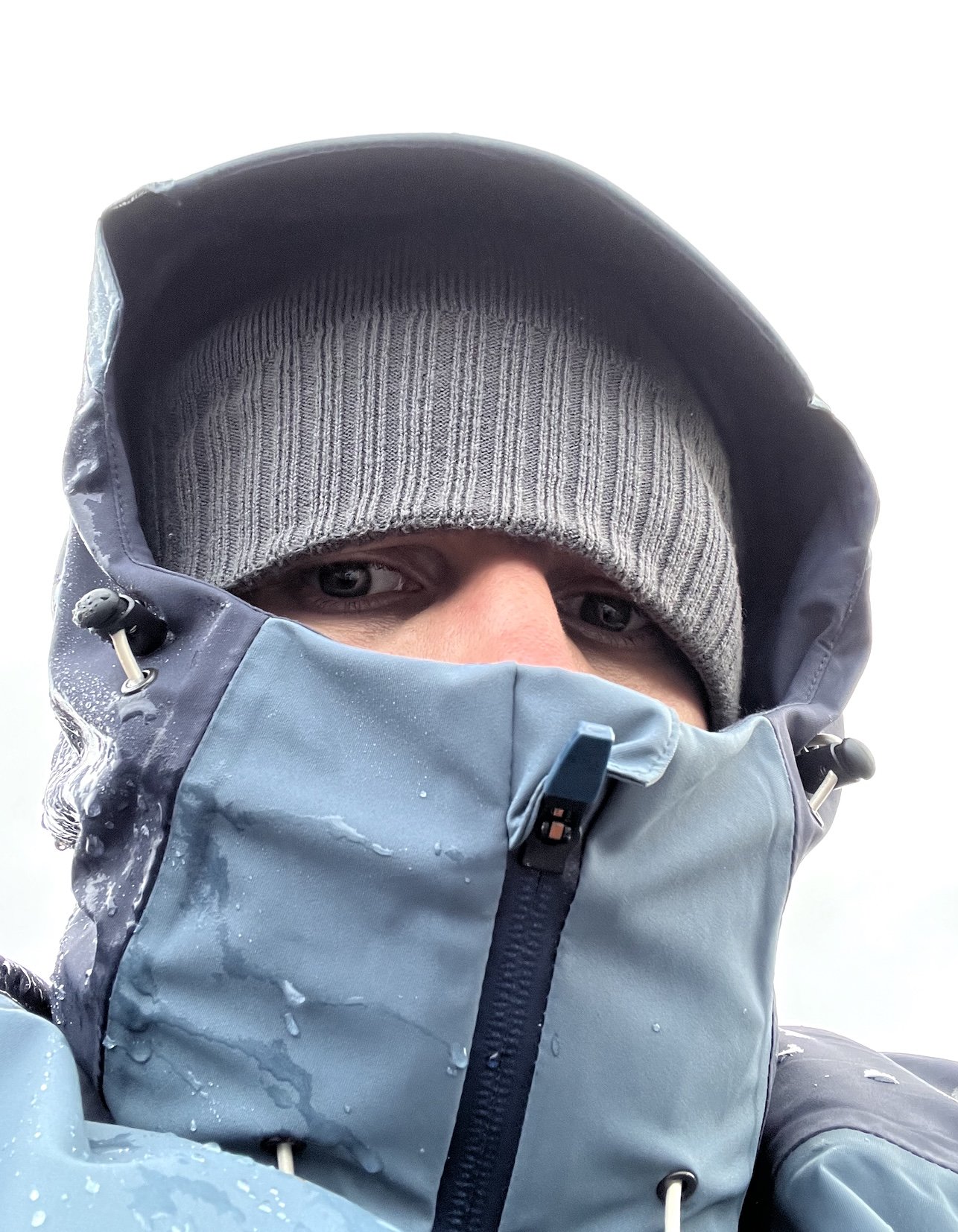
Since I really wanted to get a few more aerial shots, I held on for another 2h, catching a small break in the rain where I - despite heavy wind gusts - felt the drone would survive a short flight, before heading back to the car in the pouring rain for a few hours of sleep. I’d say it was worth it.
A Recap
Here is a timelapse sequence of the the evening , moonrise, and next day’s sunrise.
And that was 36h in Iceland - it was an expensive and tough journey, but I wouldn’t have had it any other way.
Alaska - The Last (and Vast) Frontier
Alaska - endless wilderness, bear country, the largest state, home to the tallest mountain in North America.
Alaska - endless wilderness, bear country, the largest state, home to the tallest mountain in North America, and a few random surprises. There’s a lot of beauty to be discovered here, as I learnt during my trip with Capture The Atlas.
From Anchorage to Kenai Fjords
Day 1 took us along a few interesting sights on the road from the state’s largest city (which is not its capital) to Seward, gateway to Kenai fjords, a National Park.
Byron Glacier
The second stop was Byron Glacier, an easily accessible glacier with a small ice cave, visible at the bottom of the aerial photo.
Exit Glacier
We had one more stop on the way to Seward, which was the aptly named “Exit Glacier” - it’s literally receding so quickly, it may be gone within our lifetime. Signs along the trail show how its terminus moved over the last 200 years, and the speed by which it does can hardly be described as glacial - up to 100m a year.
The Kenai Fjords
A boat cruise into the smallest national park of Alaska was next on the agenda. While the size of the park may not compare to others in the state, it does contain the largest ice field in the US at almost 2000 sqkm, with almost 40 glaciers feeding from it.
Wildlife Sightings
The area is home to varied wildlife, and we spotted puffins, sea otters, harbor seals, and a humpback whale.
Our destination was Aialik Glacier in the namesake bay.
Bears of Crescent Lake
From Kenai we took a flight over the beautiful landscapes (more on that later) towards a turquoise lake across the Cook Inlet, with the goal to find and photograph brown bears. In fact, three of them acted as our greeting committee, sitting by the shorelines while the floatplane approached the lake, but quickly hiding in the bushes as we landed on the water.
Back in Anchorage, a scenic Flight, and another (attempted) Bear Tour
From Anchorage we took a flight to Chinitna Bay for another bear tour in a different environment.
Shapes & Colours
The flight to and from the location partly made up for this disappointment though, as the views of the Alaskan landscapes, volcanoes, mountains, and ground patters were incredible.
Valdez - Waterfalls and Kayaks
The next drive took us the small town of Valdez, at the head of a deep fjord in Prince William Sound. The journey is a beautiful one, past several glaciers and into canyons where one waterfalls follows the next.
Next was a full day boat trip towards the end of the Valdez arm into the Columbia bay, home to one of the fastest moving glaciers in the world.
What was very special here is the fact we switched to a smaller and more manual method of transport once we reached the glacier - a Kayak. Moving through the ice like this was a very unique way to experience and explore the tidal glacier and the many icebergs originating from the calving of its terminus.
From Above
We had the chance to fly our drone from a small beach, providing some spectacular views of the landscape - and its inhabitants.
Sea Life
Aside from some chilled otters, we also spotted Steller sea lions, a near threatened species that had significantly declined since the 1970s but is slowly making a comeback, as well as porpoises, although getting a photo of them proved to be tricky.
The Matanuska Glacier
On our way back from Valdez we crossed the Thompson pass, and on the next morning Alaska had one more glacier experience to offer: This time, we got even closer than in the kayak, since it is possible to hike on this icey giant.
Alaska’s Most Unique House
The next destination was Denali National Park, and the road northwards also leads to a rather peculiar building better seen from the air: Goose Creek Tower, or colloquially “Dr Seuss House”.
Denali - a National Park and North America’s tallest Mountain
However, the next morning we had the chance to take a (dry) walk around Horseshoe lake, which features beautiful scenery reflected in the still lake waters, and a few beaver architectural masterpieces.
Denali also had a bit more wildlife in store for us, including Moose and Caribou, commonly known as their domesticated version - Reindeers.
Watch more of Alaska’s landscapes from the air.
Thanks for making it until the end!
Rwanda - A Gem Of Africa
Rwanda - one of the smallest African countries, but for sure with a lot to offer.
Rwanda - one of the smallest African countries and one of the youngest populations in the world. The “land of a thousand hills” (its lowest elevation is just under 1000m) suffered from terrible tragedy less than 30 years ago, and since then has been on an incredible path of recovery - economically, socially and through its conservation efforts.
We only had 6 days in Rwanda, so the schedule was relatively packed as there is a lot to see - and as I learnt, more to explore than what I had time for. The first impression of Rwanda is Kigali, and it’s a positive one - the city is modern and clean, and well organized. Corruption is rare, and the country is united in building a better future for themselves - so far, relatively successfully.
Great Apes and Golden Monkeys
More on Kigali and Rwanda’s history later, as we immediately left towards the country’s western parts: The Volcanoes National Park in the Virunga mountains, home to the world’s second remaining Mountain Gorilla population, aside from Bwindi Impenetrable Forest, about which you can read in my Uganda blog.
In Dian Fossey’s Footsteps
This was also the mountain we had to climb to see Rwanda’s most famous attraction - luckily not all the way to the top! With our guide, porters, and armed rangers, we started from the very western part, just a few kilometers from the border to the Democratic Republic of the Congo, where the national park area is currently closed due to the civil war. The trek was intense, although less so than in Uganda’s aptly named impenetrable forest.
Even though it was my second Gorilla trek, it was not one bit less exciting than the first one. The varied behavior of the Gorillas, the different natural setting, and simply the fact you only have one hour with them definitely makes you want to experience more of it once you had a taste.
Rwanda’s Gorilla conservation effort and the conflict with poaching has been in the global spotlight for many years, starting with Dian Fossey’s work from the 1960s, culminating in her famous book “Gorillas in the Mist”, later adapted into a movie. She was instrumental in stopping the decline of the Mountain Gorilla population, and her work is now eternalized in the newly opened “Ellen DeGeneres Campus of the Dian Fossey Gorilla Fund”, a modern research centre and museum dedicated to the plight of these animals - definitely worth a visit when you’re in the area. Fossey’s life was not without controversy, and ended in her murder, which remains a mystery until today.
A Feast
The second species of primate that is special in this area are Golden Monkeys, an endangered animal that can only be found in the Virunga volcanic mountains, with an estimated population of 2000-4000.
Watch one of them stuffing its face.
The Golden Monkey Trek is a lot less intense (and the permit much cheaper) than the Gorillas, and while not quite comparable they’re an interesting species, so it’s definitely worth combing the two if you visit Rwanda.
Into the Darkness and a Nice Place to Stay
A rather obscure attraction (my favorite ones) of the park are the Musanze caves. Their entrance lies literally under the main road through the area, and you’d never know what lies beyond unless you descend down for the guided tour.
The last night at Volcanoes National Park was spent at One & Only Gorilla’s Nest. Definitely the most spectacular place to stay in the area, located in its own private Eucalyptus forest, featuring the restored cottage of wildlife expert Jack Hanna.
From Lakes and Volcanoes
I had one more place to see before heading back to Kigali - the Twin Lakes of Burera and Ruhondo, on the border to Uganda. These two lakes have an almost identical shape (hence the colloquial name), although they are at different elevations. The existence of a small channel (now a hydropower pipe) meant that water was flowing from one lake into the other in the past. They are separated by a small elevated hill, from which you get to experience beautiful views of the volcanoes and lakes - Byiza Lodge is probably the best spot.
My last day in Rwanda was spent exploring Kigali and its surrounding areas. That includes one of its last independent milk bars (yes, that’s a thing) called Kuruhimbi, for the famous Ikivuguto drink. If you know me, you’ll know that’s my kind of bar, but the story behind the importance of cows and milk in Rwanda is an interesting one, worth a read in this article - there’s a reason why the phrase for “wishing someone well” here literally means “may you have a cow”.
Lessons Learnt from History, or not?
Beyond that, an agenda point no one should miss out when visiting Rwanda is to explore some of the country’s most significant monuments of the genocide in 1994. We visited three such places: Kigali Genocide Memorial, Nyamata Church, and Ntarama Church Memorial Centre, the latter two about an hour outside the city. They each provided a different insight and perspective on the genocide, but the theme of invoking incredible sadness about what occurred here is shared across all of them - it’s a rough emotional journey. For instance, Nyamata church still features holes in the wall that were used to throw grenades into the building when people looked for shelter, and blood stains on the altar cloth caused by machete massacres. Over 50,000 people are buried here, many of them displayed as rows of skulls and in coffins filled to the brim with bones, often unidentified. New victims are still found in mass graves of the area.
While I recommend reading the articles linked above, another way to start is the (albeit Hollywood-ized and not without its controversy) movie “Hotel Rwanda” which took place in the historic Hotel des Mille Collines, (where I stayed, as it happens).
While estimated numbers vary, around 800,000 people were killed in the span of just over 3 months, the vast majority of Tutsi ethnicity, slaughtered by the Hutu perpetrators with the most brutal means. What makes learning about the events of this period particularly intense is their recency - as a consequence, literally everyone you meet in Rwanda is somehow directly or indirectly affected - and secondly, how the seeds for the genocide were planted long before, and, as so often, by Western occupants. At the same time, the country has taken a path of unification and forgiveness, and you don’t ever have the feeling of lingering tension or divide. While Rwanda is not without its political challenges, it makes the progress and development over the last 25 years all the more impressive.
When visiting memorials such as these, one often has the feeling that “this can never happen again” or “it wouldn’t happen today” - the problem is, that’s what everyone thought after genocides in Armenia over 100 years ago, or the Holocaust 80 years ago, and yet history keeps repeating itself. I found this banner particularly prescient and it makes you think about where the next risk lies and how to prevent it, given the complexity of the root causes.
A Sunset in Kigali
The last evening was spent on capturing the city from day to night. We found this elevated viewpoint which was perfect for capturing some cityscape scenes and this timeslice video.
Botswana - On The River, Above the Ground, And Under The Stars
My time in this landlocked country on south-western Africa was mainly focused on animal photography.
The third destination I visited during my Africa trip, was Botswana. My time in this landlocked country on south-western Africa was mainly focused on animal photography. Having said that, I could not help sneaking in a few rather unexpected Milky Way photos, read on to find out why that was the case.
This trip was with Pangolin Photo Safaris, specifically their 10 day - 3 location trip, which was well organized and covered a variety of wildlife and landscapes.
The Chobe River
Over the first 3 days in the country, we spent time on a houseboat cruising and mooring along the Chobe river. In fact, we were anchored on the Namibian side, so one could argue that some of these photos show Namibia, and some show Botswana, depending on which side of the shore the animals stood ;).
Elephants in the Water
It was the first time I was able to observe elephants in the water, not just bathing and drinking, but properly swimming - in fact, literally under water. The park is widely known for its many elephants. Botswana has the largest elephant population in Africa estimated at over 200,000, to the extent that their presence causes pressure on the environment and other animals, as well as conflict with humans.
Bird Life
The river has amazing bird life, from Kingfishers, to Fish Eagles, Storks, and Jacanas. Not something I was previously too interested in, but observing their behaviors is intriguing, and trying to catch them in flight is a photographic challenge (which I never shy away from).
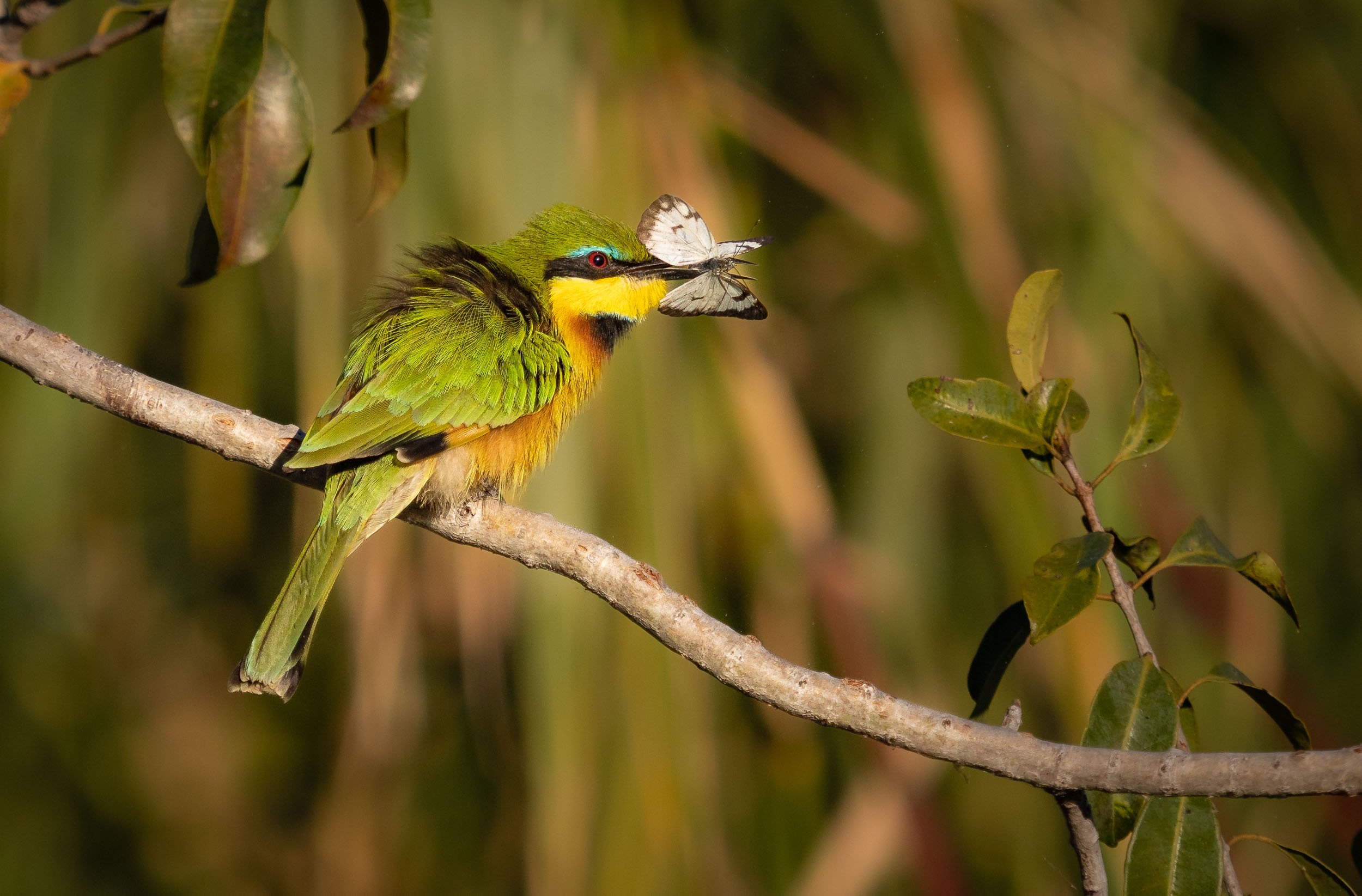
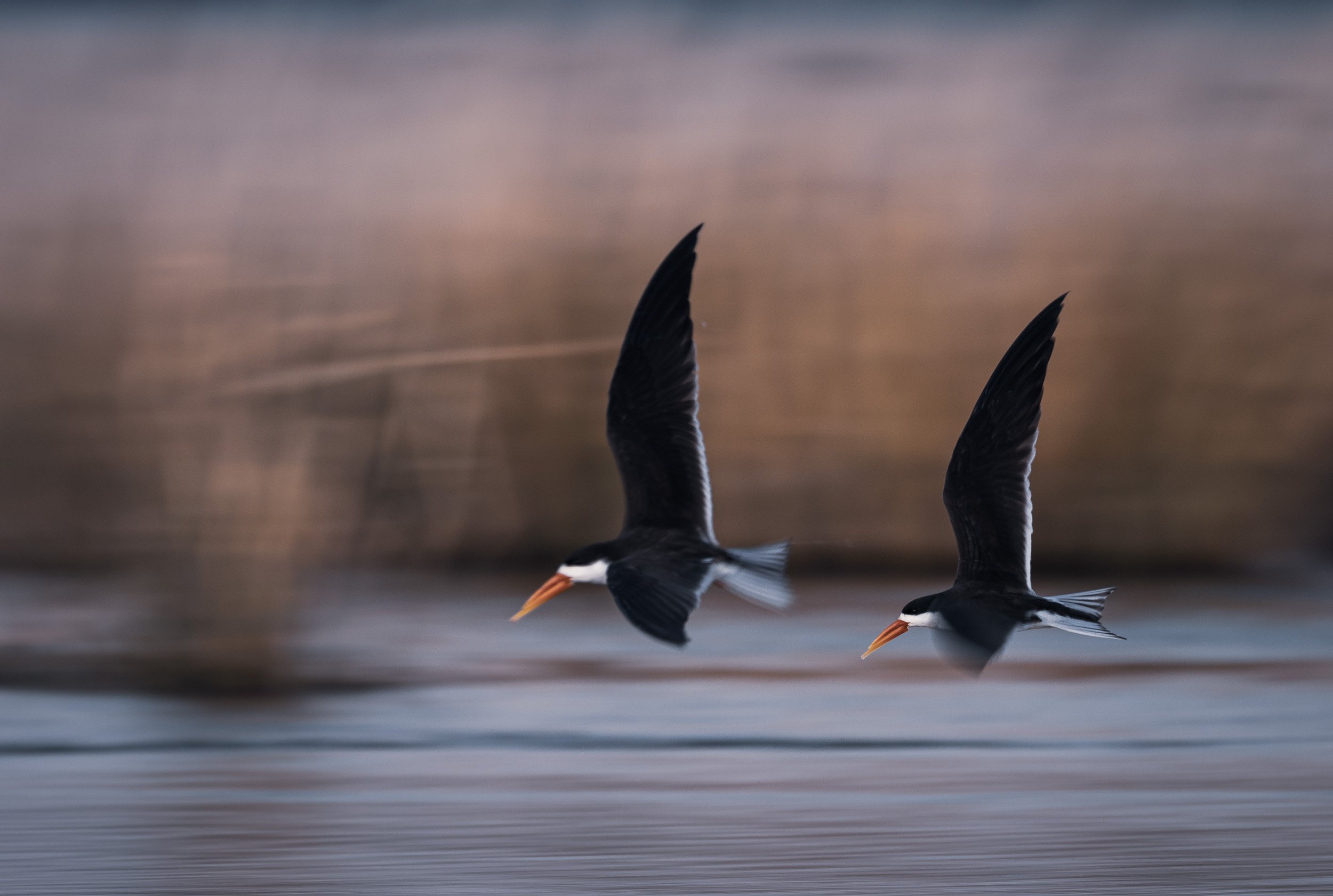
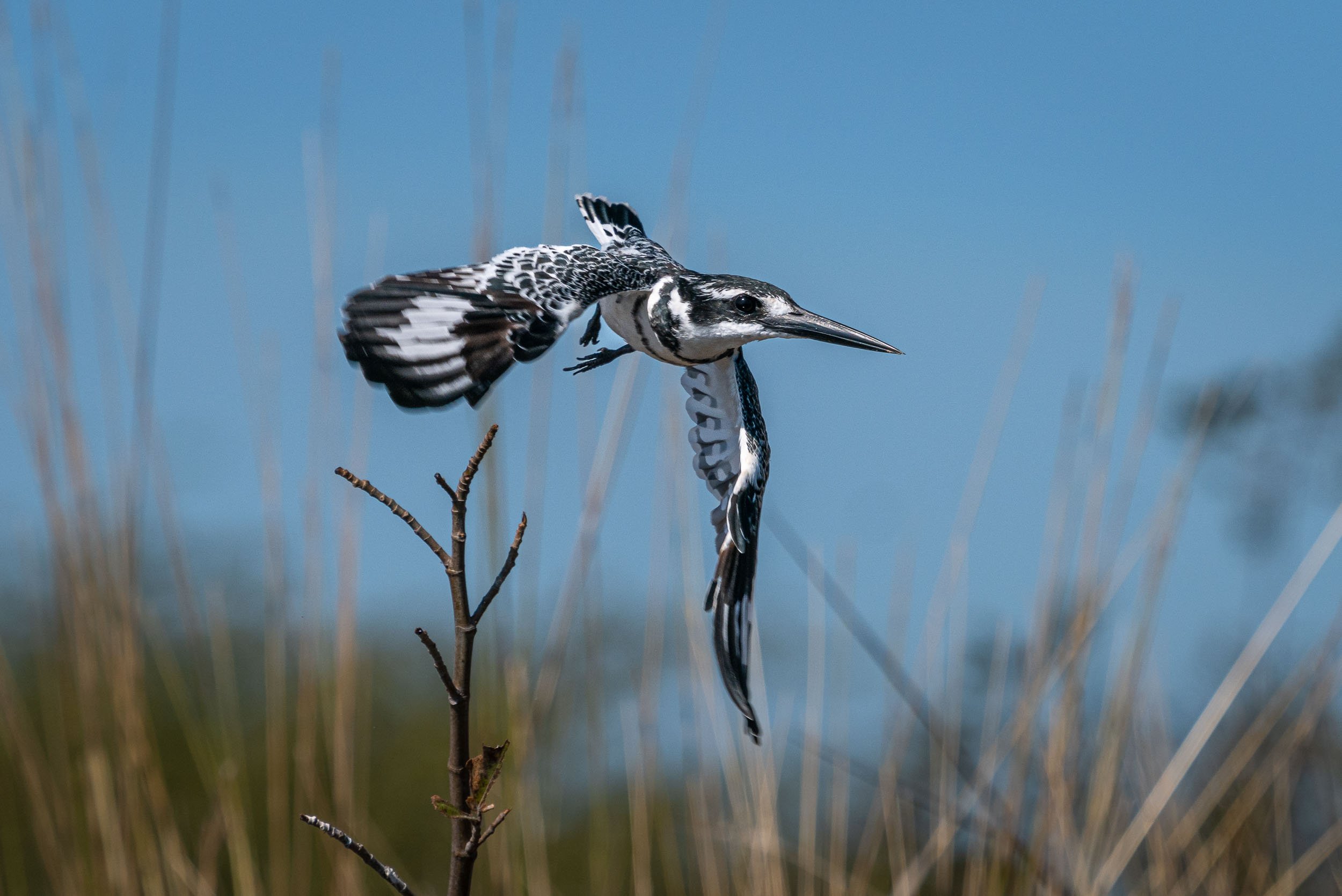
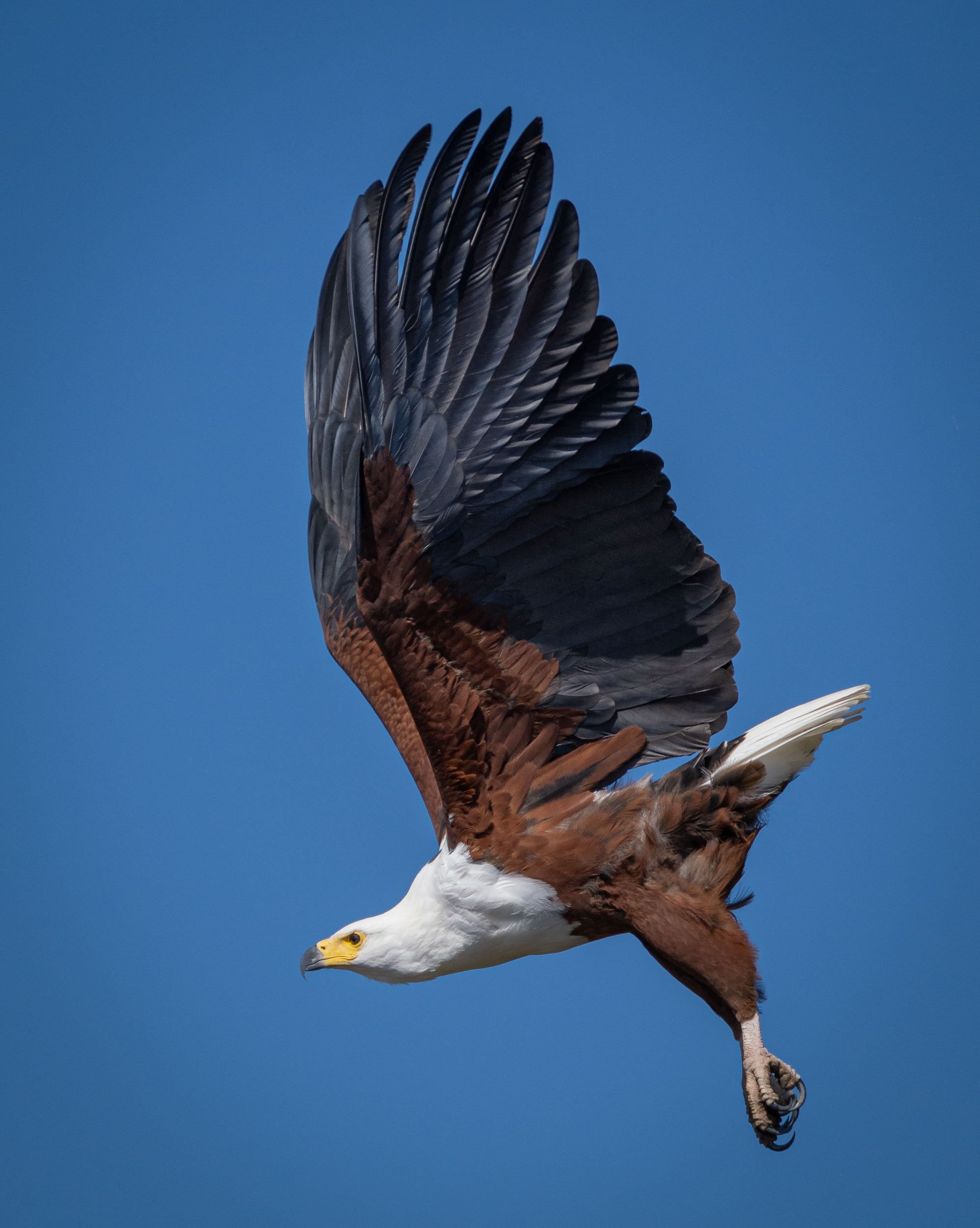
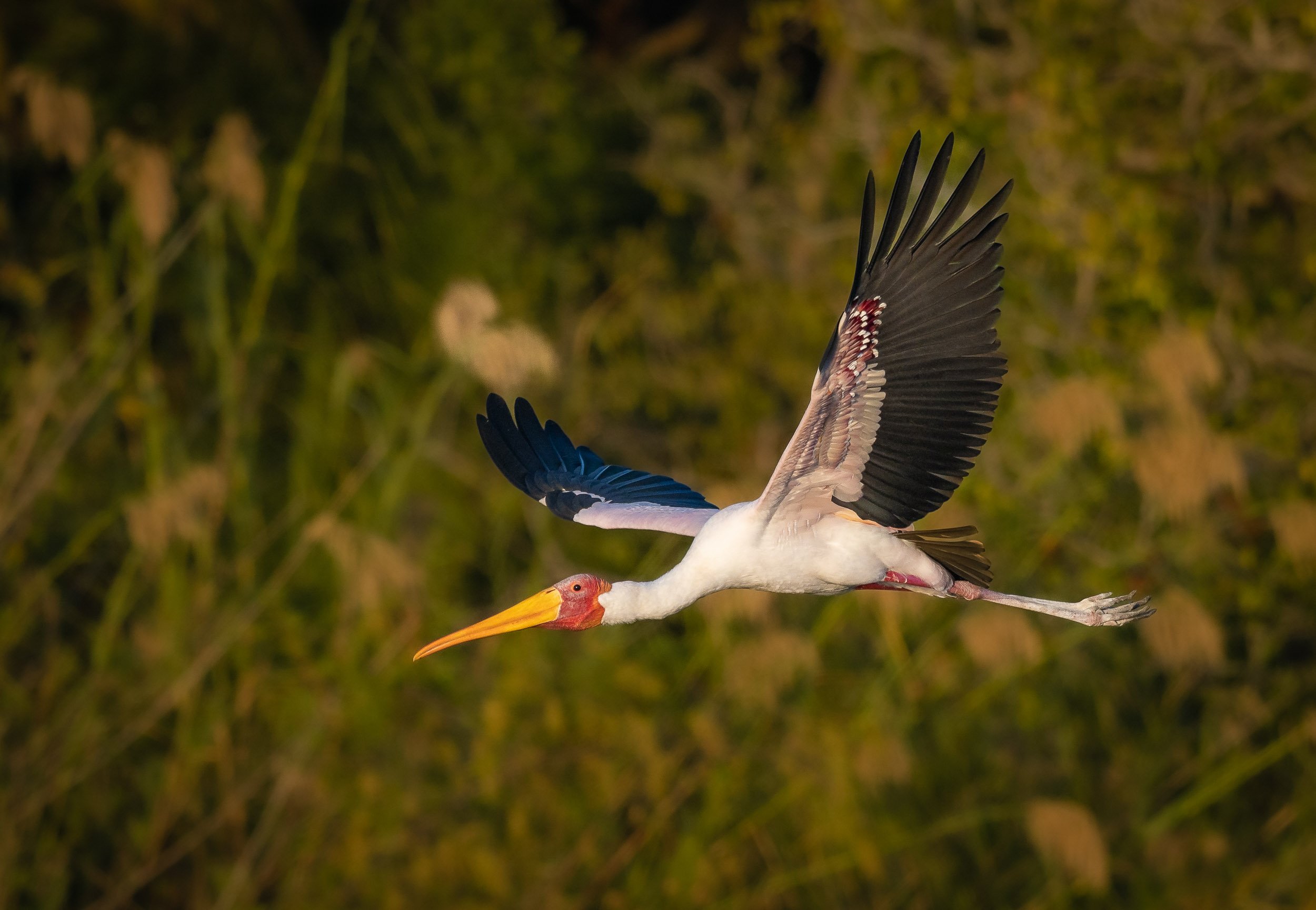
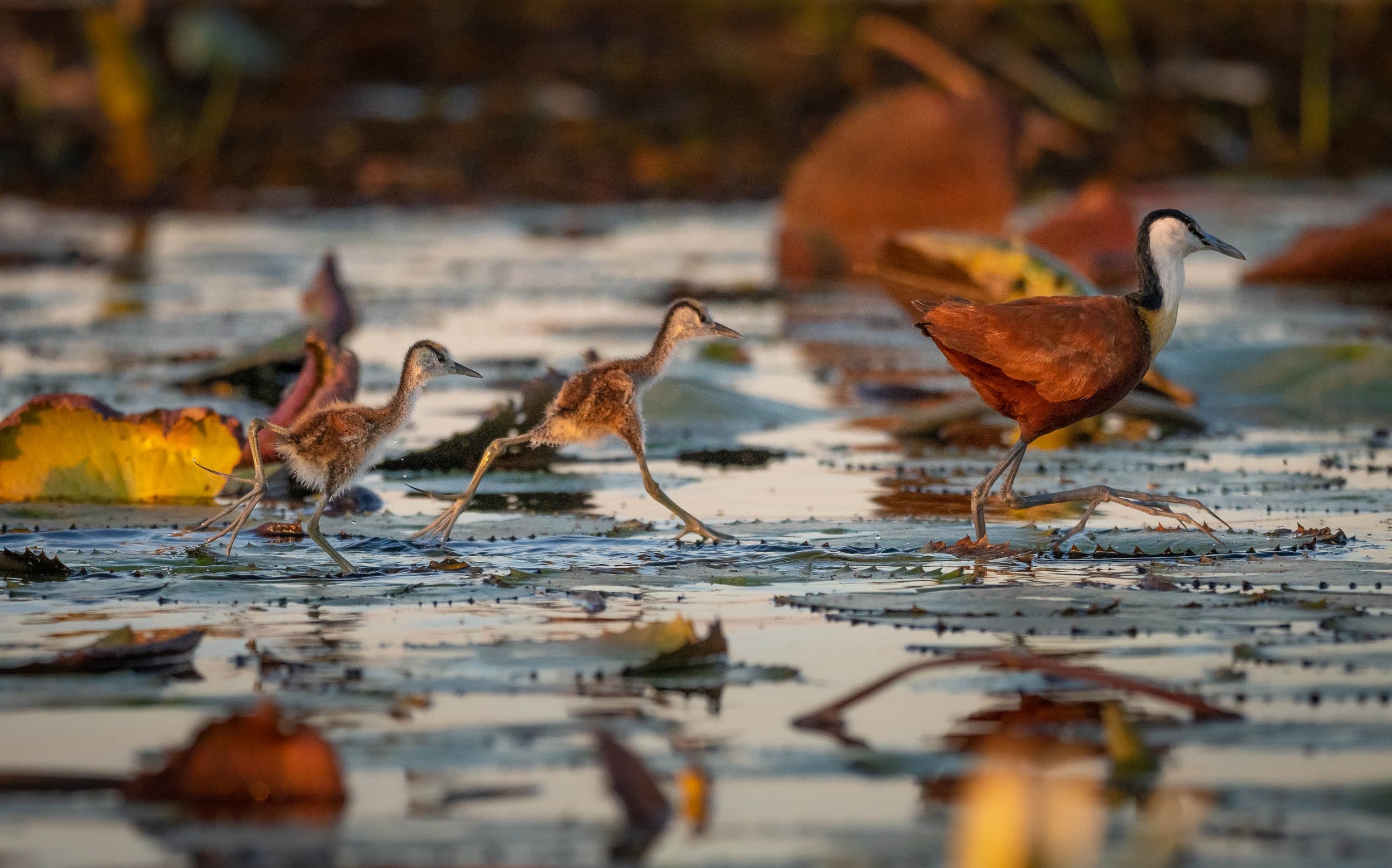
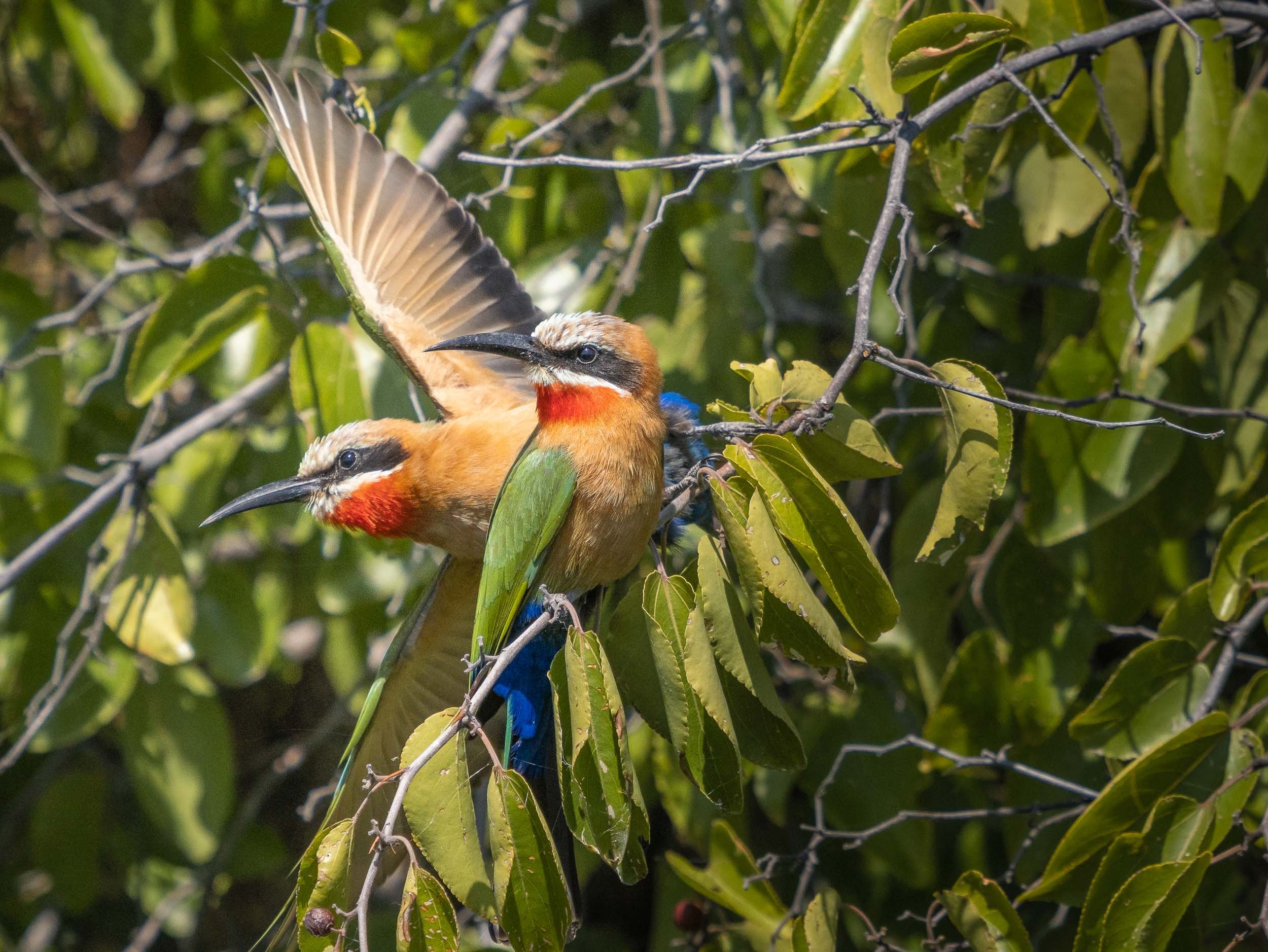
We were also lucky enough to observe some lions with a kill directly under the bushes on the shore.

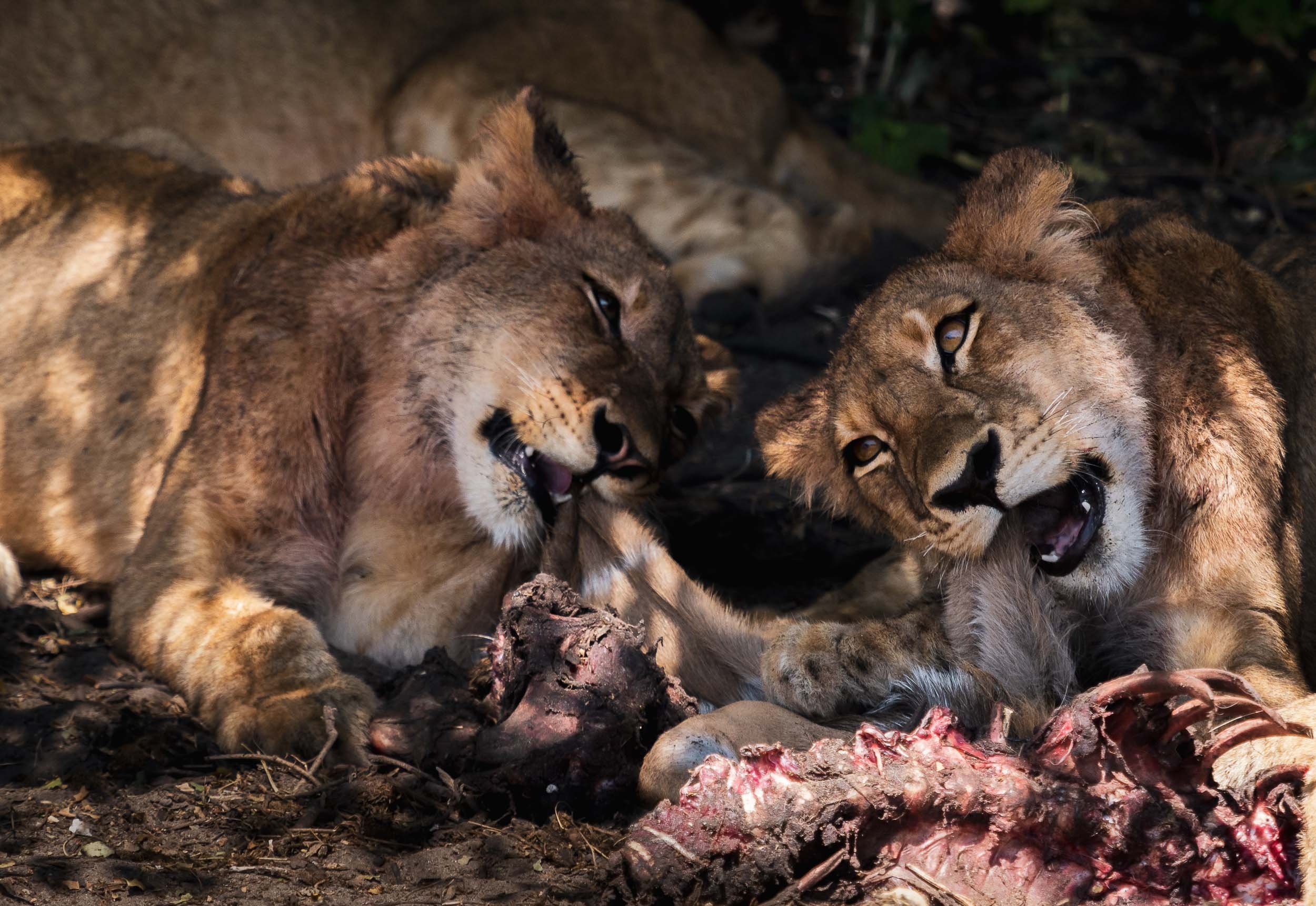
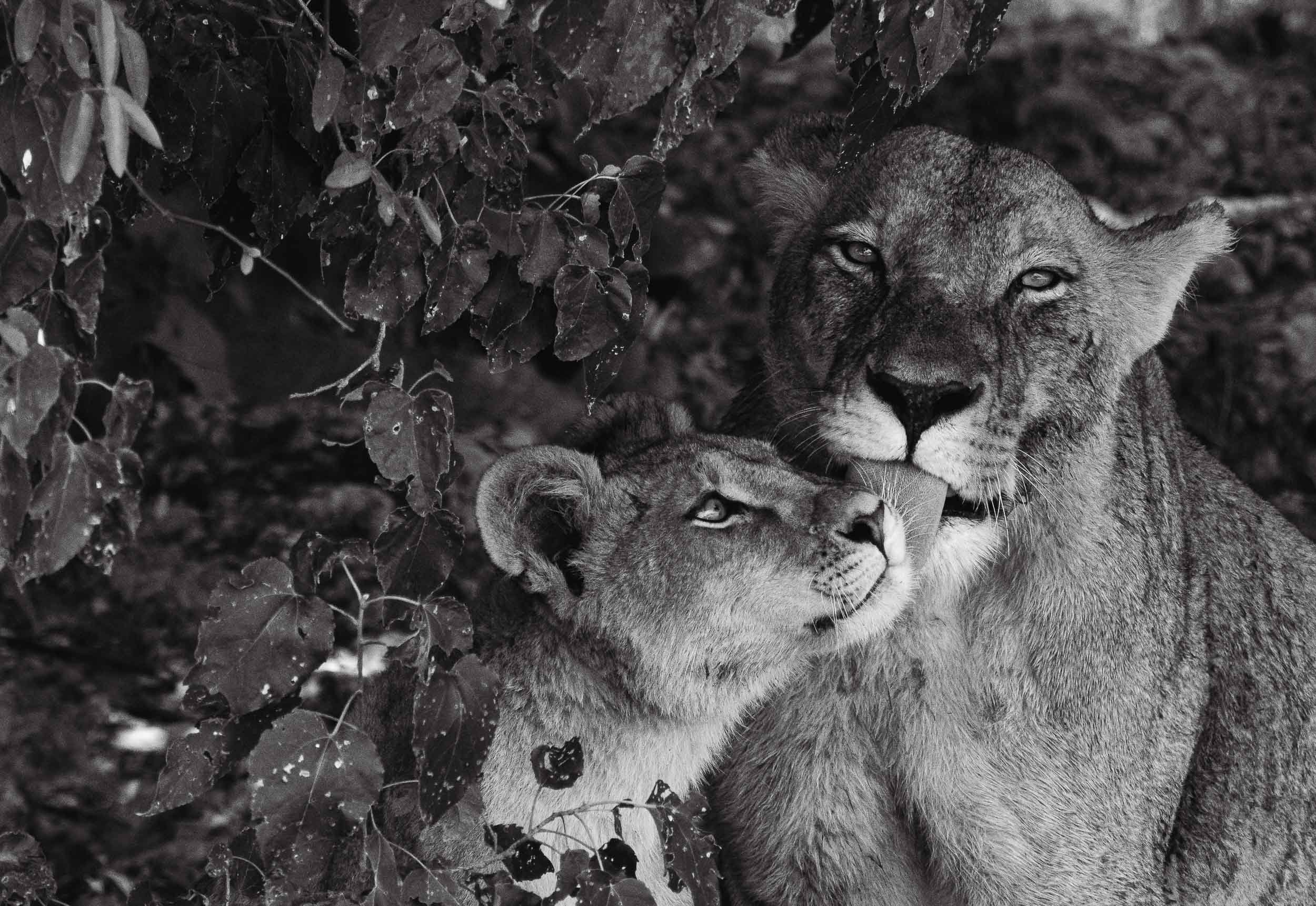
A few more animals by the water…
The Chobe river is actually the name of the eastern Cuando river, before it flows into the Zambezi. The National Park around it was Botswana’s first, and is its most biologically diverse.
The Selinda Reserve
From Chobe we took a short flight to Selinda, a private concession in the greater Okavango Delta region. The Selinda spillway links the Delta with the Linyanti Swamps, and up until 2009 has been dry for decades. Now, its floodplains and channels have water flowing for many months of the year, becoming a home for wide variety of wildlife.
From Above
It was a good place for some aerial views, and what’s better for that than a helicopter? A 45min flight above this amazing landscape is the source of these bird’s eye views of elephants, crocodiles, heartbeests, and hippos in their environment.
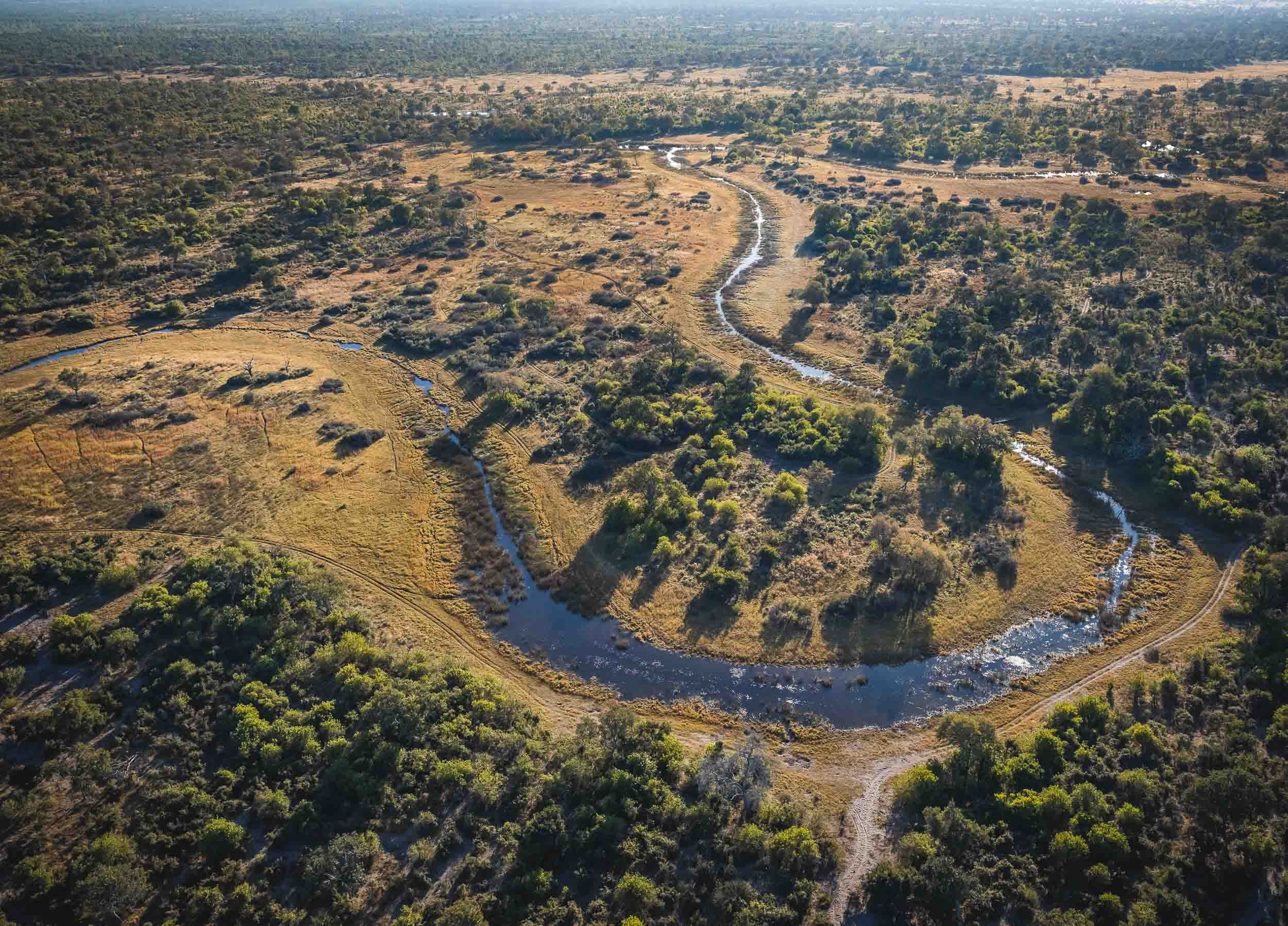
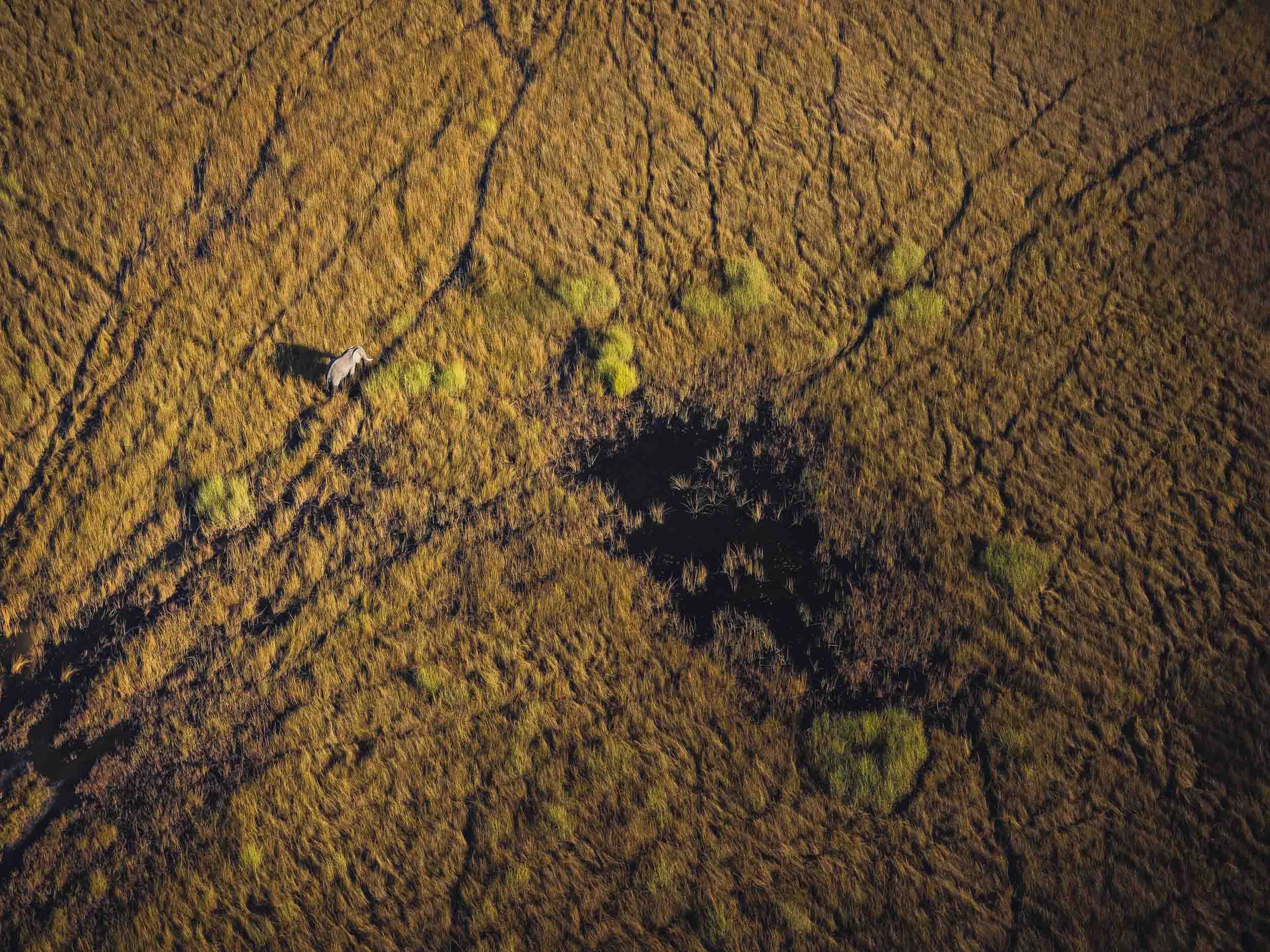
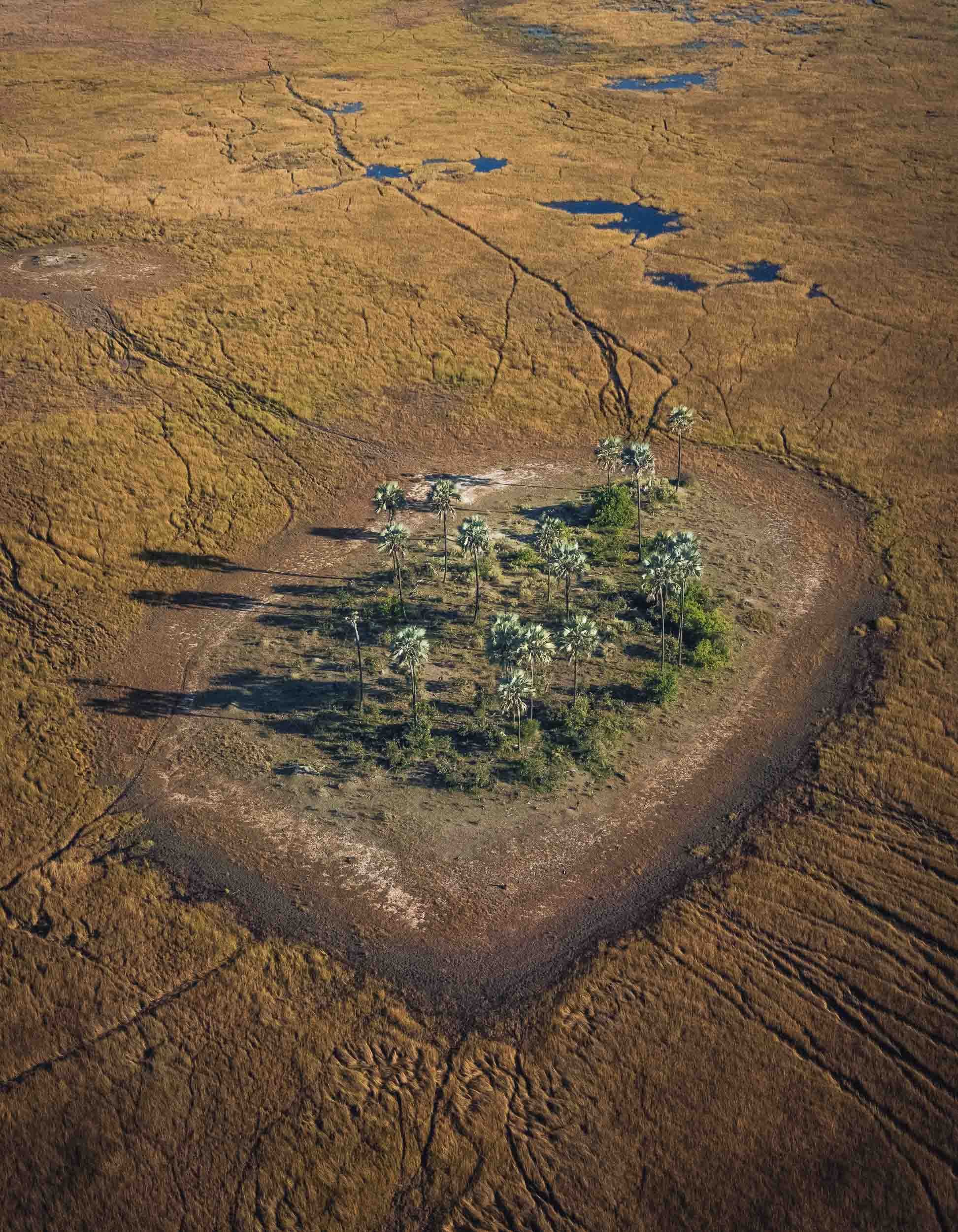
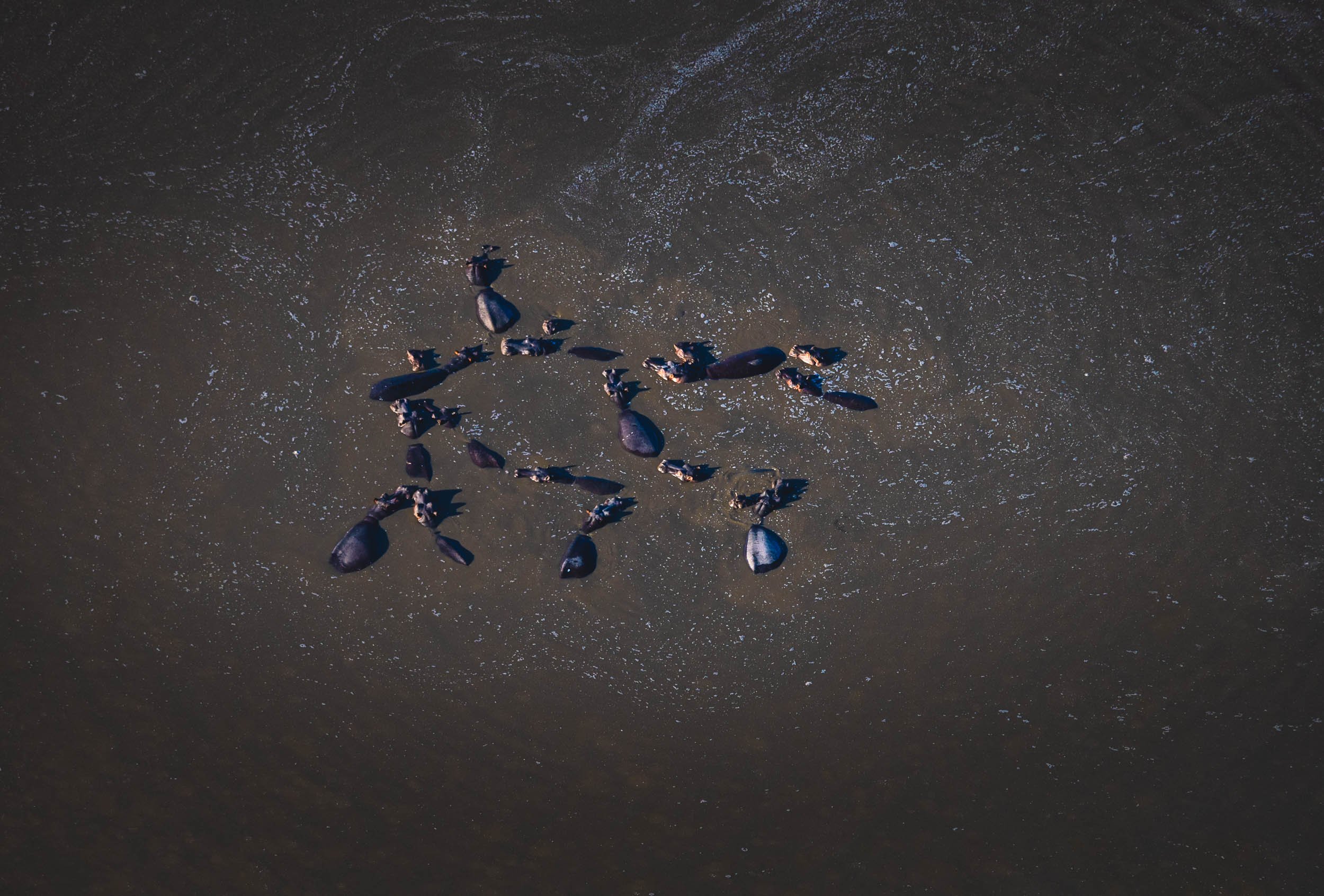
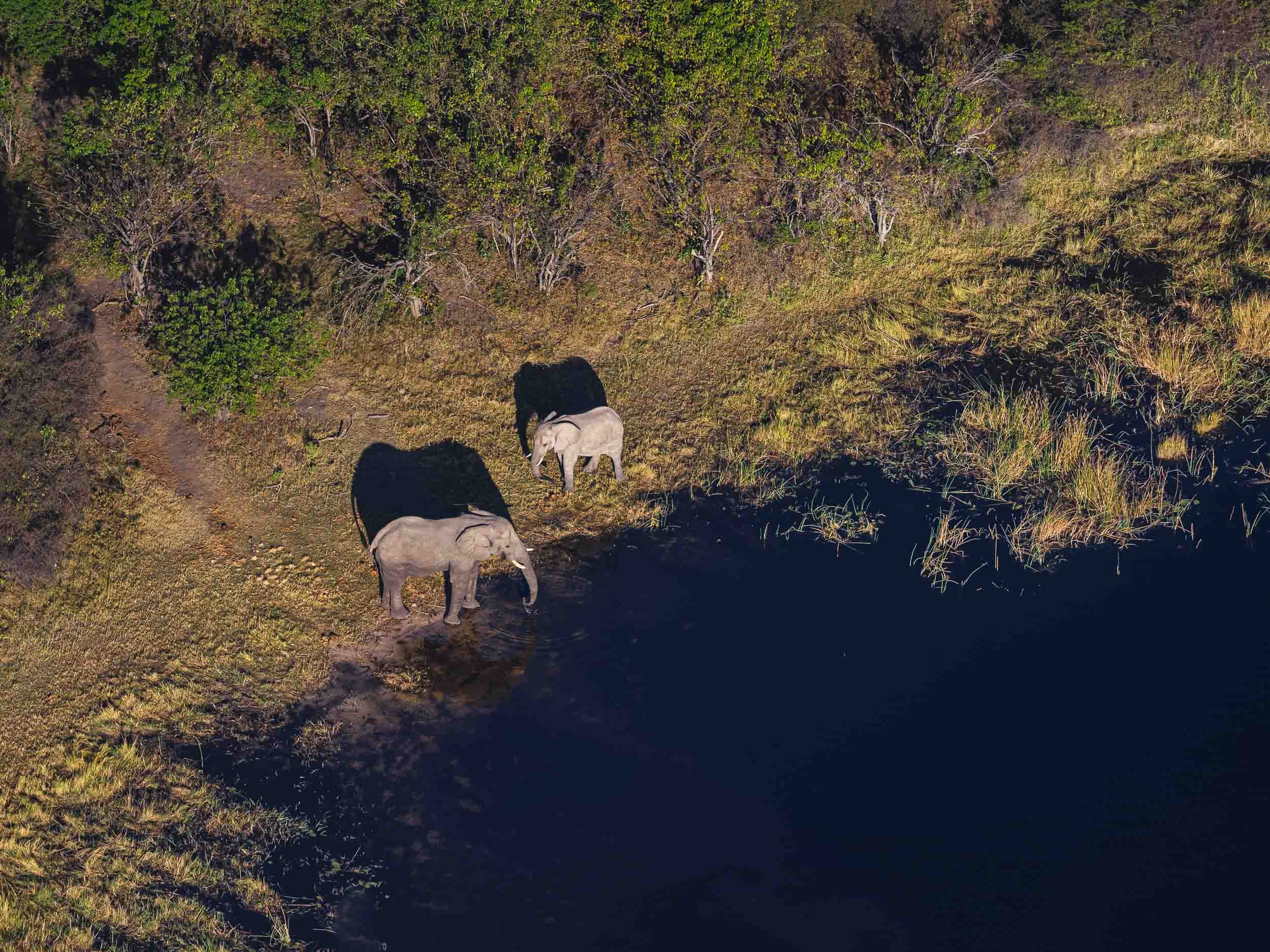
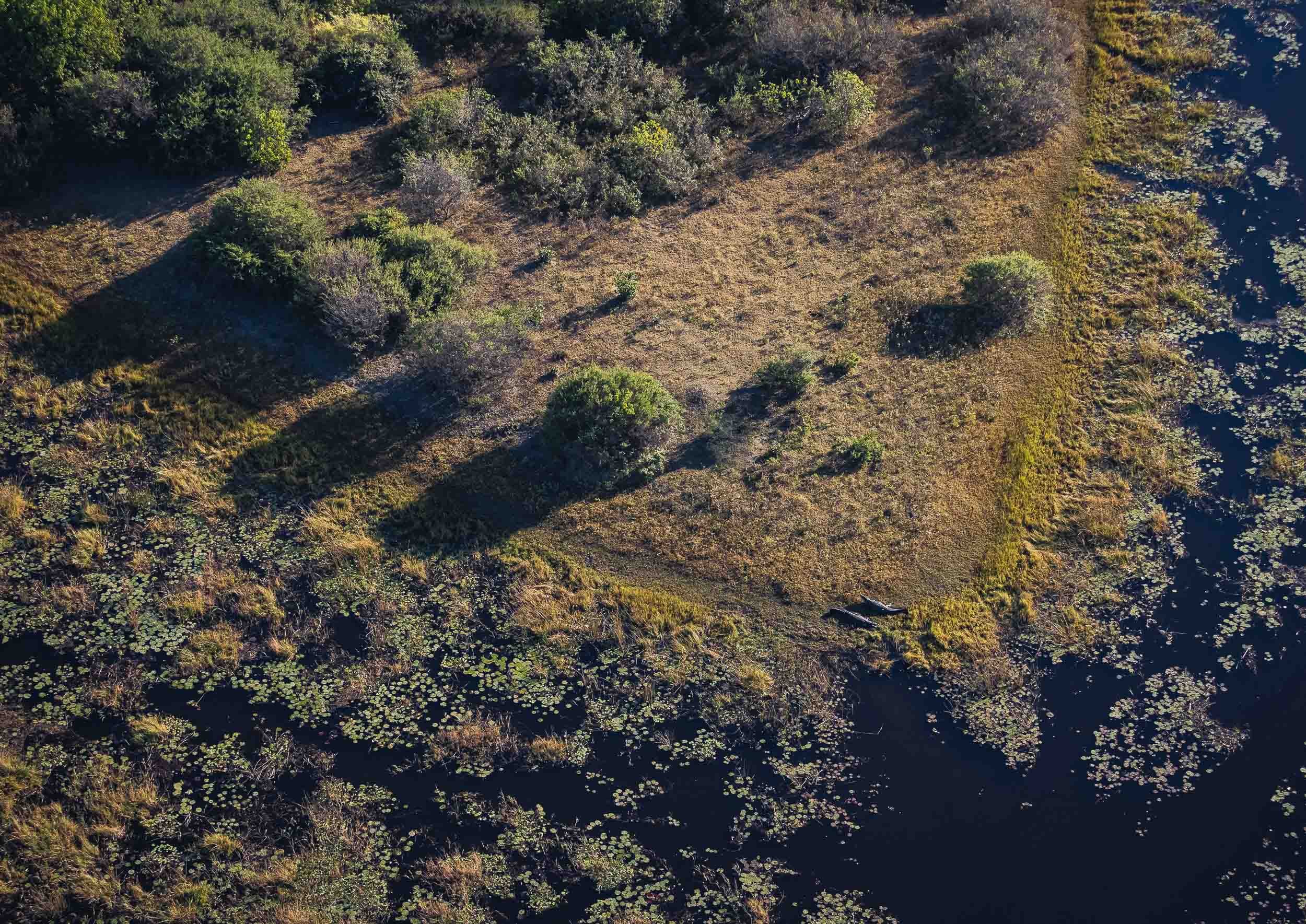
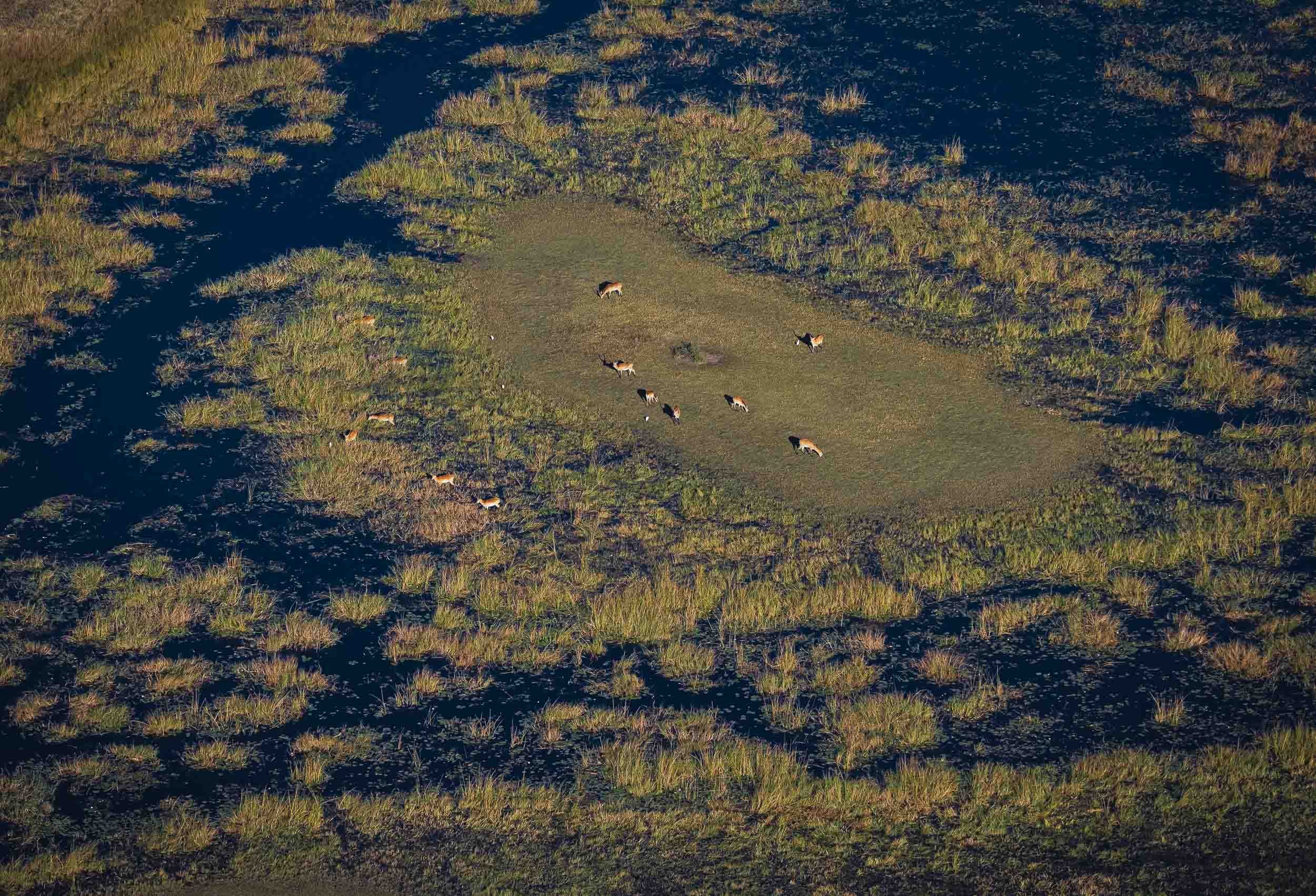
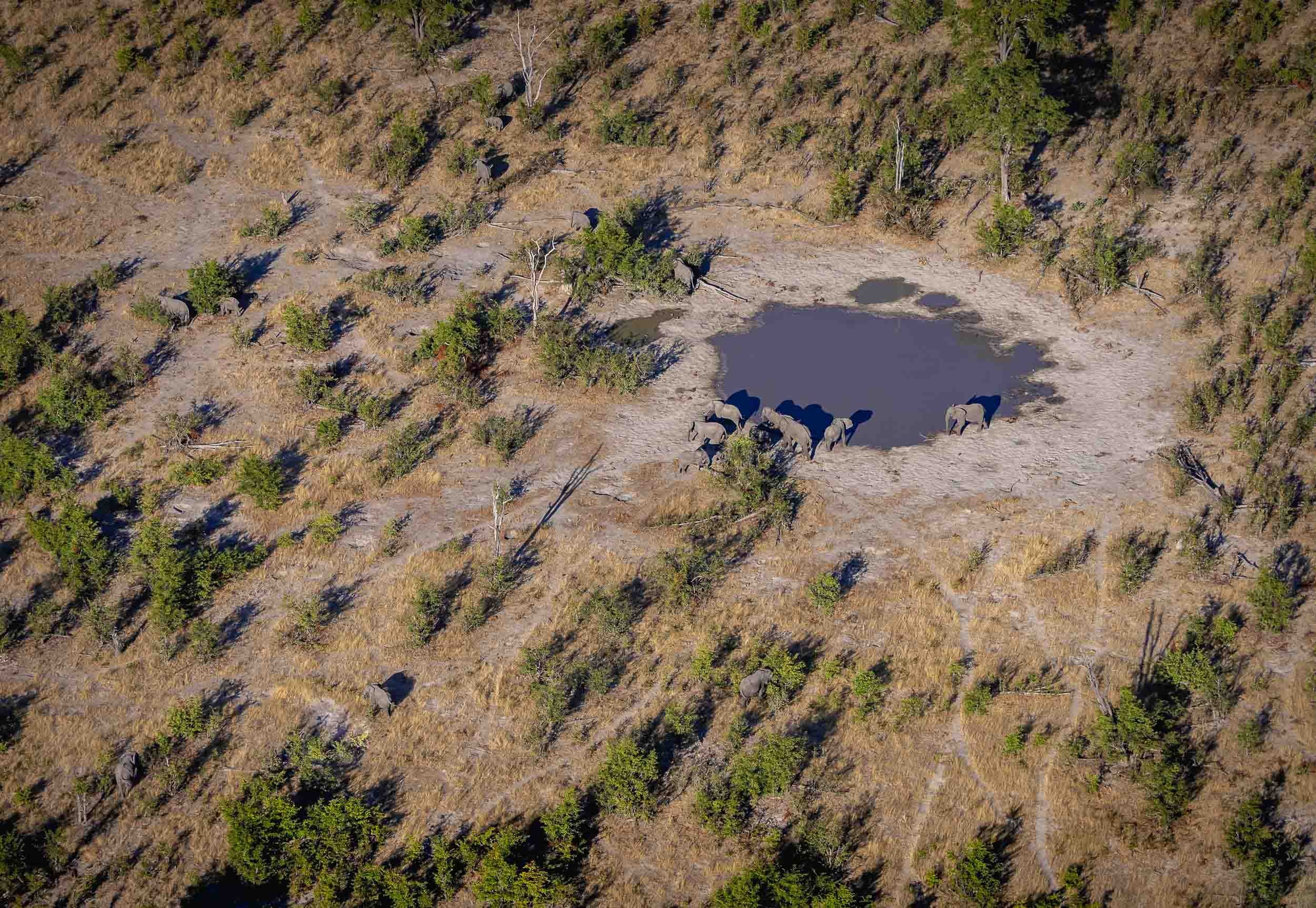
Lions
The Leopard
It’s always special to see your favourite animal in the wild, but a sighting like this makes it even more breathtaking. We spent four days, 8 hours a day, looking for this Leopard female and her 3 month old cub. On the very last morning, our guide - Stitcht, who called himself a legend and lived up to it - saw her sitting on a termite mount in the distance. We followed her when she called for her little one, and then climbed a nearby tree. They spent 15 min cuddling and cleaning before she rushed off to try and catch some breakfast, telling her cub to hide in the thick crown of the tree.
Watch them in motion
A few more…
Dinaka
The last stop was in Dinaka, about 100km north of Maun, and bordering the central Kalahari. It’s a dry area this time of the year, but it did have a few special places to photograph from (and sleep in).
Jackals - Always Up To Something
After having observed them for a good amount of time, these mammals have climbed up in a my favorite animal rating list. A constant source of entertainment, and always giving an impression of being up to no good, I’ve seen these mischievous omnivores catch doves, chase away animals much larger than them, and strut around like they are the kings of Africa.
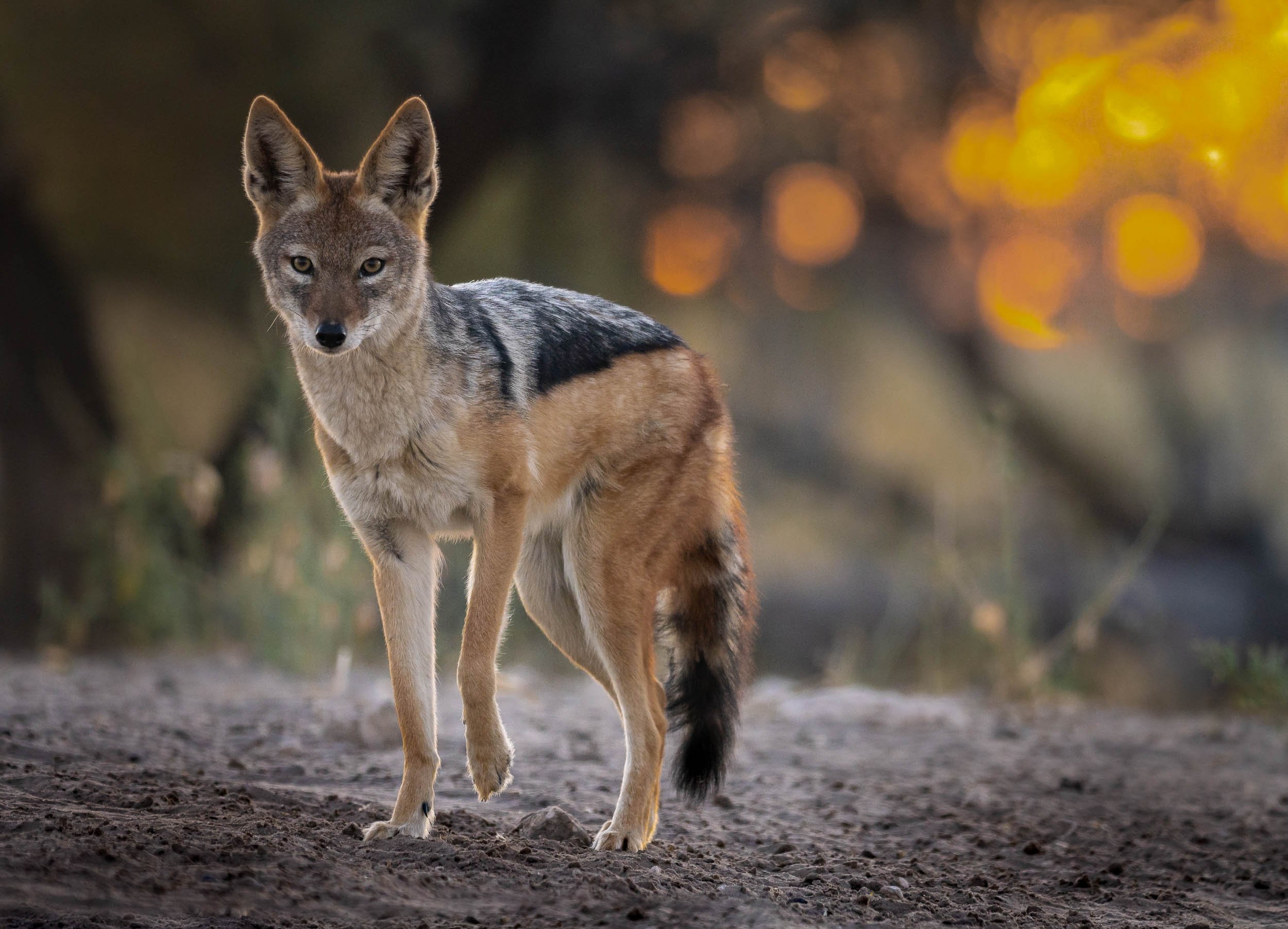


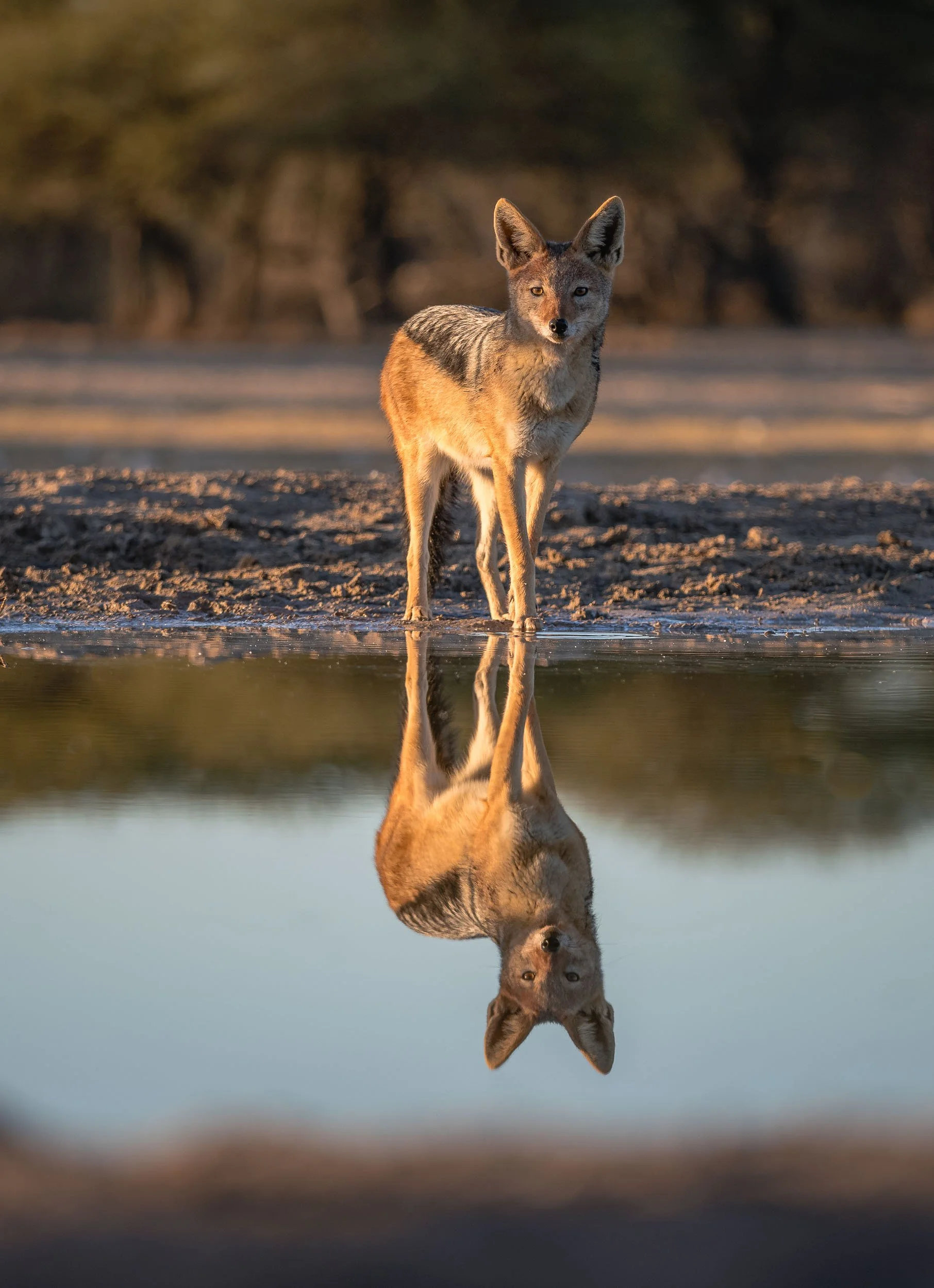
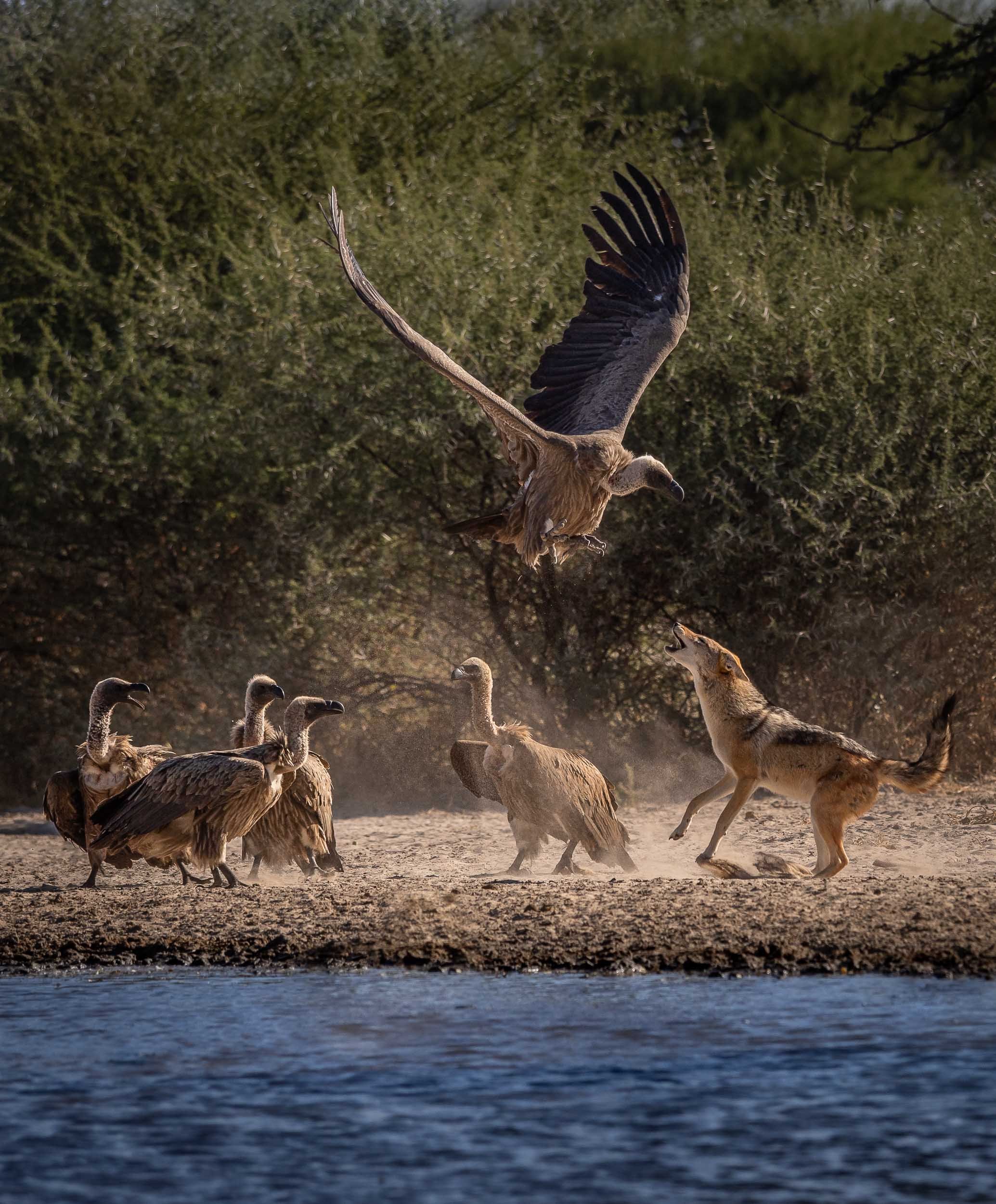
Starry Bedroom
Our lodge offered this special experience: A night under the stars, sleeping on an elevated platform in the bush - an opportunity I couldn’t miss out on, so one evening after dinner, I was dropped off 20min away from the camp to see what it feels like to sleep with a Milky Way view. See below for an impression!
Watch Earth in Motion below…
The Waterhole
A second special spot is found a bit closer to the ground - in fact, it’s almost underground: A bunker-type hide to view animals up close at the waterhole, for some ground level perspectives. We spent a lot of time here, watching antelopes, giraffe, jackals and many other animals come to drink and interact without being bothered much by our presence.
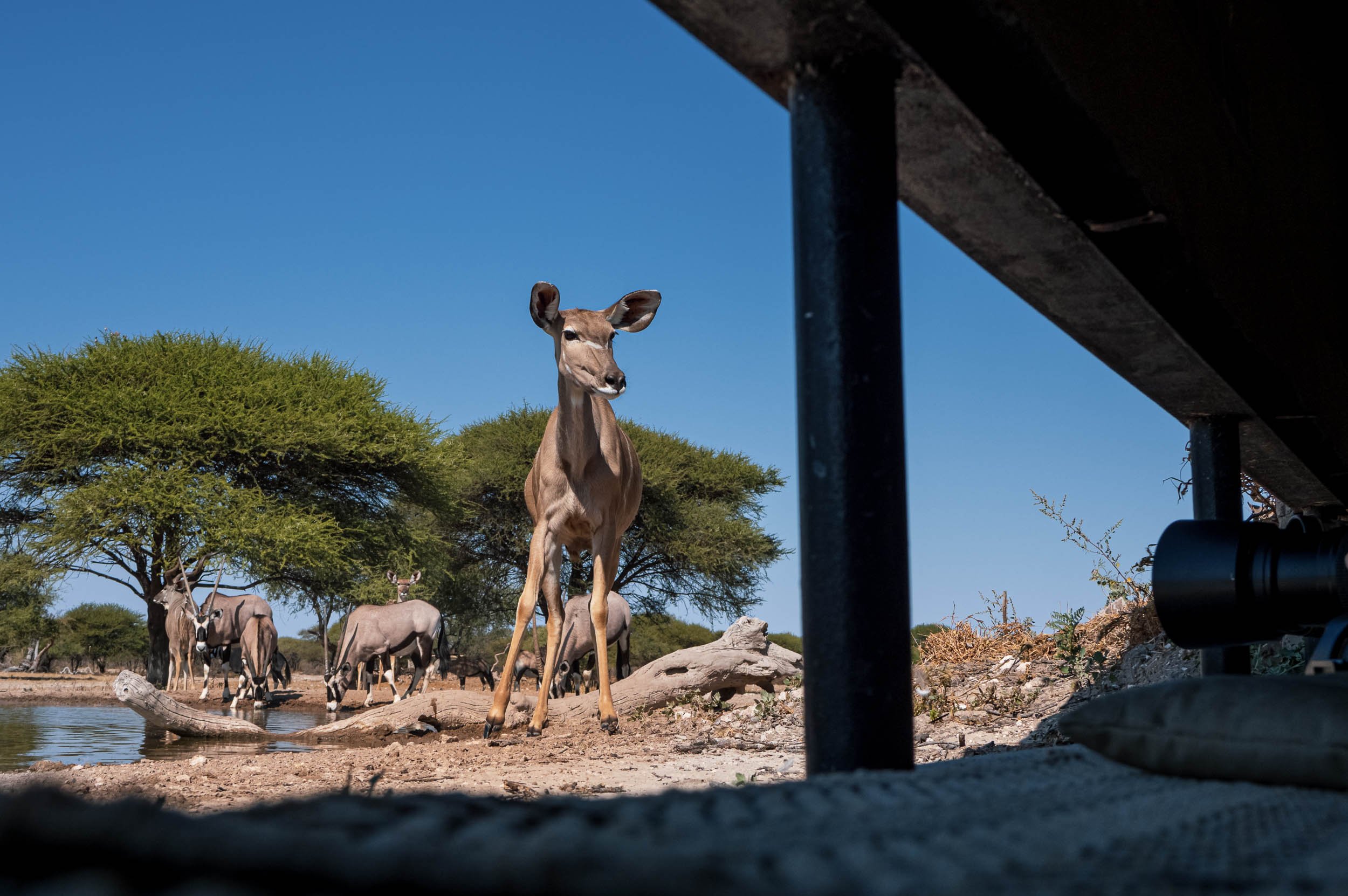
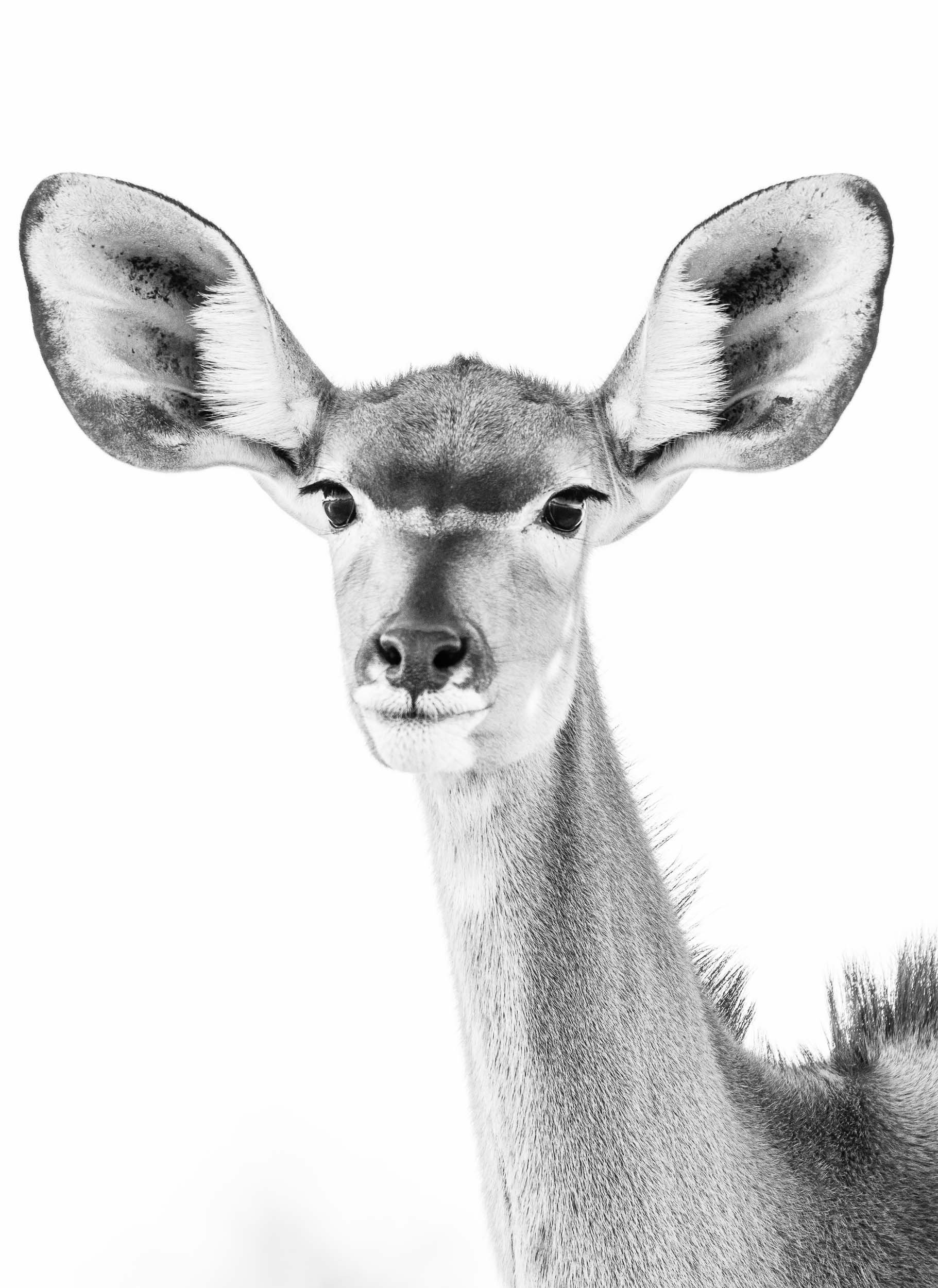
At Night
Private concessions (as opposed to National Parks) often come with the benefit of being allowed to stay out beyond sunset, opening the way for some nightly discoveries…
Lastly, the reserve is also home to a population of white rhino, which have been de-horned to deter poachers, a practice that some question in terms of its effectiveness in doing so, as the base is still attractive for the market.
Zimbabwe - Tracking Dinosaurs & Lunar Wonders
The second country of my trip was Zimbabwe - a place which up until planning of this adventure hadn’t really grabbed my attention.
The second country of my trip was Zimbabwe - a place which up until planning of this adventure hadn’t really grabbed my attention. That has definitely changed after spending two weeks in Harare, Mana Pools, Chewore, Kariba, Matusadona and the Victoria Falls. This journey was full of incredible experiences, read on to find out what the country once known as the "Jewel of Africa" had in store.
Harare and some unique rocks
I had one day to spend in the capital city before making my way into the northern parts of the country. A brief tour and looking at one of its most unusual sights was all I could fit in.
Mana Pools - Wildlife in a different way
I then spent 2 days at Mana Pools National Park in the northern part of the country, bordering the Zambezi river and the Zambian mountains on the other side of its shores. It’s this setting and the fact walking and canoeing are possible here, providing a much more intimate experience than the typical bush game drives, that made this a special place.
Chewore - Off the beaten, and onto the Dinosaur track
From Mana Pools, it was a good 4h drive on dusty and bumpy roads in a 1960s land cruiser owned by my wonderful host Louisa to a remote hunting concession - here. Hunting wasn’t the reason I kept annoying quite a few people before being able to come here: In fact, this place has some of the most remote and untouched dinosaur footprints in the world, which triggered my interest. Before that though, the universe had another special sight in store .
The Lunar Eclipse
My time in Zimbabwe coincided with the a full lunar eclipse on 16th of May, 2022, and luckily our location was just about within the areas of the globe that could experience this rare phenomenon, so I had to find a way to capture it. What a sight it was - and not only that, also an audible experience, as the lions and baboons roared in the background.
Here’s a timelapse video of the event, both a wider view from 3am to sunrise, and a close up of the eclipse progression.
The Dinosaur Footprints
The real reason for venturing this far and deep into the Zimbabwean bush can be found in the next photos. The country and specifically the Chewore area is home to a very special paleontological sight: Dinosaur Footprints from 150 million years ago. It took a large amount of research, planning and nagging to make this happen, but it was definitely worth it and I’m grateful to to everyone who made it possible and was a part of it with all their knowledge, Barry, Louisa and Neil. The owner of the concession estimates only 200 people have ever seen these - 201 now.
Lake Kariba and the Matusadona
After a long drive, I arrived at Lake Kariba and the Warthogs camp for a few nights on the shores of the world’s largest man-made lake in Musango Safari Camp, both operated independently by incredible people.
Following my time in Kariba at Warthogs Bush Camp (Elephants and Zebra visit the small pool there to drink!) I moved across the lake into the Matusadona National Park. An hour boat ride took me to a very unique lodge, called Musango, run by its owners Wendy & Steve.
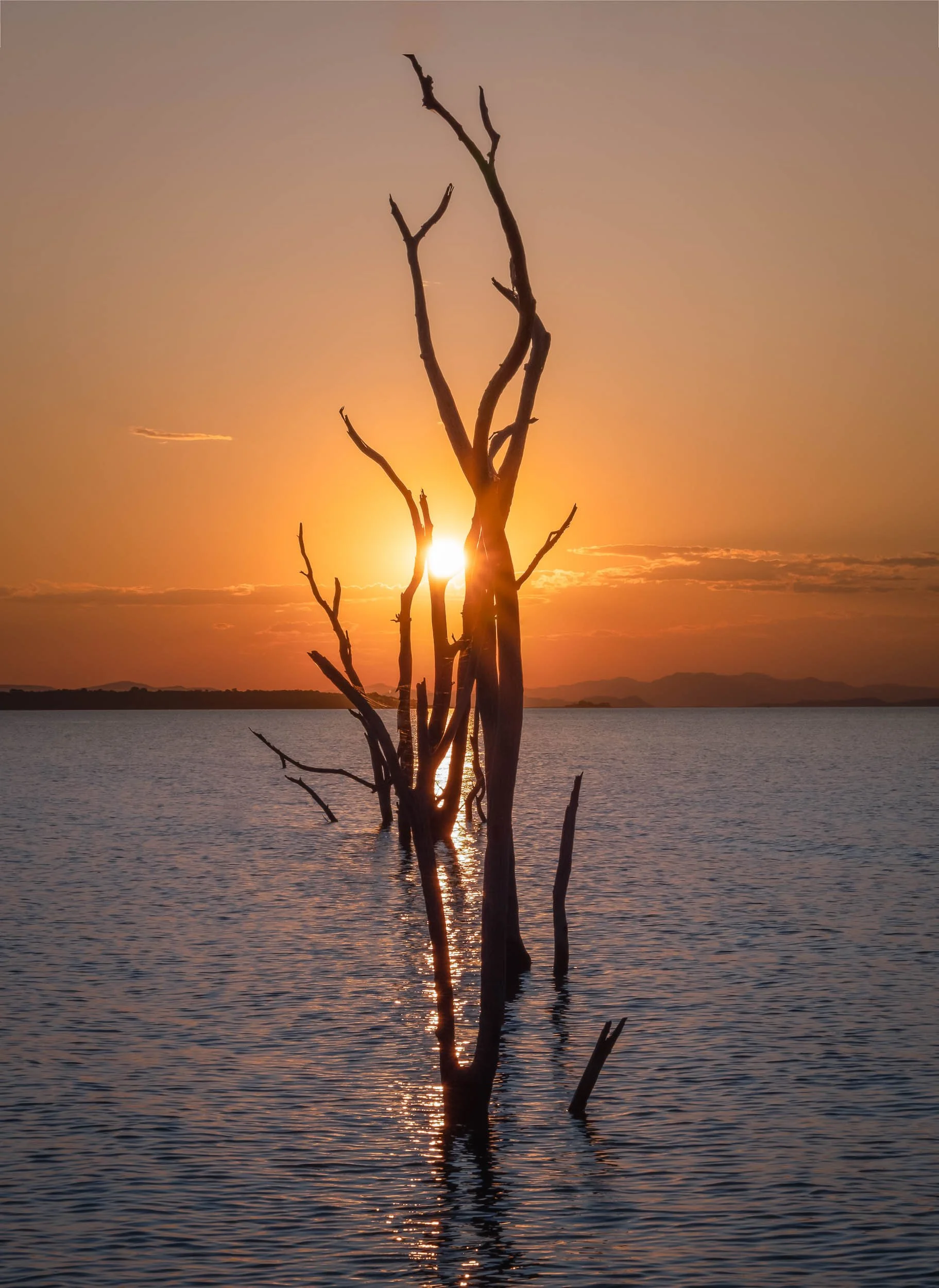
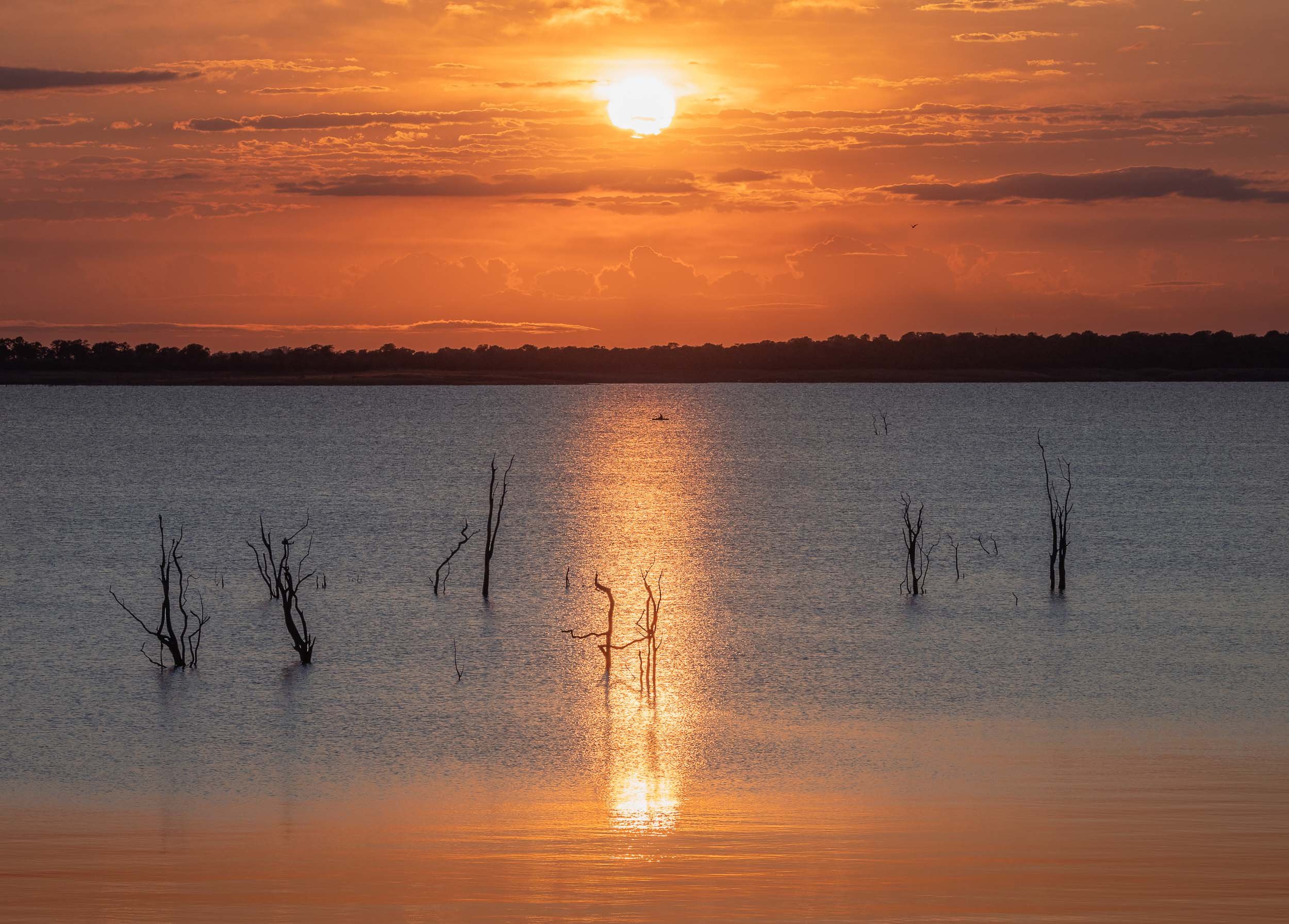
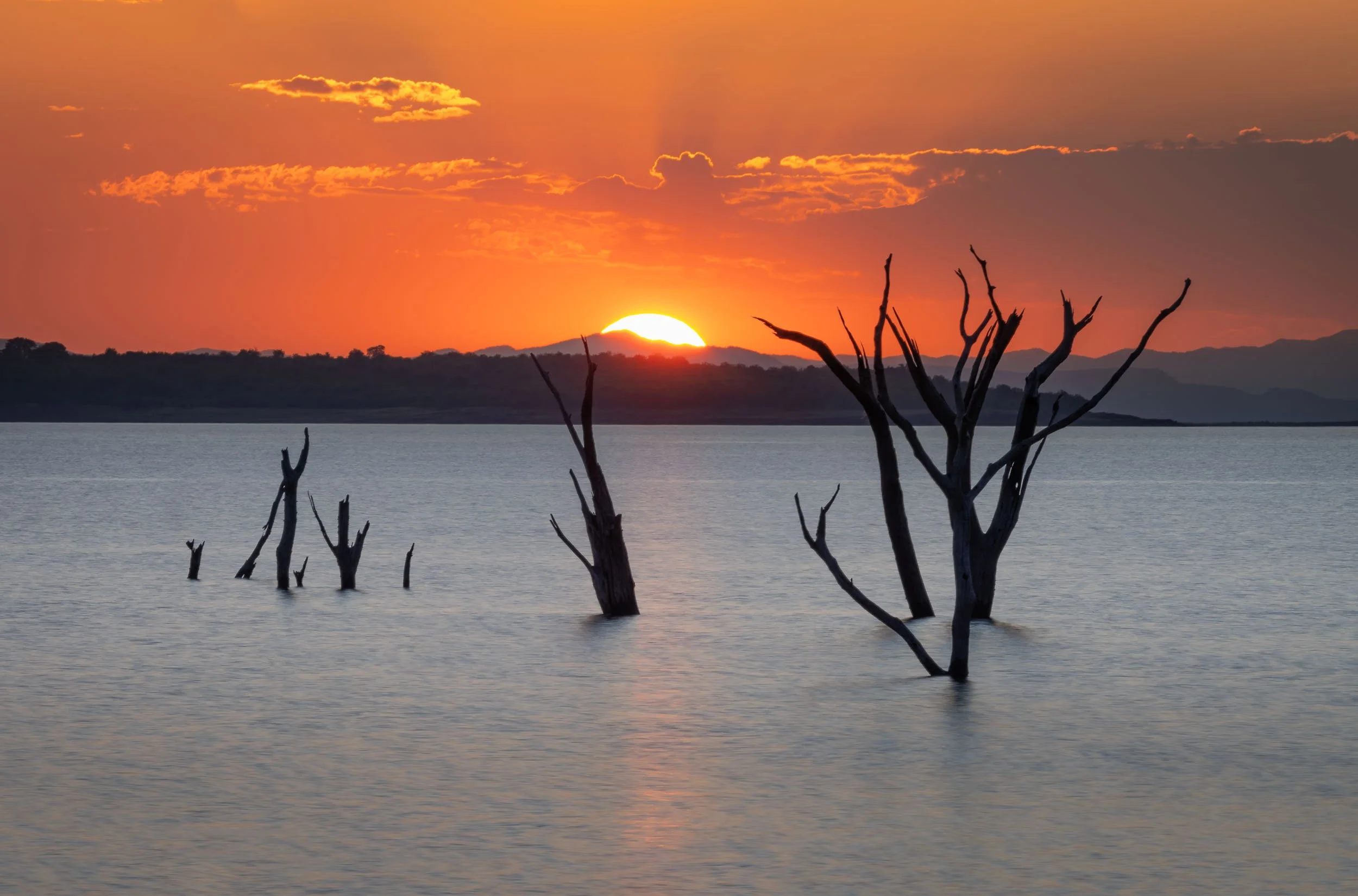
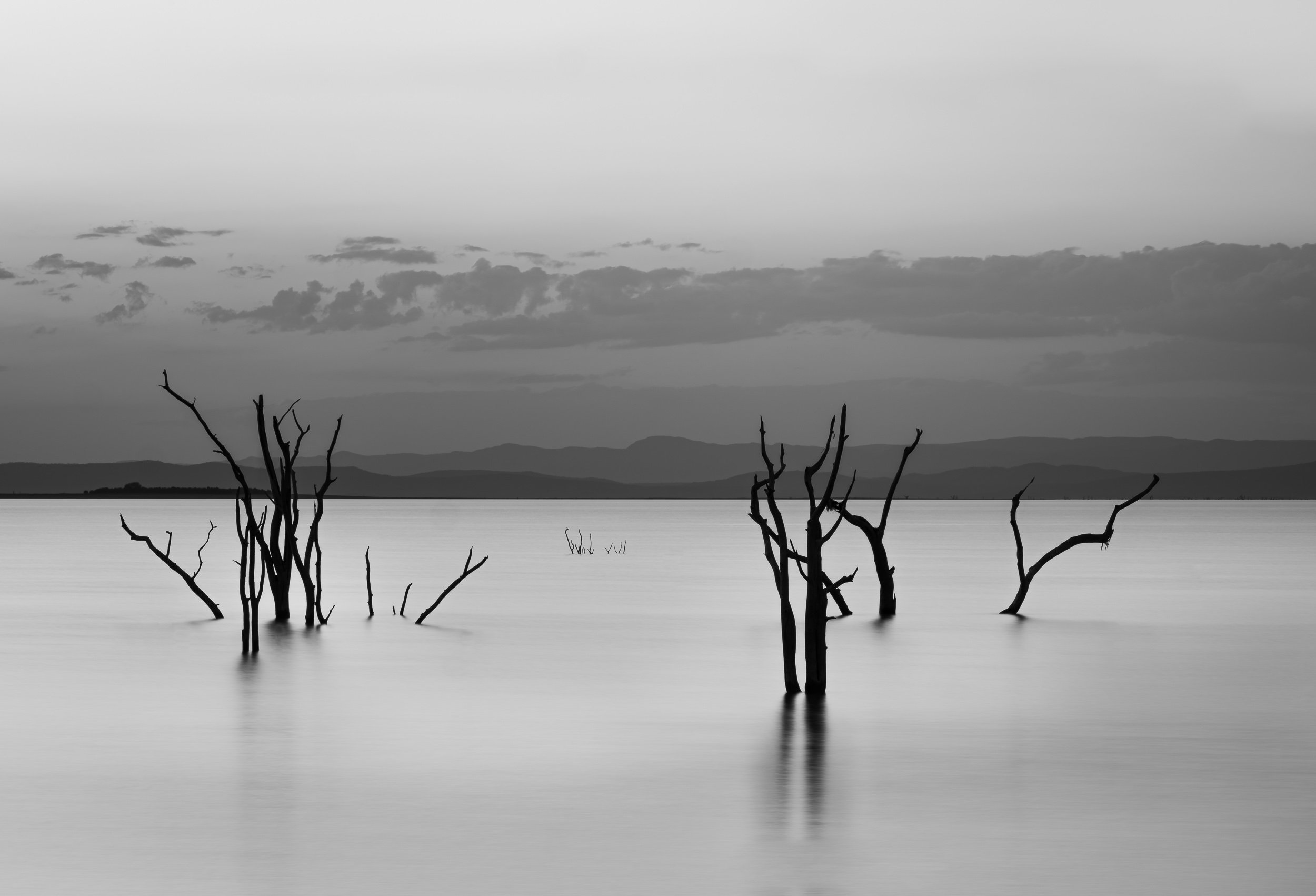
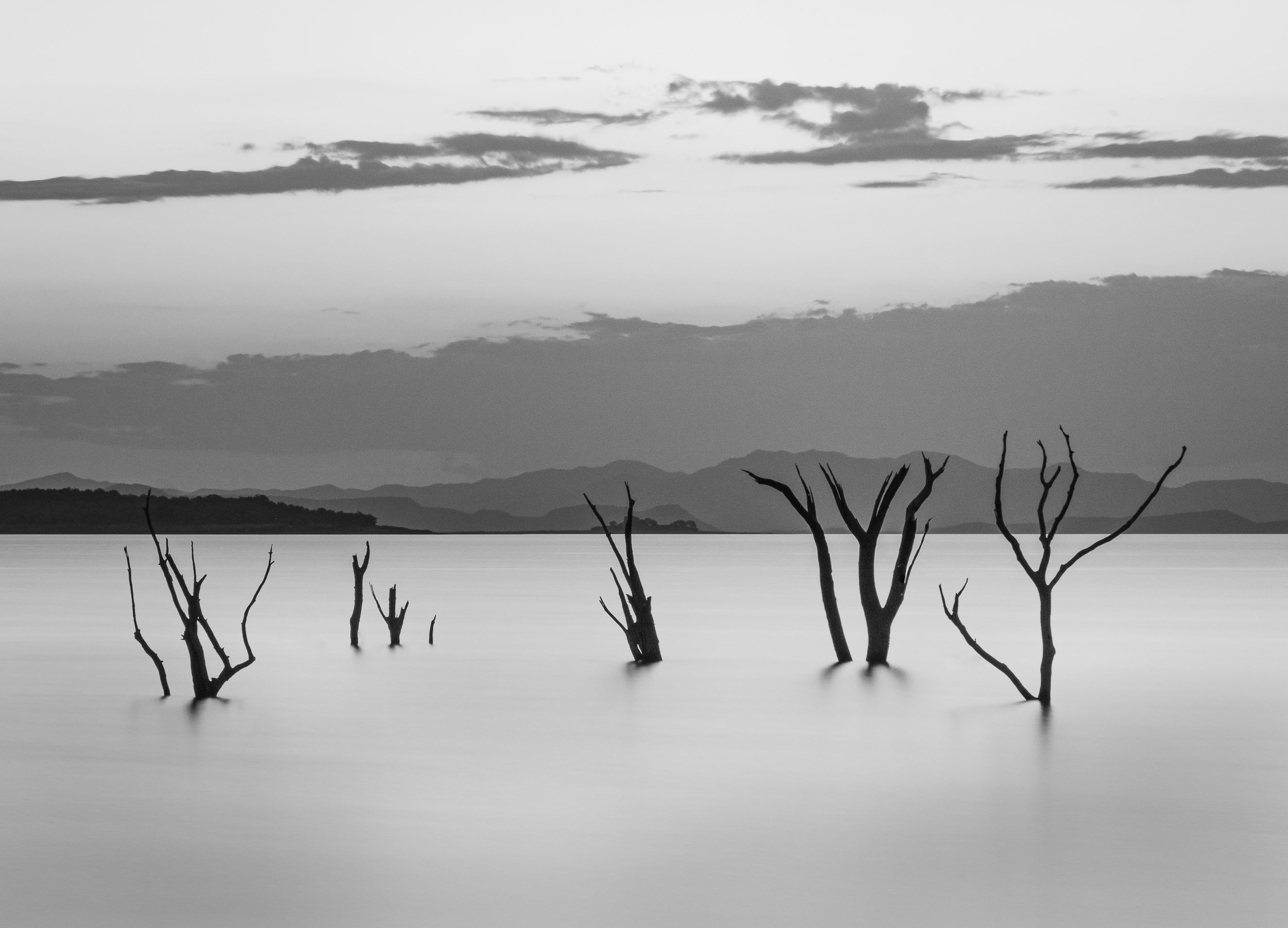
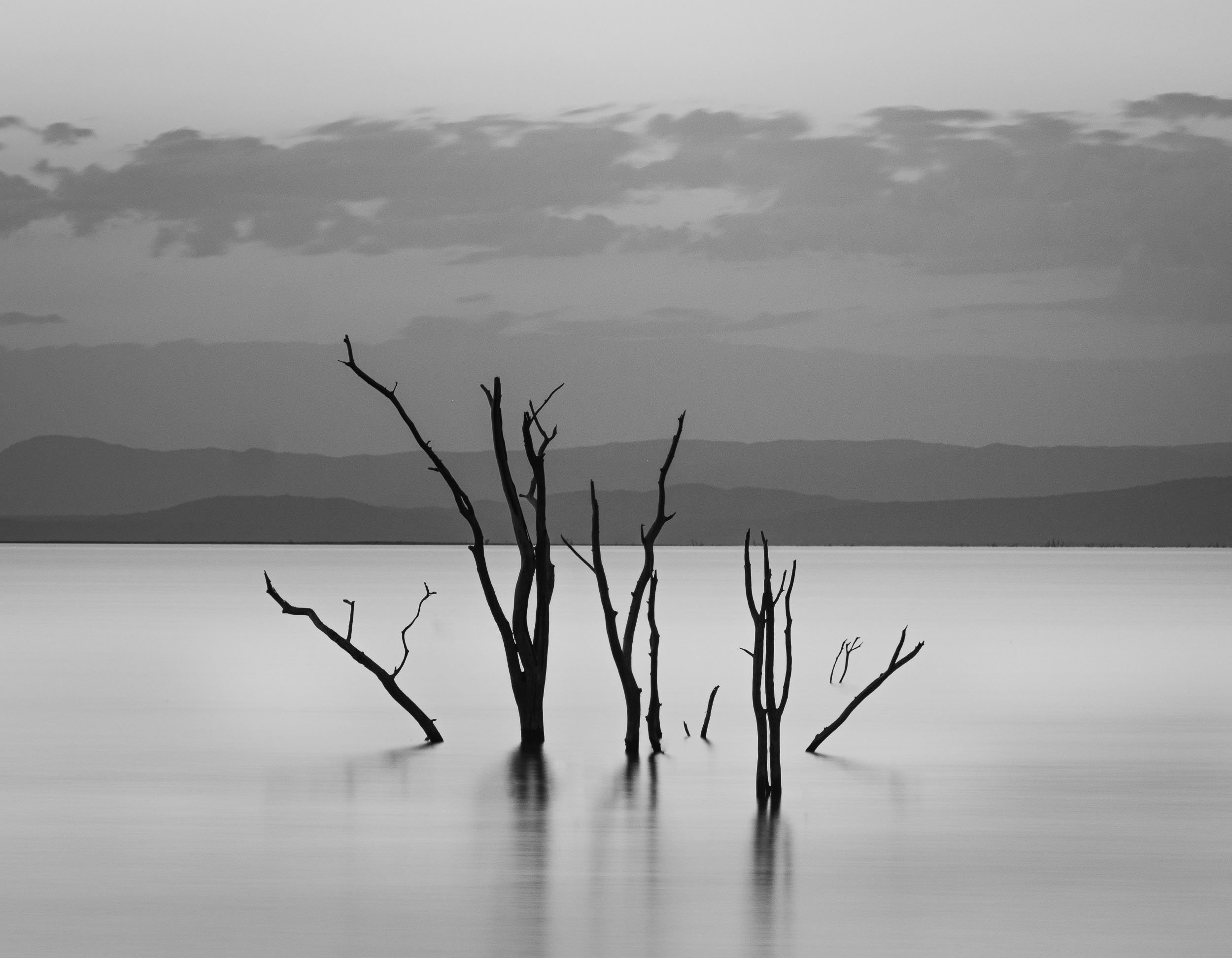
A night at the Falls
Before moving on to Botswana, I had a night at Victoria Falls, my second visit after having explored the Zambian side back in 2011. It is as fascinating now as it was then, and I’m glad to have seen both sides.
That brings us to the end of my trip through Zimbabwe!
Namibia - The Most Amazing Night Sky, But So Much More
Namibia was the first destination for my two-month-seven-country Africa trip, and maybe the one I was most excited about.
Namibia was the first destination for my two-month-seven-country Africa trip, and maybe the one I was most excited about.
This part of the journey was organised by https://www.stefanliebermann.de, Sony Ambassador for Germany as a 12 day workshop in collaboration with Richard Morsbach, a local tour guide.
The trip was focused on astrophotography, as Namibia has some of the best dark skies in the world and the Milky Way was visible all night during new moon. We did however also have the opportunity to take some daylight cityscape, sunrise and sunset, wildlife, and landscape images.
Namibia is incredible and definitely a destination I’d come back to. Read on to find out what you can see in this country, and the photos I captured to document it.
You can also head over to my Instagram (www.instagram.com/djflore) and check my Story Highlights for a bit of background info.
The Quiver Tree Forest
Our first destination after flying into Windhoek was the Quiver Tree Forest, north-east of Keetmanshop, where we arrived just in time for sunset after a 5h drive and lunch break.
Onwards
After a sunset, night, and sunrise at the Quiver Trees, we moved straight on to the next spot., Fish River Canyon for a night, and then into Lüderitz, one of the country’s most famous towns.
The Abandoned Town of Kolmanskoop
About 10km from Lüderitz you can find one of Namibia’s most popular destinations - a ghost village!
Onwards to Sossusvlei
After Lüderitz and the abandoned town, our next destination was the famous dunes of the Namib Naukluft National Park a bit further north of the country.
Swakopmund
To the northern end of the park lies this small city and its attractions.
The Spitzkoppe
or Africa’s Matterhorn, as they call it.
Etosha National Park
Our last destination was in the northern part of the country for some wildlife viewing.
Scroll through the gallery for some of the animals we captured during the 2 days.
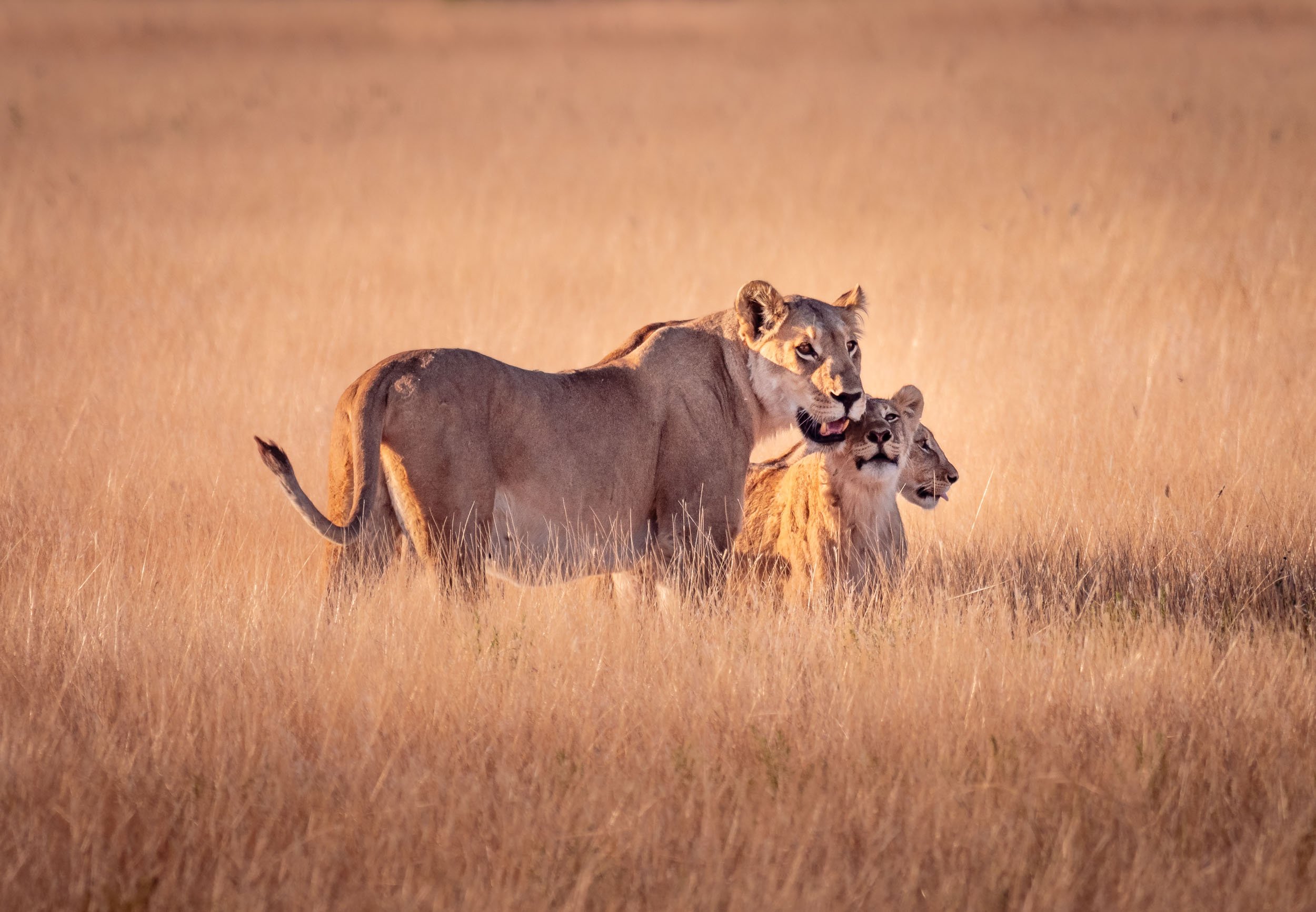
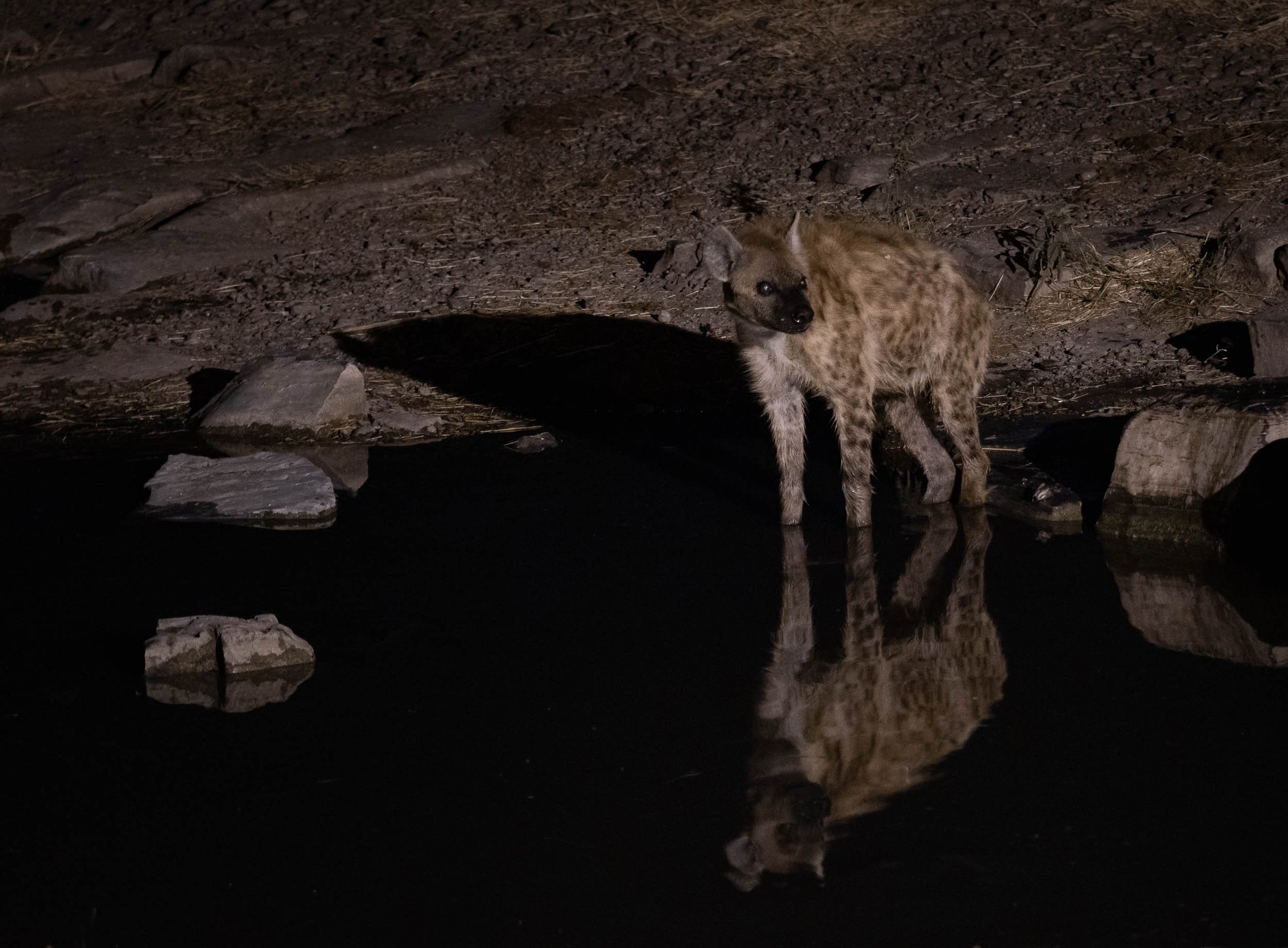

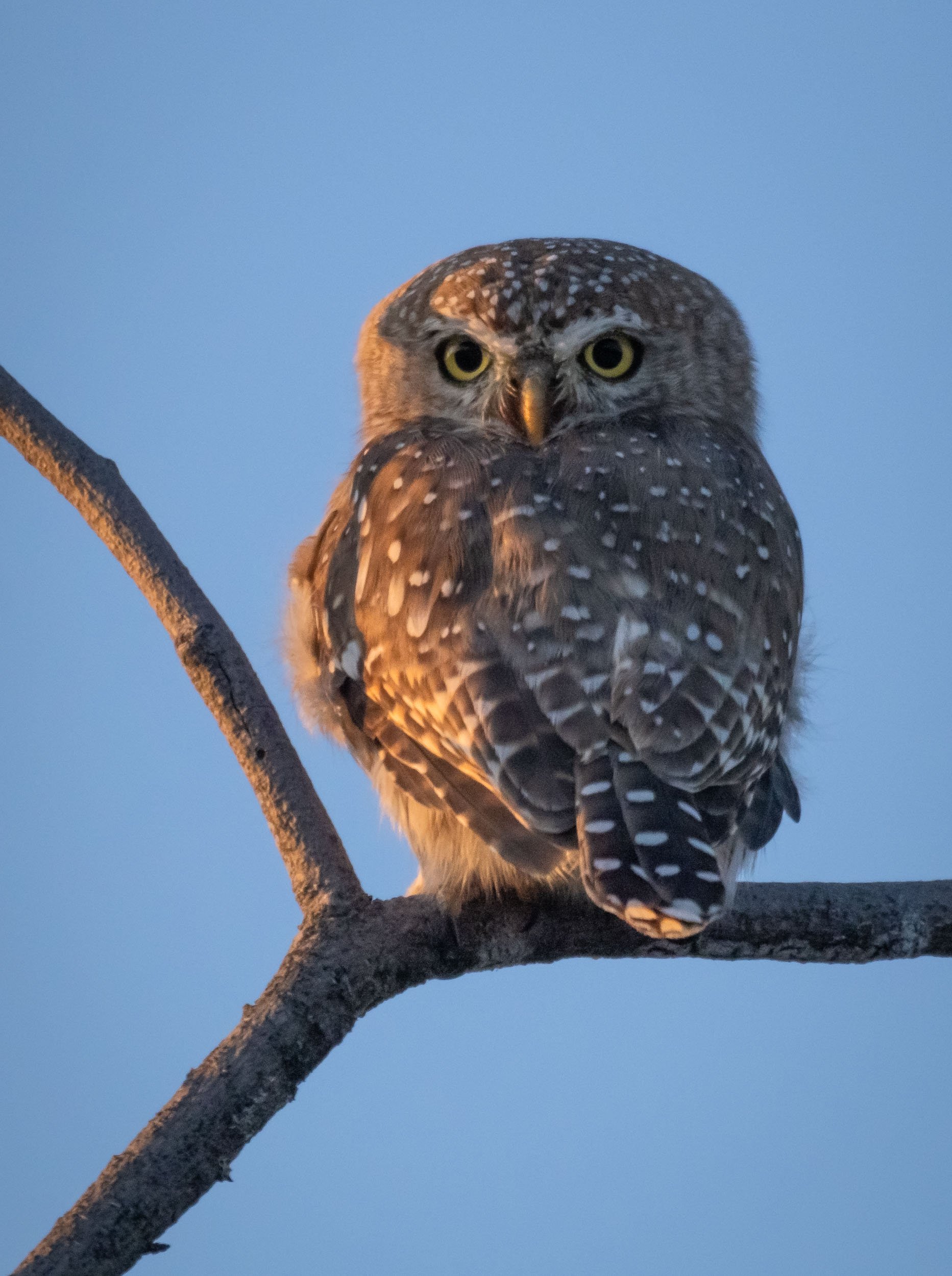
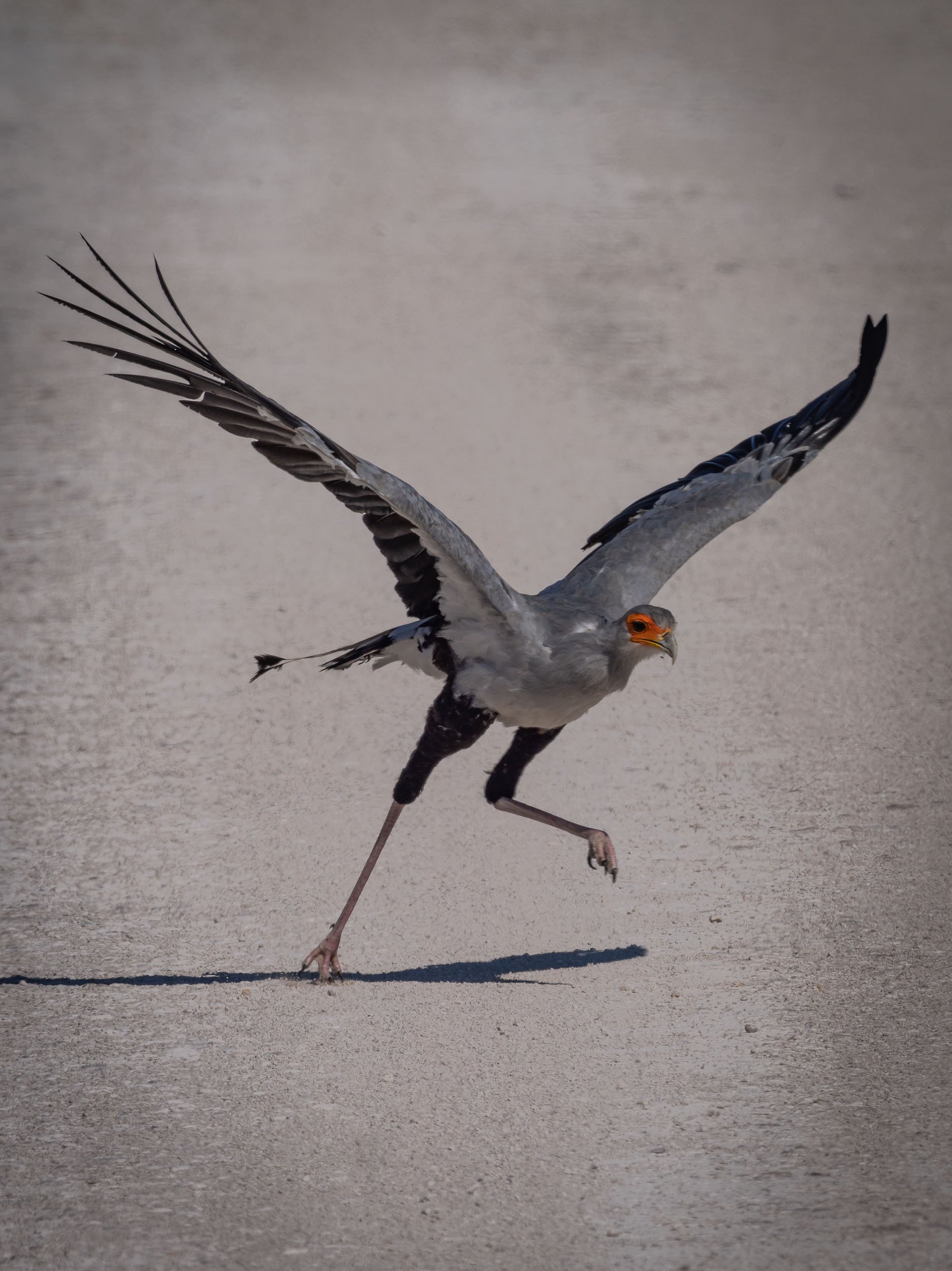

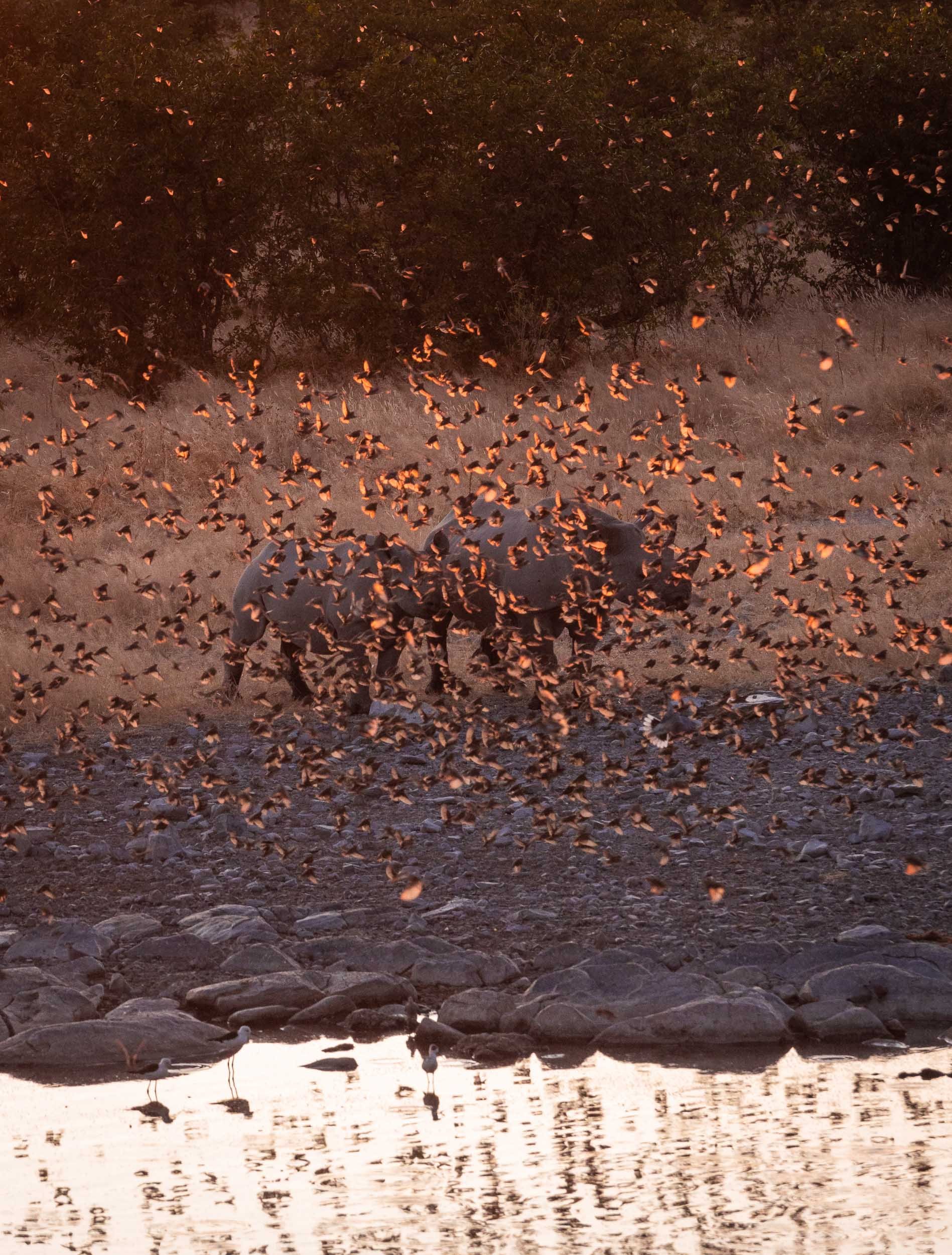

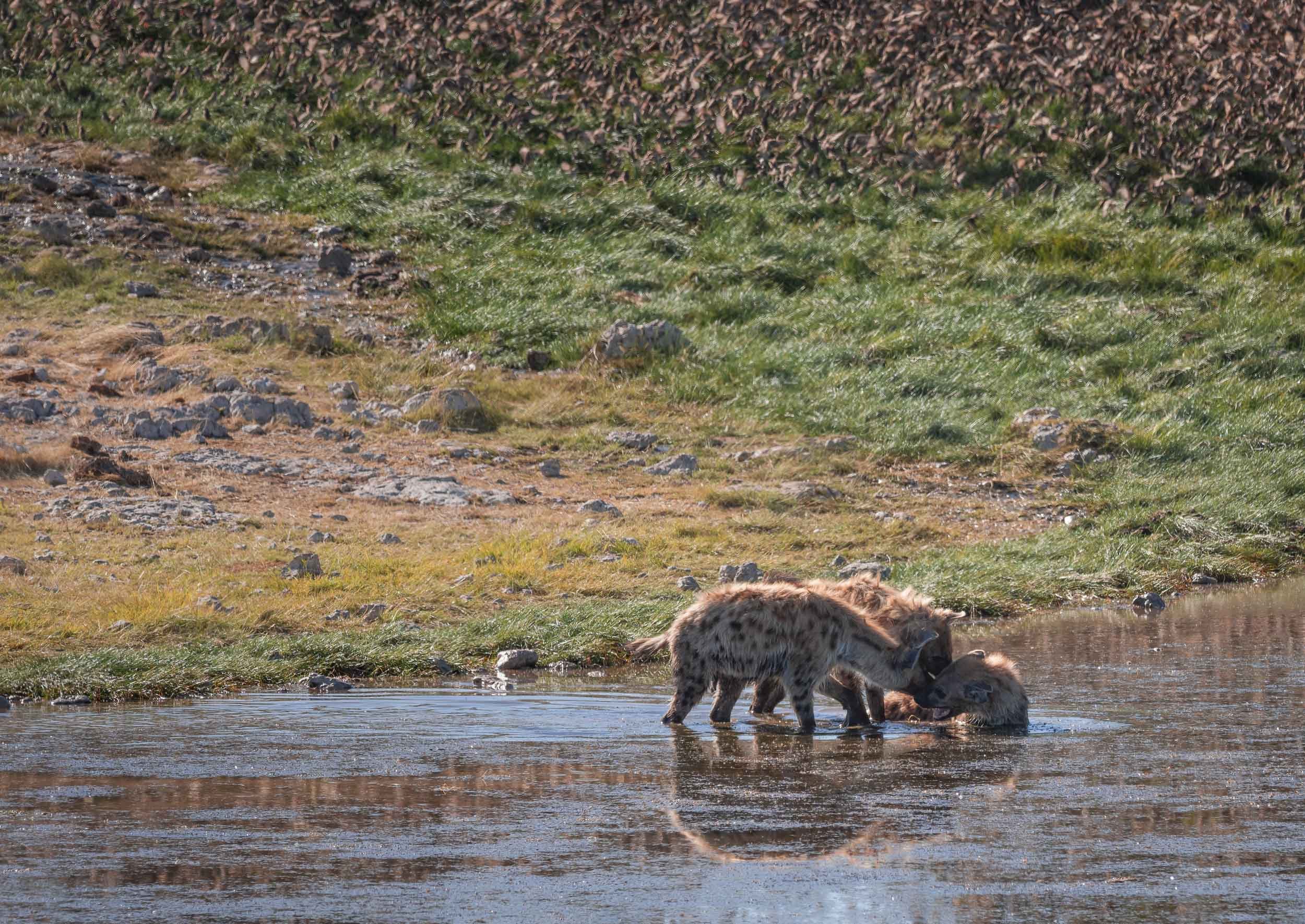
Oman - 7 Days of Authentic Beauty
From Dubai to Muscat and along the coast - an amazing journey of natural beauty, history, architecture, geology and kind people.
In February 2022 I had plans for a trip to India’s Himalayas, with the goal to take photos of the elusive snow leopard. Owing to various Covid restrictions, this idea unfortunately did not materialize, so it was time to look for another destination. One obvious choice was to look no further than a few hundred kilometers towards the Indian Ocean: Oman. Even though I’ve lived in the UAE on / off for 15 years, so far I had only seen the Musandam part of our neighbor country, and had yet to explore its mountain areas, the coastline, and the capital Muscat.
And oh boy did I miss out! The amount of landscapes, history, people, architecture, and activities you can encounter in just a week, all accessible with easy visa regulations (if you’re a GCC resident especially) and within a few hours drive from Dubai, is incredible.
The route took us through the border near Al Ain towards Nizwa, with several stops on the way, before heading up Jebel Akhdar for a couple of nights. From there, onwards to Muscat to explore the city and its surrounding areas, and a day trip southwards along the coast almost until Sur (but not quite) was on the agenda.
Read on to find out about the sights and experiences on the way…
Next up, we had planned to visit the ruins of Salut fort, another important archeological site in the area, but were disappointed to find it is currently closed and under development. Check before you go - and avoid getting a flat tire like we did.
Bahla Fort
Al Hoota Cave
Nizwa
Jebel Akhdar
Onwards to Muscat
The Capital and its Surroundings
Along the Coast
The Last Day in Muscat
Back to Dubai
I really hope you enjoyed this small documentary series of my trip to Oman. I’ve known about the beauty, geology, and history of the Hajar mountains from exploring the UAE, but Oman really took this to another level. It is probably a good thing for these sites that the country hasn’t had the same level of attention as some other more famous destinations in the Middle East, but on the other hand Oman and its people really deserve to be recognized alongside them. Will definitely come back.
Bosnia & Herzegovina - Polarising Diversity
A late summer weekend brought me to Bosnia & Herzegovina, a relatively small and almost landlocked country in south-east Europe.
A late summer weekend brought me to Bosnia & Herzegovina, a relatively small and almost landlocked country in south-east Europe. The trip took us from the capital, Sarajevo, through the mountain ranges along the river Neretva towards Mostar and its surroundings sights and back. The country features impressive diversity in architecture, culture, and people - owing to its troubled past, which is still evident today - which made for a packed three days of sights, many of them well known, and a few unexpected ones.
The Bavarian Alps - Blue Skies and Fluffy Clouds
Over the last year I took the chance to photograph a few of the highest peaks of the Alps around my hometown in Bavaria, Germany.
Over the last year I took the chance to photograph a few of the highest (and most accessible - yes I was lazy and mostly used railways and chairlifts to get to the top) peaks around my hometown in Bavaria, Germany. Below is a collection of images from the trips.
Wendelstein
This is one of the highest peaks in the Bavarian Alps, at over 1800m. It features a railway originally built in 1912 on one side, and a cable car on the other, and the top is home to a church, a weather station and an observatory.
Kampenwand
At almost 1700m and an impressive rock formation to top it off, this is a very impressive peak of the Bavarian alps. It features a 12m cross on its peak. A cable car from 1957 takes you close to the top, but the final peak is a steep hike.
Hochries
At just short of 1600m, this is the smallest of the three peaks I’ve visited. It takes a short chairlift and a cable car to reach the top, which offers beautiful views over the valley below. This area is very popular with paragliders.
Luxembourg - Small but Special
In June 2021 I took the opportunity of borders reopening as the Coronavirus situation improved to visit Luxembourg, one of the last countries in Western Europe that I have not yet had the chance to explore
In June 2021 I took the opportunity of borders reopening as the Coronavirus situation improved to visit Luxembourg, one of the last countries in Western Europe that I have not yet had the chance to explore. With less than 1 million people and an area of less than 3000 sq km, it is one of the smallest countries in the world, but at the same time has one of the highest GDP per capita.
Luxembourg features a rich history with many amazing castles dotted around the landscape, and a diverse and multicultural history and presence. Take a look at the photos below to get a glimpse of what I was able to see in 48 hours.
Slovenian Beauty - Lake Bled & Ljubljana
A two day trip to Slovenia brought us to the picturesque Lake Bled with its famous church island, and the beautiful capital Ljubljana.
While travel restrictions with health and safety requirements are still omnipresent, trips within certain countries in Europe are manageable with the right precautions. A two day trip to Slovenia brought us to the picturesque Lake Bled with its famous church island, and the beautiful capital Ljubljana.



